3D Render No.1
3D rendering is the process of creating a three-dimensional image from a three-dimensional model. This can be done using a variety of software programs, but the end result is always a still image or animation. 3D rendering is used in a variety of fields, including architecture, interior design, product design, and video game development. 3D rendering is a powerful tool that can help you create stunning images and animations. If you're looking to create something truly unique, 3D rendering is the way to go.
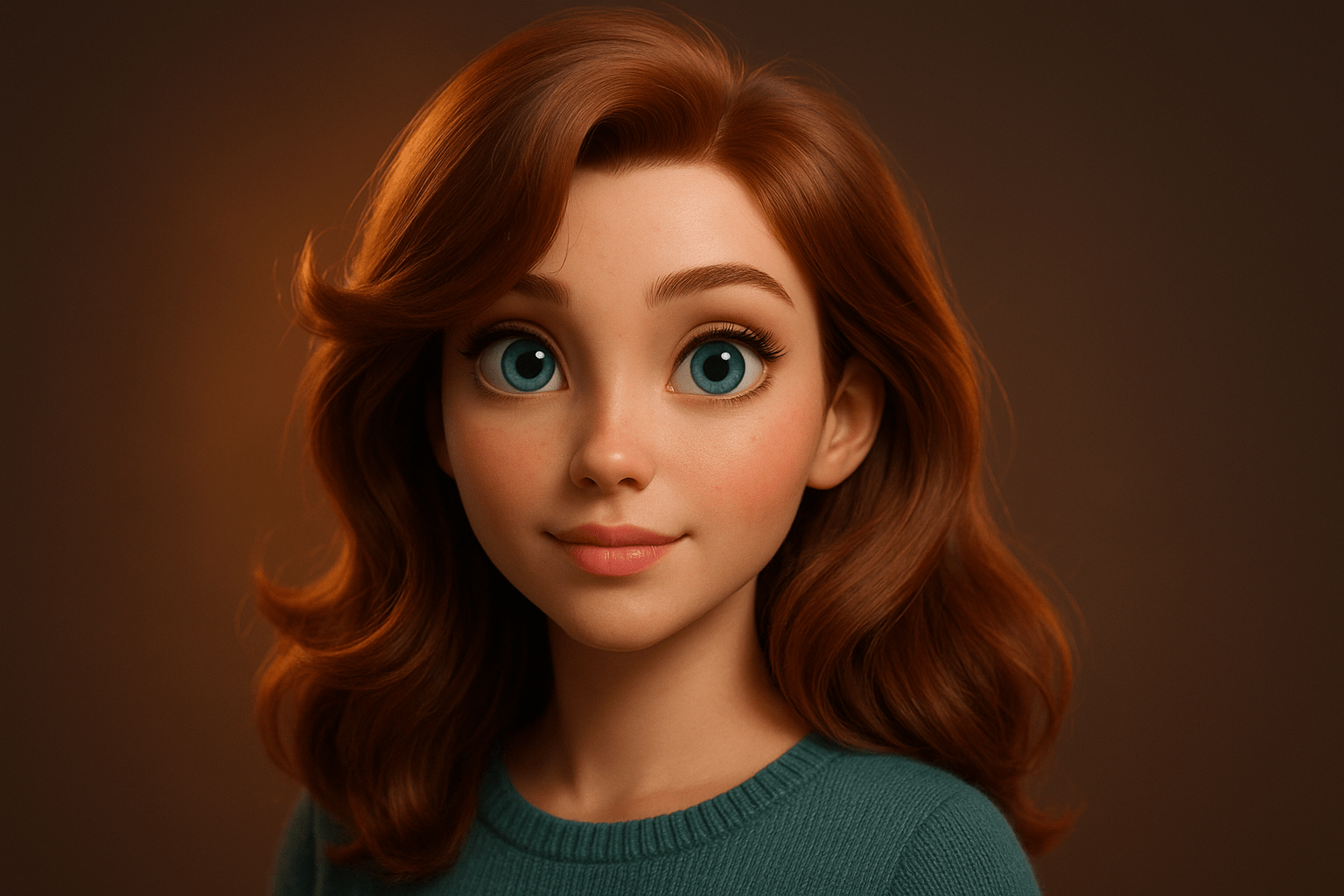
The art style 3d render is a three-dimensional image that looks like it was created by an artist. It has a realistic look and feel, and is often used for illustrations or for creating three-dimensional models.
Thinking in the box: Impressionism, Modernism
Might also call it: 3d model, 3d image, 3d graphic
A Futuristic Neon Lit Painting No.2
A Futuristic neon lit painting is a type of painting that uses bright colors and light to create a futuristic look. This type of painting is often used to depict scenes from the future or to create a feeling of otherworldly beauty.
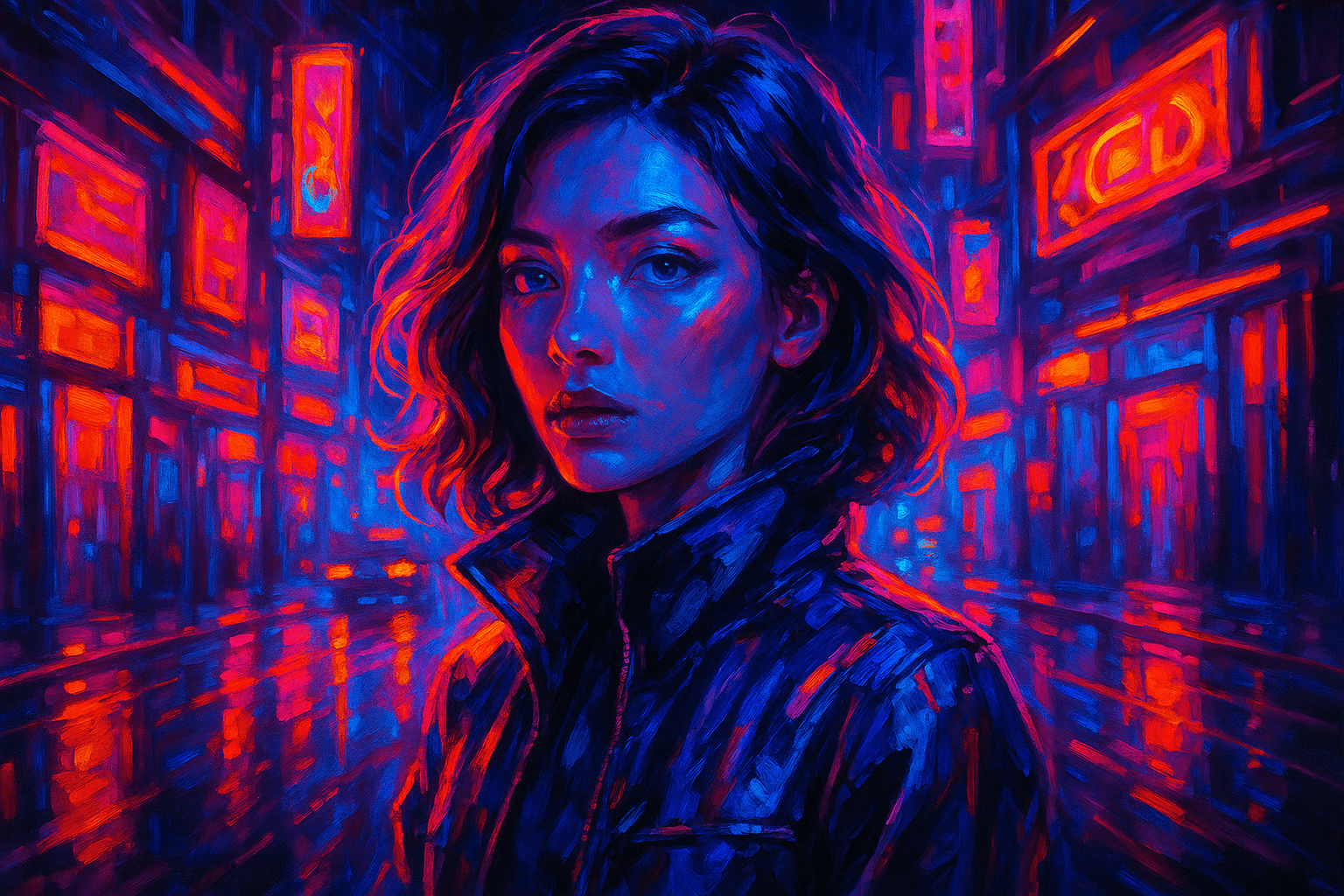
The art style is a painting with bright neon colors. The painting is set in a futuristic cityscape with tall buildings and flying cars.
Thinking in the box: Impressionism, Modernism
Might also call it: A painting that is brightly lit with neon lights, typically in a futuristic or science fiction setting.
A Star Trek Movie No.3
A Star Trek movie is a science fiction movie that is set in the future. The art style is very futuristic and has a lot of advanced technology. The movie is about the crew of a starship who explore the universe and encounter different alien races.

The art style of a Star Trek movie is typically very futuristic, with sleek lines and bright colors. The overall look is very clean and polished.
Thinking in the box: Impressionism, Modernism
Might also call it: A Star Trek Movie could be called a Star Trek Film, a Star Trek Picture, or a Star Trek Production.
A Star Wars Movie No.4
The art style of a Star Wars movie is very professional and brief. It is a style that is inspired by the original trilogy and the prequel trilogy. The art style is a mix of both traditional and digital techniques.
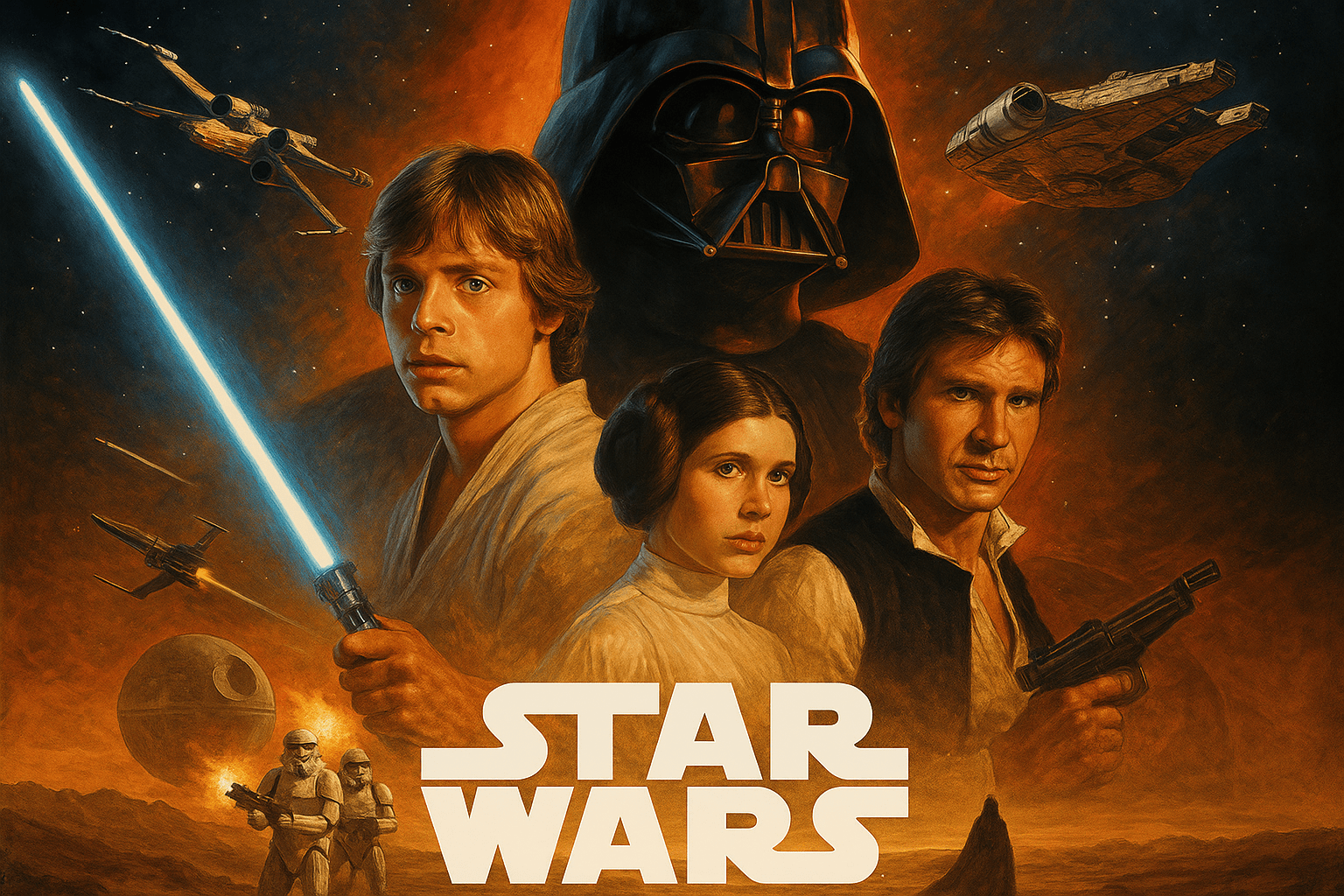
The art style of a Star Wars movie is very futuristic and has a lot of bright colors. The characters are often seen wearing bright clothing and there are often a lot of lights and effects in the background.
Thinking in the box: Impressionism, Modernism
Might also call it: A Star Wars film
Aaahh!!! Real Monsters No.5
Aaahh!!! Real Monsters is an American animated television series created by Klasky Csupo for Nickelodeon. The show focuses on three young monstersÃÂÃÂÃÂÃÂÃÂÃÂÃÂÃÂIckis, Oblina, and KrummÃÂÃÂÃÂÃÂÃÂÃÂÃÂÃÂwho attend a school for monsters under a city dump and learn to scare humans. The show's visual style is based on 1950s monster movies, and its humor is derived from the monsters' attempts to assimilate to human society and the awkwardness that ensues.

The art style of Aaahh!!! Real Monsters is very colorful and cartoony. The monsters are designed to look scary, but also have a sense of humor.
Thinking in the box: Impressionism, Modernism
Might also call it: Aaahh!!! Real Monsters may be referred to as: -Aaahh!!! Real Monsters -Aaahh!!! Real Monsters (TV show) -Aaahh!!! Real Monsters (cartoon)
Aboriginal Art No.6
Aboriginal art is a style of art that is unique to the Aboriginal people of Australia. This art is characterized by its use of bright colors, geometric shapes, and patterns. Aboriginal art is often used to tell stories or to depict the natural world.
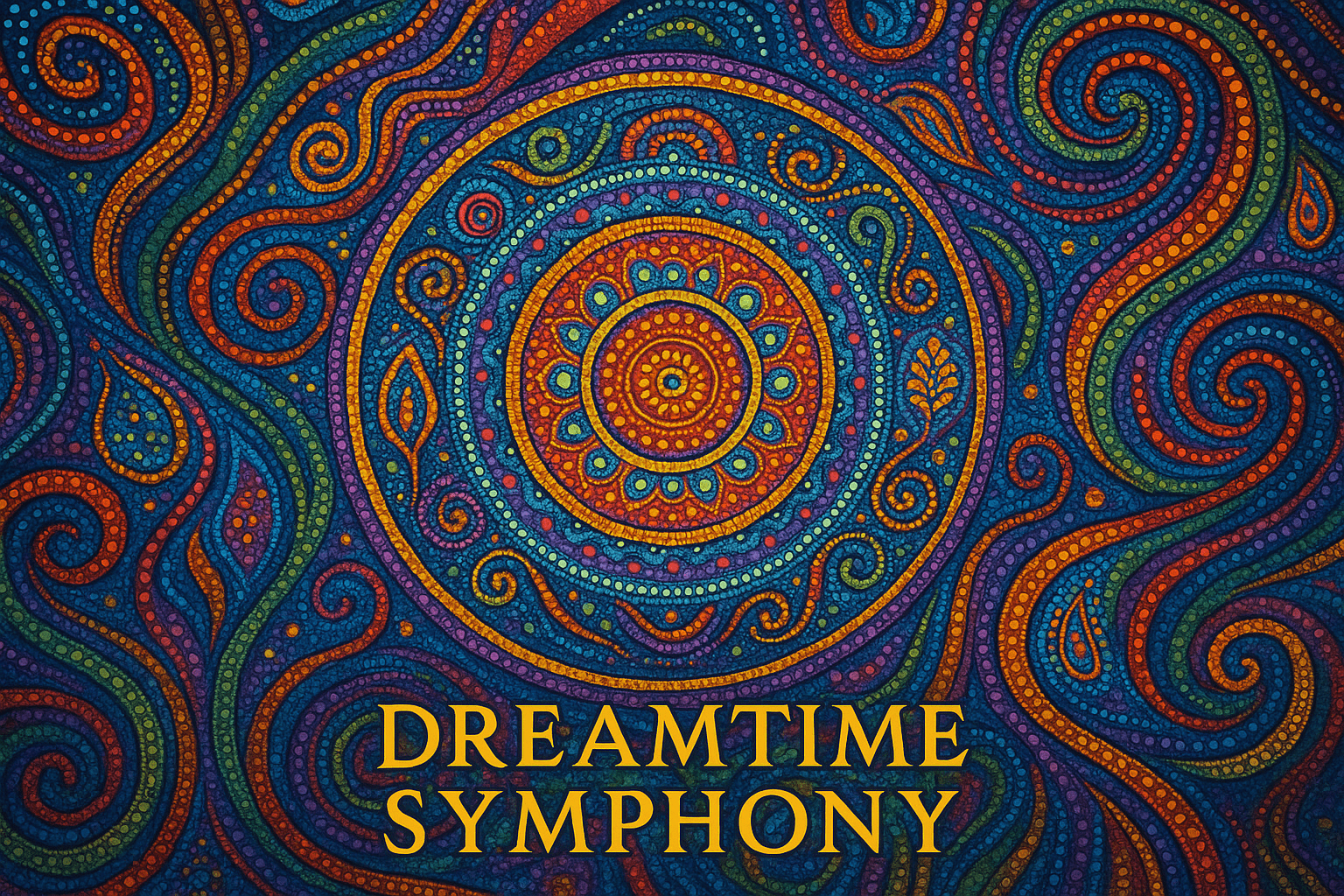
Aboriginal art is characterized by its use of bright colors and bold patterns. The art often depicts scenes from nature, such as animals or plants. Aboriginal artists often use symbols to represent different concepts or ideas.
Thinking in the box: Impressionism, Modernism
Might also call it: Indigenous Art, Native Art
Abstract Expressionism No.7
Abstract Expressionism is a post-World War II art movement in American painting, developed in New York City in the 1940s. It was the first specifically American movement to achieve international influence and put New York City at the center of the art world, a role formerly occupied by Paris. Although the term "abstract expressionism" was first applied to American art in 1946 by the art critic Robert Coates, it had been first used in Germany in 1919 in the magazine Der Sturm, regarding German Expressionism.
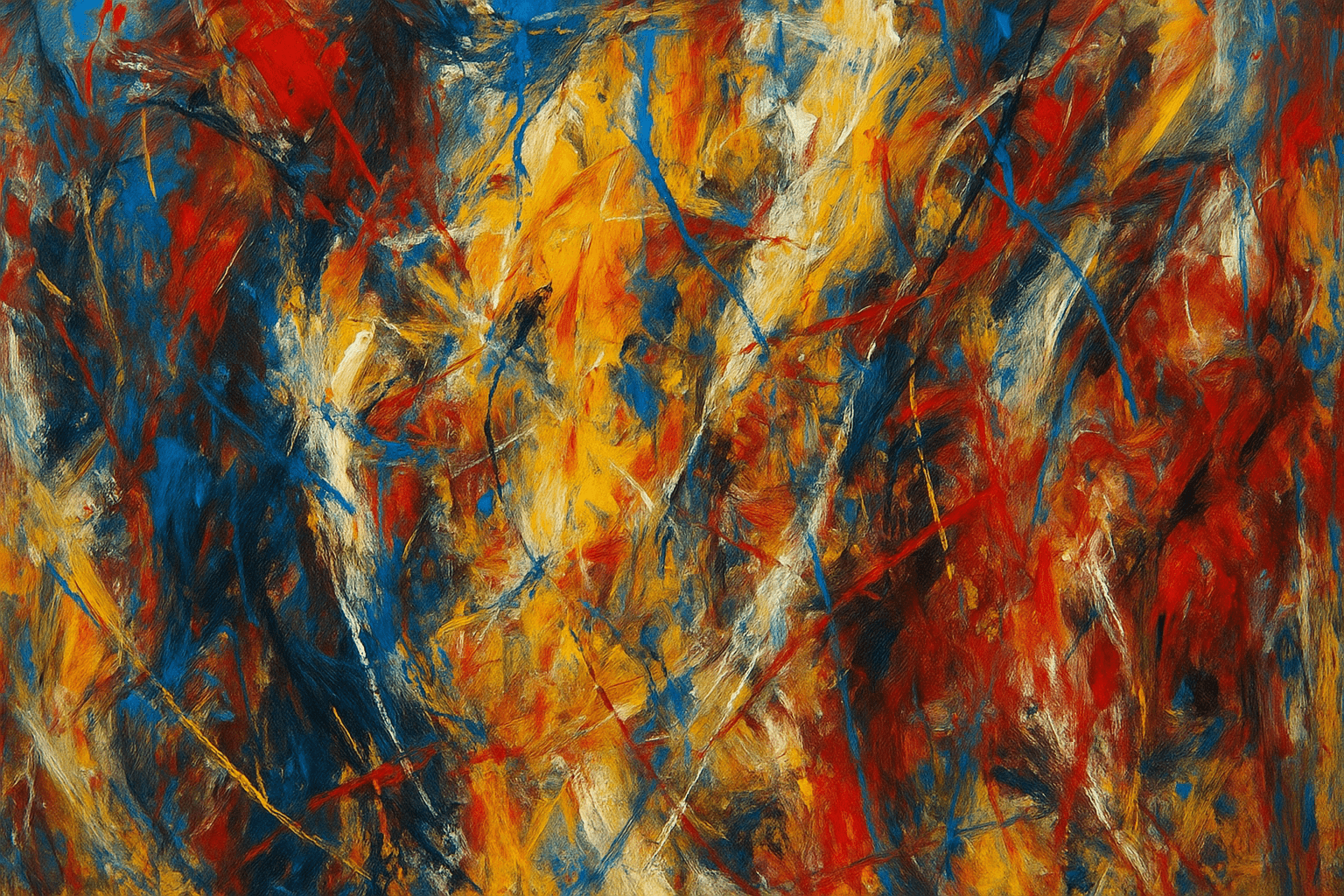
The art style Abstract Expressionism is characterized by its use of large, flat areas of color and its simplified forms. The style is often associated with the work of the American artist Jackson Pollock, who is known for his "drip" paintings.
Thinking in the box: Impressionism, Modernism
Might also call it: Non-representational art, Action painting, Gestural abstraction, Color Field painting, Lyrical Abstraction, Abstract Impressionism, Neo-Expressionism
Abstract Pencil and Water Color Art No.8
Abstract pencil and water color art is a type of art that uses pencils and water colors to create abstract images. This type of art is often used to create images that are not easily replicated with other mediums.
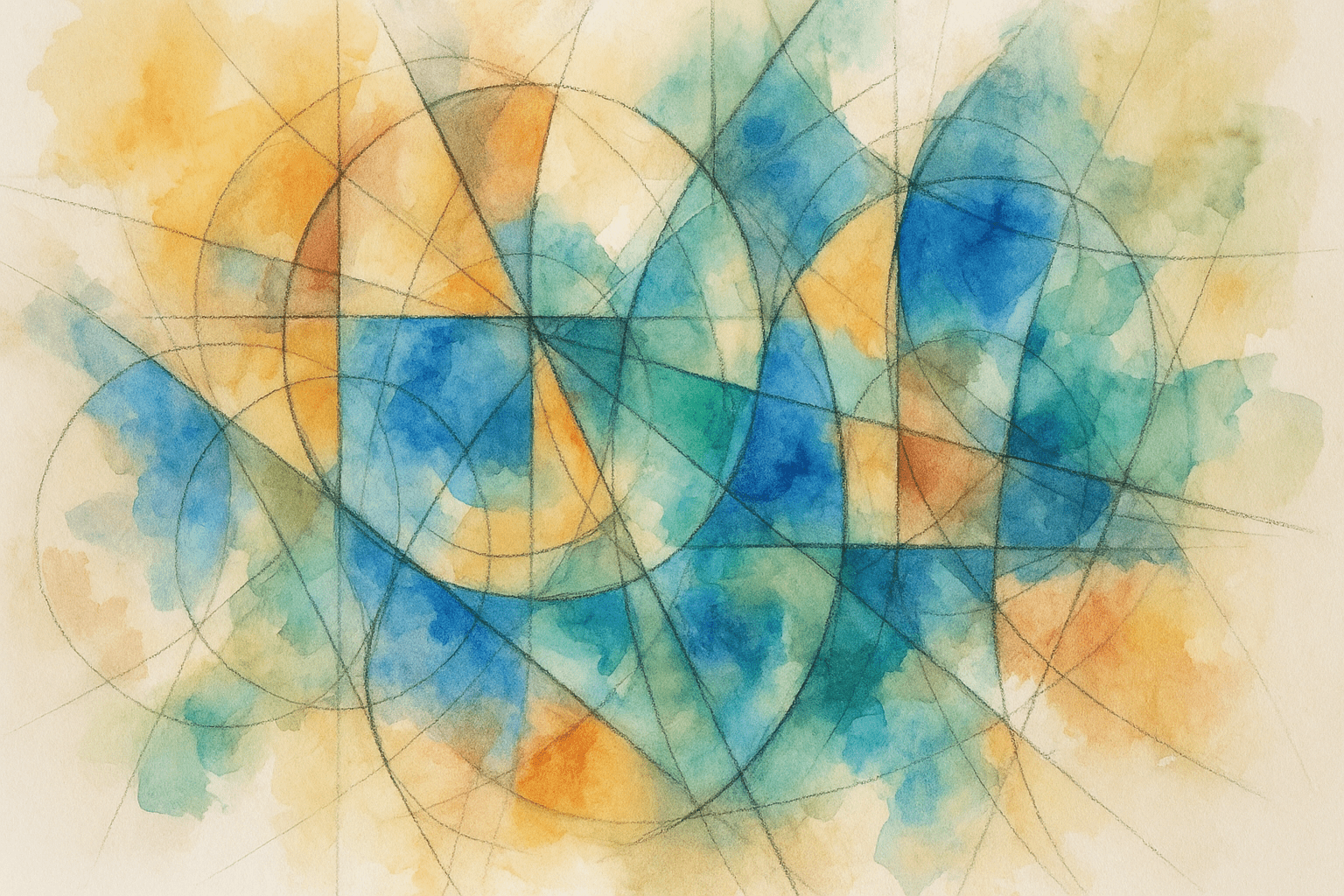
The art style Abstract Pencil and Water Color Art is characterized by its use of bright colors and bold lines. The artwork is often playful and whimsical, with a focus on geometric shapes and patterns.
Thinking in the box: Impressionism, Modernism
Might also call it: Art made with pencil and watercolor.
Abstract Art No.9
Abstract art is a type of art in which an artist uses a variety of means to create a work that is not representational or realistic, but rather is based on the artist's own internal vision.
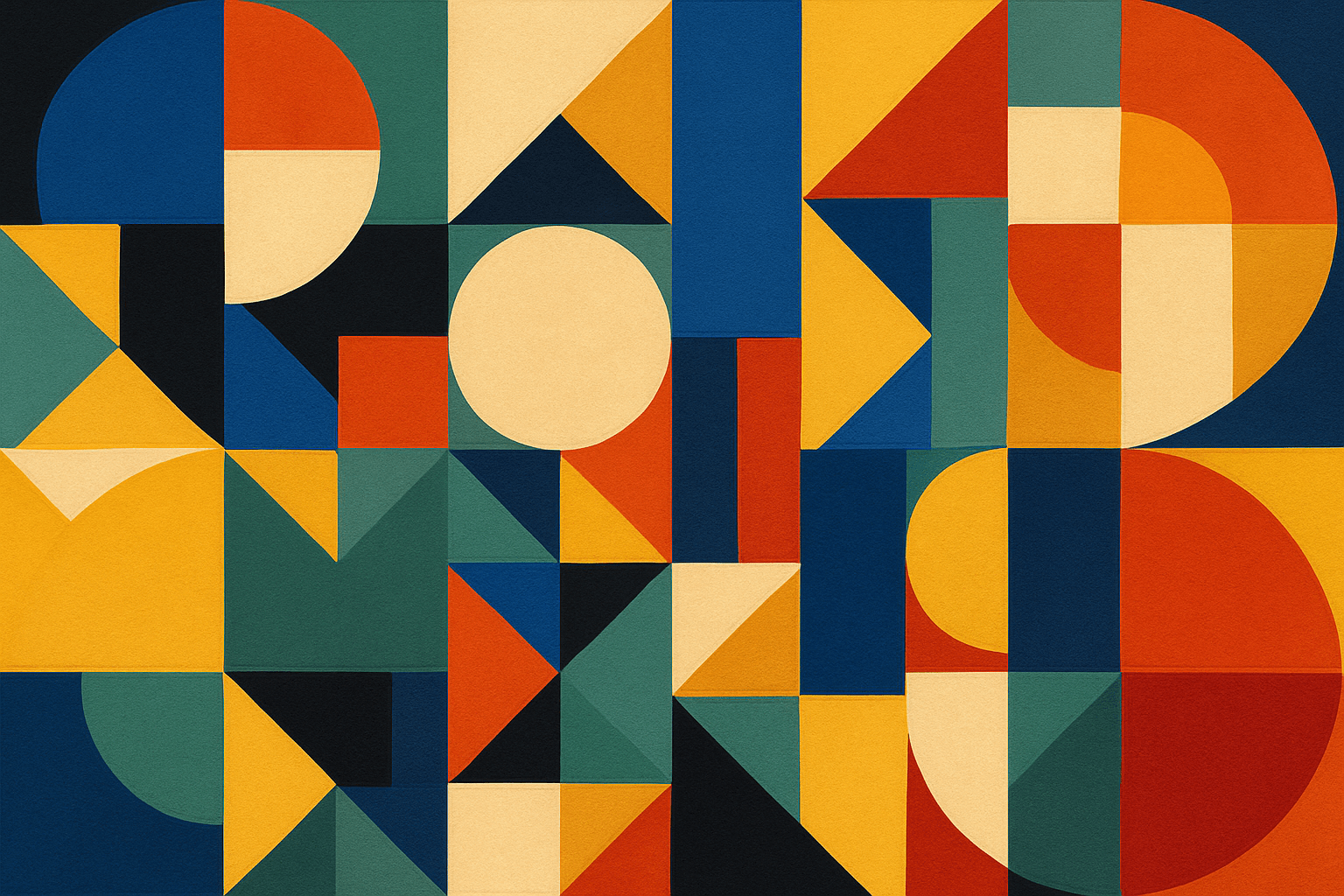
Abstract art is a visual art style that is characterized by its lack of clear representation of physical objects. Abstract art often uses colors, shapes, and patterns to create a visual effect.
Thinking in the box: Impressionism, Modernism
Might also call it: Non-representational art, non-objective art, non-figurative art, non-illusionistic art
Abstracted No.10
Abstracted art is a style that emphasizes the simplification and alteration of forms, often distilling subjects to their essential shapes, colors, and lines. This approach moves away from realistic representation, focusing instead on conveying emotions, ideas, or concepts through abstraction. Artists working in this style often manipulate elements such as color, form, and composition to create works that evoke a sense of movement, rhythm, or harmony. Abstracted art can be seen as a bridge between representational art and pure abstraction, allowing for a degree of recognizable imagery while still prioritizing the expressive potential of abstract elements. This style has been influential in various art movements, including Cubism, Futurism, and Abstract Expressionism, and continues to inspire contemporary artists seeking to explore the boundaries of visual representation.
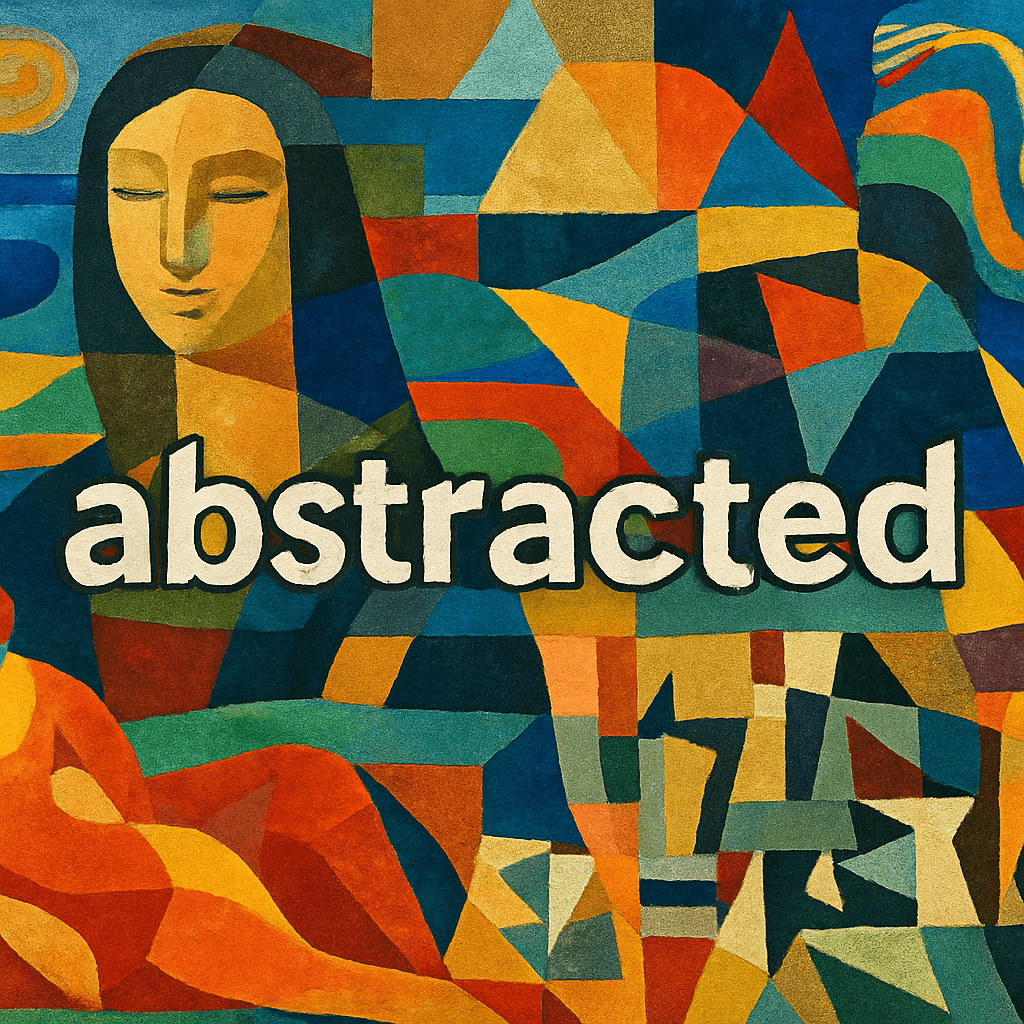
The art style known as Abstracted is characterized by its departure from realistic representation, focusing instead on the use of shapes, colors, and forms to convey meaning or evoke emotions. In this style, recognizable objects and figures are often simplified, distorted, or completely unrecognizable, allowing the viewer to interpret the artwork in a personal and subjective manner. The compositions may feature bold, vibrant colors or subtle, muted tones, depending on the artist's intent. Lines and shapes can be geometric or organic, creating a sense of movement or stillness. The overall effect is often one of spontaneity and freedom, encouraging viewers to engage with the artwork on an intuitive level. Abstracted art can range from minimalistic to highly complex, with layers of texture and depth that invite closer inspection.
Thinking in the box: Impressionism, Modernism
Might also call it: Preoccupied, Distracted, Absentminded, Engrossed
Abstract Illusionism No.11
Abstract illusionism is a type of painting in which the artist uses geometric shapes and colors to create the illusion of a three-dimensional space. The artist may also use optical illusions and other techniques to create the illusion of movement or depth.

The art style Abstract illusionism is characterized by its use of geometric shapes and colors to create the illusion of three-dimensional space. The shapes and colors are often arranged in a way that makes it difficult to tell where one object ends and another begins. This can create a feeling of disorientation or confusion in the viewer.
Thinking in the box: Impressionism, Modernism
Might also call it: Abstract art, non-representational art, non-objective art, non-figurative art
Abstractionism No.12
Abstractionism is a type of art that is based on making the subject matter more abstract. This can be done by using geometric shapes, colors, and patterns that are not realistic. This type of art is often seen as being more about the artist's interpretation of the subject matter, rather than trying to create a realistic image.
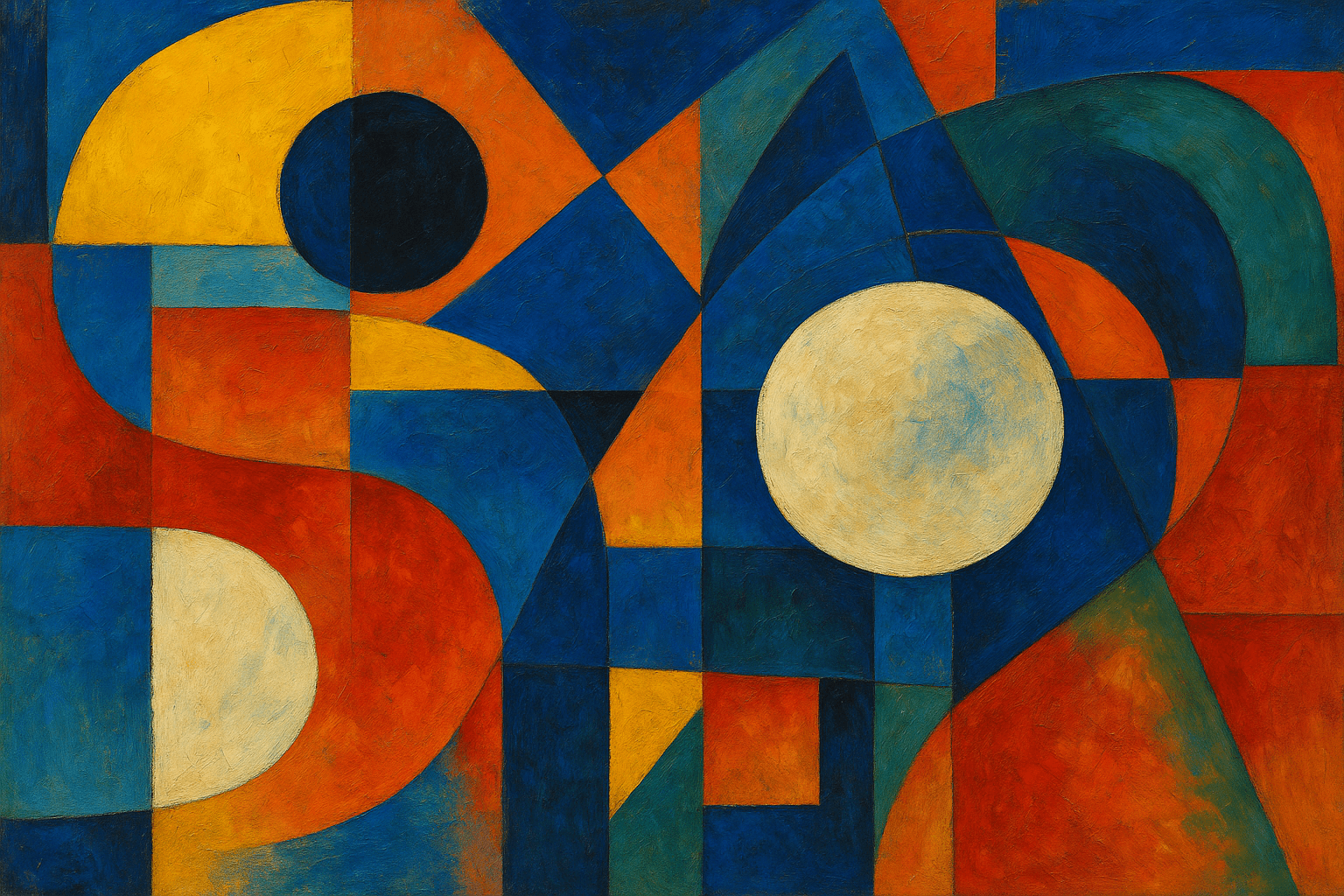
The art style of Abstractionism is characterized by its use of geometric shapes and non-representational forms. The colors used in this style are often very bold and bright, and the overall look is often very chaotic and busy.
Thinking in the box: Impressionism, Modernism
Might also call it: Non-representationalism, non-figurative art, abstract art.
Academic Art No.13
The Academic Art style is characterized by its realistic and detailed depiction of subject matter. This style emerged in the late 19th century in France and quickly spread throughout Europe and America. Academic artists often used classical themes and idealized forms, which were meant to convey a sense of beauty and grandeur. This style is often associated with the Renaissance and Neoclassical periods.
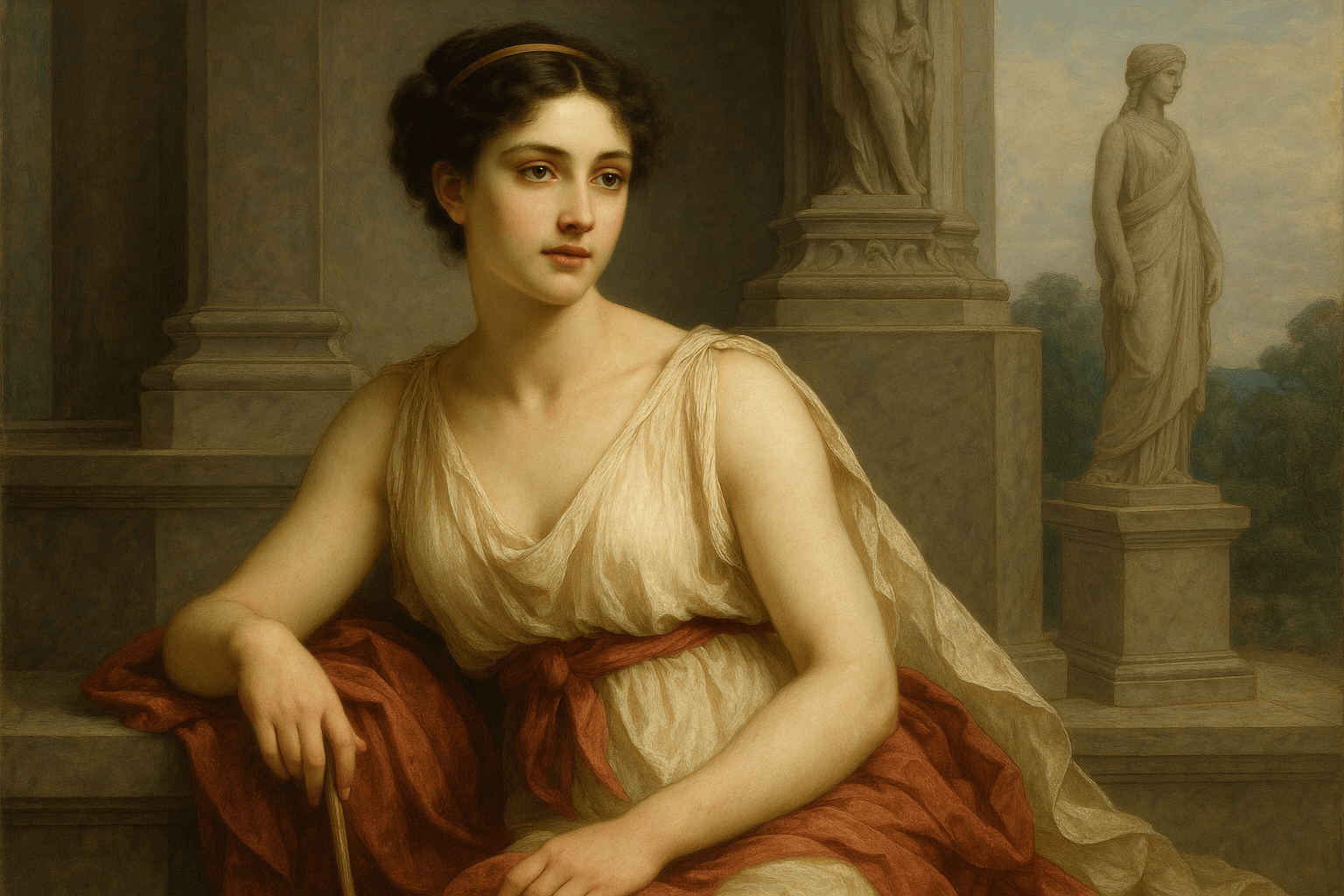
The Academic Art style is characterized by its realistic and detailed depiction of subject matter. This style is often associated with the Renaissance period, when artists began to focus on realism and detail in their work. The Academic Art style is characterized by its use of perspective and light/shadow to create a realistic effect. This style often uses a limited palette of colors to create a more realistic effect.
Thinking in the box: Impressionism, Modernism
Might also call it: Art produced by academic artists, or in an academic manner.
Academicism No.14
The Academicism art style is characterized by its realistic and detailed depiction of subject matter. This style emerged in the late 19th century in reaction to the earlier Romantic and Impressionist styles. Academic artists sought to create a more refined and polished art form that would be taken seriously by the art establishment. This style is often associated with the French Academy of Fine Arts.
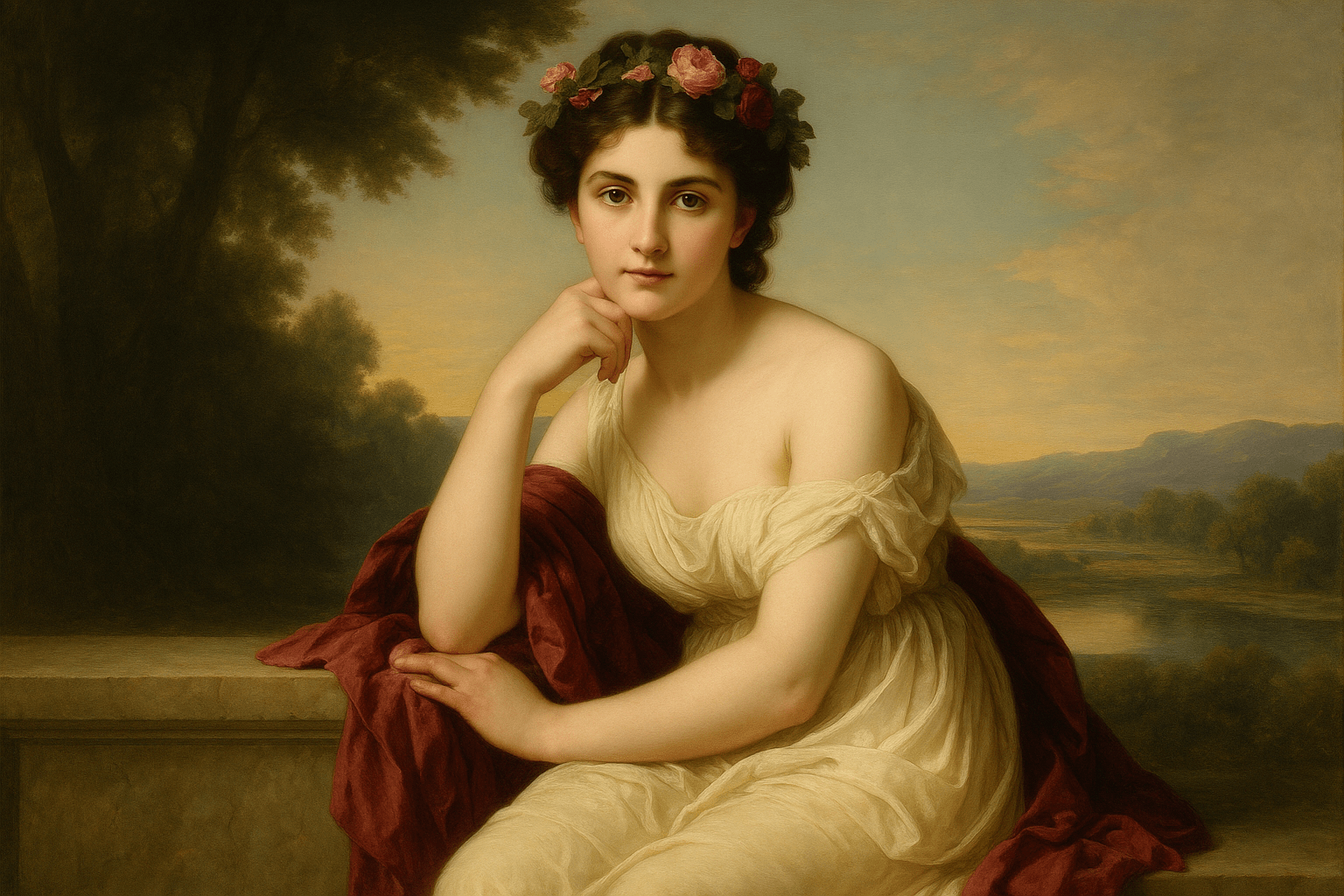
The art style of Academicism is characterized by its realistic and detailed depiction of subject matter. This style is often associated with the traditional arts, such as painting and sculpture.
Thinking in the box: Impressionism, Modernism
Might also call it: Pedantry, pomposity, pretentiousness, stuffiness
Acceleration No.15
The art style known as Accelerationism is all about creating art that is fast-paced and energetic. This style is often used in video games and other media that require quick reflexes and reaction times. The goal of this style is to create an immersive and exciting experience for the viewer or player.

The art style of Acceleration is very colorful and busy. There are a lot of different elements going on in each scene, and the overall effect is very energetic and exciting. The characters are all very expressive and the action is fast-paced.
Thinking in the box: Impressionism, Modernism
Might also call it: Speed, velocity, momentum, force
Accelerationism No.16
Accelerationism is an art style that emphasizes speed, movement, and energy. It is often associated with the Futurist movement, as both styles share a similar focus on dynamism and progress. However, while Futurism celebrates the machine age, Accelerationism envisions a future beyond it, one that is powered by technology and driven by change. This style is characterized by its use of bold colors and shapes, as well as its dynamic compositions.

The art style of Accelerationism is characterized by its use of geometric shapes and patterns, as well as its use of bright colors. This style is often used to create abstract or stylized images.
Thinking in the box: Impressionism, Modernism
Might also call it: Rapid, swift, expeditious.
Vibrant Dreams No.17
Acrylic painting is a medium of limitless possibilities, alive with vibrancy. Crafted from plastic resin, it captures light and mood with unmatched clarity. Its adaptability transforms imagination into tangible art, remaining ever vivid.
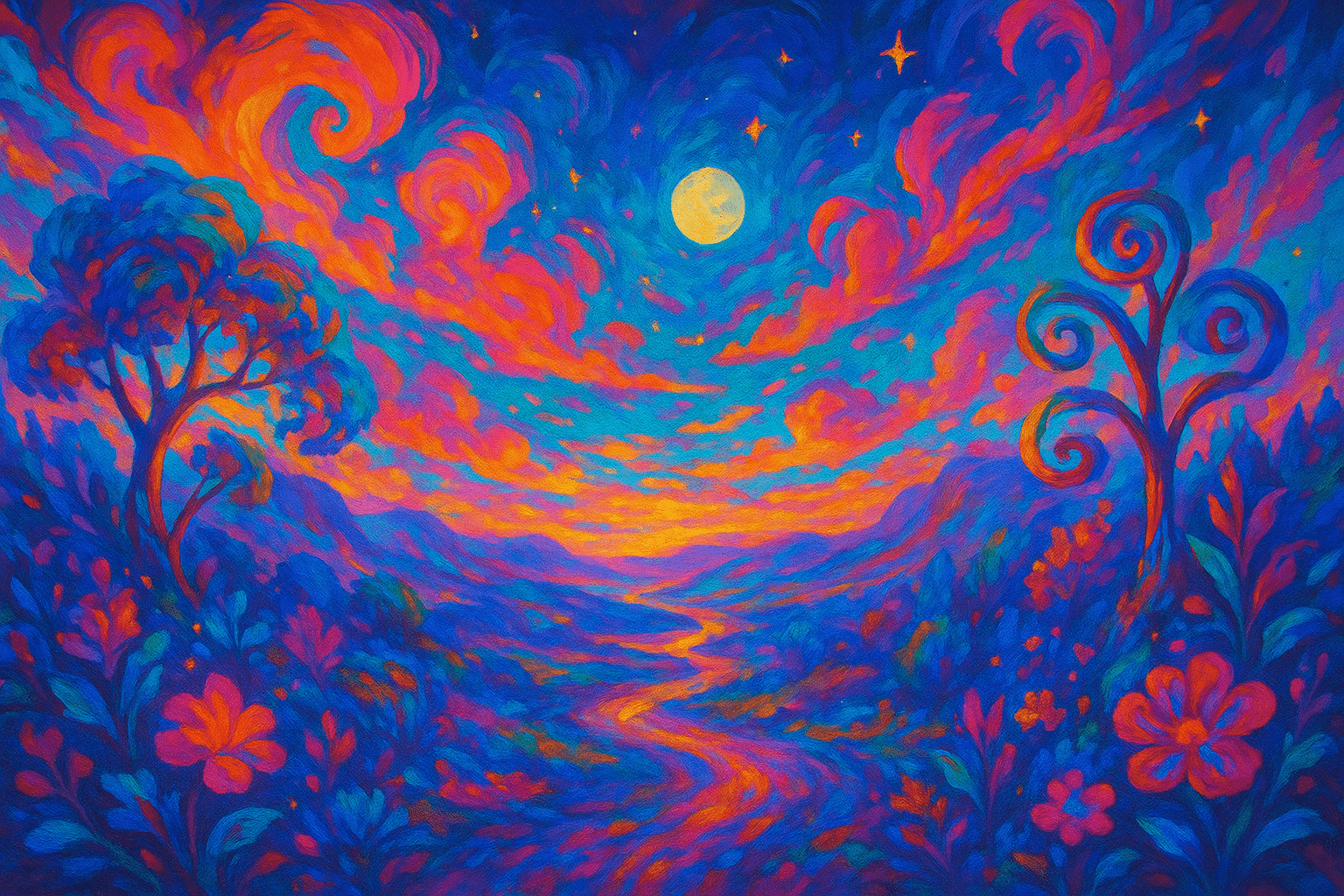
Acrylic's glossy surface teems with rich, saturated hues. Paint flows like liquid gems, layering to form opaque or translucent vistas. Breathtaking brushstrokes echo both spontaneity and precision, making each canvas a tactile testament of creative intent.
Thinking in the box: Modernism, Abstract Expressionism
Might also call it: 1. Plastic Paint 2. Synthetic Polymer 3. Quick-Dry Medium
Action painting No.18
Action painting is a style of painting in which the artist uses quick, spontaneous strokes to apply paint to the canvas. This technique often results in bold and expressive works of art.
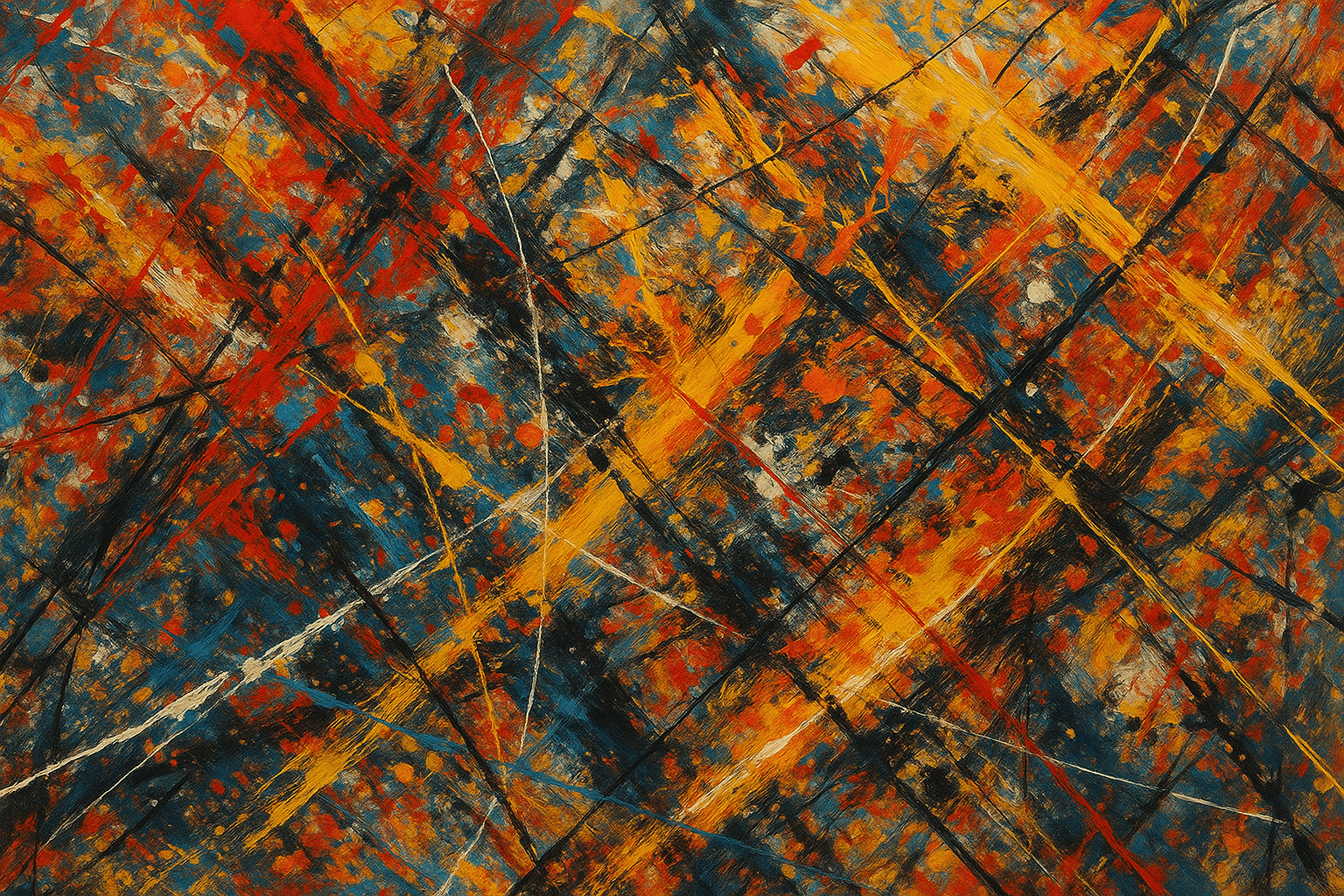
Action painting is a type of painting in which the artist uses quick, spontaneous brushstrokes to capture the essence of an object or scene. The resulting work is often highly expressive and emotive.
Thinking in the box: Impressionism, Modernism
Might also call it: Abstract expressionism, gestural abstraction, post-painterly abstraction, color field painting, lyrical abstraction, hard-edge painting, neo-expressionism, postmodernism, stenciling
Adam No.19
Hughes Adam Hughes is an American comics artist and illustrator who is best known for his work on Marvel Comics' "X-Men" and DC Comics' "Wonder Woman." His work is characterized by its use of strong lines, bold colors, and beautiful women. Hughes has been nominated for several Eisner Awards, and won the award for Best Cover Artist in 2001.
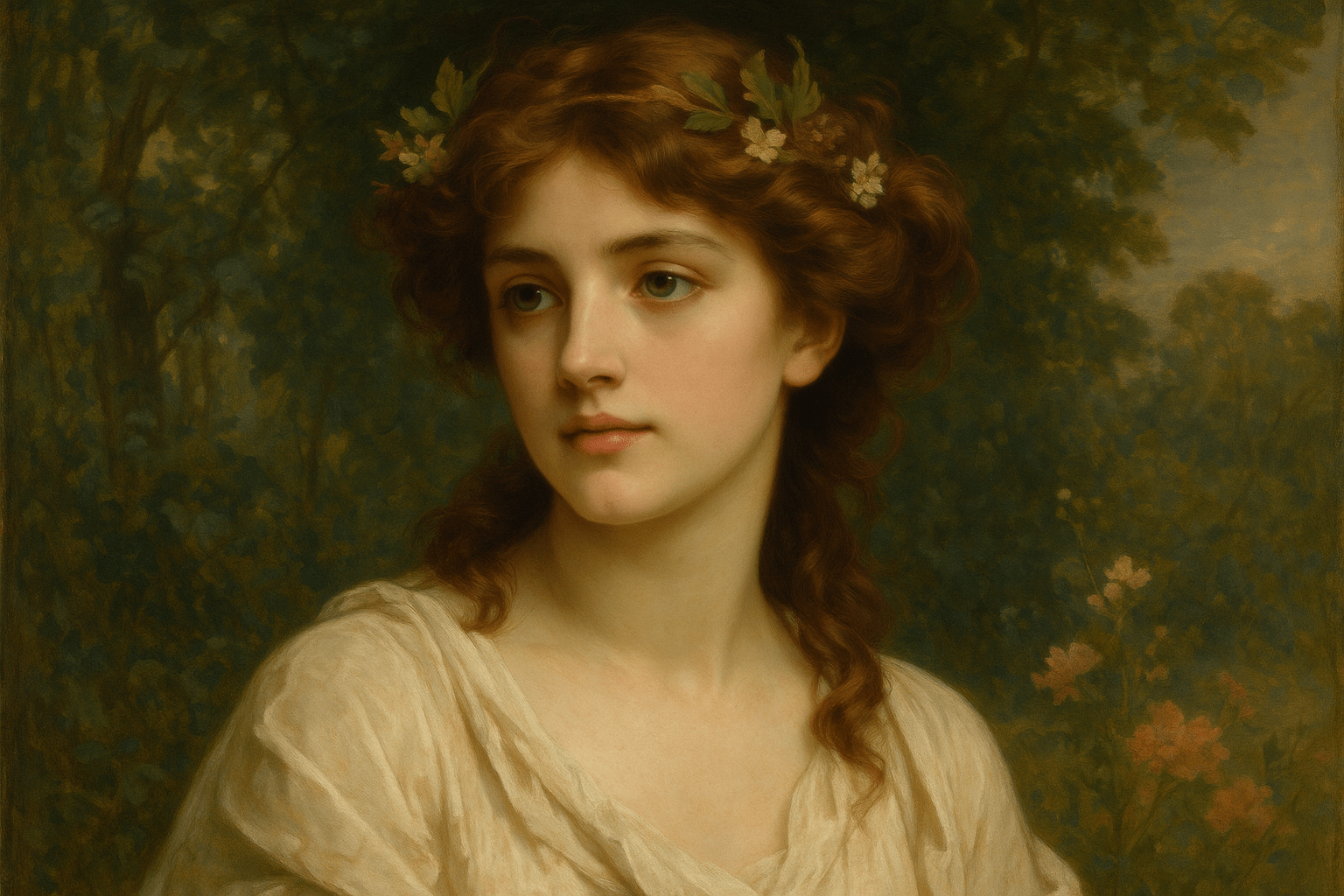
The art style Adam is a combination of traditional and digital art. It is colorful and detailed, with a focus on characters and their expressions. The style is influenced by anime and manga, and often includes elements of fantasy and science fiction.
Thinking in the box: Impressionism, Modernism
Might also call it: man, human, male
Adventure Photography No.20
Adventure photography is a genre of photography that captures the beauty of the natural world and the adventurous spirit of those who explore it. It is about capturing the feeling of excitement and adventure, and conveying the sense of wonder that comes with discovering new places. Adventure photography can be shot in any location, but it is often associated with wild and remote places. It often features dramatic landscapes and rugged terrain, as well as the people who brave them. Adventure photography is about more than just the destination; it is about the journey. It is about capturing the feeling of exploration and discovery, and conveying the sense of wonder that comes with it.

The art style of adventure photography is characterized by its bold and dramatic compositions. Adventure photographers often use wide angle lenses to capture the vastness of the landscape and the scale of the adventure. They also use high contrast lighting to create an atmosphere of suspense and drama.
Thinking in the box: Impressionism, Modernism
Might also call it: 1. Action Photography 2. Excitement Photography 3. Thrill Photography 4. Risk Photography 5. Dare Photography
Advertisement No.21
The art style of Advertisement is very professional and brief. It is perfect for those who want to get their message across without any distractions.
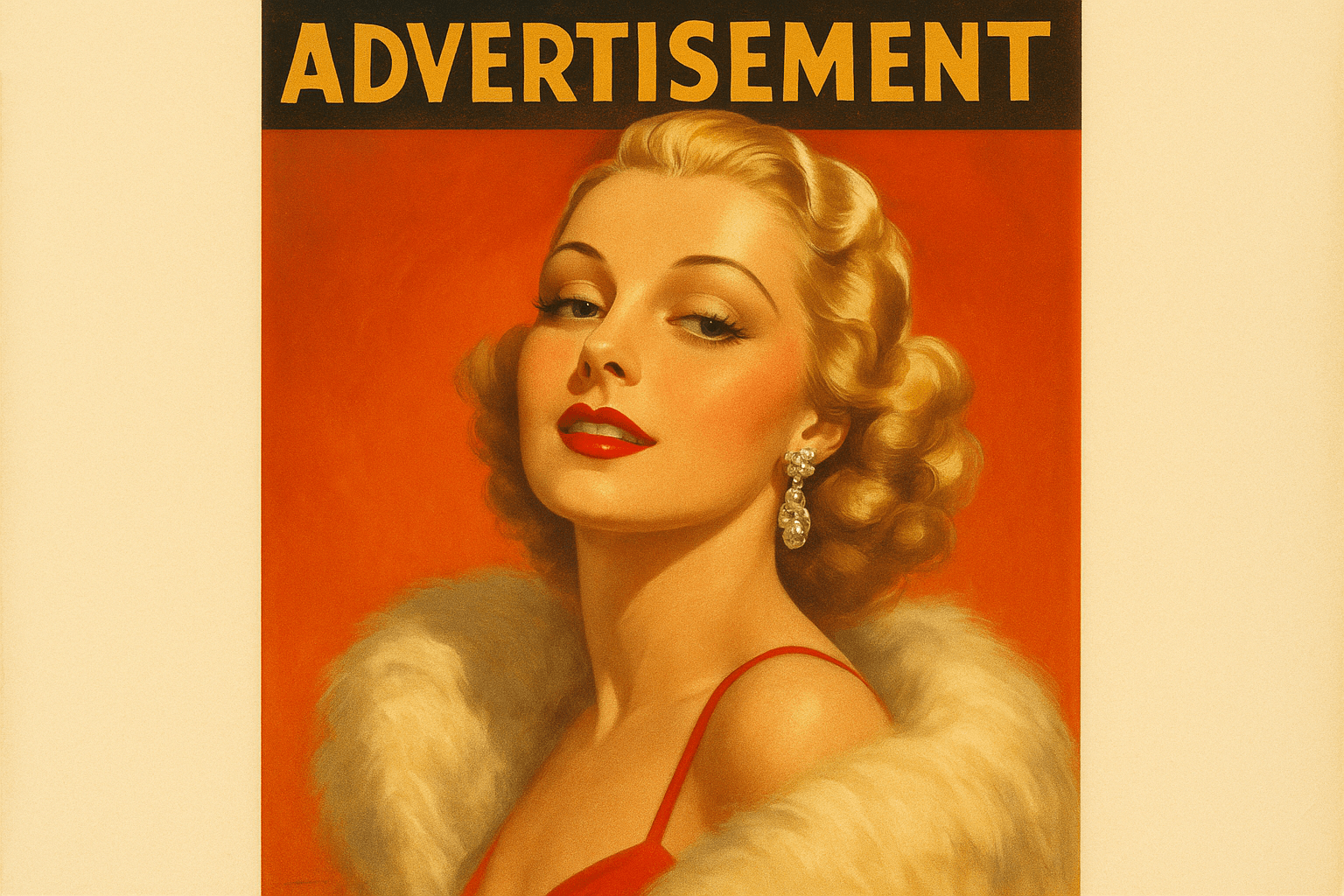
The art style of the advertisement is very colorful and eye-catching. The background is a gradient of blues, and the foreground is a mix of brightly-colored geometric shapes. The overall effect is very pleasing to look at and would likely grab someone's attention.
Thinking in the box: Impressionism, Modernism
Might also call it: Promotion, commercial, ad, notice
Advertisements No.22
Advertising is a form of art that uses elements such as color, light, and sound to persuade viewers to take action. Advertisers often use symbols, images, and messages that are designed to appeal to emotions and subconscious desires.

The art style of Advertisements is very diverse, as it can be anything that the advertiser wants it to be. However, there are some common elements that are often used in Advertisements, such as bright colors, bold text, and images that are designed to catch the viewer's attention.
Thinking in the box: Impressionism, Modernism
Might also call it: Advertisements, commercials, ads
Aeonic Line Flow No.23
A sinuous dance of ink, where ancient calligraphy marries futuristic streams, conjuring whispers of time in rhythmic fluidity.
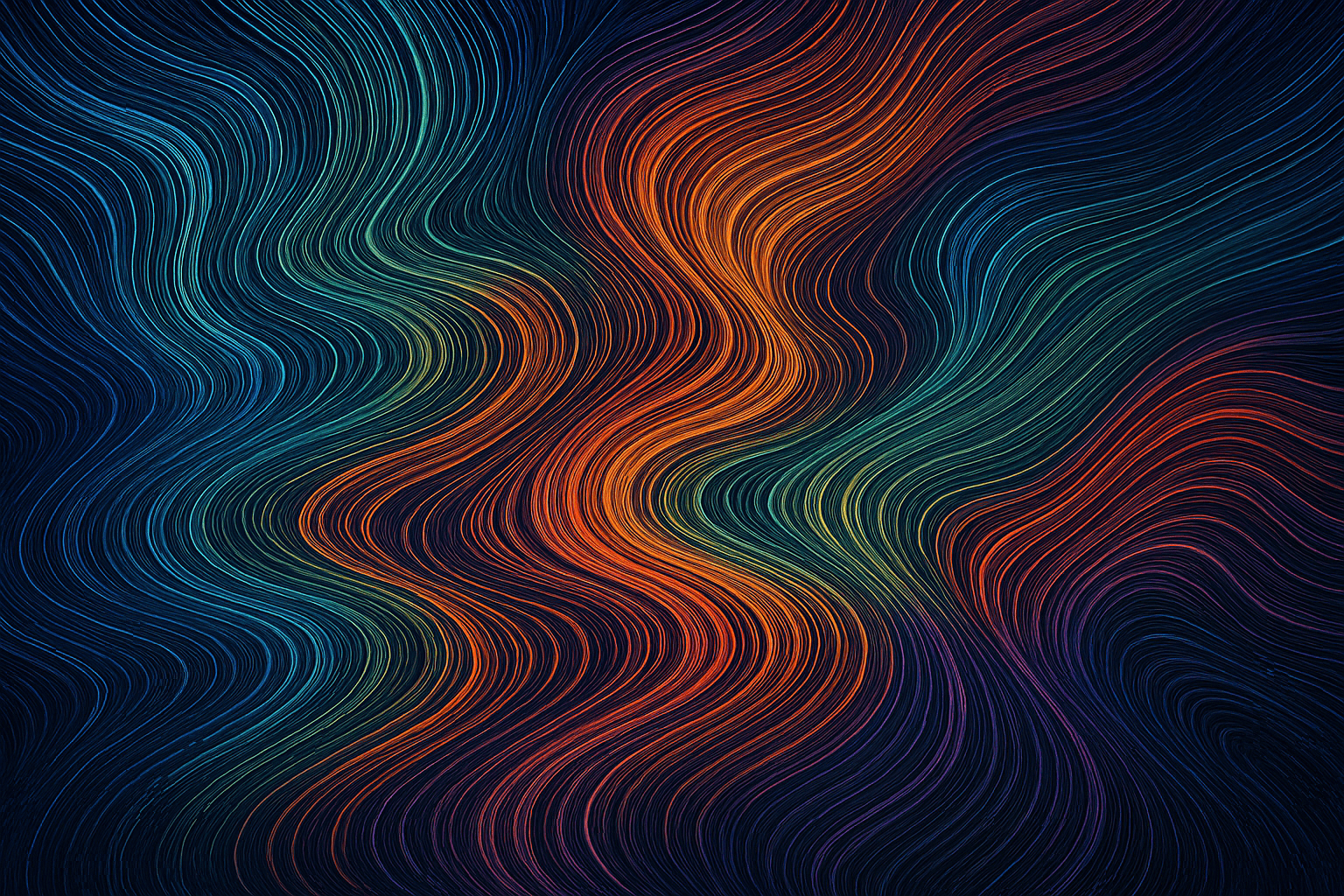
Undulating lines pulse like rivers of silk, carving their stories on tranquil papyrus, as colors like dusk and dawn merge.
Thinking in the box: Neo-Expressionism, Tech-Infused Calligraphy
Might also call it: Time Stream Calligraphy, Eternal Ink Dance
Aeriform No.24
Aeriform art is a visual dance of ethereal whispers, capturing the essence of air itself. It evokes the lightness of a dandelion's flight, blending fluid lines and translucent hues to create a dreamscape of weightless serenity.

Aeriform art floats like whispers in the wind, capturing the ethereal essence of dreams. It dances with translucent layers, blending colors like morning mist, creating a sense of weightlessness that feels both tangible and elusive.
Thinking in the box: Impressionism, Modernism
Might also call it: Ethereal, airy, celestial, wispy, otherworldly, gossamer-like, diaphanous, translucent, vaporous, dreamlike.
Aestheticism No.25
Aestheticism was an art movement that began in the late 1800s and lasted until the early 1900s. It emphasized the idea that art should be beautiful and that the artistÃÂÃÂs own pleasure was more important than the viewerÃÂÃÂs. Aestheticism was often used to describe the work of writers such as Oscar Wilde and James McNeill Whistler, as well as painters such as John Singer Sargent.
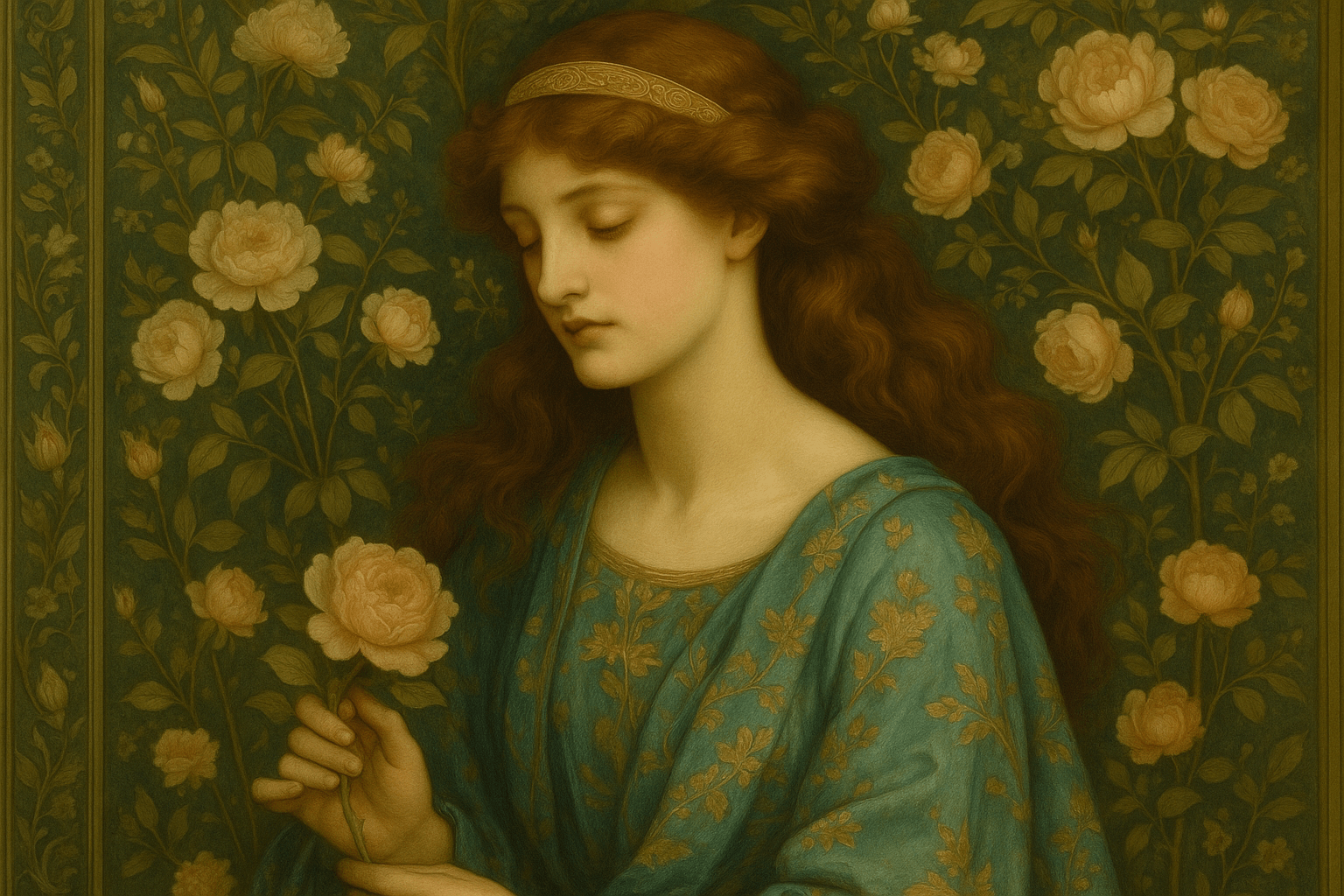
Aestheticism is an art style that is characterized by its focus on the aesthetic value of art, rather than on its practical or political value. Aestheticism is often associated with the philosophy of art for art's sake, which holds that the only purpose of art is to be beautiful, and that it is not to be used for any other purpose.
Thinking in the box: Impressionism, Modernism
Might also call it: 1. Art for art's sake. 2. The doctrine that art should be valued for its own sake, not for its usefulness. 3. The belief that the value of art lies in its beauty or emotional power. 4. A focus on the sensual or emotional effects of art.
African Art No.26
African art is a broad term that encompasses a wide range of traditional art from a variety of cultures on the African continent. The art includes everything from carved masks and statues to painted pottery and textiles. African art is known for its vibrant colors and bold patterns, as well as its unique use of materials and symbolism.
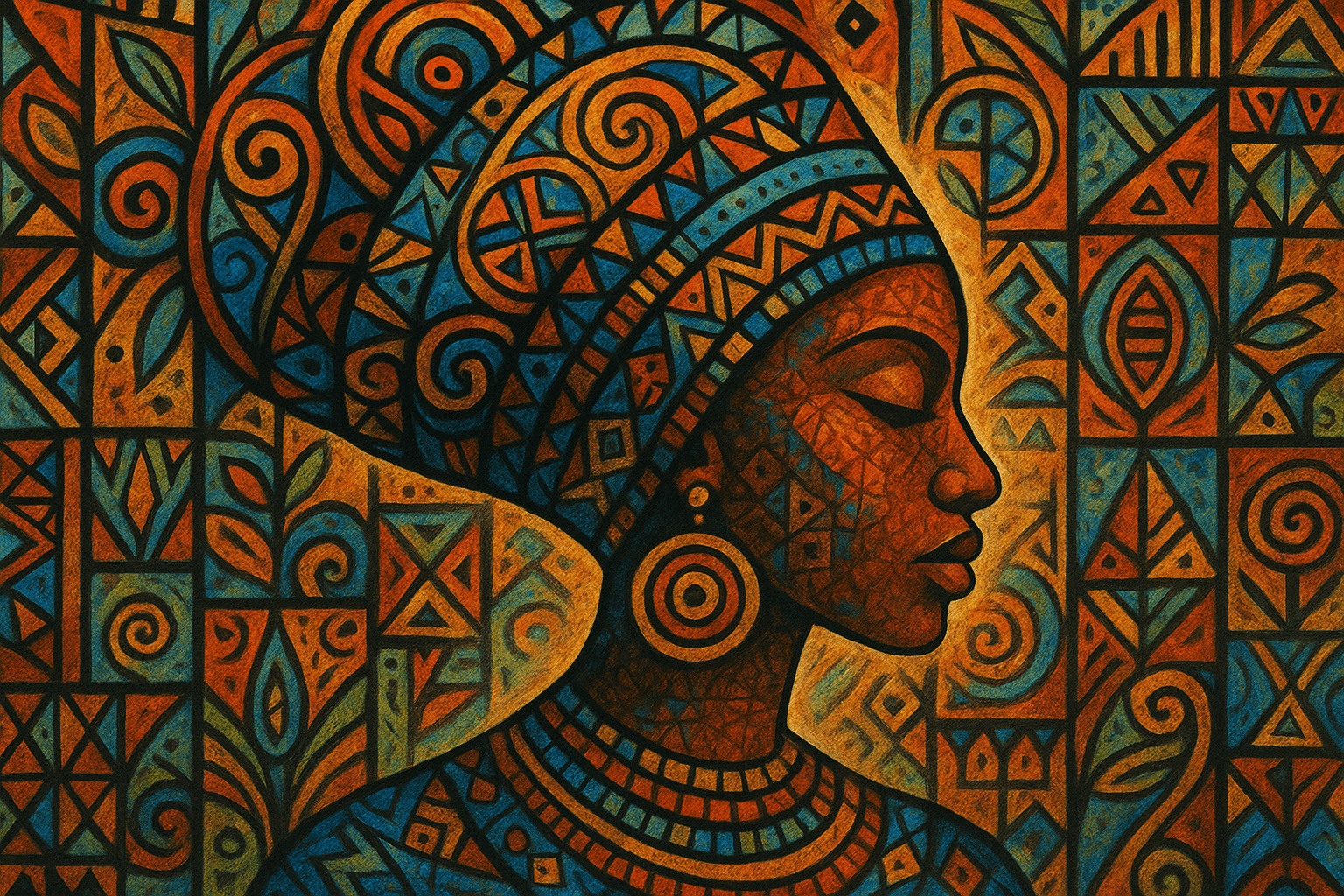
The visual appearance of African Art is characterized by bold colors, geometric shapes, and a sense of movement. African artists often use a variety of mediums to create their art, including painting, sculpture, and textiles.
Thinking in the box: Impressionism, Modernism
Might also call it: African art can also be referred to as "Black Art," "Negro Art," or "Ethnographic Art."
Afrofuturism No.27
Afrofuturism is a cultural aesthetic, philosophy of science, and philosophy of history that explores the developing intersection of African Diaspora culture with technology. It has been described as "a way of looking at the world through a black cultural lens that combines elements of science fiction, history, and fantasy."

Afrofuturism is a visual art style that combines elements of African culture with futuristic themes. It often features bright colors, geometric shapes, and patterns.
Thinking in the box: Impressionism, Modernism
Might also call it: Alternative names of the Art Style
Agressive expressive oil painting No.28
Agressive expressive oil painting is a type of painting that is characterized by its bold and expressive brushstrokes. This type of painting is often used to convey strong emotions, such as anger or passion.

The art style is aggressive and expressive with bold colors and brushstrokes. The paintings are often dark and moody, with a sense of tension and drama.
Thinking in the box: Impressionism, Modernism
Might also call it: forceful, dynamic, energetic, passionate, powerful
Albanians No.29
Albanian art is characterized by its unique style and use of color. Albanian artists often use bright colors and bold patterns in their work. This is a reflection of the vibrant culture of Albania. Albanian art is also influenced by the country's history and geography. The art of Albania reflects the diverse influences of the country's many cultures.
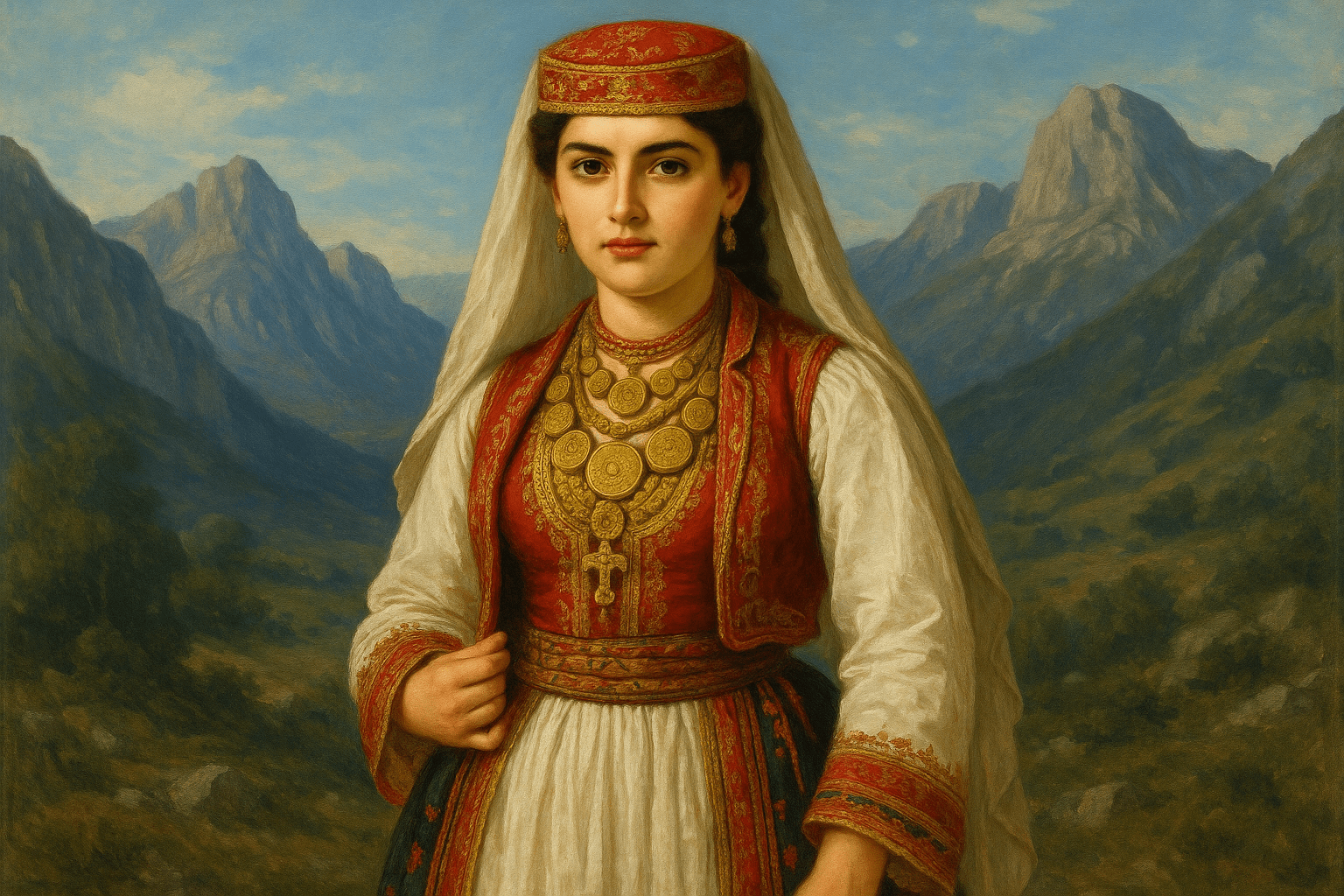
There is no one art style that is representative of all Albanians. Albanian art has been influenced by many different cultures over the centuries, so it is difficult to generalize. However, some common features of Albanian art include bright colors, geometric patterns, and a focus on nature.
Thinking in the box: Impressionism, Modernism
Might also call it: Kosovars, Montenegrins, Macedonians, Bosnians, Herzegovinians, Croatians, Slovenians, Serbians
Album art cover No.30
Album art covers are a professional and brief summary of the art style. They are a great way to add a touch of personality to your music collection and to make a statement about your taste in music.

The album art cover is typically a photograph or artwork of the artist or band.
Thinking in the box: Impressionism, Modernism
Might also call it: Album art, album cover, cover art
Algerians No.31
Algerian art is a combination of Arab, Berber, Turkish, and French influences. Algerian artists use a variety of mediums, including painting, sculpture, and jewelry making. Algerian art often features bright colors and geometric patterns.

The Algerian art style is characterized by its use of bright colors and patterns. Algerian artists often use a variety of techniques to create their art, including painting, sculpture, and photography.
Thinking in the box: Impressionism, Modernism
Might also call it: Arabs, Muslims
Algorithmic Art No.32
An art form shaped by mathematical precision,\n Algorithmic Art marries computing algorithms with creative\n expression, offering structured serendipities in a digital canvas.
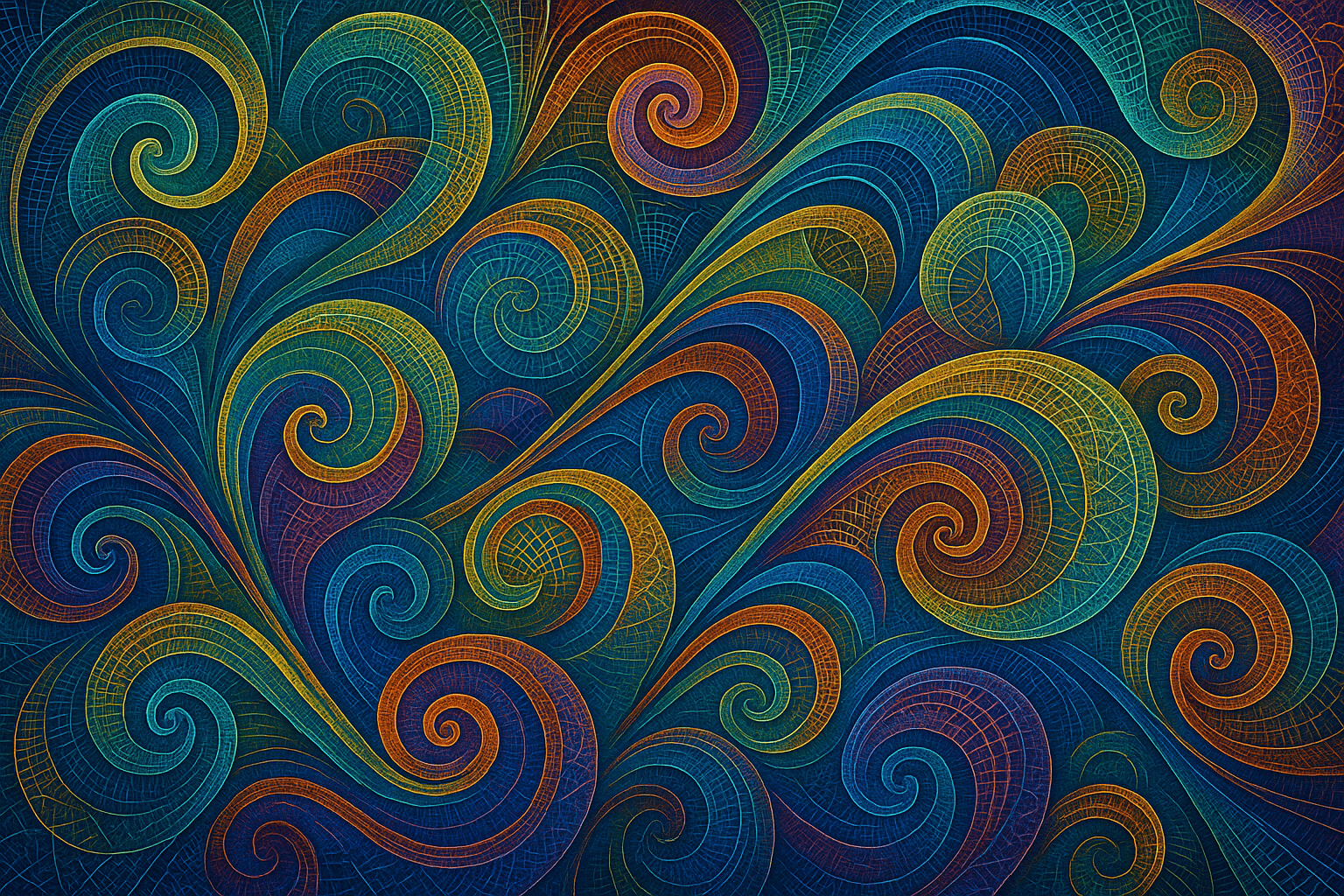
Like the ebb of data waves,\n Algorithmic Art glimmers with fractal forms and geometric\n enigmas, creating vivid patterns and pixelated dreams.
Thinking in the box: Digital, Modernism
Might also call it: Generative Art, Computer Art
Algorithmic Cubism No.33
Abstract, yet precise. Algorithmic Cubism dances on the edge of mathematics and imagination, weaving geometric dreams.

Fractals meet Picasso; a kaleidoscope of angular forms, splintered reality, and digital brushstrokes that shift perception.
Thinking in the box: Cubism, Digital Art
Might also call it: Digital Cubism, Geometric Abstraction
Allegorical painting No.34
Allegorical painting is a genre of painting in which the artist uses symbolism to convey a moral or spiritual message. The message is usually about the human condition, such as the dangers of greed or the folly of vanity. Allegorical paintings often feature personifications of abstract concepts, such as Truth or Justice. The figures in the painting may be engaged in a dramatic scene that illustrates the allegory. For example, in a painting about the dangers of greed, the figures might be shown fighting over a treasure. Allegorical paintings can be found in all periods of art history, but they were particularly popular in the Renaissance and Baroque eras. Many of the greatest artists of those periods, such as Leonardo da Vinci, Raphael, and Rembrandt, created allegorical paintings.

Allegorical paintings are usually characterized by their use of symbols and their focus on moral or religious themes.
Thinking in the box: Impressionism, Modernism
Might also call it: Fable painting, moral painting, emblematic painting, symbolical painting
Altermodern No.35
Altermodern is a term coined by British curator Nicolas Bourriaud to describe a shift in cultural production that takes place after postmodernism. Bourriaud believes that altermodernity is characterized by a return to the modernist values of autonomy and sincerity, while also incorporating the lessons learned from postmodernism. This results in a hybrid art form that is both new and old, global and local, traditional and experimental.
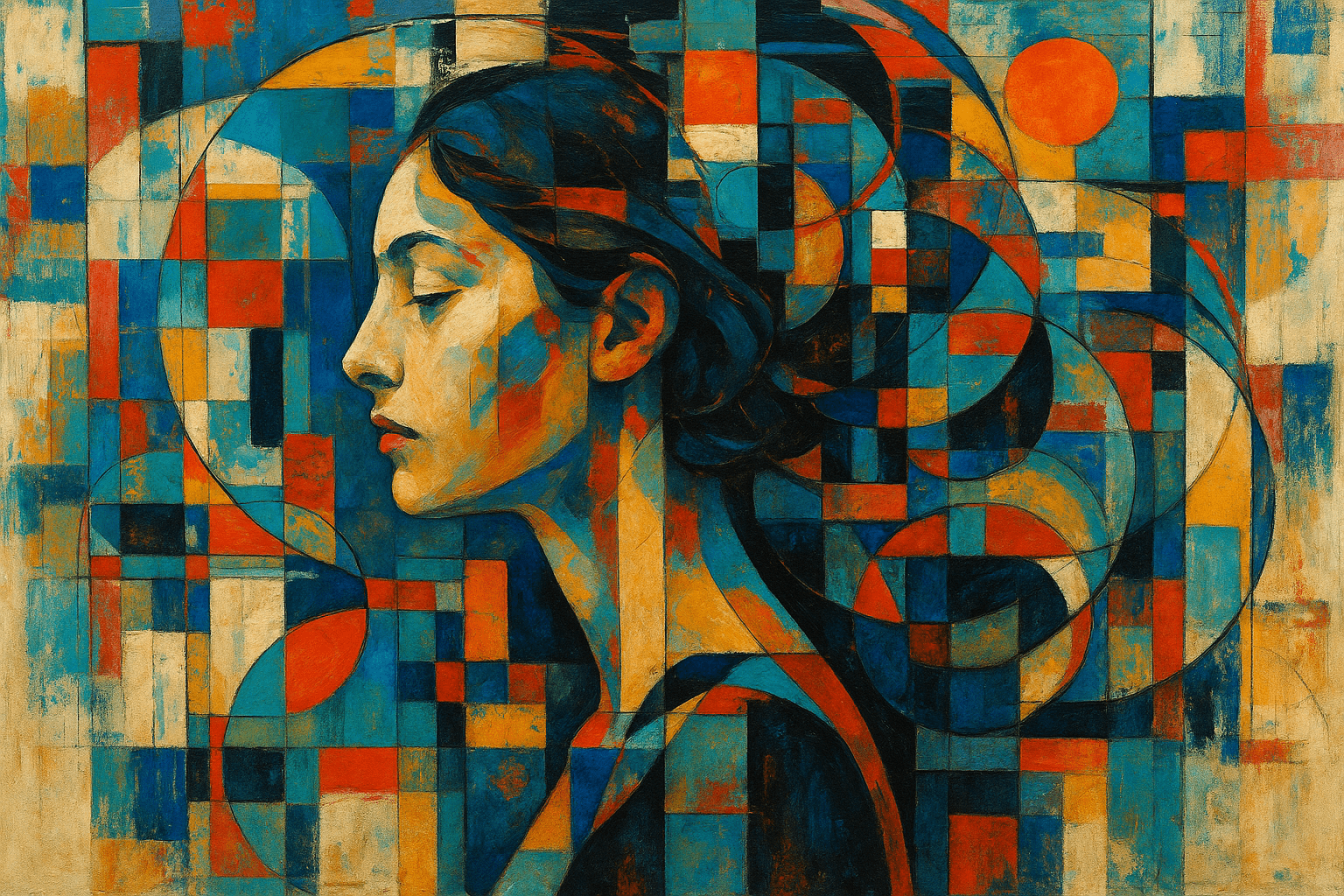
The art style Altermodern is characterized by its use of bright colors and bold patterns. It is often described as being "loud" and "in your face." This style is often used to make a statement or to grab attention.
Thinking in the box: Impressionism, Modernism
Might also call it: Different, new, modern
American Barbizon school No.36
The American Barbizon school was a group of landscape painters from the United States who were influenced by the French Barbizon school. The American painters typically worked in a more subdued palette than their French counterparts, and they often depicted rural scenes with a soft light and atmospheric effects. The American Barbizon school was active in the late 19th and early 20th centuries.
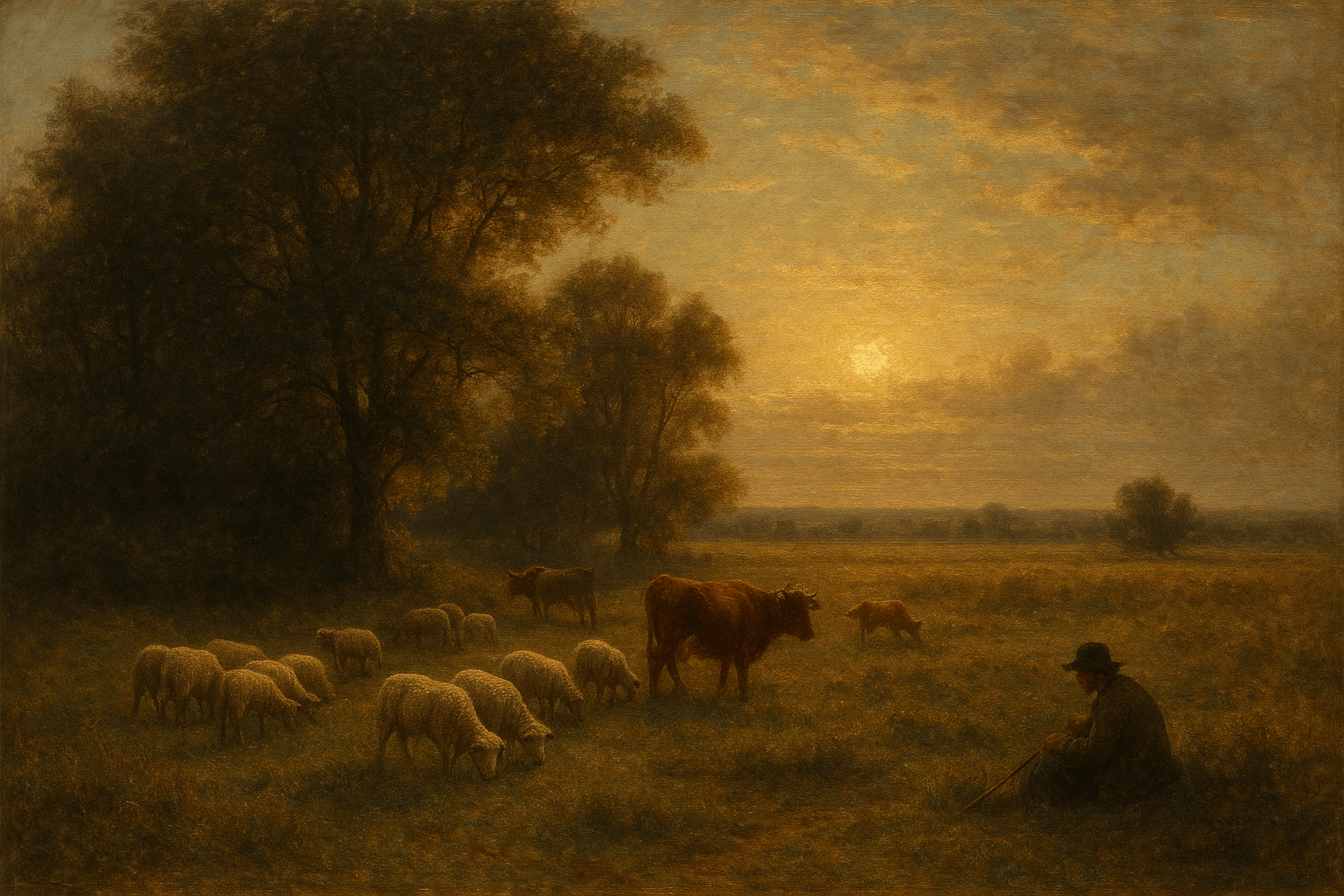
The American Barbizon school is characterized by its dark, moody, and realistic style. This art style is often compared to the French Barbizon school, which is known for its similar dark and realistic approach to painting.
Thinking in the box: Impressionism, Modernism
Might also call it: The American Barbizon school was a group of painters who worked in the style of the French Barbizon school.
American Figurative Expressionism No.37
American Figurative Expressionism is a style of painting that emerged in the 1940s and 1950s. It is characterized by its use of bold colors and its focus on the human figure. This style of painting was influenced by the Abstract Expressionist movement, but it is more representational and less abstract. American Figurative Expressionism is often associated with the works of artists such as Jackson Pollock, Willem de Kooning, and Mark Rothko.
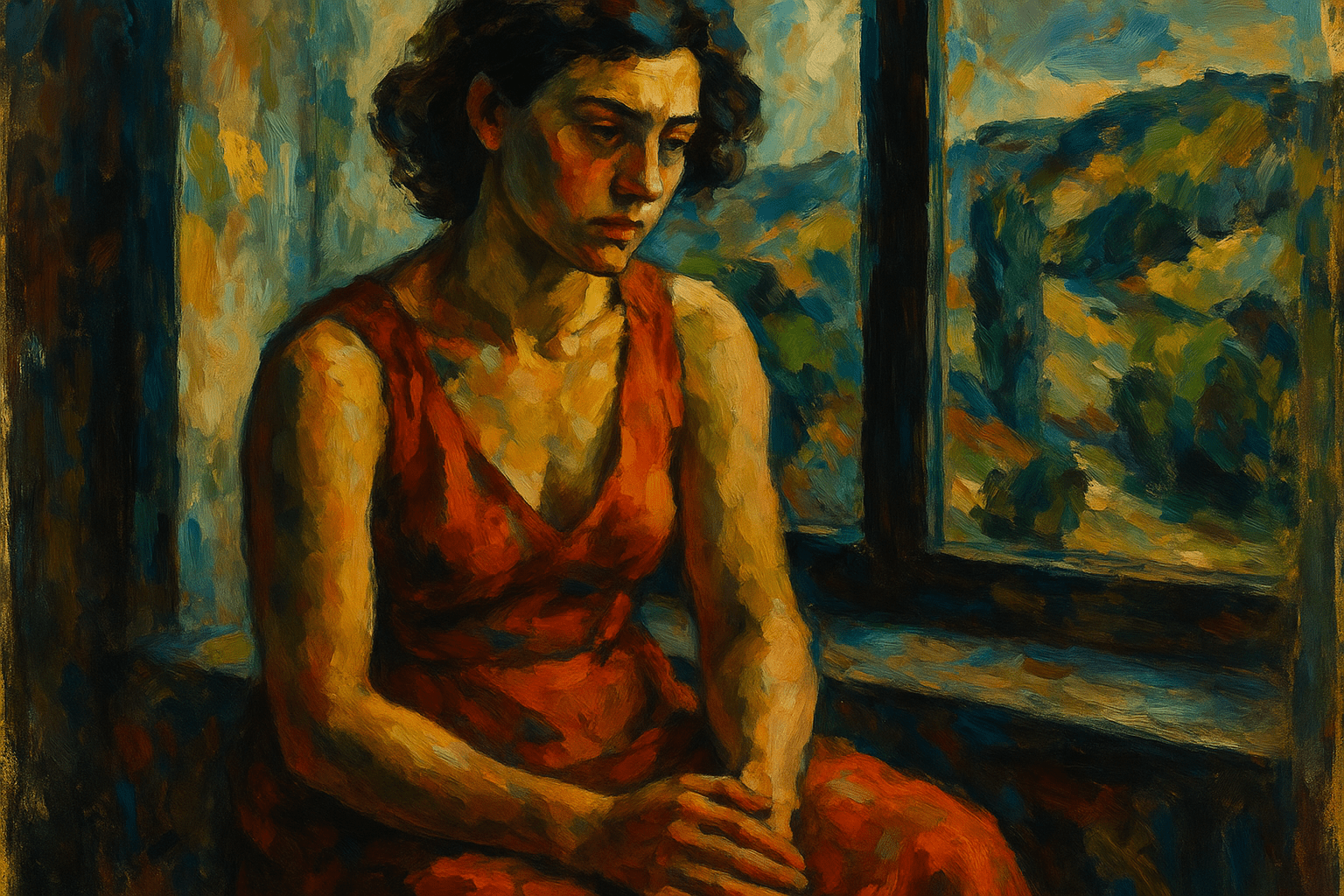
The art style American Figurative Expressionism is characterized by its use of bright colors and bold brushstrokes. The paintings are often large in scale and depict scenes from everyday life. The artists often use expressive body language and facial expressions to convey the emotions of their subjects.
Thinking in the box: Impressionism, Modernism
Might also call it: Abstract Expressionism
American Regionalism No.38
A movement capturing the everyday life of rural America, imbued with sincerity and simplicity, often emphasizing the Midwest and its agrarian concerns during the Great Depression era.
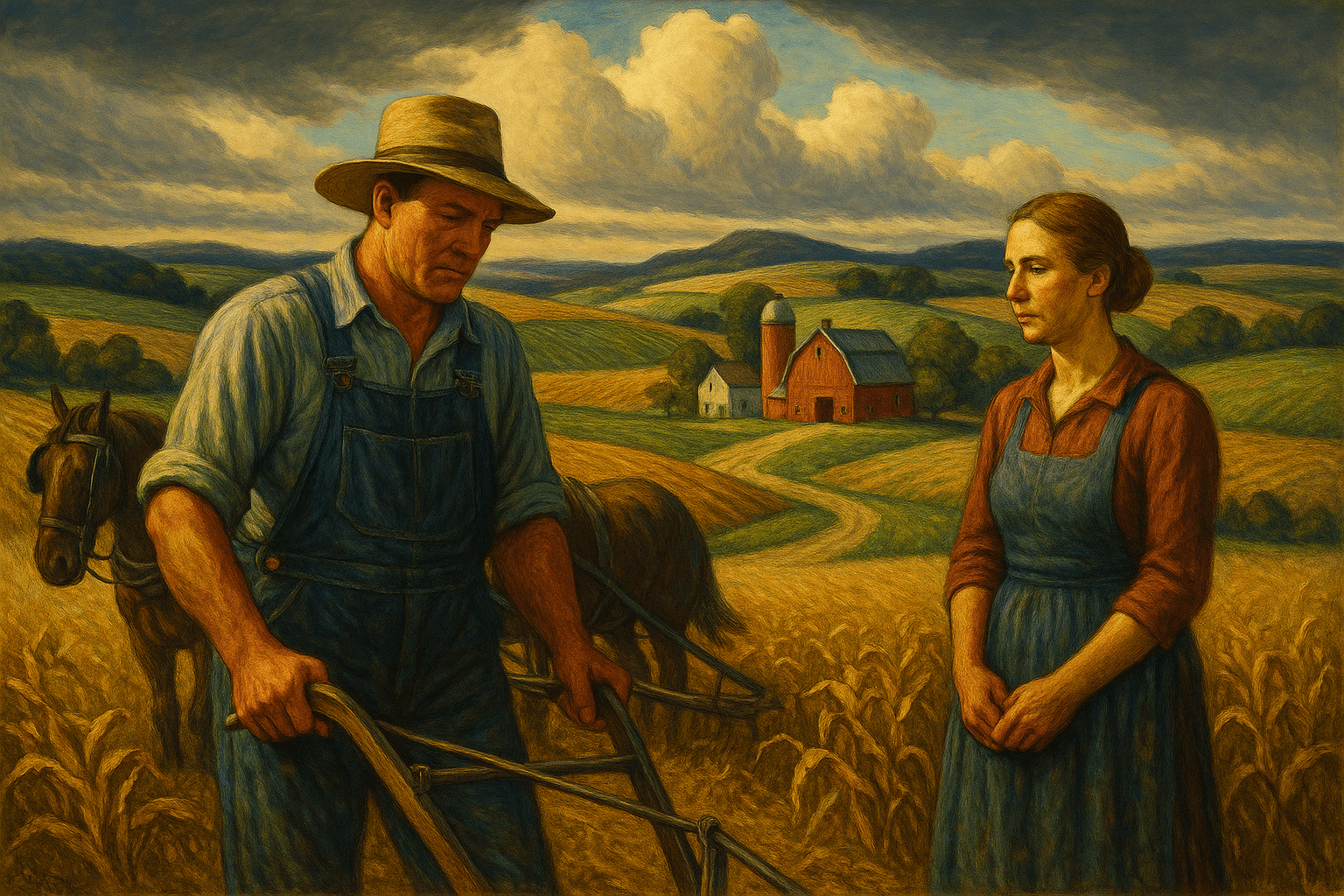
Evocative landscapes, portraits, and scenes, illustrating the grit and grace of American heartland life, infusing stillness with resilience and authenticity.
Thinking in the box: Realism, Regionalism
Might also call it: Heartland Realism, Rural Realism
American Scene Painting No.39
American Scene Painting is a style of painting that emerged in the 1920s and 1930s in the United States. It is characterized by its realistic depiction of everyday life and its focus on American subjects. American Scene Painting was a reaction against the abstract styles that had become popular in the early 20th century, and it was a major force in the American art world until the 1950s.
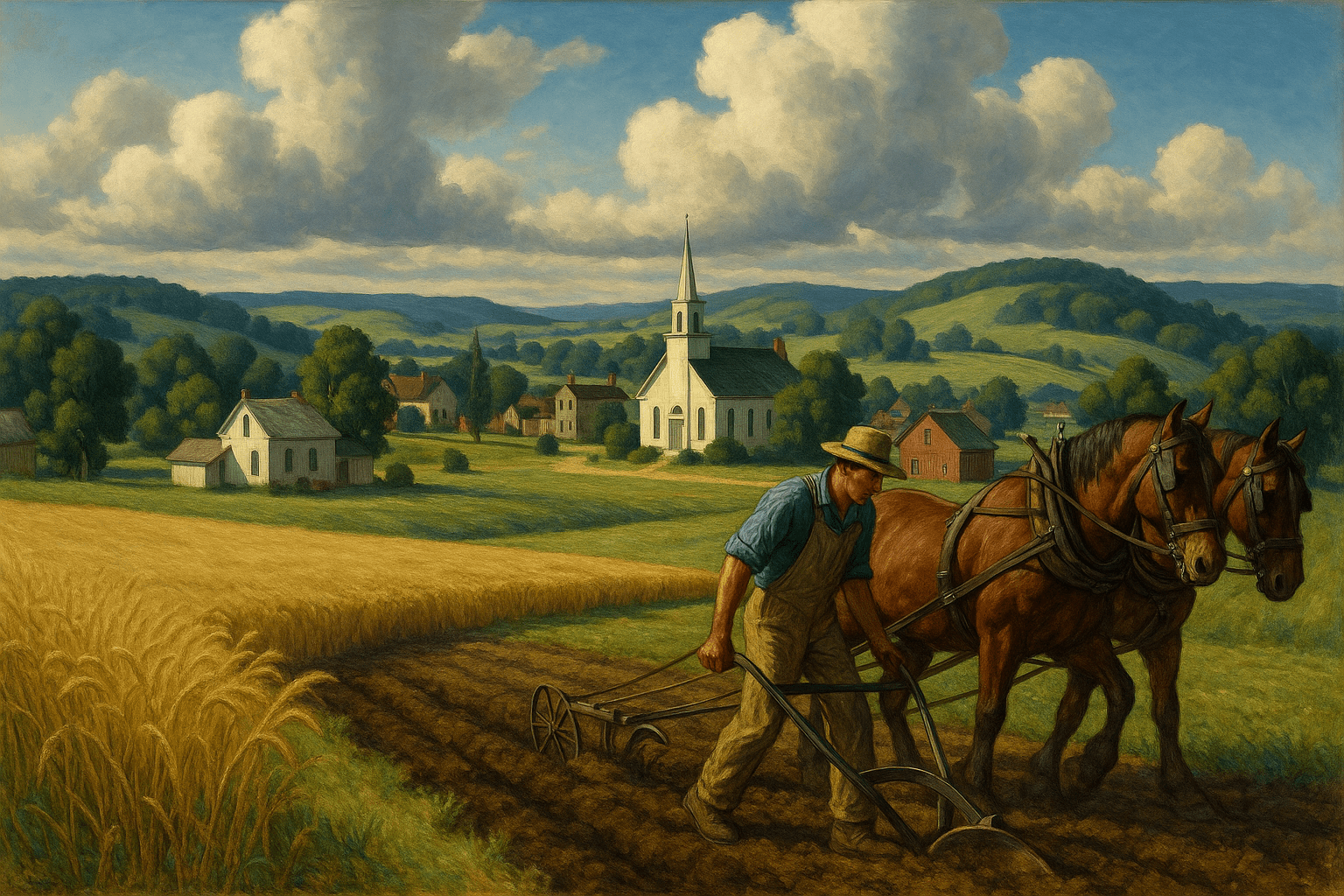
The American Scene Painting art style is characterized by its realistic and down-to-earth portrayal of everyday life in America. This art style is often associated with the American Regionalism movement, which began in the 1930s. American Scene Painting artists sought to capture the unique character of each region in the United States, and their paintings often depict rural landscapes and small-town scenes.
Thinking in the box: Impressionism, Modernism
Might also call it: 1. American Regionalism 2. American Scene Painting 3. American Realism 4. American Impressionism
American Impressionism No.40
American impressionism was a style of painting that emerged in the late 1800s and early 1900s. American impressionist painters sought to capture the momentary effects of light and color, often using loose brushwork and vivid colors. The style was popularized by artists such as Mary Cassatt, John Singer Sargent, and Childe Hassam.
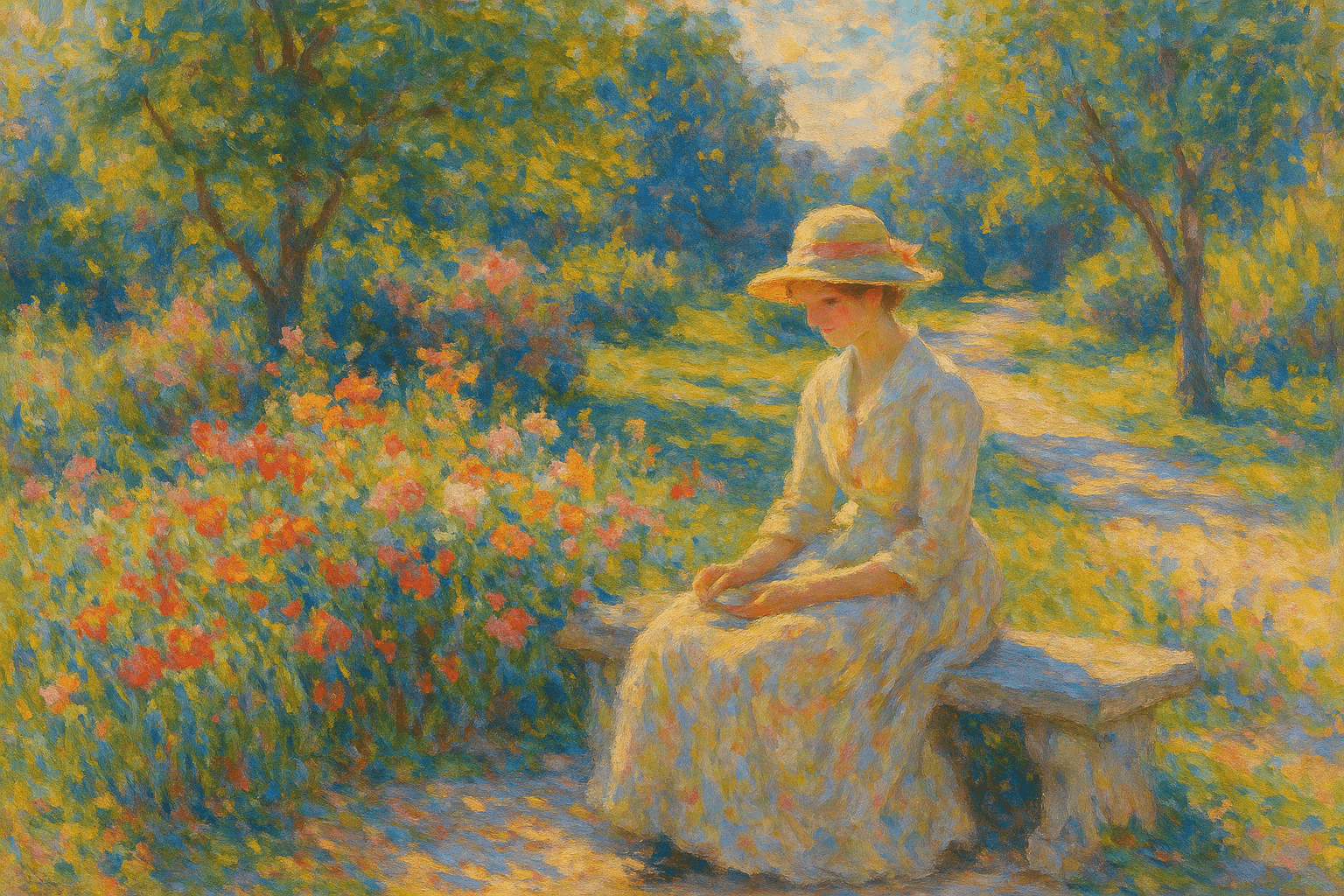
The art style American impressionism is characterized by its use of light and color to create a sense of movement and immediacy. The brushstrokes are often visible, and the overall effect is one of a sketch or a painting in progress.
Thinking in the box: Impressionism, Modernism
Might also call it: American impressionism can be synonymized with American art from the late 1800s to the early 1900s that was characterized by its focus on light and color. Some of the artists associated with American impressionism include Mary Cassatt, John Singer Sargent, and Childe Hassam.
American realism No.41
American realism was a style of art that emerged in the late 1800s and early 1900s. American artists began to move away from the idealized and romanticized images of the past and instead began to paint scenes from everyday life. This new style of art was often seen as a reaction to the Industrial Revolution and the growing social and economic problems that came with it. American realism often depicted the harsh realities of poverty, racism, and violence.
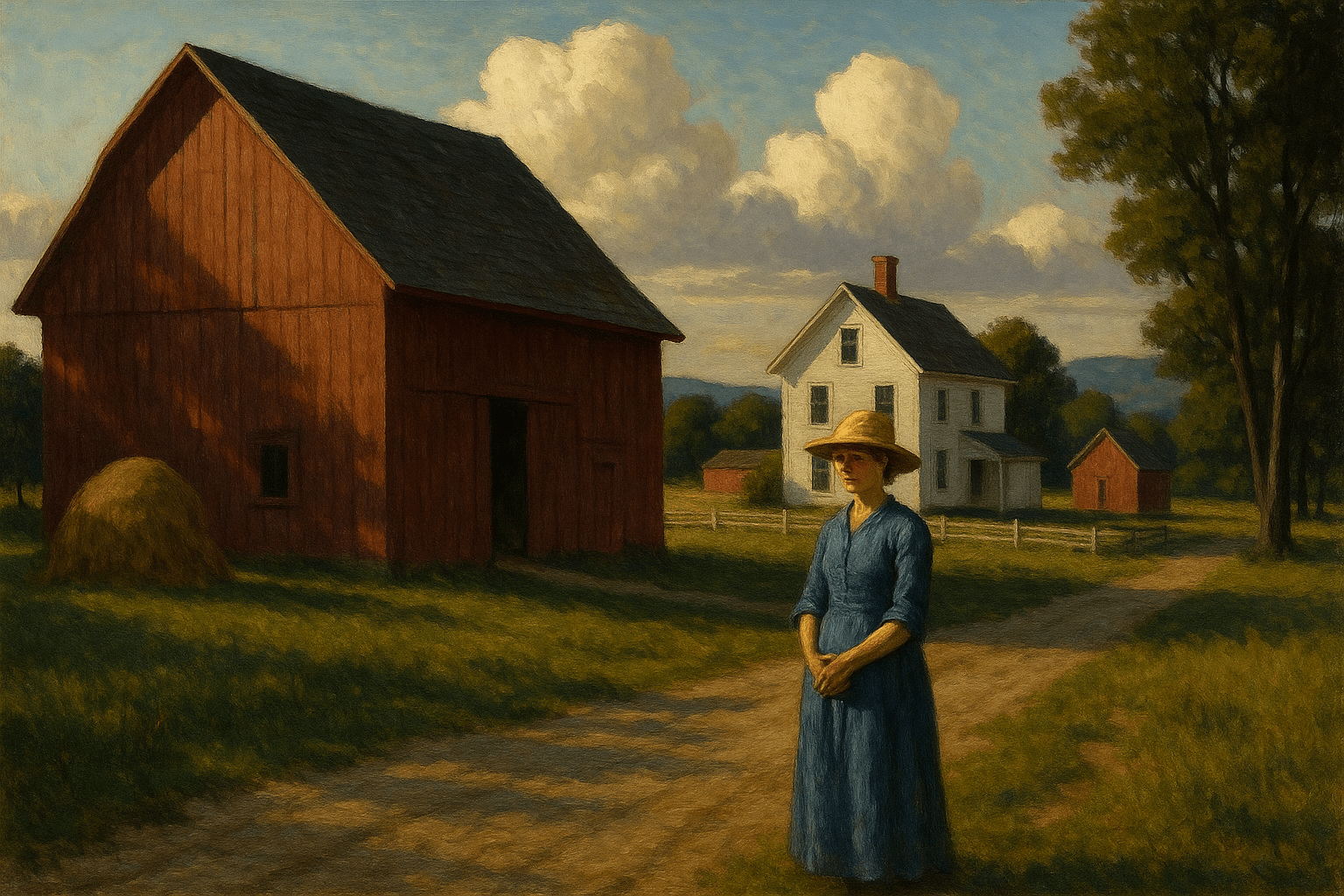
The art style American realism is characterized by its naturalistic and realistic depiction of subjects. American realism artists sought to depict everyday life and scenes from American history in a realistic manner. This art style is often associated with the American West and the American frontier.
Thinking in the box: Impressionism, Modernism
Might also call it: realism, naturalism, verisimilitude
Americans No.42
The American art style is a unique blend of various influences, including Native American, European, and African. This style is characterized by bold colors and strong lines, and often features scenes of everyday life. American artists often seek to capture the spirit of the country in their work, and their paintings often reflect the nation's history and values.
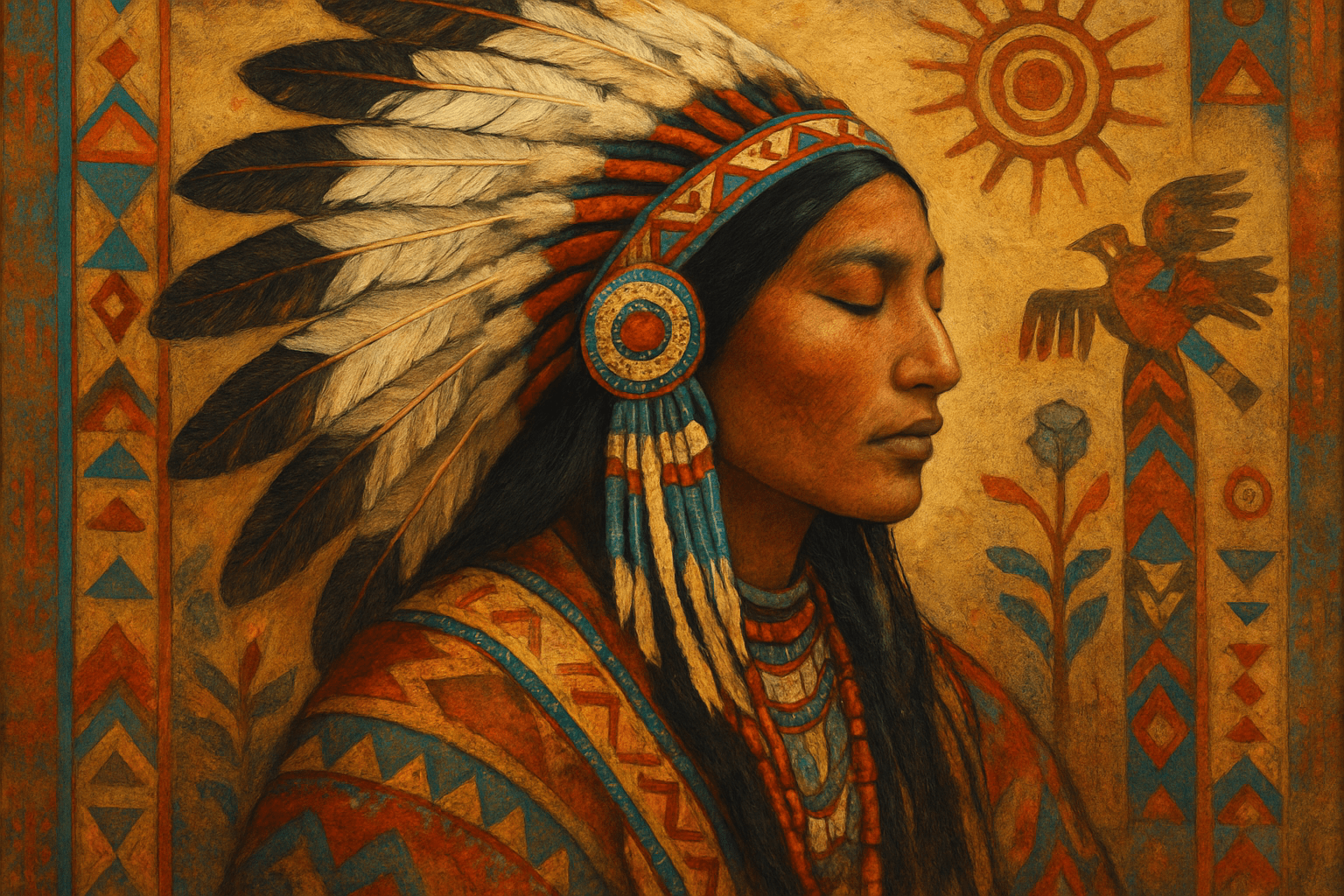
The art style of Americans is very diverse, as there is no one "American" art style. American art styles can be divided into two broad categories: traditional and contemporary. Traditional American art styles include folk art, Native American art, and portraiture. Contemporary American art styles include abstract expressionism, pop art, and minimalism.
Thinking in the box: Impressionism, Modernism
Might also call it: U.S. citizens, people of the United States
Anaglyph Filter No.43
Anaglyph Filter is a digital art style that combines two images into one, using a color filter. This filter allows the viewer to see the images in 3D, by superimposing the two images on top of each other.
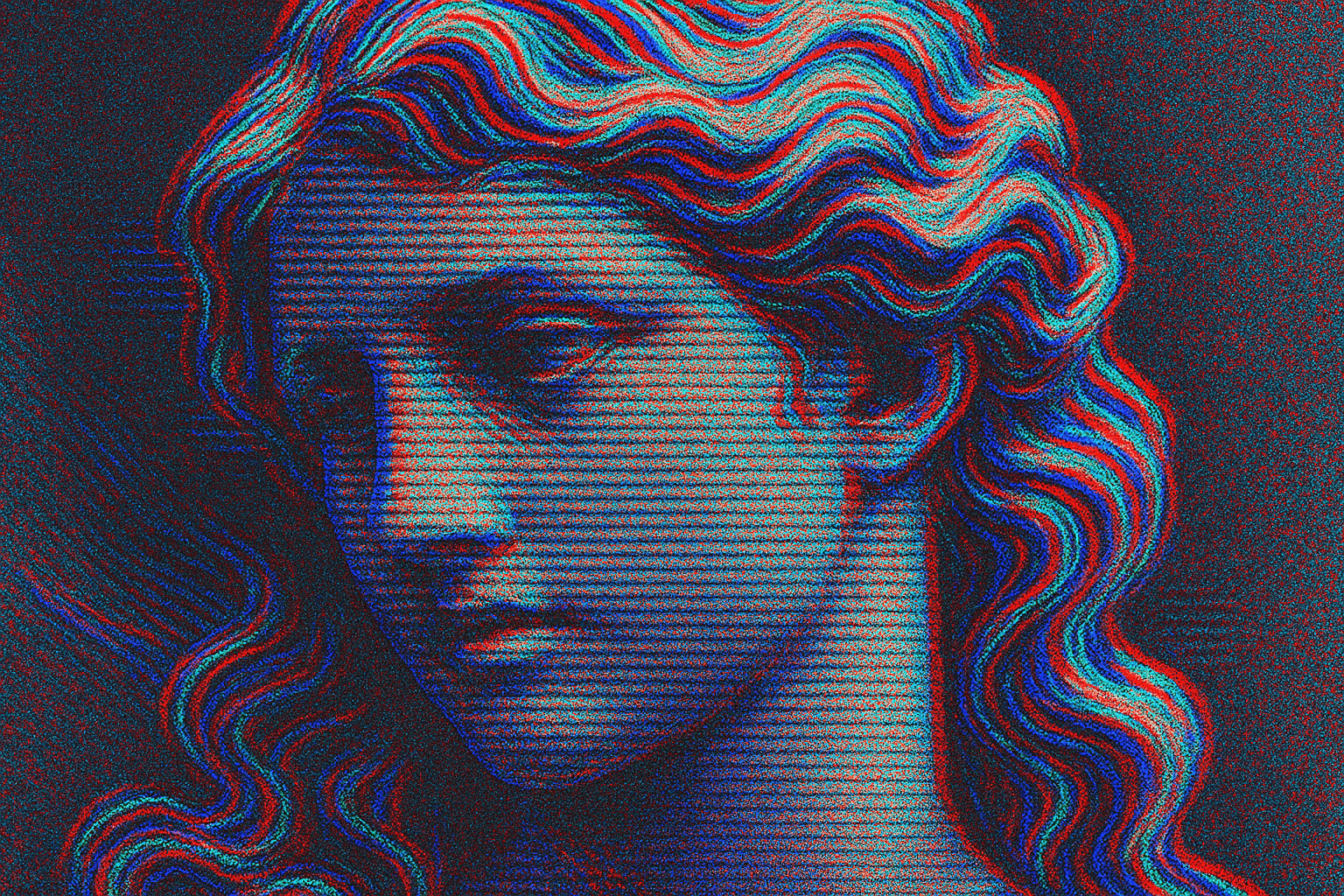
The visual appearance of the art style Anaglyph Filter is that it is a red and blue filter that is used to create a 3D effect.
Thinking in the box: Impressionism, Modernism
Might also call it: 3D glasses, 3D film, 3D television
Analytic Drawing No.44
Analytic drawing is a drawing method that uses line, shape, and form to create a representational image. This type of drawing is often used in engineering and architecture.
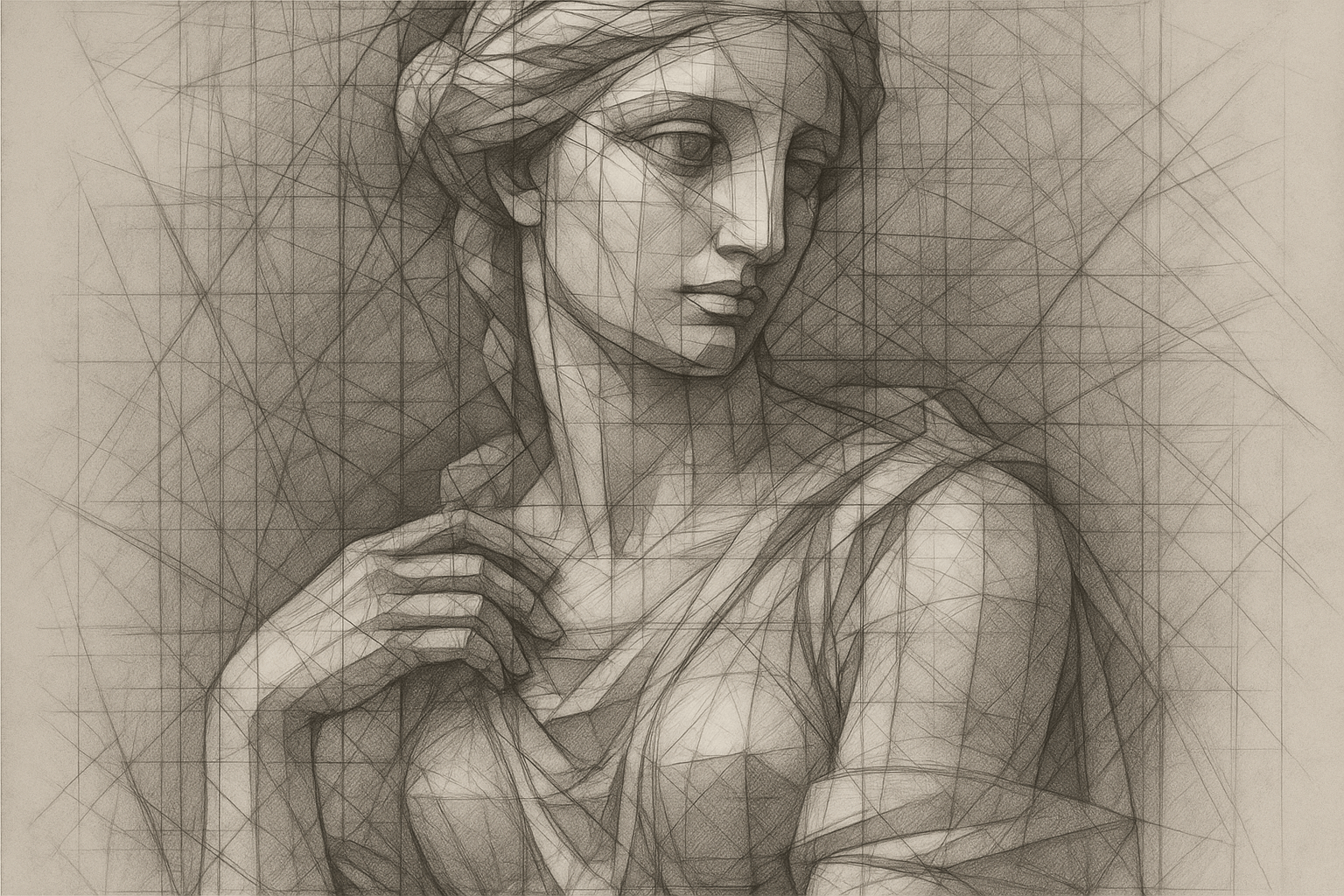
The visual appearance of Analytic Drawing is characterized by its clean lines and simple shapes. The overall look is often minimalistic and refined.
Thinking in the box: Impressionism, Modernism
Might also call it: Analytical Drawing, Analytical Sketching
Analytical Cubism No.45
Analytical Cubism is a style of art that emerged in the early 20th century. It is characterized by its use of geometric shapes and its focus on the analysis of form.

The art style of Analytical Cubism is characterized by its use of geometric shapes and its muted color palette. The shapes are often simplified and abstracted, and the colors are typically earth tones. This style is often seen as cold and impersonal, but it can also be seen as elegant and sophisticated.
Thinking in the box: Impressionism, Modernism
Might also call it: Analytical Cubism can be referred to as: - Cubism that is characterized by an analytical approach to the decomposition of an image into its component parts - A type of Cubism that focuses on analyzing and breaking down an image into its individual elements - A form of Cubism that is distinguished by its analytical approach to the subject matter
Analytical art No.46
Analytical art is a term used to describe a type of art that is based on the analysis of the formal elements of the work. This type of art is often associated with the works of the Bauhaus school, as well as the works of artists such as Piet Mondrian and Wassily Kandinsky.

is a type of art that is based on the analysis of the subject matter. This type of art is often characterized by its use of geometric shapes and patterns.
Thinking in the box: Impressionism, Modernism
Might also call it: Analytical art can be described as art that is based on the analysis of form, structure, and composition. Other terms that may be used to describe analytical art include formalist art, geometrical art, and constructivist art.
Anamorphic Drawing No.47
Anamorphic drawing is a type of drawing that uses distorted images to create the illusion of a three-dimensional image. This type of drawing is often used for advertising and marketing purposes.

Anamorphic drawing is a type of drawing that uses distorted or exaggerated proportions to create an illusion of depth. This type of drawing is often used in advertising and movies to create a sense of depth and movement.
Thinking in the box: Impressionism, Modernism
Might also call it: Anamorphic drawing can also be called: -Distorted drawing -Oblique drawing -Perspective drawing -Oblique projection
Anatomy Drawing No.48
Anatomy drawing is a type of art that focuses on the structure and function of the human body. It can be used for both scientific and artistic purposes. Artists who specialize in anatomy drawing use a variety of techniques to create their work, including pencil drawing, charcoal drawing, and even painting.
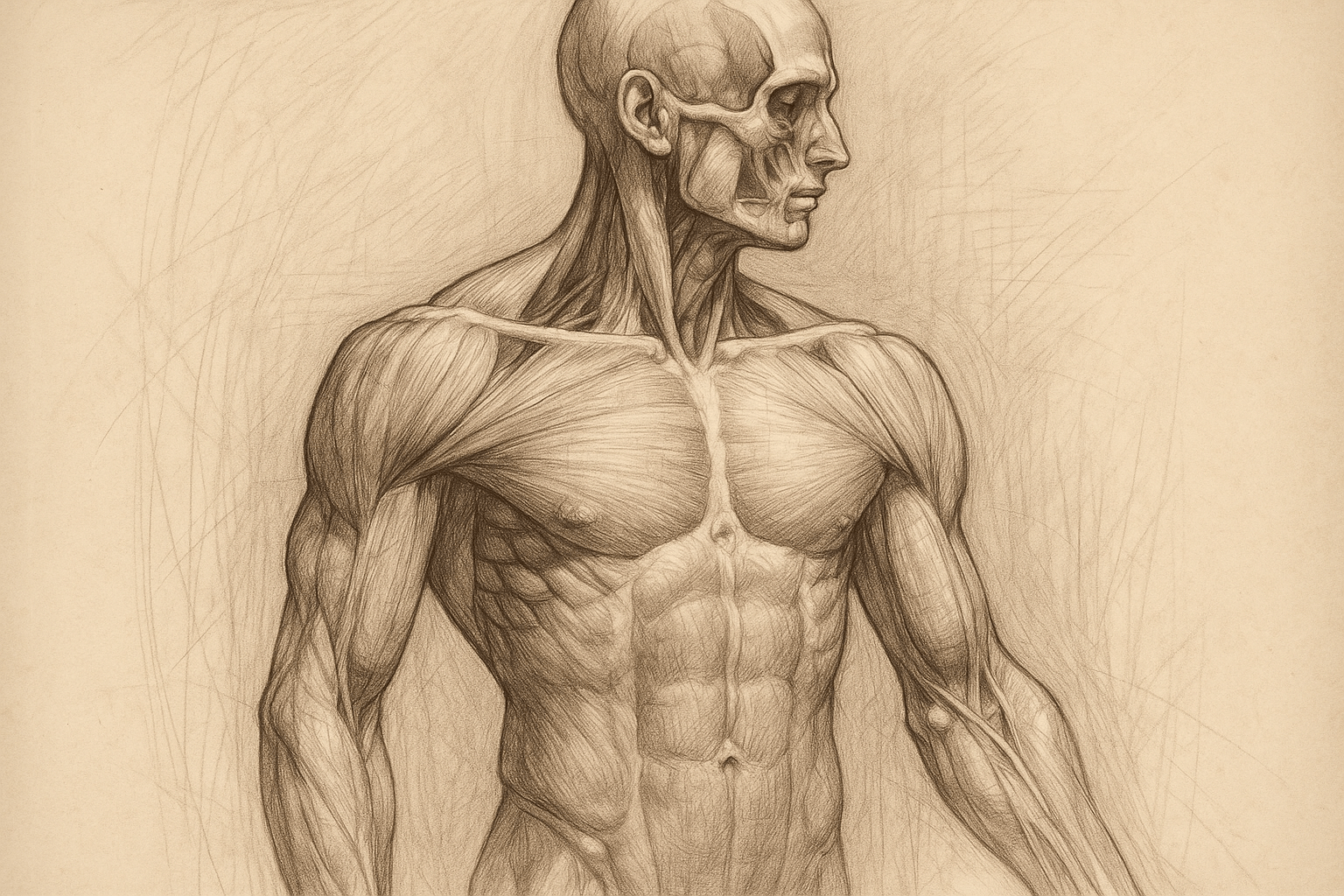
The art style Anatomy Drawing is characterized by its detailed and realistic portrayal of the human body. Artists who specialize in this style often use a variety of mediums to create their art, including pencil, pen, and ink. The finished product is typically a highly detailed and accurate representation of the human body, often including all of the major organs and bones.
Thinking in the box: Impressionism, Modernism
Might also call it: 1. Anatomical drawing 2. Anatomical illustration 3. Anatomical sketch 4. Anatomical painting 5. Anatomical diagram
Ancient Art of Aztec No.49
The art style of the ancient Aztecs was characterized by its use of bright colors and intricate patterns. Aztec artists often used geometric shapes to create patterns that were both aesthetically pleasing and meaningful. Aztec art was often used to depict religious or political scenes, and it often had a symbolic purpose.
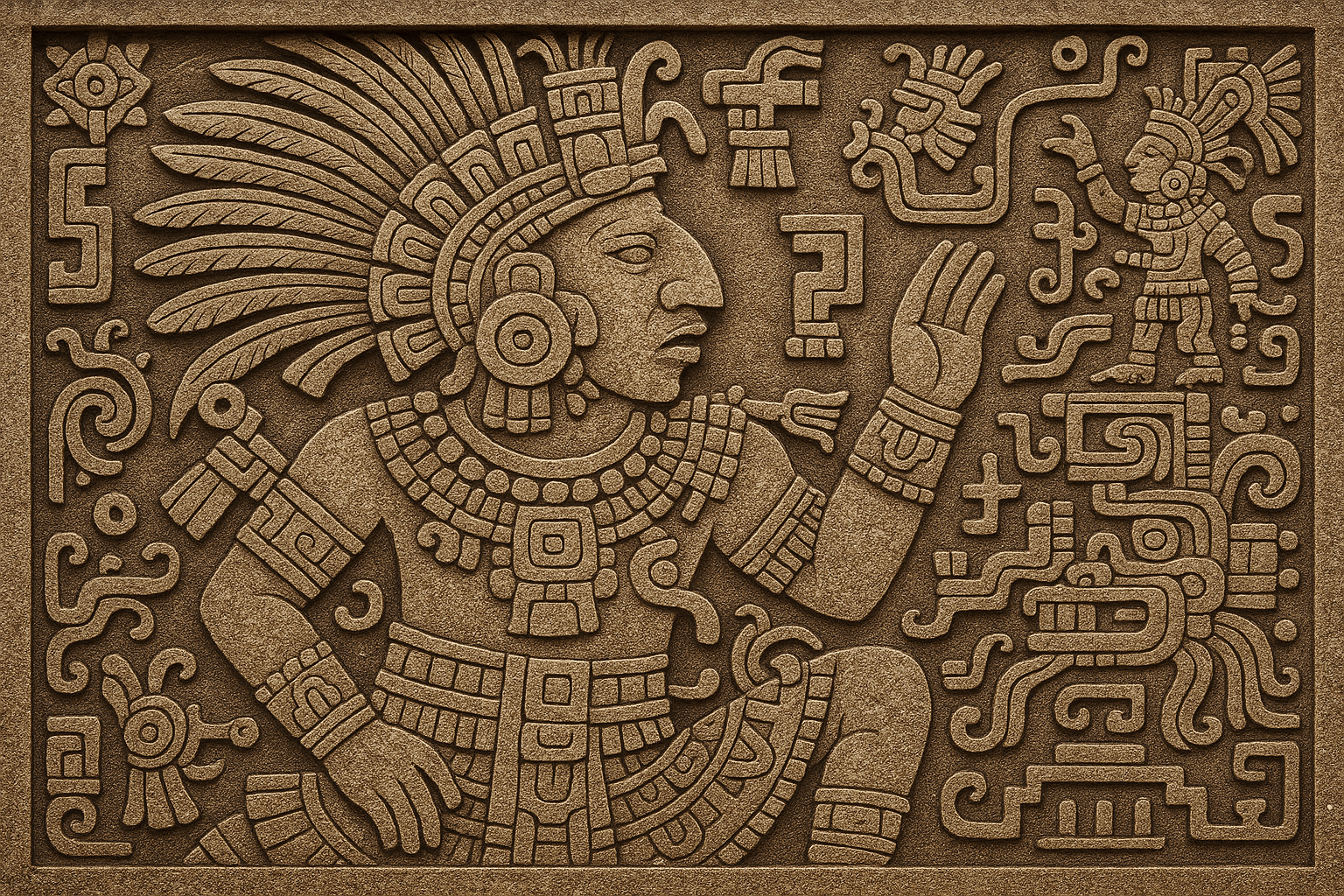
The art style of Ancient Art of Aztec is characterized by its use of bright colors and geometric shapes. Aztec artists often used bold colors and patterns to create visual interest, and their art often featured scenes of daily life or religious rituals. Aztec art is also known for its use of symbolism, and many Aztec artifacts feature images of gods and goddesses that were meant to represent different aspects of Aztec culture.
Thinking in the box: Impressionism, Modernism
Might also call it: Pre-Columbian art, Mesoamerican art
Ancient Art of Babylon No.50
The art style of Ancient Babylon is characterized by its use of geometric shapes and patterns, as well as its use of bright colors. This art style is often seen in the form of mosaics and reliefs, and is known for its ability to depict a wide range of subject matter, from animals to mythological scenes.
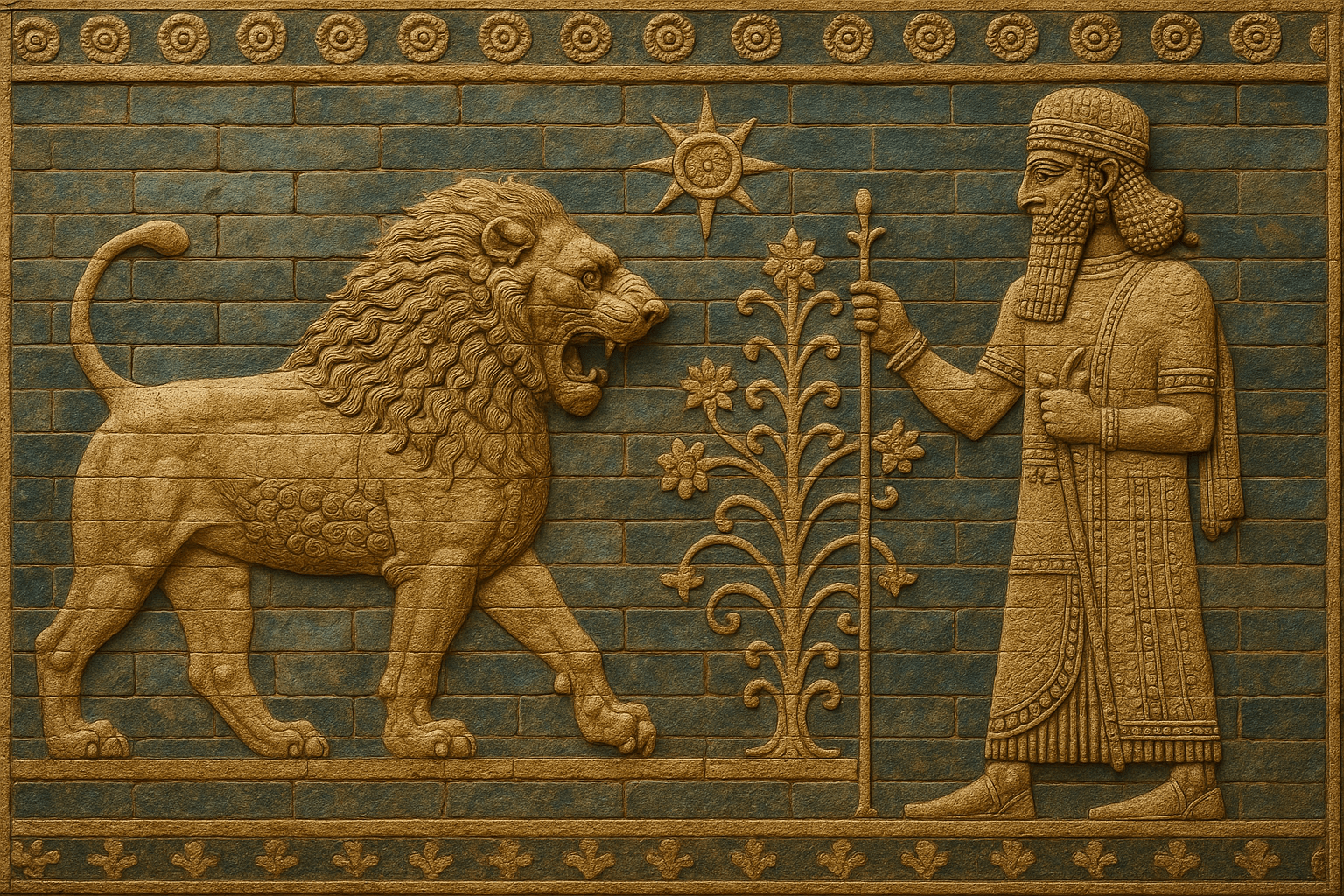
The art style of Ancient Babylon is characterized by its use of geometric shapes and patterns, as well as its use of bright colors.
Thinking in the box: Impressionism, Modernism
Might also call it: Old Art of Babylon, Art of Mesopotamia, Art of the Middle East
Ancient Art of China No.51
Ancient Chinese art is characterized by its distinctive style and rich history. Chinese art is renowned for its intricate detail, and its unique ability to convey emotion and meaning. Ancient Chinese artists were highly skilled in a variety of mediums, including painting, sculpture, and calligraphy. Chinese art is often characterized by its use of symbolism and metaphor. Ancient Chinese artists often used animals and nature scenes to represent human qualities and emotions. In addition, Chinese art often incorporates elements of Taoist and Buddhist philosophy. Ancient Chinese art is a valuable source of information about Chinese culture and history. It is also a beautiful and intriguing art form in its own right.
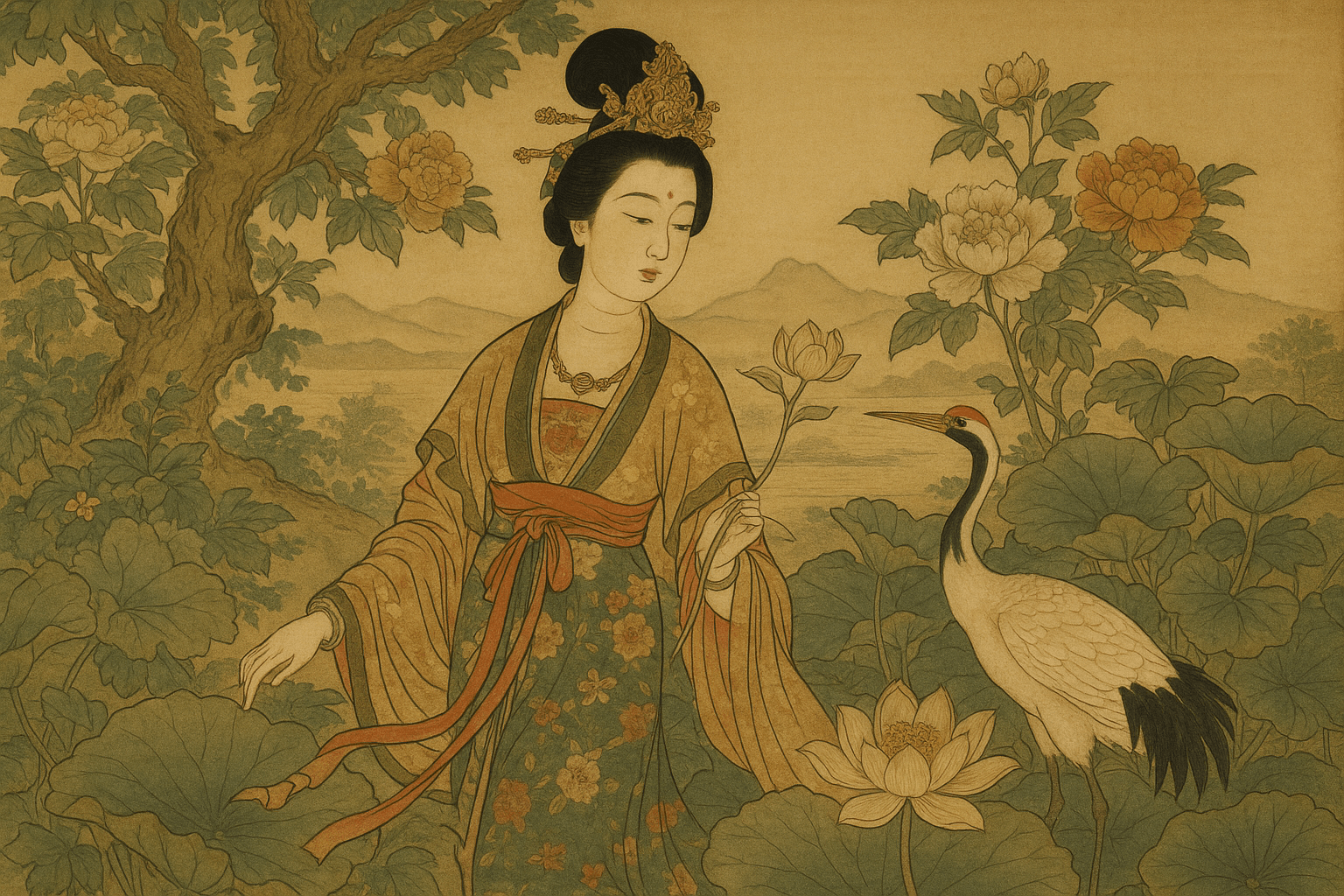
The ancient art of China is characterized by its strong brush strokes, simple yet elegant designs, and its muted colors. The art style is often compared to calligraphy, as it has a similar focus on line work and composition.
Thinking in the box: Impressionism, Modernism
Might also call it: Chinese art, ancient Chinese art
Ancient Art of Egypt No.52
The art style of Ancient Egypt is characterized by its use of simple lines and shapes. This is because the Egyptians believed that the world was created from a single line. This art style is also known for its use of bright colors.
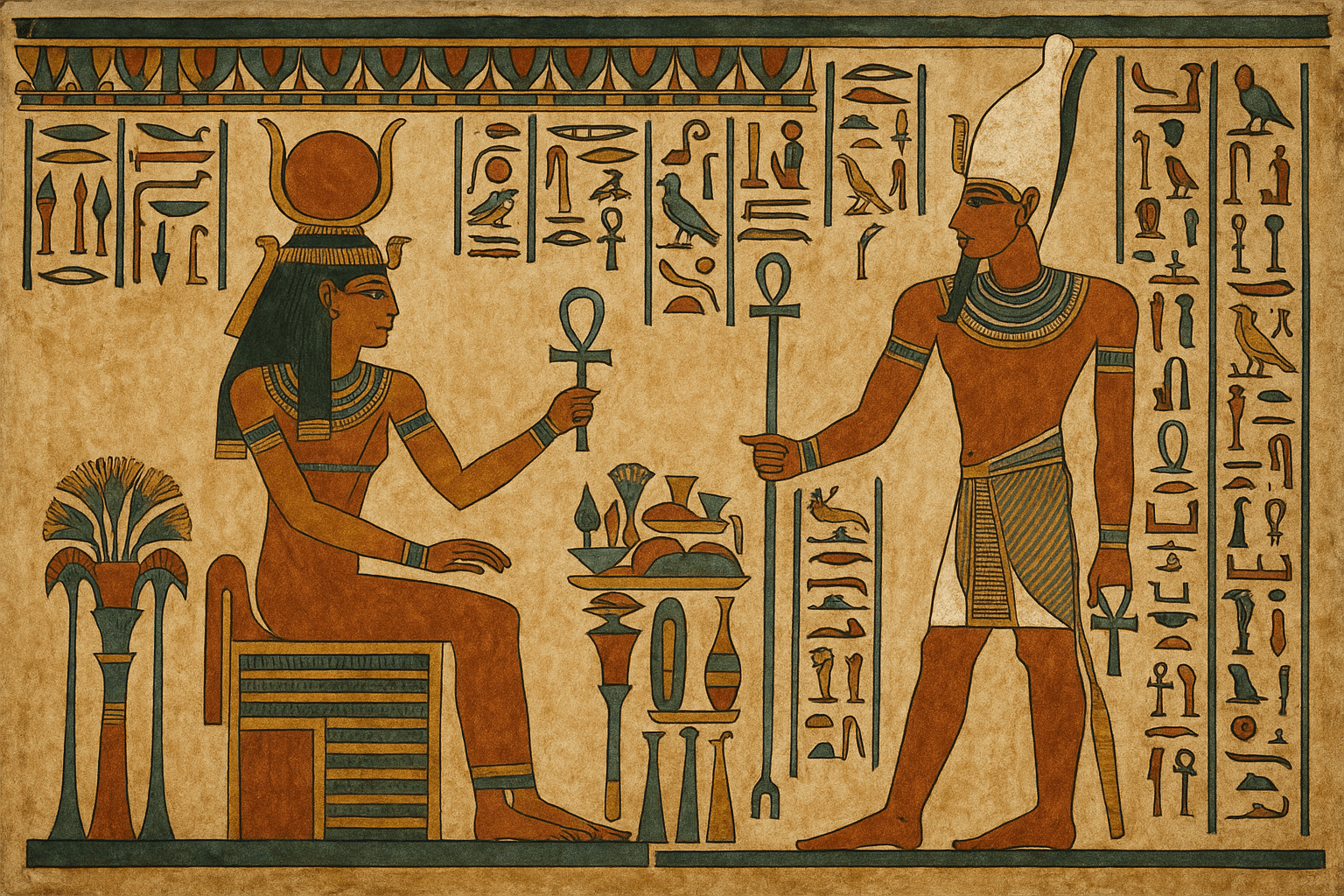
The art style of Ancient Egypt is characterized by its use of bold and bright colors, as well as its use of intricate patterns and designs.
Thinking in the box: Impressionism, Modernism
Might also call it: Old Art of Egypt, Art of the Pharaohs
Ancient Art of Greece No.53
The art style of Ancient Greece is characterized by its use of simple yet elegant lines and shapes. Ancient Greek artists often used geometric forms to create their art, which resulted in a clean and orderly appearance. This art style is often associated with the Classical period of Greek history, which lasted from the 5th to the 4th centuries BC.
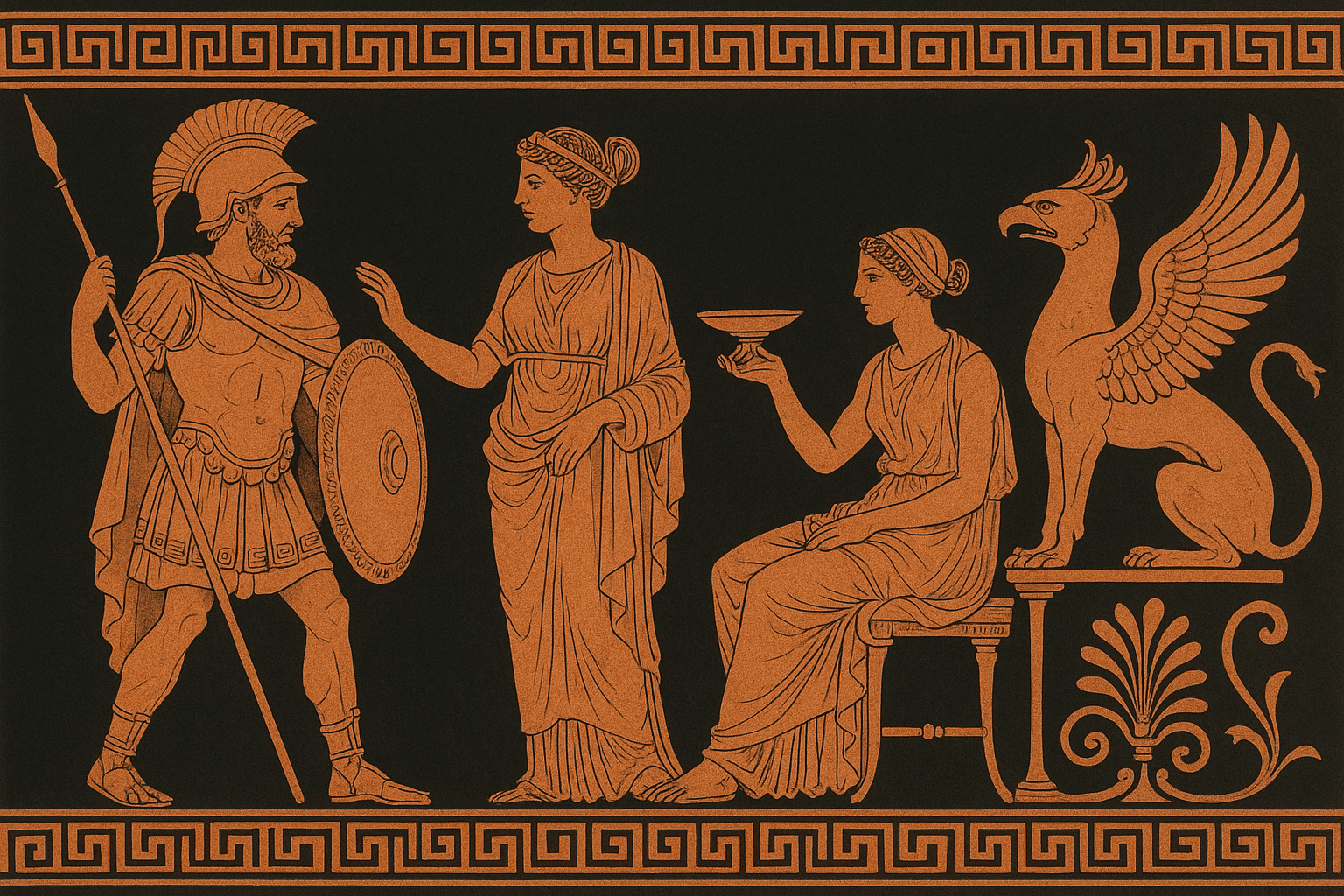
The art style of Ancient Greece is characterized by its use of geometric shapes and patterns, as well as its focus on the human form. Additionally, Ancient Greek art often features scenes from mythology or daily life.
Thinking in the box: Impressionism, Modernism
Might also call it: Classical Art, Greek Art
Ancient Art of India No.54
Ancient Indian art is characterized by its intricate patterns and bold colors. Common motifs include elephants, tigers, and lotus flowers. Indian artists often use gold and silver leaf to add shimmer and dimension to their work. Traditional Indian art is highly stylized and often features religious or spiritual symbolism.

The art style of Ancient India is characterized by its use of bright colors and intricate patterns. Indian artists often use a technique called "gilding" to create a gold leaf effect on their paintings.
Thinking in the box: Impressionism, Modernism
Might also call it: Ancient Art of India can be referred to as Indian Art, Hindu Art, or Buddhist Art.
Ancient Art of Japan No.55
Ancient Art of Japan is a style of art that dates back to the country's earliest history. It is characterized by its use of simple, clean lines and natural forms. Ancient Art of Japan is known for its beauty and elegance, and its ability to convey a sense of calm and serenity.
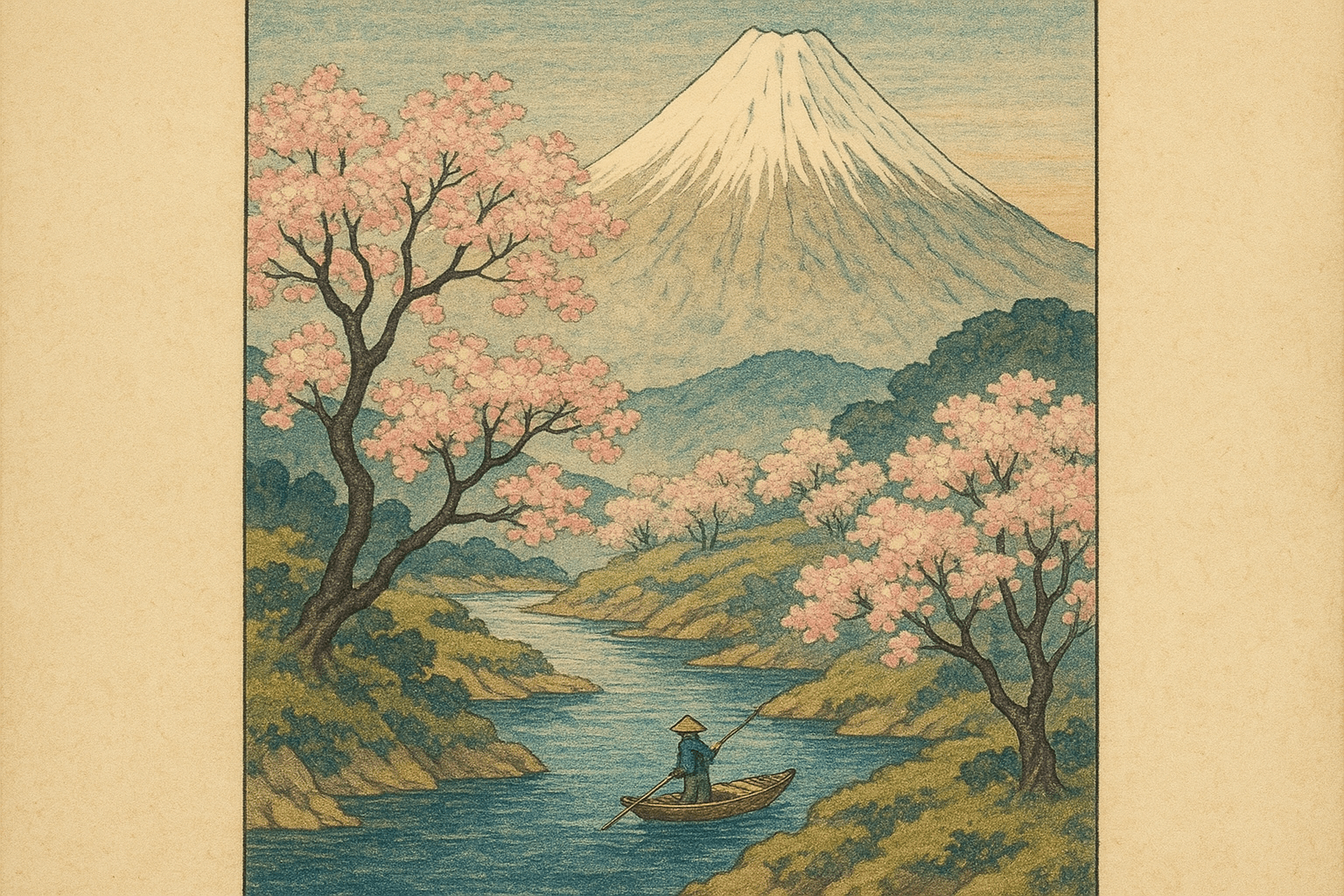
The visual appearance of the art style Ancient Art of Japan is characterized by its use of bright colors and bold patterns. Ancient Japanese art is also known for its intricate detail and its use of symbolism.
Thinking in the box: Impressionism, Modernism
Might also call it: Japanese art, Japanese painting, Japanese sculpture, Japanese architecture
Ancient Art of Maya No.56
The ancient art style of Maya is characterized by its use of bold colors and intricate patterns. Maya artists often used geometric shapes to create patterns and images. Their art was often used to tell stories or depict scenes from nature.
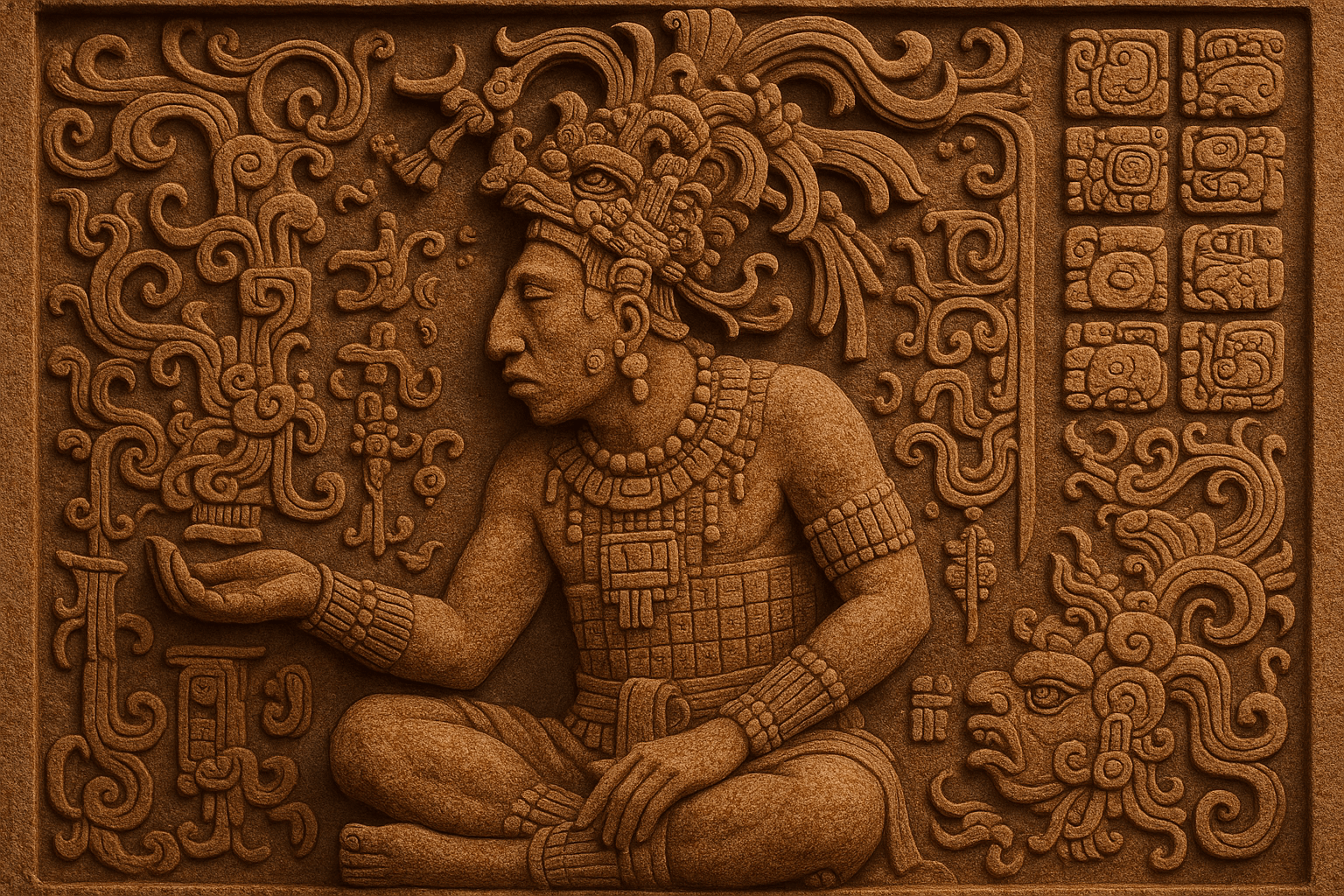
The art style of Ancient Maya is characterized by its use of bold colors and intricate patterns. Maya artists often used bright colors such as red, yellow, and blue in their paintings and sculptures. They also created intricate patterns by combining different colors and shapes.
Thinking in the box: Impressionism, Modernism
Might also call it: Pre-Columbian Art, Mesoamerican Art
Ancient Art of Rome Painting No.57
Ancient Roman painting is characterized by its use of bold colors and simple, yet elegant, lines. Roman painters often used perspective to create an illusion of depth, and their work often depicted scenes from everyday life.
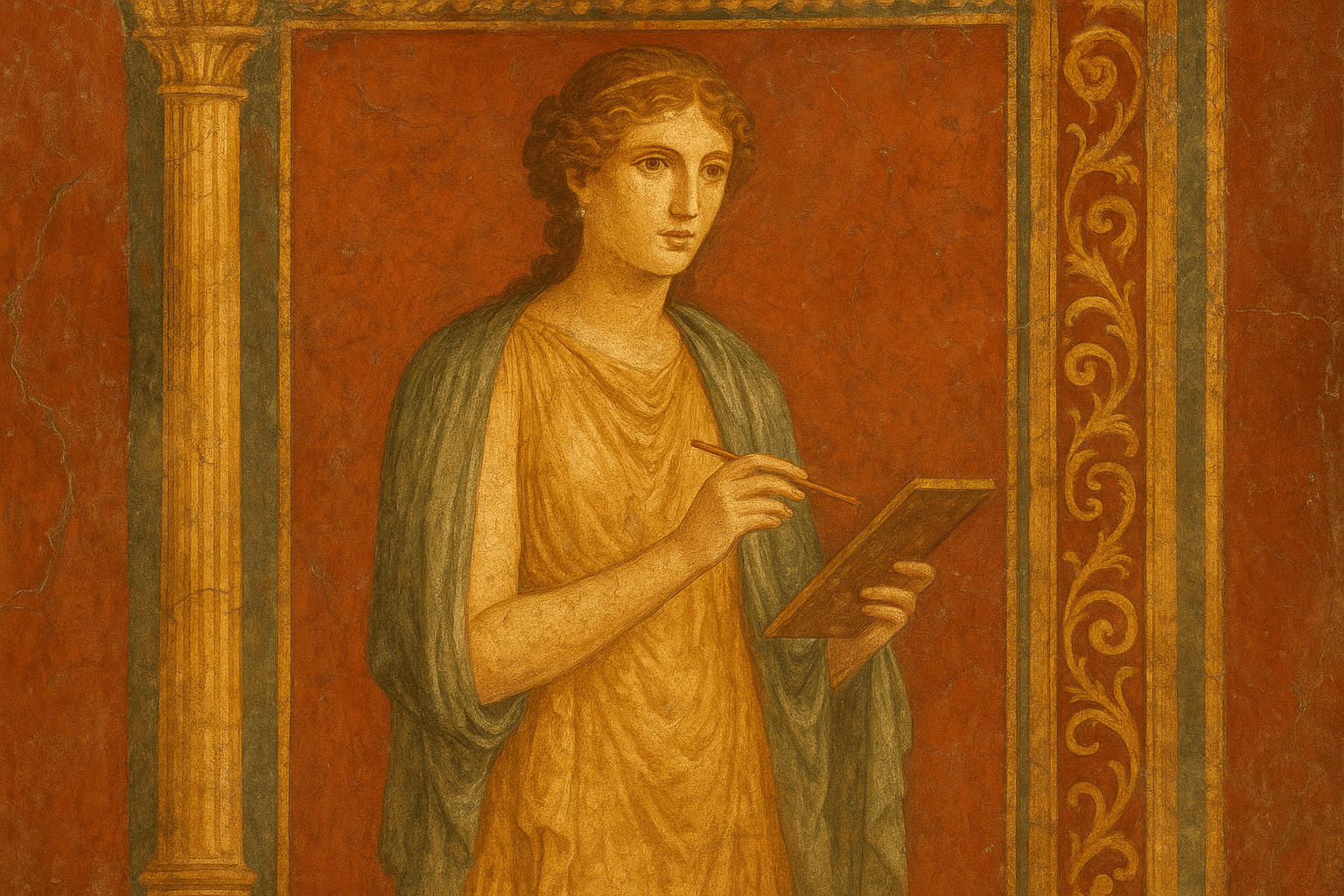
The art style Ancient Art of Rome Painting is characterized by its use of bright colors and its highly detailed and realistic depictions of scenes from Roman life. This style of painting is often seen in murals and frescoes, and its popularity during the Renaissance period helped to spread its influence throughout Europe.
Thinking in the box: Impressionism, Modernism
Might also call it: Old Art of Rome Painting, Classical Art of Rome Painting
Timeless Stones of the Nile No.58
Sacred lines carved in eternity,symbols that sing tales of pharaohs' grandeur. Ancient Egyptian Art stands as a testament to civilization's first heartbeat.
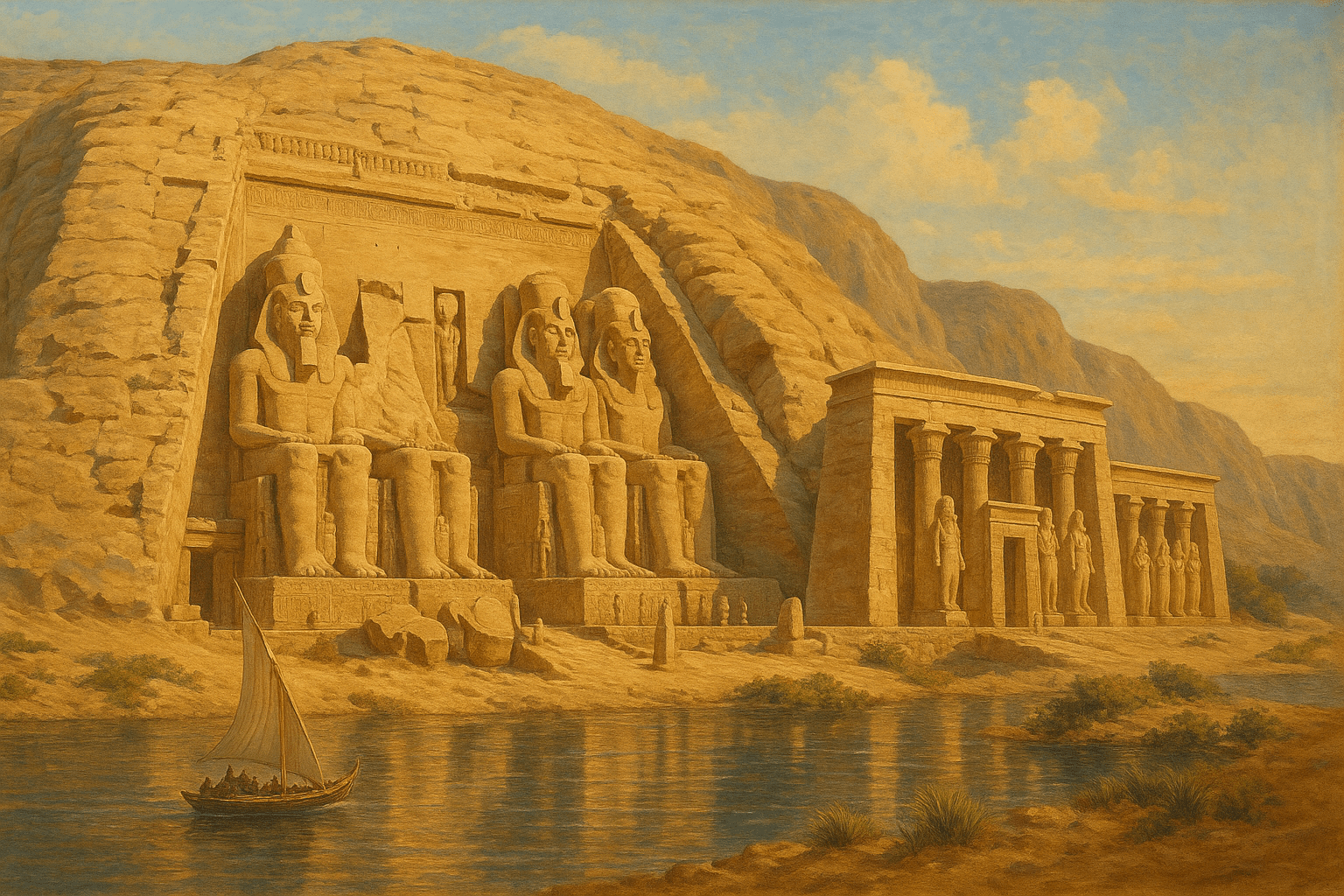
Monumental forms frozen in time, geometric precision envelopes the soul. Hieroglyphs dance across temple walls, muted colors hold the whispers of gods in alabaster coolness.
Thinking in the box: Figurative Art, Symbolic Art
Might also call it: Egyptian Art, Nile's Legacy, Art of the Pharaohs
Artistry of Olympus No.59
Chiseled into time, Ancient Greek Art captures the divine grace of gods, mortals, and myth. Its harmony and proportion have become the heartbeat of Western artistic tradition.
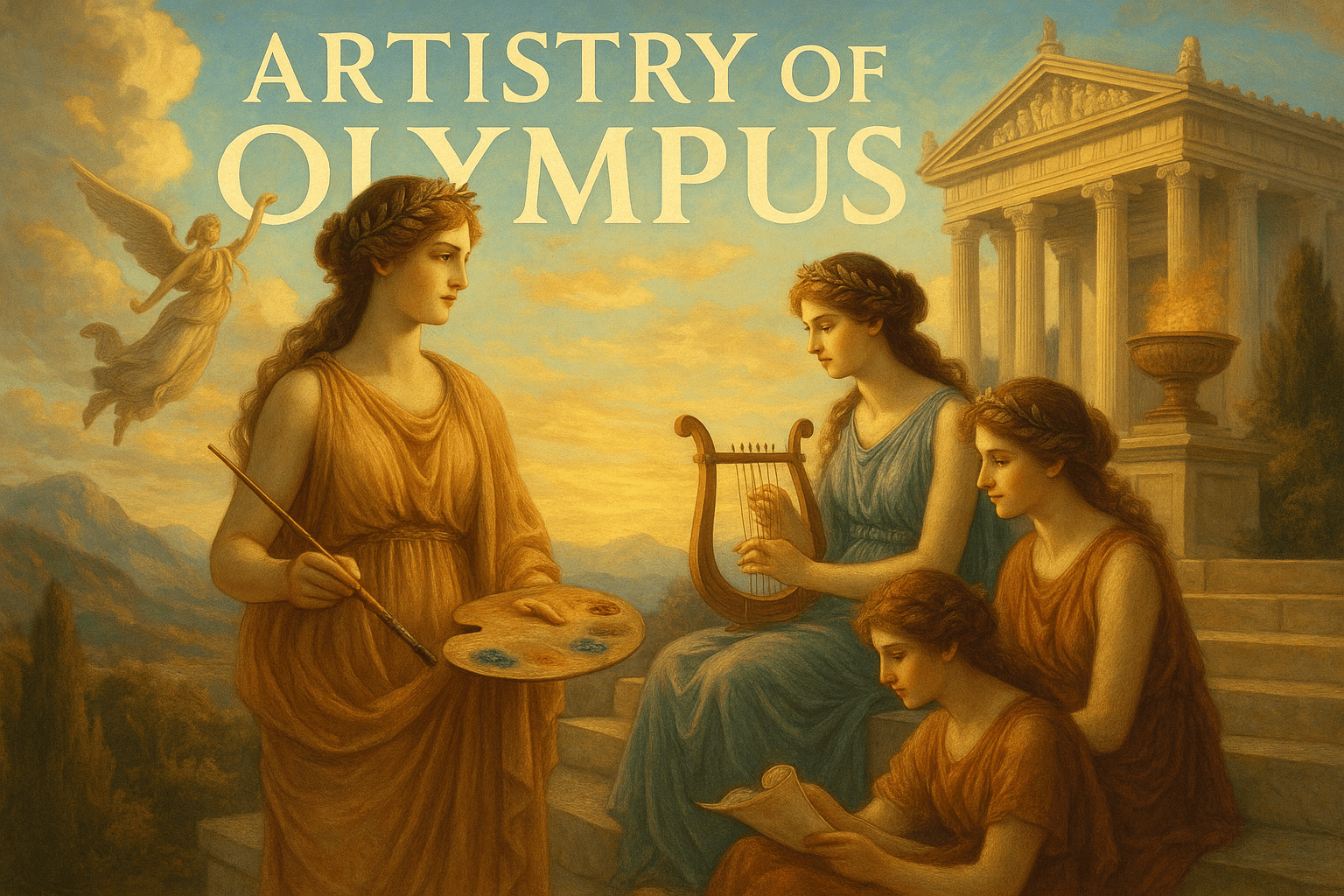
Marble sculptures breathe lifelike forms, frescoes and vases narrate myths with rich colors, architecture boasts Doric and Ionic symmetry, each piece a symphony of precision and grace.
Thinking in the box: Classical, Sculpture, Pottery, Architecture, Fresco
Might also call it: Classical Greek Art, Hellenic Art
Timeless Echoes of Empire No.60
In grand gestures and intricate mosaics, Ancient Roman art mirrors a civilization grasping eternity; capturing gods, emperors, and the mundane with equal zeal. Monuments carved from power whisper stories of Rome's relentless quest for immortality.
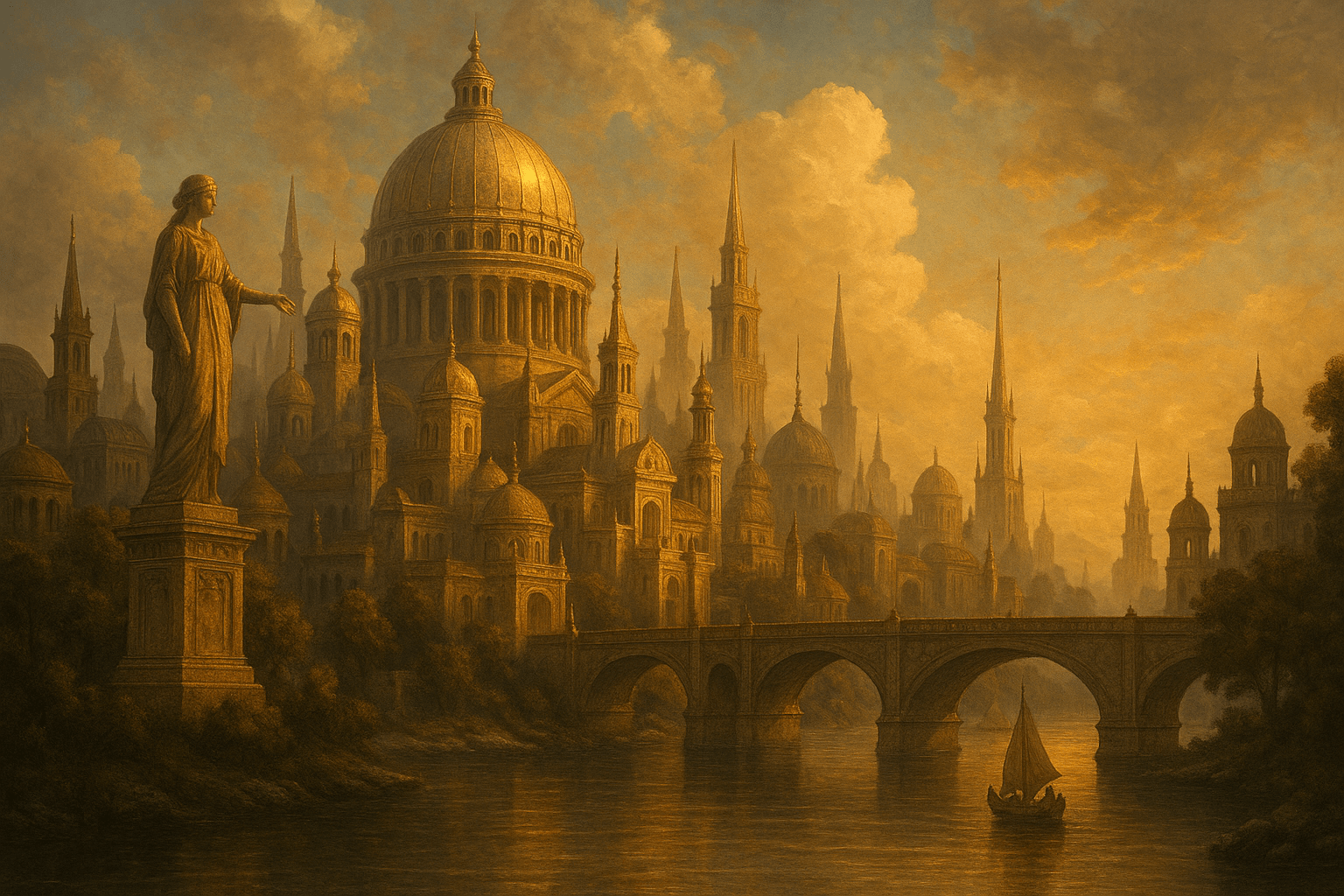
Vivid colors splash across frescoed walls. Marble sculptures echo human triumph and fragility. Majestic arches and intricately patterned mosaics capture the theater of life, suspended between reverence and empire’s grandeur.
Thinking in the box: Figurative Art, Architectural Sculpture
Might also call it: Roman Classicism, Imperial Roman Art
Ancient and Tribal Art No.61
Ancient and Tribal Art is a style of art that dates back to the early days of human civilization. This type of art is characterized by its use of natural materials, such as stone, wood, and bone, and its focus on simple, geometric forms. Ancient and Tribal Art is often associated with the cultures of Africa, Asia, and the Americas.
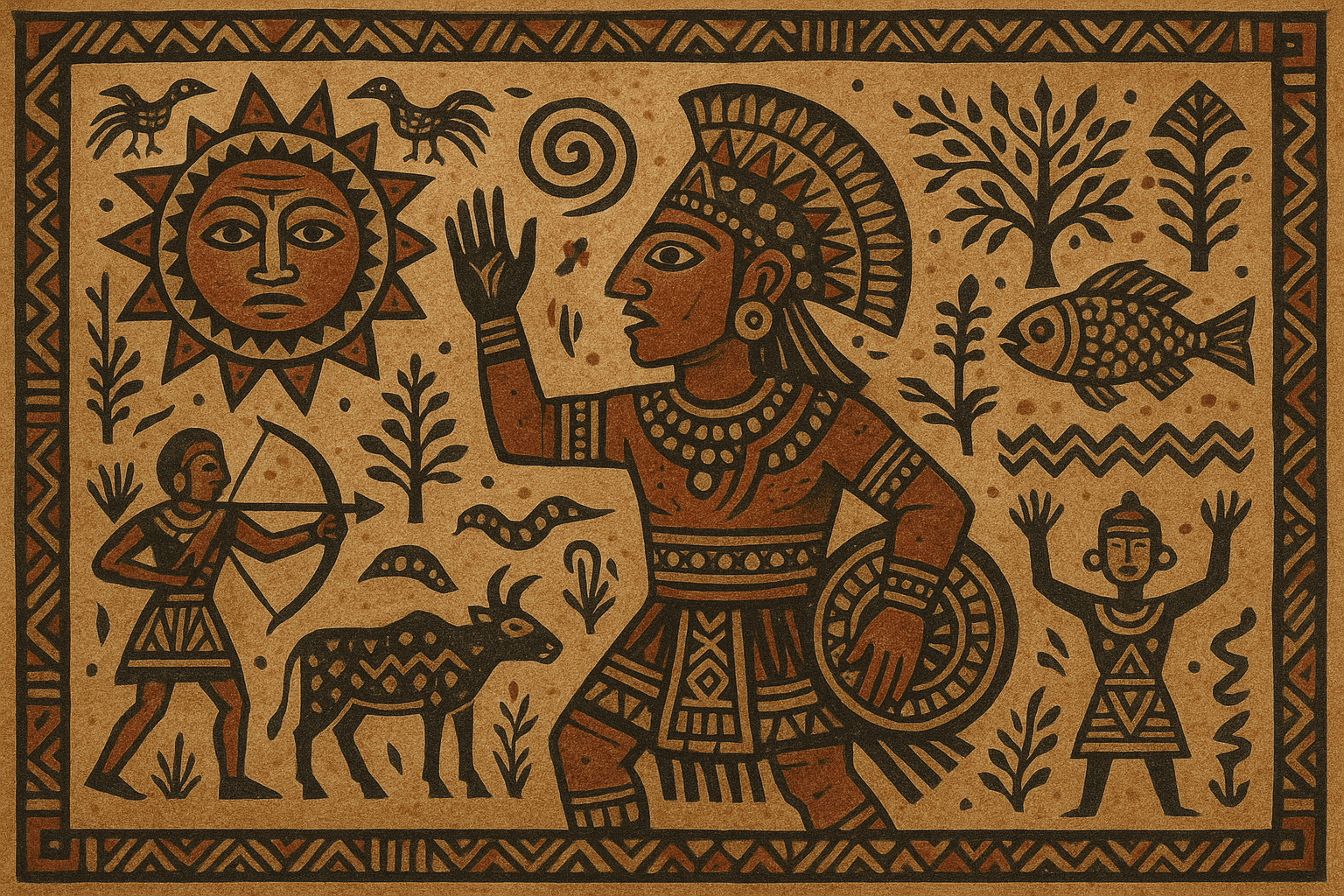
The art style of Ancient and Tribal Art is characterized by its use of naturalistic and stylized forms, as well as its use of bright colors. This art style often depicts scenes from nature, as well as scenes of daily life.
Thinking in the box: Impressionism, Modernism
Might also call it: Antique and Folk Art
Andy Warhol No.62
Andy Warhol was an American artist who was a leading figure in the visual art movement known as pop art. His works explore the relationship between artistic expression, celebrity culture, and advertising that flourished by the 1960s. Warhol's art used both popular icons and images of celebrities and everyday people, often in a highly ironic way.
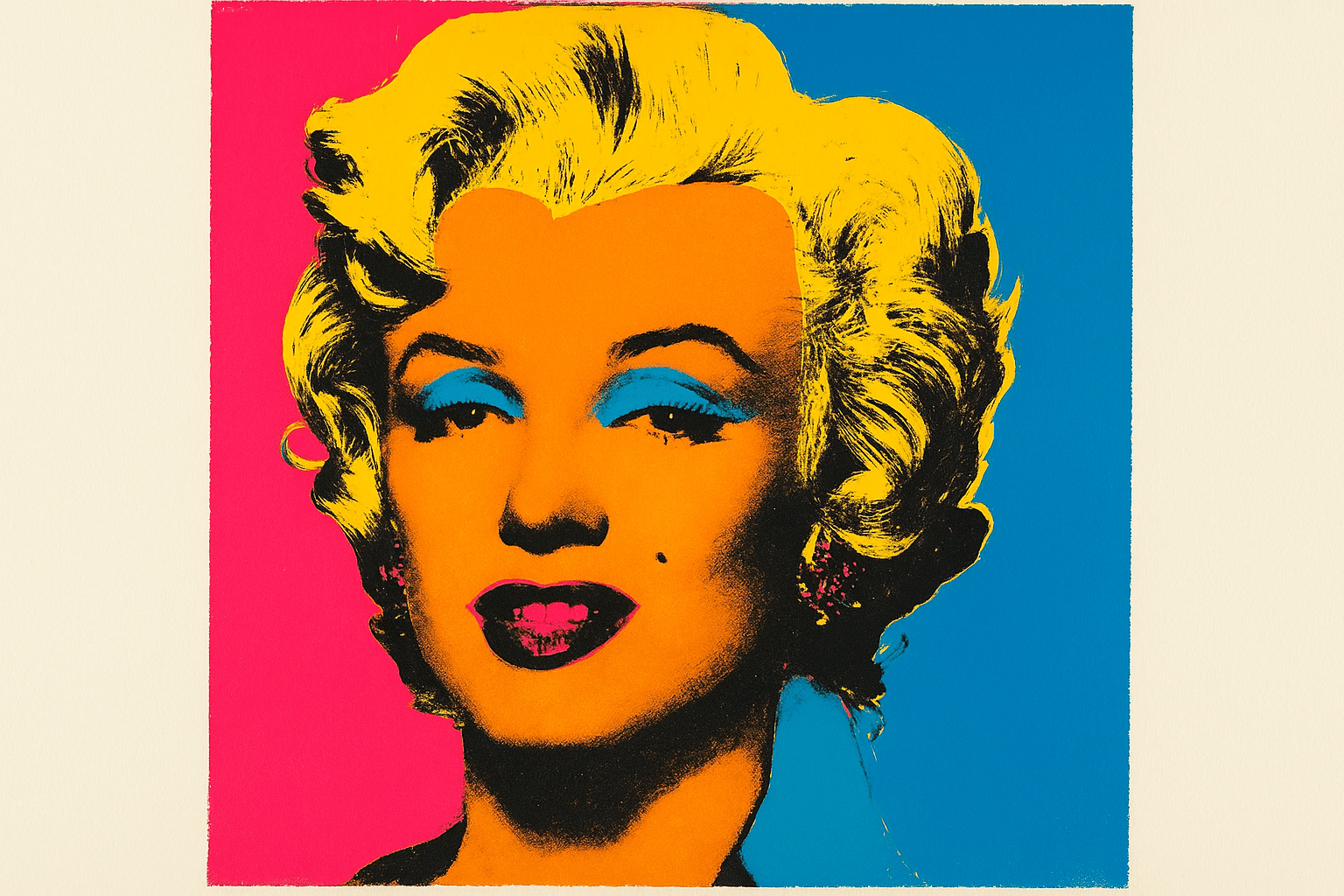
The art style of Andy Warhol is characterized by its use of bright colors and bold patterns. Warhol's art is often described as pop art, as it often incorporates images from popular culture.
Thinking in the box: Impressionism, Modernism
Might also call it: Pop artist, painter, filmmaker, celebrity, icon
Angolans No.63
The art style of Angolans is characterized by its use of bright colors and geometric shapes. Angolan artists often use traditional symbols and motifs in their work, which often has a political or social message.

The art style of Angolans is characterized by its use of bright colors and bold patterns. Angolan artists often use geometric shapes and symbols to create their artwork.
Thinking in the box: Impressionism, Modernism
Might also call it: Angolans can also be referred to as people from Angola, or as Angolan people.
Anima-Synthetic Fusion No.64
A delicate dance of pixels and pigments, merging digital precision with organic spontaneity. Imagination sculpted in binary, colored with the soul's palette. An ever-evolving conversation between machine logic and human vulnerability.
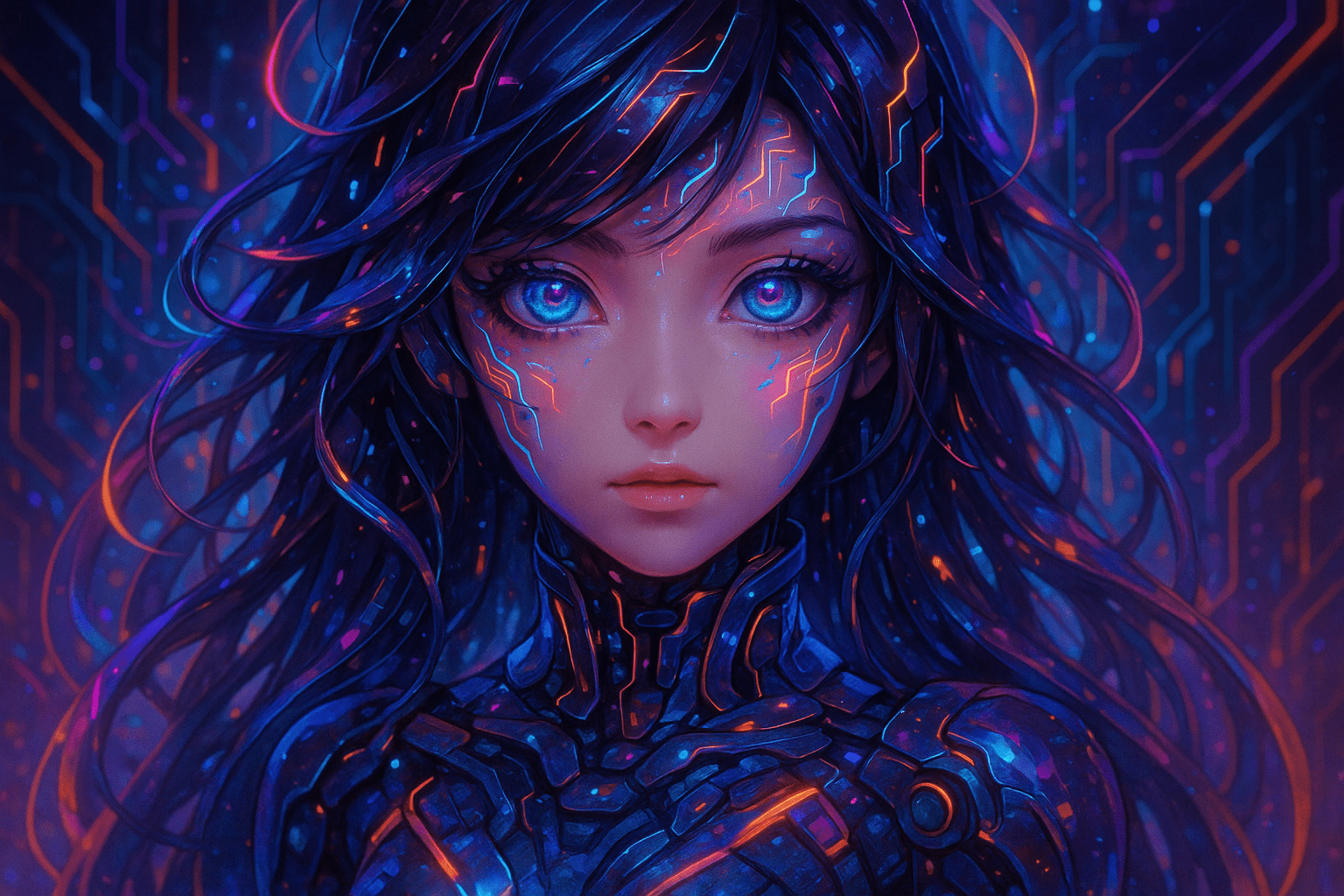
Canvas bursts into life with cybernetic tendrils, vibrant hues interlaced with translucent layers. Each artwork a dreamy hologram, oscillating between digital clarity and blurred, nostalgic visions.
Thinking in the box: Digitalism, Post-Modernism
Might also call it: Technorganic Art, Digital Heirloom
Animal painting No.65
Animal painting is a type of painting that focuses on depicting animals. This type of painting can be done in a realistic or stylized manner. Animal paintings can be used to capture the beauty of the animal, to tell a story, or to convey an emotion.
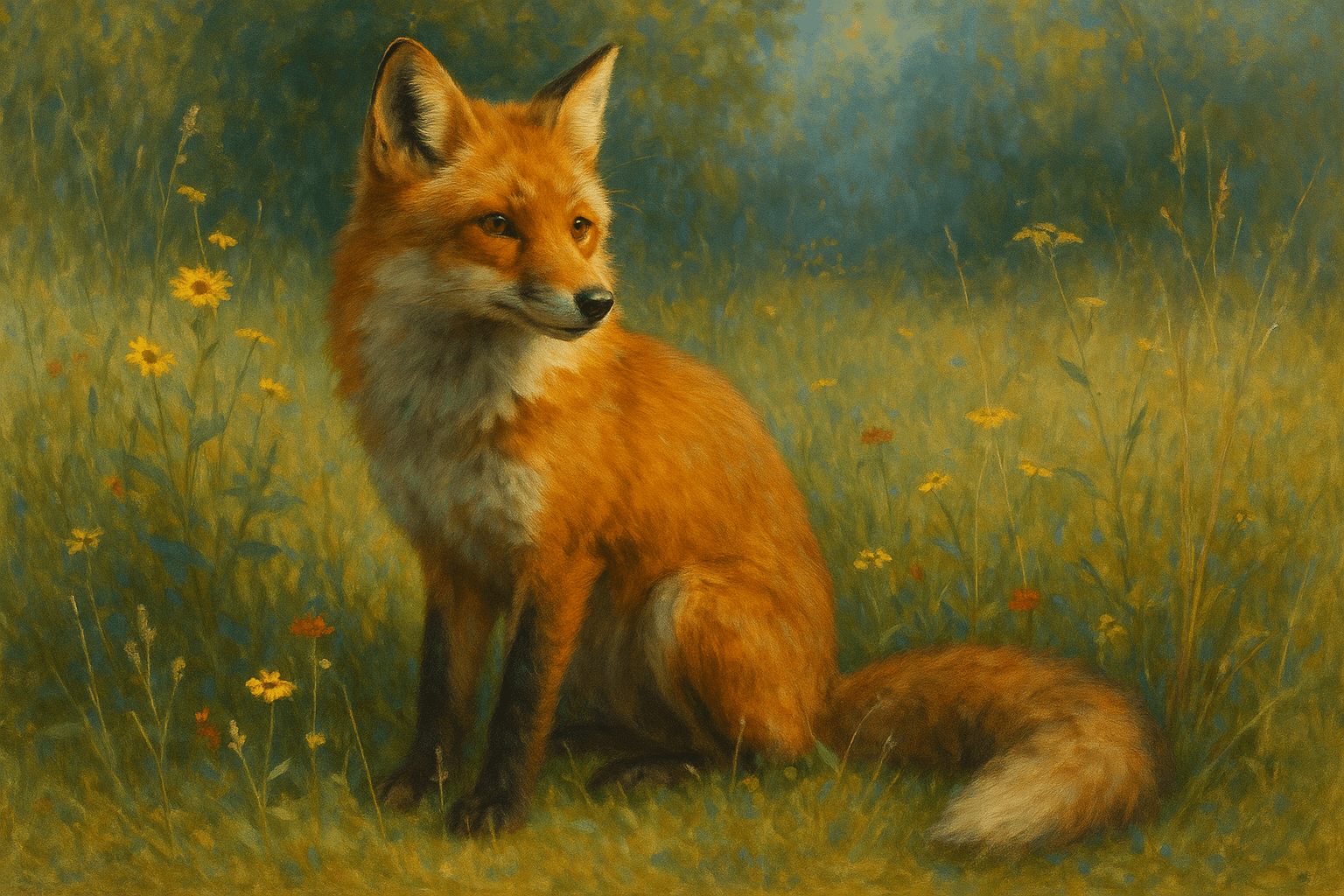
Animal paintings are usually characterized by their bright colors and bold patterns. The subjects of animal paintings are often animals that are considered to be exotic or dangerous, such as lions, tigers, and snakes.
Thinking in the box: Impressionism, Modernism
Might also call it: Animal art, animal drawings, animal illustrations.
Anime No.66
Anime is a Japanese animation style that is characterized by colorful graphics, vibrant characters, and often fantastical themes. Anime is typically hand-drawn or computer-generated, and often combines both live-action and animation.
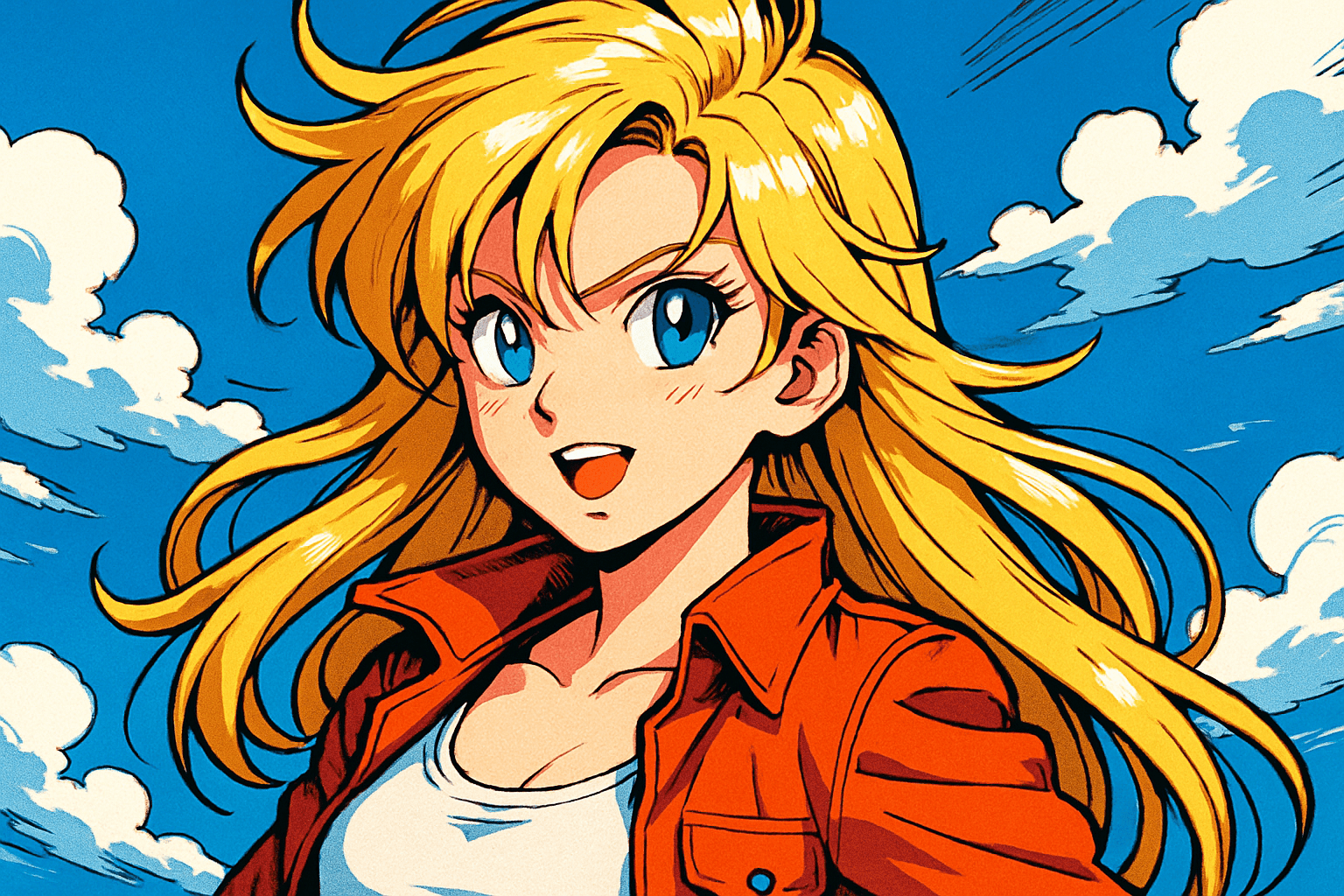
The art style of anime is typically characterized by colorful graphics, vibrant characters, and exaggerated features. Anime is often associated with a specific art style, which includes exaggerated facial expressions and features, large eyes, and vibrant colors.
Thinking in the box: Impressionism, Modernism
Might also call it: Cartoon, animation
Anime Manga Drawing No.67
Anime and manga are Japanese animation and comics, respectively. They are characterized by colorful graphics and often feature themes of action, romance, and comedy.

The art style of anime manga drawing is characterized by its use of bright colors and its highly stylized images. Anime manga drawing often features large eyes and exaggerated facial expressions, as well as highly detailed backgrounds.
Thinking in the box: Impressionism, Modernism
Might also call it: Cartoon, comics
Anit-art No.68
Anit-art is a term used to describe a range of art styles that deliberately defy traditional art norms. These art styles are often associated with Dadaism and Surrealism, and can be characterized by their use of absurd imagery, non-traditional materials, and unorthodox techniques. While there is no one definitive style of anit-art, artists who embrace this approach often seek to challenge the viewer's preconceptions about what art is and can be.

The art style known as Anti-art is characterized by its rejection of traditional art forms and conventions. Anti-art artists believe that art should be expressive and personal, rather than bound by rules and conventions. They often use unconventional materials and techniques, and their work is often characterized by spontaneity and improvisation.
Thinking in the box: Impressionism, Modernism
Might also call it: Non-art, anti-aesthetic
Antipodeans No.69
The Antipodeans were a group of abstract artists who were active in Melbourne and Sydney during the 1950s. The group was founded by painters John Brack, John Olsen, and Arthur Boyd. The Antipodeans were known for their use of bright colors and bold brushstrokes.
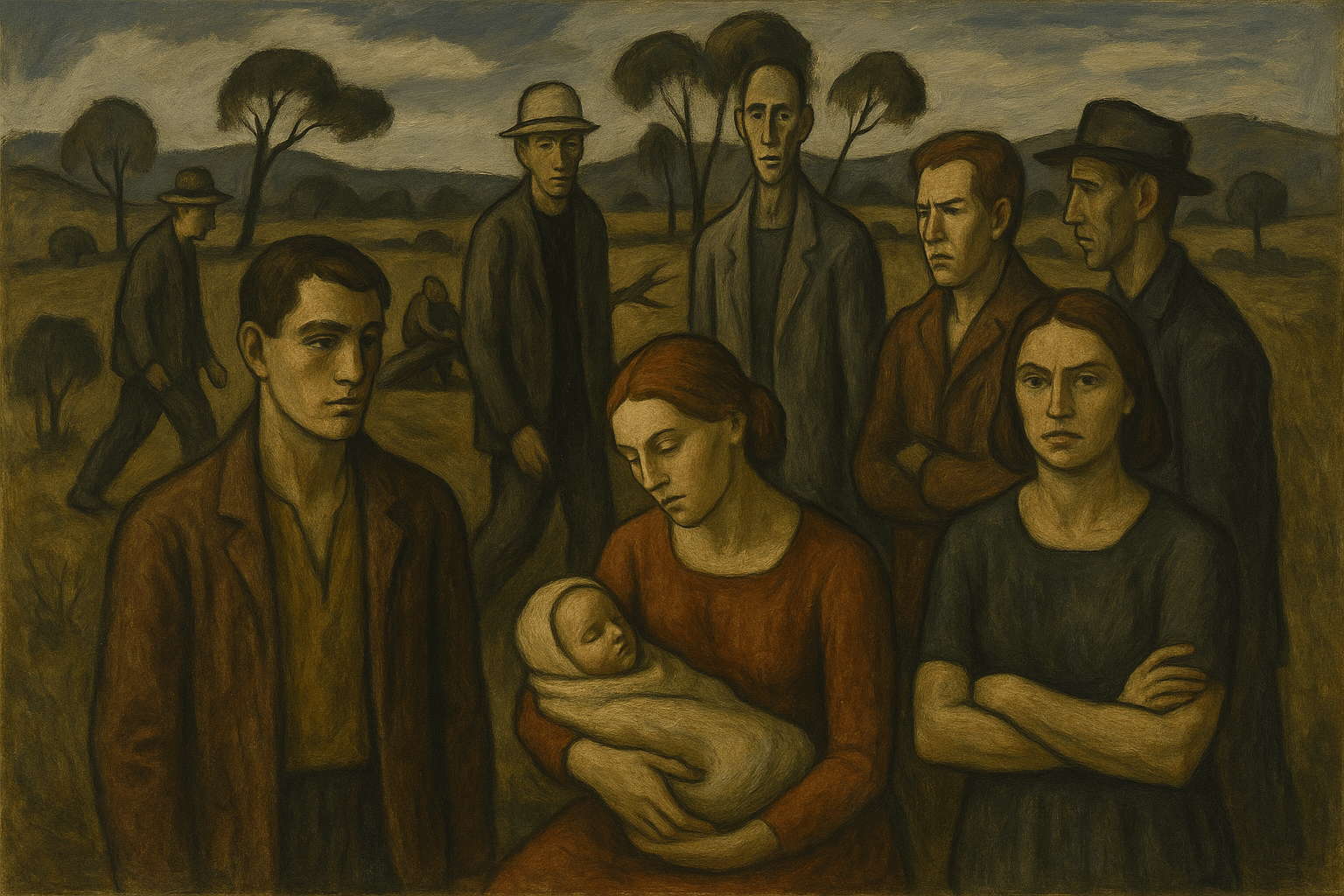
The Antipodeans were an Australian art movement that was active in the late 1950s and early 1960s. The group was made up of painters who were influenced by European abstract expressionism and who sought to develop a distinctly Australian version of the style. The Antipodeans are known for their large, gestural paintings that often incorporate bold colors and abstract forms.
Thinking in the box: Impressionism, Modernism
Might also call it: Aussie, Kiwi
Apocalyptic Selfie No.70
The Apocalyptic Selfie is a unique art style that combines elements of self-portraiture with apocalyptic and post-apocalyptic themes. The style is characterized by its dark and often dystopian aesthetic, which often features elements of decay, destruction, and death. The Apocalyptic Selfie is a relatively new art style that has emerged in the past few years. It is often seen as a reaction to the increasing popularity of selfie culture, as well as the growing concerns about the future of the world. The style is often used to express a sense of anxiety or fear about the future, as well as to comment on the current state of the world.
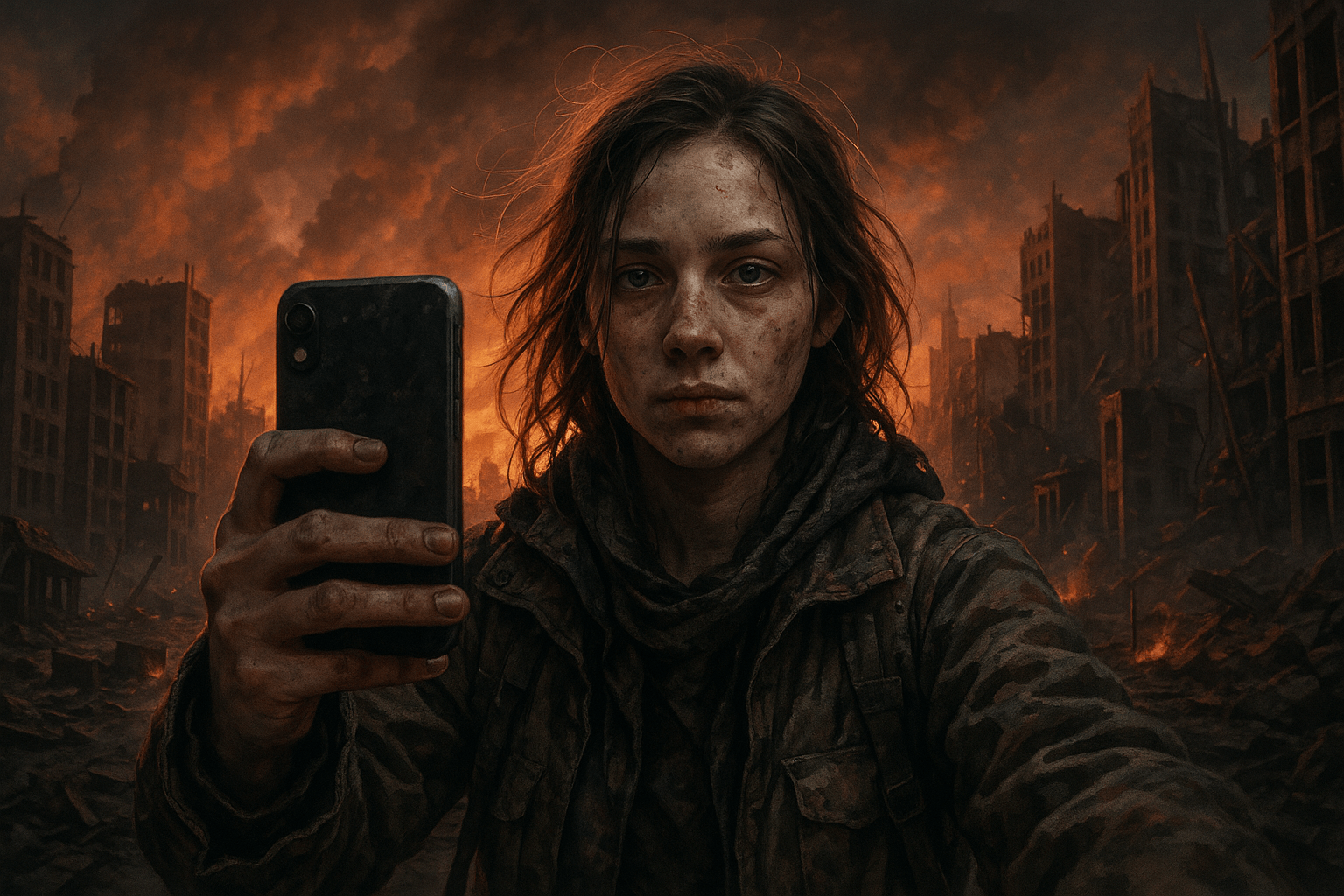
The Apocalyptic Selfie art style is characterized by dark, gritty images with a strong sense of foreboding. The colors are often muted, and the overall tone is one of despair and hopelessness. The subjects of these selfies are often shown in moments of crisis, surrounded by destruction and chaos.
Thinking in the box: Impressionism, Modernism
Might also call it: End of the world selfie, doomsday selfie, last days selfie, final days selfie, end times selfie, apocalypse selfie
App Icon No.71
App Icon is a minimalistic and modern art style that is perfect for creating beautiful and unique icons for your mobile app. This art style uses simple shapes and colors to create a clean and professional look that will make your app stand out from the rest.
The App Icon art style is characterized by its use of bright colors and simple shapes. The icons are often designed to look like they are part of a larger scene, and they often include elements that represent the app's functionality.
Thinking in the box: Impressionism, Modernism
Might also call it: Symbolic representation, logo, badge
Arabesque No.72
The Arabesque art style is characterized by its use of intricate patterns and geometric shapes. This style is often seen in Islamic art, as it is a popular motif in Arabic culture. Arabesque art is often used to create beautiful and ornate designs, which can be seen in many different types of artwork, from paintings to architecture.
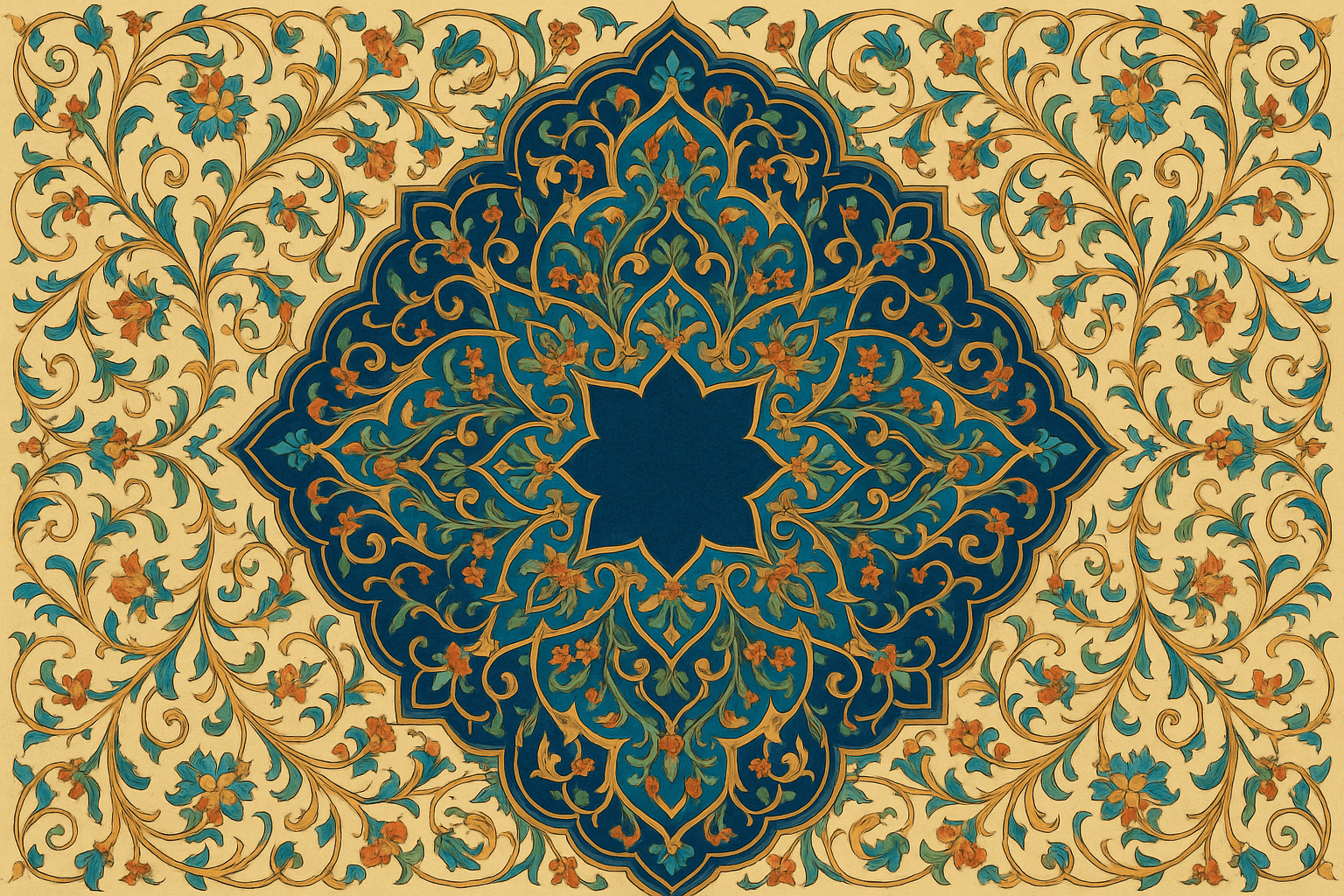
The art style Arabesque is characterized by intricate patterns and designs. These patterns often include geometric shapes and floral motifs. Arabesque art is often brightly colored and highly detailed.
Thinking in the box: Impressionism, Modernism
Might also call it: Fanciful, intricate, ornate, convoluted, involved, labyrinthine.
Arbeitsrat für Kunst No.73
The Arbeitsrat für Kunst was a German artists' association founded in 1919. It was one of the most important artistic movements of the Weimar Republic. The group was made up of artists, architects, and designers who wanted to make art accessible to the working class. They believed that art should be a part of everyday life, not just something that was displayed in museums or galleries. The Arbeitsrat für Kunst had a major impact on the development of German art in the 20th century.

The Arbeitsrat für Kunst style is characterized by its use of simple shapes and colors. The style is often described as being "geometric" or "constructivist." Arbeitsrat für Kunst artists often used found objects in their work, and they frequently incorporated text into their compositions.
Thinking in the box: Impressionism, Modernism
Might also call it: Arbeitsrat für Kunst can be synonymized with "Art Workers' Council."
Architectural Drawing No.74
Architectural drawing is the process of creating a 2D representation of a 3D structure. It is used by architects to communicate their ideas to clients, engineers, and construction workers. There are three types of architectural drawings: 1. Conceptual drawings are used to communicate an architect's ideas for a project. They are typically hand-drawn and use simple lines and shapes to represent the proposed structure. 2. Technical drawings are more detailed and accurate representations of a proposed structure. They are used to communicate an architect's ideas to engineers and construction workers. 3. Presentation drawings are used to communicate an architect's ideas to clients. They are typically computer-generated and use realistic images to represent the proposed structure.
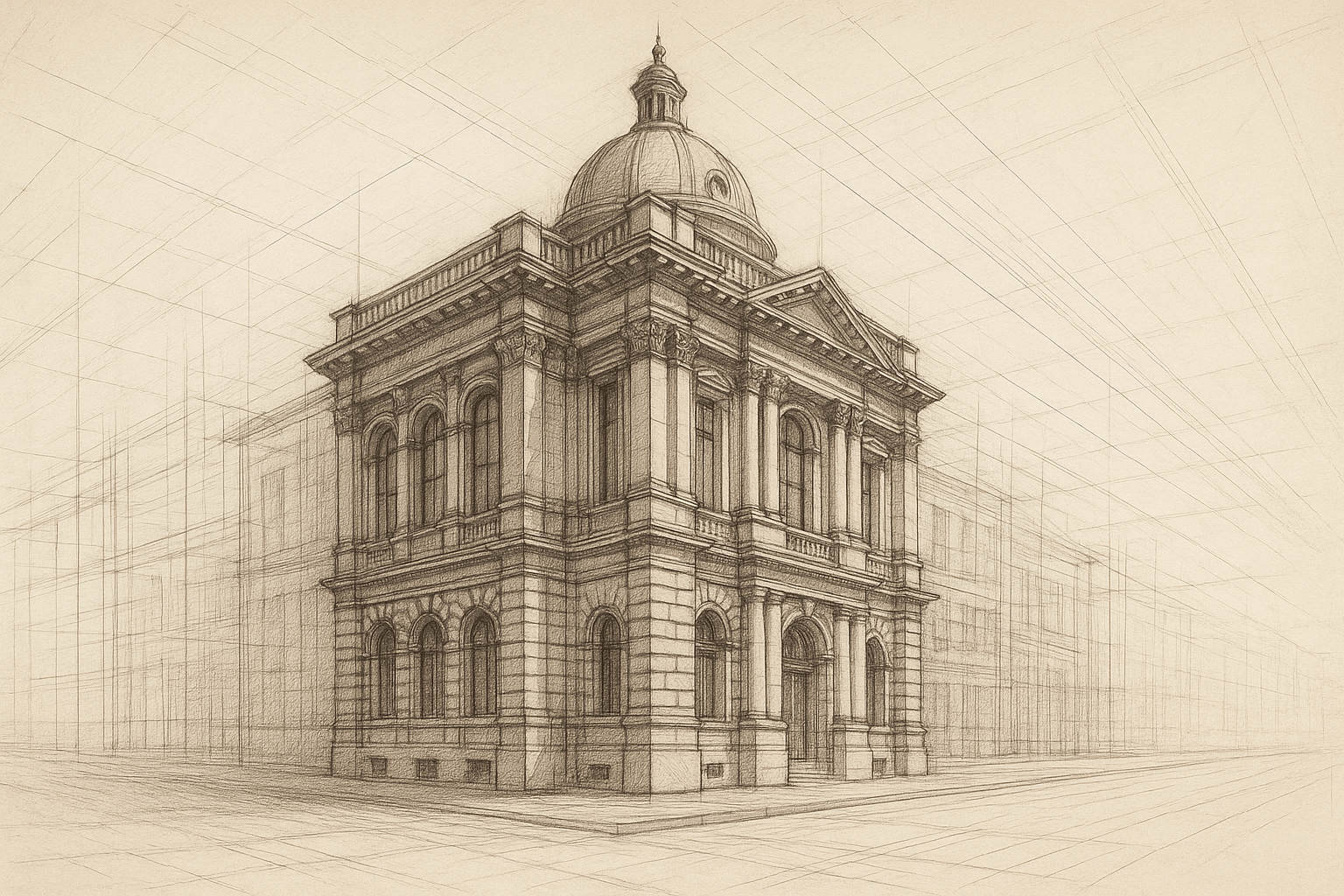
The art style of architectural drawing is characterized by its precision and attention to detail. Lines are clean and sharp, and perspective is often used to create a realistic sense of depth. shadows are often used to create a sense of volume, and the overall effect is often quite realistic.
Thinking in the box: Impressionism, Modernism
Might also call it: blueprints, plans, drawings, sketches
Architectural Photography No.75
Architectural photography is a type of photography that focuses on the capture of images that best represent the features and design of buildings and other structures. This type of photography can be used for both commercial and artistic purposes, and often requires the use of specialized equipment and techniques.

The art style of architectural photography is characterized by its clean lines and sharp angles. This style of photography is often used to capture the beauty of buildings and other structures.
Thinking in the box: Impressionism, Modernism
Might also call it: Interior photography, Exterior photography, Real Estate photography, Commercial photography, Industrial photography, Architectural photography
Architecture No.76
Architecture is the art and science of designing buildings and other structures. It involves the planning, design, and construction of buildings and other physical structures.
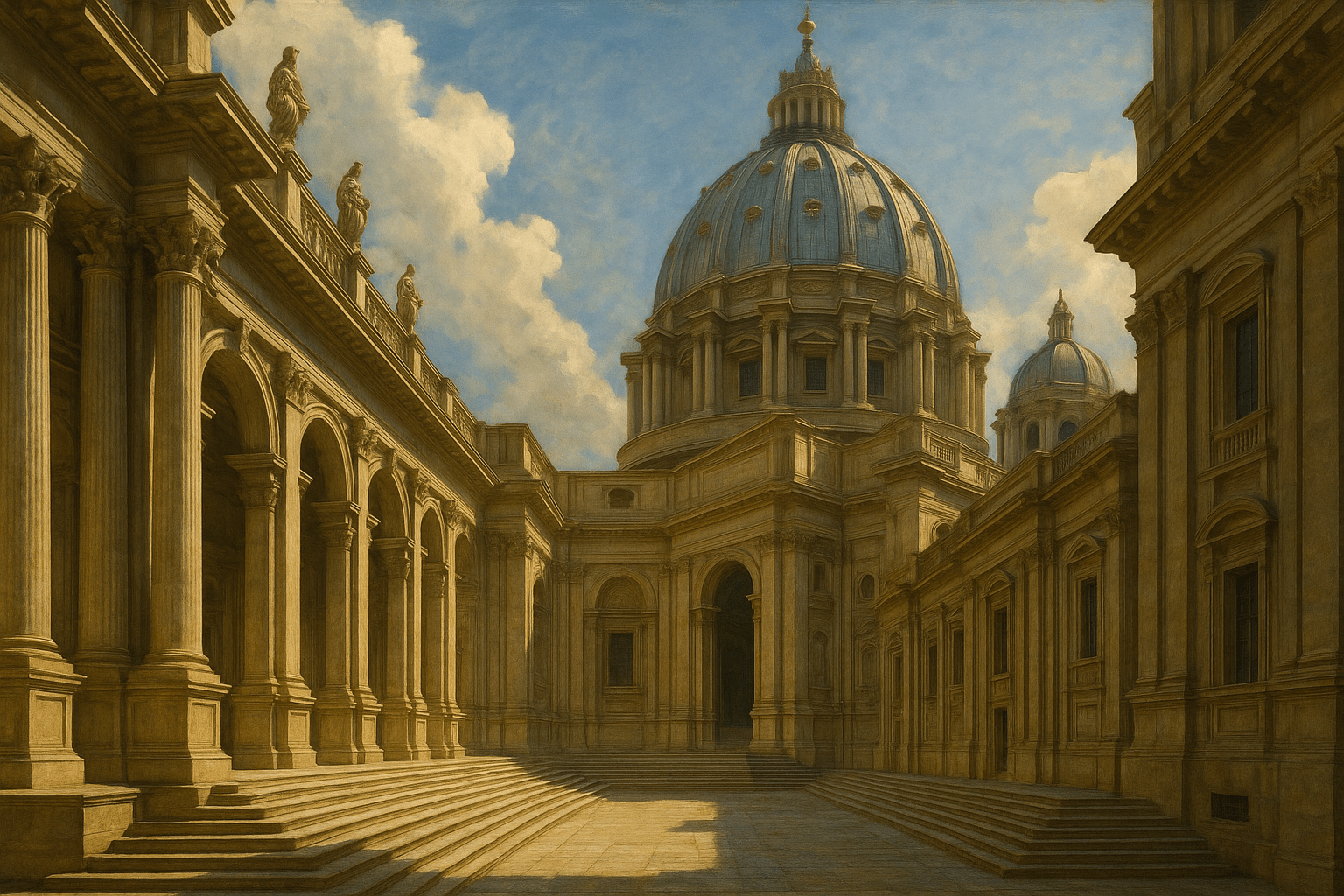
The art style of architecture is characterized by its clean lines and simple forms. The style is often associated with the International Style of architecture, which emerged in the early 20th century. Architectural style is often defined by the period in which it was created, such as the Gothic style of the Middle Ages or the Art Deco style of the 1920s.
Thinking in the box: Impressionism, Modernism
Might also call it: Design, blueprint, plan.
Argentineans No.77
The art style of Argentineans is characterized by its use of bright colors and bold patterns. Argentinean artists often use traditional motifs in their work, which often includes elements of nature. This style of art is often seen in the form of paintings, murals, and sculptures.

The art style of Argentineans is very colorful and vibrant. The paintings often depict scenes from nature, such as mountains, rivers, and forests. The colors are very bold and bright, and the paintings are often very detailed.
Thinking in the box: Impressionism, Modernism
Might also call it: Argentines, Argentinians
Armenians No.78
Armenian art is a unique and distinctive style that has been developed over the course of centuries. Armenian artists have used a variety of mediums to create their art, including painting, sculpture, and architecture. Armenian art is characterized by its use of bright colors and intricate patterns. Armenian artists often incorporate elements of nature into their work, such as animals and plants. Armenian art is also known for its use of symbolism.
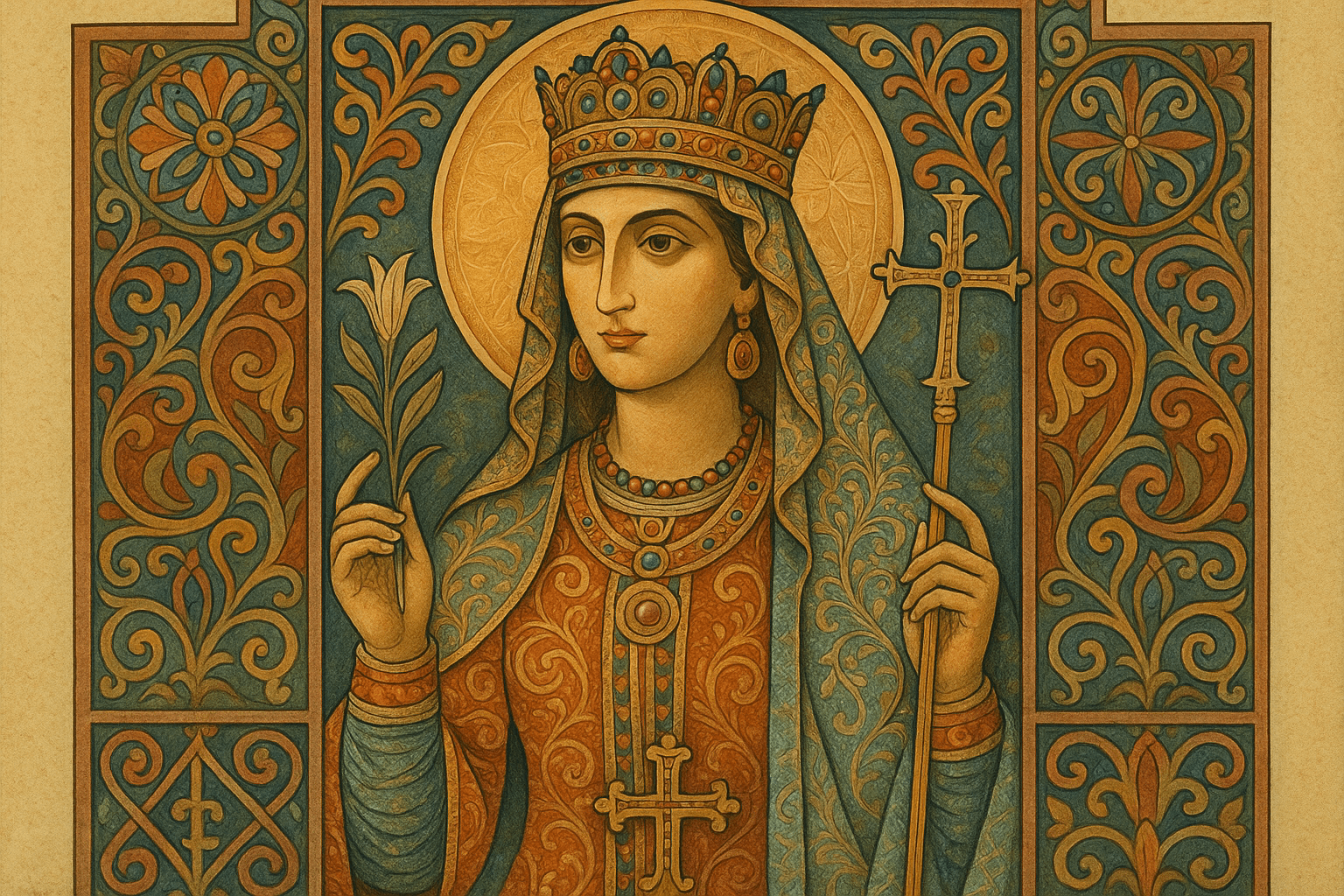
The visual appearance of the art style Armenians is characterized by its use of bright colors and bold patterns. Armenian artists often use a variety of techniques to create their art, including painting, sculpture, and weaving. Armenian art is often very ornate and includes a lot of detail.
Thinking in the box: Impressionism, Modernism
Might also call it: Armenian people, Armenians
Art & Language No.79
Art & Language is a conceptual art practice, founded in the 1960s. It is characterized by the use of text, often in the form of written instructions or critiques, as a means of creating artworks. Art & Language has been influential in the development of conceptual art, and their work often addresses issues of artistic process and the relationship between art and language.
The art style of Art & Language is characterized by its use of simple, clean lines and shapes. The overall look is often minimalistic, with a focus on the essential elements of the image. This style is often used to communicate ideas or messages in a direct and straightforward way.
Thinking in the box: Impressionism, Modernism
Might also call it: Aesthetics, Creativity, Culture, Expression, Imagination, Media, Music, Painting, Photography, Sculpture
Art Brut No.80
Art Brut is a term coined by French artist Jean Dubuffet to describe art created outside the boundaries of official culture, in other words, by people who are not trained artists. Dubuffet saw such art as pure and authentic, and he believed that it represented a more honest expression of human nature than the art of the mainstream. Art Brut has been associated with various art movements, including Dada, Surrealism, and Abstract Expressionism. The style is characterized by its use of found objects and everyday materials, as well as by its often crude and childlike style.

The art style of Art Brut is characterized by its use of simple, often crude, images and its rejection of traditional art forms. Art Brut artists often use found objects and everyday materials to create their art, and their work is often characterized by its spontaneity and lack of planning.
Thinking in the box: Impressionism, Modernism
Might also call it: Aestheticism, Art Nouveau, Bauhaus, Cubism, Dada, Expressionism, Futurism, Impressionism, Surrealism
Art Deco No.81
Art Deco is a style of art that emerged in the early 20th century. It is characterized by its use of geometric shapes and bold colors. Art Deco is a popular style of art that is still used today.
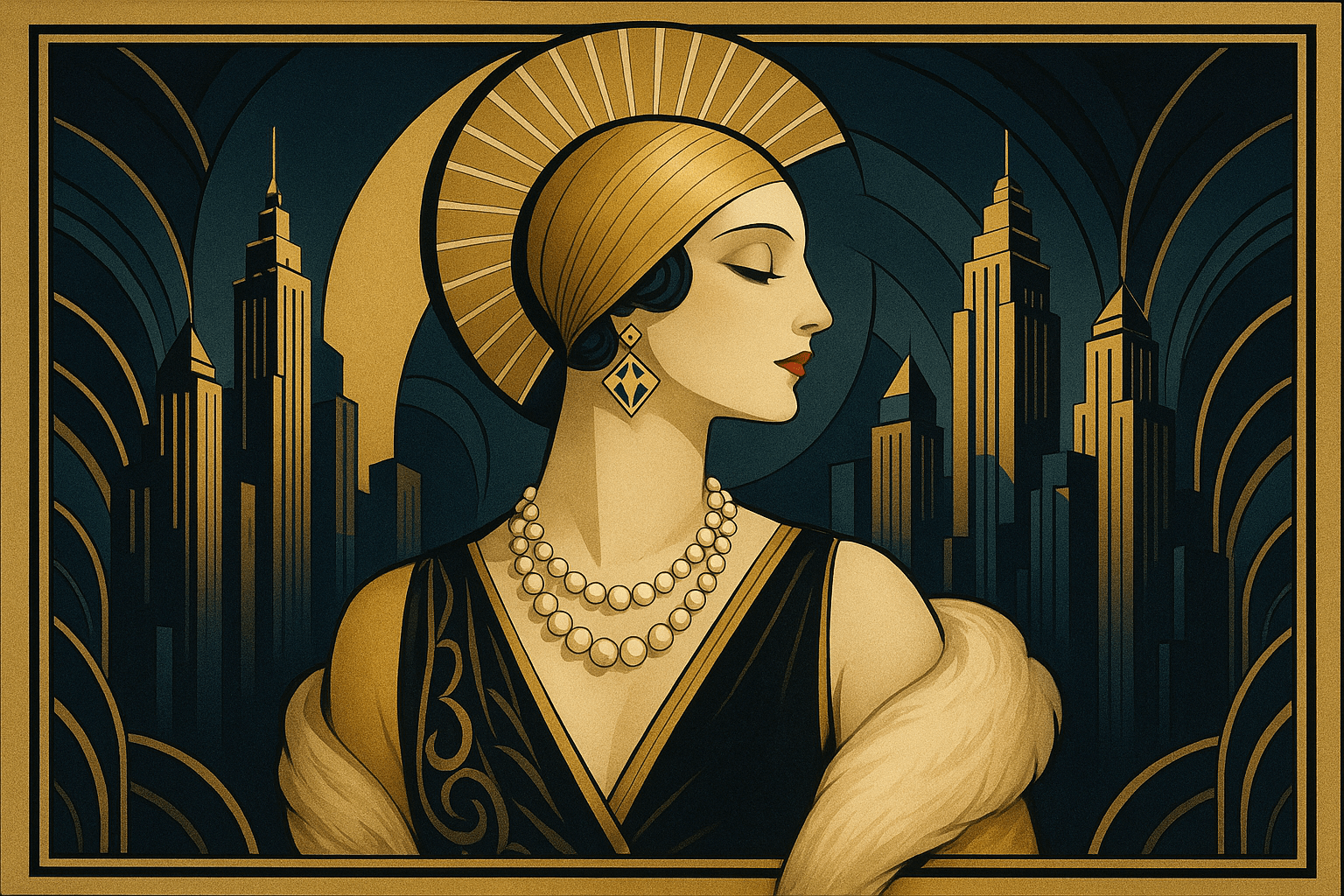
Art Deco is a visual arts style that emerged in the 1920s and 1930s. It is characterized by its use of geometric shapes, clean lines, and bold colors.
Thinking in the box: Impressionism, Modernism
Might also call it: Art Deco can be synonymized with Modern, Contemporary, or Progressive.
Art Informel No.82
Art Informel is a style of painting that emerged in the 1940s and was popularized in the 1950s. It is characterized by its spontaneity, its lack of formal structure, and its use of gestural brushstrokes. Artists associated with this style include Jean Dubuffet, Jackson Pollock, and Willem de Kooning.

The art style of Art Informel is characterized by its abstract and gestural qualities. The paintings are often large in scale and have a spontaneous and expressive quality to them. The colors are often bold and vibrant, and the brushwork is often loose and gestural.
Thinking in the box: Impressionism, Modernism
Might also call it: Abstract art, non-representational art, gestural art, action painting
Art Nouveau No.83
Art Nouveau was a popular art style in the late 19th and early 20th centuries. It is characterized by its use of organic, often asymmetrical shapes, and its use of light and shadow to create a sense of movement.

The art style Art Nouveau is characterized by its use of organic and natural forms. The style is often ornate, with intricate patterns and designs. The colors used in Art Nouveau are often muted and earthy, with a focus on natural hues.
Thinking in the box: Impressionism, Modernism
Might also call it: Art Nouveau synonyms include: Modern, Contemporary, Avant-Garde, and Progressive.
Art Photography No.84
A silent symphony in pixels, art photography captures moments not for what they show, but what they evoke. It shuffles time, mood, and memory into a dance of light and shadow.

Framed whispers of reality blend with dreams, where colors drip and textures tease the eye. Surreal skies marry earthly anchors, frozen in time like nature’s secrets whispered through the lens.
Thinking in the box: Modernism, Postmodernism, Conceptual Photography
Might also call it: Photographic Art, Lens Artistry, Fine Art Photography
Art Nouveau No.85
Whispers of elegance in sinuous forms; Nature's grandeur captured in fluid lines; A dance of architecture and organic beauty.
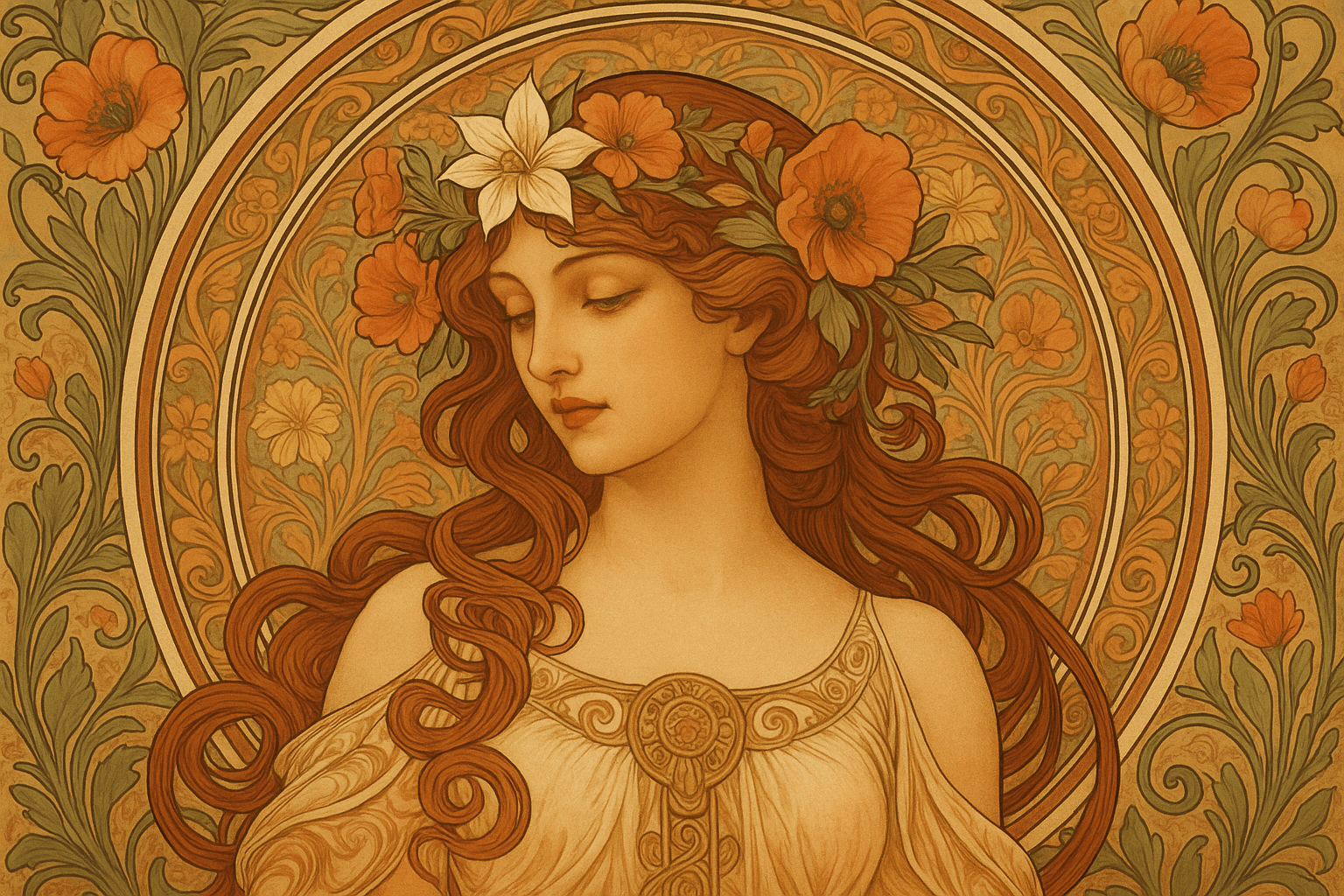
Soft, curving lines reminiscent of unfurling ferns; Intricate patterns that mimic nature's grace; A palette both vibrant and soothing.
Thinking in the box: Modernism, Decorative Arts
Might also call it: Jugendstil, Modernisme, Liberty style
Arte Povera No.86
Arte Povera is a style of art that emerged in Italy in the late 1960s. The term translates to "poor art," and the style is characterized by the use of simple materials such as paper, cloth, wood, and stone. Arte Povera artists often incorporate found objects into their work, and the style is often associated with political and social commentary.
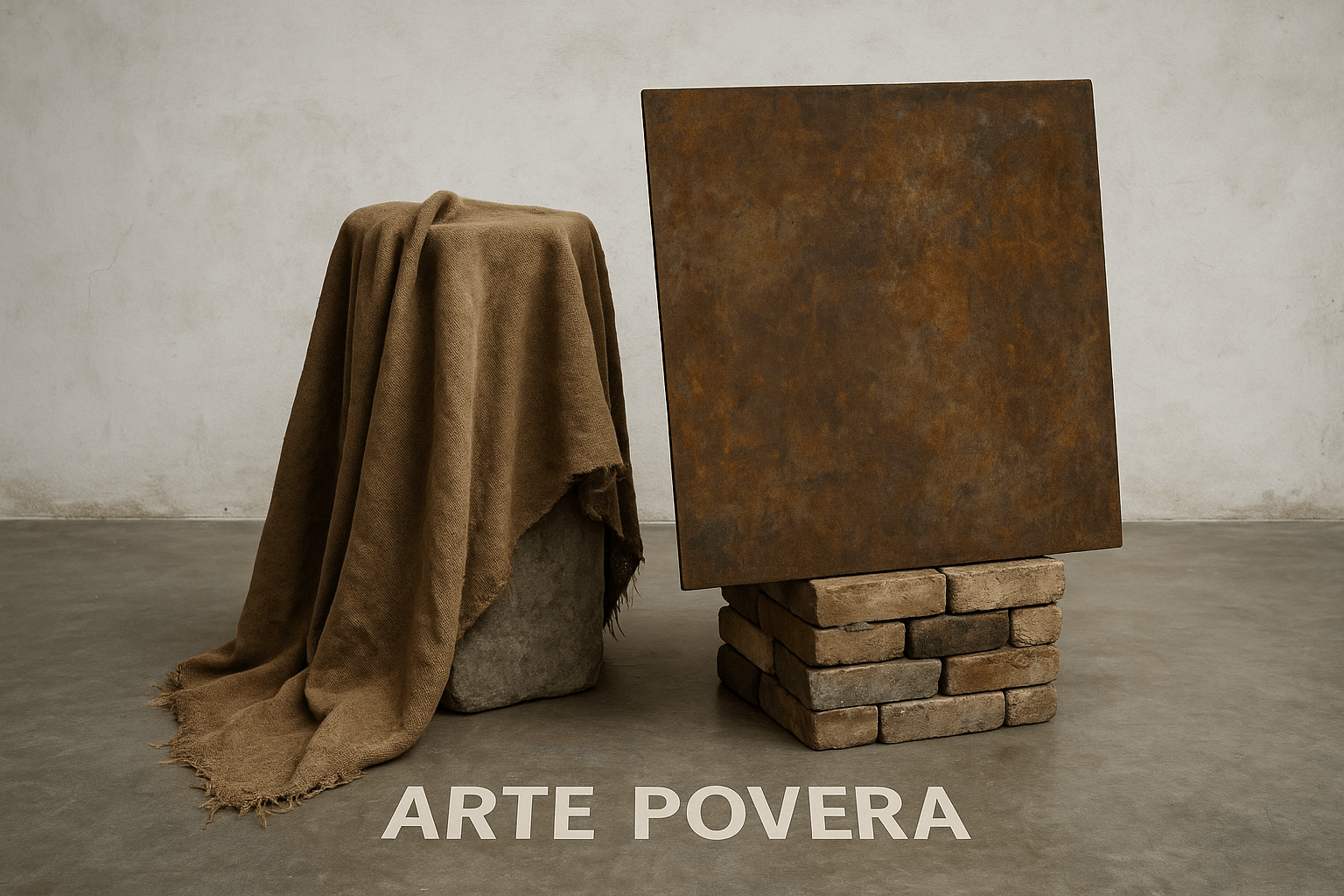
The art style Arte Povera is characterized by its use of simple materials and forms. The artists associated with this movement often used found objects and everyday materials to create their artworks. This often resulted in works that were both visually and conceptually simple.
Thinking in the box: Impressionism, Modernism
Might also call it: Poor Art, Arte Povera
Artist's book No.87
An artist's book is a work of art that is in the form of a book. Artist's books are often created in limited editions and are usually signed and numbered by the artist. They are often printed on high quality paper and bound in a way that is unique to the artist. Artist's books are often created as a way for the artist to express their ideas in a format that is different from traditional art forms.
The art style of an Artist's book is usually very colorful and creative. The book often has a lot of pictures and is usually made by hand.
Thinking in the box: Impressionism, Modernism
Might also call it: book arts, bookworks, artists' books, fine press books, handmade books, limited edition books, unique books, one-of-a-kind books
Name of the Art Style (this is given) No.88
A brief (short) description of the art style. Medium length (multiple lines)
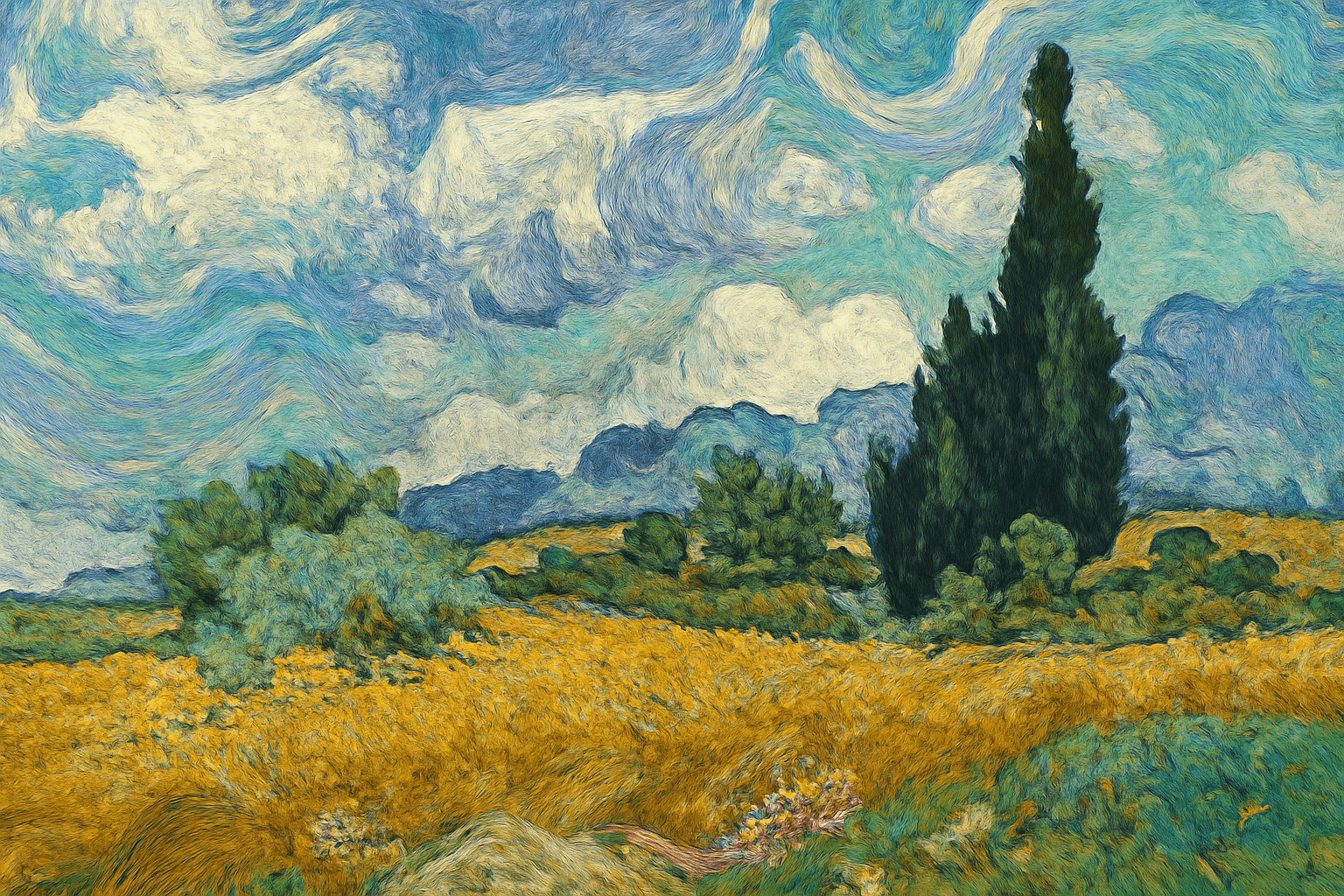
A description of the visual appearance of the style. Medium length (multiple lines).
Thinking in the box: Impressionism, Modernism
Might also call it: Alternative names of the Art Style
Arts and Crafts movement No.89
The Arts and Crafts movement was a social and artistic movement that began in Britain in the late 19th century and spread to other countries, including the United States. The movement advocated for the reform of design and craftsmanship, and promoted the idea that art should be accessible to everyone. The Arts and Crafts movement was a reaction against the Industrial Revolution and the mass-produced, often poor-quality goods that it produced.

The Arts and Crafts movement was a visual arts movement that began in Britain in the late 19th century and spread to the rest of Europe and North America. It was characterized by a return to traditional craftsmanship and an emphasis on simplicity and functionality.
Thinking in the box: Impressionism, Modernism
Might also call it: The Arts and Crafts movement was a social and artistic movement of the late 19th and early 20th centuries.
Ascii Art No.90
Ascii Art is a form of art that uses ASCII code to create images. ASCII code is a system of characters that can be used to represent text in computers. ASCII art can be created with any text editor, and there are many websites that allow users to create and share ASCII art.
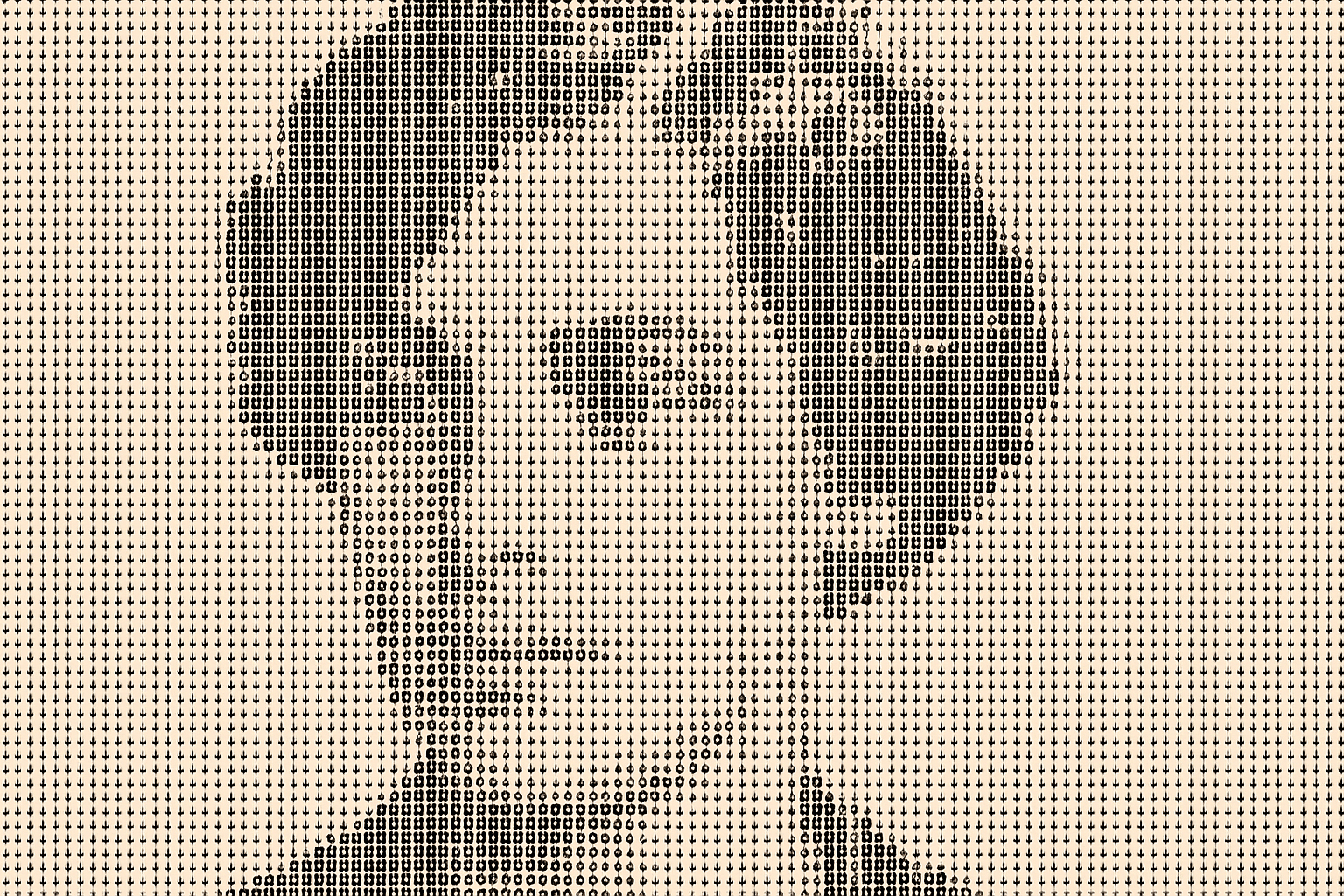
The visual appearance of Ascii Art is that of a digital image made up of a series of characters, usually letters, numbers, and symbols. The characters are arranged in a specific pattern to create an image.
Thinking in the box: Impressionism, Modernism
Might also call it: Text art, ASCII art, computer art, 8-bit art
Ashcan School No.91
The Ashcan School was a group of American artists who worked in the early 20th century. They are best known for their gritty, realistic style of painting, which was often associated with urban life. The Ashcan School artists were some of the first to paint scenes from everyday life, and their work had a major influence on the development of American art.
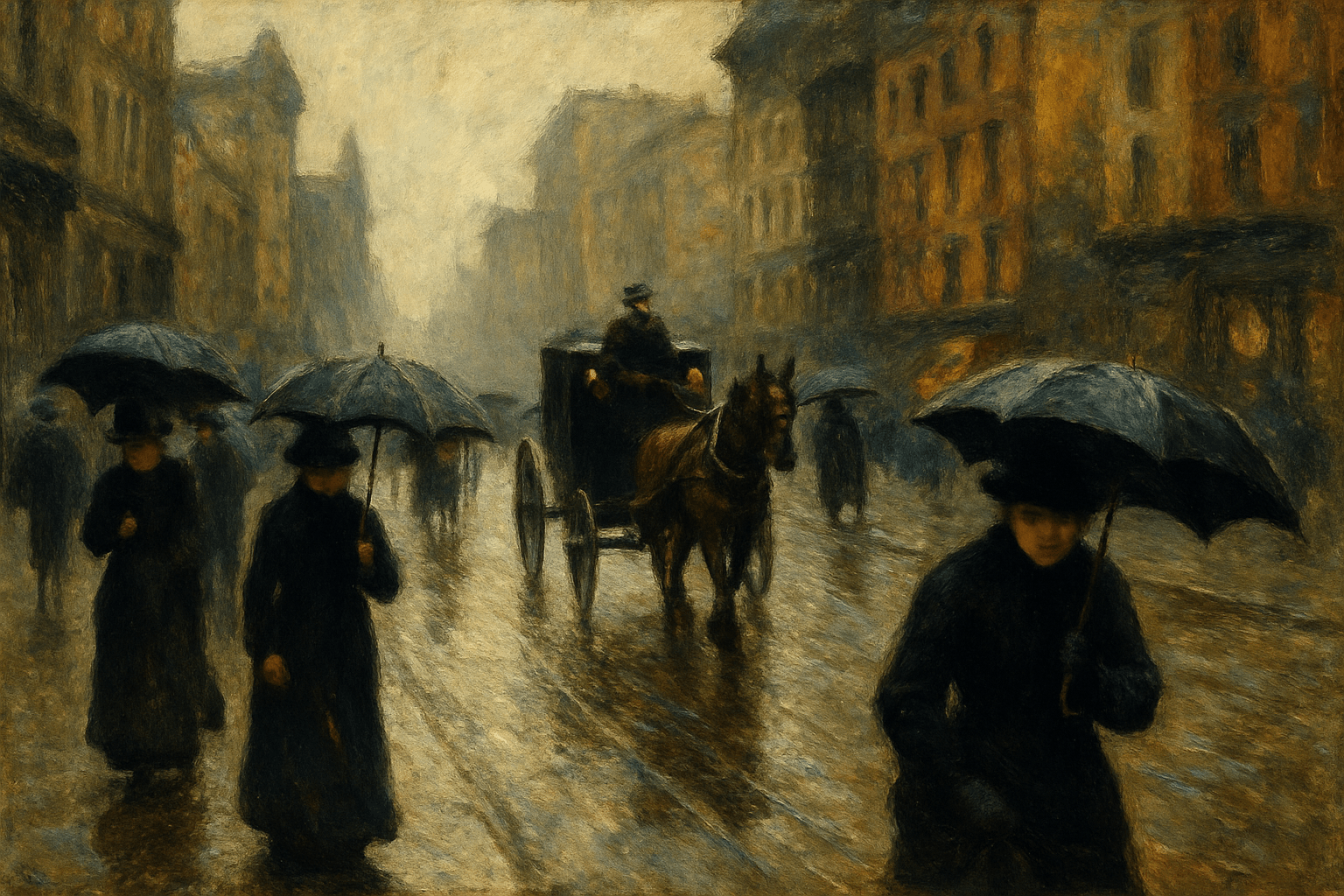
The Ashcan School is characterized by its gritty, realistic style. The artists associated with this movement sought to capture the everyday life of urban America, often depicting working-class subjects in a less than flattering light. This style is often compared to that of the French Impressionists, who also sought to capture everyday life in their paintings.
Thinking in the box: Impressionism, Modernism
Might also call it: The Ashcan School has also been referred to as the "New York School", the "Eight", the "Ten", and the "American Group".
Asiafuturism No.92
Asiafuturism is a style of art that explores the future of Asia and its people. It is a fusion of traditional Asian art styles with futuristic themes and elements. Asiafuturism often features bright colors, bold patterns, and futuristic landscapes.

The visual appearance of Asiafuturism is very colorful and futuristic. It often features images of Asian cities and landscapes, as well as futuristic technology.
Thinking in the box: Impressionism, Modernism
Might also call it: Asian futurism, Asiatic futurism
Asian Art No.93
Asian art is a broad and diverse category that can refer to the art of any country in Asia. Common themes in Asian art include Buddhism, Confucianism, and Taoism, as well as folk traditions and popular culture. Asian art is often characterized by intricate patterns, bold colors, and a focus on nature.
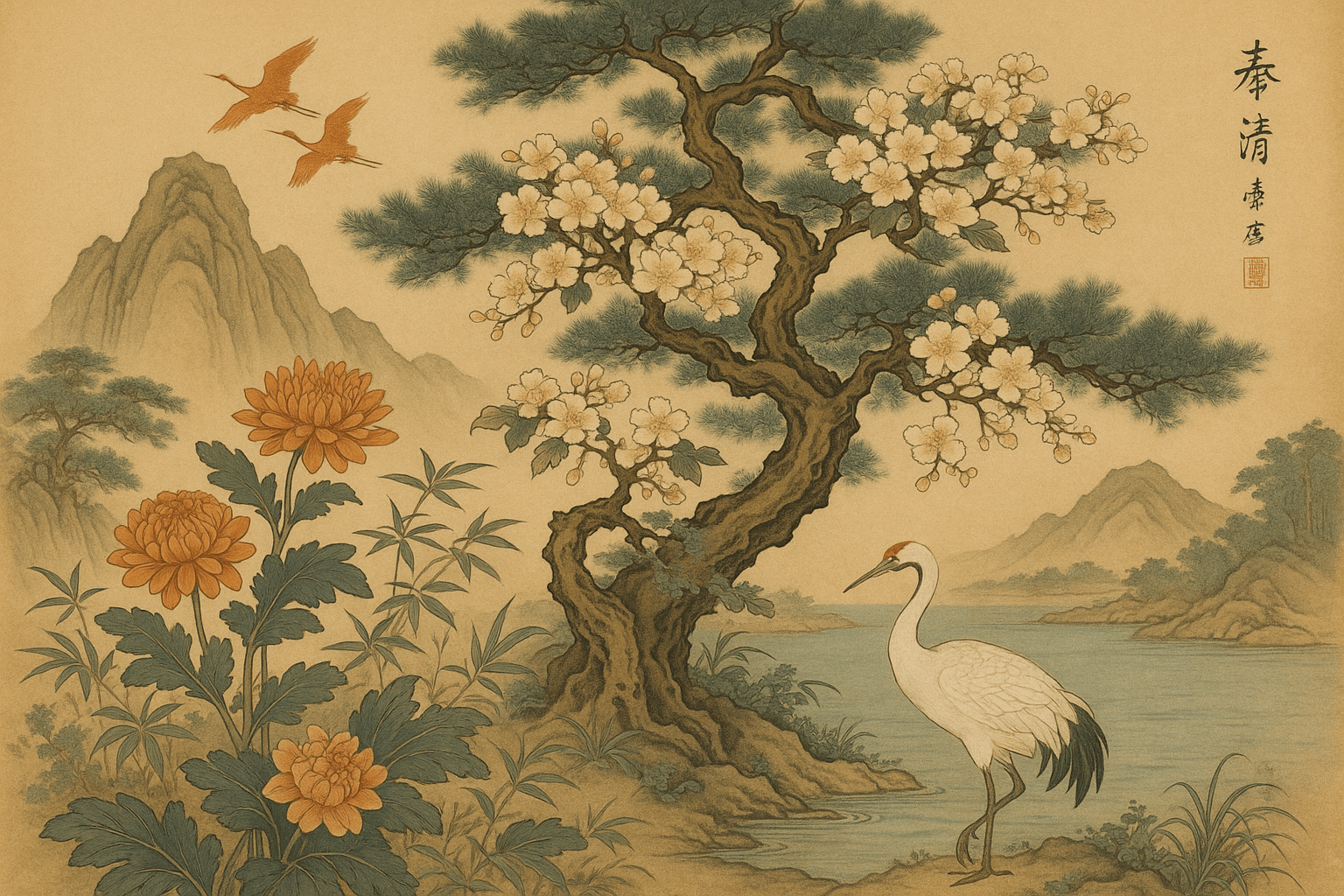
The visual appearance of Asian Art is characterized by its use of bright colors and bold patterns. Asian artists often use a variety of techniques to create their art, including painting, sculpture, and calligraphy.
Thinking in the box: Impressionism, Modernism
Might also call it: Oriental Art, Far Eastern Art
Assemblage No.94
Assemblage is an art style that involves the construction of three-dimensional objects from found materials. The objects are often arranged in a collage-like manner, and the overall effect is one of playful chaos. Assemblage artists often use recycled materials, which gives their work a sense of humor and a DIY aesthetic.

The art style Assemblage is characterized by the use of found objects and materials to create a new work of art. The artist may use a variety of techniques to attach the materials together, such as welding, gluing, or stitching. The resulting work of art is often three-dimensional and may be functional or purely decorative.
Thinking in the box: Impressionism, Modernism
Might also call it: 1. Gathering 2. Group 3. Collection 4. Meeting 5. Assembly
Astrophotography No.95
Astrophotography is a type of photography that focuses on capturing images of astronomical objects, sites, and events. This type of photography often requires special equipment and techniques, as well as a knowledge of astronomy.

Astrophotography is a type of photography that focuses on capturing images of astronomical objects and phenomena. These images can be of stars, planets, nebulae, galaxies, and other celestial bodies. Astrophotography often requires specialized equipment, such as telescopes and cameras that are designed for capturing images in low-light conditions.
Thinking in the box: Impressionism, Modernism
Might also call it: Space photography, astronomical photography, night sky photography
Name of the Art Style (this is given) No.96
A brief (short) description of the art style. Medium length (multiple lines)

A description of the visual appearance of the style. Medium length (multiple lines).
Thinking in the box: Impressionism, Modernism
Might also call it: Alternative names of the Art Style
Dreamtime Symphony No.97
Whispered tales on ochre canvas. Dot patterns merge into echoes of vibrant landscapes, expressing a spiritual mosaic. Aboriginal art distills millennia, wrapping us in ancestral whispers and earthy harmonies, long before paint met brush.

Colors embrace like warm sunsets: ochres, reds, and earth-browns dance with whites and blacks. Circular dot patterns spiral, creating rhythmic textures reminiscent of rain-soaked desert sands.
Thinking in the box: Indigenous Art, Spiritual Art, Cultural Art
Might also call it: None
Australian Art No.98
Australian Art is often characterized by its strong connection to the land, as well as the unique perspective of Aboriginal and Torres Strait Islander peoples. This art style often features bright colors and bold patterns, as well as a focus on storytelling and the Dreamtime.
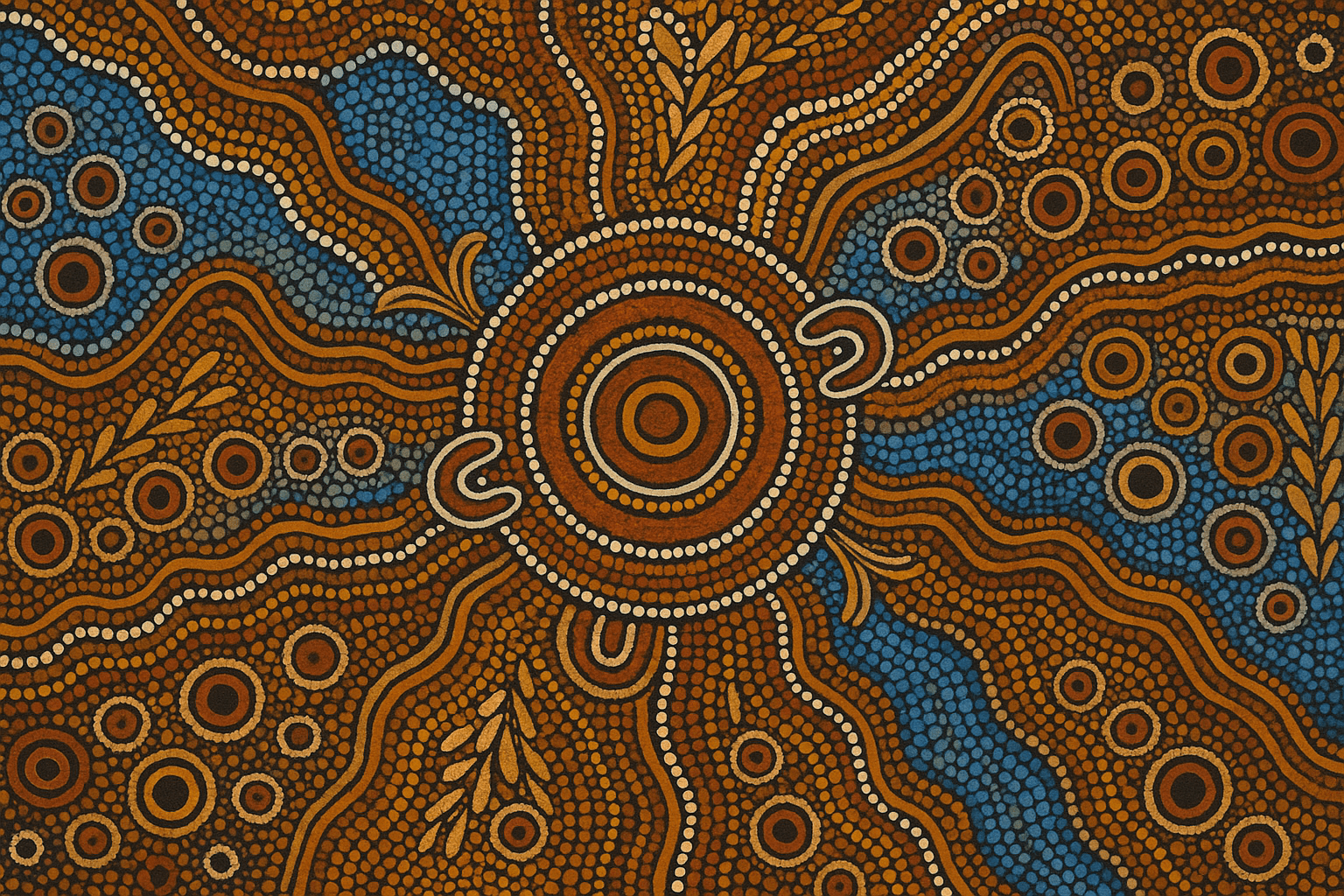
The visual appearance of Australian Art is characterized by its unique use of color and light. Australian artists often use a limited palette of colors, which gives their work a distinctive look. They also often use light and shadow to create a sense of depth and movement.
Thinking in the box: Impressionism, Modernism
Might also call it: Aboriginal Art, Outback Art, Contemporary Australian Art
Australian Tonalism No.99
Australian Tonalism is a style of painting that emerged in Australia in the late 19th century. The style is characterized by its use of muted colors and soft, atmospheric brushwork. Australian Tonalism was heavily influenced by the British artist J.M.W. Turner, and its practitioners sought to capture the same sense of light and space that Turner did in his work.
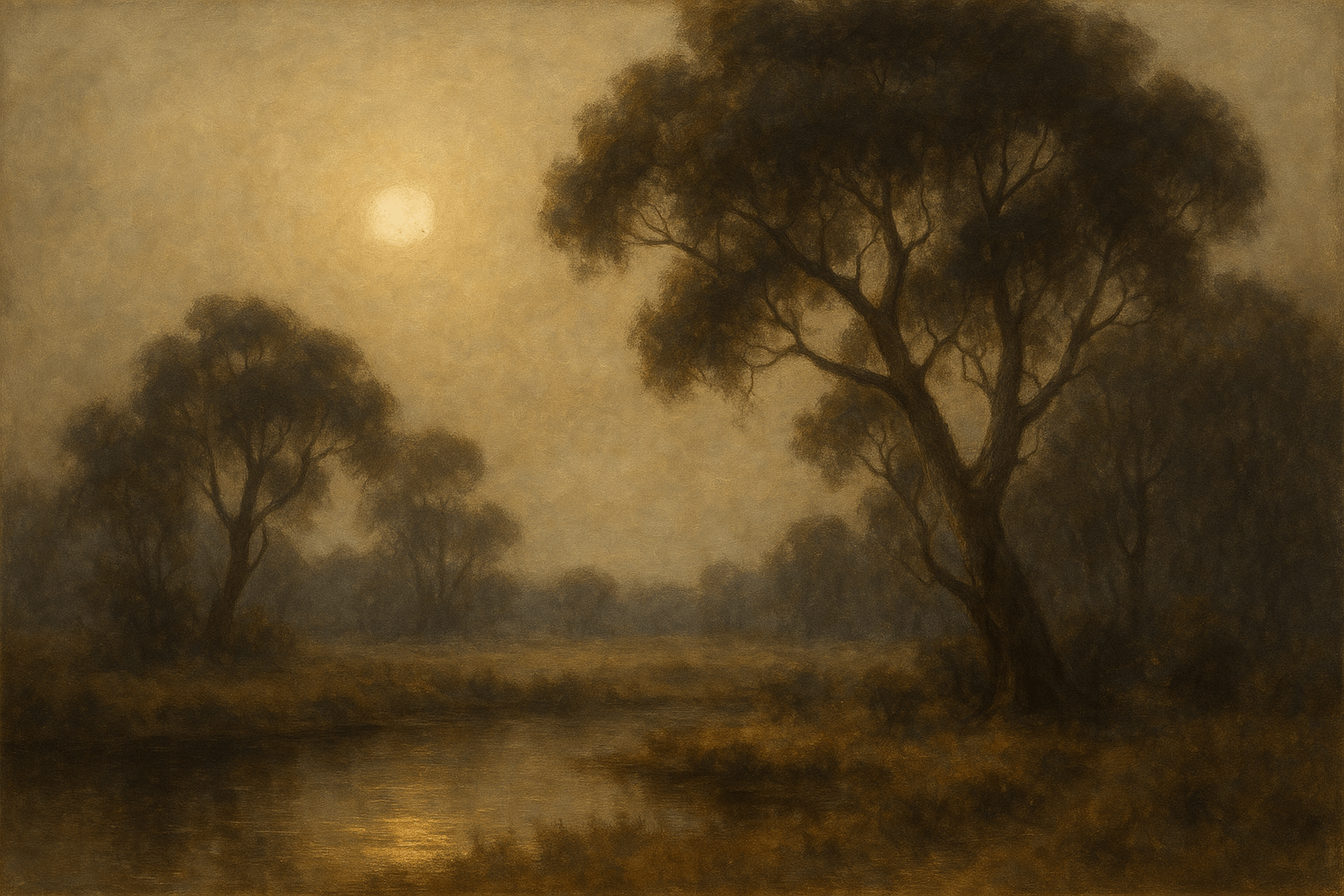
The visual appearance of Australian Tonalism is characterized by its muted colors and soft, blurred edges. This art style is often compared to Impressionism, as both styles emphasize light and color over detailed brushwork. However, Tonalism is typically more subdued in its palette and overall atmosphere. Australian Tonalism often depicts landscapes, often with a focus on the sky and the horizon. This creates a sense of space and distance, which is further emphasized by the use of soft, blurred edges.
Thinking in the box: Impressionism, Modernism
Might also call it: Tonalism, Australian Impressionism
Australians No.100
The art style of Australians is very unique and is characterized by the use of bright colors and bold patterns. This style is often seen in the paintings of the Aboriginal people, which are some of the most famous examples of Australian art. The use of bright colors and bold patterns is also often seen in the art of the Torres Strait Islanders, another indigenous group of Australia.
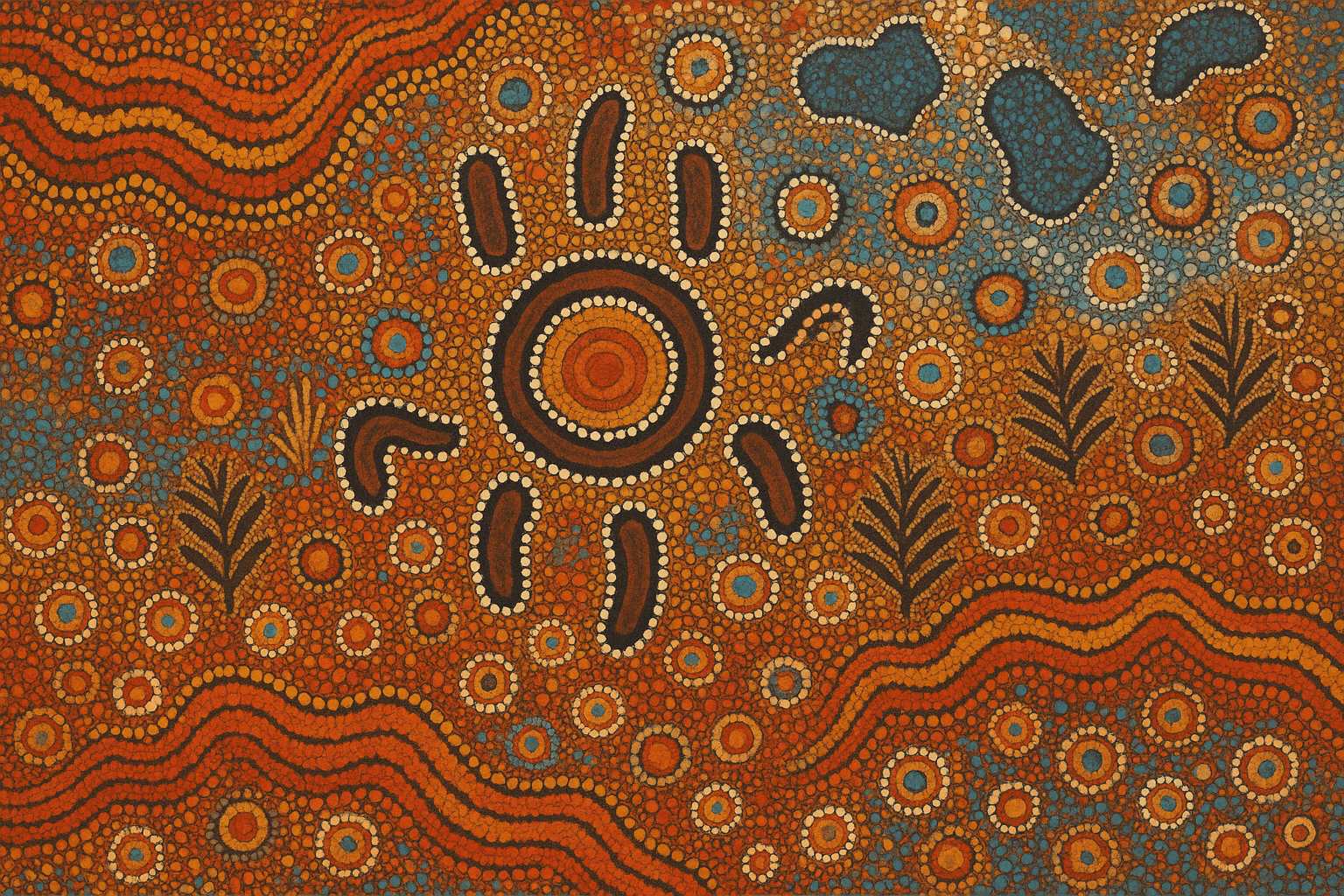
The art style of Australians is very diverse, as the country has a long history and many different cultures. However, there are some common elements that are often seen in Australian art. These include the use of bright colors, bold patterns, and a focus on the natural world. Australian artists often use these elements to create paintings that are both beautiful and unique.
Thinking in the box: Impressionism, Modernism
Might also call it: Aussies
Austrians No.101
Austrian art is characterized by a focus on naturalism and realism, as well as an emphasis on emotional expressiveness and mood. In addition to these general characteristics, Austrian art is also often distinguished by its use of light and shadow to create a sense of depth and atmosphere.
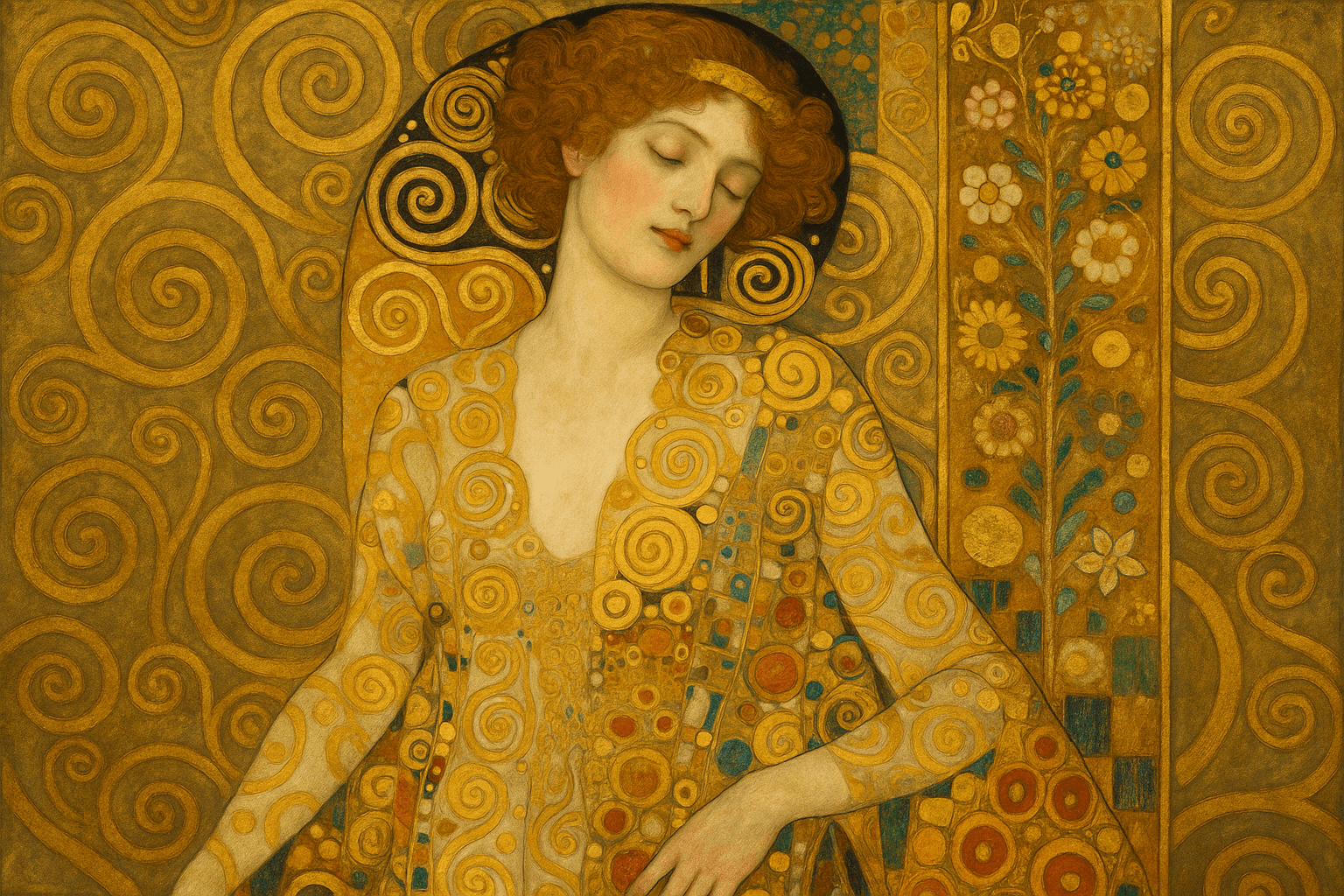
The art style of the Austrians is characterized by its use of bright colors and bold patterns. The style is often described as being "loud" and "in your face."
Thinking in the box: Impressionism, Modernism
Might also call it: Austrians can also be referred to as Austrians, Austrians, or Austrians.
Auto-destructive art No.102
Auto-destructive art is a type of art where the artist uses materials that are designed to break down or decay over time. This can be done through the use of explosives, chemicals, or other means. The goal of this type of art is to create a temporary work that will eventually disappear.
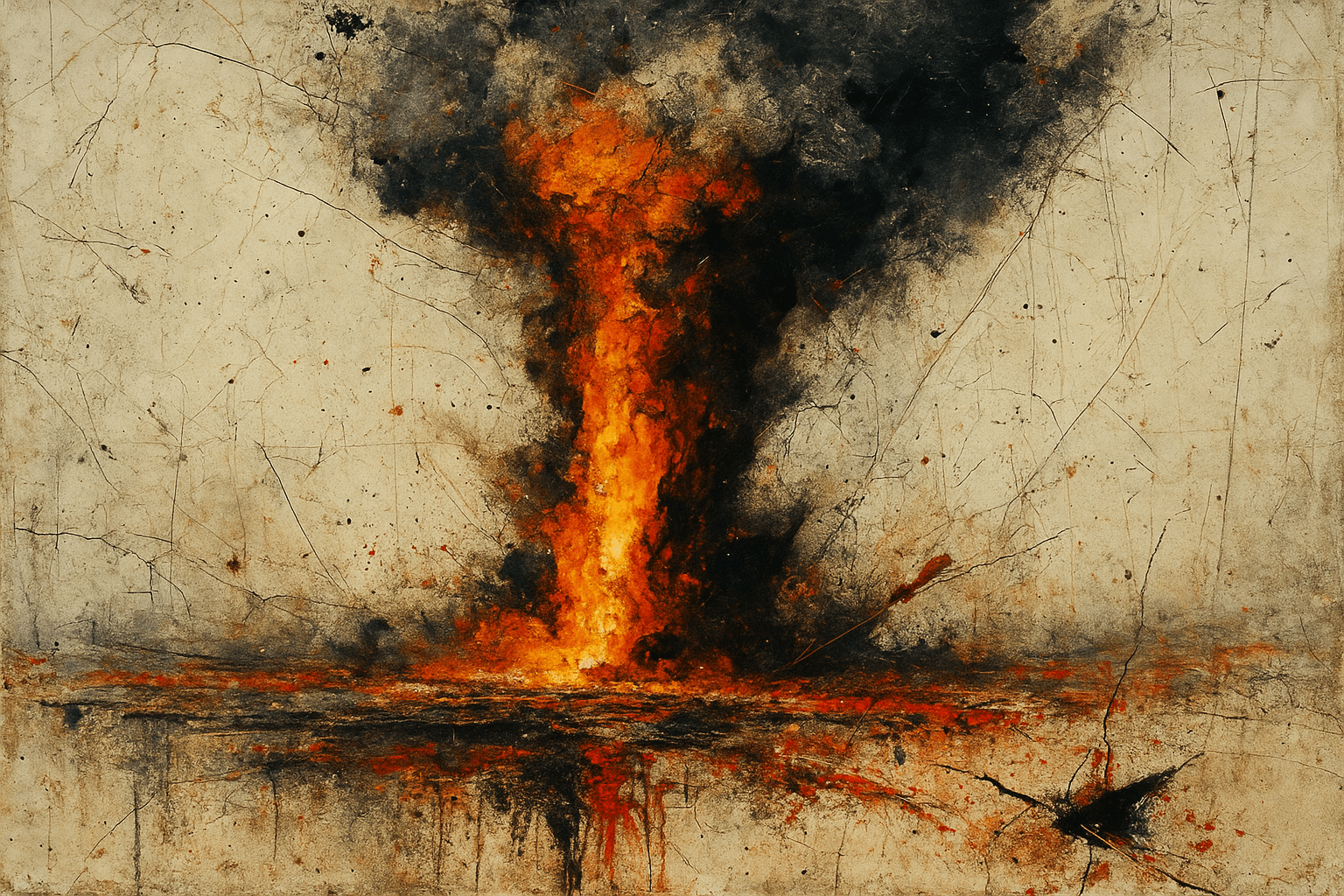
Auto-destructive art is a type of art where the artist deliberately damages or destroys their work. This can be done through a variety of means, such as burning, tearing, or cutting. The resulting work is often abstract and can be seen as a metaphor for the fragility of life.
Thinking in the box: Impressionism, Modernism
Might also call it: Self-destructive art, self-immolating art, self-mutilating art
Avant-garde No.103
Avant-garde art is characterized by its experimental and innovative nature. This art style often challenges traditional ideas and conventions, and is often associated with movements such as Dada and Surrealism. Avant-garde artists often push the boundaries of what is considered acceptable in art, and their work can be controversial.
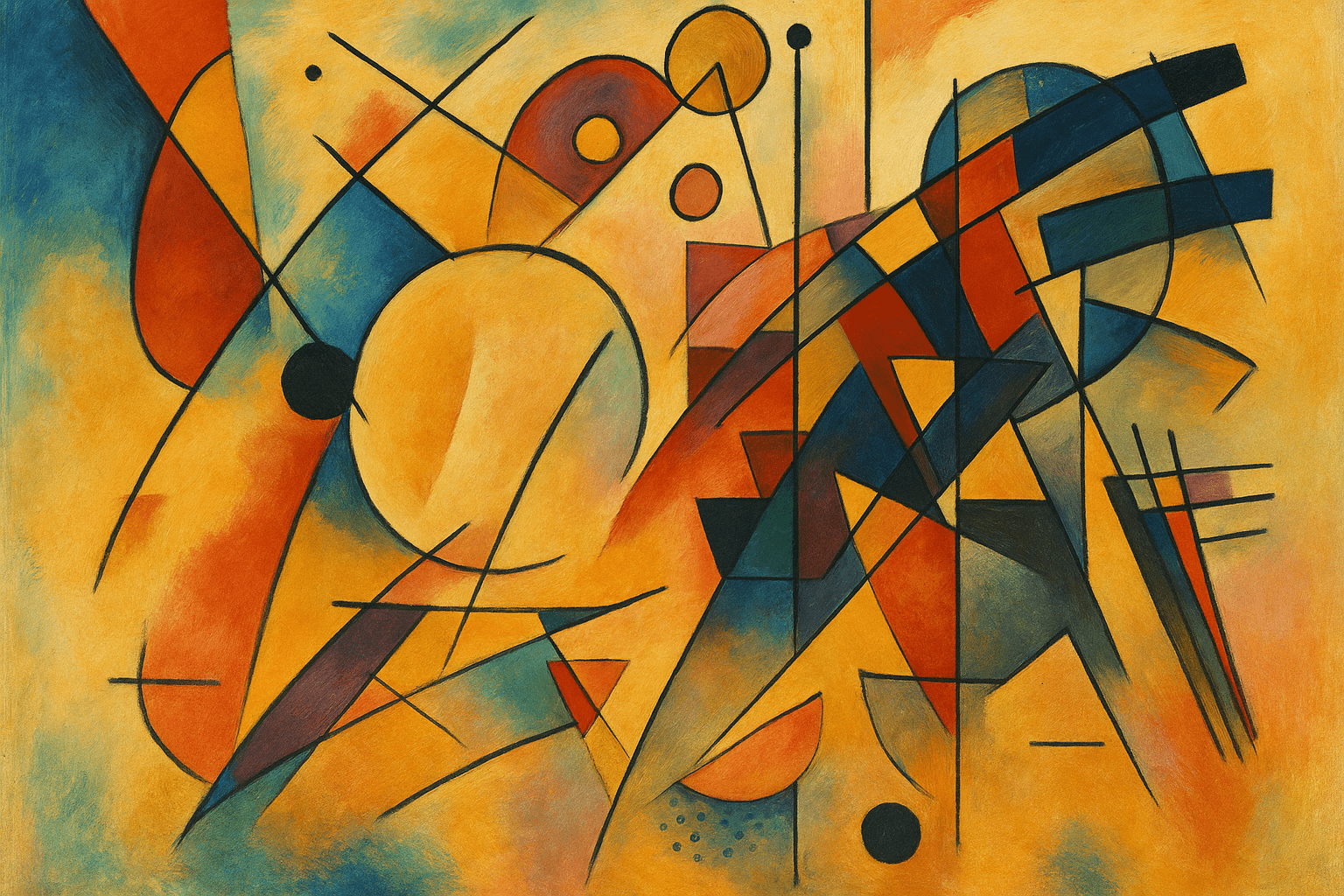
The Avant-garde art style is characterized by its unconventional, experimental, and often radical approach to art making. Avant-garde artists often push the boundaries of what is considered acceptable in the art world, and their work is often seen as controversial or as a challenge to traditional values. This art style is often associated with movements such as Dadaism, Surrealism, and Abstract Expressionism.
Thinking in the box: Impressionism, Modernism
Might also call it: Innovative, experimental, cutting-edge.
Avatar No.104
: The Last Airbender The art style of Avatar: The Last Airbender is a mix of traditional animation and CGI. The show has a very unique look that sets it apart from other animated shows. The characters are designed to look like they are from a different time period and the world they live in is also very different from our own. The show has a very strong visual style that is very pleasing to look at.
The art style of Avatar is very colorful and detailed. The characters are designed to look realistic, and the world is filled with beautiful landscapes.
Thinking in the box: Impressionism, Modernism
Might also call it: Doppelganger, apparition, embodiment, personification.
Award winning 4K photography No.105
Award winning 4K photography is a style of photography that uses high-resolution images to produce stunning results. This type of photography is often used to capture landscapes, nature, and other outdoor scenes. 4K photography can also be used to capture close-up shots of people and objects.
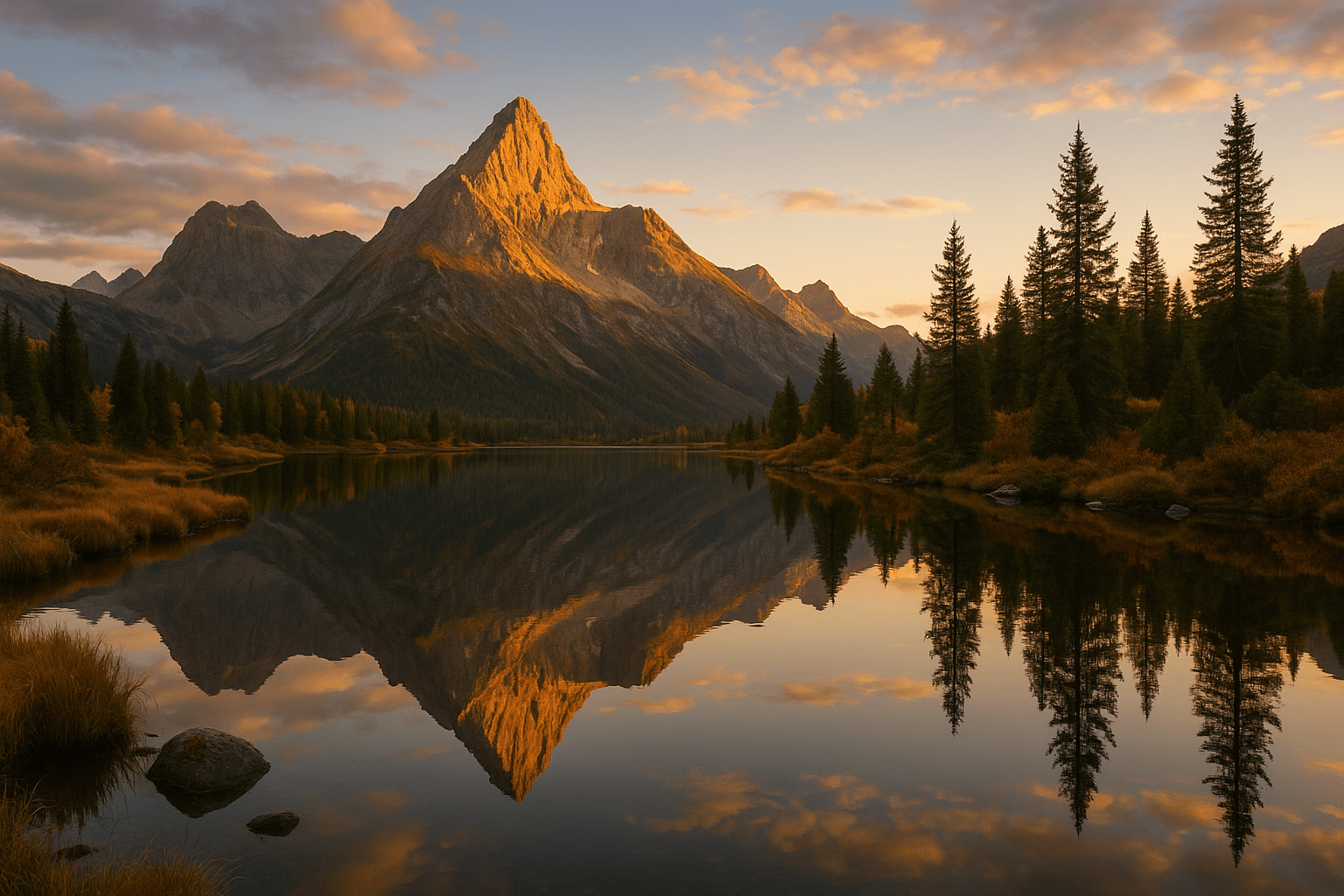
The art style is characterized by its use of 4K photography, which results in images that are extremely clear and detailed. The colors are also very vivid, and the overall effect is very realistic.
Thinking in the box: Impressionism, Modernism
Might also call it: Award-winning 4K photography can be described as excellent, outstanding, or superb.
Azerbaijanis No.106
Azerbaijanis are a Turkic people who have a long and rich history of art and culture. Their art is characterized by its vibrant colors, intricate patterns, and use of traditional motifs. Azerbaijanis are known for their skill in carpet-making, and their carpets are some of the most beautiful and sought-after in the world. Other traditional Azerbaijani arts include woodworking, metalworking, and ceramics.
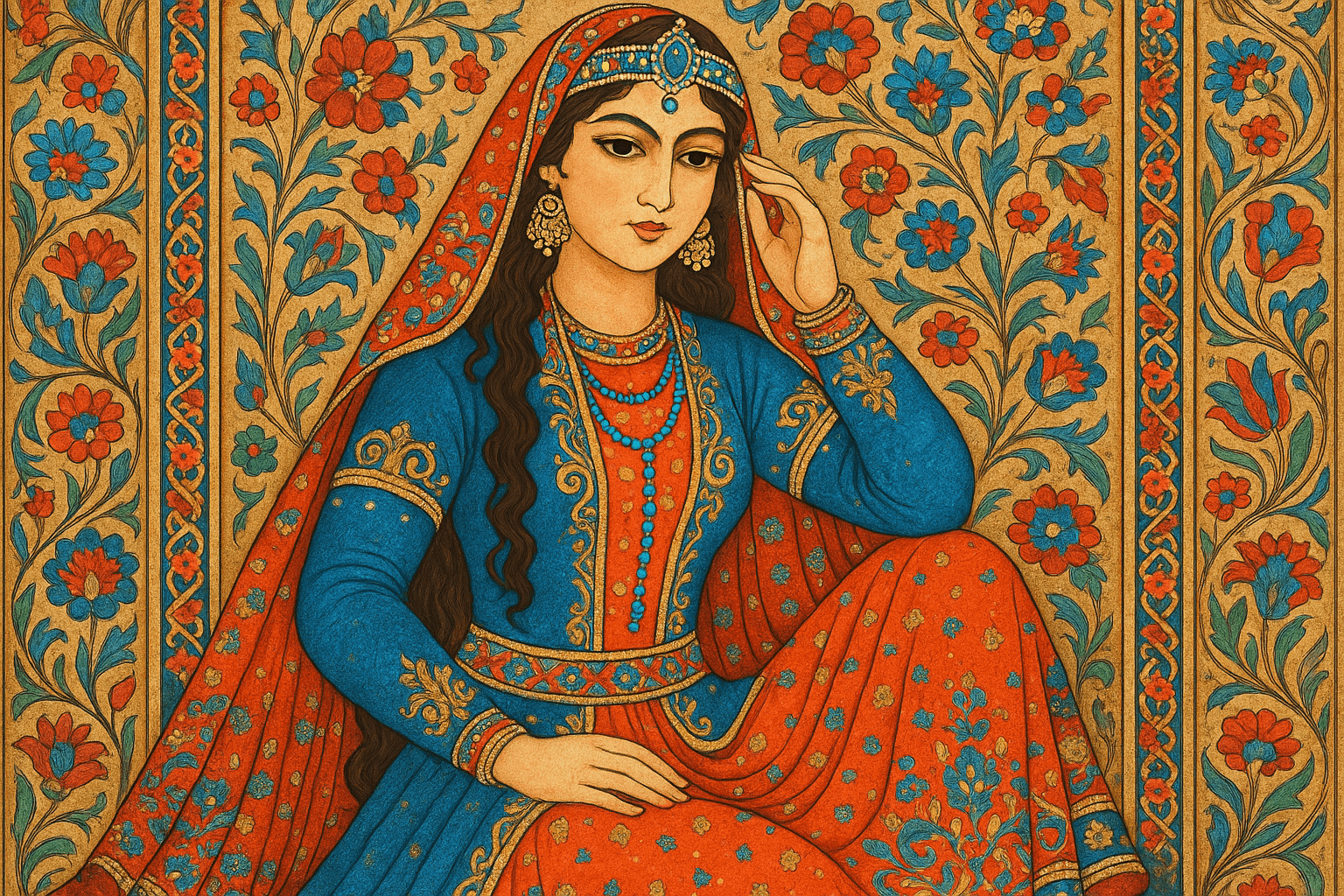
The art style of Azerbaijanis is very colorful and detailed. They often use geometric shapes and patterns in their artwork.
Thinking in the box: Impressionism, Modernism
Might also call it: Azerbaijanis can also be referred to as Azeri people.
Bahraini No.107
The Bahraini art style is a unique and traditional form of art that has been passed down through generations. It is characterized by its use of bright colors and intricate patterns. Bahraini artists use a variety of mediums to create their art, including painting, sculpture, and jewelry making. The Bahraini art style is a reflection of the country's rich culture and history.

The Bahraini art style is characterized by its use of bright colors and patterns. Bahraini artists often use a variety of colors and patterns in their work, which can make it appear very busy and chaotic. This is a contrast to the more subdued and traditional art styles of the Gulf region.
Thinking in the box: Impressionism, Modernism
Might also call it: Bahrainian, BAH
Bangladeshis No.108
Bangladeshis are known for their colorful and intricate art. Their art often features geometric patterns and nature scenes. Bangladeshis use a variety of mediums to create their art, including painting, sculpture, and pottery.
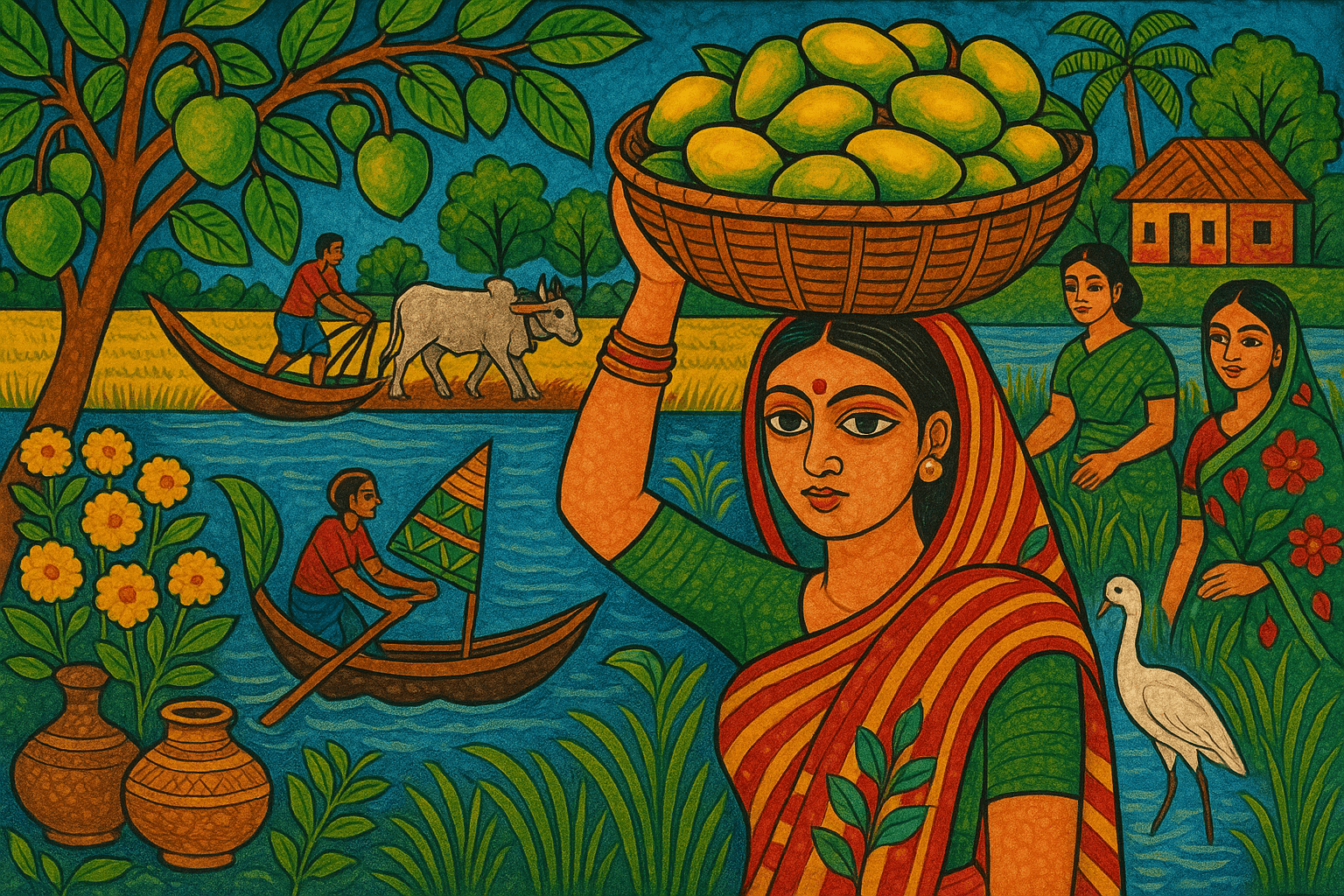
The visual appearance of Bangladeshi art is characterized by bright colors, bold patterns, and a variety of traditional motifs. Common motifs include flowers, birds, and geometric shapes. Bangladeshi artists often use a technique called batik, in which fabric is dyed with wax resist to create intricate patterns.
Thinking in the box: Impressionism, Modernism
Might also call it: Bengalis, Bangladeshi people
Banksy No.109
Banksy is a world-renowned graffiti artist who first rose to prominence in the early 1990s. His unique style combines elements of street art, pop art, and dark humor, and his work can be found on walls and buildings in cities around the world. In addition to his street art, Banksy is also known for his controversial installations, such as his "Dismaland" theme park, which critiqued the commercialization of the art world.
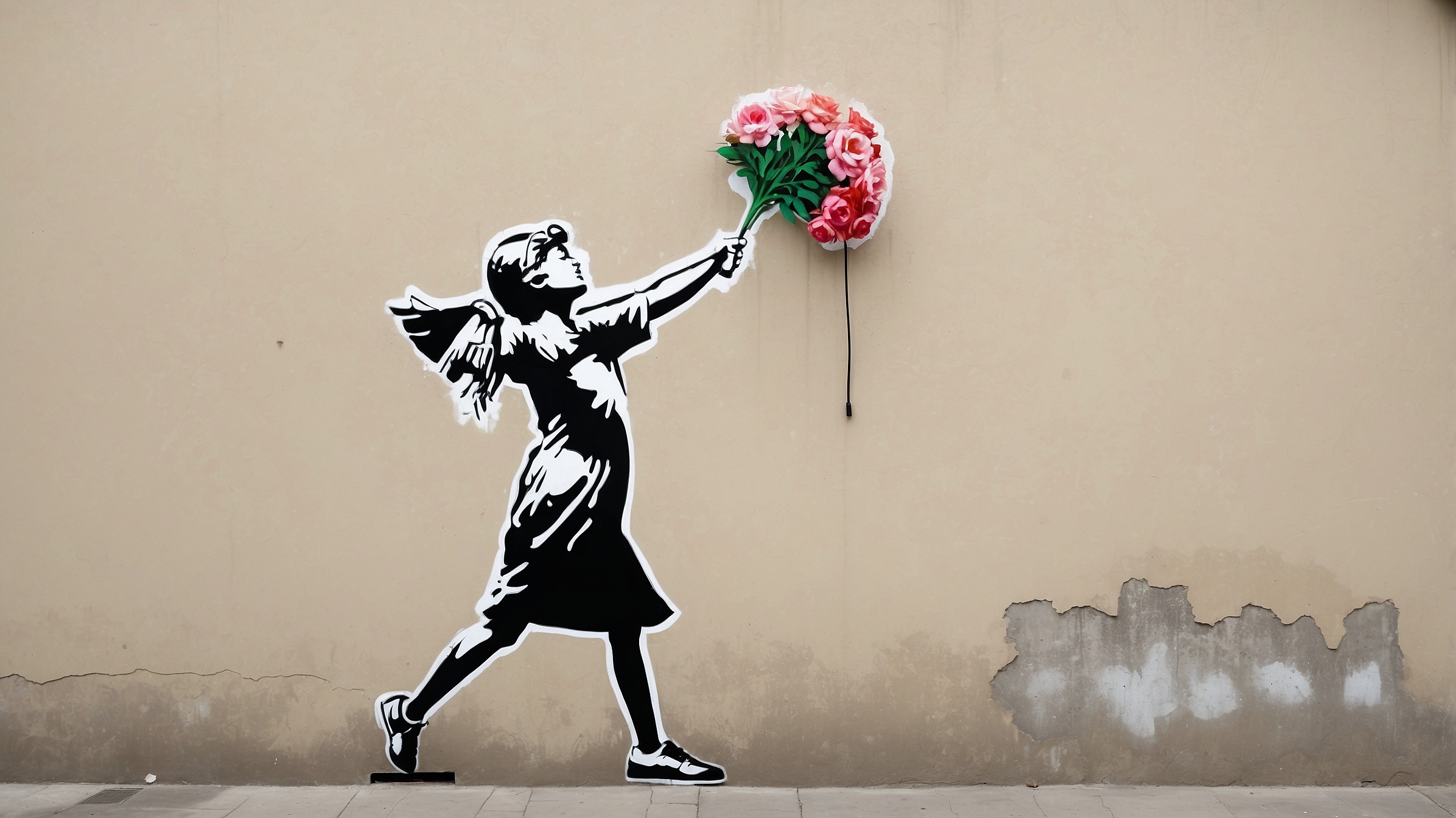
Banksy's art style is characterized by its use of stencils and its often satirical or political message. His work often features recognizable images or symbols with a dark or humorous twist.
Thinking in the box: Impressionism, Modernism
Might also call it: graffiti artist, street artist
Barbadians No.110
The art style of the Barbadians is characterized by its use of bright colors and bold patterns. The artists of this region often use a variety of mediums to create their art, including painting, sculpture, and photography. Barbadian artists often seek to capture the spirit of their homeland in their work, which often features scenes of everyday life or landscapes of the island.
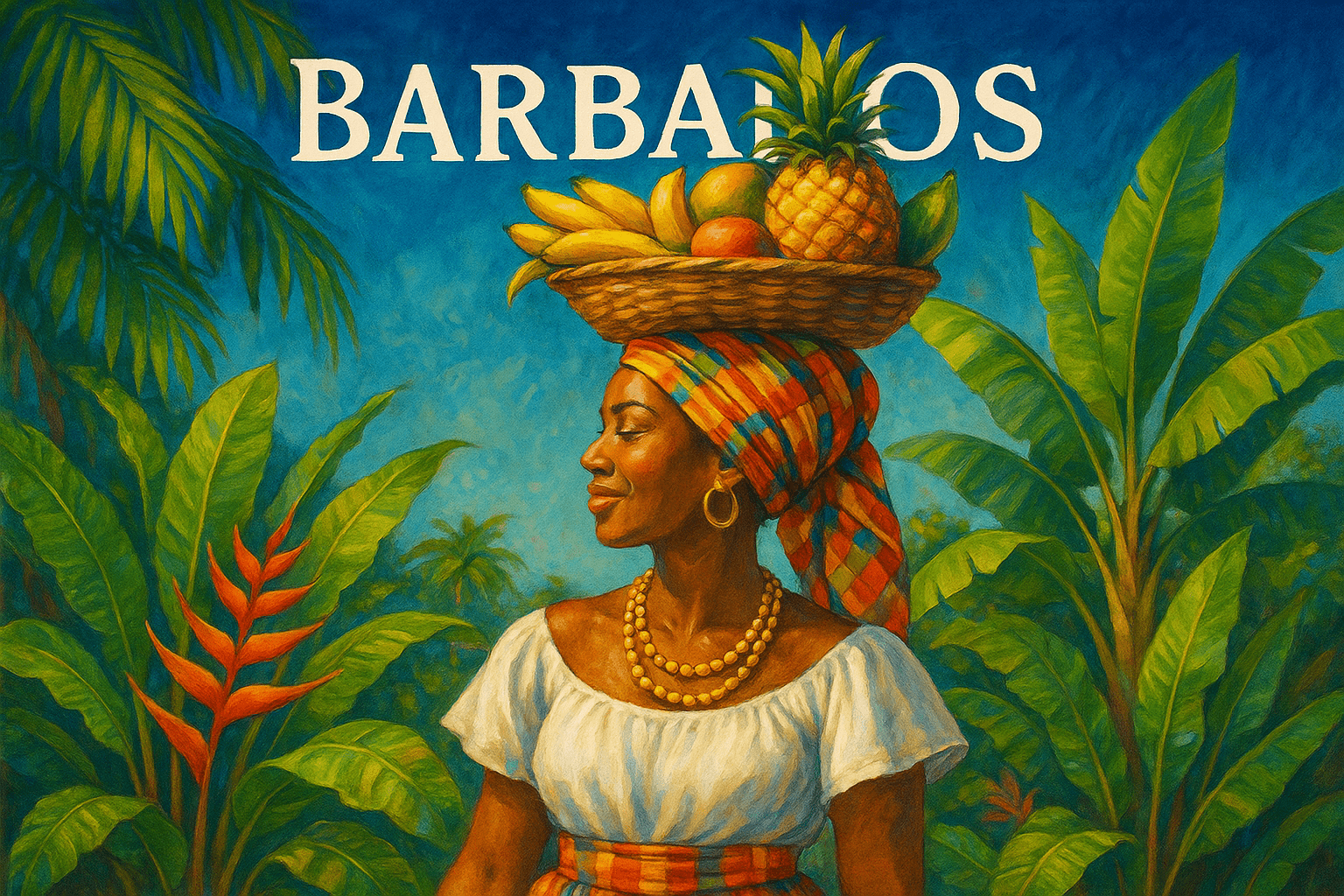
The art style of Barbadians is very colorful and vibrant. The colors are often very bright and bold, and the patterns are often very intricate.
Thinking in the box: Impressionism, Modernism
Might also call it: Bajans
Barbizon School No.111
Rooted in the tranquil French hamlet, the Barbizon School blends earthy tones with serene landscapes, inviting the viewer to partake in a quiet communion with nature's simplicity.

Earthy palettes dance under subtle light, trees whisper with gentle strokes, skies hover in muted blues—each painting a peaceful pause, a breath captured.
Thinking in the box: Naturalism, Realism
Might also call it: None
Baroque No.112
The Baroque art style is characterized by its ornate and dramatic features. This style emerged in Europe in the early 17th century and reached its peak in the late 17th century. Baroque art is often associated with the Counter-Reformation, a period of religious and political turmoil in Europe. Baroque artists sought to convey religious messages through their artworks, which often featured dramatic scenes and intense emotions.
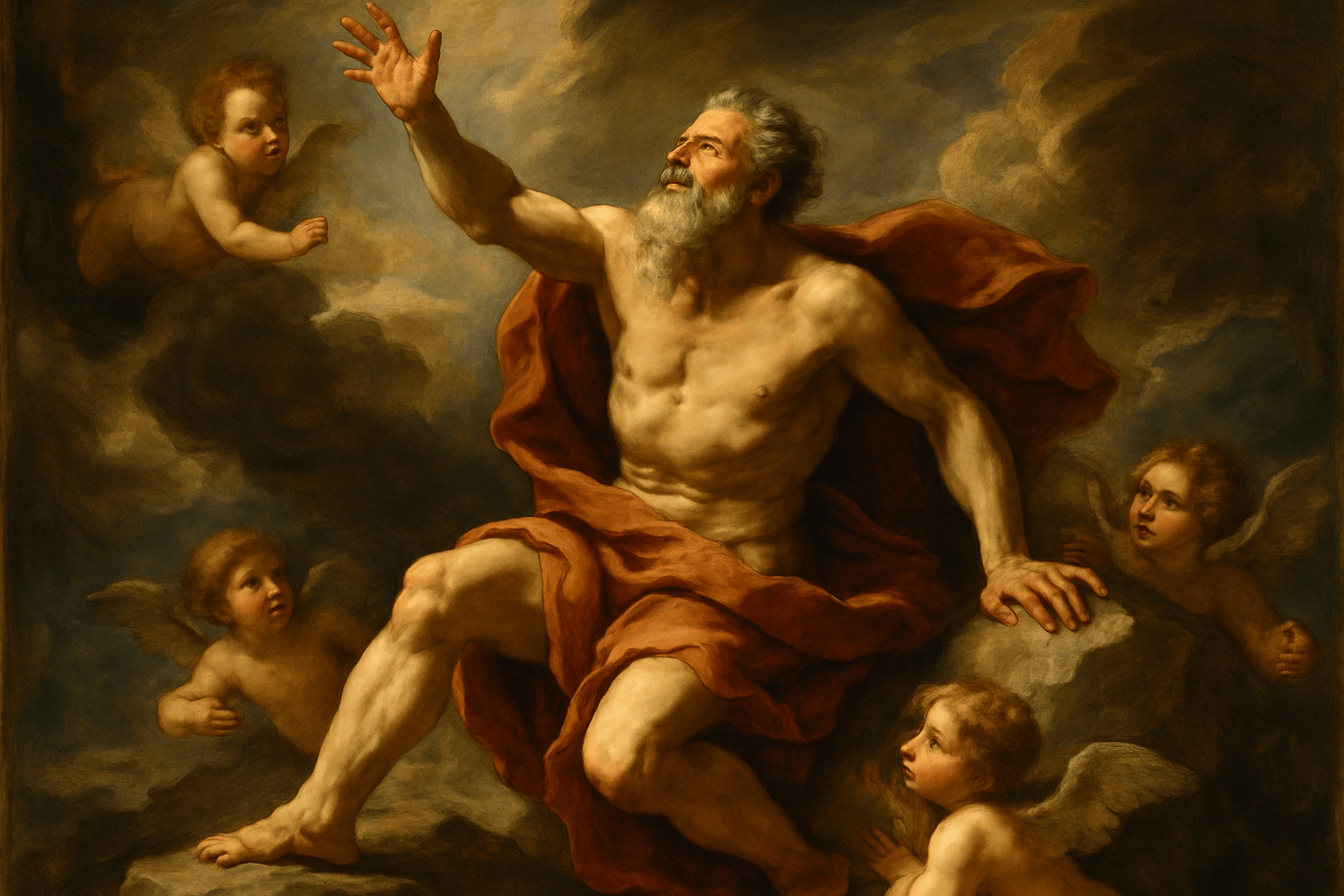
The Baroque art style is characterized by its ornate and dramatic features. Baroque paintings are often filled with intricate details and bold colors. The overall effect is often one of grandeur and opulence.
Thinking in the box: Impressionism, Modernism
Might also call it: Elaborate, ornate, over-the-top, excessive, flamboyant, gaudy, showy, ostentatious
Battle painting No.113
Battle painting is a type of painting that depicts scenes of battle. These paintings often include a large number of figures, and are often very detailed. Battle paintings can be found from a variety of historical periods, and often provide a valuable record of a particular battle.
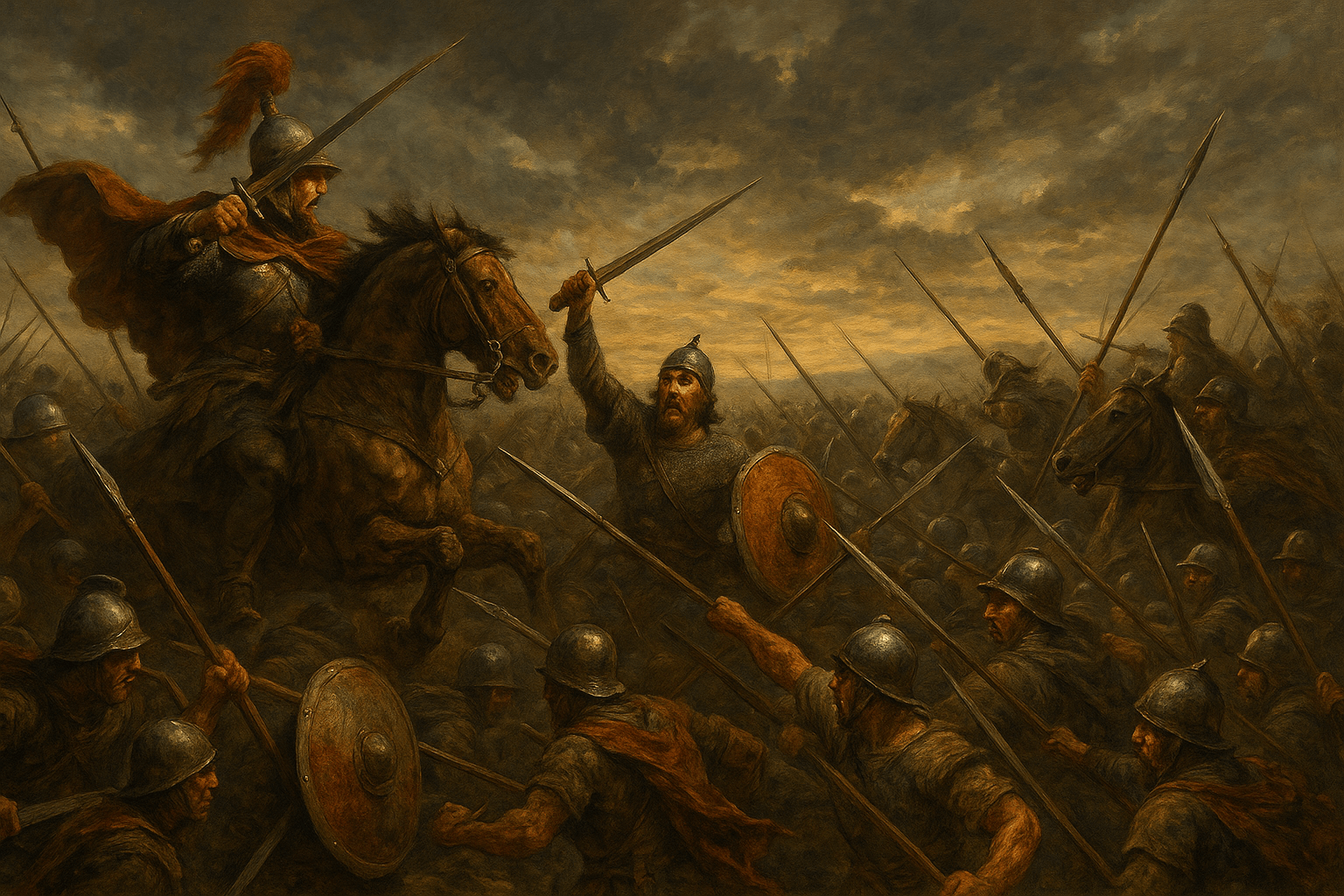
The art style of battle painting is characterized by its bright colors and bold lines. The paintings are often large and busy, with many different elements going on at once. The overall effect is one of excitement and energy, making them well-suited for depicting scenes of battle or other action-packed moments.
Thinking in the box: Impressionism, Modernism
Might also call it: War painting, military painting, combat painting.
Bauhaus No.114
The Bauhaus was a German art school that operated from 1919 to 1933. It was founded by Walter Gropius, and its core philosophy was the belief that good design should be accessible to everyone. The school taught a range of subjects, including architecture, painting, and sculpture, and its graduates went on to become some of the most influential artists and designers of the 20th century.
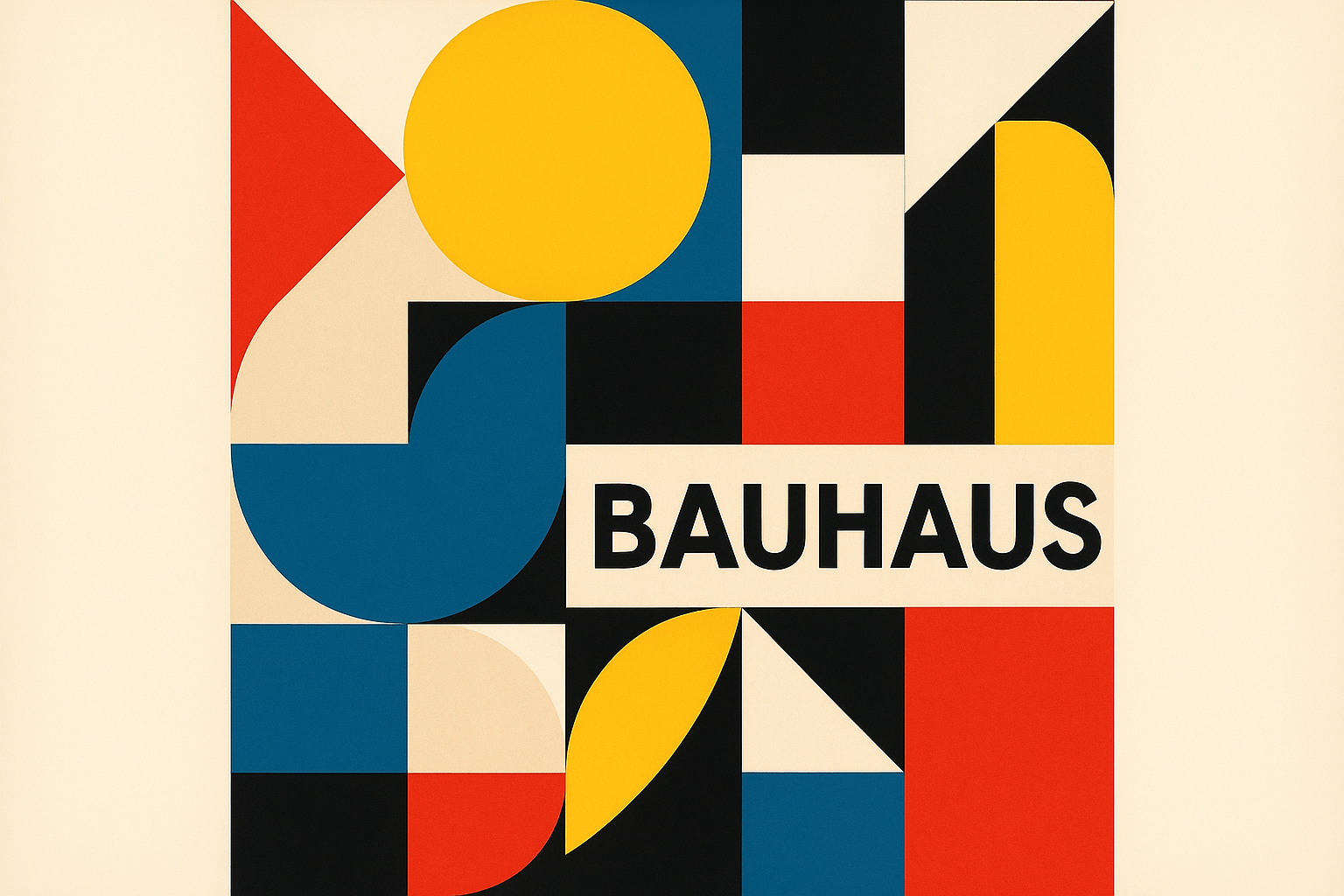
The Bauhaus art style is characterized by its clean lines, simple forms, and lack of ornamentation. The colors are often muted, and the overall effect is one of simplicity and functionality.
Thinking in the box: Impressionism, Modernism
Might also call it: school of design, school of art, college of art, art institute
Beach Art No.115
Beach Art is a type of art that is created by using natural materials found on the beach. This can include shells, rocks, sand, and other materials. The art is often created in a spontaneous and free form manner.

Beach art is typically characterized by its use of bright colors and its focus on natural elements. Common subjects include sea life, palm trees, and waves.
Thinking in the box: Impressionism, Modernism
Might also call it: seaside art, shore art, ocean art, sand art
Beach Towel No.116
Beach Towel is a contemporary art style that is characterized by its use of bright colors and bold patterns. It is often used to create abstract or semi-abstract compositions. Beach Towel is a popular choice for both indoor and outdoor artworks.
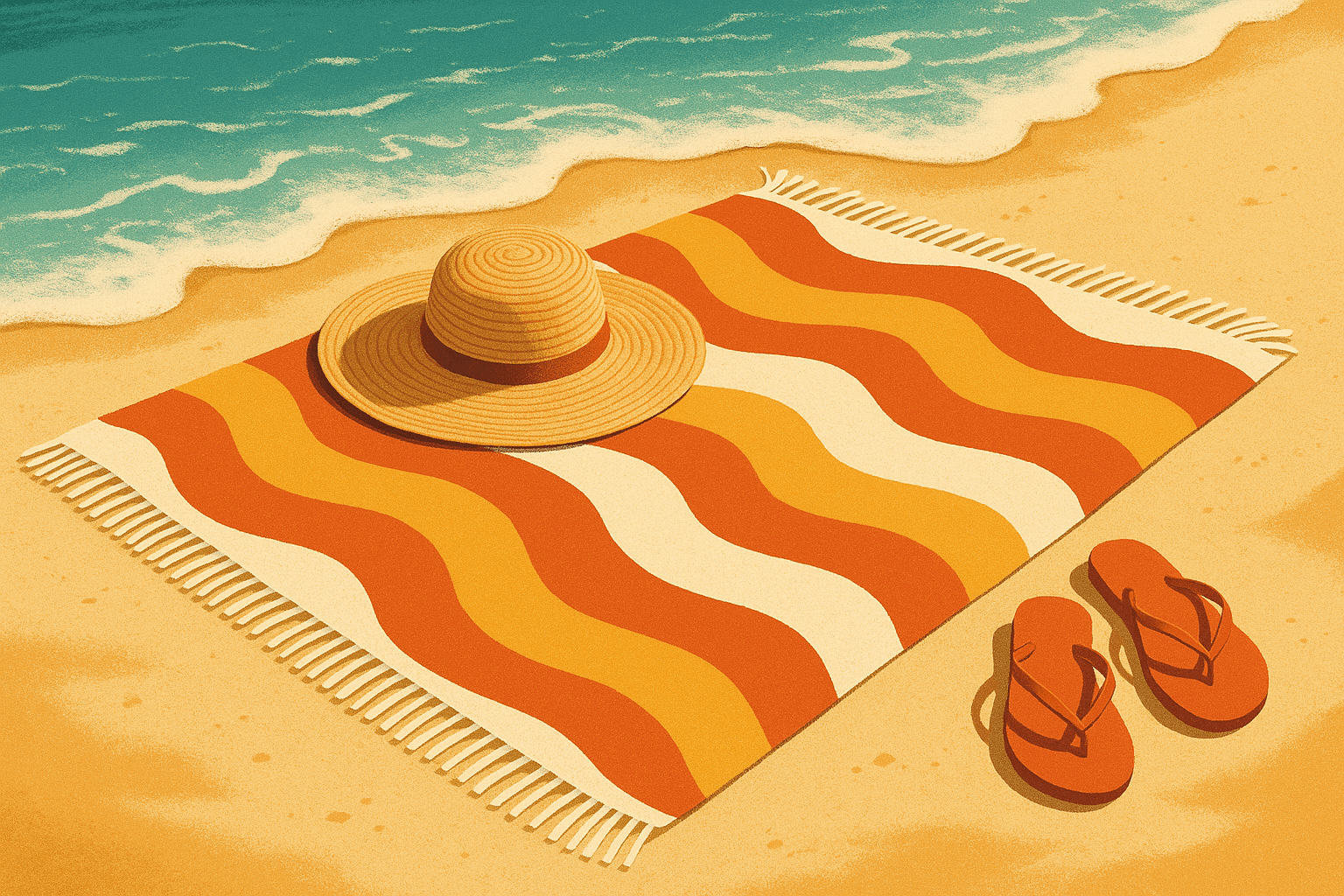
The art style of Beach Towel is very colorful and vibrant. The towels are patterned with brightly colored geometric shapes and patterns. The overall effect is very cheerful and summery.
Thinking in the box: Impressionism, Modernism
Might also call it: Beach towel, bath towel, hand towel, face towel, towel.
Beeple No.117
Beeple is a digital artist who creates art using a wide variety of techniques, including 3D rendering, animation, and image manipulation. His work often features surreal and dystopian themes, and he has gained a large following for his unique and visually arresting style.
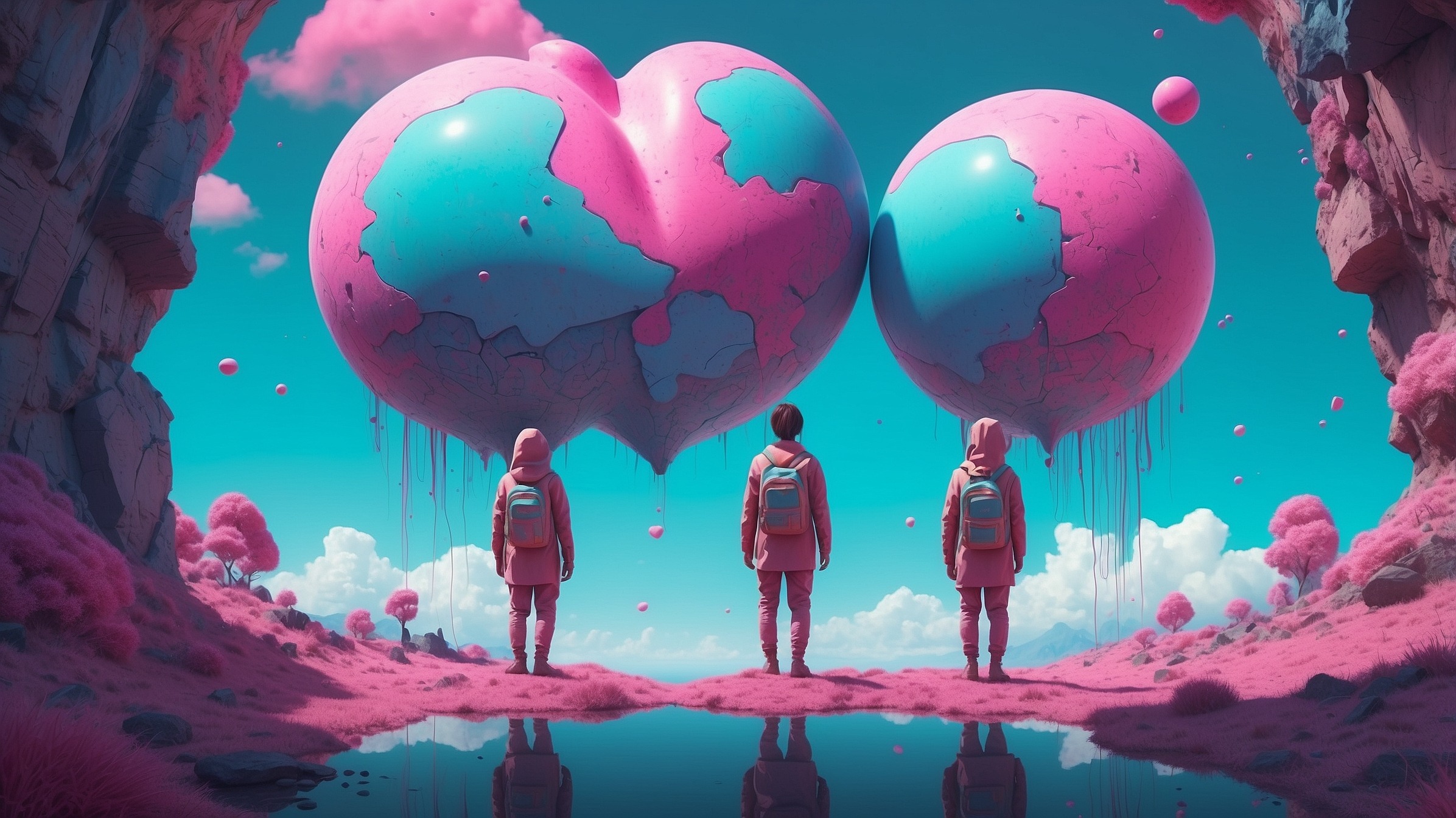
The art style of Beeple is very colorful and detailed. His work often features characters and scenes from popular culture, as well as original characters and settings. Beeple's style is often described as "mashup" or "collage" art, due to the way he combines different elements from various sources.
Thinking in the box: Impressionism, Modernism
Might also call it: Bleep, bloop, boop, beep-beep
Belarusians No.118
Belarusians have a unique art style that is a mix of Eastern and Western influences. Their art is characterized by bright colors, bold patterns, and a focus on nature. Belarusian artists often use traditional folk motifs in their work, which gives it a distinctive flavor.
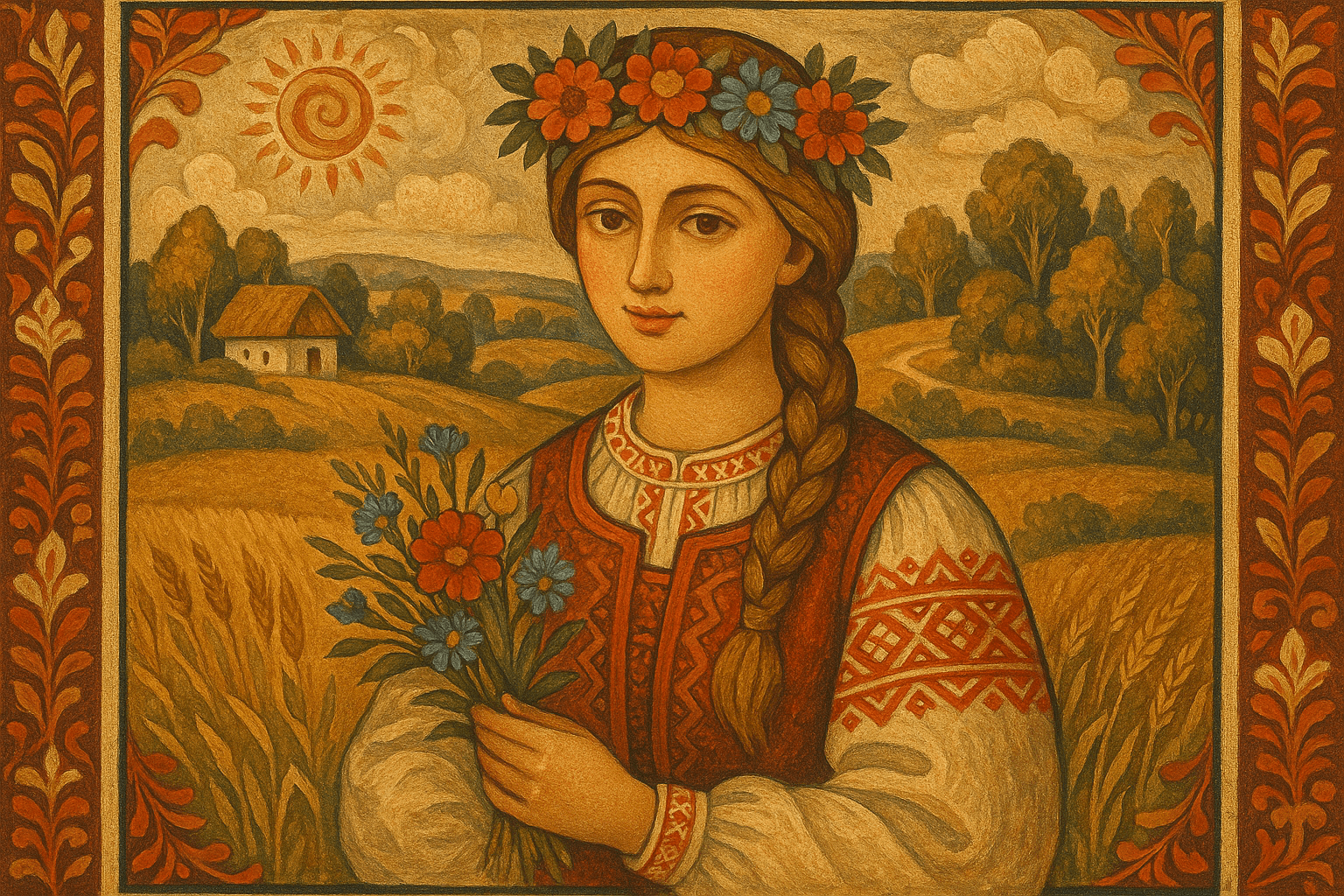
The art style of Belarusians is characterized by its bright colors and intricate patterns. Traditional Belarusian art is often brightly colored and includes intricate patterns.
Thinking in the box: Impressionism, Modernism
Might also call it: Belarusians can also be referred to as Belarussians.
Belgians No.119
The Belgian art style is characterized by its focus on simplicity and functionality. This approach is evident in the work of many Belgian artists, who often use basic geometric shapes and muted colors to create their art. While the Belgian art style is not as flashy or attention-grabbing as some other styles, it has a certain elegance and sophistication that is unique to Belgium.
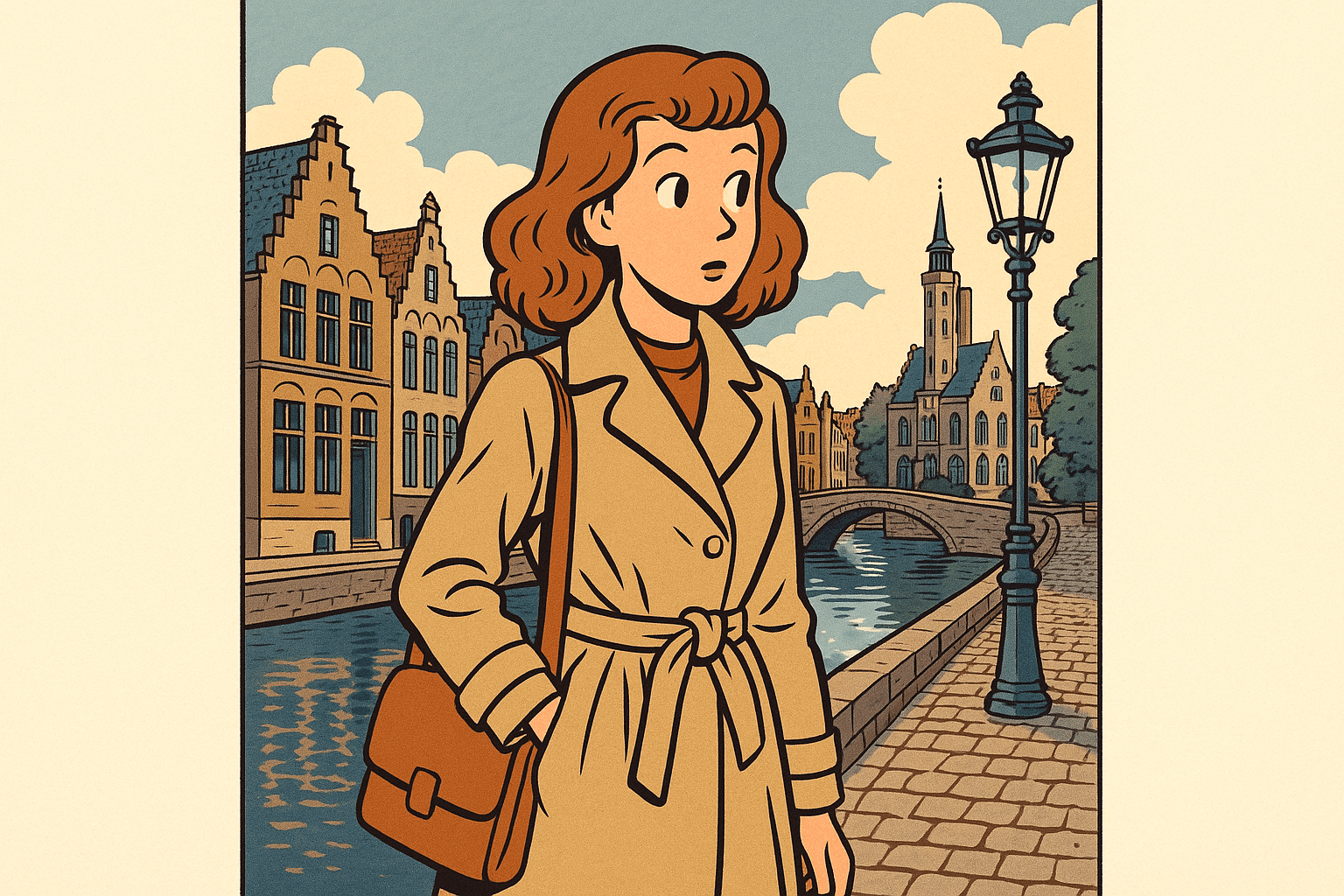
The art style of the Belgians is characterized by its use of light and dark colors, as well as its focus on detail. Belgian artists often use a variety of techniques to create their art, including painting, sculpture, and printmaking.
Thinking in the box: Impressionism, Modernism
Might also call it: Belgians can also be referred to as the Belgian people.
Bengal School No.120
The Bengal School is a cultural reclamation. Emerging in early 20th-century India, it sought to revive indigenous art traditions by fusing mystical themes with nationalism, employing subtle colors and intricate lines.

Bengal School paintings are visions cast in sepia and gold. They blend harmony with grace, capturing mythic dreams and serene realities, employing fine, sinuous lines and a palette that's both earthy and ethereal.
Thinking in the box: Modernism, Traditionalism
Might also call it: Neo-Bengal, Swadeshi Style
Bengal School of Art No.121
The Bengal School of Art was an art movement founded in Bengal in the early 20th century. The school was founded by Abanindranath Tagore, a nephew of the poet Rabindranath Tagore. The Bengal School was an important influence on the development of modern Indian art. The school's style was based on the traditional art of Bengal, and its artists sought to revive the lost glory of Bengal's past. The school's artists were also influenced by the British Arts and Crafts Movement and the Japanese art of ukiyo-e. The Bengal School's most famous artist was Rabindranath Tagore, who won the Nobel Prize for Literature in 1913.

The Bengal School of Art was an art movement that started in Bengal in the early 20th century. It was characterized by its use of traditional Indian techniques and subjects, as well as a rejection of Western art styles.
Thinking in the box: Impressionism, Modernism
Might also call it: The Bengal School of Art was a style of Indian painting that developed during the British Raj in the late 19th and early 20th centuries.
Bengalis No.122
Bengalis are a community of people from the Bengal region in the eastern part of the Indian subcontinent, which is now divided between the Indian state of West Bengal and the country of Bangladesh. Bengalis are known for their unique art style, which is a mix of traditional Indian and Muslim influences. Bengali art is characterized by its use of bright colors, intricate patterns, and often religious themes.
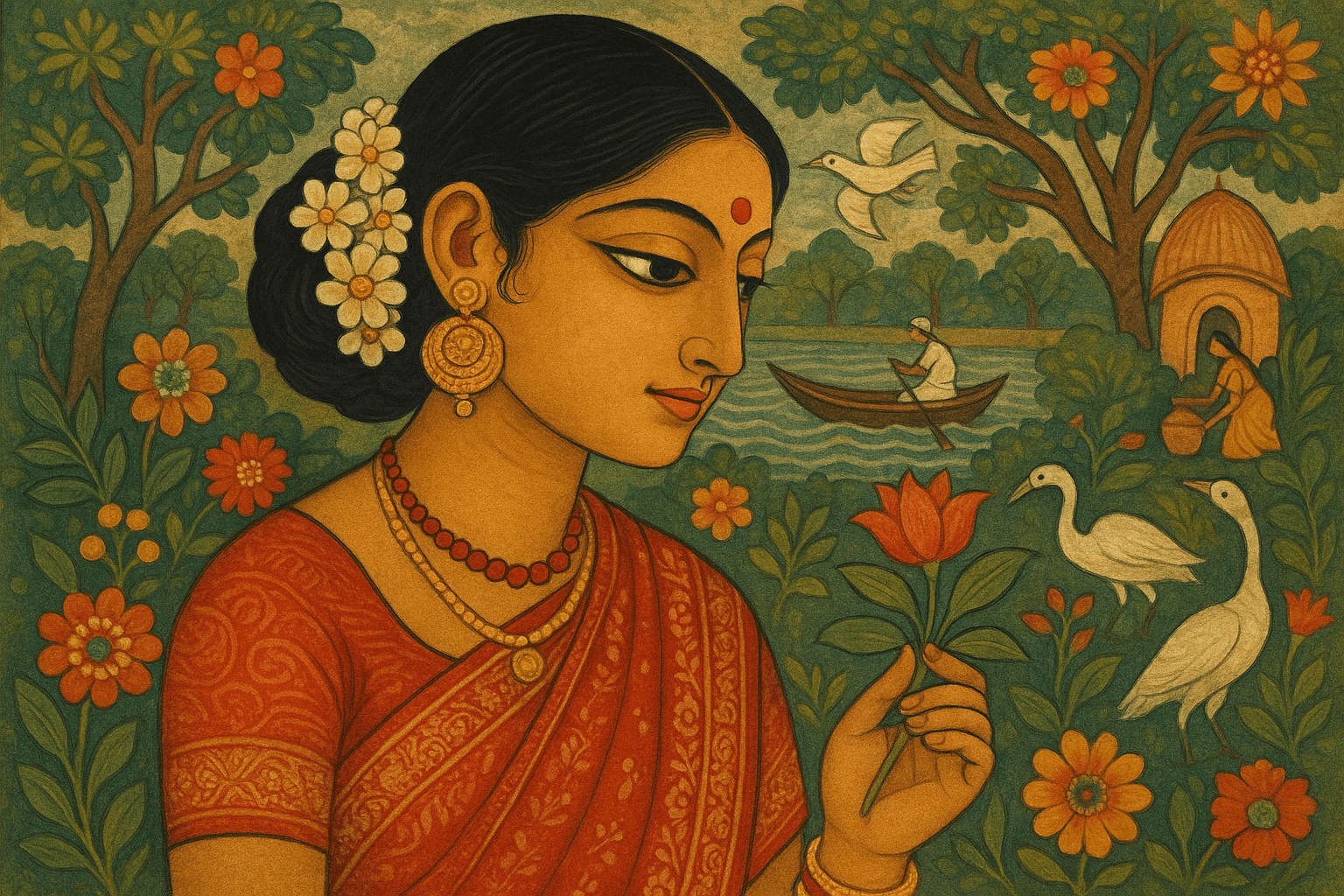
The Bengali art style is characterized by its use of bright colors and bold patterns. Bengali artists often use a variety of techniques to create their art, including painting, sculpture, and printmaking. Bengali art is often inspired by the region's rich history and culture, and often features scenes from Bengali folklore and mythology.
Thinking in the box: Impressionism, Modernism
Might also call it: Bengalis can be referred to as Bengali people, or people from Bengal.
Berlin No.123
The Berlin art scene is known for its cutting-edge, contemporary art. The city is home to a number of world-renowned art galleries and museums, as well as a thriving street art scene. Berlin artists are often at the forefront of new and innovative art movements, and the city is a hotbed of creative talent.

The art style Berlin is characterized by its use of bright colors and bold patterns. Berlin artists often use geometric shapes and patterns to create their artworks.
Thinking in the box: Impressionism, Modernism
Might also call it: Germany, city, capital
Berlin Secession No.124
The Berlin Secession was a group of German artists formed in 1898 to secede from the official state-sponsored art exhibition. The group included painters, sculptors, and architects. They exhibited their work in a series of exhibitions from 1898 to 1903. The Berlin Secession had a significant impact on the development of modern art in Germany.

The Berlin Secession was a German art movement that was founded in 1898 by a group of artists who had resigned from the Association of Berlin Artists. The group was opposed to the conservative policies of the Association, and they wanted to promote a more modern and progressive approach to art. The group held exhibitions of their work, and they also published a magazine called Die Secession. The group's most famous member was Ernst Ludwig Kirchner, and other members included Max Beckmann and Otto Dix. The group disbanded in 1933 when the Nazis came to power in Germany.
Thinking in the box: Impressionism, Modernism
Might also call it: Art Nouveau, Jugendstil
Berlinism No.125
Berlinism is a term used to describe a range of styles in art, architecture and design associated with the German capital city of Berlin. These styles emerged in the late 19th and early 20th centuries, and were characterised by their use of new technologies and materials, and their rejection of traditional styles.

The art style Berlinism is characterized by its use of bright colors and bold patterns. Berlinism is also known for its use of geometric shapes and clean lines.
Thinking in the box: Impressionism, Modernism
Might also call it: -
Bijinga No.126
Bijinga is a Japanese art style that features beautiful women. The women are often shown in kimonos and with intricate hairstyles. The artwork is highly detailed and often includes elements of nature, such as flowers and birds.

Bijinga is a type of Japanese woodblock print that typically features images of beautiful women. The prints are usually brightly colored and have a very delicate, feminine look.
Thinking in the box: Impressionism, Modernism
Might also call it: Bijinga are also known as ukiyo-e, which is a type of Japanese woodblock print.
Bimborism No.127
Bimborism is a form of art that uses geometric shapes to create images. It is often used to create abstract or stylized images.
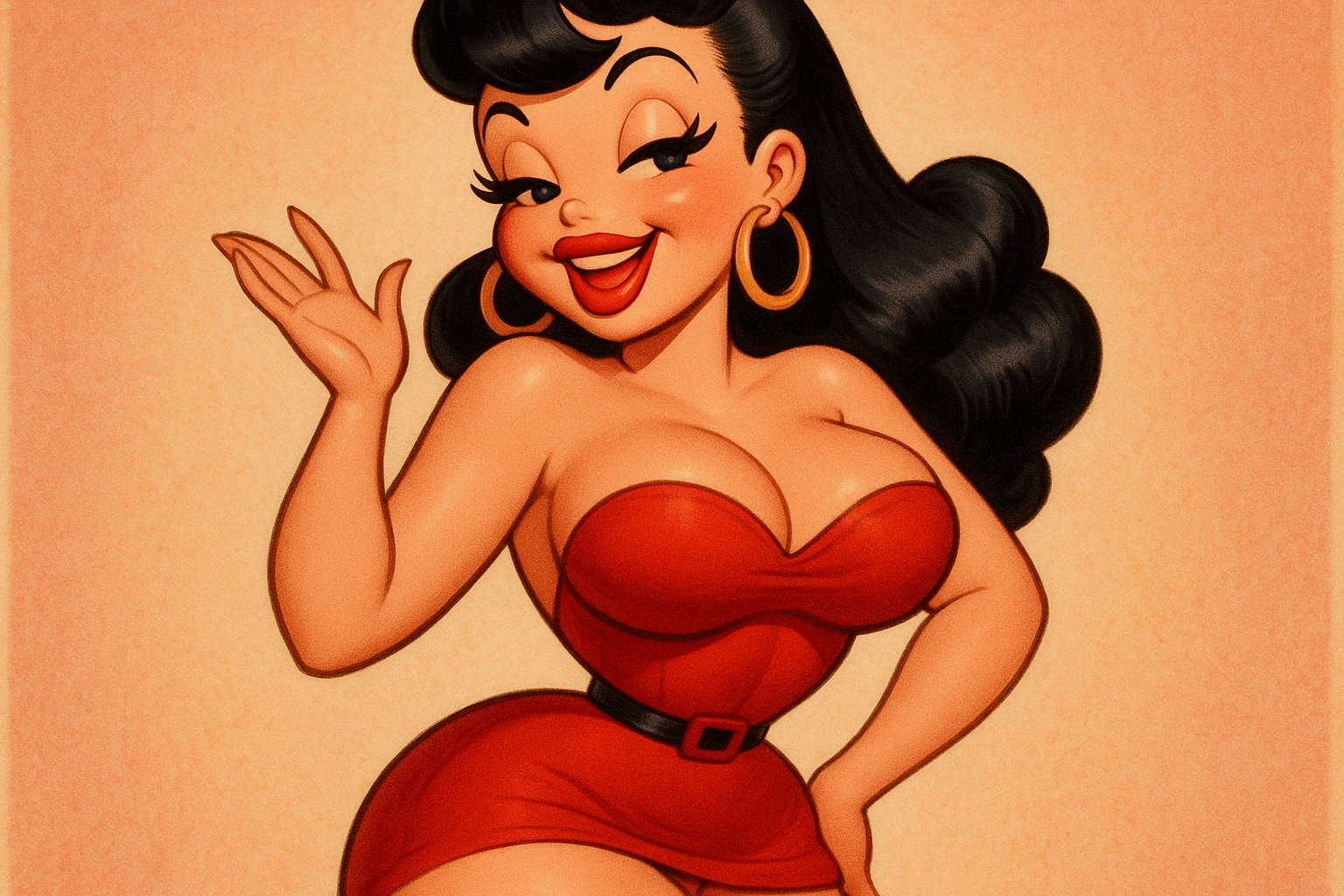
Bimborism is a style of art that is characterized by its use of bright colors and bold patterns. This style is often used to create abstract or whimsical images.
Thinking in the box: Impressionism, Modernism
Might also call it: Foolishness, silliness, idiotic behavior.
The Tapestry of Life No.128
Bio Art merges biology and creativity, drawing on the living and the natural world. It transforms scientific novelty into visual splendor, often offering poignant commentary on nature and humanity. This style is ever-evolving, like life itself.

Bio Art appears as an alchemy of living and organic forms interwoven with artistic intent. It’s a symphony of colors and textures, reminiscent of vibrant coral reefs or the intricate maze of a forest floor.
Thinking in the box: Contemporary, Experimental, Environmental
Might also call it: Biological Art, Living Art
BioCircuit Expression No.129
Merging digital rhythm with organic flow, BioCircuit blends the mechanical with life's essence, forging art that speaks both to the machine and heart.

Futuristic yet natural, BioCircuit marries flowing lines with digital grids, evoking electric veins pulsing alongside nature's own pathways.
Thinking in the box: Futurism, Cybernetic Art
Might also call it: Tech-Nature Fusion, CyberOrganic Design
Bird-and-Flower painting No.130
Bird-and-Flower painting is a type of Chinese painting that depicts birds and flowers in a natural setting. The painting style is characterized by its use of bright colors and bold brushstrokes.
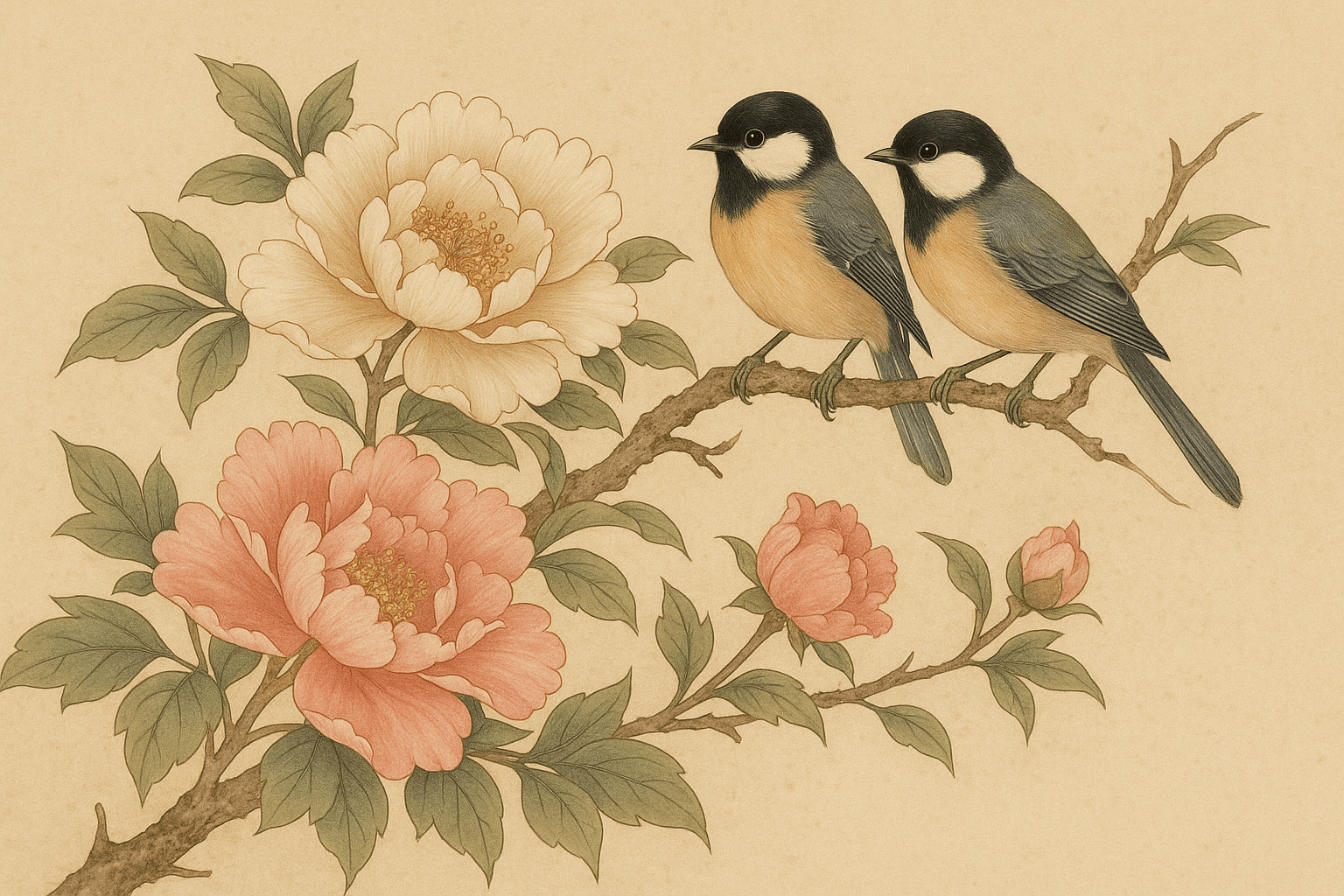
The Bird-and-Flower painting style is characterized by its bright colors and bold lines. The paintings often feature birds and flowers in a naturalistic setting.
Thinking in the box: Impressionism, Modernism
Might also call it: Still life, nature morte.
Black Arts Movement No.131
The Black Arts Movement was a period of time in the 1960s when black artists came together to create art that reflected their experience as black Americans. The art produced during this time was often political and aimed at empowering black people. The Black Arts Movement was an important part of the larger Civil Rights Movement and helped to shape the way we think about black art today.
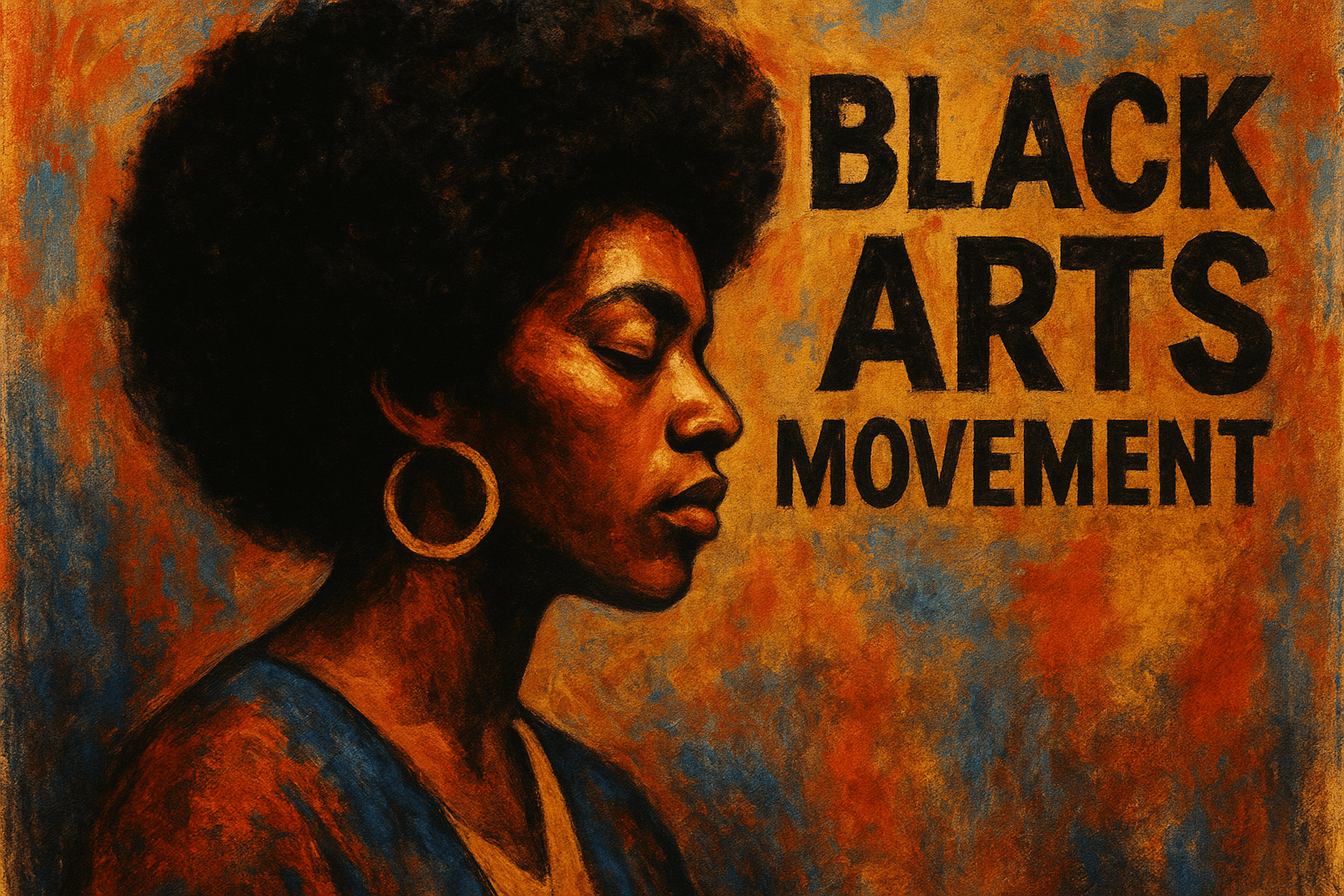
The Black Arts Movement was a period of time in the 1960s when black artists aimed to create art that reflected the black experience. The art style during this time period was characterized by bold colors, strong lines, and a focus on the black experience.
Thinking in the box: Impressionism, Modernism
Might also call it: The Black Arts Movement was a period of time when black artists tried to express their African heritage through their art.
Black and White Photograhpy Photography No.132
Black and white photography is a timeless and classic art form that captures the world in a unique way. It is often seen as more dramatic and emotive than color photography, and can be used to create stunning images.

The visual appearance of black and white photography is that it is very stark and contrasty. The blacks are very black and the whites are very white. There is often a lot of grain in black and white photography.
Thinking in the box: Impressionism, Modernism
Might also call it: monochrome, duotone, greyscale
Blueprint No.133
The Blueprint art style is a clean and modern approach to design that emphasizes simplicity and functionality. This style is often used in corporate settings and is characterized by its use of clean lines, muted colors, and a focus on typography and layout.

The art style Blueprint is a 2D top-down view of a construction site. The player can see the different levels of the construction site and the different materials that are needed to build it.
Thinking in the box: Impressionism, Modernism
Might also call it: plan, design, layout, sketch, outline
Skin Symphony No.134
Art where the body becomes the canvas, a myriad of expression flowing through tattoos, piercings, and painted forms. It defies boundaries, an ephemeral dance blending artistry with anatomy.
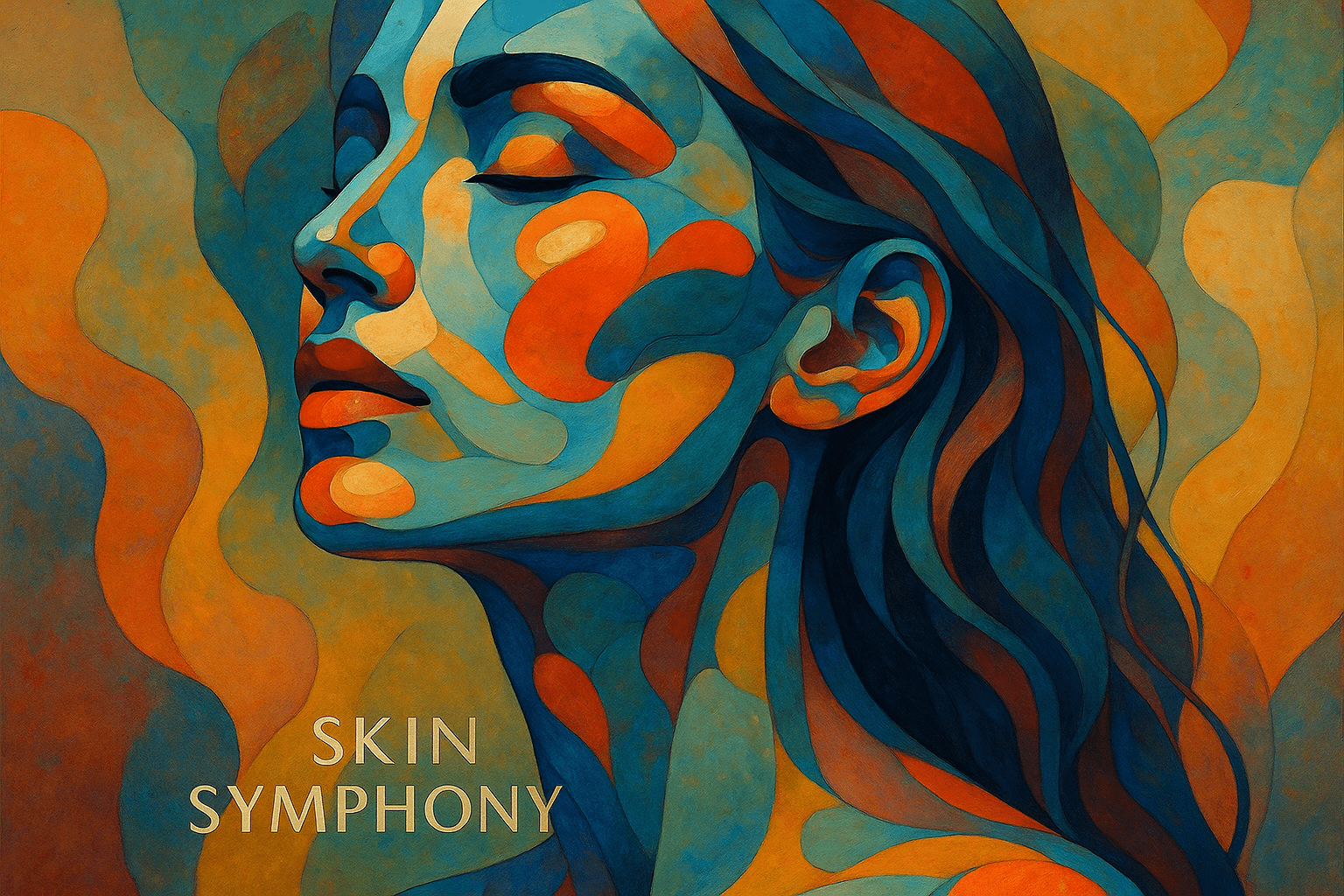
Vivid ink vines spiral across skin landscapes, metal glints catch light in flesh, and paintbrush colors embrace the natural contours. This living tapestry shifts and flows, resonating with the heartbeat of its bearer.
Thinking in the box: Expressionism, Symbolism
Might also call it: Dermal Artistry, Human Canvas, Skin Embellishment
Bosnians No.135
Bosnian art is a product of the Bosnian people's rich cultural heritage. It is a fusion of Islamic, Byzantine, and Ottoman influences. Bosnian art is characterized by its ornate, colorful, and detailed patterns. It is often used to decorate Bosnian homes and businesses.
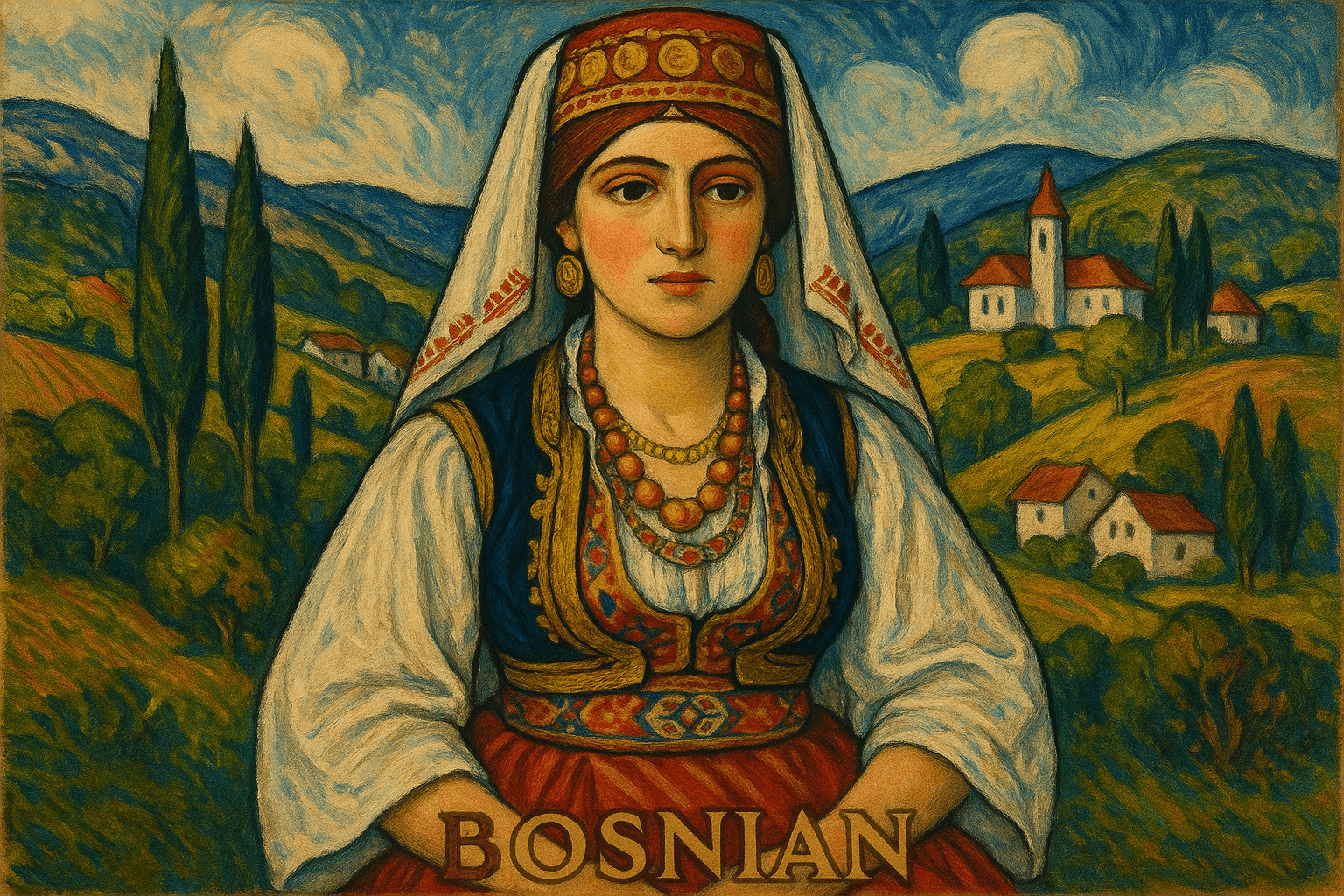
The Bosnian art style is characterized by its use of geometric shapes and patterns. The shapes and patterns are often used to create a sense of movement and energy. Bosnian artists often use bright colors to create a sense of vibrancy and excitement.
Thinking in the box: Impressionism, Modernism
Might also call it: Bosnians can also be referred to as Bosnian people or Bosniaks.
Brazilians No.136
The art style of Brazilians is characterized by its vibrant colors and bold patterns. Brazilian artists often use a variety of mediums to create their art, including painting, sculpture, and photography. Brazilian art is often inspired by the country's natural beauty, as well as its rich history and culture.
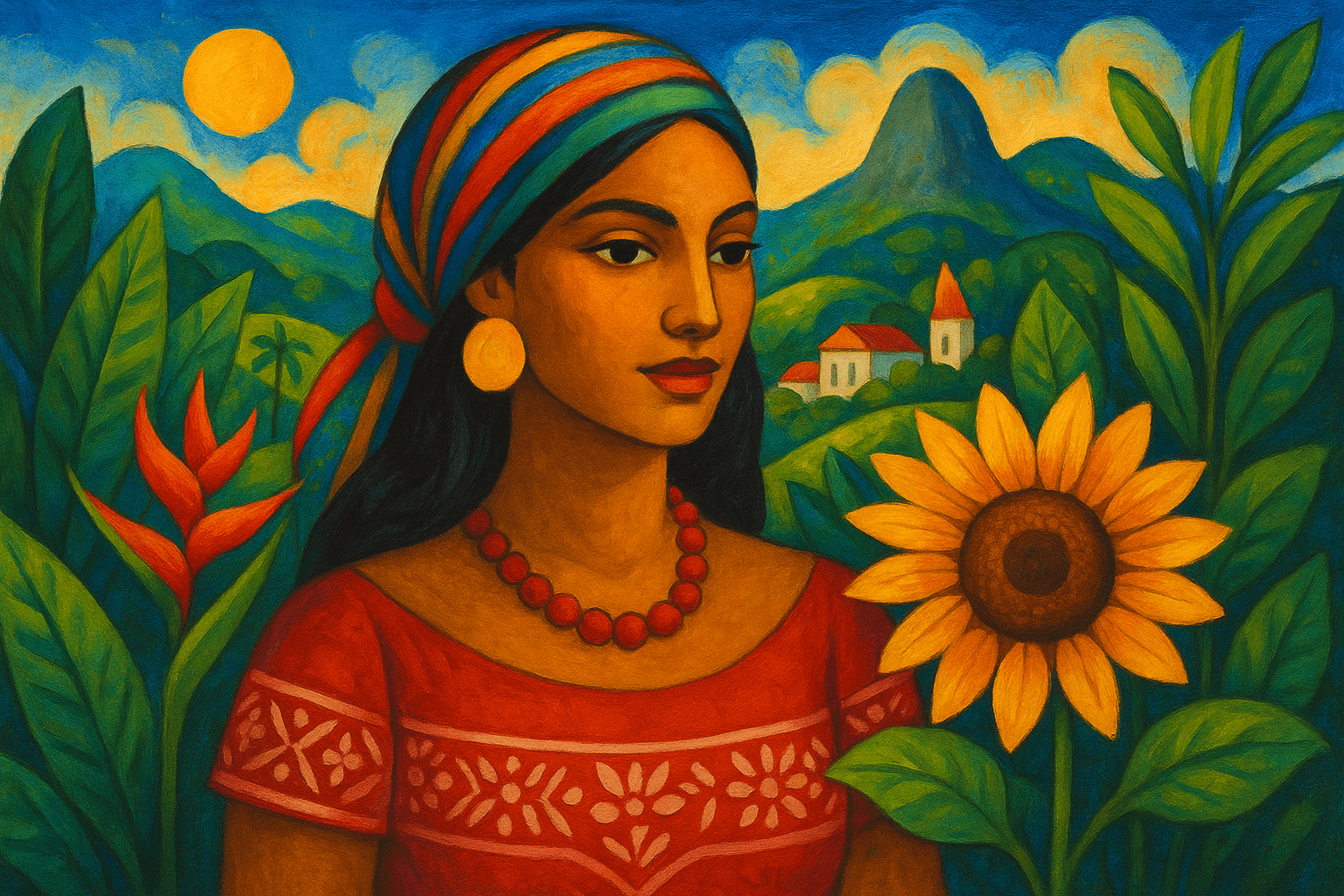
The art style of Brazilians is very colorful and vibrant. They often use a lot of patterns and geometric shapes in their artwork.
Thinking in the box: Impressionism, Modernism
Might also call it: South Americans, Brazilians
British No.137
The British art style is characterized by its unique approach to realism and its use of light and shadow to create a sense of depth. This style is often associated with the work of the great British painters of the 19th century, such as J.M.W. Turner and John Constable.
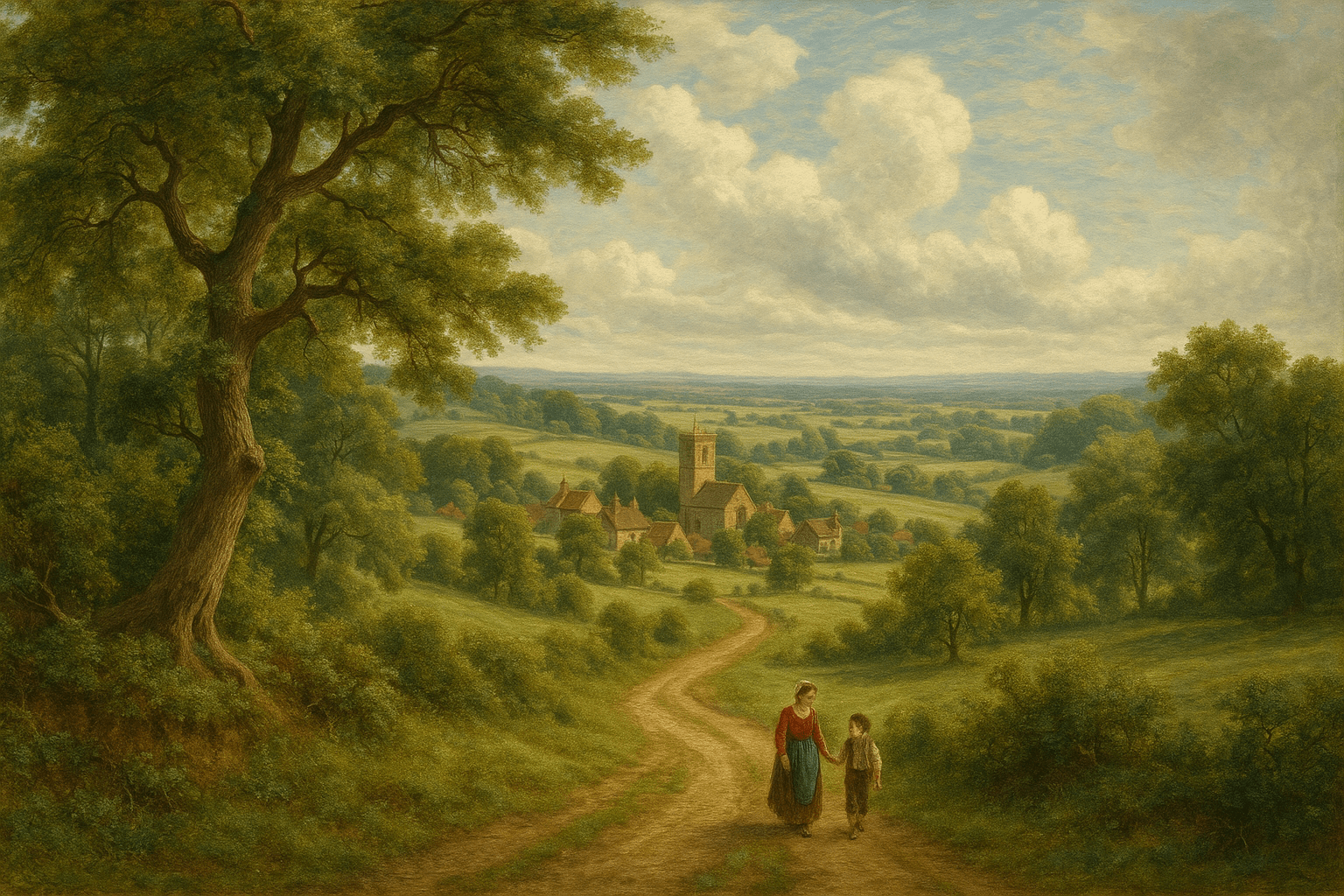
The visual appearance of the art style British is characterized by its use of bright colors and bold patterns. This style is often associated with the Victorian era, when Britain was a leading global power.
Thinking in the box: Impressionism, Modernism
Might also call it: UK, English, Great Britain
Broadway Stage Set Photograph No.138
The Broadway Stage Set Photograph is a professional and brief summary about the art style of Broadway stage sets. It includes information about the different types of sets, the history of Broadway stage sets, and the different set designers.

The art style of the Broadway Stage Set Photograph is realistic and detailed. The stage is set up with props and scenery, and the lighting is bright and colorful. The photograph is taken from a distance, so the audience is not visible.
Thinking in the box: Impressionism, Modernism
Might also call it: Theatre Set Photograph, Play Set Photograph, Set Design Photograph
Brutalism No.139
Brutalism is an architectural style that emerged in the 1950s and was characterized by its use of raw, unfinished concrete. The style was often used in government buildings and housing projects, and was seen as a way to create a modern, industrial aesthetic. In recent years, there has been a renewed interest in Brutalism, with architects and designers embracing its raw, industrial look.
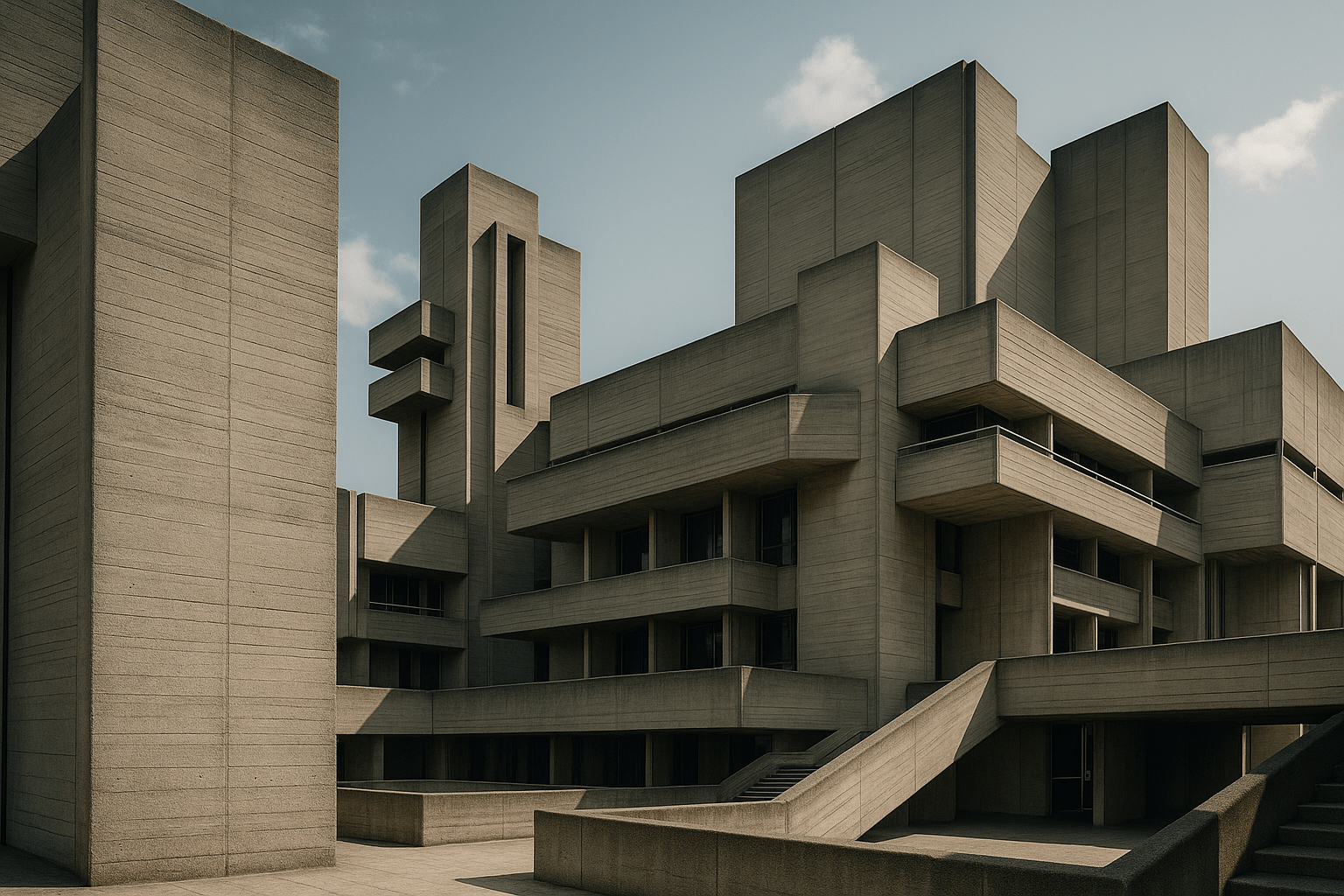
The art style of Brutalism is characterized by its use of simple, block-like forms and its rough, unfinished appearance. This style is often associated with the industrial and post-industrial landscape, and its buildings often have a utilitarian feel to them.
Thinking in the box: Impressionism, Modernism
Might also call it: harsh, severe, cruel, vicious, savage, barbaric, inhuman, bestial
Bubble Pop No.140
Bubble Pop art is a kaleidoscope of color, bursting like soda fizz. It blends playful nostalgia with digital whimsy, capturing the effervescence of youth. Each piece feels like a sugary dreamscape, where pixels dance in vibrant harmony.
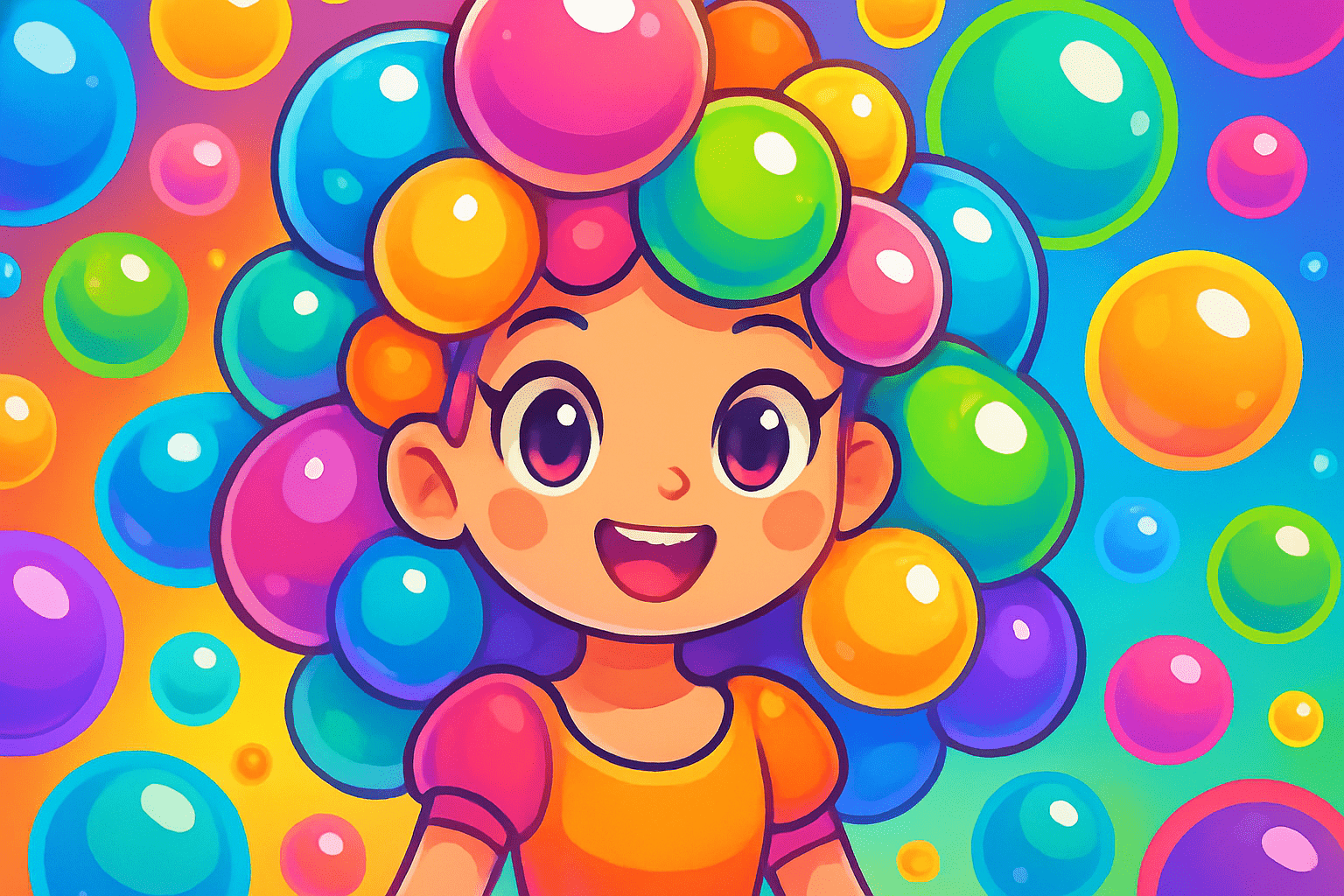
Bubble Pop art bursts with effervescent joy, like a fizzy drink on a hot day. Vibrant colors collide and swirl, creating an energetic dance of rounded forms and glossy surfaces, reminiscent of candy-coated dreams in a playful kaleidoscope.
Thinking in the box: Impressionism, Modernism
Might also call it: Bubble Pop, a playful and effervescent style, finds kinship with Pop Art, Neo-Pop, and Kawaii. Imagine a fusion of vibrant, cartoonish elements with a glossy finish. Related synonyms might include whimsical, effulgent, and buoyant.
Bubblecore No.141
Bubblecore, a jubilant burst of whimsy, blends vibrant hues with exaggerated forms, evoking a child's playful dreamscape. It dances between reality and imagination, where colors pop like champagne bubbles, inviting viewers into a world of buoyant fantasy.
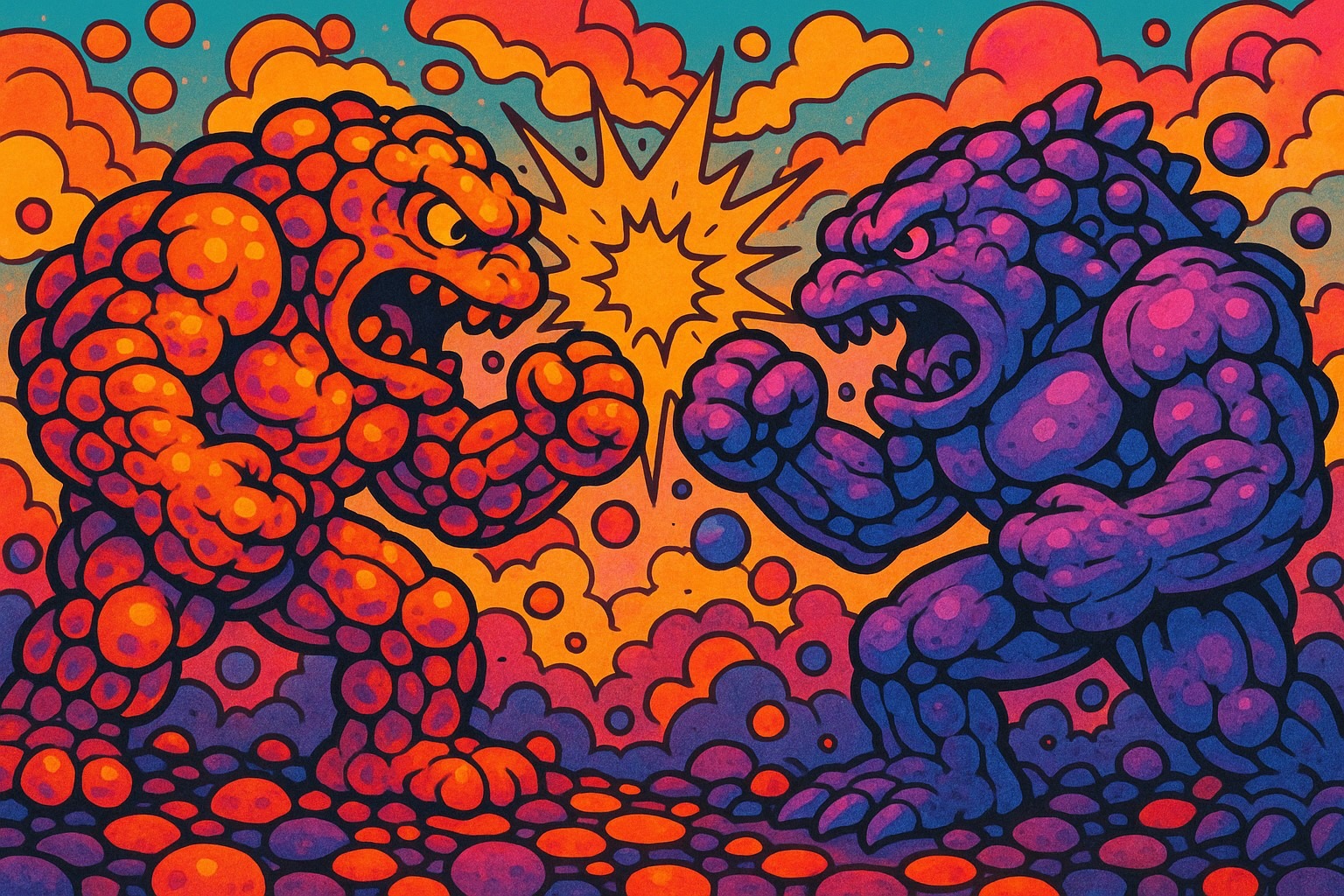
Bubblecore art resembles a dreamscape of effervescent orbs, where colors melt and merge like soap bubbles in sunlight. It’s a playful dance of translucency and vibrancy, each sphere a universe of whimsy and wonder.
Thinking in the box: Impressionism, Modernism
Might also call it: Bubblecore, an AI art style, lacks direct synonyms. However, related terms might include: Pop Surrealism, Neo-Pop, Digital Whimsy, Cyber Kitsch, and Algorithmic Playfulness. Each captures a facet of Bubblecore's effervescent and playful aesthetic.
Bubbleism No.142
Bubbleism is an effervescent dance of color and form, where circular shapes frolic across the canvas like champagne bubbles. Each sphere captures a moment of joy, embodying a playful rebellion against linear constraints and inviting boundless imagination.
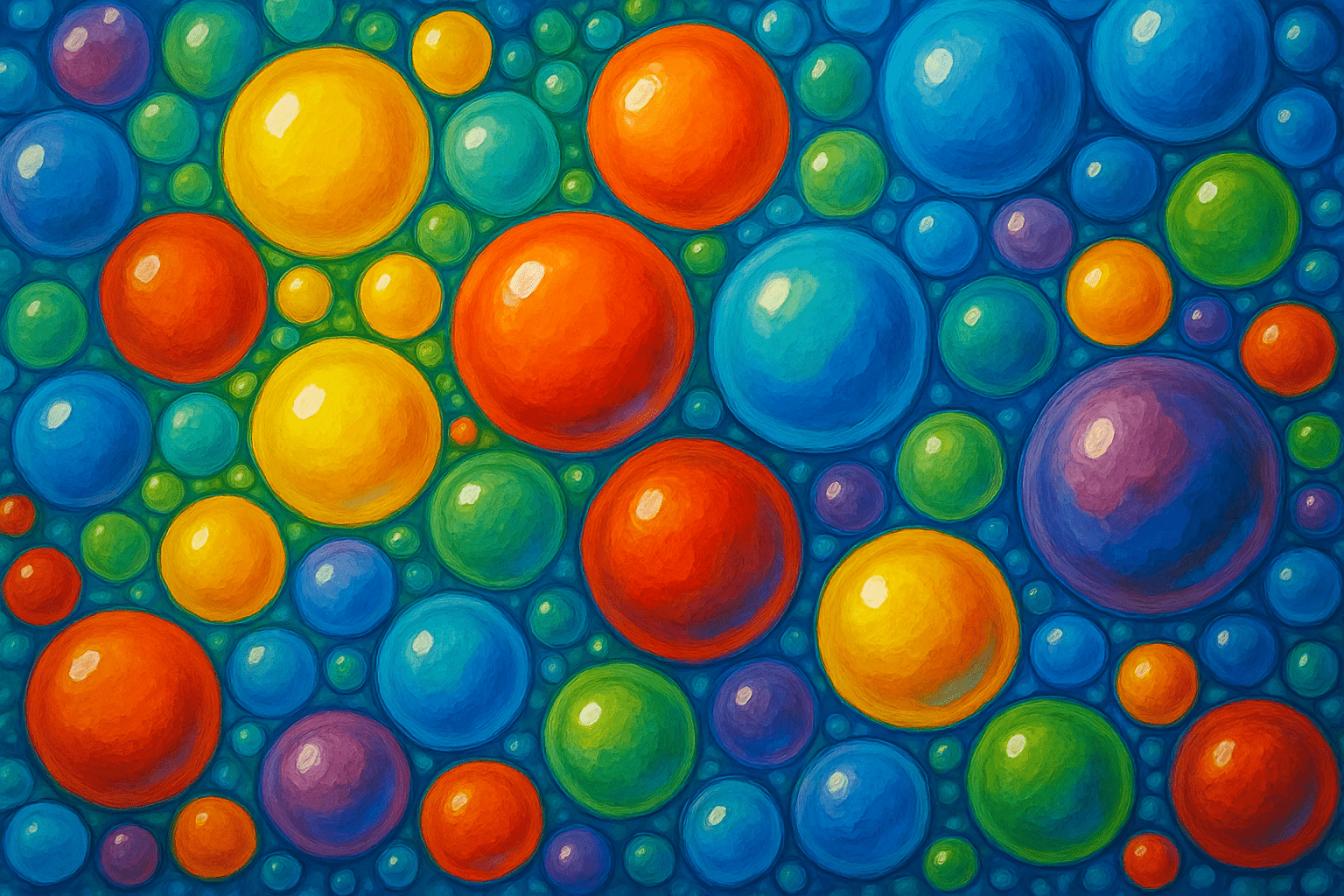
Bubbleism bursts forth with vibrant spheres, like champagne effervescence captured in paint. Colors cascade in frothy layers, each orb a universe of whimsy. It's a playful dance of buoyancy, where gravity is merely a suggestion.
Thinking in the box: Impressionism, Modernism
Might also call it: Bubbleism, being a relatively new and niche AI art style, may not have direct synonyms. However, related terms could include: - Spherical Art - Orbital Expressionism - Rounded Abstraction - Circular Aesthetics - Globular Design
Bulgarians No.143
The art style of the Bulgarians is characterized by its use of bright colors and bold patterns. The style is often associated with the country's traditional folk art, which is known for its intricate designs and vibrant colors. Bulgarian artists often use a variety of techniques to create their art, including painting, sculpture, and weaving.
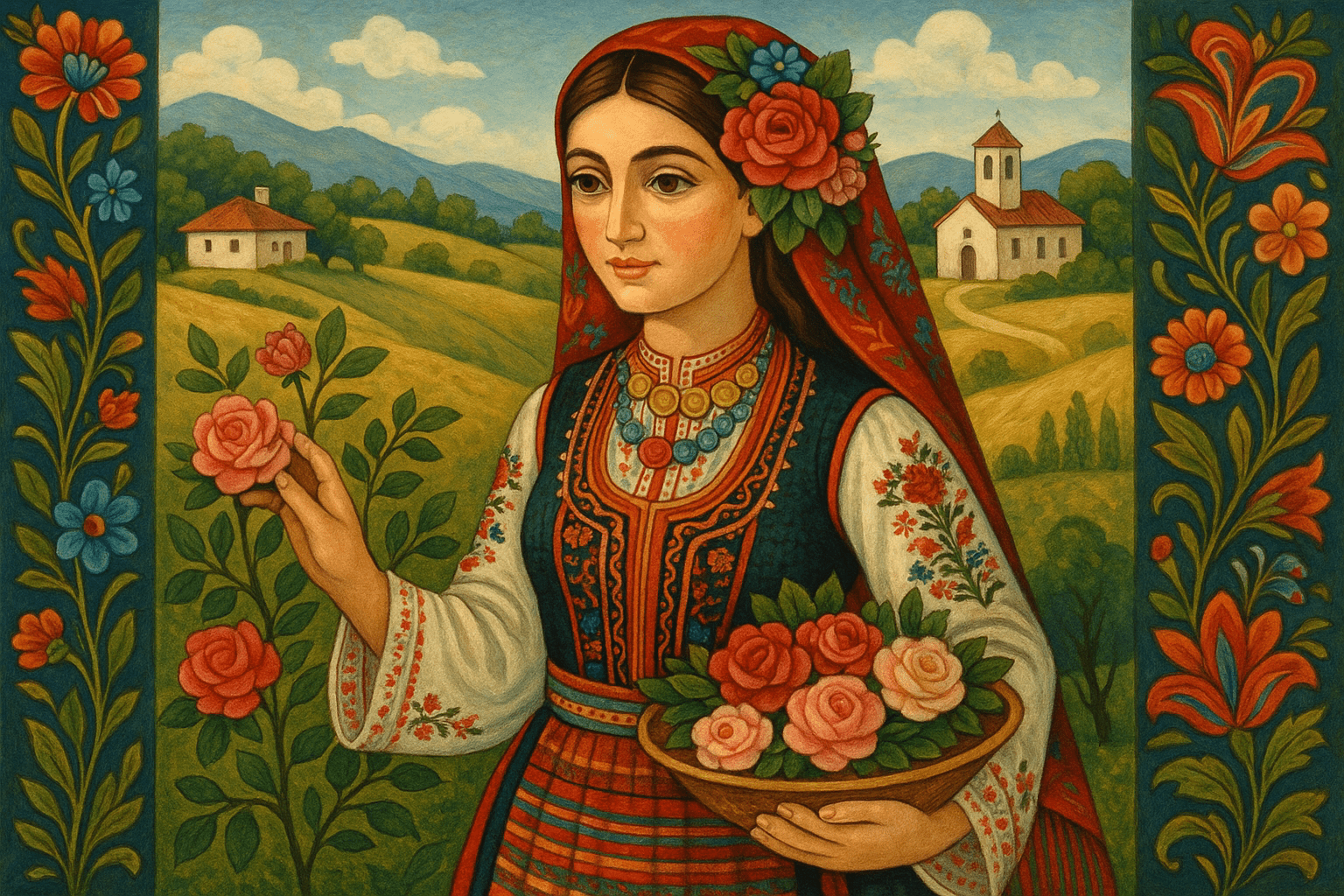
The art style of the Bulgarians is characterized by its use of bright colors and bold patterns. The style is often described as being "exuberant" and "vibrant."
Thinking in the box: Impressionism, Modernism
Might also call it: Balkan people, Slavic people
Byzantine Art No.144
Byzantine art is the art of the Eastern Roman Empire from about the 4th century to the 14th century. It is characterized by a strong Christian iconography and often includes mosaics, illuminated manuscripts, and metalwork.
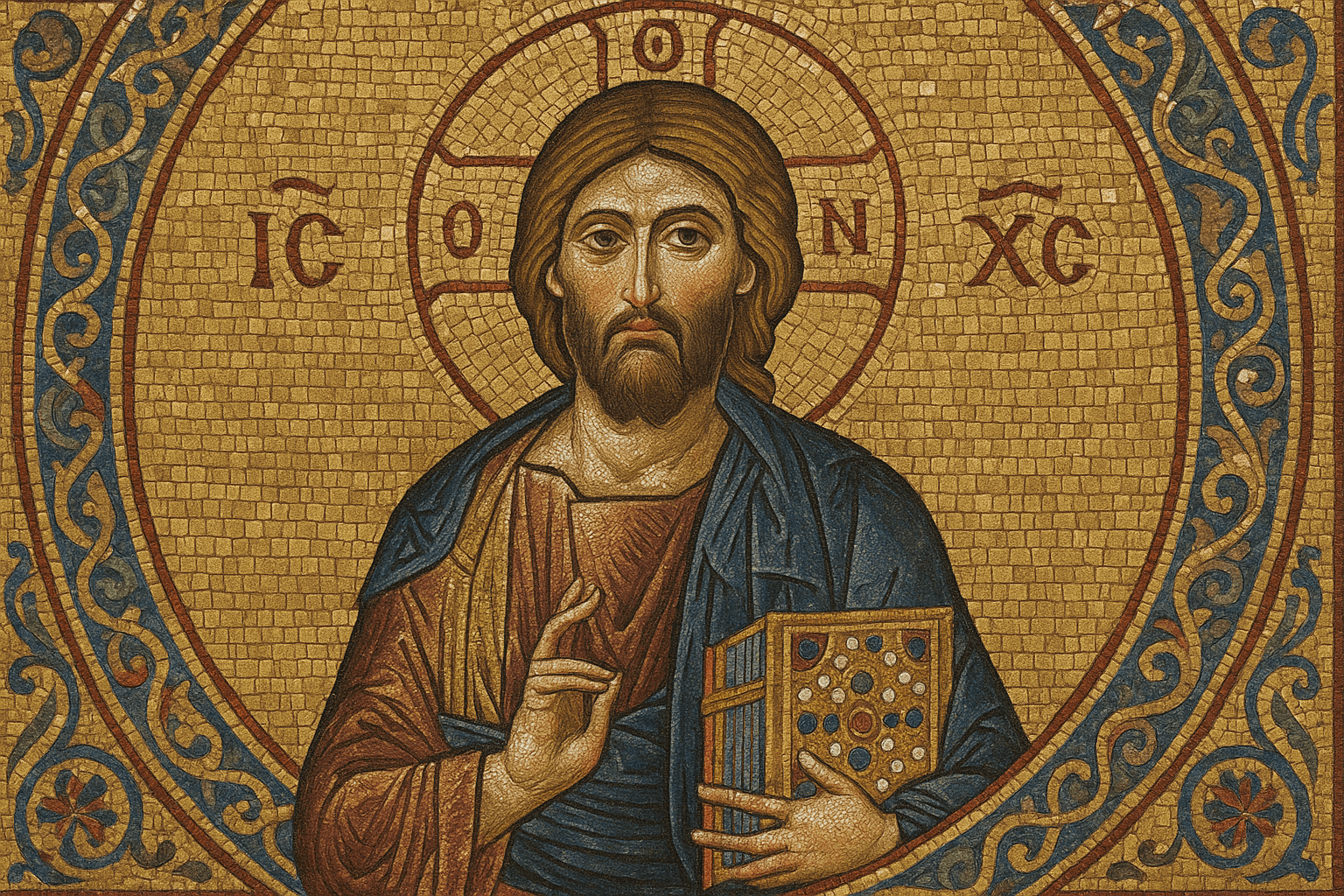
The art style of Byzantine Art is characterized by its ornate and highly detailed appearance. This style is often associated with the Byzantine Empire, which was a major cultural and political center in the Eastern Mediterranean region during the Middle Ages. Byzantine art often features intricate patterns, gold leafing, and bright colors.
Thinking in the box: Impressionism, Modernism
Might also call it: Byzantine Art can be synonymized with Christian Art, Medieval Art, and Eastern Orthodox Art.
COBRA No.145
COBRA is a European avant-garde movement of the 1950s and 1960s that was started by a group of artists who had left the Surrealist movement. The name COBRA comes from the first letters of the cities where the artists were based: Copenhagen, Brussels, and Amsterdam. The COBRA artists were united by their rejection of Surrealism's emphasis on the unconscious mind, and instead wanted to create art that was based on their own experiences and emotions. They believed that art should be accessible to everyone, and that it should be expressive and joyful. The COBRA artists were known for their use of bright colors and bold patterns, and their paintings often depict scenes of everyday life.

The art style of COBRA is characterized by its use of bright, bold colors and its graphic, geometric forms. COBRA artists often used a limited palette of colors, and their work is often described as being "flat" or "two-dimensional." COBRA paintings often have a sense of movement and energy, and they often depict scenes of everyday life.
Thinking in the box: Impressionism, Modernism
Might also call it: snake, reptile, viper, adder, boa
Calligraphy No.146
Calligraphy is a type of visual art that is focused on the creation of handwritten lettering. This art form has been practiced for centuries and is still popular today. Calligraphy can be used for a variety of purposes, including invitations, announcements, and even as a form of personal expression.

Calligraphy is a type of visual art that is created by using a pen or brush to write out words in a decorative way. The letters are often written in a flowing, cursive style and are often embellished with flourishes and other ornamental details.
Thinking in the box: Impressionism, Modernism
Might also call it: Handwriting, penmanship, script.
Calligraphy Drawing No.147
Calligraphy drawing is a type of art where the artist uses a calligraphy pen to draw letters, words, or shapes. The calligraphy pen is a special pen that has a nib that is split into two parts. The artist uses the pen to draw the letters by moving the pen in a certain way so that the two parts of the nib create different line widths. This type of art is often used for invitations, cards, and other documents.

Calligraphy drawing is a type of art where the artist uses a calligraphy pen to draw intricate designs. The calligraphy pen is a special type of pen that has a nib that is split into two parts. This allows the artist to create thin and thick lines by varying the pressure that is applied to the pen. Calligraphy drawing is often used to create beautiful works of art, such as calligraphy paintings.
Thinking in the box: Impressionism, Modernism
Might also call it: Handwriting, penmanship, lettering.
Calotype No.148
The Calotype is an early photographic process developed in 1841 by William Henry Fox Talbot. The process involves taking a negative image on paper coated with light-sensitive silver halide crystals. This negative image can then be used to create positive prints on paper or fabric. The Calotype process was the first to allow for the mass production of photographic images.
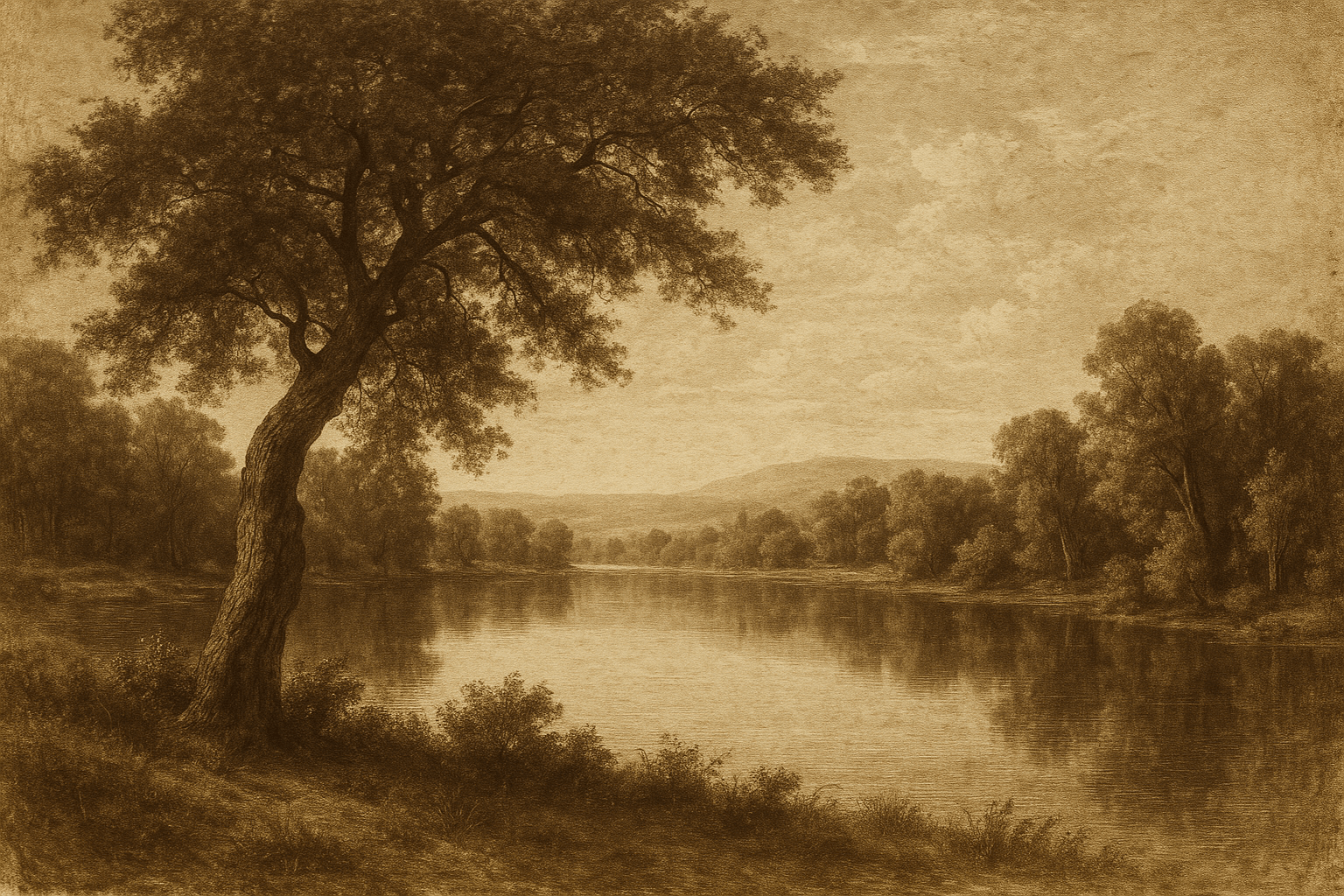
The Calotype art style is characterized by its soft, blurry appearance. This is due to the long exposure times required to capture an image in this process, which results in a lot of movement during the exposure. This results in a final image that is often described as looking like a watercolor painting.
Thinking in the box: Impressionism, Modernism
Might also call it: Phototype, heliograph, camera lucida, camera obscura
Camcorder Effect No.149
The Camcorder Effect is a digital art style that simulates the look of a video camera. It is characterized by its use of strong colors, high contrast, and sharp edges. This style is often used to create a retro or vintage look.

The visual appearance of the Camcorder Effect art style is that of a low-resolution video recording, often with a "fisheye" lens effect. The colors are often muted and the overall effect is one of a low-quality video recording.
Thinking in the box: Impressionism, Modernism
Might also call it: Video camera, cam, web cam, digital camera
Cameroonians No.150
Cameroonian art is characterized by its bright colors and bold patterns. Traditional art forms include painting, sculpture, and pottery, as well as weaving and woodcarving. Cameroonian artists often incorporate elements of nature into their work, such as animals, plants, and geometric shapes.

The visual appearance of the art style Cameroonians is very colorful and vibrant. The art is often very geometric and includes a lot of patterns and symbols.
Thinking in the box: Impressionism, Modernism
Might also call it: Cameroonians can also be referred to as people of Cameroon, or as Cameroonians living in Cameroon.
Canadians No.151
The art style of Canadians is very diverse, as the country is home to many different cultures. However, there are some common themes that can be seen in Canadian art. These include the use of bright colors, nature scenes, and images of First Nations people. Canadian artists often use these elements to create unique and beautiful works of art.

The art style of Canadians is very diverse, as Canada is a country with a large immigrant population. As such, there is no one "Canadian" art style. However, some common themes in Canadian art include nature, landscapes, and First Nations culture.
Thinking in the box: Impressionism, Modernism
Might also call it: Canadians can also be referred to as Canadians, Canadian citizens, or permanent residents of Canada.
Candid Photography No.152
Candid photography is a style of photography that captures natural, unplanned moments as they happen. This type of photography is often used to capture special moments, such as a child's first steps, a couple's first kiss, or a person's reaction to winning a prize. Candid photography can be used in a variety of settings, from weddings to parties to everyday life.

Candid photography is characterized by its natural, un posed appearance. Subjects are often photographed without their knowledge, resulting in images that appear candid and unposed. This type of photography is often used to capture moments of spontaneity or to document everyday life.
Thinking in the box: Impressionism, Modernism
Might also call it: 1. Spontaneous photography 2. Unposed photography 3. Natural photography 4. Unplanned photography 5. Genuine photography
Capriccio No.153
Capriccio is an art style characterized by intricate and detailed designs. It is often used to depict scenes from classical mythology or history.
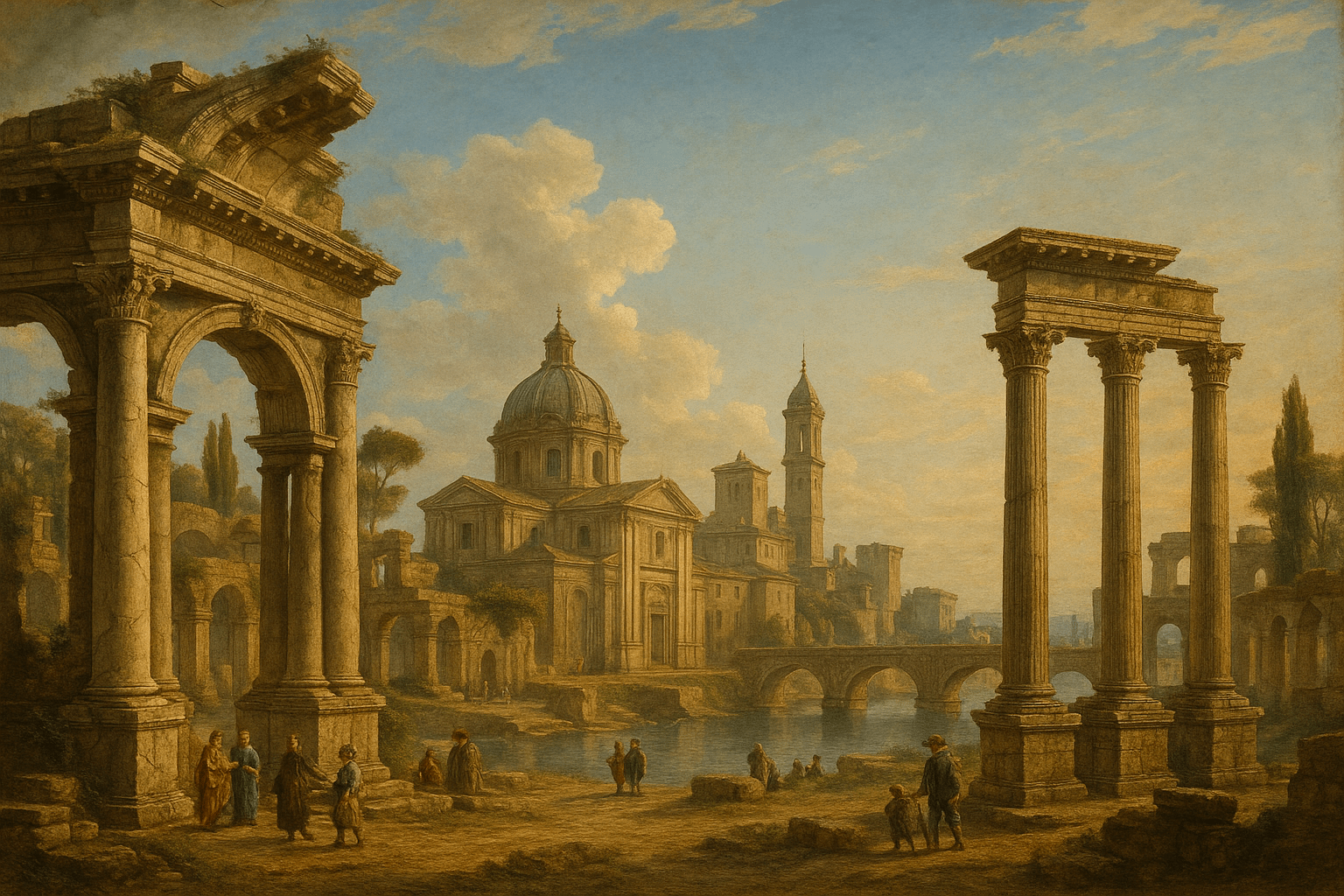
The art style Capriccio is characterized by its use of bright colors and bold patterns. This style is often associated with the Italian Renaissance and is known for its dramatic and theatrical quality.
Thinking in the box: Impressionism, Modernism
Might also call it: Fancy, whim, notion, impulse, caprice.
Caravaggisti No.154
Rebellious like a thunderstorm, Caravaggisti captures the dramatic chiaroscuro, luminous realism, and visceral emotions. A stunning dance of light and shadow.
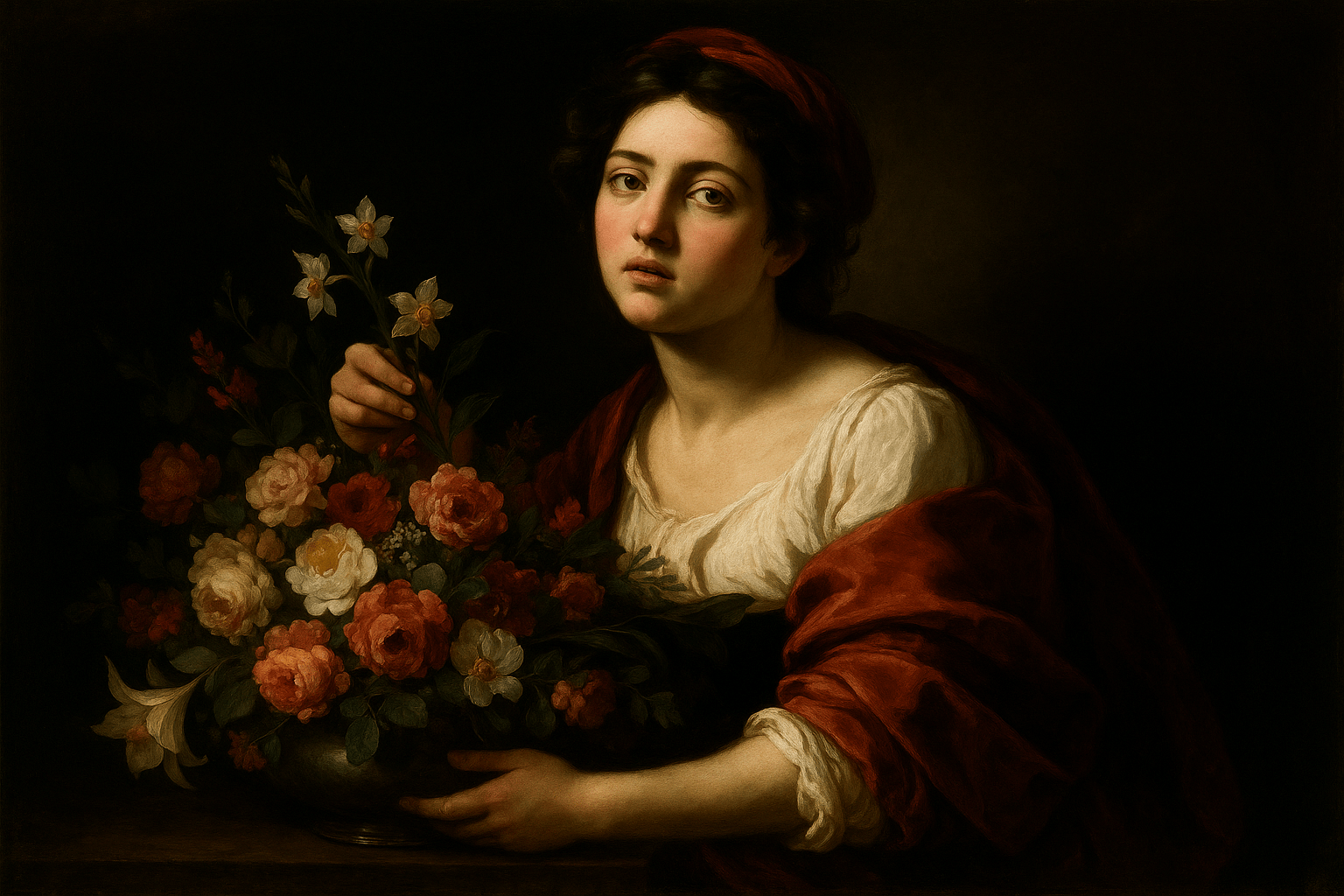
Intense contrasts of black and gold, figures emerge from darkness, gestures alive with tension. Each canvas whispers secrets through shimmering chiaroscuro.
Thinking in the box: Baroque, Realism
Might also call it: Caravaggio Followers, Tenebrists
Caricature drawing No.155
Caricature drawing is a type of art where the artist draws exaggerated or distorted features to create a humorous or satirical effect. The style is often used in political cartoons and in humorous illustrations.
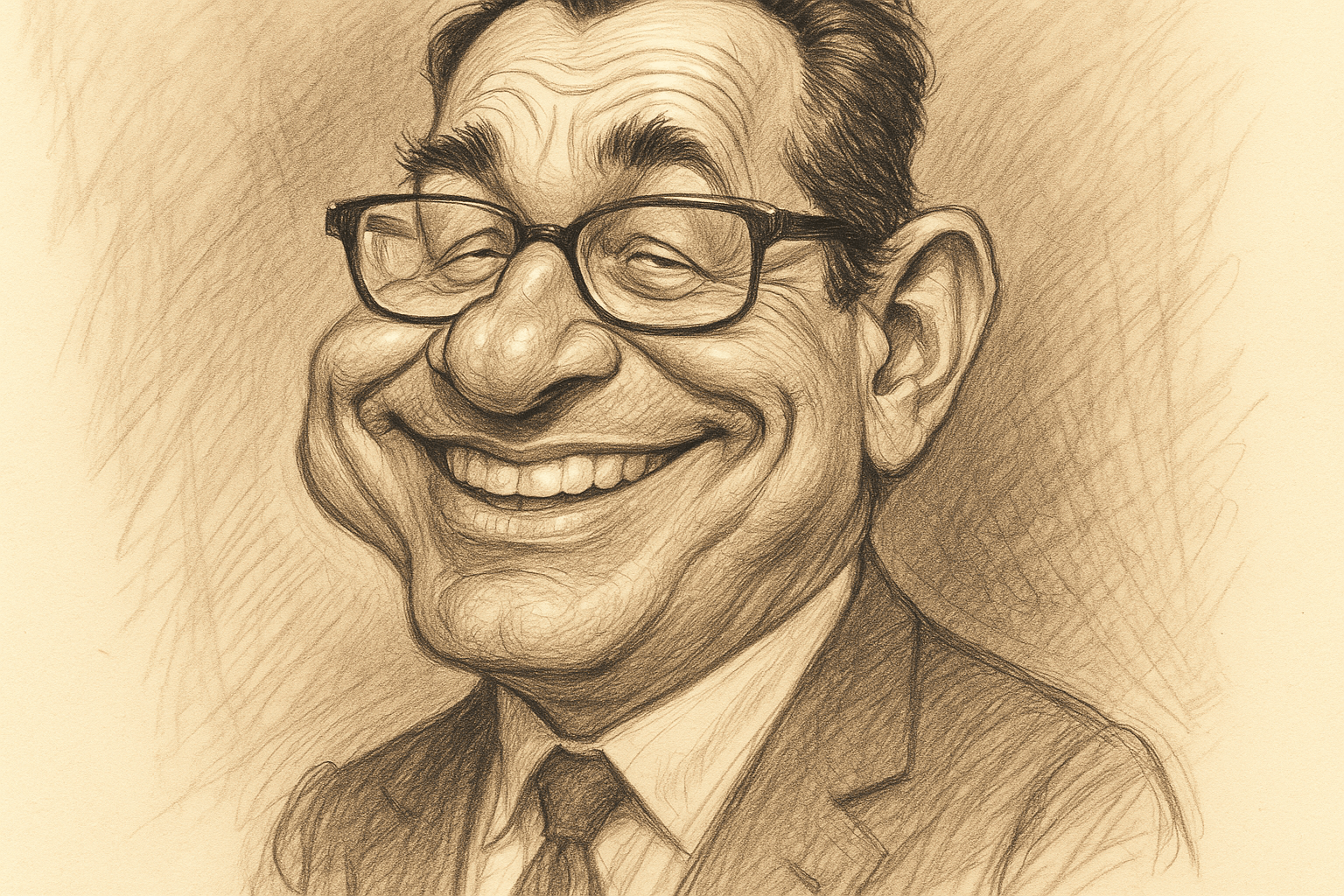
Caricature drawings are usually exaggerated or distorted drawings of people or things. They are often used to make a point or to satirize someone or something.
Thinking in the box: Impressionism, Modernism
Might also call it: Cartoon, drawing, sketch, portrait
Cartoon Drawing No.156
Cartoon drawing is a type of drawing that is characterized by its highly stylized images. This type of drawing is often used in comics and animation. Cartoon drawing often uses exaggerated or distorted proportions to create humorous or expressive effects.
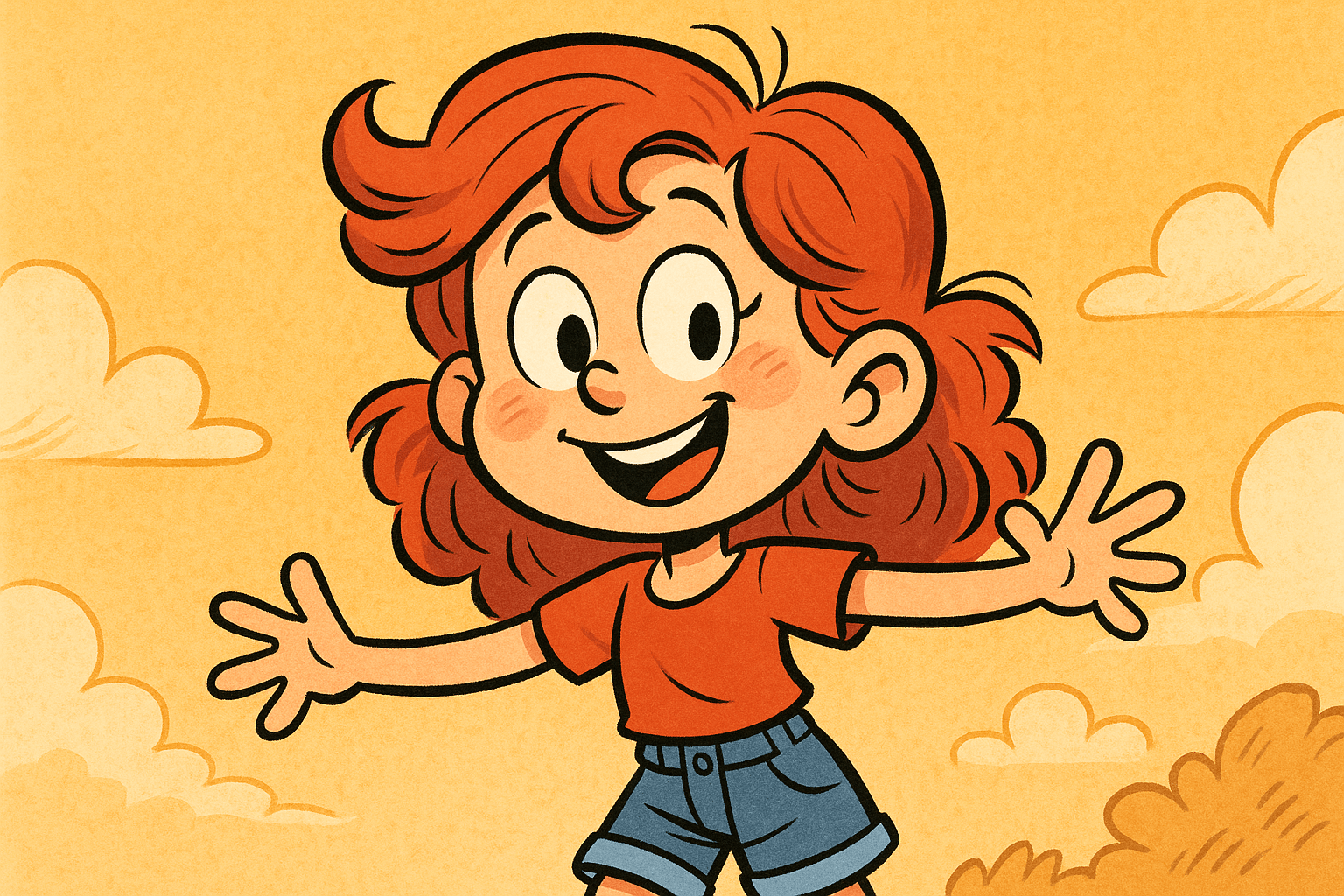
The art style of Cartoon Drawing is characterized by its use of bright colors and simple shapes. Cartoon drawings are often exaggerated and humorous in nature.
Thinking in the box: Impressionism, Modernism
Might also call it: Sketch, doodle, drawing
Catalans No.157
The Catalan art style is a unique blend of Romanesque and Gothic influences. It is characterized by its use of intricate stone carvings, often with religious themes. Catalan artists also often used bright colors and patterns in their work.

The Catalans art style is characterized by its use of bright colors and bold patterns. The style is often described as being "exuberant" and "playful."
Thinking in the box: Impressionism, Modernism
Might also call it: The Catalans are a people from the northeastern region of Spain. They are also known as the Catalonians.
Cave Drawings No.158
Cave drawings are a type of prehistoric art that was created by early humans. These drawings were typically done in charcoal or other dark-colored pigments, and were often found on the walls of caves. Cave drawings have been found all over the world, and often depict animals or other aspects of the natural world.
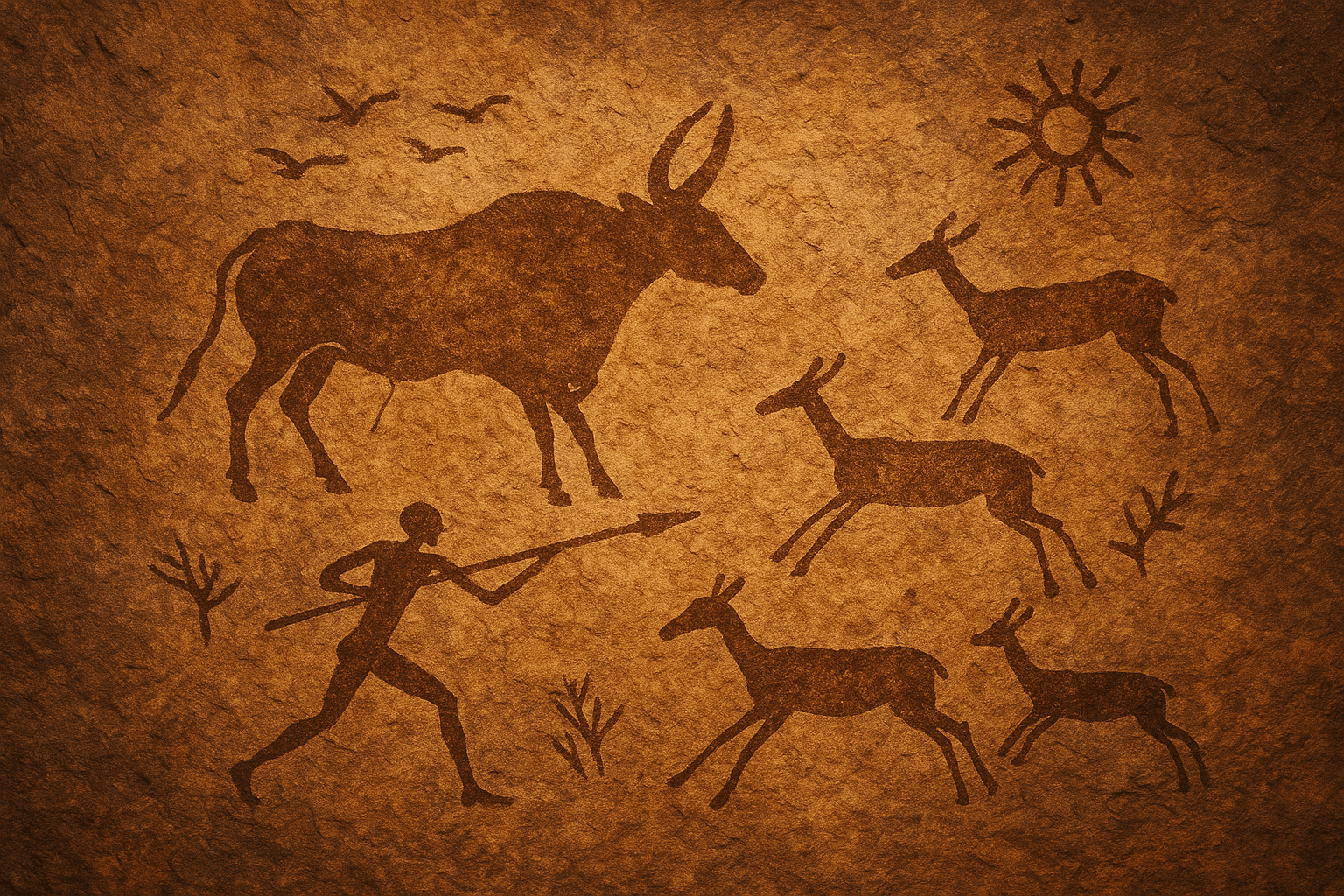
Cave drawings are usually simple line drawings. They may be drawn in one color or in many colors.
Thinking in the box: Impressionism, Modernism
Might also call it: rock paintings, cave paintings, stone age paintings, prehistoric paintings
Celtic Art No.159
Celtic Art, an ancient dance of line and loop, captivates like mist over emerald hills with its intricate knots and spirals, speaking in whispers of history and myth.

Enveloping spirals mimic the tangled roots of ancient oaks, as unending knotwork weaves between worlds—green and gold hues swirl like Celtic tales told by crackling fires.
Thinking in the box: Ancient Art, Medieval Art
Might also call it: Insular Art, La Tène Art
Chagall No.160
Marc Chagall was a Russian-French artist who is considered to be one of the most important painters of the 20th century. He is known for his unique and dreamlike style of painting, which often features elements of Surrealism. His work is often filled with color and movement, and he often included elements from his own life and Jewish culture in his paintings.
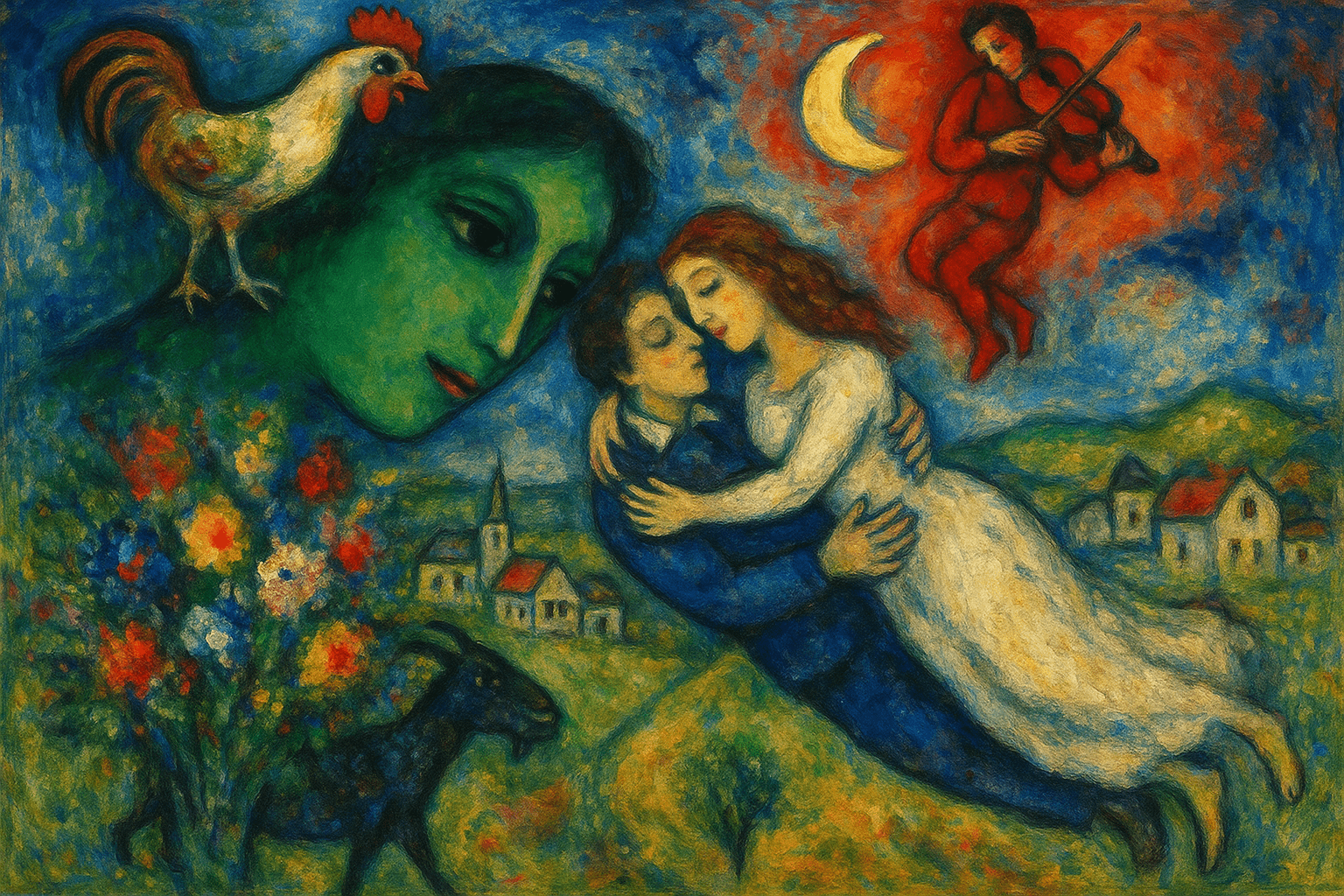
The art style Chagall is characterized by its use of bright colors and bold patterns. The style is often described as being playful and whimsical.
Thinking in the box: Impressionism, Modernism
Might also call it: Marc Chagall was a Russian-French artist.
Chalk Art No.161
Chalk art is a type of street art that is created using chalk. The artist creates a design on the ground, using chalk to outline the design. The artist may also use other materials, such as spray paint, to add color to the design. Chalk art can be found in many public places, such as parks and sidewalks.
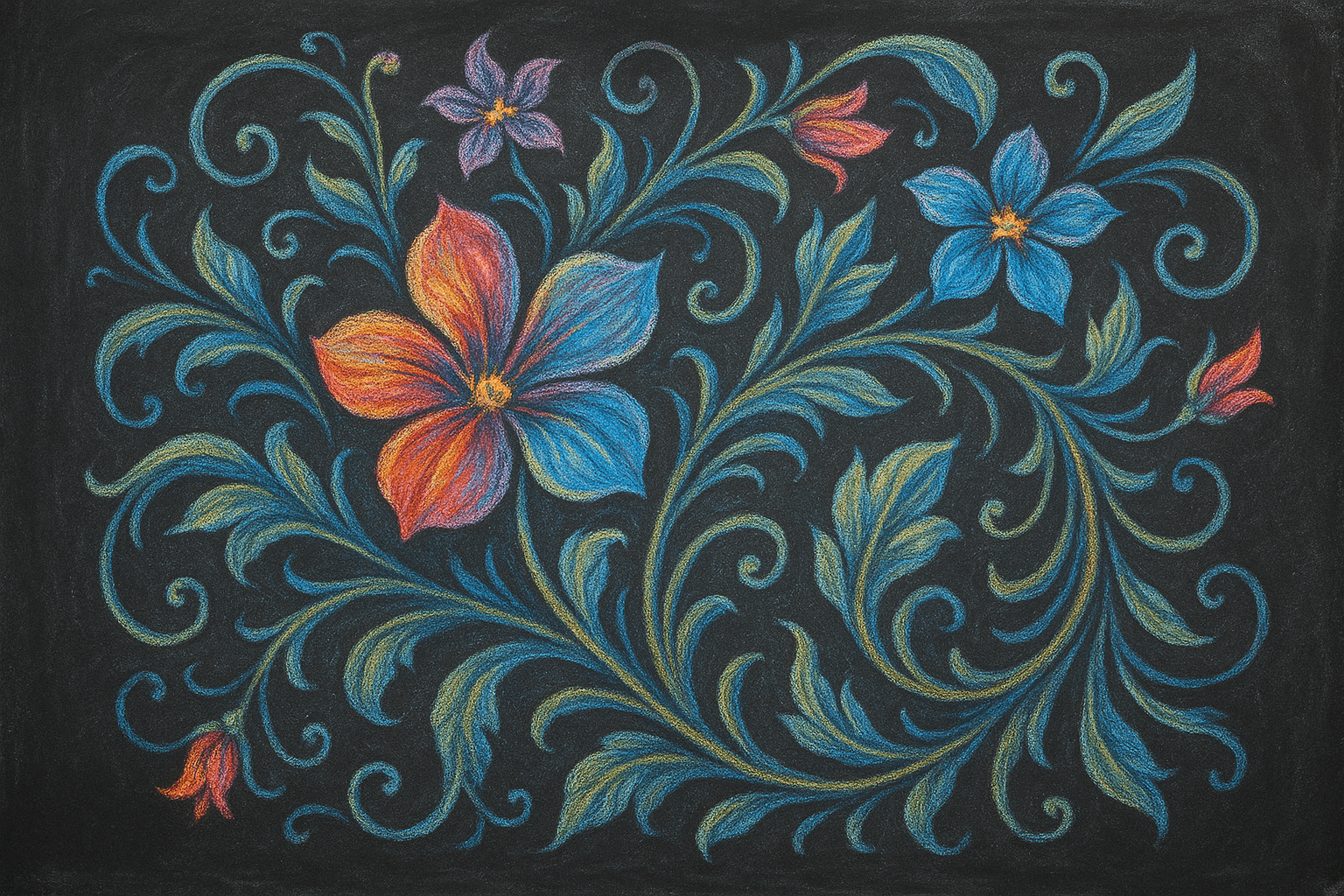
The art style chalk art is characterized by its use of bright colors and bold lines. The overall appearance is very graphic and eye-catching.
Thinking in the box: Impressionism, Modernism
Might also call it: Sketch, drawing, doodle.
Chalk Drawing No.162
Chalk drawing is a type of art where artists use chalk to create their work. This type of art is often seen in public places, such as on sidewalks or blackboards. Chalk drawing can be used to create a variety of different types of art, including portraits, landscapes, and abstract designs.
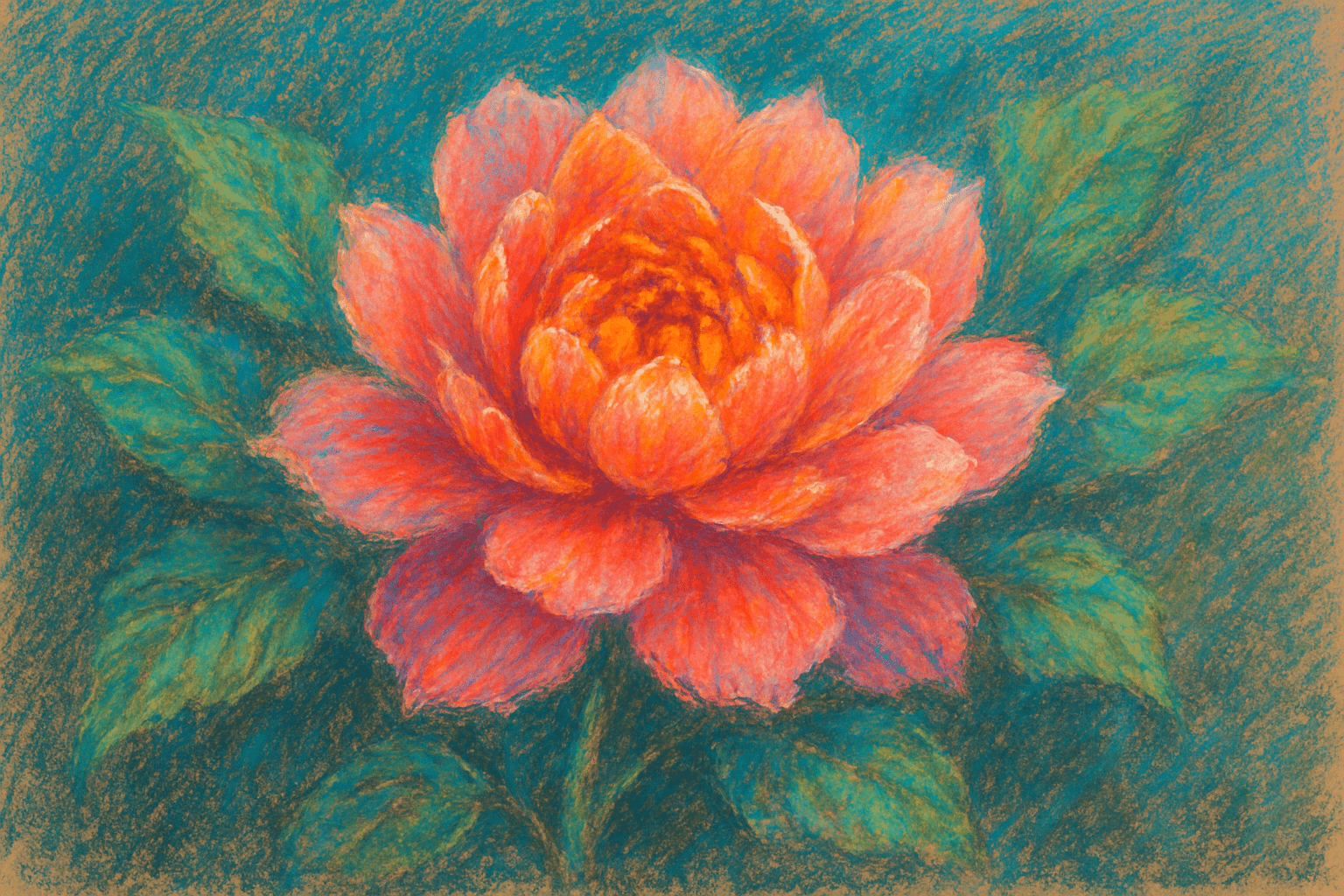
The chalk drawing style is characterized by its use of soft, muted colors and its focus on light and shadow. This style often uses a limited color palette, and the artist may use a variety of techniques to create the desired effect, such as cross-hatching or stippling.
Thinking in the box: Impressionism, Modernism
Might also call it: Sketch, doodle, drawing
Charcoal Drawing No.163
Charcoal drawing is a type of art where artists use charcoal sticks to draw on a surface. The charcoal sticks are made of burned wood or other materials. The artist can use different types of charcoal sticks to create different effects. The artist can also use a variety of other drawing tools to create different effects.
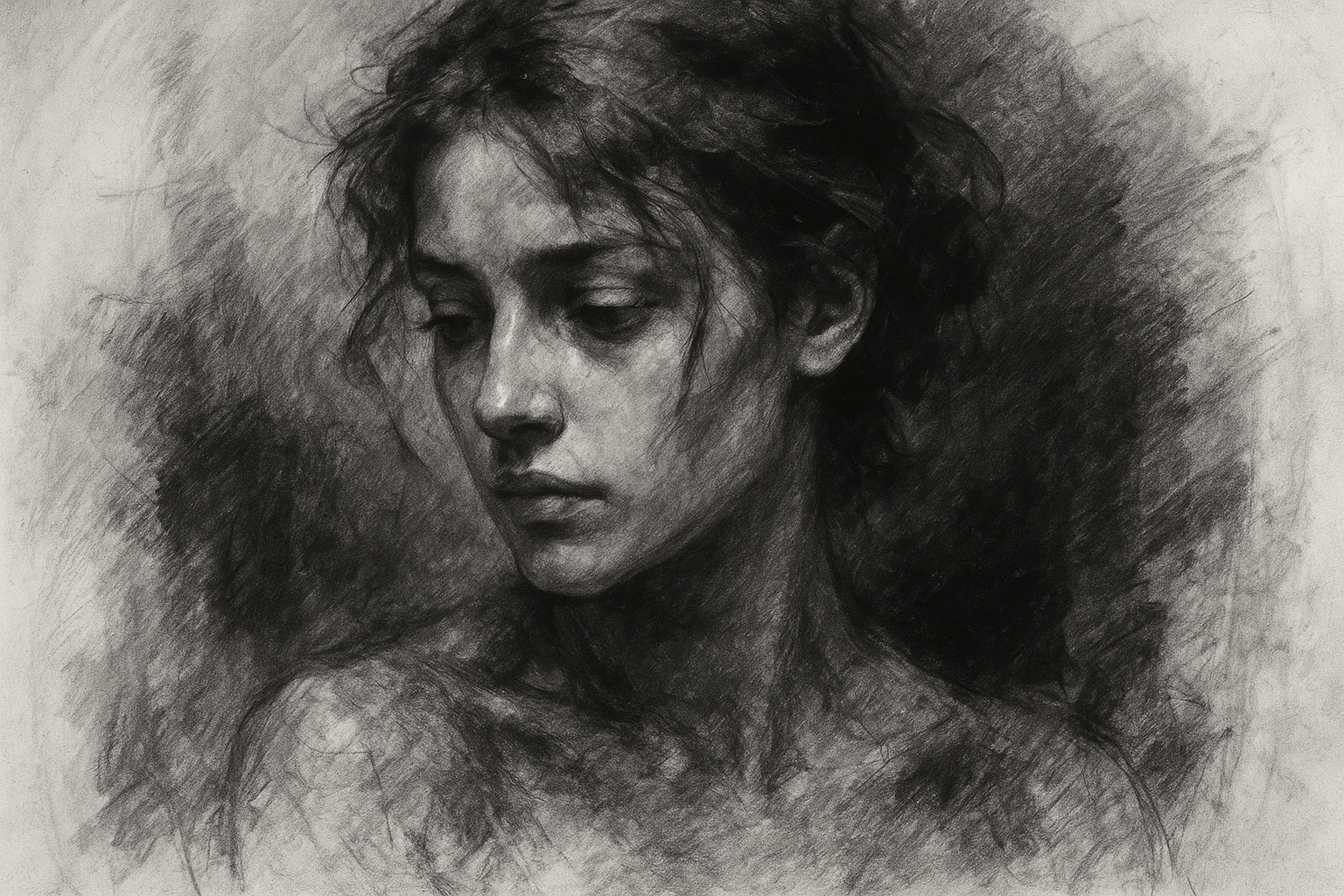
The art style of charcoal drawing is typically dark and smudged, with a rough texture. The artist may use different techniques to create different effects, such as blending or smudging the charcoal to create a softer look, or using a sharp object to create more defined lines.
Thinking in the box: Impressionism, Modernism
Might also call it: Sketch, drawing, art, picture
Charcoalsplatterism No.164
Charcoalsplatterism is an art style that combines traditional charcoal drawing techniques with splatter painting. This style is characterized by the use of bold, dark lines and shapes created with charcoal, combined with vibrant splatters of paint. The result is a unique and expressive artwork that is both abstract and realistic. Charcoalsplatterism is a great way to add texture and depth to any artwork, and can be used to create a wide range of artworks from landscapes to portraits.

Charcoalsplatterism is an abstract art style that combines the use of charcoal and splatter techniques. It is characterized by bold, gestural marks that are often combined with drips, splatters, and smudges. The artwork is often dark and moody, with a chaotic and energetic feel. The charcoal is used to create a variety of textures and effects, while the splatter technique adds a sense of movement and energy. The end result is a unique and expressive piece of art.
Thinking in the box: Impressionism, Modernism
Might also call it: 1. Splotchism 2. Blotchism 3. Smearism 4. Daubism 5. Smudgeism 6. Streakism 7. Slatherism 8. Swabism 9. Smirchism 10. Spatterism
Chiaroscuro No.165
Play of light and shadow gives life to flat forms, infusing drama with stark contrast; ancient whispers in dark alleys.

Illuminated faces emerge from darkness; velvety shadows cradle highlights, creating a depth that dances between light and abyss.
Thinking in the box: Renaissance, Baroque
Might also call it: Light-Dark, Shadow Play, Tenebrism
Chicano Art No.166
Born from the vibrant streets of Los Angeles, Chicano Art pulses with the heartbeat of cultural heritage, reclaiming identity through bold colors and potent symbols.
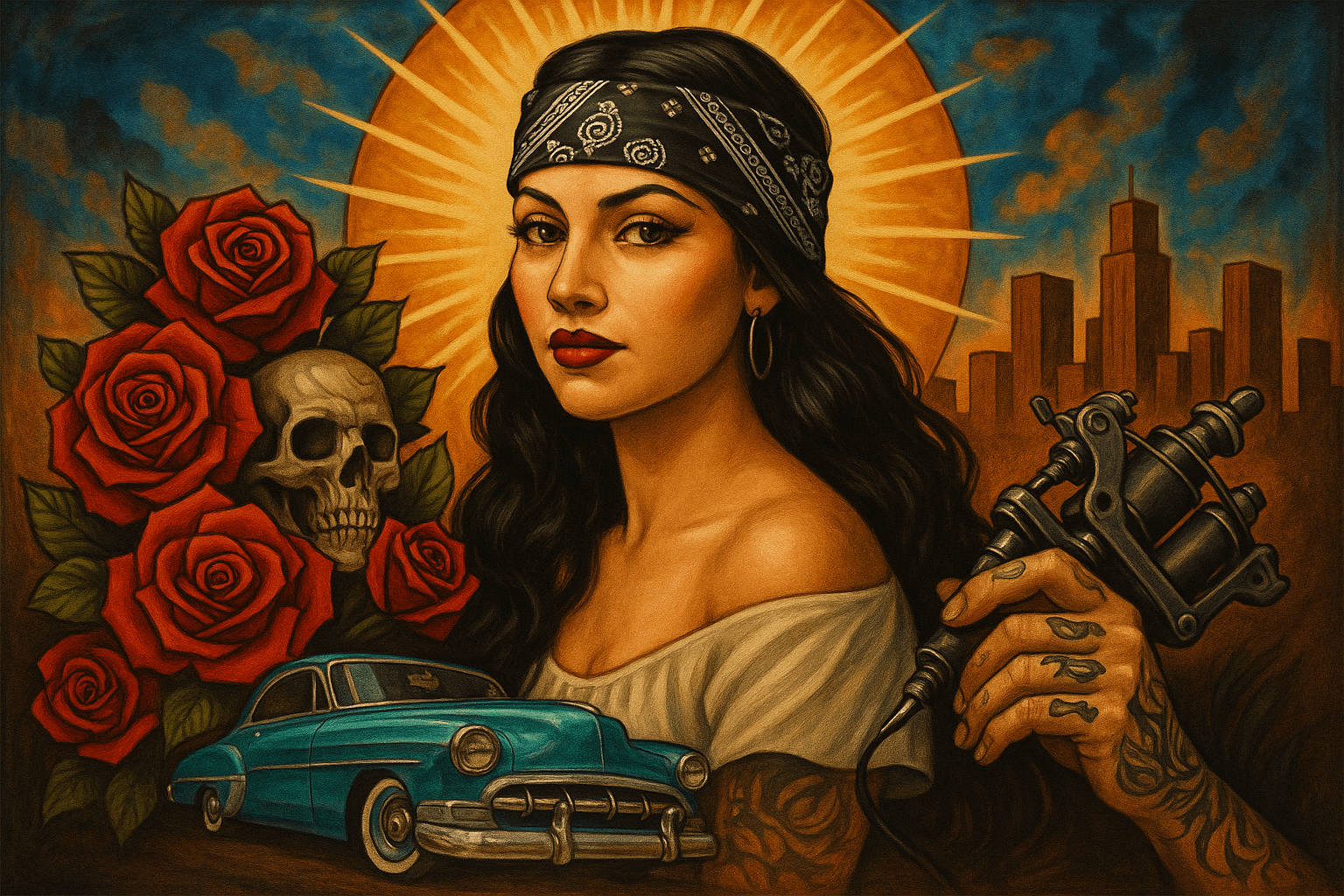
Murals alive with vivid hues, characters speaking stories of struggle and unity - each stroke a reminder of the vibrant tapestry woven by dreams and realities.
Thinking in the box: Political Art, Cultural Expression
Might also call it: Mexican American Art, Raza Art
Chileans No.167
Chilean art is a reflection of the country's diverse culture and history. Chilean artists have been influenced by European, indigenous, and Latin American traditions. Chilean art includes a wide variety of styles, from traditional folk art to contemporary art. Chilean art is characterized by its use of bright colors and bold patterns. Chilean artists often use a variety of mediums, including painting, sculpture, and photography. Chilean art often depicts scenes from daily life, including landscapes, people, and animals.
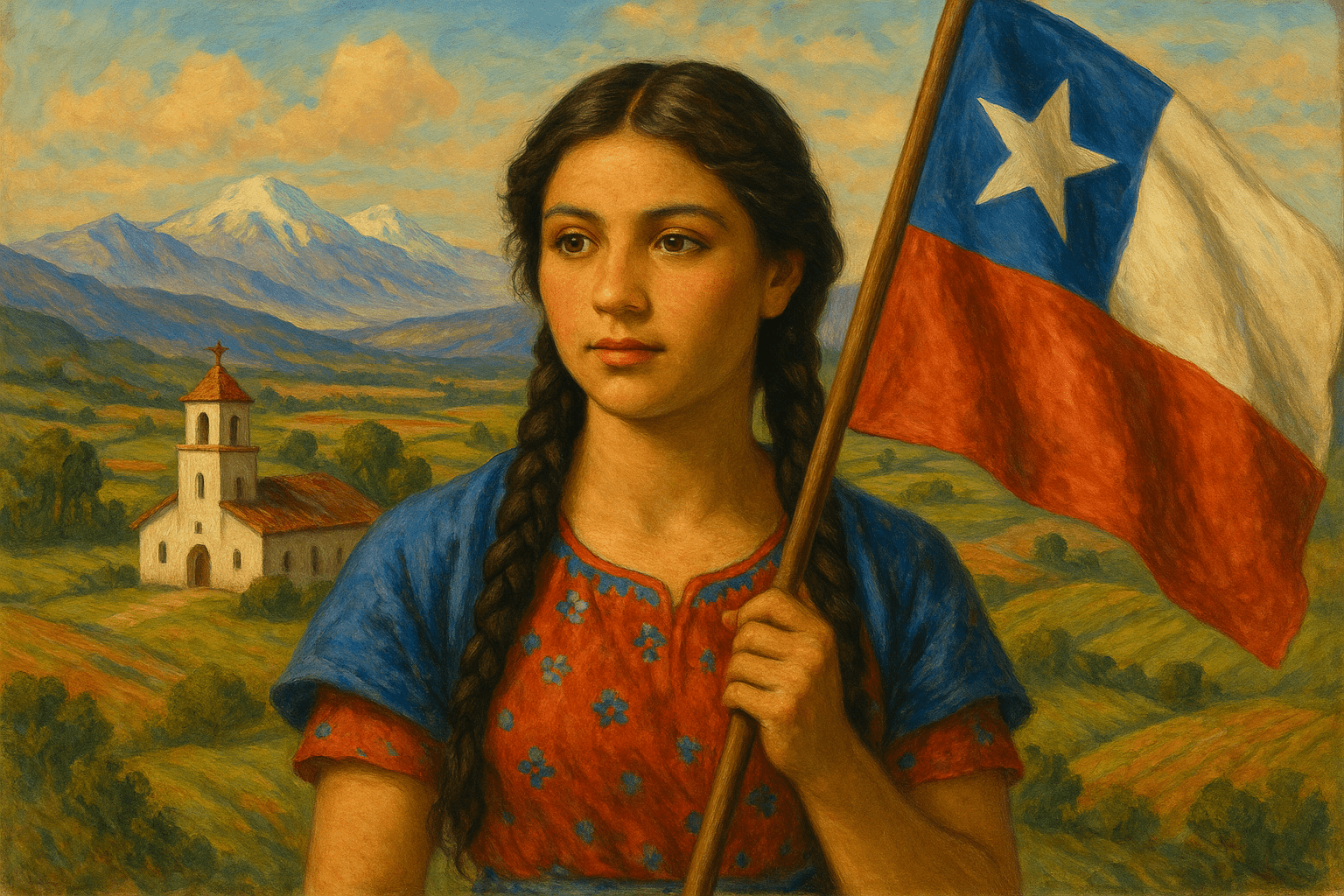
The art style of Chileans is very colorful and vibrant. They often use a lot of bright colors in their paintings and sculptures. Their art is also very detailed and often includes intricate patterns.
Thinking in the box: Impressionism, Modernism
Might also call it: Chileans can also be referred to as Chilean people or Chileans.
Chillwave No.168
Chillwave is a subgenre of electronic music characterized by a dreamy, nostalgic or melancholic atmosphere. It often features synthesizers and other electronic production techniques reminiscent of 1980s and 1990s music styles such as smooth jazz, synth-pop, and new age music.

The visual appearance of Chillwave is characterized by its use of bright, neon colors and its retro, 1980s-inspired aesthetic. Chillwave artwork is often created using digital software such as Photoshop, and it often features distorted or glitchy images.
Thinking in the box: Impressionism, Modernism
Might also call it: Synonyms for chillwave include ambient, downtempo, and electronica.
Chinese No.169
The Chinese art style is characterized by its strong brush strokes, bold colors, and simple yet elegant designs. Chinese artists often use traditional Chinese symbols and motifs in their work, which gives it a unique and distinctive look. Chinese art is often seen as being very peaceful and serene, and is popular among those who appreciate its beauty and simplicity.

The visual appearance of the art style Chinese can be described as intricate and detailed. Chinese art often features intricate patterns and designs, as well as bright and bold colors.
Thinking in the box: Impressionism, Modernism
Might also call it: Asiatic, Oriental
Chinese Art No.170
Chinese art is a style of art that has developed over the centuries in China. It is characterized by its unique aesthetics, which are often based on the principles of Chinese philosophy and religion. Chinese art is renowned for its intricate detail, and its use of color and light to create a sense of harmony.

The visual appearance of Chinese art is characterized by its bright colors, bold brushstrokes, and simple yet elegant designs. Chinese art often depicts scenes from nature, such as mountains, rivers, and flowers, as well as scenes from daily life.
Thinking in the box: Impressionism, Modernism
Might also call it: Asian Art, Oriental Art
Chinese Ink Painting No.171
An ethereal dance of black ink on silk; capturing spirit rather than form with delicate, flowing strokes. A reflection of nature's serenity in monochrome simplicity.
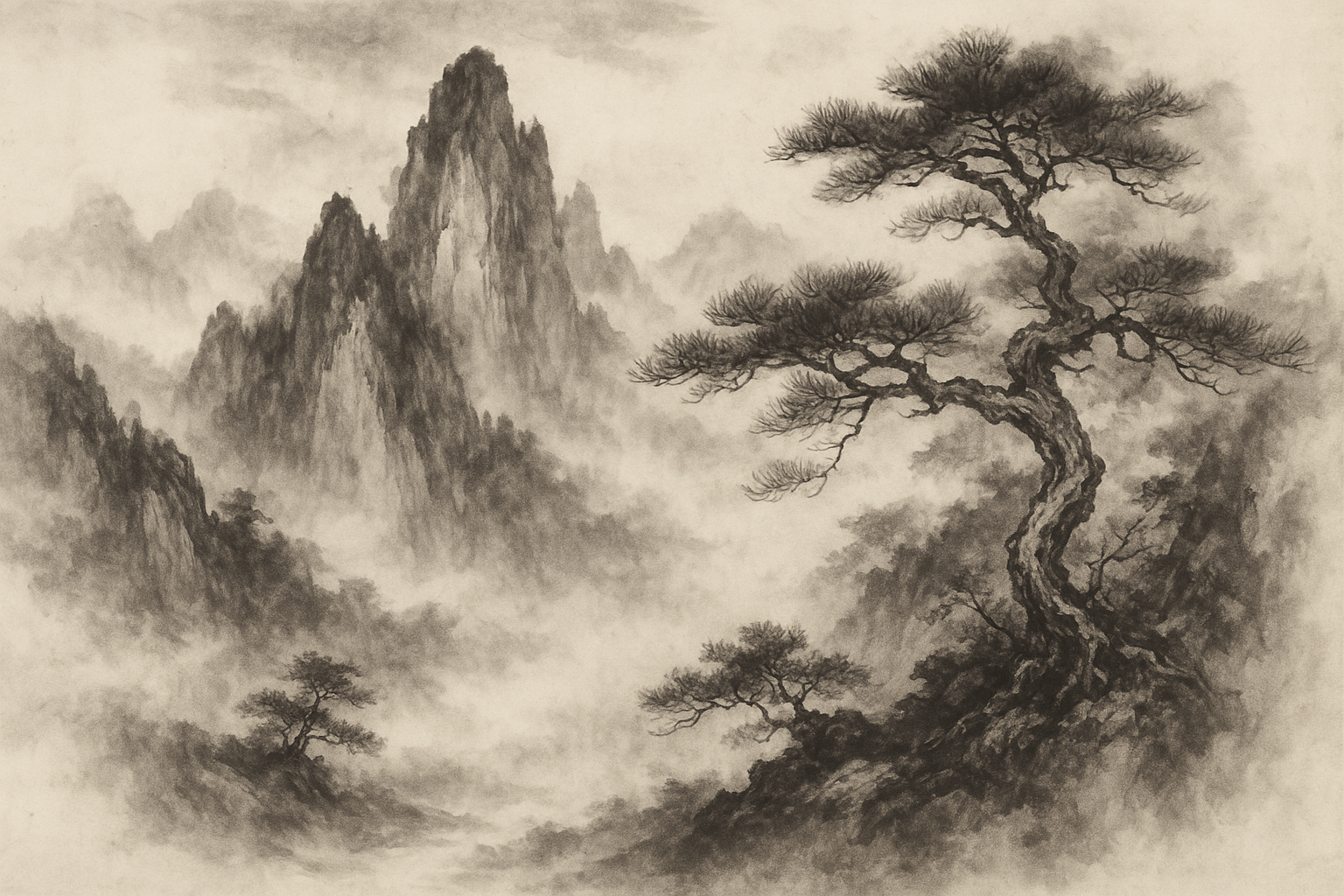
Soft, fluid lines grace serene landscapes and delicate botanicals. Washes of gray and deep black merge, creating harmonious simplicity—a visual symphony of balance and tranquility.
Thinking in the box: Traditional Chinese Art, Ink wash painting
Might also call it: Shui-mo hua, Ink wash painting, Monochrome painting
Chromadream Continuum No.172
Emerging like a digital phoenix, Chromadream Continuum weaves color and light into intricate narratives. Merging AI's precision with the human touch, it crafts dreams on canvas—vibrant, elusive, and eternally captivating.
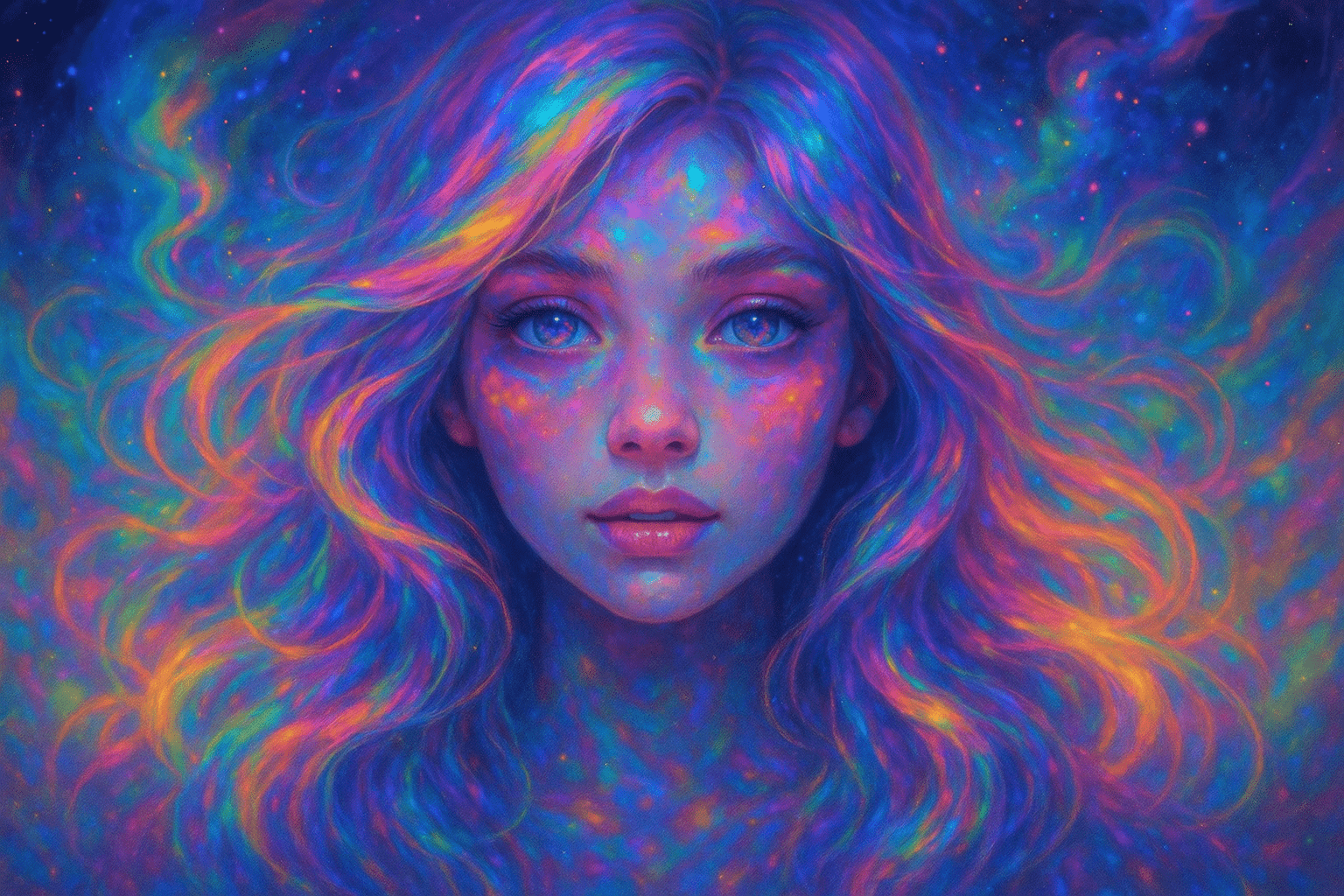
Imagine a kaleidoscope unfrozen in time—vibrant, prismatic explosions meet serene digital landscapes. It's as if Van Gogh painted a neon sunrise with the digital brush of tomorrow.
Thinking in the box: Impressionism, Modernism
Might also call it: Neon Impressionism, Techno-Surrealism
Chuck Close No.173
Chuck Close is an American painter, artist and photographer who achieved fame as a photorealist, through his massive-scale portraits. Close often paints from photographs, and his work is noted for its intense detail and the intricate patterns of the human face.
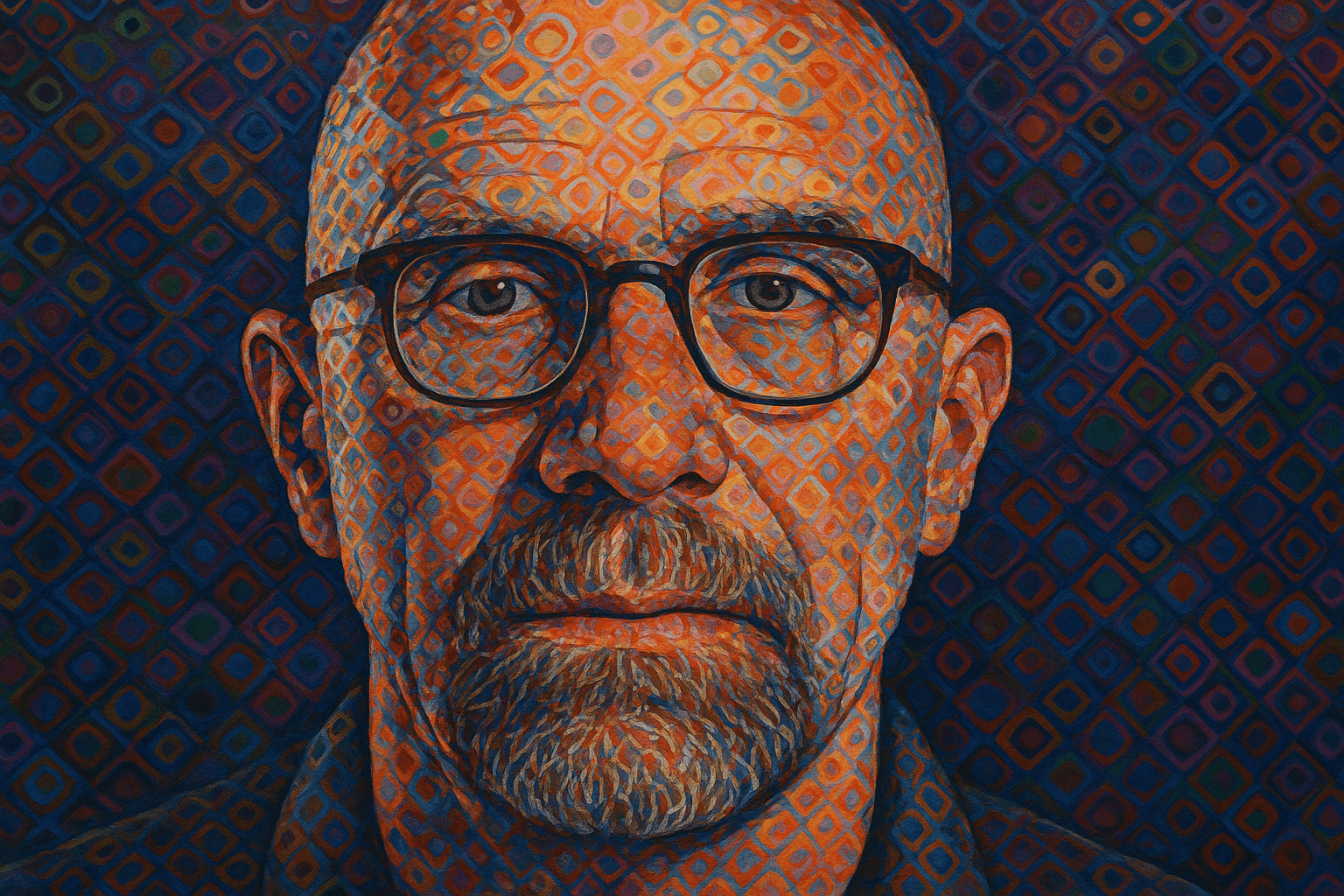
The visual appearance of Chuck Close's art style is characterized by large, close-up portraits of faces. The portraits are often highly detailed, with intricate line work and subtle gradations of color. Close often uses a grid-like format, dividing the canvas into small squares or rectangles, which he then fills in with individual brushstrokes. This gives his paintings a sense of order and precision, while also allowing him to create a highly detailed image.
Thinking in the box: Impressionism, Modernism
Might also call it: Heave, toss, hurl, cast
Cinematic Styles, Movies and TV Series No.174
Cinematic Styles, Movies and TV Series is a website that showcases the work of artists who have created art for movies and TV shows. The website features a gallery of artworks, a blog, and a shop. The artists featured on the website have worked on a variety of projects, including blockbusters, independent films, and television series.
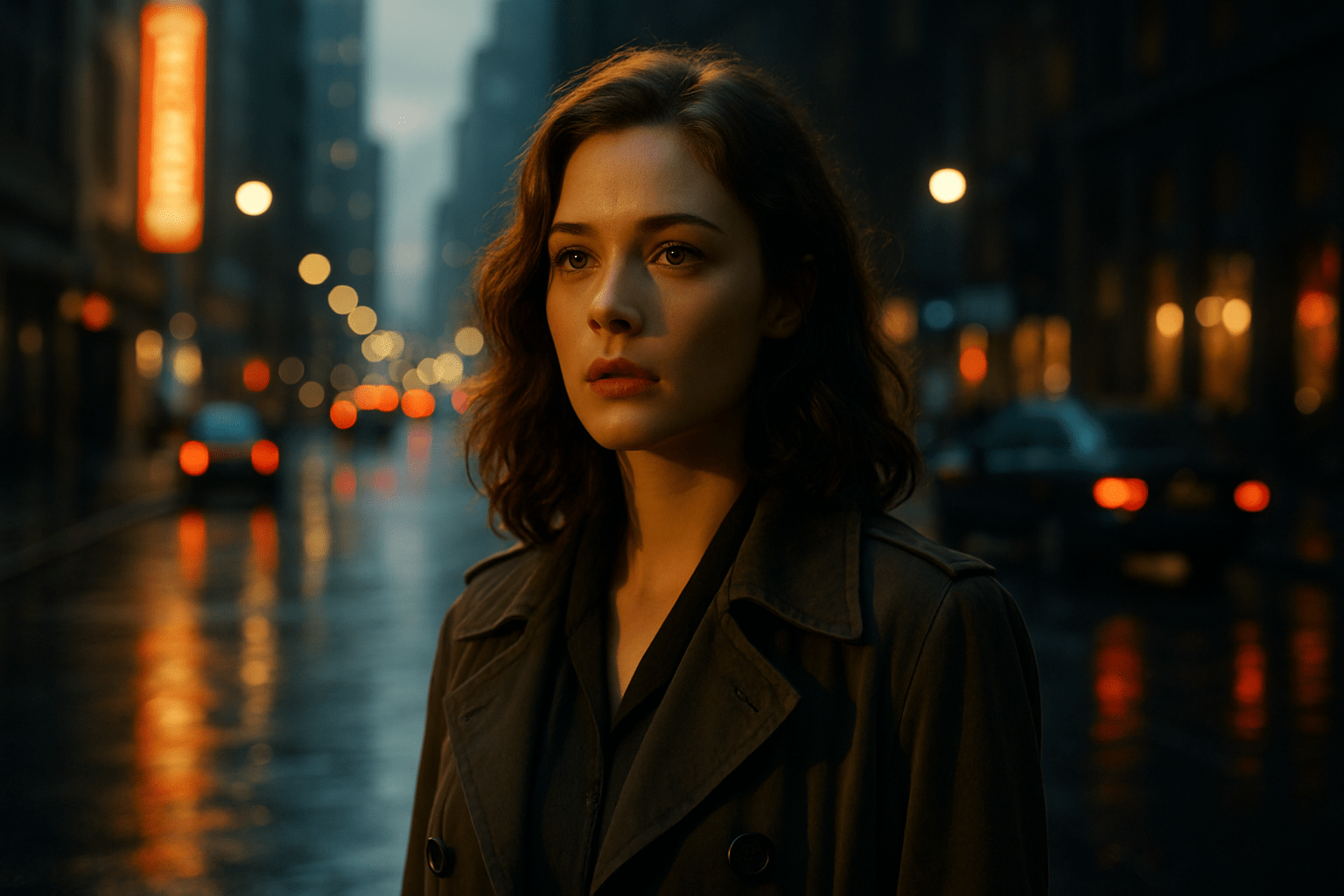
The art style of Cinematic Styles, Movies and TV Series is very realistic and detailed. The colors are also very realistic, and the overall look is very polished.
Thinking in the box: Impressionism, Modernism
Might also call it: Styles of movies and TV shows; ways of filming movies and TV shows.
Cinematic Styles No.175
Cinematic Styles is a professional art style company that specializes in creating unique and stylish art for your home or office. We offer a wide variety of services, including custom paintings, murals, and more. Our team of talented artists will work with you to create a one-of-a-kind piece that fits your specific style and needs. Whether youÃÂÃÂre looking for a statement piece for your living room or a more subtle design for your office, we can help you create the perfect art for your space.

Cinematic Styles is an art style that is characterized by its use of bright colors and bold lines. This style is often used in movies and video games to create a visually stimulating experience for the viewer.
Thinking in the box: Impressionism, Modernism
Might also call it: Movie Styles, Film Styles
Cityscape No.176
Cityscape is a genre of art that focuses on the depiction of urban areas. The style is characterized by its realistic, yet often simplified, portrayal of city life. Cityscape paintings often capture the hustle and bustle of city life, as well as the city's unique architecture.

The art style Cityscape is characterized by its clean lines and geometric shapes. The colors are usually muted, with a focus on grays, blacks, and whites. The overall effect is one of order and calm.
Thinking in the box: Impressionism, Modernism
Might also call it: Urban landscape, cityscape, metropolis
Classical Realism No.177
Classical Realism is a traditional art style that dates back to the Renaissance period. It is characterized by its realistic depiction of subjects, as well as its use of light and shadow to create a sense of depth. Classical Realism is still practiced by many artists today, and its popularity has seen a resurgence in recent years.
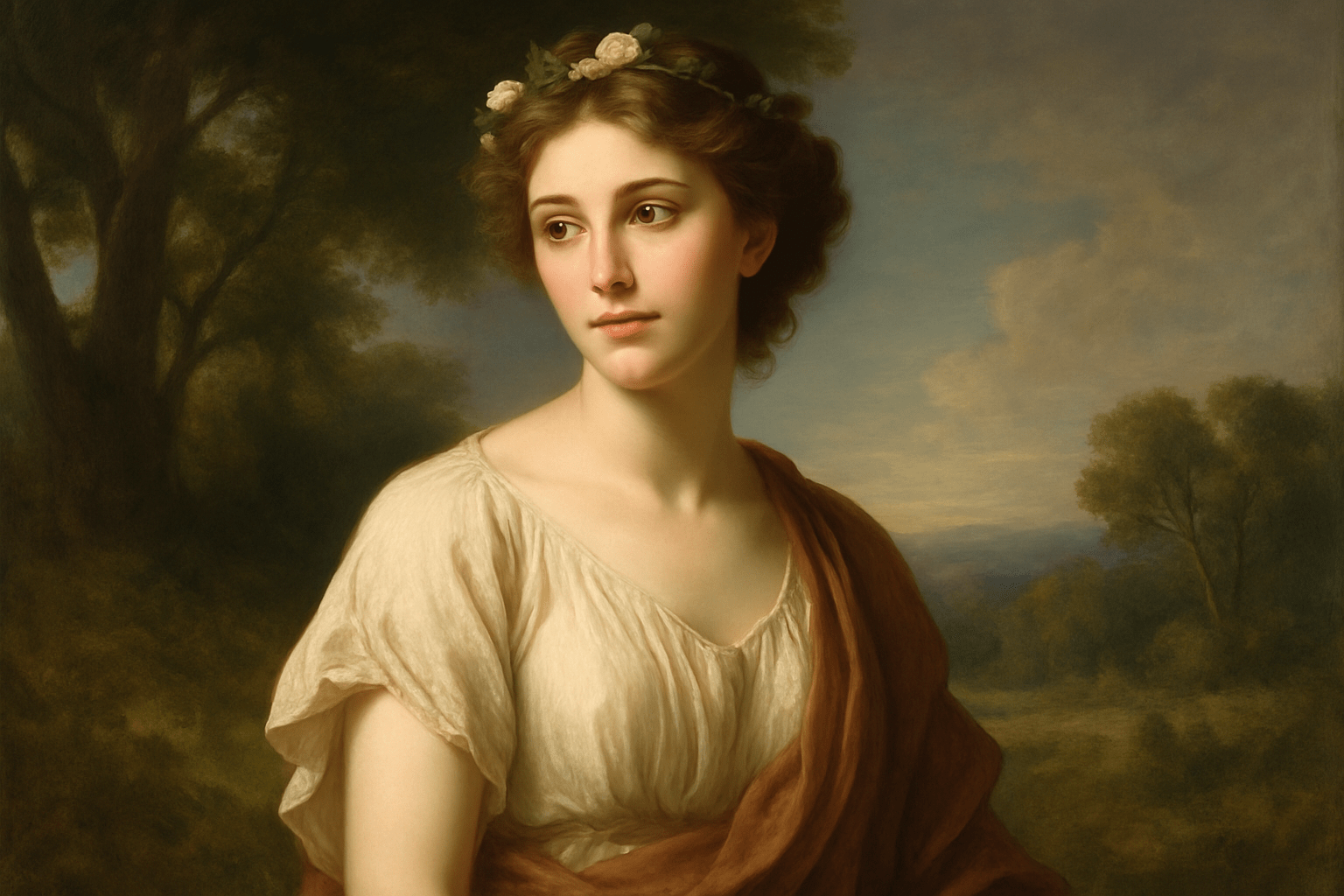
The art style Classical Realism is characterized by its realistic and lifelike depictions of subjects. The style is often associated with the art of the High Renaissance period, although it can be found in art from other periods as well. Classical Realism is characterized by its use of traditional techniques and materials, as well as its adherence to the rules of perspective and proportion. The style often features highly detailed and realistic depictions of figures, landscapes, and other subjects.
Thinking in the box: Impressionism, Modernism
Might also call it: Classical Realism can be replaced with terms like, "traditional," "old-fashioned," or "conventional."
Classicism No.178
Classicism is a style in art that refers to the art of the classical period in Greece and Rome. This period is characterized by a focus on order, symmetry, and balance. Classicism was revived in the Renaissance and has been a major influence on the arts ever since.
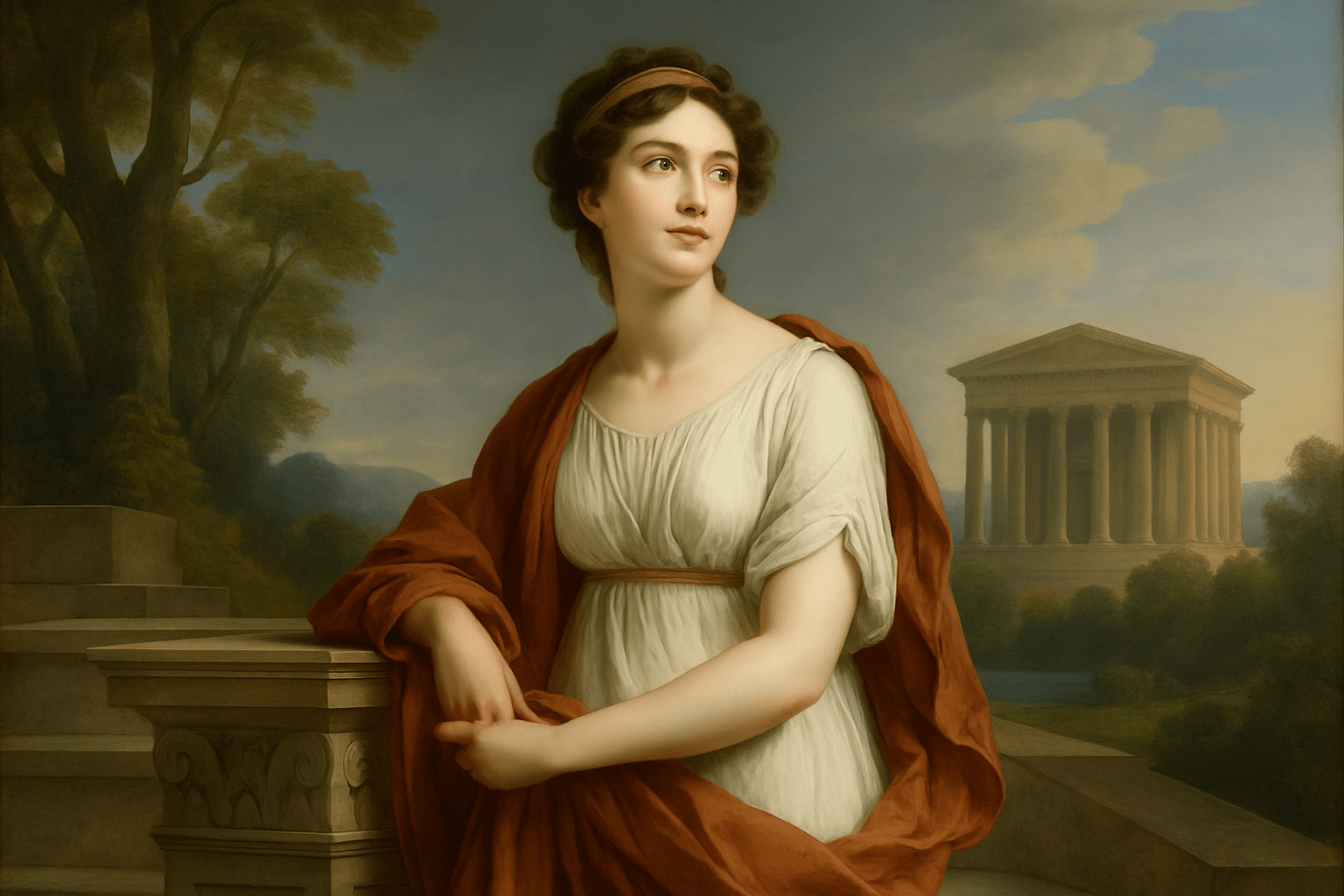
The art style Classicism is characterized by its clean lines, simple forms, and muted colors. Classicism is often seen as the antithesis of the more ornate and elaborate Baroque style.
Thinking in the box: Impressionism, Modernism
Might also call it: neoclassicism, classicism
Claustrophobism No.179
Claustrophobism is an art style characterized by its focus on confined spaces and the psychological effects of enclosure. It often features tightly packed compositions with limited spatial freedom, creating a sense of tension and discomfort. This style aims to evoke feelings of anxiety and introspection, reflecting the emotional and mental states associated with claustrophobia. Artists working within this style use various techniques to manipulate space and perspective, emphasizing the oppressive nature of the environment. Claustrophobism challenges viewers to confront their own feelings about confinement and personal space, making it a thought-provoking and emotionally charged artistic approach.
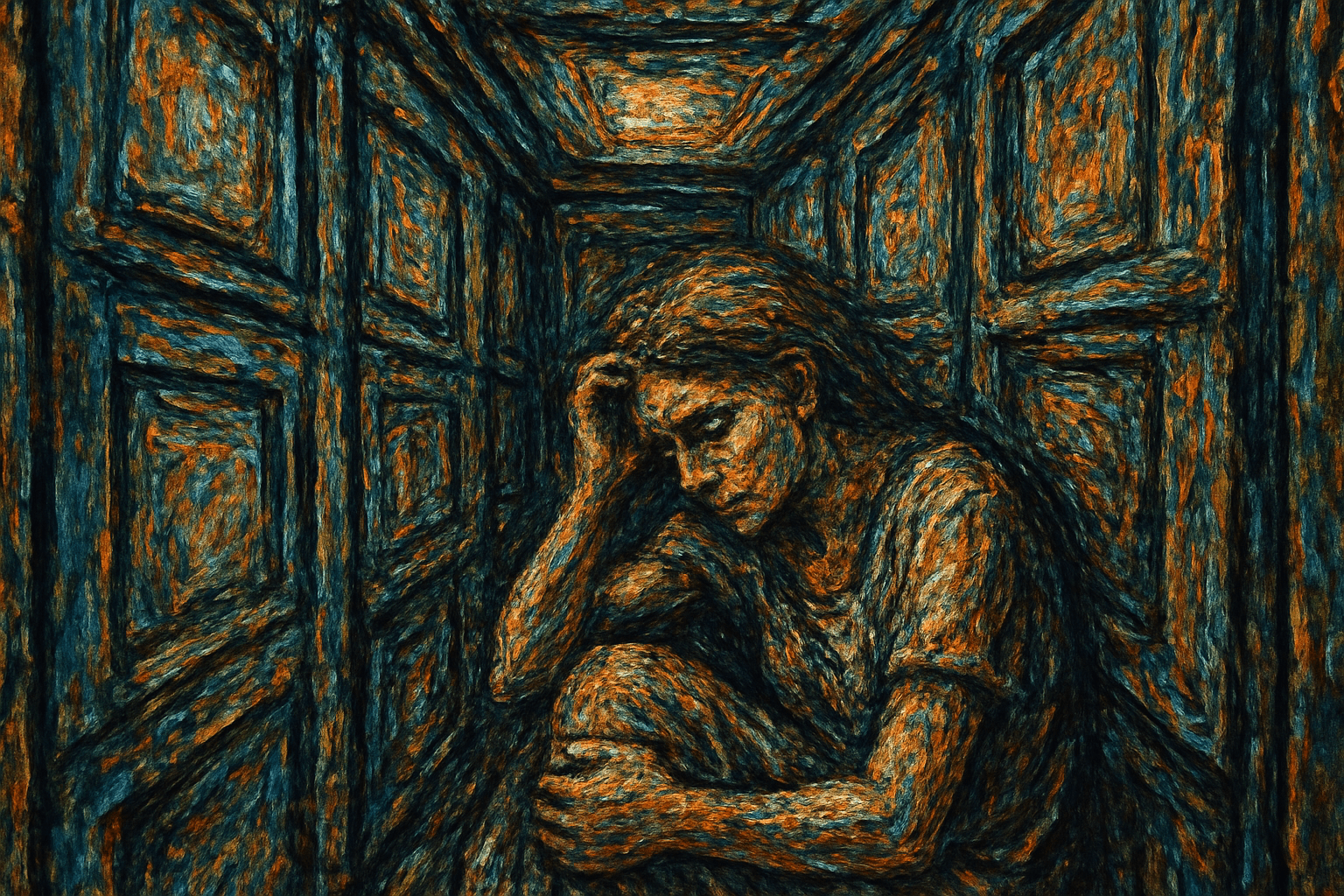
Claustrophobism is an art style characterized by its emphasis on creating a sense of confinement and restricted space. Visually, it often features tightly packed compositions where elements appear compressed or squeezed together, enhancing the feeling of being trapped or enclosed. The use of dark, muted colors and heavy shadows can accentuate the oppressive atmosphere, while distorted perspectives and exaggerated proportions may be employed to heighten the sense of unease. The imagery might include crowded urban scenes, cluttered interiors, or figures that seem to be struggling against their surroundings, all contributing to a palpable tension and a focus on the psychological impact of limited space.
Thinking in the box: Impressionism, Modernism
Might also call it: Since "Claustrophobism" is an AI art style and not a widely recognized term, there may not be direct synonyms. However, we can speculate on related synonyms based on the name and implied characteristics. Claustrophobism suggests an art style that might evoke feelings of confinement or restriction. Related synonyms or terms could include "constricted," "confined," "compressed," "dense," "intense," "oppressive," and "enclosed." In terms of artistic concepts, it might relate to "minimalism," "expressionism," or "surrealism," depending on how the style is visually represented.
Claymation No.180
Claymation is a type of stop-motion animation that uses clay figures to create a film. The clay figures are moved slightly and then photographed, which gives the illusion of movement. Claymation is often used for children's films and television shows.
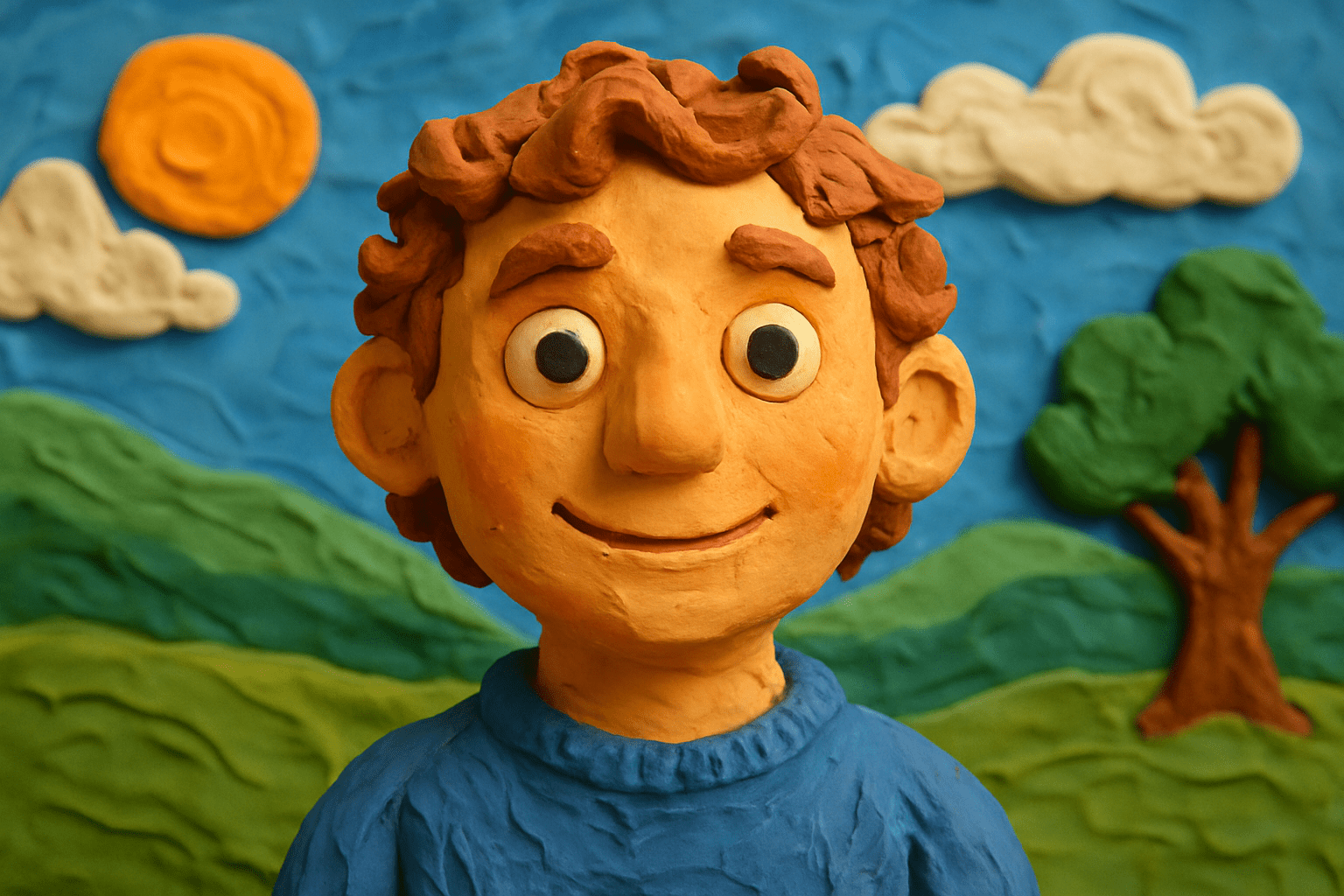
Claymation is a visual art style that uses clay figures to create a moving image. The clay figures are often brightly colored and have exaggerated features.
Thinking in the box: Impressionism, Modernism
Might also call it: Stop-motion animation, stop-frame animation, frame-by-frame animation
Cloisonnism No.181
Cloisonnism is an art style characterized by bold and flat areas of color separated by dark contour lines. It is often used in jewelry and enamel work.
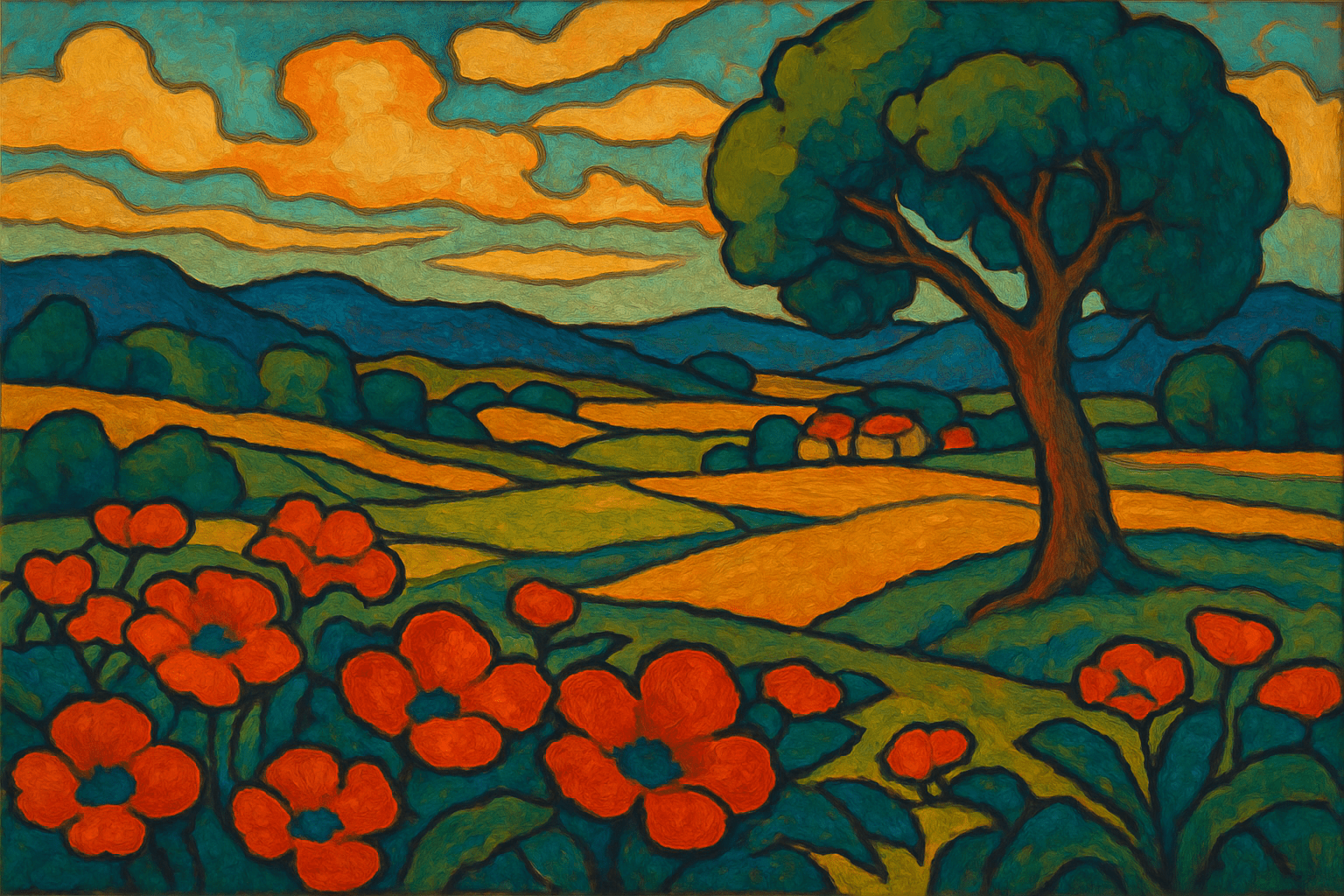
Cloisonnism is a visual art style characterized by bold and bright colors, as well as distinct and clearly defined shapes. The overall effect is one of vibrancy and energy.
Thinking in the box: Impressionism, Modernism
Might also call it: Divisionism, Pointillism, Seuratism
Cloudscape No.182
Cloudscape is a type of art that is characterized by its use of soft, dream-like colors and its focus on landscapes and natural scenery. This style of art is often used to create a feeling of calm and relaxation, and is often used in settings such as spas and resorts.

The art style Cloudscape is very light and airy. The colors are very pale and the overall effect is very ethereal.
Thinking in the box: Impressionism, Modernism
Might also call it: Skyline, clouds, horizon.
Codewave Abstraction No.183
In the art realm of Codewave, digital whispers create waves. Fluid and ineffable, it captivates by synchronizing chaos with mathematical grace—a poetic entanglement of pixels.
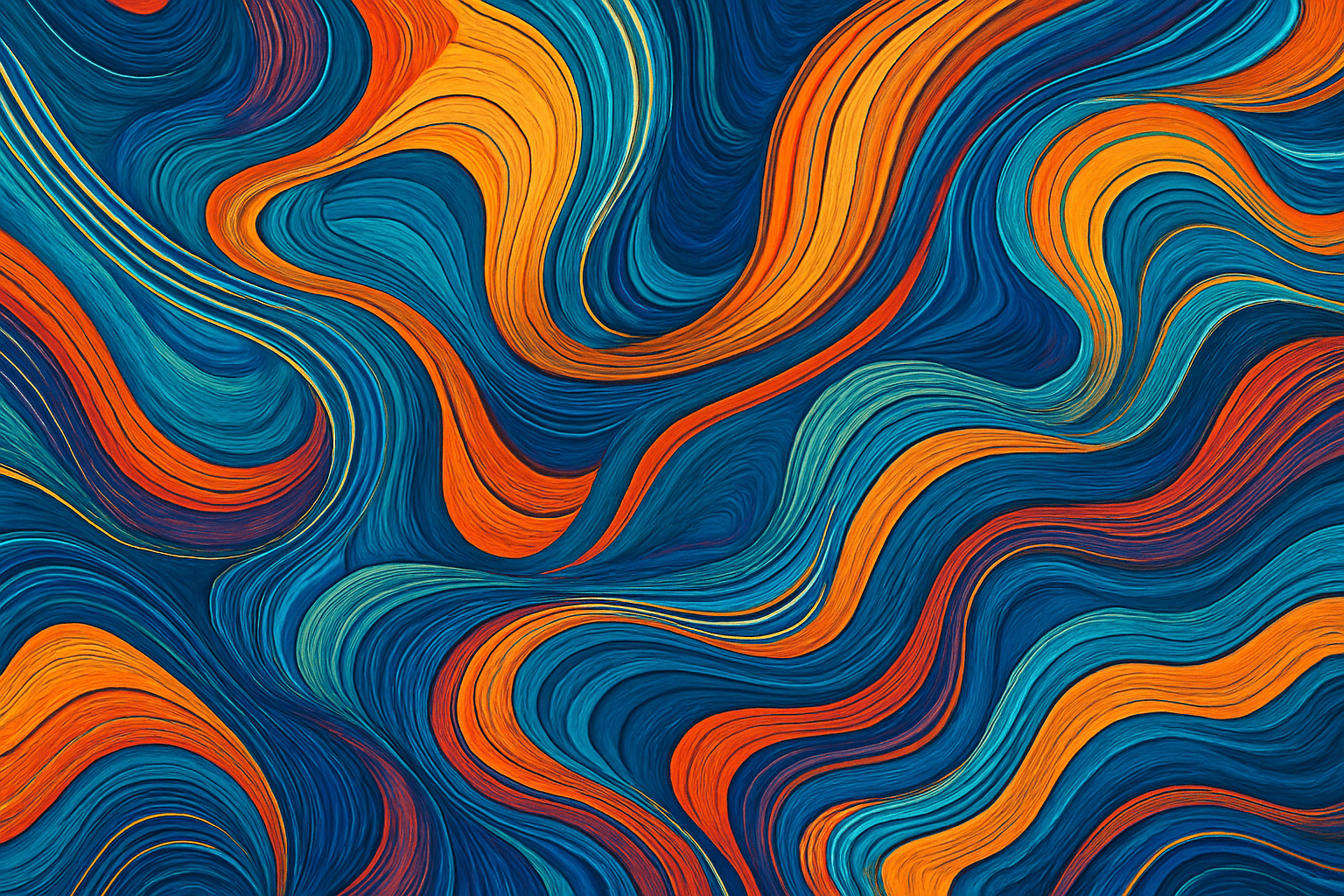
It ripples with color; as if a futuristic sunset swept through binary oceans while kaleidoscopic patterns dance like fractals woven by a cosmic algorithm.
Thinking in the box: Digitalism, Abstract Futurism
Might also call it: Digital Pulse, Algorithmic Artistry
Cognition Warp Style No.184
A style that twists perception, blending reality with abstract thoughts; it is the art of bending visual truths and imaginative lies.
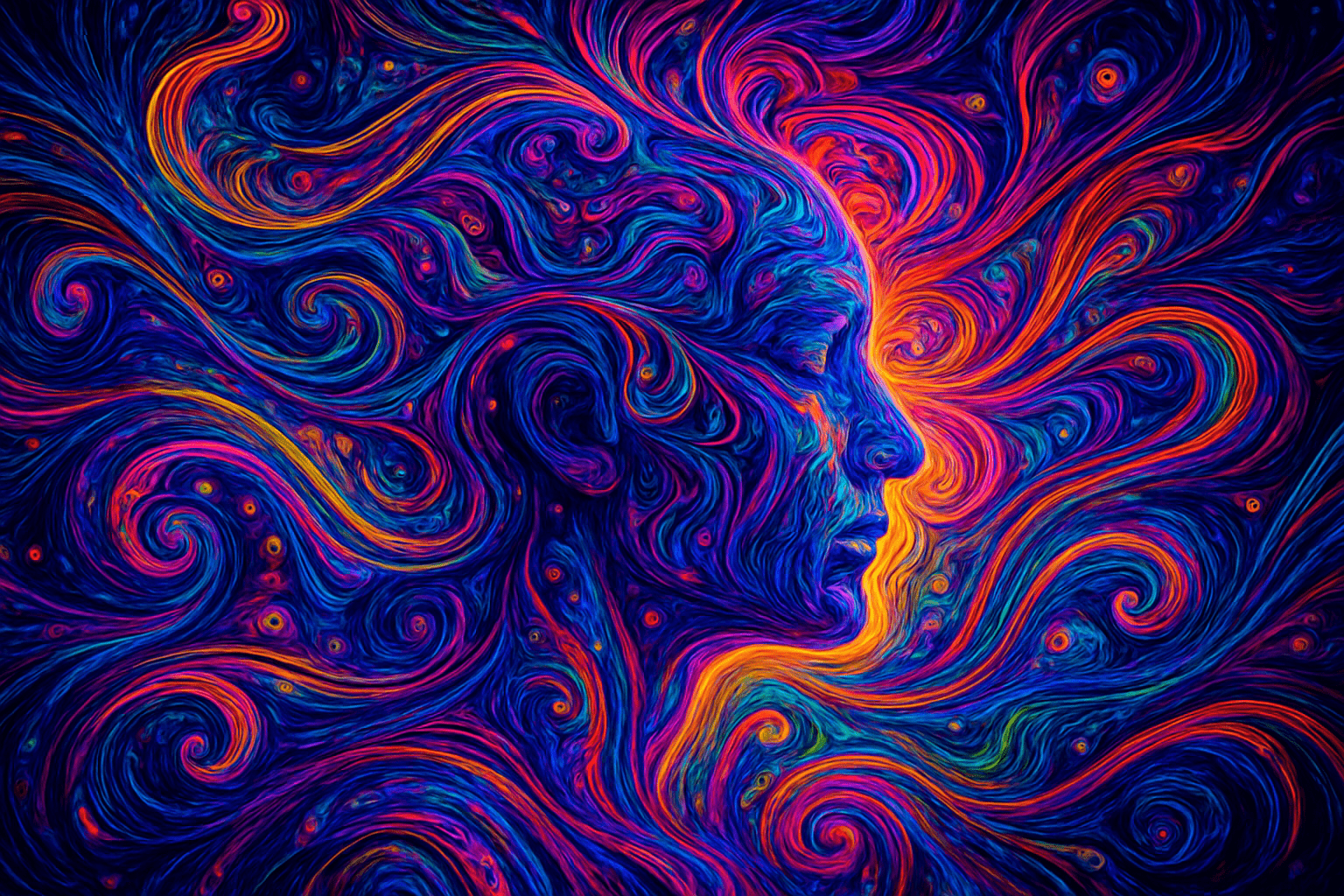
Imagine a kaleidoscope meets a daydream; colors ripple like whispered secrets, while forms fuse fluidly between reality and reverie.
Thinking in the box: Surrealism, Digital Impressionism
Might also call it: Perceptual Flux, Reality Distortion
Collage No.185
Collage is a technique of an art production, primarily used in the visual arts, where the artwork is made from an assemblage of different forms, thus creating a new whole. A collage may sometimes include newspaper clippings, ribbons, bits of colored or handmade papers, portions of other artwork or texts, photographs and other found objects, glued to a piece of paper or canvas. The origins of collage can be traced back hundreds of years, but it was popularized by artists such as Pablo Picasso and Georges Braque in the early 20th century.

Collage is a technique of an art production, primarily used in the visual arts, where the artwork is made from an assemblage of different forms, thus creating a new whole. A collage may sometimes include newspaper clippings, ribbons, bits of colored or handmade papers, portions of other artwork, photographs, and other found objects.
Thinking in the box: Impressionism, Modernism
Might also call it: Assemblage, construction, composition, montage.
Coloexplosionism No.186
Coloexplosionism is an art style that combines elements of abstract expressionism, pop art, and graffiti. It is characterized by bright colors, bold lines, and dynamic compositions. The artworks often feature a mix of figurative and abstract elements, as well as a variety of textures and shapes. Coloexplosionism is a vibrant and energetic style of art that is sure to capture the attention of viewers.
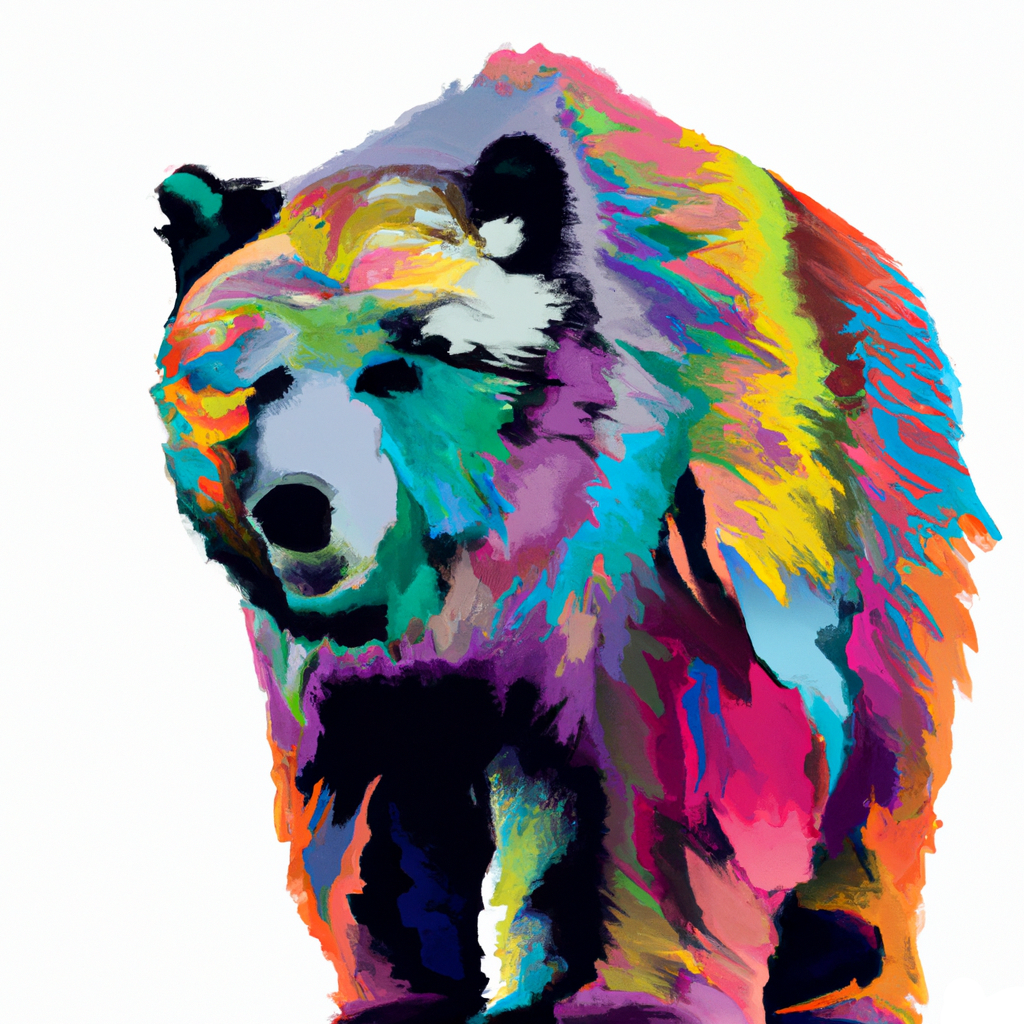
Coloexplosionism is an art style characterized by bright, bold colors and abstract shapes. It often features a mix of geometric and organic forms, as well as a variety of textures and patterns. The art style is often characterized by a sense of energy and movement, as if the colors and shapes are exploding off the canvas. Coloexplosionism often features a vibrant, chaotic composition that is both visually stimulating and visually overwhelming.
Thinking in the box: Impressionism, Modernism
Might also call it: 1. Expansionism 2. Imperialism 3. Aggrandizement 4. Hegemony 5. Expansionaryism 6. Expansionary 7. Expansionistic 8. Expansionistical 9. Expansionary Tendencies 10. Expansionary Policies
Colombians No.187
Colombian art is often characterized by its use of bright colors and bold patterns. Common themes include nature, religion, and daily life. Traditional art forms include painting, sculpture, pottery, and weaving. Colombian artists often seek to capture the country's diverse culture and landscapes in their work. They frequently use bright colors and bold patterns to create a unique and striking visual style. Common themes include nature, religion, and daily life. Traditional art forms include painting, sculpture, pottery, and weaving. Colombian art provides a window into the country's rich culture and history. It is characterized by its use of bright colors and bold patterns, and often features themes such as nature, religion, and daily life. Traditional art forms include painting, sculpture, pottery, and weaving.

The art style of Colombians is very colorful and vibrant. They often use a lot of bright colors in their paintings and sculptures. Their art is also very detailed and often includes many different elements.
Thinking in the box: Impressionism, Modernism
Might also call it: South Americans, Latinos, Hispanics
Color Explosion No.188
Color Explosion is an art style characterized by bright, bold colors and abstract shapes. It is often used to create a sense of energy and movement, and can be used to create a vibrant and exciting atmosphere. Color Explosion art is often used in advertising, fashion, and interior design, and is a great way to add a unique and eye-catching element to any design.
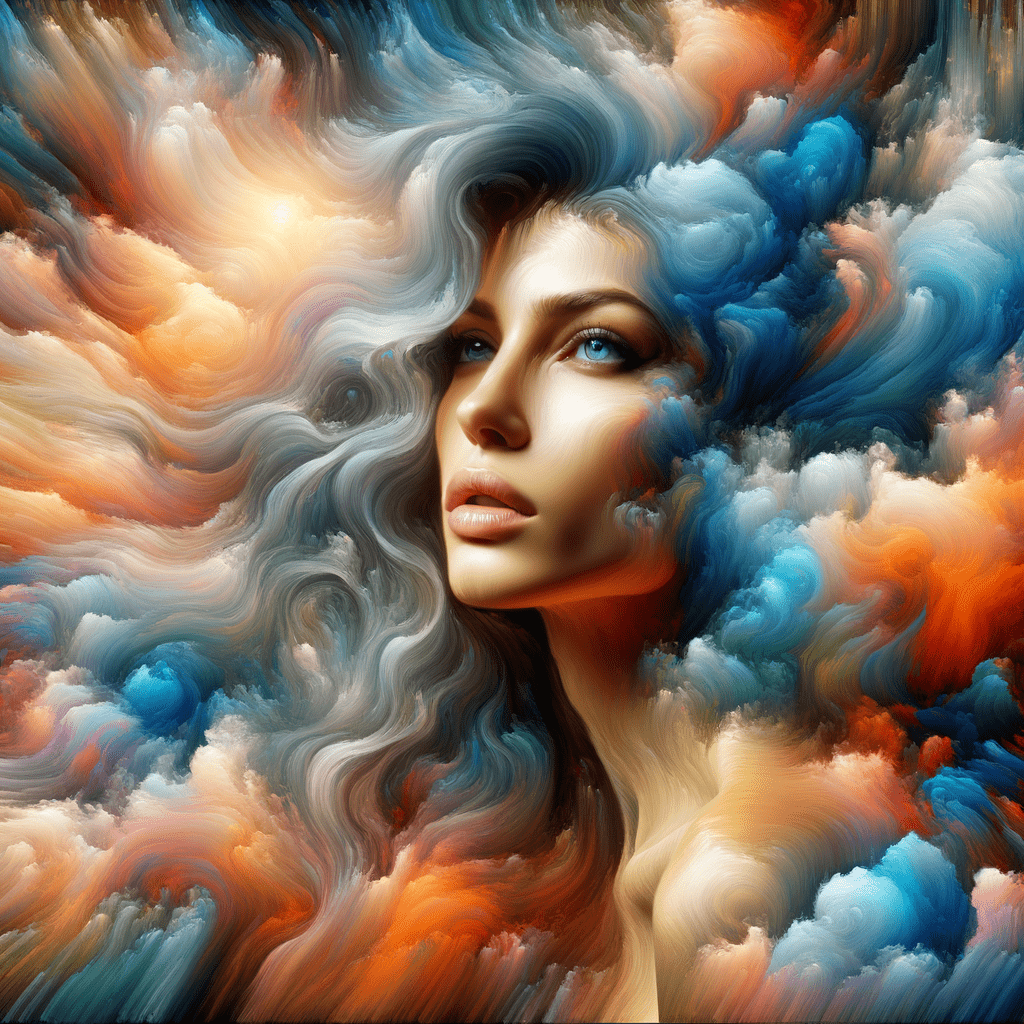
The Color Explosion art style is characterized by bright, vibrant colors and bold, abstract shapes. The artwork often features a mix of geometric shapes and organic forms, often in a chaotic and energetic composition. The colors are often intense and vivid, creating a sense of energy and movement. The art style is often used to create a sense of excitement and joy.
Thinking in the box: Impressionism, Modernism
Might also call it: 1. Chromatic eruption 2. Vivid outburst 3. Prismatic display 4. Rainbow burst 5. Spectral eruption 6. Chromatic display 7. Hued eruption 8. Colorful eruption 9. Radiant display 10. Brilliant outburst
Color Explosionism No.189
Color Explosionism is an art style characterized by the use of vibrant colors and bold shapes. It is a form of abstract expressionism that emphasizes the use of bright, intense colors to create a sense of energy and movement. The style is often used to convey emotion and create a sense of dynamism in a painting. Color Explosionism is a popular art style that has been used by many contemporary artists.

Color Explosionism is an art style characterized by bright, bold, and often contrasting colors. It is often characterized by a chaotic, energetic, and vibrant aesthetic. The colors used in Color Explosionism are often intense and vibrant, and the artwork often features a mix of abstract shapes and forms. The artwork often has a surreal, dream-like quality, and the colors are often used to create a sense of movement and energy. Color Explosionism is often used to create a sense of energy and excitement, and to evoke emotion in the viewer.
Thinking in the box: Impressionism, Modernism
Might also call it: 1. Chromaticism 2. Polychromatism 3. Vividness 4. Brilliance 5. Spectralism 6. Chromatism 7. Chromatism 8. Chromaticity 9. Chromatism 10. Chromaticity
Color Felt Tip Pen Drawing No.190
Color felt tip pen drawing is a type of drawing where felt tip pens are used to create colorful designs. This type of drawing is often used for illustrations, cartoons, and other types of artwork.

The art style is characterized by its use of color felt tip pens to create drawings. The drawings are often brightly colored and have a playful, childlike quality to them.
Thinking in the box: Impressionism, Modernism
Might also call it: Marker, pen, crayon, colored pencil, chalk
Color Field No.191
painting Color Field painting is a style of abstract painting that emerged in the 1940s and 1950s. It is characterized by large fields of flat, solid color, usually on a white background. The color fields are often separated by thin lines or borders, giving the paintings a sense of simplicity and calm.

painting Color Field paintings are large, flat, and often monochromatic. They are usually made with acrylic or oil paint, and sometimes with mixed media. The colors are applied in large, flat areas, often with a brush or a roller. The paintings are often hung on walls without frames.
Thinking in the box: Impressionism, Modernism
Might also call it: Hue, Tint, Shade, Tone, Chroma
Color Field Painting No.192
Color Field Painting is a style of painting that emerged in the 1940s and 1950s. It is characterized by large fields of flat, solid color, often with little or no texture. The style is associated with Abstract Expressionism, but it can also be seen as a reaction against the gestural style of that movement.

Color Field Painting is a type of abstract art that is characterized by large fields of flat, solid color. The color is often applied in a thin, even layer, and the resulting image is usually simple and bold.
Thinking in the box: Impressionism, Modernism
Might also call it: Abstract expressionism, color painting, non-representational art
Colored Chalk Drawing No.193
Colored chalk drawing is a type of art where the artist uses chalk to create a drawing. The chalk can be any color, but the most common colors used are white, black, and yellow. The artist may use one color or multiple colors to create the drawing. The drawing may be of anything, but the most common subjects are people, animals, and landscapes.

The art style Colored Chalk Drawing is characterized by its use of bright colors and bold lines. The drawings are usually made on a dark background, which makes the colors stand out.
Thinking in the box: Impressionism, Modernism
Might also call it: Colored chalk drawing can also be called a pastel drawing.
Colored Pencil Art No.194
Colored pencil art is a type of art where pencils are used to create colorful drawings. This type of art is often used for illustrations, but can also be used for creating fine art. Colored pencils can be used to create a wide range of colors, making them a versatile tool for artists.

The art style Colored Pencil Art is usually very colorful and detailed. The artist may use a variety of different colors to create their work. Sometimes the artist will use a black or white background to make the colors stand out more.
Thinking in the box: Impressionism, Modernism
Might also call it: Colored pencil drawings, colored pencil illustrations, colored pencil paintings
Colored Pencil Drawing No.195
Colored pencil drawing is a type of art where pencils are used to draw and color in a picture. This type of art is usually done on paper, but can also be done on other surfaces such as wood or fabric. Colored pencils come in a variety of colors, so artists can create a wide range of effects. This type of art is often used for illustrations, but can also be used for fine art.

The art style Colored Pencil Drawing is characterized by its use of bright and vibrant colors. The drawings are often very detailed and precise, and the overall effect is often quite striking and eye-catching.
Thinking in the box: Impressionism, Modernism
Might also call it: Colored pencil drawing can also be called: -Colored pencil art -Colored pencil illustrations -Colored pencil paintings
Colored pencils No.196
Colored pencils are a type of art medium used for drawing and coloring. They are made of a pigment core encased in a wooden or plastic barrel. Colored pencils can be used to create a wide variety of artworks, from detailed illustrations to simple sketches.

The art style of colored pencils is usually very bright and colorful. The pencils are used to create a variety of different colors, which can be blended together to create a variety of different effects.
Thinking in the box: Impressionism, Modernism
Might also call it: Crayons, markers, colored pencils, pens, pencils, chalk, charcoal, pastels.
Colorful album art cover No.197
Colorful album art covers are a popular art style for many music artists. They are often bright and eye-catching, and can help an album stand out on a shelf. Many artists use this style to convey the mood or theme of their album.
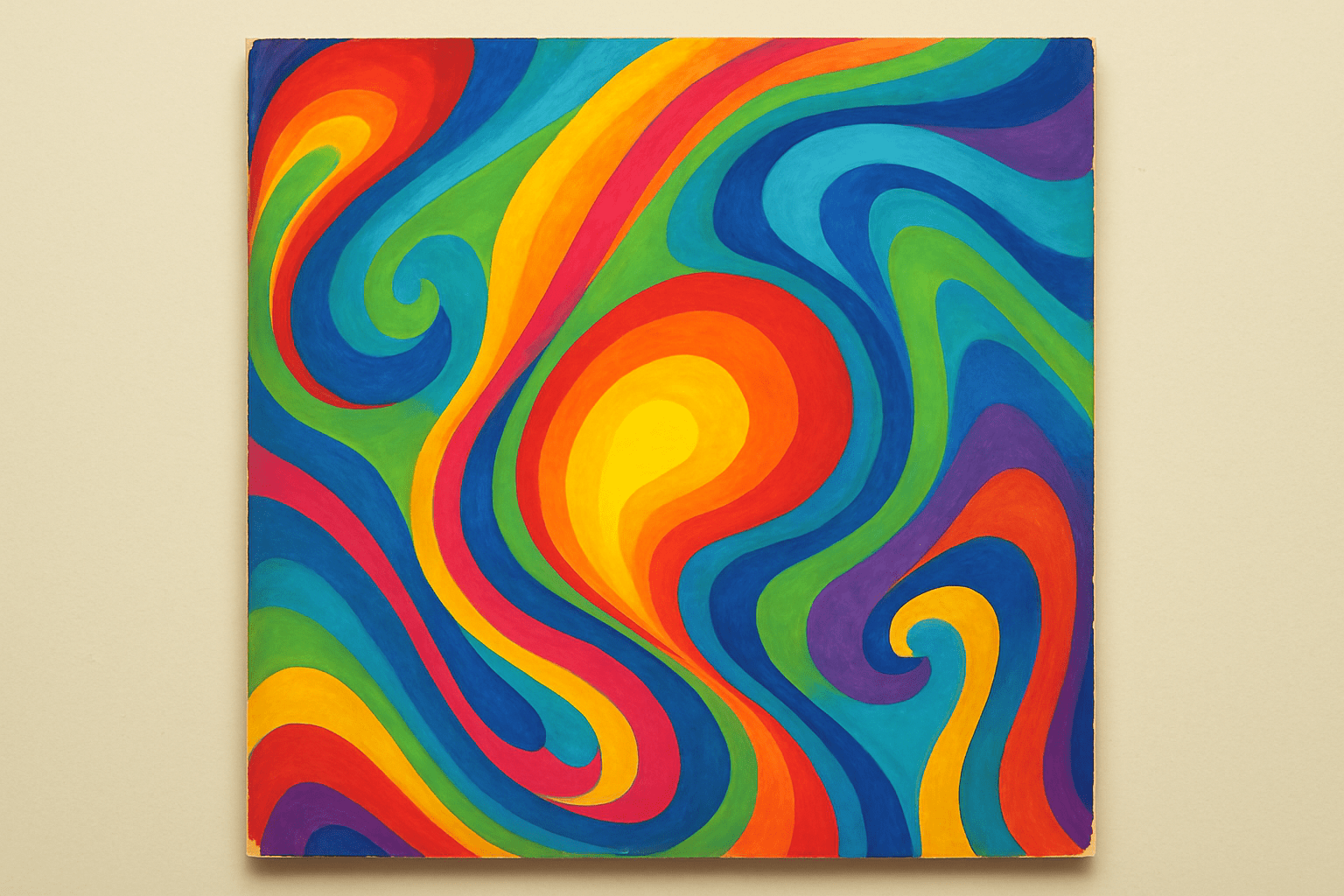
The album art cover is colorful and includes a variety of different colors. The colors are bright and vibrant, and the overall appearance is eye-catching and visually appealing.
Thinking in the box: Impressionism, Modernism
Might also call it: Vibrant, eye-catching, attention-grabbing, visually appealing
Colorful bubbles No.198
The art style known as Colorful Bubbles is a unique and fun way to add some color and excitement to your artwork. This style is perfect for those who want to add a bit of personality to their paintings or drawings. By using bright and bold colors, you can create some truly eye-catching artwork that is sure to stand out from the rest.
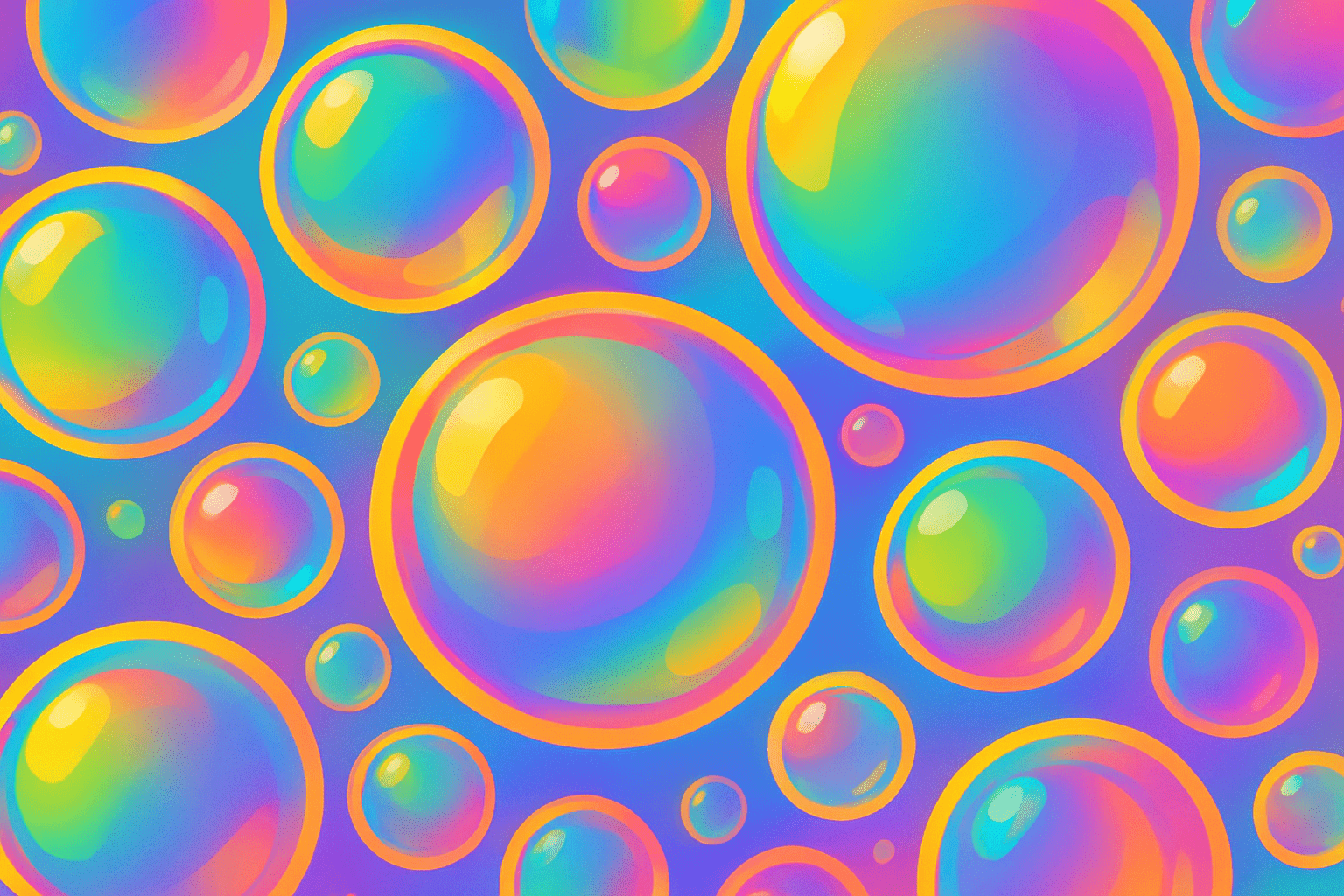
The art style is colorful and bubbly, with a lot of bright colors and patterns. The bubbles are often in different colors and sizes, and they may be floating in the air or on the ground.
Thinking in the box: Impressionism, Modernism
Might also call it: vibrant, vivid, striking, bright, intense
Colosplatterism No.199
Colosplatterism is an art style that combines elements of abstract expressionism and pop art. It is characterized by bold, bright colors and chaotic compositions. The artworks often feature a mix of abstract shapes, figurative elements, and text. The style is often used to create vibrant, eye-catching works that are both visually stimulating and thought-provoking.

Colosplatterism is an art style characterized by bright, bold colors and abstract shapes. It often features a mix of geometric shapes, organic forms, and vibrant color palettes. The artwork is often characterized by a chaotic, energetic, and playful aesthetic. The art style is often used to create vibrant and eye-catching visuals that draw the viewer in.
Thinking in the box: Impressionism, Modernism
Might also call it: Magniloquence, grandiloquence, bombast, rhetoric, hyperbole, ostentation, flamboyance.
Comic Style No.200
Comic Style is a professional and brief summary about the art style of comics. It is characterized by its use of bright colors, simple shapes, and exaggerated features. Comic Style is often used to tell stories with humor and light-heartedness.
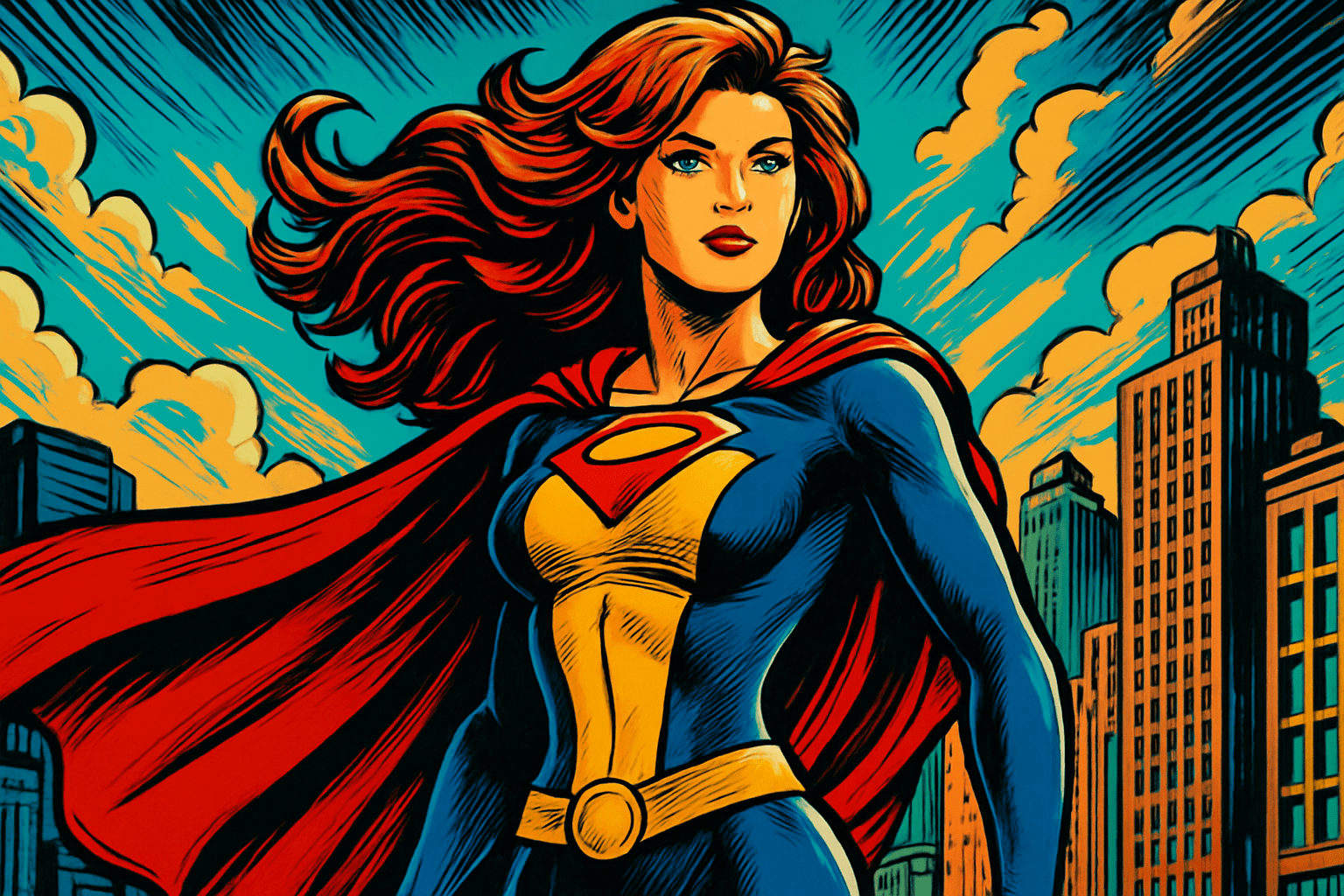
The art style Comic Style is characterized by its use of bright colors and its bold lines. This style is often used in comics and cartoons, and it is known for its ability to convey emotion and action.
Thinking in the box: Impressionism, Modernism
Might also call it: Humorous, funny, comical, entertaining, amusing.
Comic anime No.201
Comic anime is a style of anime that is characterized by its use of humor and light-hearted themes. This style of anime is often aimed at a younger audience, and often features characters with large eyes and exaggerated features. Comic anime often has a light-hearted and comedic tone, and is often used to parody other anime genres.

The art style of comic anime is typically characterized by bright colors, simple shapes, and exaggerated features. Comic anime often includes humor and light-hearted storylines.
Thinking in the box: Impressionism, Modernism
Might also call it: Anime that is funny, humorous, or comical.
Complex Art and Flowerism No.202
X
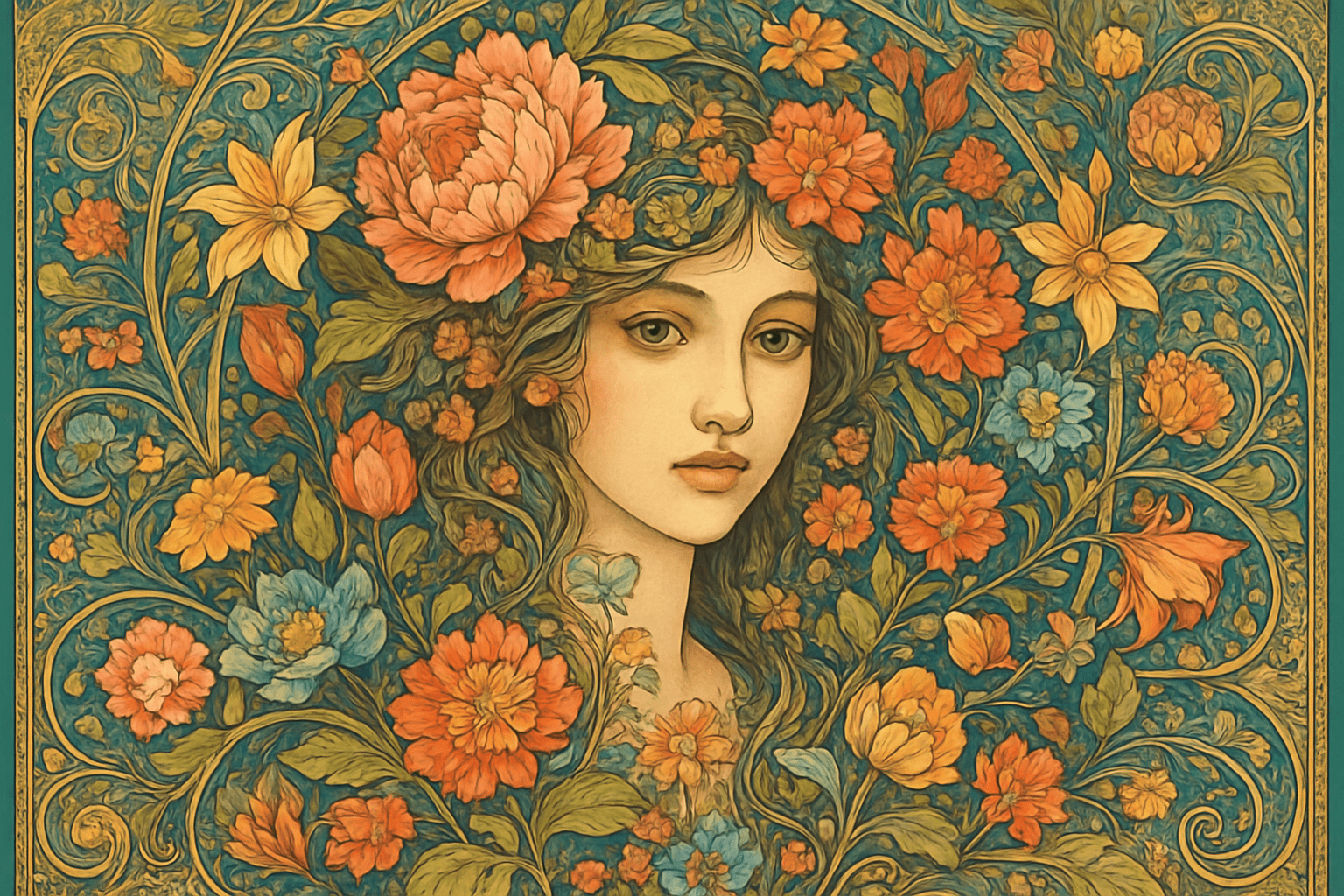
Complex Art is an art style that is characterized by intricate patterns, bold colors, and abstract shapes. It often features a mix of geometric shapes, organic forms, and vibrant colors. The art style is often used to create a sense of movement and energy. Flowerism is an art style that is characterized by its use of floral motifs and bright colors. It often features a mix of traditional and modern elements, with a focus on the beauty of nature. The art style is often used to create a sense of joy and optimism.
Thinking in the box: Impressionism, Modernism
Might also call it: Complex Art: Intricate Art, Elaborate Art, Detailed Art Flowerism: Floralism, Floriculture, Floral Art
Composite Photography No.203
Composite photography is a technique that involves combining two or more images into a single image. This can be done for a variety of reasons, such as to create a more aesthetically pleasing image, to tell a story, or to make a statement. Composite photography can be a very powerful tool when used correctly, and can result in some truly stunning images.

The visual appearance of composite photography is often a mix of two or more images that have been combined to create a new image. The images can be from different sources, or they can be taken at different times. Composite photography often has a surreal or dreamlike quality to it.
Thinking in the box: Impressionism, Modernism
Might also call it: Collage photography, mixed media photography, photo montage
Compressionism No.204
Compressionism is an art style characterized by the use of strong lines and shapes to create a sense of movement and energy. The style is often used to depict action and movement, as well as to create a sense of tension or drama.
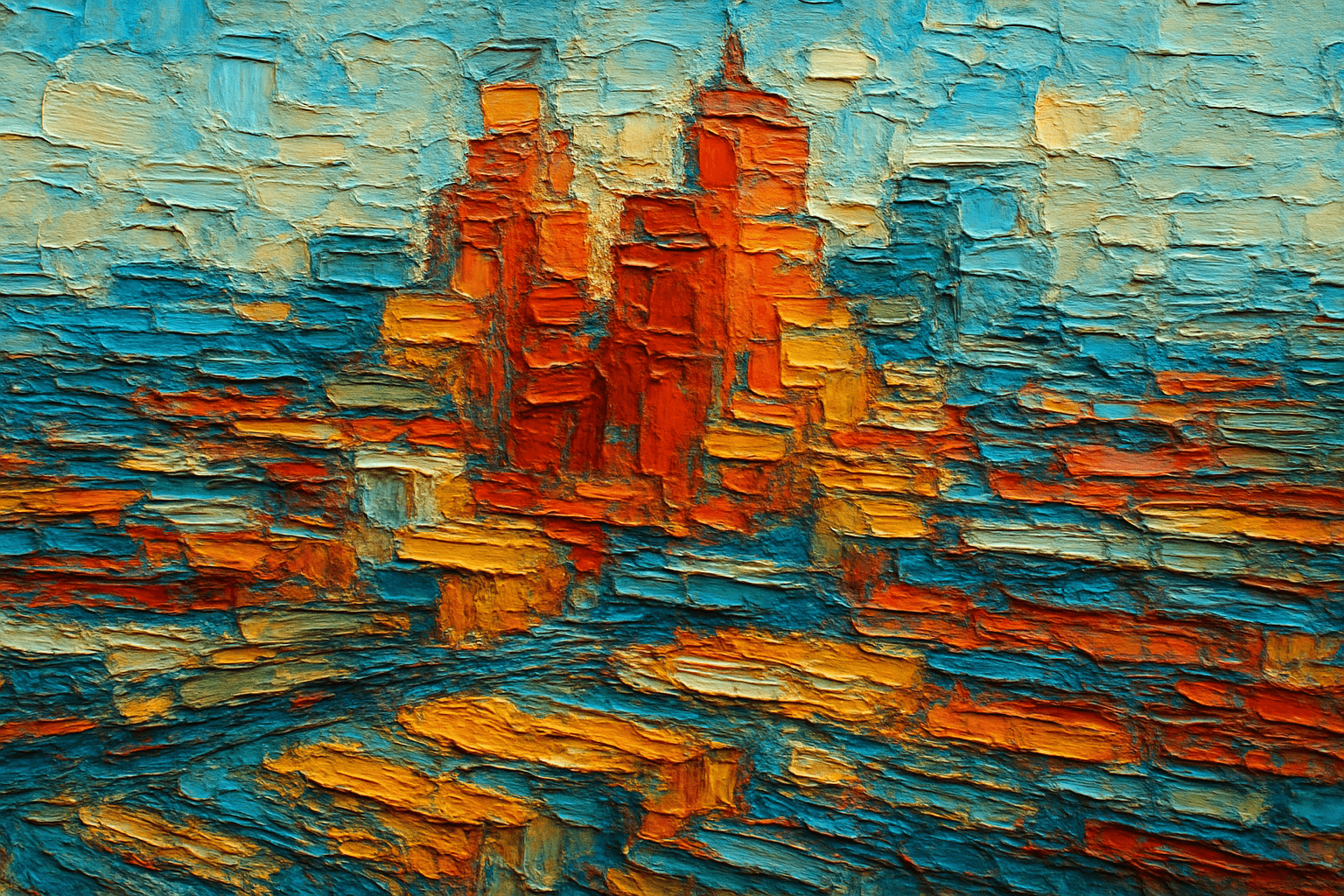
Compressionism is a visual art style characterized by the use of geometric shapes and areas of flat color. The shapes are often simplified and compressed into a single image, and the colors are usually limited to a small number of hues.
Thinking in the box: Impressionism, Modernism
Might also call it: Reductionism, Cubism, Futurism, Abstract Expressionism
Computer Game Styles No.205
The art style of computer games has evolved significantly since the early days of the industry. Early games were often limited by the technology of the time, resulting in simple, pixelated graphics. As technology has improved, games have been able to become increasingly realistic, with photo-realistic graphics becoming more common. However, there is still a place for more stylized graphics, and many games still use a more cartoon-like aesthetic. Ultimately, the art style of a game is dictated by the vision of the developers and the aesthetic that they are trying to create.
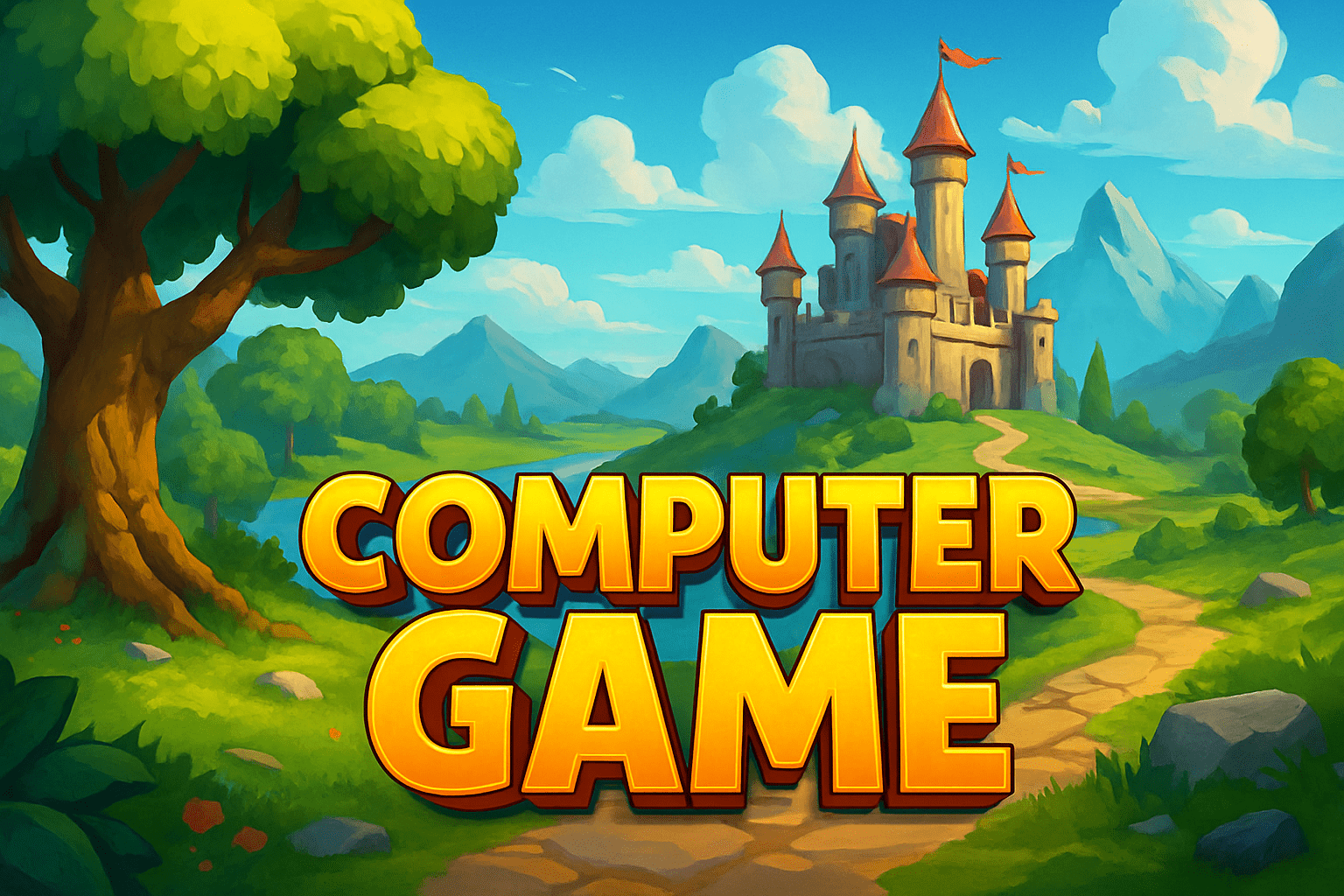
The art style of Computer Game Styles is colorful and cartoony. The characters and environments are designed to look like they are from a video game, and the overall aesthetic is fun and playful.
Thinking in the box: Impressionism, Modernism
Might also call it: Video game genres, video game types, video game categories.
Computer art No.206
Computer art is a type of art that is created using computers. This type of art can be created using various computer software programs, and it can be created using different types of computer hardware. Computer art can be created by anyone who has access to a computer, and it can be created by people of all ages.

The visual appearance of computer art is often very clean and precise. Lines are often straight and colors can be very bright and saturated. Forms tend to be geometric and simplified.
Thinking in the box: Impressionism, Modernism
Might also call it: Digital art, computer-generated art, computer-aided art, electronic art, new media art
Conceptual art No.207
Conceptual art is an art movement that emphasizes ideas over traditional artistic techniques. Conceptual artists are often more concerned with the idea behind their work than the final product. This type of art often uses found objects and images to convey its message.
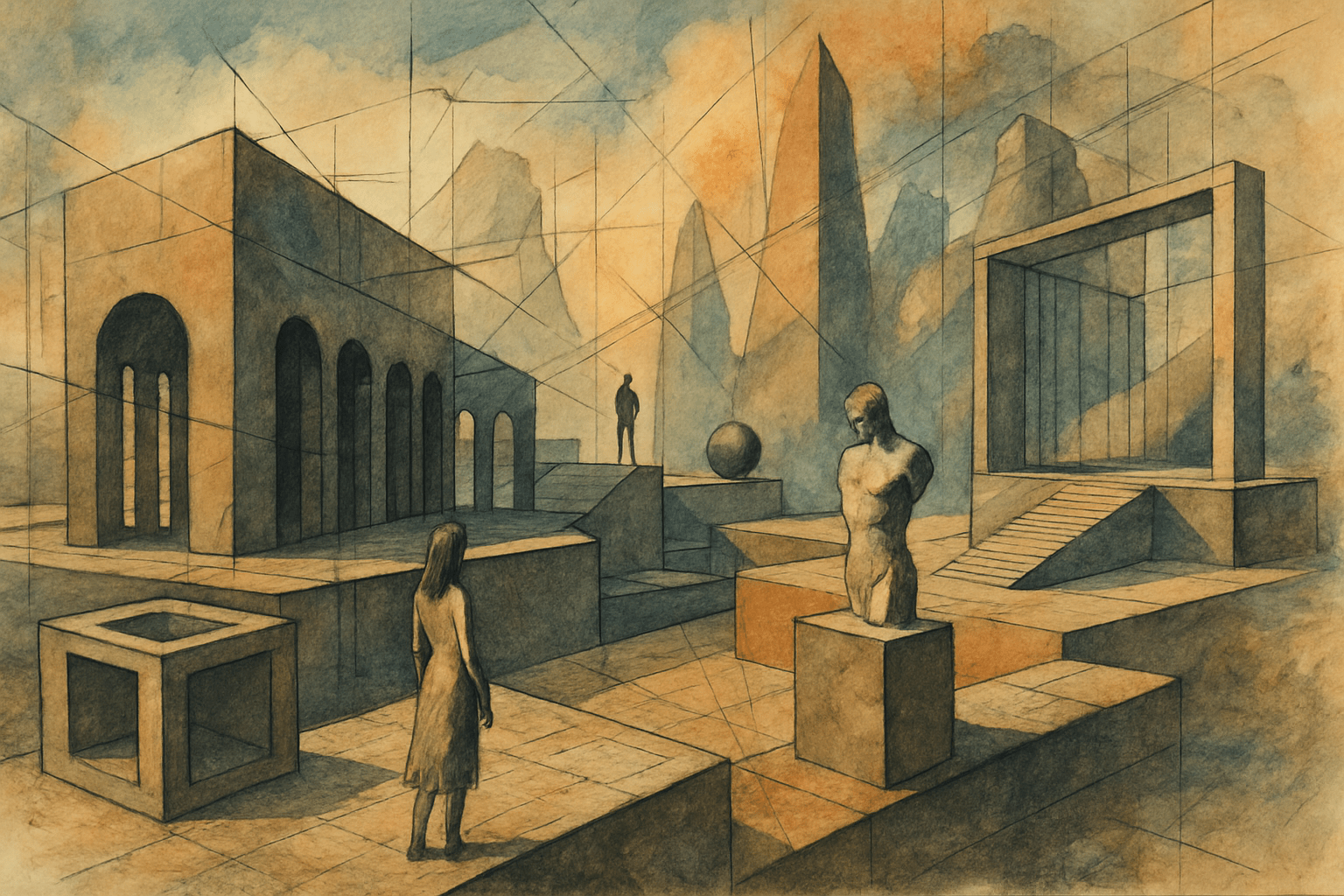
There is no one answer to this question as conceptual art can take on many different visual appearances. Some common elements of conceptual art include the use of simple or everyday objects, the incorporation of text or words, and the use of non-traditional materials. The overall goal of conceptual art is to provoke thought or create a dialogue, so the visual appearance is often secondary to the concept or message being conveyed.
Thinking in the box: Impressionism, Modernism
Might also call it: Abstract art, non-representational art, art without a subject
Concrete art No.208
Concrete art is a type of art that is based on the use of concrete as a medium. Concrete art can be either sculptural or painting. Concrete art is often associated with the Bauhaus movement and De Stijl.
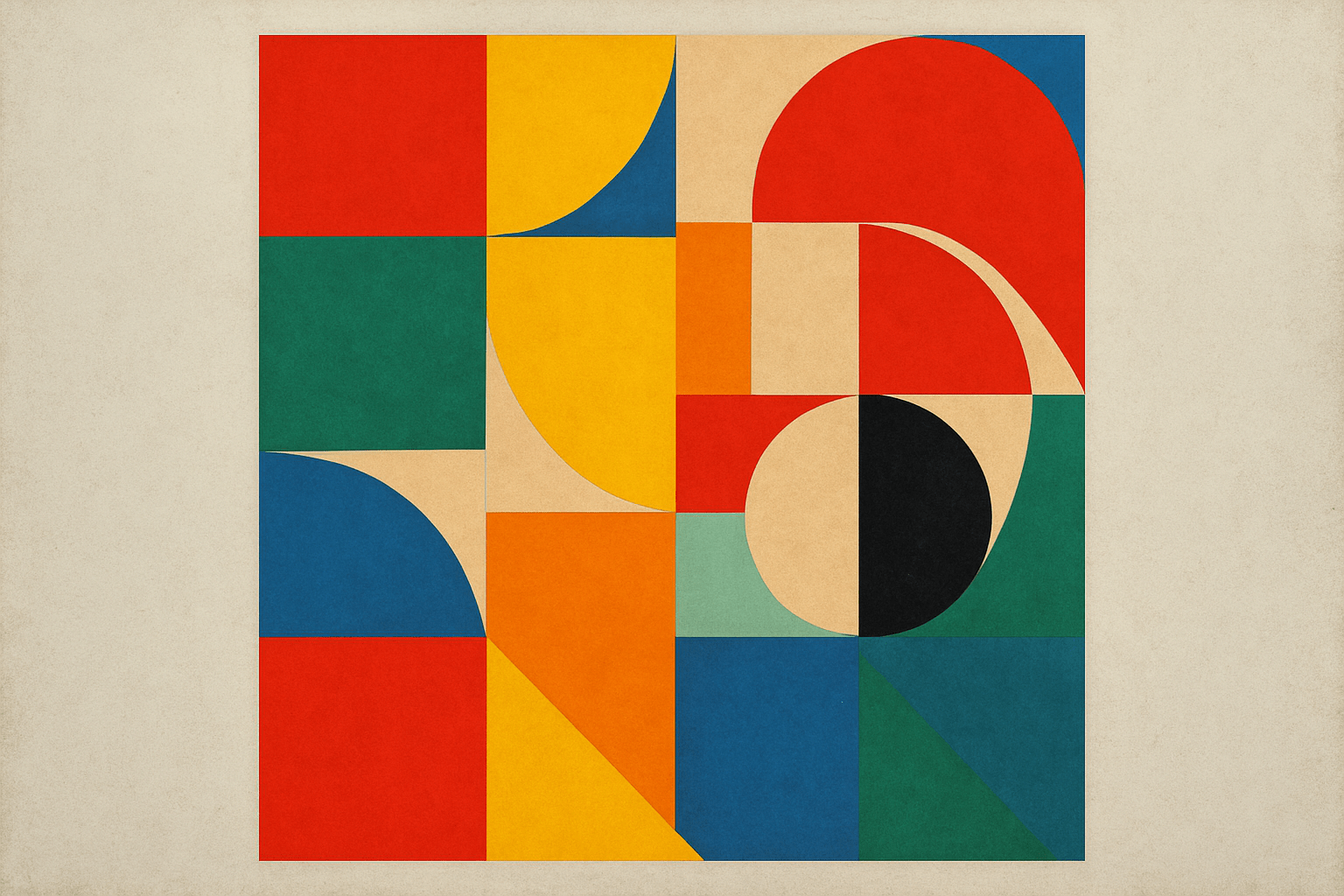
Concrete art is a type of art that is based on the use of concrete as a medium. This type of art is often characterized by its use of geometric shapes and patterns. Concrete art is often seen as being cold and impersonal.
Thinking in the box: Impressionism, Modernism
Might also call it: Abstract art
Constructivism No.209
Constructivism was an art movement that originated in Russia in the early 20th century. It was a reaction against the traditional art styles of the time, which the Constructivists believed were outdated and no longer relevant. Instead, they sought to create a new type of art that was more in line with the modern world. Constructivism was a major influence on the development of 20th century art, and its ideas can still be seen in many contemporary artists' work.
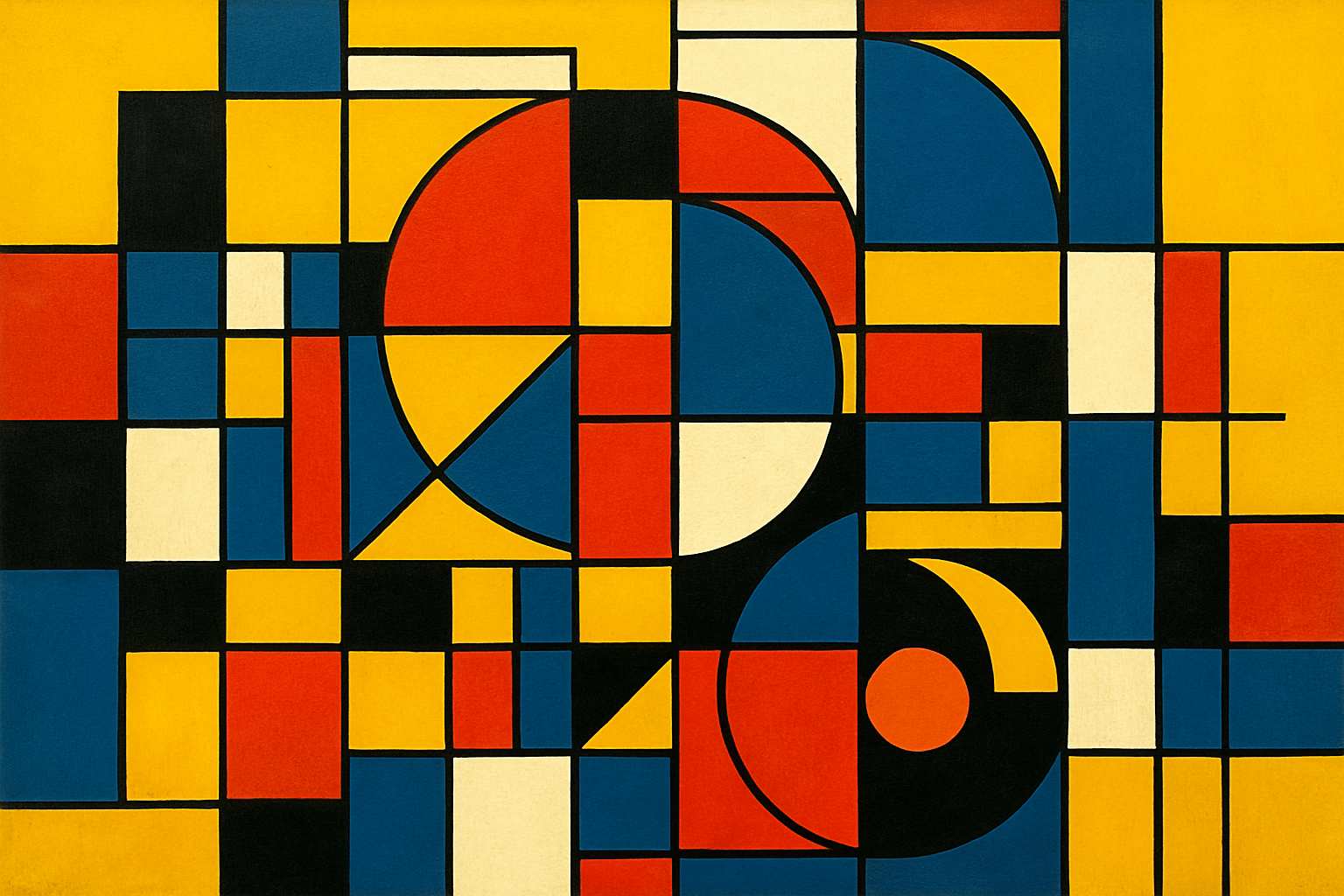
The art style Constructivism is characterized by its use of geometric shapes and its focus on functionality. The colors used in Constructivism are often muted and the overall look is one of simplicity.
Thinking in the box: Impressionism, Modernism
Might also call it: Constructivism: a theory of knowledge that holds that humans generate knowledge and meaning from their interactions with the world
Constructivism Art No.210
Constructivism was an art movement that originated in Russia in the early 20th century. It was a reaction against the traditional art styles of the time, which the Constructivists felt were outdated and no longer relevant. Instead, they sought to create a new art form that was more in line with the modern world. Constructivism was characterized by its use of geometric shapes, bright colors, and simple forms. It was a highly stylized and abstract form of art, and its goal was to communicate a message or idea rather than to create a realistic or naturalistic image.
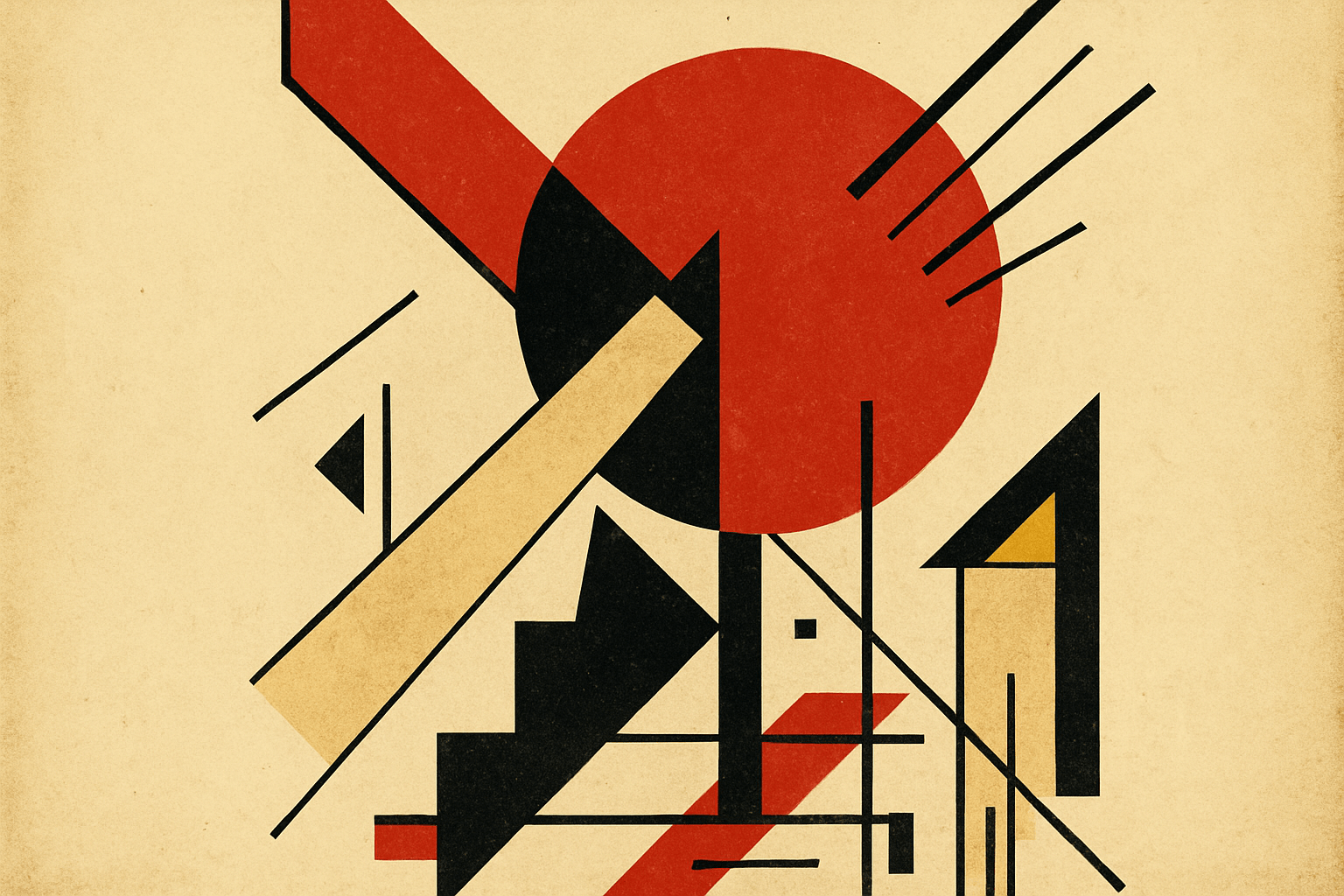
The art style Constructivism is characterized by its geometric shapes and its use of bright colors.
Thinking in the box: Impressionism, Modernism
Might also call it: Abstract art, Constructivist art, Geometric abstraction, Neo-Constructivism, Post-Painterly Abstraction, Suprematism
Contemporary Art No.211
Contemporary art is a genre of art that represents current culture and society. This type of art is often experimental and can be found in many different forms, such as painting, sculpture, photography, and performance art. Contemporary artists often seek to challenge traditional ideas and norms in their work.
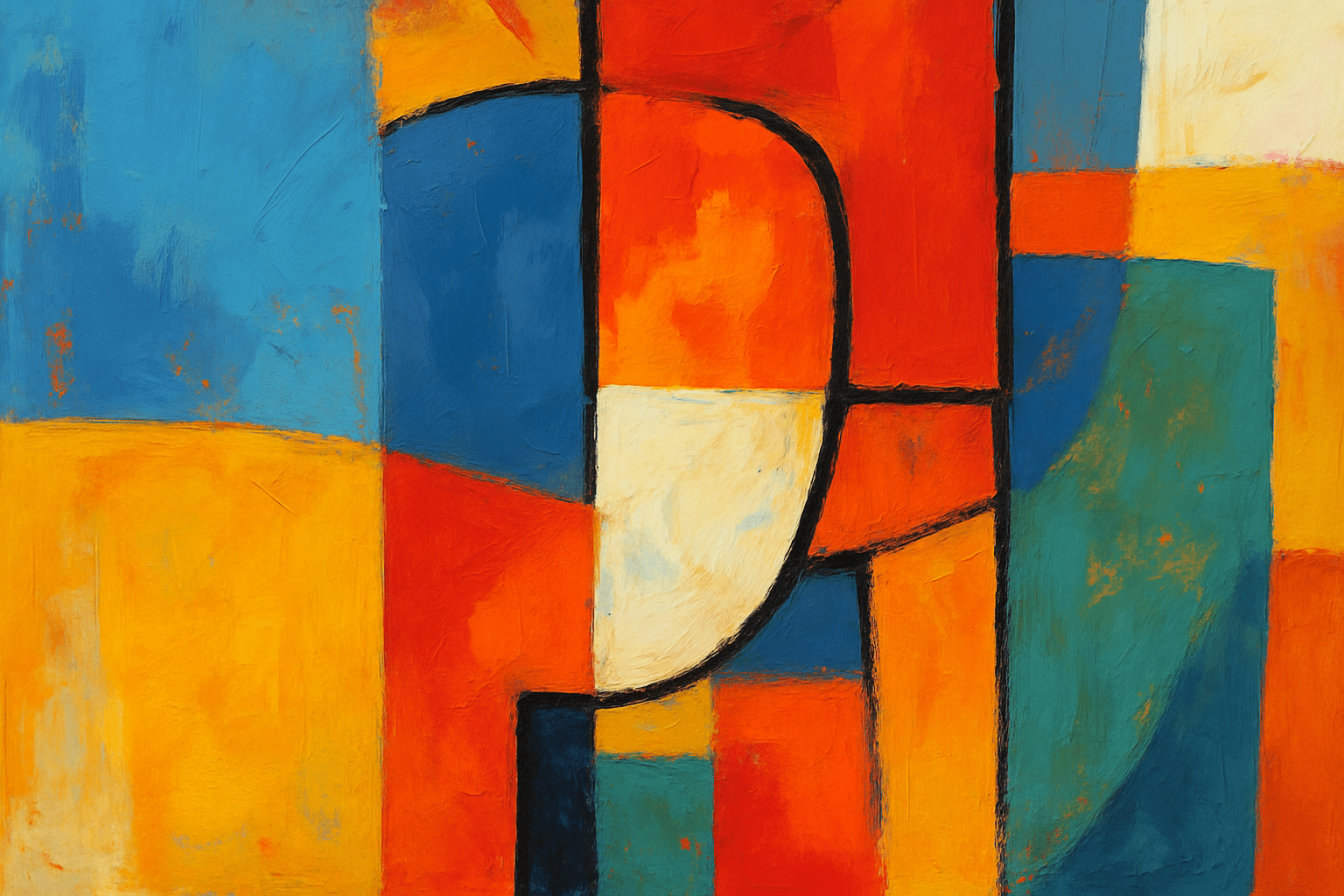
There is no one answer to this question as contemporary art can encompass a wide range of styles. However, some common features of contemporary art include the use of bright colors, bold patterns, and interesting textures. Additionally, contemporary art often incorporates elements of pop culture, such as celebrities or everyday objects.
Thinking in the box: Impressionism, Modernism
Might also call it: Modern Art, Art of the present day
Realism Reimagined No.212
A return to the literal and the tangible, Contemporary Realism paints modernity with precise brushstrokes, focusing on authenticity while wrestling with the shadows of digital fiction.
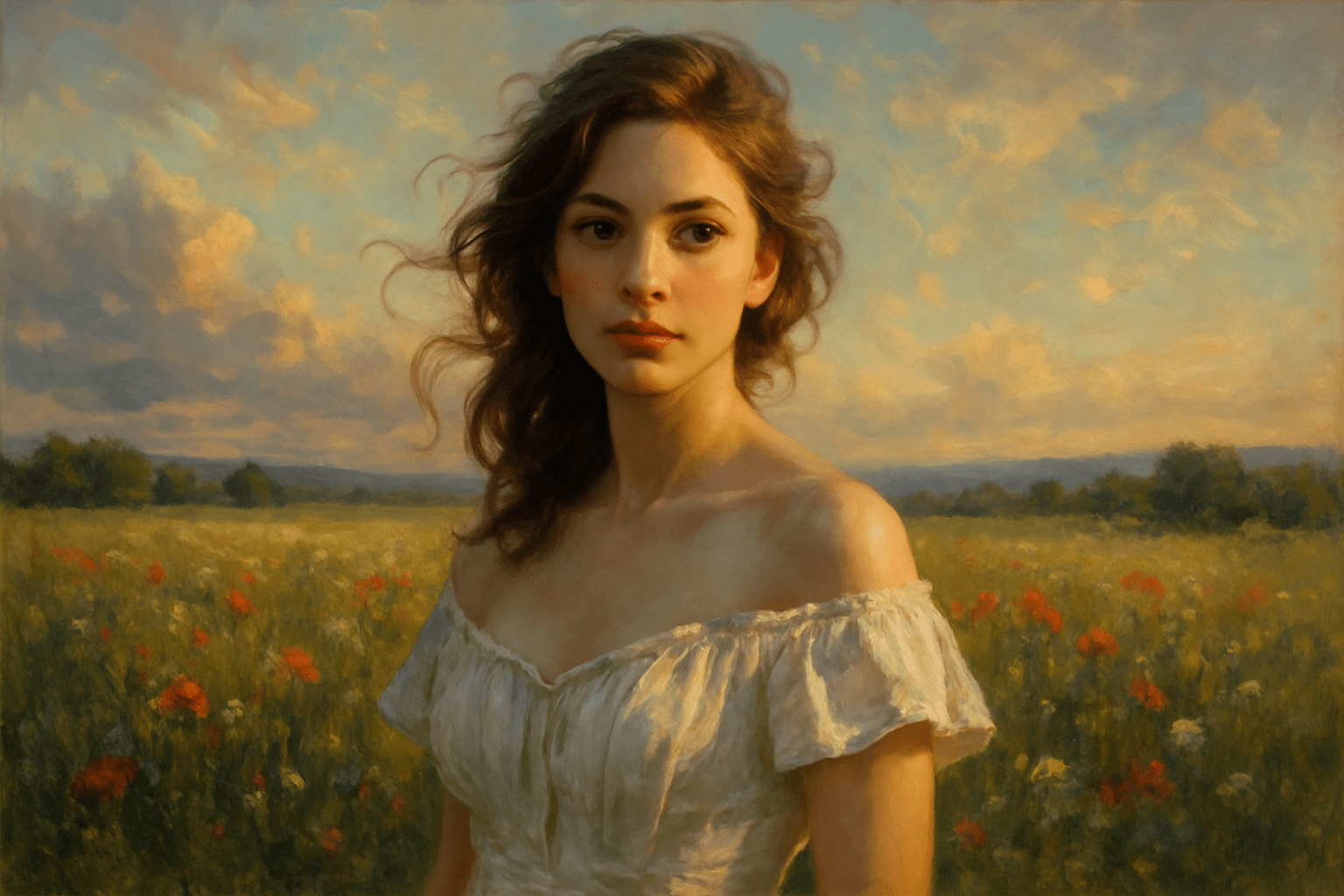
Hyper-detailed urban landscapes meet the quiet stillness of human emotion. Colors are both vibrant and subtle, capturing life's fleeting moments with photographic precision.
Thinking in the box: Realism, Modern Art
Might also call it: Modern Realism, New Realism, Post-Digital Realism
Context art No.213
Context art is a type of art that is based on the surrounding environment. The artist creates a piece of art based on their surroundings, which can include the people, the objects, and the environment around them. This type of art is often used to create a sense of place or to tell a story about a specific location.
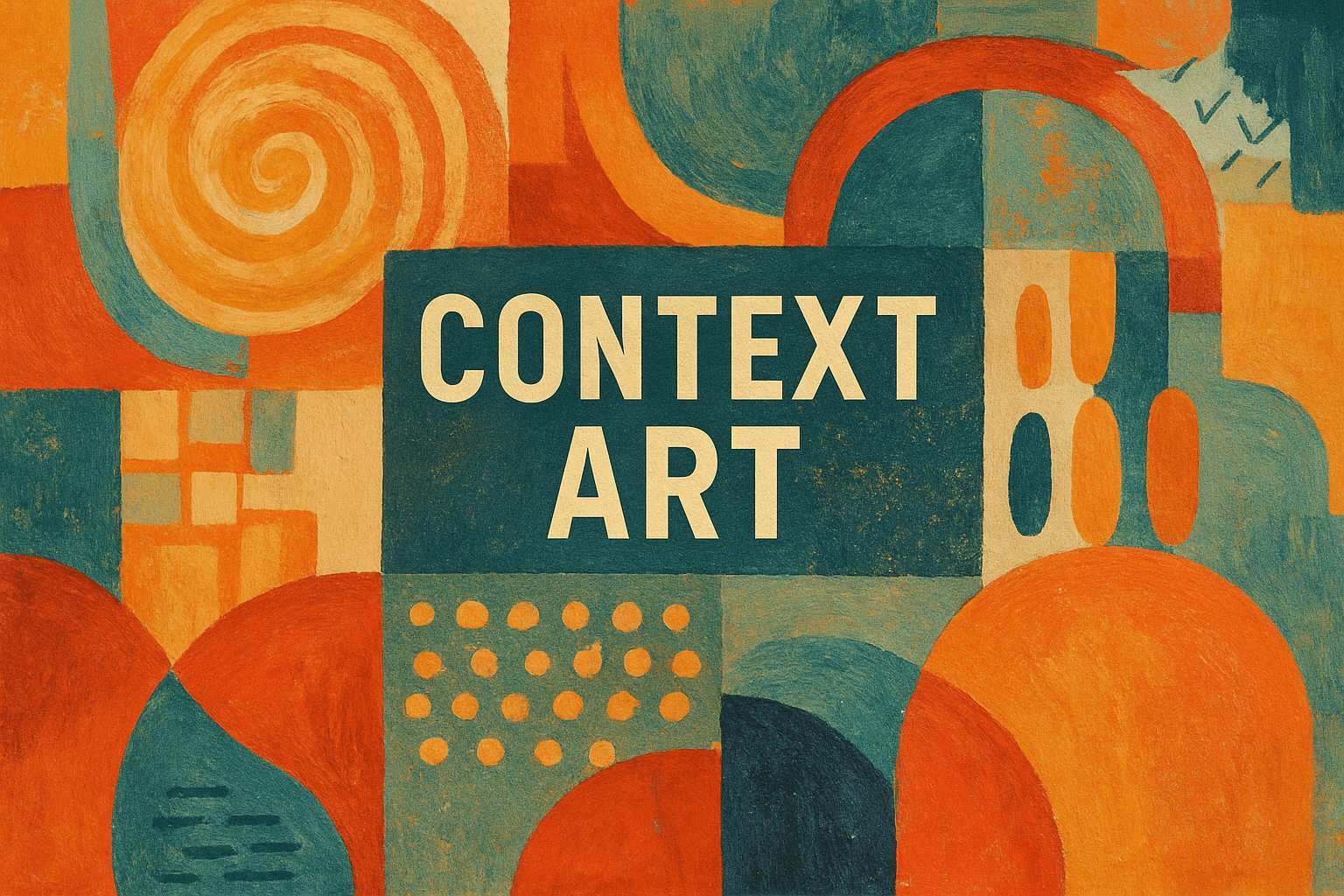
The art style is characterized by its use of bright colors and simple shapes. The style is often used to depict scenes from everyday life.
Thinking in the box: Impressionism, Modernism
Might also call it: Contextual art, contextualism
Contour Drawing No.214
Contour drawing is a type of drawing that uses line to create the illusion of three-dimensional form on a two-dimensional surface. The artist starts with a basic outline of the subject and then adds details, using a continuous line that never crosses over itself. This type of drawing can be used to create both realistic and abstract images.

Contour drawing is a type of drawing that uses line to create the illusion of three-dimensional form. The artist starts with a basic outline of the subject and then adds lines to create depth and volume. The resulting drawing has a strong sense of movement and rhythm.
Thinking in the box: Impressionism, Modernism
Might also call it: Outline drawing, silhouette, profile, shadow
Coraline No.215
Coraline is an art style that is characterized by its use of bright colors and bold patterns. It is often used in children's artwork and is known for its playful and whimsical aesthetic.

Coraline is a stop-motion animation movie with a unique visual style. The characters are all stop-motion puppets, and the sets and props are all made to look like they are made out of paper. This gives the movie a very unique look that is different from any other stop-motion movie.
Thinking in the box: Impressionism, Modernism
Might also call it: Coraline can be replaced with the word girl.
Costa Ricans No.216
Costa Ricans are known for their colorful and vibrant art. Their art is often inspired by nature, and they use a variety of materials to create their pieces. Costa Rican artists often use bright colors and bold patterns to create their art, and they often incorporate elements of nature into their work. Costa Rican art is often used to decorate homes and businesses, and it is also a popular tourist destination.
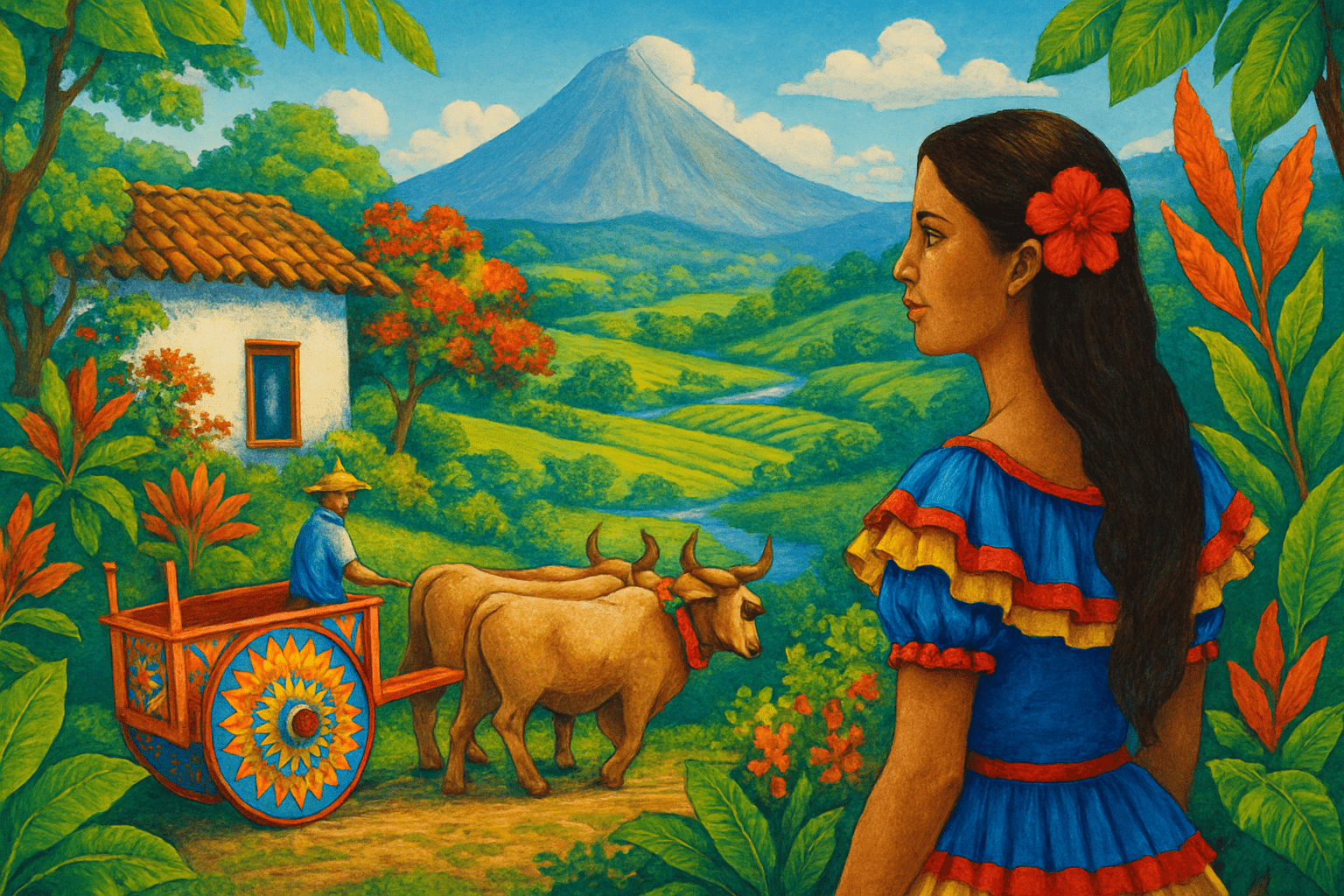
The art style of Costa Ricans is typically characterized by bright colors and bold patterns. Costa Rican artists often use a variety of media to create their art, including painting, sculpture, and photography.
Thinking in the box: Impressionism, Modernism
Might also call it: Costa Rican people
Cottagecore No.217
Cottagecore is a nostalgic and romantic aesthetic that is inspired by a simpler way of life. It is often characterized by floral patterns, vintage-inspired clothing, and a focus on nature.

Cottagecore is a visual aesthetic that is inspired by the simple, natural beauty of rural life. It often features images of idyllic landscapes, quaint cottages, and rustic farmhouses. The colors are usually muted and natural, with a focus on earth tones. There is a sense of nostalgia and romance associated with this aesthetic.
Thinking in the box: Impressionism, Modernism
Might also call it: homey, cozy, charming, rustic, idyllic
Crackism No.218
Crackism is an art style that emerged in the early 1990s in response to the crack cocaine epidemic in the United States. It is characterized by its use of bright colors, bold patterns, and often violent or sexual imagery. Crackism has been described as "a form of post-modernism" that "rejects traditional values and instead embraces the chaos of the street." The style is often associated with the hip hop and graffiti cultures, and has been used by artists such as Jean-Michel Basquiat, Keith Haring, and Banksy.

Crackism is a visual art style that is characterized by its use of bright colors and bold patterns. It is often described as being "loud" and "in your face."
Thinking in the box: Impressionism, Modernism
Might also call it: Racism, bigotry, discrimination, prejudice, intolerance
Crafting Styles No.219
There are many different crafting styles that people use to create their own unique projects. Some popular crafting styles include scrapbooking, quilting, knitting, and crocheting. People often use a combination of these styles to create one-of-a-kind pieces.
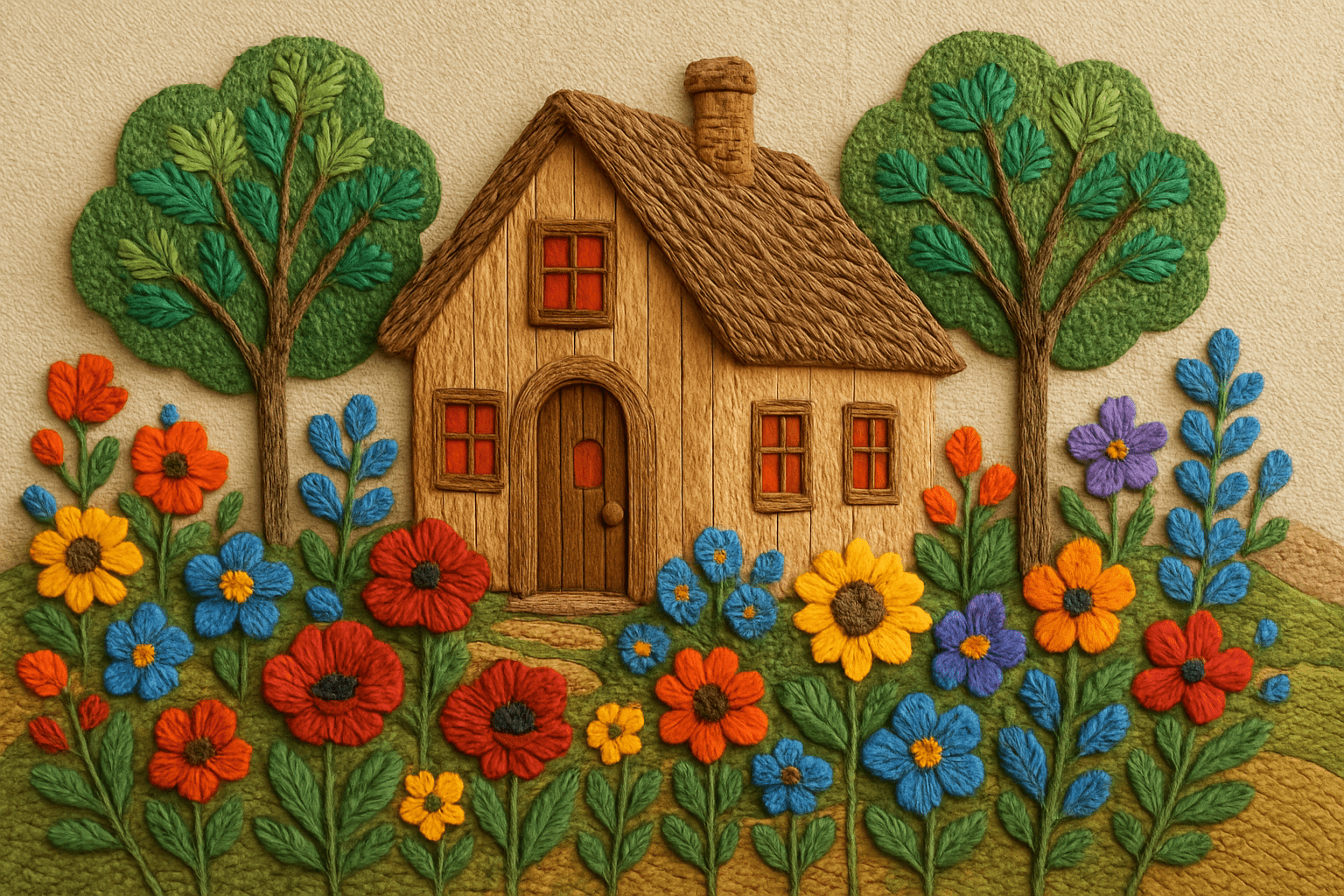
The art style of Crafting Styles is colorful and whimsical. It features intricate patterns and designs that are inspired by traditional crafting techniques from around the world. The style is also characterized by a sense of playfulness and fun.
Thinking in the box: Impressionism, Modernism
Might also call it: Making styles, creating styles, fashioning styles
Crayon Art No.220
Crayon art is a type of art that is created using crayons. This type of art can be created on any type of surface, but is most commonly seen on paper. Crayon art is a popular type of art for both children and adults. This type of art is often brightly colored and can be very detailed.
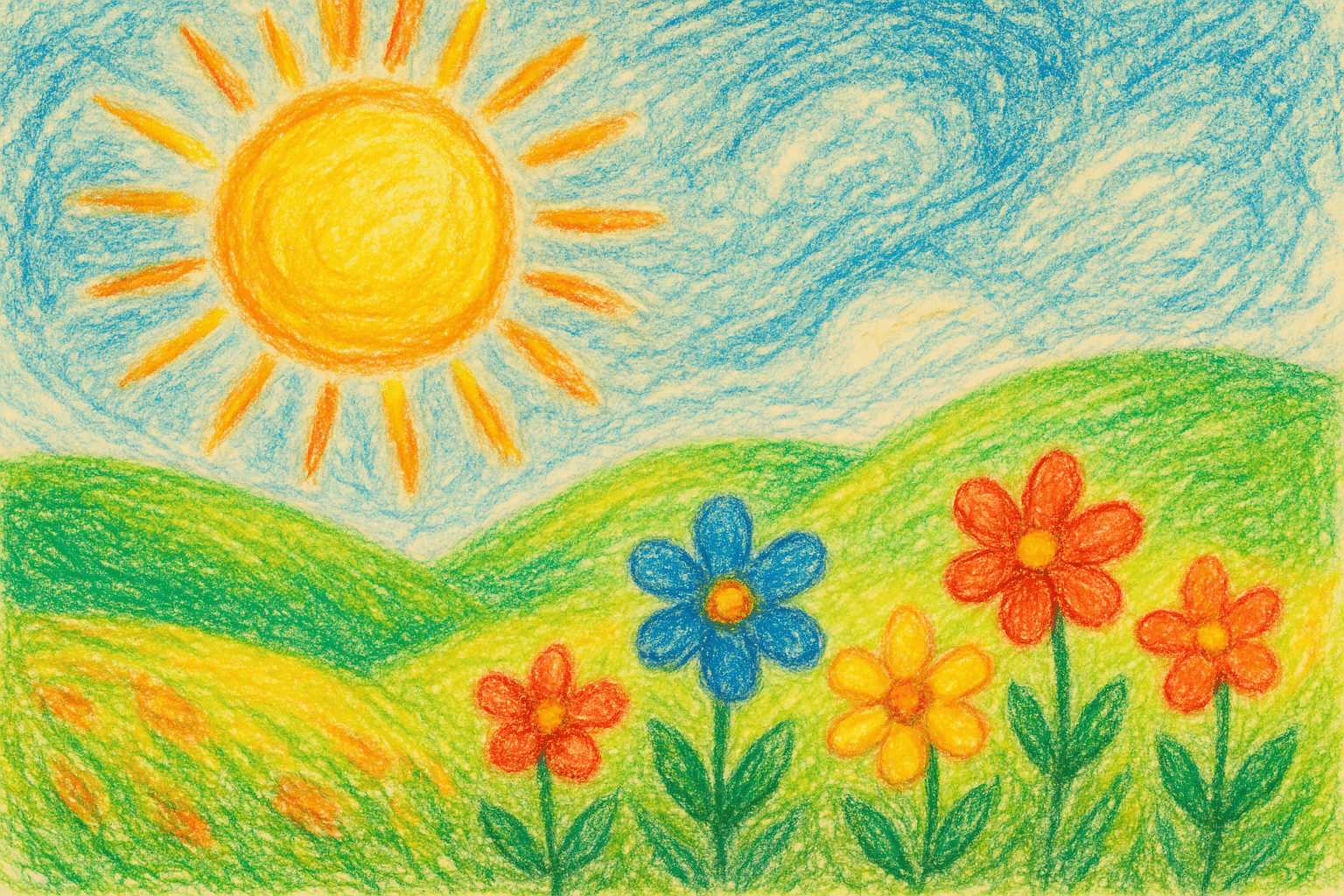
Crayon art is characterized by its use of bright colors and simple shapes. The art style is often playful and childlike, and can be used to create both abstract and representational images.
Thinking in the box: Impressionism, Modernism
Might also call it: drawing, painting, sketching, coloring
Crayon Color Drawing No.221
Crayon color drawing is a type of art where the artist uses crayons to create a drawing. This type of art is often used by children or beginners because it is easy to learn and does not require a lot of materials. The artist can create a variety of colors and shades by layering different colors of crayons on top of each other. This type of art is often used to create colorful and whimsical drawings.

The art style Crayon Color Drawing is characterized by its use of bright colors and simple shapes. The drawings are often made with crayons, hence the name, and they often have a childlike quality to them. This style is often used for illustrations, especially for children's books.
Thinking in the box: Impressionism, Modernism
Might also call it: Marker Color Drawing, Pencil Color Drawing, Colored Pencil Drawing
Crayon Drawing No.222
Crayon drawing is a type of art where artists use crayons to create their work. This type of art is often associated with children's art, but many professional artists also use crayons to create beautiful and detailed drawings. Crayon drawings can be created on a variety of surfaces, but paper is the most common. To create a crayon drawing, artists first sketch their design on paper. They then use crayons to fill in the drawing, adding color and detail. Crayon drawings can be simple or complex, and they can be used to create a wide variety of art styles.
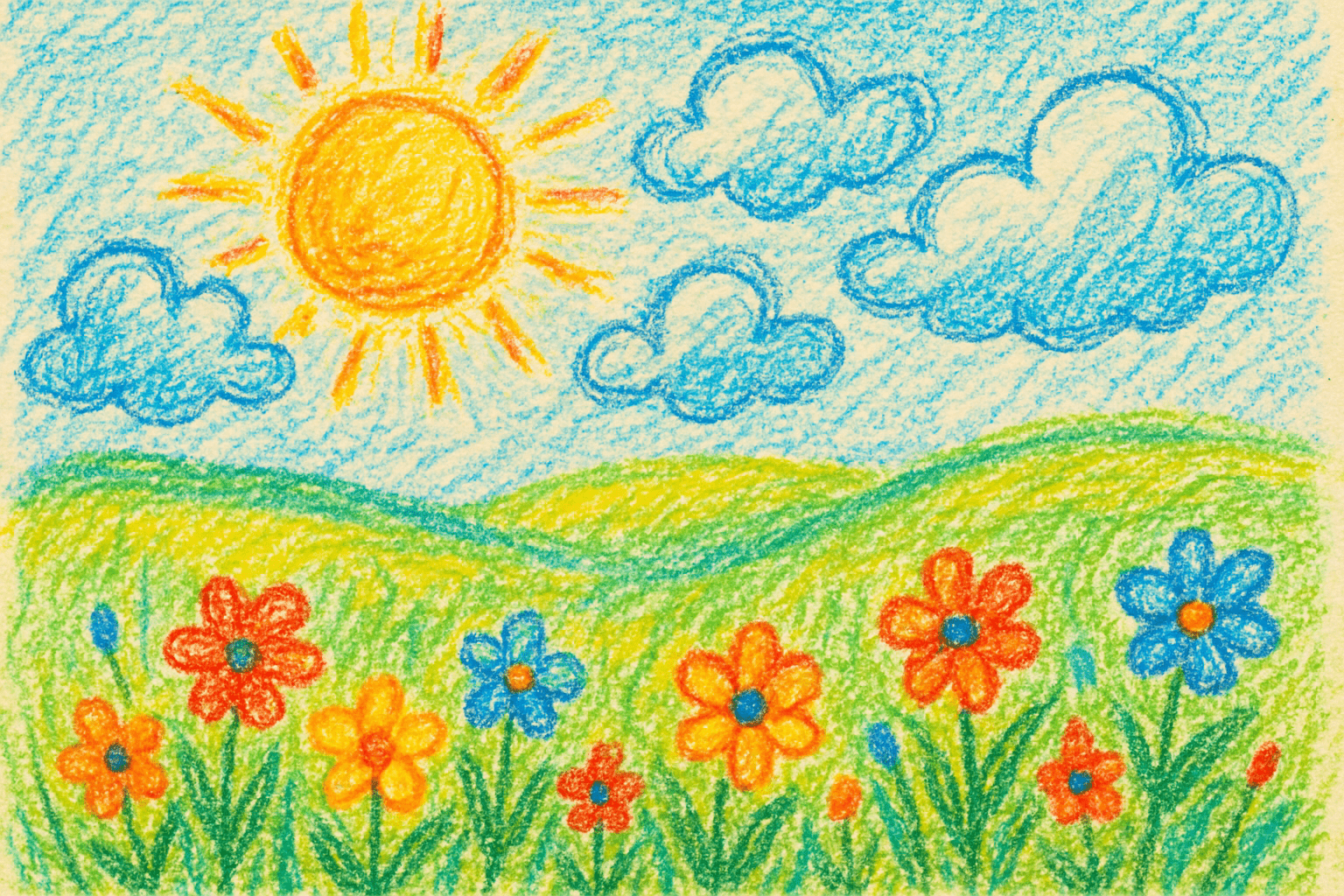
Crayon drawing is a type of art where images are drawn using crayons. The crayons can be of any color, but are typically brightly colored. The drawings are usually simple and child-like in appearance.
Thinking in the box: Impressionism, Modernism
Might also call it: Pencil drawing, pen drawing, chalk drawing, pastel drawing, charcoal drawing
Croatians No.223
Croatian art is characterized by a strong sense of naturalism and realism. This is evident in the many paintings and sculptures of Croatian artists which depict scenes from everyday life and nature. There is also a strong tradition of religious art in Croatia, with many churches and cathedrals featuring intricate paintings and sculptures. Croatian art has been influenced by a number of different cultures over the centuries, including the Byzantine, Venetian, and Austro-Hungarian empires.
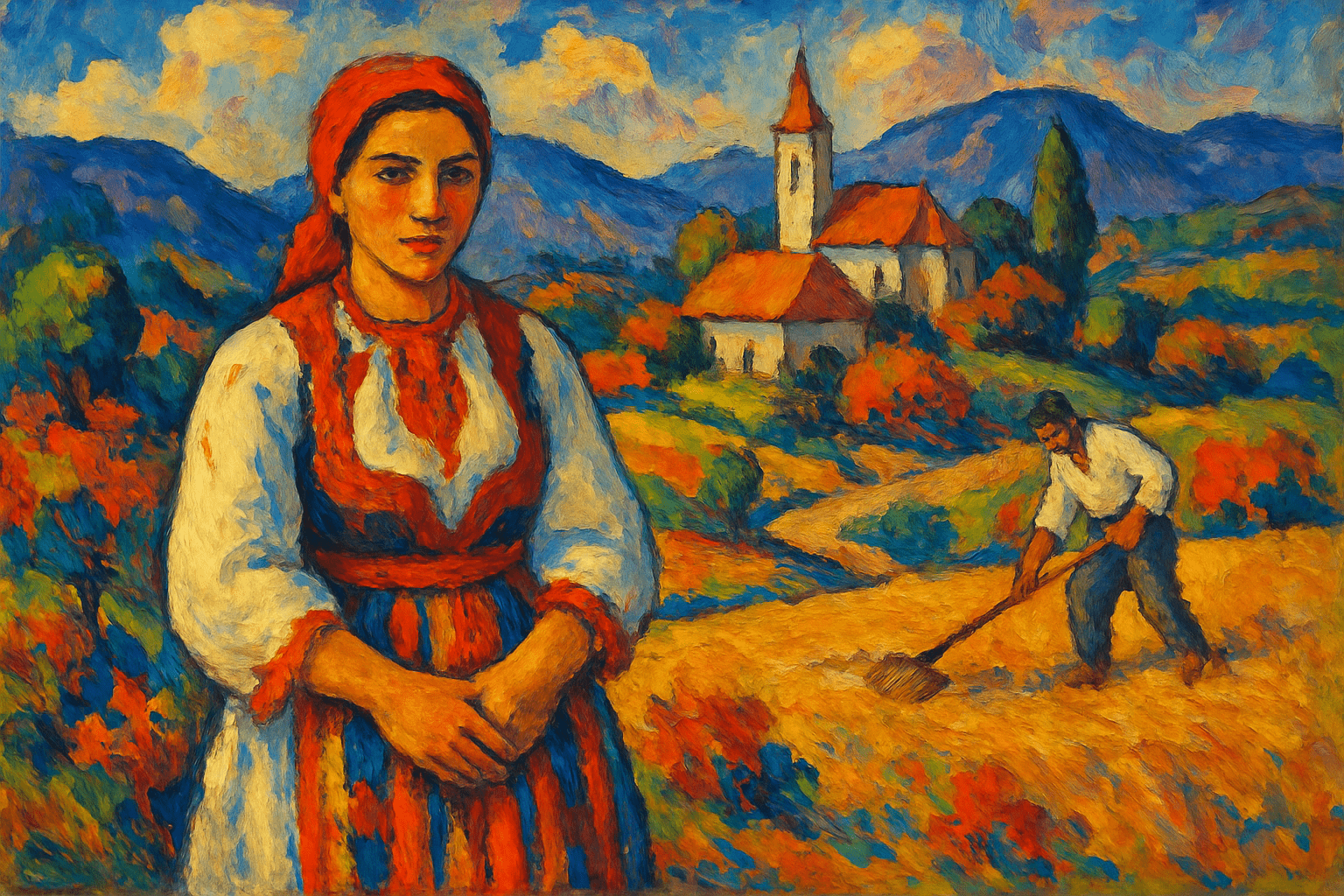
The visual appearance of the art style Croatians is characterized by its use of bright colors and bold patterns. Croatians often use a variety of different colors in their art, which can make it appear very vibrant. Additionally, Croatians often use patterns in their art, which can add a lot of visual interest.
Thinking in the box: Impressionism, Modernism
Might also call it: Bosnians, Herzegovinians, Montenegrins, Serbians, Slovenians
Crypto Art No.224
A digital renaissance, Crypto Art melds technology with creative expression, unfurling artworks onto the blockchain. A bold, mesmerizing collision of pixels and pixels alone, it challenges traditional mediums, reimagining ownership in a boundless digital cosmos.

Enigmatic landscapes filled with vivid virtual brushstrokes. The canvas is ethereal, infinity-backed. There's a pixelated vibrance, where code becomes color. Expect neon glows, elusive forms, and digital echoes—a tech-driven kaleidoscope of creativity.
Thinking in the box: Digital Art, Contemporary Art, Tech Art, New Media
Might also call it: Blockchain Art, NFT Art, Digital Asset Art, Tokenized Art, Digital Collectibles
Crystal Cubism No.225
Crystal Cubism was a style of painting that developed in the early 20th century. It is characterized by its use of geometric shapes and clear, bright colors. Crystal Cubism was influenced by both Cubism and Futurism, and its practitioners included Pablo Picasso and Georges Braque.
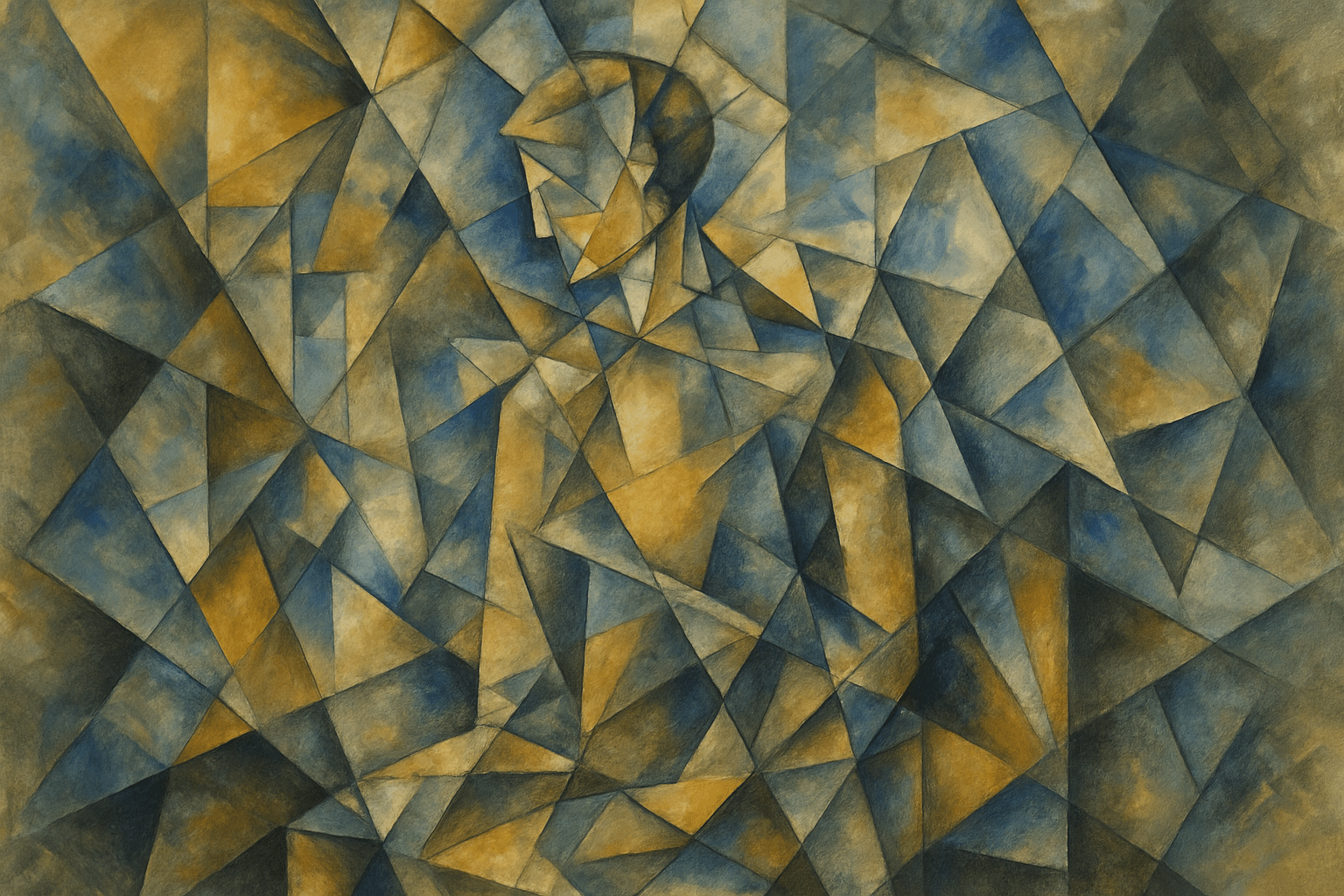
Crystal Cubism is a style of art that is characterized by its use of geometric shapes and bright colors. The shapes are often arranged in a way that creates a sense of movement, and the colors are often very bold and vibrant.
Thinking in the box: Impressionism, Modernism
Might also call it: Crystal Cubism is a type of abstract art that uses geometric shapes to create a three-dimensional image. It is similar to other types of Cubism, but with a focus on clear, bright colors and precise shapes.
Crystal Love No.226
Crystal Love art style shimmers like sunlight through a prism, capturing emotion in geometric facets. It melds ethereal translucence with bold, kaleidoscopic colors, creating a mesmerizing dance of light and shadow that evokes both vulnerability and strength.

Crystal Love shimmers like moonlight on a frozen lake, capturing the delicate interplay of light and shadow. Its facets glisten, refracting emotion through a prism of vibrant colors, each hue a whispered secret of the heart.
Thinking in the box: Impressionism, Modernism
Might also call it: Crystal Love, an AI art style, shimmers with facets of digital romance and ethereal elegance. While direct synonyms are rare, related terms include: digital surrealism, algorithmic allure, pixel passion, virtual opulence, and synthetic enchantment.
Cubans No.227
Cuban art is a reflection of the island's history and culture. The early art of the island was influenced by the indigenous Taino people and their African slaves. After the Cuban Revolution in 1959, the government began to promote a new Cuban identity through art. This resulted in a more socialist and patriotic art style that was seen throughout the country. Today, Cuban art is still influenced by its history and culture, but it has also been influenced by the country's political and economic situation.

The art style of Cubans is very colorful and vibrant. The colors are often very bold and bright, and the designs are very intricate. There is often a lot of detail in Cuban art, and the overall effect is very lively and exciting.
Thinking in the box: Impressionism, Modernism
Might also call it: Caribbean, Cuban-American, Cuban-Spanish
Cubism No.228
Cubism was a revolutionary art movement that began in the early 20th century. It was characterized by its geometric forms and its rejection of traditional perspective. Cubism was influential in both painting and sculpture, and its impact can still be seen in many modern art movements.
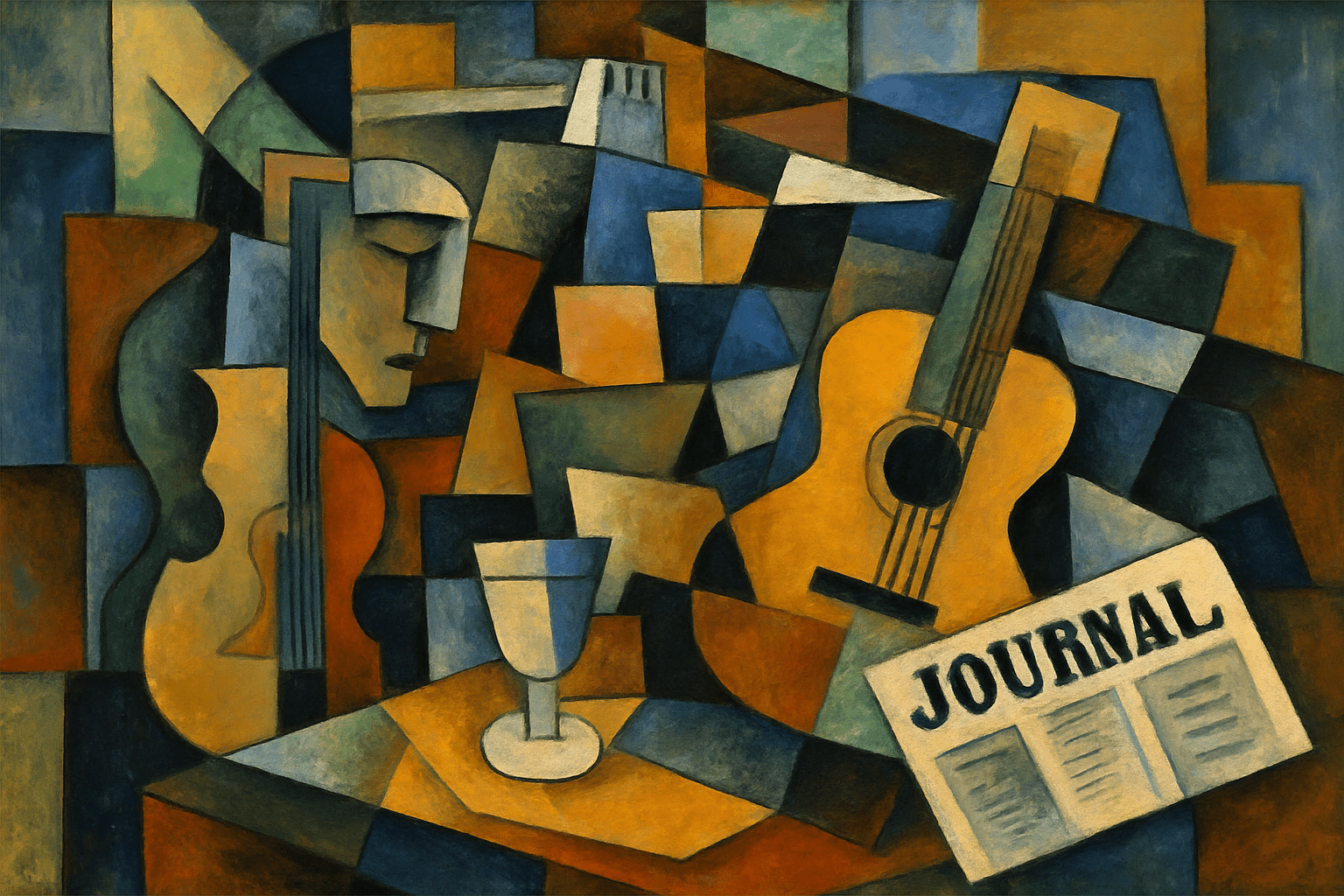
Cubism is a visual art style that is characterized by geometric shapes and muted colors. The shapes are often abstract and the colors are often earth tones.
Thinking in the box: Impressionism, Modernism
Might also call it: Futurism, Dada, Surrealism
Cubistic Dream-wave No.229
Cubistic Dream-wave is an art style that combines elements of cubism and surrealism to create a unique and dream-like aesthetic. It is characterized by abstract shapes, vibrant colors, and distorted perspectives. The style is often used to create surreal landscapes and abstract figures, and can be used to express a variety of emotions and ideas. Cubistic Dream-wave is a versatile and creative art style that can be used to create a wide range of artworks.
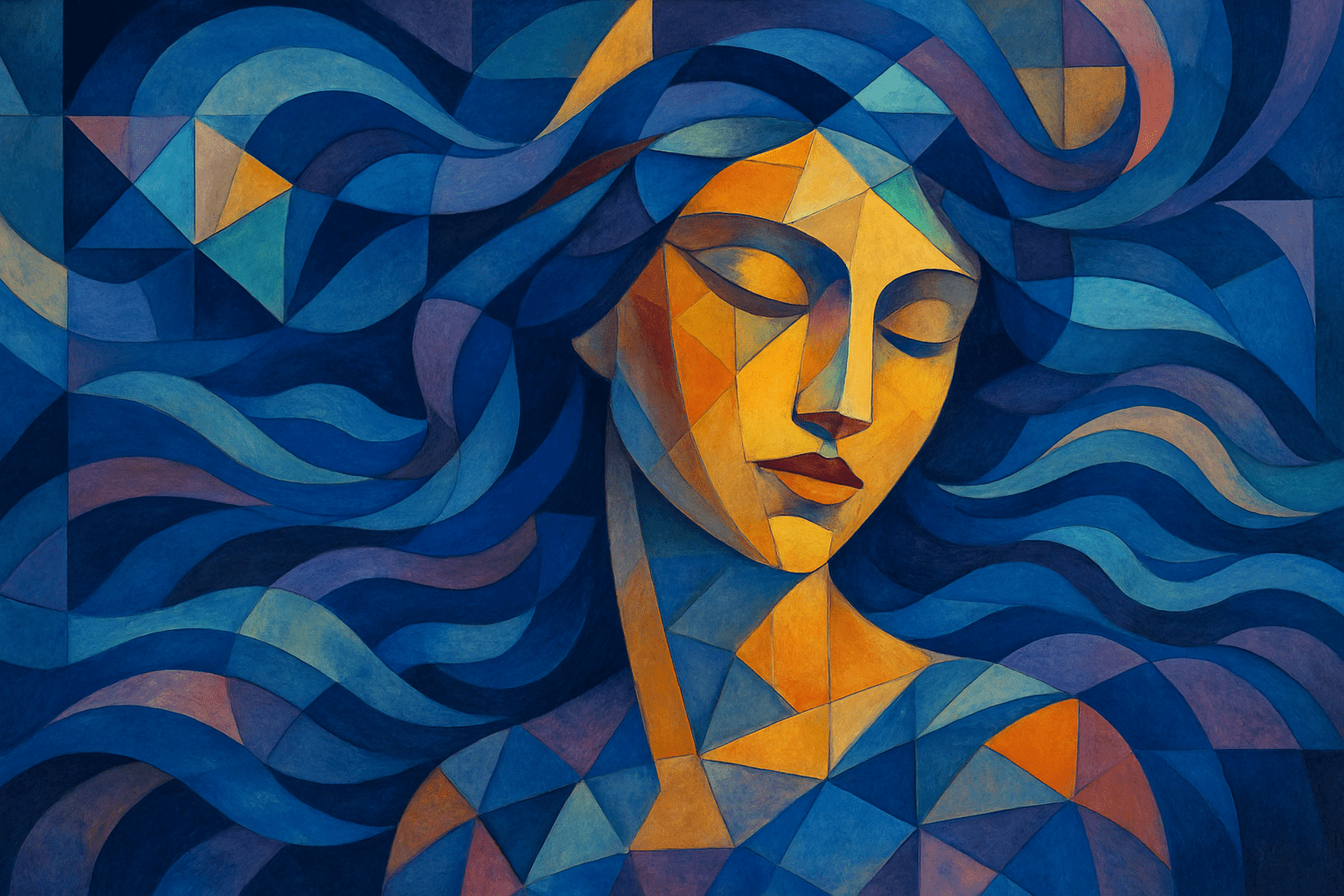
Cubistic Dream-wave is an art style that combines elements of cubism and dream-like surrealism. It is characterized by abstract shapes and forms, vibrant colors, and a dreamy, surreal atmosphere. The art often features distorted figures, fragmented objects, and a mix of geometric and organic shapes. The overall effect is one of a dream-like, surreal landscape, with a cubist twist.
Thinking in the box: Impressionism, Modernism
Might also call it: 1. Geometric Fantasy-Surge 2. Cuboid Vision-Tide 3. Fractal Fantasy-Flow 4. Abstracted Dream-Ripple 5. Prismatic Dream-Surge 6. Polygonal Dream-Wave 7. Artistic Dream-Surge 8. Analytic Dream-Surge 9. Synthetic Dream-Surge 10. Deconstructed Dream-Wave
Cubo-Futurism No.230
Cubo-Futurism was a short-lived but influential art movement that combined elements of Cubism and Futurism. It was founded in Russia in 1915 by artists who were opposed to the traditional, academic art that was being taught at the time. Cubo-Futurism emphasized dynamic, abstract forms and bold, bright colors. The movement only lasted a few years, but it had a significant impact on the development of abstract art in the 20th century.
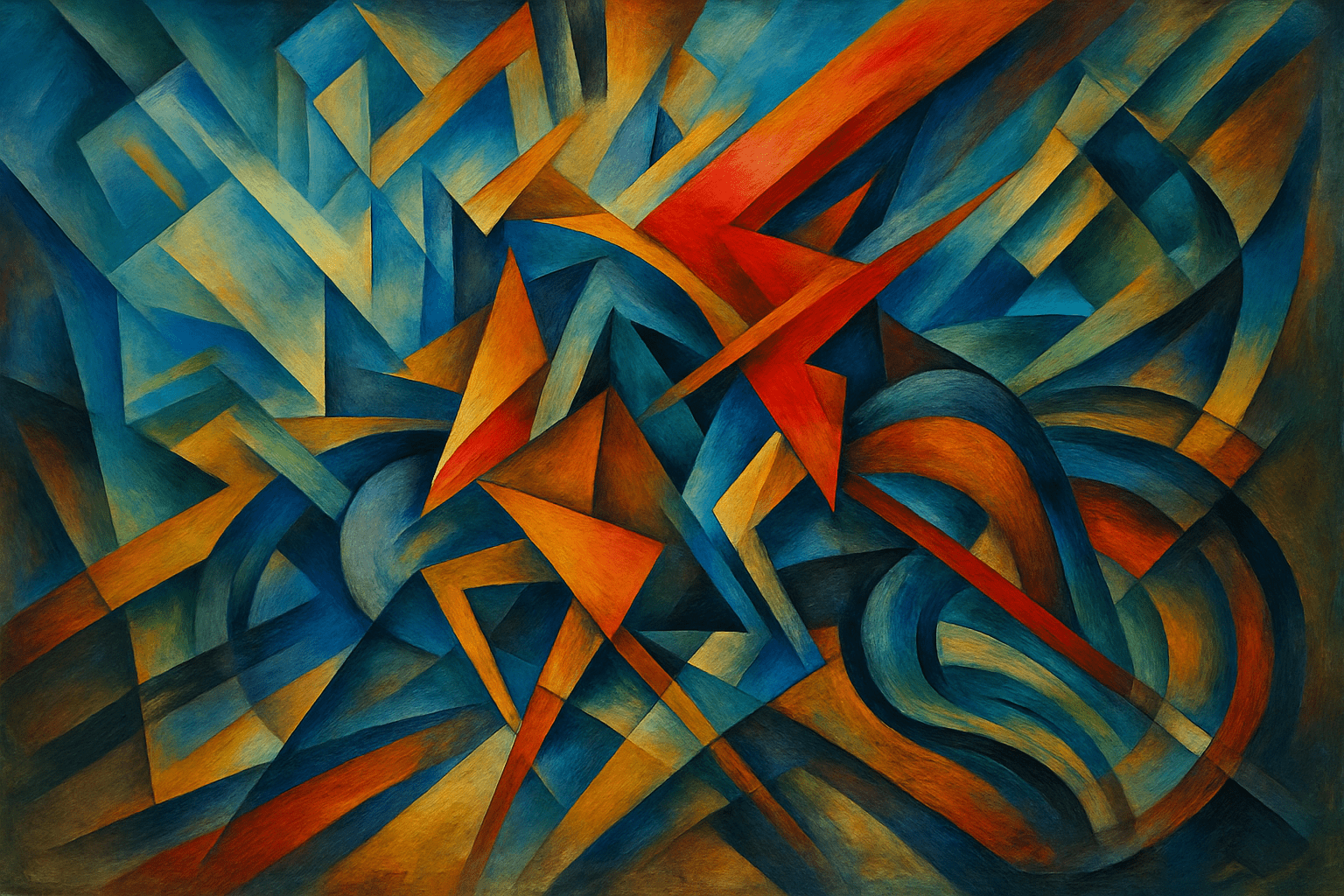
Cubo-Futurism is a combination of Cubism and Futurism, two art styles that were popular in the early 20th century. This style is characterized by its geometric shapes and bold colors.
Thinking in the box: Impressionism, Modernism
Might also call it: Futurism, Cubism
Cyanotype No.231
Cyanotype is a photographic printing process that produces a cyan-blue print. It is one of the earliest photographic processes, and was used by Anna Atkins in some of the first photographs of plant life. Cyanotype is simple and quick to set up, and only requires two chemicals: ferric ammonium citrate and potassium ferricyanide.
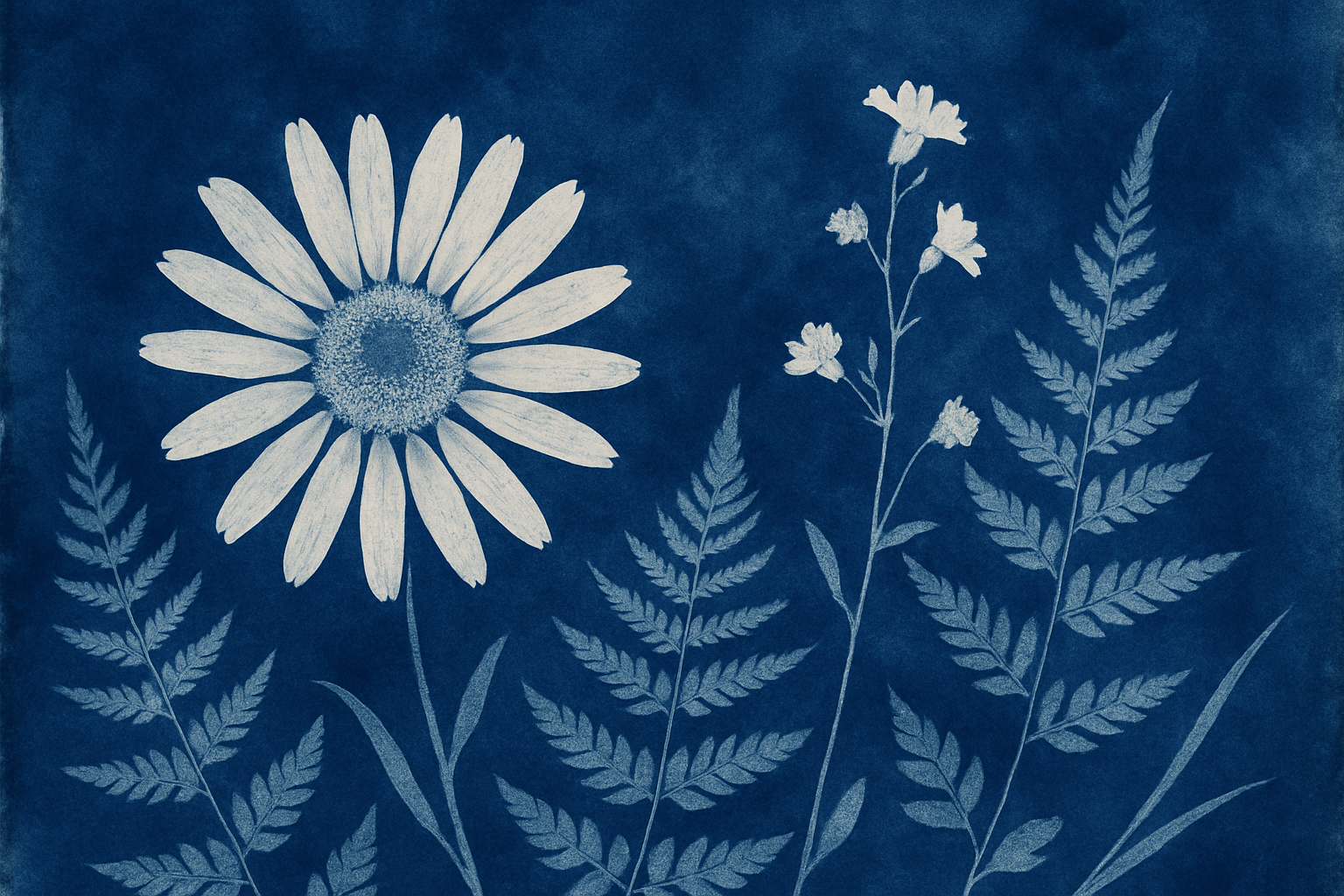
Cyanotype is a photographic printing process that produces a cyan-blue print. It is also known as blueprinting.
Thinking in the box: Impressionism, Modernism
Might also call it: Blueprint, photocopy
Cyber Punk No.232
Cyberpunk is a subgenre of science fiction that typically features a countercultural group of rebels who use advanced science and technology to fight an oppressive society.
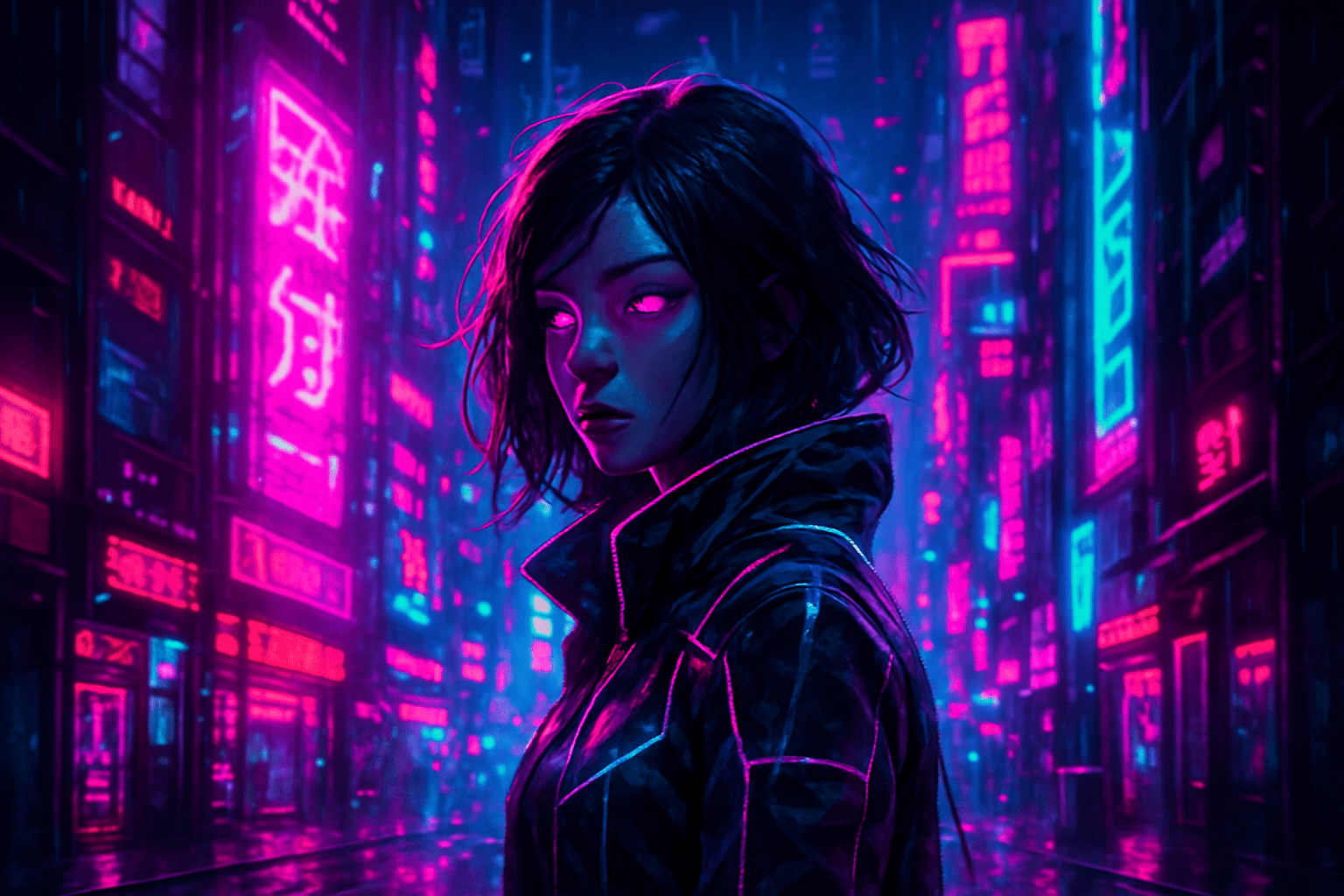
The art style of Cyber Punk is dark and gritty, with a focus on urban landscapes and technology. There is a lot of neon and bright colors, as well as a mix of traditional and digital art styles.
Thinking in the box: Impressionism, Modernism
Might also call it: Cyberpunk, high-tech, science fiction, futuristic, technology, computers, internet, virtual reality, online, web, digital
Cyborg Art No.233
Cyborg art is a genre of art that explores the relationship between humans and technology. It often features images of people with mechanical or electronic body parts, or of machines that have been designed to resemble humans. Cyborg art can be playful and humorous, or it can be dark and dystopian.

Cyborg art is a mix of traditional art and digital art. It often features bright colors and geometric shapes.
Thinking in the box: Impressionism, Modernism
Might also call it: Alternative names of the Art Style
Cynical realism No.234
Cynical realism is a term used to describe the work of a group of Chinese artists who emerged in the late 1980s. The artists were united by their rejection of the optimistic, socialist realist art that had been the official style of the Chinese Communist Party since 1949. Cynical realism artists instead sought to reflect the harsh realities of life in China in the 1980s and 1990s, when the country was undergoing rapid economic and social change. The style is characterized by its use of dark humor and satire to depict the everyday struggles of ordinary Chinese people.
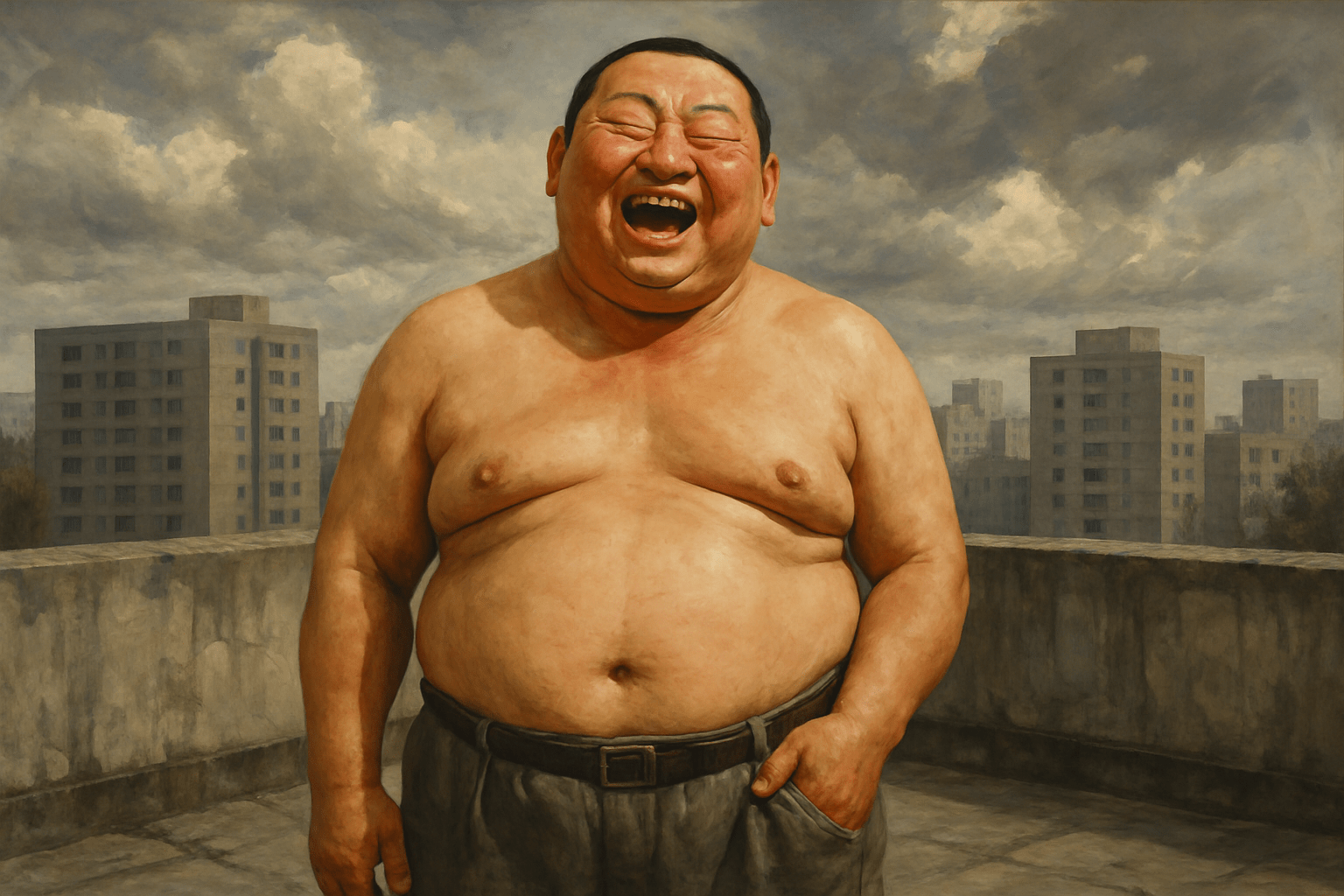
Cynical realism is a visual art style that is characterized by its dark, often satirical, depiction of human behavior. It often features characters that are struggling with personal and social issues, and it often uses humor to highlight the absurdity of the human condition.
Thinking in the box: Impressionism, Modernism
Might also call it: skeptical realism, pessimistic realism, world-weariness, jadedness
Cypriot No.235
Cypriot art is a type of ancient Greek art that was produced by the people of Cyprus. It is characterized by its use of geometric shapes and patterns, as well as its use of bright colors. Cypriot art was heavily influenced by the art of the Minoan civilization, which was located on the island of Crete.
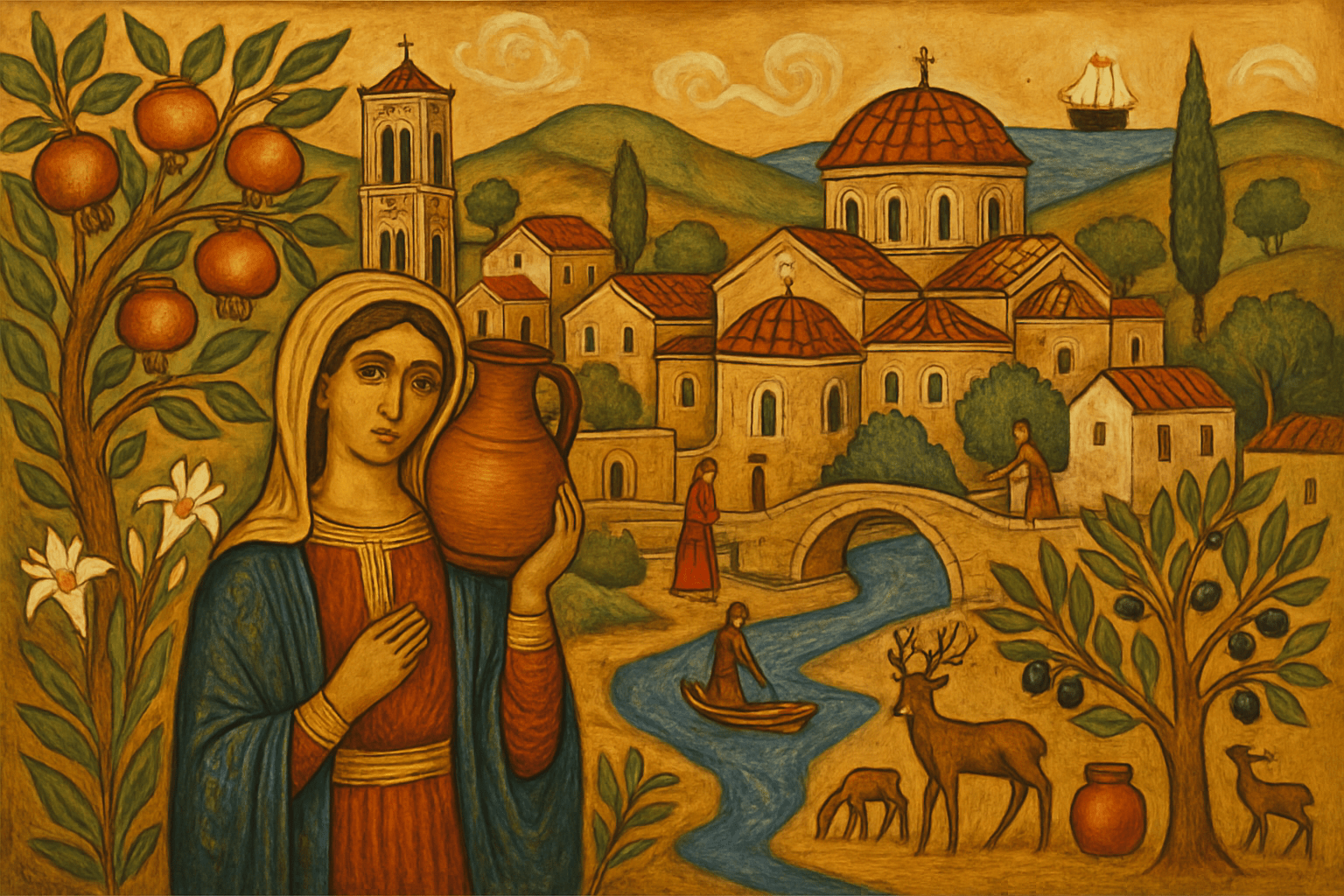
The Cypriot art style is characterized by its use of geometric shapes and patterns. The shapes are often symmetrical and repetitive, and the colors are usually bright and bold.
Thinking in the box: Impressionism, Modernism
Might also call it: Cypriot can be replaced with the word "islander".
Czechs No.236
Czechs are known for their artistry and craftsmanship. Their art style is characterized by intricate designs and detailed workmanship. Czechs are also known for their use of color and light. Their art is often inspired by nature and often includes scenes of rural life.
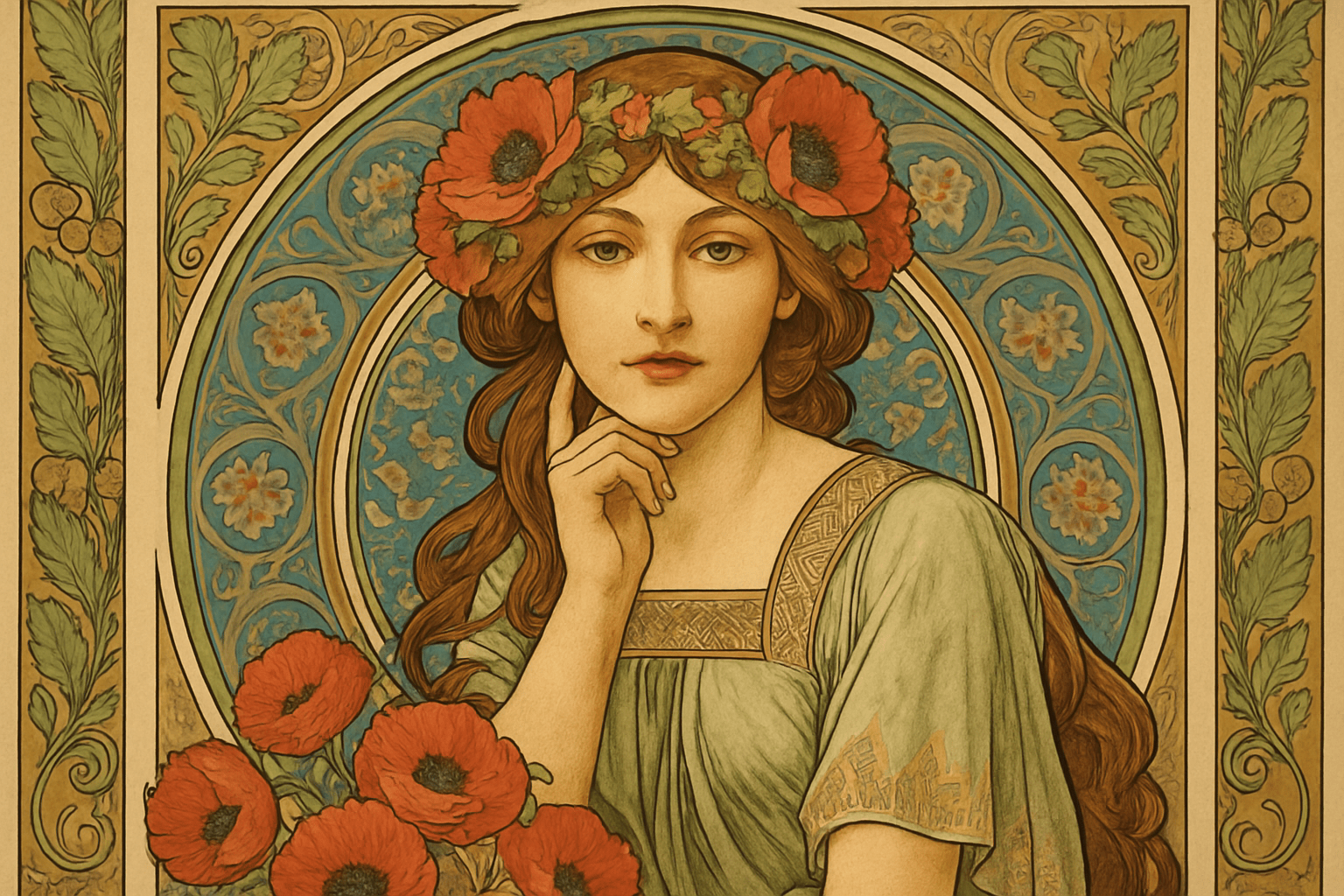
Czech art is characterized by its ornate, colorful style. Czech artists often use a lot of detail and bright colors in their work.
Thinking in the box: Impressionism, Modernism
Might also call it: Bohemians, Czechoslovakians
Dada No.237
Dada thrived on chaos—a caustic cocktail of satire, anarchy, and nihilism. It recoiled against war, reshaping absurdity into a powerful statement. Envision a jest transformed into protest, with meaning found in the nonsensical.
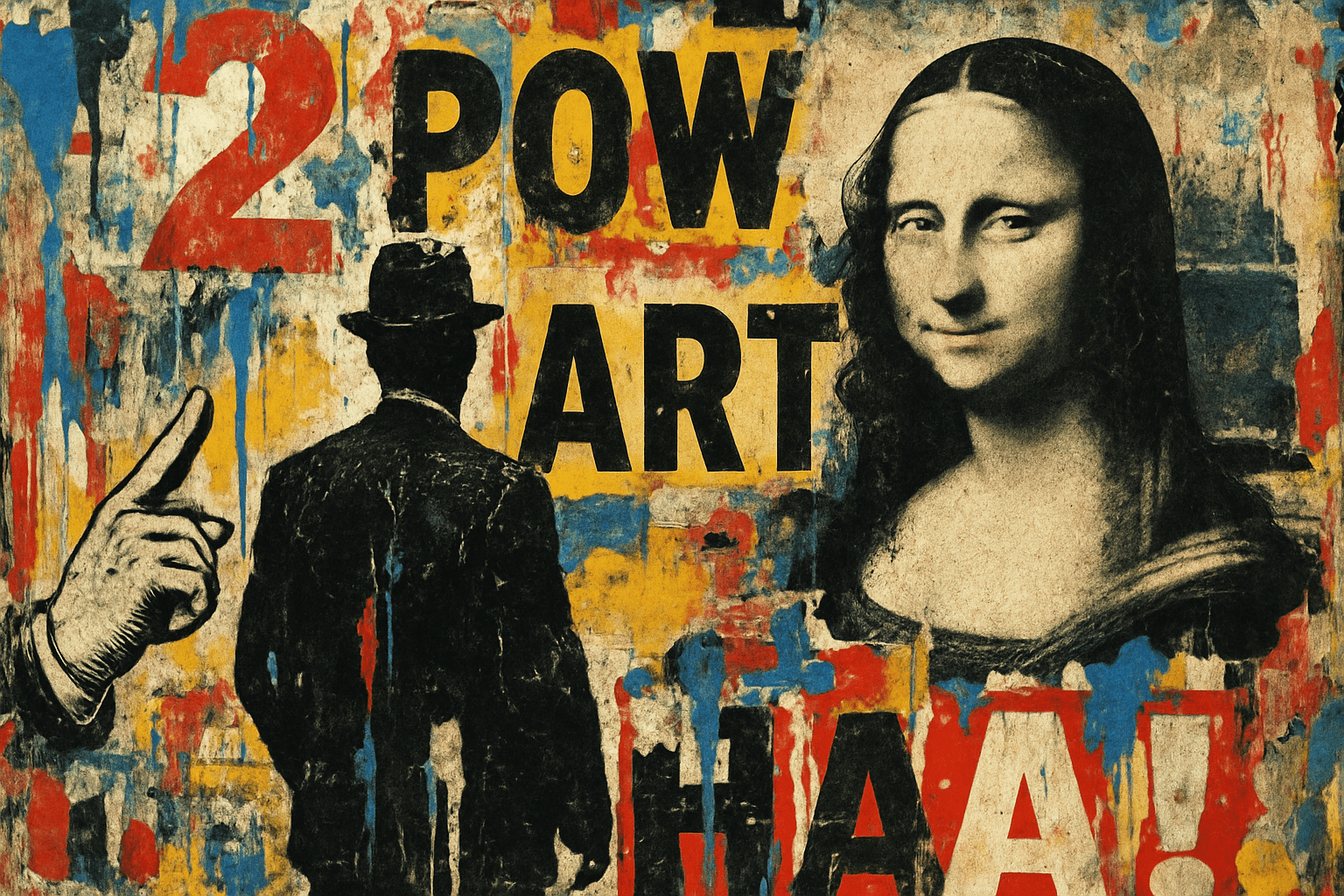
Visually, Dada dances on the edge of disorder. Collages and ready-mades uncover beauty in trash, with photomontages disrupting reality. It’s a playful revolt, an unruly scrawl challenging the world’s polished pretensions.
Thinking in the box: Avant-Garde, Modernism
Might also call it: Anti-Art, Absurdism, Nonsensical Art
Dadaism No.238
Dadaism was a movement in the early 20th century that rejected traditional values and embraced chaos. Dada artists sought to shock and provoke with their art, which often featured elements of chance and nonsense. Dadaism was short-lived but had a lasting impact on the development of modern art.
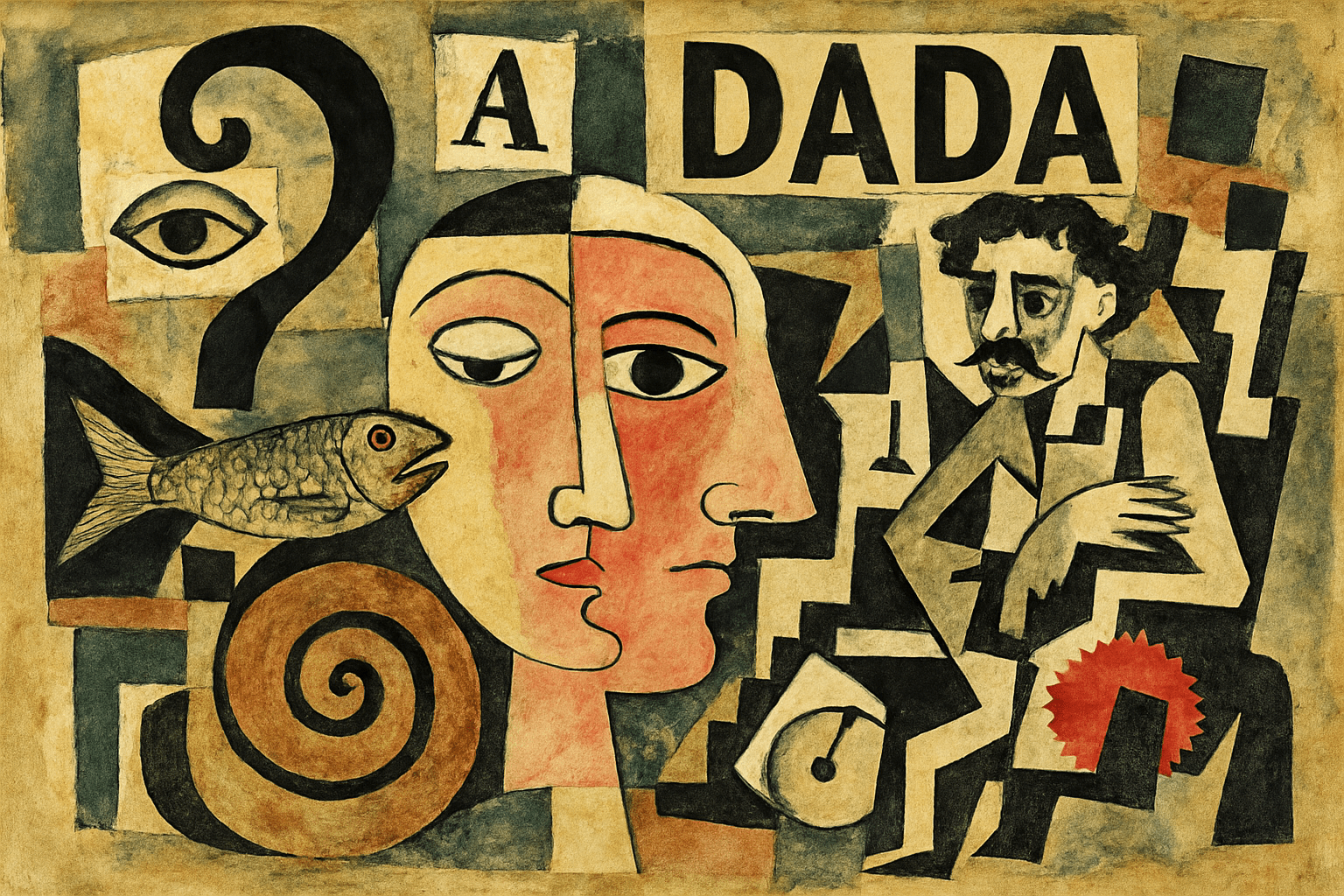
Dadaism is a visual art style that is characterized by its use of randomness, absurdity, and humor. It is often associated with the art movement of the same name.
Thinking in the box: Impressionism, Modernism
Might also call it: Surrealism, Cubism, Futurism, Constructivism, Abstract Expressionism
Daguerreotype No.239
The daguerreotype is a photographic process that was invented in the early 19th century. This process produces a very detailed and realistic image. The daguerreotype was the first commercially successful form of photography.
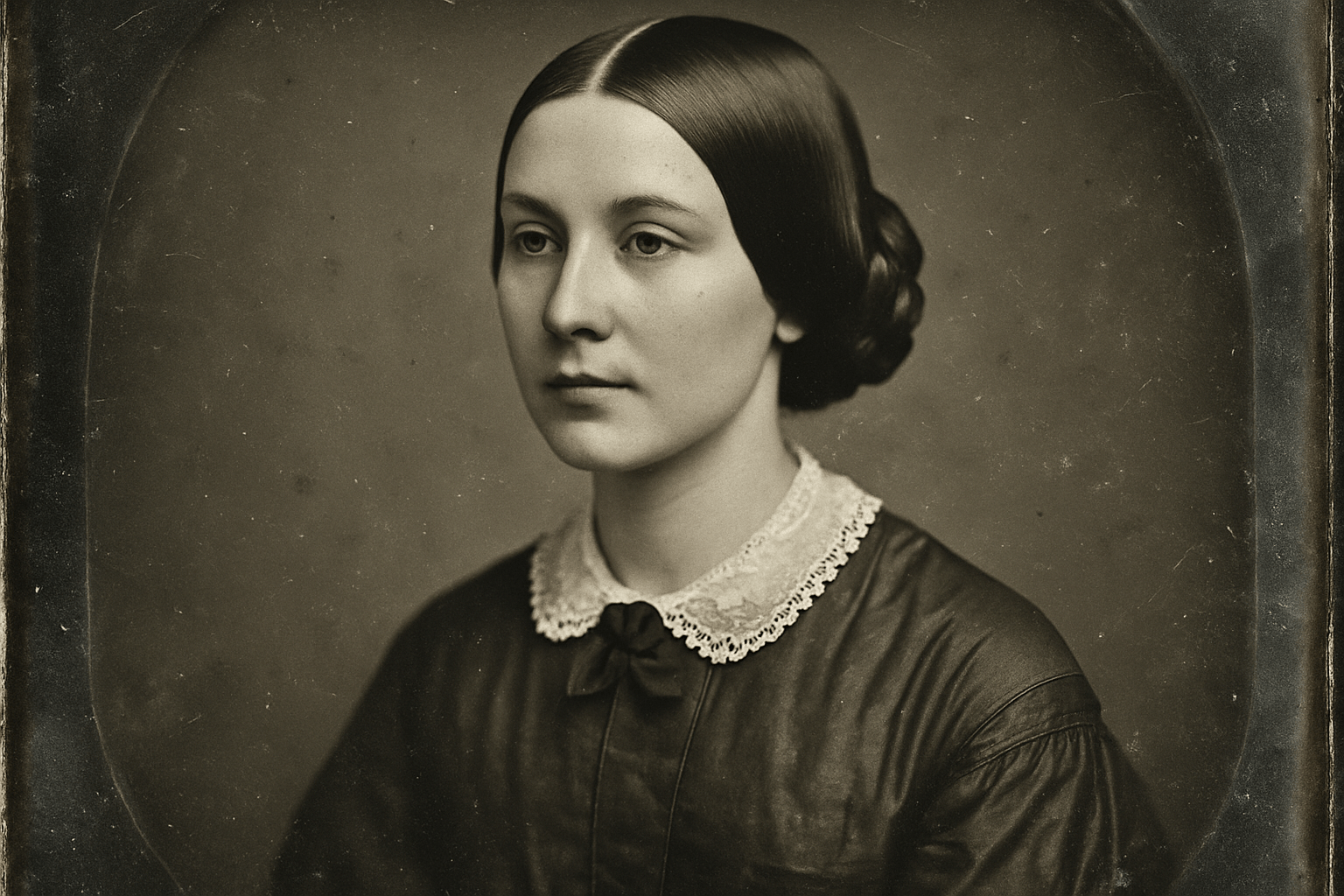
The Daguerreotype art style is characterized by its sharp, detailed images and its use of light and shadow to create a three-dimensional effect.
Thinking in the box: Impressionism, Modernism
Might also call it: Photograph, picture, image, snapshot
Dall-E Drawing Styles No.240
Dall-E is an artificial intelligence program that creates images from textual descriptions, revealed by OpenAI on January 5, 2021. It uses a 12-billion parameter training version of the GPT-3 transformer model to interpret the natural language inputs and generate corresponding images.
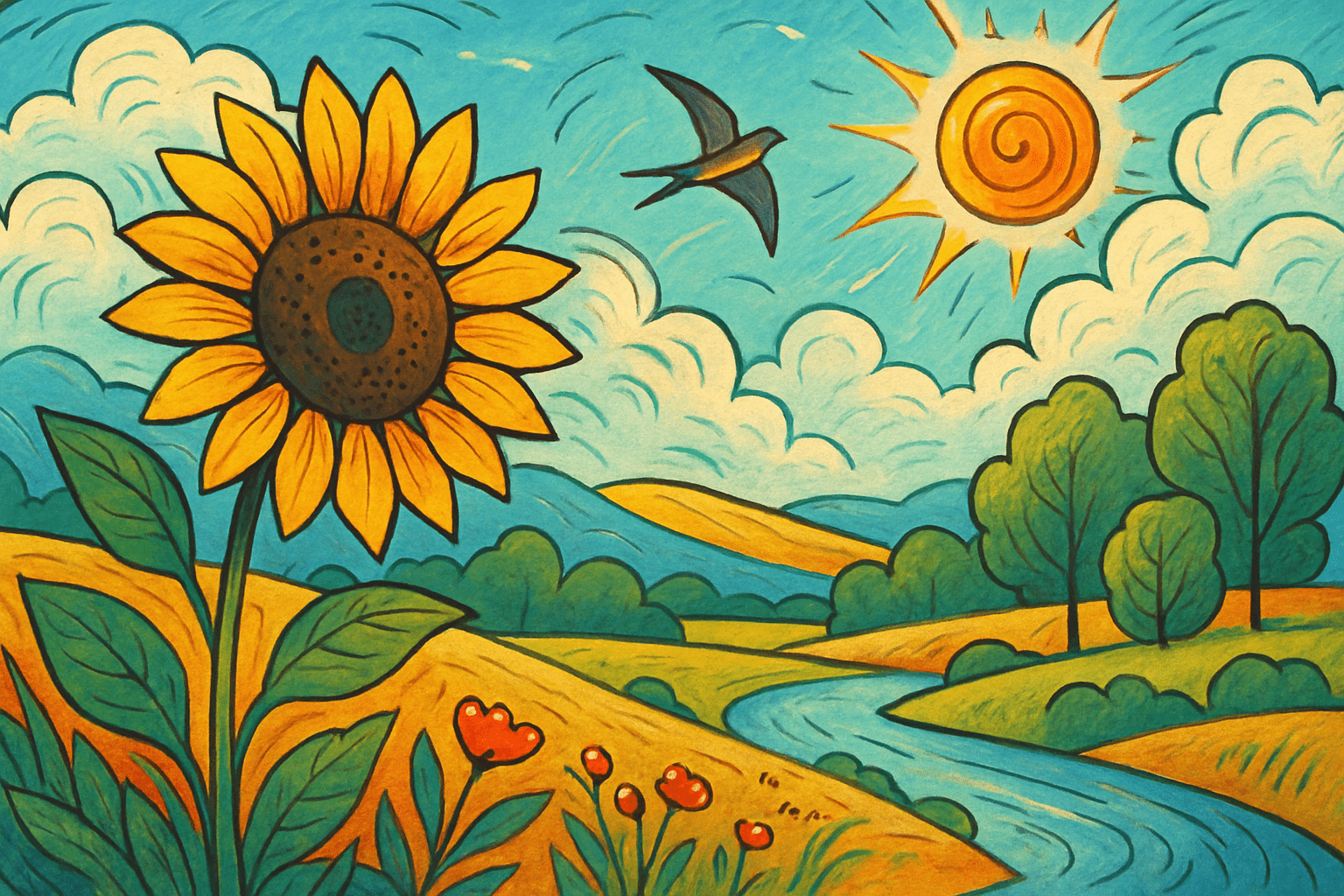
The Dall-E Drawing Styles art style is characterized by its use of bright colors and simple shapes. The style is often used for illustrations of children's stories or for cartoons.
Thinking in the box: Impressionism, Modernism
Might also call it: Dall-E Drawing Styles could be replaced with the words "art styles," "drawing techniques," or "ways of drawing."
Danes No.241
Danish art is characterized by its use of light and shadow, as well as its focus on simplicity and functionality. Danish artists often use muted colors and soft lines to create an understated elegance. This art style is often seen in Danish furniture and architecture, as well as in paintings and sculptures.
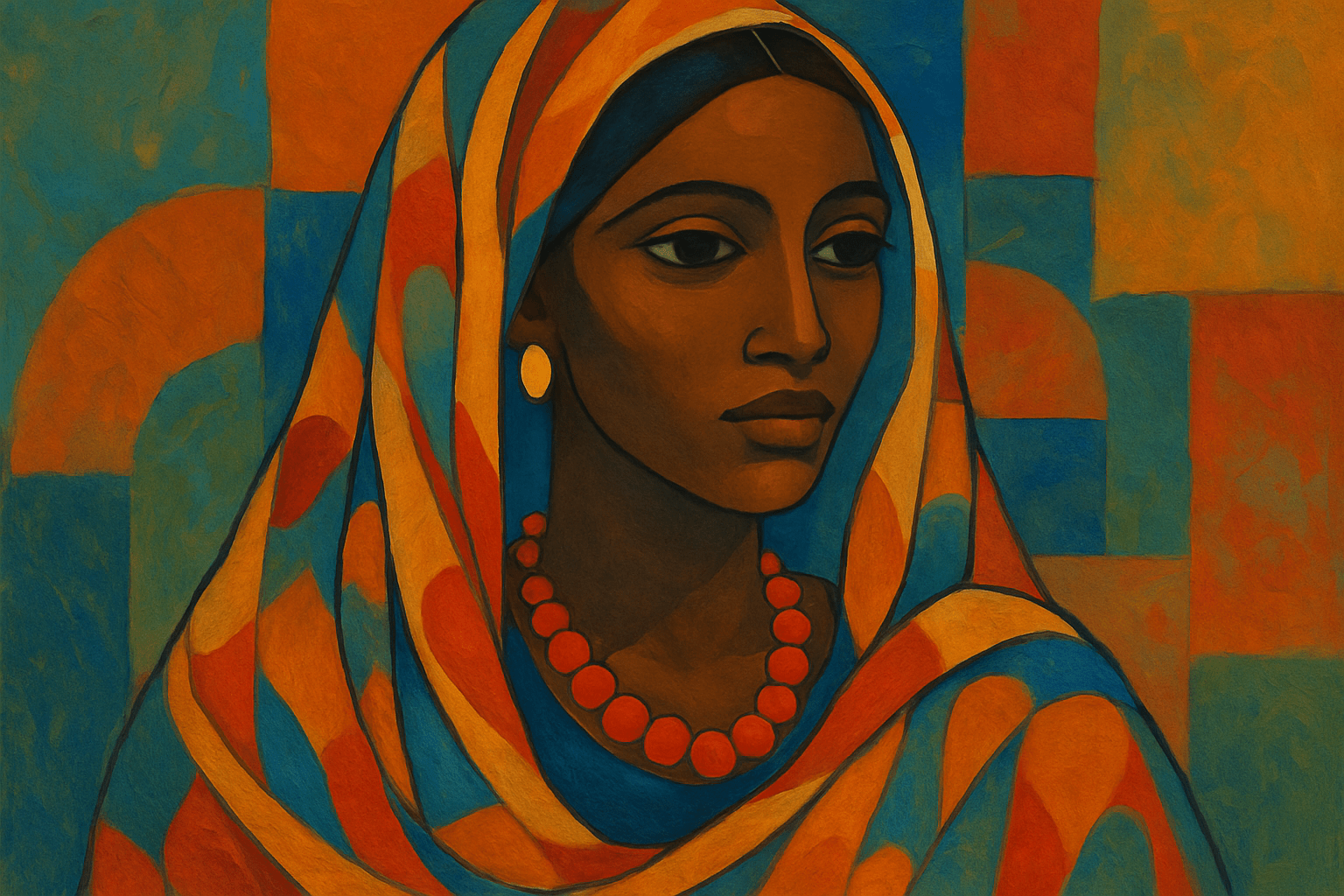
The art style of Danes is characterized by its use of bright colors and simple shapes. The style is often described as being "childlike" or "naive."
Thinking in the box: Impressionism, Modernism
Might also call it: Danes can also be referred to as the Danish people.
Danny Phantom No.242
Danny Phantom is an American animated television series created by Butch Hartman for Nickelodeon. It follows the life of Danny Fenton, who, after an accident with an experimental ghost portal, becomes a human-ghost hybrid and takes on the task of saving his town, Amity Park, from ghost attacks, all while attempting to keep his ghost half a secret from his friends and family. The series is notable for its humor, action, and for Hartman's trademark "squiggly" art style.
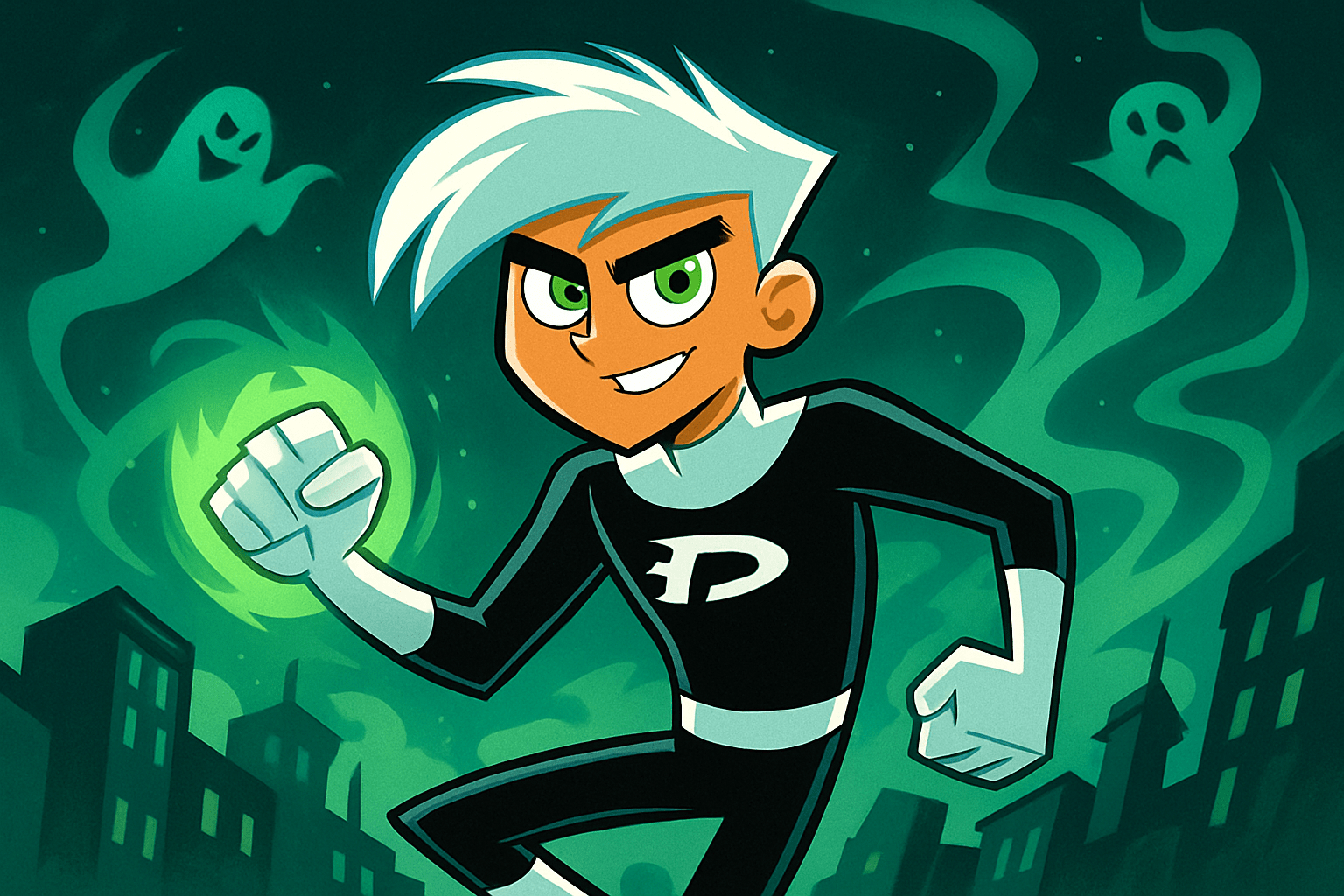
The art style of Danny Phantom is very colorful and cartoony. The characters are all very expressive and the action is always easy to follow.
Thinking in the box: Impressionism, Modernism
Might also call it: 1. Ghost Boy 2. Ecto-Kid 3. Ghost Child 4. Apparition Boy 5. Haunting Boy
Dansaekhwa No.243
Dansaekhwa is a Korean art movement characterized by monochrome painting and abstract, minimalistic compositions. The name "Dansaekhwa" literally means "monochrome painting" in Korean. The movement emerged in the 1970s as a reaction to the Western-influenced abstract expressionism that was dominant in Korea at the time. Dansaekhwa artists instead sought to create a uniquely Korean form of abstract art. Dansaekhwa artists typically use a single color in their paintings, often white or black. They apply paint to the canvas in a repetitive, rhythmic manner, often using their hands or rags instead of brushes. This results in a textured, meditative quality to the paintings. The compositions are often geometric and minimalistic, with a focus on the relationship between positive and negative space. Dansaekhwa has been influenced by traditional Korean aesthetics, as well as Western movements such as minimalism and monochrome painting. The movement has been championed by a number of Korean critics and curators, and has gained international recognition in recent years.

The Dansaekhwa art style is characterized by a minimalistic approach to painting, often using a single color on a plain background. The focus is on the brushstrokes and the texture of the paint, rather than on the subject matter. This style is often associated with the Korean tradition of Zen Buddhism, which emphasizes simplicity and mindfulness.
Thinking in the box: Impressionism, Modernism
Might also call it: Korean monochrome painting
Danube school No.244
The Danube school was a style of painting named after the Danube River in Central Europe. The style was characterized by its use of light and shadow to create a sense of depth, as well as its use of bright colors. The school was founded by the German painter, Albrecht DÃÂürer, and later influenced the work of other German painters such as Matthias GrÃÂünewald and Hans Holbein the Younger.
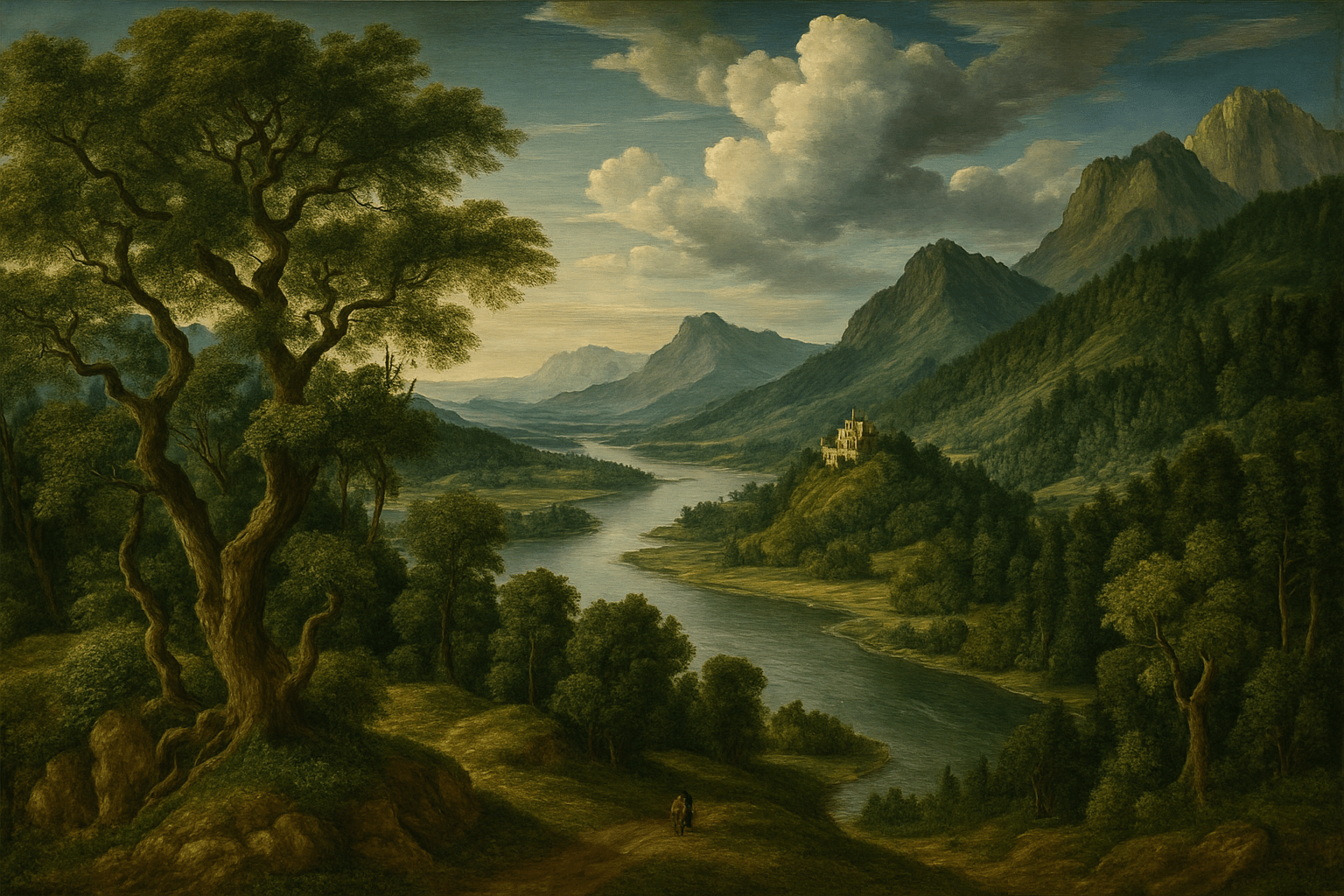
The Danube school was a style of painting that emerged in the Danube region in the early 16th century. The style is characterized by its use of bright colors and its focus on religious subjects.
Thinking in the box: Impressionism, Modernism
Might also call it: N/A
Dark Academi No.245
The Dark Academi is a style of art that is characterized by its dark and mysterious elements. It often features Gothic and Horror elements, and is often used to create a feeling of suspense or fear.

The art style of Dark Academia is characterized by its dark, gothic, and romantic aesthetic. It often features dark colors, moody lighting, and dramatic scenes.
Thinking in the box: Impressionism, Modernism
Might also call it: Black, dreary, gothic, gloomy, macabre, sinister, spooky, eerie, foreboding
Dark Fantasy No.246
A twilight realm of art where shadows dance. Atmosphere tinged with the supernatural Mystery infusing the mundane, Darkness revealing hidden beauty.
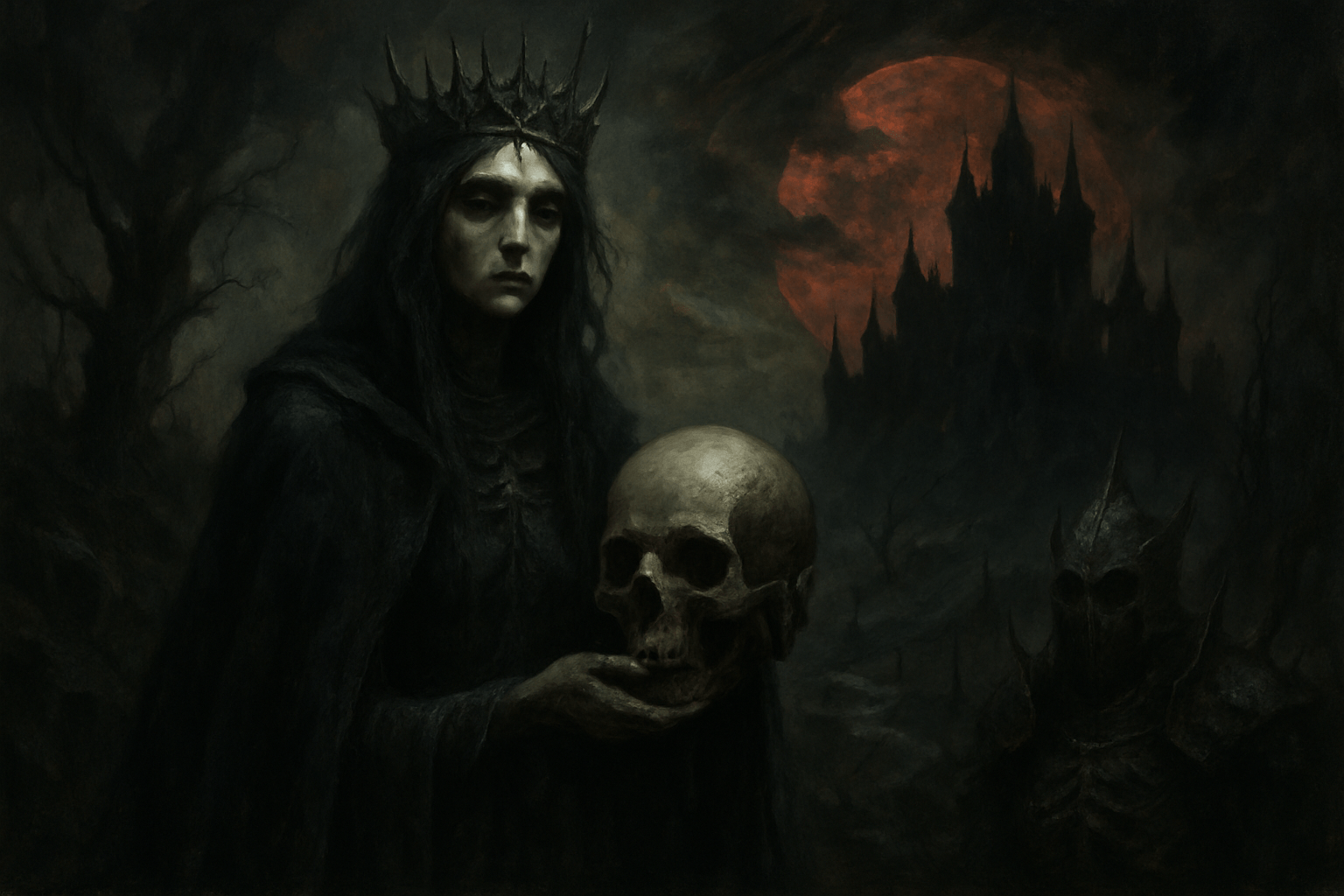
Enigmatic silhouettes. Haunting monochrome landscapes with smudged edges. Mystical creatures lurking. Light and shadow play a gothic symphony, revealing both terror and elegance.
Thinking in the box: Fantasy, Gothic, Surrealism
Might also call it: Gothic Fantasy, Noir Fantasy, Dystopian Enchantment
Dark album art cover No.247
The Dark album art cover style is a professional and brief summary of the art style that is used for album covers. This style is characterized by its use of dark colors, often black, and its focus on creating a mood or feeling. This style is often used for metal and punk album covers, as well as for other genres that are looking to create a dark or foreboding atmosphere.
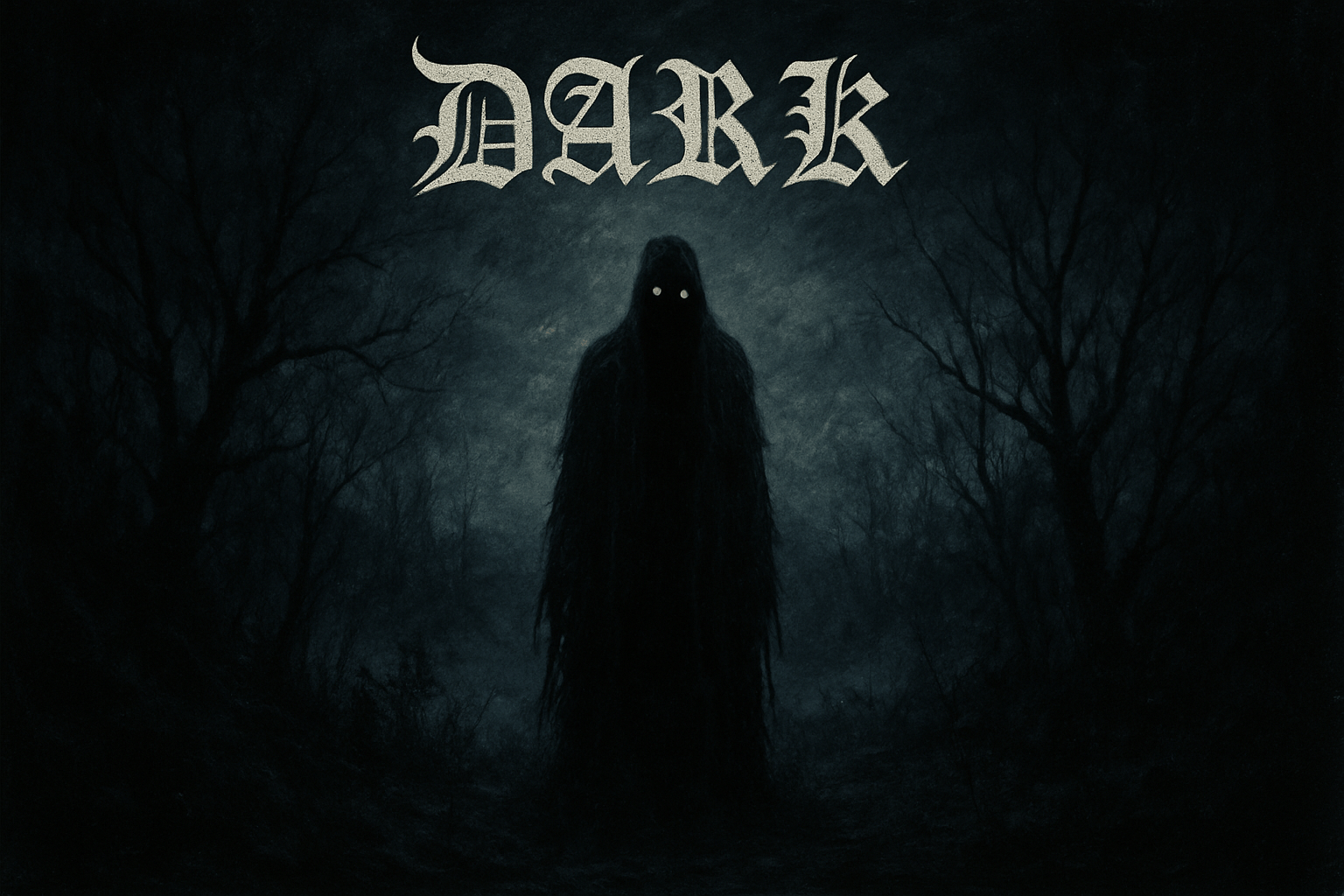
The visual appearance of the art style Dark album art cover is typically dark, with muted colors and a feeling of gloominess or mystery. The overall effect is often one of sophistication and depth.
Thinking in the box: Impressionism, Modernism
Might also call it: 1. Black album art cover 2. Night album art cover 3. Pitch-black album art cover 4. Stygian album art cover 5. Ebony album art cover 6. Ink-black album art cover 7. Coal-black album art cover 8. Jet-black album art cover 9. Onyx album art cover 10. Sable album art cover
Data Flux Impression No.248
Sparks of algorithmic dreams paint the canvas with ethereal circuits, channeling the beauty of constant motion and digital whispers.
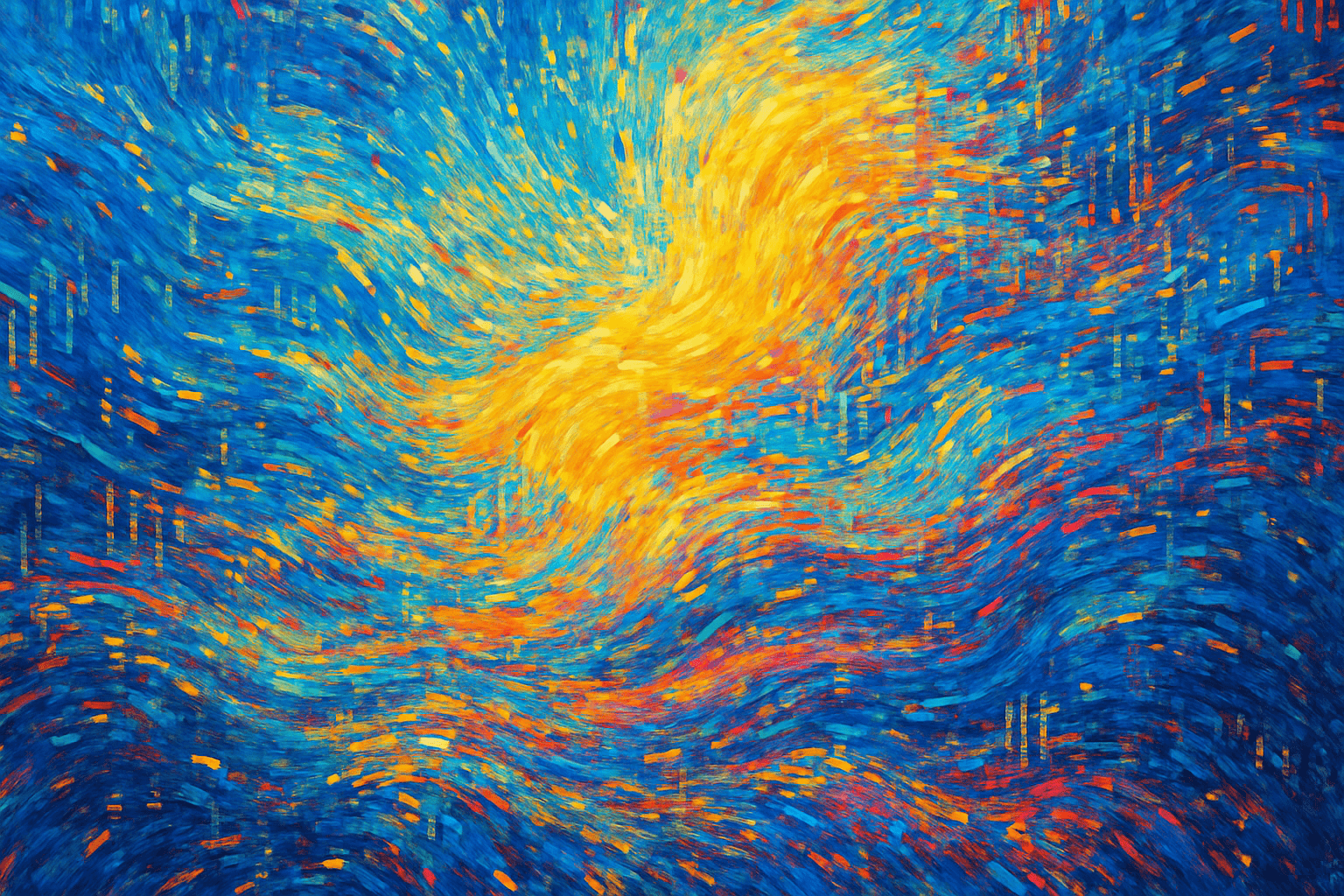
Swirls of binary dusk, accented by pixelated nebulae, creating landscapes where digital currents mimic twilight's fleeting embrace.
Thinking in the box: Impressionism, Modernism, Digital Art
Might also call it: Algorithmic Impression, Digital Whispers, Techno-Canvas
Dau-al-Set No.249
Dau-al-Set is a style of art that emerged in the early 20th century. It is characterized by its use of bold colors and geometric shapes. Dau-al-Set was popularized by the artist Wassily Kandinsky, who was a leading figure in the abstract art movement. Kandinsky believed that art should be expressive and evoke emotion in the viewer. He believed that color and shape could be used to create harmony and balance in a painting. Dau-al-Set artists sought to create art that was expressive and visually stimulating. They believed that art should be accessible to everyone, and that it should be used to promote understanding and communication.

The art style Dau-al-Set is characterized by its use of bright colors and bold patterns. The style is often described as being "loud" and "in your face." Dau-al-Set artists often use a variety of techniques to create their art, including painting, sculpture, and collage.
Thinking in the box: Impressionism, Modernism
Might also call it: Dau-al-Set is an ancient Egyptian god of chaos, darkness, and destruction.
De Stijl No.250
De Stijl was a Dutch artistic movement founded in 1917. The style is characterized by its use of simple geometric forms, often in combination with primary colors and black and white. De Stijl artists believed that this style could represent an ideal harmony between different elements in the world.
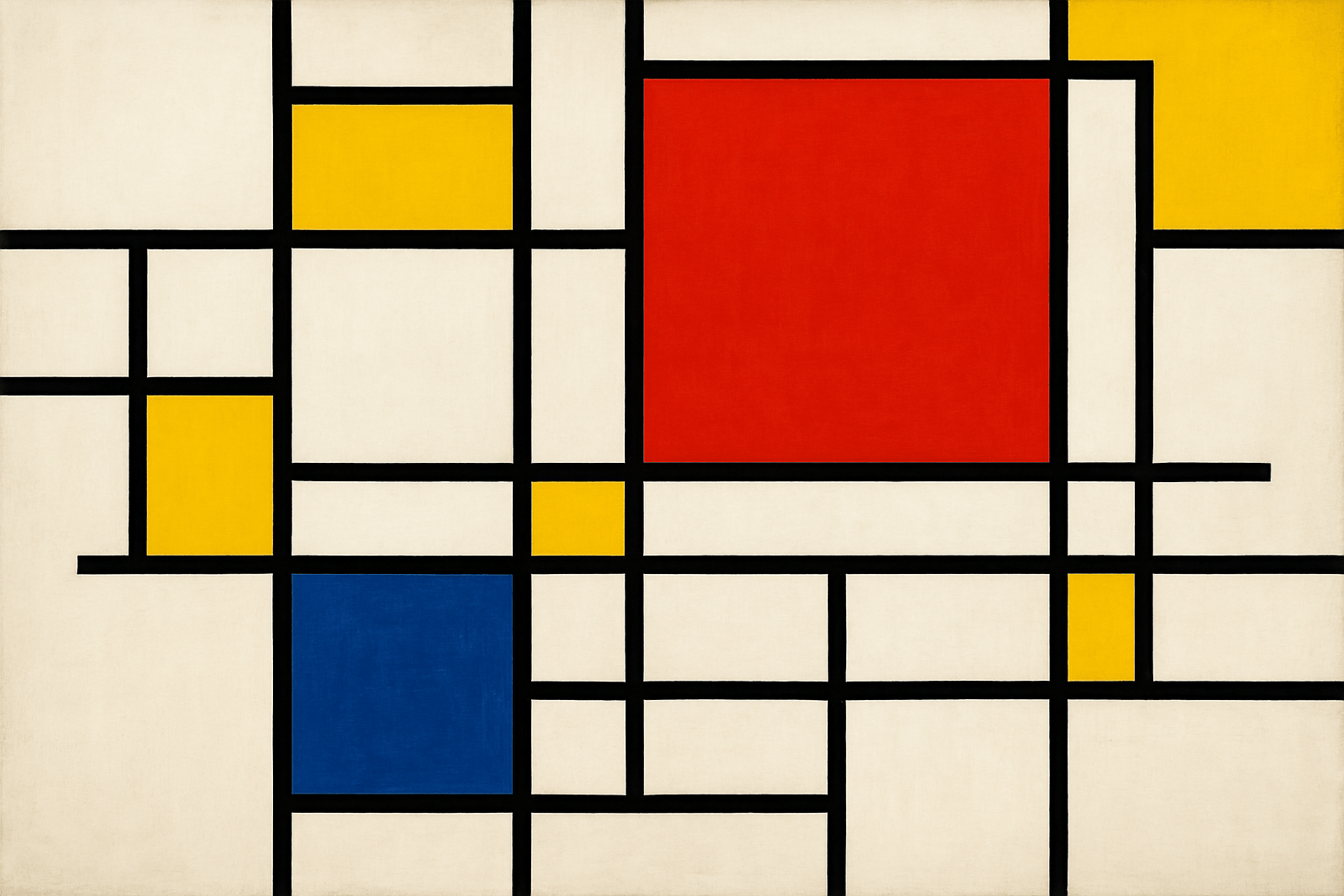
The De Stijl art style is characterized by its use of simple geometric forms, including rectangles and squares, and its use of primary colors. The style is often associated with the work of Dutch artist Piet Mondrian.
Thinking in the box: Impressionism, Modernism
Might also call it: Style, fashion, look, appearance, manner, mode, way.
The Decadent Movement No.251
Rich in color, steeped in symbolism, the Decadent Movement explored beauty tinged with danger. Elegance veils the sumptuous abandon, where art flirts between morbid indulgence and opulent restraint.
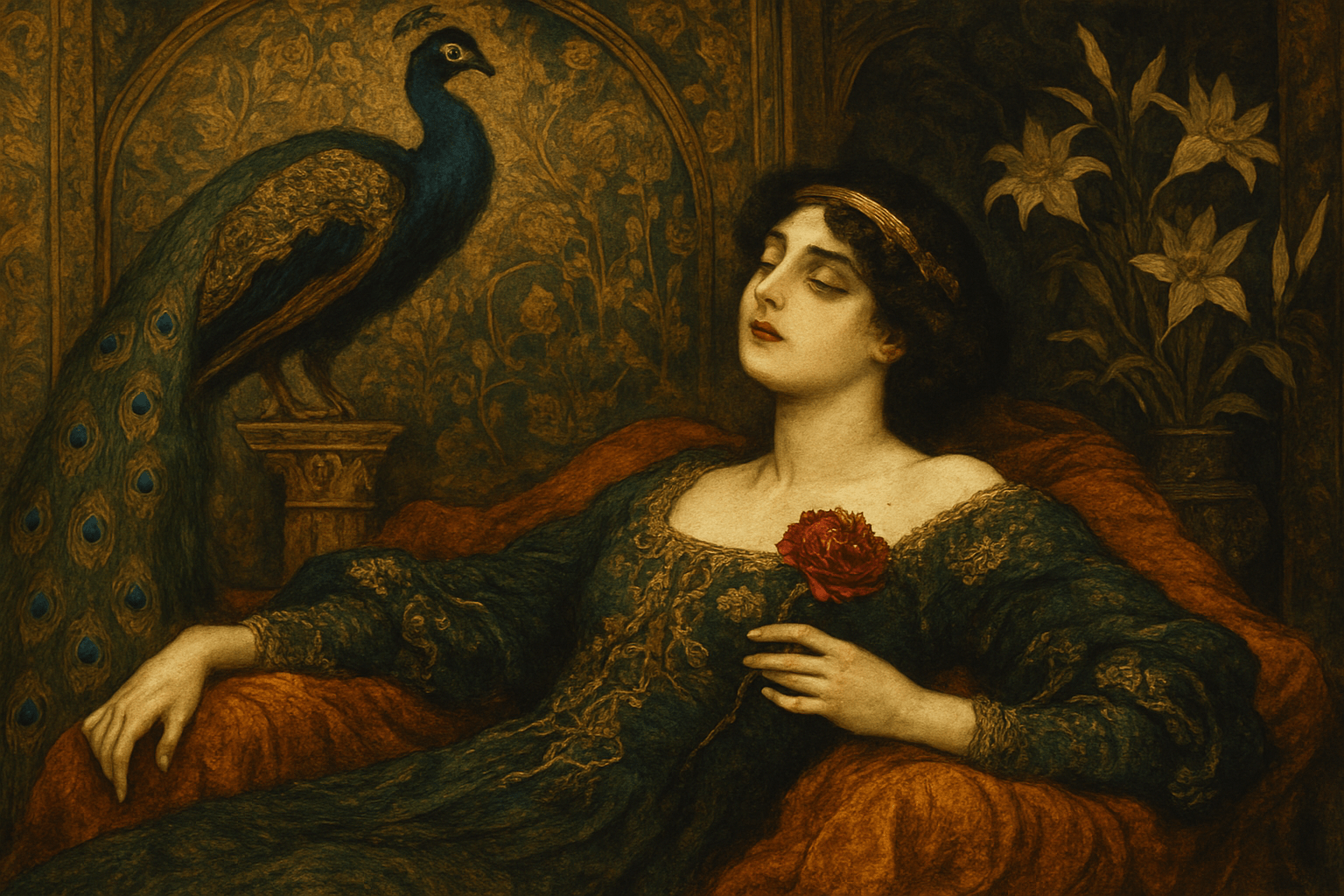
Imagine velvet draped over shadowed corners, with muted golds glimmering like a forgotten era's residue. Daring in its richness, it dazzles, tempting with the palatable hint of something forbidden.
Thinking in the box: Symbolism, Art Nouveau
Might also call it: Art for Art's Sake, Decay Aesthetic, L'art pour l'art
Deconstructivism No.252
Deconstructivism is a movement of postmodern architecture that appeared in the 1980s. It is characterized by an absence of harmony, continuity, or order in the construction of buildings and other structures.
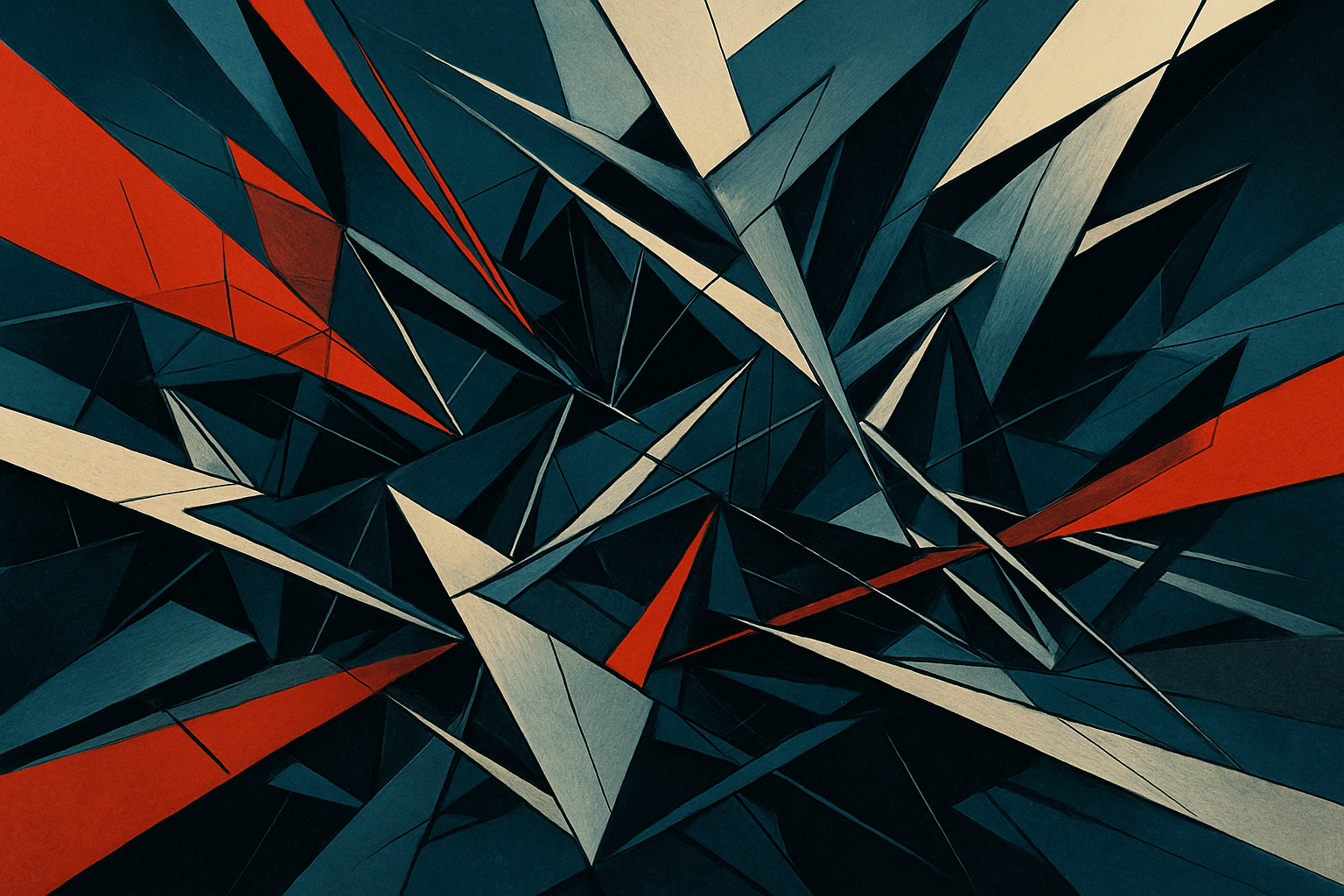
Deconstructivism is a visual appearance characterized by the fragmentation of forms. It is often associated with postmodernism and is often used to challenge traditional ideas about form and structure.
Thinking in the box: Impressionism, Modernism
Might also call it: Tear down, break up, dismantle, disassemble
Deep Dream Generator No.253
Imagine a dreamscape where algorithms paint with the surrealism of Dalí and the fractal complexity of Escher. Deep Dream Generator transforms images into hallucinatory visions, revealing hidden patterns and morphing reality into a kaleidoscopic tapestry of color and form.

Imagine a kaleidoscope unfurling in the mind of a dreaming machine, where reality melts into fantastical visions. Colors swirl and morph, birthing surreal landscapes and creatures that seem plucked from the subconscious of a digital Van Gogh.
Thinking in the box: Impressionism, Modernism
Might also call it: Dreamscape, neural vision, algorithmic hallucination, surreal synthesis, machine reverie, digital phantasmagoria, AI surrealism, computational dreaming, synthetic imagination, neural artistry.
Deep Lore Rendering No.254
Where myth meets color, this art style breathes life into stories untold, weaving narrative tapestries from shadow and light.
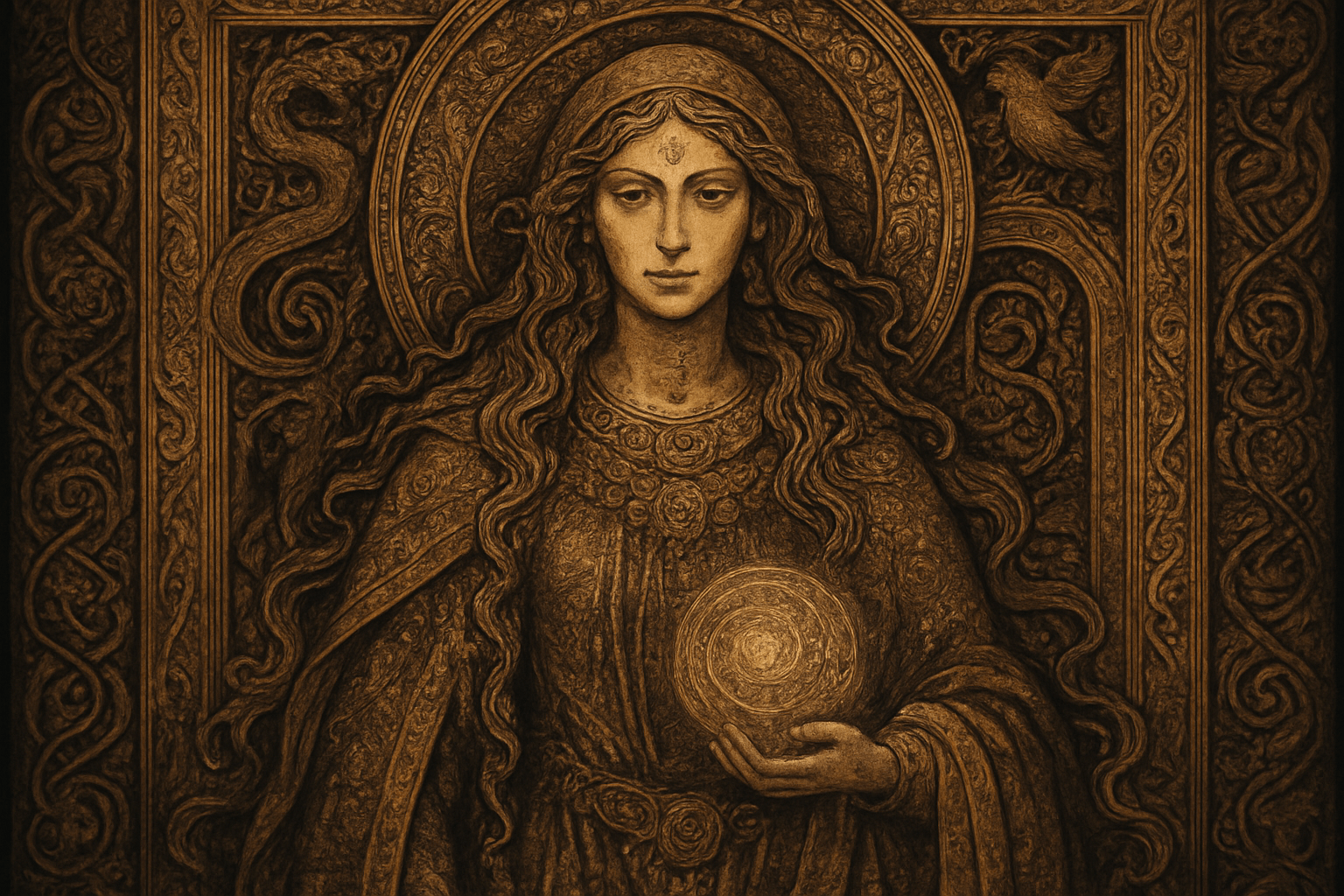
Imagine the night sky, bathed in whispers of cobalt and garnet. Deep Lore paintings evoke forgotten dreams with textures like ancient parchment.
Thinking in the box: Impressionism, Modernism
Might also call it: Mythic Impressionism, Narrative Atmosphere
Design No.255
Design is a professional field that encompasses many different art styles. Designers use various techniques to create visual solutions to communication problems. Their work can be found in a wide variety of media, including books, magazines, newspapers, websites, and product packaging.
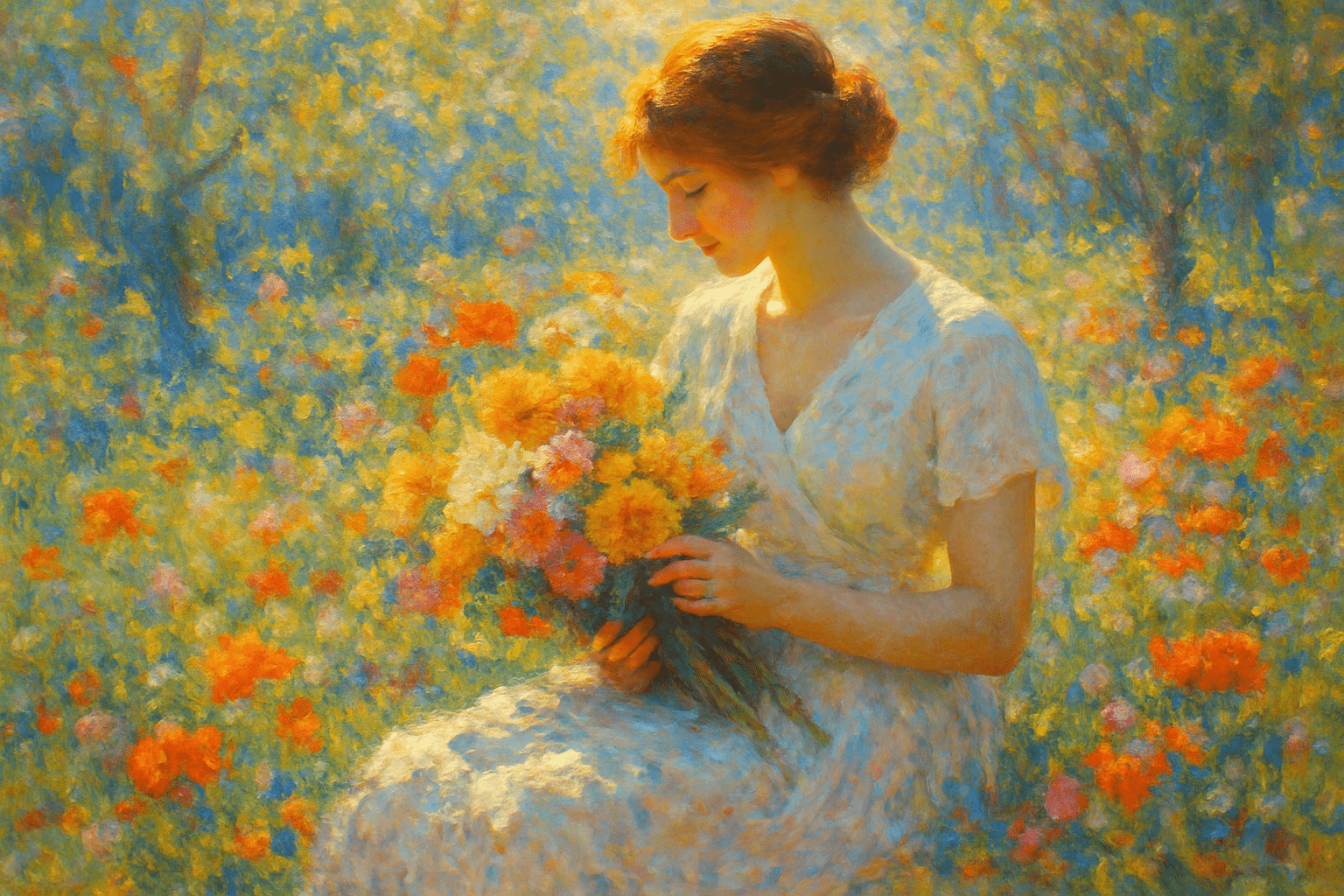
The art style Design is characterized by its use of geometric shapes and patterns. The shapes and patterns are often used to create a sense of movement or to add visual interest. Designers often use color to add emphasis to certain elements of the design.
Thinking in the box: Impressionism, Modernism
Might also call it: plan, blueprint, sketch, layout
Dexter's Lab No.256
Dexter's Lab is an American animated television series created by Genndy Tartakovsky for Cartoon Network. The series follows Dexter, a boy-genius and scientist who has a secret laboratory hidden behind a bookcase in his bedroom, which he uses to invent gadgets and conduct experiments. The series is notable for its unique art style, which combines traditional animation with limited use of computer-generated imagery. The show's characters are designed to appear as if they were drawn by hand, with simple black outlines and limited colors. This gives the series a retro feel, while still maintaining a modern sensibility. Dexter's Lab was one of the first Cartoon Network original series, and ran for four seasons from 1996 to 2003. The show was popular with both children and adults, and spawned a movie, a spin-off series, and a line of merchandise.
The art style of Dexter's Lab is colorful and cartoony. The characters are big and round, and the backgrounds are often busy and detailed.
Thinking in the box: Impressionism, Modernism
Might also call it: Smart House, Johnny Test, The Powerpuff Girls, Samurai Jack, Adventure Time, Regular Show
Diagrammatic Drawing No.257
Diagrammatic drawing is a type of drawing that uses abstract, symbolic shapes to represent different objects, actions, or ideas. This type of drawing is often used in technical illustrations and diagrams.

Diagrammatic drawing is a type of drawing that uses simple geometric shapes to represent complex objects or scenes. Diagrammatic drawing is often used to create illustrations or diagrams that explain how something works.
Thinking in the box: Impressionism, Modernism
Might also call it: Sketch, drawing, chart, illustration
Diamond Space Galaxy Art No.258
Diamond Space Galaxy Art is a contemporary art style that combines elements of cosmic imagery with the brilliance of diamond-like aesthetics. This style often features vibrant, swirling galaxies and celestial bodies, depicted with a shimmering, faceted appearance reminiscent of diamonds. Artists working in this genre use a range of techniques to create a sense of depth and luminosity, often employing digital tools or mixed media to achieve a sparkling effect. The art evokes a sense of wonder and exploration, capturing the beauty and mystery of the universe while infusing it with a touch of elegance and luxury. Diamond Space Galaxy Art is appreciated for its ability to transform cosmic scenes into dazzling, dreamlike landscapes that captivate viewers with their intricate details and radiant energy.
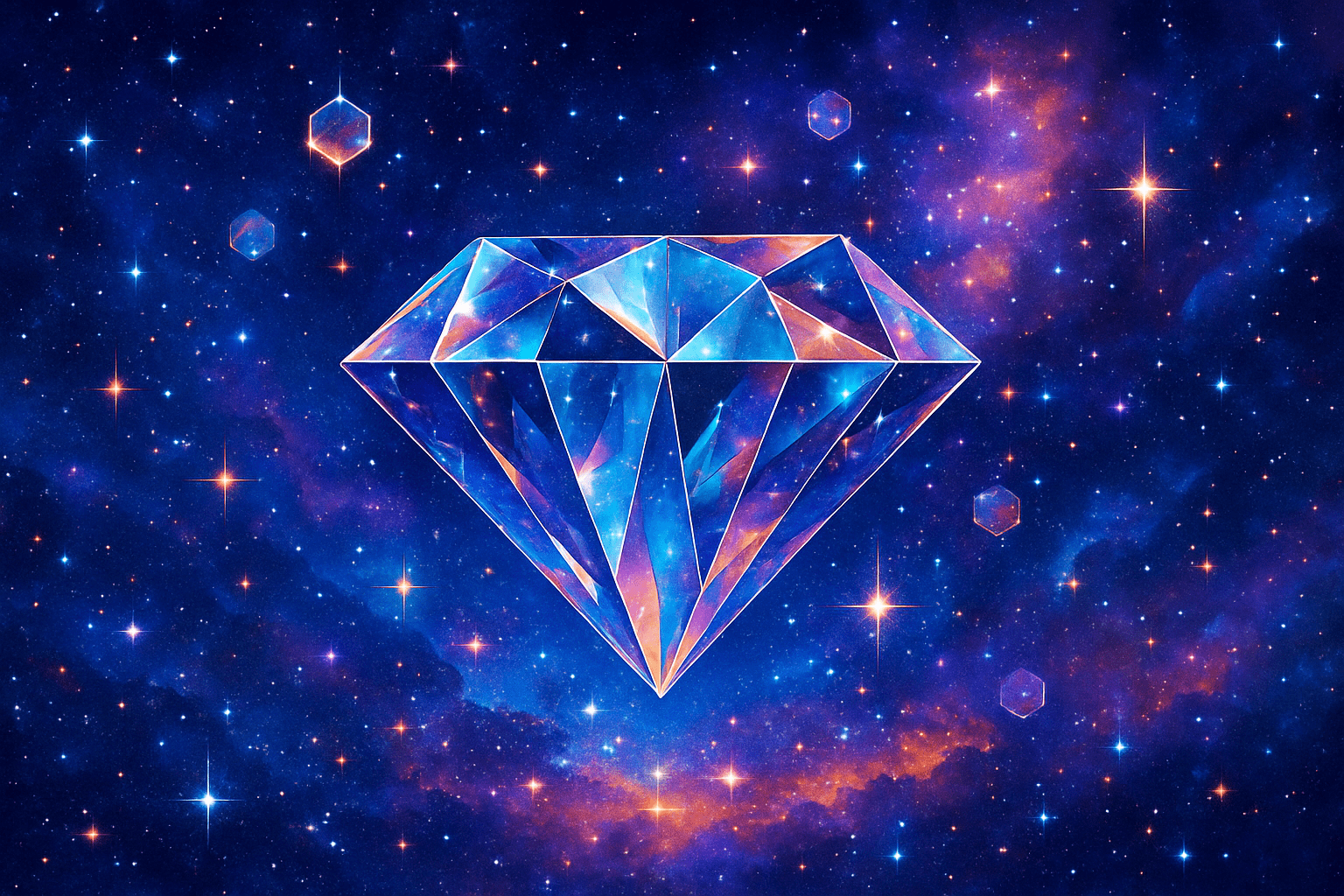
Diamond Space Galaxy Art is characterized by its vibrant and ethereal aesthetic, often featuring a dazzling array of colors that mimic the vastness and mystery of outer space. This art style typically incorporates deep blues, purples, and blacks to represent the cosmic void, interspersed with bright, shimmering elements that resemble stars or galaxies. The use of light and reflective surfaces is prominent, creating a sense of depth and movement. The "diamond" aspect is often represented through geometric shapes or facets that catch and refract light, adding a crystalline quality to the artwork. This style evokes a sense of wonder and infinity, capturing the viewer's imagination with its luminous and otherworldly beauty.
Thinking in the box: Impressionism, Modernism
Might also call it: Diamond Space Galaxy Art is an imaginative and descriptive term that likely combines elements of cosmic themes with a sparkling, diamond-like aesthetic. While there may not be direct synonyms for this specific art style, related synonyms and concepts can be considered. These might include: Cosmic Art, Celestial Art, Galactic Art, Astral Art, Stellar Art, Space Art, Futuristic Art, Sci-Fi Art, and Abstract Space Art. Each of these terms captures aspects of the broader themes involved in Diamond Space Galaxy Art, such as the universe, stars, and futuristic or abstract interpretations.
Digital No.259
Digital art is a form of art that is created using digital technology. It can be created using a variety of software programs, such as Photoshop, Illustrator, and InDesign.Digital art can be created in a variety of styles, including vector art, raster art, 3D art, and animation.

The art style digital is characterized by its use of digital technology to create art. This can include using computers to create images, using digital cameras to take pictures, or using digital editing software to manipulate images.
Thinking in the box: Impressionism, Modernism
Might also call it: Online, computerized, electronic.
Digital Art No.260
Digital art is a form of art that is created using digital technology. It can be created using a variety of software programs, such as Photoshop, Illustrator, and InDesign.Digital art can be created for a variety of purposes, such as to be used as a background for a website or to be used as a cover for a book.
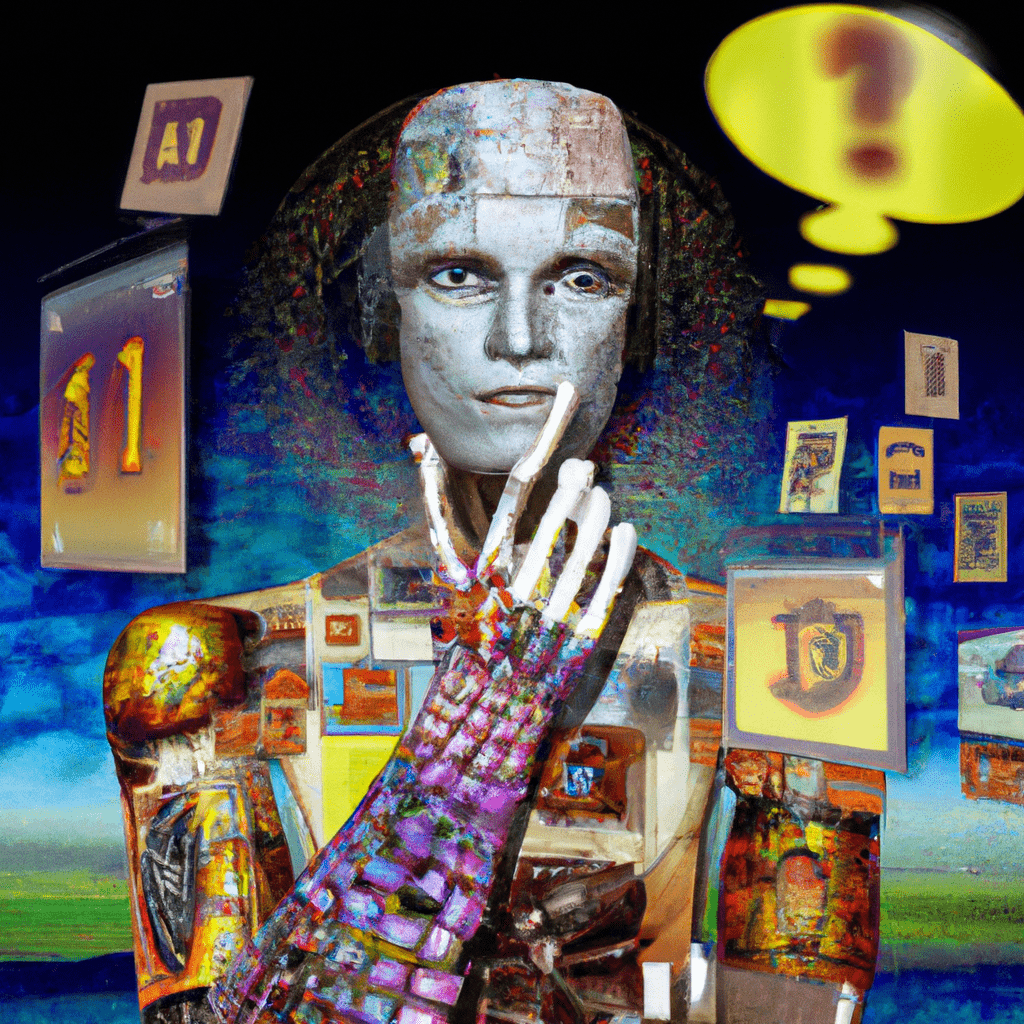
The visual appearance of digital art can vary greatly depending on the artist's style and approach. In general, digital art tends to be more colorful and vibrant than traditional art, and often has a more abstract or surreal quality to it. Additionally, digital art often makes use of digital effects and filters to create unique visual effects.
Thinking in the box: Impressionism, Modernism
Might also call it: Computer Art, Electronic Art, New Media Art, Interactive Art, Net Art, Post-Internet Art, Post-Web Art
Digital Drawing No.261
Digital drawing is a form of art where the artist uses digital tools to create their work. This can be done using a variety of software programs, and the results can be very different depending on the artist's style and approach. Digital drawing has many advantages over traditional methods. It is very versatile, and the artist can experiment with a wide range of effects and techniques. It is also very easy to share digital drawings with others, and to create prints of them.

The visual appearance of digital drawing is typically clean and precise. Lines are often straight and smooth, and colors are usually very saturated and bold. This art style often has a flat, two-dimensional look.
Thinking in the box: Impressionism, Modernism
Might also call it: Digital art, computer art, digital painting, digital illustration
Digital Impressionism No.262
A lace of pixels and algorithms, capturing the fleeting dance of light. It bridges the gap between tangible canvas and the illuminated screen, inviting introspection and innovation with every digital brushstroke.
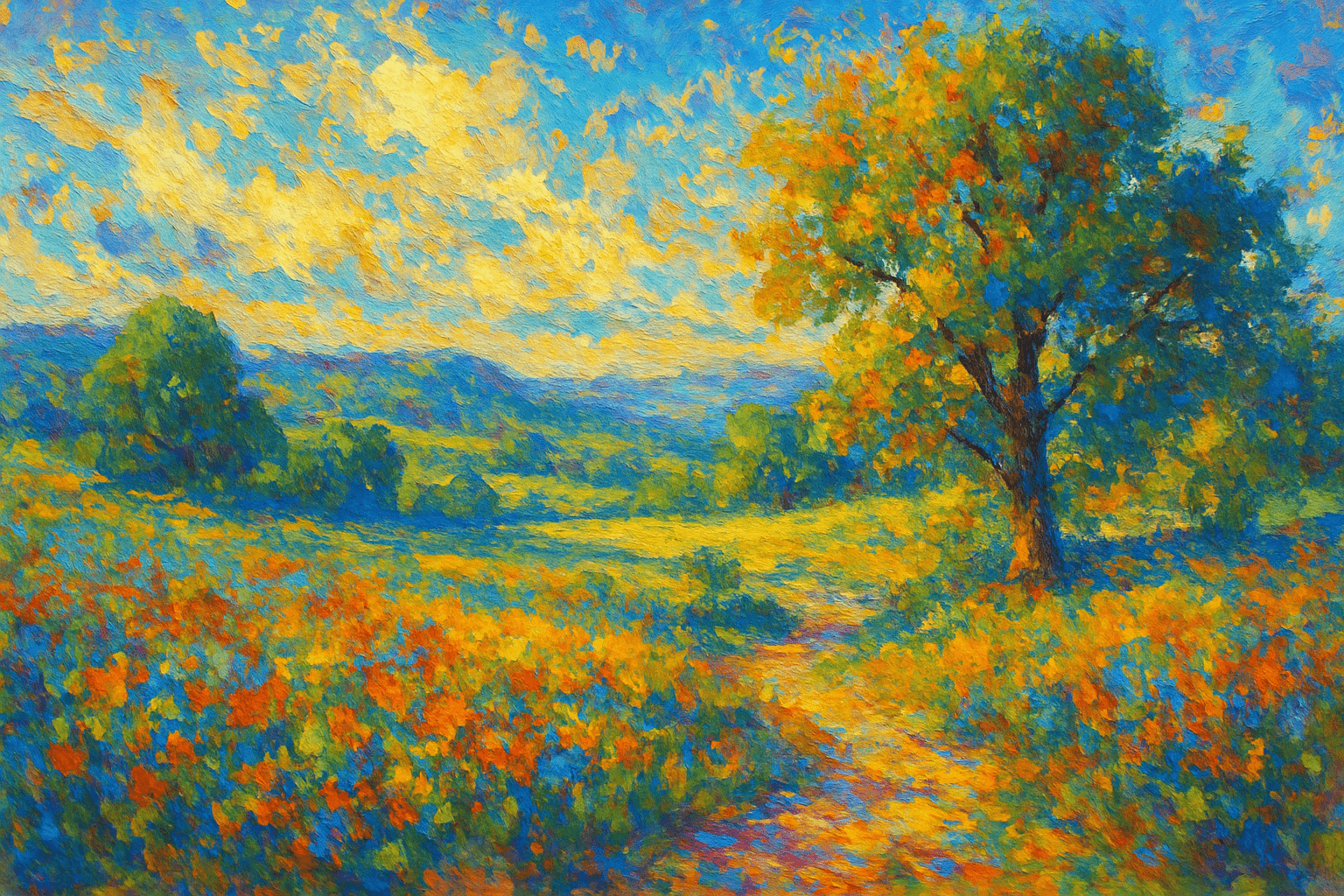
Nebulae of colors burst forth like morning sunrays on wet cobblestones. Textures breathe and pulse—mute strokes weave lively tessellations, offering a luminous, dynamic symphony that captivates and inspires.
Thinking in the box: Impressionism, Modernism
Might also call it: Neo-Impressionism Digital, Computational Impressionism, Pixel Impressionism
Dilettantartism No.263
Dilettantartism is an art style characterized by its amateurish and haphazard approach. It is often associated with works that are created without any formal training or artistic ambition.
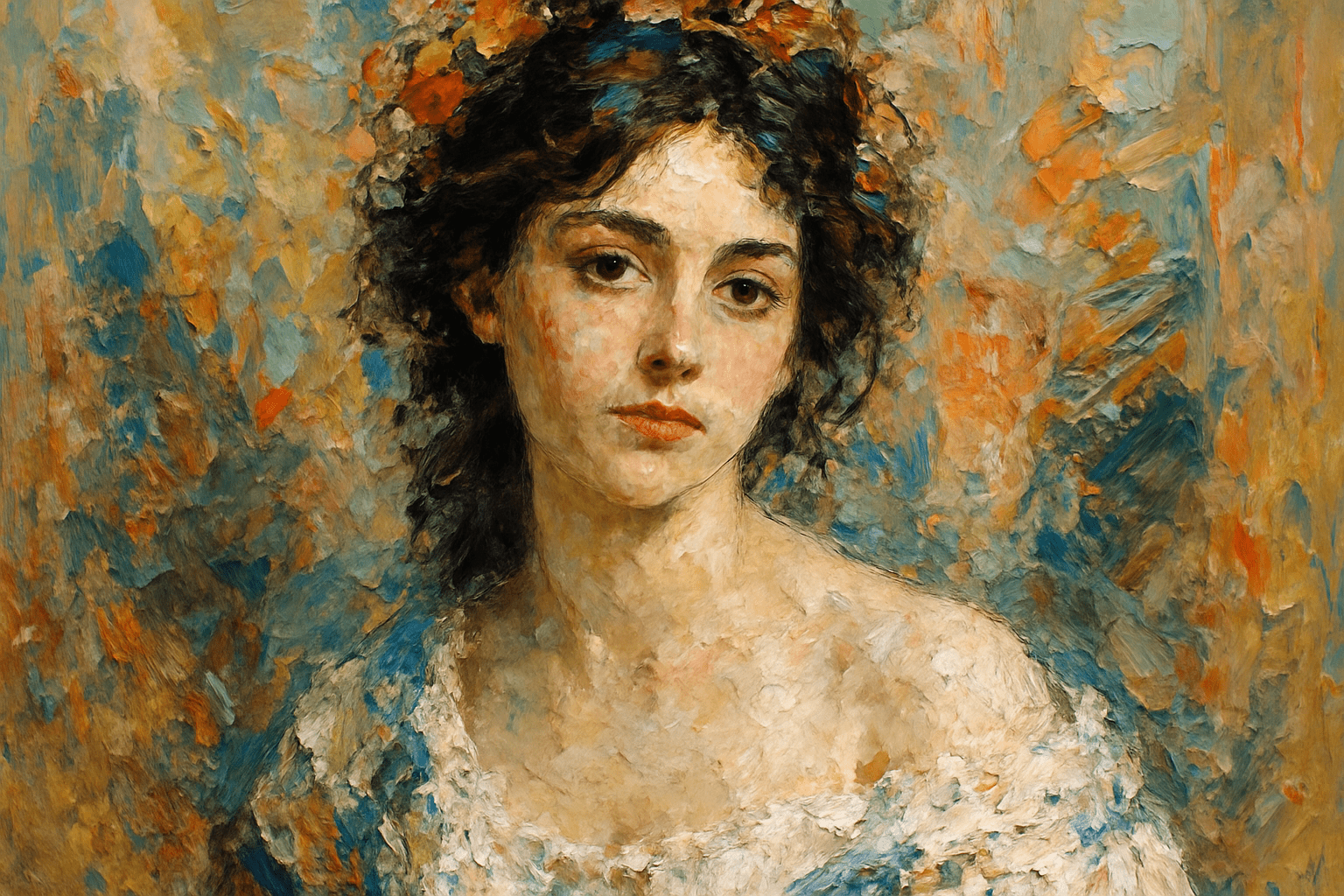
Dilettantartism is an art style that is characterized by its amateurish and childlike appearance. The colors are often bright and garish, and the overall look is one of chaos and disorder.
Thinking in the box: Impressionism, Modernism
Might also call it: Amateurism, nonprofessionalism, inexperience.
Dilletantism No.264
Dilletantism is a term used to describe a lack of commitment to or expertise in a particular field or activity. It is often used in a negative context to describe someone who is not serious about their work or who is not an expert in their field.
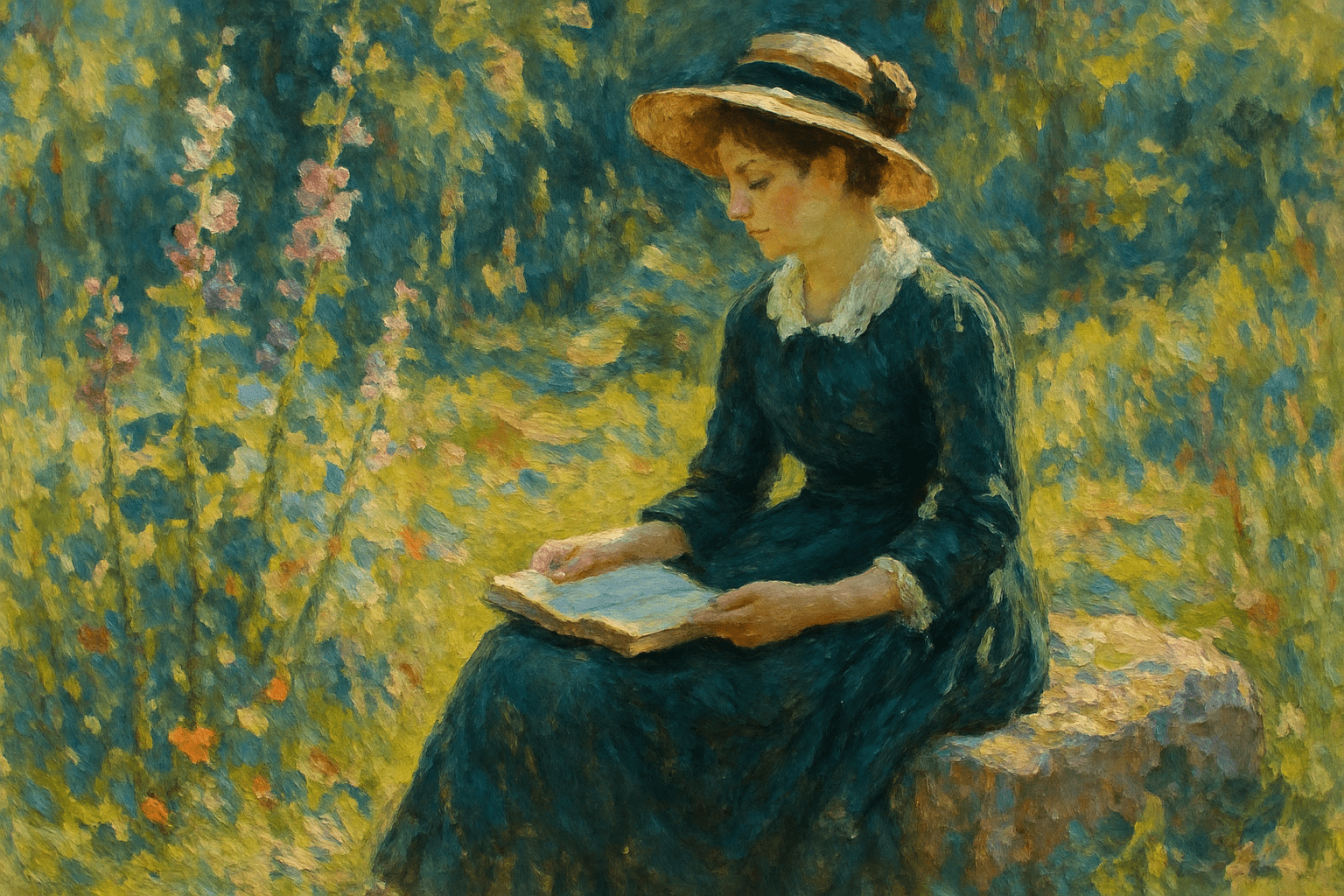
The art style of Dilletantism is characterized by its lack of a specific style or technique. This is often seen as a negative trait, as it can make the art look unfinished or amateurish.
Thinking in the box: Impressionism, Modernism
Might also call it: Amateurism, nonprofessionalism, inexperience.
Discoism No.265
Discoism is a term used to describe a type of art that is characterized by its use of geometric shapes and bright colors. This style of art is often associated with the disco music genre and is often used to create album covers, posters, and other promotional materials for disco music.
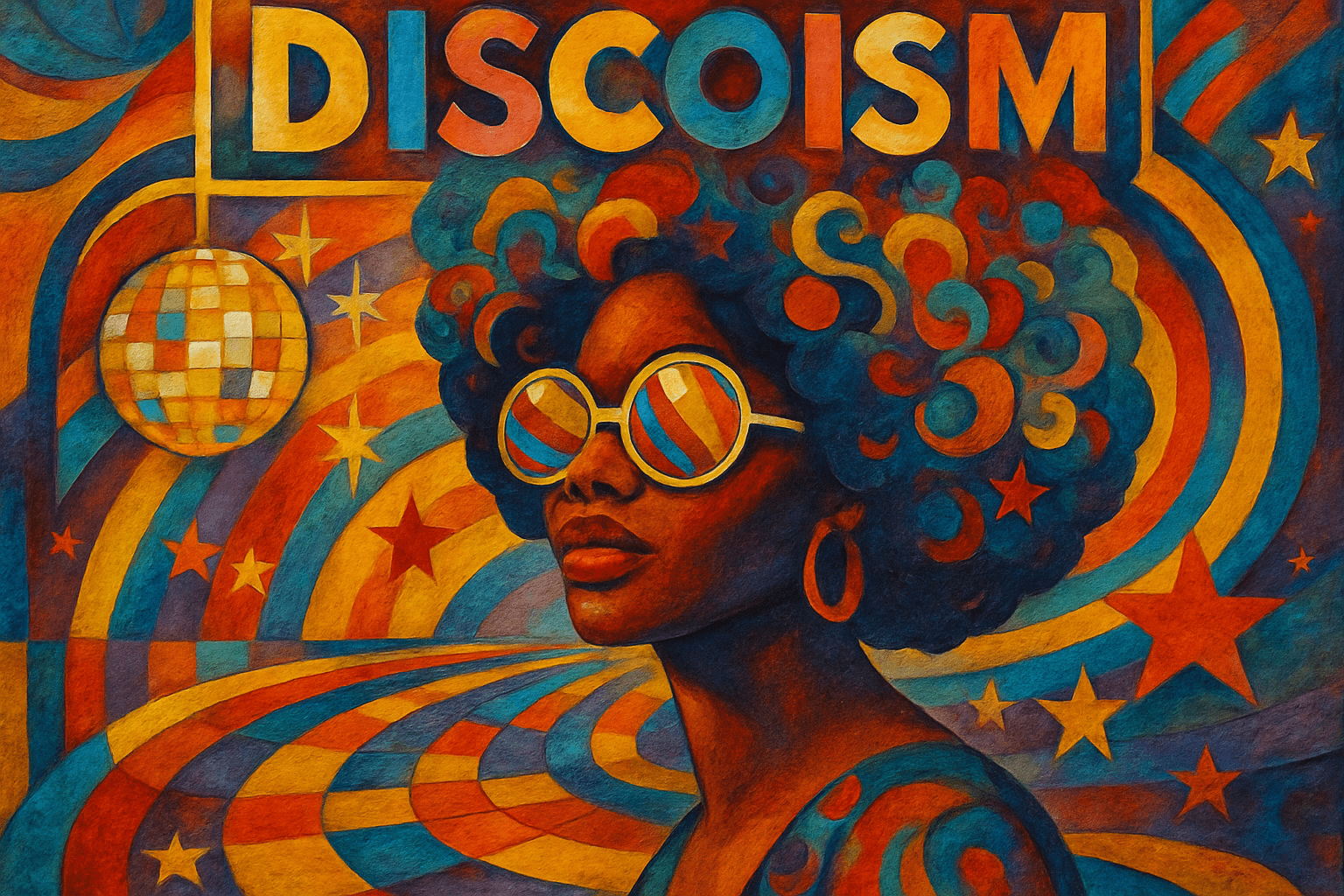
Discoism is a visual art style that is characterized by its use of bright colors and geometric shapes. It is often associated with the disco music genre and culture of the 1970s.
Thinking in the box: Impressionism, Modernism
Might also call it: Discoism can be synonymized with disco music, disco culture, or the disco scene.
Divisionism No.266
A dance of dots, vibrant and precise, Divisionism pauses time, inviting colors to mingle at the eye's edge. Painting becomes mathematics; a canvas, an unwritten poem of light.
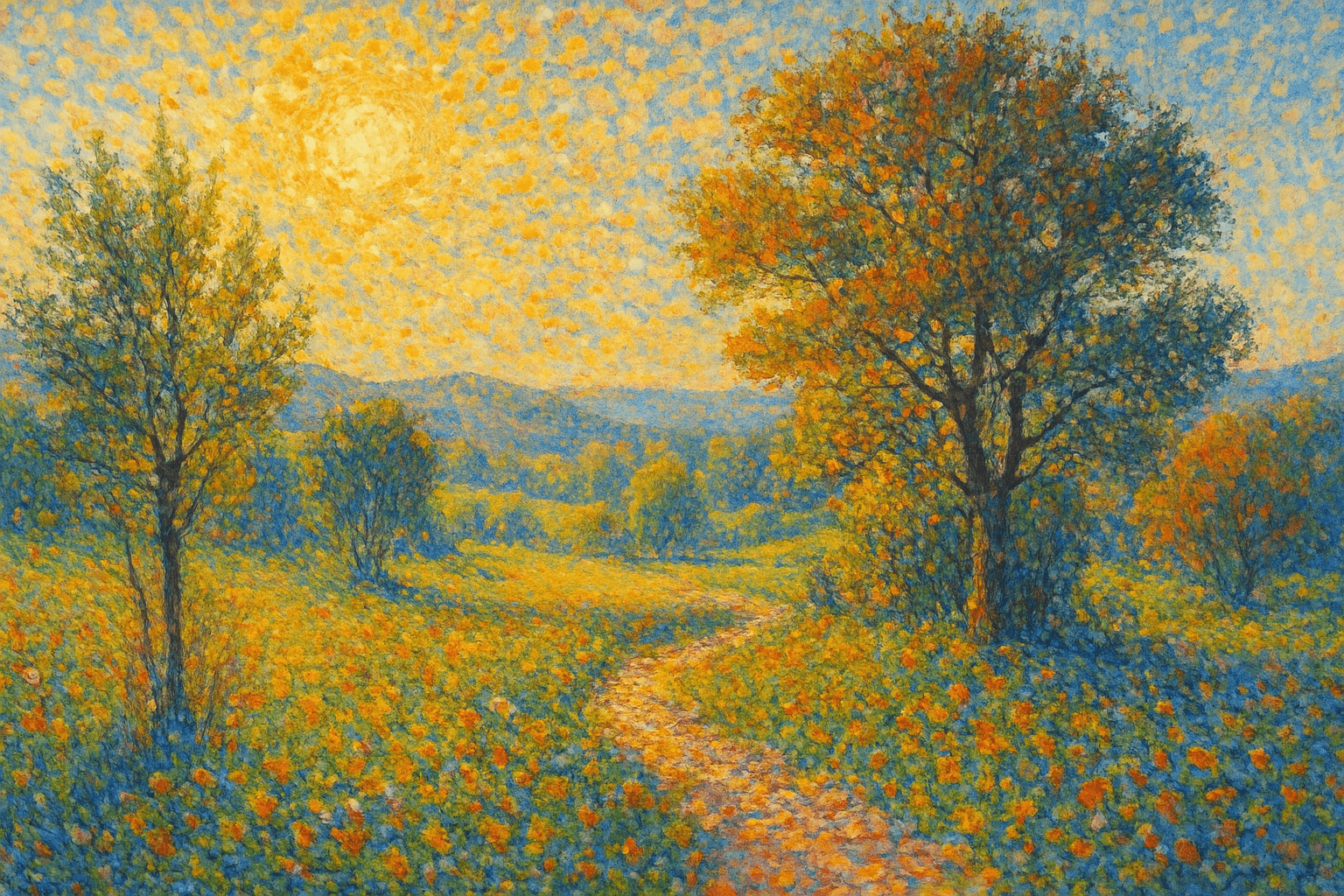
A tapestry of dots, each hue bright and unyielding, weaving together like threads of light. Divisionism mirrors the nature of sight, weaving illusions with method and magic.
Thinking in the box: Impressionism, Modernism
Might also call it: Neo-Impressionism, Chromoluminarism
Doge No.267
Doge is a popular Internet meme that features a Shiba Inu dog. The meme typically features the dog with a caption that includes broken English. Doge is known for its playful and friendly nature, making it a popular choice for Internet memes and GIFs.
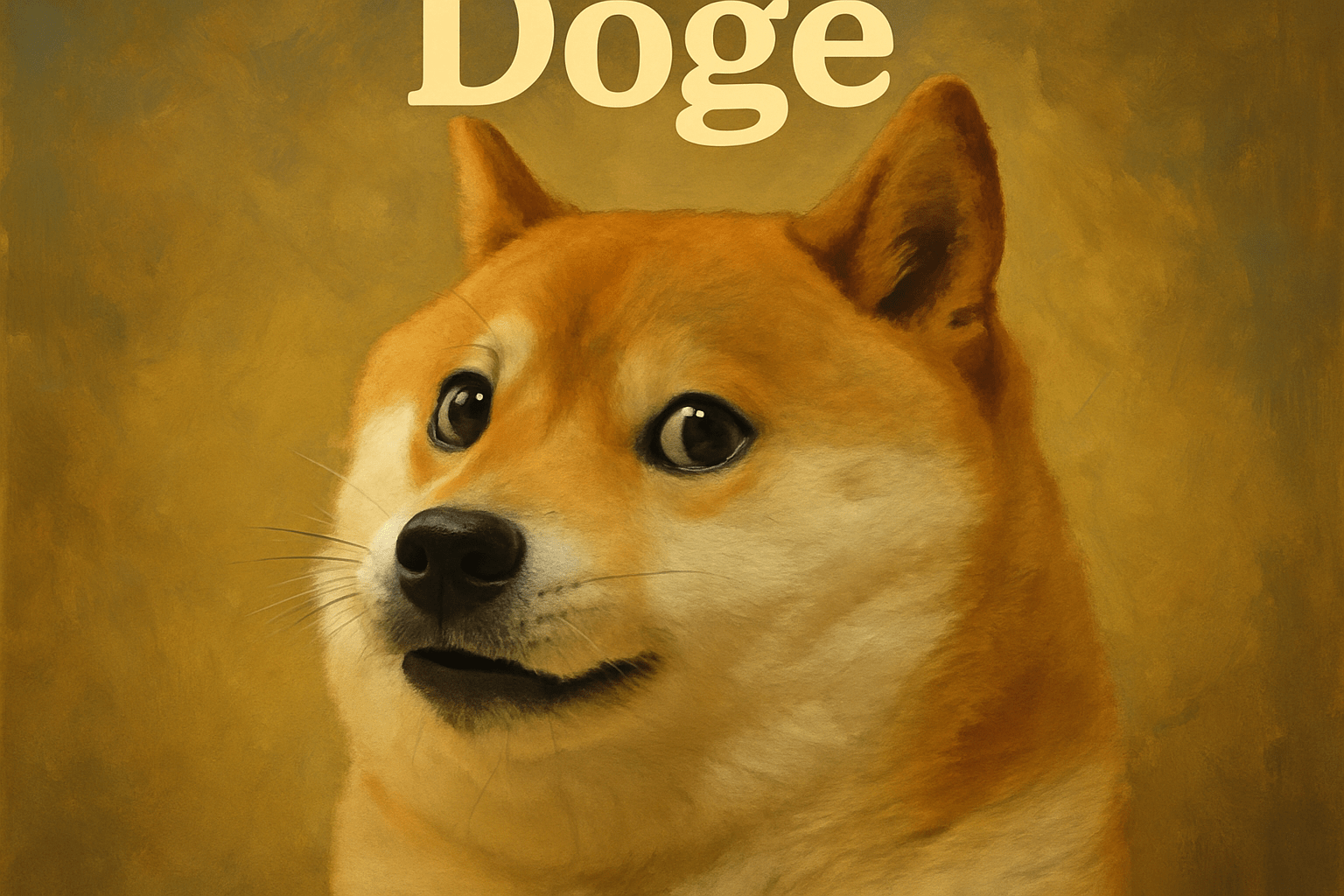
The art style Doge is characterized by its bright colors, simple shapes, and overall cuteness. The style is often used for memes and other internet culture references.
Thinking in the box: Impressionism, Modernism
Might also call it: Fido, Rover, Spot
Dominicans No.268
The Dominican Republic is home to a vibrant and colorful culture, which is reflected in its art. Dominican artists often use bright colors and bold patterns in their work, which often features scenes from daily life. Dominican art is often very festive and celebratory, and often includes elements of religion and folklore.
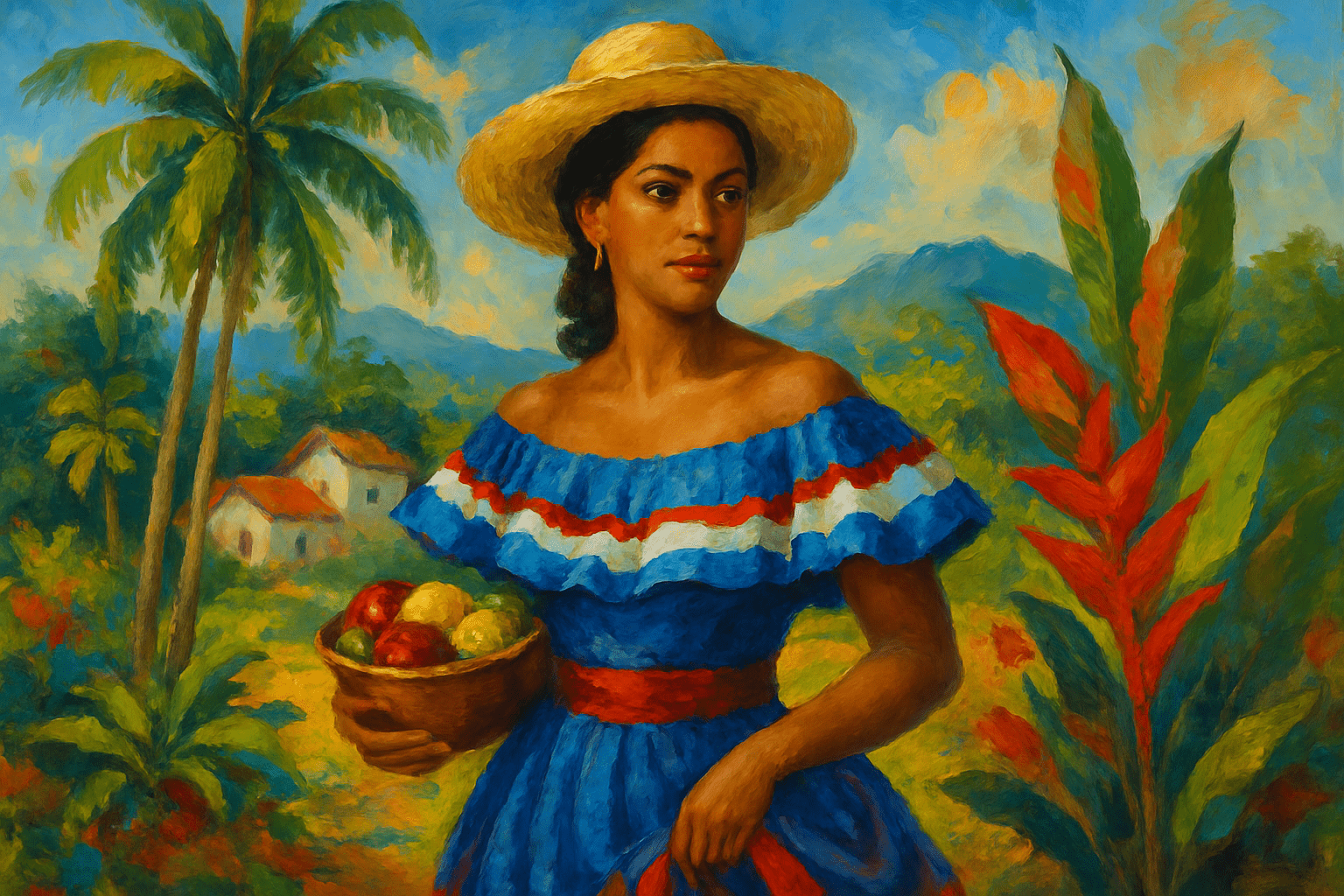
The art style Dominicans is characterized by its use of bright colors and bold patterns. Dominicans often use geometric shapes and patterns in their art, which can be seen in their paintings, sculptures, and architecture.
Thinking in the box: Impressionism, Modernism
Might also call it: The Dominicans are also known as the Order of Preachers.
Doodle No.269
Doodle is a simple, yet effective art style that can be used to communicate a wide range of messages. It is characterized by its use of simple lines and shapes, and its ability to convey a message with minimal effort. Doodle is often used in advertising and marketing, as it is able to capture attention and communicate a message quickly and effectively.
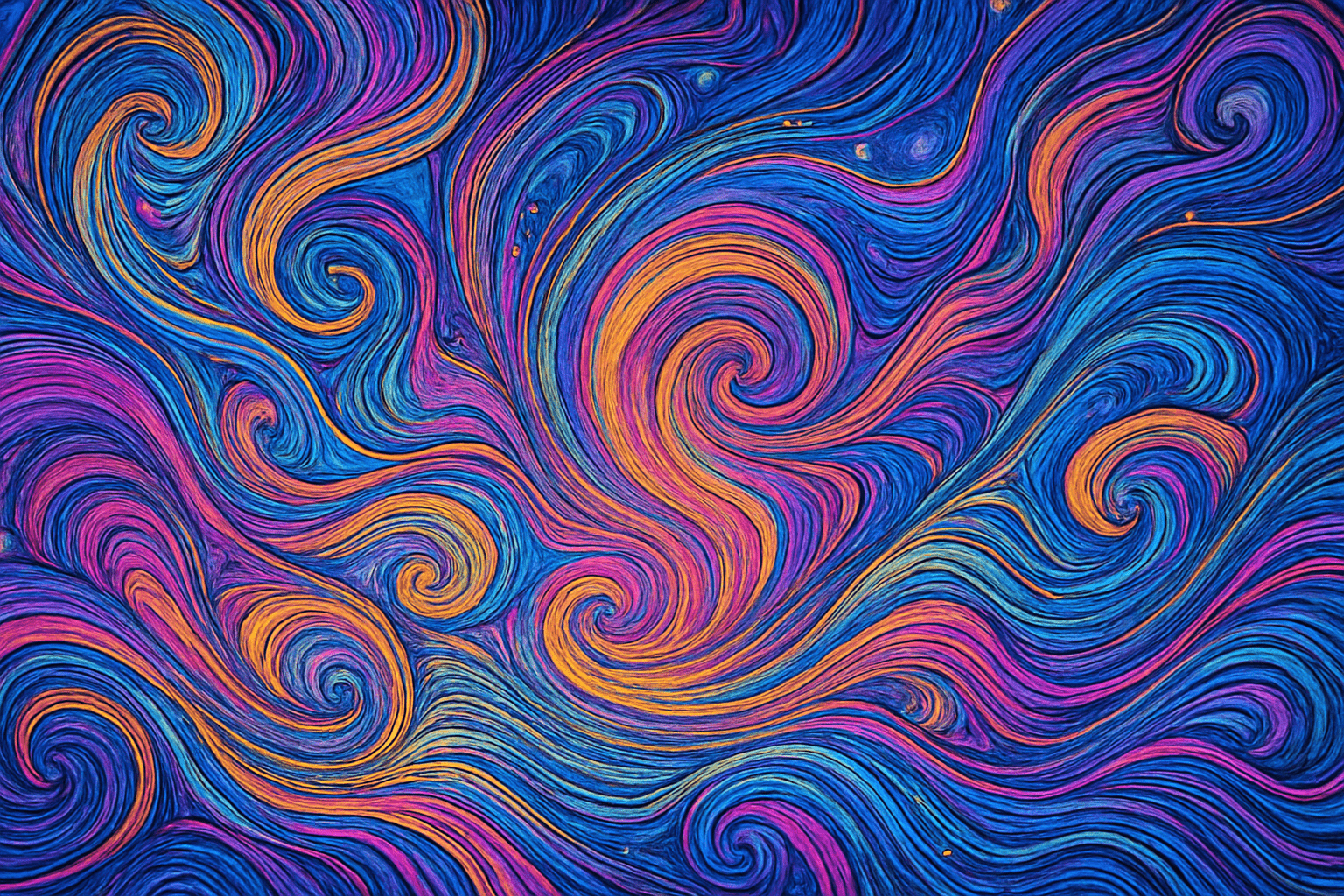
The Doodle art style is characterized by its simple, childlike drawings and bright colors. Doodle art is often created spontaneously, without planning or forethought, and is usually not intended to be a finished work of art.
Thinking in the box: Impressionism, Modernism
Might also call it: Doodle can mean to draw or sketch aimlessly, or to waste time. Some synonyms for doodle are: -Sketch -Draw -Doodle -Waste time
Doodle Drawing No.270
Doodle Drawing is a simple, yet effective art style that can be used to create a variety of images and designs. This art form is often used by artists to create quick sketches or to add embellishments to existing artwork. Doodle Drawing can be used to create a wide range of images, from simple cartoons to complex illustrations.

The Doodle Drawing art style is characterized by its simple, yet expressive lines. The drawings are often done in black and white, but can also include color. They are usually done quickly, without a lot of planning or thought, and often have a whimsical or childlike quality to them.
Thinking in the box: Impressionism, Modernism
Might also call it: Sketch, doodle, drawing, painting
Doodling No.271
Doodling is a type of drawing that is usually done without much thought or planning. Doodles are often simple and abstract, and can be done quickly and without much effort. Many people doodle when they are bored or when they are trying to think of something else. Doodling can also be a form of self-expression, and can be used to communicate ideas or feelings.
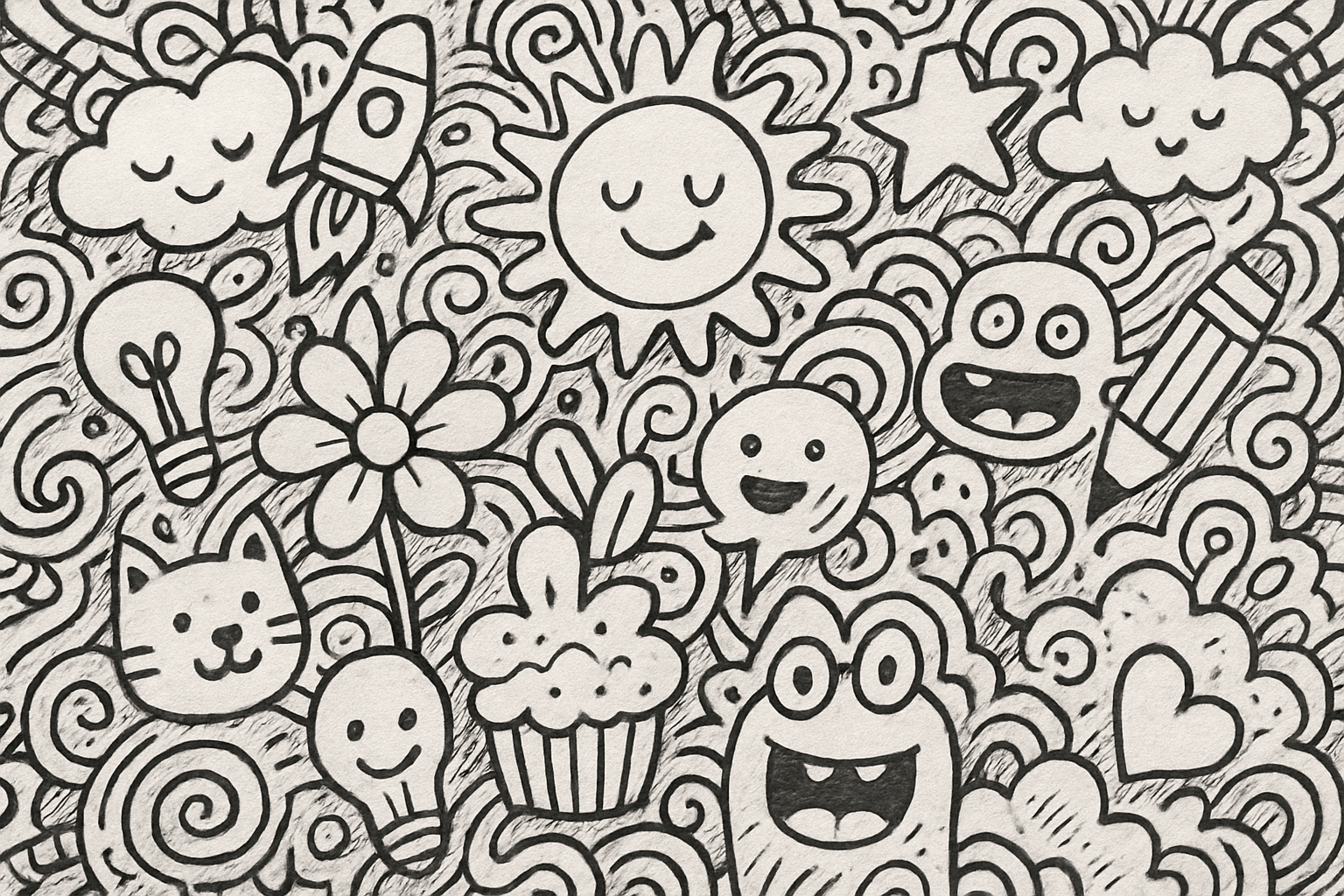
The art style of doodling is usually characterized by simple and repetitive shapes. The shapes are often abstract and lack a clear subject matter. Doodling is often seen as a way to relax and unwind, and the art style reflects this. The shapes are often not meant to be perfect, and the overall look is often messy and chaotic.
Thinking in the box: Impressionism, Modernism
Might also call it: Sketching, drawing, scrawling, scribbling.
Doom No.272
Doom is a first-person shooter video game developed by id Software and published by Bethesda Softworks. It was released on May 13, 2016, for Microsoft Windows, PlayStation 4, and Xbox One. Doom is a reboot of the 1993 game of the same name and is the first major installment in the Doom franchise. The game is set on the fictional planet of Mars, in the year 2145. The player takes control of an unnamed space marine, who must fight his way through hordes of demons to prevent the extinction of humanity. Doom is characterized by its fast-paced action, gruesome violence, and dark humor. The game's art style is heavily influenced by heavy metal and horror films.
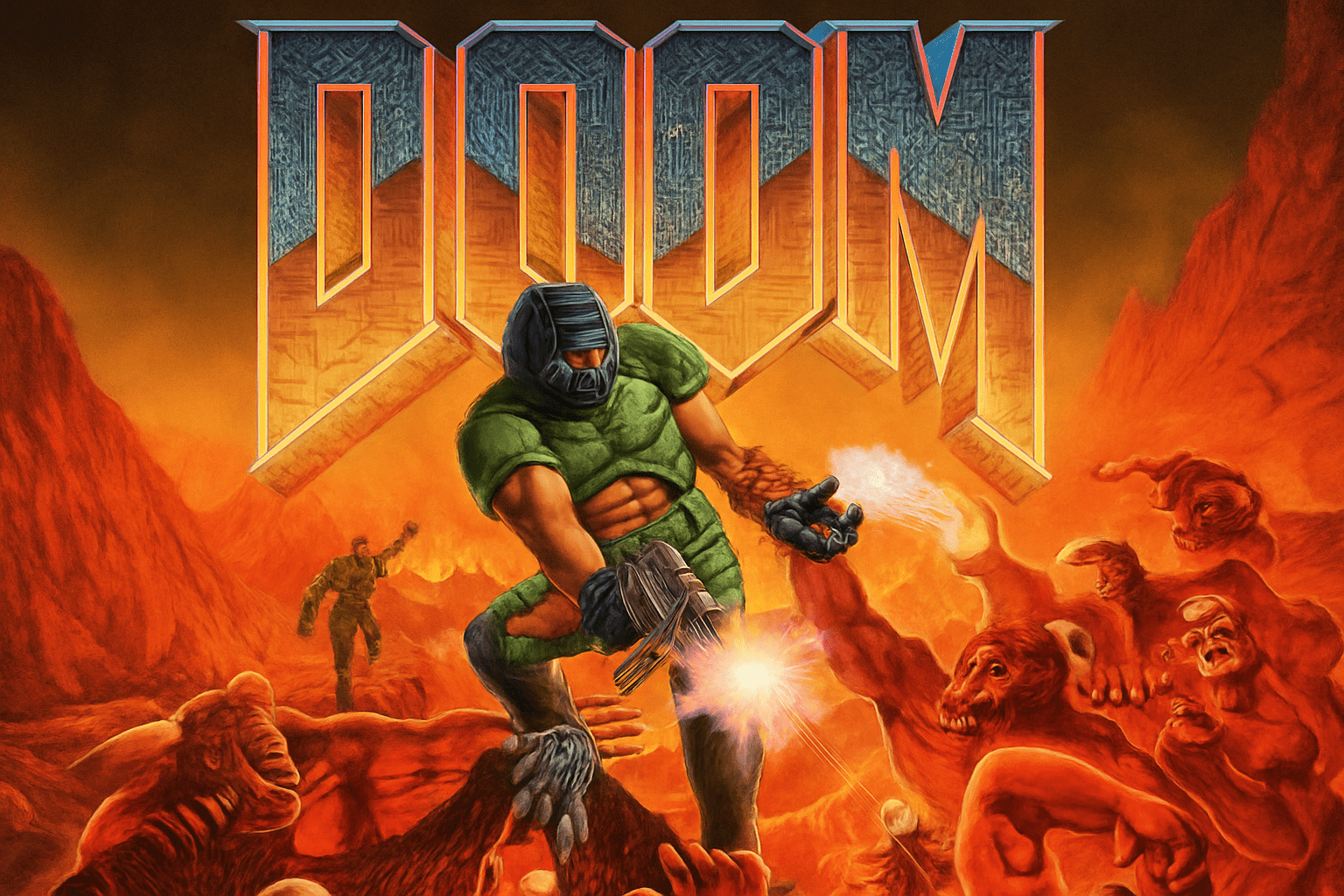
The art style of Doom is dark and gritty, with a focus on realism. The game's environment is designed to look like a realistic version of Hell, with blood and gore everywhere. The character models are also designed to look realistic, with detailed textures and realistic proportions.
Thinking in the box: Impressionism, Modernism
Might also call it: Destruction, ruin, death, end.
Double-exposure Photography No.273
Double-exposure photography is a technique in which two images are superimposed over each other to create a single image. This technique can be used to create a variety of different effects, including ghostly images, multiple exposures, and unique compositions.

In double-exposure photography, two images are superimposed onto one another. This can create a variety of effects, depending on the images used. For example, one image may be in focus while the other is blurry, or one image may be in color while the other is in black and white. Double-exposure photography can be used to create a sense of depth, movement, or mystery in an image.
Thinking in the box: Impressionism, Modernism
Might also call it: Multiple exposure photography, ghost photography, layering photography
Drawing and Painting Styles No.274
Drawing and Painting Styles is a professional and brief summary about the art style of drawing and painting. It covers the basics of the style and its history, as well as the different types of drawing and painting styles that exist.
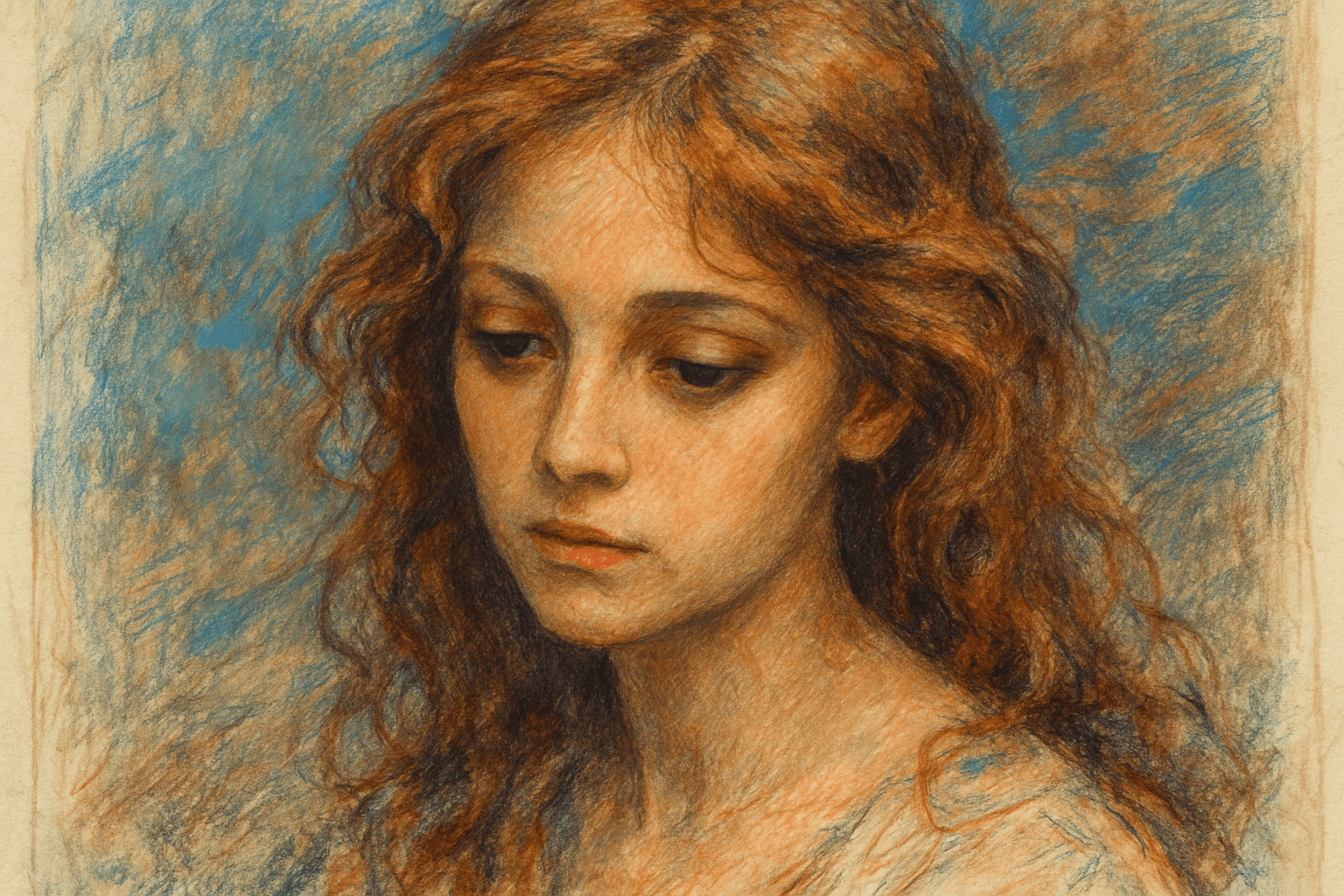
The visual appearance of the art style Drawing and Painting Styles is very colorful and detailed. The style is very realistic and often includes scenes from nature or everyday life.
Thinking in the box: Impressionism, Modernism
Might also call it: Artistic styles, genres, or movements in drawing and painting.
Dreamcore Fusion No.275
A surreal tapestry where dreams weave with digital pulse. This art style juxtaposes the ephemeral and the algorithmic, blurring reality’s edges with whimsy and wonder—a kaleidoscope of fleeting visions.
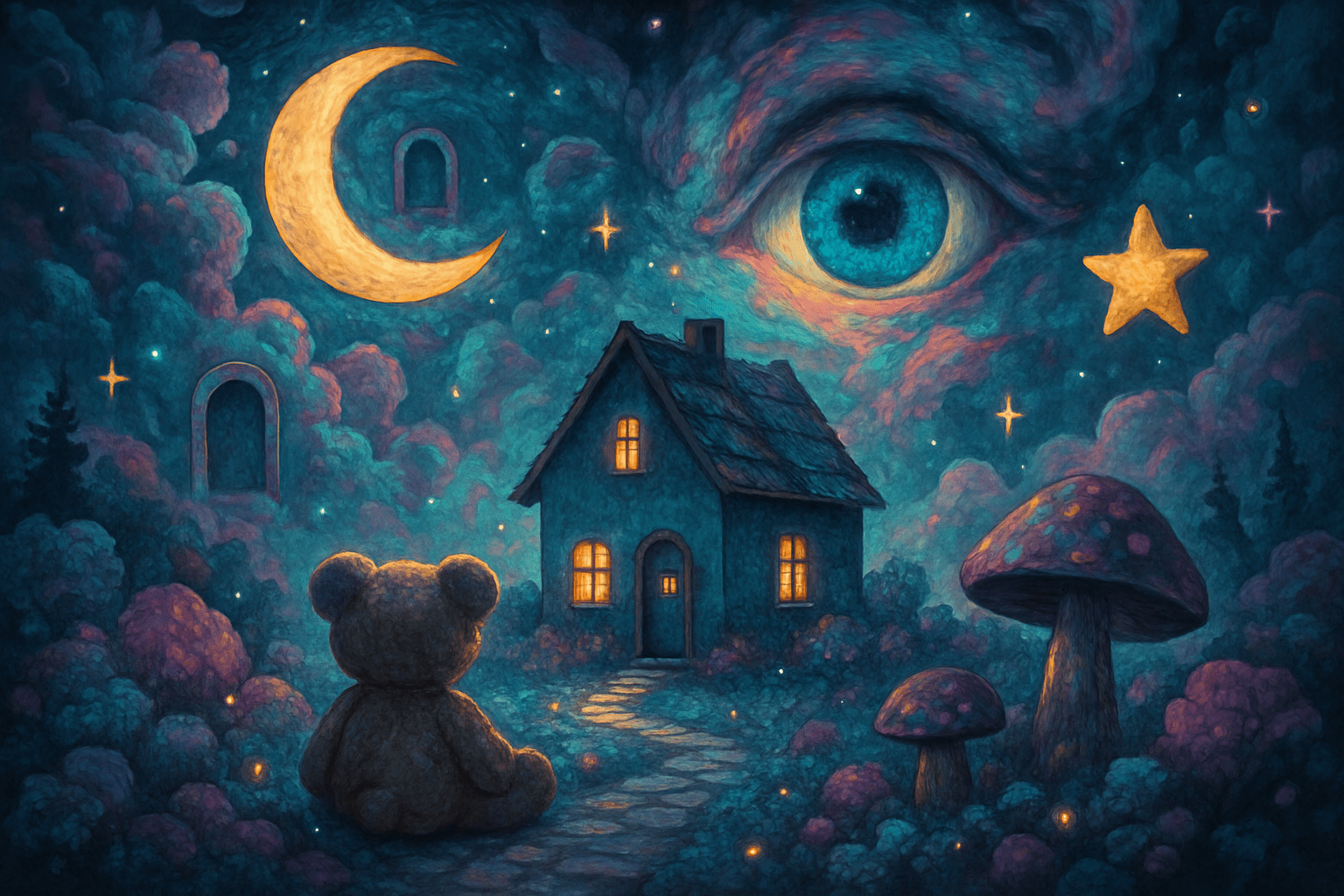
Ethereal landscapes collide with pixelated spectrums—like a lucid dream painted with vectors and halos. Memories and fantasies intertwine, birthing scenes where the moonlight dances upon a circuit board’s sheen.
Thinking in the box: Surrealism, Digitalism
Might also call it: Digital Surrealism, Cyber-Dreamscape
Dreamworks No.276
Dreamworks is an American animation studio that creates animated feature films, television programs, and online virtual games. The studio has released a total of 35 feature films, which have grossed over $13 billion worldwide. Dreamworks is a member of the Motion Picture Association of America (MPAA). Dreamworks was founded in 1994 by film directors Steven Spielberg, Jeffrey Katzenberg, and David Geffen. The studio has since released such films as The Prince of Egypt, Shrek, Kung Fu Panda, and How to Train Your Dragon. In 2015, the studio was acquired by Comcast.
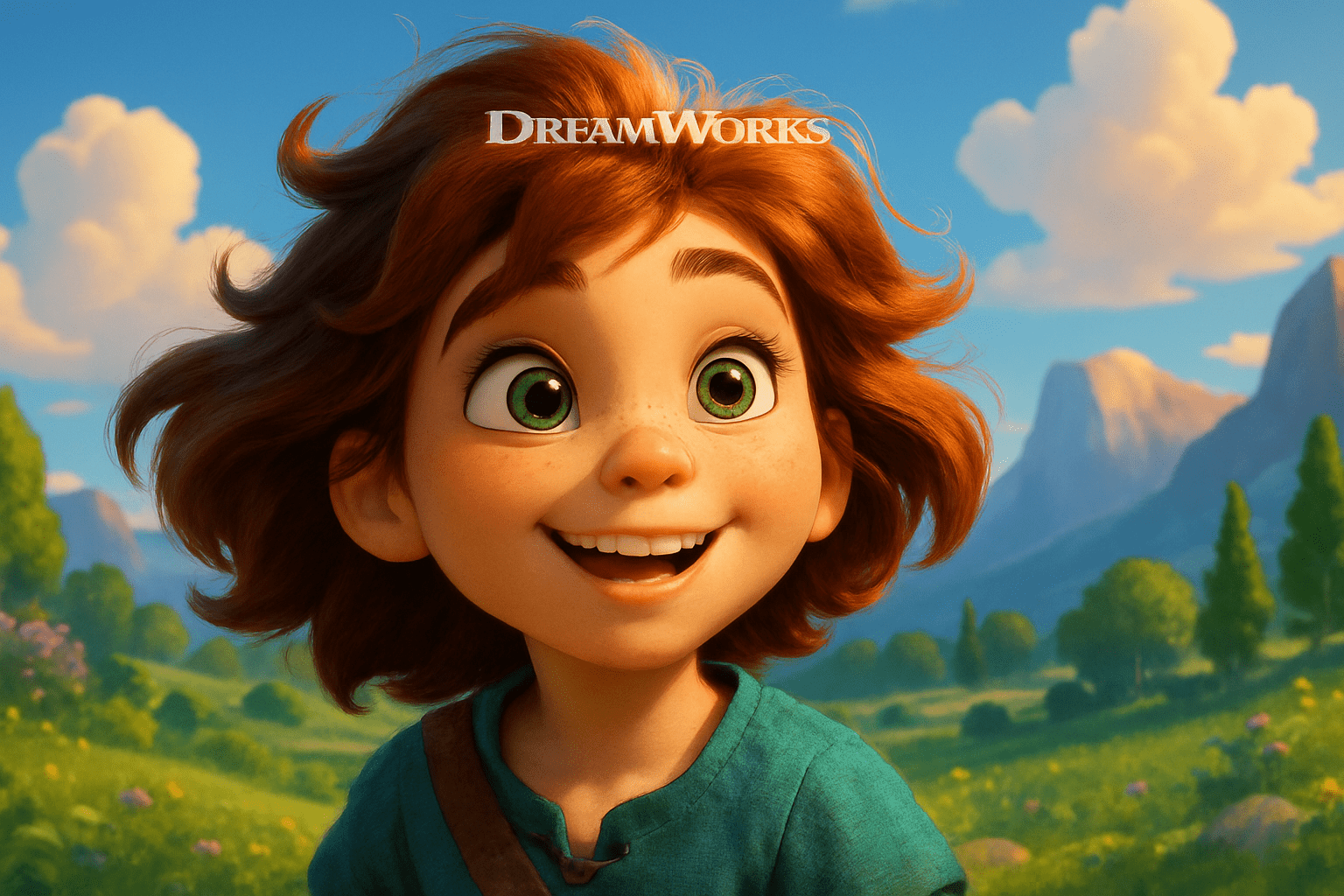
The art style of Dreamworks is very colorful and detailed. The characters are often very expressive and the worlds they inhabit are often fantastical and full of life.
Thinking in the box: Impressionism, Modernism
Might also call it: Fantasy, daydream, reverie, nightmare, vision.
Drone Photography No.277
Drone photography is a type of photography that is taken from a drone, which is a small, unmanned aircraft. This type of photography can be used for a variety of purposes, such as taking pictures of landscapes, buildings, or events. Drone photography has become increasingly popular in recent years due to the advancement of drone technology and the decrease in cost of drones.

The visual appearance of drone photography can vary depending on the artist's style and preferences. However, drone photography typically features sharp, clear images with a wide field of view. The perspective of drone photography is often unique and can offer a new perspective on familiar subjects.
Thinking in the box: Impressionism, Modernism
Might also call it: Aerial photography, remote photography, unmanned photography
Dutch No.278
Dutch art is characterized by its use of light and shadow to create a sense of depth. The style is often associated with the work of the 17th-century Dutch painters Rembrandt van Rijn and Johannes Vermeer.

The Dutch art style is characterized by its use of light and shadow to create a sense of depth. The style often features highly detailed scenes with a limited color palette.
Thinking in the box: Impressionism, Modernism
Might also call it: German, Flemish
Dutch golden age No.279
painting Dutch Golden Age painting is characterized by its realistic style, rich colors, and detailed depictions of everyday life. The artists of this period were highly skilled in their craft and were able to capture the essence of their subjects with great precision. This art style was popular in the Netherlands during the 17th century and has since been admired by art lovers all over the world.

The Dutch Golden Age was a period in Dutch history, roughly spanning the 17th century, in which Dutch trade, science, military, and art were among the most acclaimed in the world. The first half of the century is often characterized as the Dutch Golden Age, while the second half is known as the Silver Age. Dutch Golden Age art is characterized by its realistic style, intense colors, and minute details. Artists of the Dutch Golden Age often depicted everyday scenes, such as markets and domestic life, as well as landscapes and portraits. Their work was highly sought after by wealthy patrons, and their paintings often fetched high prices.
Thinking in the box: Impressionism, Modernism
Might also call it: The Dutch Golden Age was a period of great prosperity and artistic achievement in the Netherlands during the 17th century, when Dutch trade, science, and art were among the most acclaimed in the world.
Early Christian Art No.280
Emerging in catacombs and basilicas, Early Christian Art echoes faith's whisper. Mosaics glow in dim spaces; symbols speak in sacred silence. It bridges earth and divine, an art of embodiment and transcendence.
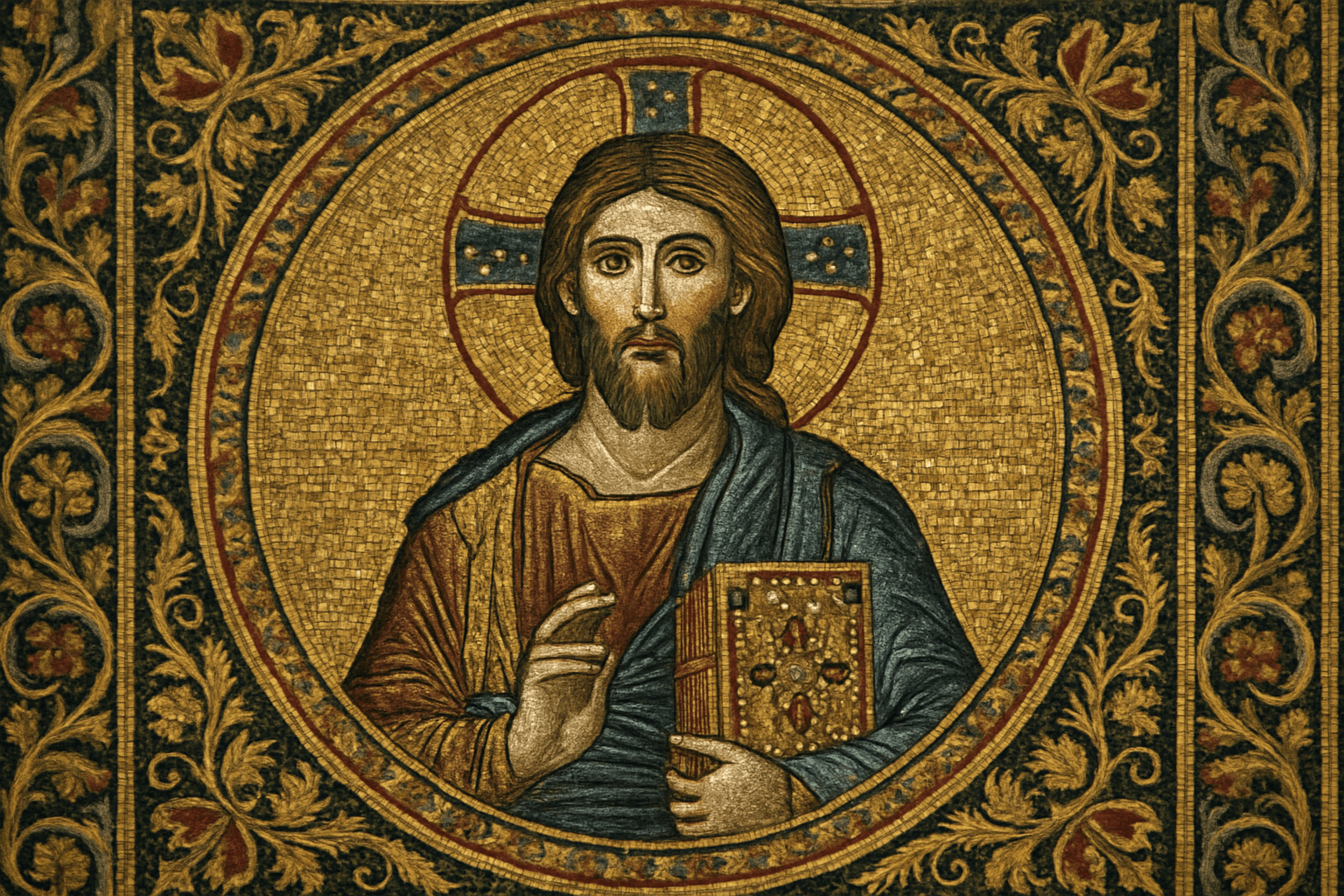
Radiant mosaics gleam with divine stories; frescoes breathe softly on ancient walls. A palette of humility; golds and blues blend to convey ethereal realms. Visuals known for modesty, yet vibrant spirituality.
Thinking in the box: Sacred Art, Religious Art
Might also call it: Paleochristian Art
Early Netherlandish No.281
painting Early Netherlandish painting is a style of painting that flourished in the Low Countries during the 15th and early 16th centuries. The style is characterized by its use of light and shadow, its intricate details, and its realistic portrayal of people and landscapes. Early Netherlandish painters were some of the first to use oil paint, and they were able to achieve a high level of realism in their paintings. Many of their paintings were religious in nature, and they often depicted scenes from the Bible. Some of the most famous Early Netherlandish painters include Jan van Eyck, Hans Memling, and Gerard David.
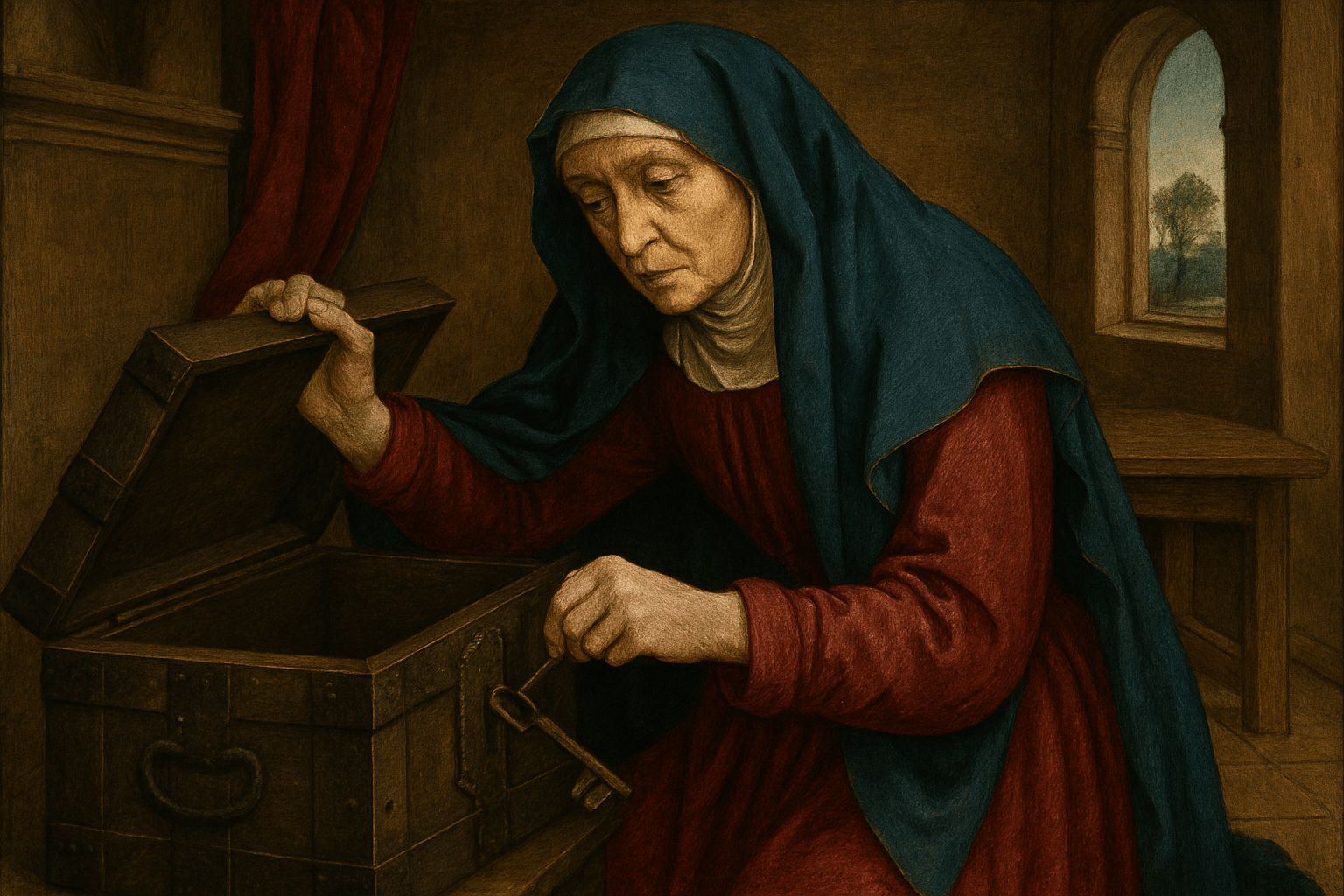
painting Early Netherlandish painting is characterized by its use of light and shadow to create a sense of depth, its use of rich colors, and its detailed and realistic style.
Thinking in the box: Impressionism, Modernism
Might also call it: Late Gothic, Flemish Primitives
Early Renaissance No.282
The Early Renaissance was a period of great artistic achievement, marked by a renewed interest in the classical art of Greece and Rome. Artists of the Early Renaissance sought to imitate the style of the great masters of the past, while also developing their own unique techniques. The result was a period of incredible creativity, with artists such as Leonardo da Vinci, Michelangelo, and Raphael producing some of the most iconic works in the history of art.
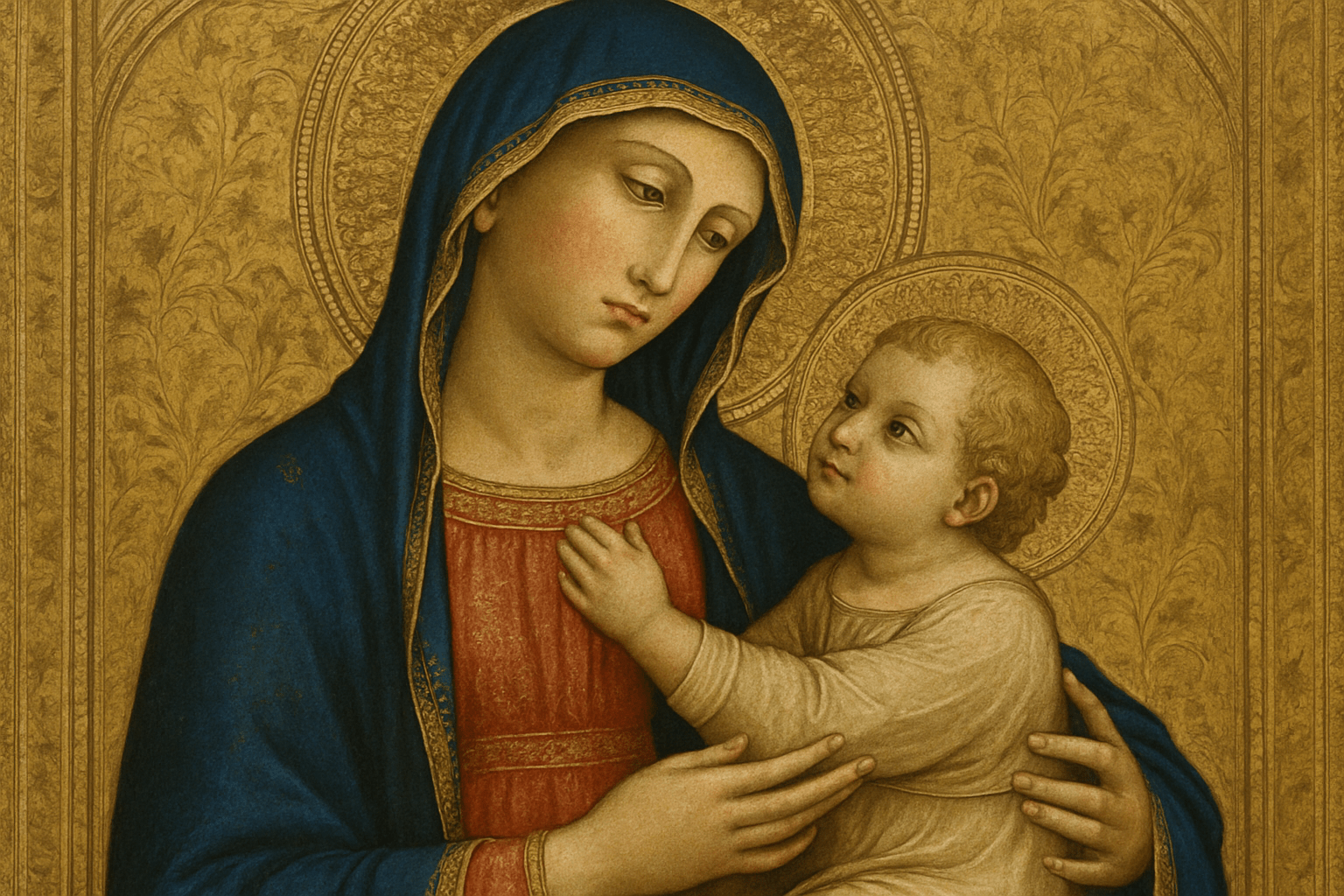
The art style of the Early Renaissance is characterized by a return to the naturalism of the Classical period. Artists sought to depict the world as it actually appeared, rather than idealized or stylized versions of reality. This is evident in the work of artists such as Leonardo da Vinci and Michelangelo, who were both masters of realistic depiction. The Early Renaissance period saw a renewed interest in the human figure, and artists sought to capture the beauty and grace of the human form. This is evident in the many paintings and sculptures of the period that feature the nude figure. The Early Renaissance art style is also characterized by a focus on light and shadow, and a use of perspective to create a sense of depth and space.
Thinking in the box: Impressionism, Modernism
Might also call it: The Early Renaissance was a time period in which artists began to break away from the constraints of the Middle Ages. This period is also known as the Proto-Renaissance.
Earth Art No.283
A testament to the artistry of nature itself, Earth Art transforms landscapes into its canvas, where rock, soil, and flora merge into ephemeral sculptures of raw beauty and silent power.

Earth Art unfolds as a visual dialogue between human intention and natural expanse, with earthworks that ripple across land, echoing epochs beneath their weathered textures and whispering winds through towering spirals of stone.
Thinking in the box: Sculpture, Environmental Art, Conceptual Art
Might also call it: Land Art, Environmental Art, Earthworks
Echo Prism Detailing No.284
Echo Prism Detailing glimmers with layers of refracted light. It captures life's echoes, resembling a whisper caught between prisms. Interplays of color reveal hidden narratives in luminous fragments.
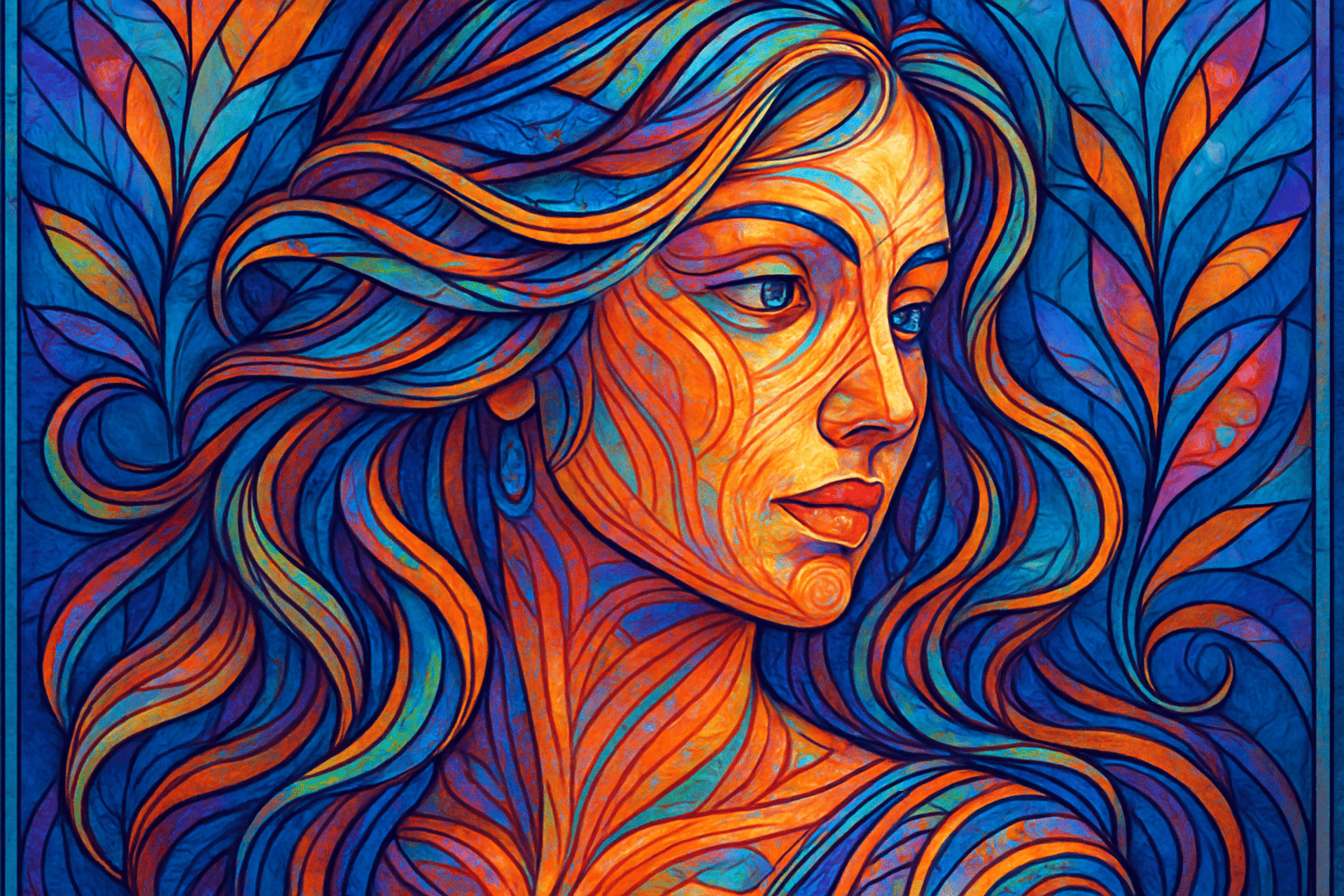
Cascading colors burst forth like sunlight through fractured glass, navigating between surreal perspectives. The visual symphony unfurls in spectral hues, ghosting the edges with an ethereal sheen.
Thinking in the box: Impressionism, Modernism
Might also call it: Luminous Echo, Prism Paintscape, Refracted Reverie
Echoform No.285
Echoform whispers modernity and echoes the past. It bridges technology and artistry with a vivid palette, crafting connections between the palpable and the abstract. This art style hums with life in every brushstroke.
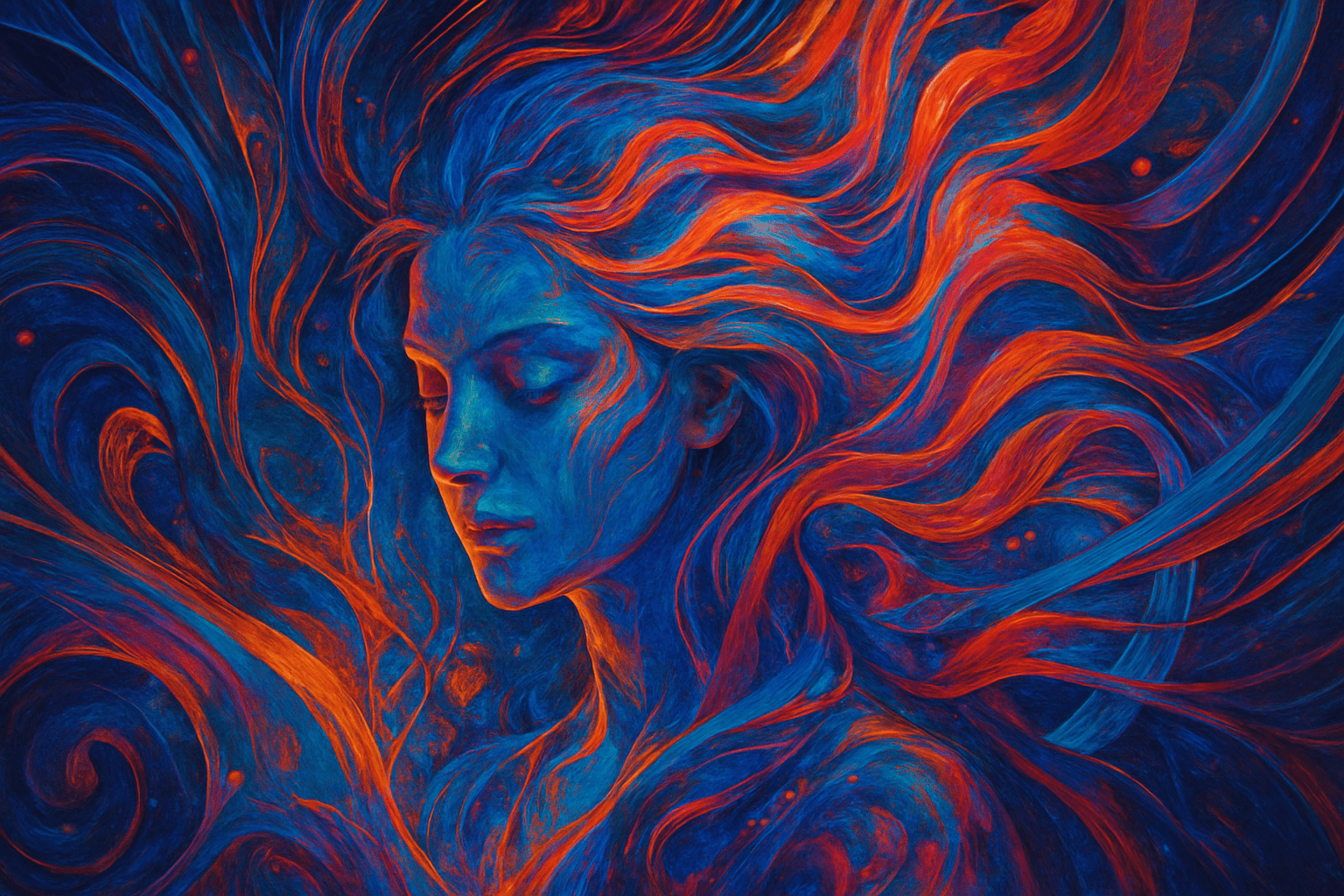
Vibrant yet restrained, Echoform mingles clean lines with bursts of chaotic color. Its images oscillate—serene landscapes collide with dissonant cityscapes—creating a seamless tapestry of reality and reverie. Hues dance, shadows embrace.
Thinking in the box: Impressionism, Modernism, Digital Surrealism
Might also call it: Techno-fusion, Neo-analog, Quantum Realism
Eco Art No.286
Eco Art is a harmony of creativity and nature. Melding organic forms with human touch, it breathes life into sustainability—where every piece is a whisper from the Earth, echoing its silent plea for reverence.

The essence of Eco Art lies in its rustic textures and earthy palettes. Vivid greens meet muted browns, roots twisting around branches, entrapping stories of resilience in every carefully crafted detail, akin to nature's scrapbook.
Thinking in the box: Environmental Art, Land Art, Community Art
Might also call it: Ecological Art, Sustainable Art, Nature Art
Ecological Art No.287
Ecological Art is a term used to describe art that is based on or inspired by nature. This type of art can be found in many different forms, including painting, sculpture, photography, and even architecture. Ecological Art often has a message or purpose behind it, such as raising awareness about environmental issues.
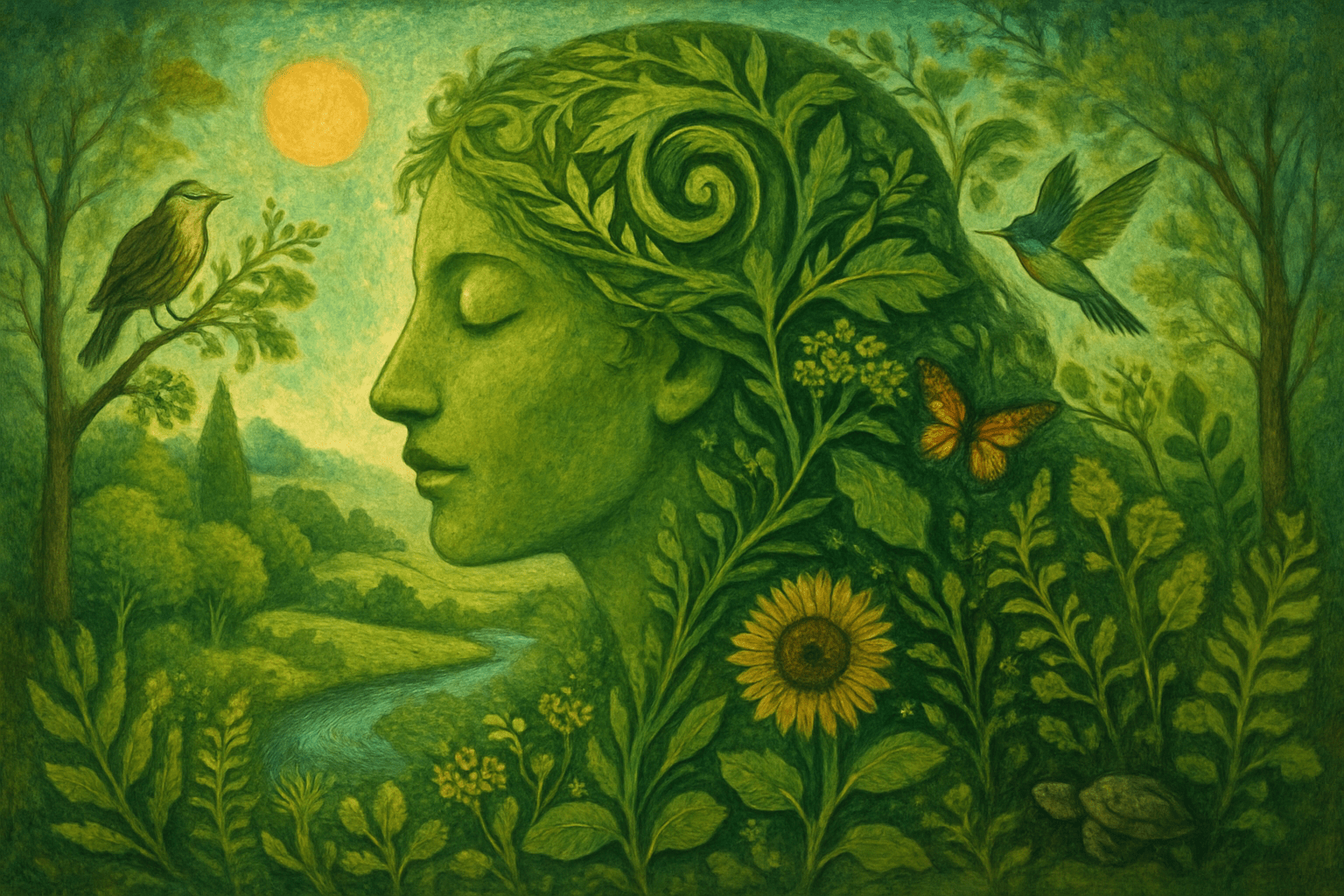
Ecological Art is a type of art that is focused on the environment and the relationship between humans and nature. This type of art often uses natural materials, such as leaves, branches, and rocks, and incorporates them into the artwork. Ecological Art is often colorful and whimsical, and often has a message about the importance of protecting the environment.
Thinking in the box: Impressionism, Modernism
Might also call it: Nature Art, Environmental Art, Green Art
Ecuadorians No.288
The art style of Ecuadorians is characterized by its use of bright colors and bold patterns. Ecuadorian artists often use traditional motifs and symbols in their work, which often has a strong cultural and historical significance. Ecuadorian art is often very expressive and emotional, and often conveys a message of social or political importance.

The art style of Ecuadorians is very colorful and often includes geometric shapes.
Thinking in the box: Impressionism, Modernism
Might also call it: Ecuadorians can also be referred to as Ecuadorian people or Ecuadorian nationals.
Edo Period Art No.289
A visual symphony of tradition and innovation. This art embraces ukiyo-e prints and serene landscapes, celebrating the everyday with vivid colors and spirited lines.
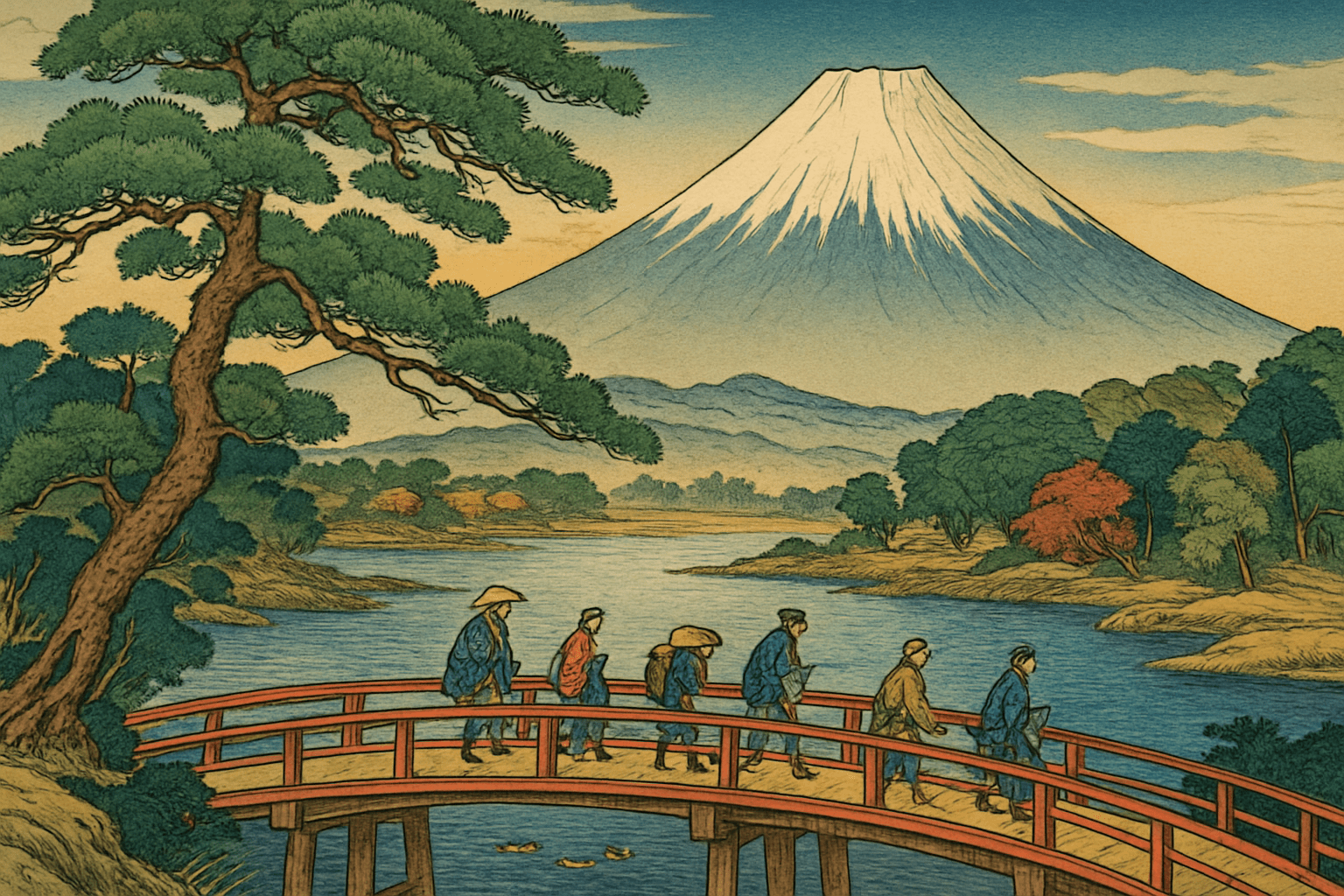
Delicately drawn contours encapsulate ephemeral beauty. Prints unfold stories in vibrant hues, revealing life's fleeting moments through art. Bold compositions harmonize with subtler landscapes, showcasing everyday life with refined elegance.
Thinking in the box: Japanese Art, Ukiyo-e
Might also call it: Floating World Art, Ukiyo-e Style
Egypt art No.290
The art style of ancient Egypt is characterized by its use of simple shapes and flat areas of color. Egyptian artists used a limited palette of colors, which they applied in a highly stylized manner. Common motifs in Egyptian art include images of the sun, animals, and pharaohs. Egyptian art is known for its distinctive style, which features simple shapes and flat areas of color. Egyptian artists used a limited palette of colors, which they applied in a highly stylized manner. Common motifs in Egyptian art include images of the sun, animals, and pharaohs.
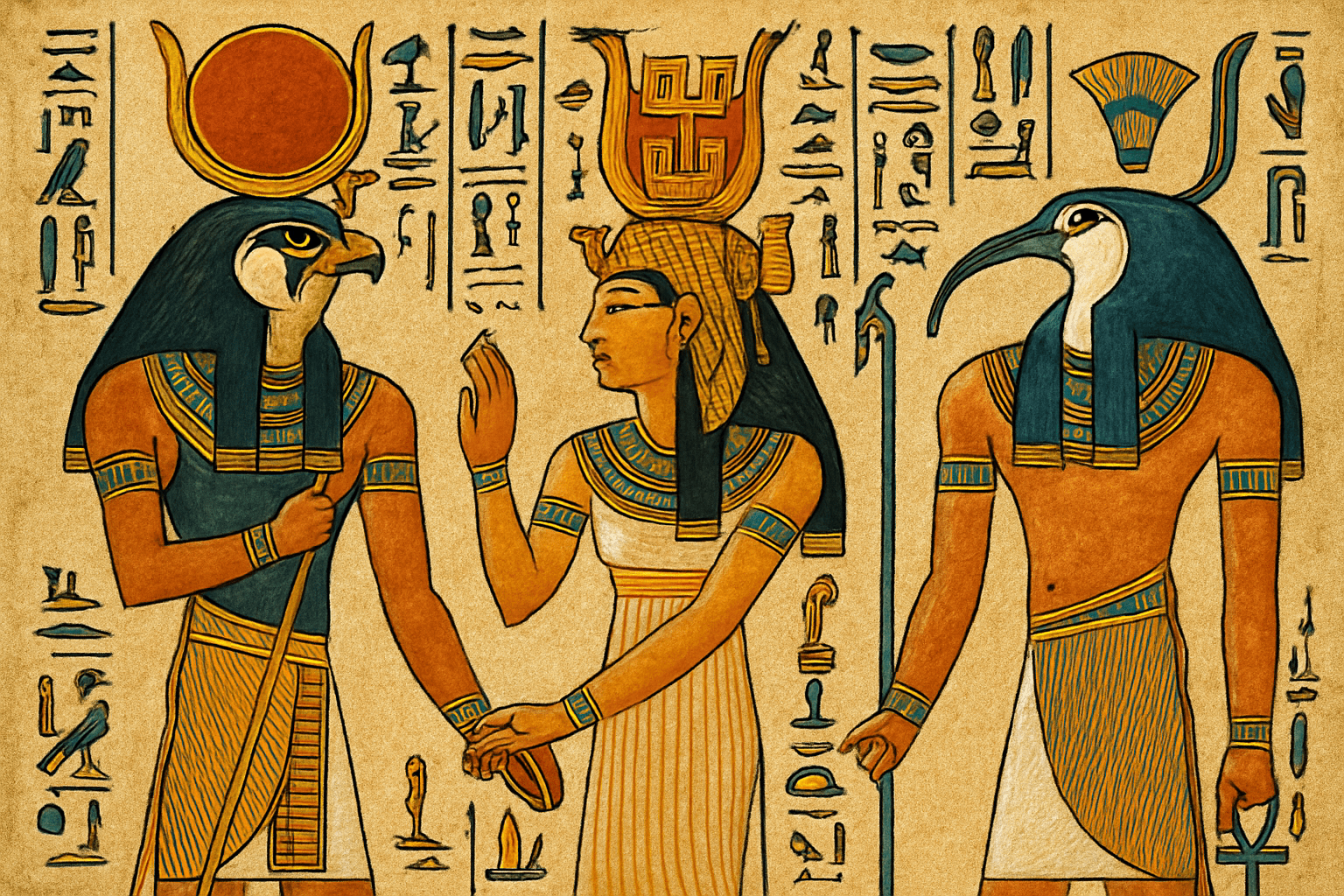
The art style of ancient Egypt is characterized by its use of simple lines and shapes. Egyptian artists often used a limited palette of colors, which resulted in a distinctive style of art.
Thinking in the box: Impressionism, Modernism
Might also call it: Egyptian art
Egyptian art No.291
Egyptian art is characterized by its use of simple lines and shapes. It is often considered to be one of the first art styles to use geometric forms. Egyptian art is also known for its use of bright colors.

The art style of Egyptian art is characterized by its use of bold lines and flat areas of color. Egyptian artists often used a limited palette of colors, which tended to be bright and intense. They also used a variety of techniques to create different effects, such as painting in profile or using relief carving.
Thinking in the box: Impressionism, Modernism
Might also call it: Pharaonic art, Ancient Egyptian art
Egyptians No.292
The art style of the Egyptians is characterized by its use of bright colors and bold patterns. Egyptian artists often use geometric shapes and patterns in their work, which can be seen in the paintings, sculpture, and architecture of the country.
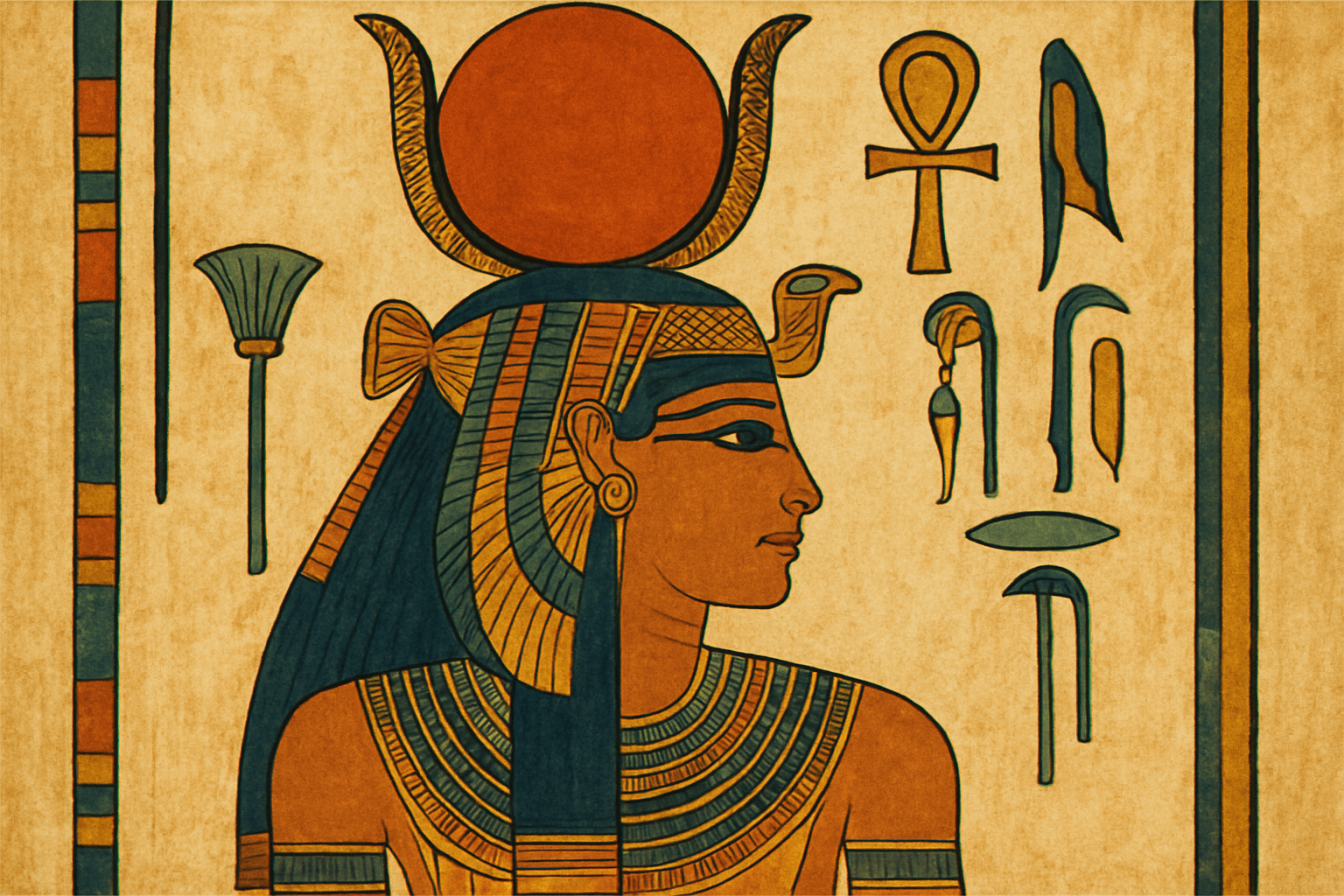
The art style of the Egyptians is characterized by its use of bold and bright colors, as well as its use of geometric shapes.
Thinking in the box: Impressionism, Modernism
Might also call it: Pharaohs, pyramids, tombs, mummies, hieroglyphics
Electronic Art No.293
Electronic art is a type of art that uses electronic media to create works of art. This can include anything from using computers to create digital art, to using electronic devices to create physical art.

The visual appearance of electronic art can vary greatly, depending on the artist's intention. Some electronic art may resemble traditional art forms such as painting or sculpture. Others may be completely abstract, consisting of shapes, colors, and patterns that are generated by computer software.
Thinking in the box: Impressionism, Modernism
Might also call it: Digital art, new media art, computer art, multimedia art, virtual art, cyberspace art
Embroidery Drawing No.294
Embroidery drawing is a type of drawing that uses thread to create images on fabric. This type of drawing is often used for decorative purposes, but can also be used to create portraits or other types of artwork. Embroidery drawing is a relatively simple process that can be learned by anyone with basic sewing skills.

The visual appearance of embroidery drawing is very intricate and detailed. The lines are often very thin and delicate, and the overall effect is very ornate and beautiful.
Thinking in the box: Impressionism, Modernism
Might also call it: Decorative needlework, embellished sewing, fancy stitching.
Emiratis No.295
The Emiratis are a group of people from the United Arab Emirates who share a common culture and heritage. The Emirati art style is characterized by its use of bright colors and geometric patterns. Emirati artists often use traditional Islamic motifs in their work, as well as elements from nature. The Emirati art style is unique and recognizable, and has been influenced by the cultures of the Middle East, Africa, and Asia.

The Emiratis art style is characterized by its use of bright colors and geometric patterns. Emirati artists often use a technique called taswir, which involves the use of stencils to create intricate patterns.
Thinking in the box: Impressionism, Modernism
Might also call it: UAE citizens, Arabs
A playful carnival of digital icons No.296
A digital mosaic of vibrant icons that transcend language, transforming mundane messages into playful, visual expressions. Celebrates the universality and emotional depth of simple pictograms.

Vivid symbols dance across screens. A parade of smiles, tears, and cheeky expressions captured within tiny circles. Virtual hieroglyphics punctuate our digital conversations with flair.
Thinking in the box: Digital Art, Modern Art
Might also call it: Digital Icons, Pictogram Art, Internet Hieroglyphics
Emotion Vectorism No.297
Emotion Vectorism translates raw human emotion into bold, sweeping lines, and kaleidoscopic colors, capturing the essence of feelings beyond language's grasp. It's an interplay between chaos and order, manifesting the unspoken.
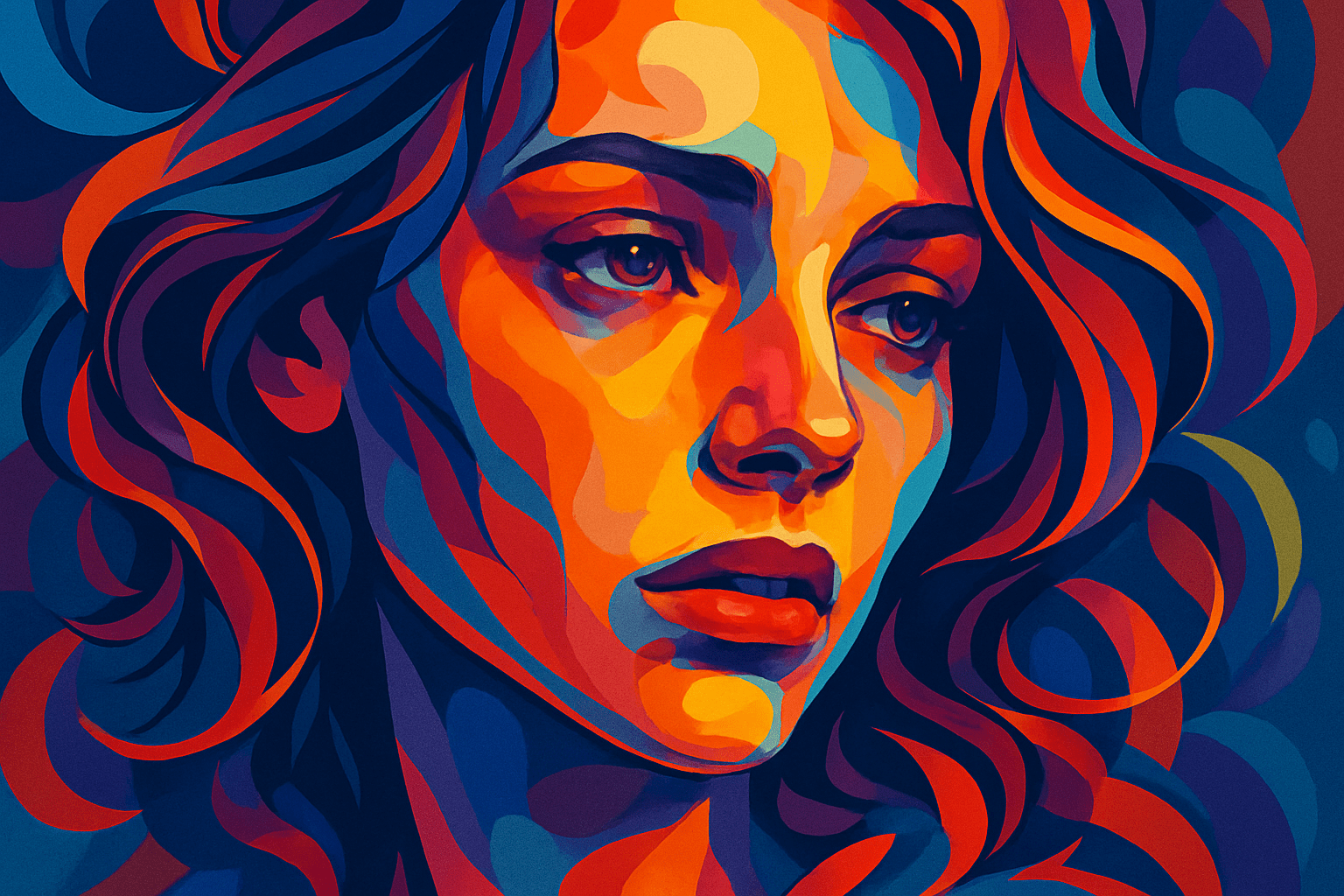
Visual explosions of radiant hues collide, intertwining like rivers meeting at a confluence. Lines dance upon canvas like whispers in a crowded room, revealing emotion with a visceral resonance.
Thinking in the box: Abstract, New Media
Might also call it: Emotional Visualization, Emotional Dynamics
Encaustic Painting No.298
Encaustic painting is an ancient art form using heated beeswax to which colored pigments are added, yielding luminescent results.
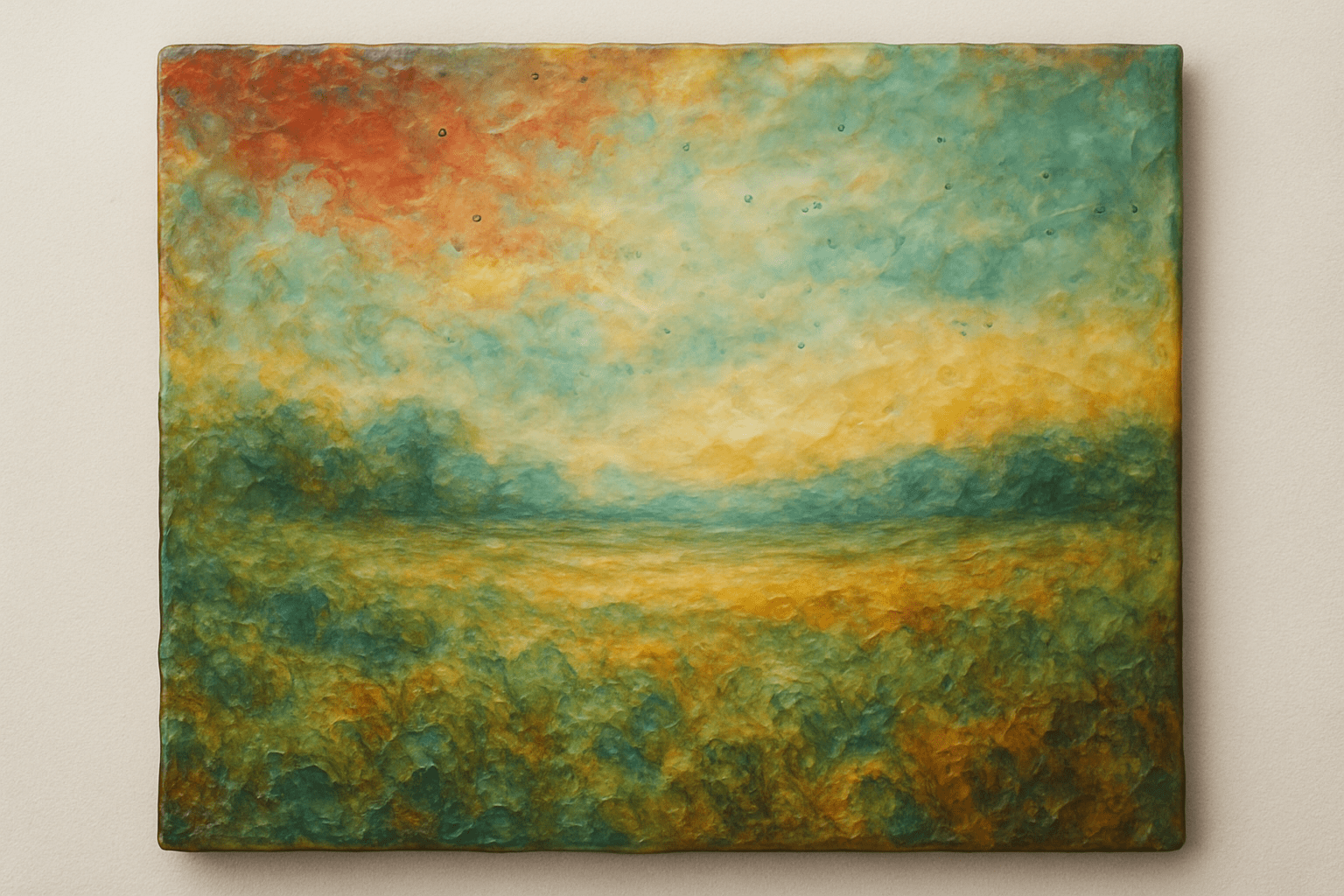
Encaustic paintings shimmer under light, layers of wax give depth, capturing the eye with their vivid and lustrous sheen.
Thinking in the box: Ancient Art, Modern Techniques
Might also call it: Hot Wax Painting, Wax Encaustic
Engraving No.299
A meticulous dance of lines and shadows, engraving captures the essence of metal and wood, transforming the ordinary into extraordinary tales etched by skilled hands.
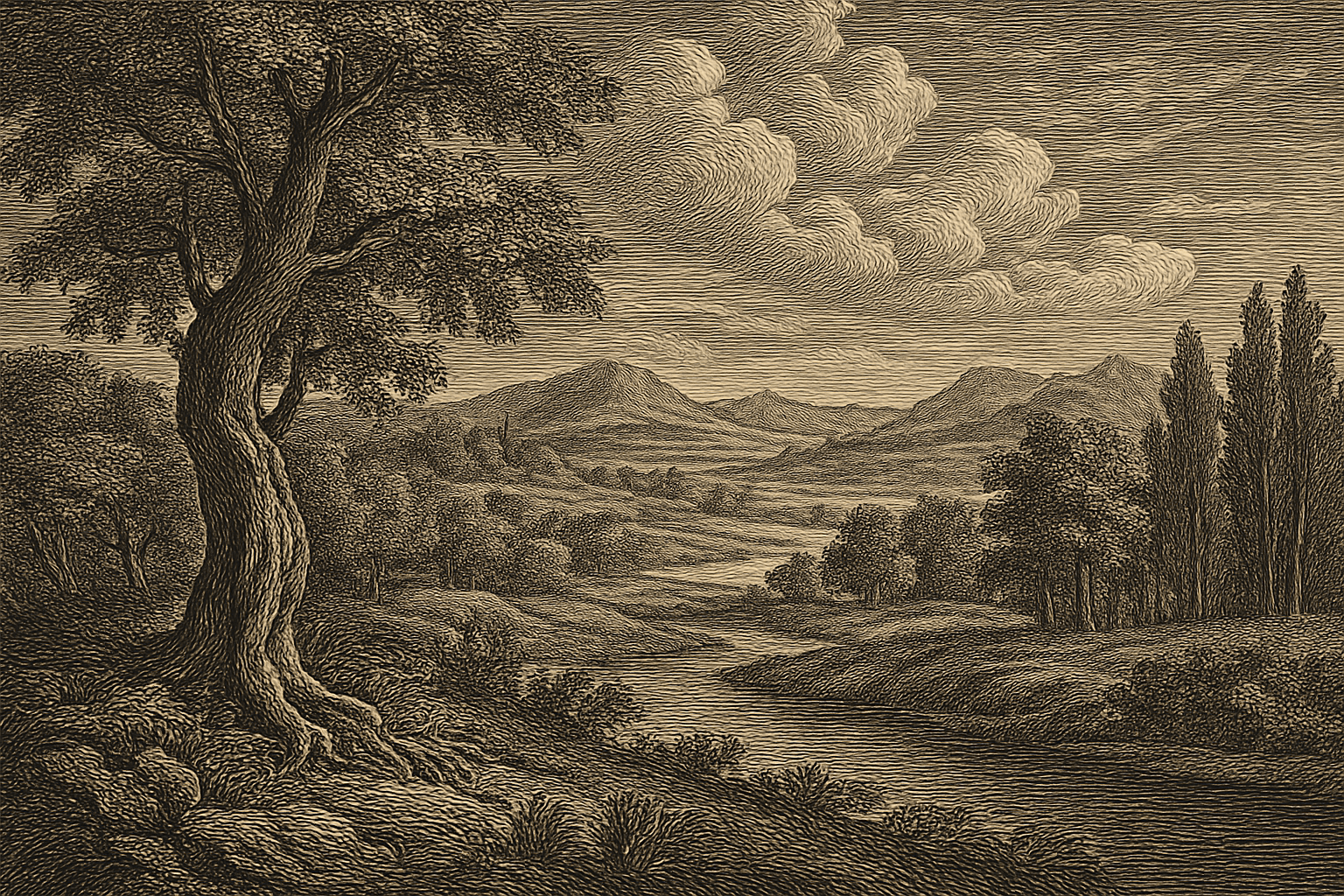
Crisp black lines carve worlds in meticulous detail; chiaroscuro plays in a ballet of light and shadow, sculpting narratives in metal and wood, echoing whispers of history.
Thinking in the box: Renaissance, Baroque, Realism
Might also call it: Etching, Incision Art, Intaglio
Entropy Realism No.300
Entropy Realism captures the kaleidoscope of life's intricate chaos, balancing precise detail with wild abstraction. A dance between control and unpredictability, forever teetering on the brink of both order and disarray.

This style juxtaposes crystalline shapes and fluid forms, melding vivid color splashes with delicate lines that unravel across canvases. It is both a harmonious embrace and a cacophonous clash, inviting viewers to get lost in its layers.
Thinking in the box: Impressionism, Modernism, Abstract
Might also call it: Chaotic Realism, Realistic Entropism
Environmental art No.301
Environmental art is a term used to describe a range of artistic practices encompassing both the natural environment and the built environment. Environmental artists work in a variety of media, including painting, sculpture, land art, architecture, performance art, and new media. The term "environmental art" was first coined by the American artist Robert Smithson in the late 1960s. Since then, environmental art has become an increasingly popular and diverse field of artistic practice. Environmental art often seeks to raise awareness of environmental issues and to promote sustainable living. It can also be used as a tool for environmental conservation and restoration.

The visual appearance of environmental art is often very naturalistic, as it seeks to imitate or represent the natural world. This can be seen in the use of organic forms, natural materials, and muted colors. The overall goal is to create a harmonious and calming effect that encourages viewers to appreciate and respect the natural world.
Thinking in the box: Impressionism, Modernism
Might also call it: 1. Nature art 2. Land art 3. Eco-art 4. Green art 5. Sustainable art
Eraserhead No.302
Eraserhead is a 1977 American surrealist body horror film written, produced, and directed by David Lynch. The film follows Henry Spencer (John Nance), who is left to care for his deformed infant son in a desolate industrial landscape. The film has been described as "Lynch's nightmare vision of post-industrial America". Eraserhead is an important work in the development of Lynch's unique directorial style, which combines elements of surrealism, horror, and black comedy. The film's nightmarish quality is enhanced by its industrial setting, off-kilter sound design, and eerie visual effects. Eraserhead is a cult classic, and its influence can be seen in subsequent works by Lynch and other filmmakers.
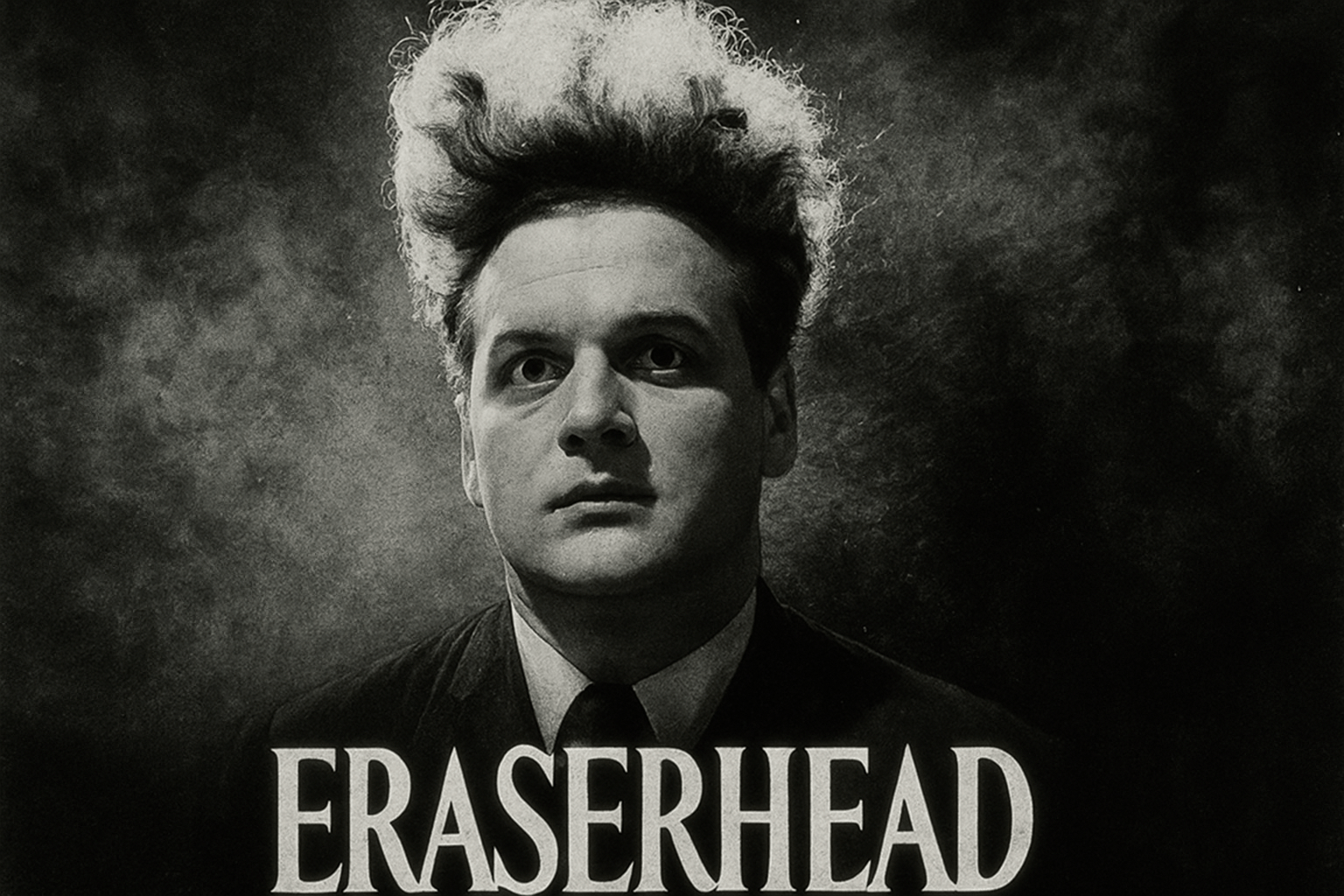
The art style of Eraserhead is very dark and surreal. The majority of the film is set in a dark, industrial environment, and the characters are often shown in silhouette or with their faces hidden in shadow. This creates a feeling of unease and isolation, which is amplified by the film's use of sound design to create a sense of unease and disorientation.
Thinking in the box: Impressionism, Modernism
Might also call it: Rubber, pencil, pen
Estonians No.303
Estonian art is characterized by its use of natural materials, simplicity, and geometric forms. Common motifs include animals, birds, and plants. Estonian artists often use bright colors and bold patterns.
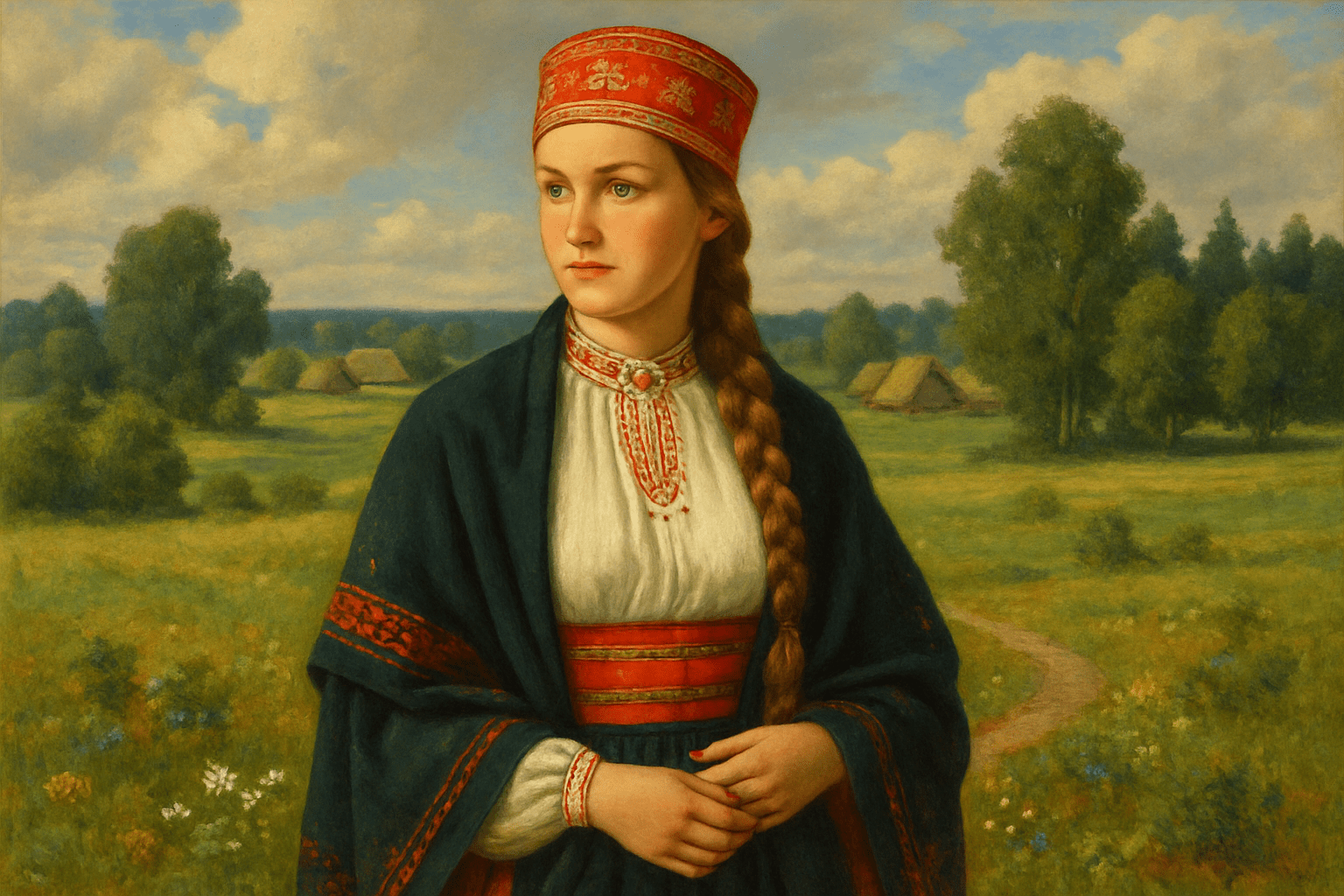
The art style of Estonians is characterized by its use of bright colors and bold patterns. Estonian artists often use traditional motifs in their work, which can be seen in the use of geometric shapes and floral patterns. Estonian art is also known for its use of folk art traditions, such as wood carving and weaving.
Thinking in the box: Impressionism, Modernism
Might also call it: Finns, Hungarians, Latvians, Lithuanians, Slovaks, Slovenes, Tatars
Etching No.304
Etching captures an artist's soul with each scratch; acid-kissed metal gives life to indelible impressions. It's an art form where patience dances with precision on the edge of chemical alchemy.
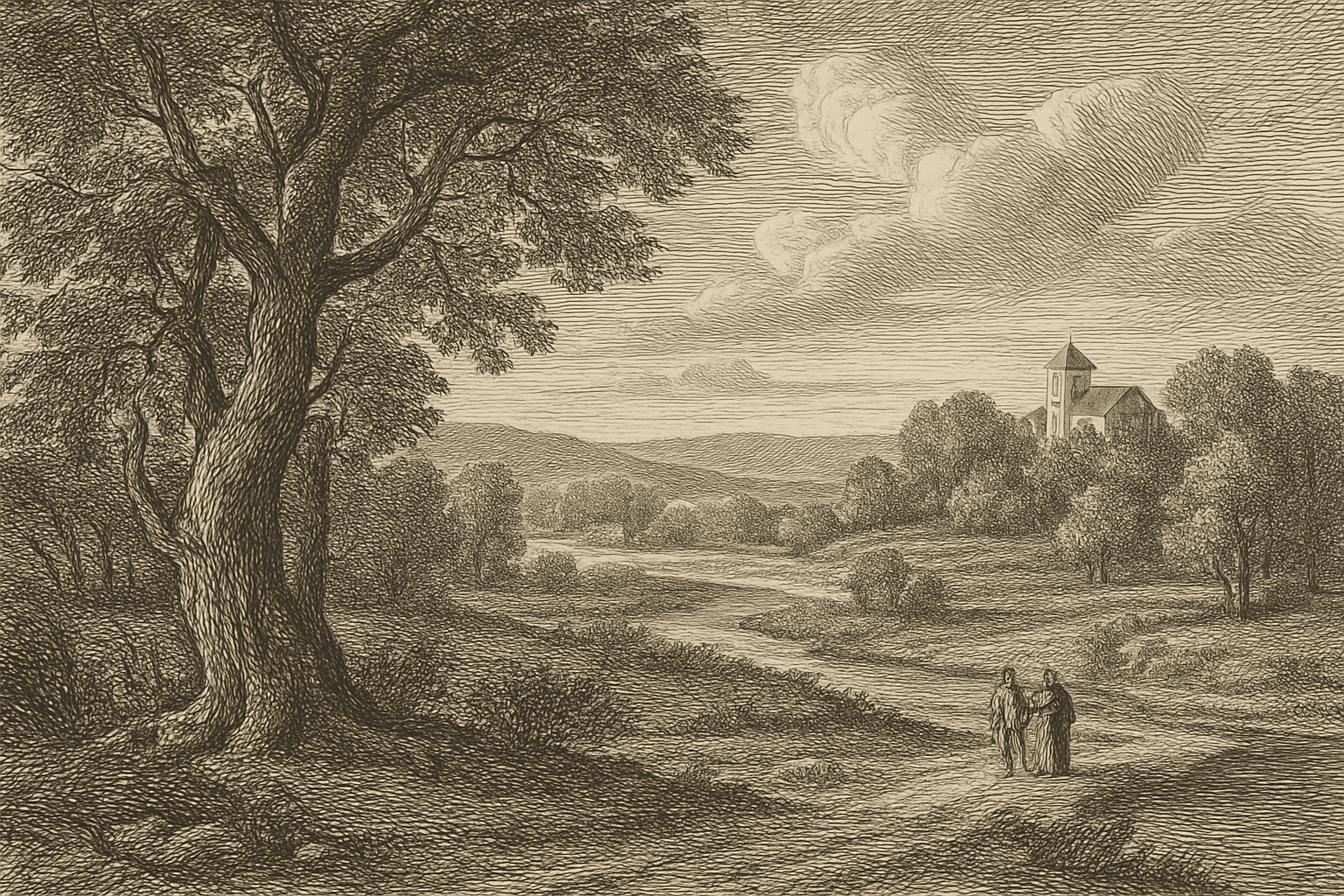
Etching offers a monochrome ballet of light and shadow. Delicate lines carve narratives onto metal plates, whispering tales of depth in a symphony of black ink and bare paper.
Thinking in the box: Renaissance, Baroque, Impressionism
Might also call it: Intaglio, Acid engraving, Metal engraving
Ethiopians No.305
Ethiopian art is characterized by its unique use of color and geometry. Traditional Ethiopian artists use a limited palette of colors, often earth tones, and employ a variety of geometric shapes in their work. This combination of colors and shapes creates a distinctive and recognizable Ethiopian art style.
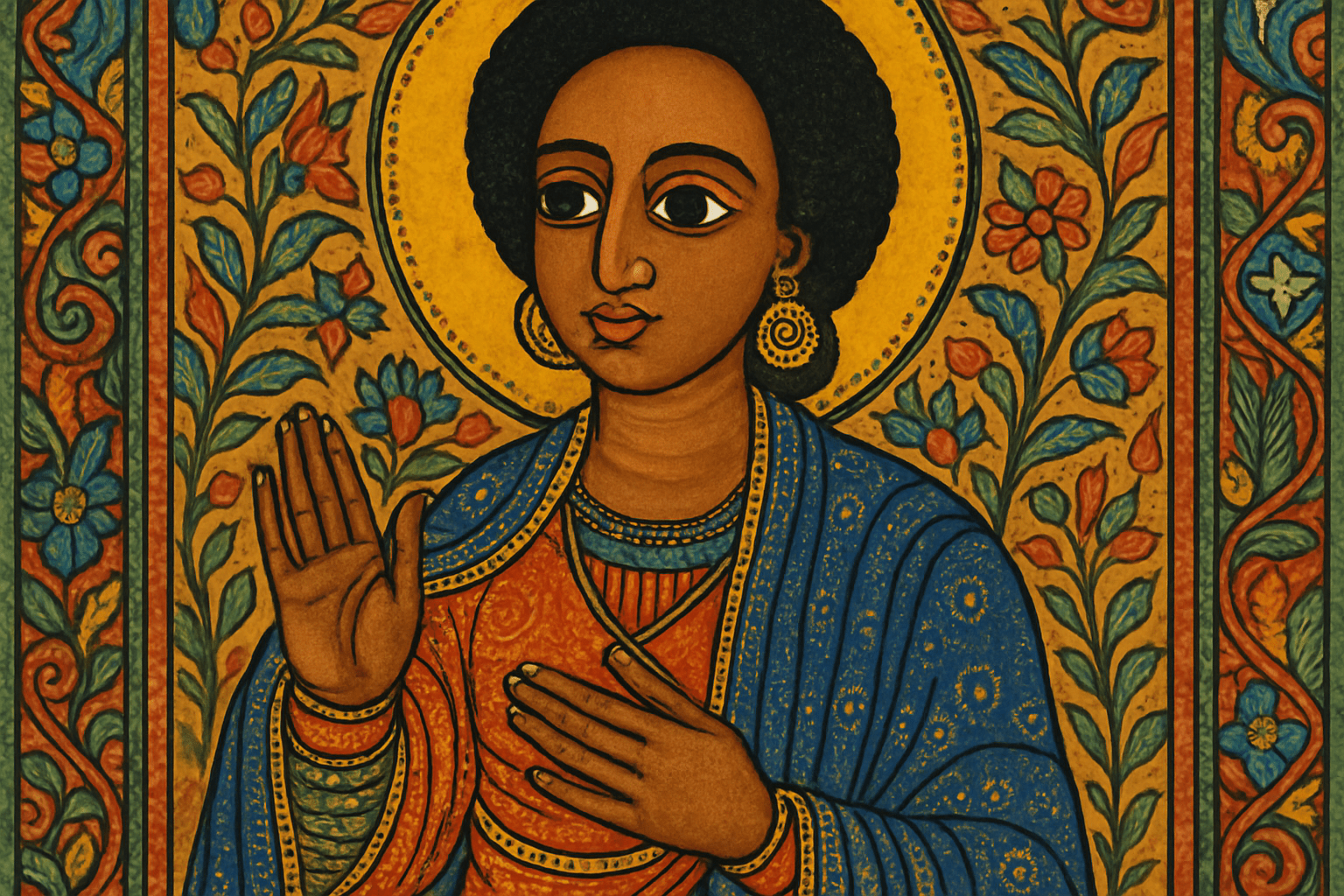
The art style of Ethiopians is characterized by its use of bright colors and patterns. The style is often geometric and uses a variety of shapes and symbols.
Thinking in the box: Impressionism, Modernism
Might also call it: Africans, black people
Eurofuturism No.306
Eurofuturism is a style of art that emerged in the 1980s in response to the growing influence of technology in European culture. It is characterized by its use of bright colors, geometric shapes, and futuristic themes. Eurofuturism has been used in a variety of media, including painting, sculpture, architecture, film, and music.
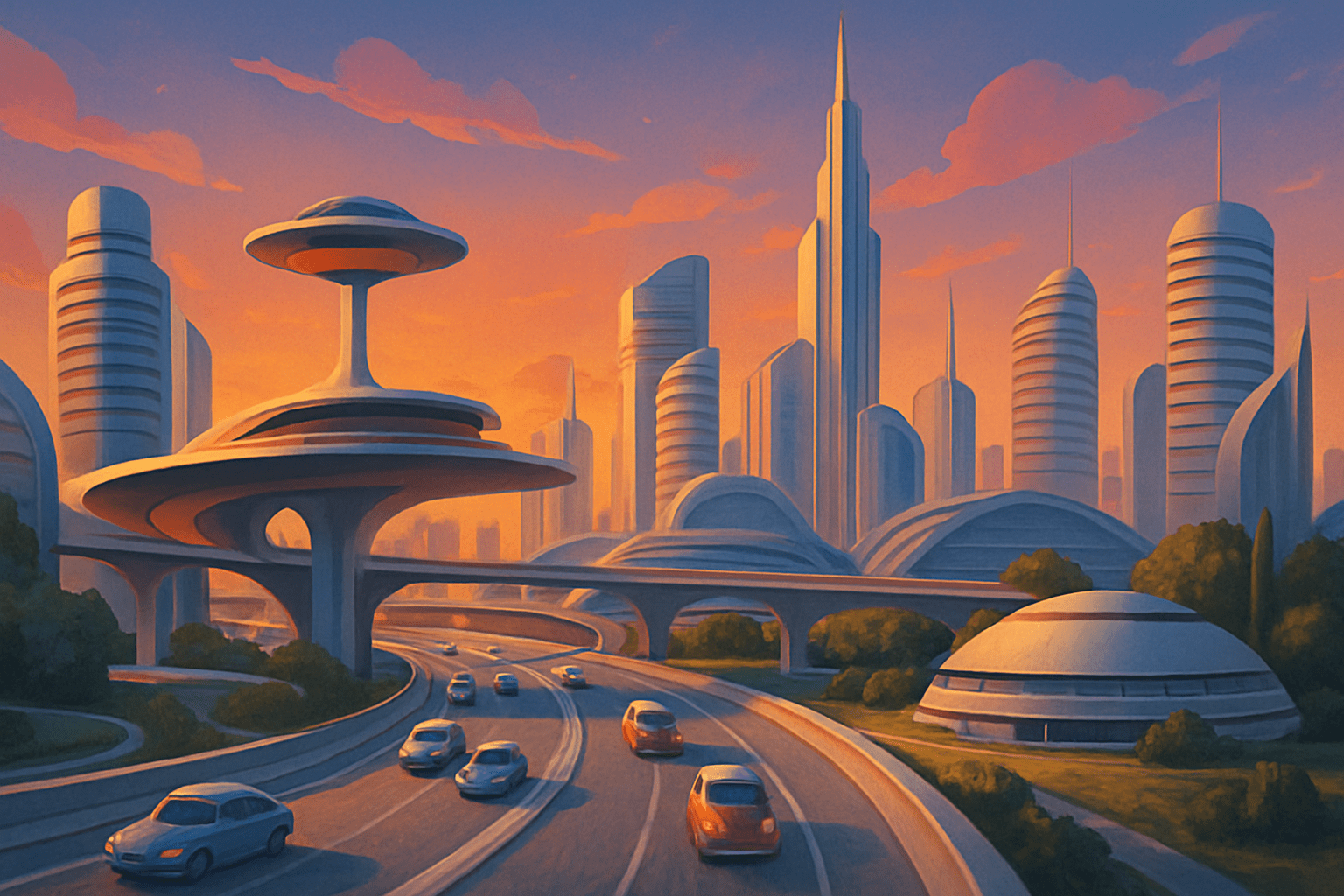
The art style Eurofuturism is characterized by its use of bright colors and geometric shapes. It often features images of futuristic cities and technology, and is often inspired by the work of early 20th century artists such as Vladimir Tatlin and El Lissitzky.
Thinking in the box: Impressionism, Modernism
Might also call it: Futurism, Europeanism, Techno-Optimism
European Art No.307
European art is a broad and diverse field that covers a wide range of styles and movements. From the early Renaissance to the present day, European art has been a major force in the development of Western art. Major artists and movements include Leonardo da Vinci, Michelangelo, Raphael, Rembrandt, Vincent van Gogh, Pablo Picasso, and Salvador Dali.
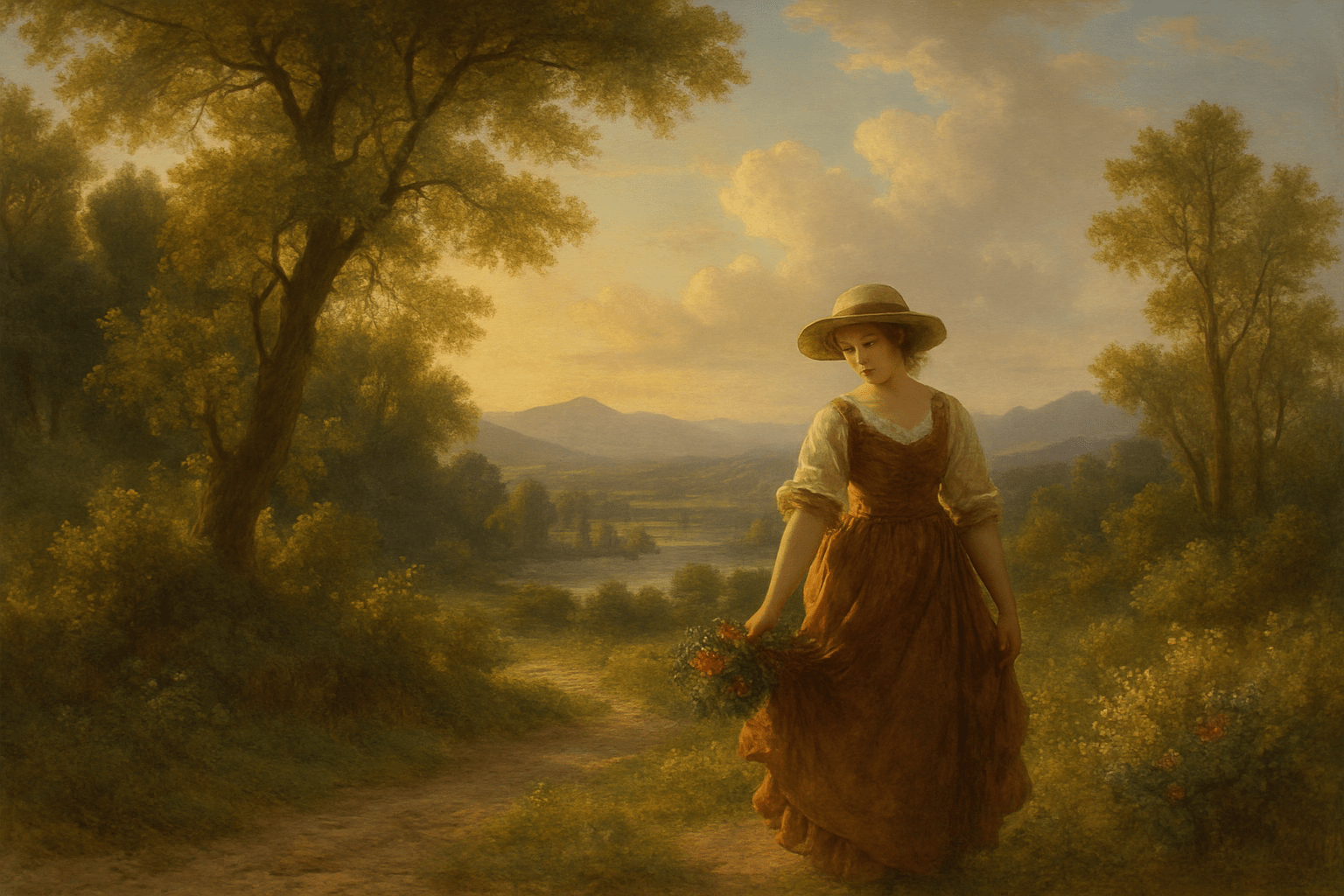
The art style European Art is characterized by its use of bright colors and its focus on realism. This style is often associated with the Renaissance period, although it can be found in art from other periods as well.
Thinking in the box: Impressionism, Modernism
Might also call it: European art can also be referred to as Western art, art of the Western world, or art of the Occident.
Excessivism No.308
Excessivism is an art style characterized by the use of excessive amounts of materials, colors, patterns, and textures. This style is often associated with the work of artists who are trying to make a statement or create a visual overload. Excessivism can be seen as a reaction to minimalism and other art movements that focus on simplicity.
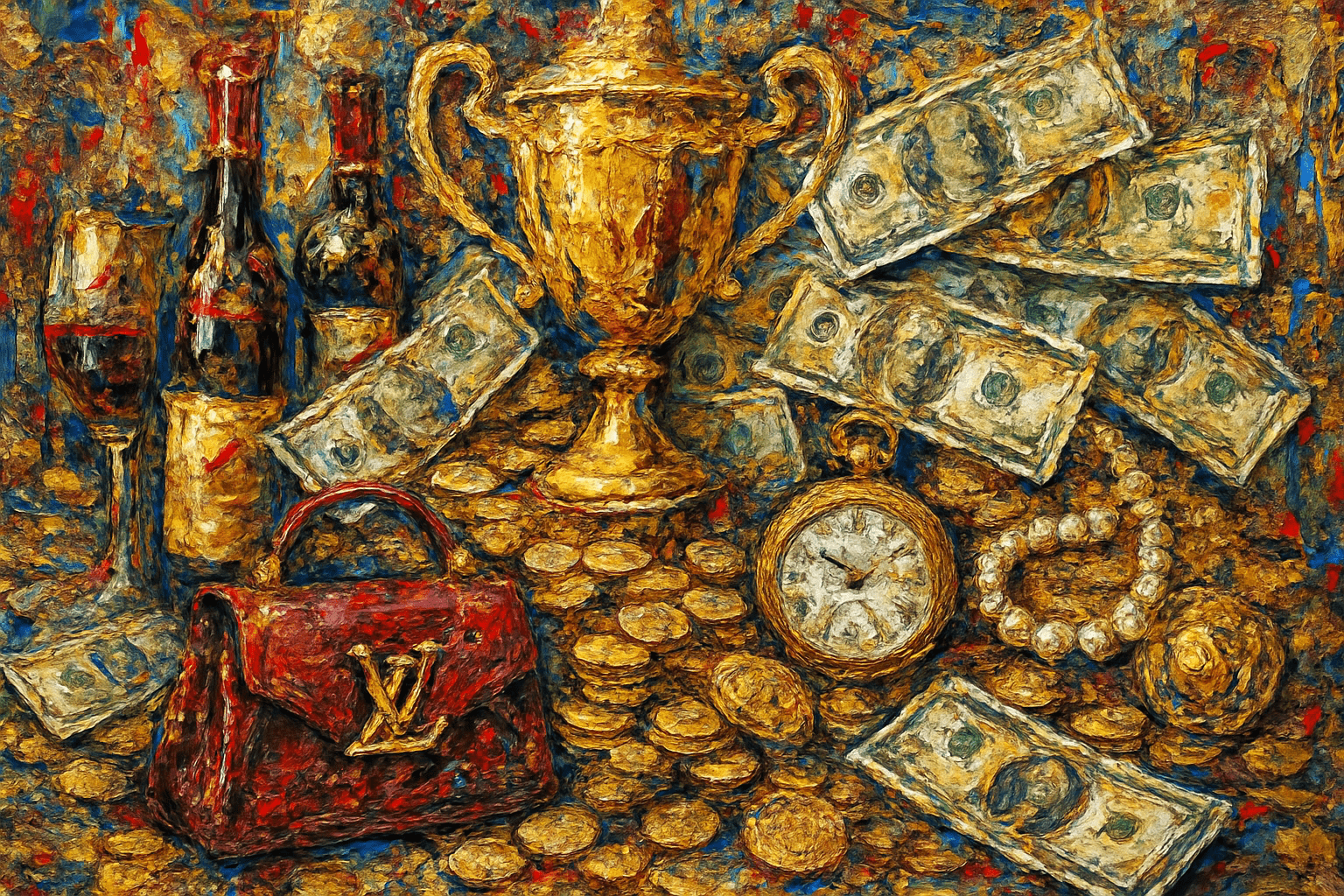
The art style of Excessivism is characterized by its use of bright colors, bold patterns, and exaggerated shapes. This style is often seen as being playful and fun, and is often used to create art that is meant to be visually stimulating and exciting.
Thinking in the box: Impressionism, Modernism
Might also call it: Extremism, fanaticism, obsessiveness, compulsion
Expressionism No.309
Expressionism was a modernist art movement that began in the late 19th century. Expressionists sought to express their inner emotions and experiences through their art, rather than simply depict reality. They often used bold colors and distorted forms to convey their feelings. Expressionism was a major force in the development of modern art.

The art style of Expressionism is characterized by its use of bold, bright colors and its focus on the emotional expressiveness of the subject matter. Expressionist artists often used distorted or exaggerated forms to convey their feelings about their subjects.
Thinking in the box: Impressionism, Modernism
Might also call it: Fauvism, Cubism, Abstract Expressionism, Action Painting, Neo-Expressionism
Expressive oil painting No.310
Expressive oil painting is a form of painting that is characterized by the use of bold colors and brushstrokes. This type of painting is often used to express the emotions of the artist.
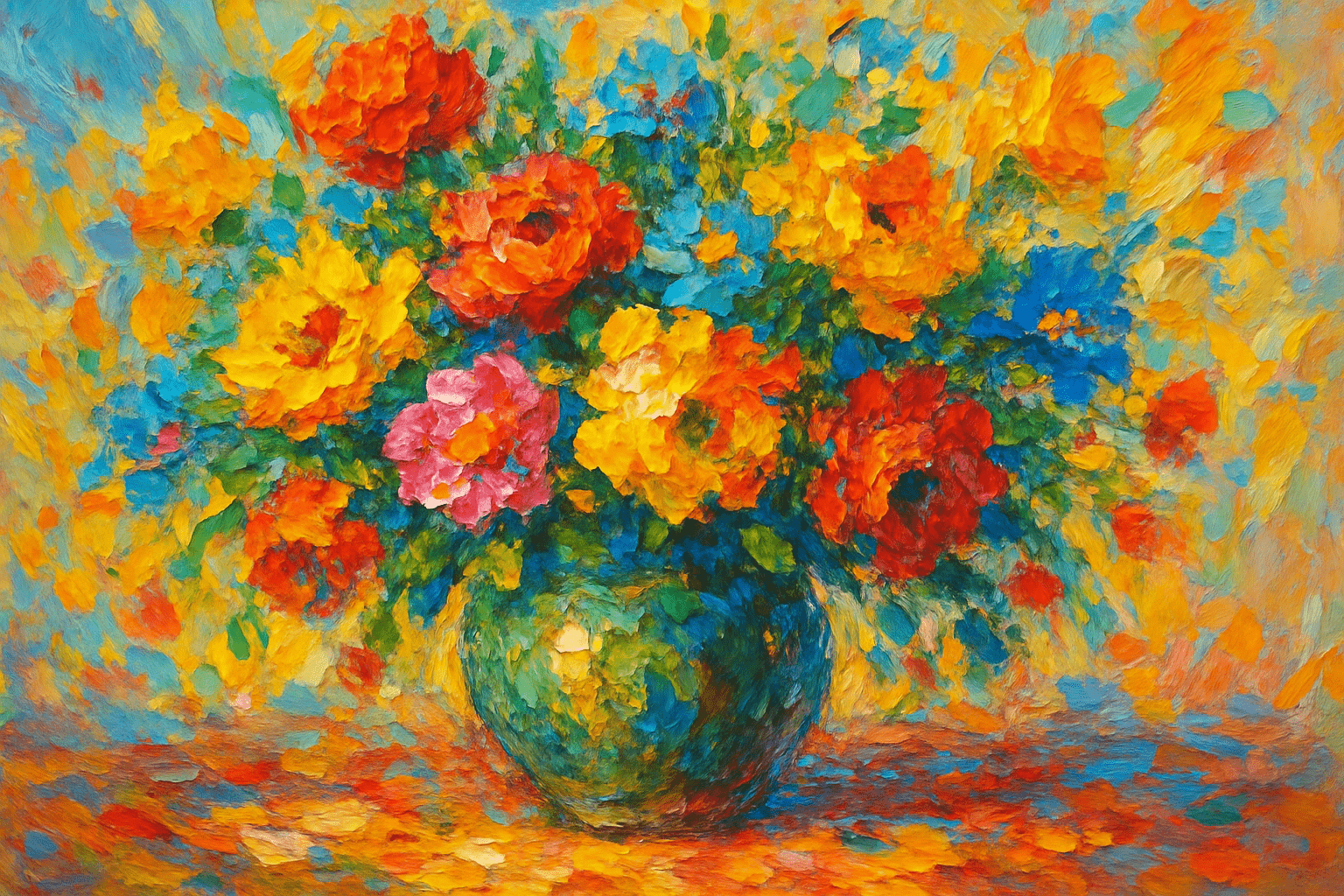
The art style Expressive oil painting is characterized by its use of bright colors and bold brushstrokes. The paintings are often large in scale and depict scenes from everyday life. The style is meant to be expressive and emotive, and the paintings often convey a sense of movement and energy.
Thinking in the box: Impressionism, Modernism
Might also call it: 1. Artistic oil painting 2. Creative oil painting 3. Imaginative oil painting 4. Original oil painting 5. Vibrant oil painting
Family Guy No.311
Family Guy is an animated sitcom created by Seth MacFarlane for the Fox Broadcasting Company. The series centers on the Griffins, a family consisting of parents Peter and Lois; their children, Meg, Chris, and Stewie; and their anthropomorphic pet dog, Brian. The show is set in the fictional city of Quahog, Rhode Island, and lampoons American culture, society, television, and many aspects of the human condition. Family Guy has been praised for its pop culture references, clever humor, and irreverent take on family life. The show has also been criticized for its crude humor and over-the-top parodies.

The art style of Family Guy is a mix of traditional animation and CGI. The show uses a lot of bright colors and has a very cartoony look.
Thinking in the box: Impressionism, Modernism
Might also call it: The Simpsons, American Dad, King of the Hill, Futurama
Fantastic realism No.312
Fantastic realism is a genre of painting and sculpture that combines elements of fantasy and reality. It is often characterized by bright colors, exaggerated features, and fantastical themes. Fantastic realism often draws on mythology and folklore, as well as literature and film.
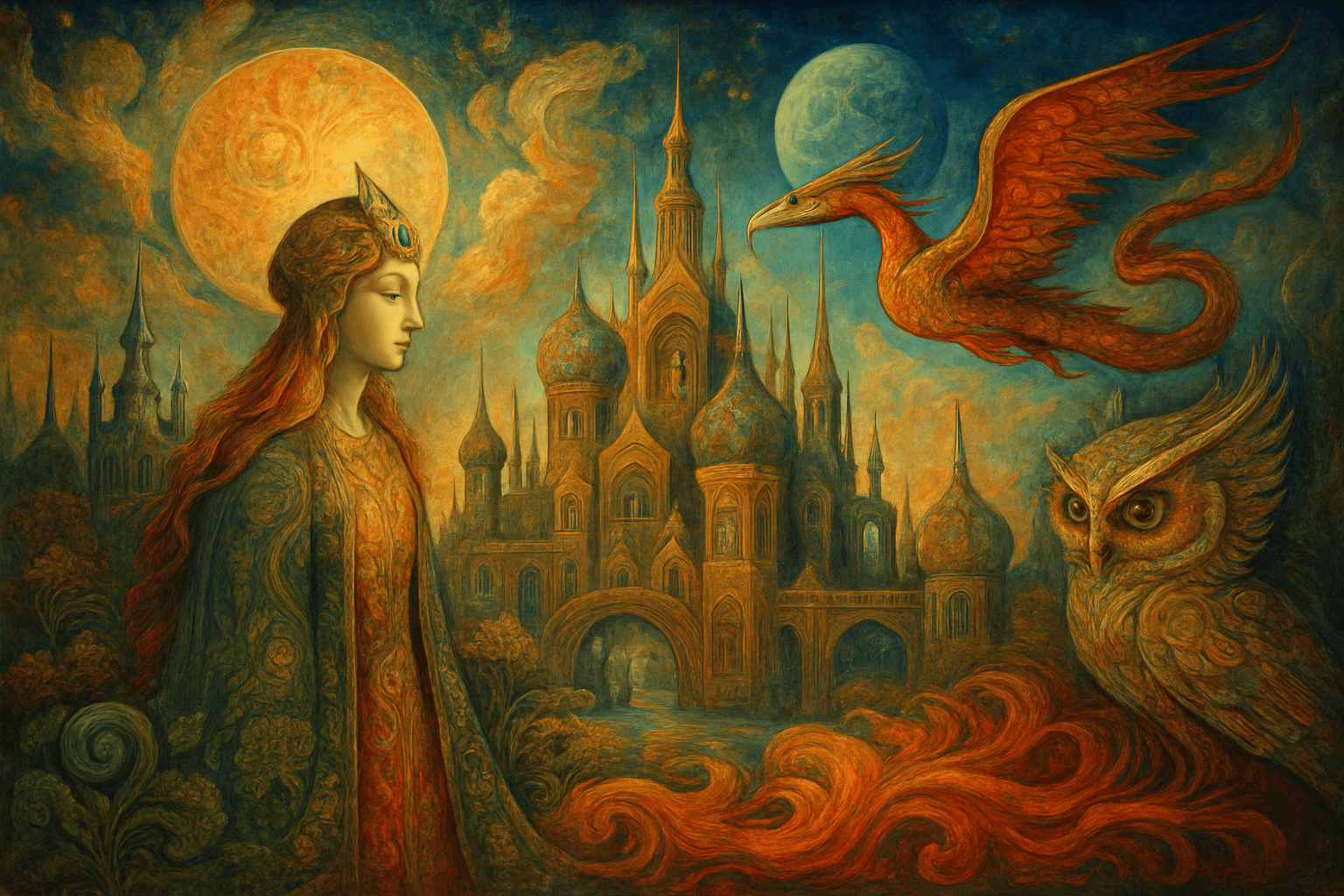
Fantastic realism is an art style that is characterized by its use of bright colors, its focus on detail, and its use of elements of both the natural world and the world of fantasy. This style of art often features scenes that are both beautiful and surreal, and it often uses elements of the natural world to create a sense of the fantastical.
Thinking in the box: Impressionism, Modernism
Might also call it: Supernatural, magical, visionary, dreamlike.
Fantasy No.313
Fantasy is a genre of speculative fiction that typically deals with imaginative and supernatural concepts such as magical creatures, wizards, and time travel. It has been described as "the imaginative expression of human desire and fear in the form of stories and images" (J. R. R. Tolkien, On Fairy-Stories). Fantasy is generally distinguished from the genres of science fiction and horror by the absence of scientific or macabre themes, respectively, though some works in these genres may incorporate aspects of fantasy. In popular culture, the fantasy genre is predominantly associated with the high fantasy subgenre, which often incorporates elements of sword and sorcery and which is set in imaginary worlds.
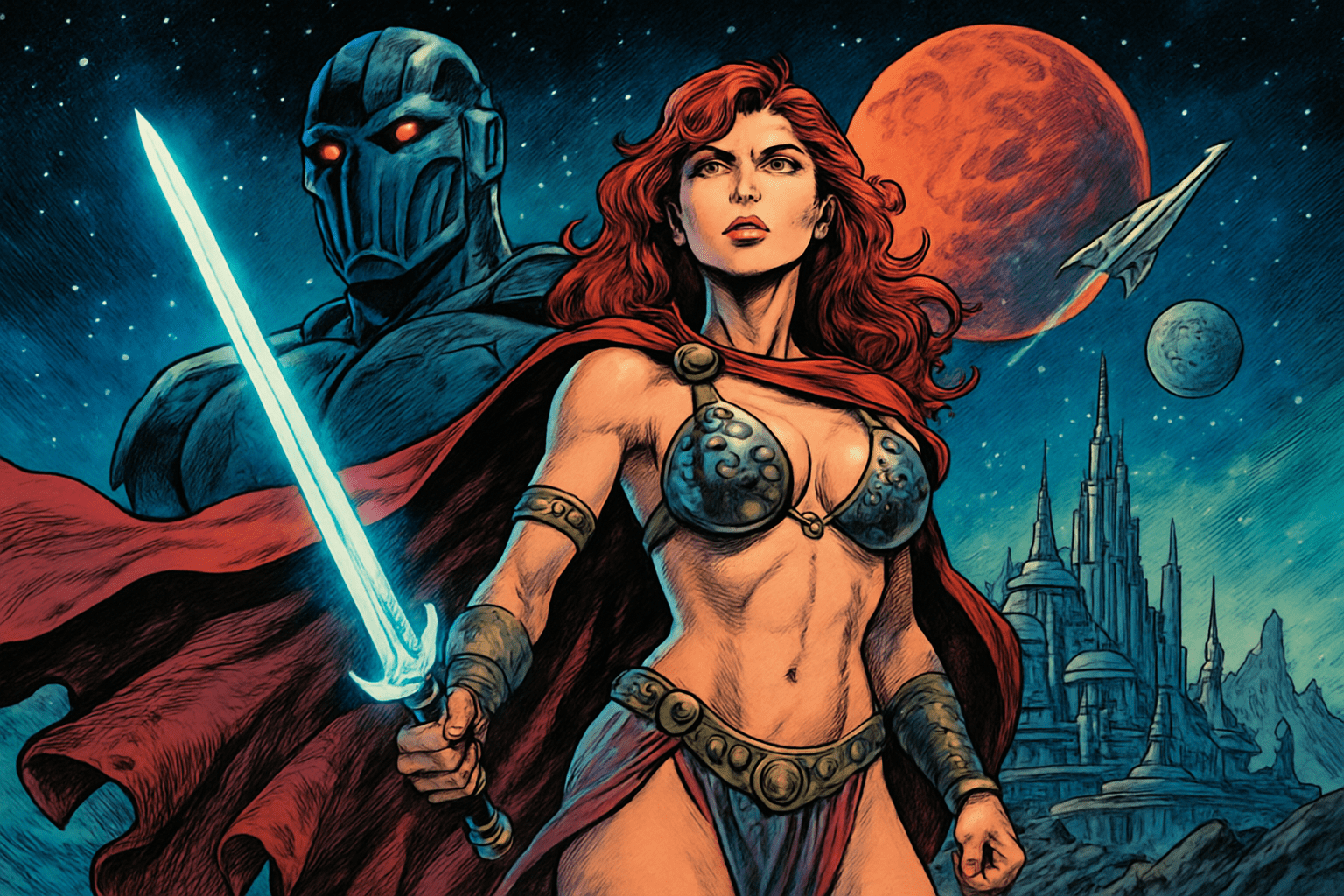
The art style of fantasy is often characterized by its use of bright colors and its focus on imaginary worlds and creatures. Fantasy art often features heavily stylized depictions of knights, dragons, and other mythical creatures.
Thinking in the box: Impressionism, Modernism
Might also call it: Imagination, daydream, pipe dream, reverie, vision, delusion, figment, fabrication.
Fashion Photography No.314
Fashion photography is a genre of photography that focuses on the depiction of clothing and other fashion items. Fashion photography is often conducted for advertisements or fashion magazines such as Vogue, Harper's Bazaar, or Elle. Fashion photographers may also work independently for fashion houses, clothing brands, or other clients.

Fashion photography is typically characterized by bright colors, sharp lines, and interesting compositions. The focus is on the clothes and the models wearing them, rather than the background or the scenery. Fashion photography is often used in advertising and magazines.
Thinking in the box: Impressionism, Modernism
Might also call it: Fashion photography, glamour photography, style photography, commercial photography
Fauvism No.315
Fauvism was a short-lived but influential art movement that occurred at the turn of the 20th century. The style is characterized by bold, often clashing colors, and expressive brushstrokes. Fauvism was developed by a group of artists who were united by their shared rejection of traditional art forms and their desire to experiment with color and form. The style is named after the French word for ÃÂÃÂwildÃÂÃÂ, which was used to describe the artistsÃÂÃÂ work at the time. Although the movement only lasted a few years, its impact was significant, and it paved the way for subsequent avant-garde movements such as Cubism and Expressionism.
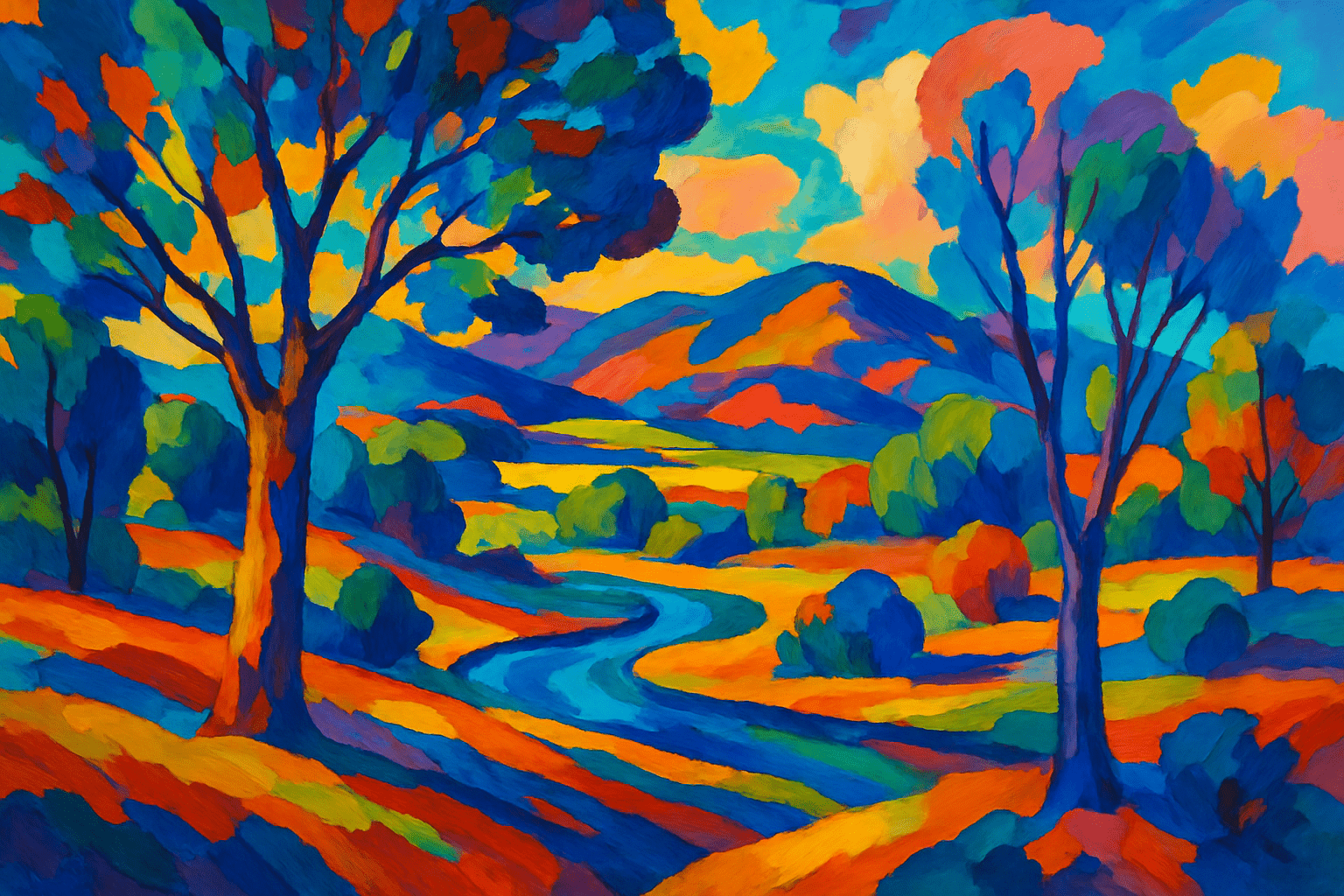
Fauvism is characterized by bold, expressive brushstrokes and vivid colors. The paintings often appear to be unfinished, with rough, textured surfaces. The subjects are often simplified and distorted, and the compositions are often unbalanced.
Thinking in the box: Impressionism, Modernism
Might also call it: Expressionism, Cubism, Surrealism, Modernism
Sentient Stream FOR ARTSTYLE=Sentient Stream No.316
Sentient Stream navigates the waters of emotion and logic, blurring lines between human capability and technological grandeur.
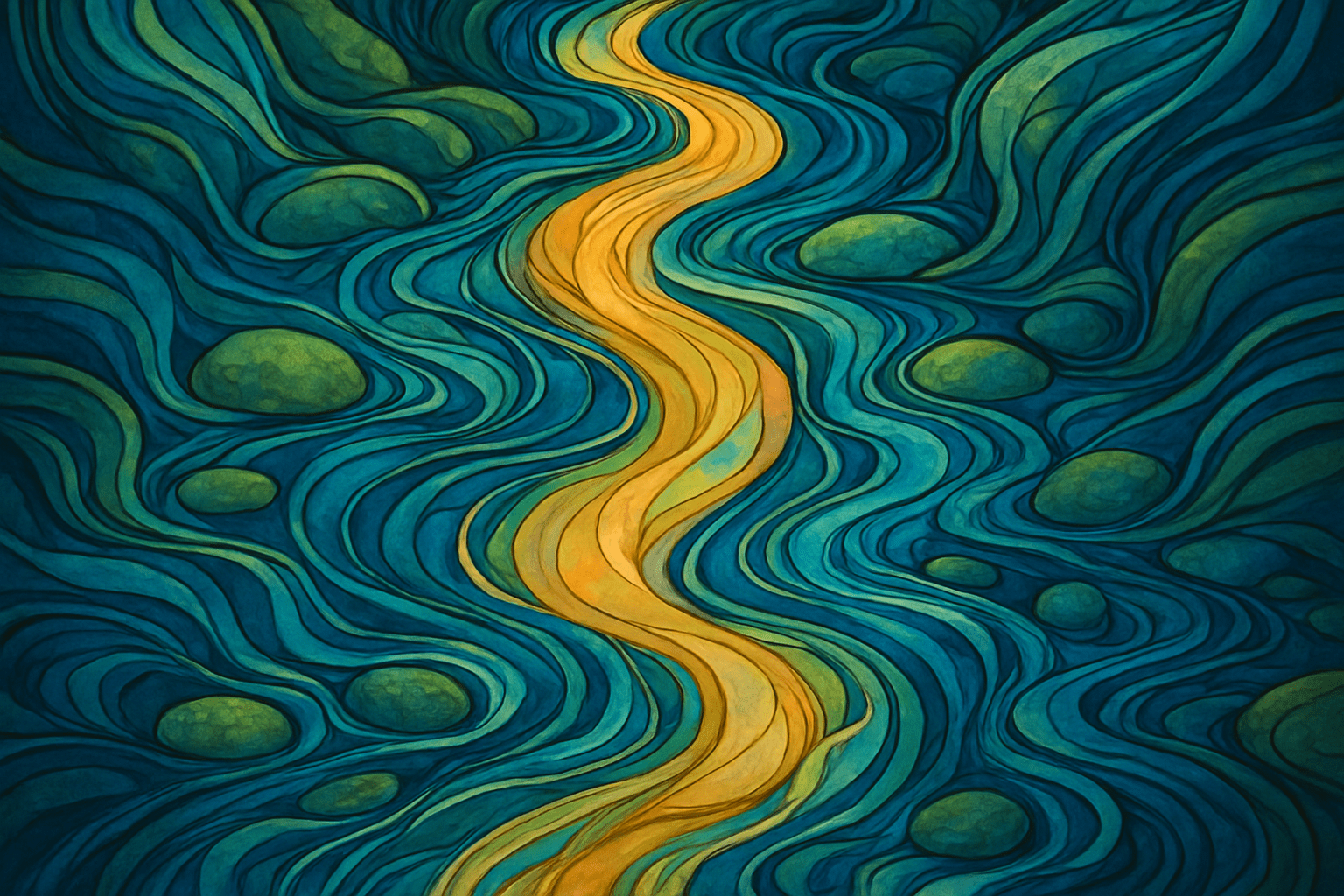
Waves of vibrant algorithms coalesce with shades of human emotion, casting shadows that dance and flicker like the whispers of untold dreams.
Thinking in the box: Contemporary, Abstract FOR ARTSTYLE=Sentient Stream
Might also call it: Digital Impressionism, Emotional Algorithmism FOR ARTSTYLE=Sentient Stream
Feminist art No.317
Feminist art is a genre of art that is characterized by its focus on the female experience and perspective. This type of art often challenges traditional ideas about womenÃÂÃÂs roles in society and highlights the importance of womenÃÂÃÂs experiences. Feminist art is often associated with the feminist movement, which began in the 1960s.
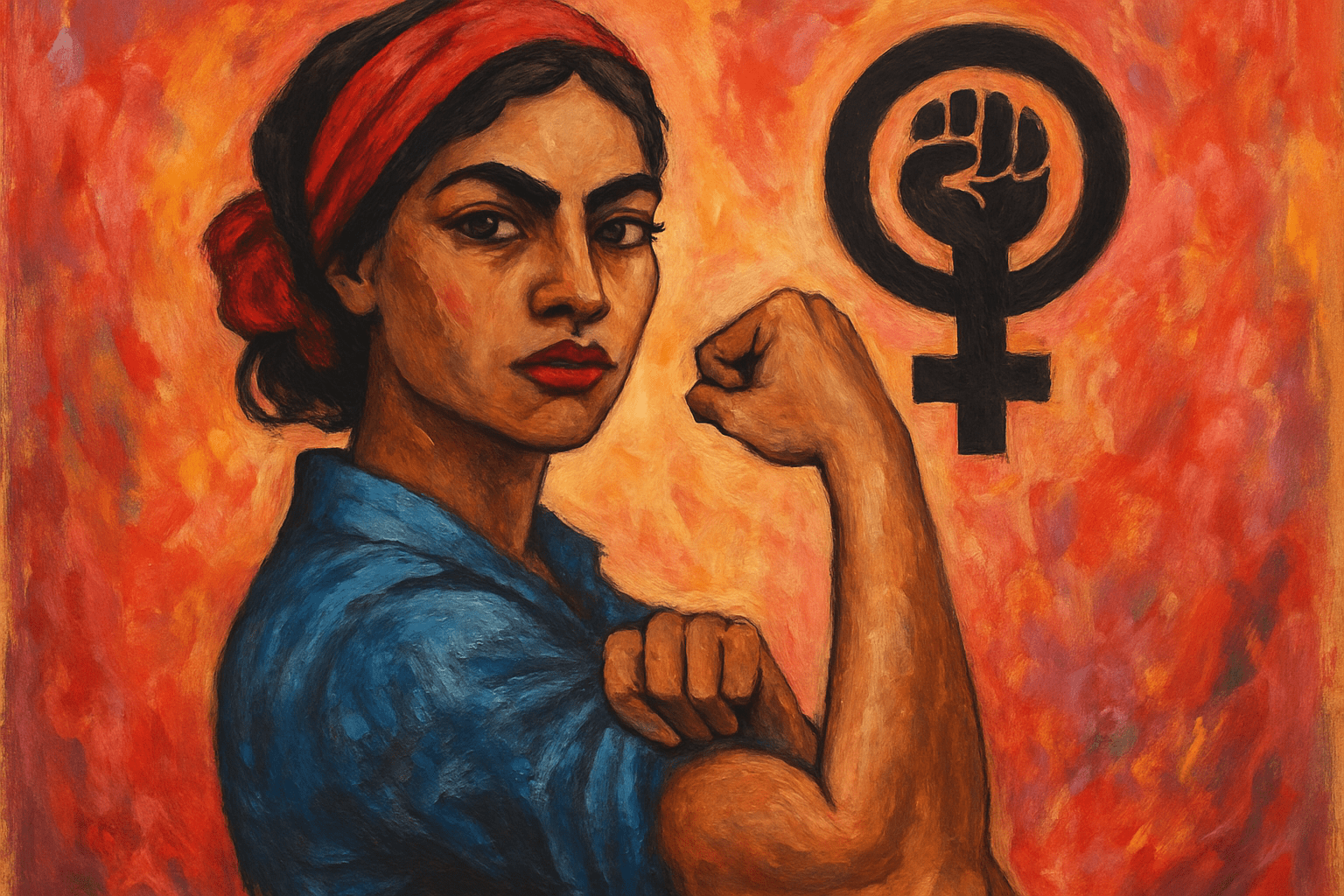
Feminist art is often brightly colored and includes images of women in everyday situations. The art may be abstract or realistic, but it always includes a message about women's rights and equality.
Thinking in the box: Impressionism, Modernism
Might also call it: Equal rights art, women's rights art, art for social change
Figuration Libre No.318
Figuration Libre is a style of painting that emerged in the early 1980s. It is characterized by its use of bright colors and bold, often cartoonish, imagery. This style is often seen as a reaction against the more traditional, realistic styles that were popular at the time.
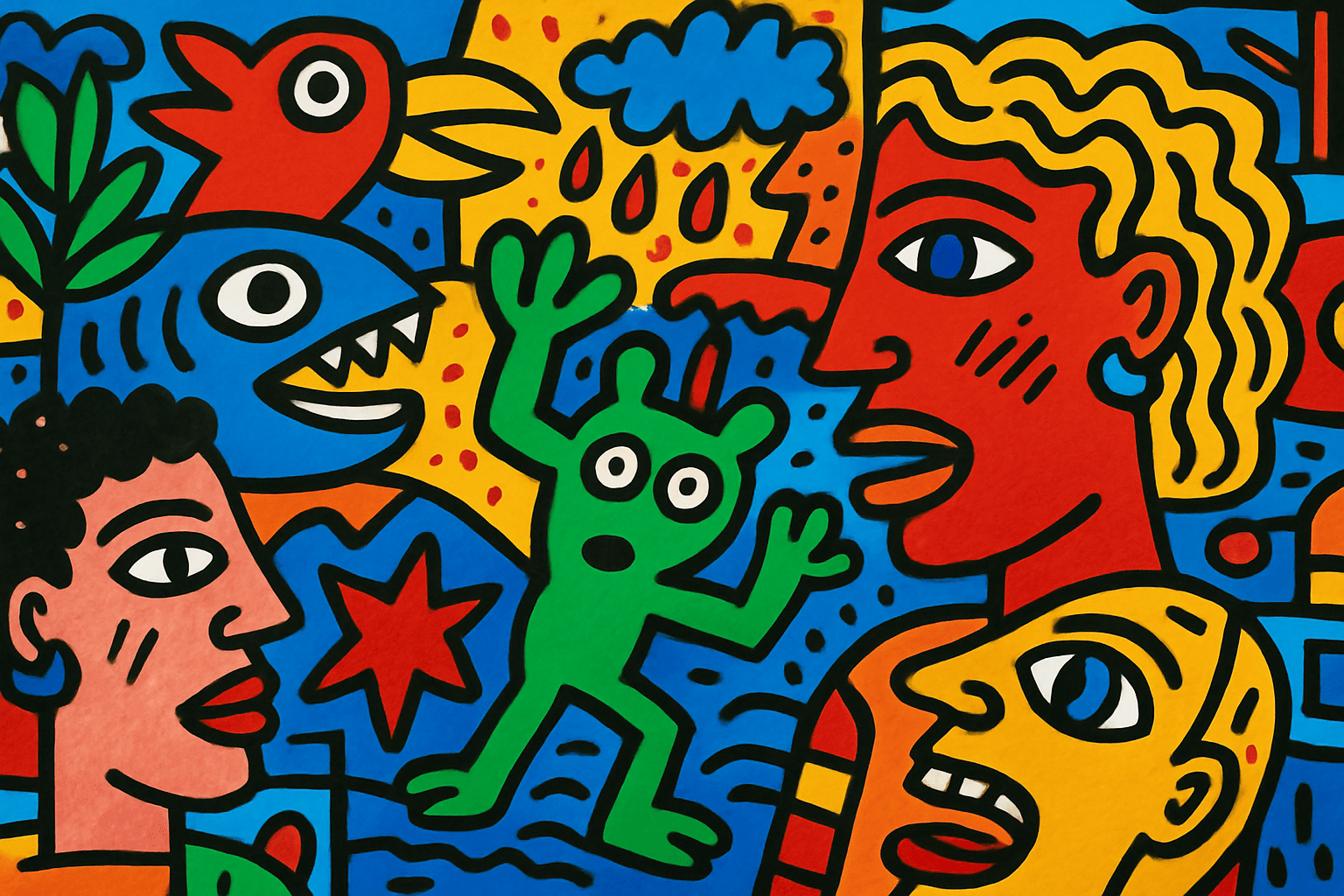
The art style Figuration Libre is characterized by its use of bright colors and bold lines. The style is often described as being "free" and "unrestricted" in its approach to art-making.
Thinking in the box: Impressionism, Modernism
Might also call it: Abstract art, Non-representational art, Non-objective art, Non-figurative art
Figurative Drawing No.319
Figurative drawing is a type of drawing that focuses on the accurate representation of the human form. This type of drawing is often used for portraiture or for medical and scientific purposes. Figurative drawing can be done in a number of different styles, but all styles place a high emphasis on accuracy and detail.
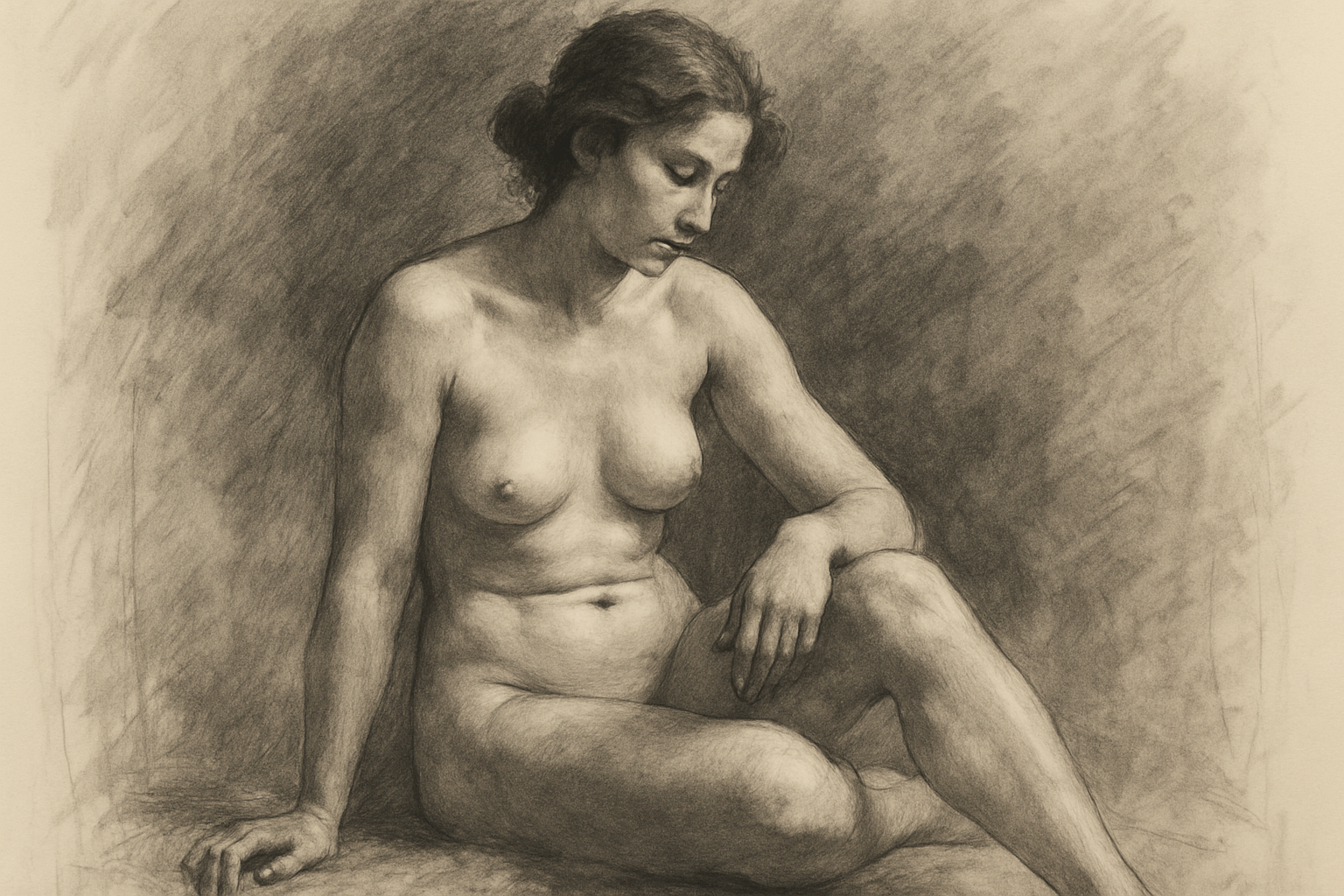
Figurative drawing is a type of drawing that represents a specific person, place, thing, or idea. The drawings are usually realistic and detailed.
Thinking in the box: Impressionism, Modernism
Might also call it: Metaphorical Drawing, Symbolic Drawing, Allegorical Drawing, Analogical Drawing
Figurative art No.320
Figurative art is a type of art that represents real, concrete objects. This type of art is often used to represent people, animals, and scenes from everyday life. Figurative art is often characterized by its use of bright colors and its ability to capture the viewer's attention.
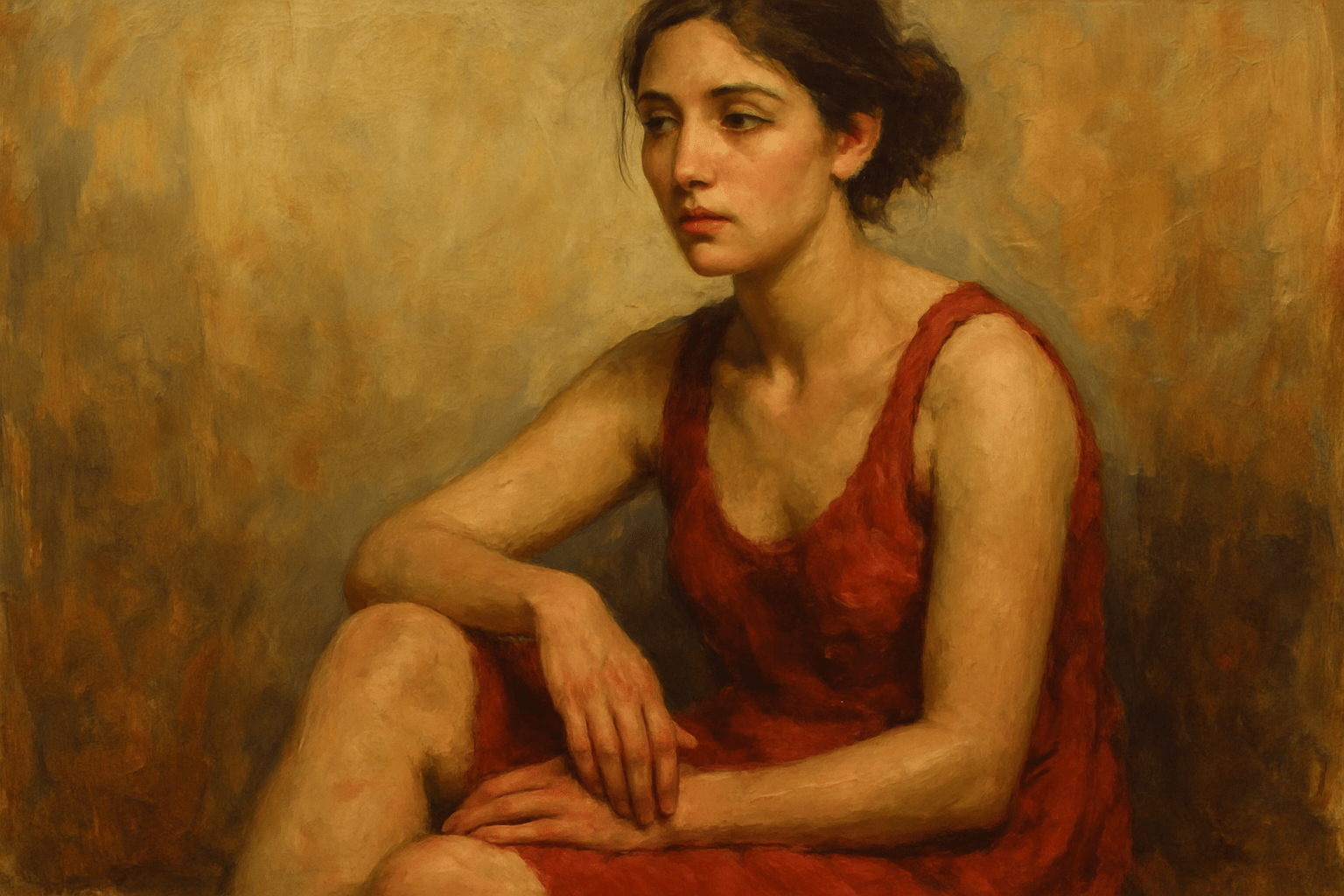
Figurative art is art that represents a person, place, thing, or idea. The subject matter is usually easily recognizable and the style is realistic.
Thinking in the box: Impressionism, Modernism
Might also call it: Metaphorical art, symbolical art, emblematic art, allegorical art
Figurativism No.321
Figurativism is a type of art that focuses on the human figure. This style of art is often used to tell stories or convey emotions. Figurative artists often use bright colors and bold lines to create their artwork.
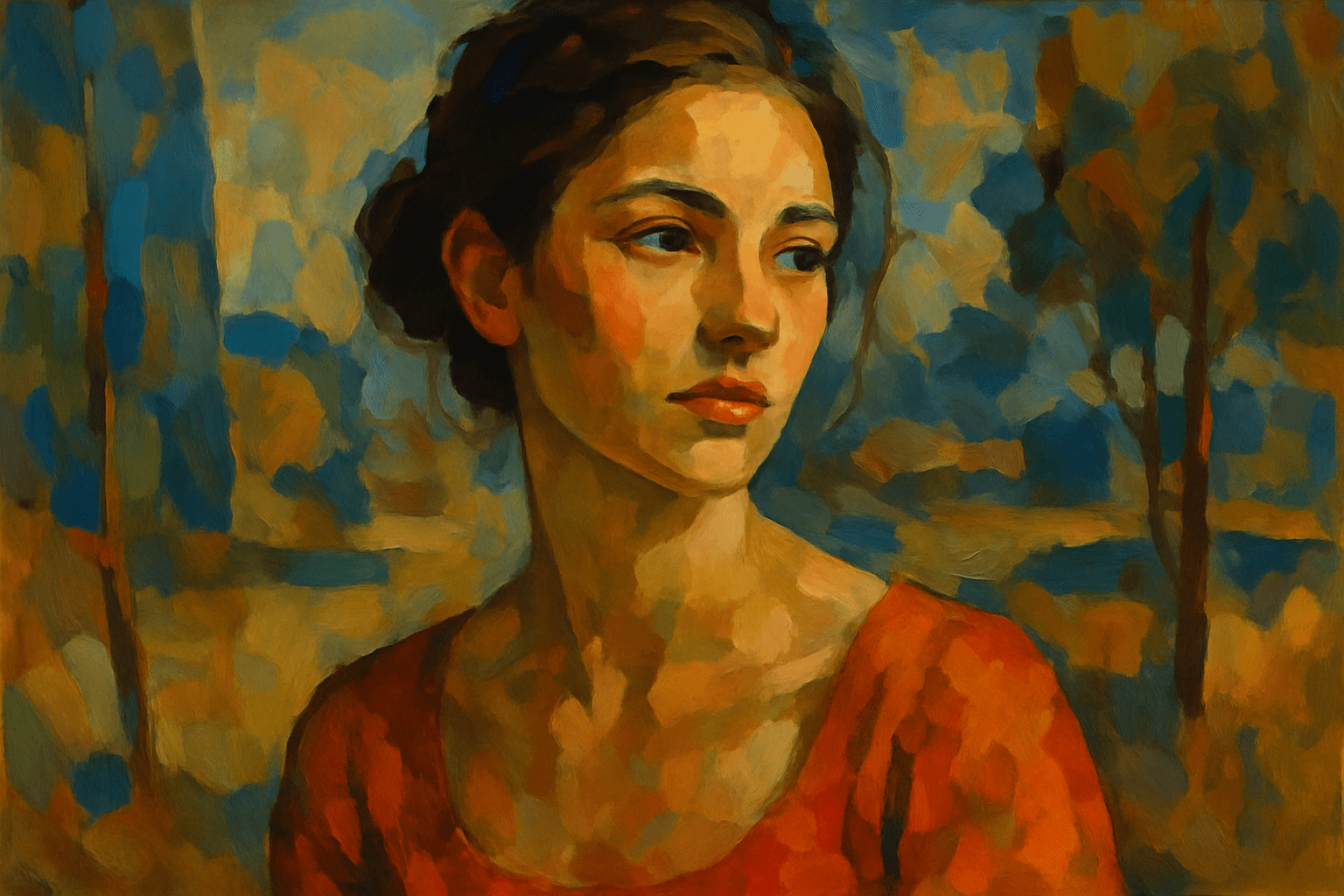
Figurativism is a visual art style that focuses on the depiction of figures and forms in a realistic or representational manner. This style is often characterized by its use of light and shadow to create a sense of depth and volume, as well as its attention to detail and realism.
Thinking in the box: Impressionism, Modernism
Might also call it: Representationalism, Figuralism
Filipinos No.322
Filipino art is characterized by its unique blend of Eastern and Western influences. Filipino artists have long been influenced by the art of their Spanish colonizers, as well as by Chinese and Japanese art. In recent years, however, Filipino artists have begun to develop their own unique style, incorporating elements of traditional Filipino culture into their work. Filipino art is often colorful and vibrant, reflecting the country's tropical climate and vibrant culture. Filipino artists often use a variety of mediums, including painting, sculpture, and photography. Filipino art is a reflection of the country's rich history and culture, and is sure to continue to evolve in the years to come.
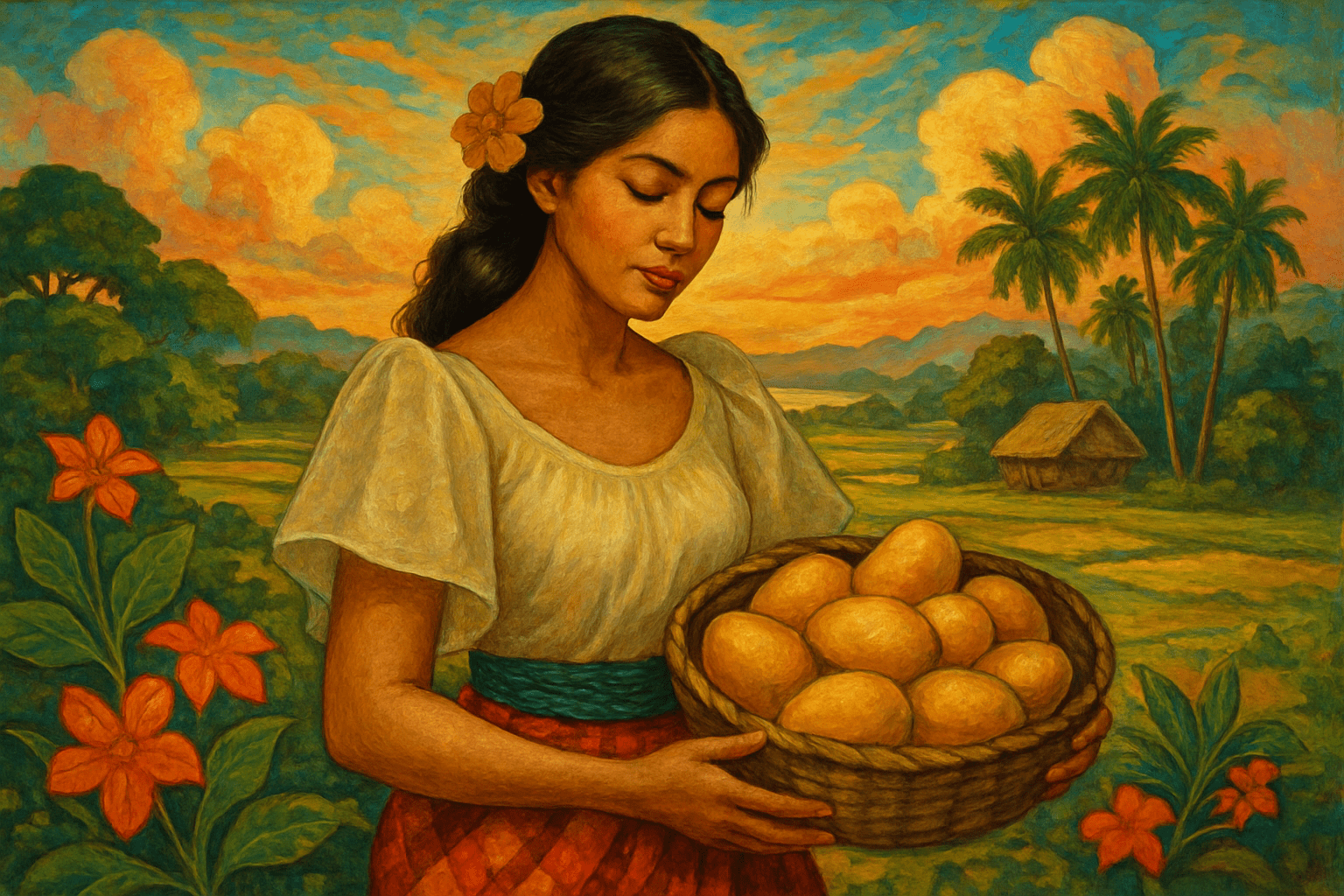
The art style of Filipinos is characterized by its use of bright colors and bold patterns. Filipinos often use a variety of colors in their art, which can range from the traditional red, yellow, and blue to more modern colors such as pink and purple. Bold patterns are also common in Filipino art, which can be used to create a variety of different designs.
Thinking in the box: Impressionism, Modernism
Might also call it: Filipinos can also be referred to as Philippine citizens, or as people from the Philippines.
Fine Art No.323
Fine art is a form of art that is highly regarded for its beauty and aesthetic value. It is usually created by skilled artists who have a deep understanding of the principles of art. Fine art is often used as a decoration or an expression of personal taste, but it can also be used to express powerful emotions or ideas.

The art style Fine Art is characterized by its realistic and detailed visual appearance. Fine artists strive to create artworks that look like real life, and they often use traditional methods and materials to achieve this goal. As a result, Fine Art often has a classical feel to it.
Thinking in the box: Impressionism, Modernism
Might also call it: Art, painting, sculpture, drawing, photography
Fine Art Drawing No.324
Fine art drawing is a form of art that uses pencils, charcoal, pastels, or other drawing media to create a work of art. Fine art drawings can be realistic or abstract, and can be used to capture the artist's thoughts, emotions, or ideas.

The Fine Art Drawing style is characterized by its realistic and detailed depiction of subjects. Drawings in this style are often highly detailed and often use a variety of mediums to create a realistic effect. This style is often used by artists who want to create a realistic representation of their subject matter.
Thinking in the box: Impressionism, Modernism
Might also call it: Art, drawing, painting, sketching, illustrations
Fine art Photography No.325
Fine art photography is a photography genre in which the photographer uses their artistic vision to create images that evoke emotion and tell a story. Fine art photography can be shot in any number of styles, from traditional black and white to abstract and experimental.

Fine art photography is characterized by its use of light, composition, and form to create images that are aesthetically pleasing and emotionally evocative. Fine art photographers often use traditional film cameras and darkroom techniques to achieve their desired effects.
Thinking in the box: Impressionism, Modernism
Might also call it: Art photography, Fine art photography, Photographic art
Finnish No.326
Finnish art is characterized by its use of natural materials, simplicity, and geometric forms. Common motifs include stars, flowers, and animals. Finnish artists often use bright colors and bold patterns.
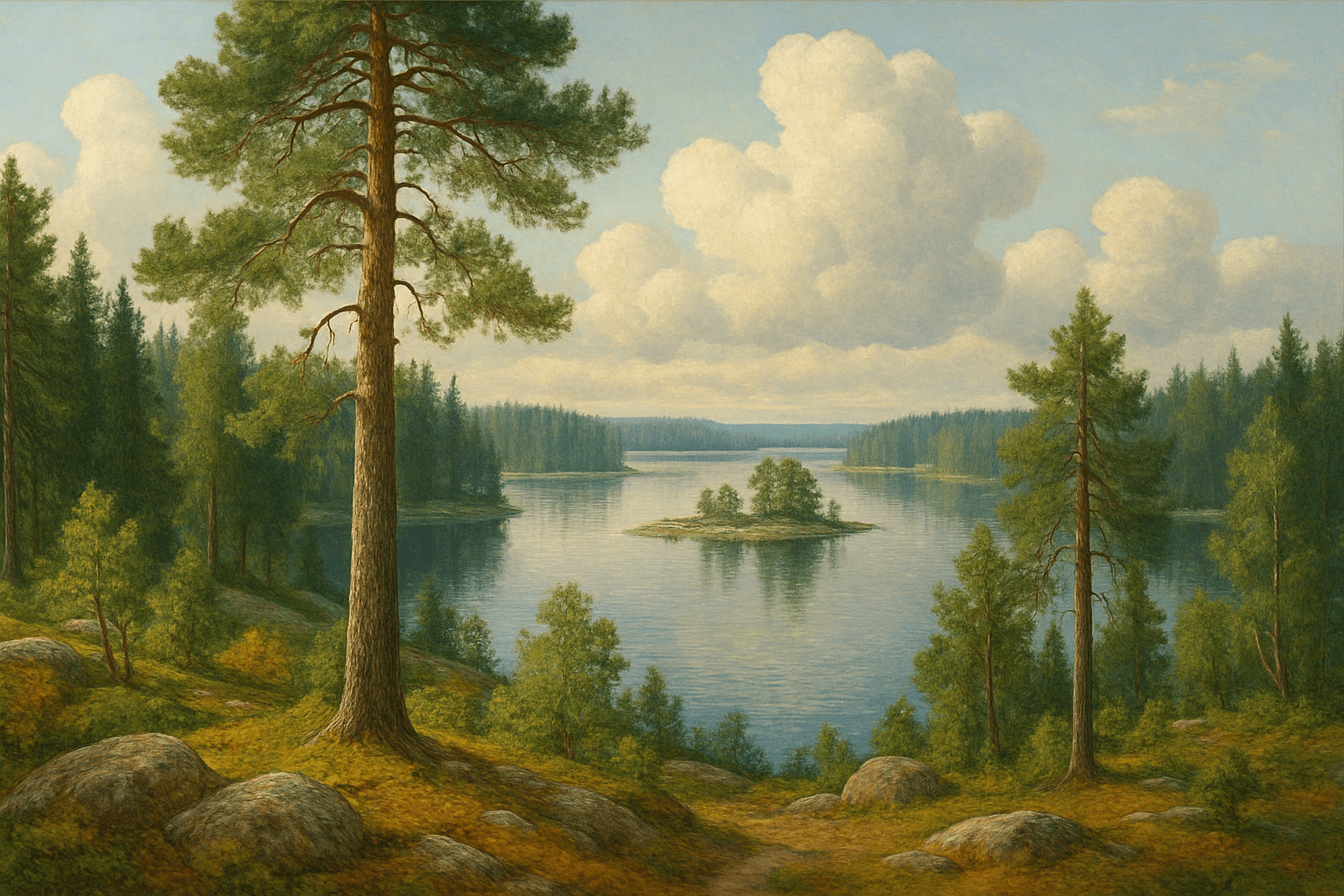
Finnish art is often characterized by its use of natural materials, simplicity, and geometric forms. Finnish artists often incorporate nature into their work, using wood, stone, and other natural materials. They also frequently use geometric shapes and patterns, which can be seen in the work of many Finnish artists.
Thinking in the box: Impressionism, Modernism
Might also call it: Finnish, Finnic, Suomi
Fish Eye Lens Photograph No.327
Fish eye lens photography is a type of photography that uses a special lens to create an image with a wide field of view. This type of photography is often used to capture images of landscapes or large groups of people.

The art style Fish Eye Lens Photograph is a type of photography that uses a fish eye lens to create a distorted image. The image is often circular or oval in shape and has a very wide field of view. This type of photography is often used to create dramatic or surreal images.
Thinking in the box: Impressionism, Modernism
Might also call it: Close-up, macro
Flat Illustration No.328
Flat illustration is a minimalistic approach to design that emphasizes clean lines and simple shapes. This style is often used for infographics and other data-heavy designs, as it can help to make complex information more digestible. Additionally, flat illustration can be used to create playful and whimsical designs.

Flat illustration is a minimalistic approach to illustration where the illustrator uses basic shapes, colors, and lines to create their work. This art style is often seen in infographics and web design.
Thinking in the box: Impressionism, Modernism
Might also call it: Flat Design, Vector Illustration, Graphic Design, Minimalist Design, 2D Illustration, Simple Illustration, Modern Illustration, Clean Illustration, Abstract Illustration
Flemish No.329
Flemish art is a type of painting that originated in the Southern Netherlands, which is now modern-day Belgium. The style is characterized by its use of light and shadow, as well as its detailed and realistic portrayal of subjects. Flemish art reached the height of its popularity in the 16th century, during which time many of the greatest painters of the era, such as Jan van Eyck and Pieter Bruegel, worked in the style. Today, Flemish art is still highly respected and continues to influence the work of many contemporary artists.
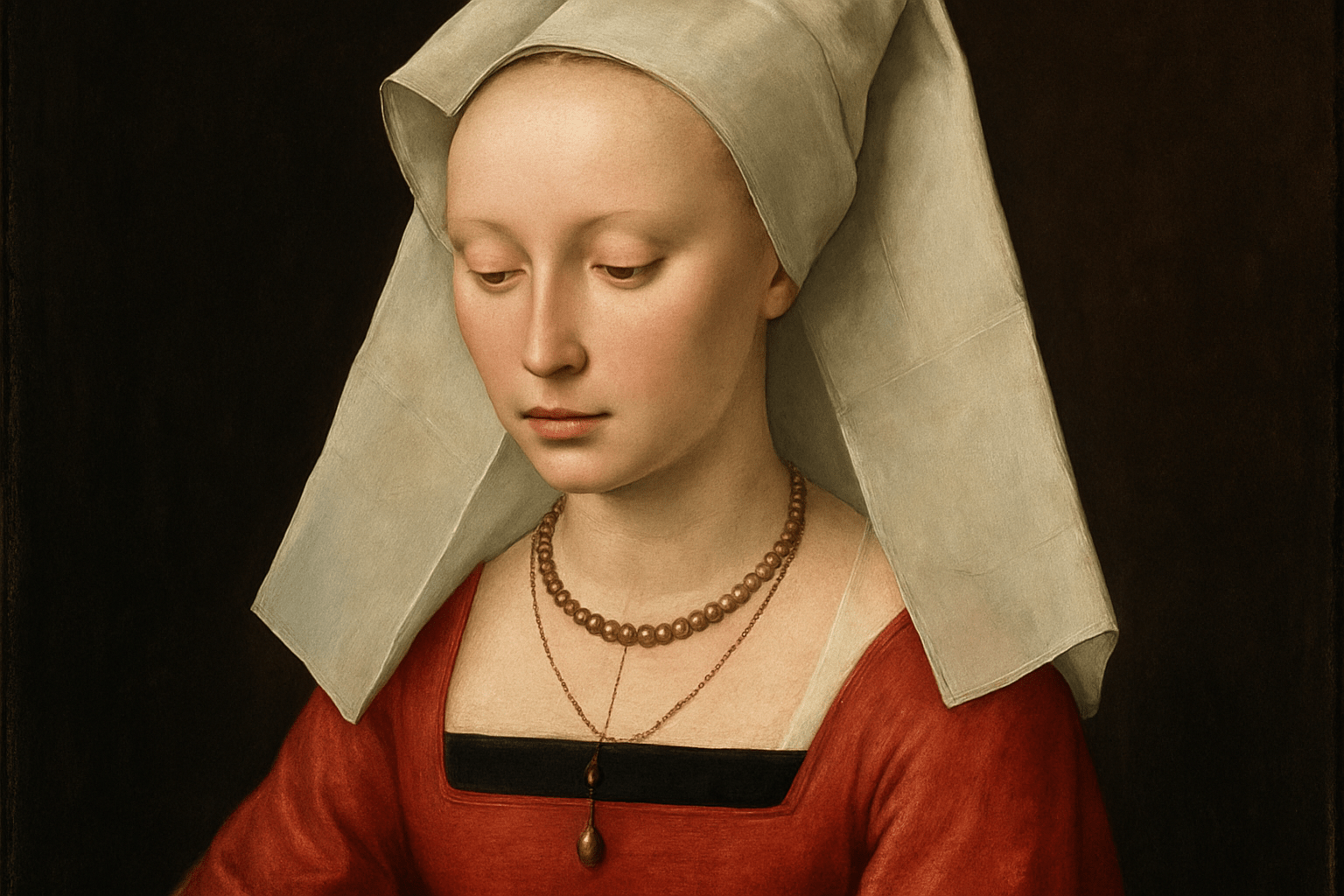
Flemish art is characterized by its realism, use of light and shadow, and detailed brushwork. The style is named after the Flemish region of Belgium, where it originated.
Thinking in the box: Impressionism, Modernism
Might also call it: Flemish synonyms include Belgian, Dutch, and Walloon.
Flexus No.330
Flexus is an art style that is characterized by its use of bright colors and bold patterns. It is often used to create abstract or geometric designs. Flexus is a popular choice for artworks that are meant to be eye-catching and visually stimulating.

The art style Flexus is characterized by its use of bright colors and geometric shapes. The style is often described as being " playful " and " energetic."
Thinking in the box: Impressionism, Modernism
Might also call it: Bend, contort, twist, deform.
Floral Suprematism No.331
X
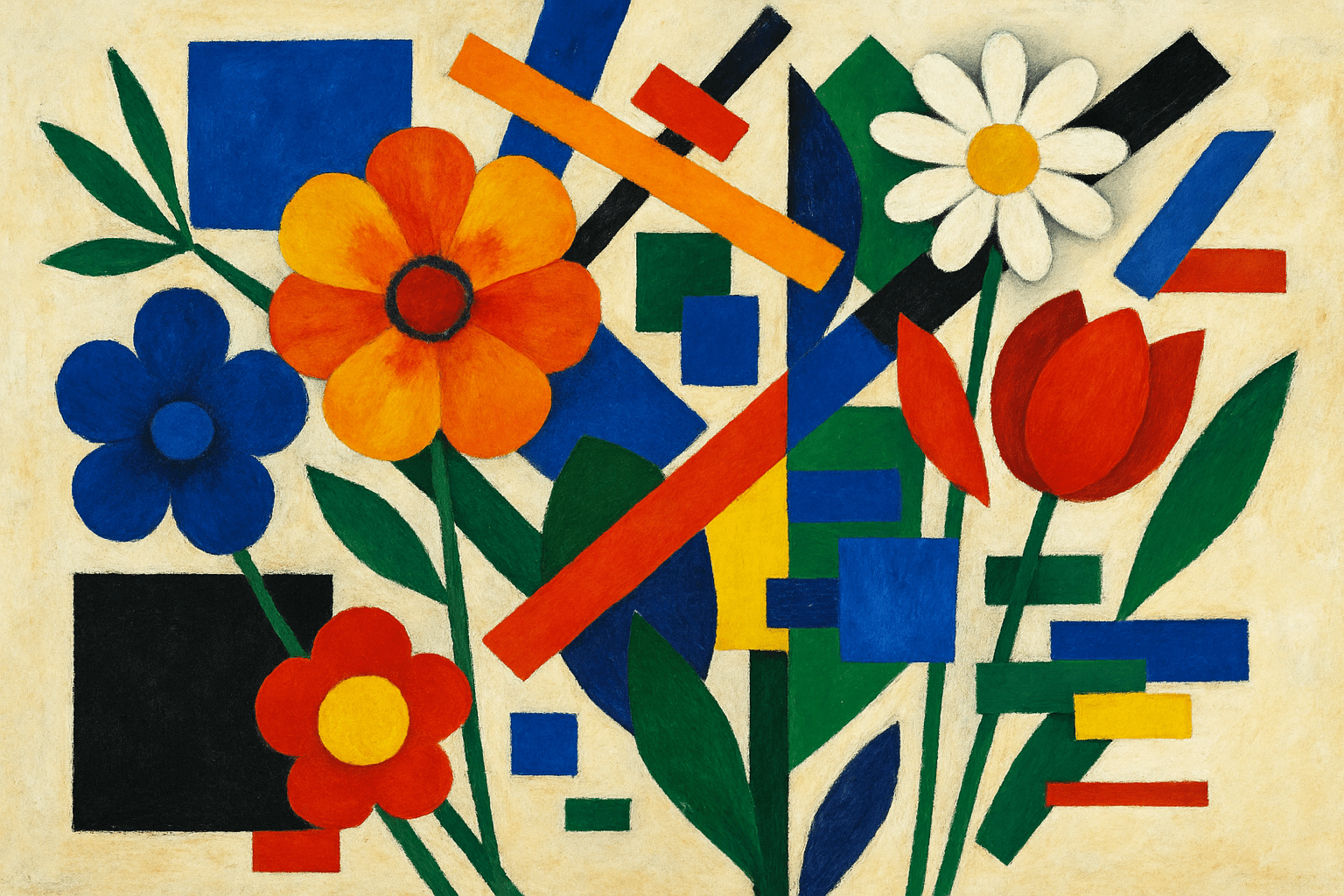
Floral Suprematism is an art style that combines the abstract geometric shapes and bold colors of Suprematism with the organic forms and intricate patterns of floral motifs. Visually, this style often features a juxtaposition of sharp, angular shapes like squares, circles, and triangles with the flowing, curvilinear lines of flowers and leaves. The color palette is typically vibrant, with primary colors like red, blue, and yellow interspersed with the natural hues of flora, such as greens, pinks, and purples. The composition tends to be dynamic and balanced, with a sense of movement created by the interplay between rigid geometric forms and the more fluid, natural elements. The overall effect is a harmonious blend of abstraction and nature, creating a visually striking and modern interpretation of floral themes.
Thinking in the box: Impressionism, Modernism
Might also call it: Floral Suprematism is a unique art style, especially as an AI-generated concept. While there may not be direct synonyms due to its specificity, you can consider related terms and styles. Related synonyms could include abstract floral, botanical abstraction, and floral minimalism. You might also consider terms related to Suprematism, such as geometric abstraction or non-objective art, combined with floral elements.
Flower Drawing No.332
Flower drawing is a type of art where the artist draws flowers. The artist may use any type of medium, but the most common mediums are pencil, pen, and markers. The artist may also use watercolors, pastels, and other types of paints. The artist usually starts by drawing the outline of the flower. They then fill in the flower with color. The artist may also add details such as shading, highlights, and shadows. Flower drawings can be realistic or abstract. They can be simple or complex. The artist may choose to draw a single flower or a bouquet of flowers. Flower drawings are often used to decorate cards, posters, and other types of artwork. They can also be used to make prints, which can be hung on walls or given as gifts.
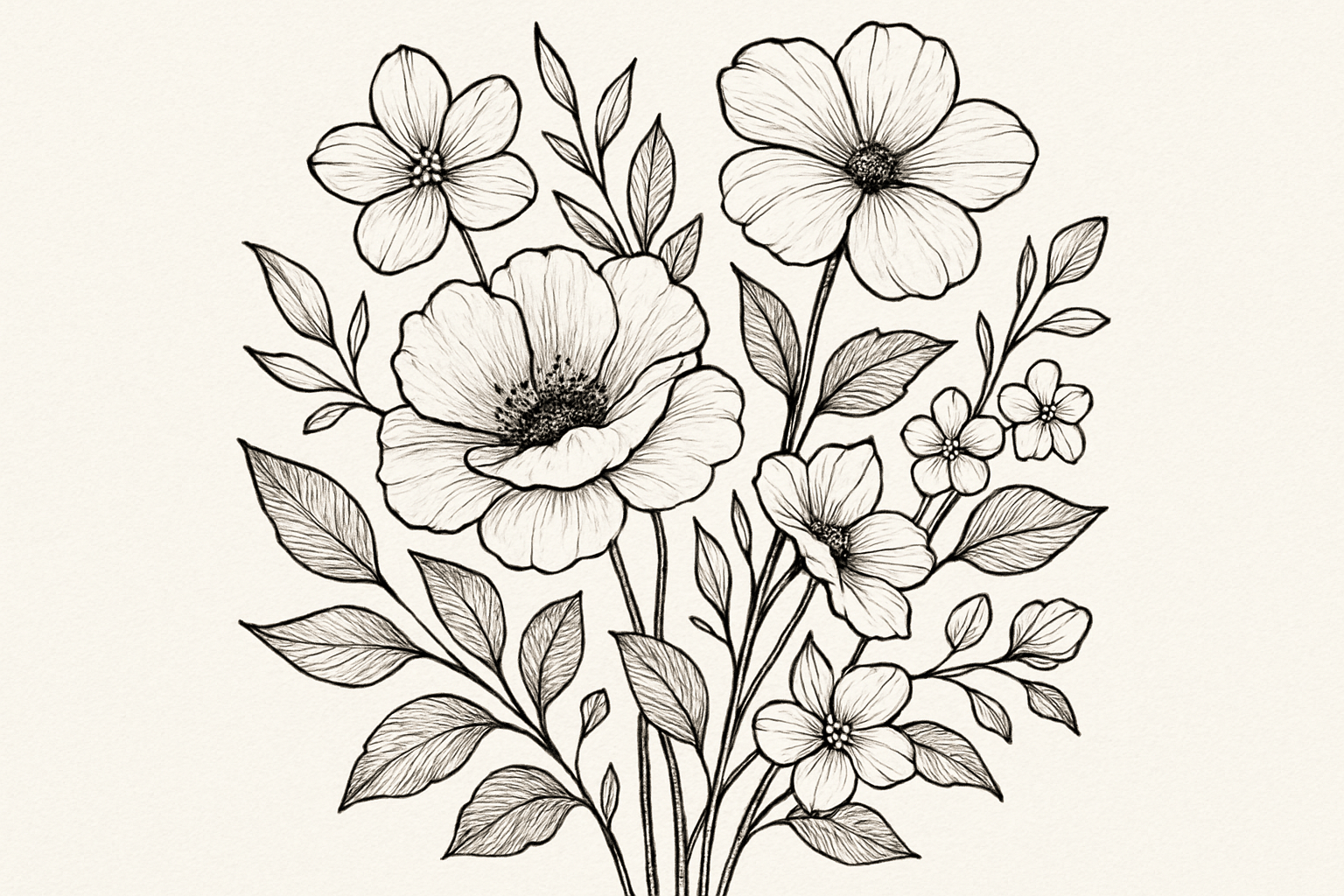
The art style Flower Drawing is characterized by its use of bright colors and its focus on floral patterns. The style is often used to create decorative pieces of art, such as wall hangings or tablecloths.
Thinking in the box: Impressionism, Modernism
Might also call it: Blossom Drawing, Floral Drawing, Rose Drawing
Flowerism No.333
Flowerism is a style of art that is characterized by the use of flowers as the primary subject matter. This style of art is often associated with the work of Japanese artist, Hiroshige. Flowerism typically features brightly-colored flowers that are often arranged in a symmetrical pattern. This style of art is often used to create a sense of beauty and calm.

Flowerism is a style of art that is characterized by its use of flowers as the primary subject matter. The flowers are often depicted in a highly stylized and exaggerated manner, and the overall effect is one of brightly-colored and vibrant artworks.
Thinking in the box: Impressionism, Modernism
Might also call it: Floralism, flower arrangement, flower art.
Flower painting No.334
Flower painting is a genre of painting that focuses on the depiction of flowers. Flower paintings can be still lifes, which are paintings of flowers in a static setting, or they can be paintings of flowers in a more naturalistic setting.

Flower painting is a type of painting that typically features flowers as the main subject. The style can vary depending on the artist, but often includes bright colors and bold brushstrokes.
Thinking in the box: Impressionism, Modernism
Might also call it: Blossom painting, floral painting, petal painting.
Fluffy Italo-Mafiaism No.335
Fluffy Italo-Mafiaism, a whimsical juxtaposition, marries the opulence of Italian mafia aesthetics with playful, cotton-candy textures. It's a visual tango of velvet suits and pastel hues, where danger meets delight, evoking a sense of luxurious absurdity.

Fluffy Italo-Mafiaism is a velvet glove over a brass knuckle. Imagine pastel-hued suits draped over shadowy figures, their silhouettes softened by opulent textures. It's the juxtaposition of plush decadence with a whisper of danger, like silk over steel.
Thinking in the box: Impressionism, Modernism
Might also call it: Fluffy Italo-Mafiaism, a whimsical dance of opulence and kitsch, offers no direct synonyms. Related terms might include Baroque Pop, Kitsch Nostalgia, Italianate Camp, and Mafia Whimsy. Each captures the playful, extravagant essence of its AI roots.
Fluxus No.336
Fluxus is an international, interdisciplinary community of artists, composers, designers and poets that is known for its experimental, avant-garde work. The group was founded in the early 1960s by George Maciunas, and its members have included Yoko Ono, John Cage, and Nam June Paik. The group's work often incorporates elements of chance, humor, and the everyday, and is often described as being anti-art.
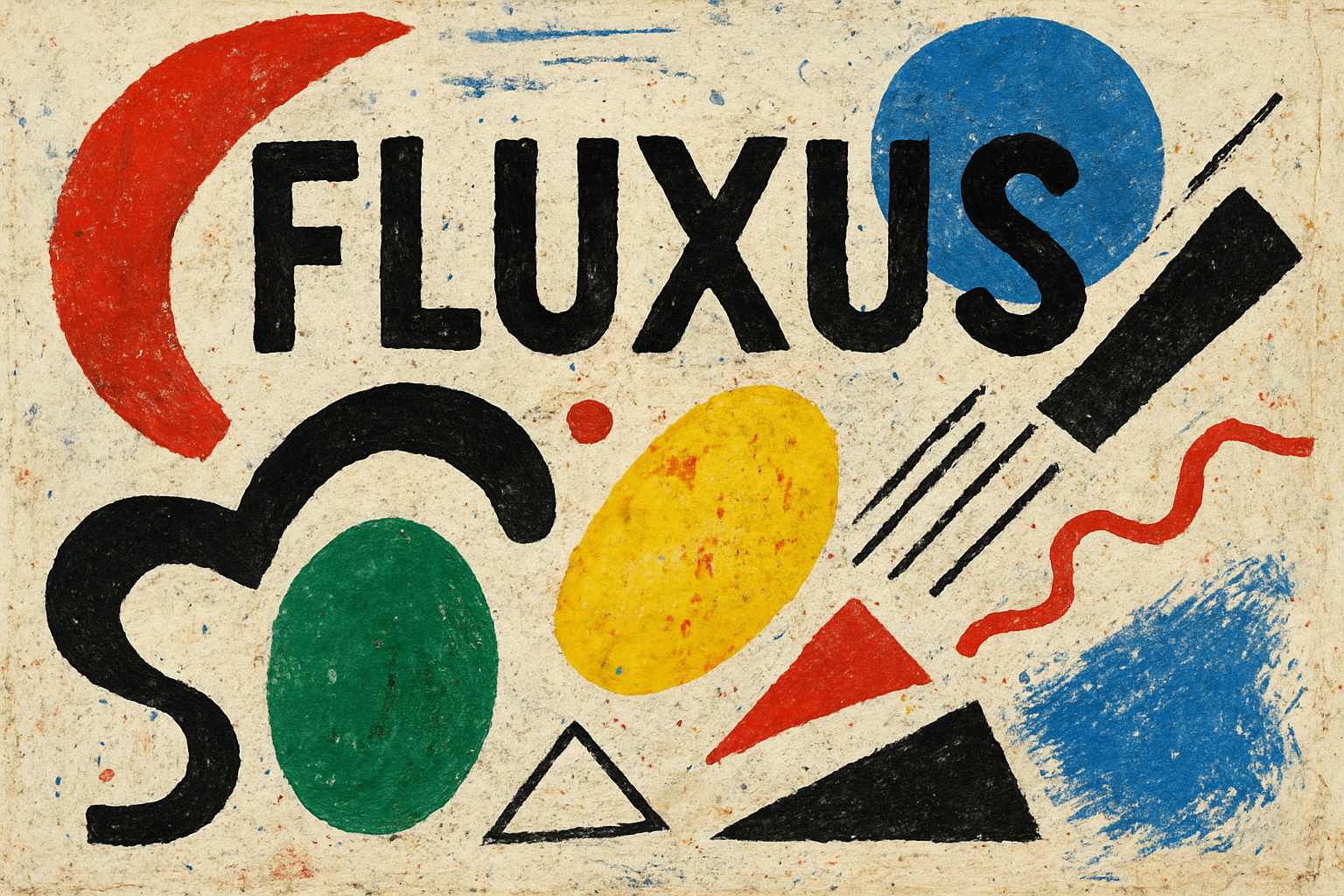
Fluxus is a style of art that is characterized by its use of simple materials and everyday objects. The art is often playful and humorous, and it often uses found objects and recycled materials.
Thinking in the box: Impressionism, Modernism
Might also call it: Fluctuation, change, instability, variability, inconstancy
Folk Art No.337
Folk art is a type of art that is usually created by people who have no formal training in art. It is often based on traditional art forms that are unique to a particular culture. Folk art can be found in many different parts of the world and is often used to decorate homes and public spaces.
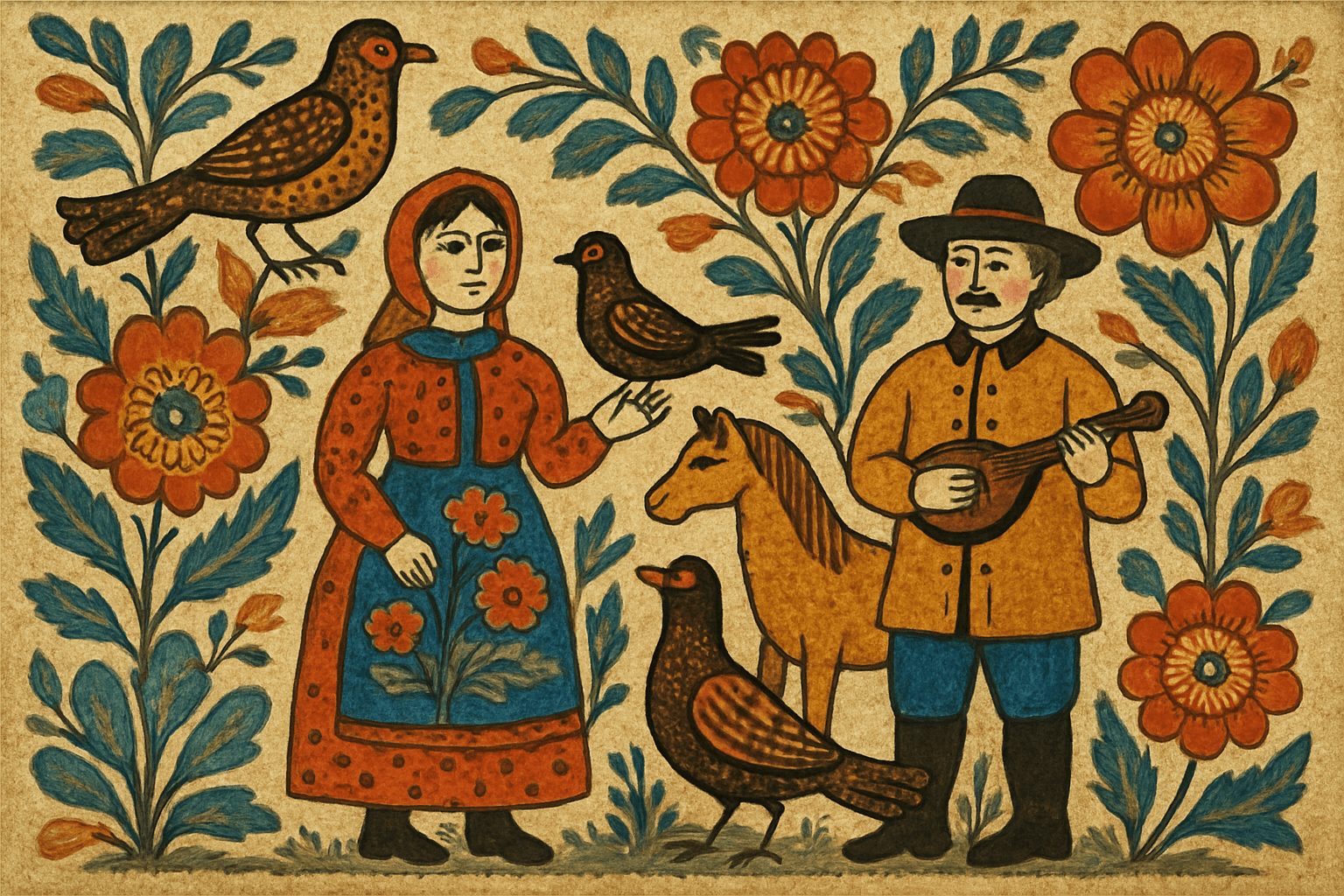
Folk art is usually brightly colored and has a simple, childlike quality to it. It is often made from recycled materials such as bottle caps, scraps of fabric, or pieces of wood.
Thinking in the box: Impressionism, Modernism
Might also call it: Handicraft, artisanal work, craft
Food Art No.338
Food Art is a term used to describe the process of creating art using food as the medium. It can be used to create both edible and non-edible artworks. Food art is often used as a decorative element in cooking and baking, as well as in other forms of art such as sculpture, jewelry, and body art.

The art style of Food Art is characterized by its use of bright colors and bold patterns. The style is often playful and whimsical, and often features food-related imagery.
Thinking in the box: Impressionism, Modernism
Might also call it: 1. Culinary art 2. Cuisine 3. Gastronomy 4. Food presentation 5. Food styling
Formalist Abstraction No.339
A playground of geometric dreams and chromatic interactions, where form reigns supreme, and colors vibrate with silent insistence.
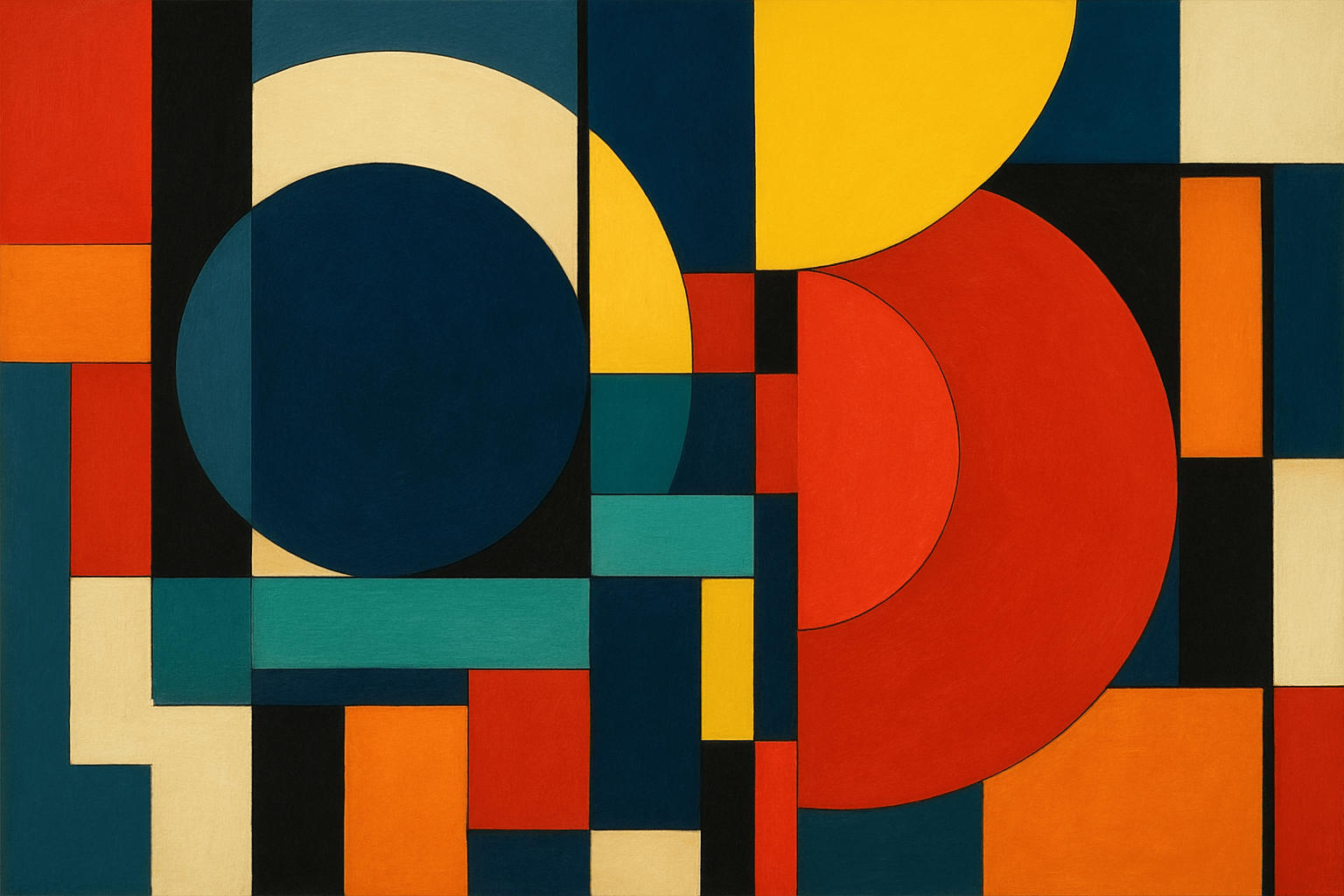
Canvas worlds of angular precision and mathematical whimsy, where lines and shapes dance in harmonious choreography amidst vibrant hues.
Thinking in the box: Abstract Art, Modernism
Might also call it: Pure Abstraction, Structuralism in Art
Fractal Stackism No.340
Fractal Stackism is an art style that combines elements of both fractals and stacking. It is characterized by its use of geometric shapes, often arranged in a symmetrical or repeating pattern. Fractal Stackism often incorporates colors and patterns that create a sense of movement or depth.

Fractal Stackism is a digital art style that combines elements of fractals and stacking. It is characterized by colorful, geometric patterns and shapes that are arranged in a stacked formation.
Thinking in the box: Impressionism, Modernism
Might also call it: Fractal Stackism could also be called "Fractal Stacking" or "Fractal Stacks."
Fractal Impressionism No.341
A dance of color and recursion, where each stroke unfurls into infinite complexity. Rooted in the chaos, yet charmingly accessible, it echoes nature's unpredictability with an embrace of the digital brush.
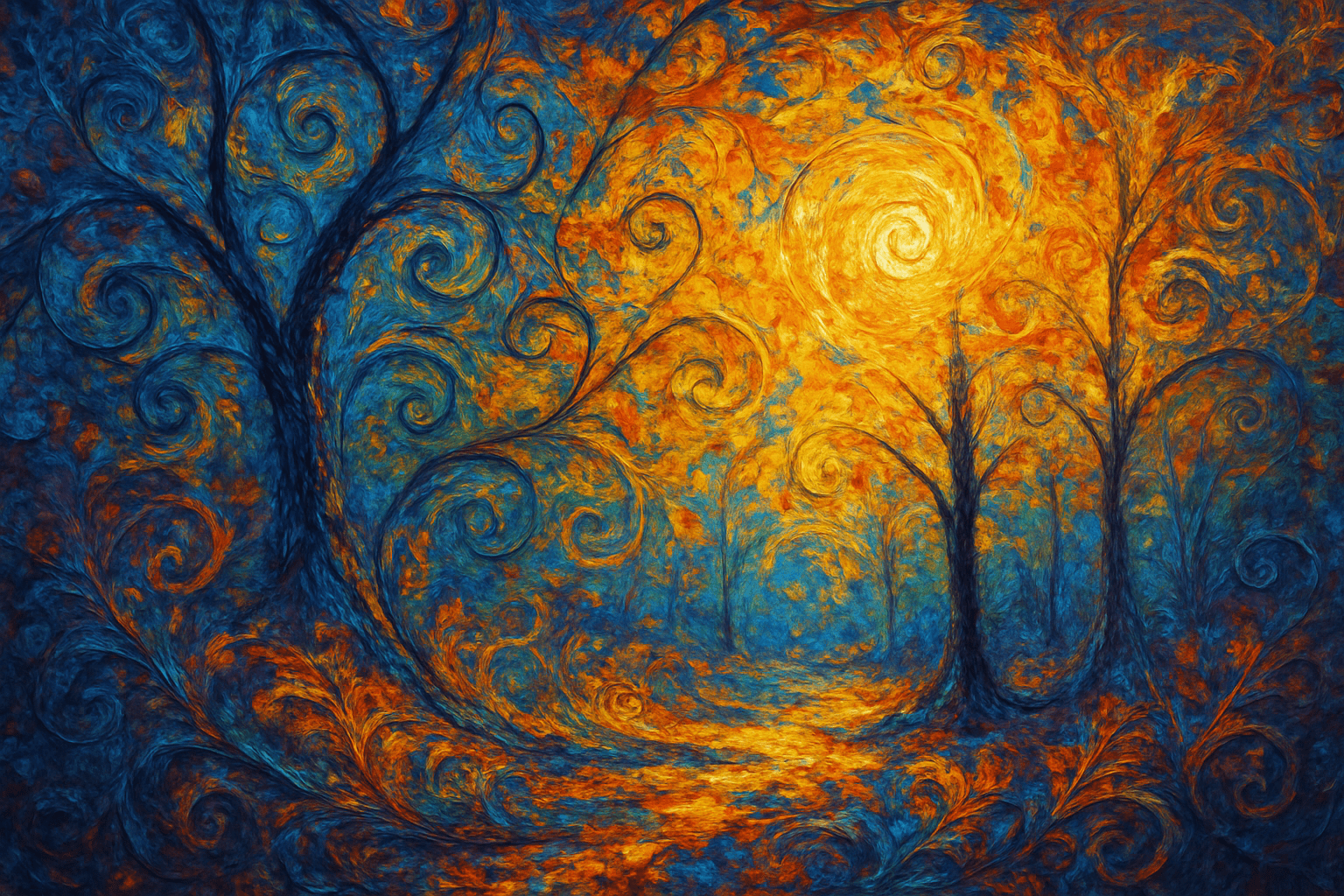
Swirls of color spiral endlessly, reflecting both tumult and tranquility—visions of Van Gogh seasoned with algorithms, blending organic emotion with computational grace.
Thinking in the box: Impressionism, Modernism, Digital Art
Might also call it: Recursive Artistry, Algorithmi-cism, Chaotic Impression
Fractalism No.342
Fractalism is a form of digital art that uses mathematical formulas to create images that are infinitely complex and detailed. Fractal images are often created by iterating (repeating) a simple equation over and over again, with each iteration creating a more detailed image. Fractal images can be incredibly beautiful, and are often used as background images or as artwork in their own right. Fractalism is a relatively new art form, and is still being explored by artists and mathematicians alike.
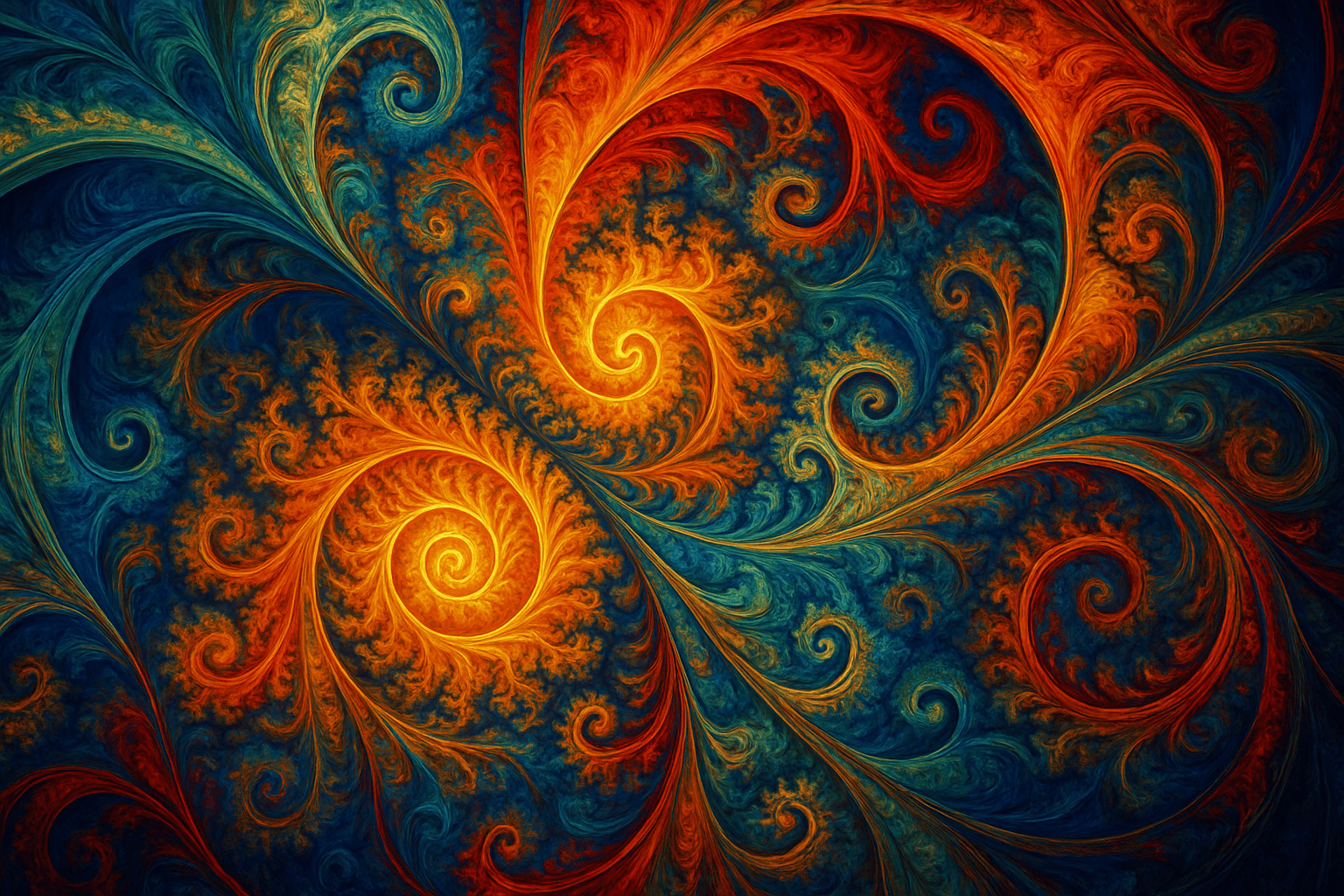
Fractalism is an art style that is characterized by its use of fractals. Fractals are geometric shapes that can be divided into smaller parts that are similar to the whole. This style of art often features intricate patterns and shapes that can be found in nature.
Thinking in the box: Impressionism, Modernism
Might also call it: Fractalism, Fractal Art, Fractal Geometry
Fracture Colorism No.343
Fracture Colorism is an art style that uses colors to create an abstract and fragmented image. It is often used to create a sense of movement or energy in a painting or photograph.
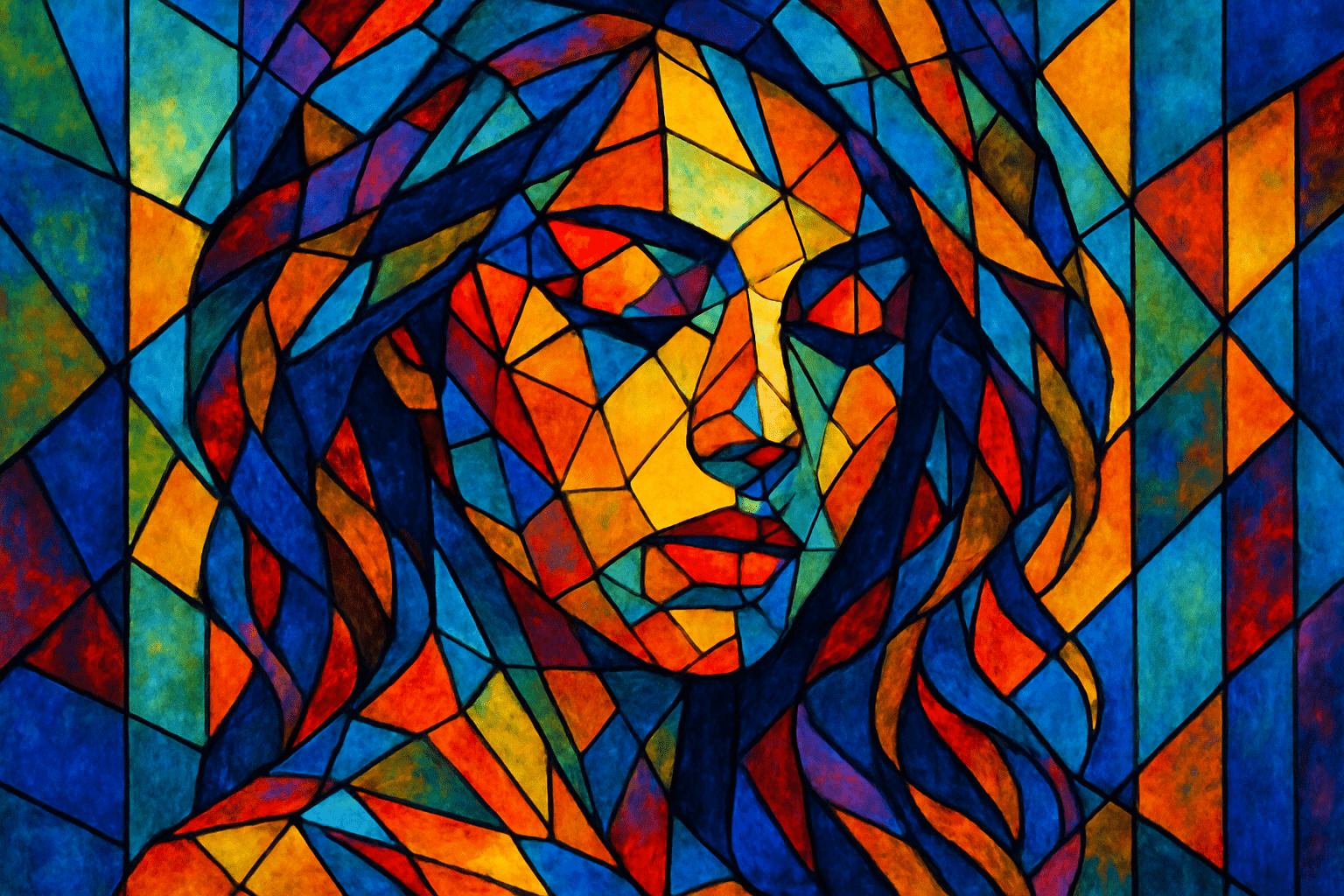
Fracture Colorism is a digital art style that combines geometric shapes with bright colors. The shapes are often arranged in patterns or symmetrical designs, and the colors are usually very saturated. This style is often used for abstract or decorative purposes.
Thinking in the box: Impressionism, Modernism
Might also call it: Racial discrimination, prejudice, bigotry, intolerance.
Francis Bacon No.344
Francis Bacon was an English painter and figurative artist known for his emotionally raw and psychologically provocative portraits and scenes. He developed a unique style that was characterized by its bold, graphic images, stark contrasts, and often grotesque or nightmarish subjects. His work was both highly influential and highly controversial, and he remains one of the most important and controversial artists of the 20th century.
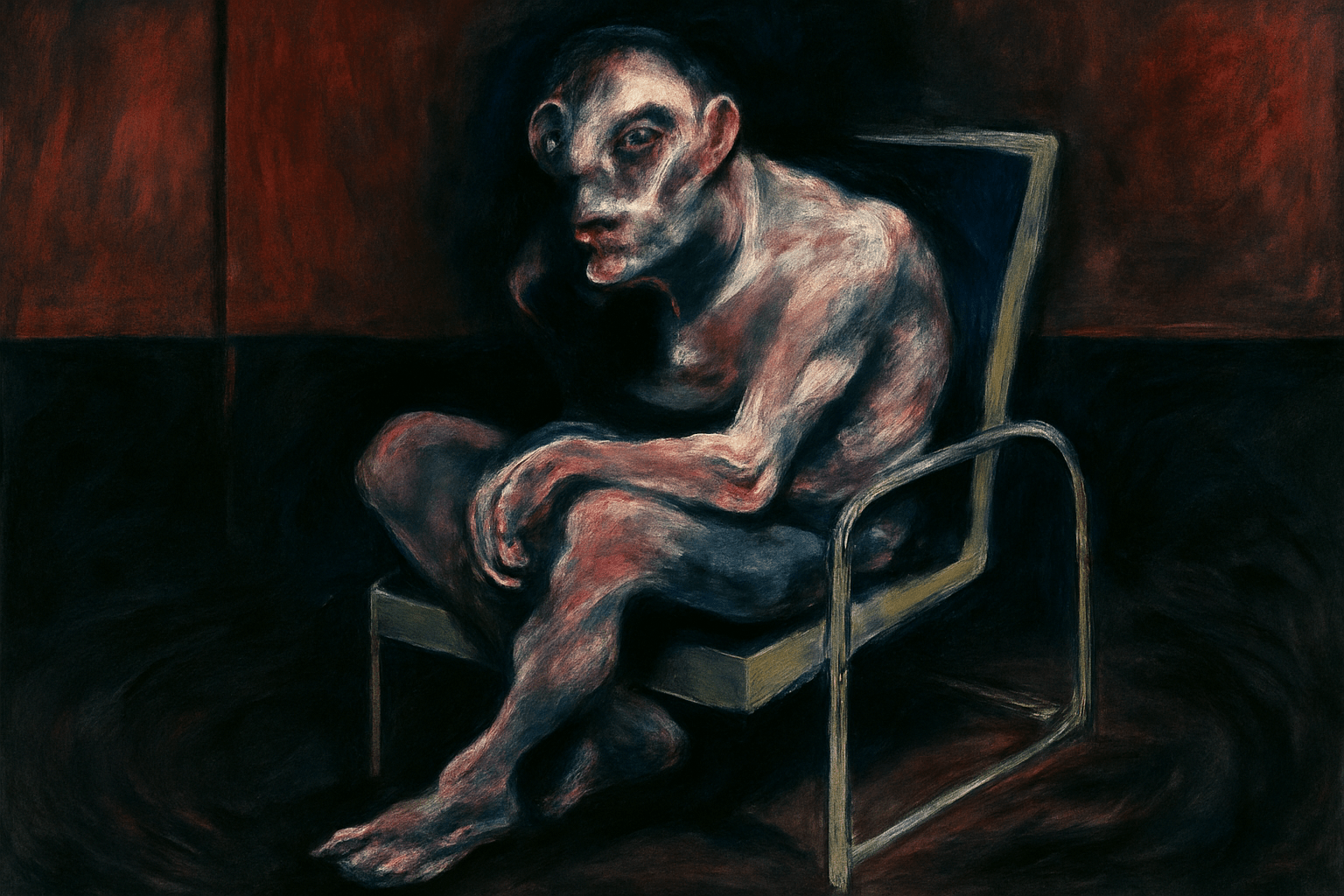
The art style of Francis Bacon is characterized by its dark and somber tones, as well as its distorted and grotesque figures. Bacon's paintings often depict scenes of violence and death, which are further accentuated by his dark color palette and distorted figures.
Thinking in the box: Impressionism, Modernism
Might also call it: Bacon, Frank
French No.345
French art is often characterized by its use of light and color. It is often said to be more concerned with the overall effect than with individual details. French artists often seek to capture the feeling of a moment or a place, rather than to create a realistic or accurate representation. This can be seen in the work of many famous French painters, such as Claude Monet and Pierre-Auguste Renoir. French art often has a strong sense of movement and energy, which is often conveyed through the use of bold brushstrokes. This is one of the reasons why French art is often seen as being more expressive and emotional than other styles.
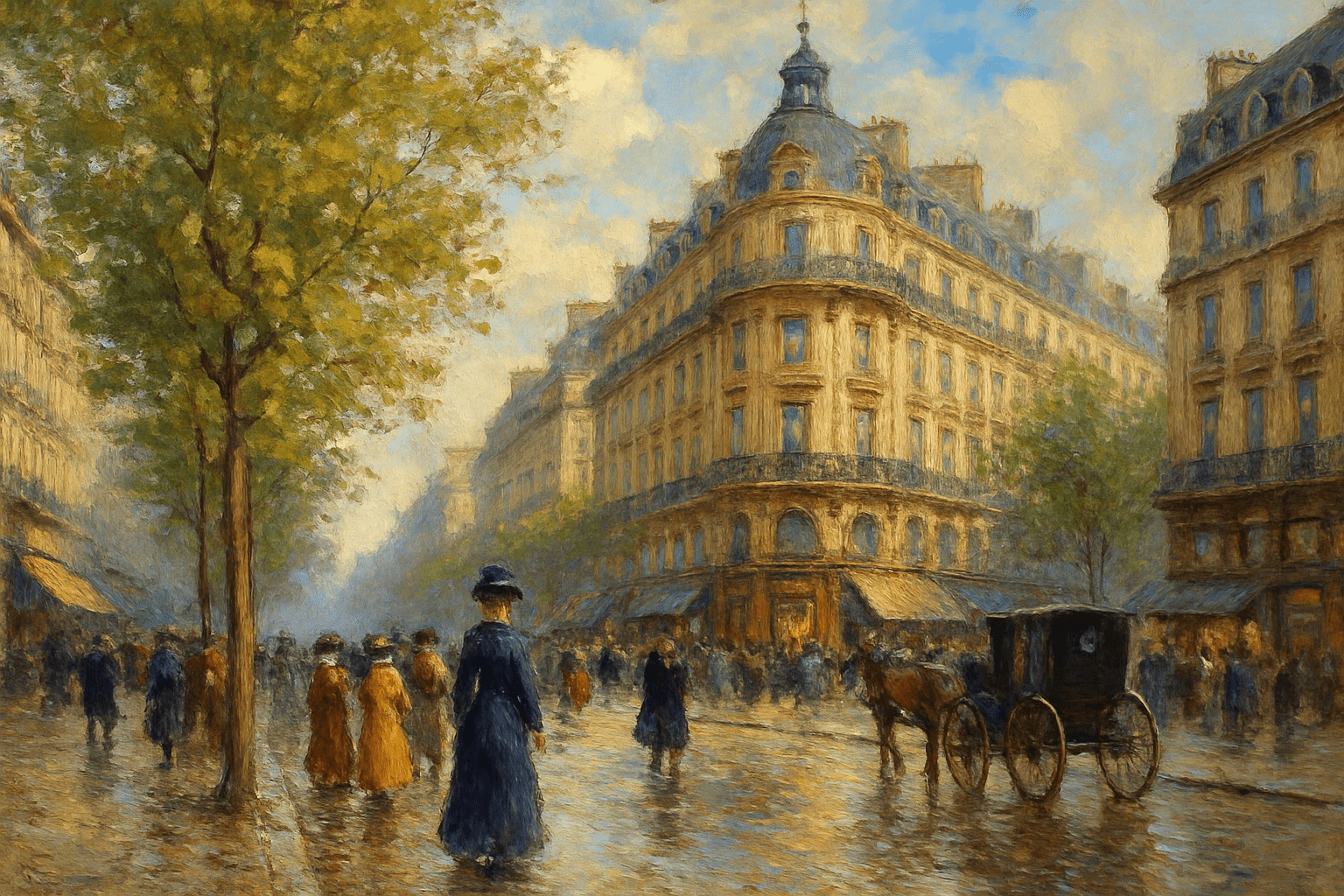
The art style French is characterized by its use of bright colors and bold patterns. French artists often use a variety of different mediums to create their art, including painting, sculpture, and photography. French art is often characterized by its use of geometric shapes and patterns, as well as its focus on the human form.
Thinking in the box: Impressionism, Modernism
Might also call it: French: Gallic, Frankish
Fresco No.346
Fresco is a type of painting that is done on fresh, wet plaster. This art form dates back to ancient times and was popularized in the Renaissance period. Frescoes are known for their vibrant colors and lifelike images.
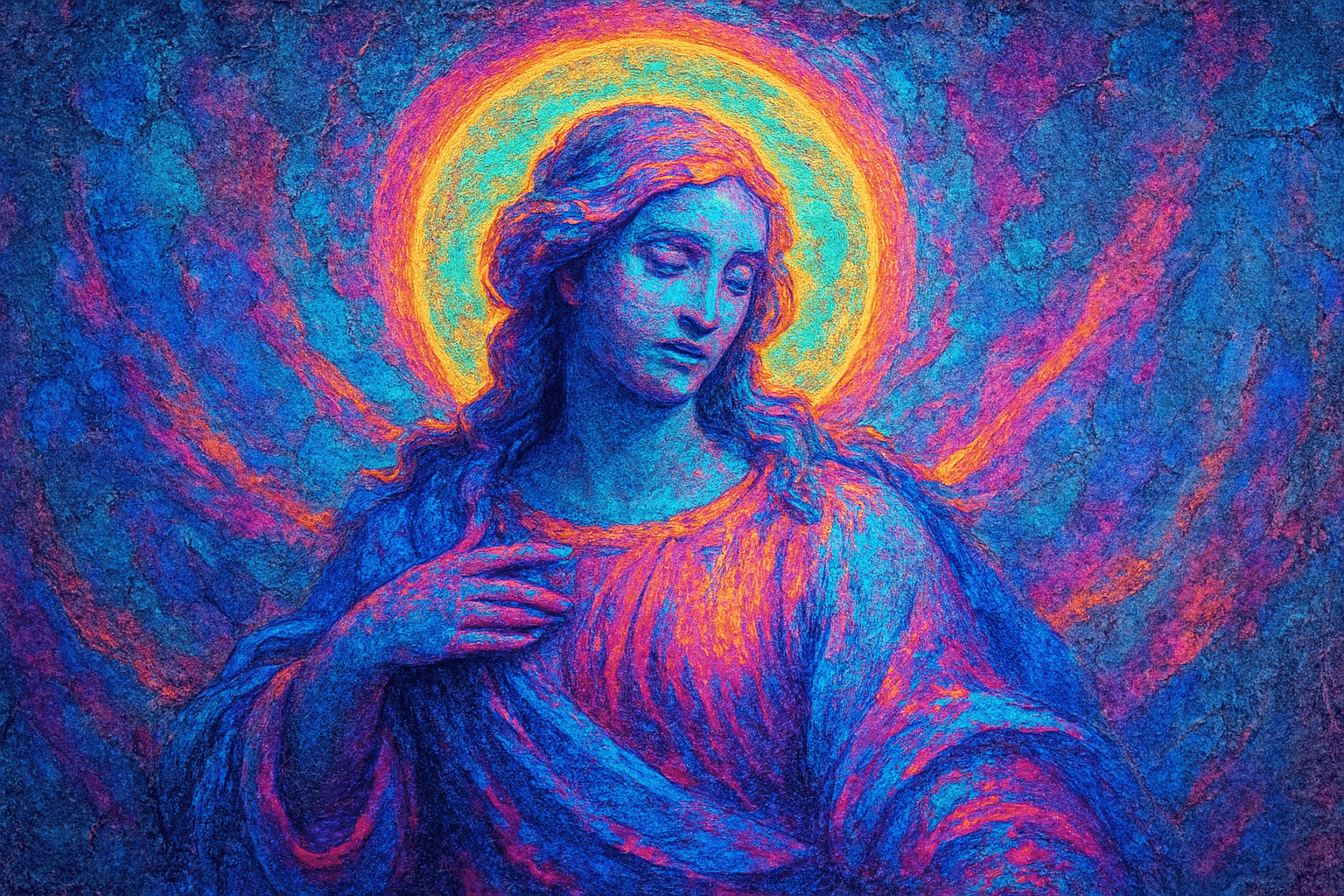
Fresco is a type of painting that uses water-based paint on wet plaster. The word "fresco" comes from the Italian word for "fresh." Fresco paintings are often found in churches and other public buildings. They are characterized by their bright colors and detailed images.
Thinking in the box: Impressionism, Modernism
Might also call it: Mural, painting, portrait, scene
Fundamentalist Extravaganza No.347
Fundamentalist Extravaganza is an art style that emerged as a reaction against modern minimalism and conceptual art, emphasizing a return to traditional techniques and craftsmanship while incorporating elements of excess and opulence. This style is characterized by its intricate details, vivid colors, and a blend of historical and contemporary influences. Artists working within this style often explore themes of cultural identity, nostalgia, and the juxtaposition of past and present. Fundamentalist Extravaganza seeks to engage viewers through its rich visual narratives and elaborate compositions, celebrating the complexity and beauty of art in its most ornate form.
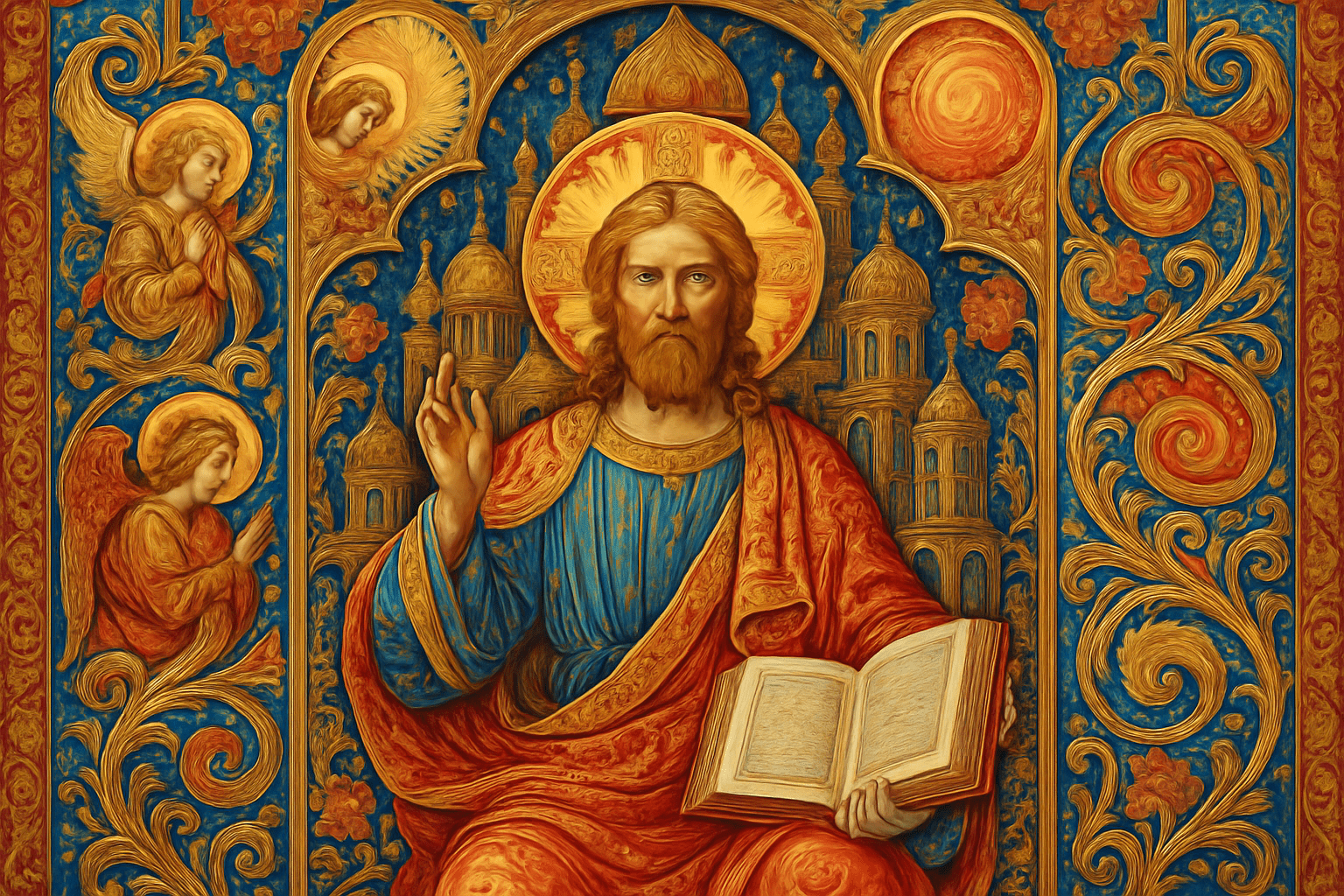
The art style known as Fundamentalist Extravaganza is characterized by a bold and vibrant aesthetic that combines elements of traditional and contemporary art forms. It often features intricate patterns and detailed compositions, with a strong emphasis on symmetry and balance. The color palette is typically vivid, with bright, contrasting colors that draw the viewer's attention and create a sense of energy and dynamism. In terms of subject matter, Fundamentalist Extravaganza often incorporates a mix of abstract and figurative elements. This might include stylized representations of people, animals, and natural forms, interwoven with geometric shapes and abstract motifs. The overall effect is one of complexity and richness, inviting viewers to explore the various layers and details within the artwork. The style often reflects a sense of celebration and excess, with an abundance of decorative elements and a tendency towards maximalism. There is a playful and experimental quality to the compositions, as artists push the boundaries of traditional forms and techniques to create something unique and eye-catching. Overall, Fundamentalist Extravaganza is a visually striking and engaging art style that captivates viewers with its intricate details, vibrant colors, and dynamic compositions.
Thinking in the box: Impressionism, Modernism
Might also call it: 1. Maximalism - an art style characterized by excess and redundancy, often featuring bold colors and intricate details. 2. Surrealism - known for its dreamlike and fantastical elements, which could align with the extravagant aspect. 3. Baroque - an art style known for its grandeur and opulence, potentially similar to the "extravaganza" aspect. 4. Neo-Futurism - a style that blends futuristic elements with artistic expression, which might relate to the AI component. 5. Avant-garde - often used to describe innovative and experimental art styles, which could align with a new AI-driven style. 6. Eclecticism - combining elements from different styles, which might be relevant if the style is diverse and multifaceted. 7. Hyperrealism - a style that creates exaggerated, almost surreal depictions of reality, which could relate to the "extravaganza" aspect.
Funk art No.348
Funk art is a style of painting that emerged in the late 1960s and early 1970s. It is characterized by its use of bright colors, bold patterns, and often humorous or irreverent imagery. Funk art is often associated with the countercultural movement of the 1960s and 1970s, and its practitioners were often inspired by the work of pop artists like Andy Warhol and Roy Lichtenstein.
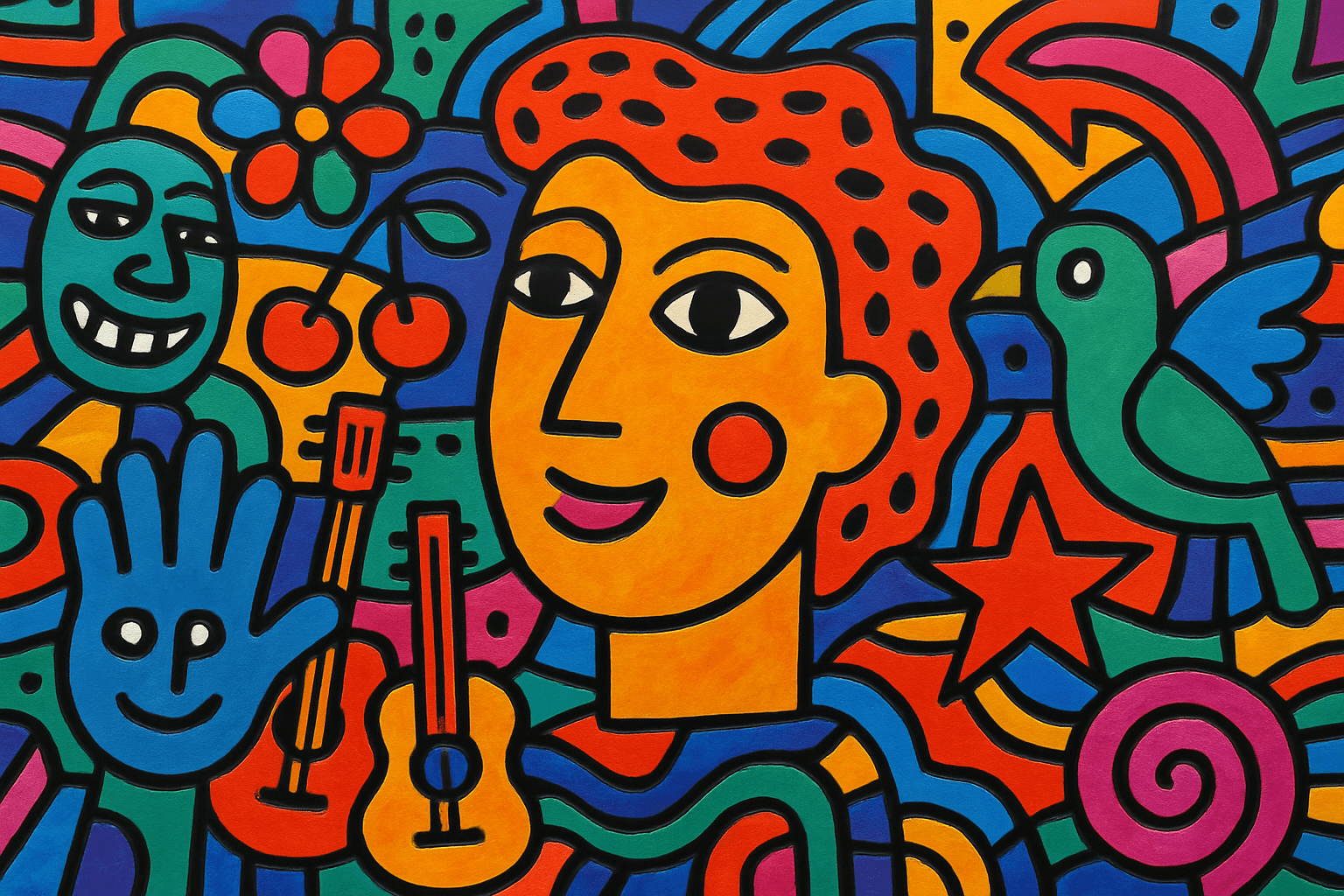
Funk art is characterized by its use of bright colors and bold patterns. The art style is often playful and whimsical, and often features images of popular culture.
Thinking in the box: Impressionism, Modernism
Might also call it: Funk art is a type of art that is associated with the funk music genre. It is often characterized by its use of bright colors and bold patterns.
Funny Drawing No.349
Funny Drawing is a unique and interesting art style that is characterized by its use of humor and satire. This art style often uses bright colors and exaggerated features to create its comedic effect. Funny Drawing can be used to comment on current events or to simply make people laugh.

The art style of Funny Drawing is characterized by its simple and cartoon-like appearance. The drawings are often done in black and white, with minimal detail. The overall effect is light-hearted and humorous.
Thinking in the box: Impressionism, Modernism
Might also call it: Hilarious Drawing, Comical Drawing, Amusing Drawing, Entertaining Drawing
Futuresynth No.350
Futuresynth is a subgenre of synthwave that takes a more futuristic and experimental approach to the sound and aesthetics of the 1980s. It often features a more complex and layered sound than traditional synthwave, and often incorporates elements of other genres such as drum and bass, dubstep, and IDM.

Futuresynth is a subgenre of synthwave that is characterized by its focus on the future and its use of futuristic themes and aesthetics. This can be seen in the use of bright, neon colors, as well as in the use of futuristic themes and settings in the music and artwork.
Thinking in the box: Impressionism, Modernism
Might also call it: 1. Future-oriented synth 2. Synth that creates sounds based on what is to come 3. A type of electronic music that is based on creating futuristic sounds 4. Music that is made using synthesizers to create a futuristic sound 5. A genre of music that is based around synthesizers and creating a futuristic sound
Futurism No.351
Futurism was an art movement that began in the early 20th century. It was characterized by its use of dynamic, often violent images to depict the energy and power of modern industrial society. Futurist artists sought to capture the speed and energy of the machine age, often using new technologies such as the automobile and the airplane as subjects for their work.
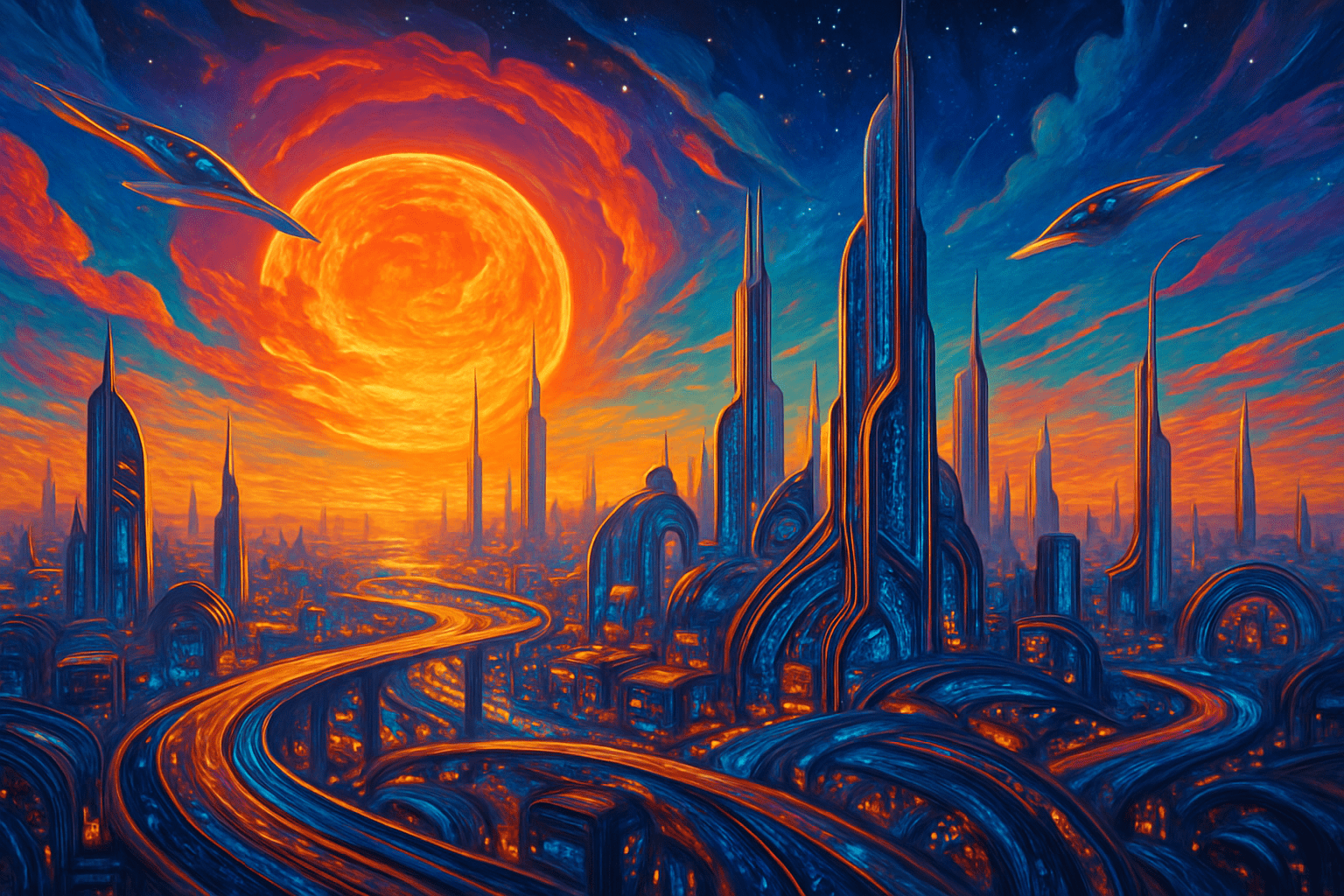
The art style Futurism is characterized by its use of strong, bold colors and geometric shapes. It is often described as being "futuristic" or "modern" in appearance.
Thinking in the box: Impressionism, Modernism
Might also call it: 1. Modernism 2. Postmodernism 3. Cubism 4. Dadaism 5. Surrealism 6. Abstract Expressionism 7. Pop Art 8. Op Art
Futuristic Retro Schizophrenism No.352
Futuristic Retro Schizophrenism oscillates between nostalgia and tomorrow, merging the chrome sheen of sci-fi dreams with the analog warmth of yesteryears. It’s a kaleidoscope where past and future collide, creating a visual symphony of contradictions.
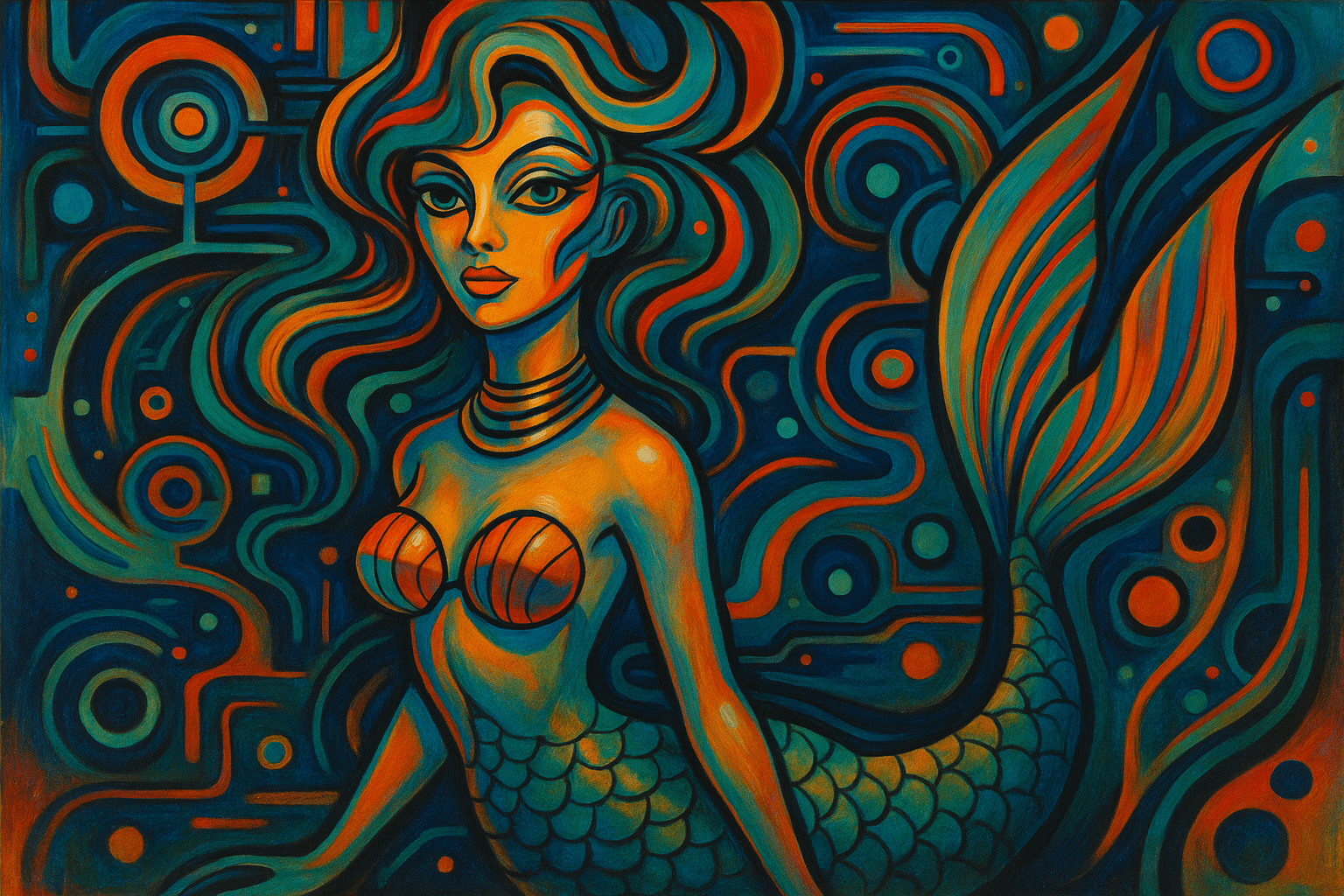
Futuristic Retro Schizophrenism is a kaleidoscope of contradiction, where neon dreams collide with vintage echoes. It's a symphony of chrome and vinyl, where time bends, and nostalgia dances with tomorrow's promise in an electric embrace.
Thinking in the box: Impressionism, Modernism
Might also call it: Time-twisted nostalgia, Neo-vintage surrealism, Retro-futuristic kaleidoscope, Avant-garde anachronism, Space-age whimsy, Temporal dissonance, Cyber-vintage fusion, Chrono-chaotic aesthetics, Postmodern retrograde, Sci-fi nostalgia.
Futuruma No.353
Futuruma is a Japanese art style that emphasizes speed, energy, and movement. It is characterized by bold colors, sharp lines, and dynamic compositions. Futuruma artists often use traditional Japanese motifs and imagery, but they also experiment with Western influences. This style is often used in advertising and animation.
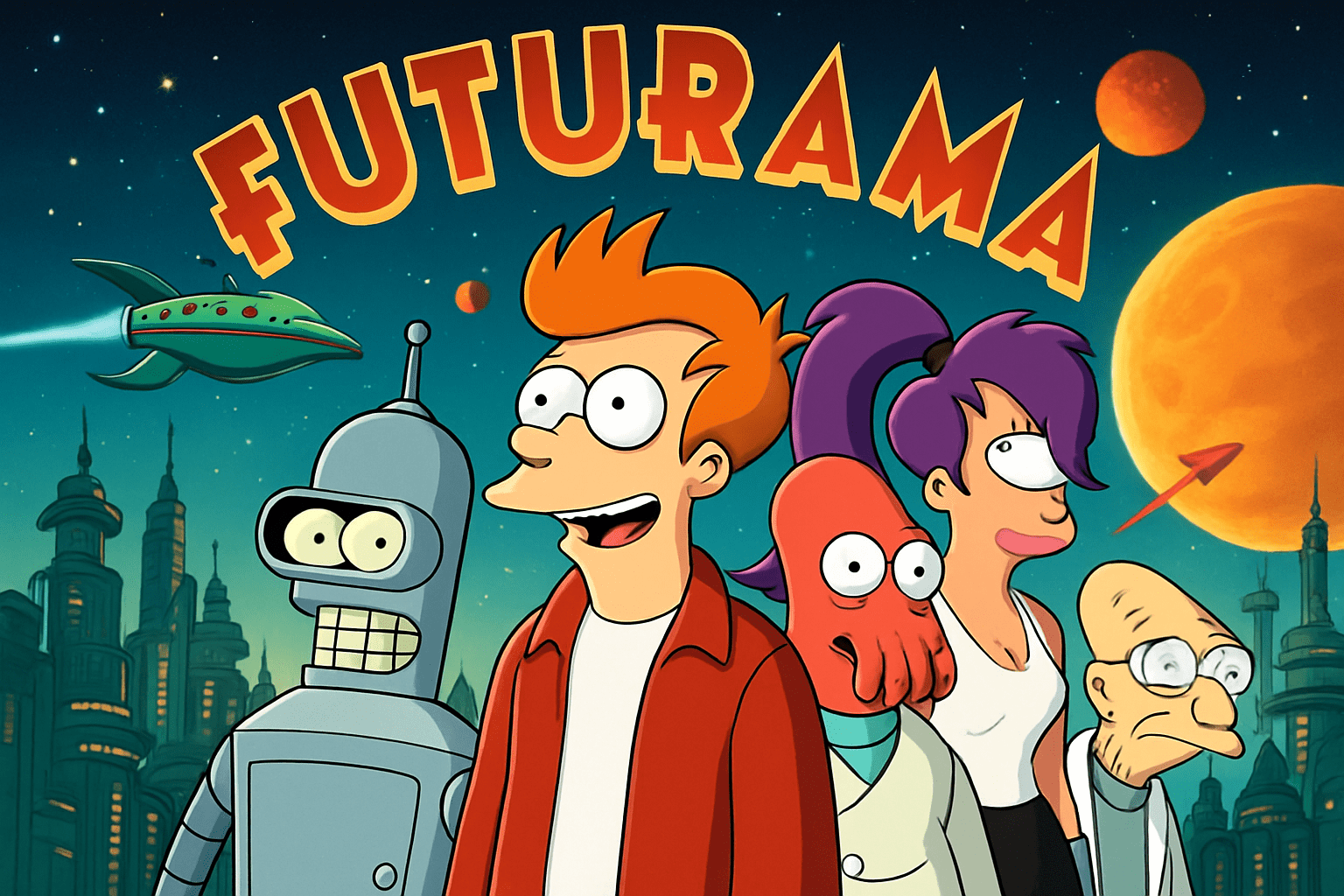
The art style of Futuruma is very colorful and detailed. The characters are often shown in very dynamic poses, and the backgrounds are usually very busy. Futuruma has a very unique look that is unlike any other anime.
Thinking in the box: Impressionism, Modernism
Might also call it: Futurama may refer to: 1. Futurama, a science fiction animated television series 2. Futurama (video game), a video game based on the television series 3. Futurama: Worlds of Tomorrow, a mobile game based on the television series
Garfield No.354
Garfield is an American comic strip created by Jim Davis. The strip centers on Garfield, a fat, lazy, cynical, and sarcastic cat. He is notable for his love of lasagna and coffee, and his hatred of Mondays and diets. The strip became one of the most popular comic strips of the 1980s.
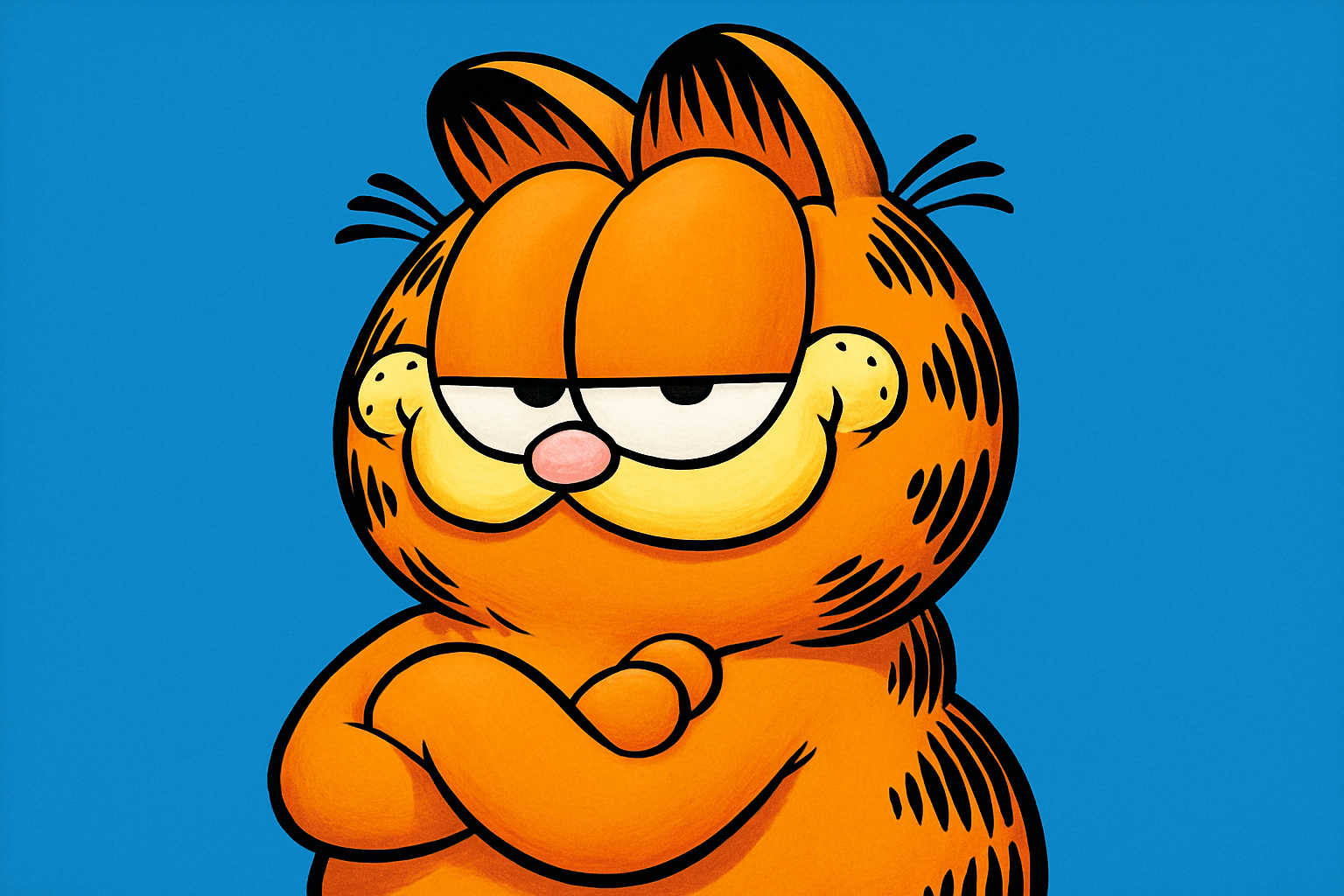
The art style of Garfield is very simplistic. The characters are often drawn as basic shapes, with minimal detail. The colors are usually muted, and the overall aesthetic is very clean and minimal.
Thinking in the box: Impressionism, Modernism
Might also call it: cat, feline, kitty, pussycat
Genre painting No.355
Genre painting is a type of painting that depicts everyday life scenes. These scenes can be of people in everyday situations, such as at work or at leisure. The term ÃÂÃÂgenre paintingÃÂÃÂ can also refer to the painting of scenes from history or from mythology.
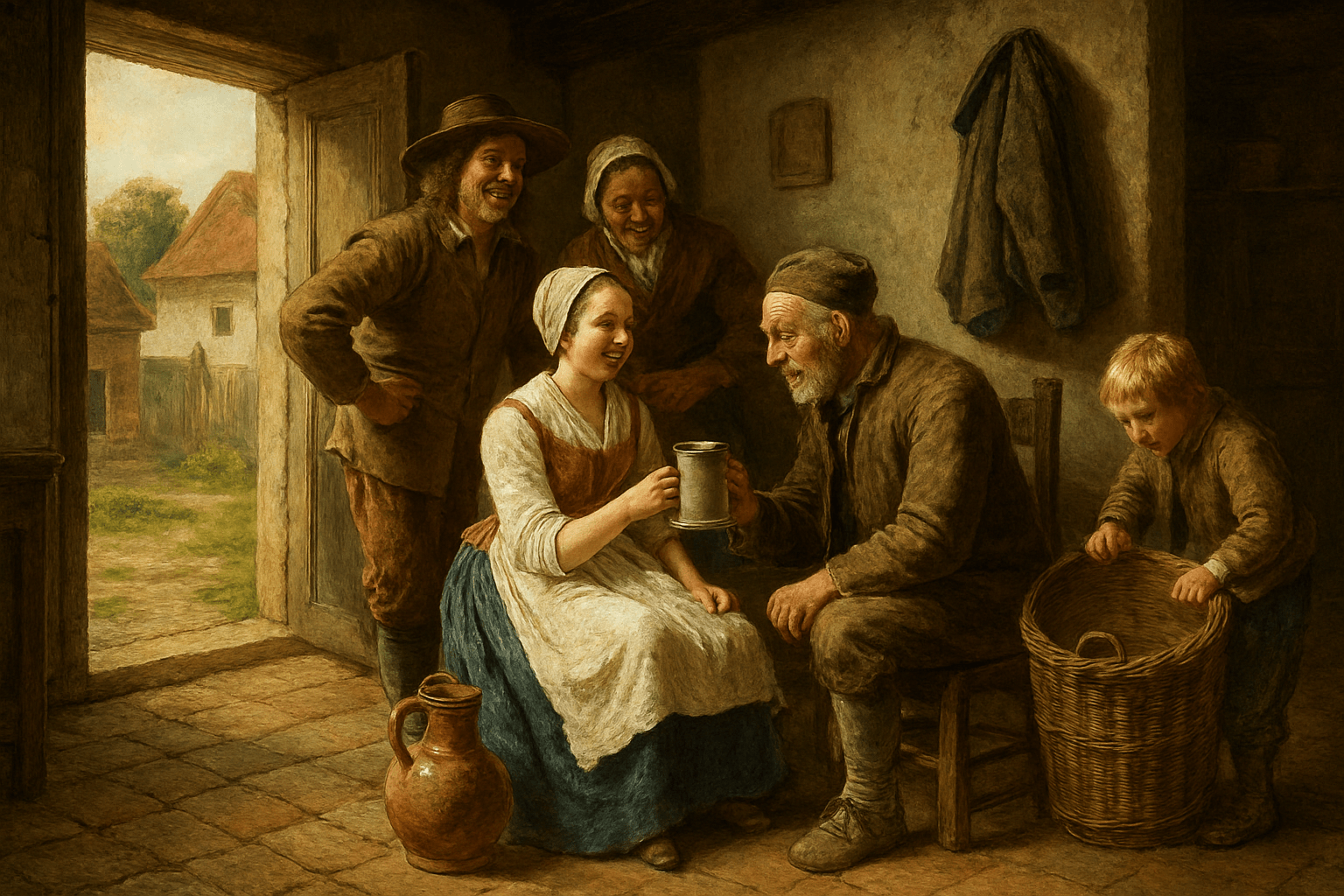
Genre painting is a type of painting that depicts everyday life scenes. The scenes are usually set in a rural or urban environment and often include people engaged in everyday activities.
Thinking in the box: Impressionism, Modernism
Might also call it: Still life, portrait, landscape, seascape, cityscape, animal painting, flower painting, religious painting, mythological painting, historical painting, genre painting, nude painting, nude art, erotic painting, erotic art
Geometric No.356
Geometric art is a type of art that is characterized by simple, often repetitive shapes. This type of art is often created using geometric shapes such as squares, triangles, and circles. Geometric art is often seen as being very clean and orderly.

Geometric art is characterized by clean lines, shapes, and patterns. The overall look is clean, orderly, and precise.
Thinking in the box: Impressionism, Modernism
Might also call it: Regular, symmetrical, shaped, patterned.
A dance of edges and angles No.357
Pure forms stripped of reality's hues, Geometry twists into a metallic horizon. A cerebral puzzle that beckons the eye to wander in calculated allure; worlds constructed with rulers' whims.
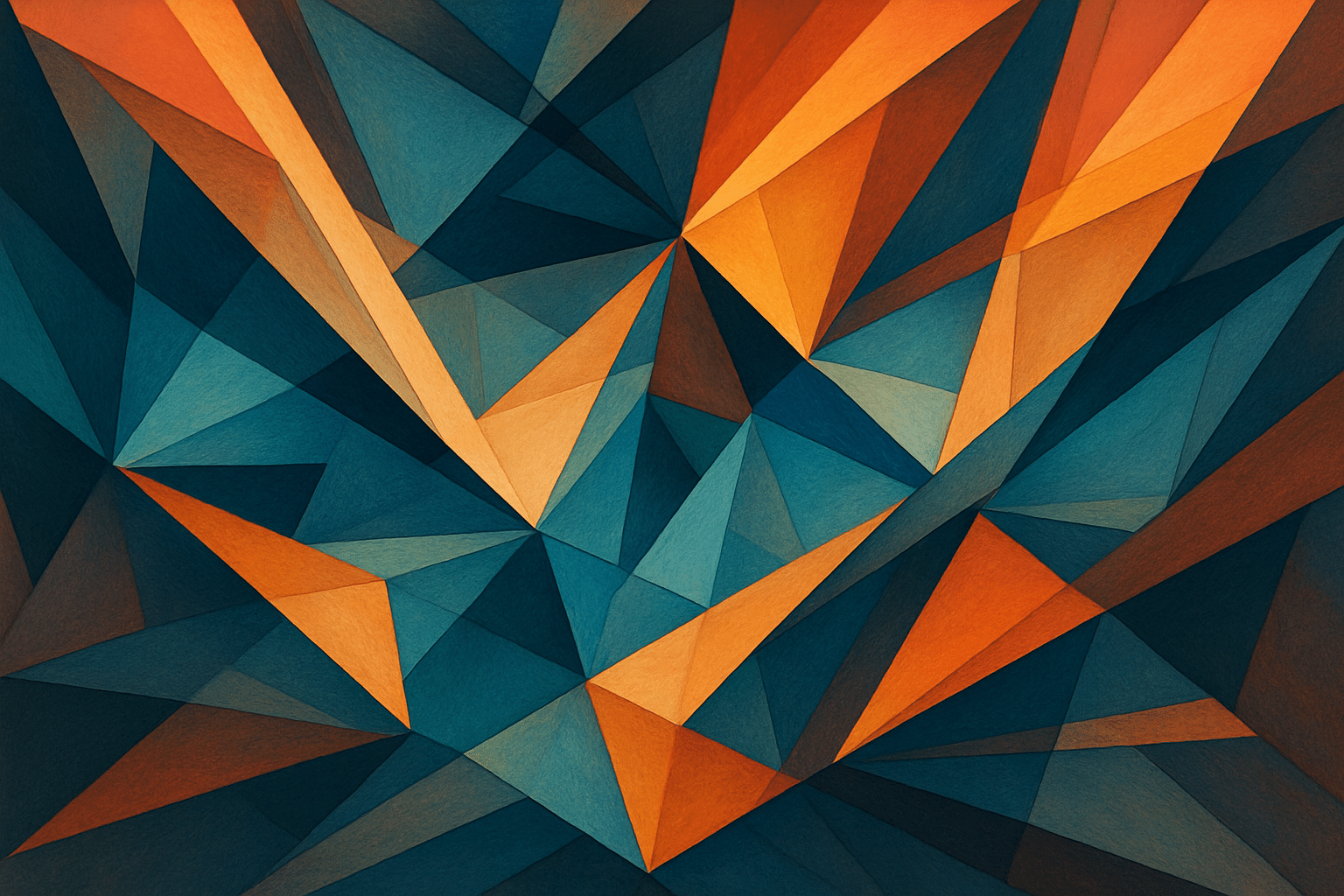
Colors locked in calm stillness, hard lines intersect whispering symmetries. Kaleidoscope's cousin; blocks become ethereal. The eye roams across playful labyrinths, where shapes are the heroes in a silent geometric symphony.
Thinking in the box: Modernism, Minimalism
Might also call it: Non-objective art, Concrete Art, Abstract Formalism
Geometric Drawing No.358
Geometric drawing is a type of drawing that uses basic shapes to create detailed images. This type of drawing is often used for architectural or technical drawings. Geometric drawing can be done by hand or using computer software.
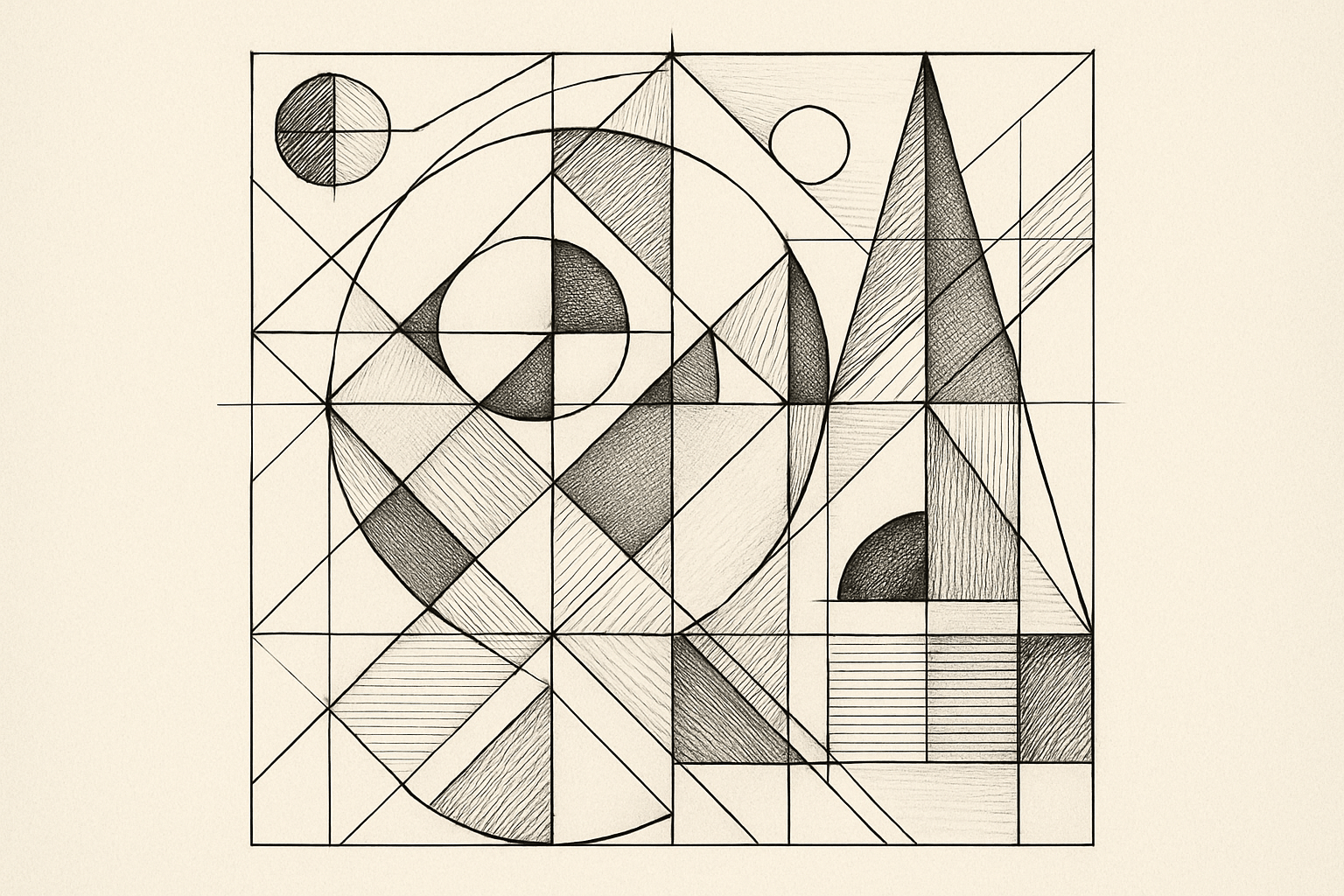
Geometric drawings are usually very precise and have clean lines. They often feature geometric shapes and patterns.
Thinking in the box: Impressionism, Modernism
Might also call it: Geometric drawing can also be called technical drawing, engineering drawing, or drafting.
Geometric abstract art No.359
Geometric abstract art is a type of art that uses geometric shapes to create an abstract design. This type of art is often used to create a modern or contemporary look.

Geometric abstract art is characterized by its use of simple geometric shapes and forms. The shapes are often arranged in a symmetrical or repeating pattern, and the overall effect is one of order and balance. The colors used in geometric abstract art are often bold and bright, and the overall effect is one of energy and movement.
Thinking in the box: Impressionism, Modernism
Might also call it: Geometric abstract art can be referred to as abstract art that uses geometric shapes, patterns, and/or colors.
Georgians No.360
Georgian art is characterized by its ornate and intricate details. Common motifs include flowers, scrolls, and leaves. Georgian art is often brightly colored and highly decorative.
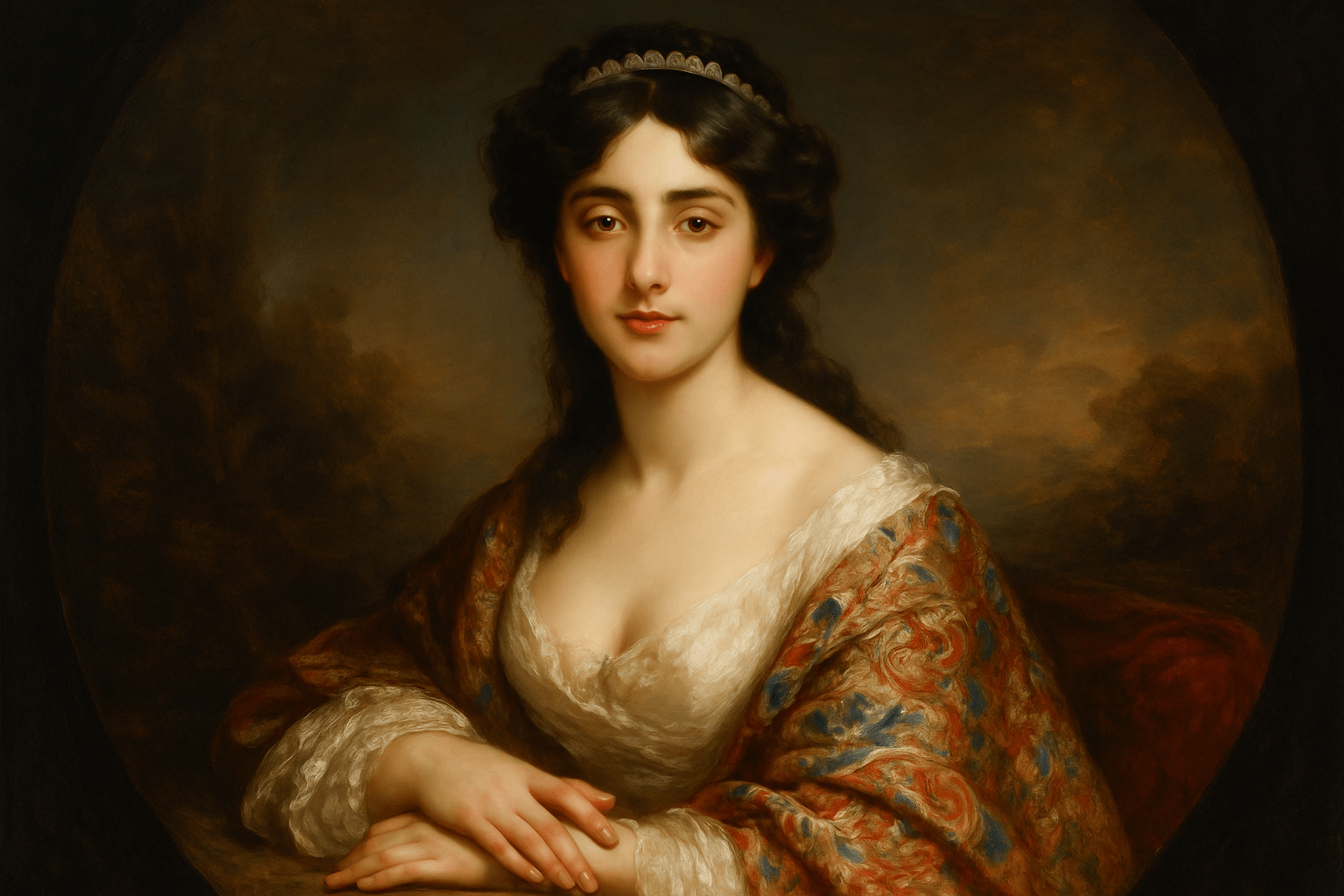
The Georgians were known for their ornate and detailed art style. Their art often featured intricate patterns and designs, as well as bright colors and gold leaf.
Thinking in the box: Impressionism, Modernism
Might also call it: residents of Georgia, people from Georgia
German Expressionism No.361
Raw emotion meets distorted beauty; German Expressionism captures the soul's deepest reverberations, manifested through jagged imagery and saturated hues. A rebellious outcry against past conventions.
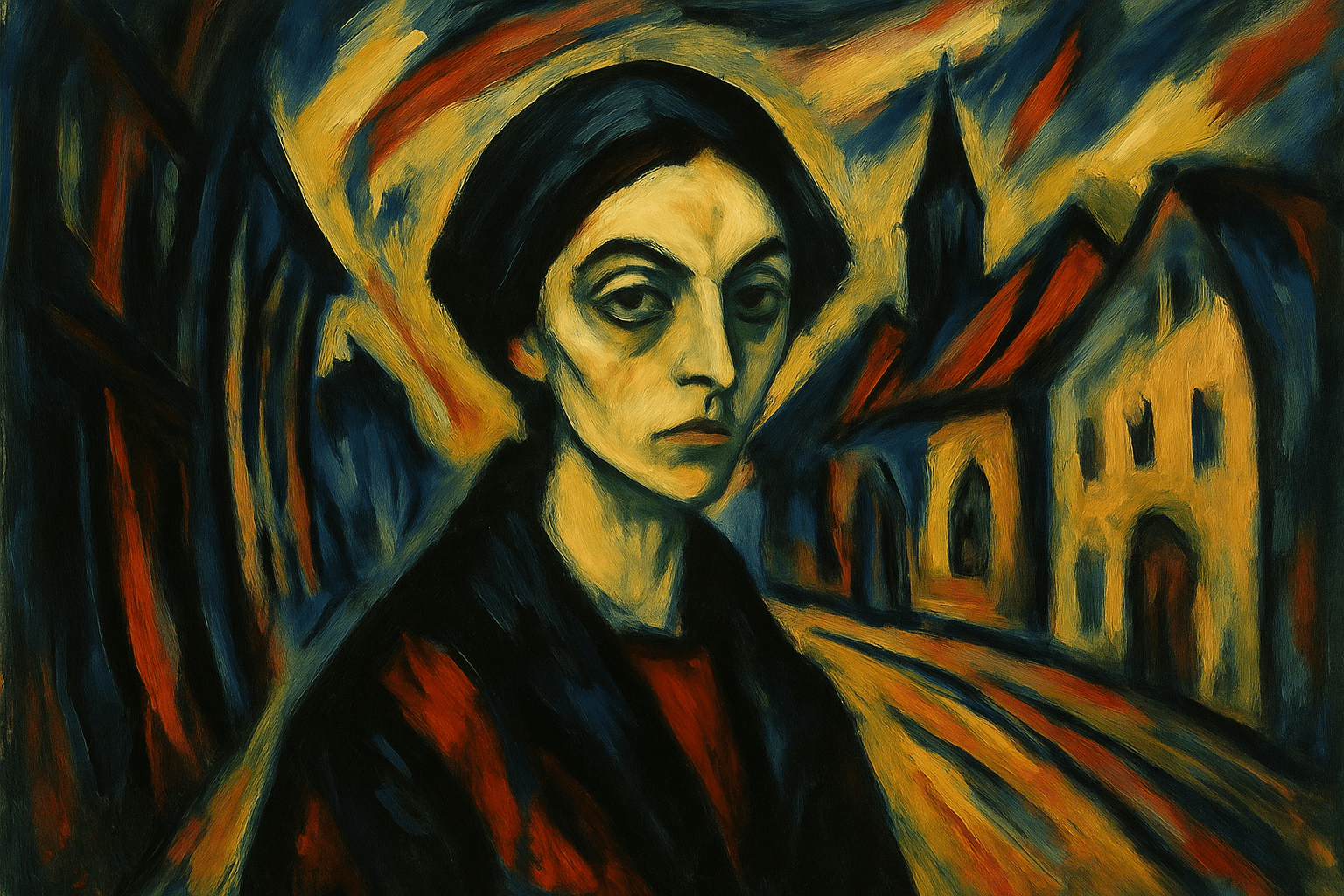
Visions emerge from a dreamscape of pulsating color—lines twist and dance, casting shadows of turmoil and intensity. It's a kaleidoscope revealing both inner torment and vibrant defiance.
Thinking in the box: Expressionism, Modernism
Might also call it: Expressionism, Neue Sachlichkeit
German Romanticism No.362
German Romanticism was a movement in the late 18th and early 19th centuries that emphasized emotion, imagination, and individuality. German Romantic artists sought to express a sense of the sublime, the mysterious, and the uncanny. Their work often featured landscapes and ruins, and they frequently drew on folklore and legends.

The art style German Romanticism is characterized by its use of light and dark colors, its focus on nature, and its use of emotion and imagination.
Thinking in the box: Impressionism, Modernism
Might also call it: German Romanticism: Weimar Classicism, Sturm und Drang, Biedermeier
Germanism No.363
Germanism in art embraces a raw, unfiltered spirit, channeling the country's tumultuous history into bold, expressive forms. It marries Gothic intricacy with modern angst, creating a visual symphony where shadows dance and stories whisper through textured canvases.

Germanism art emerges like a forest in fog—dense, intricate, with Gothic echoes. It marries medieval solemnity with romantic vigor, where each stroke feels like a whispered legend, and colors are rich, yet shadowed, like twilight.
Thinking in the box: Impressionism, Modernism
Might also call it: Germanism, in the context of an AI art style, doesn't have established synonyms. However, related terms might include Teutonic influence, Prussian aesthetic, Bavarian flair, or Saxon style. Each evokes a distinct Germanic cultural essence.
Germans No.364
The art style of the Germans can be described as clean and precise. They are known for their attention to detail and their use of light and shadow to create a sense of depth. German artists often use a limited palette of colors, which gives their work a distinctive look.

The art style of Germans is characterized by its clean lines and simple shapes. The colors are usually muted, and the overall effect is one of calm and order.
Thinking in the box: Impressionism, Modernism
Might also call it: Deutsch, Germanic
Ghanaians No.365
Ghanaian art is characterized by its vibrant colors and bold patterns. Common motifs include animals, nature scenes, and abstract geometric shapes. Ghanaian artists often use a technique called batik, in which wax is used to resist dye and create intricate designs.
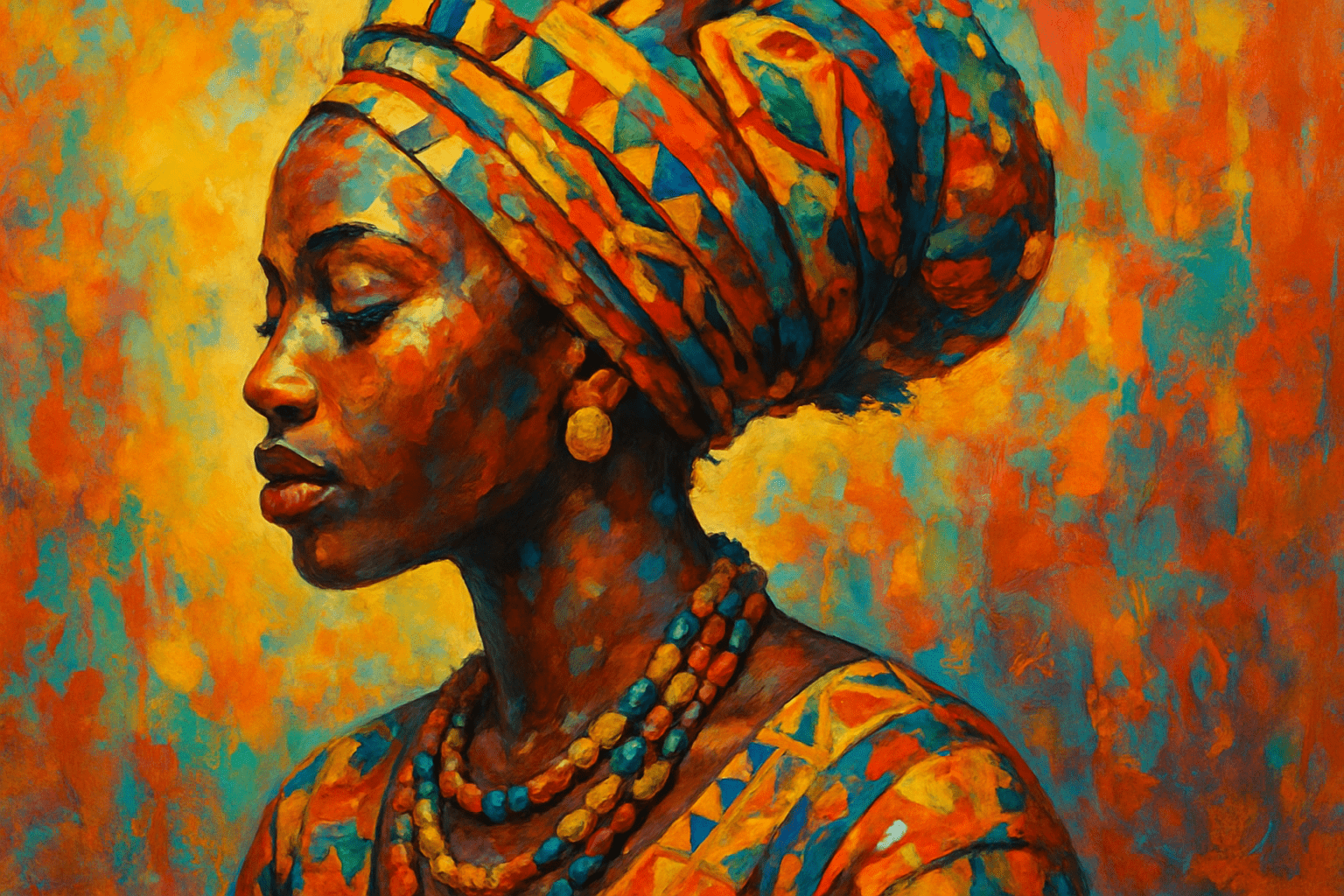
The art style of Ghanaians is very colorful and vibrant. The paintings often depict scenes from daily life, such as people working in the fields or women cooking over a fire. The paintings are usually done in a realistic style, with the colors being very bright and bold.
Thinking in the box: Impressionism, Modernism
Might also call it: West Africans, Ghanaians
Ghostframe Rendering No.366
Shrouded in ethereal whispers, Ghostframe Rendering captures the beauty beyond shadows, where form met dreams. Its canvas dances between the seen and unseen, bridging the twilight of our imaginations.

Ghostframe Rendering glimmers with spectral light—an interplay of shade and glow. Images flicker as ghostly apparitions, suspended in perpetual twilight, evoking both a mysterious immediacy and haunting permanence.
Thinking in the box: Post-Digitalism, Neo-Spiritualism
Might also call it: Spectral Rendering, Shadowplay Art, Phantom Canvas
Glitch Art No.367
Glitch Art is a digital art form that combines elements of traditional art and digital art. Glitch Art is created by manipulating digital images or videos to create an abstract or surreal effect. The term "glitch" refers to a sudden change or interruption in a digital image or video. Glitch Art can be created intentionally or unintentionally.

Glitch Art is a digital art style that is characterized by its distorted, abstract, and "glitchy" appearance. Glitch Art is often created by manipulating digital images or video footage, and can be created intentionally or unintentionally.
Thinking in the box: Impressionism, Modernism
Might also call it: Error art, digital art, computer art, new media art, post-internet art
Globulism No.368
Globulism, a visual symphony of spherical forms, dances between abstraction and reality. These orbs, like planets in a cosmic ballet, capture light and shadow, inviting viewers into a universe where depth and dimension become tactile poetry.
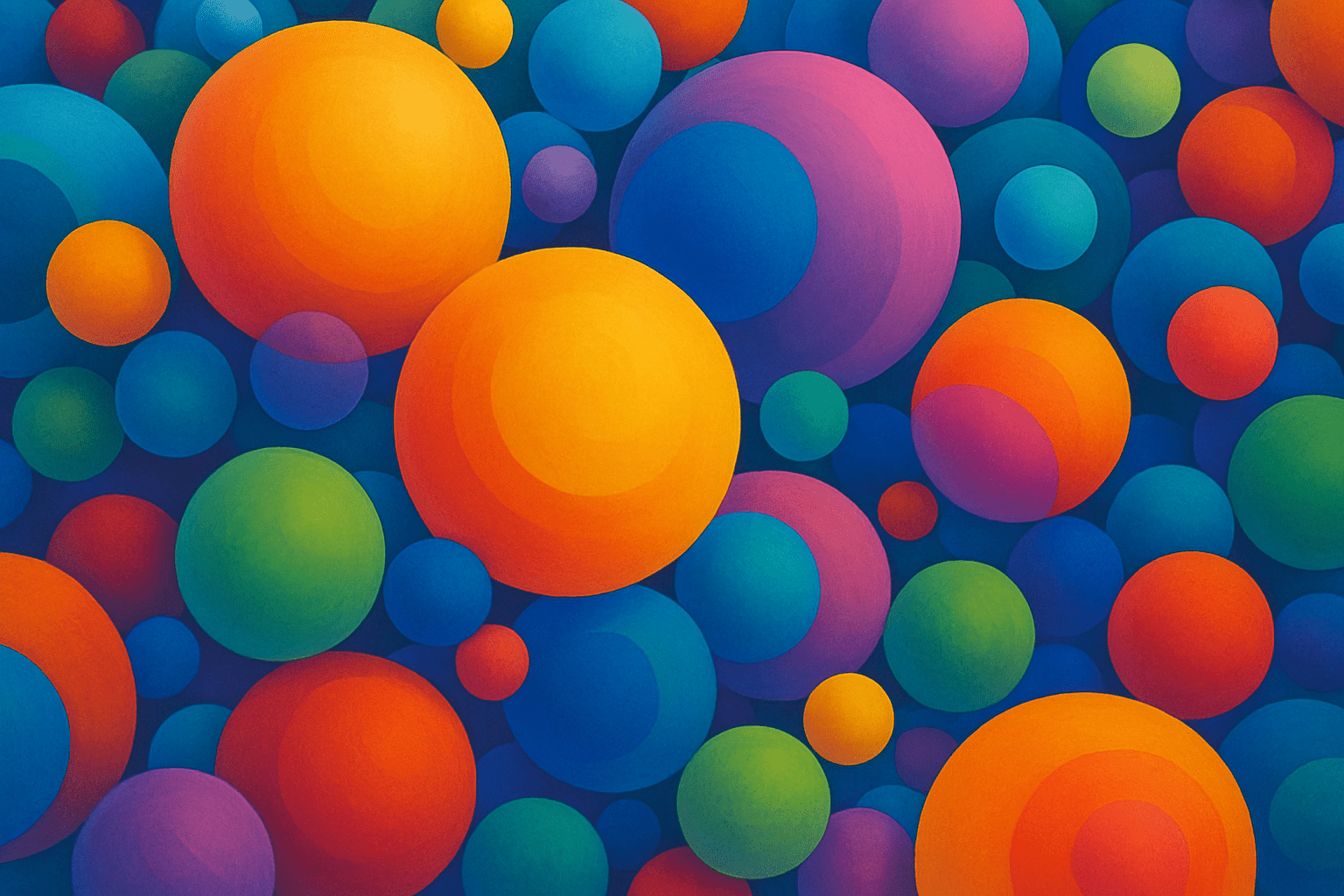
Globulism is a dance of vibrant spheres, each brushstroke a universe. Colors collide like planets in a cosmic waltz, creating a tapestry of orbs that pulsate with life, as if the canvas itself breathes in rhythmic harmony.
Thinking in the box: Impressionism, Modernism
Might also call it: Globulism, an AI art style, lacks direct synonyms due to its novelty. However, related terms might include biomorphic, organic abstraction, bulbous, spherical aesthetics, and fluid forms. These capture the essence of rounded, flowing shapes often seen in AI-generated art.
Name of the Art Style (this is given) No.369
A brief (short) description of the art style. Medium length (multiple lines)
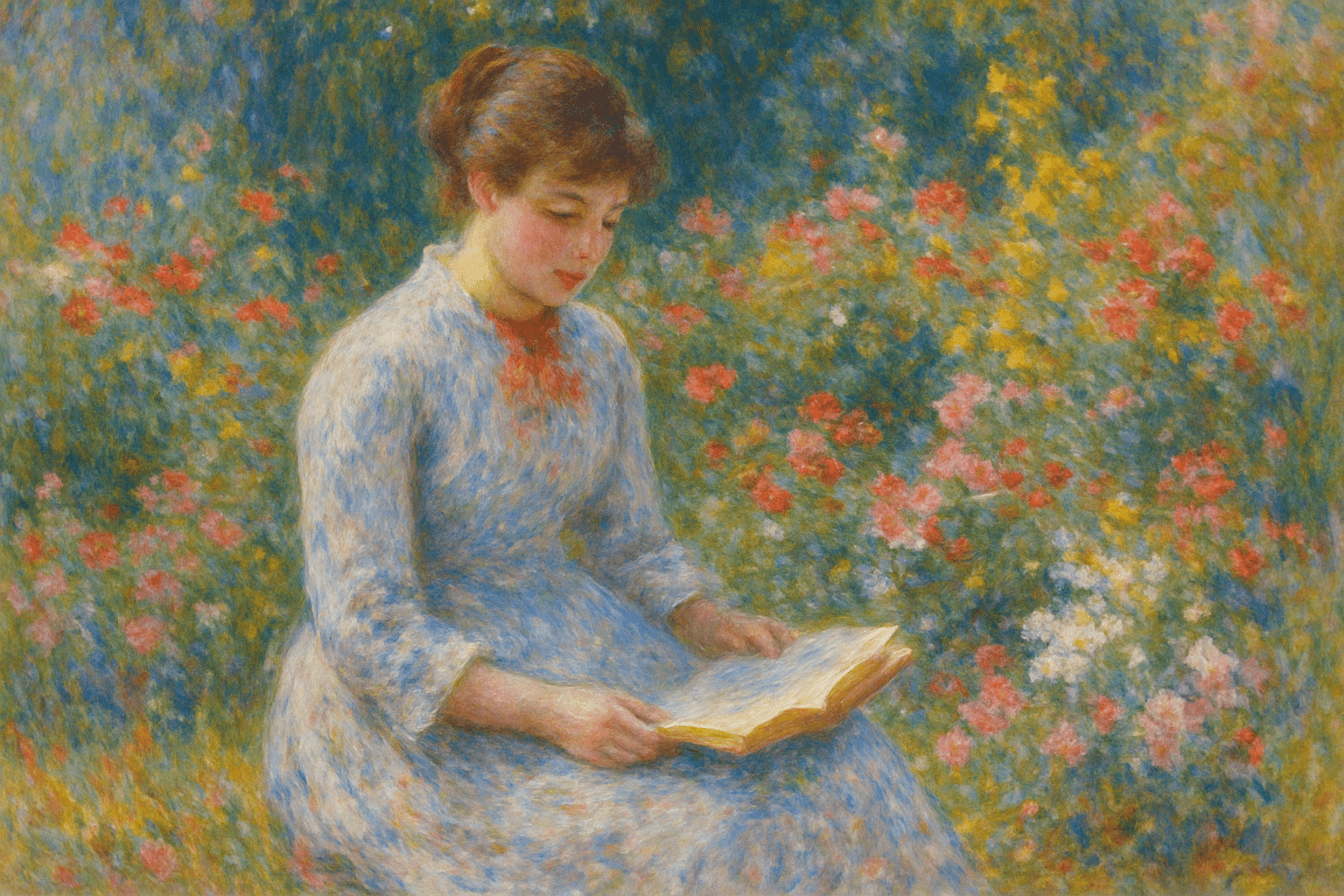
A description of the visual appearance of the style. Medium length (multiple lines).
Thinking in the box: Impressionism, Modernism
Might also call it: Alternative names of the Art Style
Golden Hour Photography No.370
Golden hour photography is a style of photography that is taken during the hour before sunset and the hour after sunrise. This time of day is known for its soft, warm light which creates a beautiful, natural glow. Golden hour photos are often taken outdoors and feature landscapes or portraits with a dreamy, romantic feel.

Golden hour photography is characterized by its warm, golden tones. The light is typically softer and more diffuse during golden hour, which creates a more romantic and dreamy look. Golden hour photography often has a vintage feel to it, as if it were taken in a bygone era.
Thinking in the box: Impressionism, Modernism
Might also call it: Sunset photography, twilight photography, dawn photography.
Golden Trumpism No.371
Golden Trumpism is a gaudy spectacle of excess, merging baroque opulence with modern kitsch. It revels in gold-plated grandeur, where subtlety is drowned in a sea of ostentation, and irony is gilded with an unmistakable veneer of power.

Golden Trumpism gleams with ostentatious gold leaf, embracing kitsch and grandeur. It melds opulence with irony, juxtaposing bold reds and blues against gilded surfaces, creating a spectacle that is both lavish and provocatively tongue-in-cheek.
Thinking in the box: Impressionism, Modernism
Might also call it: Gilded Populism, Opulent Realism, Luxurious Surrealism, Lavish Symbolism, Baroque Revival, Ornate Expressionism, Extravagant Modernism, Gaudy Impressionism, Decadent Abstraction, Flashy Minimalism.
Gong Bi No.372
Gong Bi is a traditional Chinese painting style that dates back to the Han Dynasty. The name Gong Bi means "meticulous" or "finely detailed", and the style is characterized by its highly detailed and realistic depictions of subjects. Gong Bi paintings are often brightly colored and use a variety of techniques to create their detailed effects, such as using different brushstrokes for different textures and colors.

Gong Bi is a highly refined and detailed painting style that emphasizes the accurate depiction of objects. It is often associated with the imperial court, and its meticulous attention to detail reflects the values of the ruling class. Gong Bi paintings are characterized by their use of bright colors and intricate patterns.
Thinking in the box: Impressionism, Modernism
Might also call it: Chinese painting, brush painting
Gong bi (chinese art) No.373
Gong bi is a form of Chinese painting that is characterized by its intricate and detailed brushwork. The name Gong bi means ÃÂÃÂmeticulousÃÂÃÂ or ÃÂÃÂlaboriousÃÂÃÂ, and the style is often used for depicting figures in a highly realistic manner. Gong bi painting first emerged during the Tang dynasty (618-907), and reached its peak during the Song dynasty (960-1279). The style then declined in popularity during the Yuan dynasty (1271-1368), but was revived during the Ming dynasty (1368-1644). Today, Gong bi painting is not as popular as it once was, but there are still a few artists who practice the style.

Gong bi is a form of Chinese painting that is characterized by its highly detailed and precise brushwork. The style is often used for depicting figures, landscapes, and other subjects in a realistic manner.
Thinking in the box: Impressionism, Modernism
Might also call it: Chinese painting
Gothic Art No.374
Gothic art is a style of art that emerged in the 12th century and continued until the 16th century. It is characterized by intricate designs, often featuring pointed arches and elaborate stone carvings. Gothic art is often associated with the spooky and dark elements of medieval life.
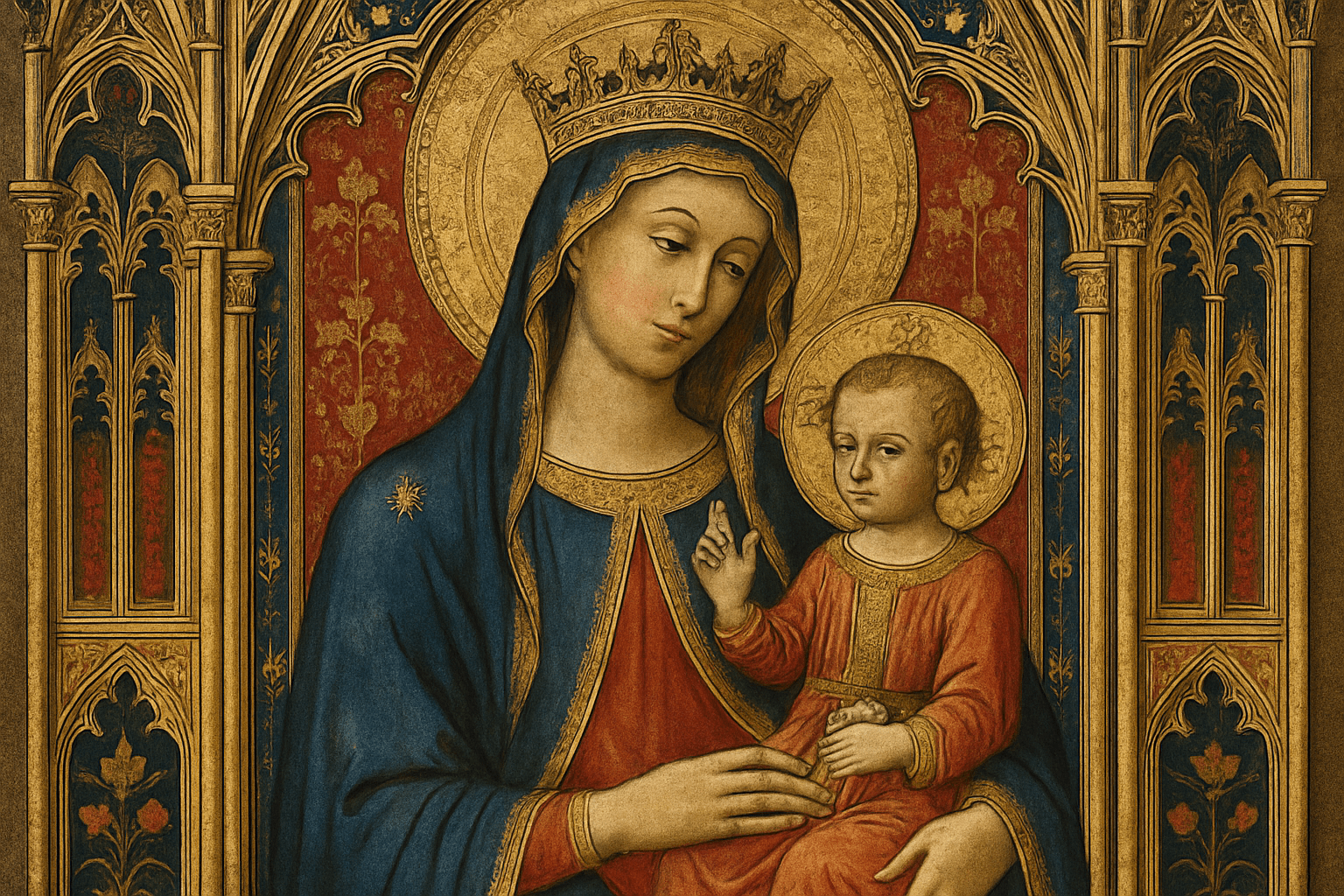
Gothic art is characterized by its ornate, dramatic style, featuring intricate details and tall spires. Colors are often dark and muted, with scenes often featuring death or other dark subject matter.
Thinking in the box: Impressionism, Modernism
Might also call it: dark, spooky, mysterious, foreboding, eerie, gloomy, depressing, dreary
Graffiti No.375
Graffiti is a type of street art that uses spray paint or markers to write or draw on public property. This art form has been around since the early 1970s, and it has been used to communicate messages of social and political importance.
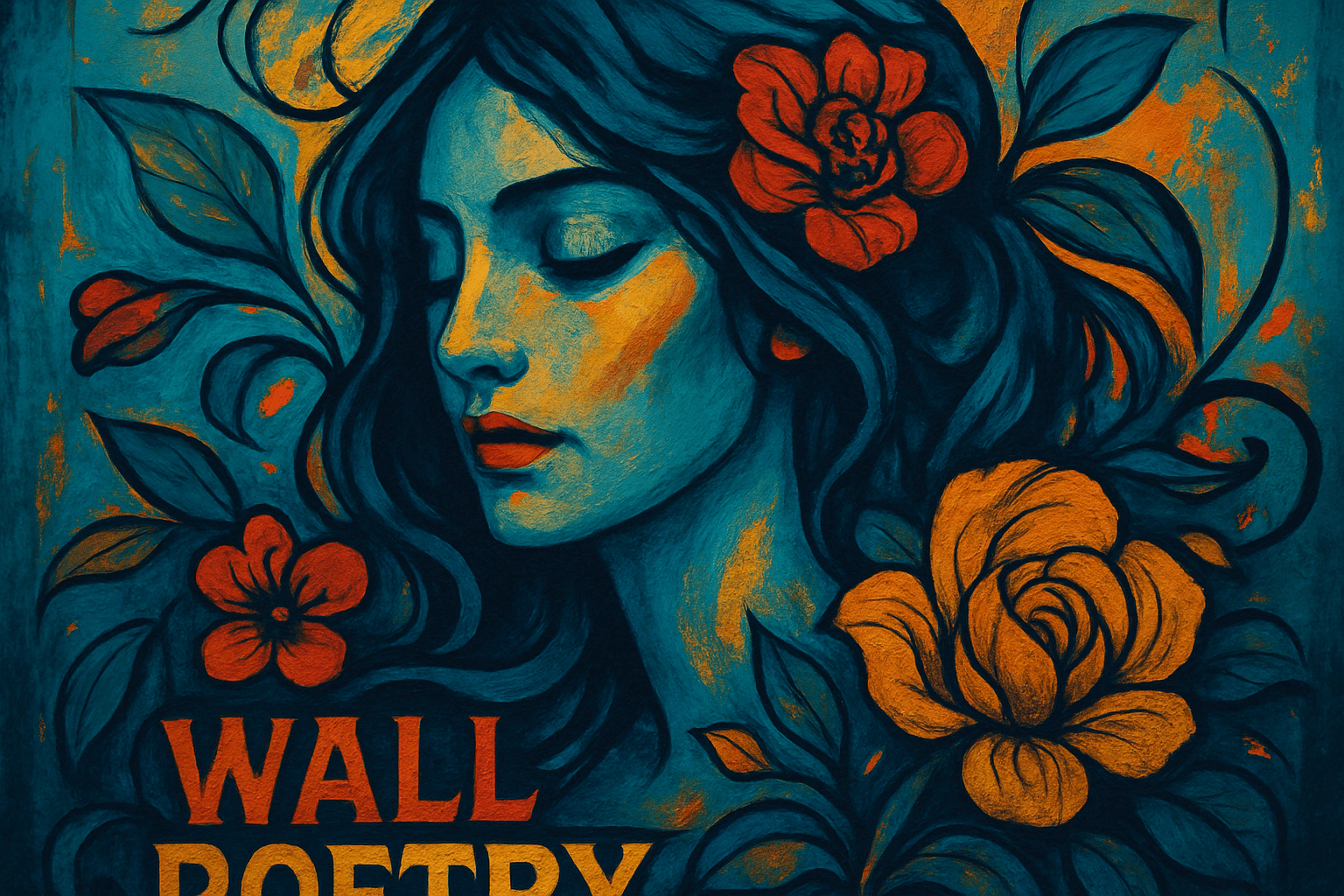
The art style of graffiti is characterized by its use of bold, bright colors and its unique, often intricate designs. Graffiti artists often use a variety of different techniques to create their art, including spray painting, stenciling, and hand-painting.
Thinking in the box: Impressionism, Modernism
Might also call it: markings, tags, drawings, scrawlings, writing
Wall Poetry No.376
Graffiti Art, defiant and ephemeral, speaks a language of rebellion. A medium of insatiable expression, where urban canvases transform into visual soliloquies, echoing vibrant chaos amidst concrete silence.

Explosive color screams on textured walls, dancing between bold line whispers and intricate detail murmurs. The raw, tactile essence juxtaposes with urban grit, crafting a symphony of visual anarchy.
Thinking in the box: Urbanism, Expressionism, Avant-garde
Might also call it: Street Art, Urban Art, Aerosol Art, Tagging
Graffiti Drawing No.377
Graffiti drawing is a type of street art that involves the use of spray paint or markers to create images or words on a surface. Graffiti artists often use bright colors and bold lines to create their art, which can be either positive or negative in nature.
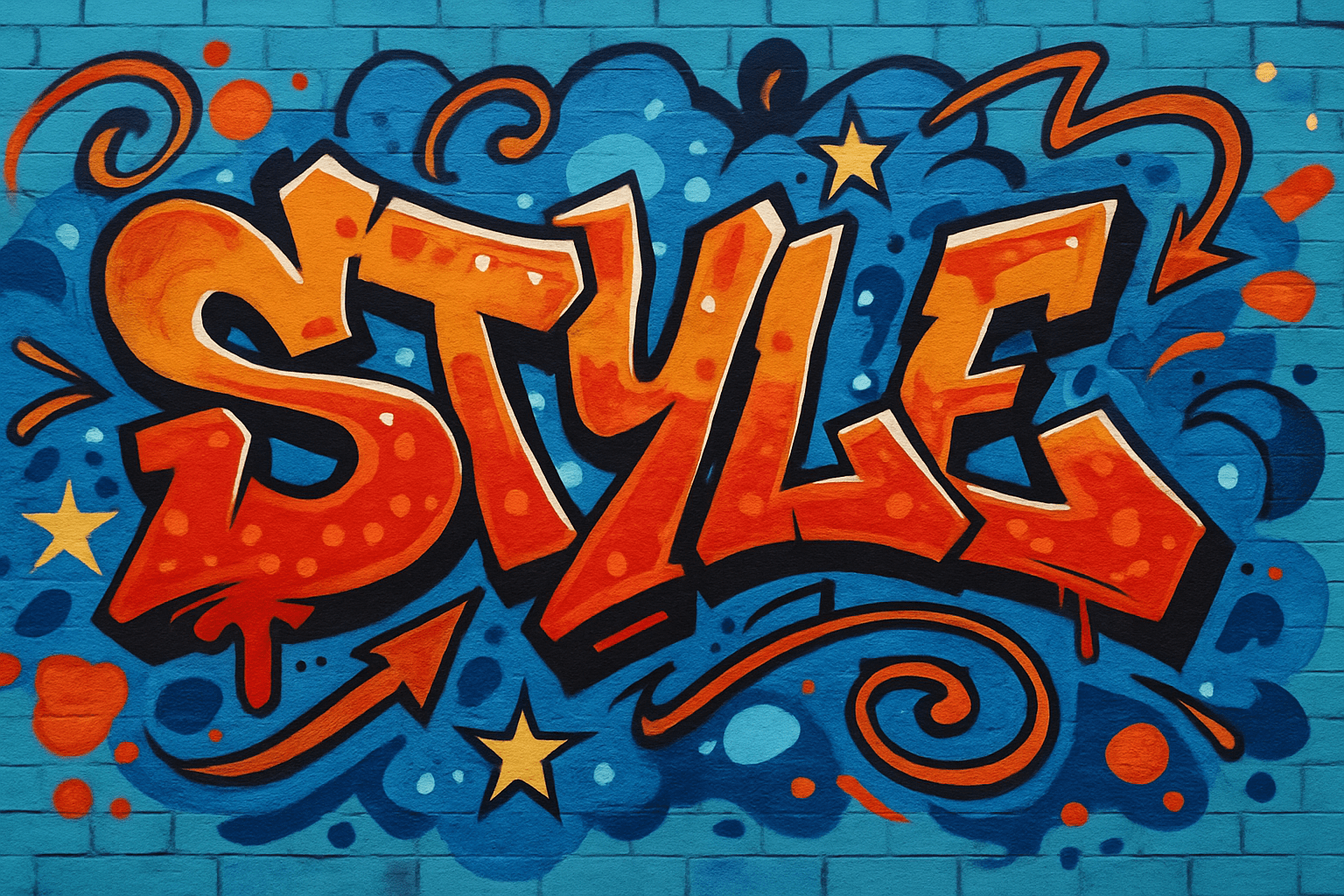
The art style of graffiti drawing is characterized by its use of bold colors and simple shapes. Graffiti artists often use a limited color palette to create their artworks, which often feature bright and eye-catching colors. The shapes in graffiti drawings are often simple and geometric, and the overall effect is often playful and energetic.
Thinking in the box: Impressionism, Modernism
Might also call it: drawing, painting, sketch, scrawl, doodle
Graffiti Street Art No.378
Graffiti street art is a type of art that is created by using spray paint or markers to write or draw on a public surface, such as a wall or sidewalk. This type of art is often seen as vandalism, but some people view it as a form of self-expression.
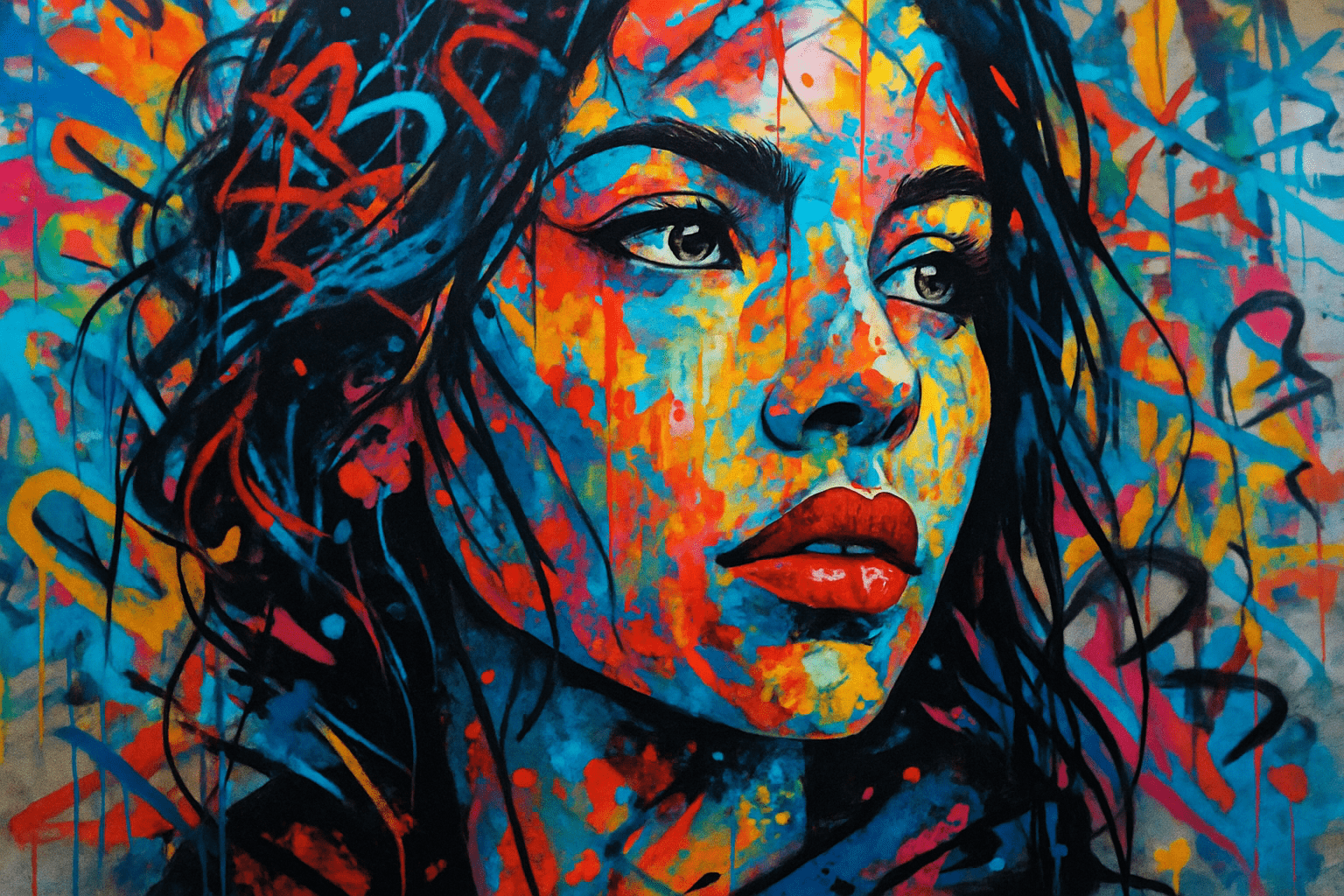
The art style of Graffiti Street Art is very colorful and often includes images of people or animals. The graffiti is often done in a large scale so that it can be seen from a distance.
Thinking in the box: Impressionism, Modernism
Might also call it: Public Art, Mural Art, Guerrilla Art, Street Painting
Grandma Moses No.379
Grandma Moses was an American folk artist who is known for her paintings of rural life in America. She began painting at the age of 78 and her work is characterized by its simple and naive style. Grandma Moses is an important figure in the history of American folk art.

Grandma Moses' art style is characterized by its simple, childlike quality. Her paintings are often of bucolic scenes, such as farms and country landscapes. The colors are typically muted and the overall effect is one of nostalgia and simplicity.
Thinking in the box: Impressionism, Modernism
Might also call it: Grandmother, grandma, granny, nan, nanny
Graphite Drawing No.380
Graphite drawing is a type of art where the artist uses pencils to create a drawing. The pencils are usually made of graphite, which is a type of carbon. The artist can use different types of graphite pencils to create different effects. For example, they can use a softer pencil for a more delicate effect, or a harder pencil for a more bold effect. Graphite drawings can be either black and white or color.

The art style of graphite drawing is typically very detailed and realistic. Graphite drawings are often mistaken for photographs because of their high level of detail and realism.
Thinking in the box: Impressionism, Modernism
Might also call it: Sketch, charcoal drawing
Greek Vase Painting No.381
Known for its stark contrasts, astute details, and narrative prowess, Greek Vase Painting intertwines myth with meticulous artistry, eternally encasing stories within clay canvases.
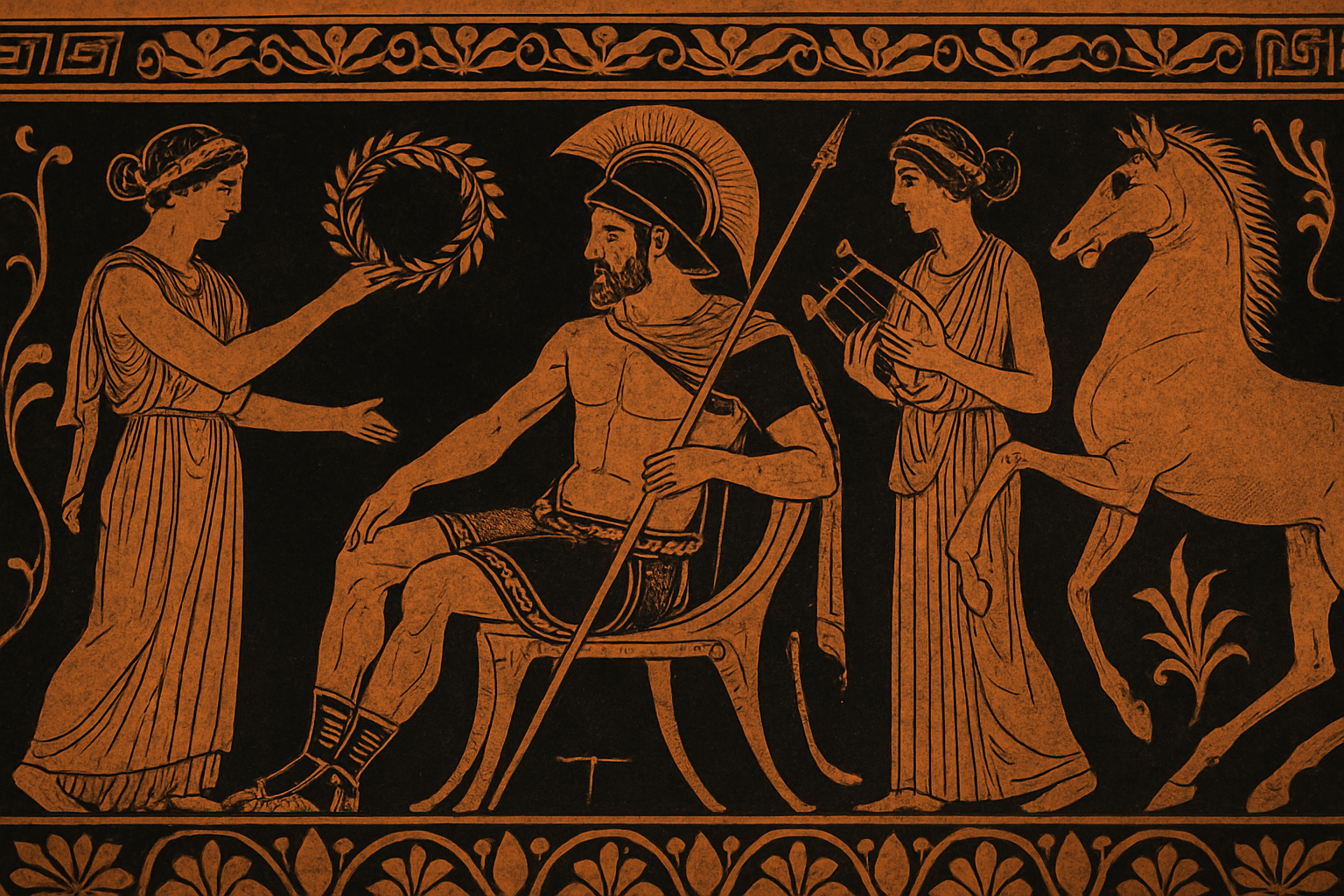
Black figures dance against a rich terracotta backdrop, illustrating mythic tales. Intricate lines and silhouettes convey movement, blending drama with timeless elegance.
Thinking in the box: Classical Antiquity, Ceramics
Might also call it: Hellenic Ceramics
Greek painting No.382
Greek painting is characterized by its use of strong lines and bold colors. Greek painters often used perspective to create a sense of depth in their paintings. Greek paintings often depicted scenes from mythology or daily life.
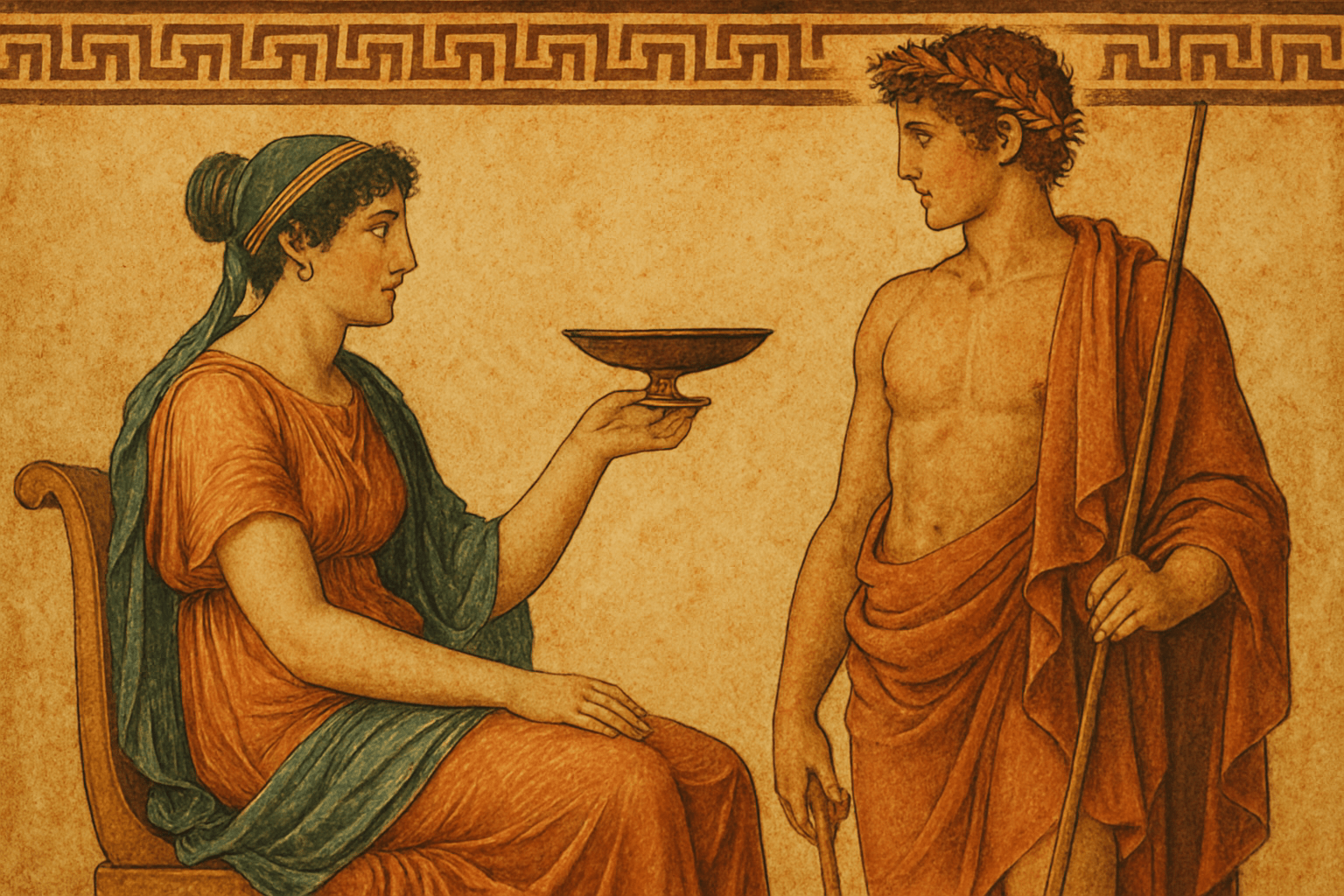
The art style of Greek painting is characterized by its use of bright colors and its ornate style. Greek paintings often depict scenes from mythology or daily life, and are often very detailed.
Thinking in the box: Impressionism, Modernism
Might also call it: Byzantine painting, Hellenistic painting, Ancient Greek painting
Greeks No.383
The art style of the Greeks is characterized by its simplicity and by its use of naturalistic elements. Greek art is often associated with the idealized human form, and with the depiction of gods and heroes. Greek art is also characterized by its use of perspective and by its use of light and shadow.

The art style of the Greeks is characterized by its realism and its use of perspective. The colors are often muted, and the overall effect is one of simplicity and elegance.
Thinking in the box: Impressionism, Modernism
Might also call it: Hellenes, ancient Greeks, classical Greeks
Guatemalans No.384
Guatemalan art is characterized by its colorful and intricate designs. Traditional Guatemalan art includes textiles, pottery, and woodcarvings. Guatemalan art is often inspired by Mayan culture and nature.
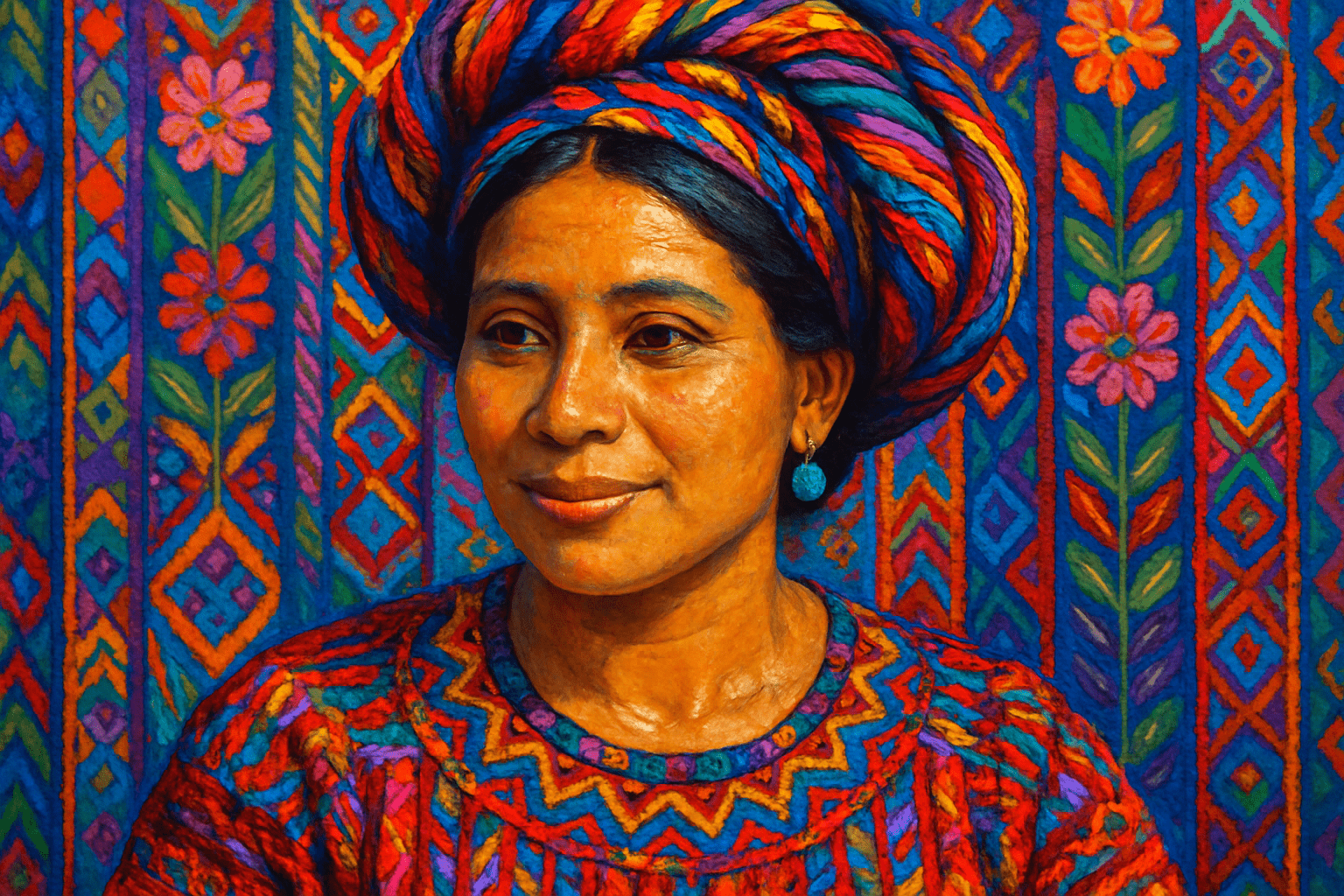
The art style of Guatemalans is characterized by bright colors and bold patterns. The designs are often geometric in nature, and they often incorporate Maya symbols and motifs.
Thinking in the box: Impressionism, Modernism
Might also call it: Mayans, Aztecs, Mexicans
Gutai group No.385
The Gutai group was a Japanese avant-garde art collective that was founded in 1954. The group is known for their experimental and innovative approach to art making, which often involved using new and unconventional materials and techniques. The group's philosophy was based on the idea that art should be an expressive and transformative experience for both the artist and the viewer. The Gutai group disbanded in 1972, but their legacy continues to influence artists and thinkers around the world.
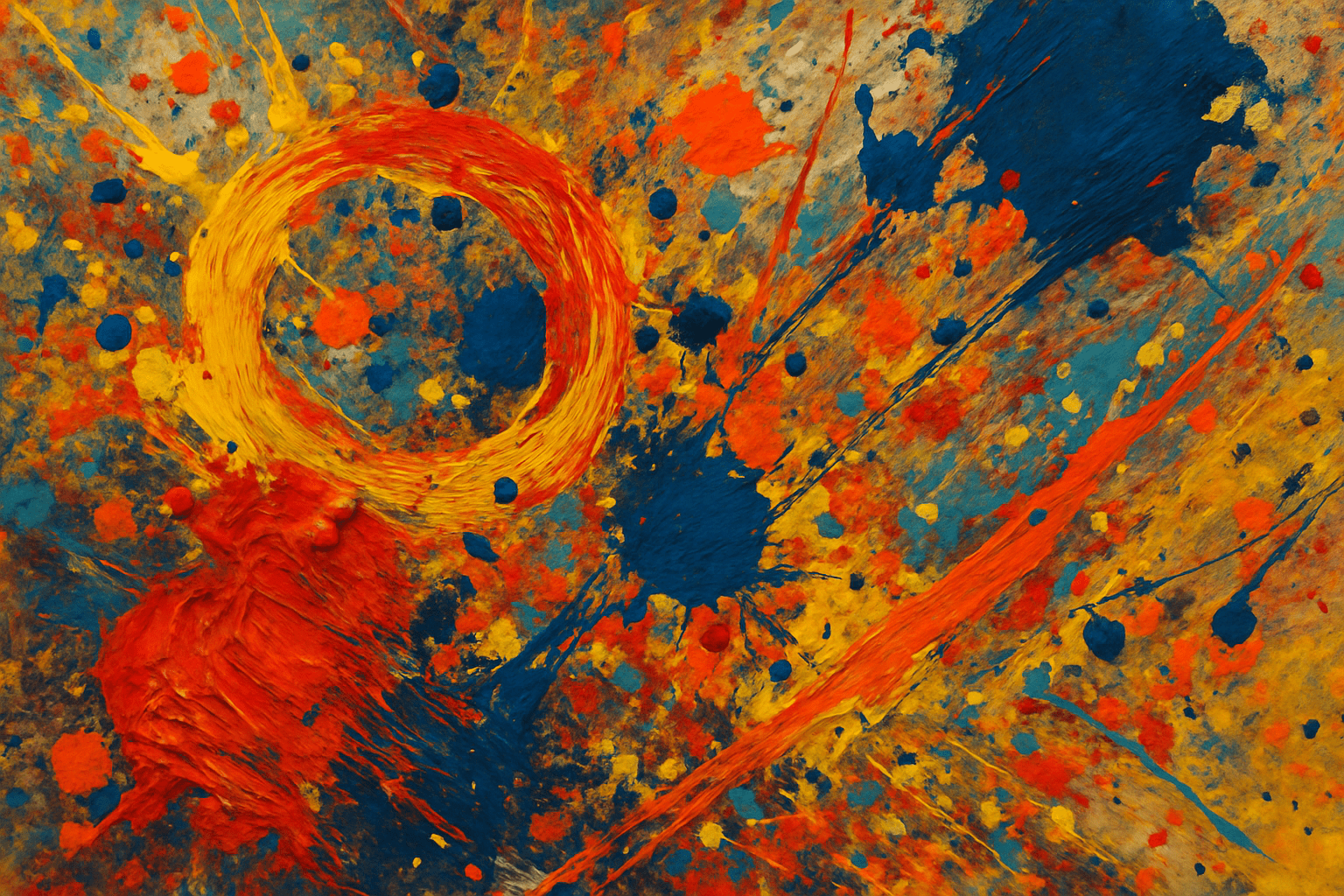
The Gutai group was a Japanese avant-garde art movement that is characterized by its use of unconventional materials and techniques. The group's name comes from the Japanese word "gutai", which means "concreteness" or "embodiment". The Gutai group was founded in 1954 by Yoshihara Jiro and includes such notable members as Yoshida Minoru, Shiraga Kazuo, and Atsuko Tanaka. The group's manifesto, which was published in 1956, stated that their goal was to "create a new art that would transcend the boundaries of painting and sculpture". The Gutai group is known for their experimental approach to art-making, and their work often incorporates found objects and everyday materials.
Thinking in the box: Impressionism, Modernism
Might also call it: I was to lazy, and still am!! Contact me, and I will update.
Gutenberg bible print No.386
The Gutenberg Bible is a 14-point typeface original manuscript from the 15th century. It is named after Johannes Gutenberg, who invented the printing press in the mid-15th century, and the typeface is perhaps the first printed typeface. The Gutenberg Bible was created between 1455 and 1460.
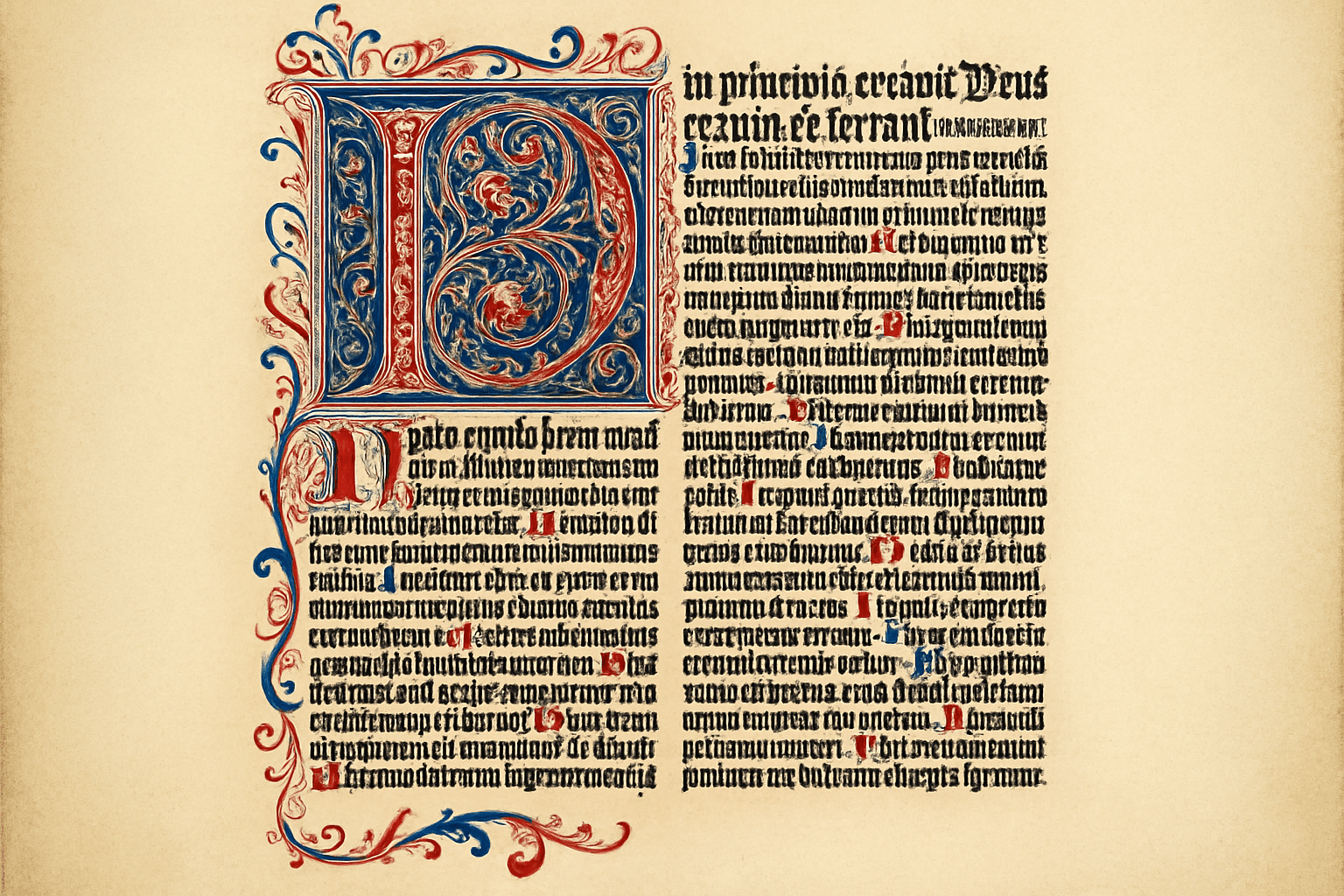
The Gutenberg Bible is a 14-point typeface original manuscript from the 15th century. The typeface is blackletter, which is a style of script used for printing books in the Germanic countries during the Middle Ages. The Gutenberg Bible is named after Johannes Gutenberg, who invented the printing press in the 15th century, and the typeface is perhaps the first printed typeface. The Gutenberg Bible was created between 1455 and 1460.
Thinking in the box: Impressionism, Modernism
Might also call it: Gutenberg bible print: Synonyms include: printing, printing press, movable type, Johannes Gutenberg.
Guyanese No.387
Guyanese art is a unique blend of African, East Indian, and European influences. The result is a vibrant and colorful style that is both unique and distinctly Guyanese. Guyanese artists often use bright colors and bold patterns to create stunning works of art that reflect the culture and traditions of their homeland. Whether itÃÂÃÂs a painting, sculpture, or piece of jewelry, Guyanese art is sure to add a touch of beauty and excitement to any collection.
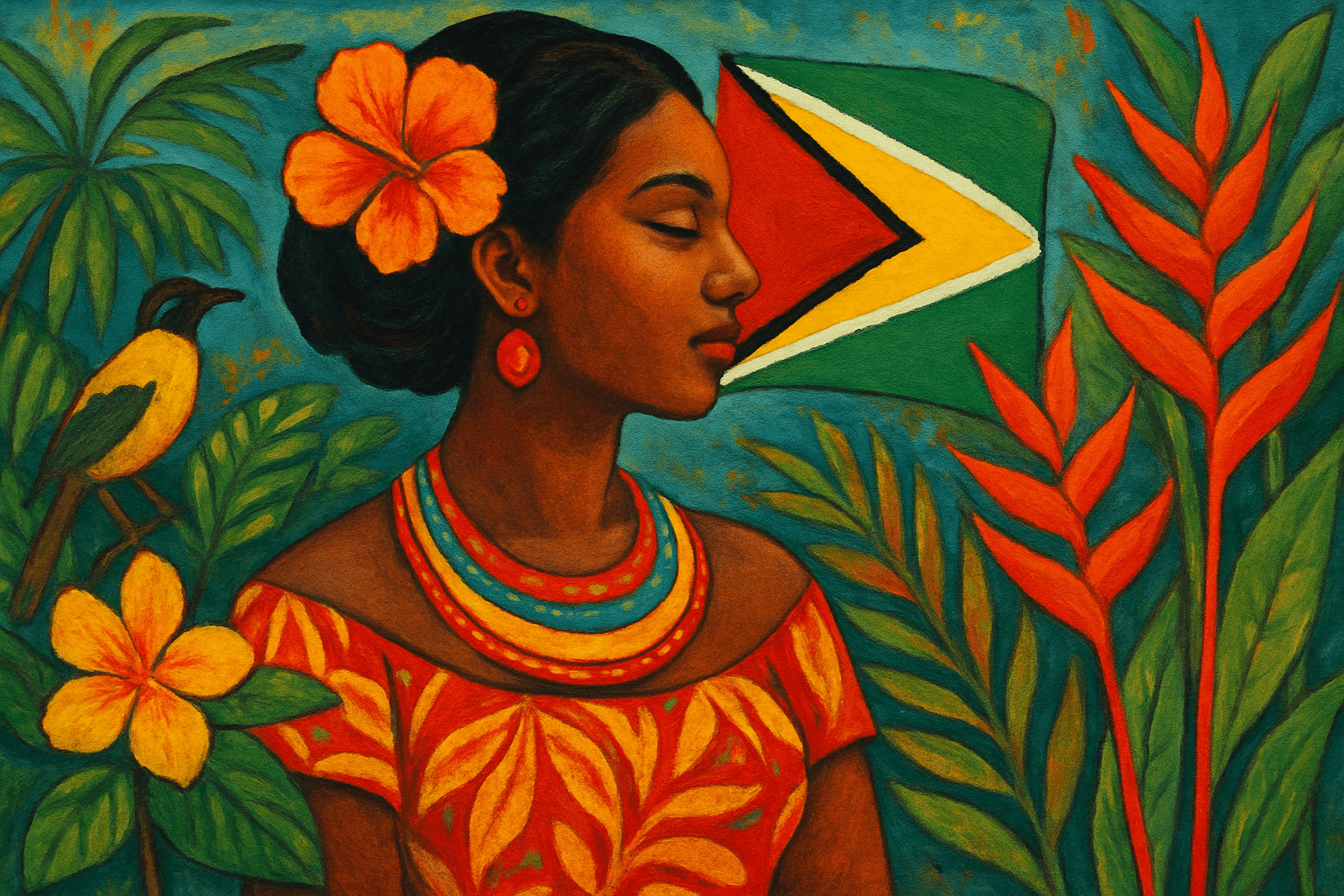
The art style Guyanese is characterized by bright colors and bold patterns. The designs are often inspired by nature, and they often feature animals or plants. The art is often used to decorate the walls of homes and public spaces.
Thinking in the box: Impressionism, Modernism
Might also call it: West Indian, Caribbean
Hand Drawn Sketch No.388
Hand Drawn Sketch is an art style that is characterized by its simple and rough lines. This style is often used for quick sketches or for creating illustrations with a more natural look.
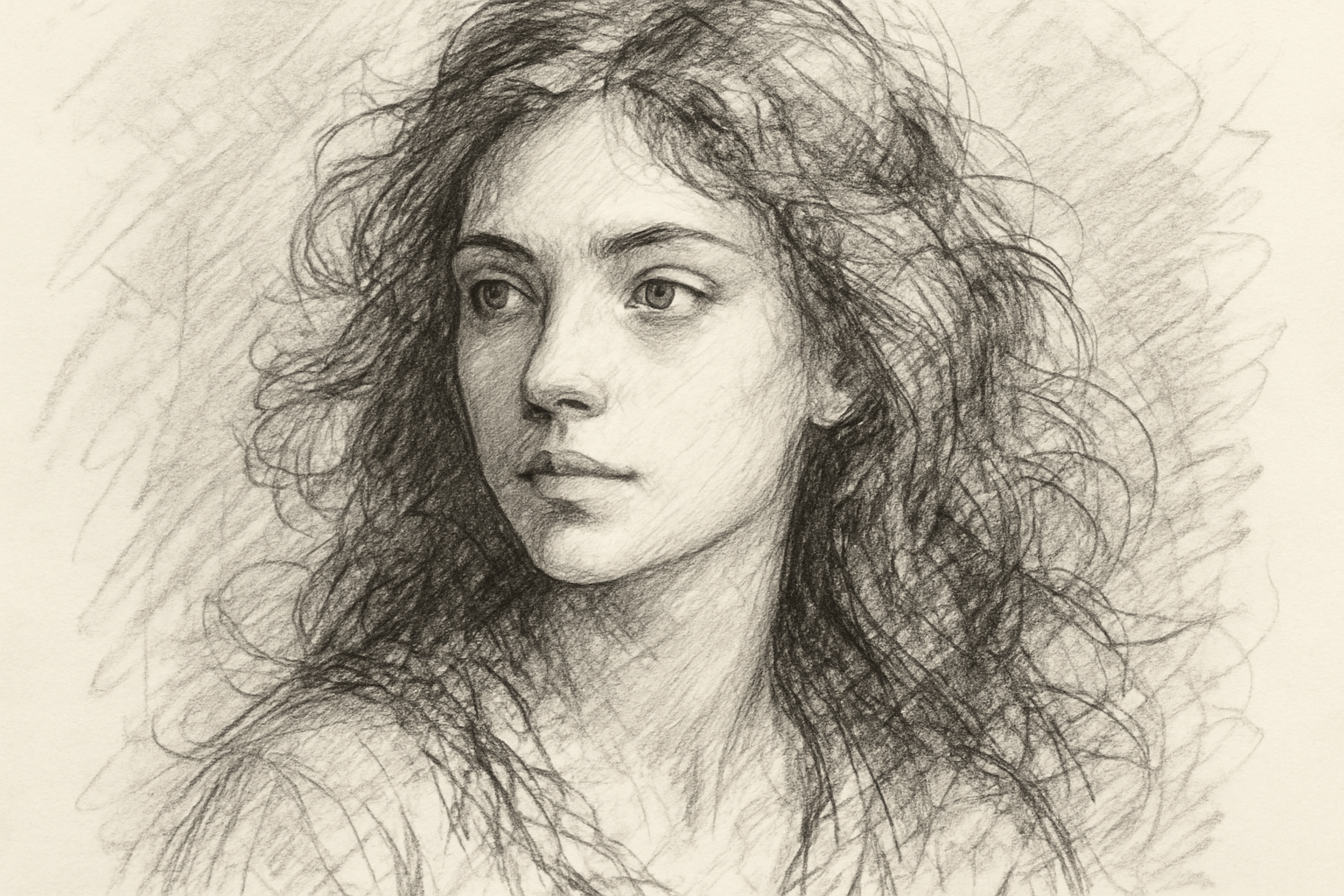
The art style Hand Drawn Sketch is characterized by its sketch-like appearance. The lines are often rough and imperfect, giving the art a more natural and organic feel. The overall look is often playful and whimsical, making it perfect for illustrations and cartoons.
Thinking in the box: Impressionism, Modernism
Might also call it: Hand-drawn sketch, hand-drawn illustration, freehand drawing
Happening No.389
Happening is an art style that is characterized by its use of everyday objects and materials. It is often associated with the work of artists who are part of the Fluxus movement. Happenings are typically improvised and are often site-specific.

The art style Happening is characterized by bold colors and patterns, as well as a sense of movement and energy. The overall effect is often playful and lighthearted, making it well-suited for a variety of applications.
Thinking in the box: Impressionism, Modernism
Might also call it: Occurrence, event, happening, circumstance, development
Happy expressive oil painting No.390
Happy expressive oil painting is a style of painting that is characterized by its use of bright colors and its focus on conveying positive emotions. This style of painting is often used to decorate homes and offices, as it is believed to promote happiness and positive vibes.
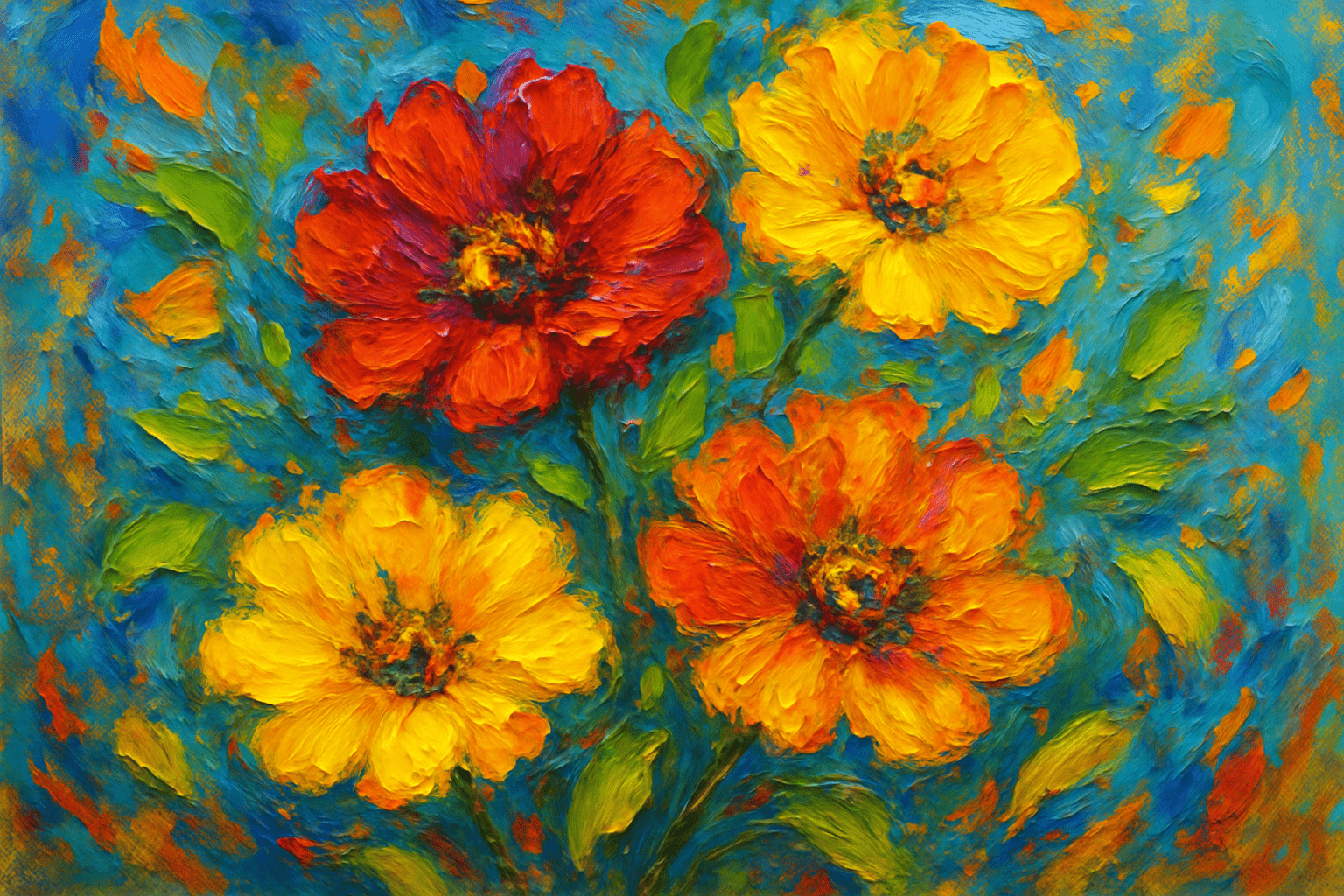
The art style is characterized by bright colors and bold brushstrokes. The paintings are meant to be expressive and convey a sense of happiness.
Thinking in the box: Impressionism, Modernism
Might also call it: Cheerful, content, delighted, ecstatic, elated, glad, joyous, jubilant, overjoyed, peaceful, pleased, satisfied
Hard-Edge Painting No.391
Sharp as a knife, bold colors clash. Geometry speaks. Lines sing an anthem of precision in the flat expanse. A feast of form, stripped to essence.

Picture blocks of color, precise edges defining space. Chromatic purity reigns in symmetry or asymmetry. It's a dance where hues hold hands invisibly, yet remain unblended and apart.
Thinking in the box: Modernism, Minimalism
Might also call it: Delimited Color Field, Geometric Abstraction
Harlem Renaissance No.392
The Harlem Renaissance was a period of time in the early 20th century where African American artists, musicians, and writers flourished. The Renaissance was a time of self-expression and celebrating African American culture. The artists of the Harlem Renaissance created works that reflected the beauty, strength, and resilience of the African American community.

The Harlem Renaissance was a time when African American artists created works that celebrated their culture and heritage. The art from this time period is often colorful and full of life.
Thinking in the box: Impressionism, Modernism
Might also call it: The Harlem Renaissance was a period of time in which African American culture flourished. Some other terms that may be used to describe this time period are the New Negro Movement, the Jazz Age, or the Roaring Twenties.
Harry Potter No.393
The Harry Potter films are characterized by their use of British settings and landscapes, as well as their adherence to the source material's British origins. The films' art directors have made use of British architecture and locations to create the wizarding world of Harry Potter. For example, the Hogwarts castle is based on real-life castles in the United Kingdom, such as Alnwick Castle and Durham Cathedral. The films also make use of traditional British iconography, such as the Union Jack flag and the London Underground logo.

The art style of Harry Potter is very dark and mysterious. The colors are usually very dark, and the overall look is very eerie.
Thinking in the box: Impressionism, Modernism
Might also call it: Wizard, boy, Hogwarts, Ron, Hermione, J.K. Rowling, magic, spells, flying, broomstick
Hatching Drawing No.394
Hatching drawing is a type of drawing that uses a series of parallel lines to create a shading effect. This technique is often used to create a sense of depth or to add texture to a drawing. Hatching can be done with a variety of line widths, densities, and directions to create different effects.

Hatching drawing is a type of drawing that uses a series of parallel lines to create shading and volume. This type of drawing can be used to create a variety of different effects, from creating a sense of depth to creating a sense of movement.
Thinking in the box: Impressionism, Modernism
Might also call it: 1. Incubation 2. Development 3. Emergence 4. Eclosion 5. Metamorphosis
Heidelberg School No.395
The Heidelberg School was an Australian art movement of the late 19th century. The group's work is characterized by a strong focus on light and color, as well as a rejection of traditional Western art forms. The Heidelberg School is considered to be one of the most important groups in the history of Australian art. The group's work had a significant impact on the development of Australian painting, and their style has been influential internationally.
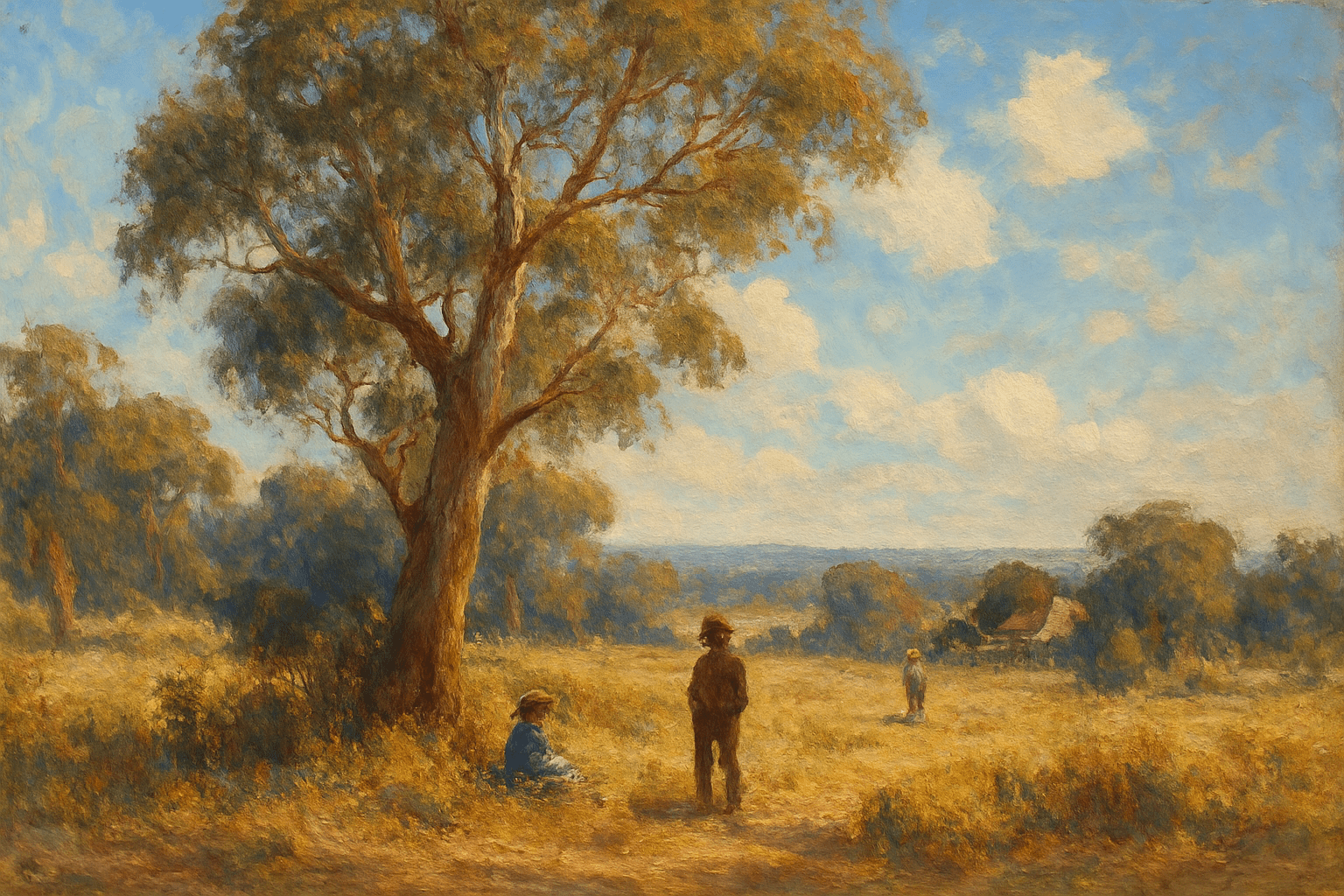
The Heidelberg School was an Australian art movement of the late 19th century. The style is characterized by its use of light and shadow to create a sense of depth, as well as its muted colors.
Thinking in the box: Impressionism, Modernism
Might also call it: The Heidelberg School was a group of Australian painters who began painting together in the late 19th century.
High Renaissance No.396
Artists sculpting divinity with pigments. This golden age sparked a rebirth in beauty, perspective, balance, and grace. The pinnacle of human creativity, captured on canvas and stone.

Luminous frescoes and harmonious forms, a symphony of symmetry and balance. Evoking divine serenity, every brushstroke an ode to human perfection, embodying grace and equilibrium. A feast for the soul.
Thinking in the box: Classical Renaissance, Humanism
Might also call it: Renaissance Mastery, Golden Age of Art
High Fantasy No.397
A shimmering vision of ancient realms, merging myth with memory. It's a dance on clouds, a tapestry of dreams woven with threads of heroism.
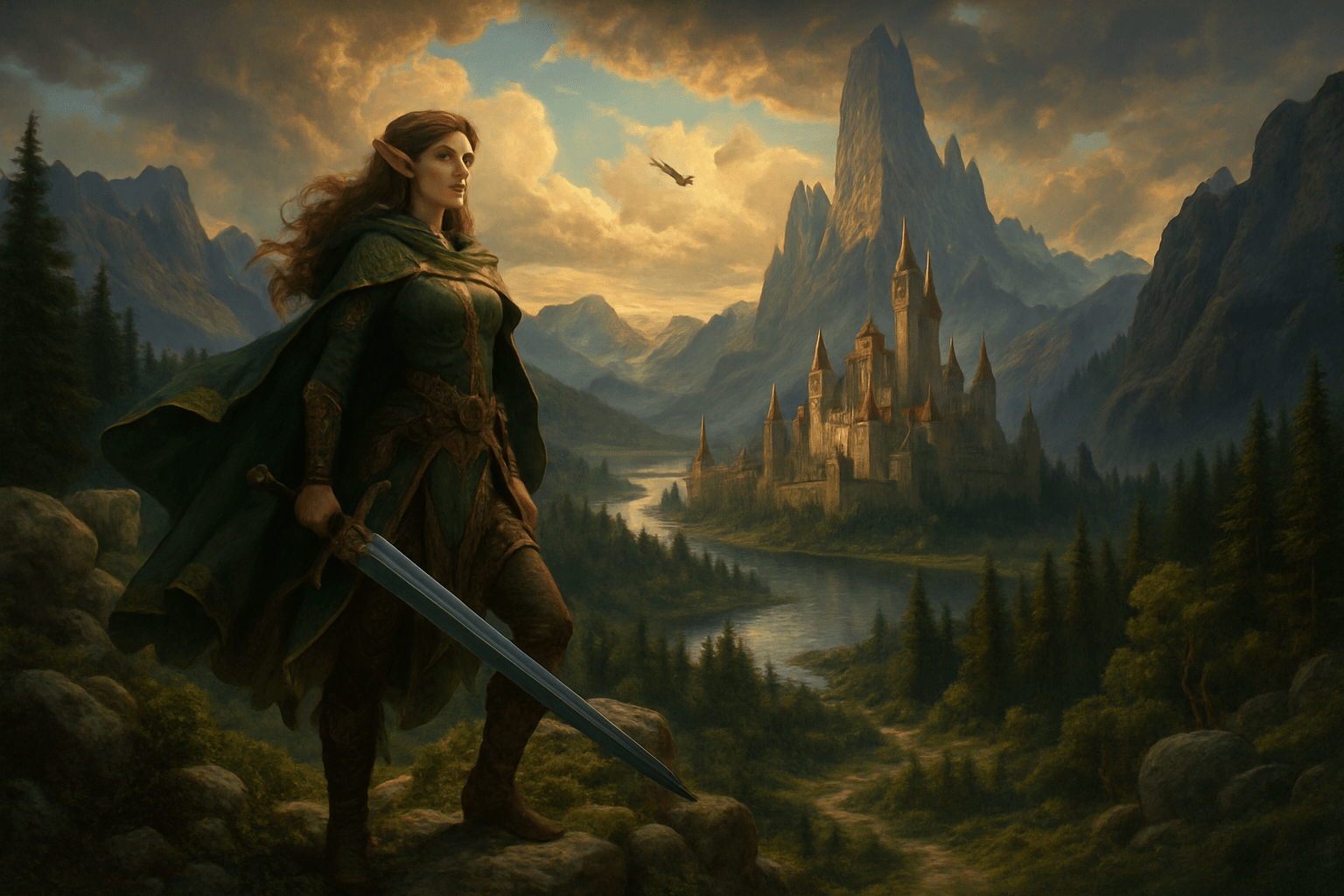
Vivid and lush, landscapes stretch endlessly, bordered by mist and mystery. Characters gleam with noble armor, draped in garments of imagination.
Thinking in the box: Fiction, Mythology, Classicism
Might also call it: Epic Fantasy, Heroic Fantasy, Fantasy Fiction
Historic Black and White Photography No.398
Historic black and white photography is a style of photography that dates back to the early days of the medium. It is characterized by its use of black and white film, as well as its focus on capturing moments in history. Historic black and white photography is often seen as a more classic style of photography. It is known for its ability to capture the feeling of a moment in time, as well as its ability to convey a sense of history.
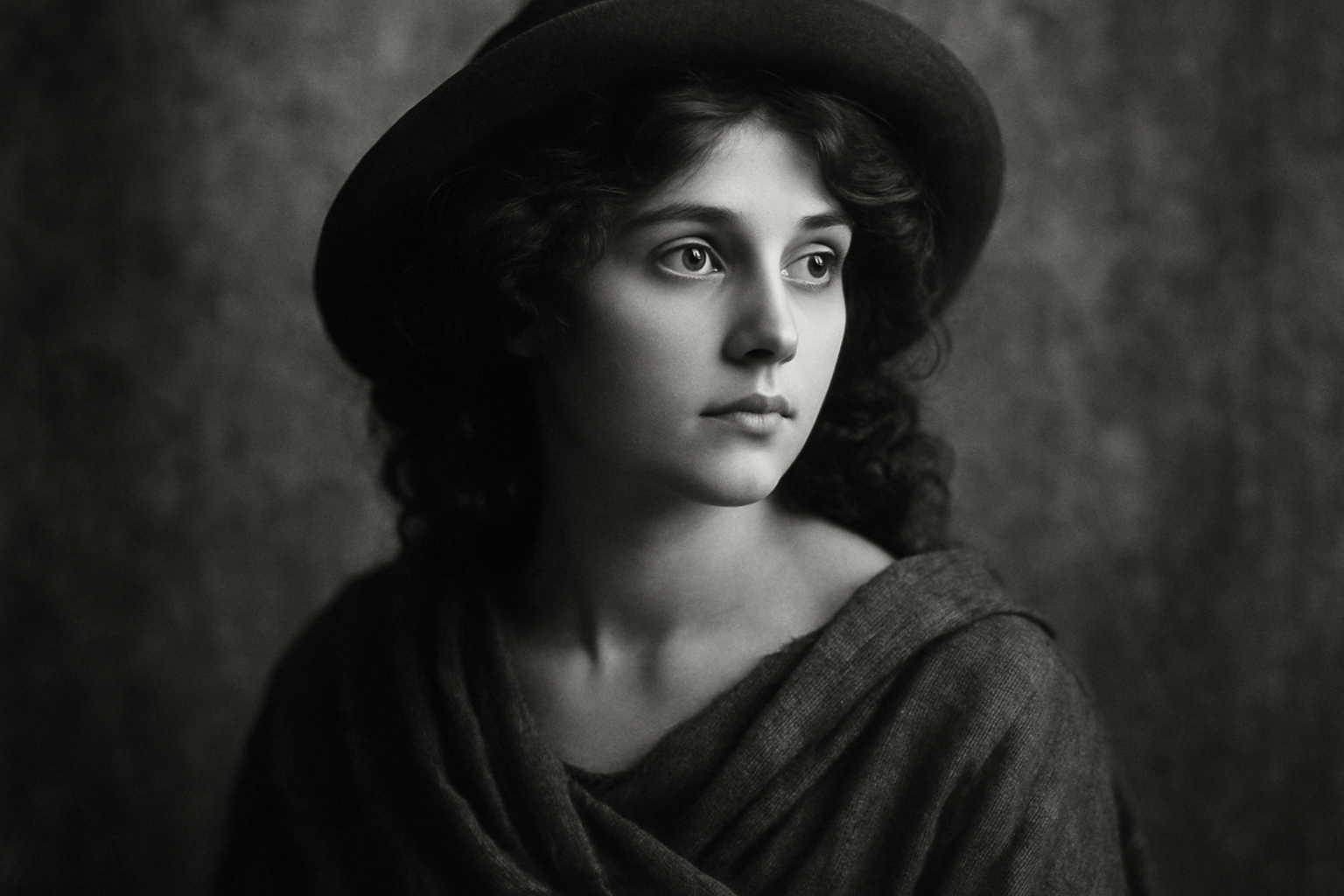
The visual appearance of Historic Black and White Photography is that it is black and white.
Thinking in the box: Impressionism, Modernism
Might also call it: Vintage black and white photography, classic black and white photography, antique black and white photography.
Historic portrait No.399
Historic portraiture is a genre of art that depicts people from history. The style is characterized by its realism and the use of light and shadow to create a sense of depth. Historic portraits often include elements of the sitter's environment, such as furniture or architecture, to provide context.
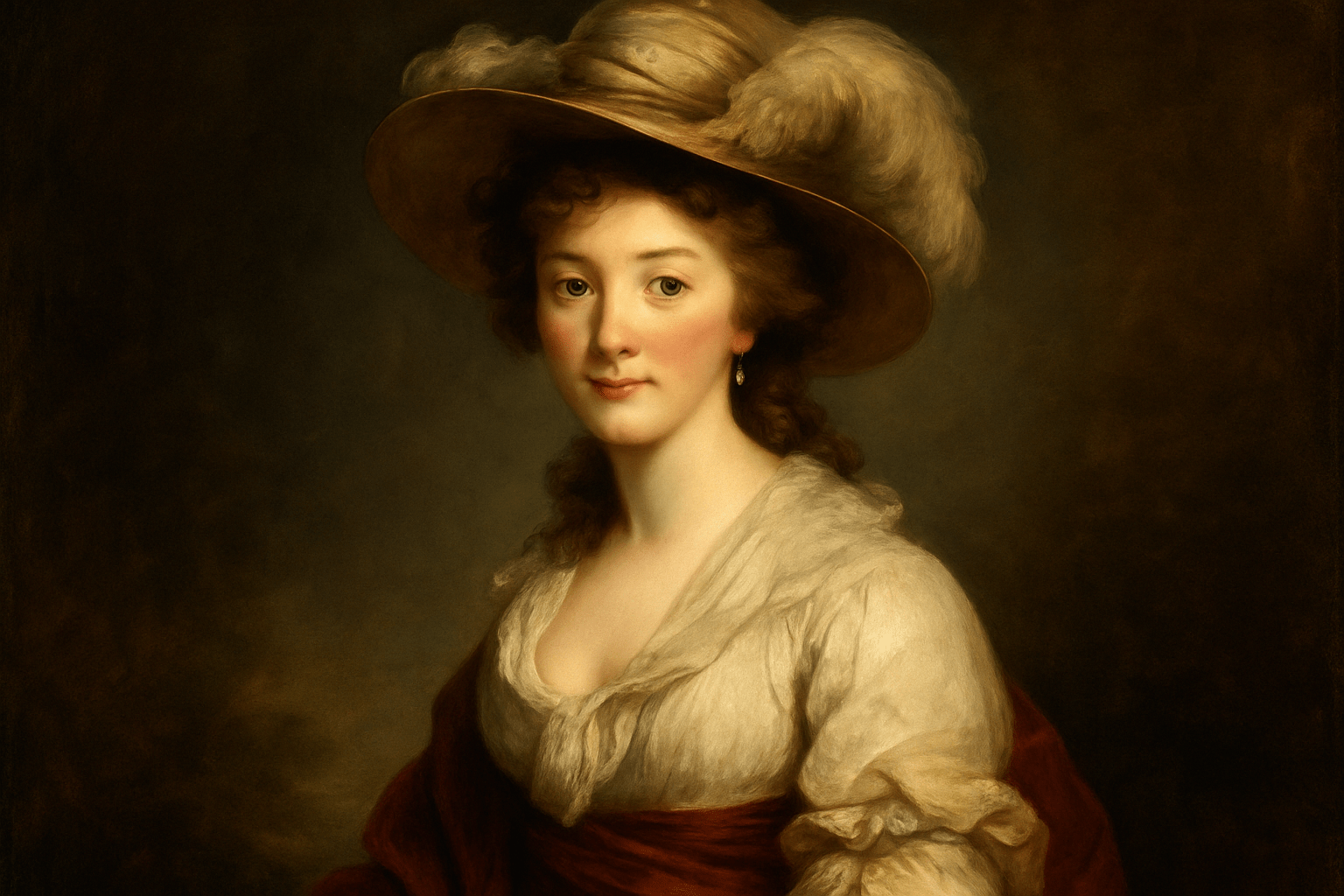
The art style of historic portrait is characterized by its realistic and detailed depiction of the subject. The artist often uses a light and dark color palette to create a sense of depth and dimensionality. The background is usually kept simple, so as not to distract from the main subject.
Thinking in the box: Impressionism, Modernism
Might also call it: Famous portrait, well-known portrait, important portrait, significant portrait, renowned portrait, celebrated portrait, notorious portrait, groundbreaking portrait, innovative portrait.
History painting No.400
History painting is a genre in painting that depicts a momentous or significant historical event. The term can also refer to the painting of scenes from everyday life, as opposed to those from mythology or religion.
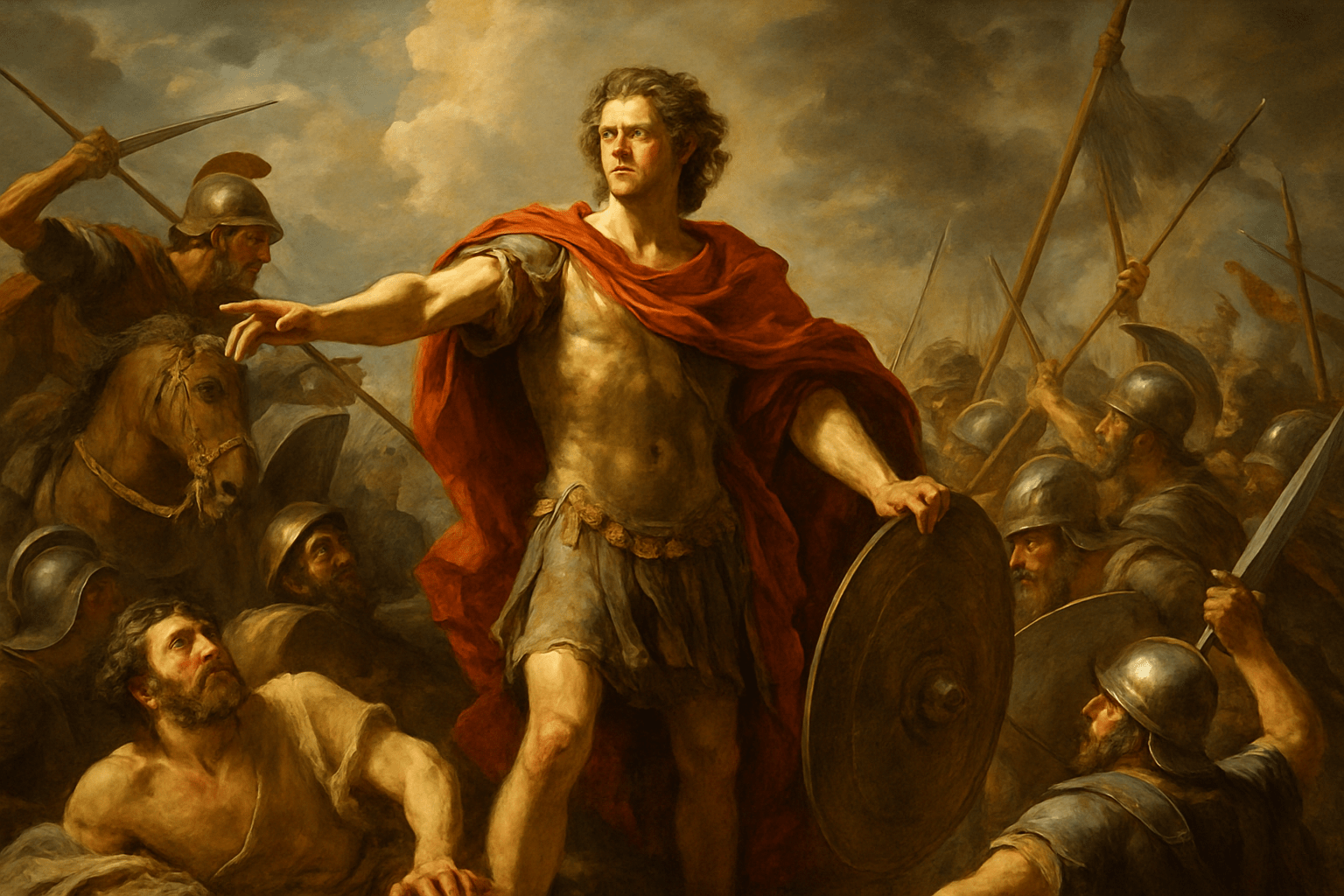
History painting is a genre of painting that depicts historical events. The art style is characterized by its use of bright colors and its focus on detail.
Thinking in the box: Impressionism, Modernism
Might also call it: Historical painting, narrative painting, history picture, history painting, history piece
Echoic Surrealism No.401
Embracing the dreamscape's symphony, Echoic Surrealism transforms auditory hallucinations into vivid visual reveries.
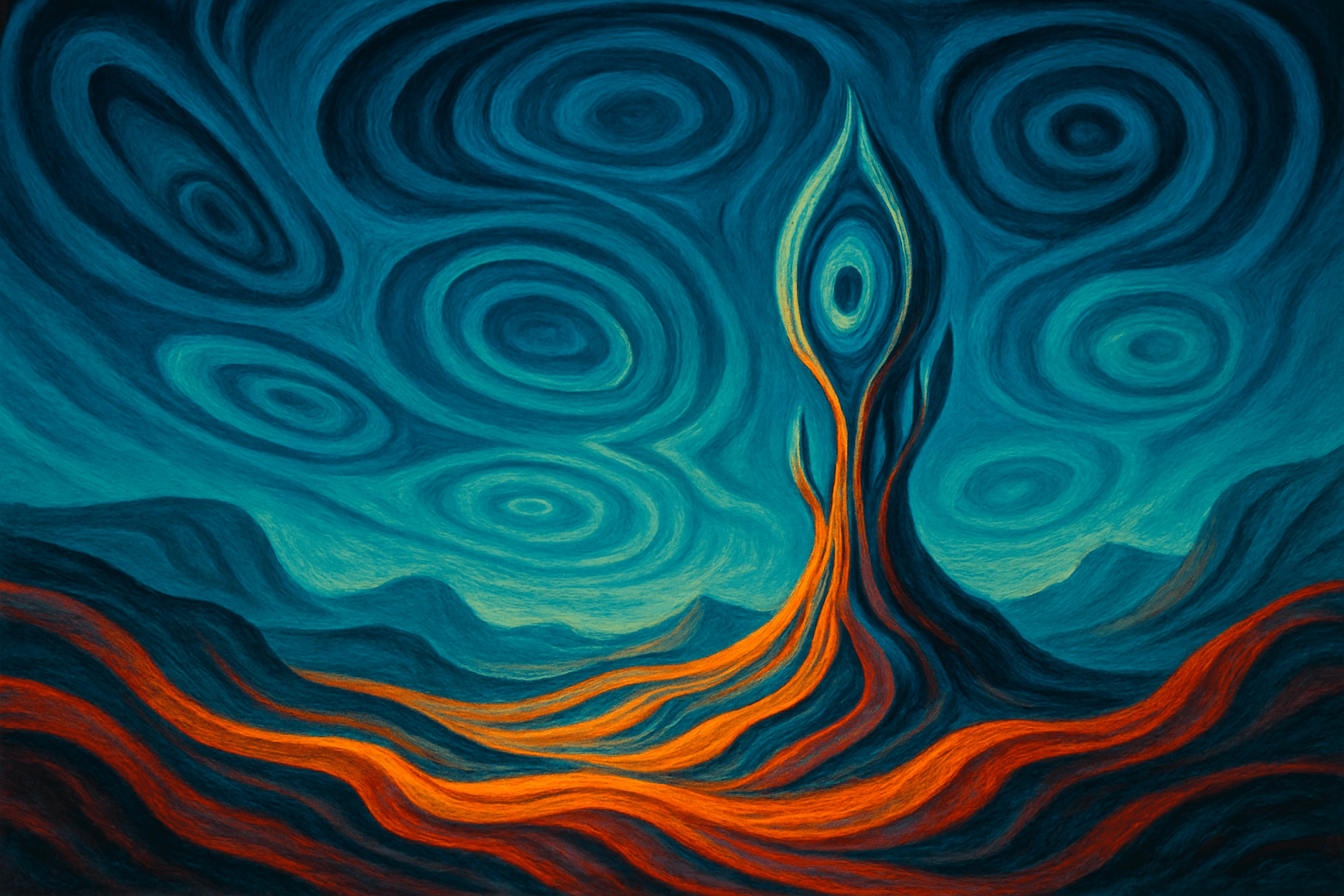
Fluid apparitions ripple through an ethereal fog. Colors dance like violins, echoing the unseen harmonies of the subconscious murmur.
Thinking in the box: Surrealism, Contemporary Art
Might also call it: Sonorous Surrealism, Auditory Dreams
Holography No.402
Holography is a technique that enables three-dimensional images to be made. It involves the use of a laser, interference, diffraction, light intensity recording, and reconstruction of an image. Holography can be used to create images of objects, including people and animals, as well as to record and store information.

The art style of holography is very three-dimensional and realistic. It often looks like a hologram or a three-dimensional image.
Thinking in the box: Impressionism, Modernism
Might also call it: Holography: 3D imaging, three-dimensional imaging, stereoscopic imaging
Hudson River School No.403
Hudson River School was a mid-19th century American art movement embodied by a group of landscape painters whose aesthetic vision was influenced by romanticism. The paintings typically depict the American wilderness, especially the Hudson River Valley, and the artists often sought to capture the sublime and majestic qualities of the natural world.
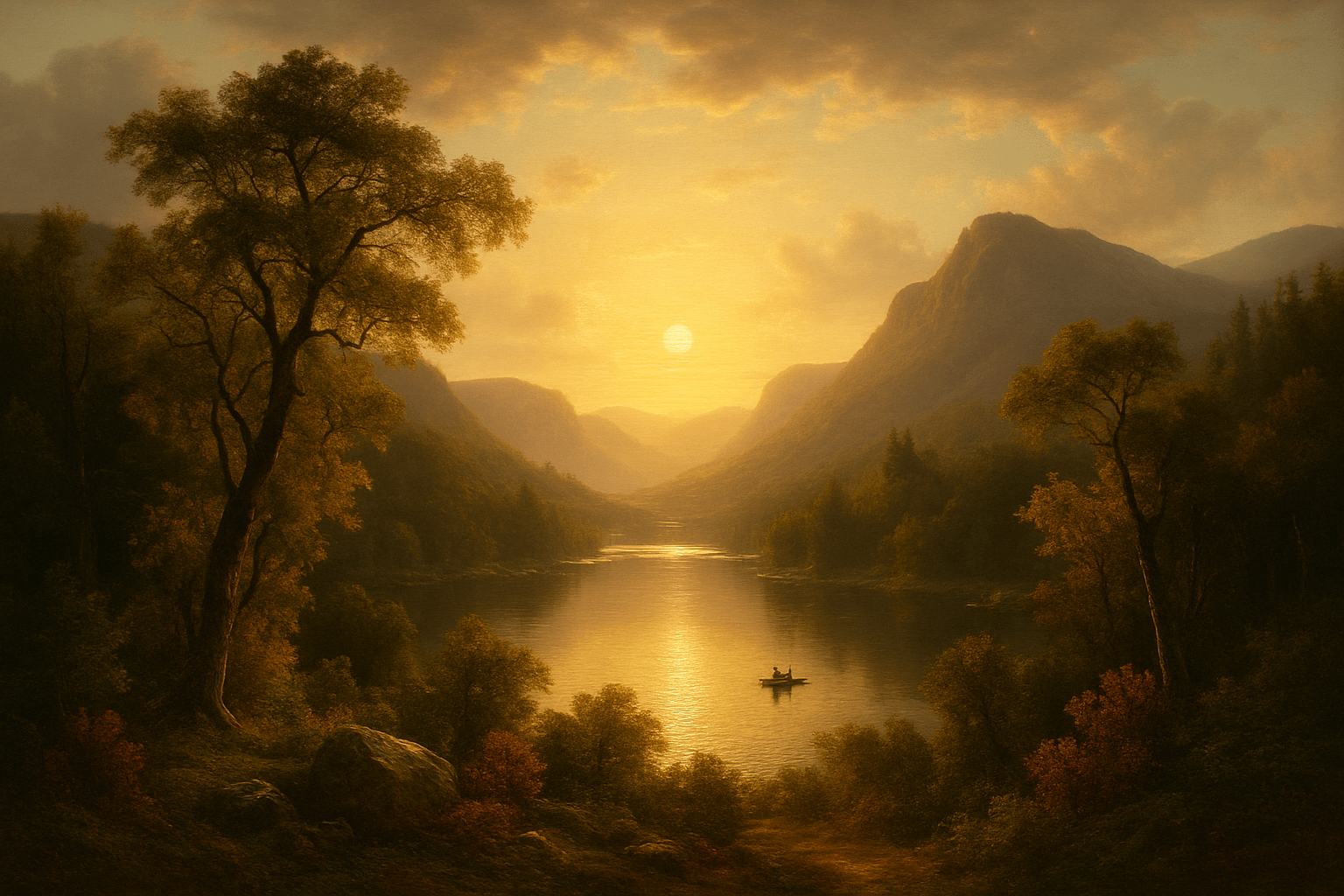
The Hudson River School is characterized by its realistic and detailed portrayal of American landscapes, particularly the Hudson River Valley. The artists associated with the school were influenced by the work of British landscape painter John Constable, and they sought to capture the natural beauty of the American landscape. The paintings often feature dramatic lighting and expansive views, and they frequently include human figures to convey a sense of scale.
Thinking in the box: Impressionism, Modernism
Might also call it: The Hudson River School was a group of American landscape painters from the mid-19th century.
Hungarians No.404
The Hungarians are a professional and brief art style that uses simple shapes and colors to create beautiful images.
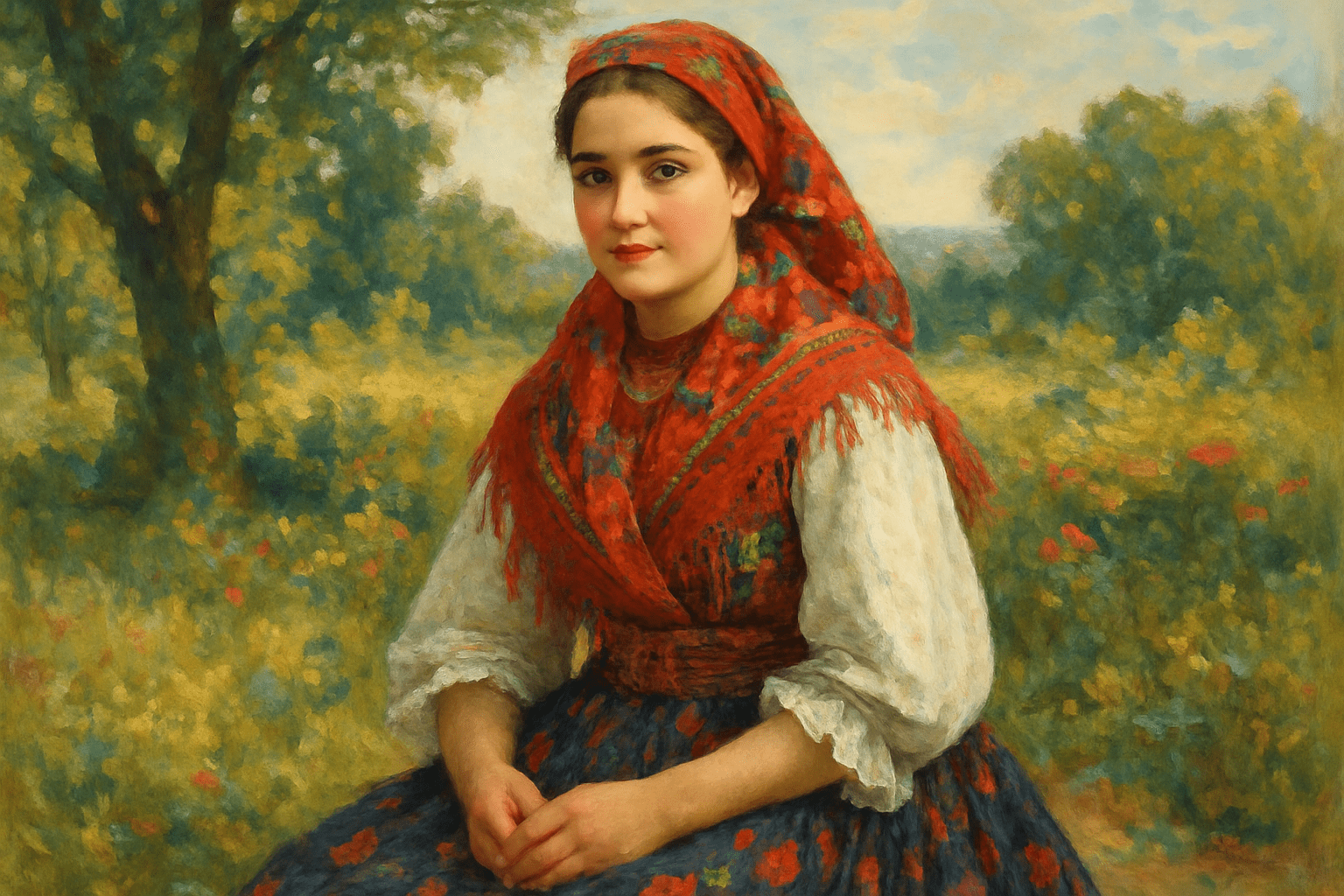
The art style of Hungarians is characterized by its use of bright colors and bold patterns. Hungarian artists often use traditional motifs in their work, such as flowers, birds, and geometric shapes. Their work is often playful and whimsical, and often features a sense of humor.
Thinking in the box: Impressionism, Modernism
Might also call it: Magyars
Hurufiyya No.405
Hurufiyya is a form of Arabic calligraphy that dates back to the ninth century. The word "huruf" means "letters" in Arabic, and "iyya" means "to make." Hurufiyya is known for its intricate and beautiful lettering. The style is used to write both Arabic and non-Arabic texts.
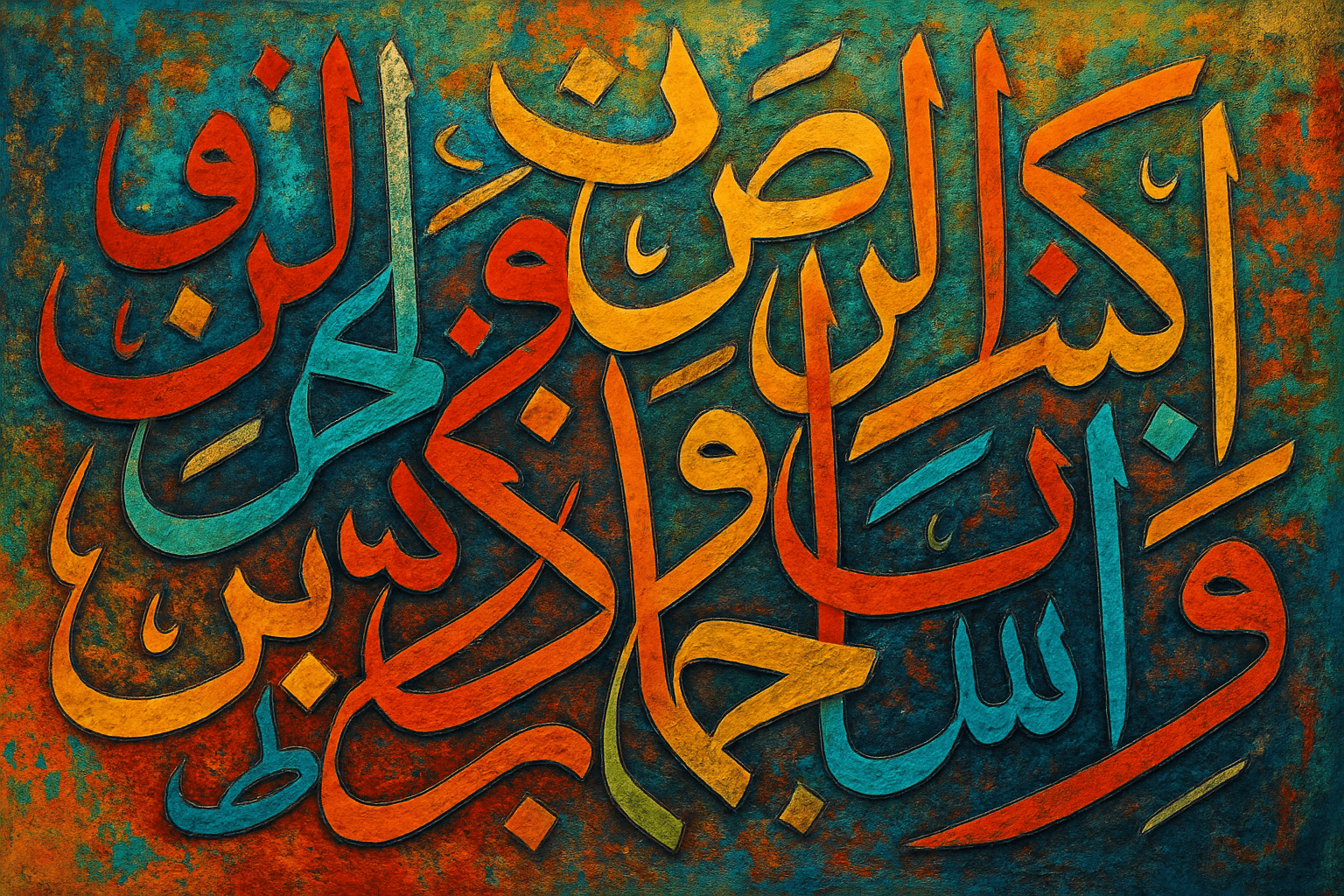
The art style of Hurufiyya is characterized by its use of calligraphy and geometric shapes. The shapes are often arranged in patterns and the calligraphy is used to create a sense of movement and rhythm. The overall effect is one of balance and harmony.
Thinking in the box: Impressionism, Modernism
Might also call it: lettering, calligraphy, penmanship
Hyper Realistic Drawing No.406
Hyper Realistic Drawing is a highly detailed form of art that often uses photographs as a reference point. This type of drawing can take many hours to complete, and the results are often stunningly lifelike.
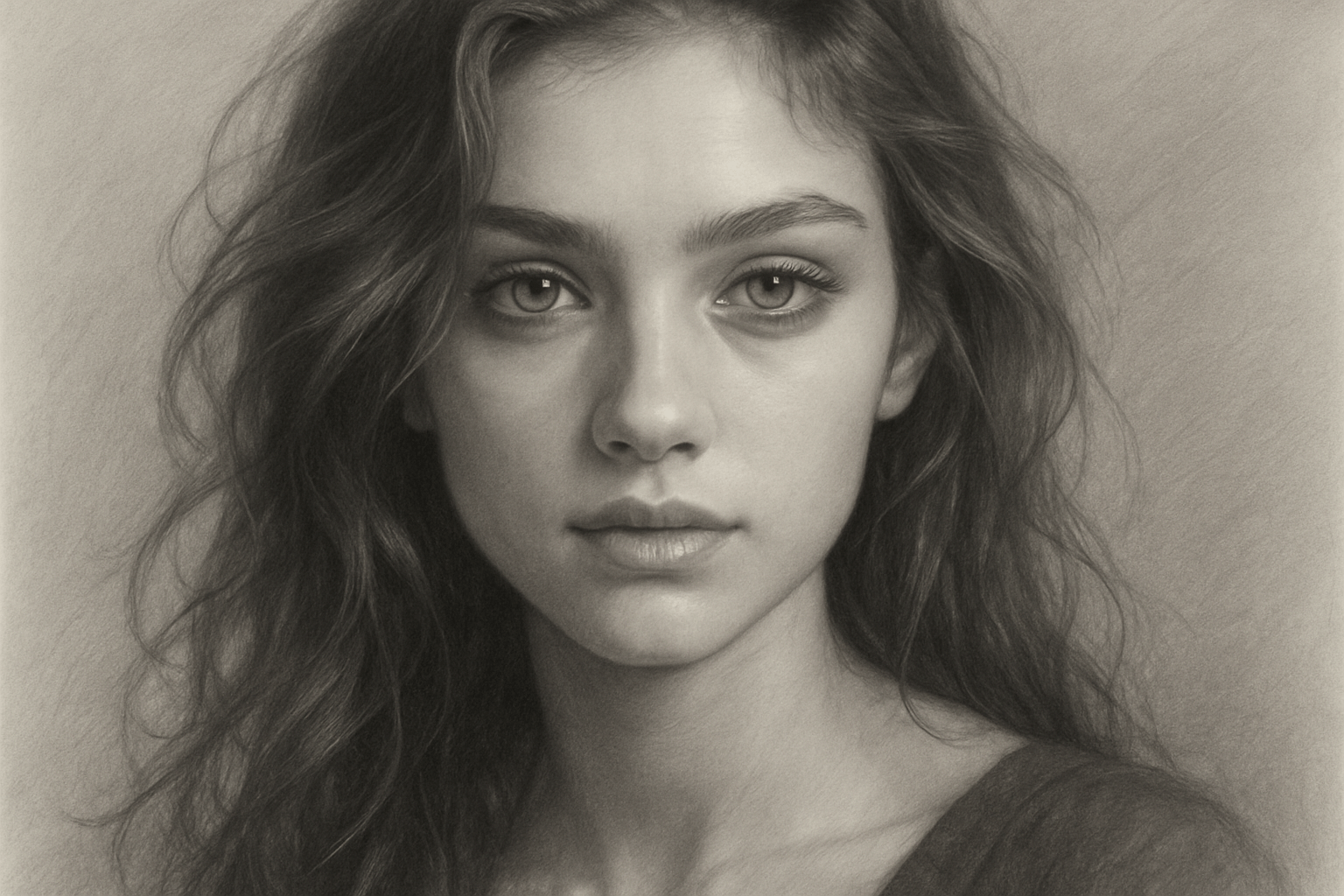
The art style of Hyper Realistic Drawing is very realistic and detailed. The artist uses a variety of techniques to create the illusion of a realistic image.
Thinking in the box: Impressionism, Modernism
Might also call it: Realistic, lifelike, naturalistic, true to life
Hyperdimensional Graffiti No.407
An explosive fusion of color and computation, where reality bends, twists, and glitches with digital imagination. This art style disrupts perception with vivid, otherworldly landscapes and jarring, mind-altering symphonies of form.
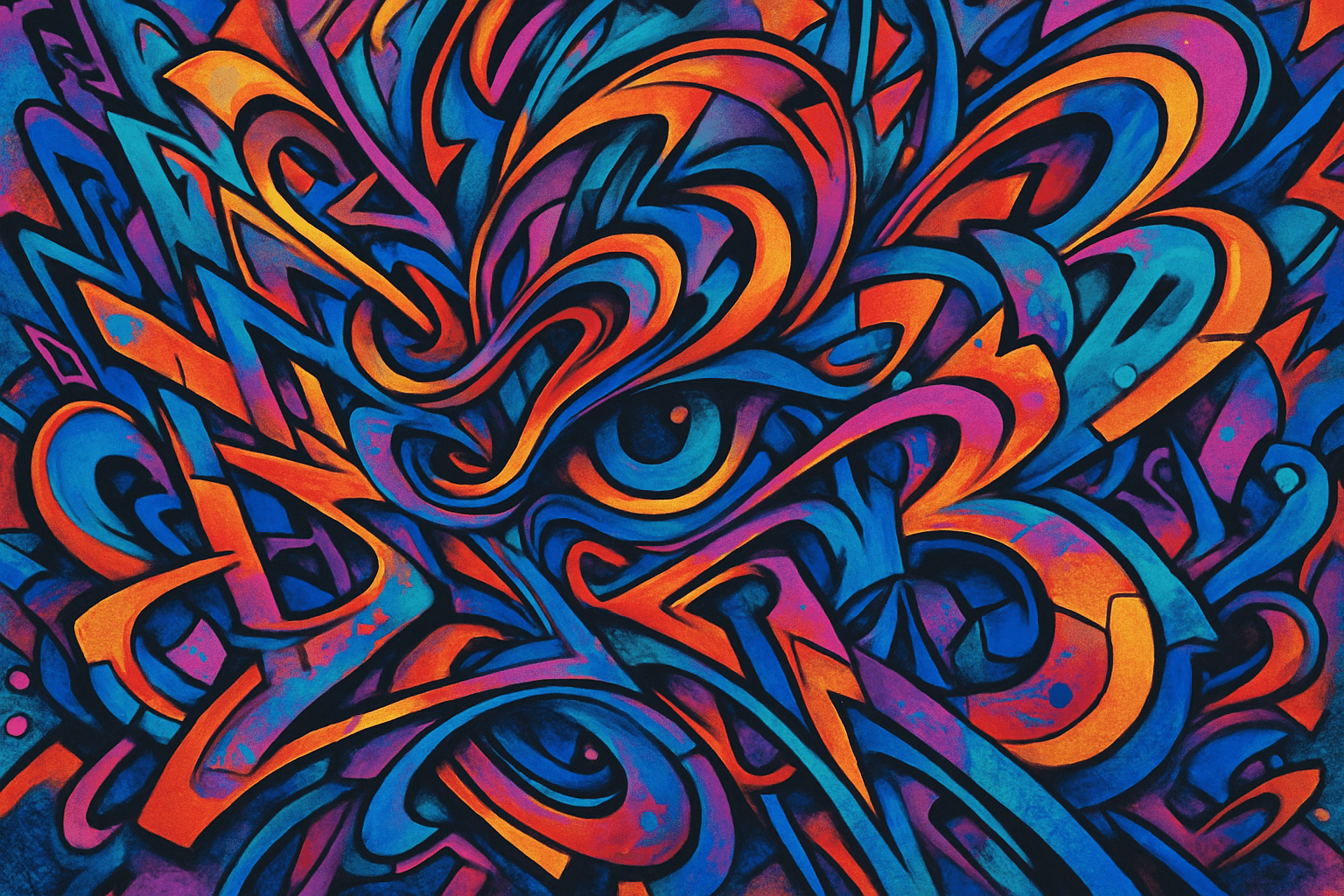
Imagine a kaleidoscope vigorously shaken, spilling vibrant shards of color caught mid-air. Hyperdimensional Graffiti is visually surreal; layers of digital noise and prismatic shapes enchant and perplex the viewer's gaze.
Thinking in the box: Impressionism, Modernism, Digitalism
Might also call it: Digital Dreamscape, Techno-Vortex Art
Hyperloop Minimalism No.408
Art stripped to its essential whispers; a communion of lines and curves. It holds the future in its palm, framing the universe with whispered geometry and ethereal light.
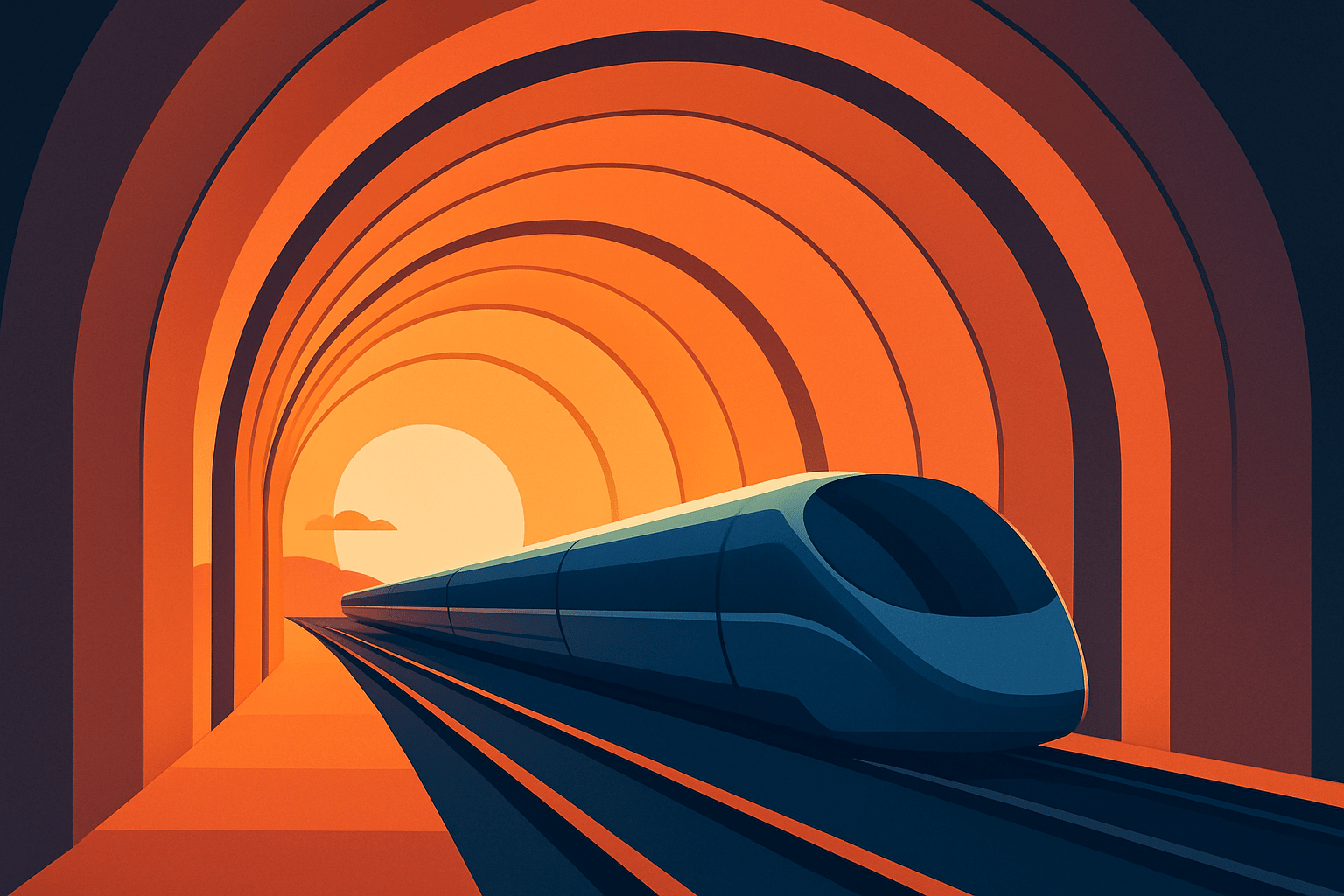
Imagine a sleek embrace of steel and silence, where shadows dance on precision surfaces. Shapes flow as if carved by wind, each curve a poem, each line a whisper from tomorrow's skyline.
Thinking in the box: Impressionism, Modernism
Might also call it: Futuristic Minimalism, Techno-Essentialism
Hypermodernism No.409
Hypermodernism is a term that has been used to describe a wide variety of trends in the arts since the early 1970s. The term is often used in reference to the work of artists who have been associated with the post-modern movement, but it can also be used to describe a variety of other styles.

The art style of Hypermodernism is characterized by its use of bright colors and bold patterns. Hypermodernist artists often use geometric shapes and patterns to create their artworks. The overall effect is often one of vibrancy and energy.
Thinking in the box: Impressionism, Modernism
Might also call it: Contemporary, cutting-edge, up-to-date, trendy, modern.
Hyperrealism No.410
Hyperrealism is a genre of painting that combines elements of both photography and painting to create highly realistic images. This style of painting emerged in the late 1960s and early 1970s, and has since become one of the most popular genres of painting. Hyperrealist paintings are characterized by their incredibly realistic details, often achieved through the use of a high-powered magnifying glass. This level of detail can often make hyperrealist paintings appear to be photographs. However, unlike photography, hyperrealist paintings often incorporate elements of fantasy and imagination, making them unique works of art. Hyperrealism is a relatively new genre of painting, but has already gained a large following among both artists and art lovers. This style of painting is sure to continue to grow in popularity in the years to come.
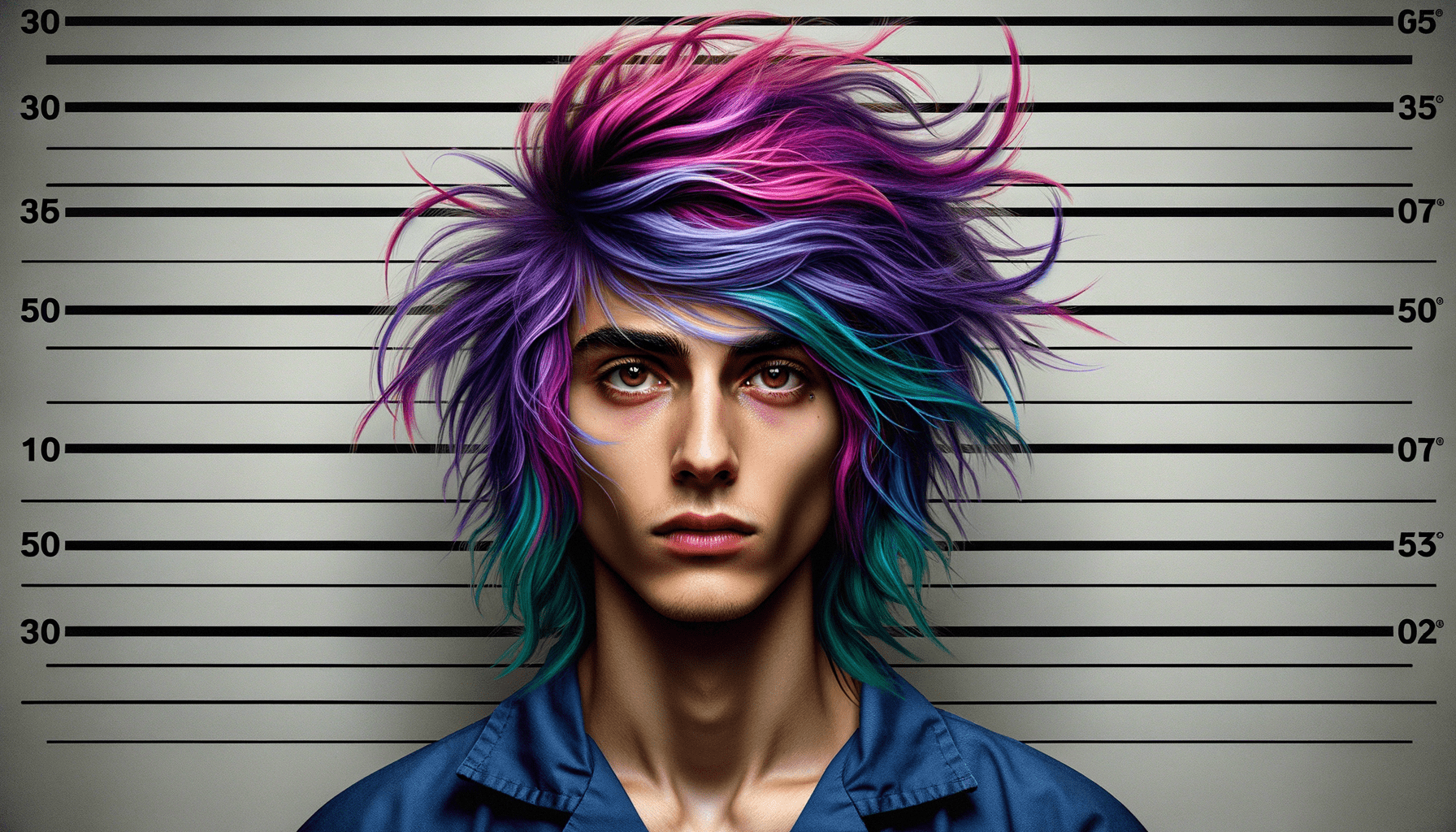
The art style of Hyperrealism is characterized by its incredibly realistic visual appearance. This is achieved through the use of highly detailed brushwork and a focus on light and shadow. The overall effect is an incredibly lifelike image that can often be mistaken for a photograph.
Thinking in the box: Impressionism, Modernism
Might also call it: Superrealism, magic realism, surrealism, visionary realism
Hyperstylization No.411
Hyperstylization is an art style that combines elements of realism and abstraction to create a unique visual experience. It is characterized by exaggerated features, vibrant colors, and exaggerated textures. This style is often used to create a surreal or dreamlike atmosphere, and it can be used to convey a wide range of emotions and ideas. Hyperstylization is often used in animation, video games, and other digital media, and it can be used to create a unique and memorable visual experience.
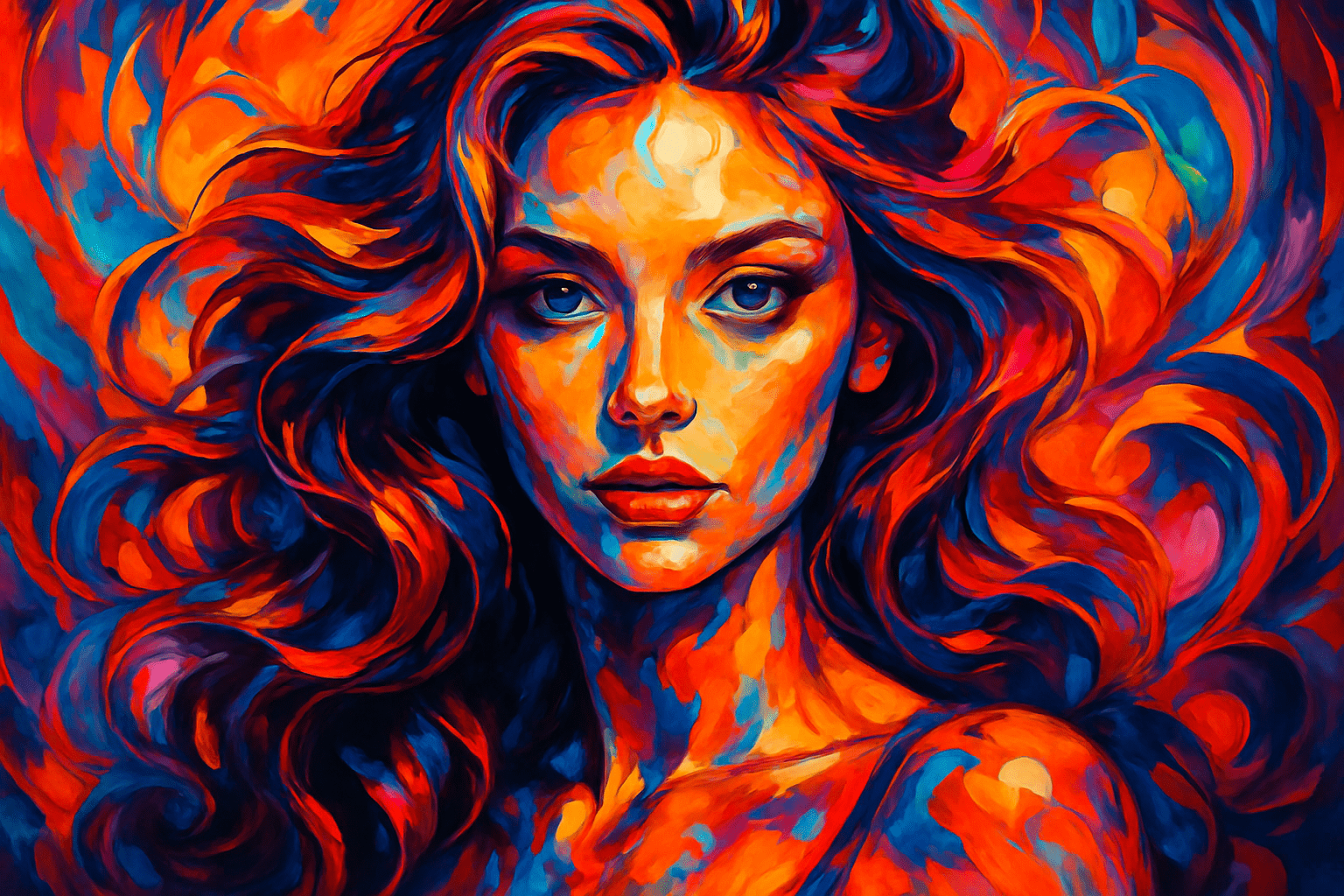
Hyperstylization is an art style that emphasizes exaggerated, highly stylized visuals. It often features exaggerated proportions, vibrant colors, and exaggerated textures. It is often used to create a surreal, dream-like atmosphere. Character designs are often highly stylized, with exaggerated facial features, exaggerated body proportions, and exaggerated clothing. Backgrounds are often highly detailed and feature a variety of textures and colors. Hyperstylization is often used to create a unique and eye-catching visual style.
Thinking in the box: Impressionism, Modernism
Might also call it: Exaggeration, overstatement, amplification, embellishment, dramatization, intensification, magnification.
Icelandic No.412
Icelandic art is often characterized by its use of natural materials, bold colors, and simple forms. Icelandic artists often seek to capture the country's unique landscapes and light in their work. Common themes in Icelandic art include the country's wildlife, its history and mythology, and the everyday lives of its people.
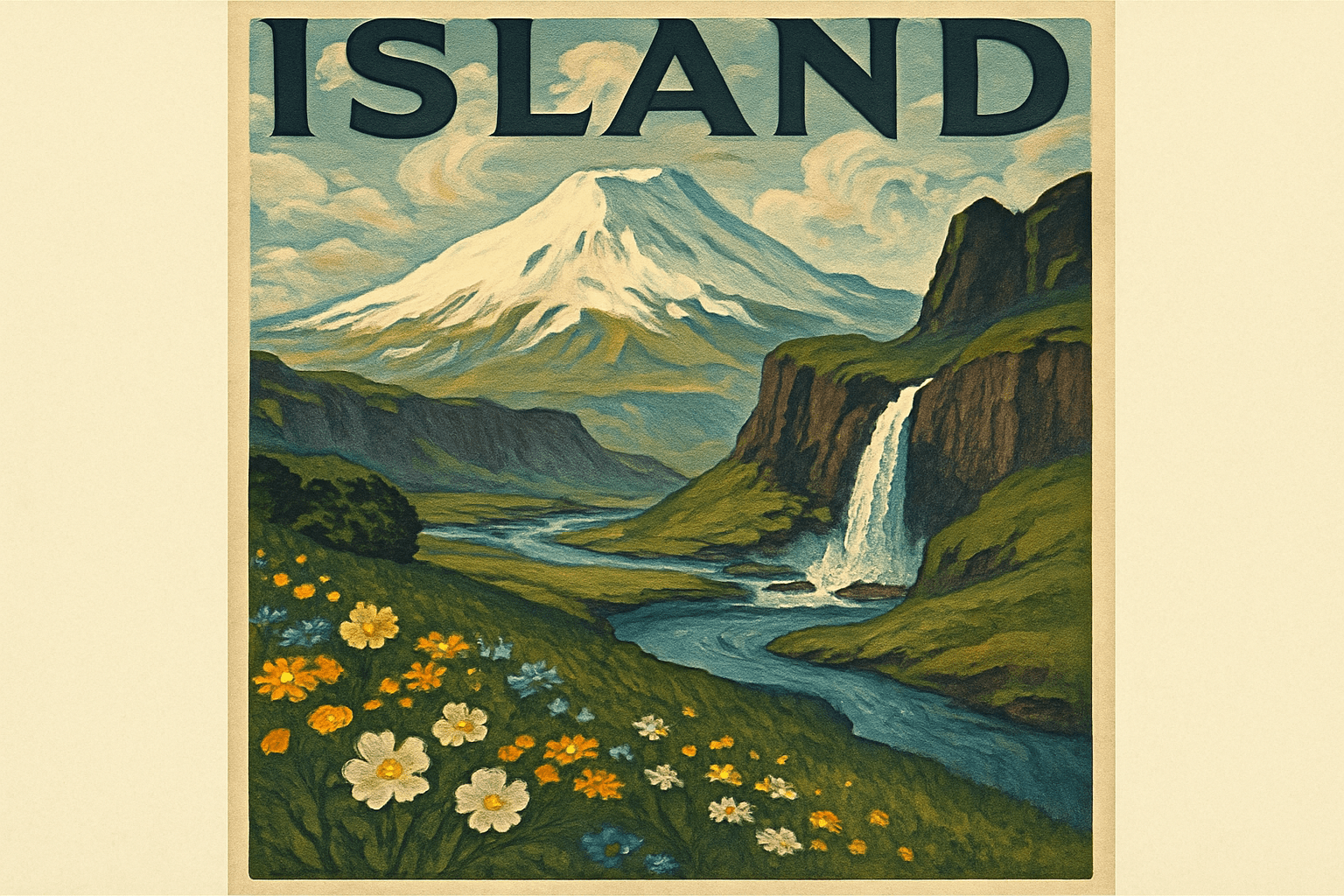
The art style Icelandic is characterized by its use of bright colors and bold patterns. Icelandic artists often use geometric shapes and symbols in their work, which can be seen in the vibrant and eye-catching designs of Icelandic art.
Thinking in the box: Impressionism, Modernism
Might also call it: Finnish, Scandinavian, Nordic
Iconography No.413
A timeless tapestry of symbols and motifs, weaving stories with divine whispers and earthly echoes, capturing humanity's eternal longing in sacred spaces and intimate corners.
Vibrant hues dance across the canvas, each symbol a bridge from the tangible to the divine, evoking whispered prayers and silent tales. Faces static yet brimming with life’s essence.
Thinking in the box: Religious Art, Symbolism, Sacred Art
Might also call it: Symbolic Art, Sacred Imagery, Religious Symbolism
Illustration Art No.414
Illustration Art captures the essence of storytelling. With each stroke, a tale unfolds, guiding the observer through intricate worlds of imagination and detail. From books to animation, it bridges visuals with narratives seamlessly.
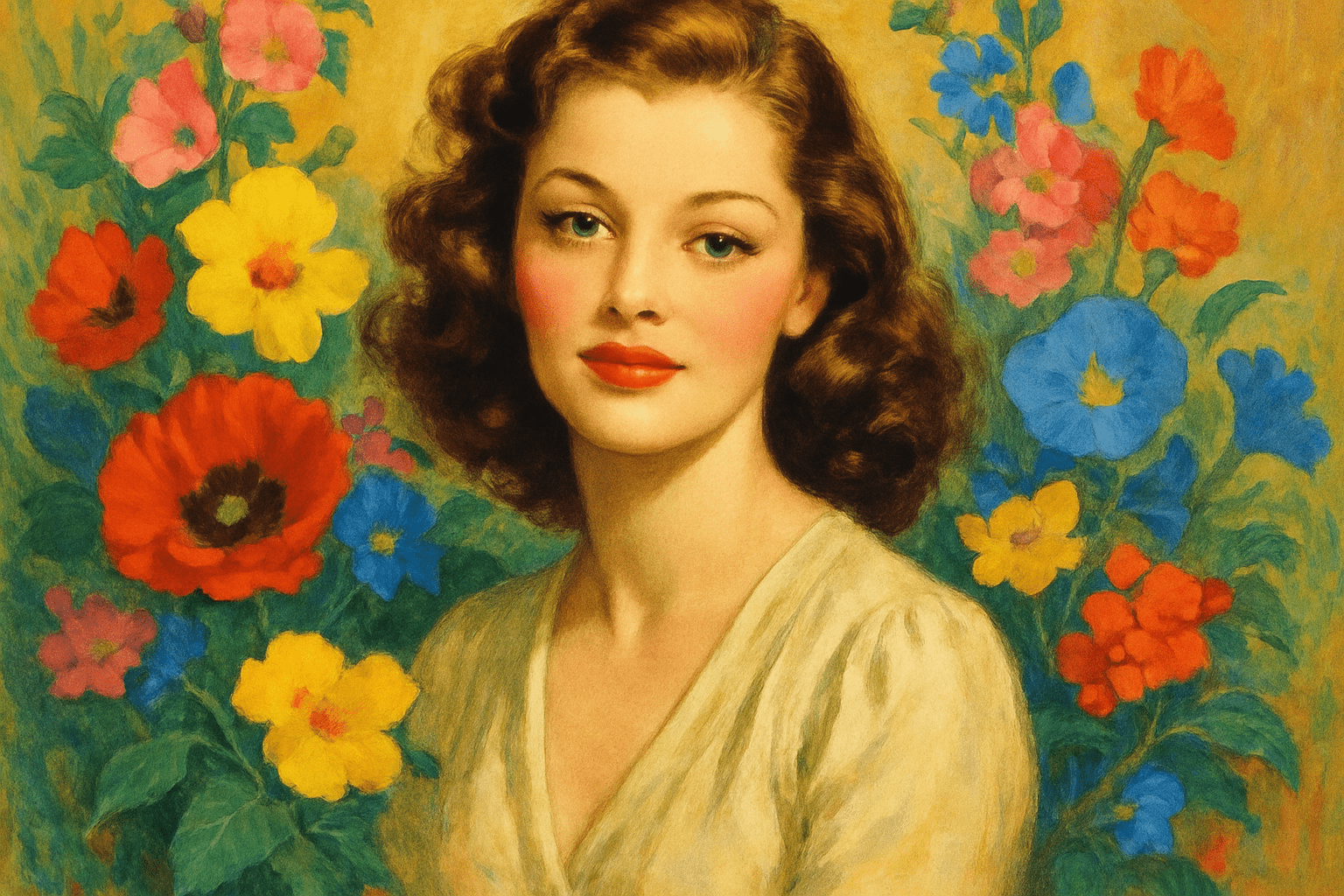
Vibrant hues dance with bold lines, creating worlds born from fantasy and reality. Characters, landscapes, and whimsical elements intertwine as if pages from a dream have leapt into vibrant, visual life. It creates stories in every stroke.
Thinking in the box: Realism, Modernism
Might also call it: Picture Art, Visual Storytelling, Character Design, Storyboard Art
Impressionism No.415
Impressionism is a style of painting that emerged in the late 1800s and emphasizes an artist's immediate impression of a scene or subject, rather than a detailed, realistic portrayal. Impressionist paintings are often characterized by light colors, soft brushstrokes, and visible brushstrokes.
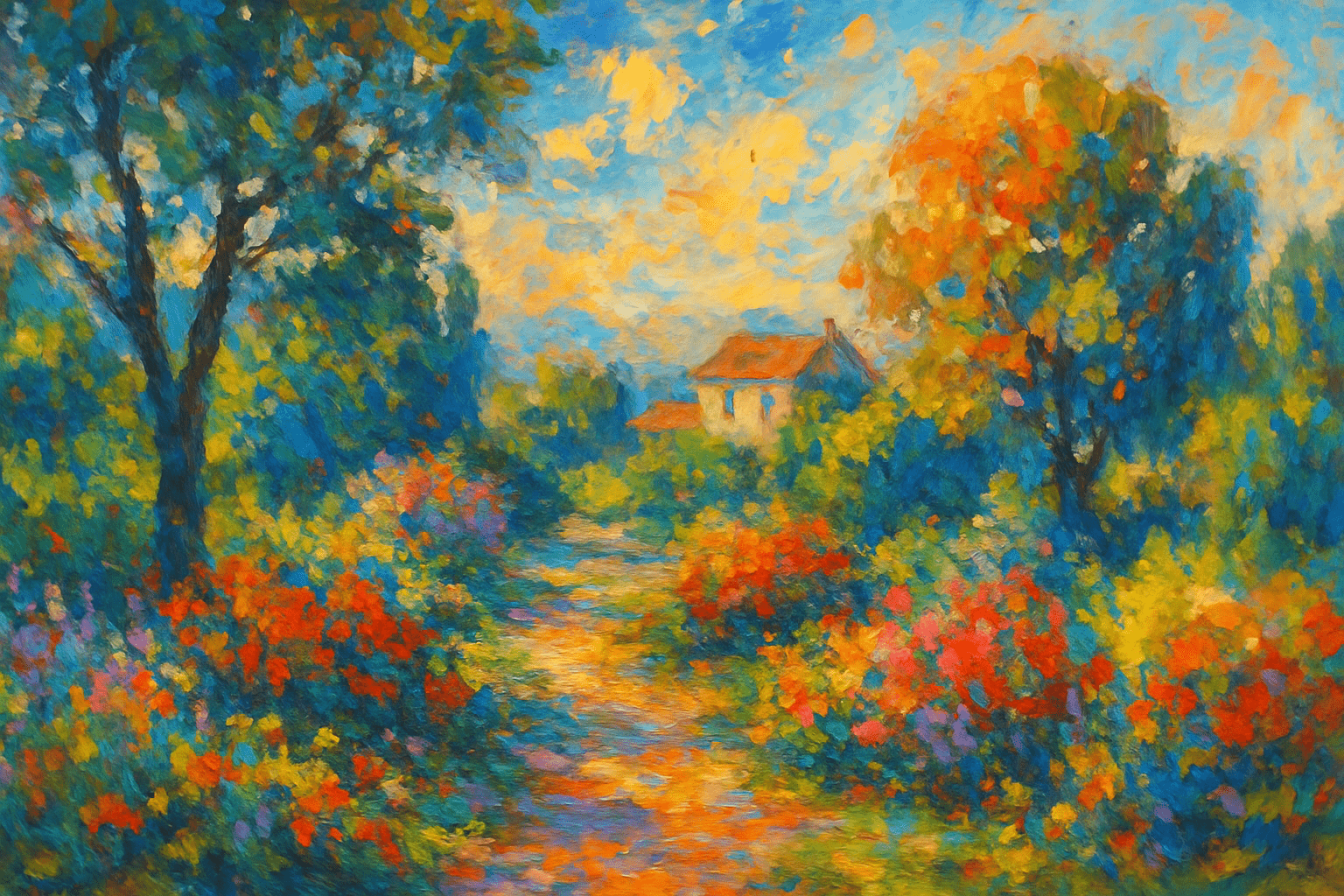
The visual appearance of Impressionism is characterized by short brushstrokes of bright colors. The paintings are often of landscapes or everyday scenes, and the light is usually captured in a moment.
Thinking in the box: Impressionism, Modernism
Might also call it: Artistic style characterized by short brushstrokes and vivid colors, typically used to depict scenes from nature.
Impressionist No.416
The Impressionist art style is characterized by its focus on capturing light and naturalistic scenes. Impressionist paintings are typically characterized by soft, blurred lines and muted colors. The Impressionist movement began in the late 1800s and was led by artists such as Claude Monet and Pierre-Auguste Renoir.
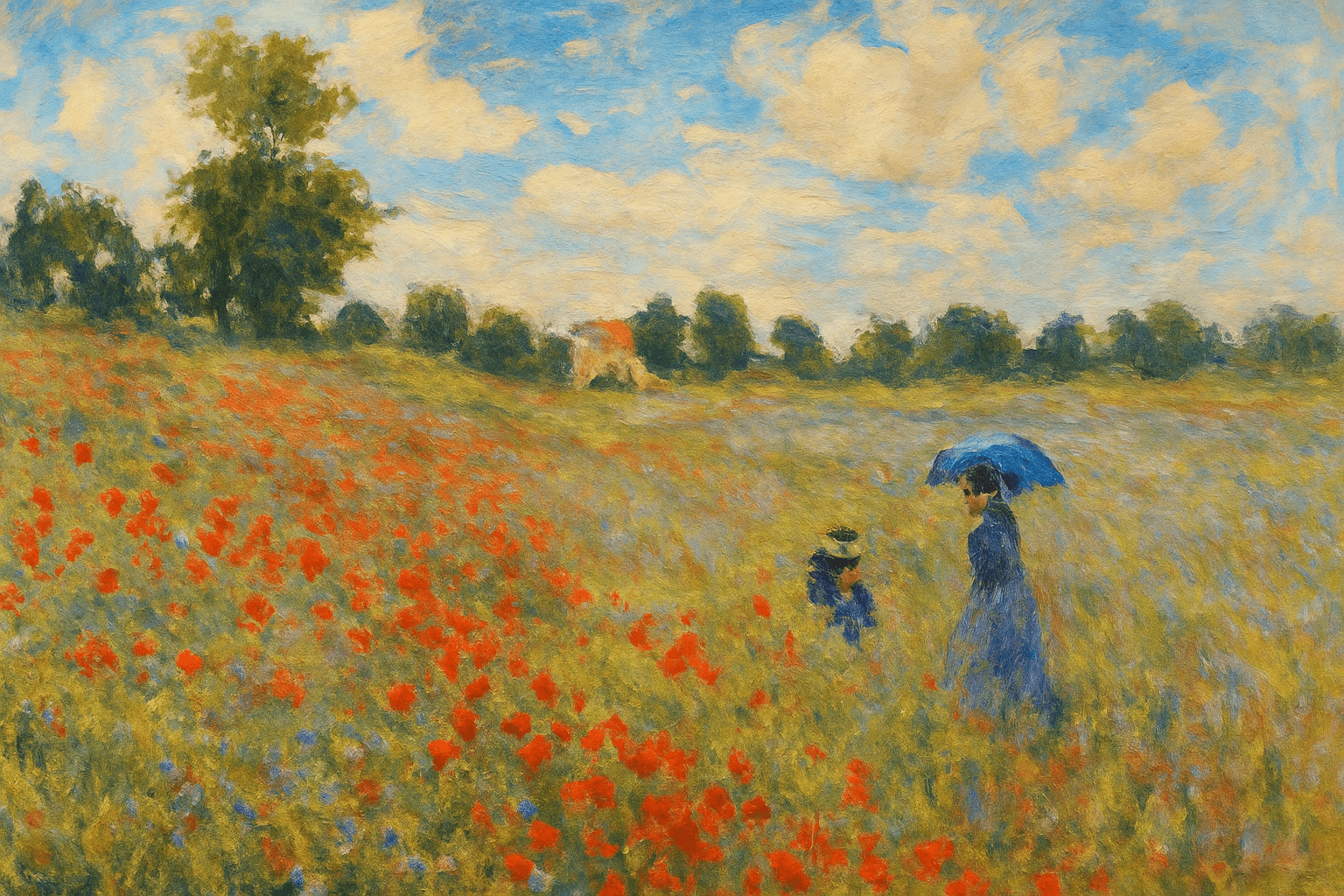
The visual appearance of the art style Impressionist is characterized by short, thick brushstrokes of bright colors. The colors are often blended together to create a soft, hazy effect. The overall appearance is one of light and movement.
Thinking in the box: Impressionism, Modernism
Might also call it: Impressionist, Post-Impressionist, Fauvist, Cubist, Neo-Impressionist, Pointillist, Expressionist, Surrealist
Inca art No.417
Inca art is a unique style of art that developed in the Inca Empire in South America. This art style is characterized by its use of geometric shapes, bright colors, and intricate patterns. Inca artists often used gold and silver in their artwork, which helped to create a luxurious look. Inca art was used to decorate a variety of objects, including walls, pottery, and clothing. This art style played an important role in the Inca culture, and it continues to be appreciated by many people today.
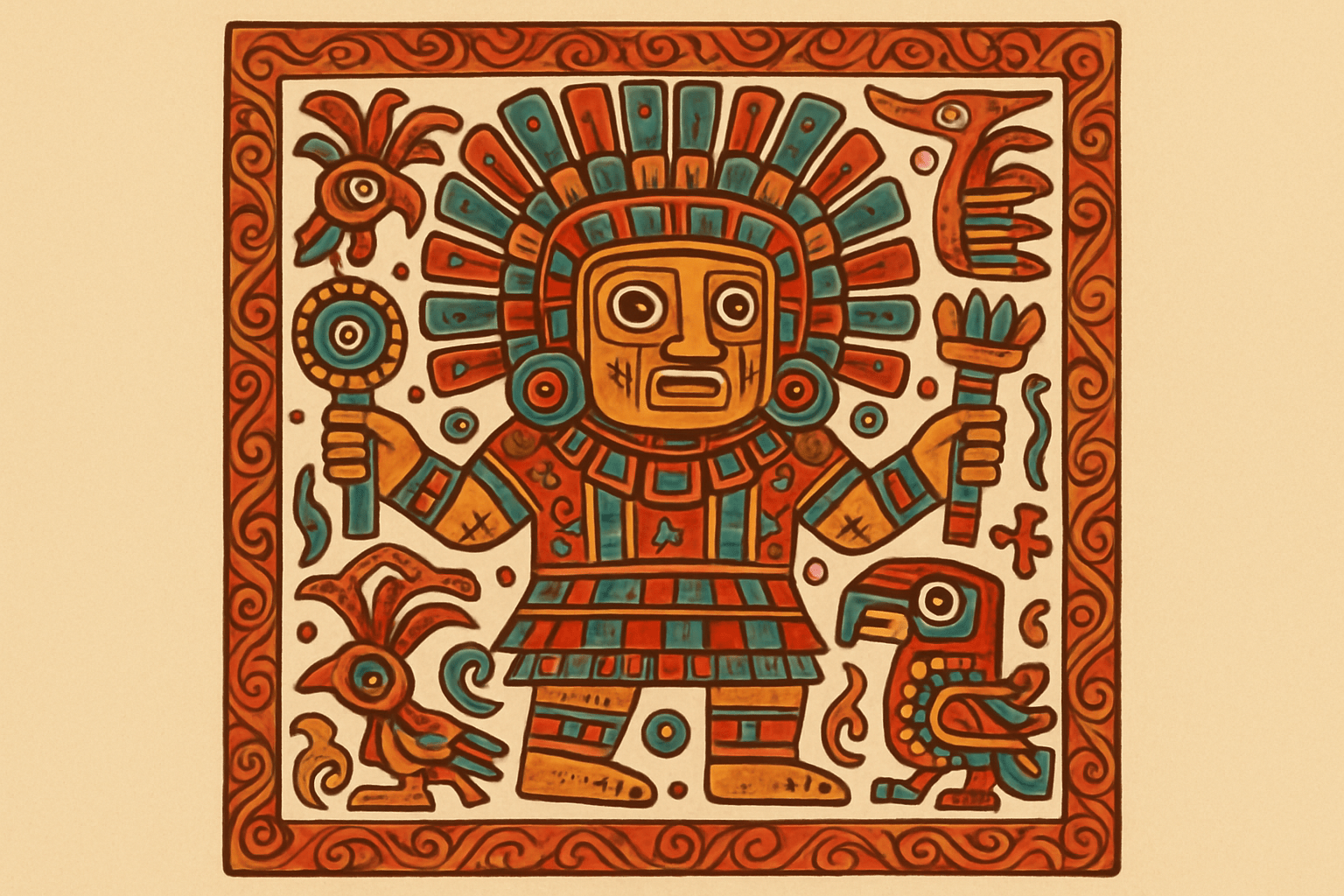
Inca art is characterized by its use of bold colors and simple geometric shapes. Inca artists often used a technique called "negative space" to create the illusion of depth and movement in their work.
Thinking in the box: Impressionism, Modernism
Might also call it: Inca art can be synonymized with pre-Columbian art, Peruvian art, or indigenous art of the Andes.
Incoherents No.418
Incoherents is an art style characterized by its lack of coherence or order. Incoherents artists often use found objects and images in their work, and their compositions are often chaotic and jarring. This style of art is often seen as a reaction against the traditional, more ordered and rational art styles of the time.
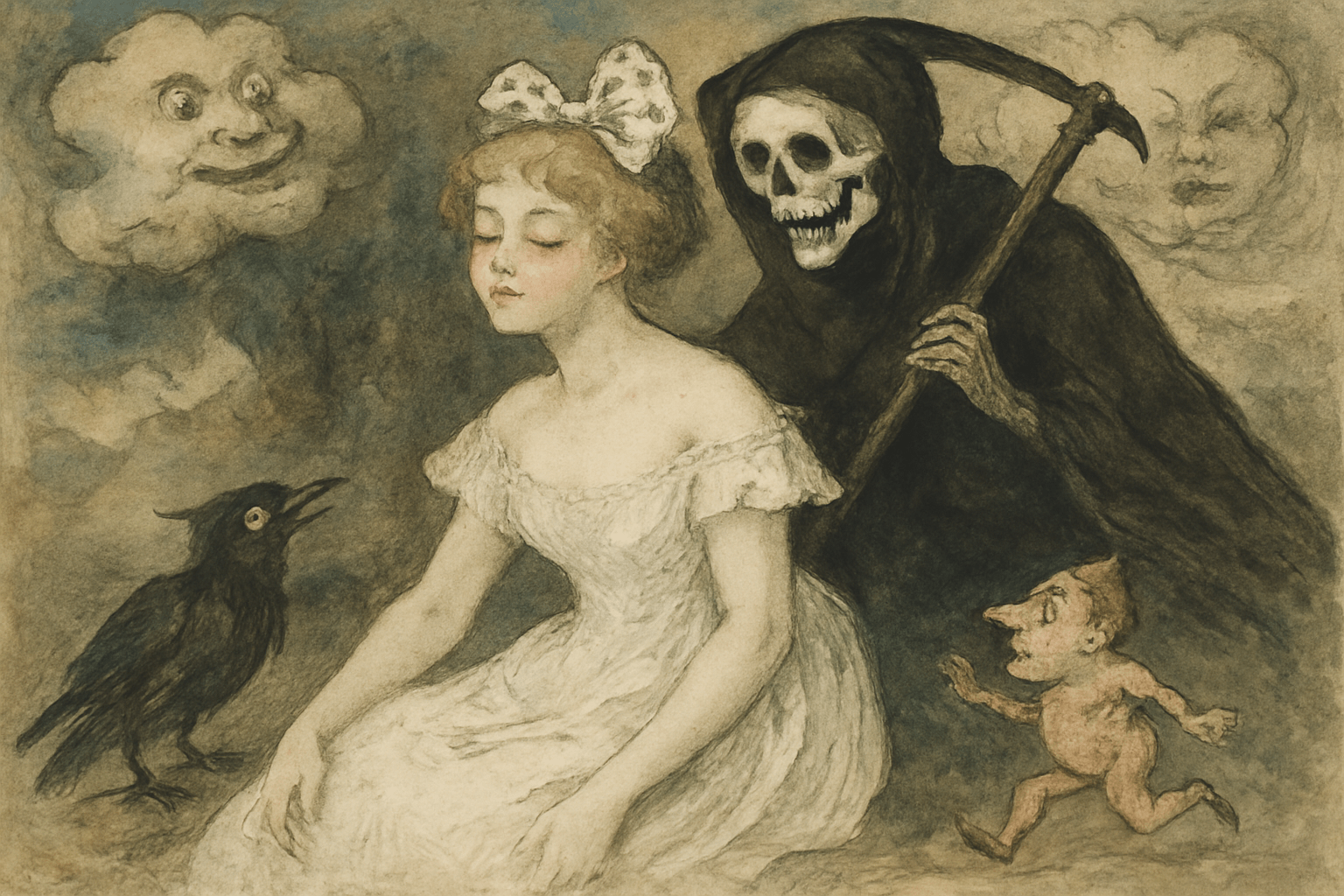
Incoherents is an art style that is characterized by its lack of coherence or organization. Incoherents art is often chaotic and may include elements that are unrelated to each other. This type of art is often seen as being unfinished or unrefined.
Thinking in the box: Impressionism, Modernism
Might also call it: Incoherents: 1. Disjointed 2. Unconnected 3. Illogical 4. Unintelligible
Indian Miniature Painting No.419
Tiny masterpieces blending vibrant colors and delicate lines, these paintings capture mystical tales and royal epics on impossibly small canvases.
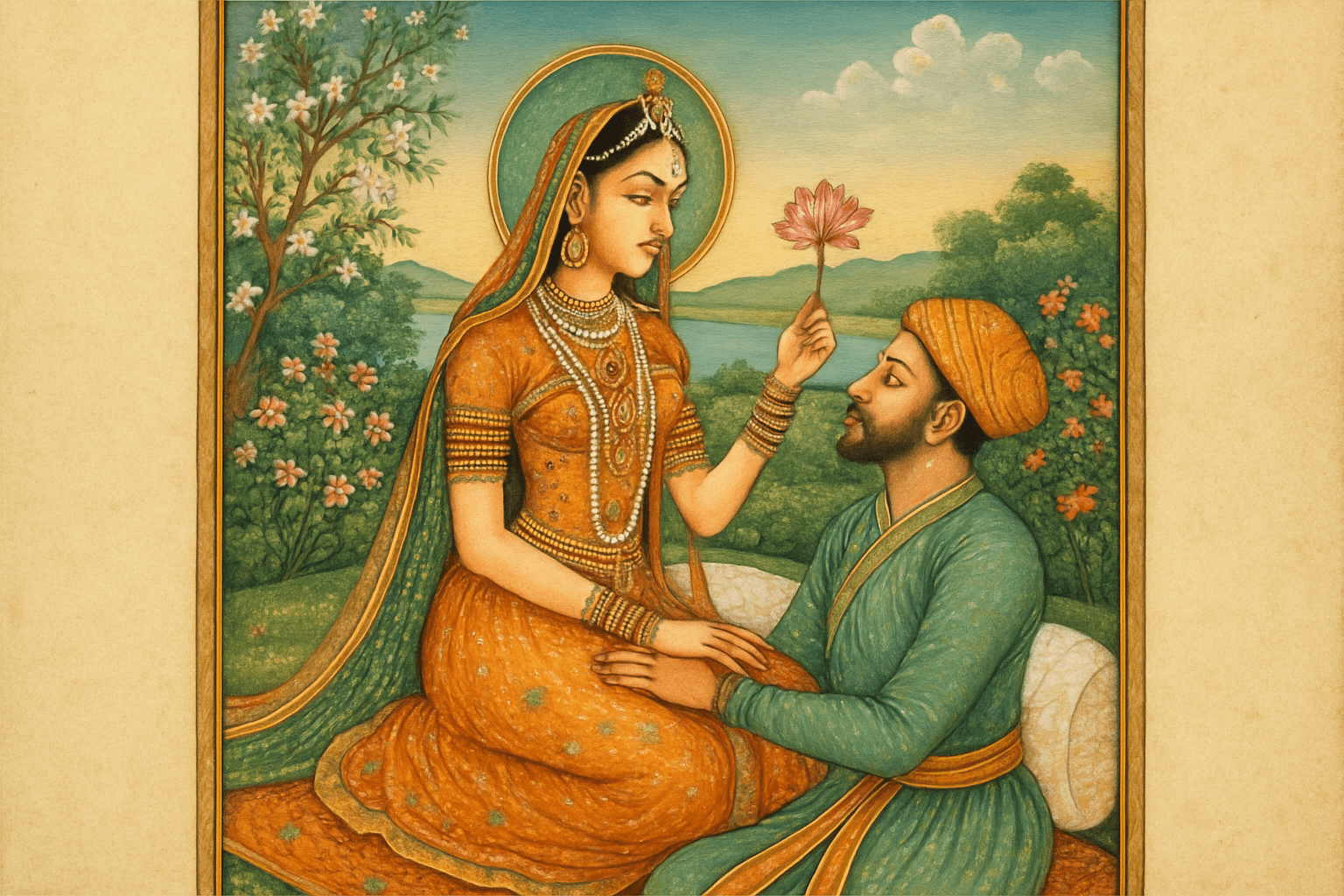
Jewel-toned palettes meet intricate detailing, with figures and landscapes emerging from brushstrokes like whispered legends brought to life.
Thinking in the box: Classical, Historical, Miniature
Might also call it: Rajput Miniature, Mughal Painting, Pahari Miniature
Indians No.420
The art style of Indians is characterized by its use of bright colors and bold patterns. Indian artists often use a variety of mediums to create their art, including painting, sculpture, and textile design. Indian art is often inspired by the country's rich cultural heritage, and its artists often seek to capture the spirit of India's many religions and traditions in their work.
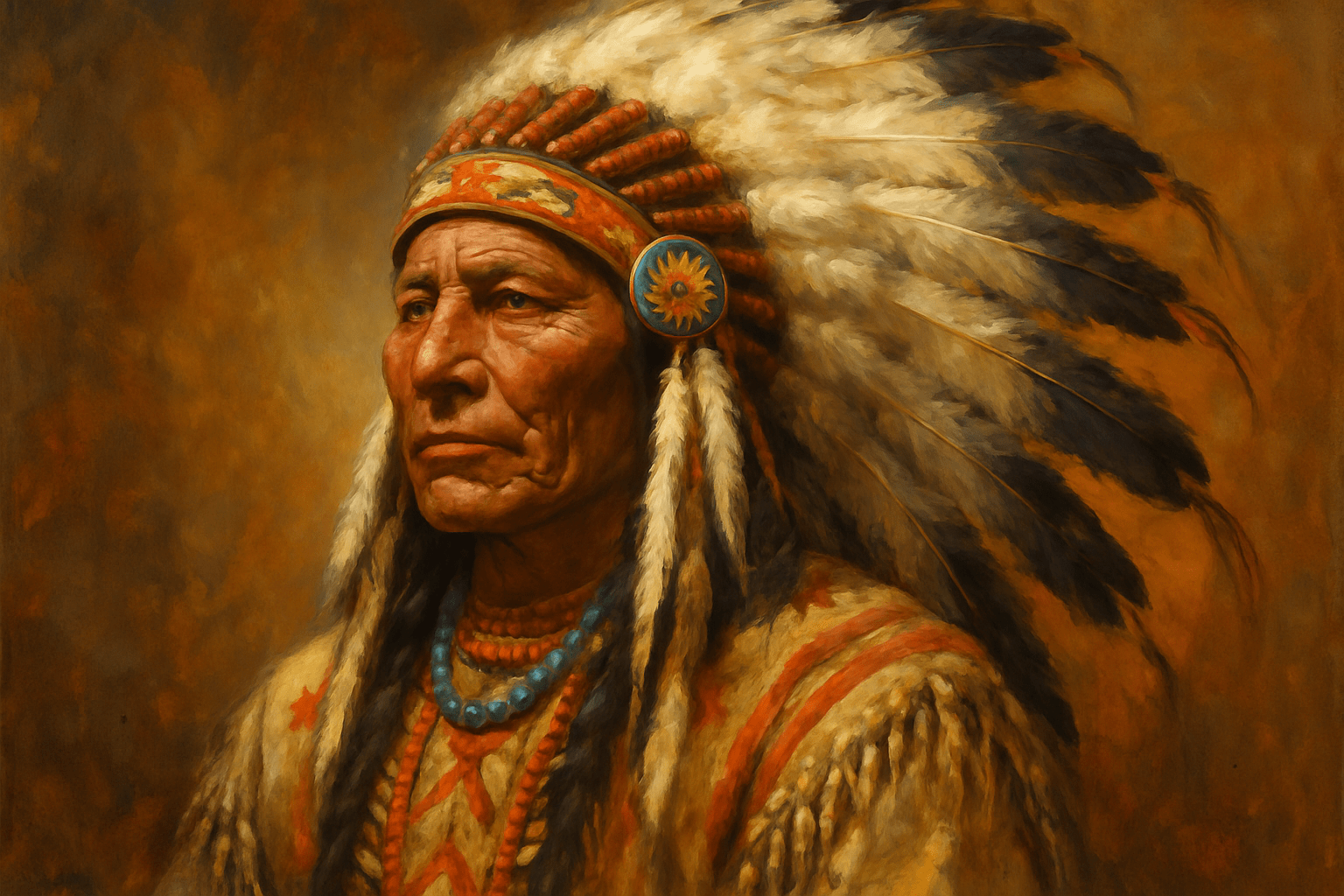
The art style of Indians is very colorful and intricate. They often use a lot of patterns and symbols in their artwork.
Thinking in the box: Impressionism, Modernism
Might also call it: Native Americans, First Nations, Indigenous peoples
Indigenous North Americans No.421
Indigenous North American art is characterized by a focus on natural subjects, such as animals, plants, and landscapes. The style is often brightly colored and features intricate patterns. Indigenous North American artists often use symbolism to communicate their stories and beliefs.

Indigenous North American art is characterized by its use of bright colors and bold patterns. Additionally, Indigenous North American artists often use symbolism to communicate their stories and beliefs.
Thinking in the box: Impressionism, Modernism
Might also call it: Native Americans, American Indians, First Nations
Indonesians No.422
Indonesian art is often characterized by its vibrant colors and bold patterns. Traditional Indonesian art includes a wide variety of art forms, such as painting, sculpture, batik (a type of fabric dyeing), woodcarving, and wayang kulit (shadow puppetry). Indonesian art is often deeply rooted in the countryÃÂÃÂs rich cultural and religious traditions. For example, many Indonesian paintings depict scenes from the Ramayana, an ancient Hindu epic. Indonesian artists often use bright colors and bold patterns to create their artworks. Indonesian art is enjoyed by both locals and tourists alike. If youÃÂÃÂre interested in learning more about Indonesian art, be sure to check out the many museums and galleries located throughout the country.
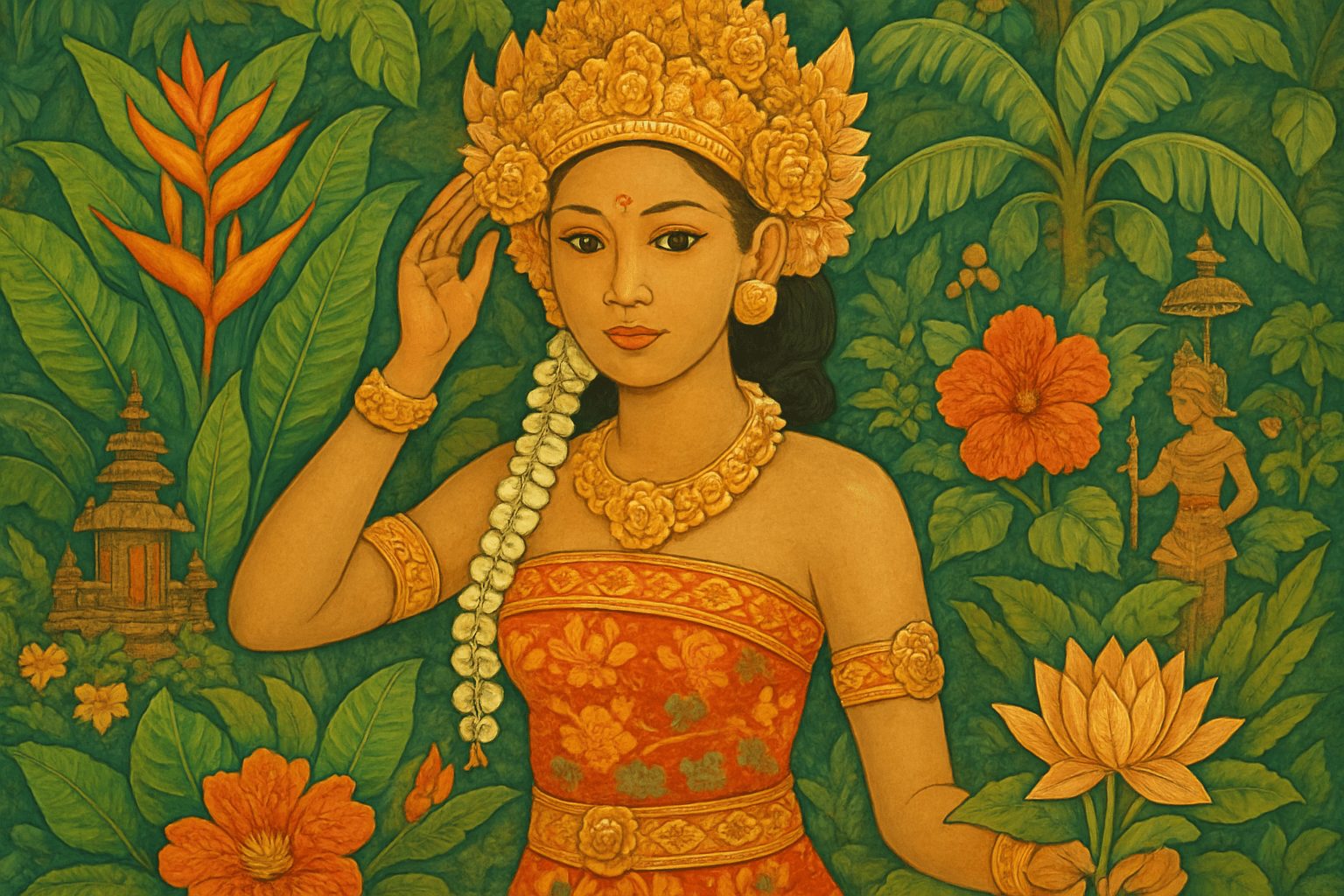
Indonesian art is often colorful and includes a lot of patterns. There is often a lot of detail in the art.
Thinking in the box: Impressionism, Modernism
Might also call it: Asians, people from Indonesia
Inflatable balloon No.423
art Inflatable balloon art is a type of art that uses inflatable balloons as the medium. The balloons are inflated and then used to create sculptures or paintings. This type of art is often used for public displays, as the balloons can be easily seen from a distance. Inflatable balloon art is often brightly colored and can be very eye-catching.
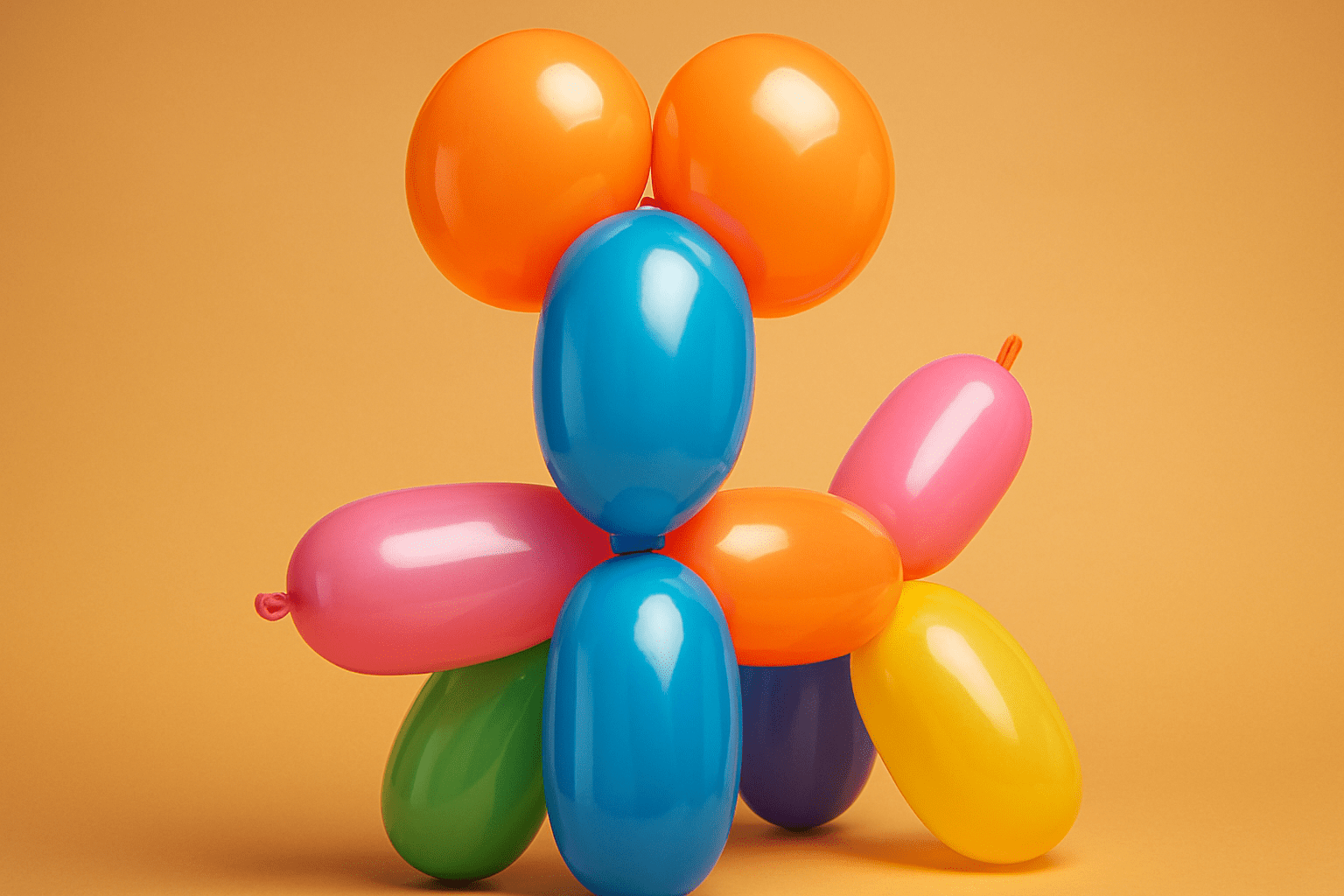
art is often brightly colored and can be very large. The balloons are often arranged in complex shapes and patterns.
Thinking in the box: Impressionism, Modernism
Might also call it: Inflatable toy, Inflatable animal, Inflatable pool toy, Inflatable beach ball
Infrared No.424
photography Infrared photography is a type of photography that uses an infrared camera to capture images. This type of photography can be used to capture images of objects that are not visible to the naked eye, such as heat signatures.
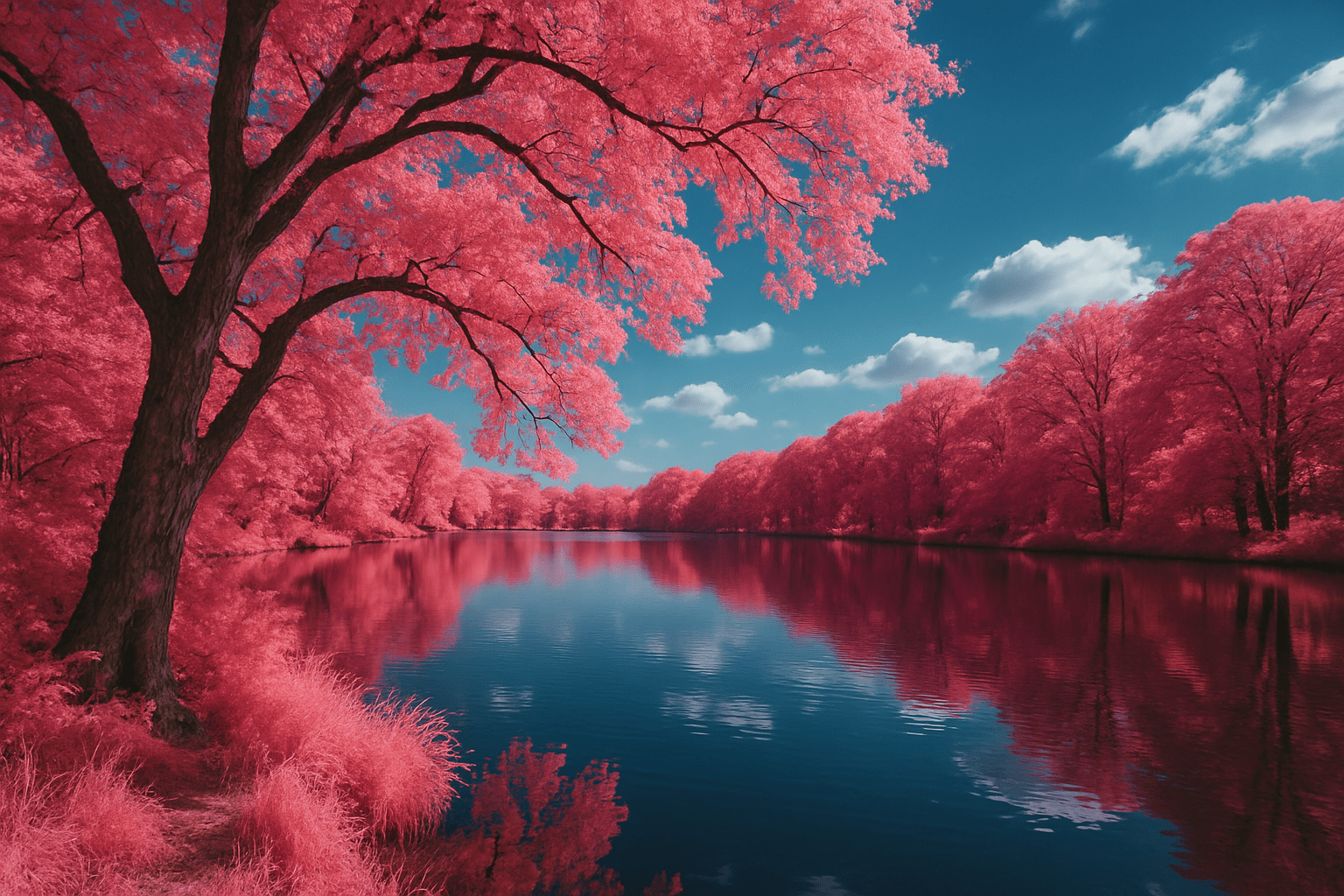
The art style infrared is characterized by its use of bright, bold colors. It is often used to create contrast between different elements in a composition. This style is often used in advertising and graphic design.
Thinking in the box: Impressionism, Modernism
Might also call it: Near-infrared, short-wavelength infrared, long-wavelength infrared, mid-infrared
Infrared Photography No.425
Infrared photography is a type of photography that uses an infrared light source to illuminate the subject, resulting in a unique black and white image. This type of photography can be used to capture images of objects that are not visible to the naked eye, such as heat signatures.

Infrared photography is a type of photography that uses an infrared light source to illuminate the subject. The light is invisible to the human eye and is used to create images that are not possible to see with the naked eye. The resulting images are often eerie and otherworldly, and can be used to create interesting effects.
Thinking in the box: Impressionism, Modernism
Might also call it: Thermography, radiography
Ink Drawing No.426
Ink drawing is a type of drawing that uses black or colored ink to create images on paper. Ink drawing can be used for both artistic and practical purposes. Artists may use ink drawing to create illustrations, sketches, or to add detail to their paintings. Practical uses for ink drawing include creating diagrams, charts, and other types of graphics.
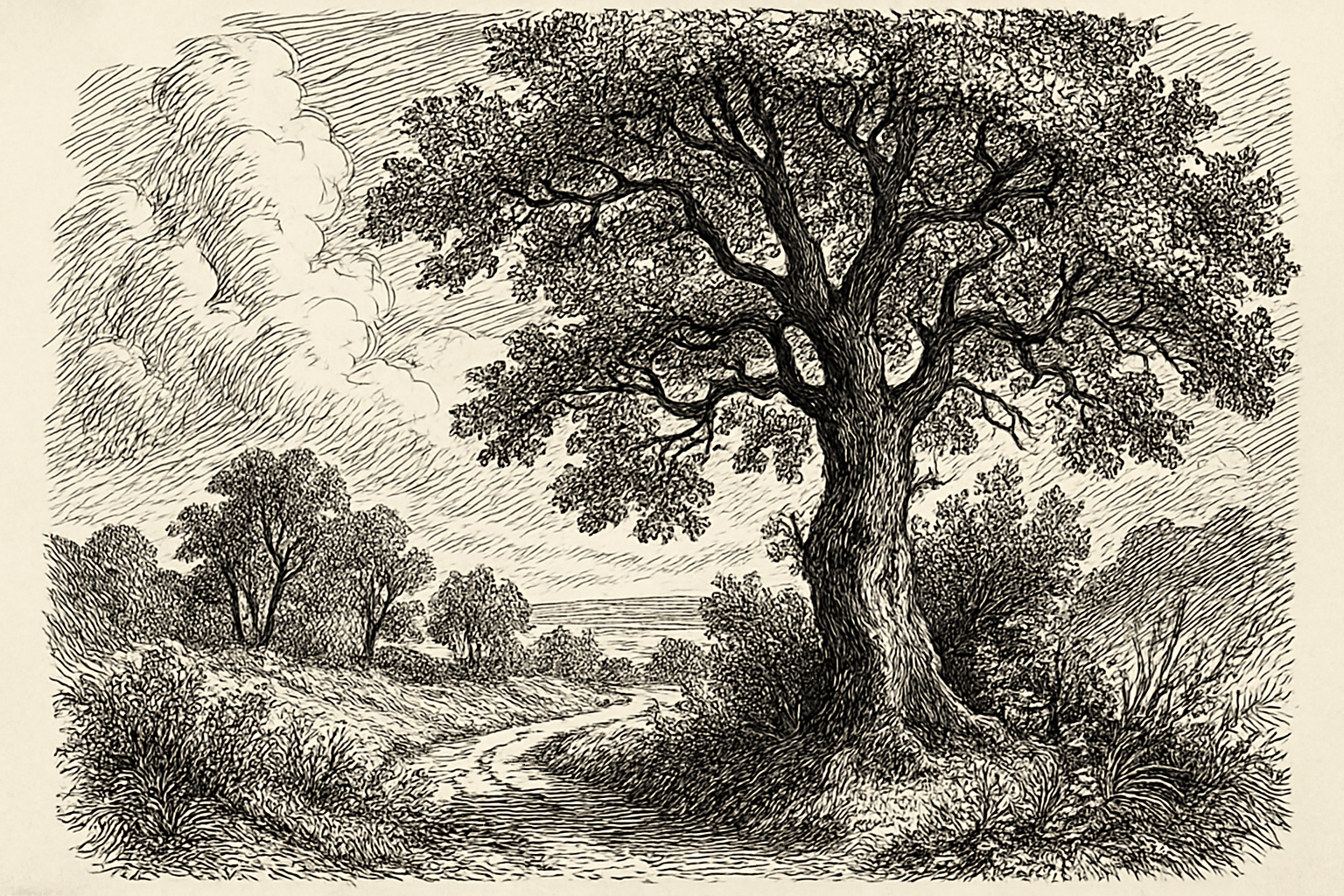
Ink drawing is a type of art where the artist uses ink to create a drawing. The ink can be applied to paper, canvas, or another surface. The drawings are usually black and white, but can also be in color.
Thinking in the box: Impressionism, Modernism
Might also call it: Pencil drawing, pen drawing, charcoal drawing, pastel drawing
Ink Wash Painting No.427
Emerging from a delicate dance between water and ink, this art style paints the intangible, celebrating both presence and absence in soft, flowing strokes that breathe life into silence.
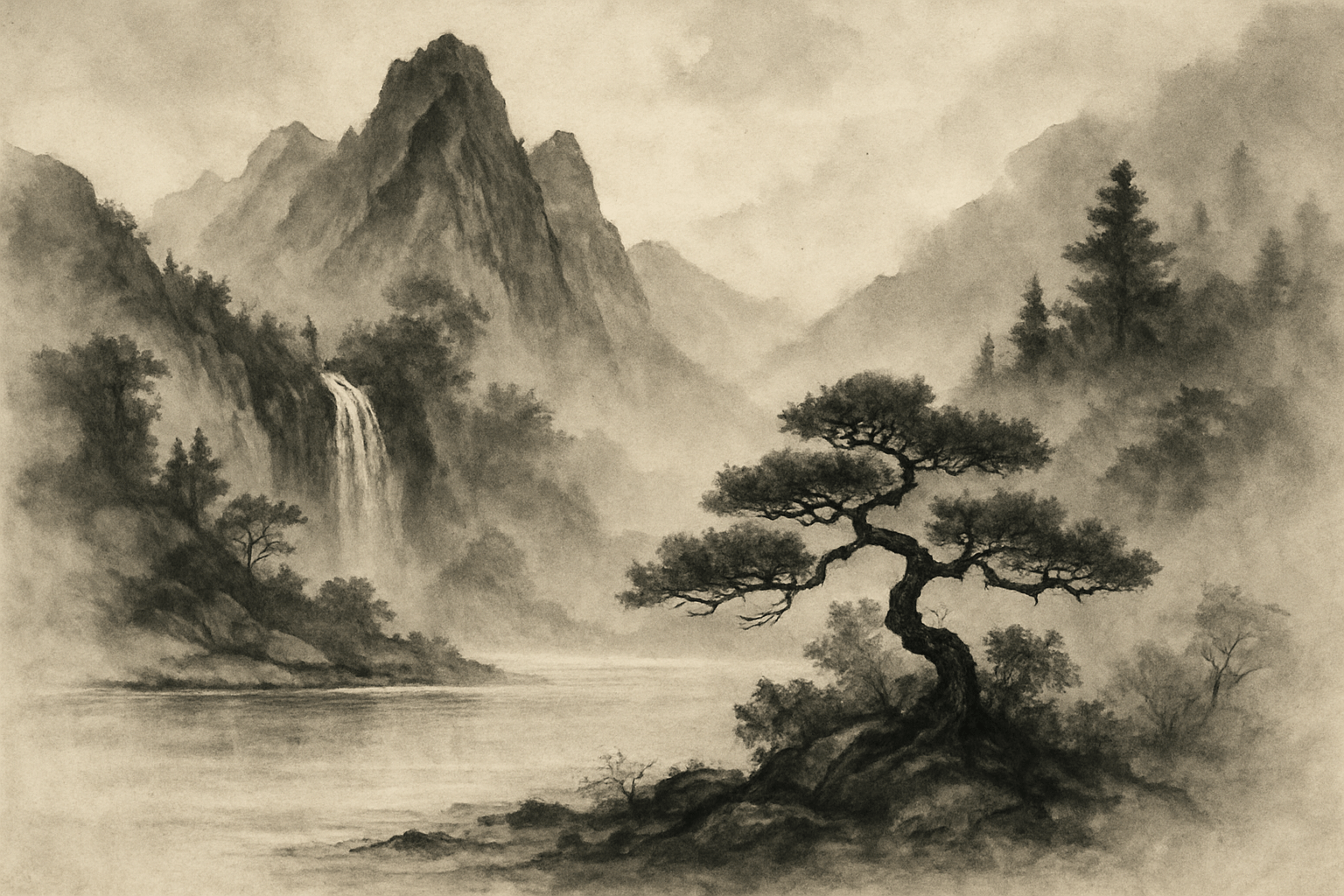
Shades flow like rivers on rice paper; they drift, merge, and whisper secrets in monochrome language. Ink wash captures landscapes and fleeting spirits with fluid elegance, where emptiness speaks as profoundly as the brush's touch.
Thinking in the box: Impressionism, Minimalism
Might also call it: Sumi-e, Ink Painting, Brush Painting
Instagram No.428
mer, @jessicawashick @jessicawashick is an artist who creates beautiful, colorful, and intricate patterns. She often uses nature as her inspiration, and her work is loved by many for its intricate detail and unique style.

The art style of Instagram is very clean and minimalistic. The colors are usually muted and the overall aesthetic is very polished and refined.
Thinking in the box: Impressionism, Modernism
Might also call it: photo sharing, social media, networking, pictures, filters
Installation No.429
Installation art is a type of art that is designed to be installed in a specific location, often as part of a larger art exhibition. Installation art can be created using a variety of materials, including painting, sculpture, video, and performance art. Installation art is often interactive, and viewers are often encouraged to walk through or interact with the artwork. Installation art is a relatively new form of art, and has only gained widespread popularity in the last few decades.
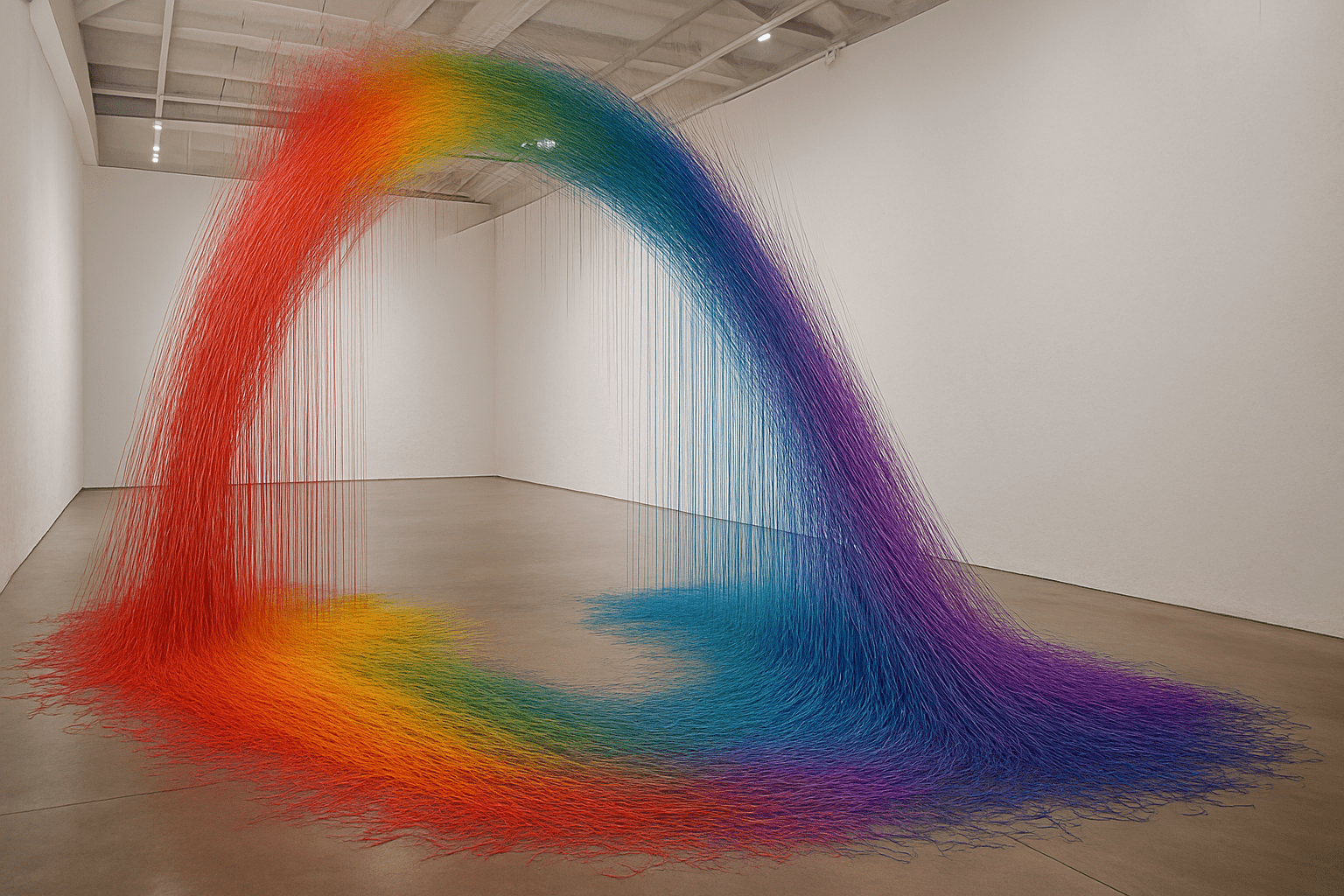
The art style of Installation is very minimalistic. The colors are muted and the overall look is very clean and sleek. There is a lot of white space, and the overall aesthetic is very calming and serene.
Thinking in the box: Impressionism, Modernism
Might also call it: Setup, implementation, configuration.
Installation Art No.430
Installation art is a type of art that is designed to be installed in a specific location. The installation can be temporary or permanent, and it can be interactive or non-interactive. Installation art often uses a variety of media, including video, sound, and light.

The art style of Installation Art is characterized by its use of a variety of materials to create three-dimensional artworks. These artworks are often large in scale and are designed to be viewed from all sides. Installation Art often includes elements of light, sound, and movement, and is often interactive.
Thinking in the box: Impressionism, Modernism
Might also call it: Performance Art, Conceptual Art, Land Art, Body Art, Process Art
Institutional critique No.431
Institutional critique is an art movement that began in the late 1960s as a reaction to the traditional art world. It is characterized by its focus on the institutions that support the art world, such as museums and galleries, and its criticism of these institutions.
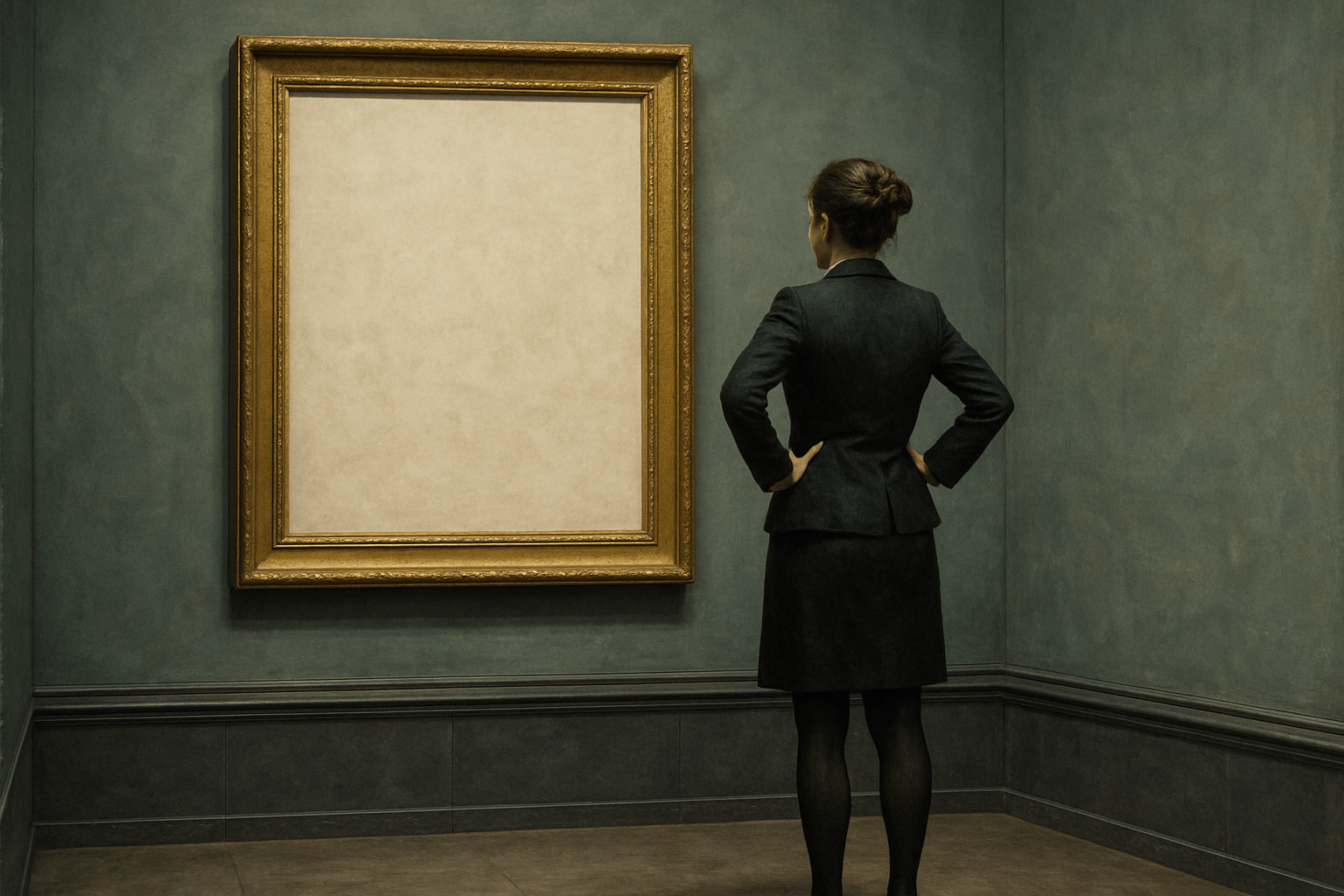
The art style of institutional critique is characterized by its clean, simple lines and its focus on the institutional structures that support the art world. This style is often critical of the institutions that support the art world, and its goal is to expose the ways in which these institutions can be used to control and manipulate the art world.
Thinking in the box: Impressionism, Modernism
Might also call it: Art criticism, art theory, and philosophical speculation about art
Interactive Art No.432
Interactive art is a form of art that involves the viewer in a way that allows them to interact with the piece in some way. This can be done through various means such as sound, touch, movement, or even just by looking at it. The goal of interactive art is to engage the viewer in a way that is both fun and informative, and to create a piece that is truly unique.
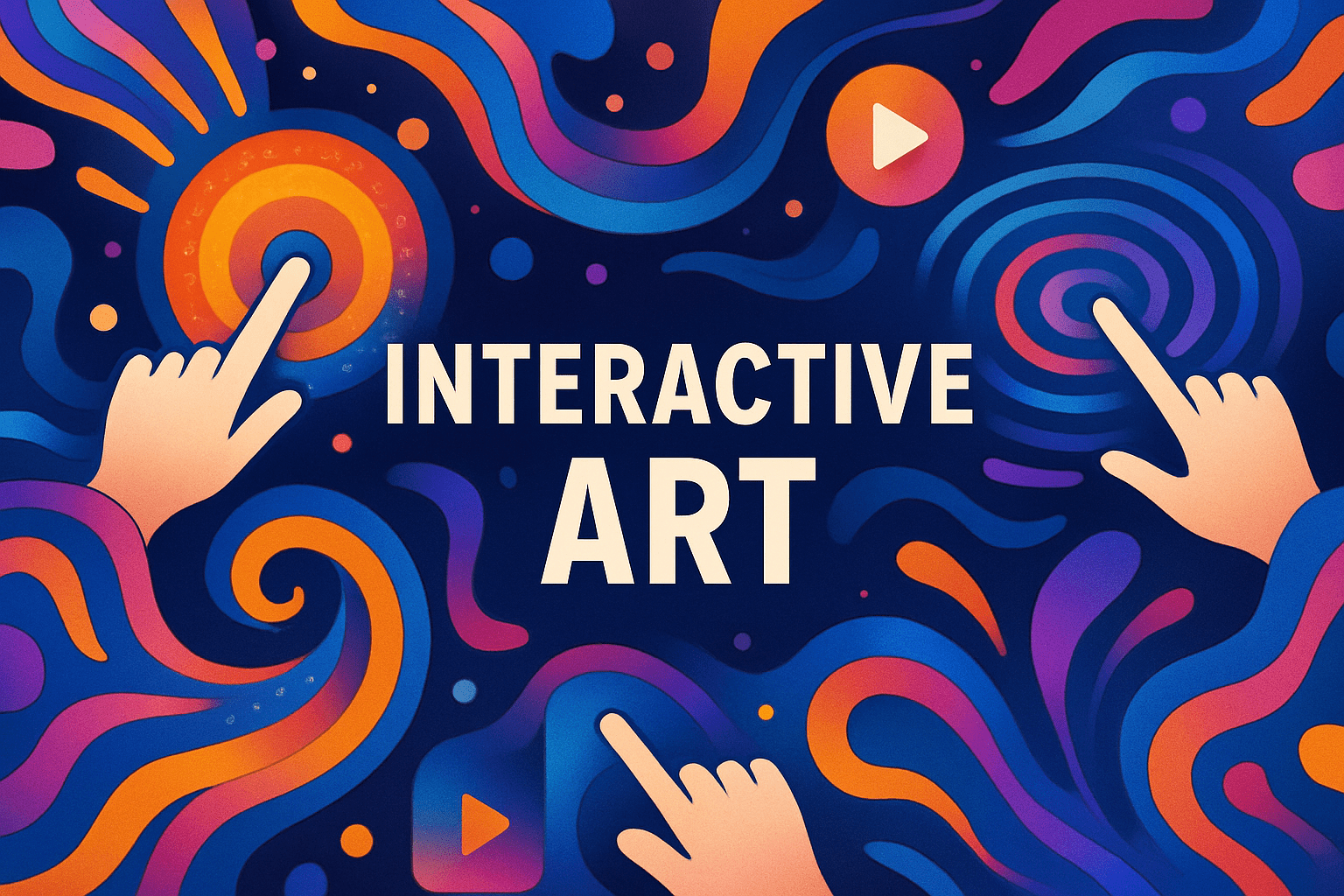
Interactive art is a type of art that involves the viewer in some way. It can be anything from a simple game to a complex installation.
Thinking in the box: Impressionism, Modernism
Might also call it: 1. Participatory Art 2. Engaging Art 3. Involving Art 4. Imaginative Art 5. Creative Art
Interior No.433
Interior is a type of art that is characterized by its focus on the inside of a space. This can include the inside of a room, building, or other structure. Interior art often includes elements such as furniture, fixtures, and other objects that are found inside a space. The goal of interior art is to create a space that is both aesthetically pleasing and functional.
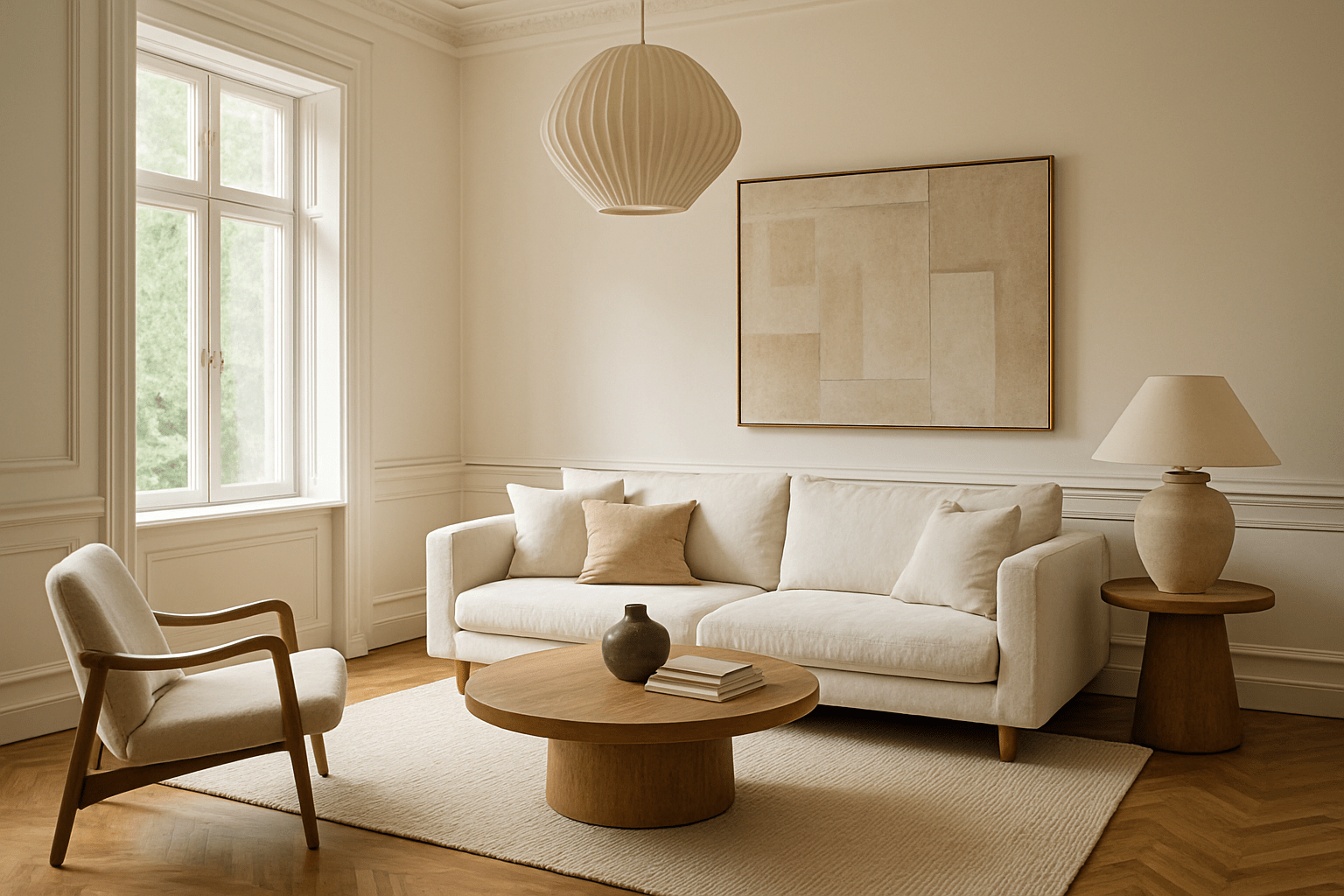
The art style Interior is characterized by its use of light and shadow to create a sense of depth. The colors are often muted, and the overall effect is one of calm and serenity.
Thinking in the box: Impressionism, Modernism
Might also call it: Inside, within, inner, innermost, inward.
International Gothic No.434
International Gothic is a period of art that began in the late fourteenth century and lasted until the sixteenth century. It is characterized by its ornate, dramatic style, featuring intricate details and bright colors. International Gothic artists often drew inspiration from religious and mythological subjects, as well as the natural world. This period of art was influential in shaping the Renaissance, which followed shortly afterwards.
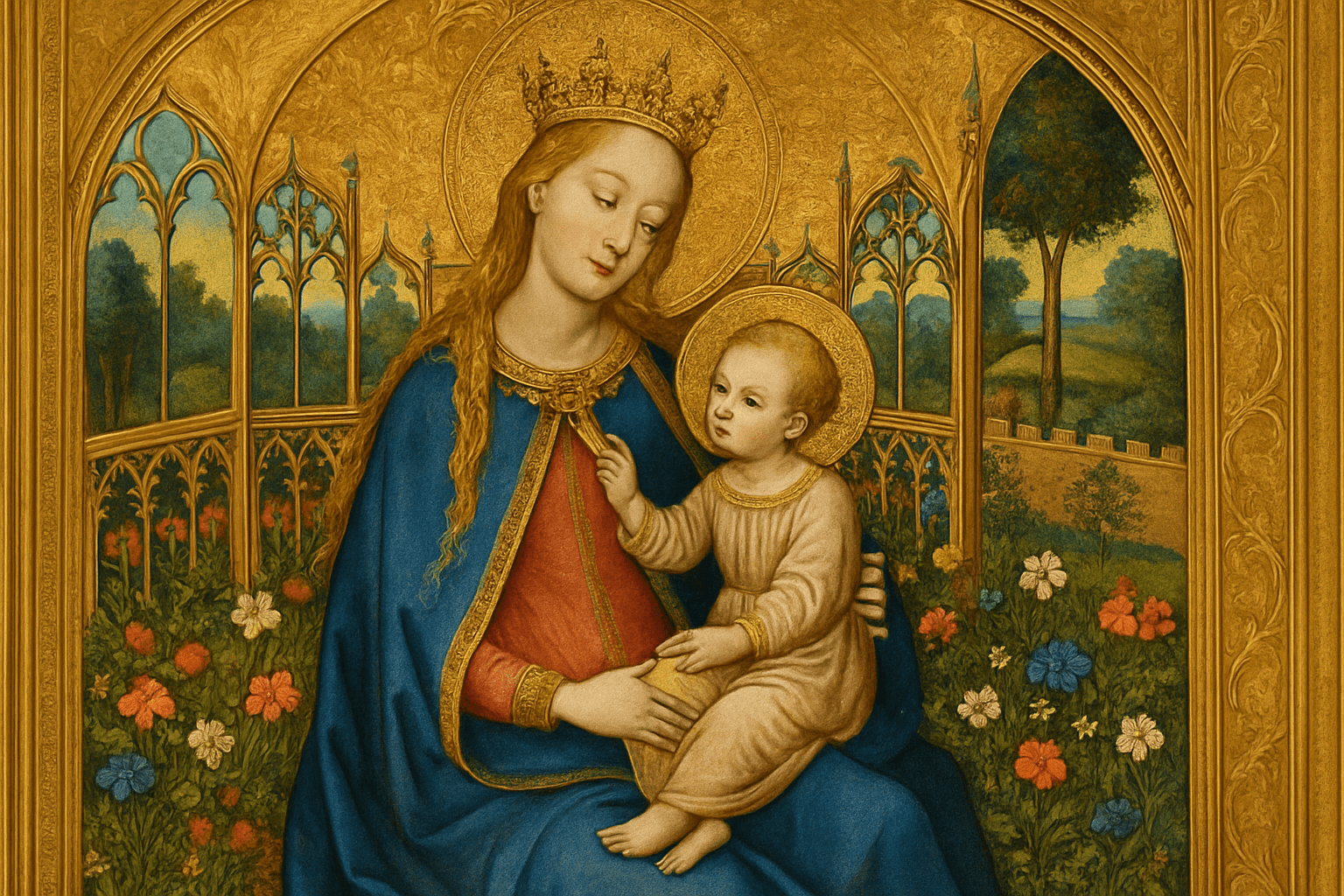
The art style International Gothic is characterized by its ornate, dramatic style. The colors are often very bright and the overall effect is very dramatic.
Thinking in the box: Impressionism, Modernism
Might also call it: Global, worldwide, transnational
International Typographic Style No.435
The International Typographic Style, also known as the Swiss Style, is a 20th-century graphic design style that emphasizes cleanliness, readability, and objectivity. Developed in Switzerland in the 1950s, the style was influenced by the modernist architectural style of the Bauhaus. It is characterized by use of a grid, sans-serif typefaces, and minimal use of color and decoration.

The visual appearance of the art style International Typographic Style is very clean and simple. The focus is on the message that is being conveyed, rather than on the artistic elements. The text is usually set in a sans serif font, and the overall design is very minimalistic.
Thinking in the box: Impressionism, Modernism
Might also call it: Global Typographic Style, Worldwide Typographic Style
Internet Meme No.436
Internet Meme is a digital art style that is based on popular culture and Internet memes. This art style is characterized by its use of humor, irony, and pop culture references.
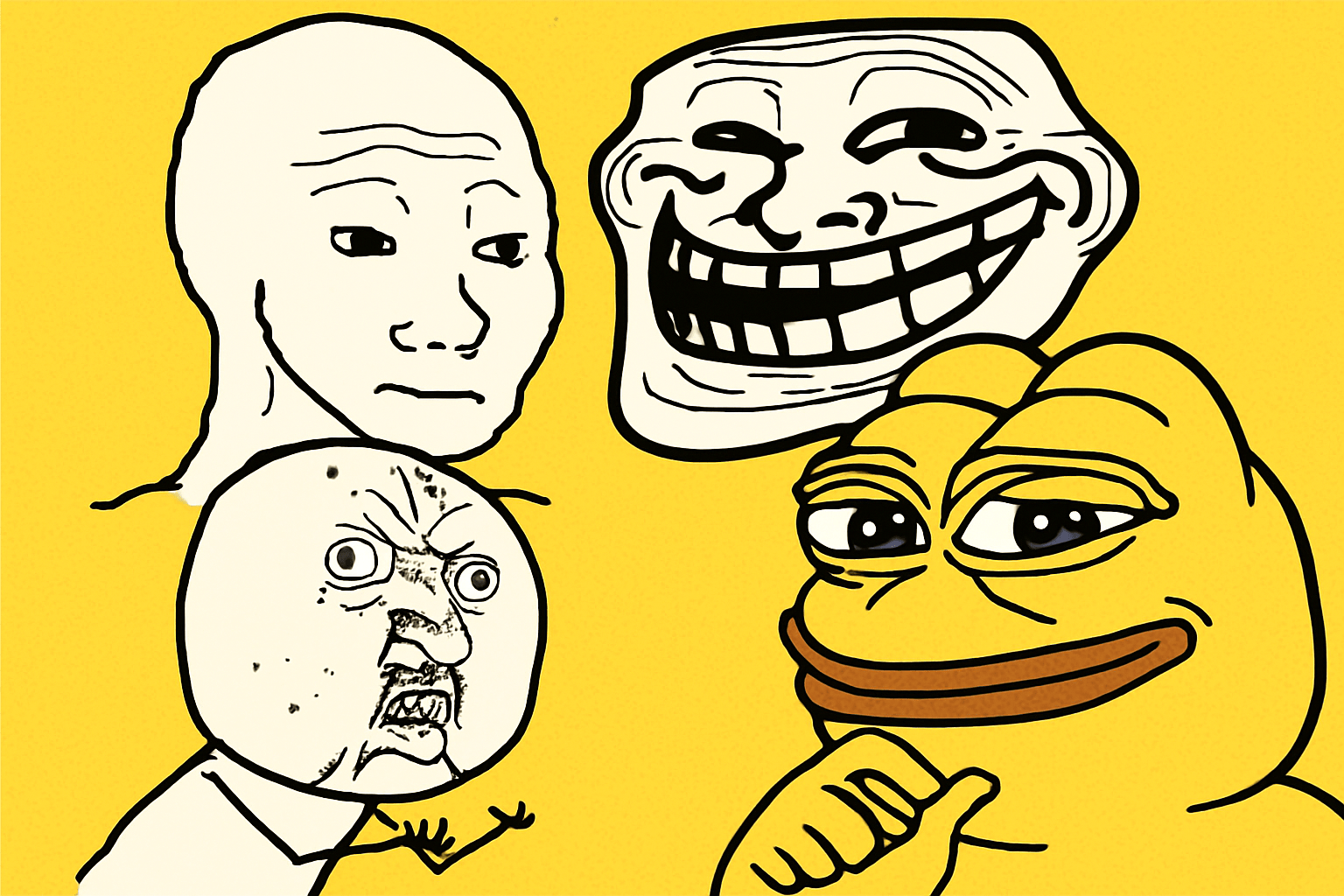
Internet Meme art is often characterized by its use of simple graphics and text. The text is often written in a large, bold font, and the graphics are often basic and simplistic. The overall look of an Internet Meme is often playful and light-hearted.
Thinking in the box: Impressionism, Modernism
Might also call it: Web meme, online meme, viral content, user-generated content, digital meme
Interstellar No.437
Interstellar is a digital art style that combines elements of traditional art with digital media. It is characterized by bold colors and geometric shapes, as well as a sense of movement and energy. Interstellar is a great choice for those who want to create a modern and stylish look. It is perfect for both web and print design, and can be used for a variety of applications.

The art style of Interstellar is very dark and gritty. The colors are very muted, and the overall aesthetic is very bleak.
Thinking in the box: Impressionism, Modernism
Might also call it: Outer space, cosmos, universe, heaven, firmament.
Intimism No.438
Quick brushstrokes capture everyday warmth, like sunlight kissing a quiet breakfast table. Embracing the domestic and serene, Intimism is a soft whisper of life lived in cozy corners.
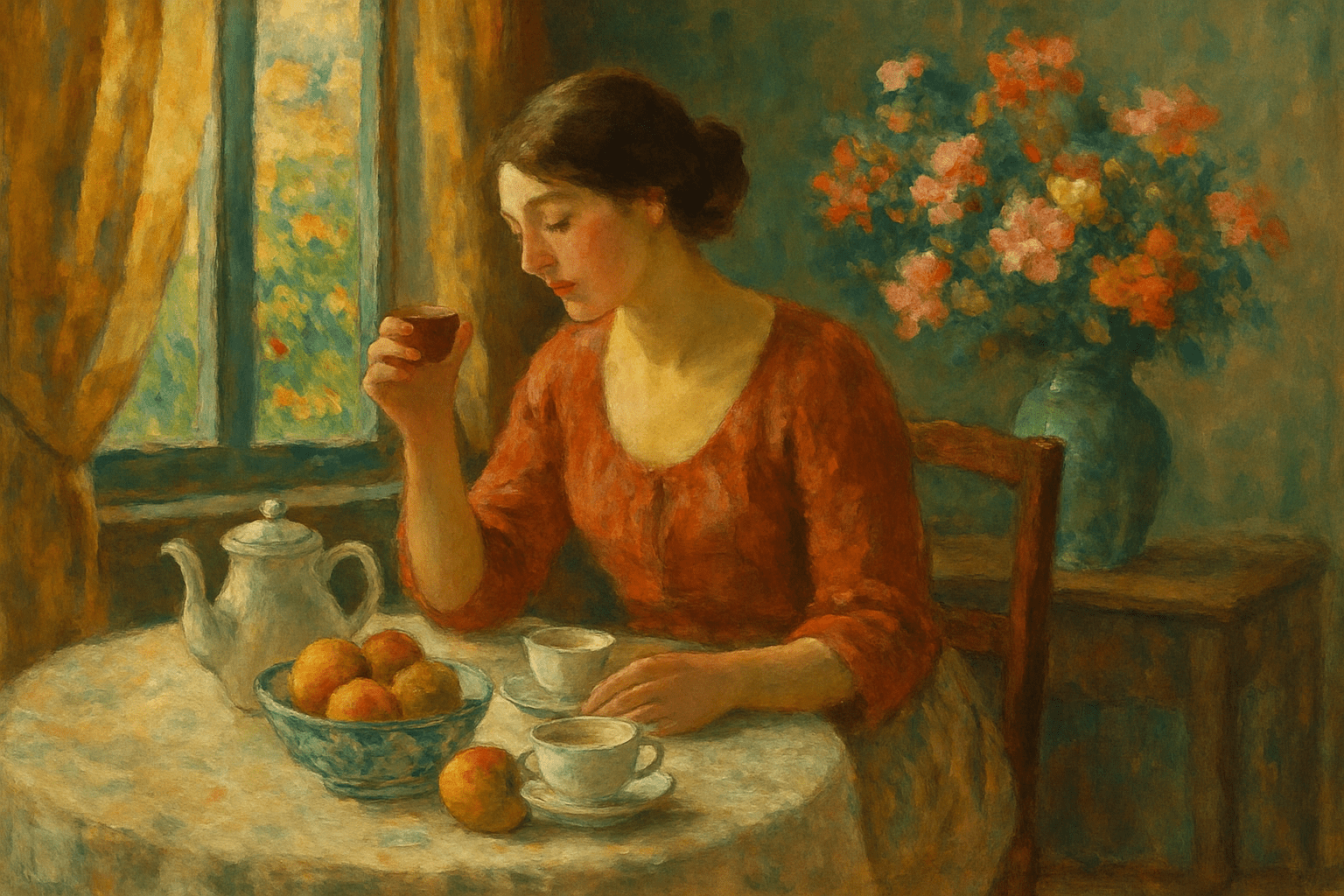
Interiors bloom with gentle hues; characters recline in tender exchanges. Spaces are intimate, not grand, and colors dance quietly, crafting a visual poetry that celebrates small, cherished moments.
Thinking in the box: Impressionism, Modernism
Might also call it: Domestic Impressionism
Introvertism No.439
Introvertism is a term used to describe a type of art that is characterized by its focus on internal emotions and thoughts, rather than on external reality. This type of art often features introspective and introverted characters, who are often shown in a state of contemplation or introspection. The term was first coined by art critic Roger Fry in 1915, in order to describe the work of British painter Walter Sickert.

The art style of Introvertism is characterized by its muted colors and simple shapes. The style is often compared to that of minimalist art, as it focuses on simplicity and abstraction.
Thinking in the box: Impressionism, Modernism
Might also call it: Introversion, shyness, reclusiveness, isolation, loneliness, self-sufficiency
Inverted Colors No.440
Inverted Colors is a digital art style that is characterized by its use of bright colors and bold patterns. This style is often used to create abstract or surreal images. Inverted Colors is a popular choice for digital artists who want to create eye-catching and unique artwork.
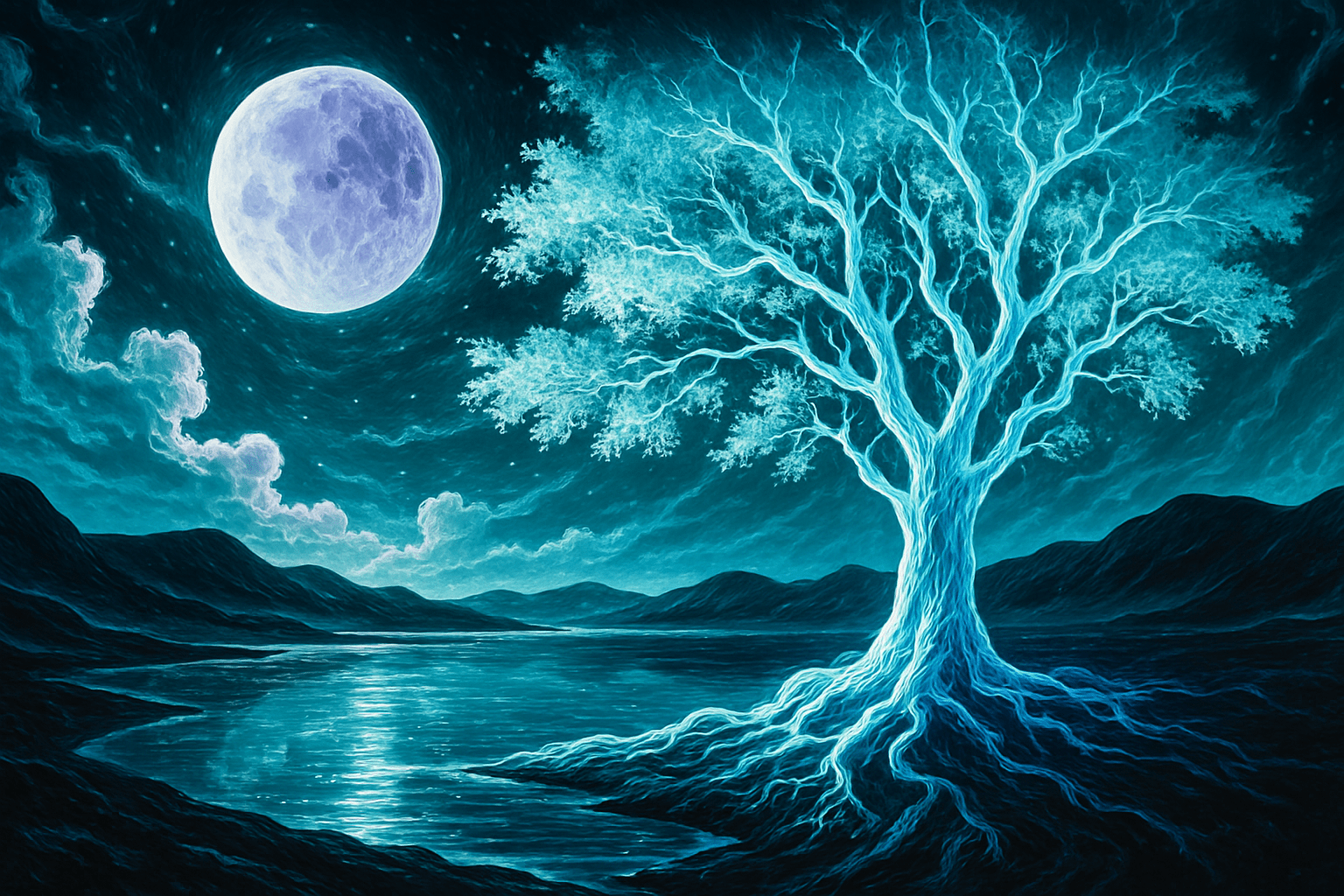
The art style Inverted Colors is a digital art style that is created by inverting the colors of an image. This results in a negative image where the colors are reversed.
Thinking in the box: Impressionism, Modernism
Might also call it: Reversed Colors, Backwards Colors
Ionized Squarerism No.441
Ionized Squarerism is an avant-garde art style characterized by its focus on geometric abstraction, primarily utilizing squares and rectangular forms. Emerging in the late 20th century, this style emphasizes the use of vibrant colors and sharp lines to create dynamic compositions that challenge traditional perceptions of space and form. The "ionized" aspect refers to the energetic and electrifying visual impact achieved through the strategic use of contrasting hues and meticulous arrangement of shapes. Often associated with digital art, Ionized Squarerism reflects a modernist approach to minimalism and abstraction, drawing inspiration from technological advancements and the digital age. This art style is celebrated for its innovative exploration of geometry and its ability to evoke a sense of movement and depth within a two-dimensional plane.
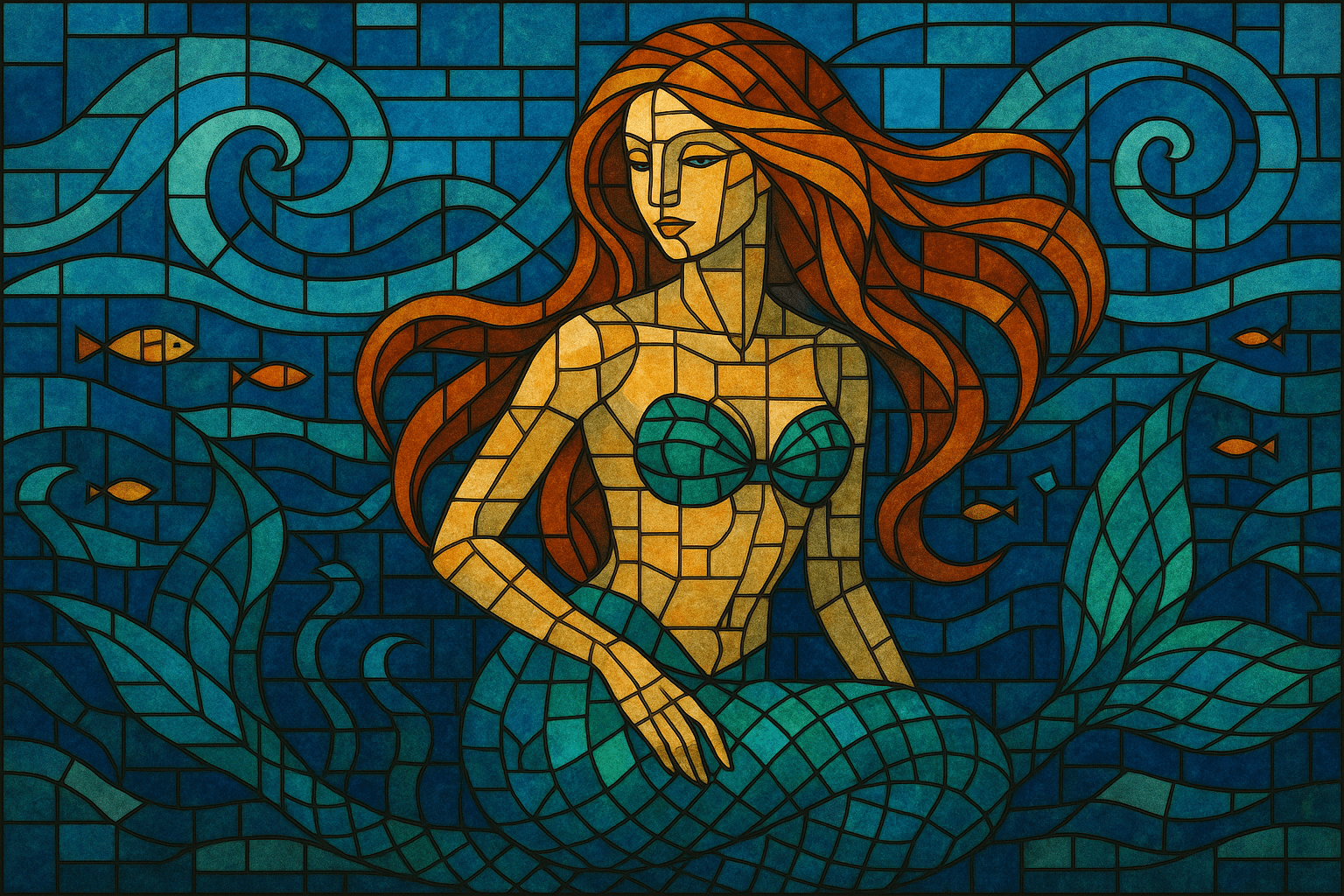
Ionized Squarerism is an art style characterized by its use of geometric shapes, particularly squares and rectangles, to create a sense of order and structure. The visuals often feature a grid-like composition, with each element meticulously aligned to form a cohesive whole. The color palette tends to be vibrant and dynamic, with contrasting colors used to highlight the geometric forms and create a sense of depth and movement. The overall effect is a blend of modernism and abstraction, where the simplicity of the shapes is balanced by the complexity of their arrangement. The style often plays with the perception of space, using overlapping shapes and varying sizes to create an illusion of three-dimensionality within a two-dimensional plane. The precise lines and sharp edges give the artwork a clean and polished appearance, emphasizing the interplay between form and color.
Thinking in the box: Impressionism, Modernism
Might also call it: Ionized Squarerism is not a widely recognized or established art style, so direct synonyms are unlikely to exist. However, we can speculate on related synonyms by considering the components of the name and the context of AI art styles. 1. Geometric Abstraction: This term relates to the use of geometric shapes, which might be a feature of Squarerism. 2. Cubism: Known for its use of squares and cubes, this could be a related style. 3. Digital Abstraction: An AI-generated style could fall under this broader category. 4. Futurism: If the style has a modern, forward-thinking approach, this could be relevant. 5. Algorithmic Art: Since it's an AI art style, it may relate to art created through algorithms. 6. Generative Art: This term is often used for art created with the assistance of AI or computer algorithms. 7. Neo-Constructivism: If the style involves constructing art from basic shapes, this could be a related term. 8. Techno-Expressionism: If the style expresses emotion or concepts through technological means, this might be relevant. These terms are speculative and based on interpreting the components of the name "Ionized Squarerism" and its association with AI art.
Iranians No.442
Iranian art is characterized by its use of bright colors, geometric patterns, and calligraphy. Iranian artists often incorporate elements of their country's rich history and culture into their work. Traditional Iranian art includes painting, sculpture, ceramics, metalwork, and weaving.
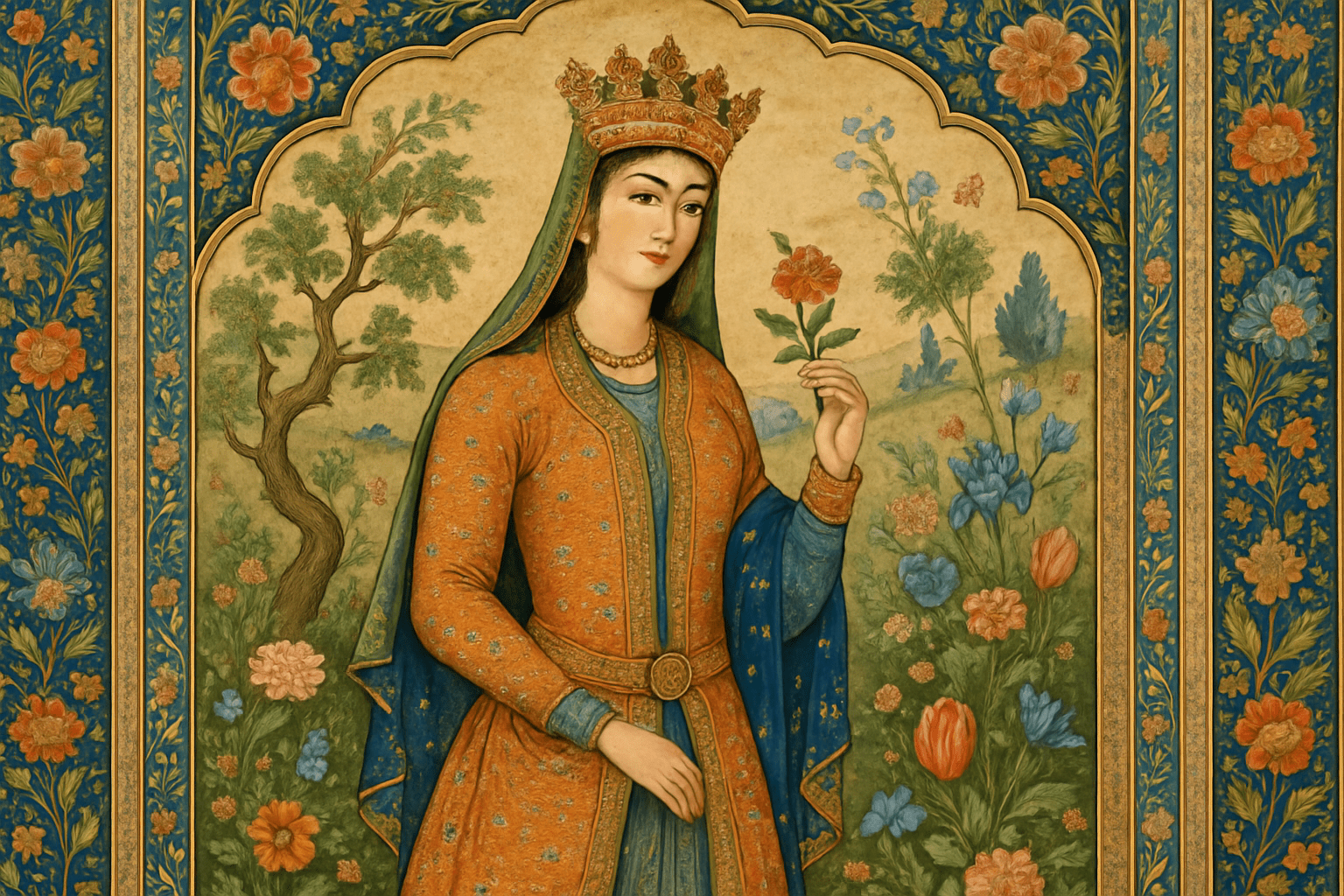
The art style of Iranians is very colorful and detailed. They often use geometric patterns and floral designs in their artwork.
Thinking in the box: Impressionism, Modernism
Might also call it: Persians
Iraqi No.443
Iraqi art is often characterized by its use of bold colors and geometric patterns. Common motifs include stars, flowers, and animals. Iraqi artists often use a technique called gilding, which involves covering surfaces with gold leaf. This technique is often used to decorate religious objects.
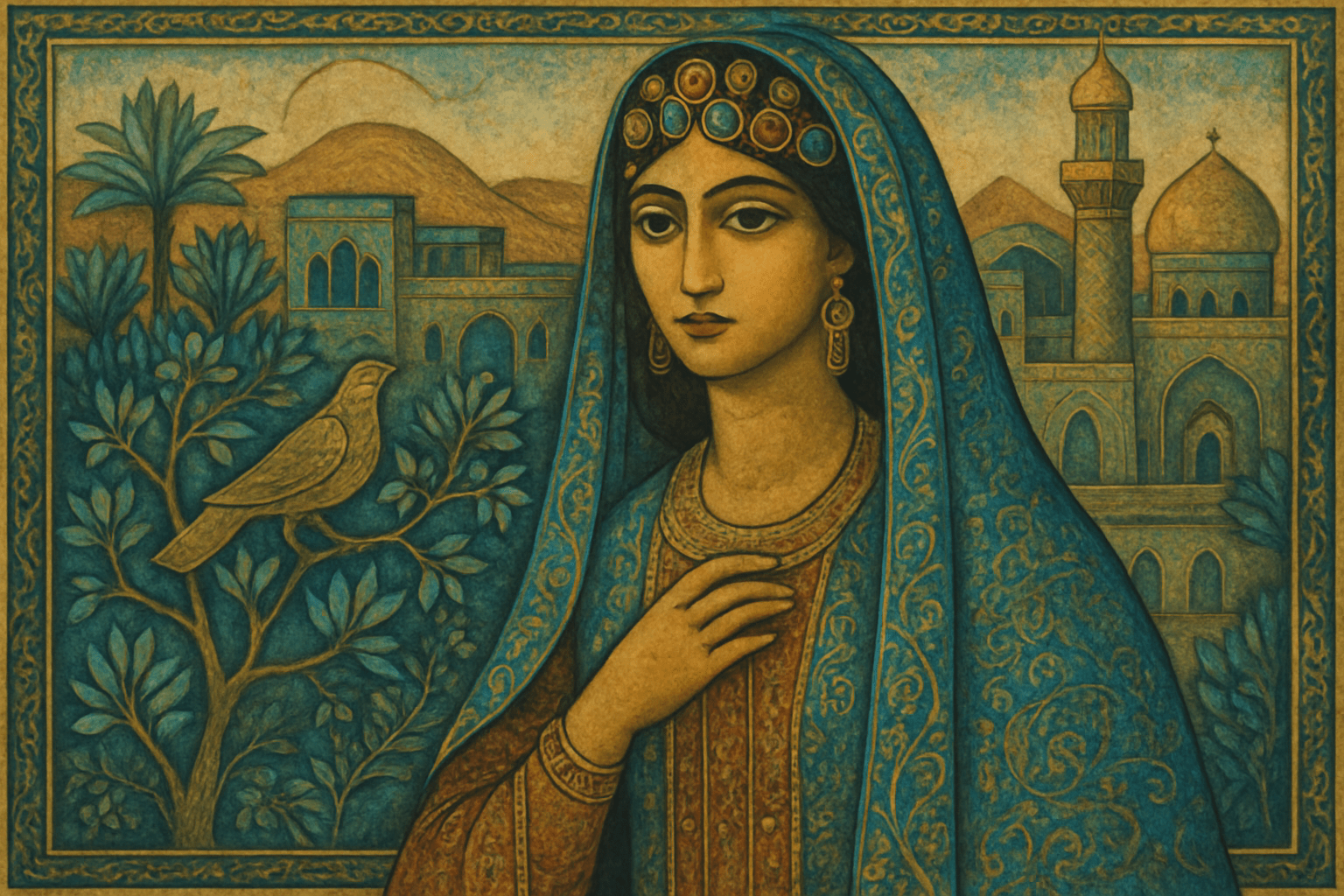
The visual appearance of the art style Iraqi is characterized by its use of bright colors and bold patterns. Iraqi artists often use a variety of techniques to create their art, including painting, sculpture, and photography.
Thinking in the box: Impressionism, Modernism
Might also call it: Mesopotamian, Arab
Irishes No.444
Irishes is an art style characterized by bold colors and patterns. It is often used to depict scenes of Ireland, as well as other Celtic cultures. Irishes is a popular choice for tattoos, as well as paintings and other forms of art.
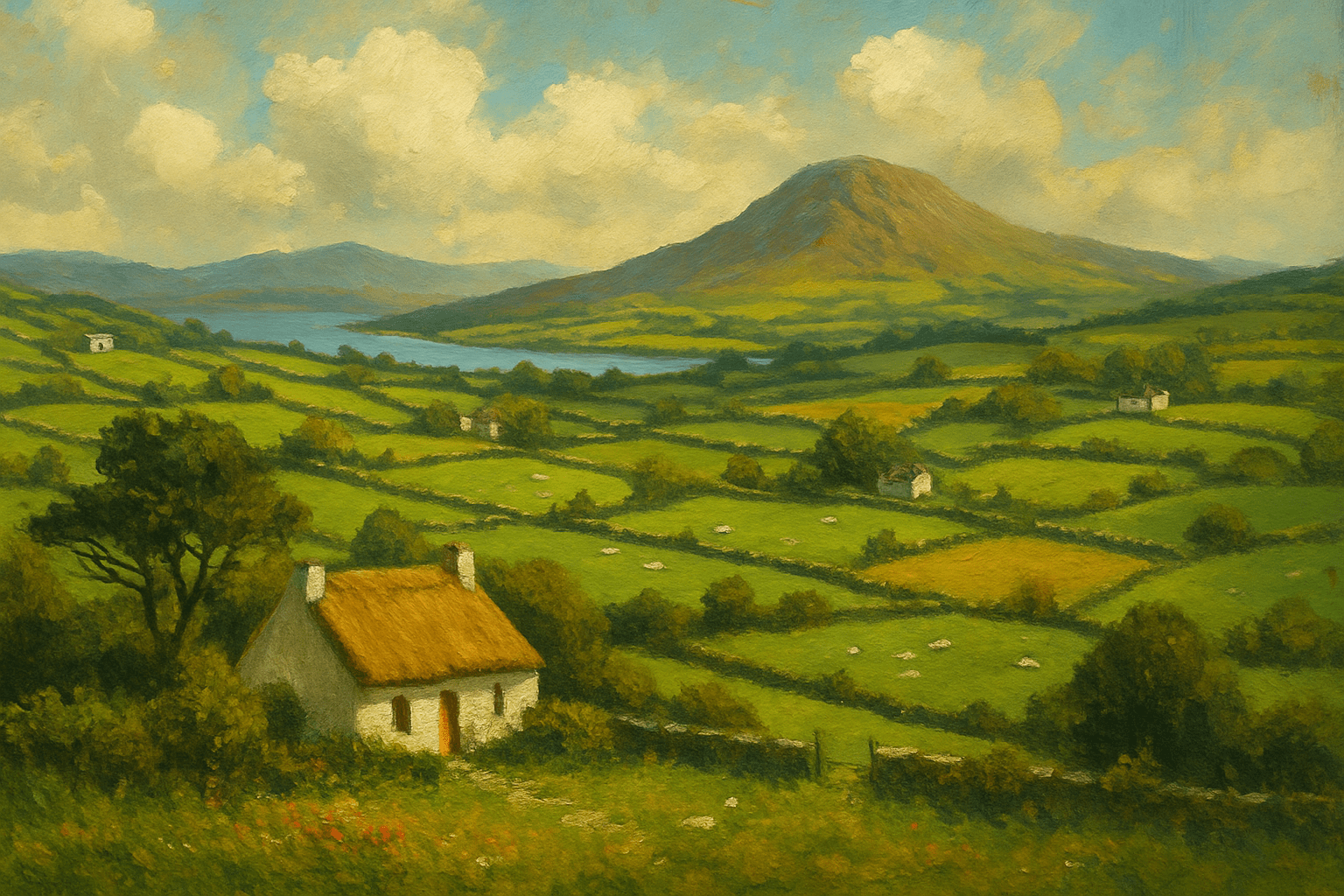
The art style Irishes is characterized by its bright colors and bold patterns. Irishes often feature geometric shapes and stylized flowers. This art style is often associated with the Irish culture.
Thinking in the box: Impressionism, Modernism
Might also call it: Celtic, Irish, Gaelic
Islamic Art No.445
A vibrant kaleidoscope where geometry dances with divine symbolism, weaving stories through interlaced arabesques and luminous colors.
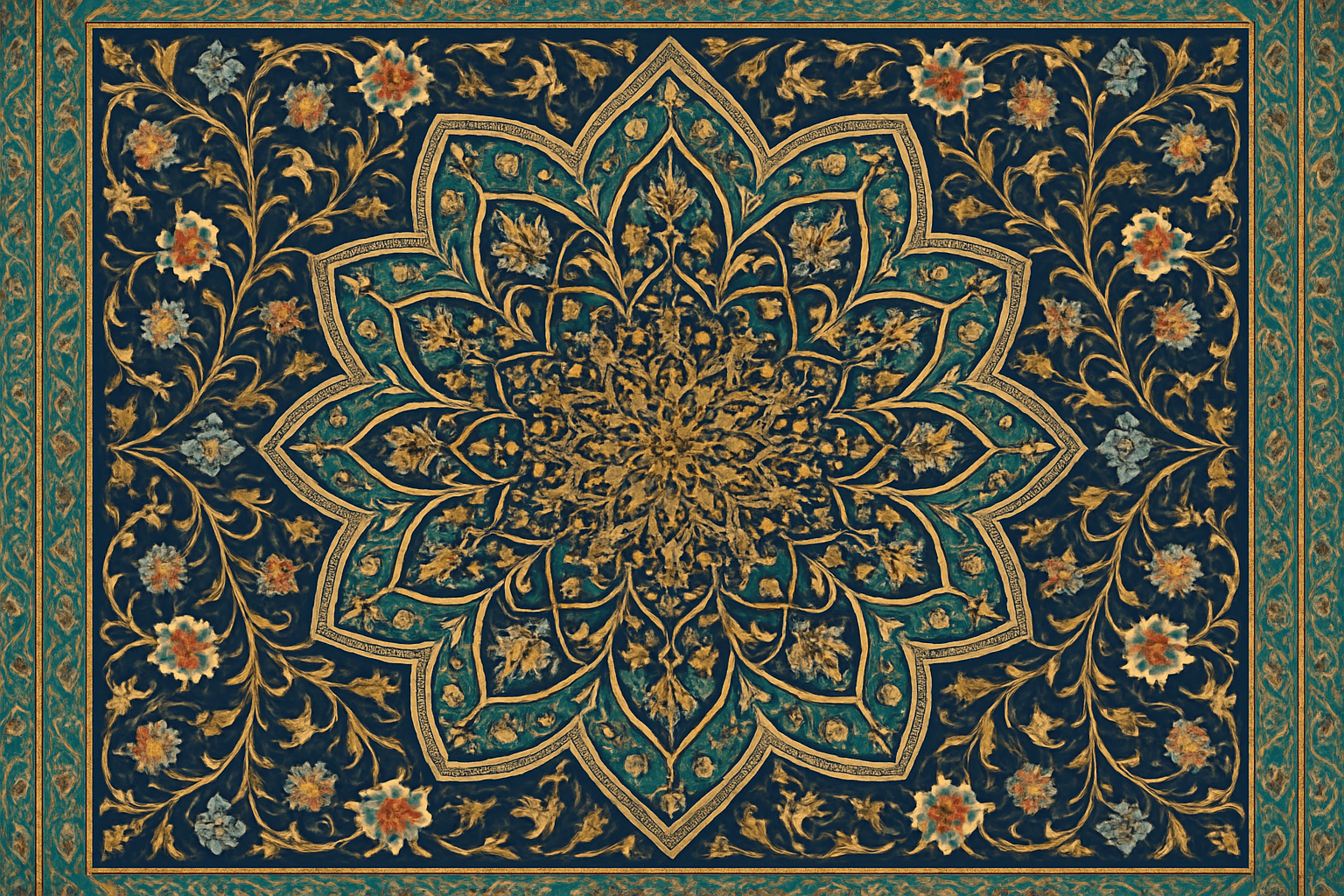
Rich patterns cascade across surfaces, with calligraphy flowing like silk, and blues teasing the eye like a cool oasis.
Thinking in the box: Decorative Arts, Religious Art
Might also call it: Islamic Visual Culture, Moorish Art, Muslim Art
Isometric Pixel Art No.446
Isometric pixel art is a type of digital art where images are created using pixels that are arranged in an isometric grid. This art style often features clean lines and sharp angles, and can be used to create both 2D and 3D images. Isometric pixel art can be used for a variety of purposes, including video game graphics, website design, and illustrations.
The art style isometric pixel art is a type of pixel art that uses isometric perspective to give the illusion of three-dimensional space. This style is often used in video games and is characterized by its blocky, pixilated look.
Thinking in the box: Impressionism, Modernism
Might also call it: Isometric Pixel Art can also be referred to as: -Isometric Graphics -Isometric Pixel Graphics -Isometric Pixel Art
Israeli No.447
Israeli art is a diverse and vibrant field that encompasses a wide range of styles and genres. From traditional Jewish and Israeli folk art to contemporary abstract and conceptual art, Israeli artists are constantly pushing the boundaries of what is possible. Israeli art is characterized by its use of bright colors and bold patterns. Traditional Jewish and Israeli motifs often appear in Israeli art, as do elements of nature and the landscape. Israeli artists often seek to capture the energy and spirit of their country and its people in their work. Whether you are looking for a traditional painting to hang in your home or a modern sculpture to add to your collection, Israeli art has something to offer everyone.
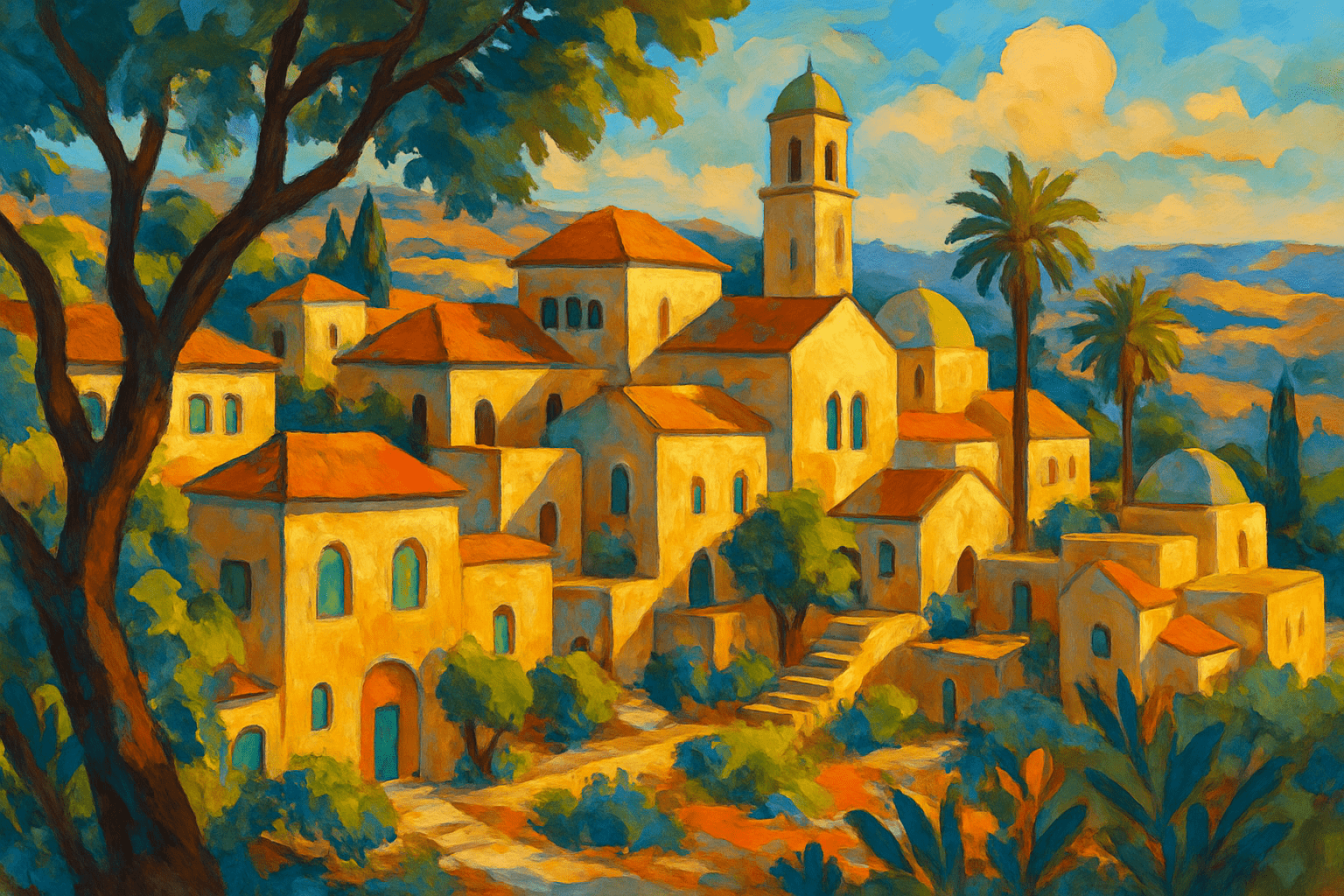
The art style Israeli is characterized by its use of bright colors and bold patterns. The style is often described as being playful and energetic.
Thinking in the box: Impressionism, Modernism
Might also call it: Hebrew, Jew, Zionist
Italian Renaissance No.448
The Italian Renaissance was a period of great artistic achievement that began in the late 13th century and lasted until the 16th century. Major artists of the Italian Renaissance include Leonardo da Vinci, Michelangelo, and Raphael. The Italian Renaissance was characterized by a renewed interest in the classical arts of Greece and Rome, as well as a focus on realism and perspective in painting.
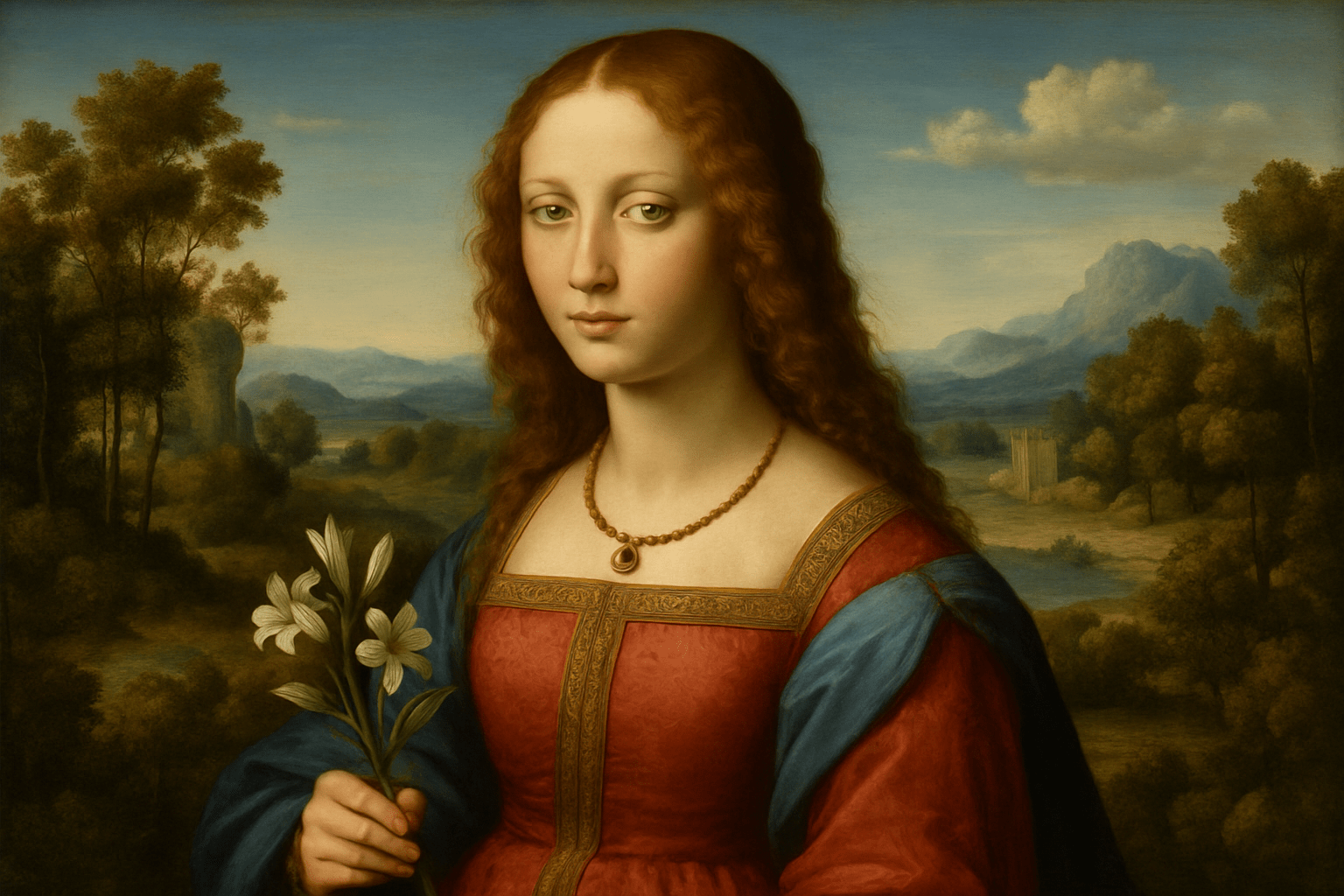
The Italian Renaissance was a period of great artistic achievement characterized by a renewed interest in the classical art of Greece and Rome. Artists sought to imitate the style and technique of their ancient predecessors, and their work is characterized by a naturalistic approach and a focus on the human form. The Italian Renaissance is considered to be one of the most significant periods in the history of art, and its influence can be seen in the work of artists from all over Europe.
Thinking in the box: Impressionism, Modernism
Might also call it: Italian Renaissance: the great period of artistic activity in Italy during the 15th and 16th centuries, when artists such as Leonardo da Vinci and Michelangelo Buonarroti produced some of their finest works
Italians No.449
The Italian art style is characterized by its unique approach to the use of color and light. This style is often associated with the work of the great Italian masters such as Leonardo da Vinci, Michelangelo, and Raphael. The Italian art style is characterized by its use of perspective and its focus on the human form. This style is often associated with the work of the great Italian masters such as Leonardo da Vinci, Michelangelo, and Raphael.

The art style of Italians is characterized by its use of bright colors and its ornate, detailed designs.
Thinking in the box: Impressionism, Modernism
Might also call it: Italians can also be referred to as Italians, Italian people, or Italian nationals.
Ivan Albright No.450
Ivan Albright was an American painter known for his highly detailed, often grotesque depictions of everyday objects. His work is characterized by its realistic style and dark, often morbid subject matter. Albright's paintings often explore the theme of death and decay, and he was particularly fascinated by the human body in states of decomposition. He often used his own body as a model for his paintings, which added to their eerie realism. Despite the often dark nature of his work, Albright was a highly skilled painter, and his work is highly respected by art critics and historians. His paintings can be found in many major museums around the world, and he is considered one of the most important American painters of the 20th century.
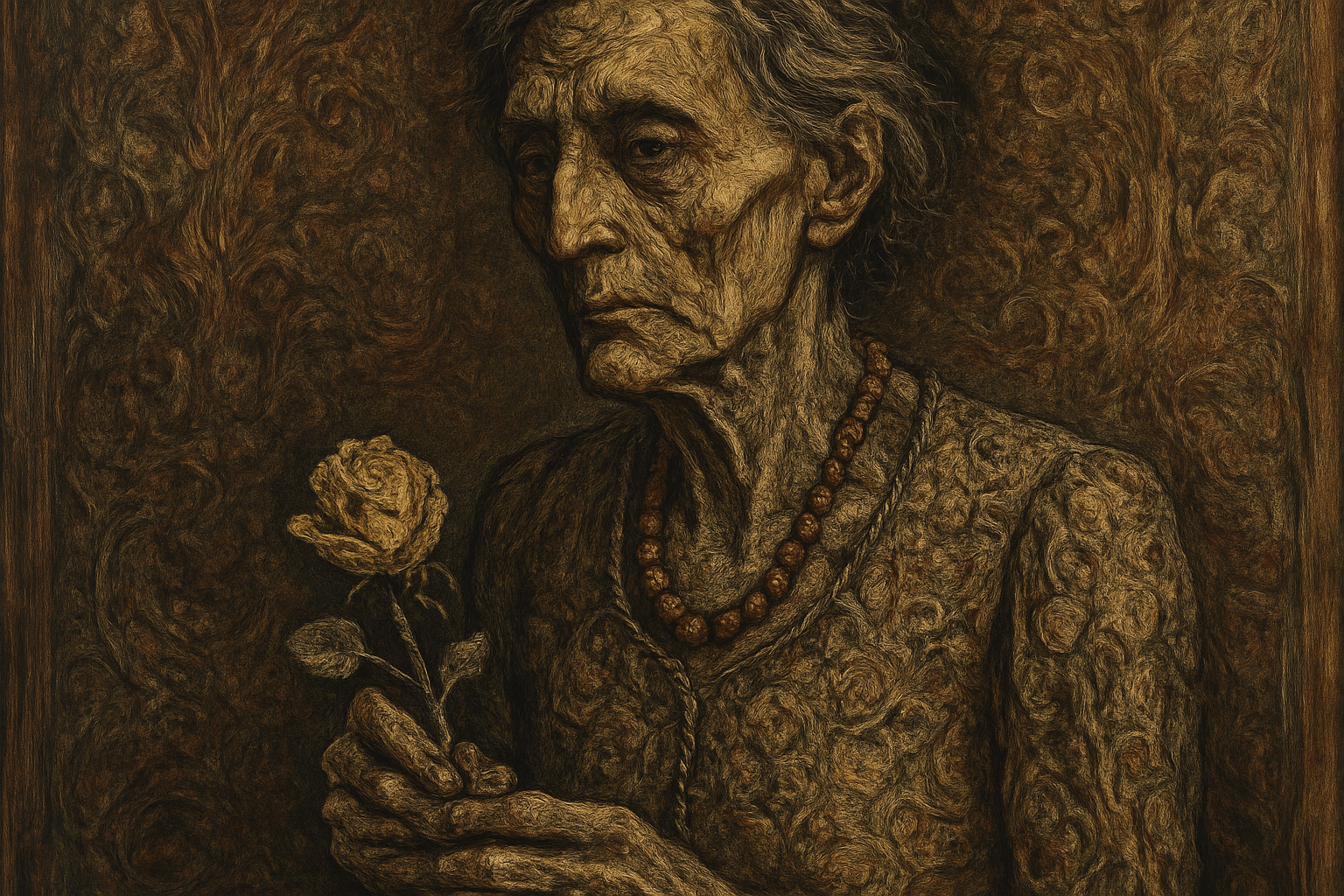
Ivan Albright's art style is characterized by its dark and mysterious atmosphere. His paintings often feature dark colors and shadows, which create a sense of foreboding and unease. Additionally, Albright's use of distorted proportions and perspectives adds to the eerie feeling of his works.
Thinking in the box: Impressionism, Modernism
Might also call it: Ivan Albright was an American painter known for his precise renderings of human decay. Other synonyms for Ivan Albright could include: 1. American painter 2. Precise renderer 3. Human decay
Jamaicans No.451
The Jamaican art style is a unique and colorful blend of African and Caribbean influences. Jamaican artists often use bright colors and bold patterns to create vibrant works of art. Jamaican art is often inspired by the island's rich culture and history, and often includes elements of nature, music, and religion. Jamaican artists are known for their creative use of materials and their ability to create beautiful and original works of art.

The art style of Jamaicans is very colorful and vibrant. The colors are often very bright and the patterns are very intricate.
Thinking in the box: Impressionism, Modernism
Might also call it: Citizens of Jamaica, people from Jamaica
Japanese Art No.452
A serene dance between simplicity and complexity; nature's essence blended with delicate, flowing lines. Minimalism meets profound expression at its core.
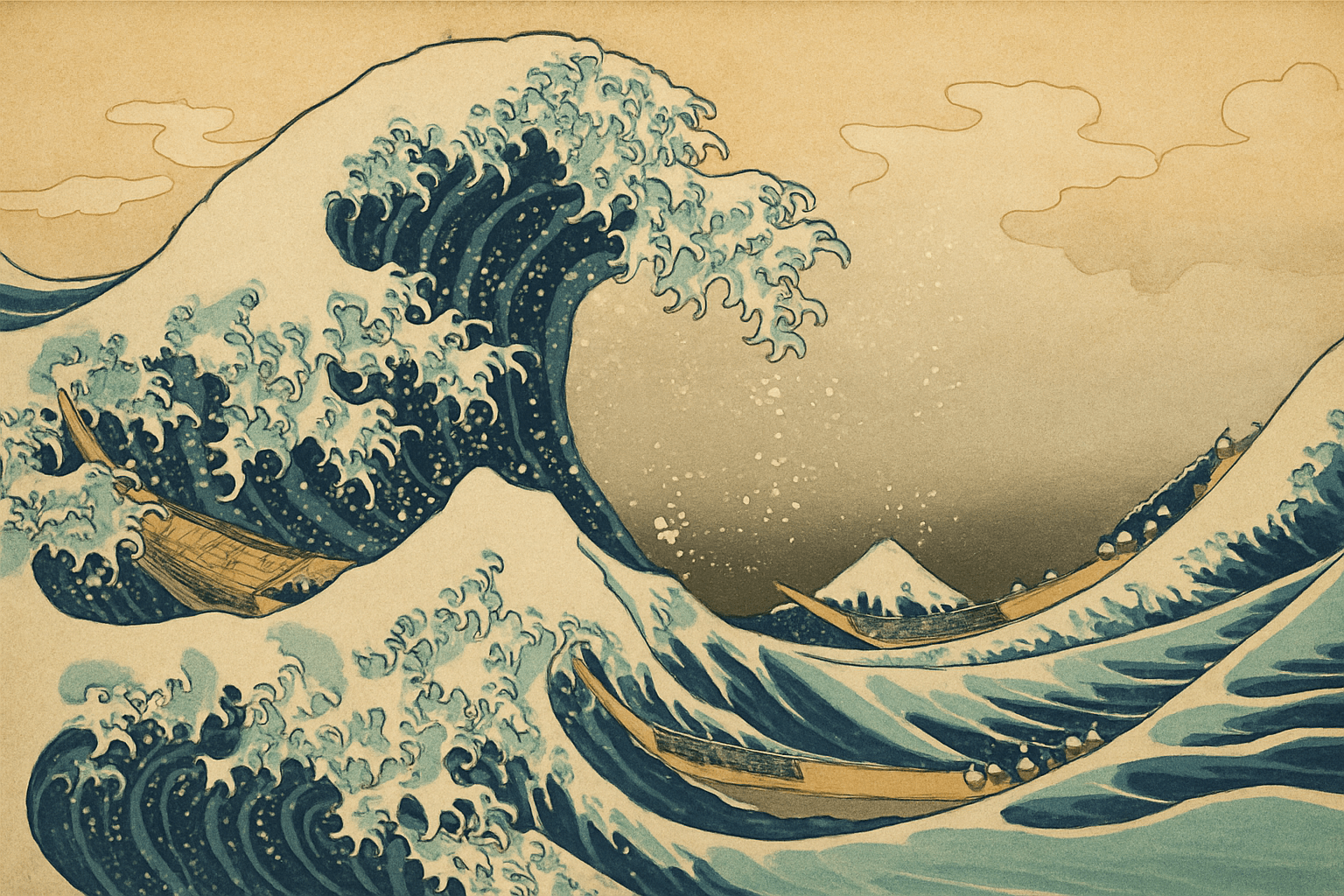
Subtle earth tones hug ink-brushed simplicity. Waves of cherry blossoms collide with peaceful interiors. Nature's breathtaking whispers immortalized on rice paper canvases.
Thinking in the box: Traditional, Contemporary, Minimalism
Might also call it: Nihonga, Yamato-e, Kogei
Japaneses No.453
The Japanese art style is characterized by its use of bright colors and bold patterns. It is often said to be influenced by the country's culture and history. Japanese artists often use traditional techniques such as woodblock printing and calligraphy.
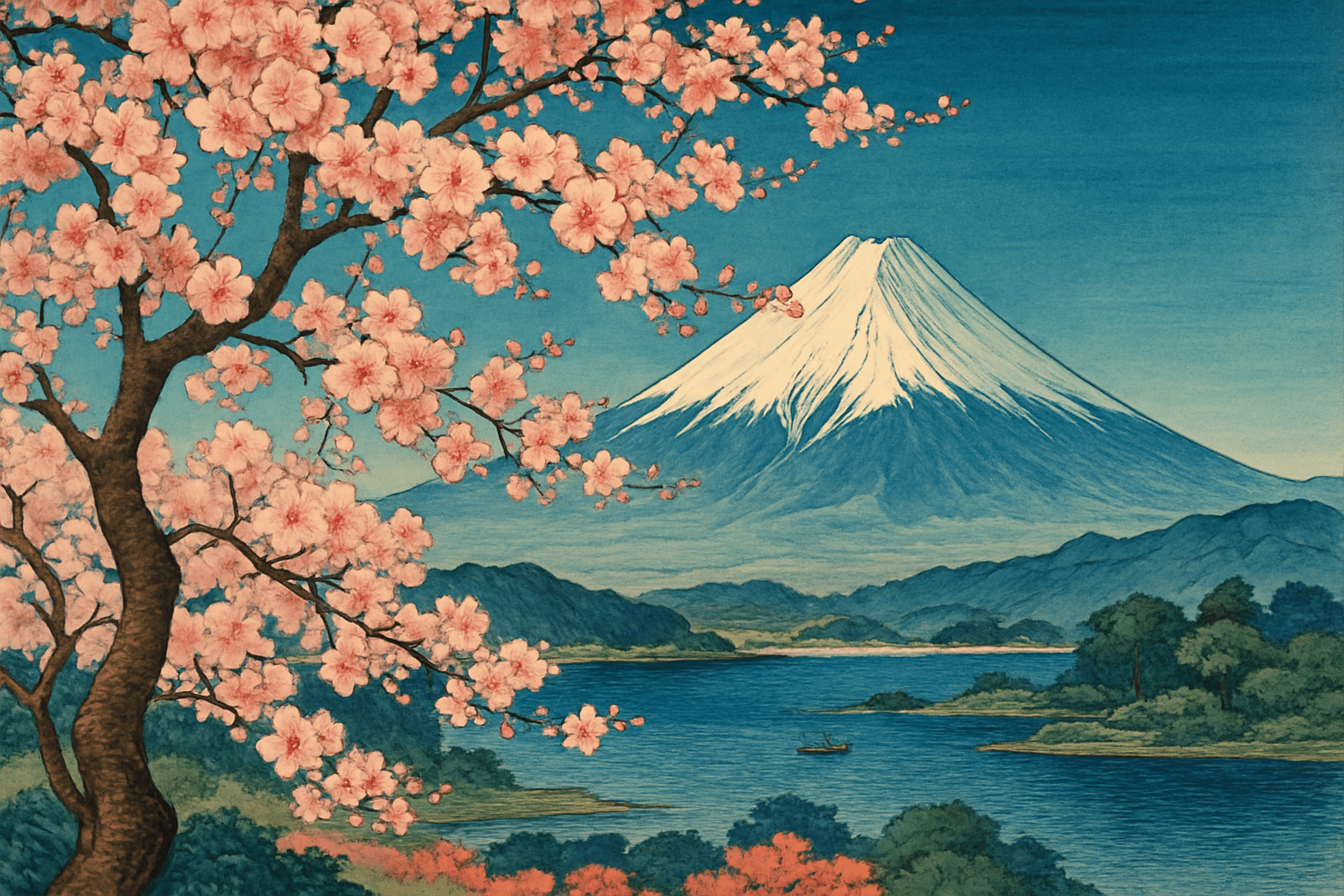
The Japanese art style is characterized by its use of bright colors and bold patterns. It often features nature scenes, such as mountains and flowers.
Thinking in the box: Impressionism, Modernism
Might also call it: Japanese
Japonism No.454
Japonism is a Western art movement that began in the late 19th century as a response to the influx of Japanese art and artifacts that were being brought into Europe. Japonisme, as it was called in France, was characterized by an interest in Japanese aesthetics and an appreciation for the simplicity and elegance of Japanese art and design. During the Meiji period in Japan (1868-1912), there was a dramatic increase in Western trade and influence, which led to a corresponding increase in the importation of Western goods into Japan. This included a wide variety of art objects, including painting, sculpture, and ceramics. Many of these objects found their way into the hands of European collectors and artists, who were fascinated by the unfamiliar aesthetics of Japanese art. Japonism had a profound impact on Western art, particularly in the areas of painting and design. Impressionist painters such as Claude Monet and Pierre-Auguste Renoir were deeply influenced by Japanese woodblock prints, and used them as sources of inspiration for their own work. In the field of design, Japonisme was a major force behind the Art Nouveau movement. Today, the influence of Japonism can still be seen in many areas of Western art and design.

The art style Japonism is characterized by its use of bright colors and bold patterns. It is often inspired by traditional Japanese art, and often incorporates elements of nature into its designs.
Thinking in the box: Impressionism, Modernism
Might also call it: Japanese art, culture, and aesthetics; the influence of Japanese art on Western art
Jewelry No.455
Jewelry is a decorative art that has been around for centuries. It is made from a variety of materials, including metals, gemstones, and beads. Jewelry can be simple or elaborate, and it is often given as a gift.
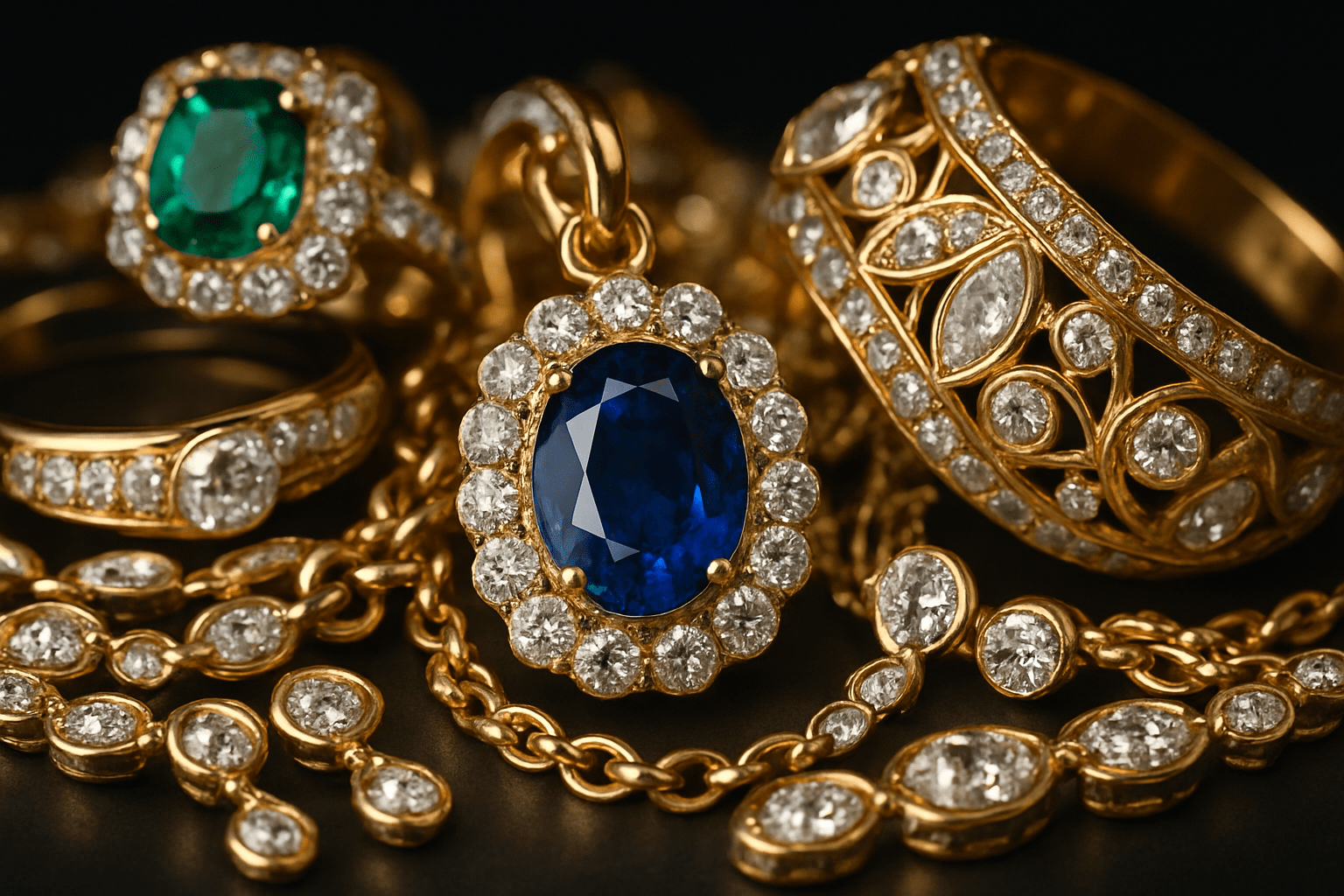
The art style of Jewelry is very colorful and detailed. The pieces are often very intricate and delicate.
Thinking in the box: Impressionism, Modernism
Might also call it: Adornments, baubles, trinkets, finery, gems, ornamentation
Jewish No.456
Jewish art is a wide-ranging term for the artistic output of the Jewish people. It covers a wide range of art forms including painting, sculpture, architecture, and music. Jewish art is often characterized by its use of religious and cultural symbols and its focus on the Jewish experience.
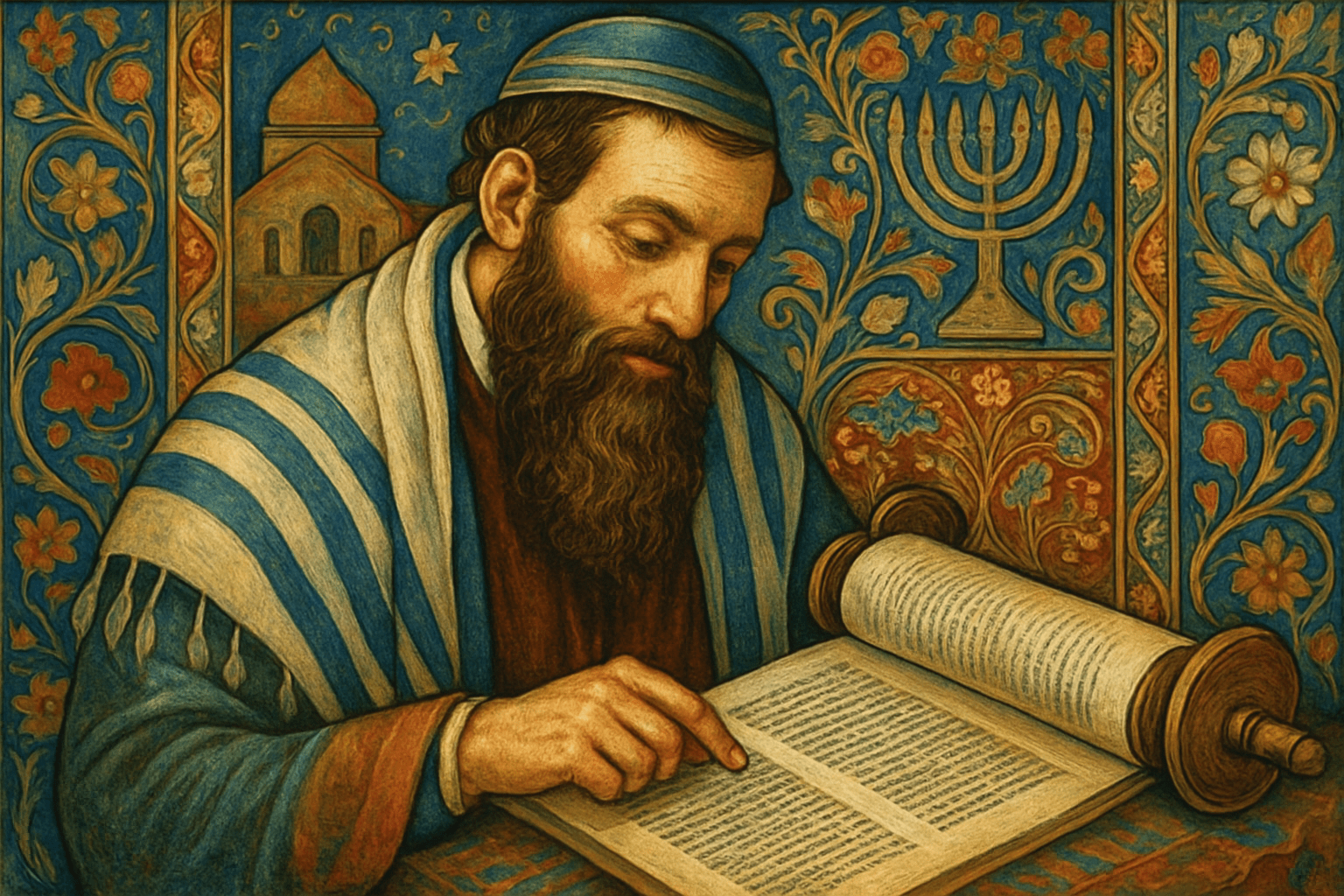
There is no one art style that is Jewish.
Thinking in the box: Impressionism, Modernism
Might also call it: Hebrew, Judaic.
Johannes Vermeer No.457
Johannes Vermeer was a Dutch painter who specialized in domestic interior scenes of middle-class life. His work is known for its use of light and shadow, as well as its realistic depiction of everyday objects.
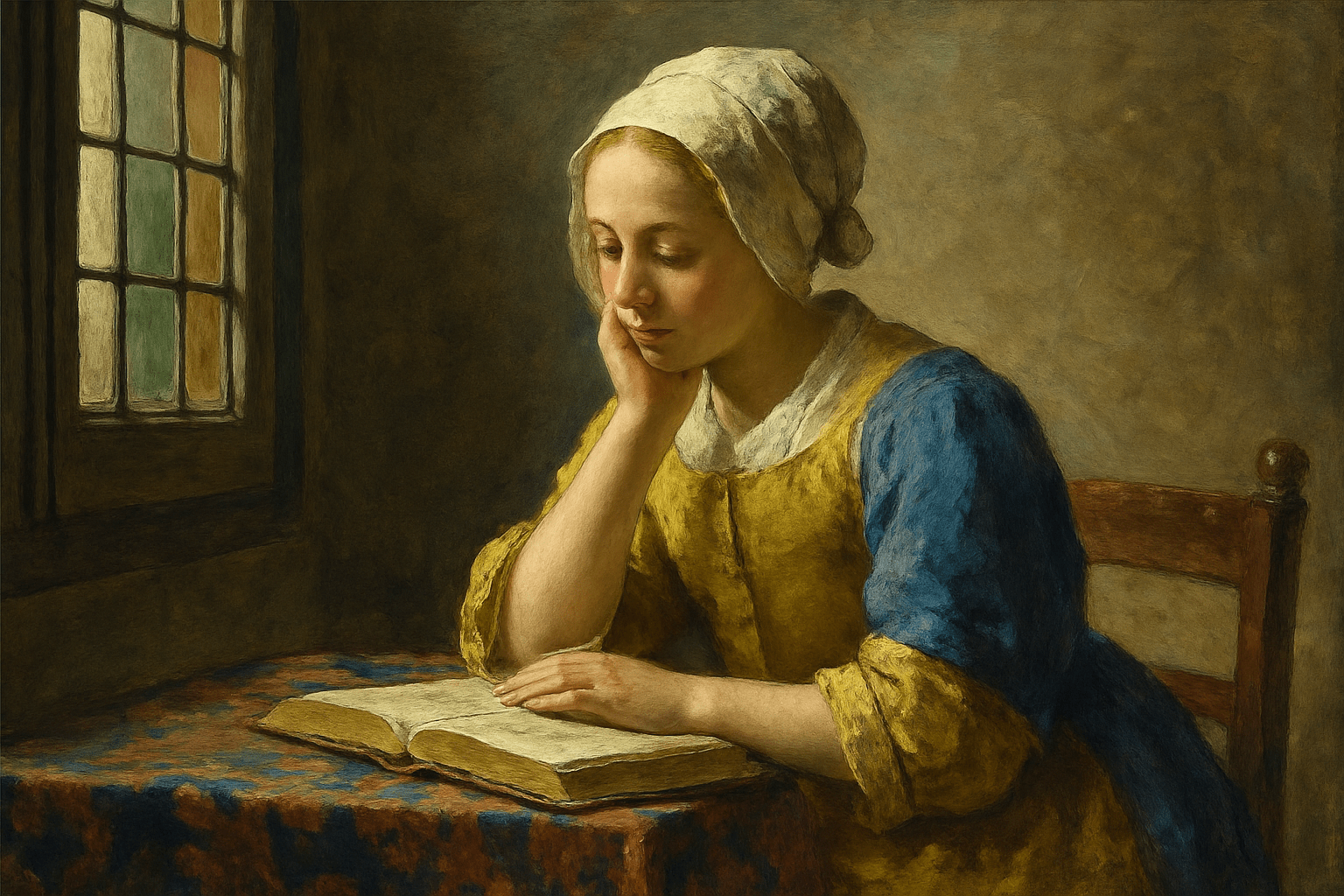
The art style of Johannes Vermeer is characterized by its use of light and shadow to create a sense of depth. The colors are often muted, and the overall effect is one of calm and serenity.
Thinking in the box: Impressionism, Modernism
Might also call it: Johannes Vermeer was a Dutch painter who specialized in domestic interior scenes of middle-class life. Other Dutch painters of the 17th century who specialized in domestic interior scenes include Jan Steen, Gabriel Metsu, and Pieter de Hooch.
Johnny Bravo No.458
Johnny Bravo is an American animated television series created by Van Partible for Cartoon Network. The series centers on the title character, a muscular and boorish man who tries to get women to date him, though he is usually unsuccessful. He ends up in bizarre situations and predicaments, often accompanied by his mother Bunny and his best friend Carl.

The art style of Johnny Bravo is very colorful and cartoony. The characters are all very exaggerated in their features, and the backgrounds are often very busy and detailed.
Thinking in the box: Impressionism, Modernism
Might also call it: Bravo, Johnny
Joyful expressive oil painting No.459
Joyful expressive oil painting is a type of painting that uses oil paint to create a joyful and expressive image. This type of painting is often used to express emotions, and to create a happy and positive mood.

The art style is characterized by its use of bright colors and its expressive brushstrokes. The paintings are often joyful in nature, and they often depict scenes from everyday life.
Thinking in the box: Impressionism, Modernism
Might also call it: Pleasant, cheerful, content, satisfied, proud, elated
Jugendstil No.460
Whimsical and organic, Jugendstil emerges a poetic dance of line and curve fueled by nature's fervor. Melding morals and beauty, it captures an era's youthful yearning for unique expression.
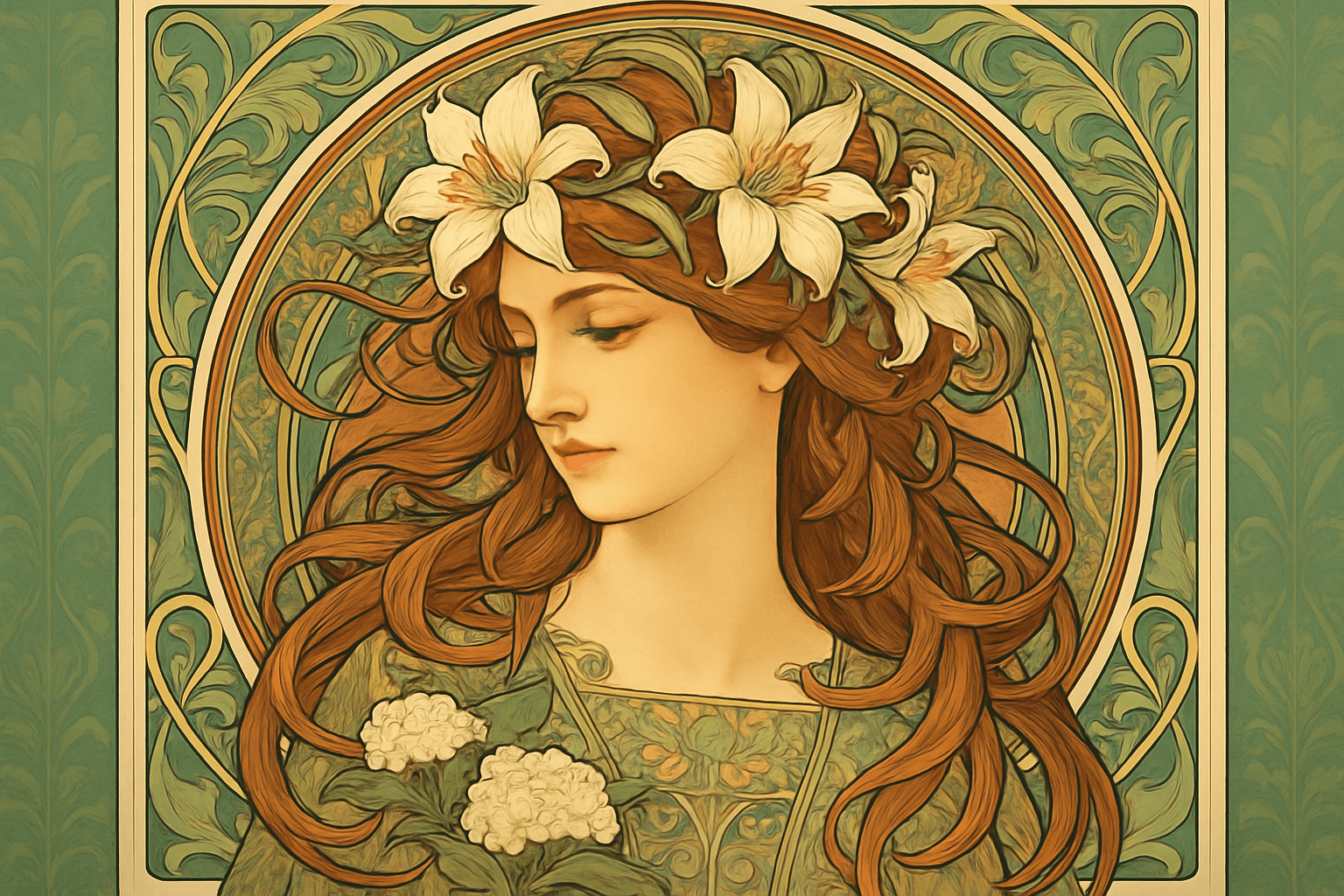
Flowing curves weave tales of natural contours; delicate shades bind light with earthly forms, harmonizing beauty with utility. It's a visual symphony of scrolling tendrils and sinuous lines like tangled vines.
Thinking in the box: Art Nouveau, Modernism, Decorative style
Might also call it: Art Nouveau, Liberty style, Modern Style
Kenyans No.461
Kenyan art is characterized by bold colors and patterns. Common motifs include animals, nature, and geometric shapes. Kenyan artists often use recycled materials to create their artwork, which gives it a unique texture and look.

Kenyan art is often brightly colored and includes patterns and shapes that are inspired by nature. Kenyan artists often use a variety of materials, including wood, metal, and fabric, to create their art.
Thinking in the box: Impressionism, Modernism
Might also call it: Natives of Kenya, East Africans
Kinetic Pointillism No.462
Kinetic Pointillism is a style of art that uses small, moving dots to create a image. The dots are usually made of brightly colored paint or light, and they move in a rapid, repetitive pattern. This style of art is often used to create optical illusions or to create an image that appears to be moving.
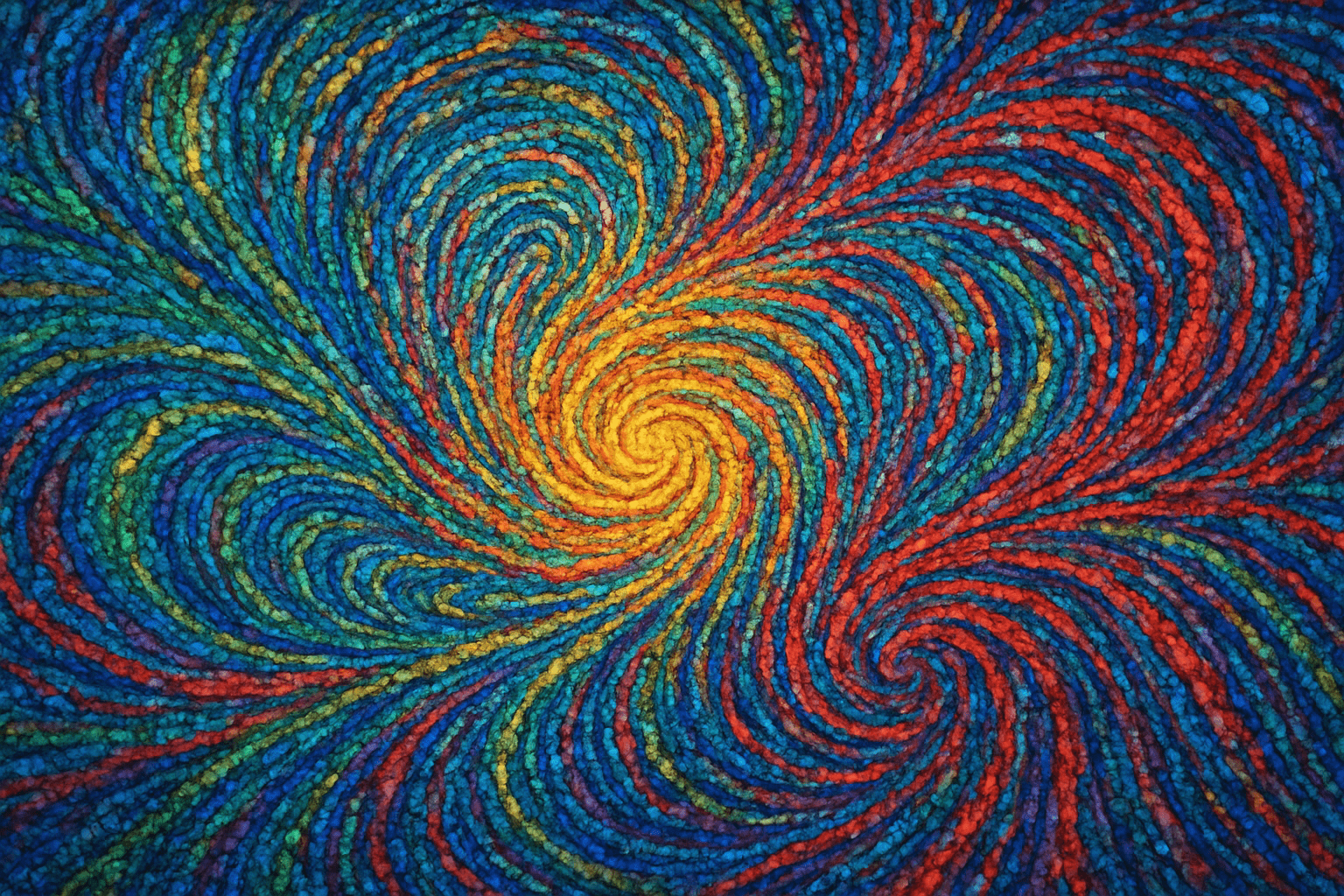
The art style Kinetic Pointillism is a style of painting that uses small, distinct dots of color to create a image. The dots are usually placed close together to create the illusion of a continuous image.
Thinking in the box: Impressionism, Modernism
Might also call it: 1. Moving Pointillism 2. Active Pointillism 3. Dynamic Pointillism 4. Vibrant Pointillism 5. Lively Pointillism
Kinetic art No.463
Kinetic art is a type of art that contains moving parts or depends on motion for its effect. It is usually considered to be a form of Op Art.
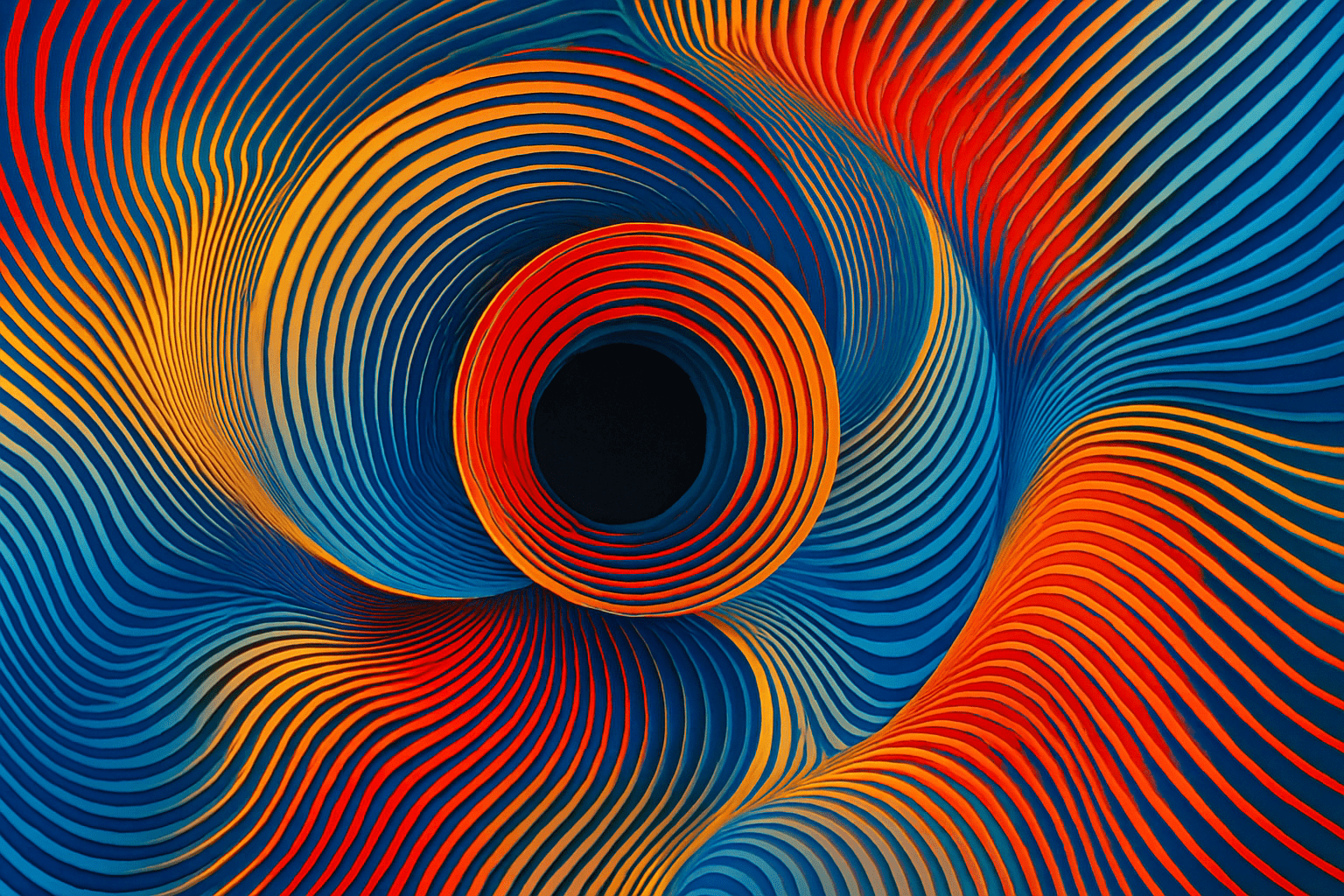
The art style of kinetic art is characterized by its use of movement and its focus on the element of motion. This type of art often incorporates elements of both sculpture and painting, and often uses a variety of mediums to create the illusion of movement.
Thinking in the box: Impressionism, Modernism
Might also call it: 1. Moving art 2. Art in motion 3. Kinetic sculpture 4. Moving sculpture 5. Motion art
Kitsch movement No.464
Kitsch is a style of art that is considered to be in bad taste because it is considered to be gaudy or tacky. Kitsch art is often mass-produced and is designed to be popular with the general public.

Kitsch is a style of art that is considered to be gaudy, tacky, or lowbrow. It is often characterized by garish colors, excessive ornamentation, and kitschy subject matter.
Thinking in the box: Impressionism, Modernism
Might also call it: The Kitsch movement is also known as the Pop Art movement.
Land art No.465
Land art is an art movement that began in the 1960s and emphasizes the use of natural materials and the environment as the primary source of inspiration and medium. Land artists often create site-specific works that are temporary or permanent, and may involve the use of earthworks, sculpture, performance, and video and photography.

Land art is a type of art that is created by using the natural elements and resources found in a particular location. The art is often temporary and can be created on any scale.
Thinking in the box: Impressionism, Modernism
Might also call it: earthworks, land sculpture, landform art, land architecture
Landscape No.466
Landscape art is a genre of art that depicts natural scenery such as mountains, forests, rivers, and valleys. It can be executed in a variety of mediums, including oil painting, watercolor, and photography. Landscape art is often associated with the Romantic Movement in art, which emphasized an emotional response to the natural world.
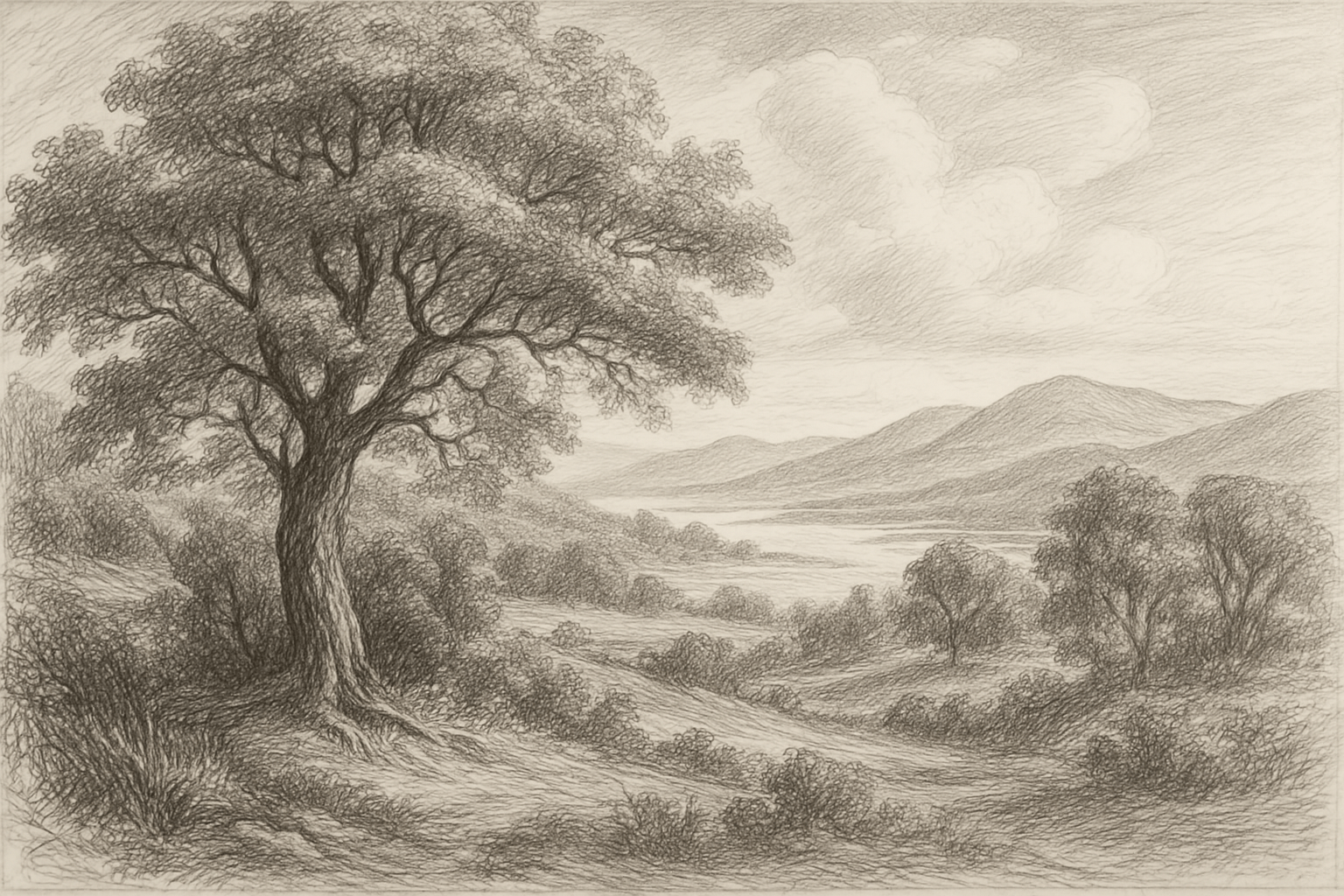
The art style of landscape is typically very naturalistic, with an emphasis on accurate representation of the scene. This can include features such as mountains, forests, rivers, and other natural features. The colors are often muted and realistic, although some artists may use more vibrant colors to depict the scene.
Thinking in the box: Impressionism, Modernism
Might also call it: scenery, view, vista, panorama, seascape, countryside
Landscape Drawing No.467
Landscape drawing is a type of drawing that focuses on depicting outdoor scenes. This may include forests, mountains, rivers, and other natural scenery. Landscape drawings may be done in pencil, pen and ink, charcoal, or other mediums.

The visual appearance of landscape drawing is typically characterized by its realistic depiction of scenery. This art style often uses light and shadow to create a sense of depth, as well as a variety of colors to depict different times of day or different seasons. Landscape drawings may also include people or animals in the scene, but they are typically secondary to the overall scene.
Thinking in the box: Impressionism, Modernism
Might also call it: Sketch, drawing, painting, picture
Latvians No.468
Latvian art is characterized by its unique blend of traditional folk art and contemporary art. Traditional Latvian folk art includes a wide variety of hand-crafted items, such as wood carvings, textiles, and pottery. Contemporary Latvian art is often inspired by the country's natural landscape and its rich cultural heritage.
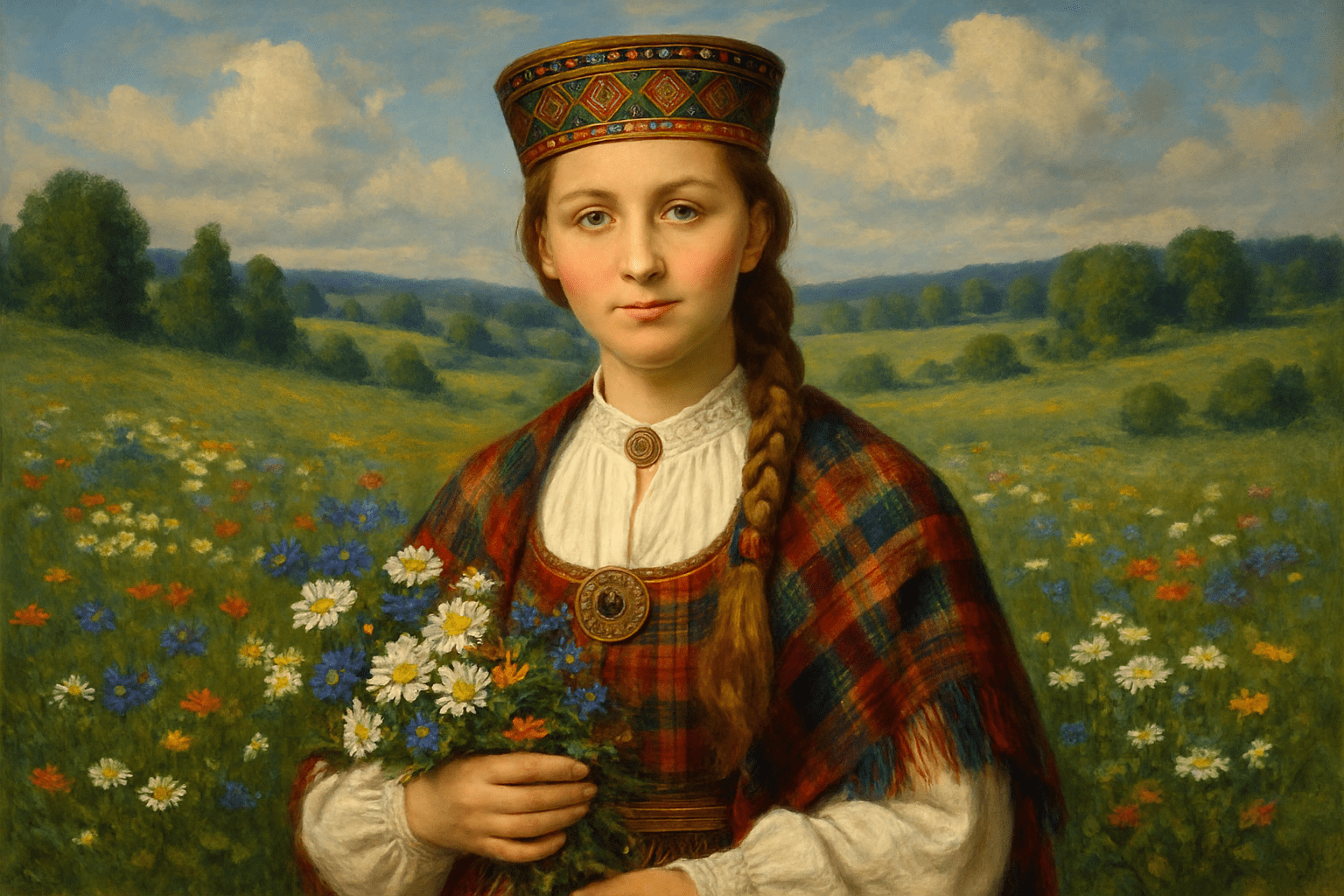
The art style of Latvians is characterized by its use of bright colors and bold patterns. Latvian artists often use traditional motifs in their work, which can be seen in the use of geometric shapes and floral patterns.
Thinking in the box: Impressionism, Modernism
Might also call it: Latvian people, Latvian citizens
Layered Uniqueism No.469
Layered Uniqueism is a style of art that is characterized by its use of layers to create a unique and interesting image. This style of art is often used to create abstract or surreal images, and can be used to create a variety of different effects. Layered Uniqueism often uses a variety of different mediums to create its layers, and the final image is often a collage of sorts. This style of art is often used to make a statement or to create an interesting and eye-catching image.
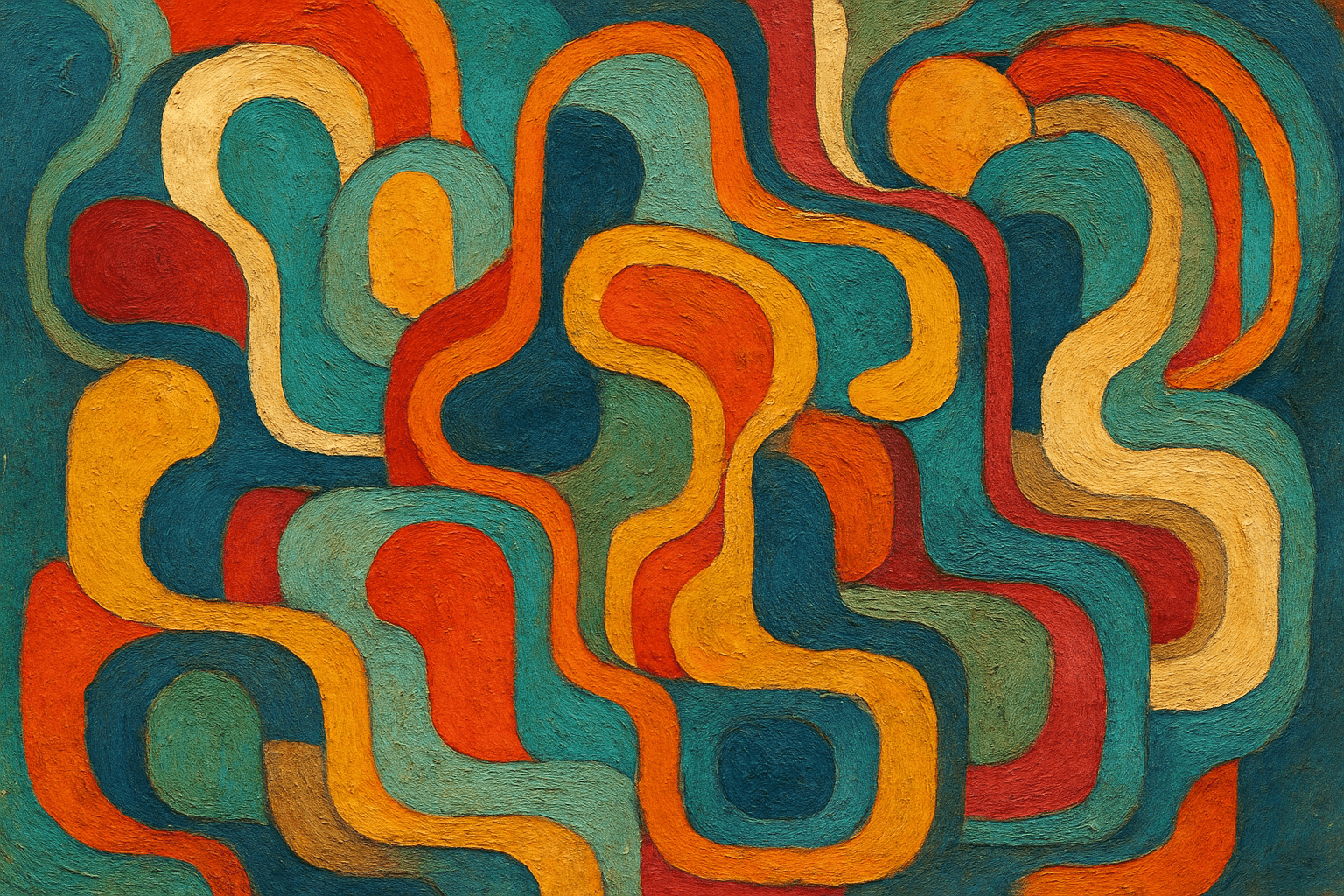
The art style Layered Uniqueism is characterized by its use of layers to create a sense of depth and dimensionality. The layers are often of different colors or textures, giving the impression of a complex and multi-layered image. This style is often used to create abstract or surrealistic images, as the layers can be used to create a sense of movement or change.
Thinking in the box: Impressionism, Modernism
Might also call it: 1. Multilayered Uniqueism 2. Complex Uniqueism 3. Multifaceted Uniqueism 4. Diverse Uniqueism 5. Varied Uniqueism
Lebanese No.470
Lebanese art is characterized by its vibrant colors and bold patterns. It is often inspired by the country's rich history and culture, as well as its natural landscape. Lebanese artists often use a variety of mediums to create their art, including painting, sculpture, and photography.
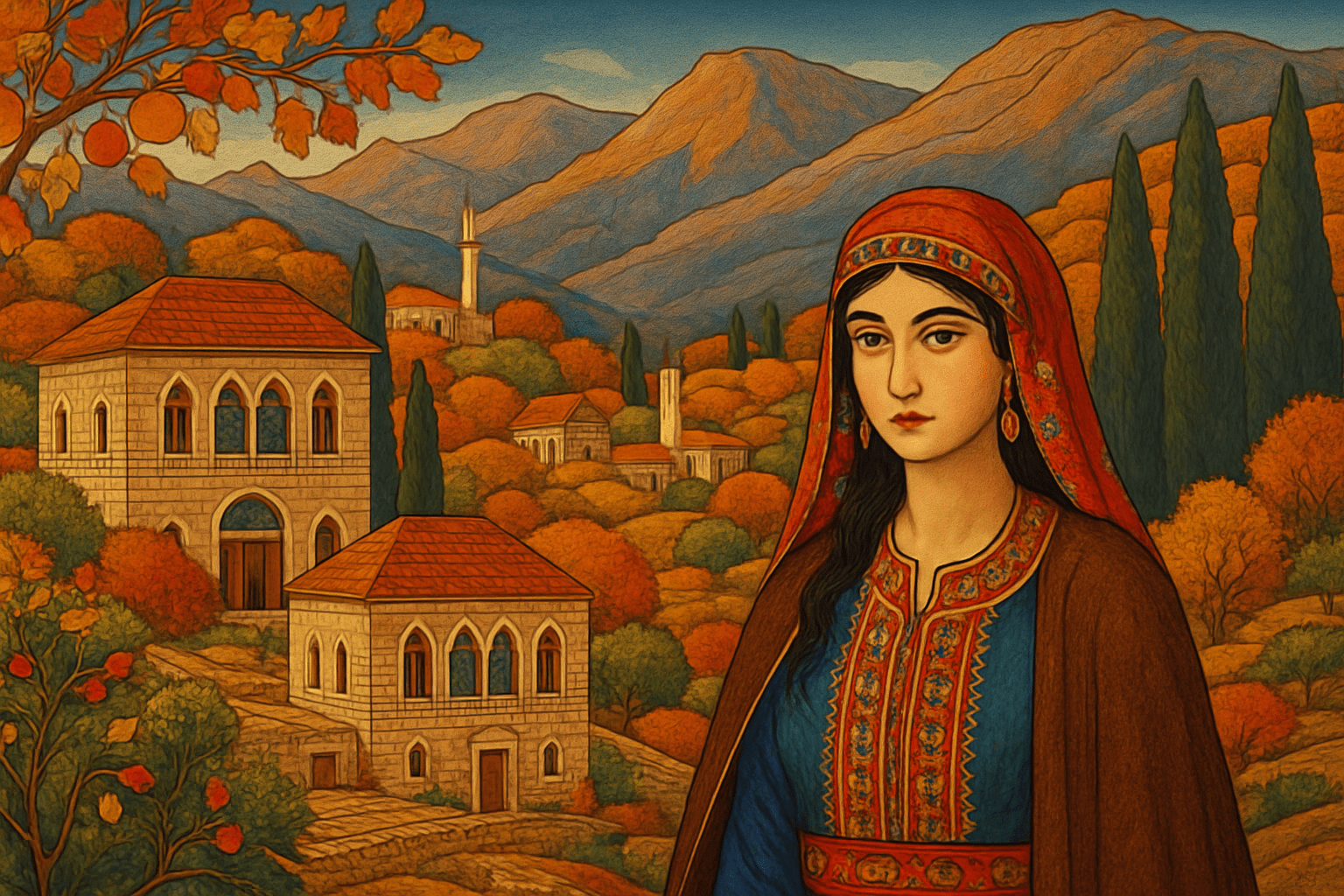
The visual appearance of the Lebanese art style is characterized by its use of bright colors and patterns. Lebanese artists often use a variety of colors in their paintings, which can create a visually striking effect. Additionally, Lebanese art often features intricate patterns, which can add to the overall visual appeal of the artwork.
Thinking in the box: Impressionism, Modernism
Might also call it: Middle Eastern, Arabic
Lego No.471
In Lego art, artists use Lego bricks to create 2D and 3D artworks. This art form is often used to create sculptures, mosaics, and paintings. Lego art is a popular choice for public art installations and murals.
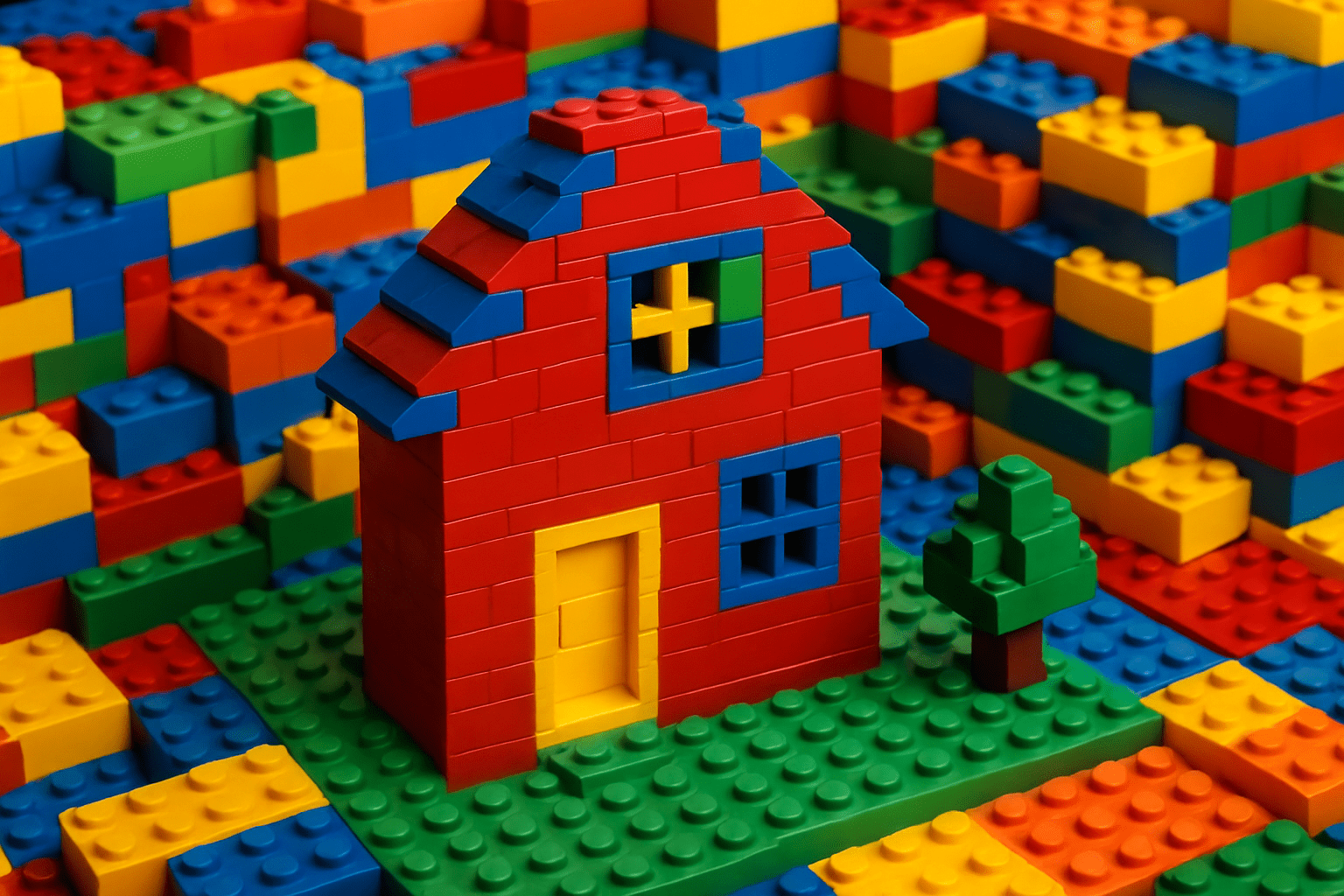
The art style of Lego is colorful and playful, with a focus on simplicity and clean lines. The aesthetic is often compared to that of Danish design, and is characterized by a focus on functionality and a lack of superfluous decoration.
Thinking in the box: Impressionism, Modernism
Might also call it: blocks, toys, building
Lego Bricks No.472
The art style of Lego Bricks is very colorful and playful. It is perfect for children's rooms or play areas. The pieces are easy to assemble and can be used to create any number of objects or structures.

The art style of Lego Bricks is colorful and playful. The bricks are arranged in a variety of patterns and shapes, and the overall effect is fun and whimsical.
Thinking in the box: Impressionism, Modernism
Might also call it: blocks, building toys, construction toys
Les Automatistes No.473
The Automatistes were a group of Canadian artists who developed the Automatiste movement in the 1940s. The movement was characterized by its use of automatic drawing and painting, as well as its rejection of traditional art training and techniques. Automatiste artists believed that art should be expressive and spontaneous, and that the artist should not be constrained by the rules of traditional art. The Automatiste movement had a significant impact on the development of Abstract Expressionism in the United States.

The art style Les Automatistes is characterized by its use of color and light. The artists often used bright colors and bold patterns to create a sense of movement and energy in their paintings. Additionally, the Automatistes were known for their use of abstraction and their focus on the expressive potential of color and form.
Thinking in the box: Impressionism, Modernism
Might also call it: The Les Automatistes were a group of Canadian artists who developed the Automatiste movement. The Les Automatistes were a group of Canadian artists who developed the Automatiste movement.
Les Nabis No.474
The Les Nabis were a group of young artists who banded together in the late 1880s in Paris. Their name, which means "the prophets" in Hebrew, was taken from a verse in the Old Testament. The Les Nabis artists were united in their desire to break away from the traditional art academies and to create a new type of art that would be more expressive and emotional. They were influenced by the work of Paul CÃÂézanne, Edgar Degas, Vincent van Gogh, and Paul Gauguin. The Les Nabis artists often worked in a style that was characterized by bold colors and simplified forms. They were also interested in experimenting with new techniques, such as using collage and decoupage.

The Les Nabis art style is characterized by flat, decorative surfaces with bold colors and patterns. The overall effect is often one of simplicity and harmony.
Thinking in the box: Impressionism, Modernism
Might also call it: The Nabis were a group of Post-Impressionist avant-garde artists who set out to revive the spirit of the Middle Ages and the Renaissance.
Letterism No.475
Letterism is an avant-garde art movement that emphasizes the use of letters and words as visual elements in artworks. Letterists believe that words and letters can be used to create powerful visual statements that can convey emotions and ideas. Letterism is a relatively new art movement, and its practitioners are still exploring the full potential of using words and letters as visual elements.
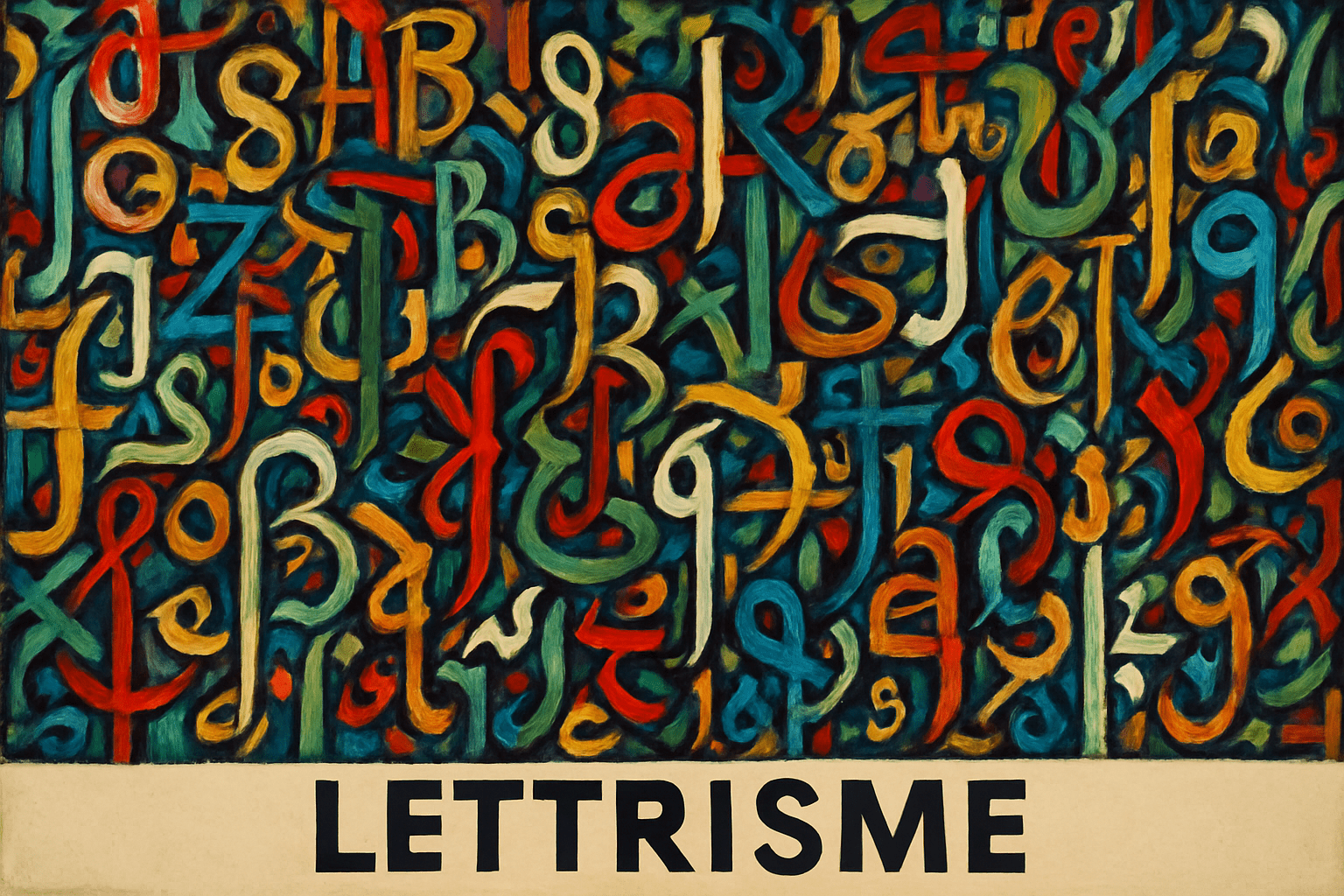
The art style Letterism is characterized by its use of letters and words as its primary means of communication. This style is often seen as being very chaotic and busy, as it can often be difficult to decipher what the artist is trying to say. Letterism can be seen as a precursor to the more modern day art form of graffiti.
Thinking in the box: Impressionism, Modernism
Might also call it: -Aphorism -Brevity -Concision -Pithiness -Terseness
Libyans No.476
Libyan art is characterized by its use of bold colors and geometric shapes. Libyan artists often use a limited palette of colors, which they then use to create patterns and designs that are both eye-catching and unique. Libyan art often has a strong cultural and political message, and many Libyan artists use their work to comment on current events or to express their own personal views.
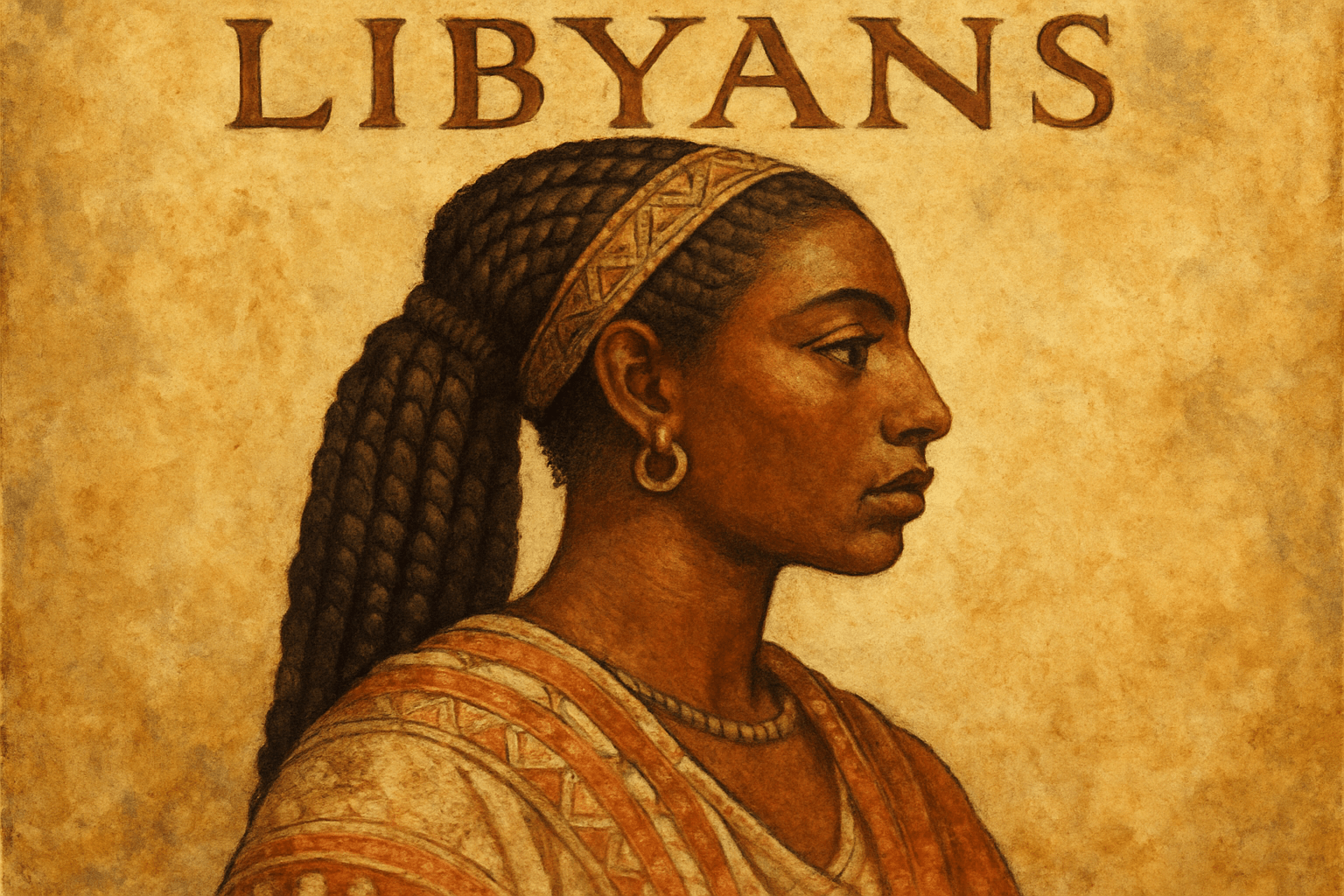
Libyan art is characterized by its use of bright colors and geometric patterns. Libyan artists often use a technique called "fresco painting" in which they paint directly onto a plaster wall. This technique allows the colors to remain bright and vibrant over time. Libyan art often features scenes from nature, such as the desert landscape.
Thinking in the box: Impressionism, Modernism
Might also call it: Libyans can also be referred to as Libyan people or citizens of Libya.
Light album art cover No.477
The album art cover for Light is a professional and brief summary of the art style. The album art is simple and elegant, with a light blue background and a white light in the center. The light is shining on a white light bulb, which is surrounded by a wreath of leaves. The leaves are in different shades of blue, and the light is shining through them. The album art is simple and elegant, and it represents the art style of the album perfectly.

The visual appearance of the art style Light album art cover is very light and airy. The colors are very pale and the overall look is very ethereal.
Thinking in the box: Impressionism, Modernism
Might also call it: album artwork, album cover, album art
Light and Space No.478
Light and Space is a style of art that is characterized by the use of light and space to create an immersive experience. This style of art often uses light and space to create a sense of movement and depth. Additionally, Light and Space artists often use light to create a sense of atmosphere or mood.

The art style Light and Space is characterized by its use of light and space to create a sense of movement and depth. The style is often associated with the work of artists such as James Turrell and Robert Irwin.
Thinking in the box: Impressionism, Modernism
Might also call it: Bright, luminous, sunny, lighted, well-lit
Lightcurve Impressionism No.479
Embracing the ethereal glow of celestial phenomena,\nthis style captures the fleeting whispers of light\nwoven throughout the cosmos,\nbathing reality in dreamlike hues.
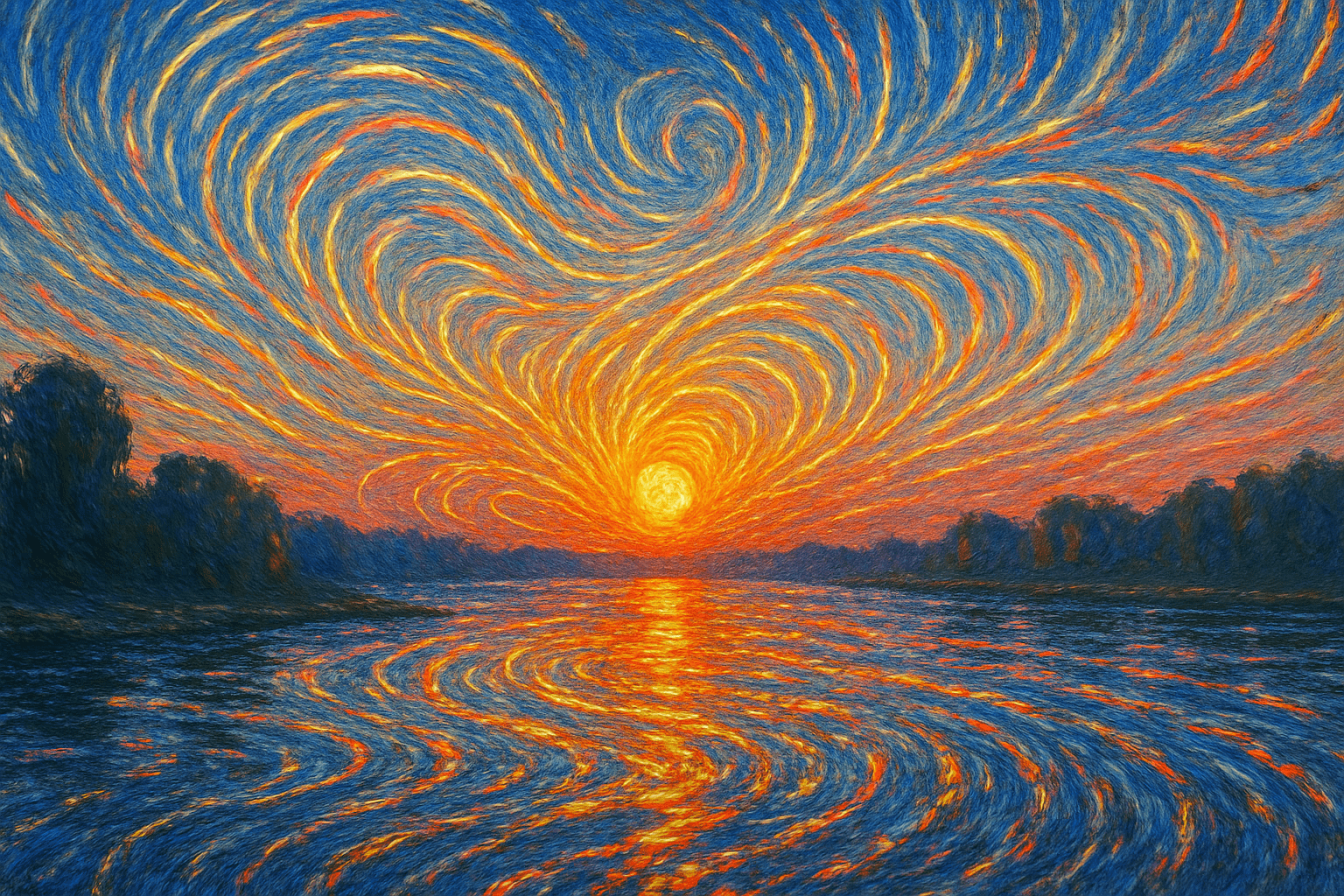
A swirling dance of colors and light,\nmimicking the shimmering echoes of stars.\nEach brushstroke mirrors cosmic waves,\na tapestry of radiant energy on canvas.
Thinking in the box: Impressionism, Modernism, Astro-Art
Might also call it: Stellar Impressionism, Illumination Art
Liminal Art No.480
Liminal Art captures moments between reality's layers. It reveals transitory spaces, evoking the ephemeral essence of time and place. A half-whisper, hauntingly beautiful in its transient existence.

Liminal Art blurs boundaries, creating ethereal landscapes of soft shadows and gentle, muted tones. Enigmatic doorways between worlds appear. Ordinary objects become hauntingly significant, casting an uncanny glow.
Thinking in the box: Surrealism, Metaphysical Art
Might also call it: Threshold Art, Transitional Space Art
Line Drawing No.481
Line drawing is a type of art where the artist uses only lines to create a picture. This type of art can be created with any type of line, including pencil, pen, marker, or even paint. Line drawing is often used to create simple, yet effective, images.
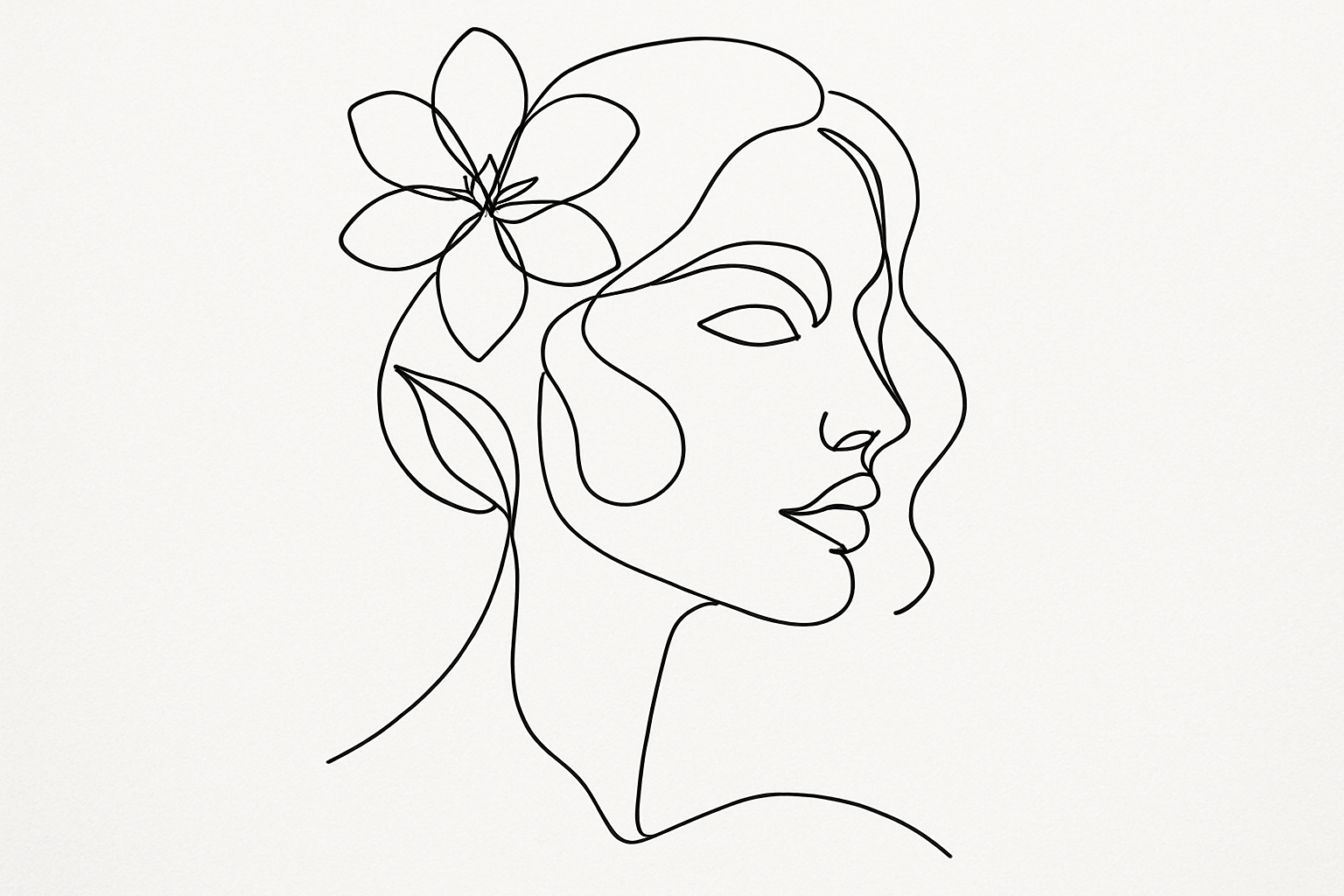
The visual appearance of the art style Line Drawing is that it is made up of a series of lines. The lines can be of different thicknesses and can be of different colors. The lines can be straight or they can be curved. The lines can be used to create different shapes and images.
Thinking in the box: Impressionism, Modernism
Might also call it: Sketch, drawing, outline, trace
Liquid Algorithmica No.482
Born in the confluence of algorithms and artistry, Liquid Algorithmica flows seamlessly across digital landscapes, blending precision and creativity into fluid forms that shimmer with tech-infused imagination.
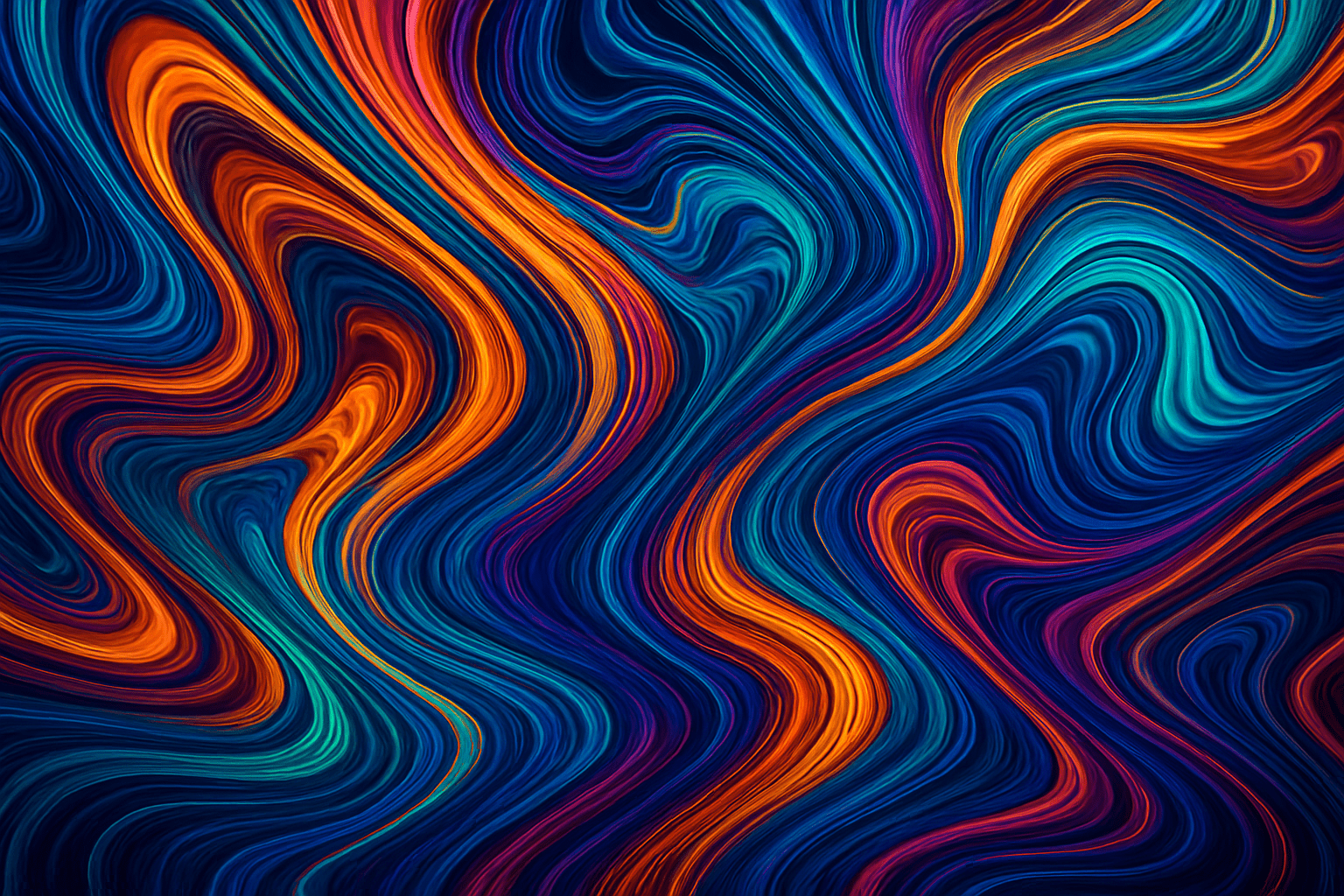
Imagine shapes melting like candle wax, rich with digital neon, fluidic yet deliberate. Each curve and shadow meticulously engineered to dance upon the electric tongue of circuitry, capturing the ephemeral grace of a silicon dream.
Thinking in the box: Techno-Impressionism, Digital Futurism
Might also call it: Digital Flux, Code-Flow Impressionism, Algorithmic Waves
Literary painting No.483
Literary painting is a type of painting that is based on or illustrates a story from literature. This could include paintings that depict scenes from a particular book or story, or it could be a painting that is inspired by a literary work. Literary paintings often have a dreamlike quality to them, and they can be either realistic or abstract in style.

The art style Literary painting is characterized by its use of bright colors and bold brushstrokes. The paintings are often whimsical and depict scenes from stories or poems.
Thinking in the box: Impressionism, Modernism
Might also call it: Art painting, Fine art painting, Decorative painting
Lithuanians No.484
Lithuanian art is characterized by its strong use of color and organic forms. Lithuanian artists are known for their ability to create beautiful and expressive paintings that often reflect the country's landscapes and folklore.
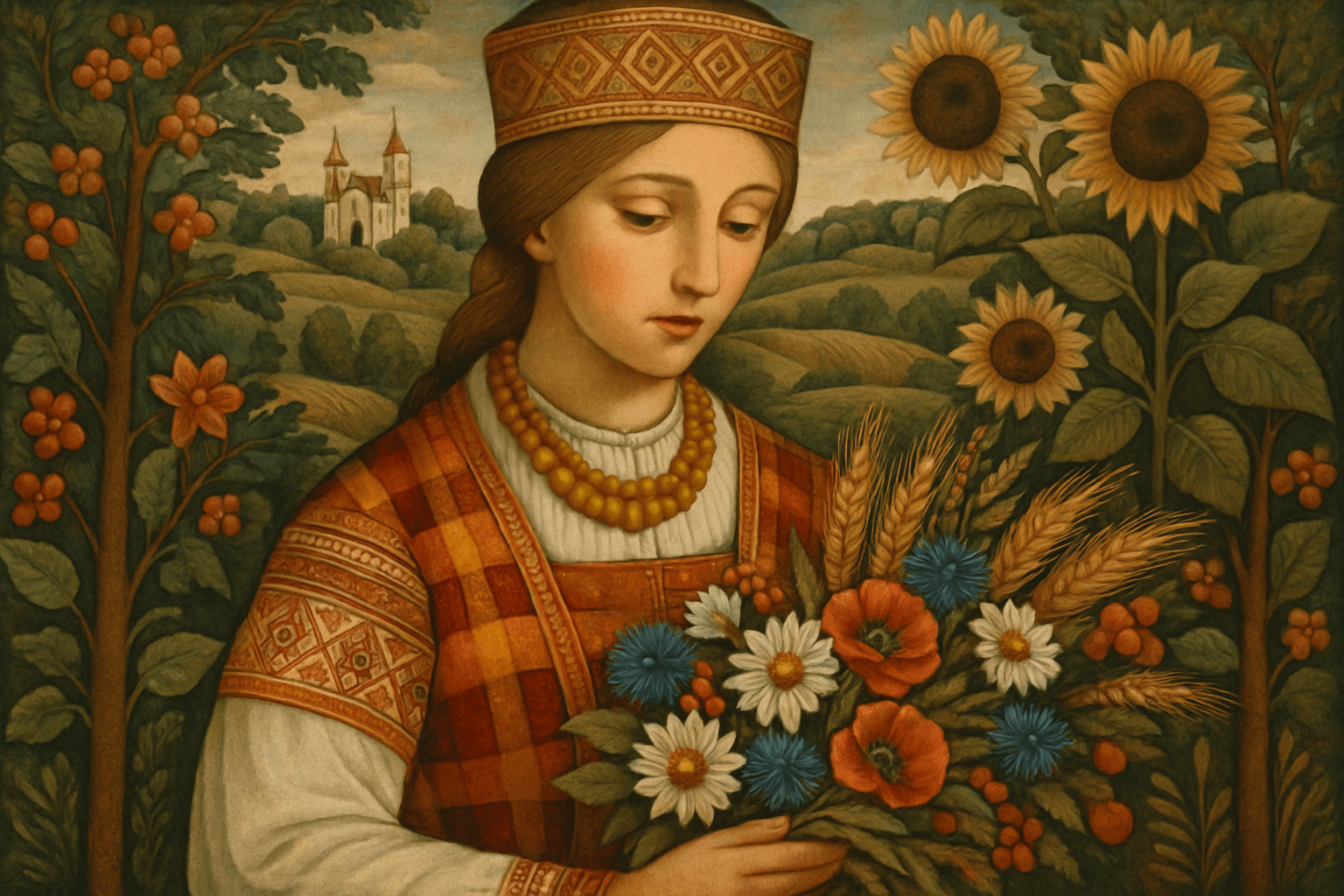
Lithuanian art is characterized by its ornate, detailed style. Lithuanian artists often use bright colors and intricate patterns in their work. Lithuanian art often features scenes from nature, folk tales, and religious stories.
Thinking in the box: Impressionism, Modernism
Might also call it: Lithuanian people, Lithuanians
Logic Fog Aesthetic No.485
The Logic Fog Aesthetic swirls logic and chaos into ethereal worlds, ensnaring imagination within its nebulous embrace, where paradox finds clarity. Rationality dissolves into artistic haze, blending boundaries.

Imagine translucent clouds of logic shifting in surreal patterns, where lines blur, colors dance dreamily, and symmetry teeters on the edge of the mysterious unknown.
Thinking in the box: Impressionism, Modernism
Might also call it: Rational Dreamscape, Cognitive Mist, Paradox Visual
Logo No.486
Design Logo design is the process of creating a unique and recognizable visual identity for a company or product. This involves creating a mark or symbol that can be used on various marketing materials, including websites, business cards, and product packaging. A well-designed logo should be simple, memorable, and easy to reproduce. It should also be versatile enough to work well in a variety of applications.

The art style of the Logo is very simple and clean. The colors are basic and the shapes are basic. The overall look is very professional and sleek.
Thinking in the box: Impressionism, Modernism
Might also call it: Symbol, emblem, sign, badge
Lomography No.487
Lomography is a style of photography that is characterized by its use of low-fidelity equipment and its off-kilter approach to composition and framing. Lomography typically makes use of inexpensive plastic cameras and lenses, and often employs unusual techniques such as multiple exposures, long exposures, and camera shake. The goal of Lomography is to capture everyday life in an artistic and expressive way.
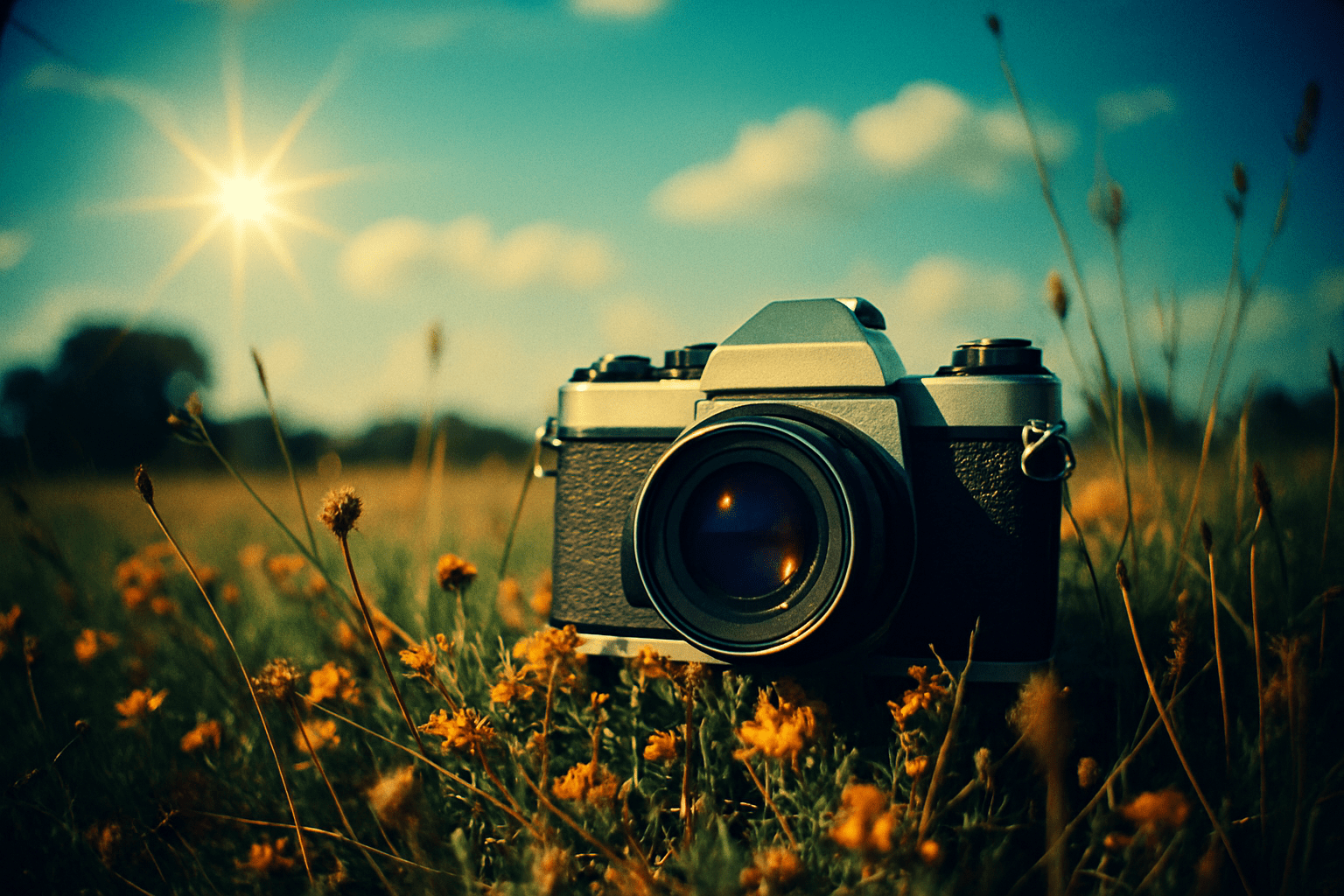
Lomography is a visual style that is characterized by its use of bright colors, high contrast, and sometimes unusual perspectives. Lomography often makes use of techniques such as cross-processing and multiple exposures to create a unique look.
Thinking in the box: Impressionism, Modernism
Might also call it: Photography, picture taking, art
Long Exposure Photography No.488
Long exposure photography is a technique in which the camera shutter is left open for a long period of time, typically several seconds, minutes, or even hours. This allows the photographer to capture the movement of objects in the scene, such as the flow of a river or the movement of the stars in the night sky. This technique can be used to create beautiful and dramatic images, and it is a popular choice for landscape and night photography. However, it is important to note that long exposure photography requires a stable camera platform and a lot of patience, as even the slightest movement can cause blurriness in the final image.
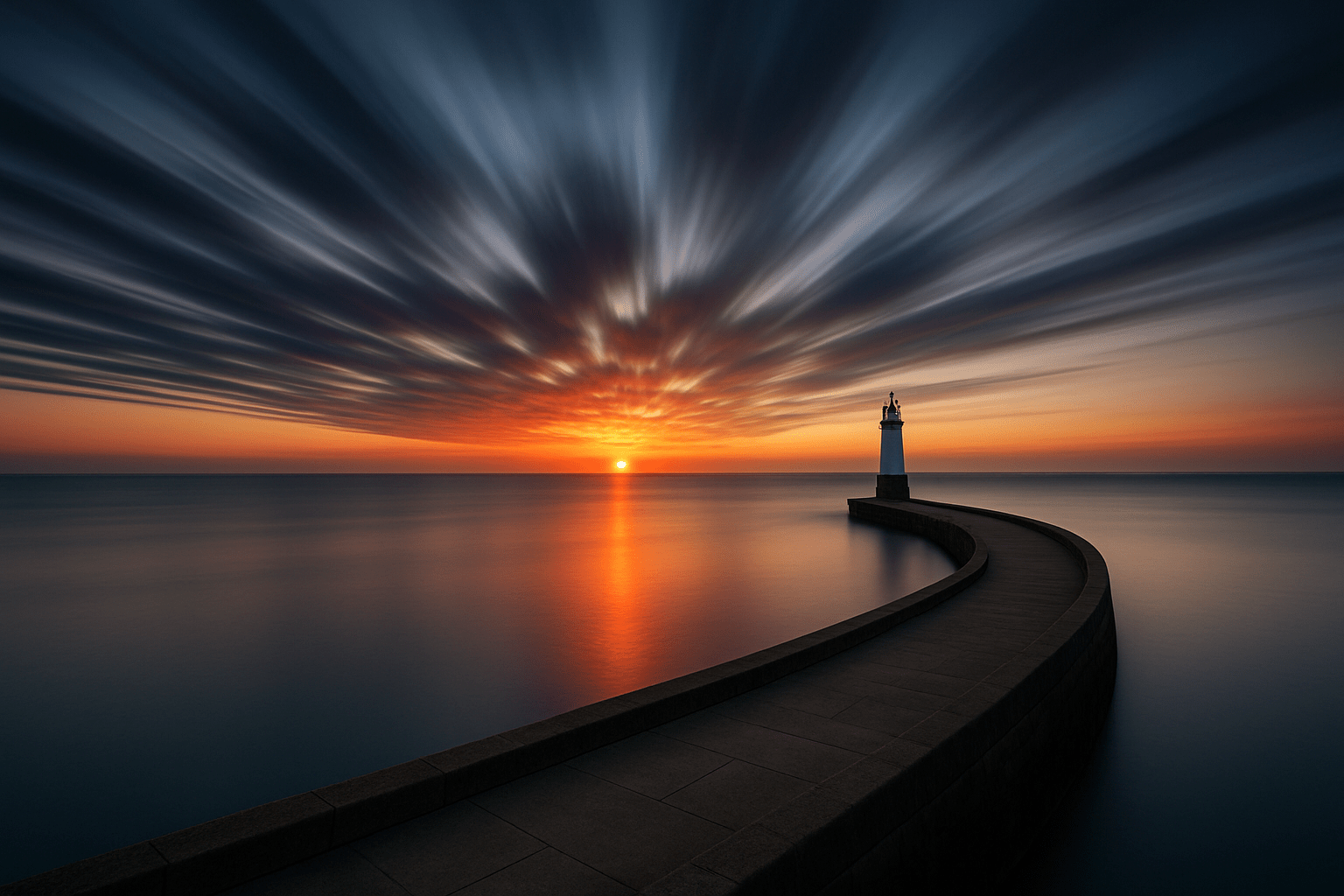
Long exposure photography is a technique where the camera shutter is open for a long period of time, typically 1 second or more, to capture light trails.
Thinking in the box: Impressionism, Modernism
Might also call it: Slow shutter speed photography, time-lapse photography, night photography
Lovecraftian No.489
Lovecraftian is a dark and foreboding art style that is heavily influenced by the work of horror author H.P. Lovecraft. It often features dark and twisted imagery, and is designed to evoke a feeling of unease and terror in the viewer.

The art style Lovecraftian is characterized by its dark and mysterious atmosphere. It often features eerie landscapes and dark, foreboding creatures.
Thinking in the box: Impressionism, Modernism
Might also call it: eerie, ghostly, spooky, supernatural, weird, uncanny
Lowbrow No.490
Lowbrow is a type of art that is characterized by its use of popular culture imagery and its often irreverent or humorous approach. Lowbrow artists often appropriate images from sources such as comic books, advertising, and kitschy tourist souvenirs, and re-contextualize them in a new and often ironic way. Lowbrow art emerged in the 1970s in the underground art scene in Los Angeles, and has since gained a wider audience. Lowbrow artists often explore themes of sexuality, violence, and the grotesque, and their work often challenges traditional ideas about what is considered "high art."

Lowbrow art is characterized by its use of humor, irony, and pop culture references. It often features images from comic books, movies, and television shows. Lowbrow art is often brightly colored and includes elements of pop art and graffiti.
Thinking in the box: Impressionism, Modernism
Might also call it: Inferior, common, vulgar, low-class
Lowbrow Art No.491
Born in defiance of high culture, Lowbrow art, also known as pop surrealism, is a rebellious blend of humor, absurdity, and street culture, often exploring fantastical subjects.

An eclectic tapestry of vibrant colors, comic book aesthetics, and surreal juxtapositions, dancing across canvases like a punk rock symphony. Characters range from whimsical to grotesque, transgressing boundaries with cheeky irreverence.
Thinking in the box: Popular Culture, Punk, Surrealism
Might also call it: Pop Surrealism, Underground Art
Lucian Freud No.492
Lucian Freud was a British painter and one of the foremost exponents of the 20th-century realist school of painting. His early career as a painter was influenced by Surrealism, but by the early 1940s his work had moved away from that style and developed into a highly individual realism, often characterized by frank eroticism.

Lucian Freud's art style is characterized by its use of thick, impasto brushstrokes, its dark palette, and its focus on the human form. His paintings often feature close-ups of his subjects' faces, which are rendered with great detail and realism.
Thinking in the box: Impressionism, Modernism
Might also call it: Sigmund Freud, Carl Jung, Erik Erikson, Anna Freud, Otto Rank
Lucidframe Logic No.493
A style where elegance meets structured chaos, blending precision with whimsical color, like a kaleidoscope married to architectural blueprints.

Intricate grids meld with vibrant dreams, weaving a tapestry of ordered vibrance; the cosmos and geometry dance hand in hand on canvas.
Thinking in the box: Modernism, Surrealism, Futurism
Might also call it: Frame of Whimsy, Logic of Color, Structured Chaos
Luminetic Surrealism No.494
A dance between light and dream, where reality bends. Luminetic Surrealism is a realm where shadows paint stories and colors sing in whispers.
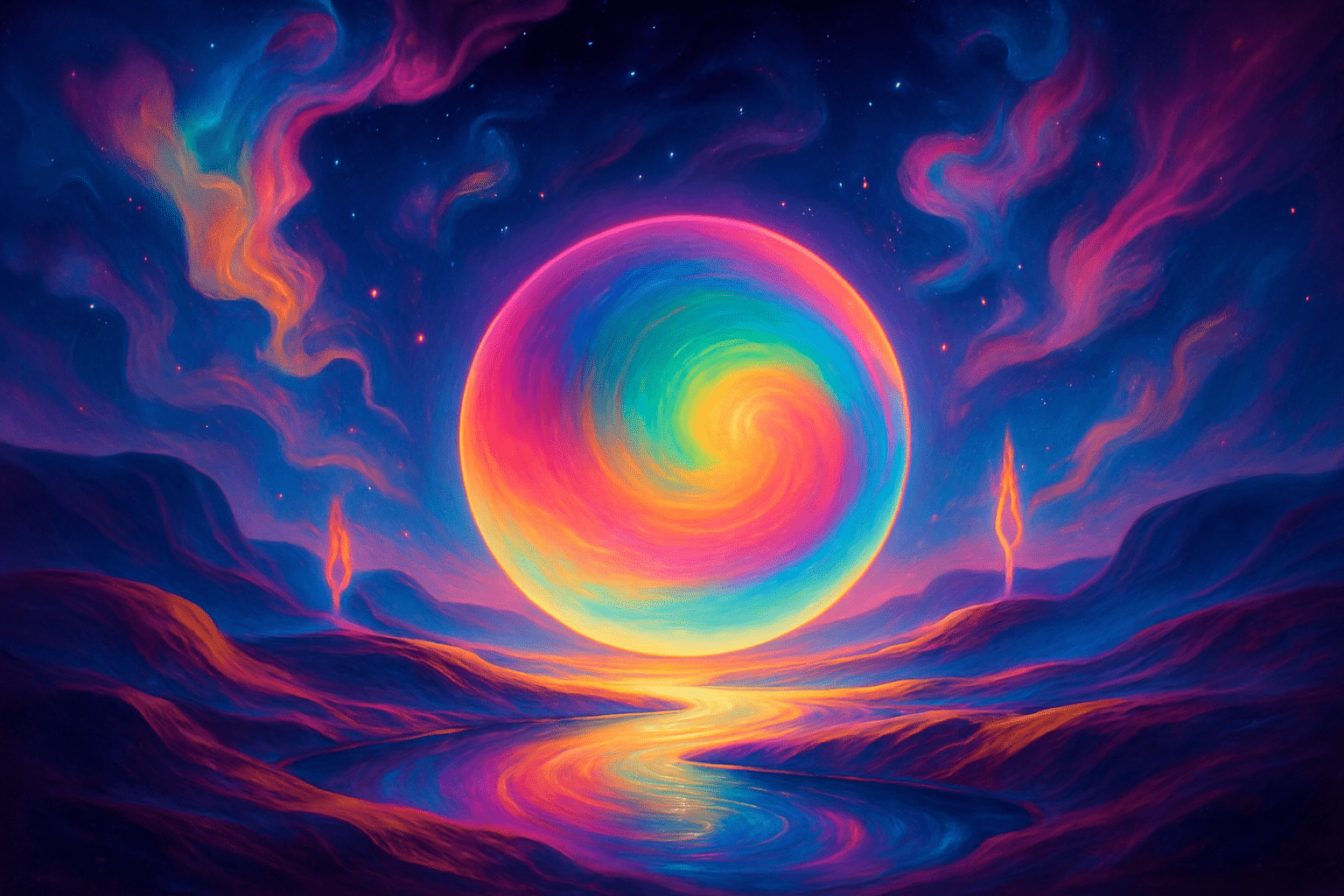
Vivid tapestries of glowing light and ethereal dreams. Surreal landscapes meld with reality, where skies morph, and shadows awaken to reveal hidden tales.
Thinking in the box: Impressionism, Modernism, Post-Modern Digital
Might also call it: Spectral Surrealism, Dreamscapes of Light
Luminism No.495
Luminism is an American art style that emerged in the 1850s. It is characterized by its use of light and color to create a sense of space and atmosphere. Luminist paintings often depict landscapes, but can also include other subjects such as seascapes and cityscapes. The style is closely associated with the Hudson River School, a group of American artists who painted similar subjects in a similar style.

Luminism is a style of painting that emphasizes light, usually by using a strong contrast between light and dark areas. The style is often associated with the American Hudson River School, a group of painters who worked in the mid-19th century.
Thinking in the box: Impressionism, Modernism
Might also call it: Illuminism, Brightness, Radiance, Splendor
Luxembourgers No.496
Luxembourgers are artists who are known for their use of color and light. They often use a variety of techniques to create their art, including painting, sculpture, and photography. Luxembourgers are known for their ability to create art that is both beautiful and unique.

Luxembourgers have a distinct visual appearance that is characterized by bright colors and bold patterns. Their art style is often described as "exuberant" and "playful."
Thinking in the box: Impressionism, Modernism
Might also call it: Citizens of Luxembourg.
Lyco art No.497
Lyco art is a professional and brief summary about the art style. It is a form of art that is created using a variety of different mediums. The artist uses a variety of different techniques to create a unique and interesting piece of art.

The Lyco art style is characterized by its use of bright colors and bold patterns. Lyco artists often use a limited color palette, and their work is often described as being "loud" or "in your face." This style is often used for street art or graffiti, and it is also popular in the world of fashion.
Thinking in the box: Impressionism, Modernism
Might also call it: Lyco art could be replaced with the words "wild art" or "untamed art."
Lyrical Abstraction No.498
Lyrical Abstraction is a form of abstract art that is characterized by its highly expressive and emotive nature. It is often seen as a reaction against the more rigid and formal styles of abstract art that came before it. Lyrical Abstraction artists often use bold colors and fluid forms to convey their innermost feelings and ideas. The resulting artworks are often highly expressive and visually arresting.
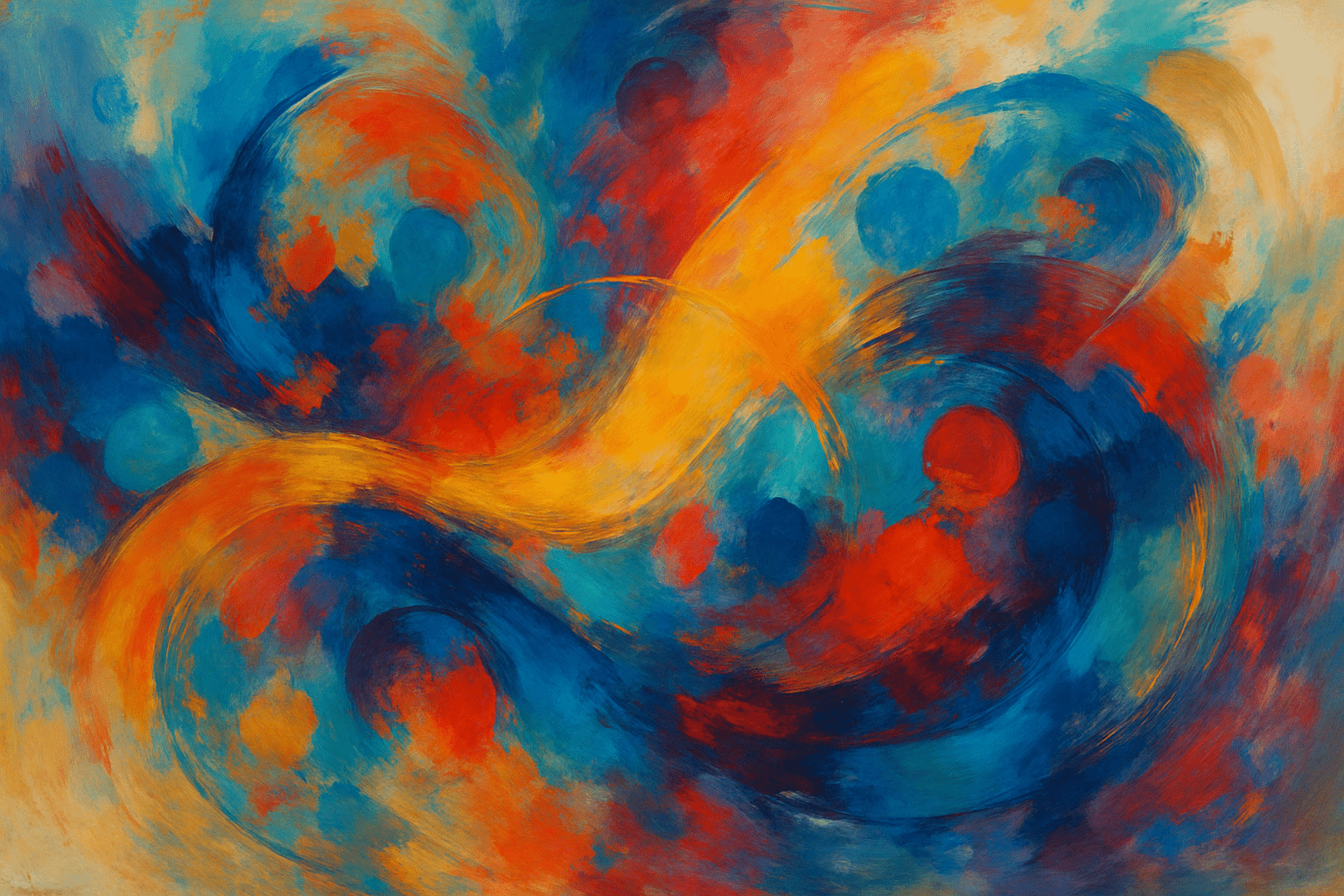
Lyrical Abstraction is an art style characterized by its highly expressive and emotive qualities. The style is often associated with Abstract Expressionism, as both styles share similar characteristics. Lyrical Abstraction paintings are typically characterized by their loose, fluid brushwork, bold colors, and abstract forms. The overall effect of these elements is often one of energy and movement.
Thinking in the box: Impressionism, Modernism
Might also call it: Abstract art, non-representational art, non-objective art, non-figurative art
Macedonians No.499
Macedonian art is a style of art that developed in the region of Macedonia. It is characterized by its use of geometric shapes and bright colors. Macedonian art is often used to decorate homes and public spaces.
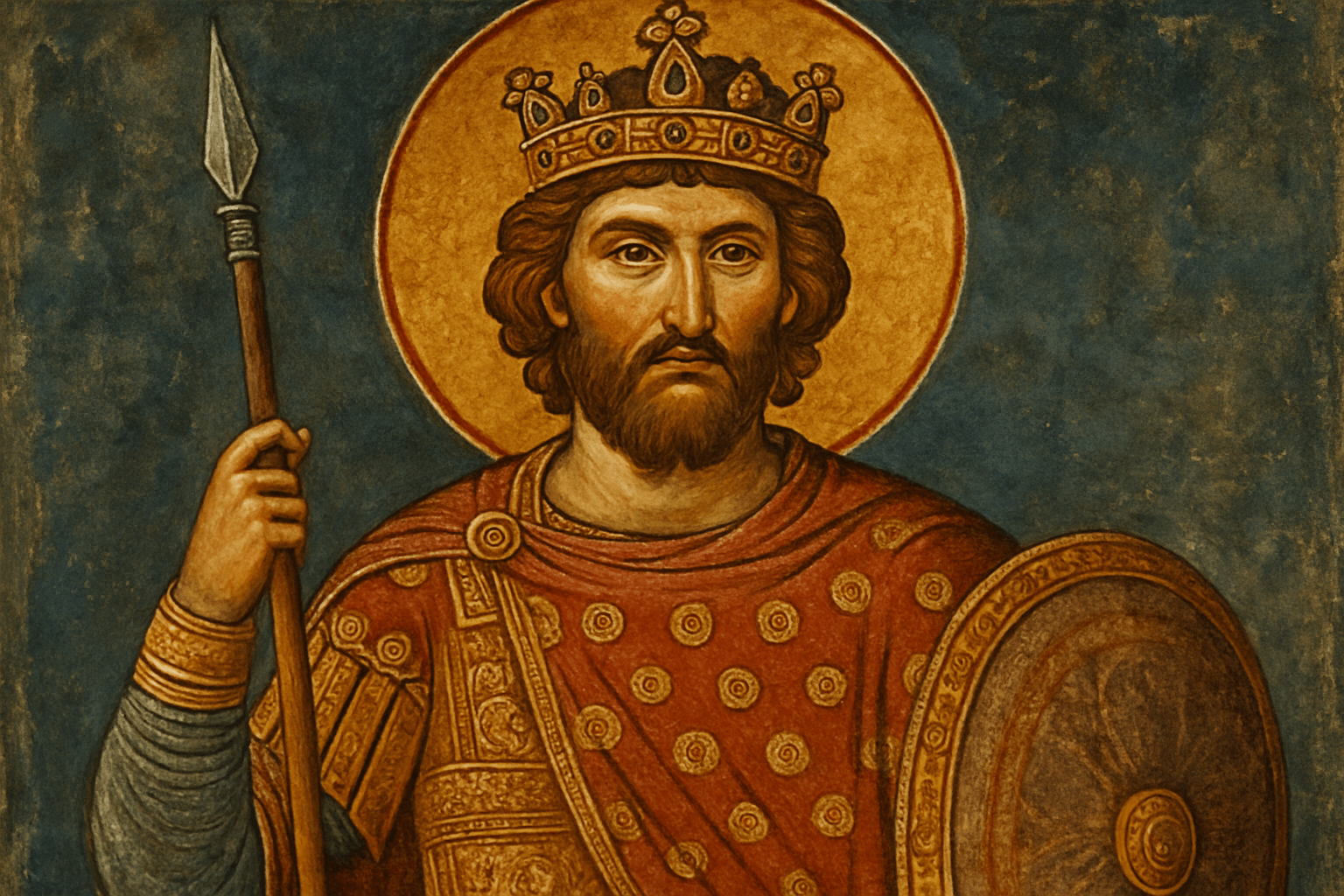
Macedonian art is characterized by its use of bright colors and bold patterns. Macedonian artists often use geometric shapes and patterns in their work, and they often incorporate traditional Macedonian motifs into their paintings and sculptures.
Thinking in the box: Impressionism, Modernism
Might also call it: Greeks, Hellenes
Machine Zen Brush No.500
Art whispers with serene elegance, where algorithm meets soul and strokes echo the quietude of ancient ink yet breathe in modern pulse. FOR ARTSTYLE=Machine Zen Brush
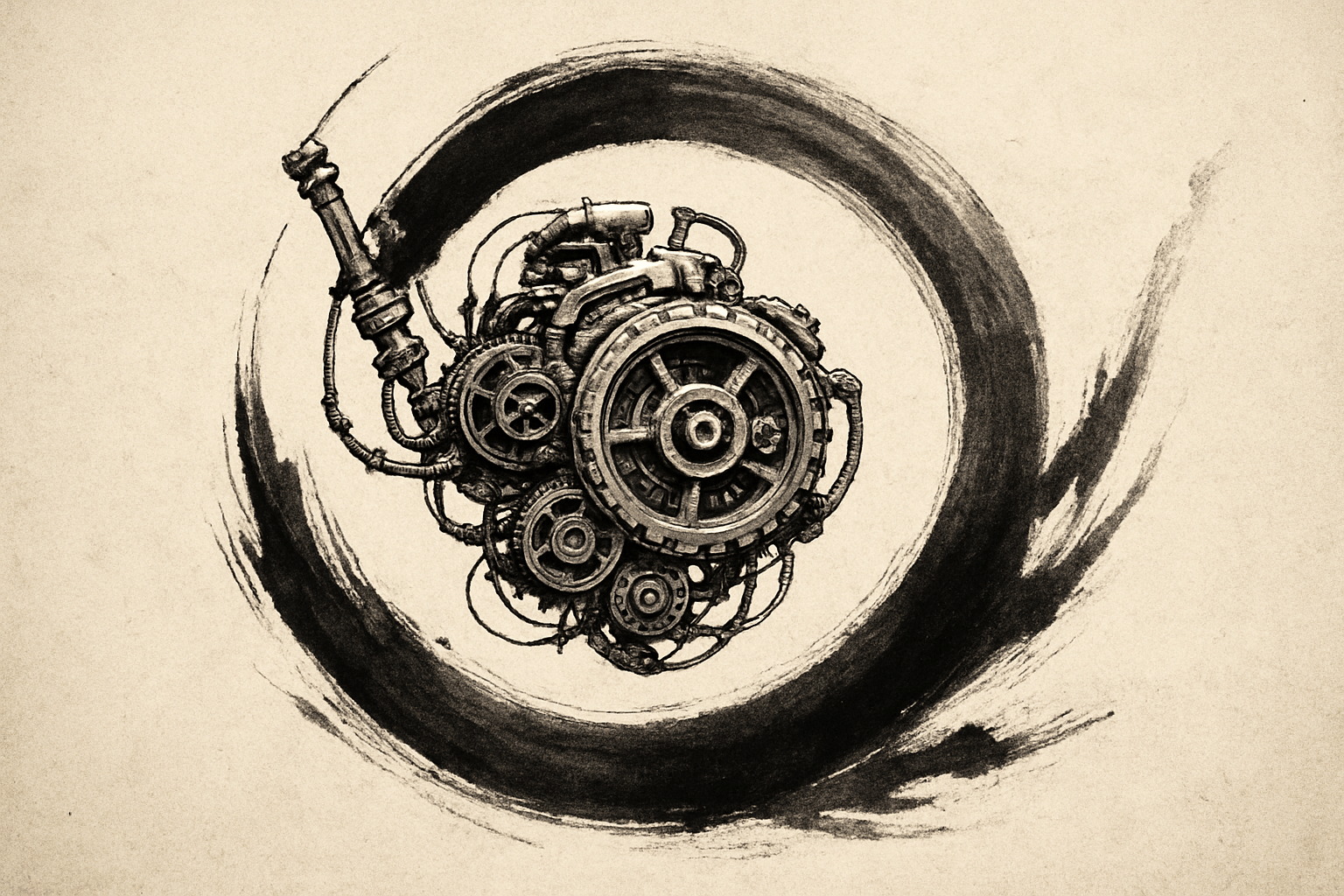
Shadows meld into light, strokes cradle minimalism tenderly; each mark is deliberate, like cherry blossoms kissing parchment. Visual paradox of chaos and control. FOR ARTSTYLE=Machine Zen Brush
Thinking in the box: Impressionism, Abstract Digital FOR ARTSTYLE=Machine Zen Brush
Might also call it: Algorithmic Ink, Digital Calligraphy, AI Zen Art FOR ARTSTYLE=Machine Zen Brush
Macro Photography No.501
Macro photography is a type of photography that involves taking close-up pictures of small objects. This type of photography can be used to capture the details of a small object, or to take pictures of insects or other small creatures.
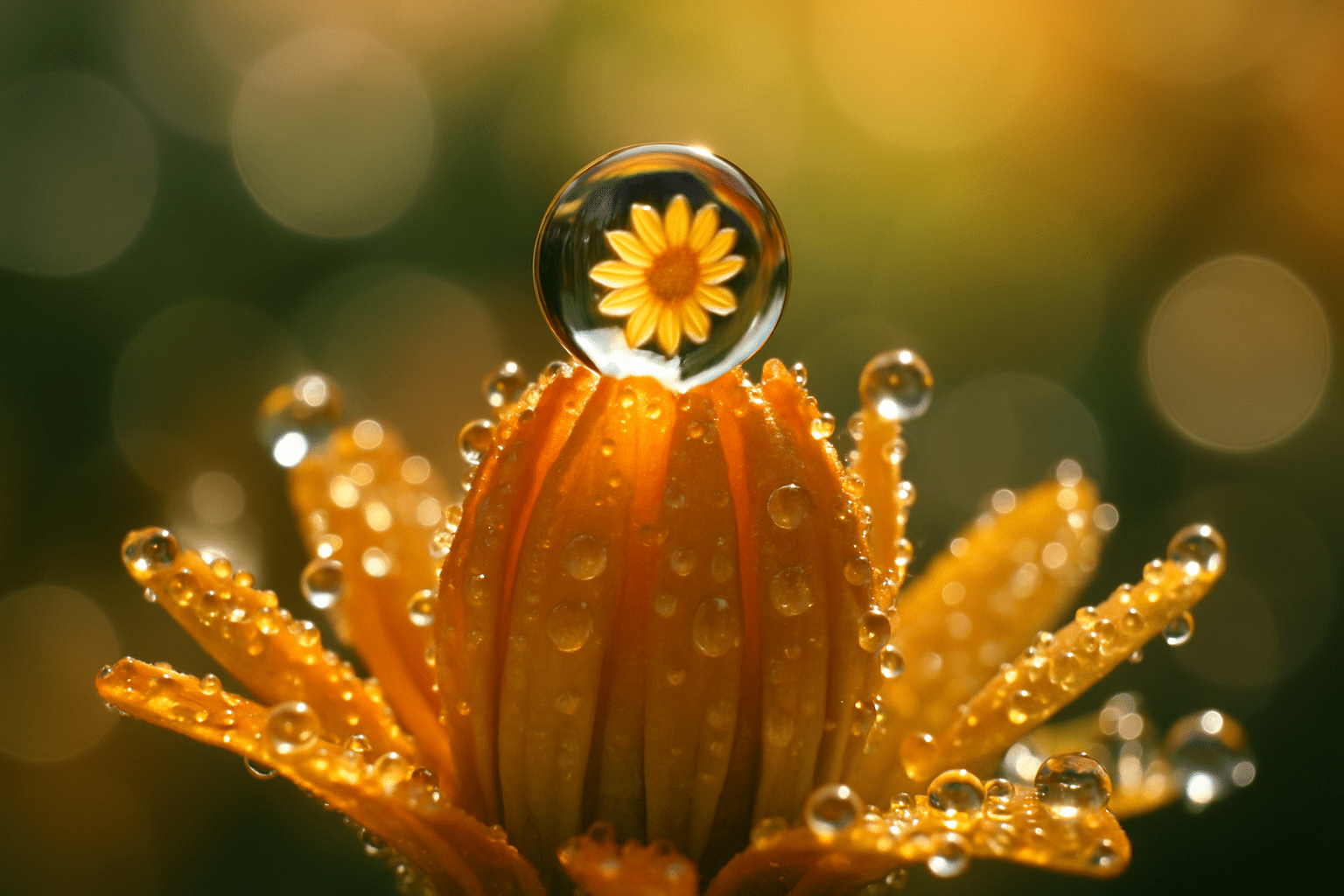
Macro photography is a type of photography that involves taking close-up pictures of small objects. The most common subjects of macro photography are insects, flowers, and other small creatures.
Thinking in the box: Impressionism, Modernism
Might also call it: Close-up photography, detail photography, magnified photography.
Magic Realism No.502
Magic Realism is a genre of art that combines elements of both fantasy and reality. It is often used to create a sense of wonder or mystery, and often features magical or supernatural elements.
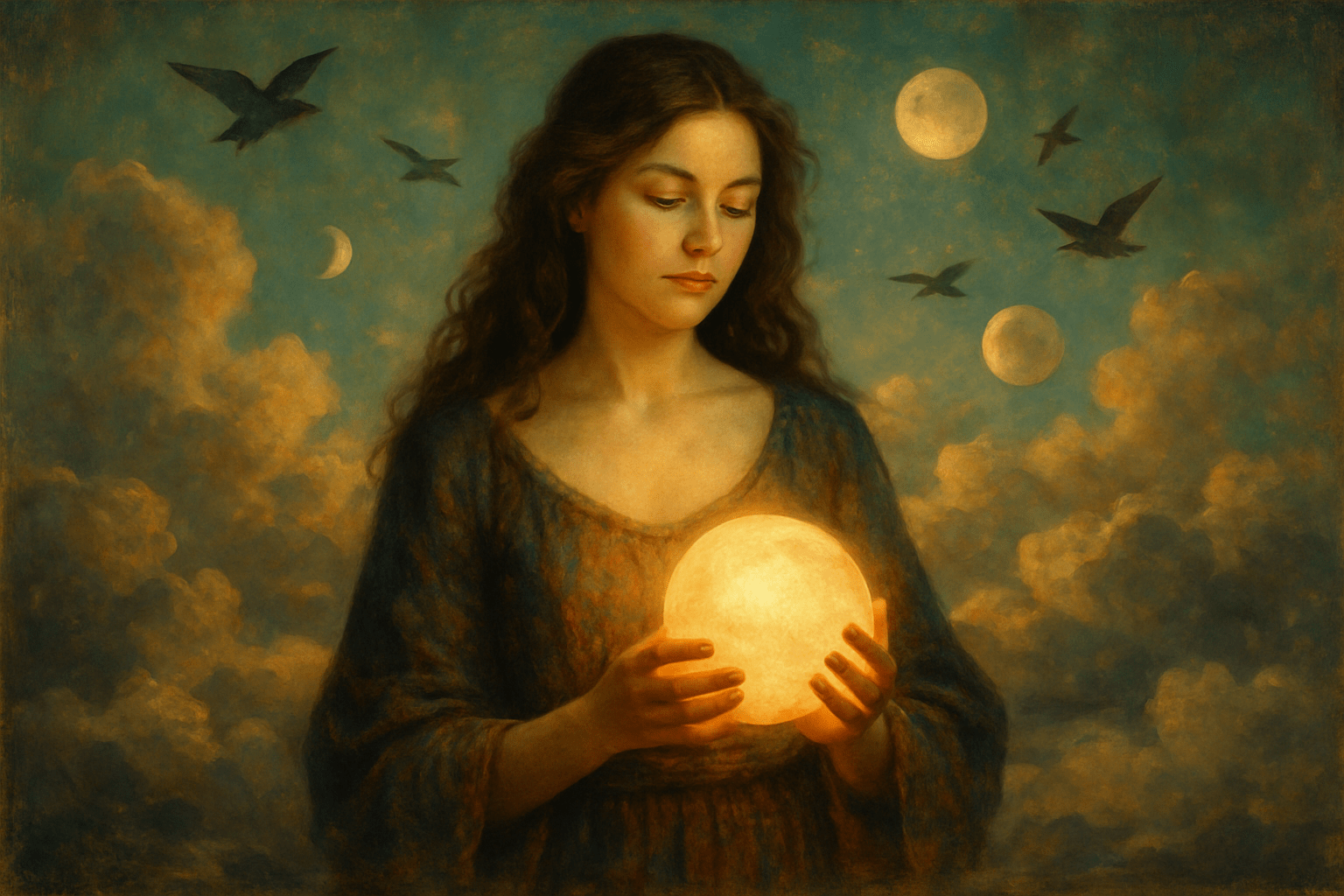
The art style of Magic Realism is often described as having a dreamlike quality, with elements of both reality and fantasy. This style is often characterized by its use of bright colors and bold patterns, as well as its focus on the everyday lives of ordinary people.
Thinking in the box: Impressionism, Modernism
Might also call it: Fantasy, supernatural, myth, legend, fairy tale, enchantment, witchcraft, sorcery, alchemy.
Magic the Gathering No.503
Magic the Gathering is a collectible card game with a unique art style that has been popular for over 25 years. The game is set in a fantasy world and has a wide variety of creatures and characters.

The art style of Magic the Gathering is very detailed and realistic. The colors are very bright and vibrant. The characters and creatures are very well designed and look very lifelike.
Thinking in the box: Impressionism, Modernism
Might also call it: Card game, game
Mail art No.504
Mail art is a type of art that is created by sending small pieces of art through the mail. Mail art can be anything from a simple drawing to a complex collage. Mail art is often sent anonymously, and it is not unusual for mail art to be sent to strangers.

Mail art is a type of art that is created by sending small, often handmade, pieces of art through the mail. The art is usually sent anonymously and is often political or personal in nature.
Thinking in the box: Impressionism, Modernism
Might also call it: Postal art, correspondence art
Manga No.505
Manga is a Japanese comic book and graphic novel genre. Manga stories are typically printed in black-and-white, although some full-color manga exist. The manga art style is characterized by its distinctive visuals, including large eyes, stylized hair, dramatic expressions, and action-packed plots.

Manga art style is typically characterized by big eyes, small mouths, and dramatic expressions. The characters often wear bright colors and have unique hairstyles.
Thinking in the box: Impressionism, Modernism
Might also call it: comic, graphic novel, anime
Mannerism No.506
Mannerism is a period of artistic style that emerged in the late 15th century and lasted until the early 17th century. The style is characterized by an artificiality and exaggeration of the Renaissance style, often resulting in compositions that are bizarre or unsettling.

The art style Mannerism is characterized by its use of bright colors, its ornate details, and its overall dramatic appearance.
Thinking in the box: Impressionism, Modernism
Might also call it: Stylization, artificiality, mannerliness, affectation
Mannerist Baroque No.507
A theatrical dance between distortion and drama, Mannerist Baroque enchants with its audacious flair, challenging the senses while drawing whispers from the ordinary.

A kaleidoscope of twisted grace, where elongated forms and extravagant gestures shine through dazzling light, reflecting surreal shadows.
Thinking in the box: Impressionism, Modernism, Neo-Baroque, Surreal Mannerism
Might also call it: Dramatic Mannerism, Theatrical Baroque, Distorted Splendor
Marina No.508
Marina is a professional artist who specializes in creating beautiful, one-of-a-kind paintings. Her art is characterized by its bright colors and bold brushstrokes, which create a sense of movement and energy. MarinaÃÂÃÂs paintings are often inspired by her travels, and she enjoys capturing the beauty of the world around her.
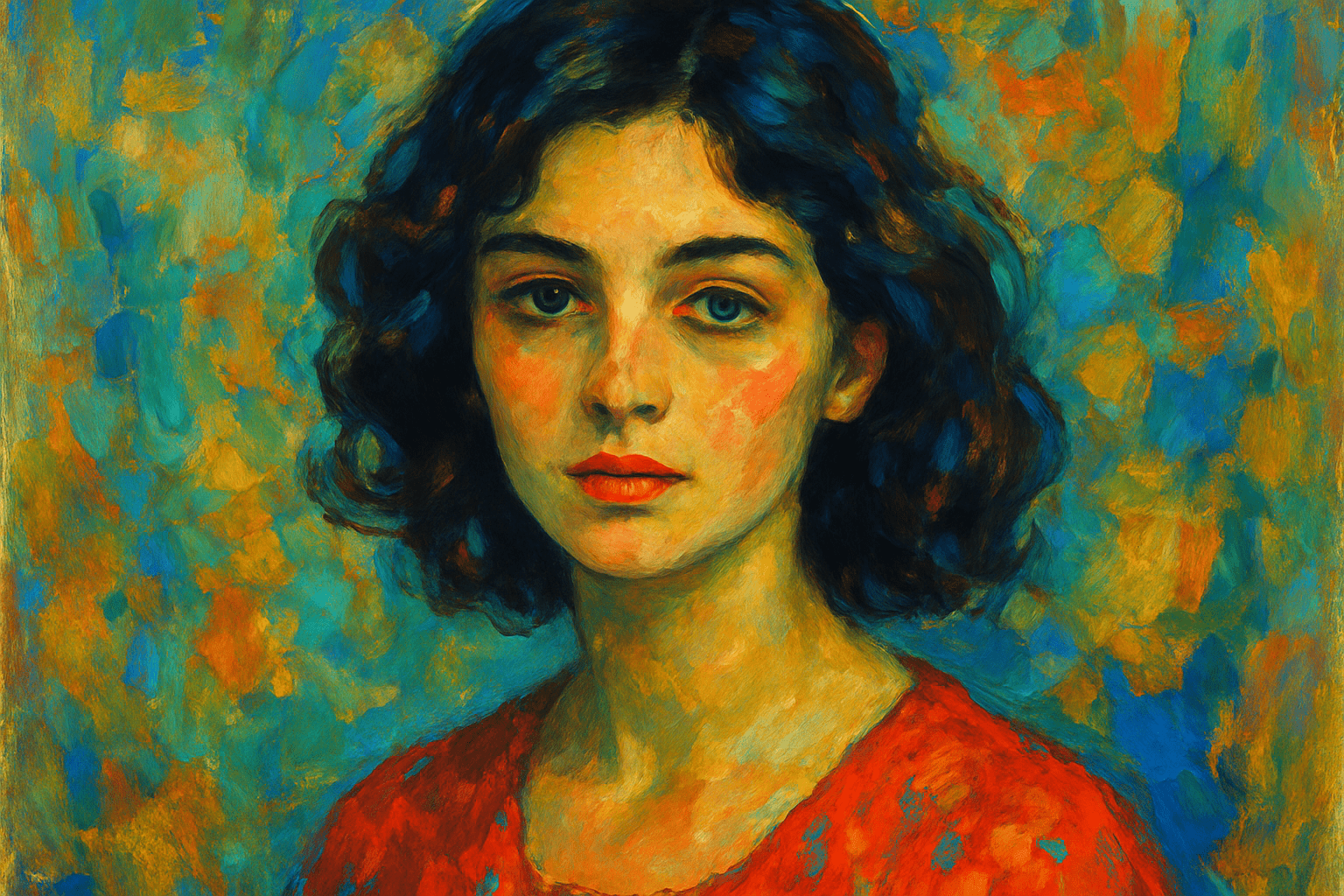
The art style Marina is very colorful and vibrant. The colors are very bold and the shapes are very geometric.
Thinking in the box: Impressionism, Modernism
Might also call it: harbor, dock, wharf, piers, quay
Massurrealism No.509
Massurrealism is a combination of the words "mass" and "surrealism". It is a style of art that features realistic images that are often bizarre or surreal. Massurrealism is often used to create a sense of unease or discomfort in the viewer.
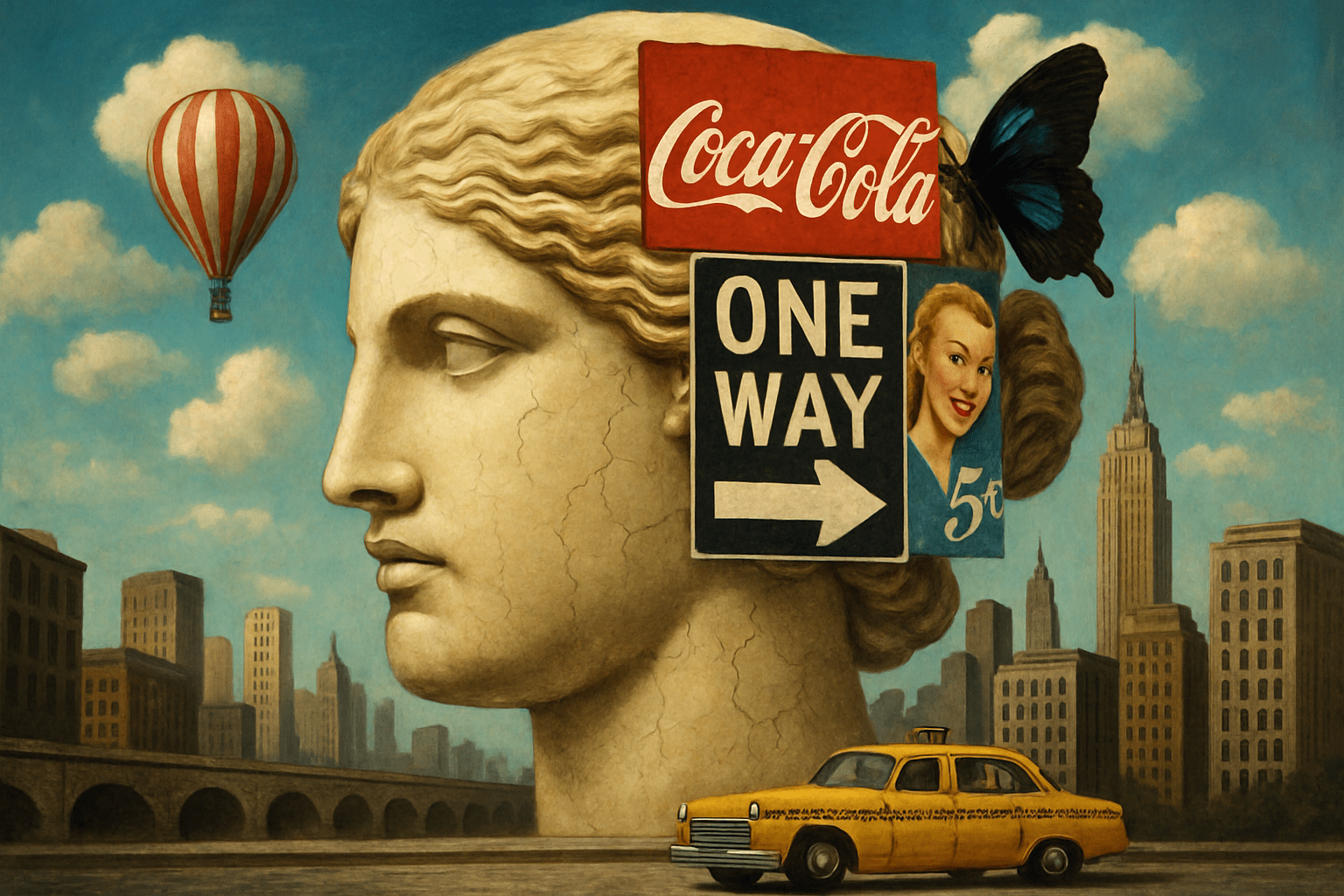
The art style Massurrealism is characterized by its use of bright colors and bold patterns. The style is often described as being "loud" and "in your face." Massurrealist art often includes elements of pop culture and is often satirical in nature.
Thinking in the box: Impressionism, Modernism
Might also call it: Surrealism, Dadaism, Cubism, Abstract Expressionism, Neo-Expressionism, Pop Art, Post-Impressionism
Maximalism No.510
Maximalism is an art style characterized by the use of excessive amounts of detail, color, and texture. This style is often associated with the work of artists who have been influenced by the Pop Art movement.
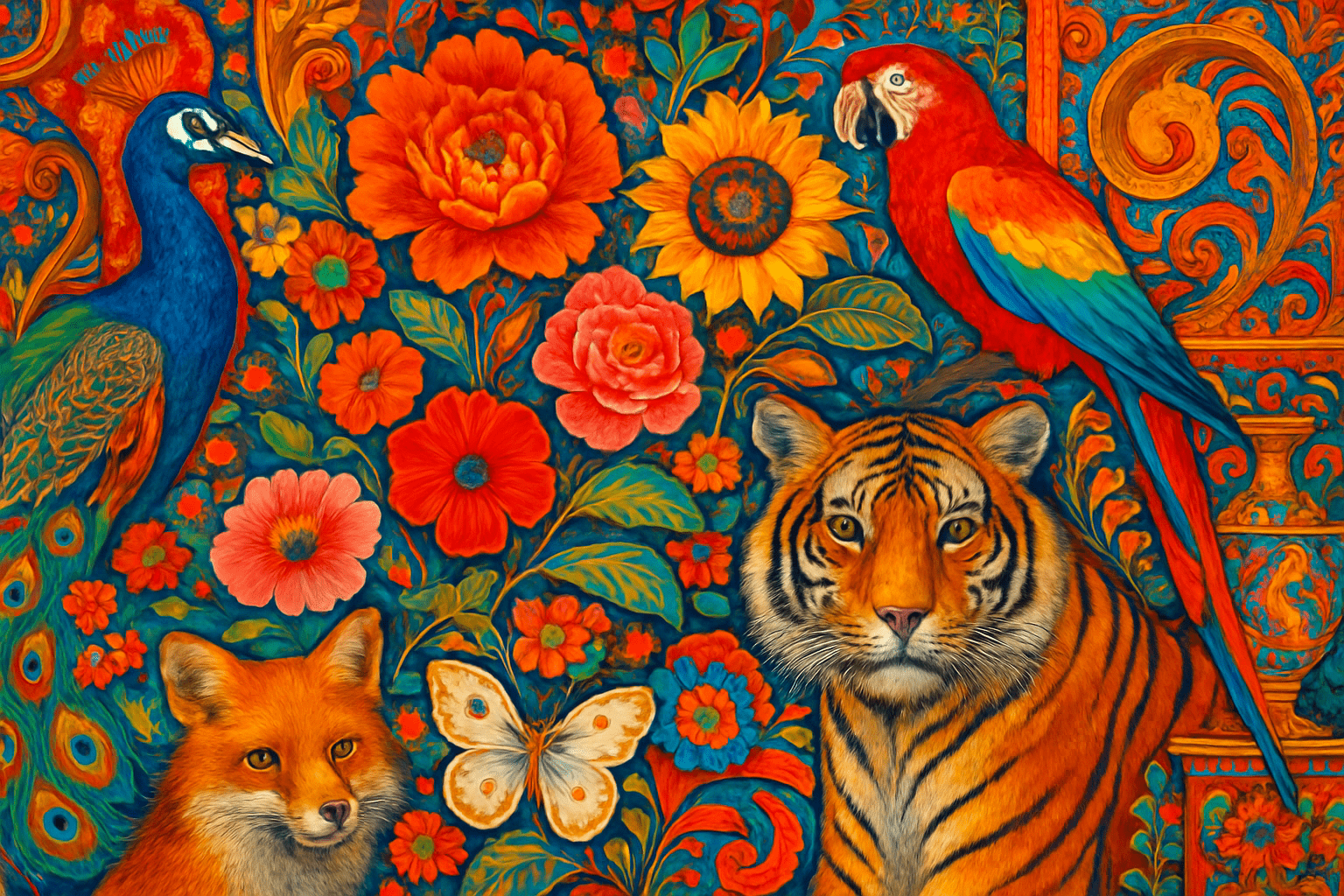
Maximalism is an art style that is characterized by its use of bright colors, bold patterns, and busy designs. This style is often seen as being overdone or excessive, but it can also be seen as playful and fun.
Thinking in the box: Impressionism, Modernism
Might also call it: Extremism, maximalism, radicalism
Medieval Art No.511
Medieval art is a style of art that was popular during the Middle Ages, a period of time lasting from the 5th to the 15th century. This art style is characterized by its ornate and often religious nature, featuring intricate designs and bright colors. Medieval art was used to communicate religious messages, as well as to decorate churches and other buildings. Many famous works of art from this period, such as the Mona Lisa and the Sistine Chapel, continue to be popular and influential today.
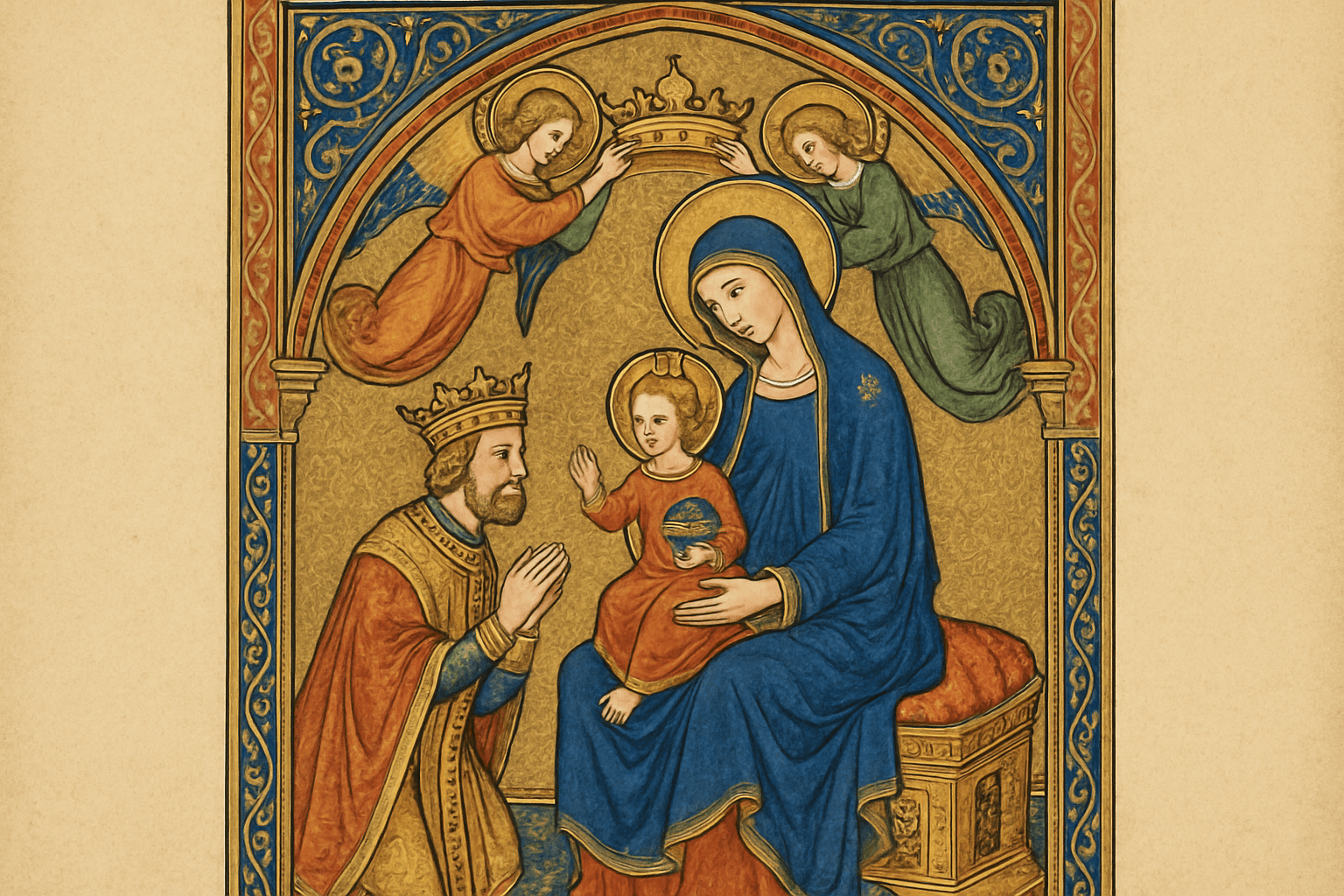
The art style of the Middle Ages is characterized by its ornate, detailed, and often religious nature. Gothic art is a prime example of this style, with its intricate designs and tall spires. Other common features of medieval art include stained glass windows, tapestries, and illuminated manuscripts.
Thinking in the box: Impressionism, Modernism
Might also call it: Middle Ages Art, Gothic Art, Romanesque Art
Mehndi drawing No.512
Mehndi is a form of body art from India in which decorative designs are created on the skin using a paste made from the powdered dry leaves of the henna plant. Mehndi is typically applied to the hands and feet, where the richly-pigmented paste is used to create intricate designs. Mehndi drawings are often used for special occasions such as weddings and festivals.
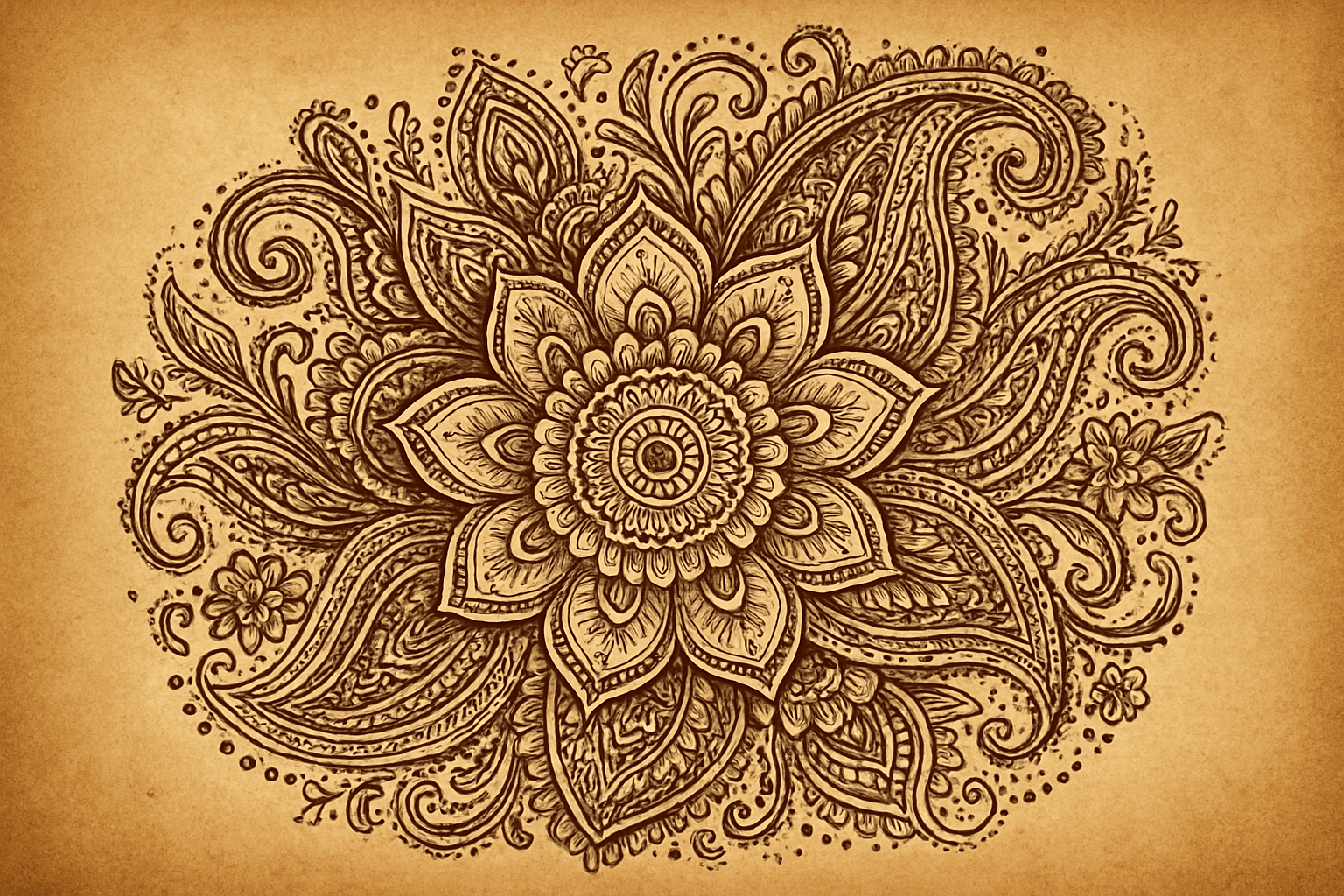
Mehndi is a form of body art from India in which decorative designs are created on the skin using a paste made from the powdered dry leaves of the henna plant. The designs are often very intricate and can cover the entire hand or foot.
Thinking in the box: Impressionism, Modernism
Might also call it: Henna tattoo, Henna painting, Henna
MetaEcho Stylism No.513
Art emerges like whispers in a bustling city—a dialogue between echoes of yesteryear and the whispers of now, stitched together on a canvas of dreams.
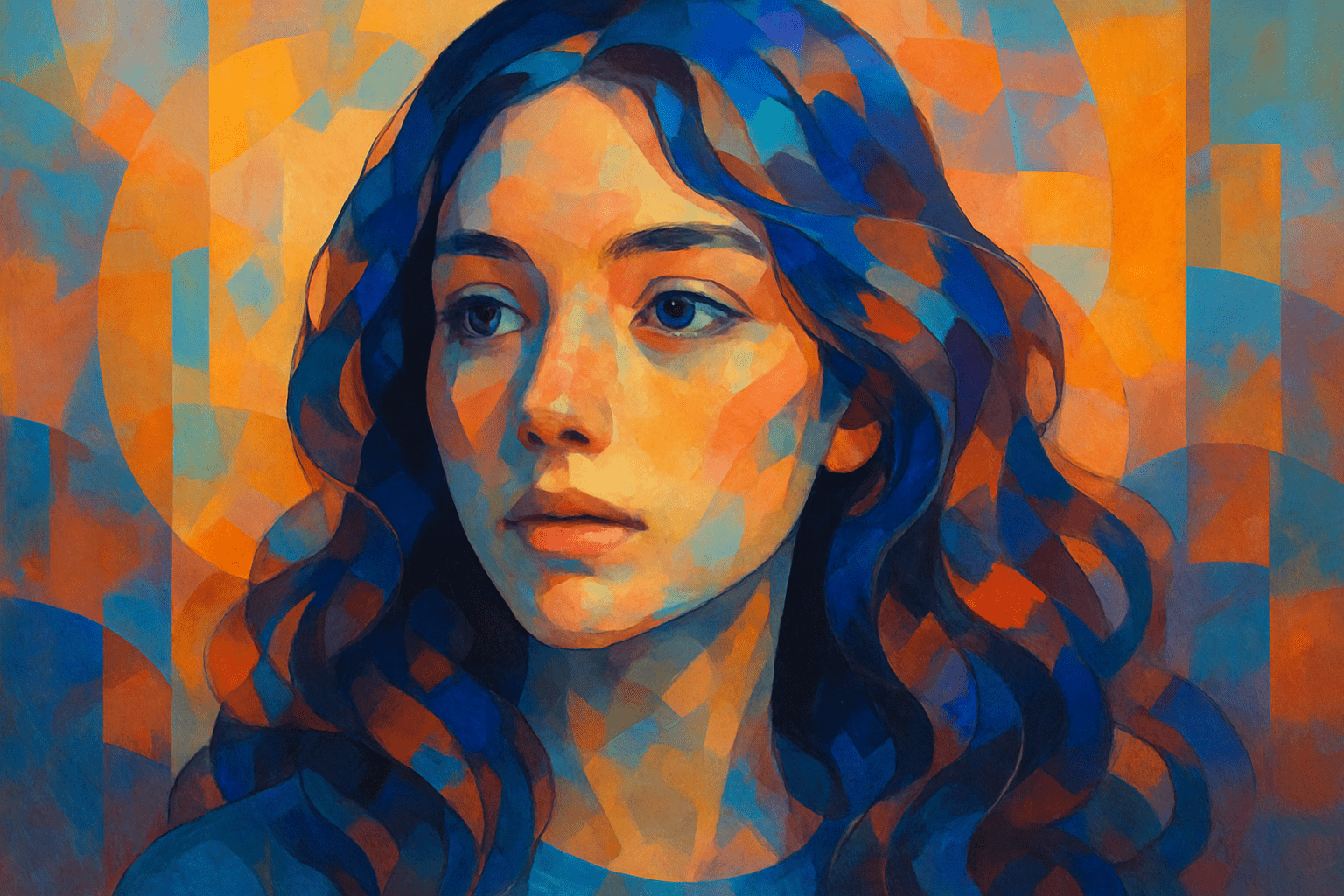
Brushstrokes like digital echoes, colors intertwining like musical notes, form a tapestry where past meets future. Vibrant, shimmering like city lights in rain.
Thinking in the box: Impressionism, Techno-modernism
Might also call it: Echoism, Reflective Realism, Temporal Tapestry
Metaphysical Art No.514
Metaphysical Art is a term used to describe a type of painting that emerged in the early 20th century. Metaphysical artists sought to depict the hidden reality behind appearances, often through the use of symbols and allegory. The style is characterized by its use of unexpected juxtapositions, and its ability to evoke a sense of mystery and wonder.
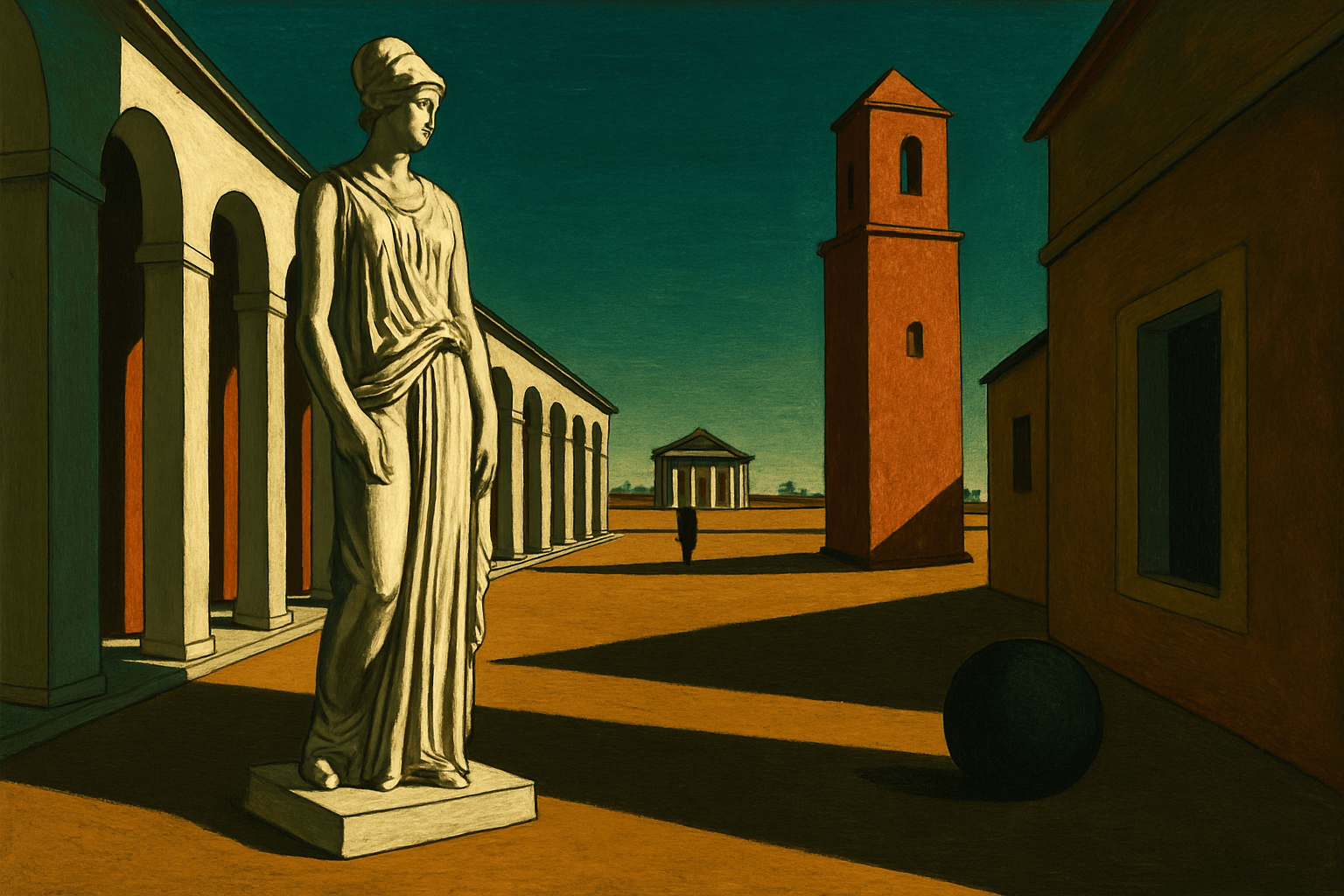
The visual appearance of Metaphysical Art is characterized by its use of bright colors and bold patterns. This art style is often associated with the work of the Italian artist Giorgio de Chirico, who was a leading figure in the Metaphysical Art movement. De Chirico's paintings often feature strange, dreamlike scenes with enigmatic figures and objects.
Thinking in the box: Impressionism, Modernism
Might also call it: Abstract art, non-representational art, art for art's sake
Metaphysical painting No.515
Metaphysical painting is a style of painting that emerged in the early 20th century and is characterized by its use of metaphysical imagery and symbols. Metaphysical paintings often depict scenes from the afterlife or otherworldly settings, and often feature figures that are either in a state of transcendence or are engaged in some sort of mystical activity.
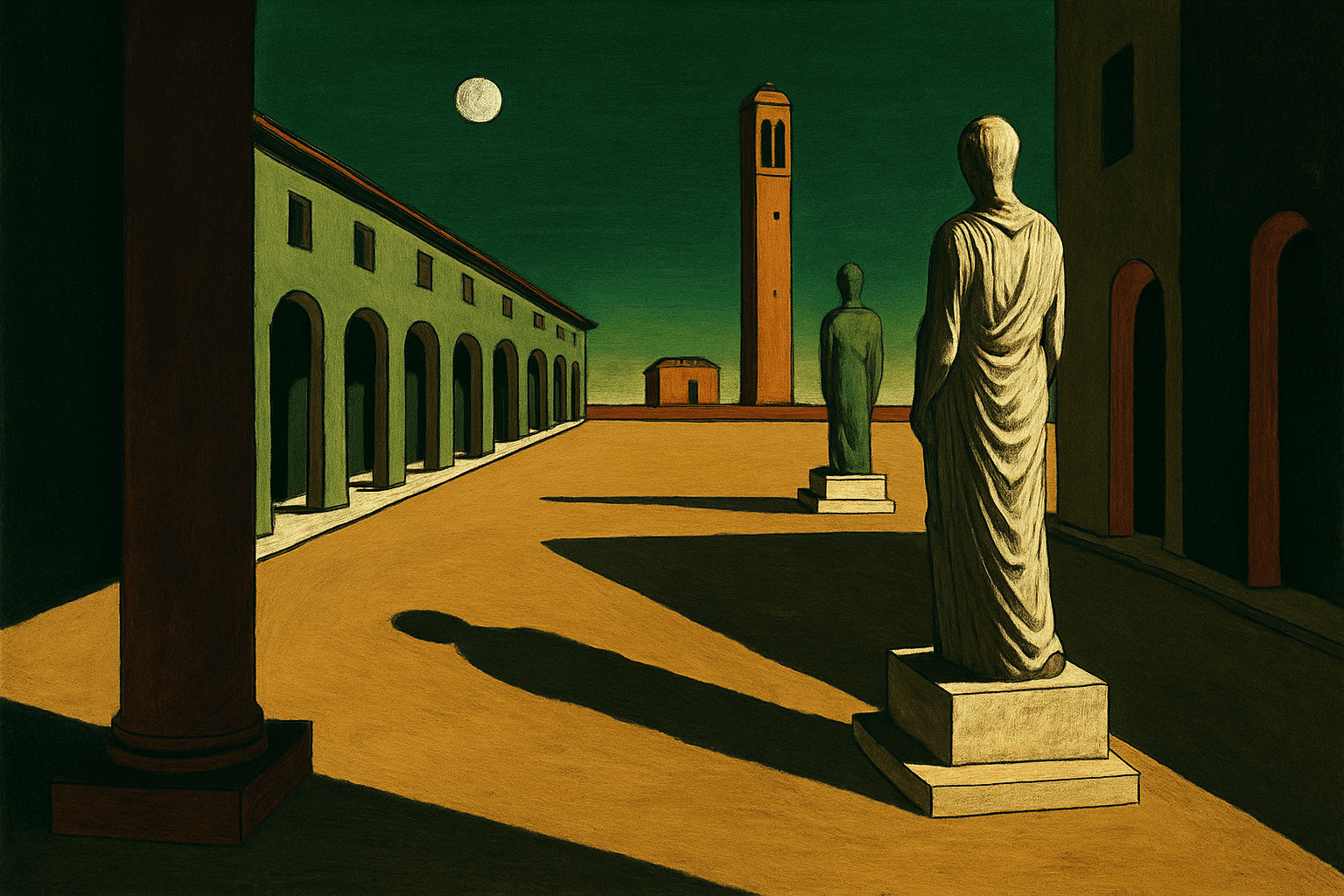
Metaphysical painting is characterized by its use of bold colors and abstract forms. The style is often associated with the work of the Italian artist Giorgio de Chirico, who is credited with founding the movement. Metaphysical paintings often feature strange, dreamlike scenes that are meant to evoke a sense of mystery and awe.
Thinking in the box: Impressionism, Modernism
Might also call it: Abstract painting, non-representational painting, non-objective painting, hard-edge painting, color field painting, lyrical abstraction, post painterly abstraction, geometrical abstraction, optical painting, process painting, action painting, monochrome painting, minimalism, conceptual art, land art, installation art, and performance art.
Mexicans No.516
The art style of Mexicans is characterized by its use of bright colors and bold patterns. Mexican artists often use traditional motifs in their work, which often has a festive and celebratory feel. Mexican art is often very expressive and emotional, and often tells a story about the culture and people of Mexico.
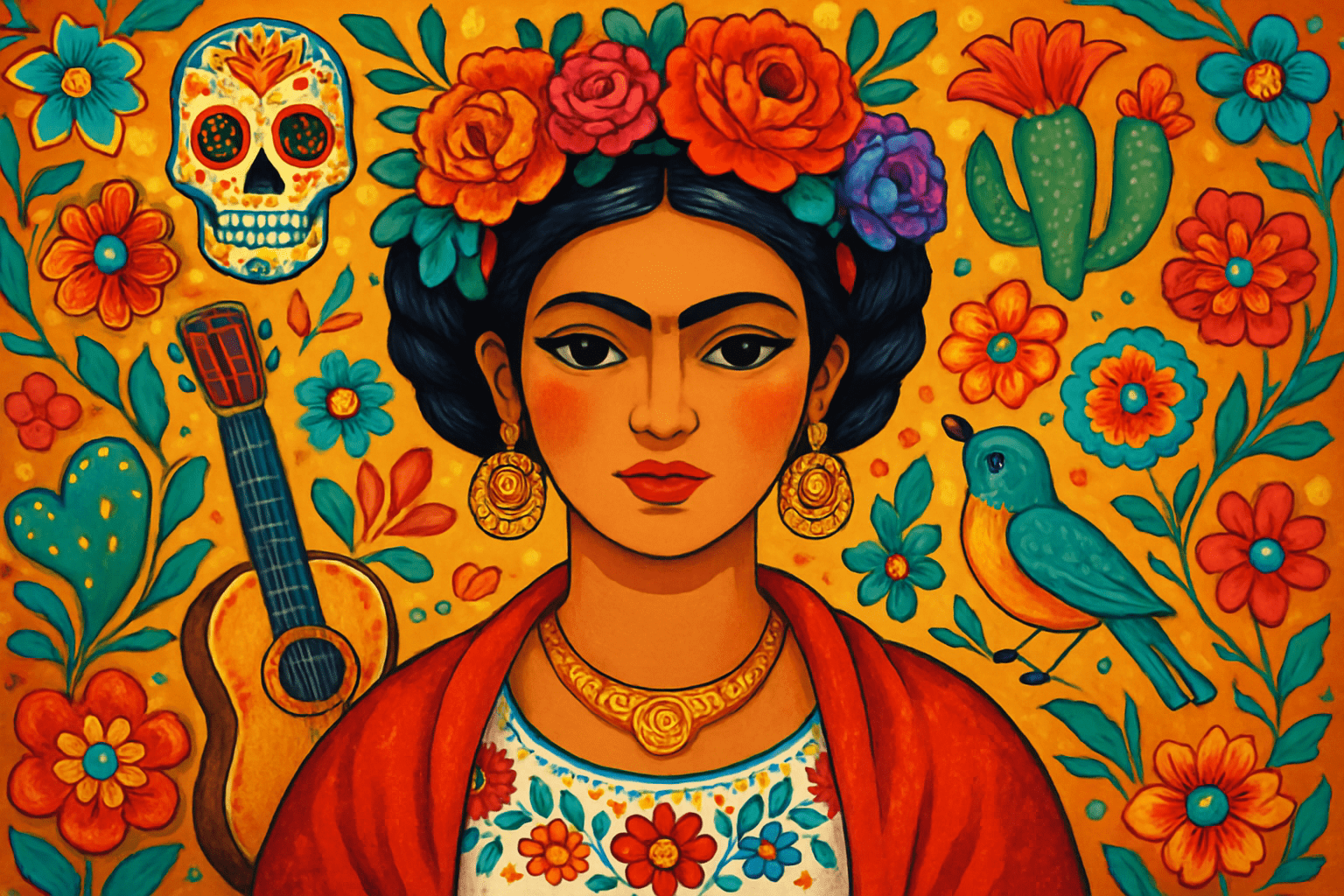
The art style of Mexicans is very colorful and often includes images of nature, such as flowers and animals.
Thinking in the box: Impressionism, Modernism
Might also call it: Latino, Hispanic, Chicano
Mickey Mouse No.517
Mickey Mouse is a cartoon character created in 1928 by Walt Disney and Ub Iwerks at The Walt Disney Studios. Mickey is an anthropomorphic black mouse and typically wears red shorts, large yellow shoes, and white gloves. He is one of the most recognizable cartoon characters in the world and has been featured in comic strips and in television, as well as in a number of films.
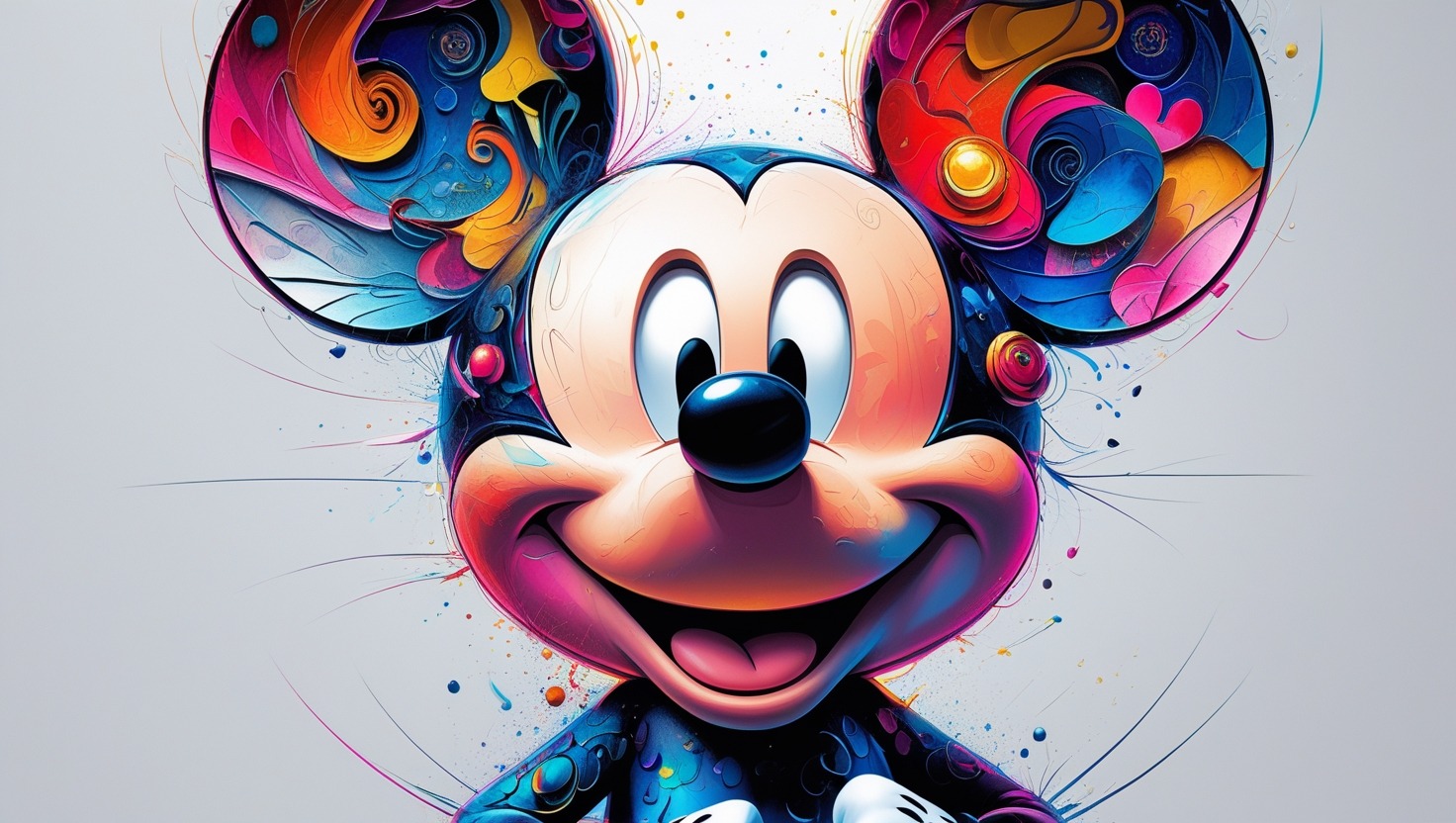
The art style of Mickey Mouse is very colorful and cartoony. The characters are very expressive and the backgrounds are often very busy.
Thinking in the box: Impressionism, Modernism
Might also call it: 1. Minnie Mouse 2. Donald Duck 3. Goofy 4. Pluto 5. Daisy Duck 6. Chip 'n' Dale 7. Huey, Dewey, and Louie 8. Scrooge McDuck 9. Launchpad McQuack 10. Darkwing Duck
Midcentury Style No.518
Midcentury style is a type of art that emerged in the middle of the 20th century. It is characterized by its use of geometric shapes and clean lines. Midcentury artists sought to create a new type of art that was different from the traditional art of the time. They wanted to create an art that was more modern and expressive. Midcentury style is often associated with the art movements of Abstract Expressionism and Pop Art.

The Midcentury Style is a visual art style that is characterized by its use of geometric shapes and bold colors. This style is often associated with the art movements of the mid-20th century, such as Abstract Expressionism and Pop Art.
Thinking in the box: Impressionism, Modernism
Might also call it: Modern, contemporary, sleek, stylish, chic, fashionable, trendy, up-to-date.
Mindfold Stylization No.519
The art form wears paradox like a cloak, blending dreams and reflections often obscured by the fog of reality, where every curve sketches echoes of forgotten rhythms.

Distinctly surreal, a tapestry woven with threads of vivid color and shadowy whispers, akin to a waking dream's embrace, holding secrets behind each stroke.
Thinking in the box: Impressionism, Modernism, Abstract
Might also call it: Surreal Impressionism, Neo-Dream Reality, Lucid Aesthetic
Mingei No.520
Mingei is a Japanese art movement that emphasizes the beauty of everyday objects. It is based on the philosophy that all people are creative and that everyone has the ability to appreciate art. Mingei artists use simple, natural materials and traditional techniques to create their work. The goal is to create objects that are both functional and aesthetic.
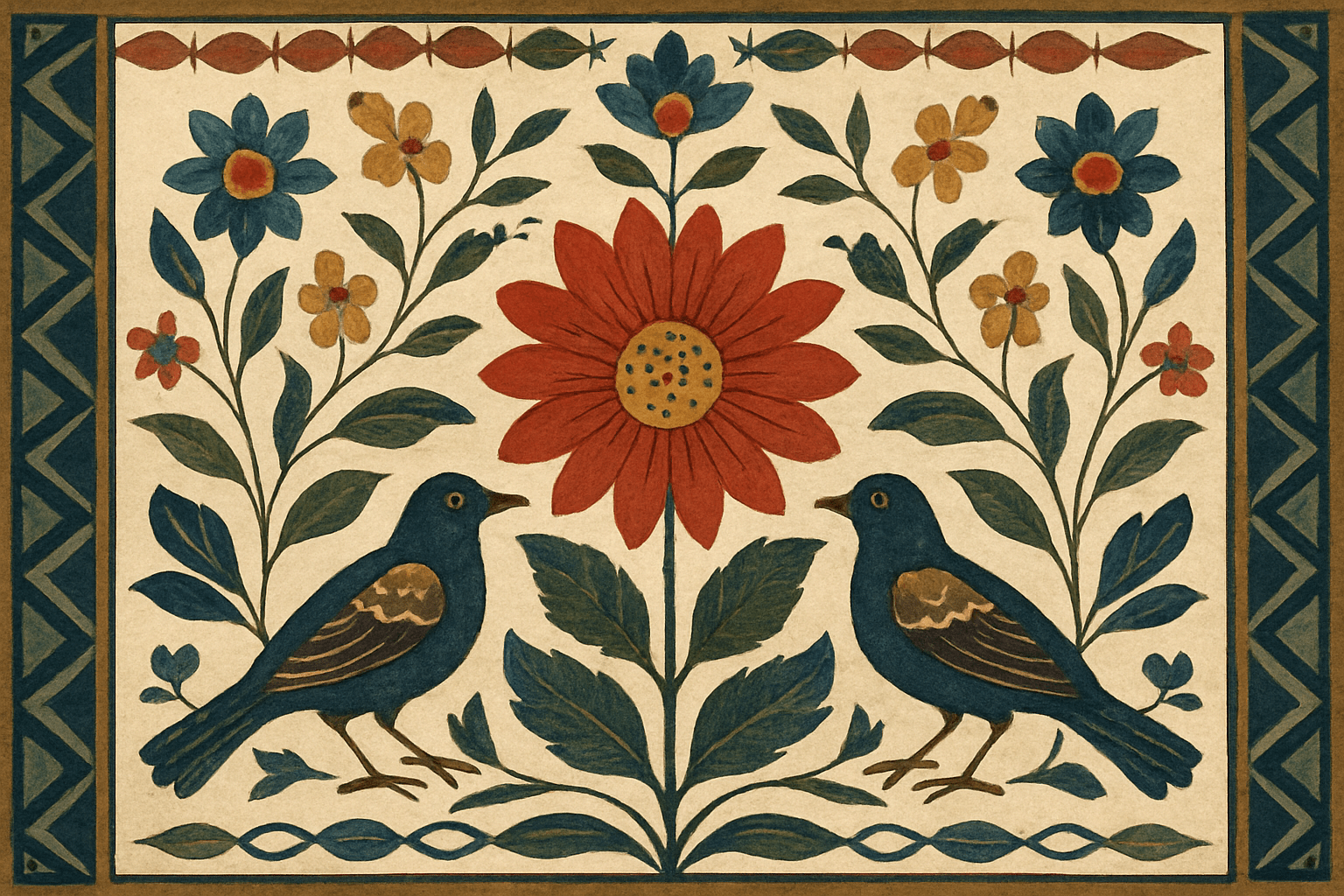
The Mingei art style is characterized by its simple, elegant, and functional design. It is often inspired by traditional folk art and craftsmanship, and features natural materials and muted colors.
Thinking in the box: Impressionism, Modernism
Might also call it: Artisan, handcrafted, homemade, one-of-a-kind.
Miniature No.521
Miniature art is a genre of art that is characterized by its small size. Miniature artworks are typically created on a scale that is smaller than life-size. Miniature art has a long history, dating back to the ancient world. In the medieval period, miniature art was often used in illuminated manuscripts. In the modern era, miniature art has been used in a variety of contexts, including as a form of jewelry and as a collectible art form. Miniature art is typically created using a variety of techniques, including painting, sculpture, and engraving. Miniature artworks are often highly detailed and require a great deal of skill and patience to create. Miniature art is enjoyed by collectors and art enthusiasts alike. It is a genre of art that offers a unique perspective on the world, and provides a glimpse into the artist's imagination.

The art style Miniature is characterized by its small size. It is often used in miniature paintings and sculptures. The style is also characterized by its intricate details and its use of bright colors.
Thinking in the box: Impressionism, Modernism
Might also call it: Small, tiny, little, wee
Minimalism No.522
Minimalism is a art style that is characterized by simplicity and lack of ornamentation. Minimalist artists strive to create art that is pure and uncluttered. They often use simple geometric shapes and muted colors. Minimalism began in the early 20th century as a reaction against the excesses of Abstract Expressionism.

Minimalism is a visual art style that is characterized by simplicity and the use of basic shapes and colors. Minimalist artworks are often clean and sleek in appearance, and they often have a calming effect on viewers.
Thinking in the box: Impressionism, Modernism
Might also call it: Sparse, austere, unadorned, plain, basic
Minimalist No.523
Harnessing simplicity, minimalist art cleanses visual noise. It is a meditation in form, a whisper amidst a cacophony. Defined by its bare essentials, it speaks with quiet confidence.

Sparse canvases with whispers of color. Shapes reduced to their purest form. The striking silence of negative space frames the narrative. Each element deliberate, each absence profound.
Thinking in the box: Modernism, Postmodernism
Might also call it: Minimal Art, ABC Art, Reductive Art
Minimalist Photography No.524
Minimalist photography is a style of photography that emphasizes simplicity and minimalism. It is characterized by clean lines, simple compositions, and a lack of clutter. Minimalist photographers often use black and white photography to further emphasize the simplicity of their images.

Minimalist photography is characterized by its clean, simple, and modern aesthetic. This style of photography is all about stripping down a scene or subject to its essentials and capturing it in a way that is both minimal and stylish. Minimalist photography often features strong geometric compositions and a limited color palette.
Thinking in the box: Impressionism, Modernism
Might also call it: Lifestyle photography, natural light photography, documentary photography, photojournalism
Modern Art No.525
Modern Art is a style of art that emerged in the late 19th century and became increasingly popular in the 20th century. Modern artists sought to break away from traditional forms and techniques, and instead used new technologies and media to create their art. Some of the most famous modern artists include Pablo Picasso, Marcel Duchamp, and Andy Warhol. Modern Art is characterized by its use of abstraction, experimentation, and non-traditional materials and techniques.
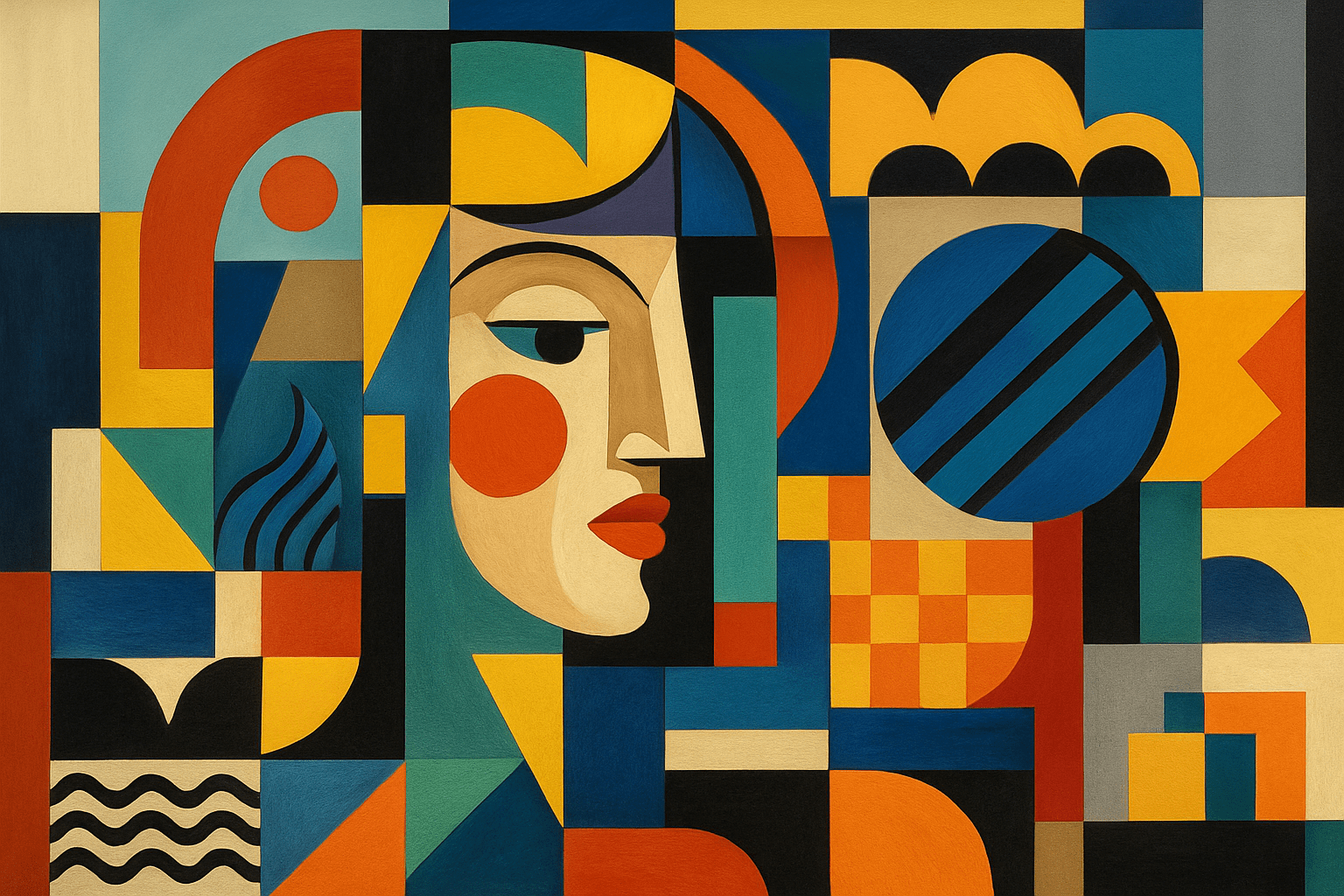
The art style of Modern Art is characterized by its use of geometric shapes and clean lines. The colors are often muted, and the overall look is one of simplicity.
Thinking in the box: Impressionism, Modernism
Might also call it: Contemporary Art, Postmodern Art
Modern European ink painting No.526
Modern European ink painting is a type of painting that uses black ink to create images on white paper. This type of painting originated in China and was later brought to Europe in the 18th century. Modern European ink painting has been used by many famous artists such as Pablo Picasso and Wassily Kandinsky.
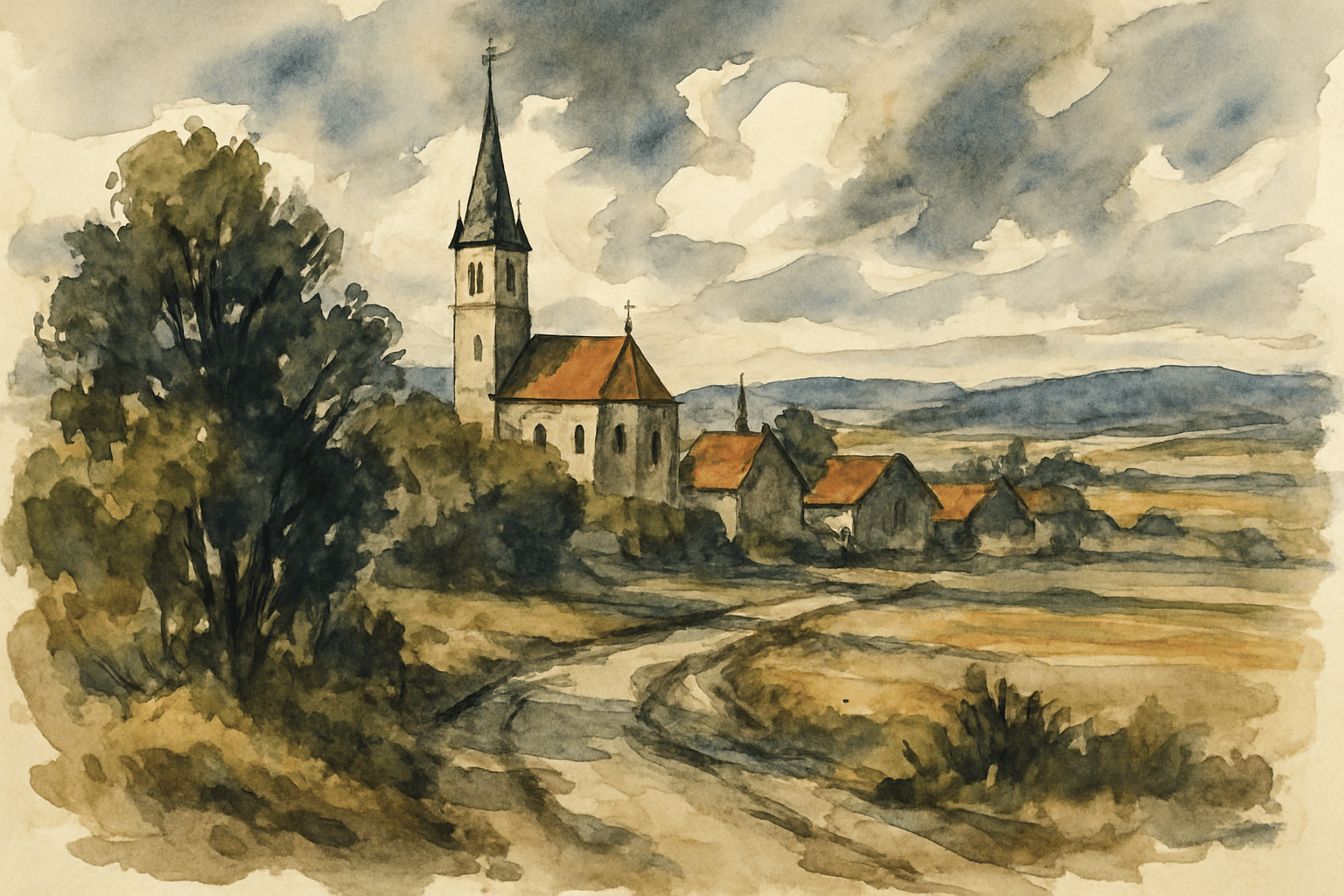
The art style of Modern European ink painting is characterized by its use of bold, black lines and strong contrasts. The overall look is very graphic and often quite striking.
Thinking in the box: Impressionism, Modernism
Might also call it: Contemporary European ink painting, Modernist European ink painting
Modern Impressionism No.527
Modern Impressionism is a style of art that emerged in the late 19th century. It is characterized by its use of light and color to create an overall impression of a scene or subject, rather than to accurately depict it. Modern Impressionism was developed as a reaction to the more traditional, realistic styles of art that were popular at the time. Many Impressionist artists sought to capture the feeling or atmosphere of a scene, rather than its exact appearance. They often used bold colors and loose brushstrokes to create an overall effect, rather than to carefully detail each element. This style of art was popularized by a group of French artists known as the Impressionists. Some of the most famous Impressionist artists include Claude Monet, Pierre-Auguste Renoir, and Camille Pissarro. Modern Impressionism has been influential on subsequent styles of art, and continues to be popular with both artists and viewers today.

The art style of Modern Impressionism is characterized by its use of light and color to create a sense of movement and immediacy. The brushstrokes are often visible and the overall effect is one of spontaneity and vibrancy.
Thinking in the box: Impressionism, Modernism
Might also call it: Contemporary Impressionism, Neo-Impressionism
Modernism No.528
Modernism is a style of art that emphasizes simplicity and abstraction. Modernist artists often used geometric shapes and clean lines to create their work. This style of art emerged in the late 19th century and continued to be popular throughout the 20th century.
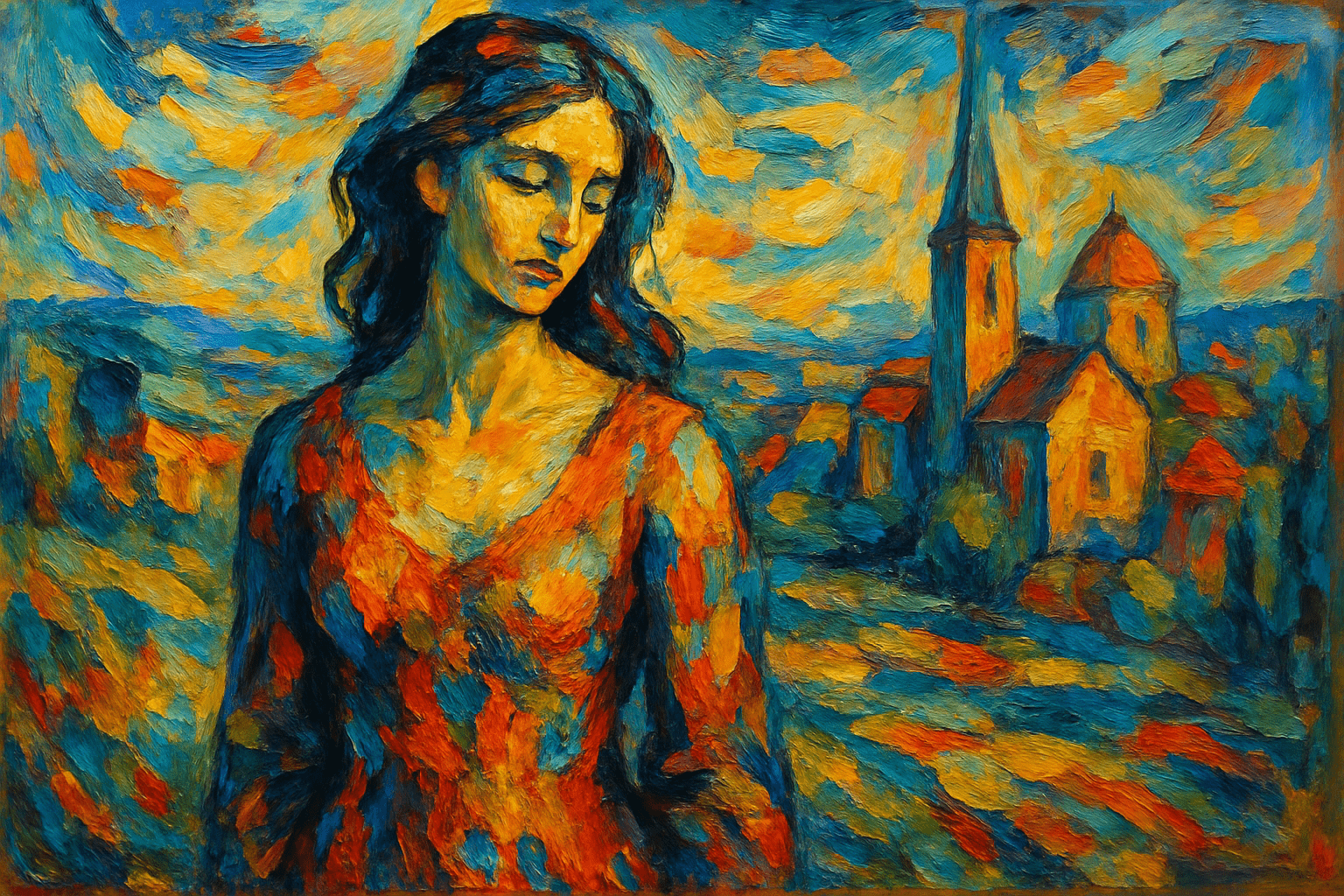
The art style of Modernism is characterized by its use of geometric shapes, bright colors, and simple forms. It is often considered to be a reaction against the more traditional and realistic styles of the past.
Thinking in the box: Impressionism, Modernism
Might also call it: Contemporary, current, up to date, fashionable, in style, trendy, chic
Modular constructivism No.529
Modular constructivism is a type of abstract art that is characterized by its use of geometric shapes and colors. It is often considered to be a type of minimalism, as it often uses simple shapes and colors to create its effects.

The art style of modular constructivism is characterized by its use of geometric shapes and patterns. The shapes are often arranged in a grid-like fashion, and the colors are typically bright and bold. This style is often used in advertising and graphic design.
Thinking in the box: Impressionism, Modernism
Might also call it: 1. Modular constructivism is a theory of learning that emphasizes the importance of modularity in the brain. 2. This theory suggests that the brain is composed of modular units that are responsible for different functions. 3. According to this theory, each module is specialized for a specific task and is relatively independent from the others. 4. This theory has been used to explain a variety of phenomena, including language acquisition and memory. 5. Modular constructivism is a theory of learning that emphasizes the importance of modularity in the brain. 6. This theory suggests that the brain is composed of modular units that are responsible for different functions. 7. According to this theory, each module is specialized for a specific task and is relatively independent from the others. 8. This theory has been used to explain a variety of phenomena, including language acquisition and memory.
Moldovans No.530
Moldovans are a professional and brief art style that originated in Moldova. The style is characterized by its use of bright colors and bold patterns. Moldovans typically use a variety of techniques to create their art, including painting, sculpture, and photography.
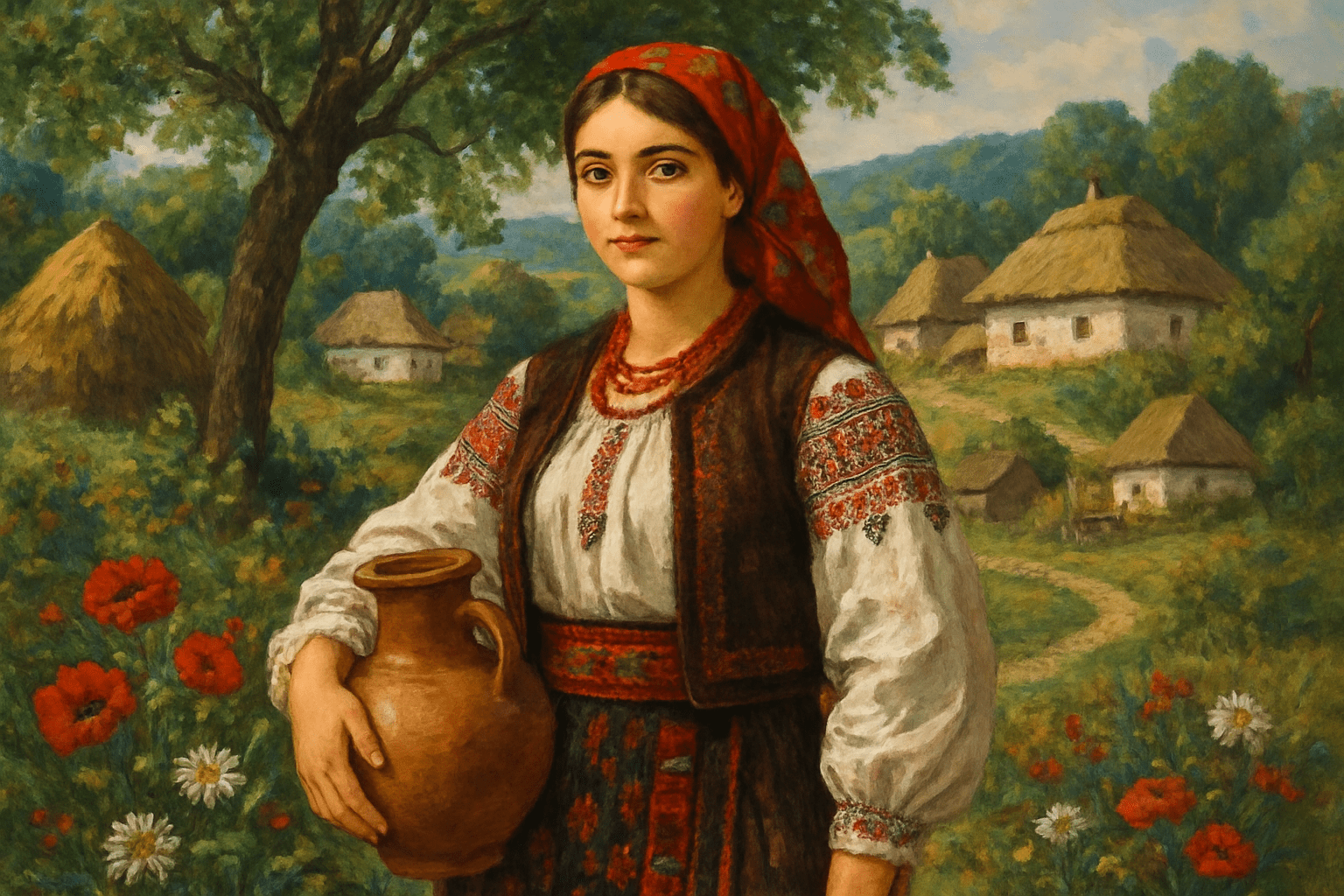
The art style of Moldovans is characterized by its use of bright colors and bold patterns. Moldovan artists often use traditional motifs in their work, which can be seen in the use of floral and geometric patterns. Moldovan art is often playful and whimsical, and often features scenes from daily life.
Thinking in the box: Impressionism, Modernism
Might also call it: Romanians, Moldavians
Monet No.531
Monet's art style is characterized by his use of light and color to capture the beauty of the natural world. He often painted outdoors, using a technique called "en plein air" to capture the changing light and atmospheric conditions. His paintings are known for their luminosity and delicate brushwork, and he is considered one of the founders of the Impressionist movement.

The Monet art style is characterized by its use of light and color to create an impression of the scene. Monet paintings are often described as "luminous" and "transparent." They often have a dreamlike quality, as if the viewer is seeing the scene through a haze.
Thinking in the box: Impressionism, Modernism
Might also call it: Renoir, Manet, Degas, Cezanne, Pissarro, Sisley, Gauguin, Seurat, Van Gogh, Toulouse-Lautrec, Matisse, Picasso
Mongols No.532
The Mongols were a nomadic people who lived in the steppes of Central Asia, and their art style is reflective of their nomadic lifestyle. Their art is characterized by its use of simple geometric shapes and bold colors. Mongols were also known for their skill in metalworking, and their metalwork is characterized by its intricate designs and patterns.
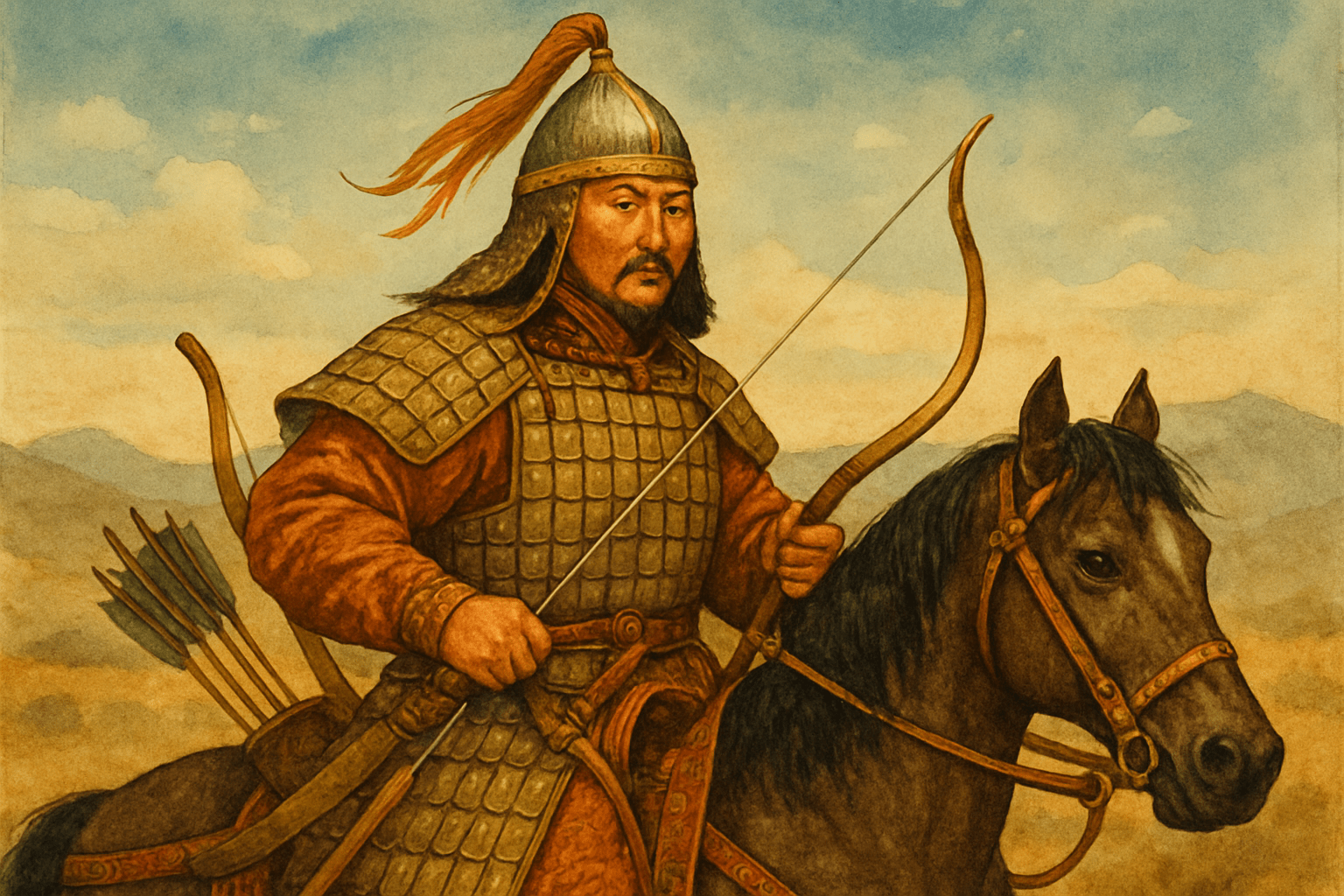
The Mongols art style is characterized by its use of bright colors and bold patterns. The style is often ornate, with intricate designs and patterns. Mongols artists often use a variety of materials, including wood, metal, and fabric, to create their art.
Thinking in the box: Impressionism, Modernism
Might also call it: Tartars, Huns, Mongols, Turks
Monkey Island No.533
The Monkey Island art style is a unique and memorable one, characterized by its use of bright colors and cartoonish graphics. The style is often compared to that of Disney's animated films, and is one of the reasons why the Monkey Island series is so beloved by fans.
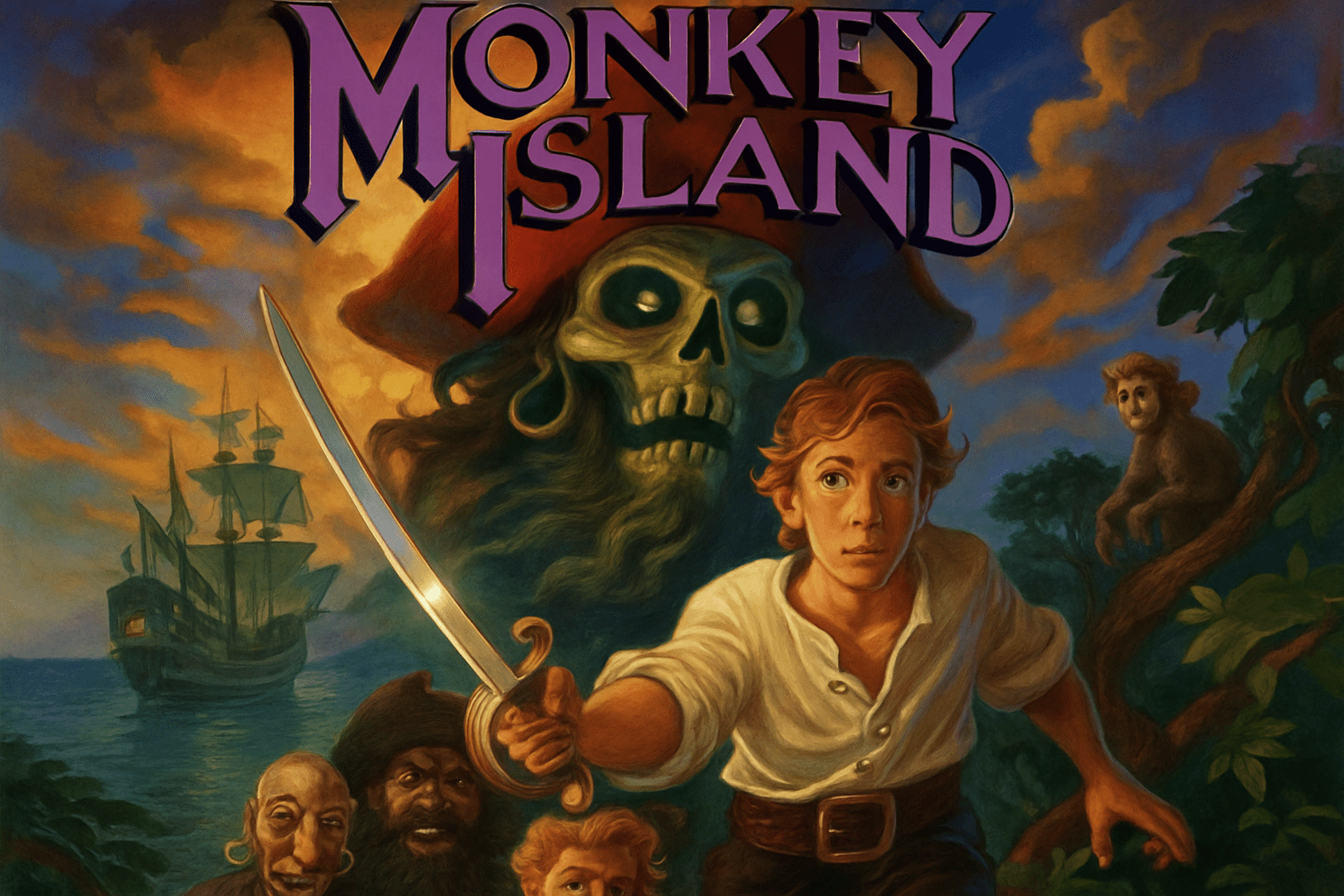
The art style of Monkey Island is colorful and cartoony, with a focus on humor. The characters are expressive and the world is filled with details that make it feel alive. The art style is also consistent with the game's tone, which is light-hearted and comedic.
Thinking in the box: Impressionism, Modernism
Might also call it: Ape Island, Monkey Peninsula, Monkey Isle
Mono-ha No.534
Mono-ha is a Japanese art movement that began in the late 1960s. It is characterized by the use of natural materials such as stone, wood, earth, light, and water, and the focus on the process of creation rather than the final product.

The Mono-ha art style is characterized by simple, often monochromatic, compositions that highlight the materials used and the process of their creation. The focus is on the materials themselves, rather than on the finished product.
Thinking in the box: Impressionism, Modernism
Might also call it: One-ha, 1-ha, uni-ha, single-ha
Montenegrins No.535
Montenegrins are a professional and brief summary about the art style.
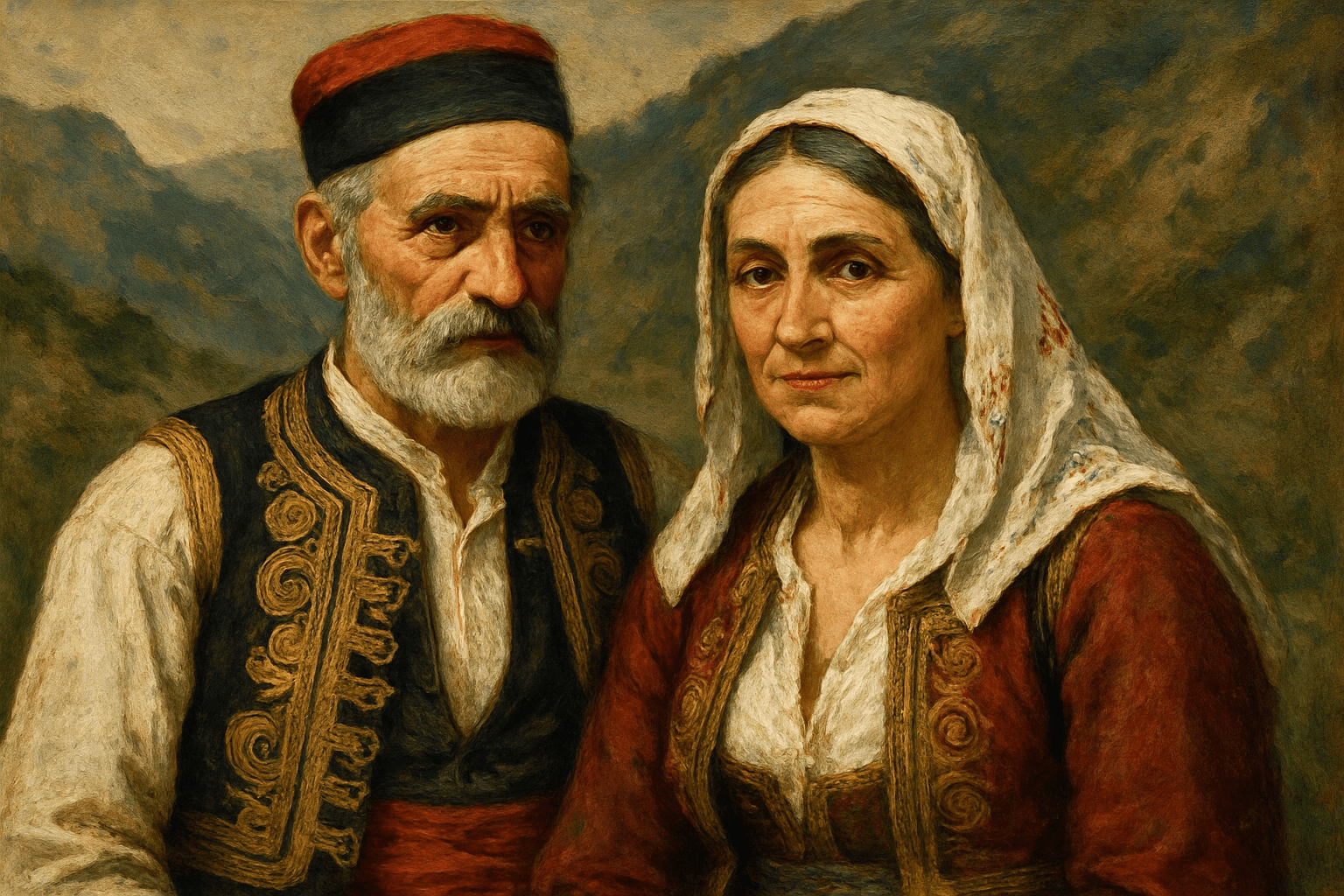
The Montenegrins have a very distinct visual appearance that is easily recognizable. They are known for their dark hair and olive skin, as well as their traditional clothing. Montenegrins typically wear dark colors, such as black, brown, and navy. They also often wear traditional clothing, such as the folk costume known as the opanak.
Thinking in the box: Impressionism, Modernism
Might also call it: Serbs, Croats, Bosnians, Herzegovinians, Slavs
Moroccans No.536
Moroccan art is characterized by its use of vivid colors and intricate patterns. Common motifs include geometric shapes and Arabic calligraphy. Moroccan art is often used to decorate the walls of homes and businesses.

Moroccan art is characterized by its use of bright colors, intricate patterns, and a variety of influences from Arab, Berber, and European cultures.
Thinking in the box: Impressionism, Modernism
Might also call it: Arabs, Muslims
Mosaic No.537
Mosaic is an art style that uses small pieces of colored glass, stone, or other materials to create a larger work of art. Mosaics can be used for a variety of purposes, including flooring, walls, and tabletops.

Mosaic art is made up of small pieces of colored glass, stone, or other materials called "tesserae." The tesserae are arranged in patterns to create images or designs.
Thinking in the box: Impressionism, Modernism
Might also call it: 1. Pattern 2. Art 3. Decoration 4. Tile 5. Glass
Kaleidoscope Fragments No.538
Broken pieces dreaming in unison, mosaic art takes shattered remnants and orchestrates them into symphonies of color, storytelling through brilliantly tessellated mirrors. Ancient yet timeless, this art whispers in the language of stones, glass, and tiles.

Mosaics resemble constellations of color pinned against a night of silence, each shimmering piece a star that tells tales of antiquity and abstraction. Patterns and images emerge from these tessellated whispers, forming vibrant tapestries from fractured jewels.
Thinking in the box: Ancient, Byzantine, Modern Art
Might also call it: Tessellated art, Fragmented tapestry
Mosaic Drawing No.539
Mosaic drawing is a type of art where images are created by piecing together small pieces of paper or other materials. It is a relatively new art form, and has only been around for a few decades. Mosaic drawing is often used to create images with a lot of detail, or to create an image that has a ÃÂÃÂpuzzle-likeÃÂÃÂ appearance.

The art style Mosaic Drawing is a form of art where images are created by using small pieces of colored glass, stone, or other materials.
Thinking in the box: Impressionism, Modernism
Might also call it: 1. Tiled drawing 2. Drawing made of small pieces 3. Drawing composed of many small elements
Moulin Rouge! No.540
Moulin Rouge! is a 2001 Australian-American musical drama film directed by Baz Luhrmann and written by Luhrmann and Craig Pearce. The film tells the story of a young English poet/writer, Christian, who falls in love with the star of the Moulin Rouge, Satine. It is the first film in Luhrmann's Red Curtain Trilogy. The film was nominated for eight Academy Awards, including Best Picture, and won two: Best Art Direction and Best Costume Design.
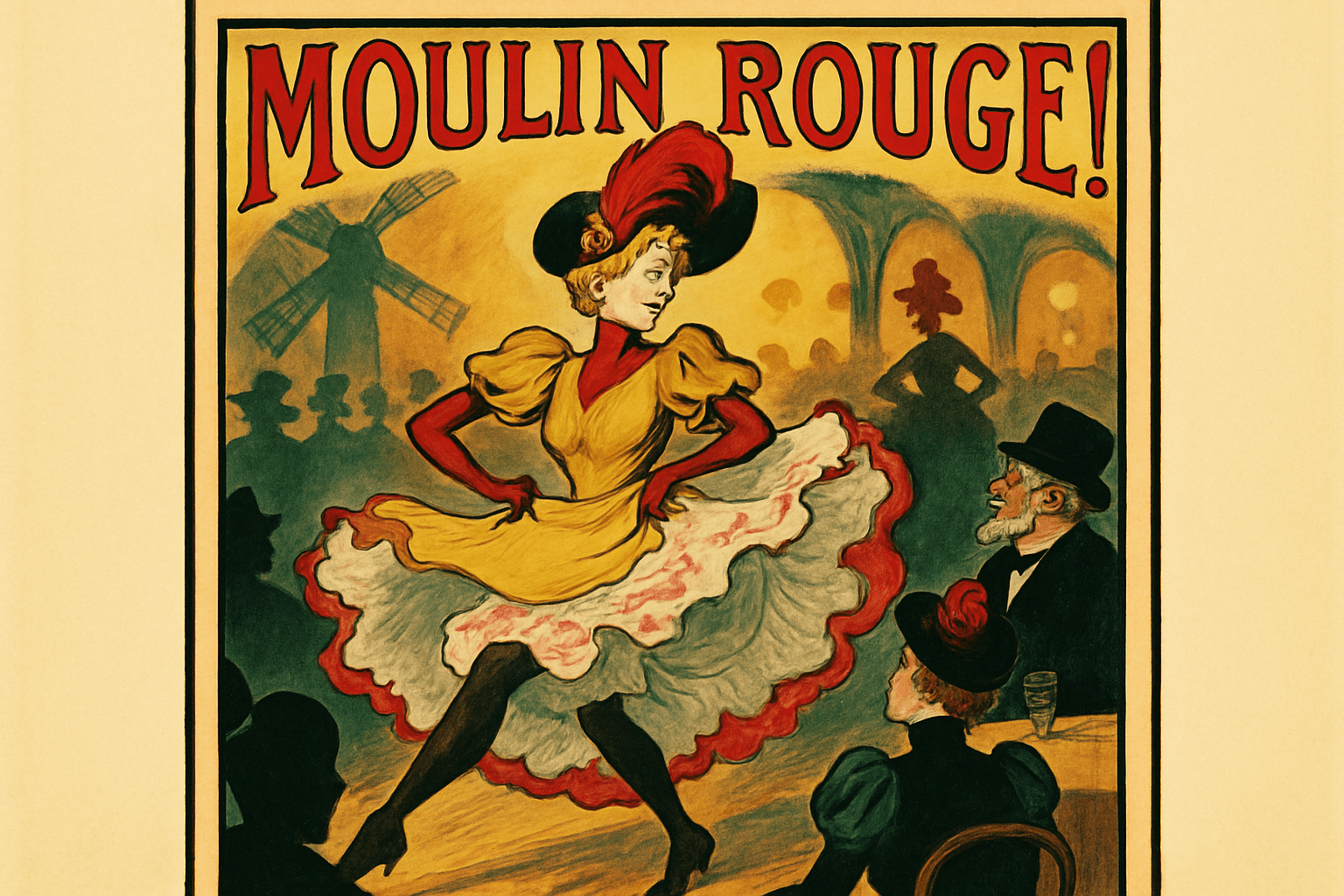
The art style of Moulin Rouge! is very colorful and detailed. The sets and costumes are very elaborate, and the overall look is very glamorous.
Thinking in the box: Impressionism, Modernism
Might also call it: Can-can, French dance
Movie and TV Series No.541
The art style of movies and TV series is a highly stylized and polished form of filmmaking that is designed to look attractive and visually appealing. This style is often characterized by its use of bright colors, sharp images, and clean lines.
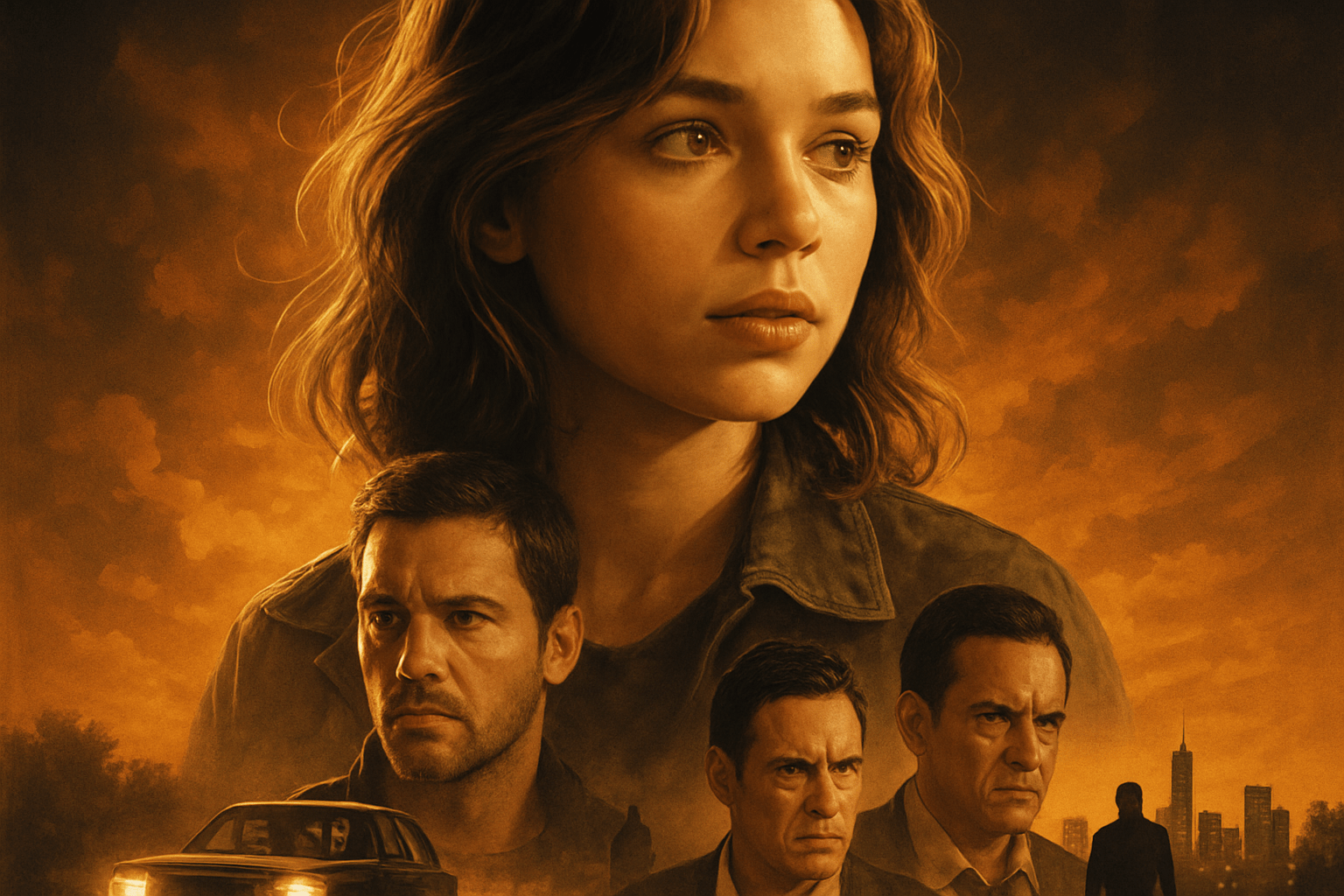
The art style of Movie and TV Series is very realistic. The colors are very bright and the characters are very expressive.
Thinking in the box: Impressionism, Modernism
Might also call it: Film and Television Show
Movie back to the future No.542
The art style of the movie Back to the Future is a mix of traditional and digital animation. The traditional animation is used for the characters and the digital animation is used for the backgrounds and effects. This mix of animation styles gives the movie a unique look that is both classic and modern.
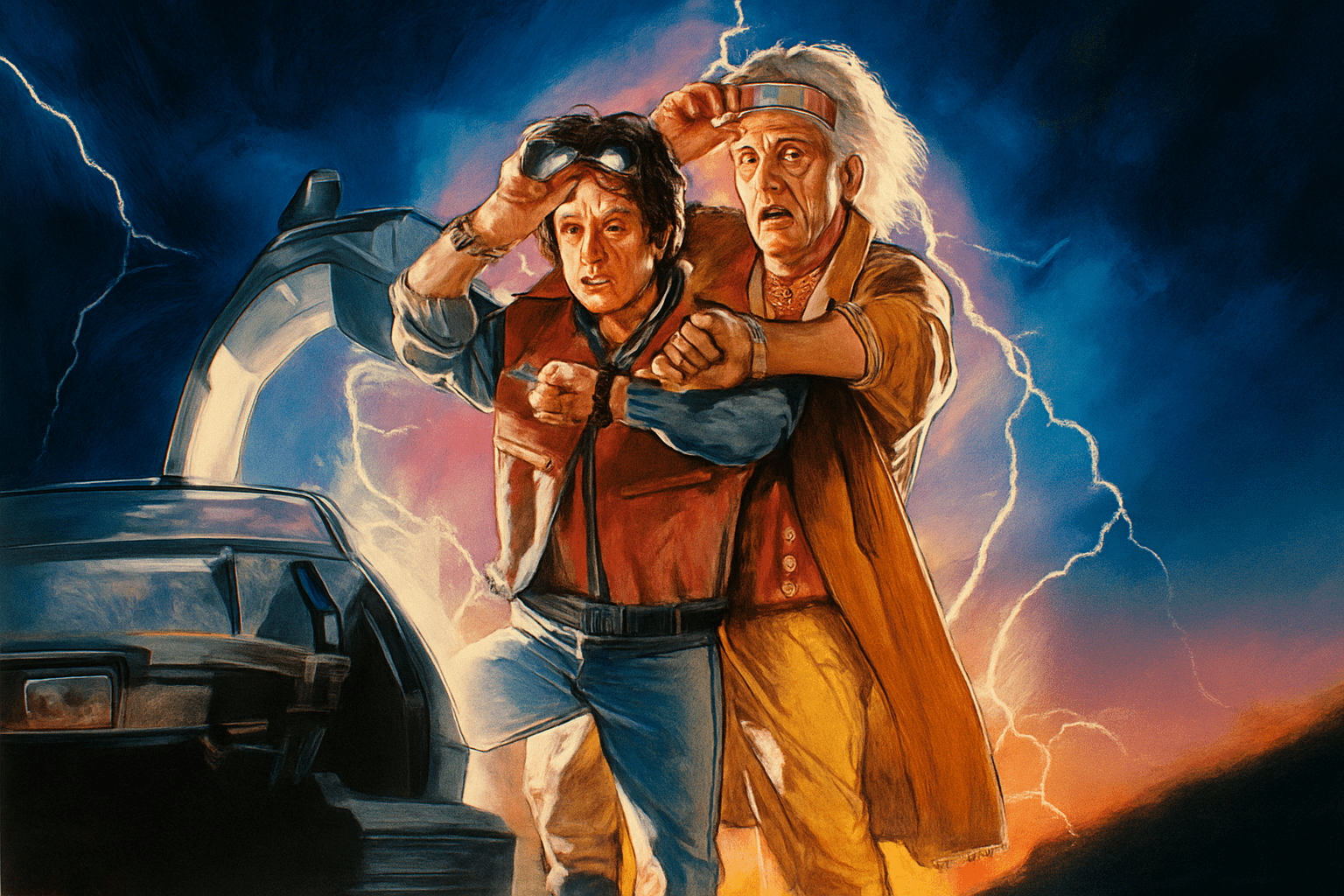
The art style of the movie Back to the Future is very colorful and bright. The movie uses a lot of special effects to create a unique look.
Thinking in the box: Impressionism, Modernism
Might also call it: Film, Motion Picture, Picture, Flick
Mughal Painting No.543
A tale of empire in vivid color. Rich courtly depictions teem with detailed flora, battles, and ethereal scenes. Each stroke mirrors a tapestry woven with history.
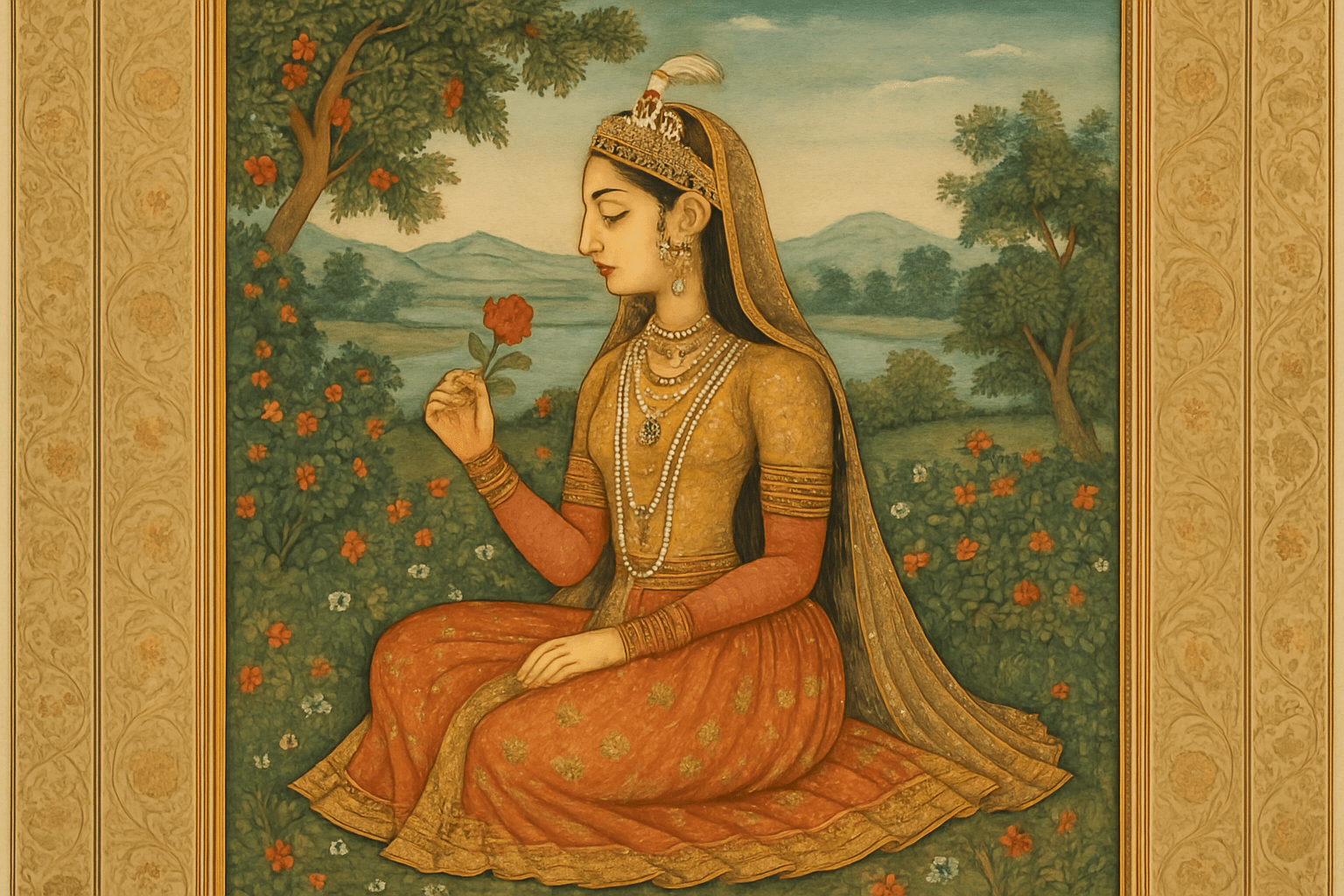
Illustrations brim with fine lines and precision, presenting a blend of Persian elegance and the vibrant pulse of Indian life. Jewel-toned palettes shimmer, narrating royal sagas and mythical journeys.
Thinking in the box: Miniature Painting, Royal Art
Might also call it: Mughal Miniatures, Imperial Art of India
Mugshot Photograph No.544
s Mugshot photographs are a type of portrait that was traditionally taken by law enforcement agencies in order to have a record of an individual's appearance. These photographs were typically taken after an individual had been arrested and were used as a way to identify the person in question. Mugshots were typically taken from the front and side in order to provide a clear view of the individual's face. Over time, the style of mugshot photographs has changed somewhat, but the basic format remains the same. These photographs are still used by law enforcement agencies as a way to identify individuals, but they have also become popular in the media and among the general public. Mugshots of famous criminals and celebrities are often published in the news, and many people enjoy looking at mugshots as a way to see the "real" face of a person.

s Mugshot photographs are typically black and white, and feature a person's face in profile. The background is usually a plain wall or backdrop, and the person is typically not smiling.
Thinking in the box: Impressionism, Modernism
Might also call it: booking photo, jail photo, prison photo, police photo
Multiple Exposure No.545
Multiple exposure is a technique in which the photographer exposes the film multiple times, resulting in a single image with multiple layers. This technique can be used to create a variety of effects, from dreamlike and ethereal images to more abstract compositions. Multiple exposure can be achieved in-camera or in post-processing, and is a popular technique among film and digital photographers alike.
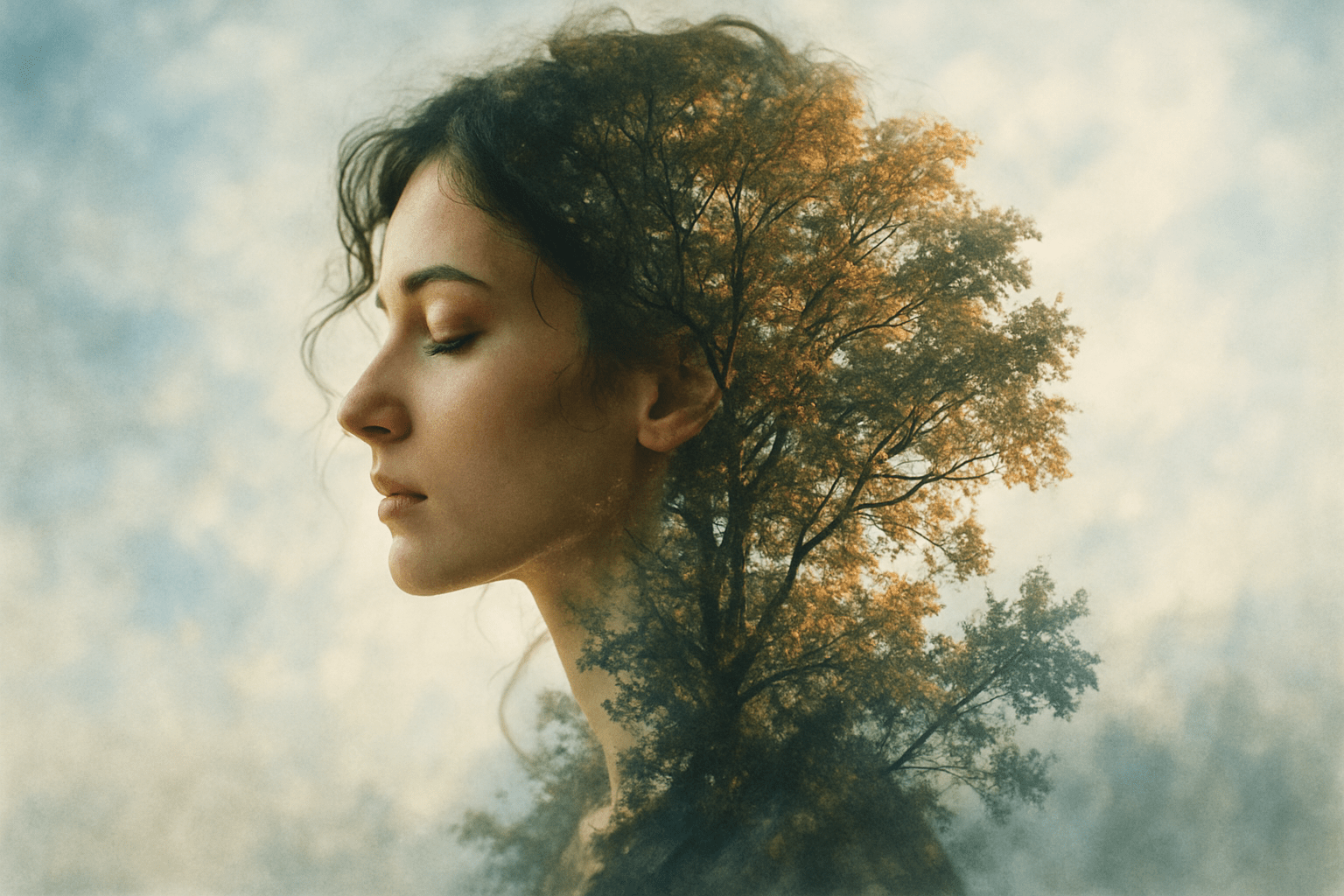
Multiple exposure is a technique in which the camera shutter is opened more than once to expose the film multiple times. This can be done by either using a manual shutter release, or by setting the camera to take multiple exposures. Multiple exposure can create some interesting visual effects, such as superimposing two images on top of each other, or creating a "ghost" image.
Thinking in the box: Impressionism, Modernism
Might also call it: Multiple Exposure: 1. Simultaneous exposure 2. Multiplexing 3. Overlapping 4. superimposition
Mural No.546
A mural is a painting or other work of art executed directly on a wall, ceiling, or other large permanent surface. A distinguishing characteristic of mural painting is that the architectural elements of the given space are incorporated into the picture. The term mural derives from the Latin murus, meaning "wall", which itself derives from the Etruscan word for wall, mura. A mural is any piece of artwork painted or applied directly on a wall, ceiling or other permanent surface. A distinguishing characteristic of mural painting is that the architectural elements of the given space are incorporated into the picture. The word ÃÂÃÂmuralÃÂÃÂ comes from the Latin murus, meaning ÃÂÃÂwallÃÂÃÂ. Mural painting is a very old art form ÃÂÃÂ the oldest known murals date back to around 30,000 BC! In the past, murals were often used as a way to tell a story or communicate a message. Today, murals can be found in all sorts of places, from public spaces like parks and schools, to private homes.
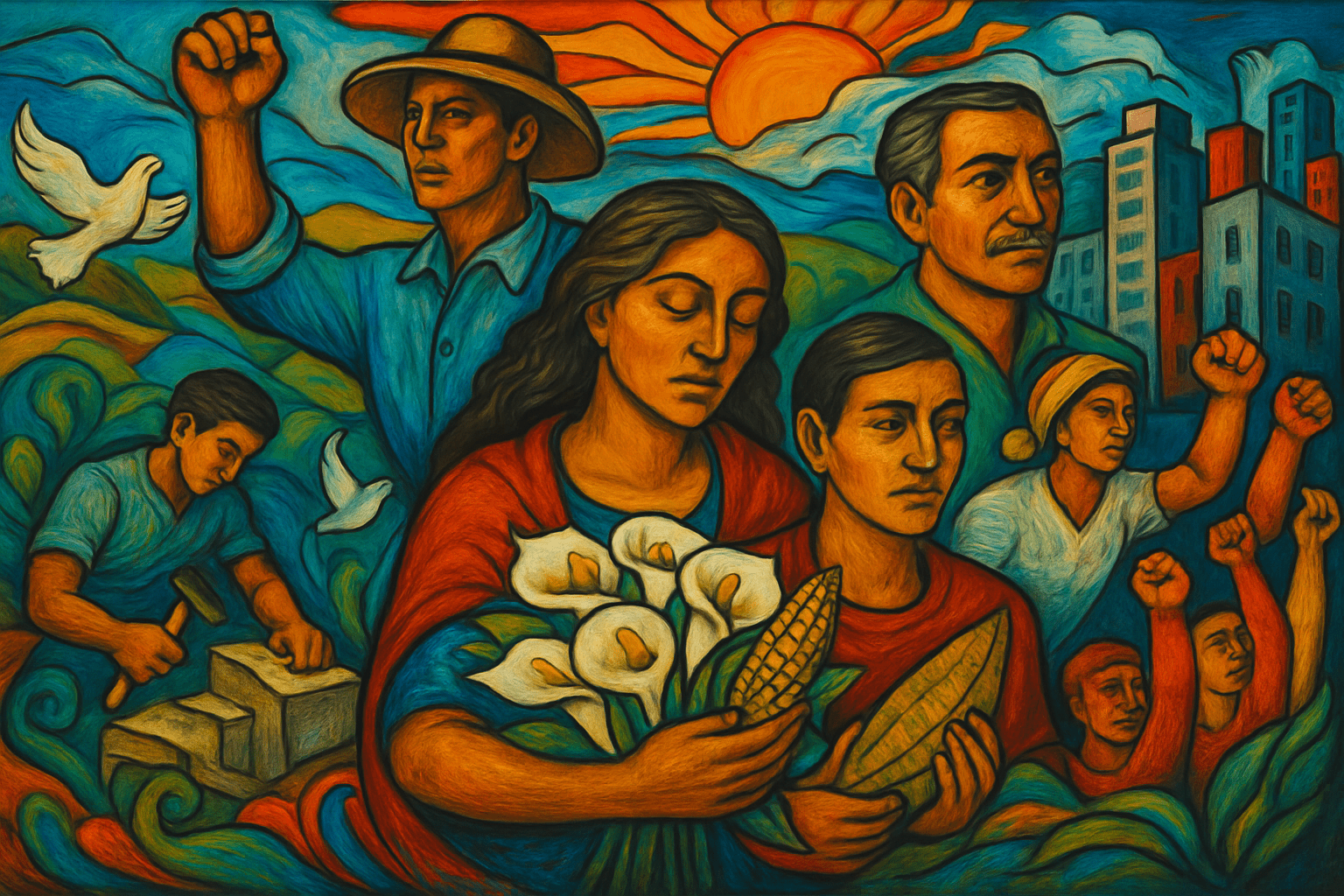
The art style of a mural is usually very colorful and detailed. Murals can be found on the walls of buildings, on bridges, or on other large structures.
Thinking in the box: Impressionism, Modernism
Might also call it: Picture, painting, art, drawing, scene, image.
Muralism No.547
A dance of colors on public canvases; muralism stitches stories into vast walls, breathing life into cities, capturing the pulse of cultures in broad, vivid strokes.

Explosive pallets unfurl like fireworks, etched with dreams of revolution and celebration. Giant figures loom large, telling tales in vivid detail, as if walls speak a visual language.
Thinking in the box: Expressionism, Public Art
Might also call it: Wall painting, Street art, Fresco
Myst No.548
Myst is an art style characterized by its use of bright colors and geometric shapes. It is often used in advertising and web design.
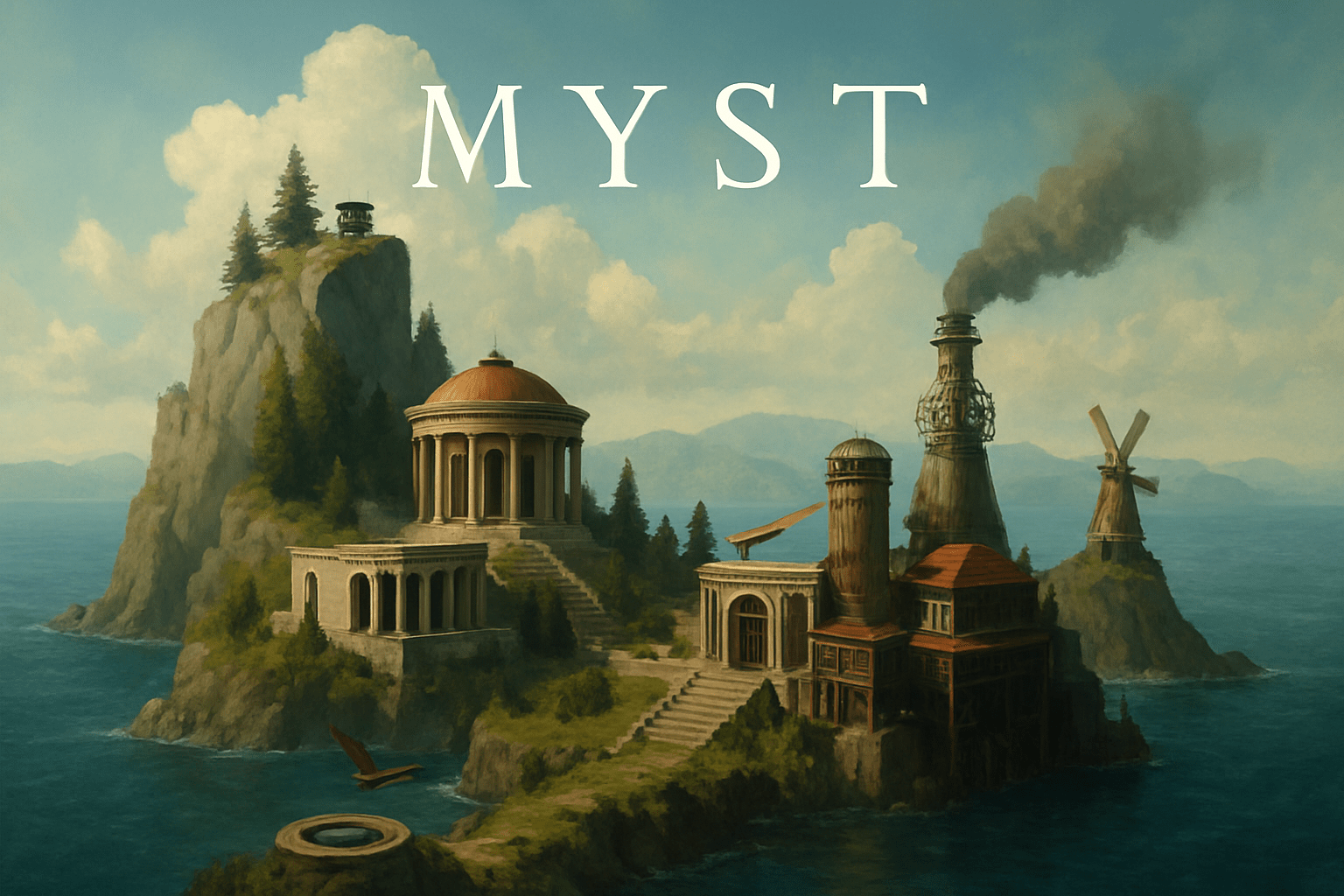
The art style of Myst is very detailed and realistic. The colors are muted and the overall tone is dark and mysterious. There is a lot of symbolism and hidden meanings in the art, which adds to the game's atmosphere.
Thinking in the box: Impressionism, Modernism
Might also call it: Enigma, riddle, puzzle, conundrum, enigmatical.
Mythological painting No.549
Mythological painting is a type of painting that typically features scenes from Greek and Roman mythology. These paintings often depict gods and goddesses, as well as heroes and heroines, in various settings and situations. Mythological paintings may also include scenes from other mythologies, such as Norse mythology or Egyptian mythology.

The art style of Mythological painting is characterized by its use of bright colors and its focus on mythical creatures. The style often includes elements of fantasy and the supernatural, and often depicts scenes from Greek and Roman mythology.
Thinking in the box: Impressionism, Modernism
Might also call it: Fantasy painting, fairy painting, story painting
Naive Style No.550
The Naive Style is a term used to describe the work of self-taught artists who are not influenced by the conventions of the art world. This type of art is characterized by its simple, childlike quality. Naive artists often use bright colors and bold lines to create their work.
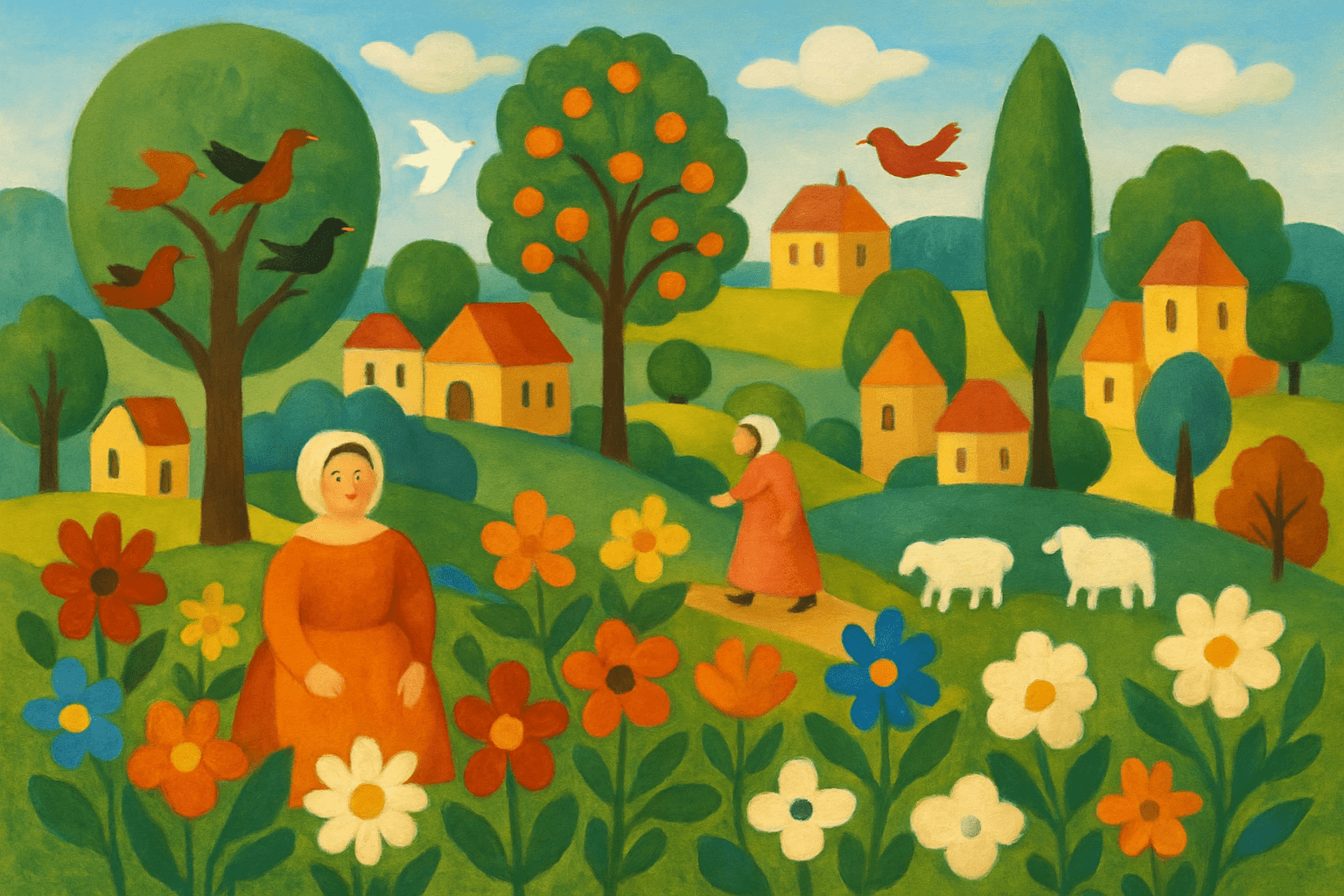
The Naive Style is characterized by its simple and childlike forms. The colors are usually bright and the overall look is very cheerful.
Thinking in the box: Impressionism, Modernism
Might also call it: Unsophisticated, artless, simple, natural, childlike.
Naive art No.551
Naive art is a type of art that is characterized by its childlike simplicity and lack of formal training. Naive artists are often self-taught and their work is often characterized by a lack of perspective and an overall flatness. Naive art is often associated with folk art and is often used to describe the work of outsider artists.

Naive art is characterized by its childlike simplicity and lack of perspective or proportion. Naive artists often use bright colors and bold lines, and their work is often described as "primitive" or "folk" art.
Thinking in the box: Impressionism, Modernism
Might also call it: Innocent art, artless art, art of unsophisticated people
Namibians No.552
The Namibian art style is characterized by its use of bright colors and bold patterns. Namibian artists often use traditional symbols and motifs in their work, which often has a strong political or social message. Namibian art is often highly stylized and is known for its use of symbolism.
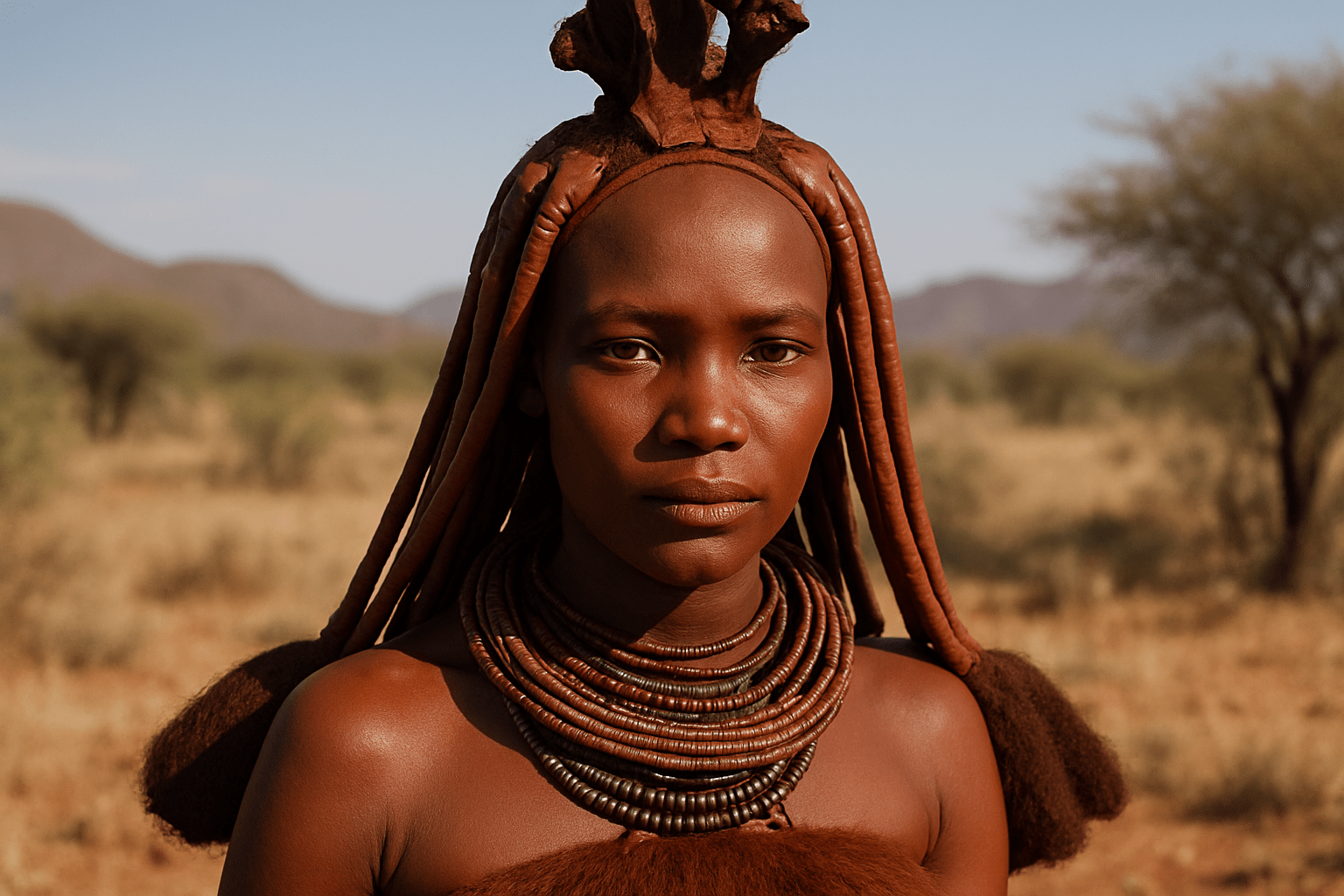
Namibian art is characterized by its bright colors and bold patterns. Namibian artists often use a variety of mediums to create their art, including painting, sculpture, and pottery.
Thinking in the box: Impressionism, Modernism
Might also call it: Namibian people, Namibia
Nano-Point Modulation No.553
Dots as language; the micro tells a macro tale. Art crafted one pixel at a time speaks to both precision and chaos. Each point pulses with life, shaping forms unseen—quietly commanding attention through subtle shifts.
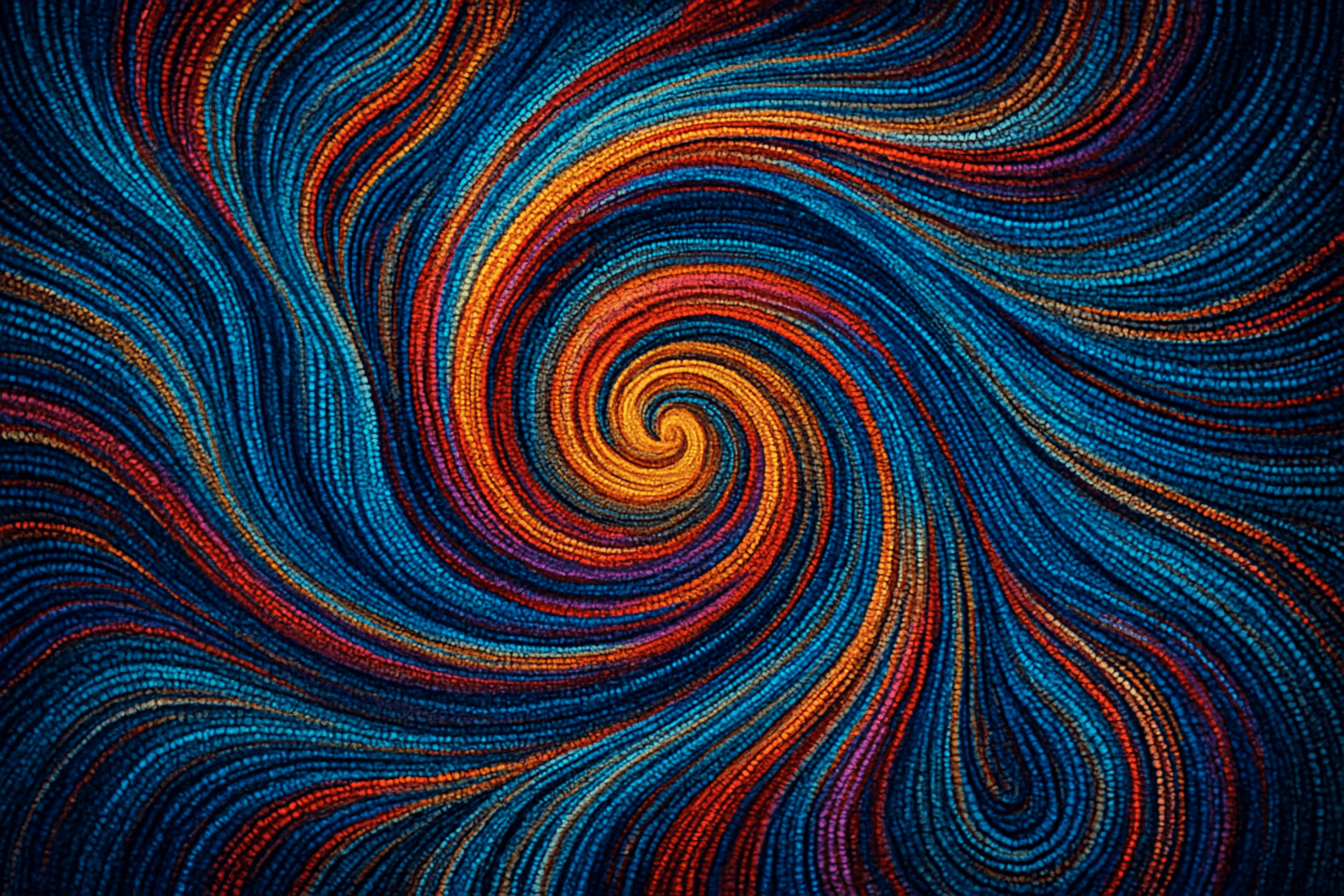
Imagine city lights viewed from orbit, focused down to the pixel; minutiae dance in synchronization, forming a tapestry both hypnotic and intricate. Colors diverge then blend, akin to a poetic whisper painted in code.
Thinking in the box: Digital Art, New Media
Might also call it: Pixel Sculpture, Digital Pointillism
Narrative Art No.554
Art that marries visuals and storytelling, weaving tales into strokes. Each piece a portal to a story, either whispered or boldly declared. Spans real and imagined; both myth and life coalesce on canvas.
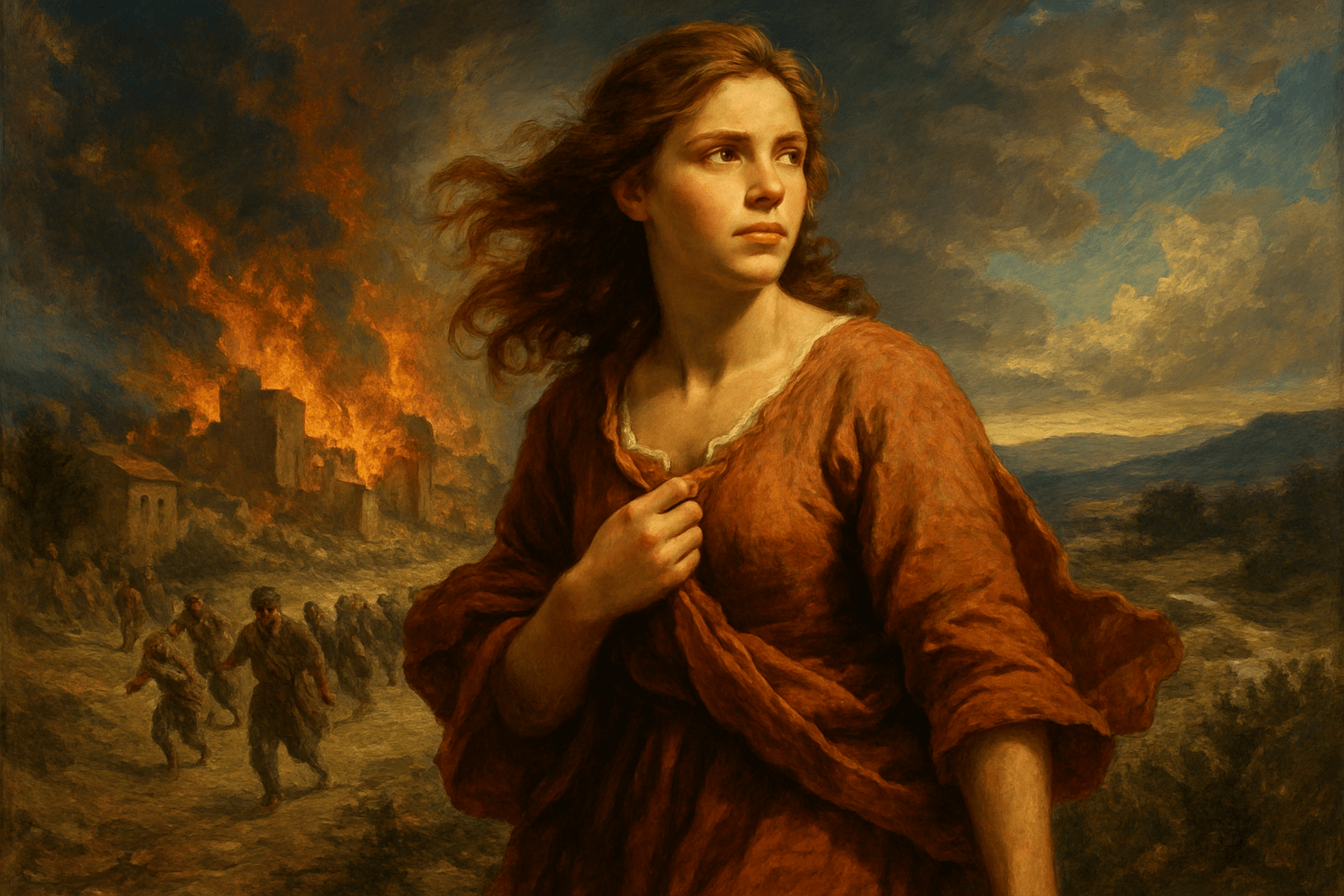
Characters and actions breathe within frames, painted with tones vivid or muted. Objects carry significance, environments evoke worlds, each detail like a word in an unfolding sentence. Motion captured in moments of dynamic stillness.
Thinking in the box: Realism, Modernism, Surrealism, Comic art
Might also call it: Storytelling Art, Figurative Art, Pictorial Narrative
Narrative Realism No.555
Narrative Realism is a term used to describe a type of painting that tells a story. The story is usually about the everyday life of the people who live in the painting. The paintings are usually very detailed and the colors are realistic.

The art style of Narrative Realism is characterized by its use of bright colors and its focus on depicting realistic scenes. This style is often used to tell stories or to convey messages.
Thinking in the box: Impressionism, Modernism
Might also call it: realism, naturalism, verisimilitude, lifelikeness
Nationalities, Regions, Countries No.556
The art style Nationalities, Regions, Countries is a style of art that depicts the different cultures and regions of the world. This style of art is often used to depict the beauty of different cultures and to promote cultural diversity.
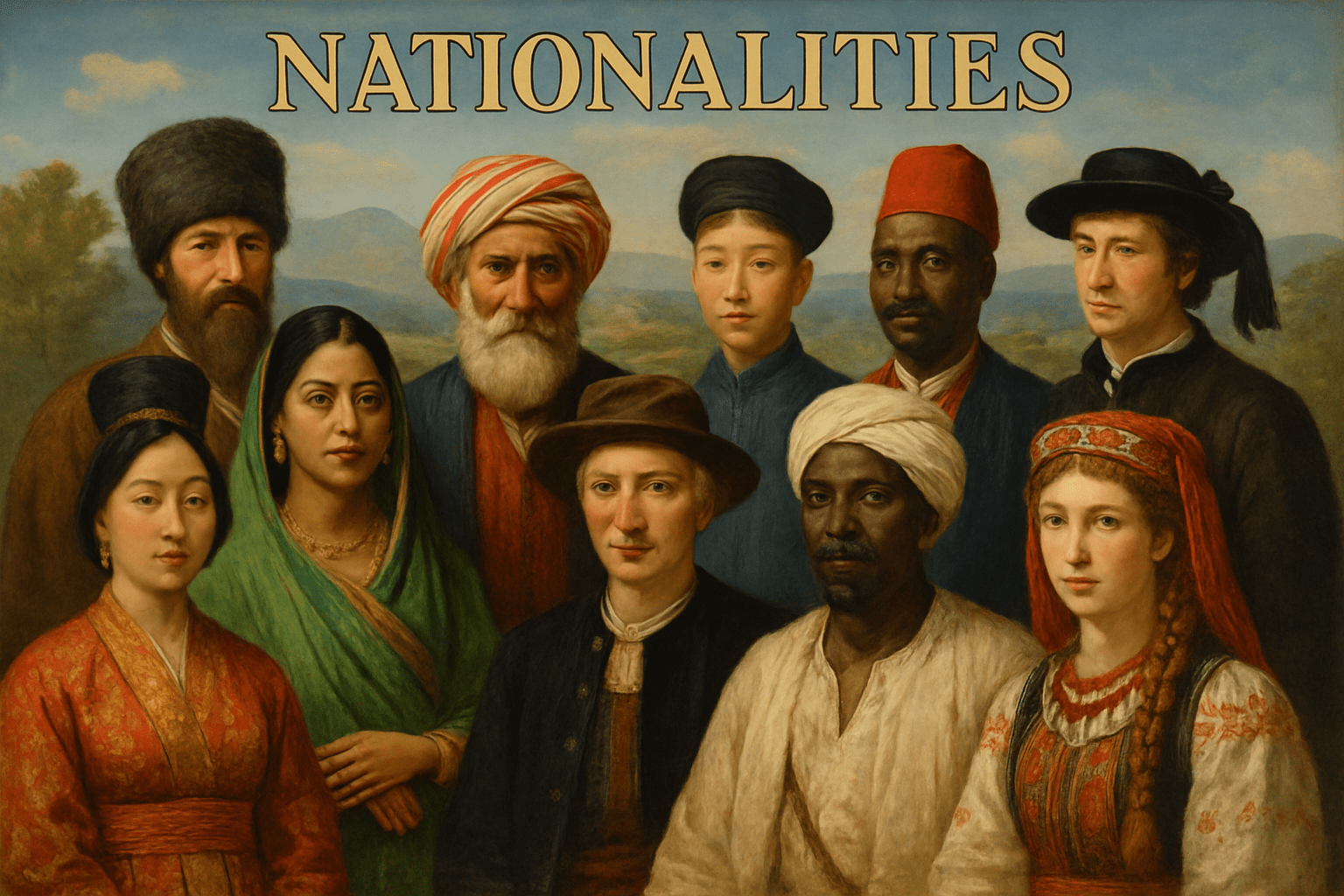
The art style Nationalities, Regions, Countries is characterized by its use of bright colors and simple shapes. The style is often used to depict scenes from nature, such as landscapes or seascapes. The style is also sometimes used to depict people from different cultures or regions.
Thinking in the box: Impressionism, Modernism
Might also call it: Nationalities: ethnicities, peoples. Regions: areas, districts, territories. Countries: nations, states, countries.
Native American Art No.557
Native American art is a wide-ranging category of artworks produced by indigenous peoples of the Americas. The continent spans a large number of cultures, each with their own unique artistic traditions. Native American art is characterized by its use of natural materials, bright colors, and a variety of symbolism.
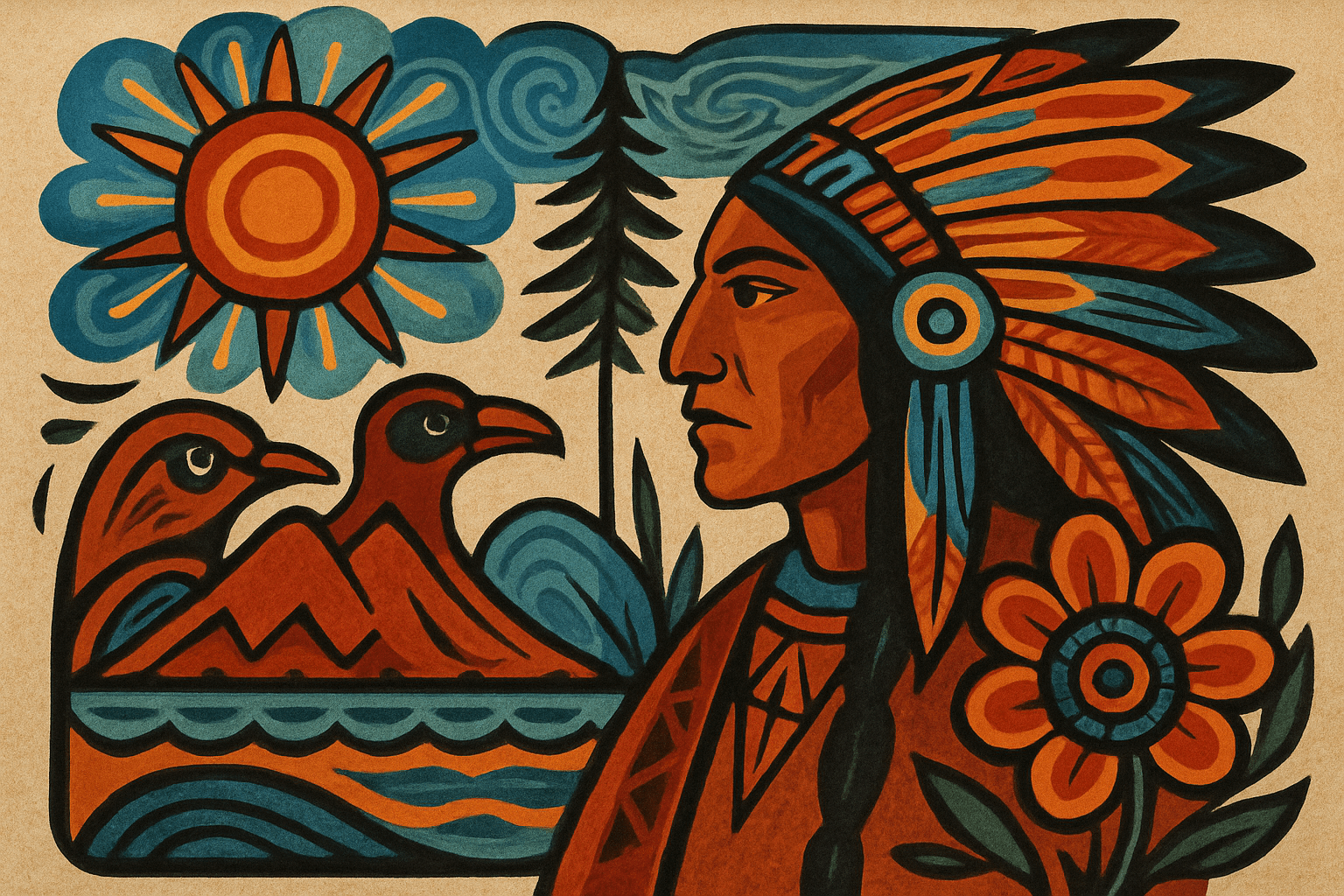
The art style of Native American art is characterized by its use of bright colors and geometric shapes. Native American artists often use symbols and patterns that are meaningful to their culture.
Thinking in the box: Impressionism, Modernism
Might also call it: Indigenous American Art, First Nations Art
Naturalism No.558
Naturalism is an art style that is characterized by its focus on realism and its depiction of the natural world. This style of art emerged in the late 19th century and was popularized by artists such as John Singer Sargent and Winslow Homer. Naturalism is often associated with the American West and its landscapes, as well as with the American Impressionism movement.

Naturalism is a style of art that is characterized by its realistic and detailed depiction of the natural world. This style of art is often associated with the works of the French artist, Claude Monet.
Thinking in the box: Impressionism, Modernism
Might also call it: Realism, verism, lifelike
Naïve Art No.559
Untamed vision captured in vibrant, childlike strokes that tell profound stories overflowing with innocence. Naïve Art defies conventional technique, celebrating creativity's pure, unadulterated joy.
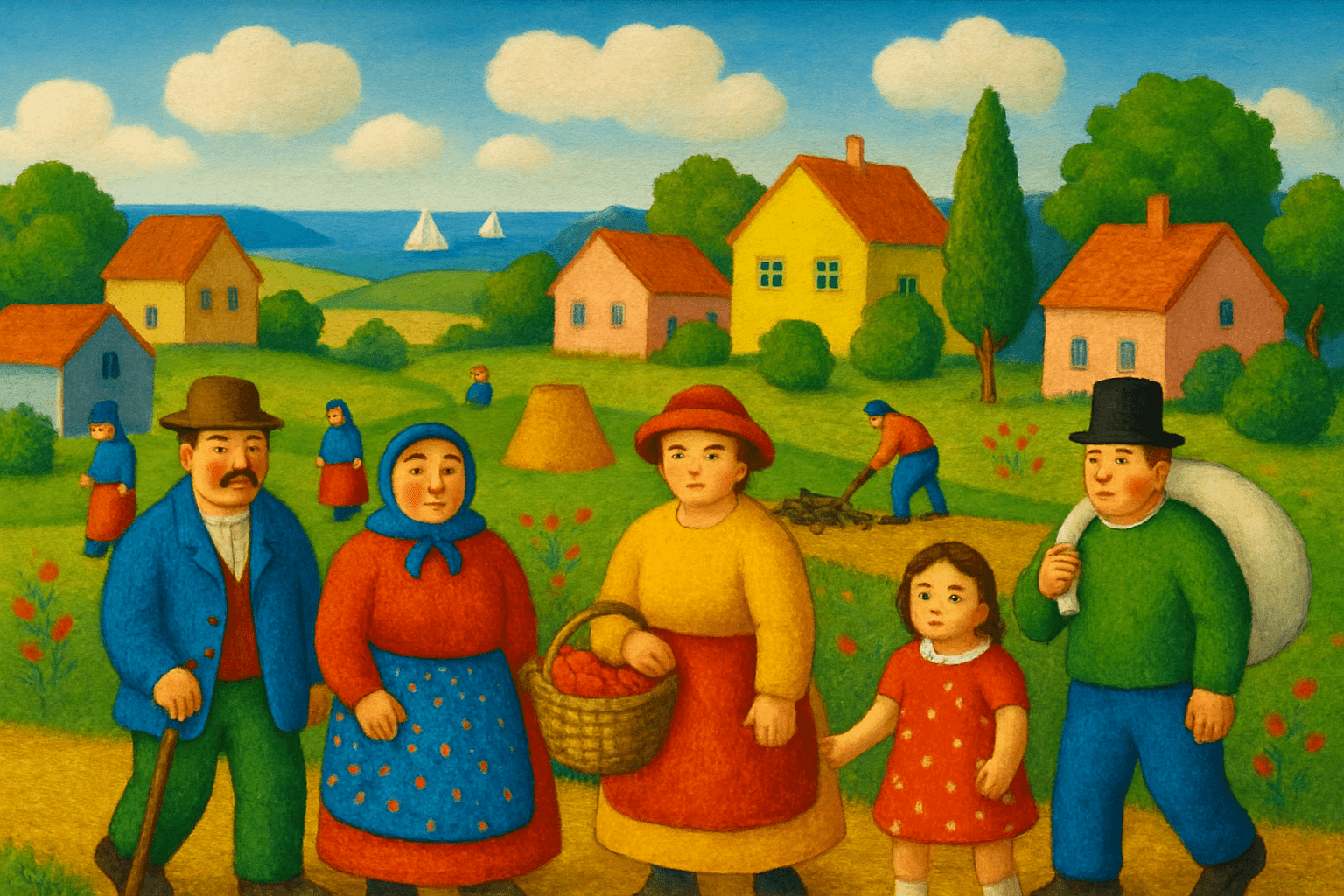
Colors collide like joyous confetti; shapes embrace simplicity yet expressing profound depth. Each brushstroke dances with uninhibited wonder, painting a world where perspective is playful and imagination reigns supreme.
Thinking in the box: Folk Art, Outsider Art
Might also call it: 1. Primitive Art 2. Folk Art
Neo-Classicism No.560
Embodying the elegance of ancient art, Neo-Classicism emerged as an ode to classical simplicity and order. With restrained color palettes and idealized forms, it's a dance between reason and beauty.

With marble-like clarity and refined grace, Neo-Classicism melds disciplined line work with sparing elegance, capturing the stoic serenity of Roman statues and the poised narrative of ancient frescoes.
Thinking in the box: Classicism, Enlightenment Art
Might also call it: Classical Revival, Greco-Roman Revival
Neo-Conceptualism No.561
An art style that questions reality and challenges perception. Neo-Conceptualism often blends irony with deep intellectual constructs, forcing viewers to re-evaluate common notions and beliefs.

The visual language of Neo-Conceptualism starkly marries ambiguity with precision. It uses text, mixed media, and installations, often employing minimal color schemes to underscore its philosophical content.
Thinking in the box: Conceptual Art, Contemporary Art
Might also call it: Postconceptual Art, Critical Art
Neo-Dada No.562
Neo-Dada is a style of art that emerged in the 1950s and 1960s as a reaction against the strictures of the Abstract Expressionist movement. Neo-Dada artists sought to break down the barriers between high art and low culture, using everyday objects and images in their work. They also incorporated chance and accident into their creative process, often using found objects and collage.

The visual appearance of Neo-Dada is characterized by its use of found objects, often combined with traditional art media such as painting and sculpture. This combination often results in works that are playful and humorous, while also raising serious questions about the nature of art and its role in society.
Thinking in the box: Impressionism, Modernism
Might also call it: New Dada, post-Dada
Neo-Expressionism No.563
Embracing raw emotion and gestural brushwork, Neo-Expressionism breathes fiery, evocative life into figures and forms. Born from rebellion, it reignites the expressive fervor in a colorful roar of individuality.

Bold brushstrokes claw at the canvas, each layer throbbing with emotional intensity. Figures appear distorted, vivid palettes clash and harmonize, capturing the tumultuous dance of inner turmoil and ecstatic energy.
Thinking in the box: Postmodernism, Contemporary
Might also call it: New Expressionism, Neo-Expressionist Painting
Neo-Fauvism No.564
Neo-Fauvism was a 20th-century art movement that is closely related to French Fauvism. Like the original Fauvists, Neo-Fauvists used vivid colors in their paintings. However, while the original Fauvists often used colors for their own sake, Neo-Fauvists were more interested in using color to create a specific mood or atmosphere in their paintings.

The visual appearance of Neo-Fauvism is characterized by bold, bright colors and simplified forms. Neo-Fauvist artists often used expressive brushstrokes and exaggerated perspective to create a sense of movement and energy in their paintings.
Thinking in the box: Impressionism, Modernism
Might also call it: Post-Impressionism, Cubism, Expressionism, Surrealism
Neo-Futurism No.565
A daring dream blurring the lines between present and tomorrow, capturing the future's optimistic pulse in sleek, sinuous architectural languages.
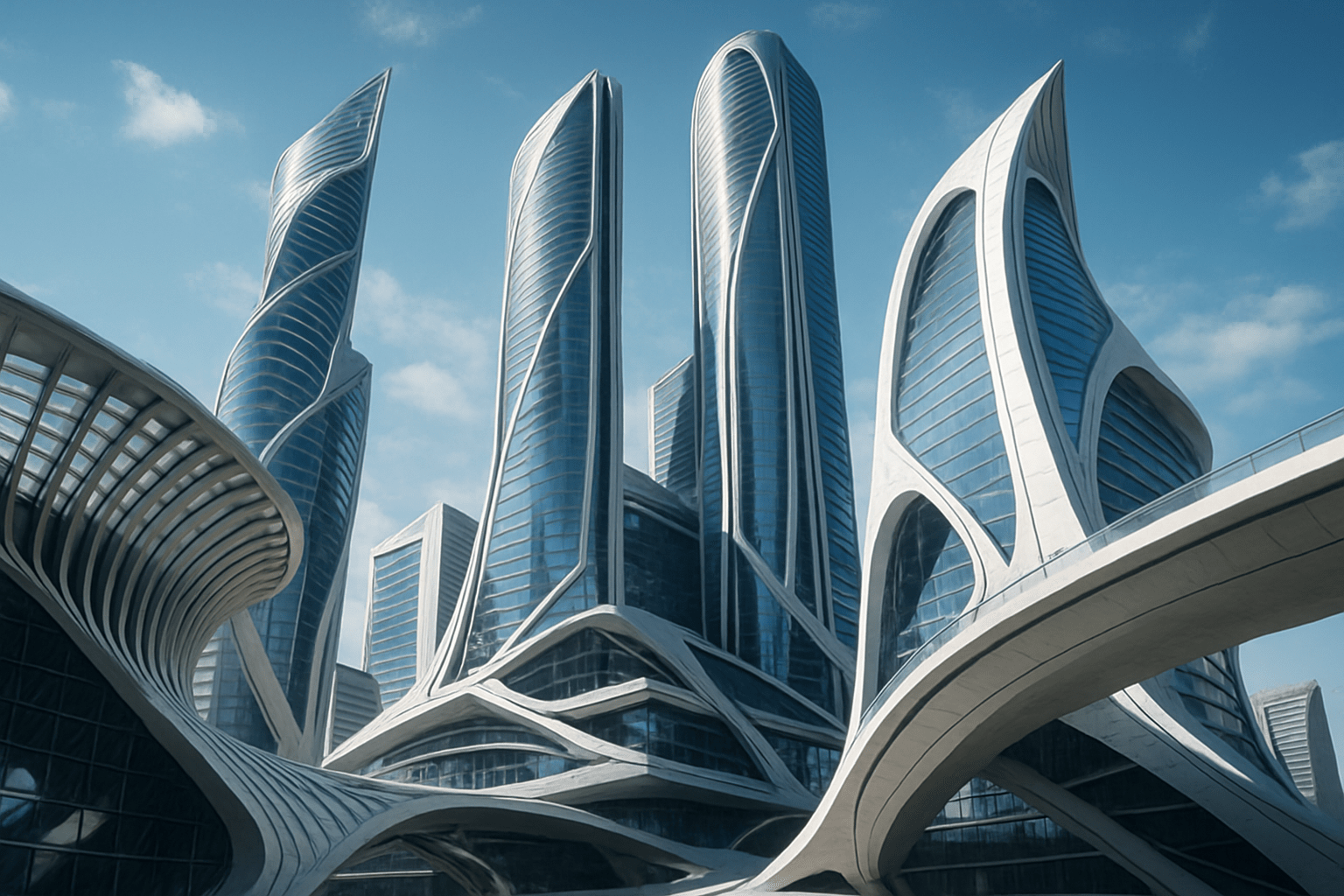
Shimmering skyscrapers pierce the sky with aquatic ebullience, glass sinews glint against concrete arteries, reflecting reflections of utopian fantasies.
Thinking in the box: Modernism, High-tech architecture
Might also call it: Futuristic, Conductivism
Neo-Geo No.566
A fusion of geometric simplicity and conceptual thinking, Neo-Geo embraces color, symmetry, and order, echoing industrial aesthetics while probing contemporary societal structures.
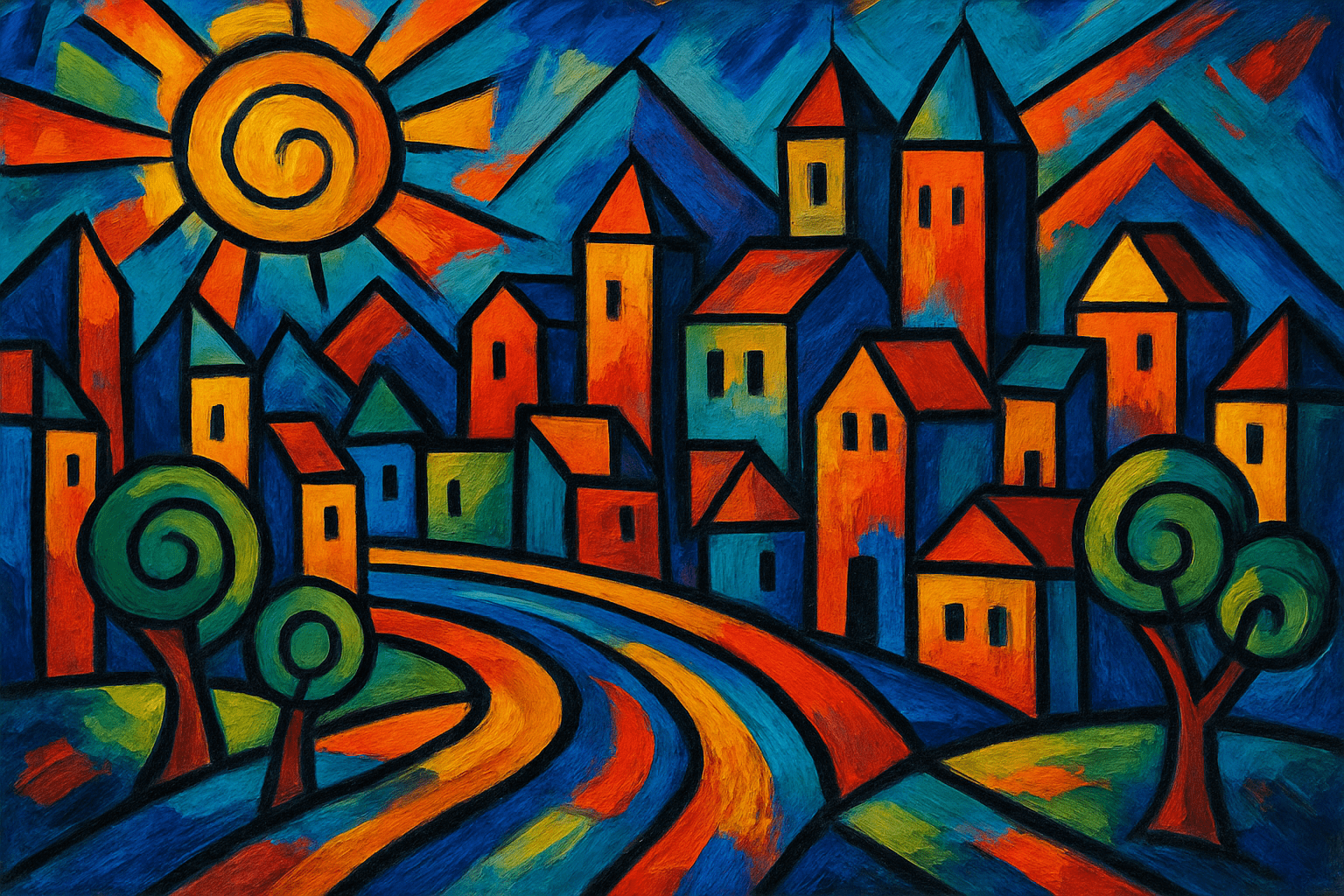
Visual whispers of the digital age; grids of color tiles, forms sliced like machine parts. Lines stark and precise, linking order with aesthetics, reflecting a sterile elegance punctuated by vibrant hues.
Thinking in the box: Conceptual Art, Postmodernism
Might also call it: Neo-Geometry, Neo-Conceptualism
Neo-figurative No.567
The Neo-figurative art style is a return to traditional figurative art, but with a modern twist. This style is characterized by bold and bright colors, as well as strong and exaggerated lines. Neo-figurative artists often use elements of pop culture in their work, which gives it a contemporary feel.
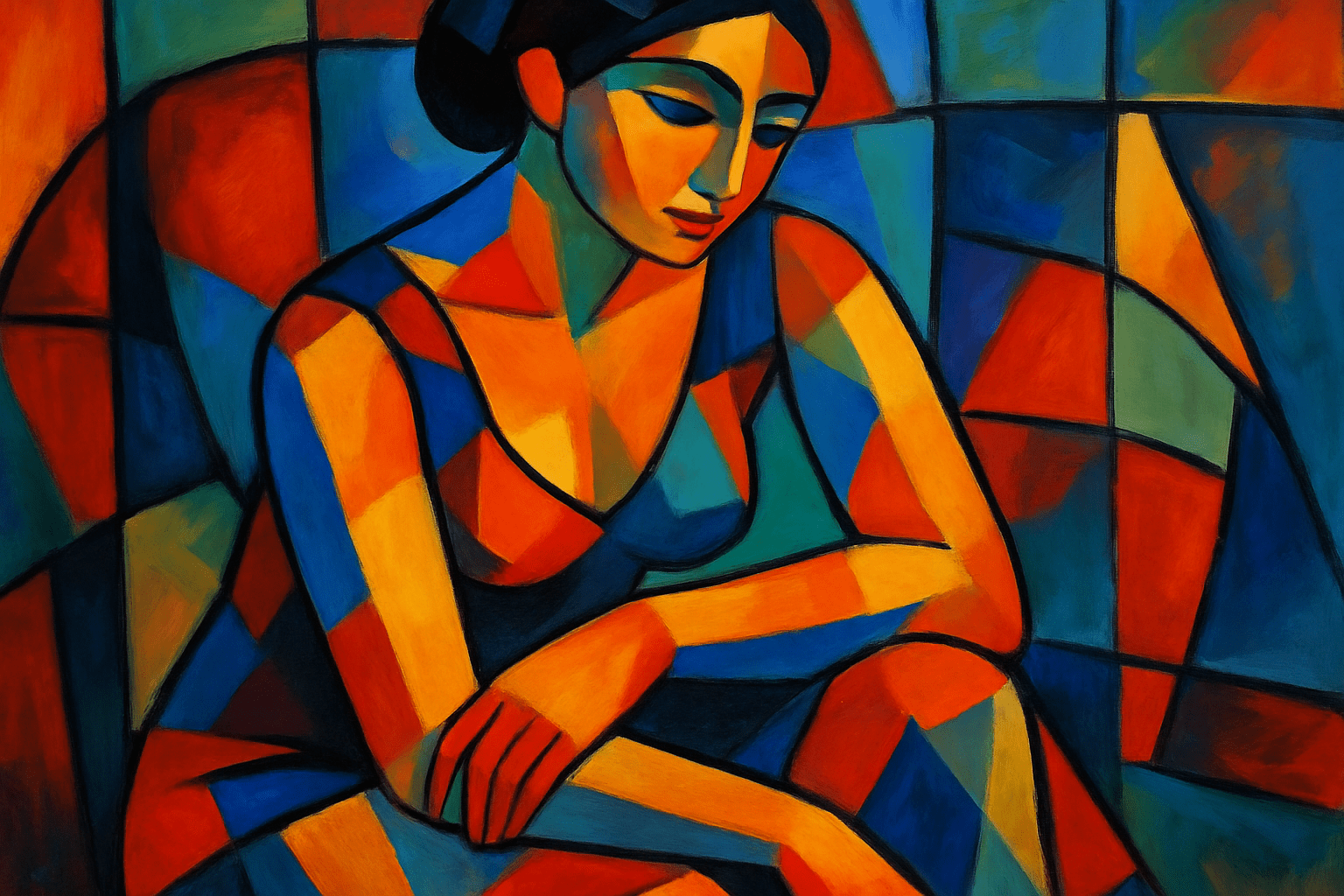
The Neo-figurative style is characterized by its use of bright colors and bold lines. The figures in this style are often simplified, and the overall effect is one of vibrancy and energy.
Thinking in the box: Impressionism, Modernism
Might also call it: Contemporary, Modern, Postmodern
Neo-primitivism No.568
Neo-primitivism is a return to more traditional, simplistic art forms. This art style is often characterized by its use of bright colors, bold lines, and childlike subject matter. Neo-primitivism is a reaction against the more abstract and conceptual art of the late 20th century. This art style is often seen as a return to more traditional values and a simpler way of life.
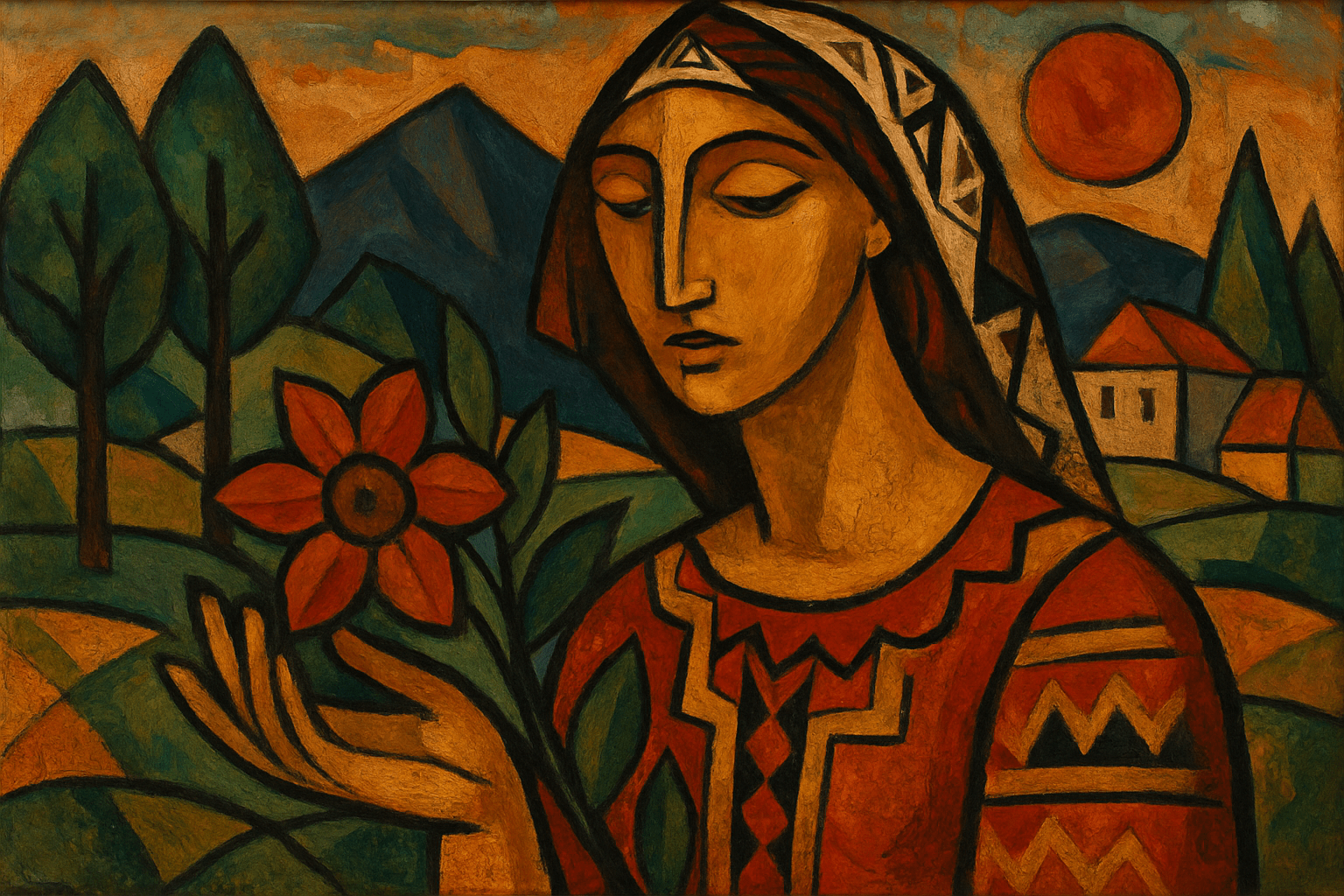
Neo-primitivism is a return to more traditional, "primitive" art forms. This can be seen in the use of more natural colors and shapes, as well as a focus on simplicity and functionality.
Thinking in the box: Impressionism, Modernism
Might also call it: Neo-luddism, neo-tribalism, neo-anarchism
Neo-romanticism No.569
Neo-romanticism is a term used to describe a range of late 20th and early 21st century art styles that exhibit characteristics of the earlier Romanticism movement. These include a focus on the natural world, a return to traditional subject matter, and an emphasis on emotion and feeling. Neo-romantic artists often use bright colors and bold brushstrokes to convey their ideas, and their work often contains elements of fantasy and the supernatural.
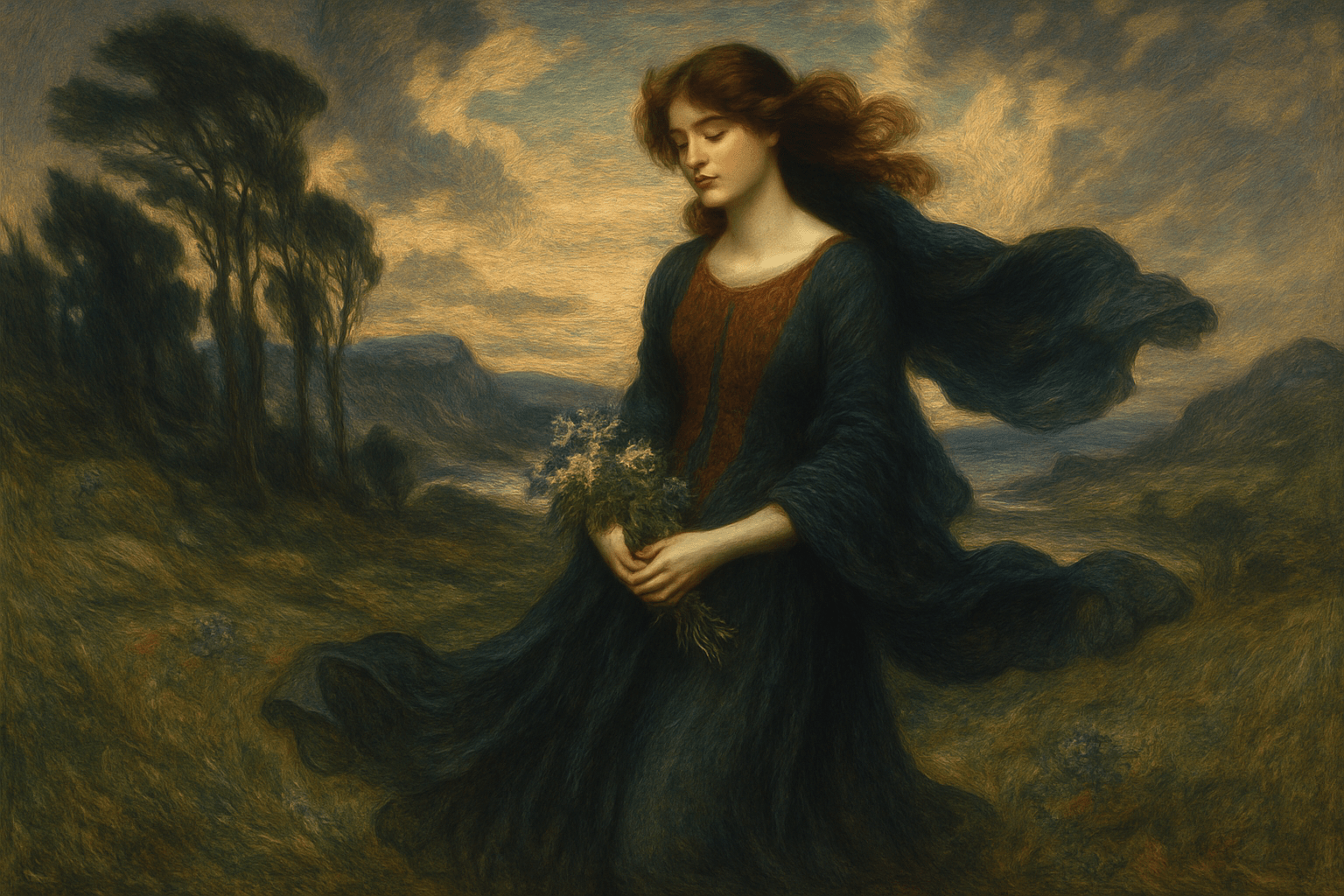
The visual appearance of Neo-romanticism is characterized by its use of light and dark colors, its focus on nature and the supernatural, and its use of symbolism.
Thinking in the box: Impressionism, Modernism
Might also call it: Neo-romanticism can be synonymized with terms like late-romanticism, post-romanticism, and modern romanticism.
Neo Expressionism No.570
Neo Expressionism is a return to expressive brushwork and vivid colors after a period of minimalism in the 1970s. This art style is characterized by intense emotions and bold, sometimes aggressive, brushstrokes. Neo Expressionist artists often use found objects and images from popular culture in their work, which can be seen as a reaction against the intellectualism of the previous generation.
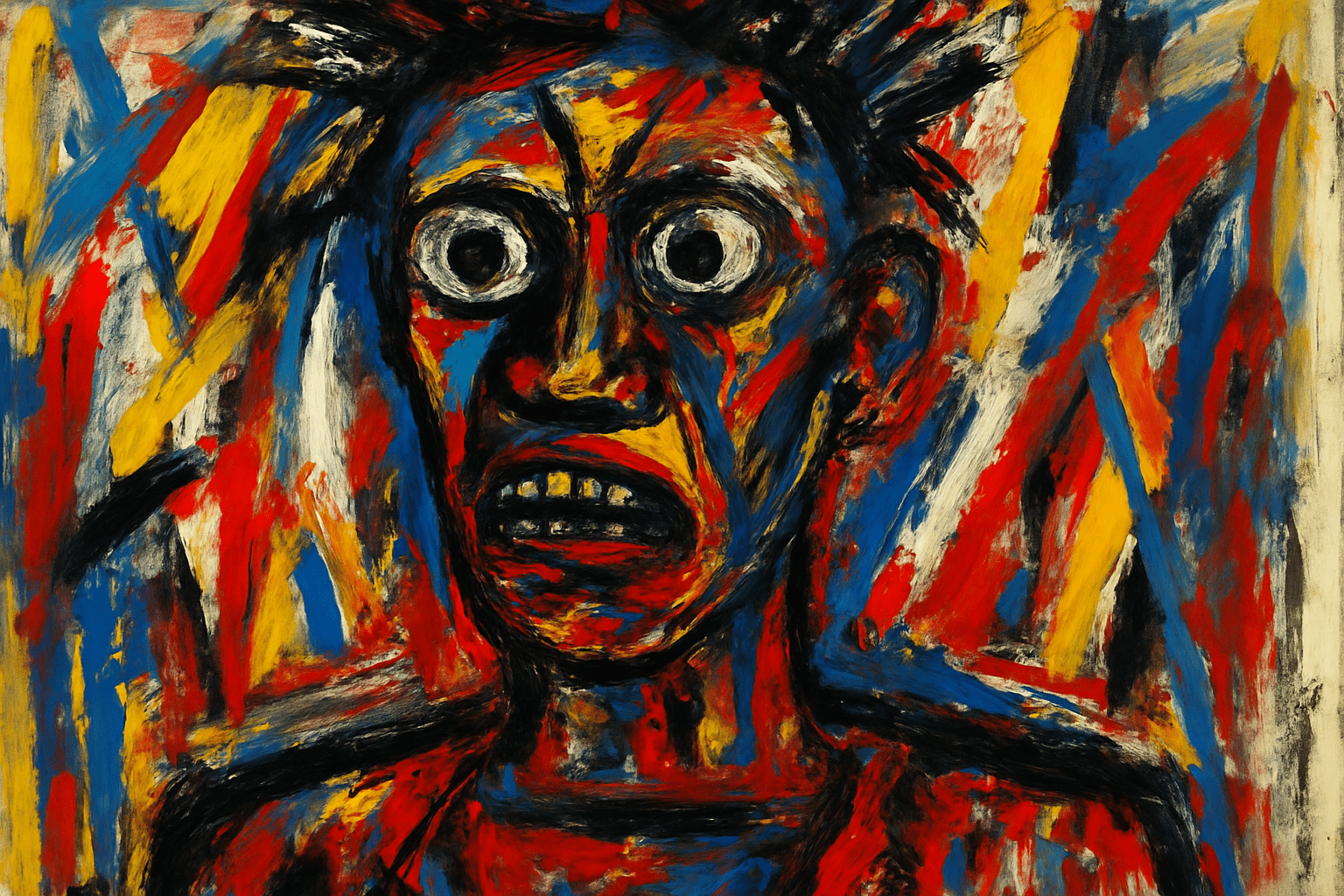
The art style Neo Expressionism is characterized by its bright colors, bold lines, and exaggerated forms. Neo Expressionist artists often use techniques such as collage and painting to create their artworks.
Thinking in the box: Impressionism, Modernism
Might also call it: New Expressionism, Postmodern Expressionism
Neoclassicism No.571
Neoclassicism was a Western artistic movement that drew inspiration from the classical art and culture of ancient Greece and Rome. The movement reached its height in the late 18th century and early 19th century, when artists such as Jacques-Louis David, Jean-Auguste-Dominique Ingres, and Antonio Canova created works that were characterized by their clarity, simplicity, and orderliness. Neoclassicism was a reaction against the ornate and often chaotic style of the Rococo, which preceded it.
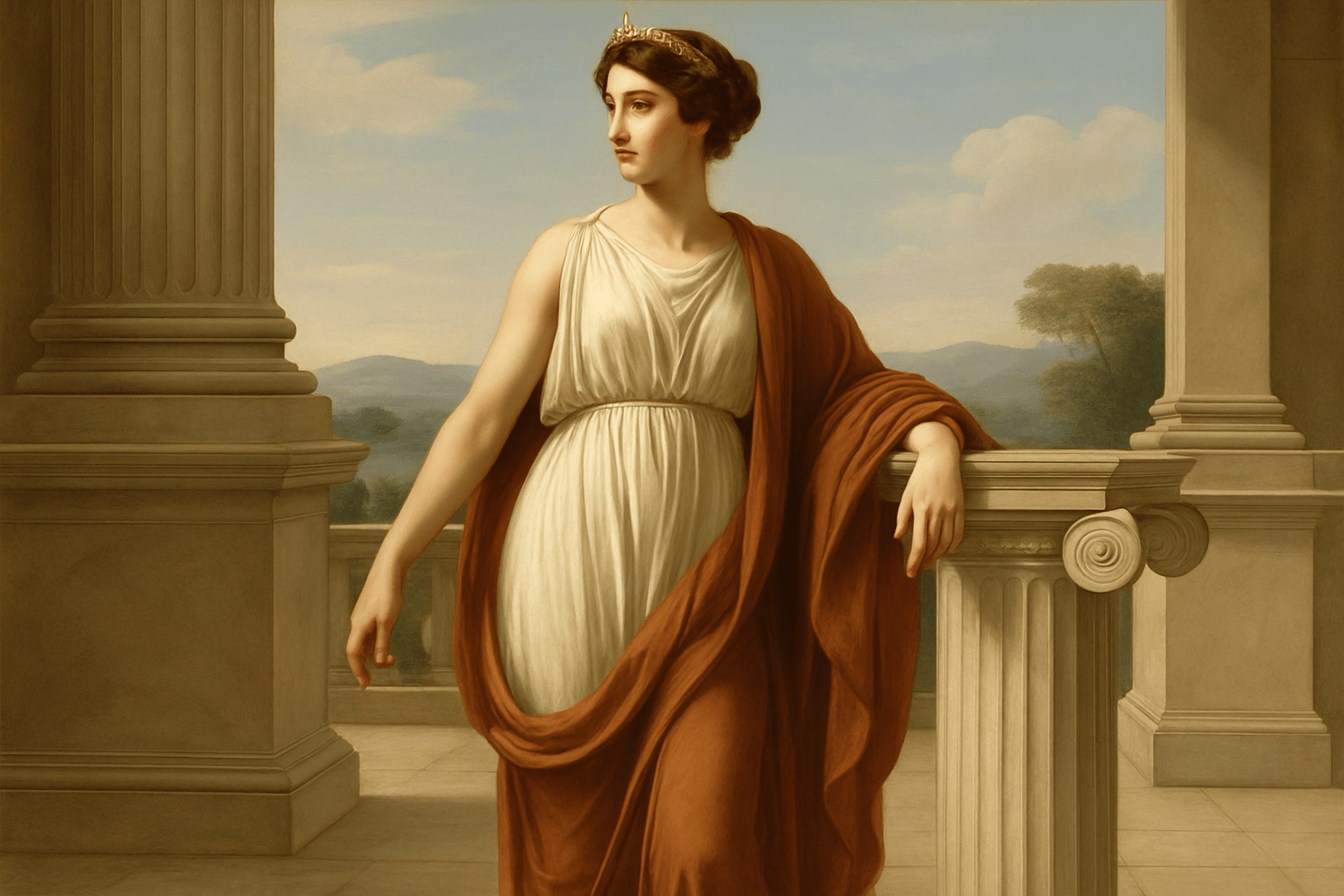
The art style Neoclassicism is characterized by its clean lines, simple forms, and muted colors. Neoclassical artists sought to revive the classical art of ancient Greece and Rome, and they often incorporated elements from those cultures into their work.
Thinking in the box: Impressionism, Modernism
Might also call it: Neoclassicism can be described as a return to classical antiquity, or a revival of classical antiquity.
Neogeo (art) No.572
Neo Geo is a term used to describe a style of video game graphics that became popular in the early 1990s. The style is characterized by its use of bright colors and detailed sprites, as well as its focus on action and violence. Neo Geo games often had large budgets and were produced by companies that specialized in arcade games. The style was popularized by games such as Street Fighter II and Mortal Kombat, and it remains a popular choice for retro-style games.
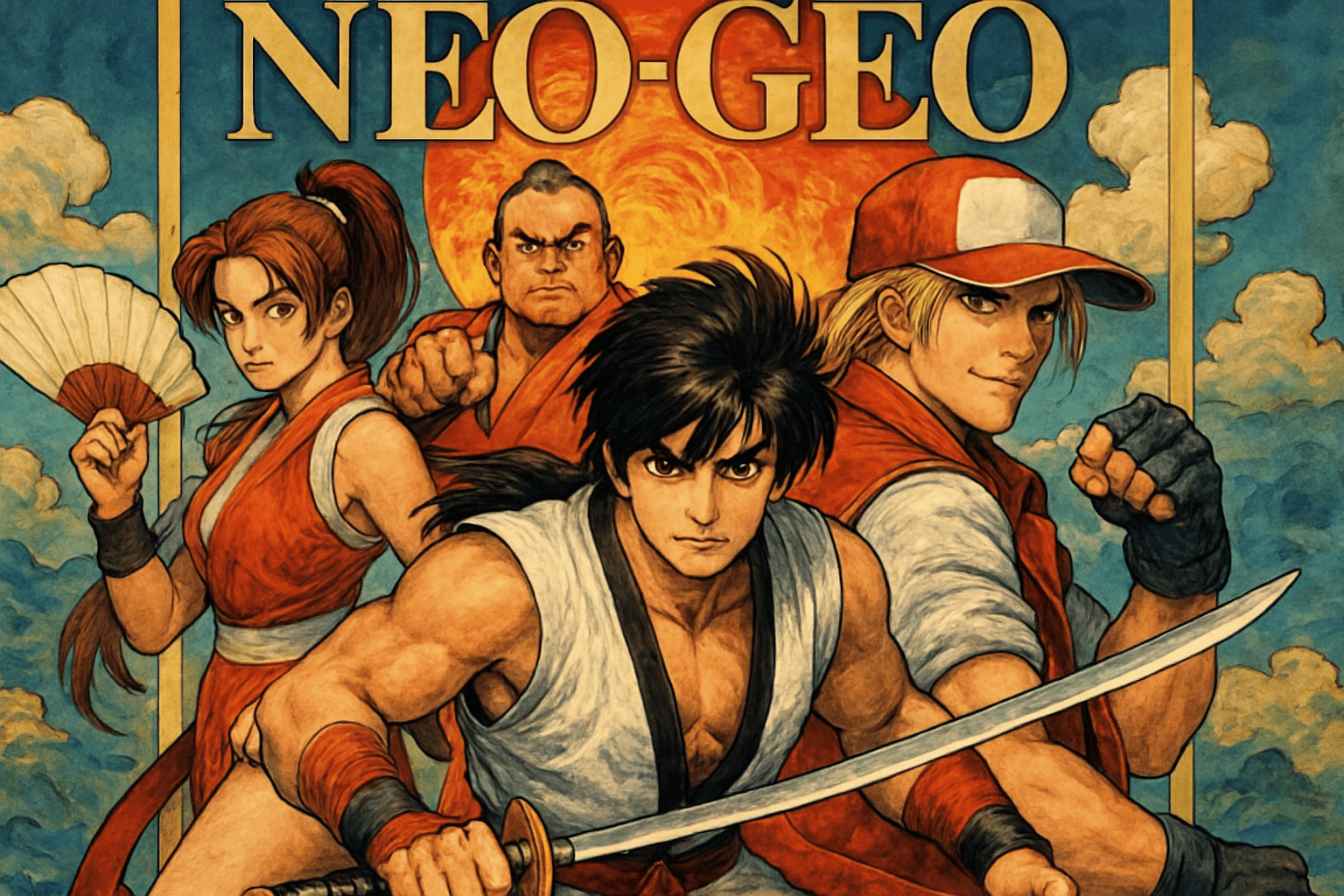
The Neogeo art style is characterized by its use of bright colors and bold lines. The style is often compared to that of comic books or animation, and is known for its use of exaggerated proportions and dramatic poses.
Thinking in the box: Impressionism, Modernism
Might also call it: Contemporary art, postmodern art, 21st-century art
Neogeo No.573
Neogeo is a professional art style that is characterized by its clean lines, bright colors, and simple shapes. It is often used in advertising and product design.

The Neogeo art style is characterized by its use of bright colors and bold lines. The style is often compared to that of comic books or animation, and is known for its use of exaggerated proportions and exaggerated expressions.
Thinking in the box: Impressionism, Modernism
Might also call it: New, recent, modern.
Neoism No.574
Neoism is a movement that began in the early 1980s as a reaction to the commodification of the art world. It is characterized by the use of everyday objects and materials in artworks, often in a humorous or subversive way. Neoism is also known for its DIY ethic and its focus on collaboration and social interaction.
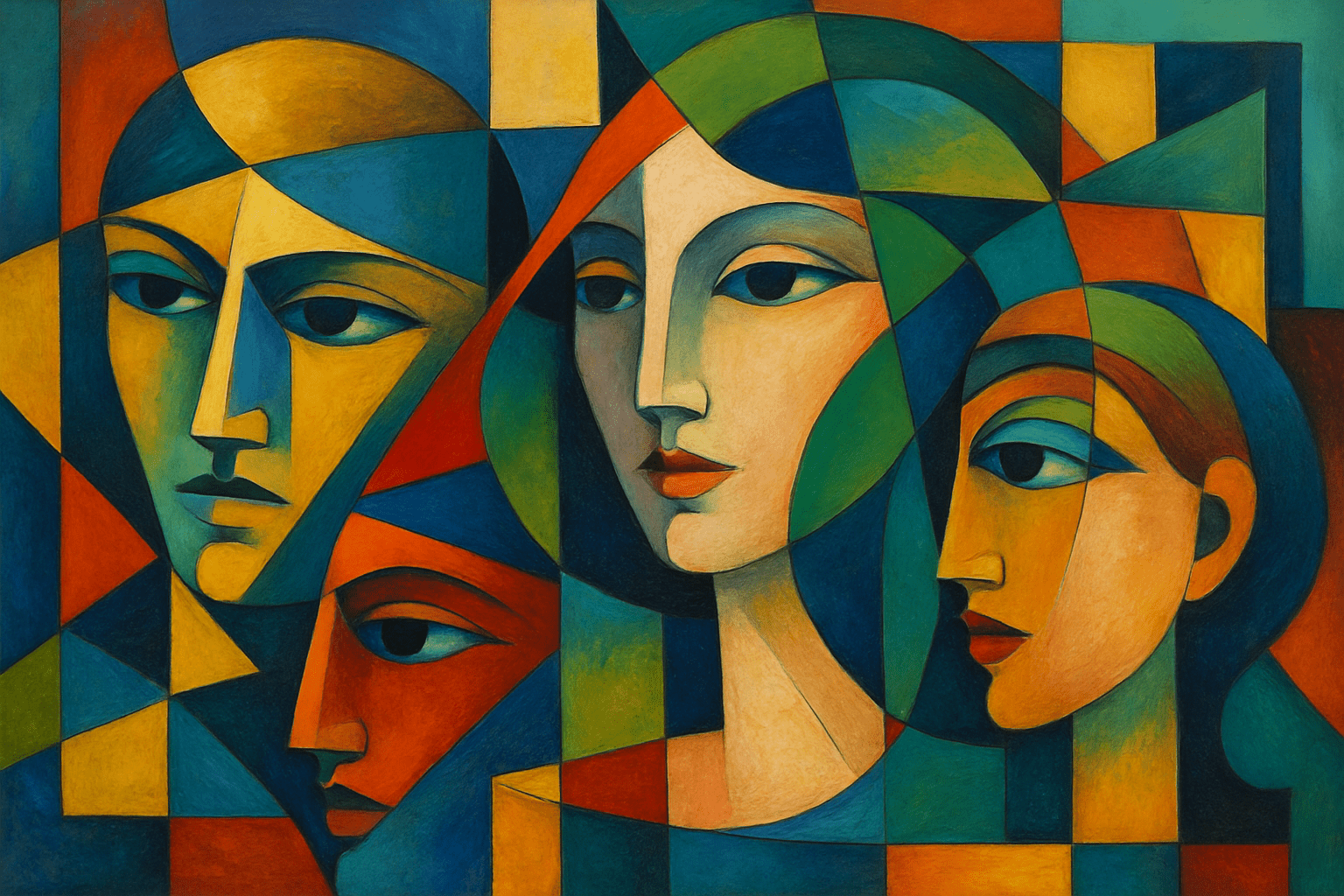
Neoism is an art movement that is difficult to define because it is constantly evolving. Neoism includes elements of Dada, Surrealism, and Fluxus, among other art movements. Neoism is often characterized by its use of humor, irony, and playfulness.
Thinking in the box: Impressionism, Modernism
Might also call it: Newism, Modernism, Postmodernism, Contemporaryism
Neon-Chantism No.575
Neon-Chantism is a vivid symphony of electric hues and spiritual motifs, where vibrant neon colors illuminate sacred symbols. It marries the pulsating energy of urban street art with the contemplative serenity of ancient rituals, creating a luminous tapestry of modern mysticism.

Neon-Chantism glows like a digital cathedral, where electric hues dance in rhythmic harmony. Colors pulse with the fervor of a midnight cityscape, and forms morph like whispered secrets in a kaleidoscope of vibrant, reverent energy.
Thinking in the box: Impressionism, Modernism
Might also call it: Neon-Chantism, though unique, echoes the vibrancy of Cyber-Luminescence and Digital Incandescence. It flirts with Electric Surrealism and Radiant Futurism. Related synonyms might include Techno-Illumination and Electro-Expressionism, capturing its glowing, modern mystique.
Neon Dust Fresco No.576
Peeling the surreal from reality, it captures life's pulse through neon glow and whispering dust. Vibrations under a noir twilight; an art of electric echoes and gentle sighs.

Vibrant strokes of shocking neon cling to shadowy surfaces, creating electric mirages that dance and flicker under imagined starlight. Dust joins the chorus, softening harsh edges, and giving form to ethereal luminosity.
Thinking in the box: Impressionism, Modernism
Might also call it: Electric Fresco, Neon Palimpsest, Luminous Dust Canvas
Neon Splice Abstract No.577
Electric hues cascade across the canvas, painted illusions where the future meets pulse. Shapes fluid yet jagged, media woven into a digital tapestry of vibrant energy—a dance of light and shadow.
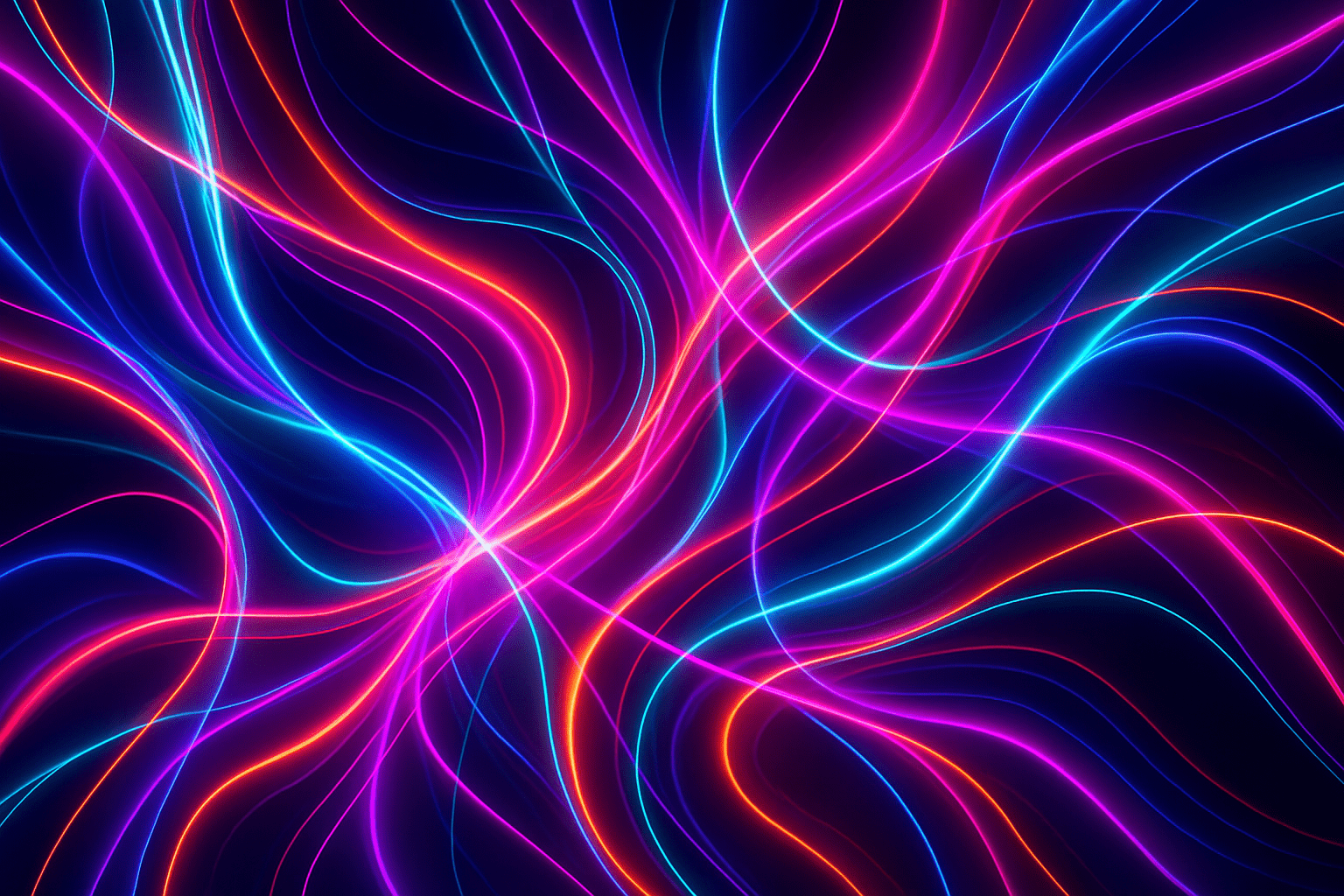
Imagine a metropolis at midnight, where neon signs breathe life. This style weaves chaos and order, splintered glass caught in a kaleidoscope, teetering on the line between dream and reality.
Thinking in the box: Modernism, Futurism
Might also call it: Techno Prism, Urban Nebula
Neon cyberpunk No.578
Neon cyberpunk is a subgenre of cyberpunk that emphasizes the use of bright, neon colors in order to create a futuristic and often dystopian setting. This style of art is often used in video games, movies, and comics that take place in a science fiction or cyberpunk world.

The art style of neon cyberpunk is characterized by its bright, neon colors and its futuristic, technological aesthetic. This style often features cityscapes and landscapes that are filled with bright lights and geometric shapes. The overall look is often very sleek and modern, with a strong emphasis on technology and progress.
Thinking in the box: Impressionism, Modernism
Might also call it: 1. cyberpunk 2. tech-noir 3. cyber noir 4. post-cyberpunk 5. dark future
Neoplasticism No.579
Neoplasticism is a art style that emerged in the early 20th century. It is characterized by its use of simple, geometric forms and its focus on primary colors.
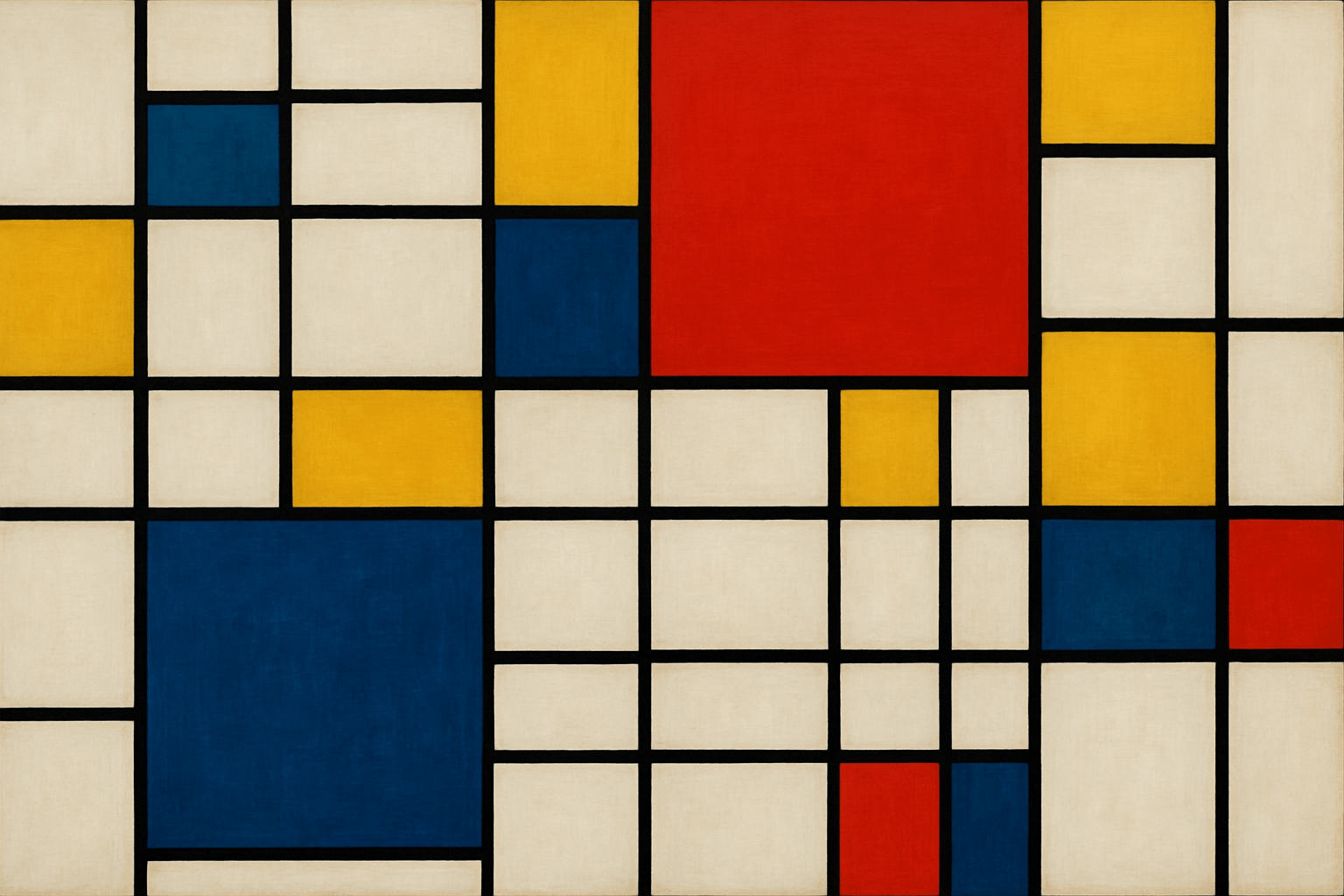
Neoplasticism is a visual art style that is characterized by its use of simple geometric shapes and forms. The colors used in Neoplasticism are typically very bright and bold, and the overall look of the art style is very clean and minimalistic.
Thinking in the box: Impressionism, Modernism
Might also call it: Futurism, Cubism, Dadaism, Surrealism, Abstract Expressionism
Net art No.580
Net art is a type of art that is created using the internet and digital technology. It is a relatively new type of art that has only emerged in the last few years. Net art is often created by artists who are interested in exploring the potential of the internet and digital technology as a new medium for art.

Net art is a type of art that is created using the internet or other digital technologies. It is often characterized by its use of new media, such as digital video, audio, and animation. Net art can also be interactive, making use of hyperlinks and other forms of interactivity to engage the viewer.
Thinking in the box: Impressionism, Modernism
Might also call it: Internet art, web art, new media art
Neurochromatic Synthesis No.581
An electrifying dance of neural networks and vivid colors. Envision data's energy transformed into an artistic ballet, untethered by convention or restraint.
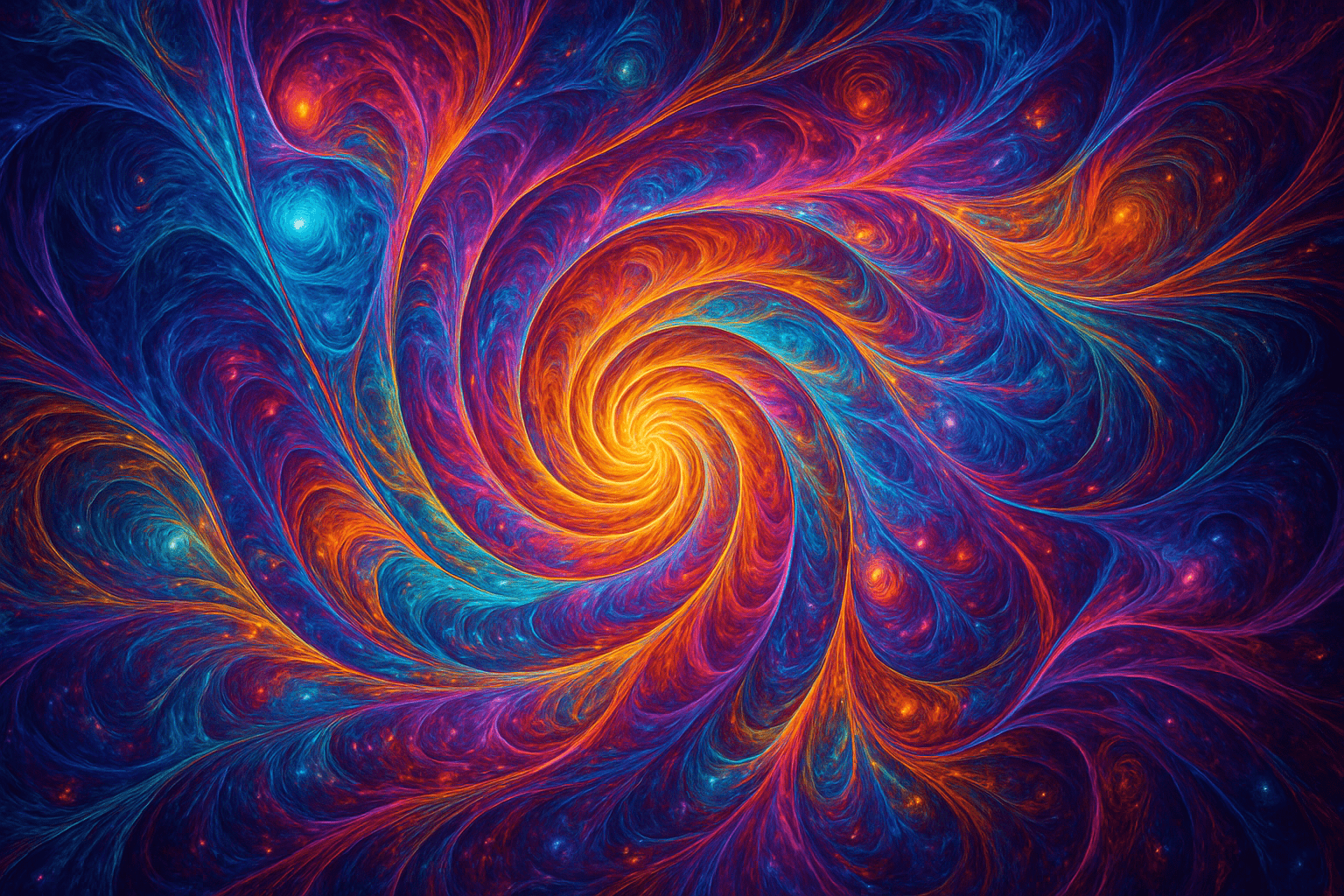
A mesmerizing kaleidoscope where circuitry meets brushstroke. Colors splash like neurons firing in electric arcs; a canvas alive with pulse and rhythm.
Thinking in the box: Impressionism, Modernism, Technological Surrealism
Might also call it: Techno-Surrealism, Digital Impressionism, Algorithmic Artistry
Neurochrome Drift No.582
Neurochrome Drift is an innovative art style that merges elements of digital art, neural networks, and chromatic exploration. It leverages advanced algorithms and artificial intelligence to generate dynamic and vibrant compositions, often characterized by fluid forms and vivid color palettes. This style embodies a fusion of technology and creativity, pushing the boundaries of traditional art by incorporating machine learning techniques to produce unique, abstract visuals. Neurochrome Drift reflects a contemporary movement in the art world where digital tools and AI play a central role in artistic expression, offering new possibilities for both artists and audiences to engage with art.
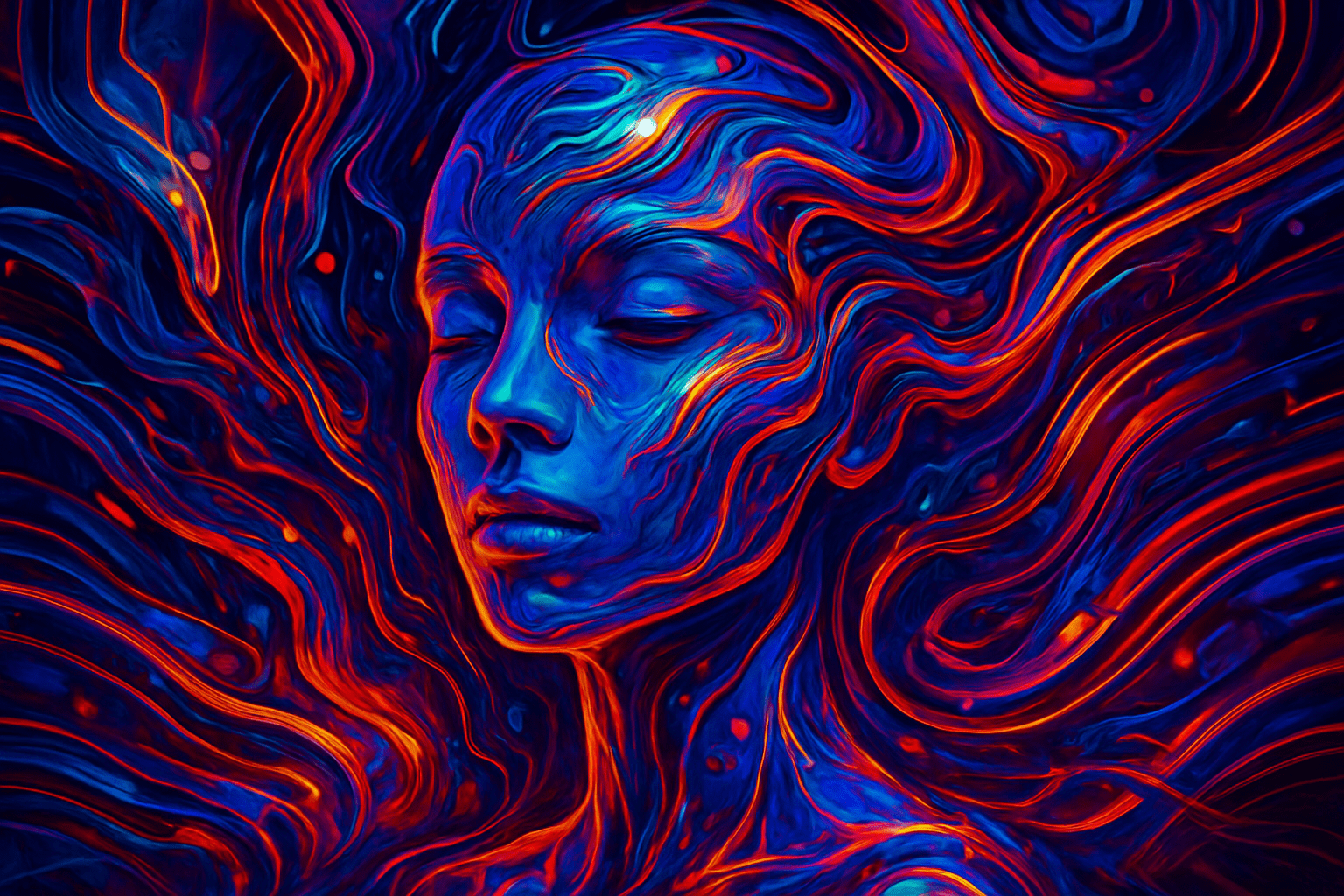
Neurochrome Drift is an art style that blends elements of cyberpunk aesthetics with a futuristic, digital twist. It often features vibrant, neon colors such as electric blues, hot pinks, and bright purples, creating a visual experience reminiscent of a digital dreamscape. The style incorporates glitch art elements, with pixelated distortions, fragmented imagery, and digital noise, giving the impression of a corrupted or malfunctioning digital environment. It often includes abstract, flowing shapes and patterns that mimic the fluidity of digital data streams. The overall effect is both chaotic and mesmerizing, evoking a sense of movement and transformation within a digital realm. The art style is characterized by its dynamic interplay of light and shadow, often using high contrast to emphasize the luminous quality of the neon palette. It captures a sense of futuristic nostalgia, blending the aesthetics of early digital art with modern technology's possibilities.
Thinking in the box: Impressionism, Modernism
Might also call it: Neurochrome Drift is a speculative term, likely referring to an AI-driven art style that blends neural network technology with chromatic elements. While there may not be direct synonyms for this specific style, related concepts and styles in AI art might include: 1. Neural Art 2. Generative Art 3. Algorithmic Art 4. AI-Generated Art 5. Machine Learning Art 6. Deep Learning Art 7. Chromatic Abstraction 8. Digital Surrealism 9. Techno-Expressionism 10. Cyber Art These terms capture elements of AI, color manipulation, and digital creativity that might be associated with Neurochrome Drift.
Quantum Impressionism No.583
Quantum Impressionism bends reality into possibility, painting the unseen essence of parallel dimensions. It whispers the secrets of the multiverse, inviting viewers to explore the boundaries of perception and imagination.
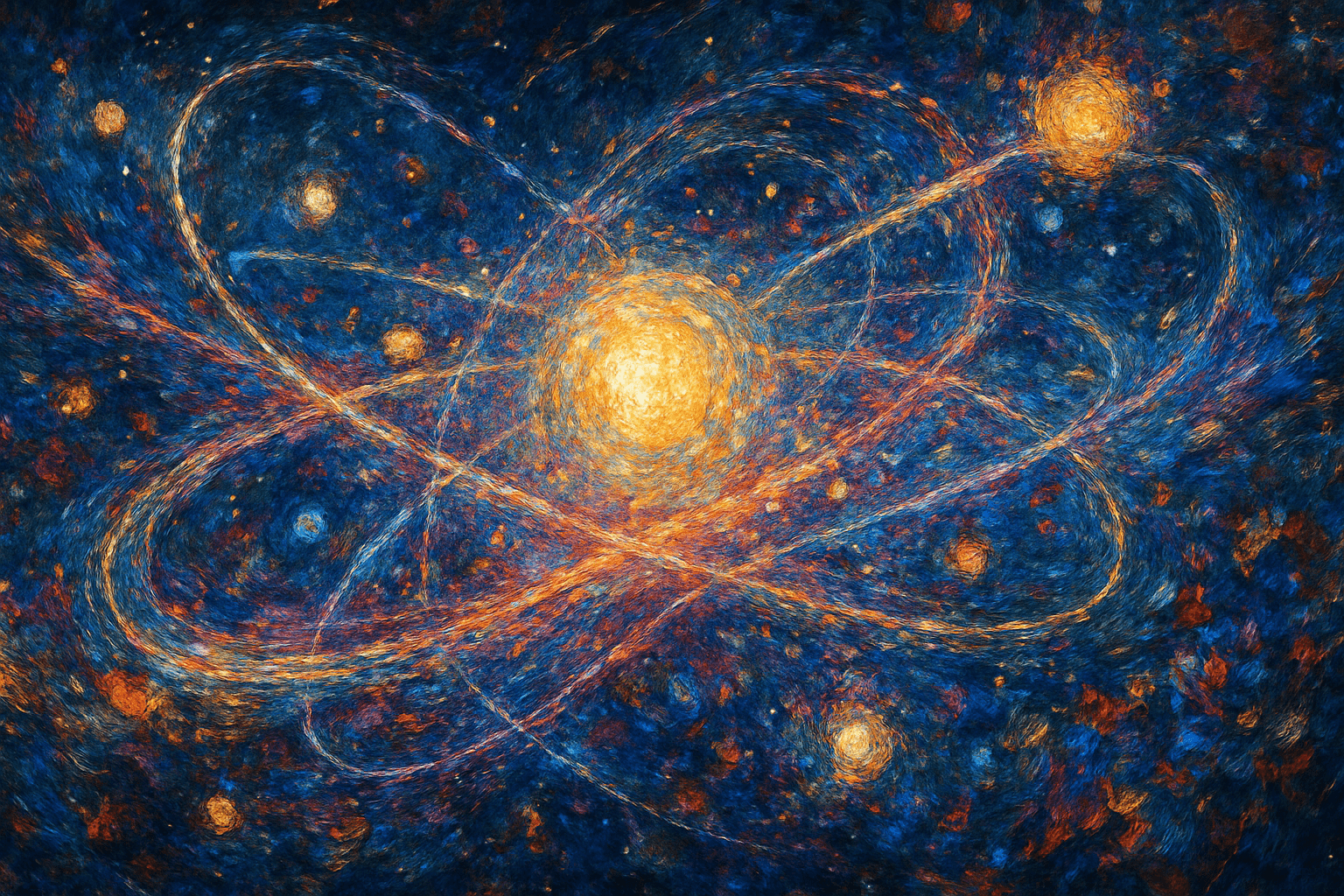
Colors blend like cosmic winds; lines dance between dreams and waking life. Every brushstroke echoes the universe's silent hum—a kaleidoscope of existence, vibrating with ethereal energy.
Thinking in the box: Impressionism, Surrealism
Might also call it: Multi-dimensional Impressionism, Quantum Surrealism, Cosmic Expressionism
New Media Art No.584
A fusion of technology and creativity, New Media Art embraces the digital age, introducing interactive experiences and immersive landscapes. It pioneers innovation, reshaping perceptions and redefining what art can be in a wired world.
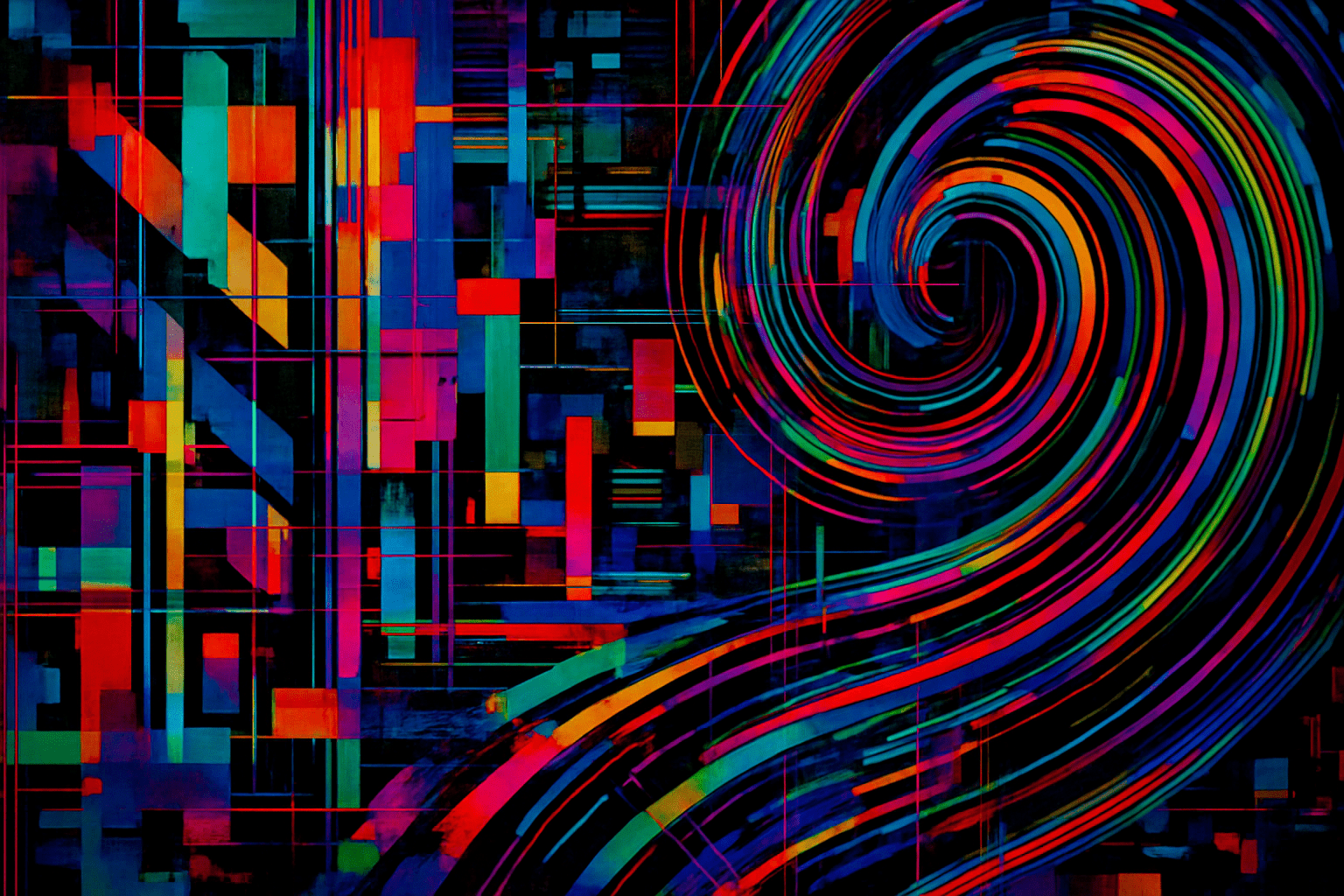
Holographic illusions dance alongside virtual realities. Pixels fuse with organic forms, glowing screens and dynamic projections weave into vibrant, kinetic tapestries. Each work pulses with energy, redefining how we perceive dimension and sensation.
Thinking in the box: Digitalism, Interactive Media, Cyberart
Might also call it: Media Art, Interactive Art, Digital Art
New Objectivity No.585
New Objectivity is a term used to describe a style of art that emerged in the 1920s in Europe. This art style is characterized by its use of realistic and sometimes harsh imagery, as well as its rejection of traditional values. New Objectivity artists sought to depict the world as it really was, without sentimentality or idealization.
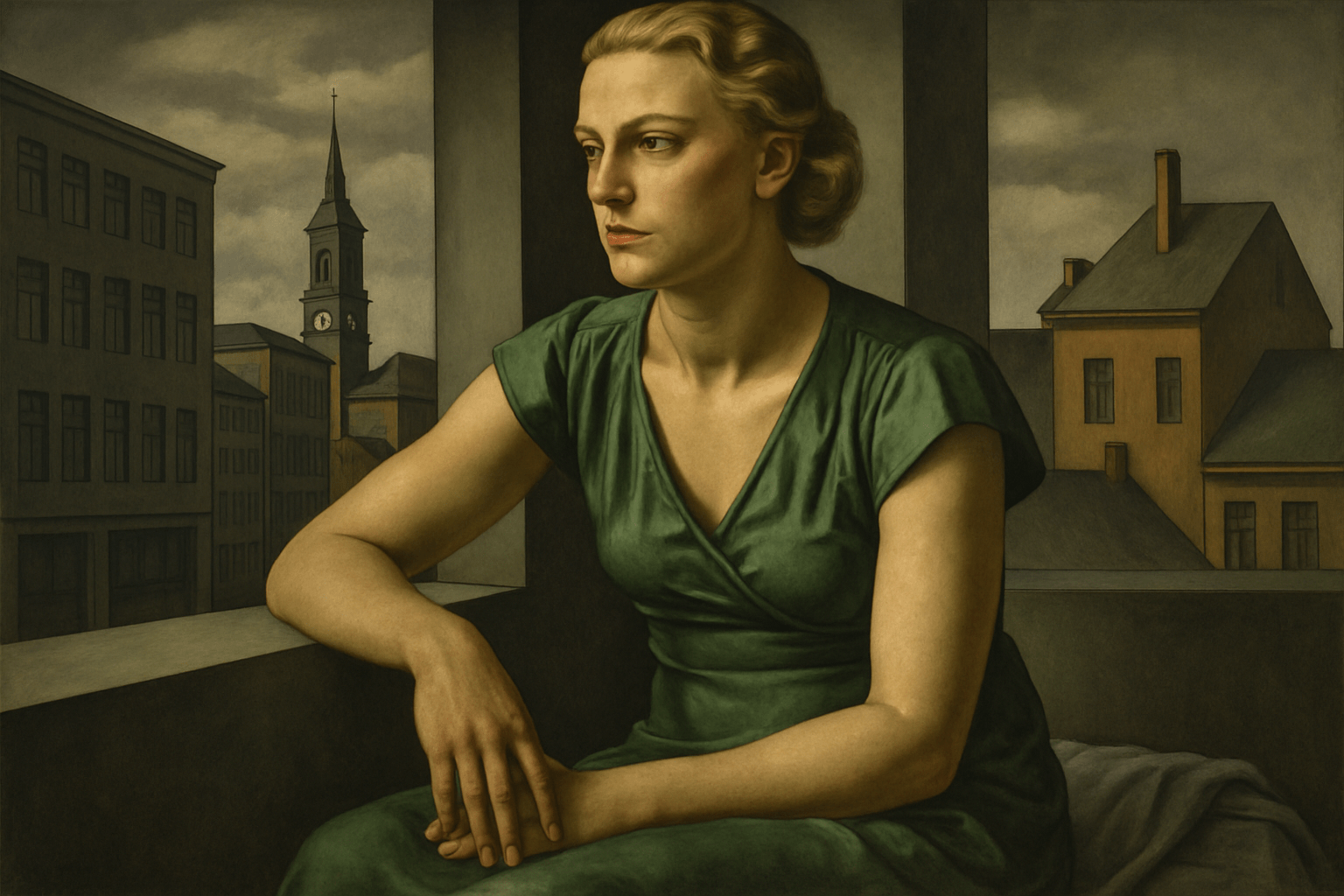
The art style New Objectivity is characterized by its clean lines and precise details. The colors are often muted and the overall effect is one of order and calm.
Thinking in the box: Impressionism, Modernism
Might also call it: realism, naturalism, verism, objectivism, fact-based art
New Sculpture No.586
New Sculpture is a term used to describe a range of styles in late 19th- and early 20th-century sculpture. It is characterized by its use of new materials and techniques, and often features a more naturalistic style than the traditional art styles of the past.

The art style of New Sculpture is characterized by its use of clean lines and simple forms. The sculptures are often made of smooth, polished materials such as marble or bronze. They often have a sleek, modern look.
Thinking in the box: Impressionism, Modernism
Might also call it: New Sculpture can be referred to as Contemporary Sculpture, Modern Sculpture, or Abstract Sculpture.
New Zealanders No.587
The art style of New Zealanders is characterized by its unique use of color and light. This style is often compared to the work of the Impressionists, as it captures the natural beauty of the country's landscapes. New Zealand artists often use a variety of mediums to create their work, including painting, sculpture, and photography.
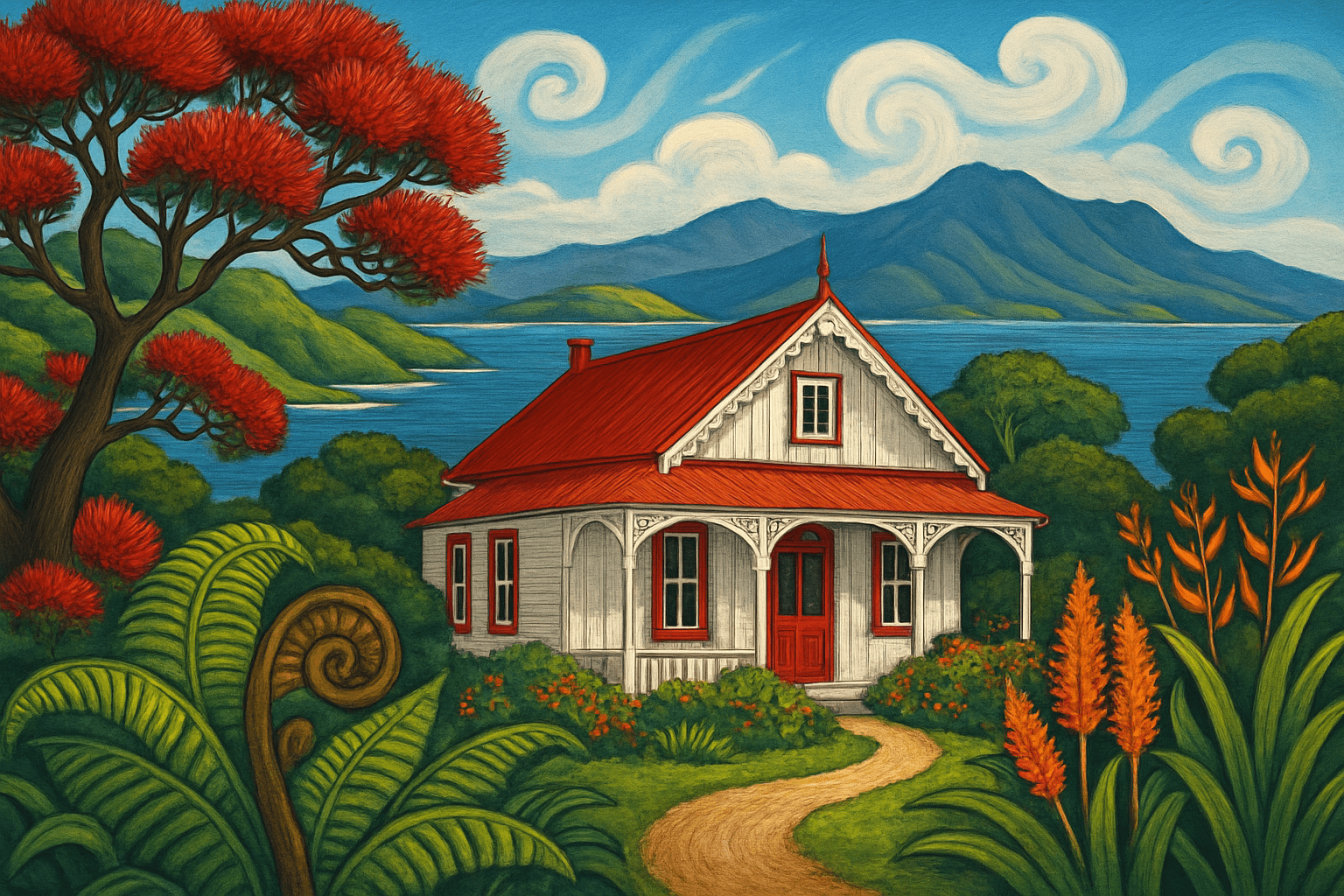
The art style of New Zealanders is characterized by its bright colors and bold patterns. The artwork is often inspired by nature, and the designs are often geometric in shape.
Thinking in the box: Impressionism, Modernism
Might also call it: Kiwis
Newyorkism No.588
Newyorkism is a term used to describe a certain type of art that is popular in New York City. This type of art is characterized by its use of bright colors and bold patterns. It is often inspired by the cityscape of New York, and its artists often seek to capture the energy and vibrancy of the city. Newyorkism is a unique and exciting style of art that is sure to capture the attention of any viewer.
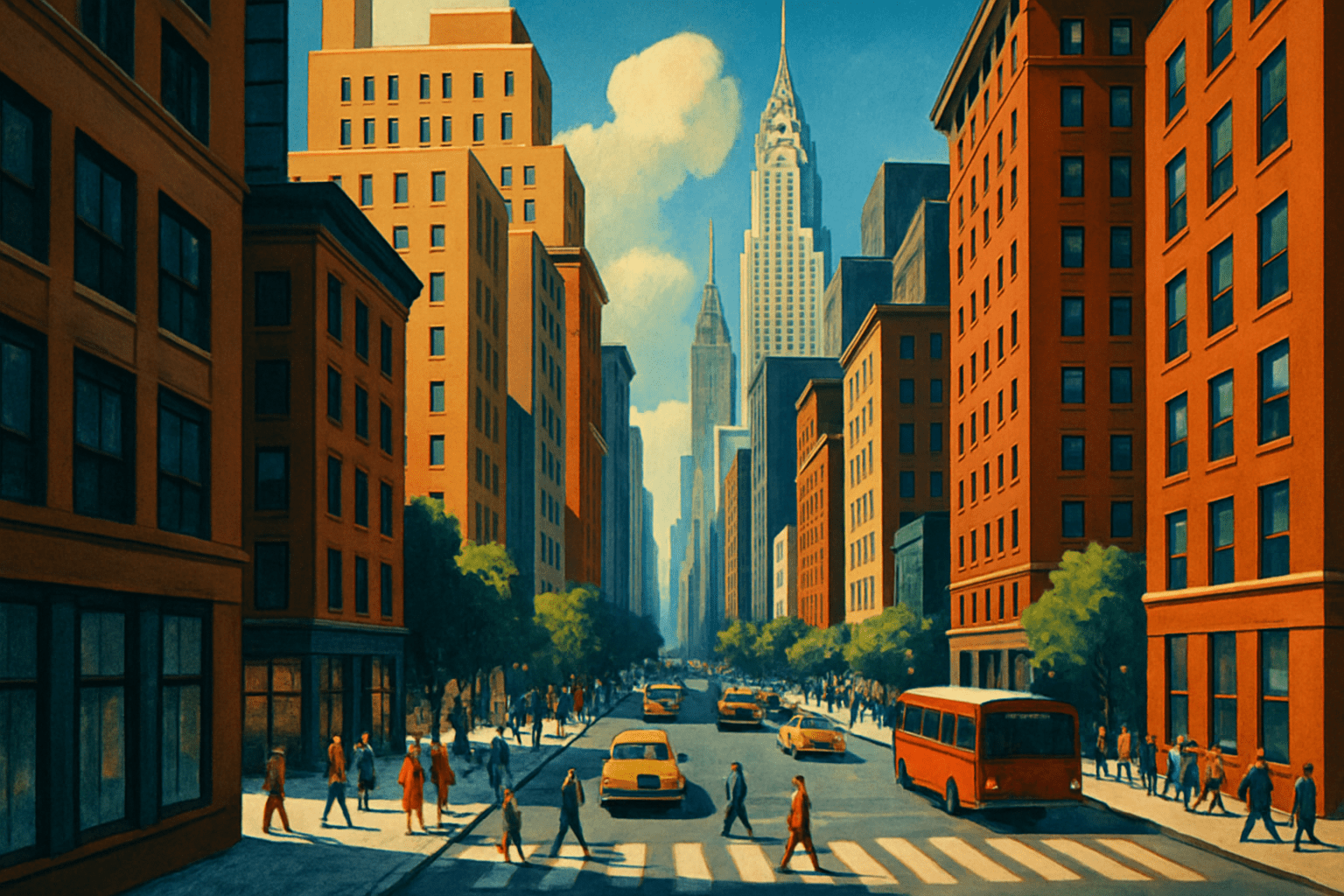
The art style Newyorkism is characterized by its use of bold colors and geometric shapes. It is often described as being "loud" and "in your face."
Thinking in the box: Impressionism, Modernism
Might also call it: Newyorkism could be replaced with the word "jargon."
Nigerians No.589
Nigerian art is as diverse as the country's many cultures, languages, and religions. The country's art includes traditional and modern art forms in painting, sculpture, pottery, textile, jewelry, and music.
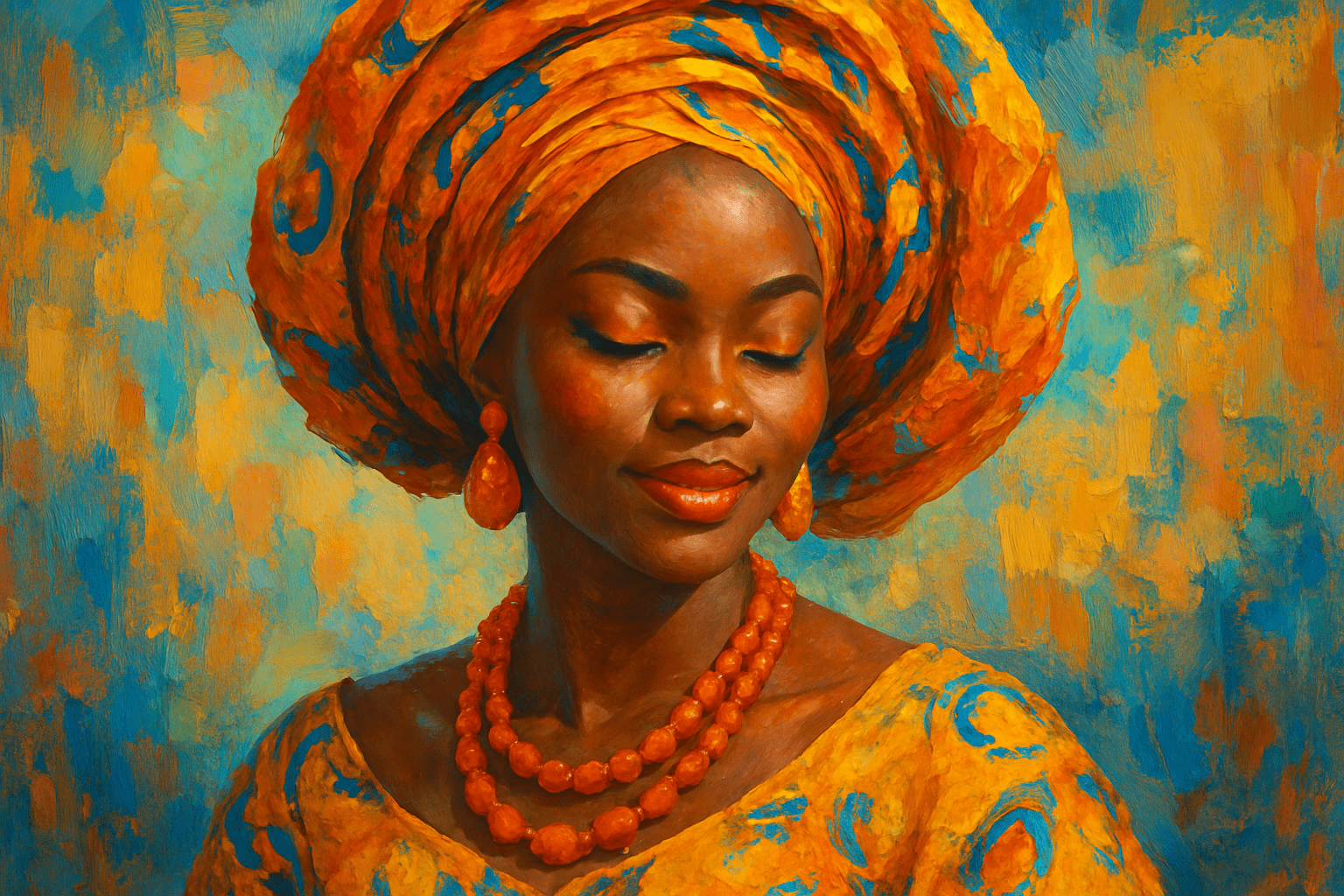
The art style of Nigerians is very colorful and vibrant. The use of bold colors and patterns is very common, and the overall aesthetic is very lively and energetic.
Thinking in the box: Impressionism, Modernism
Might also call it: Africans, people of African descent, people of color
Night Photography No.590
Night photography is a genre of photography that is typically defined as photography that is taken outdoors after sunset or before sunrise. Night photography can be incredibly rewarding, providing photographers with the opportunity to capture the world in a completely different light. While night photography can be challenging, it is often worth the effort, resulting in images that are truly unique.

Night photography is typically characterized by dark, moody, and atmospheric images. The colors are often muted, and the overall aesthetic is one of mystery and suspense.
Thinking in the box: Impressionism, Modernism
Might also call it: Astrophotography, nocturnal photography, night-time photography, nightscape photography
Nihonga No.591
Evoking echoes of dreamscapes, Nihonga is a poetic fusion of indigenous Japanese aesthetics and Western naturalism, maintaining elegance with an emphasis on harmony between human and nature.
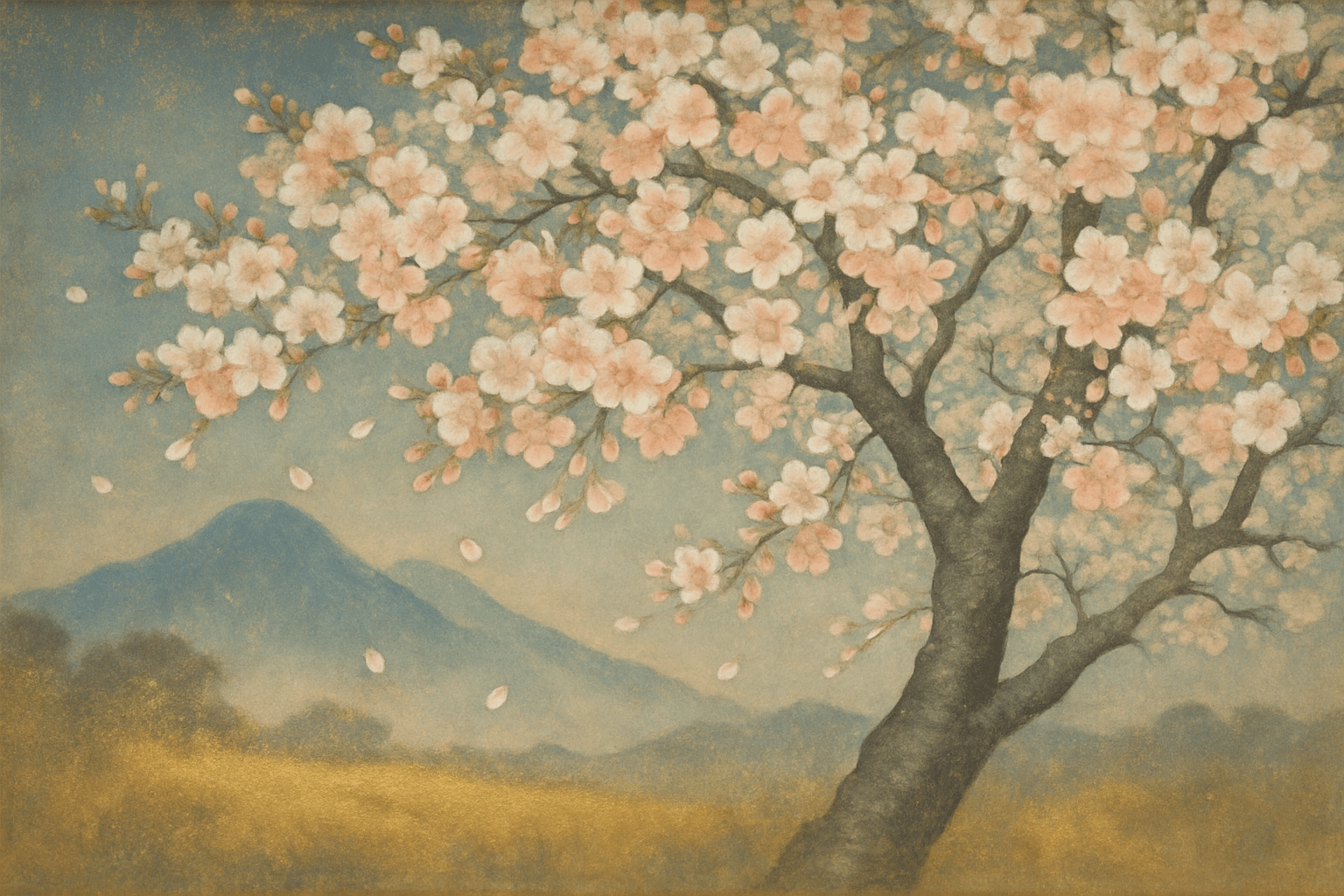
Nihonga embraces delicate brushstrokes, muted pastels, and shimmering gold leaf. It conjures imagery akin to a serene pond where each element pauses in perfect balance.
Thinking in the box: Impressionism, Modernism
Might also call it: Japanese Painting, Neo-Nihonga, New Japanese Art
North Koreans No.592
The art style of North Korea is characterized by its strong use of propaganda and its highly stylized and idealized portrayals of North Korean life and culture. North Korean artists often use bright colors and bold lines to create images that are intended to be both visually appealing and ideologically correct.
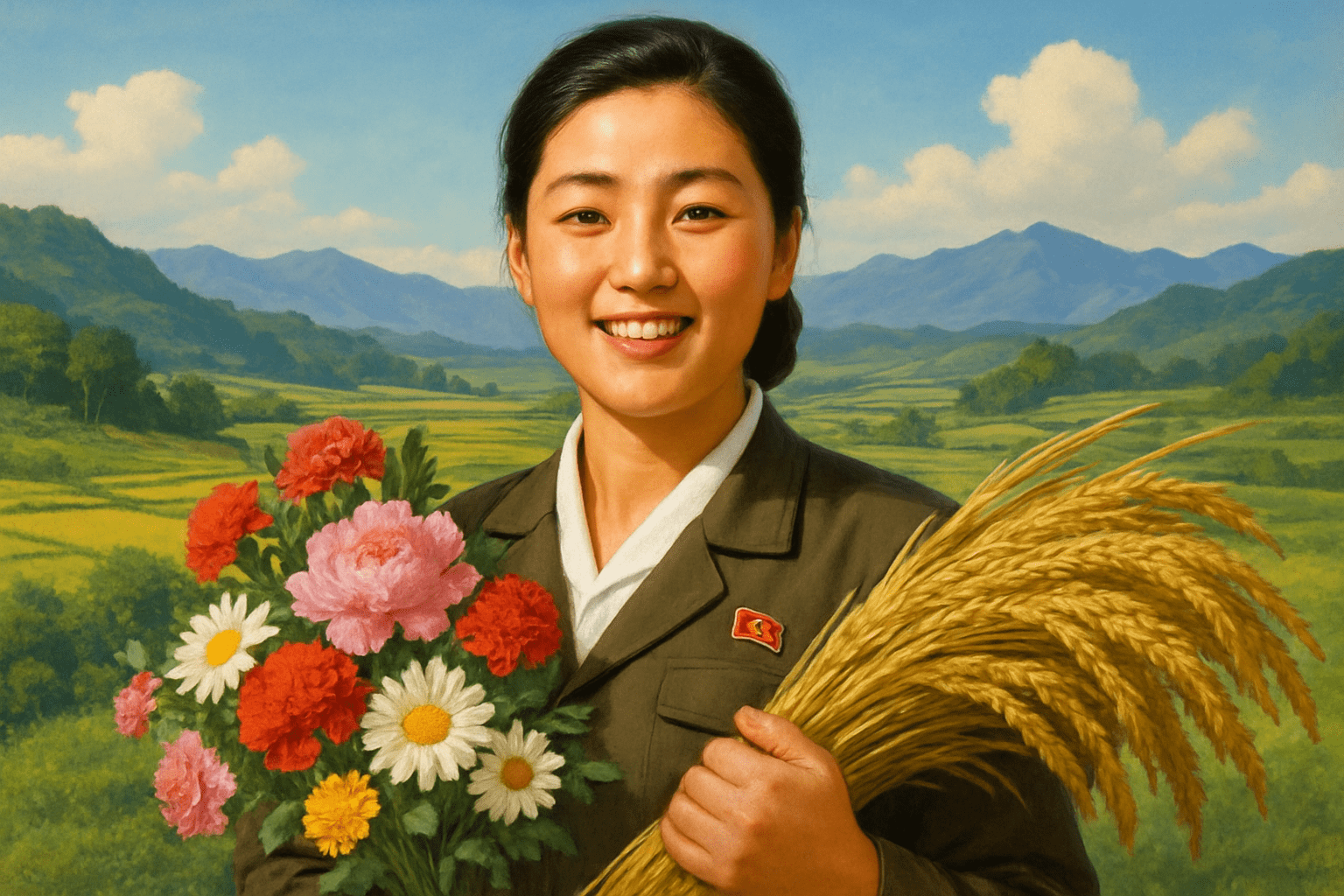
The art style of North Koreans is characterized by its use of bright colors and simple shapes. North Korean artists often use traditional Korean motifs and symbols in their work.
Thinking in the box: Impressionism, Modernism
Might also call it: Koreans from North Korea
Northwest School No.593
The Northwest School is a style of painting that developed in the Pacific Northwest region of the United States in the 1930s. The style is characterized by its use of strong colors and bold brushstrokes. The Northwest School is often associated with the works of the painters Mark Tobey, Morris Graves, and Kenneth Noland.
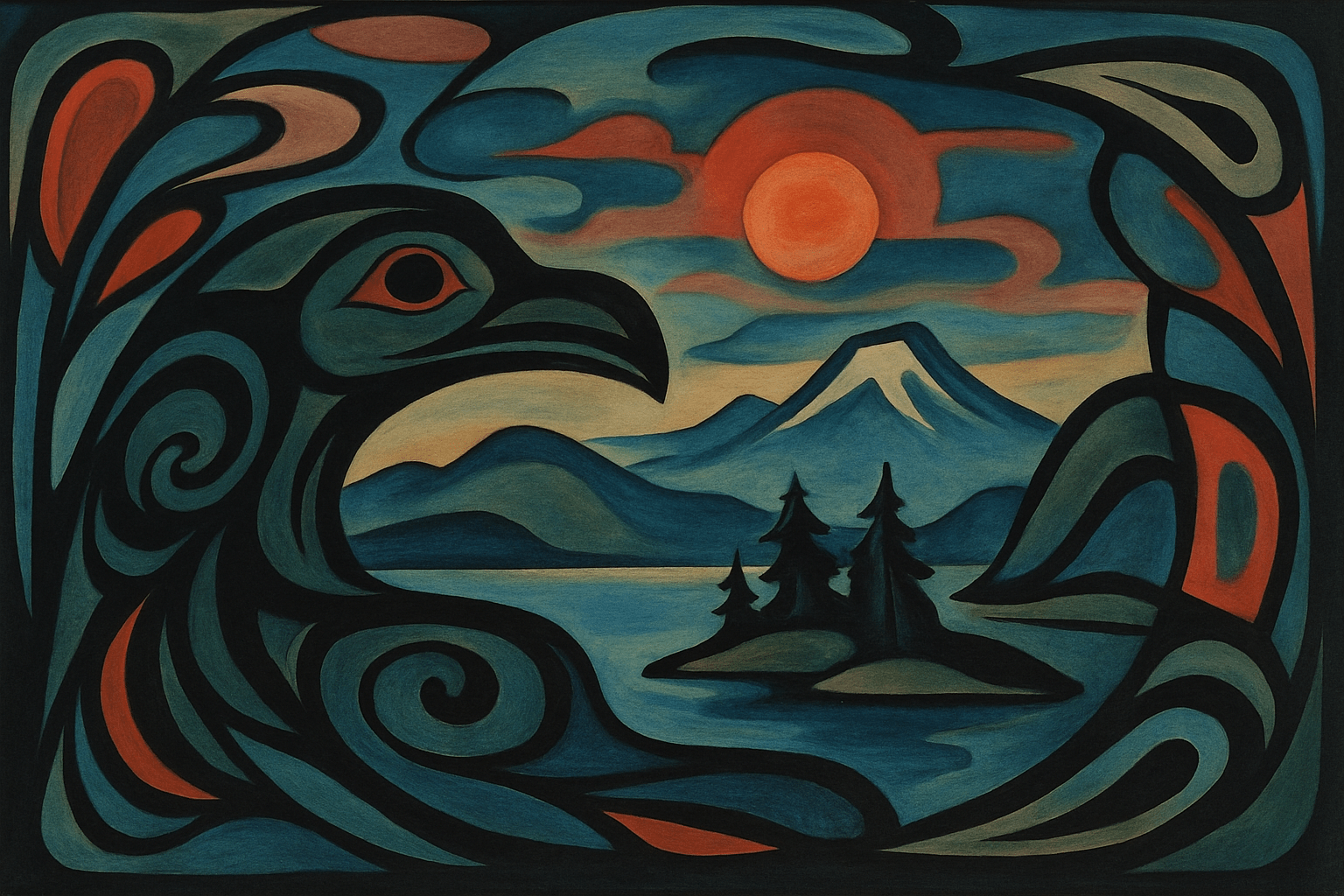
The Northwest School is characterized by its simple, clean lines and muted colors. The artists of this movement were influenced by the landscape of the Pacific Northwest, and their work often features natural elements such as mountains, forests, and rivers.
Thinking in the box: Impressionism, Modernism
Might also call it: The Northwest School can be referred to as the Pacific Northwest School, the Seattle School, or the Washington School.
Norwegians No.594
Norwegian art is characterized by its strong naturalistic and romantic elements. The Norwegian landscape is often featured prominently in Norwegian art, with its mountains, fjords, and forests serving as inspiration for many artists. Norwegian art also frequently features themes from Norse mythology and folklore, as well as scenes from daily life.
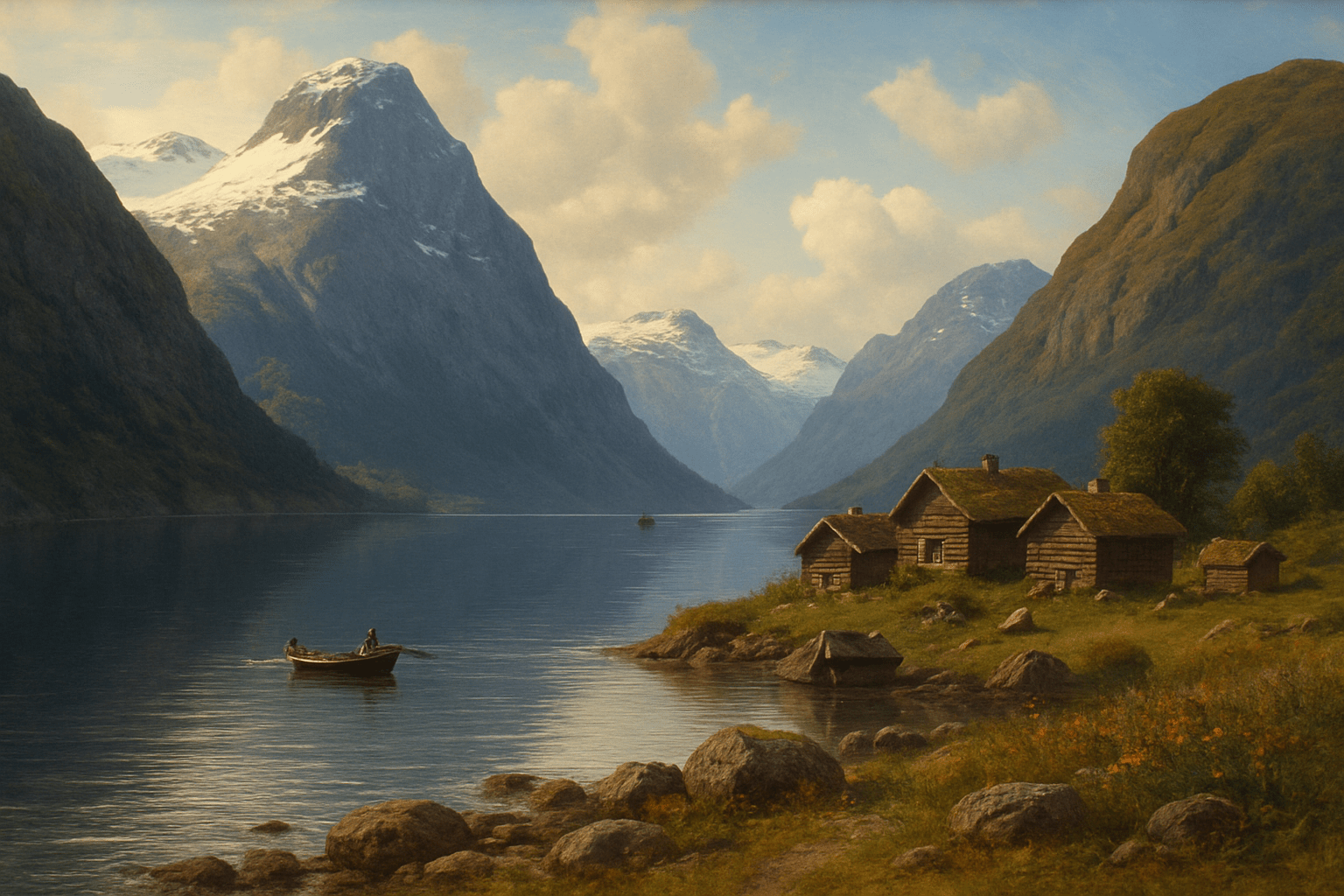
The art style of Norwegians is characterized by its use of light and dark colors, as well as its focus on nature and landscapes.
Thinking in the box: Impressionism, Modernism
Might also call it: Scandinavians, Norsemen
Nuclear art No.595
Nuclear art is a type of art that uses nuclear weapons and/or nuclear energy as its subject matter. It is often critical of nuclear weapons and/or nuclear power, and can be either pro- or anti-nuclear.
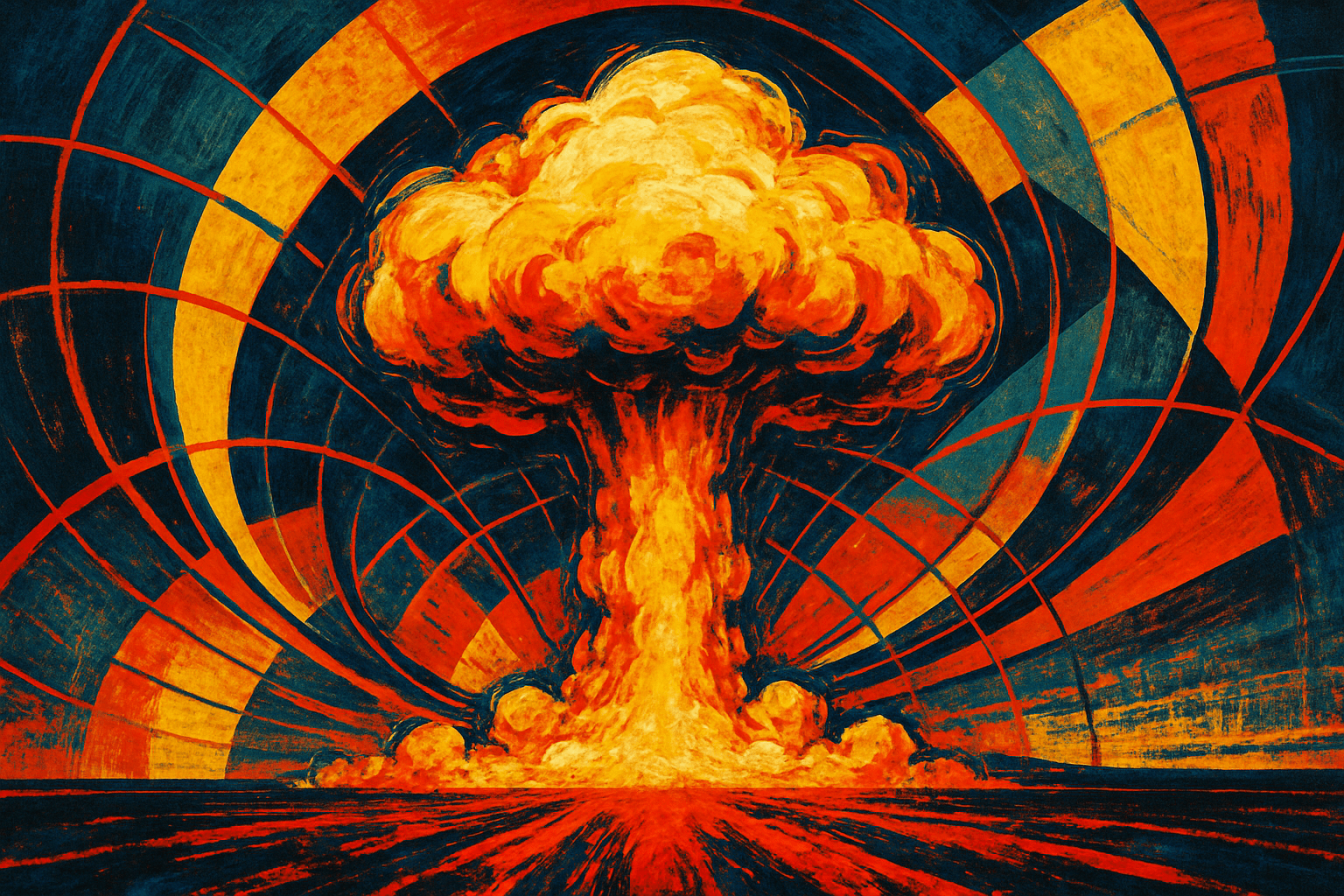
Nuclear art is characterized by its bright, vibrant colors and sharp, geometric shapes. It is often inspired by the atomic age, with its images of nuclear explosions and radioactive materials.
Thinking in the box: Impressionism, Modernism
Might also call it: Nuclear art can be referred to as radiation art, atomic art, or nuclear fallout art.
Nude painting (nu) No.596
Nude painting is a genre of art in which the subject is depicted in a state of undress, typically without any other objects or people in the scene. The purpose of nude painting is to capture the beauty of the human form, and the genre has been popular since the Renaissance. Nude paintings are often sensual and erotic, and can be both beautiful and controversial. While the nude has been a subject of art for centuries, it is still a genre that is open to interpretation and personal expression.
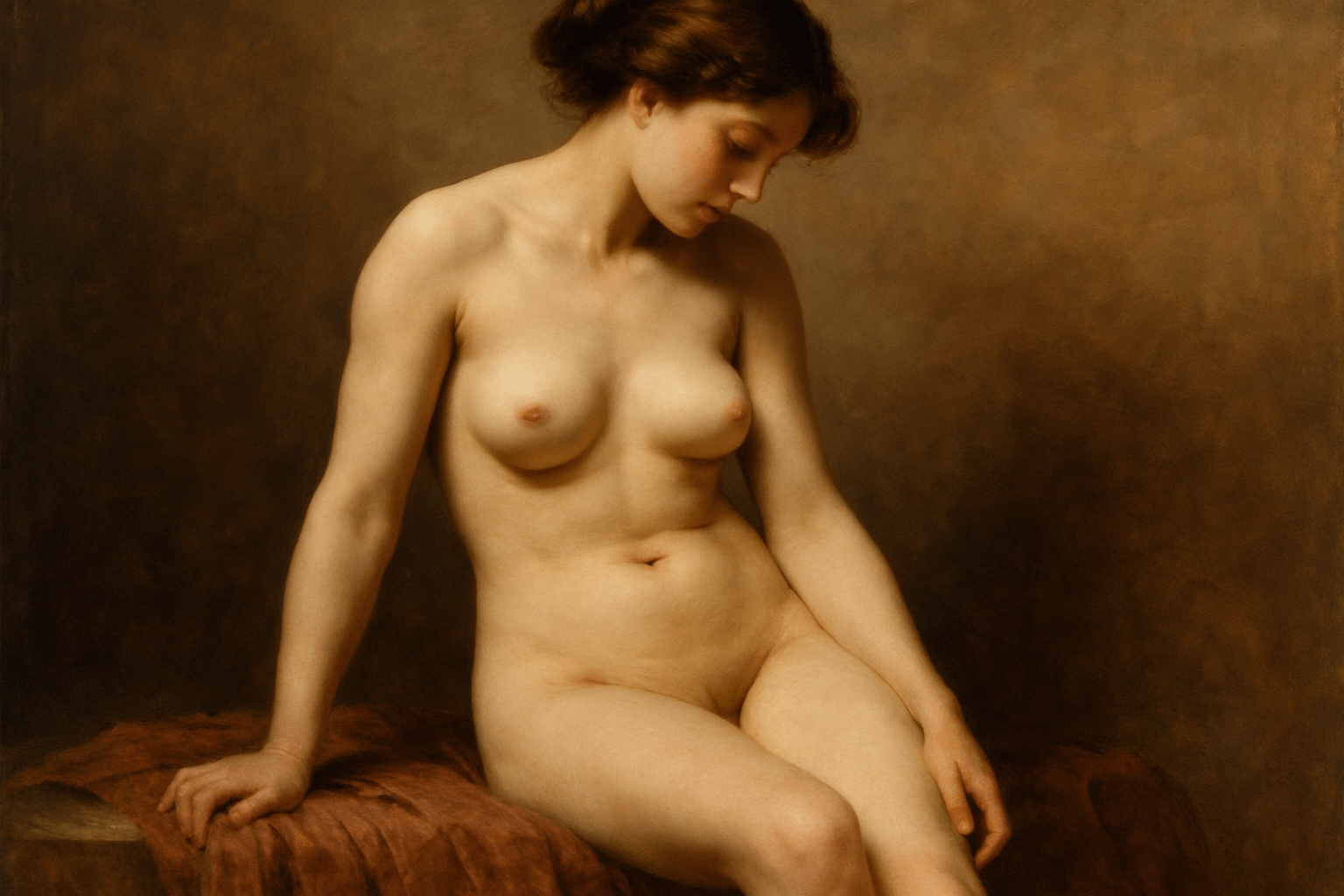
Nude paintings are typically characterized by their use of soft, naturalistic colors and light. The subjects are often shown in relaxed, comfortable poses, with an emphasis on the natural beauty of the human body.
Thinking in the box: Impressionism, Modernism
Might also call it: Bare, naked, unclothed.
Object Art Styles No.597
In the world of art, there are many different styles that artists can choose from. One style that has been gaining popularity in recent years is Object Art. Object Art is a style of art where the artist creates a piece using found objects. These objects can be anything, from everyday items to more unique items. The key to this style is that the artist uses the objects to create a new piece of art, rather than just displaying the objects as they are. This style of art can be used to create anything from sculptures to paintings to collages. It is a versatile style that can be used to create a wide variety of art pieces. If you are looking for a unique and interesting art style, then Object Art may be the perfect style for you.

The art style of Object Art Styles is very colorful and vibrant. The objects in the paintings are often very geometric and have a lot of detail. The overall effect is very eye-catching and visually interesting.
Thinking in the box: Impressionism, Modernism
Might also call it: 1. Abstract art 2. Action painting 3. Analytical cubism 4. Art Nouveau 5. Avant-garde 6. Black Mountain College 7. Bauhaus 8. Constructivism 9. Dada 10. De Stijl 11. Fluxus 12. Futurism 13. Geometric abstraction 14. Hard-edge painting 15. Hyperrealism 16. Impressionism 17. Lyrical abstraction 18. Minimalism 19. Neo-Dada 20. Neo-expressionism 21. New media art 22. Opt art 23. Post-impressionism 24. Post-painterly abstraction 25. Precisionism 26. Purism 27. Rayonism 28. Rococo 29. Romanticism 30. Situationist International 31. Stuckism 32. Suprematism 33. Surrealism 34. Symbolism 35. Synchromism 36. Tonalism 37. Ukiyo-e 38. Vorticism 39. Western art history
Objective abstraction No.598
Objective abstraction is a type of art that is based on real life objects, but is simplified or stylized so that the object is not easily recognizable. This type of art is often used to create a feeling or mood, rather than to represent reality.

The art style is objective abstraction. This means that the art style is based on the objective reality of the subject matter, but is not a realistic representation. The artists may use simplified forms, geometric shapes, and bold colors to create their work.
Thinking in the box: Impressionism, Modernism
Might also call it: 1. Conceptual abstraction 2. Mental abstraction 3. Objective abstraction
Oil Painting No.599
Oil painting is a traditional form of painting that uses oil-based paint to create an image. The paint is applied to a canvas or other support, and the artist may use a variety of techniques to create the desired effect. Oil painting has a long history, dating back to the early Renaissance. It is a popular form of painting, and many famous artists have used it to create their masterpieces.

The art style of oil painting is characterized by its use of bright colors and bold brushstrokes. The paintings are often very detailed, and the subjects are often portrayed in a realistic style.
Thinking in the box: Impressionism, Modernism
Might also call it: Oil painting synonyms include: canvas, art, masterpiece, oil on canvas, and painting.
Oil Pastel Painting No.600
Oil pastel painting is a type of painting that uses oil pastels as the medium. The oil pastels are made of pigments mixed with a binder and a wax, and they are available in a wide range of colors. Oil pastel paintings are usually brightly colored and have a glossy finish.

The art style of oil pastel painting is characterized by its use of bright colors and bold strokes. The paintings are often textured and have a rough appearance.
Thinking in the box: Impressionism, Modernism
Might also call it: Oil Pastel Painting can also be called Oil Pastel Drawings or Oil Pastel Art.
Oil and Canvas No.601
Oil and canvas is a traditional and popular medium for painting. The oil paint is applied directly to the canvas, which is then stretched over a frame. This medium has been used for centuries and is known for its durability and ability to produce rich and vibrant colors.
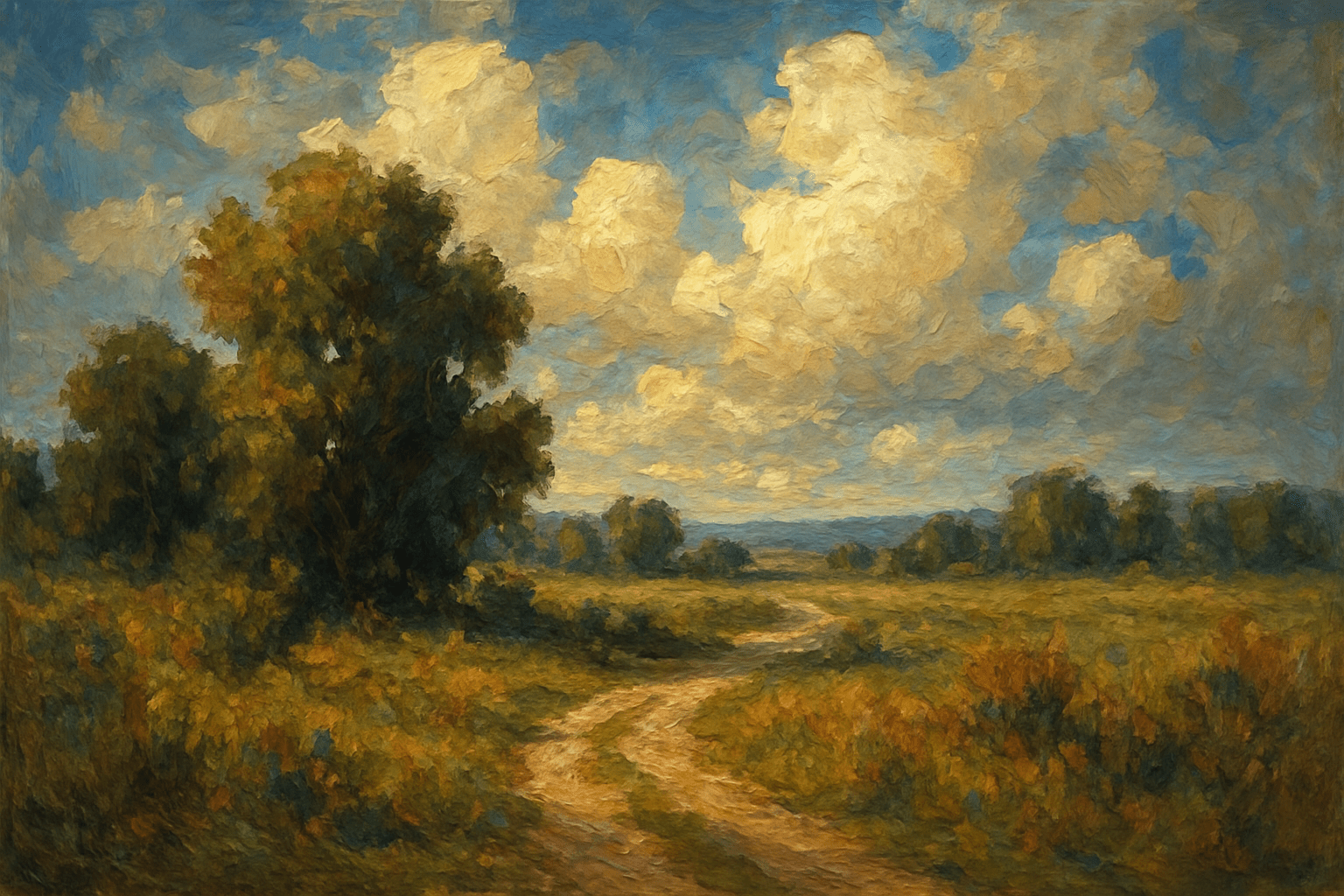
The art style of oil and canvas is characterized by its use of bright colors and bold brushstrokes. This style is often associated with Impressionism, as it captures the light and movement of the world around us.
Thinking in the box: Impressionism, Modernism
Might also call it: Oil and Canvas can be replaced with Paint and Canvas.
Oil pastel No.602
Oil pastels are a type of painting medium that consists of pigments held together with a binder. They are similar to both crayons and pastels, but have a higher oil content, which gives them a creamy texture and makes them more resistant to smudging. Oil pastels are a versatile medium that can be used for both detailed and expressive work. They can be applied directly to a surface, or blended and layered to create different effects. Oil pastels are a great choice for both beginners and experienced artists alike. They are relatively inexpensive and easy to use, and offer a wide range of possibilities when it comes to creating art.

The art style of oil pastel is typically bright and colorful. The colors are applied in layers, with each layer being visible. This creates a textured and layered look.
Thinking in the box: Impressionism, Modernism
Might also call it: Crayon, grease pencil, chalk
Oil portrait No.603
Oil portraits are a type of painting that uses oil-based paint. The paint is applied to a canvas in a thin layer and then left to dry. The artist may then add additional layers of paint to create a more detailed image. Oil portraits have a long history, dating back to the 15th century. The first oil portraits were painted in Flanders, and the style soon spread to other parts of Europe. Oil portraits became popular in the United States in the 19th century. Today, oil portraits are still popular among artists and collectors. They are considered to be a more traditional type of painting, and often have a more classic look than other types of portraits.

The visual appearance of an oil portrait can vary depending on the artist's style. However, oil portraits typically have a smooth, polished appearance with rich, vibrant colors. The brushstrokes are often visible, but they are blended together seamlessly to create a cohesive image.
Thinking in the box: Impressionism, Modernism
Might also call it: Oil painting, canvas
Old-School Tattoo No.604
Old-school tattooing is a traditional tattooing style featuring bold black outlines and a limited color palette. This tattooing style is characterized by its heavy black outlines, limited color palette, and iconic imagery. Old-school tattoos are often seen as simple, yet stylish and timeless.

Old-School Tattoo art is characterized by its bold lines and bright colors. The style is often compared to that of comic books, and is known for its use of traditional tattoo imagery such as hearts, skulls, and anchors.
Thinking in the box: Impressionism, Modernism
Might also call it: Traditional Tattoo, Classic Tattoo, Vintage Tattoo
One Line Drawing No.605
One Line Drawing is a simple, yet effective art style that uses a single line to create an image. This line can be of any thickness, and can be used to create both abstract and representational images. One Line Drawing is a great way to create quick, yet impactful, images.

The art style One Line Drawing is a type of art where the artist uses one continuous line to draw an image. This type of art is usually simple and can be created with any type of medium, including pen, pencil, marker, or even paint.
Thinking in the box: Impressionism, Modernism
Might also call it: Sketch, outline, contour
Op Art No.606
Op Art dances on the retina, a symphony of patterns and illusions that tease and beguile. It's an exploration of perception, playing with geometry to unsettle reality.
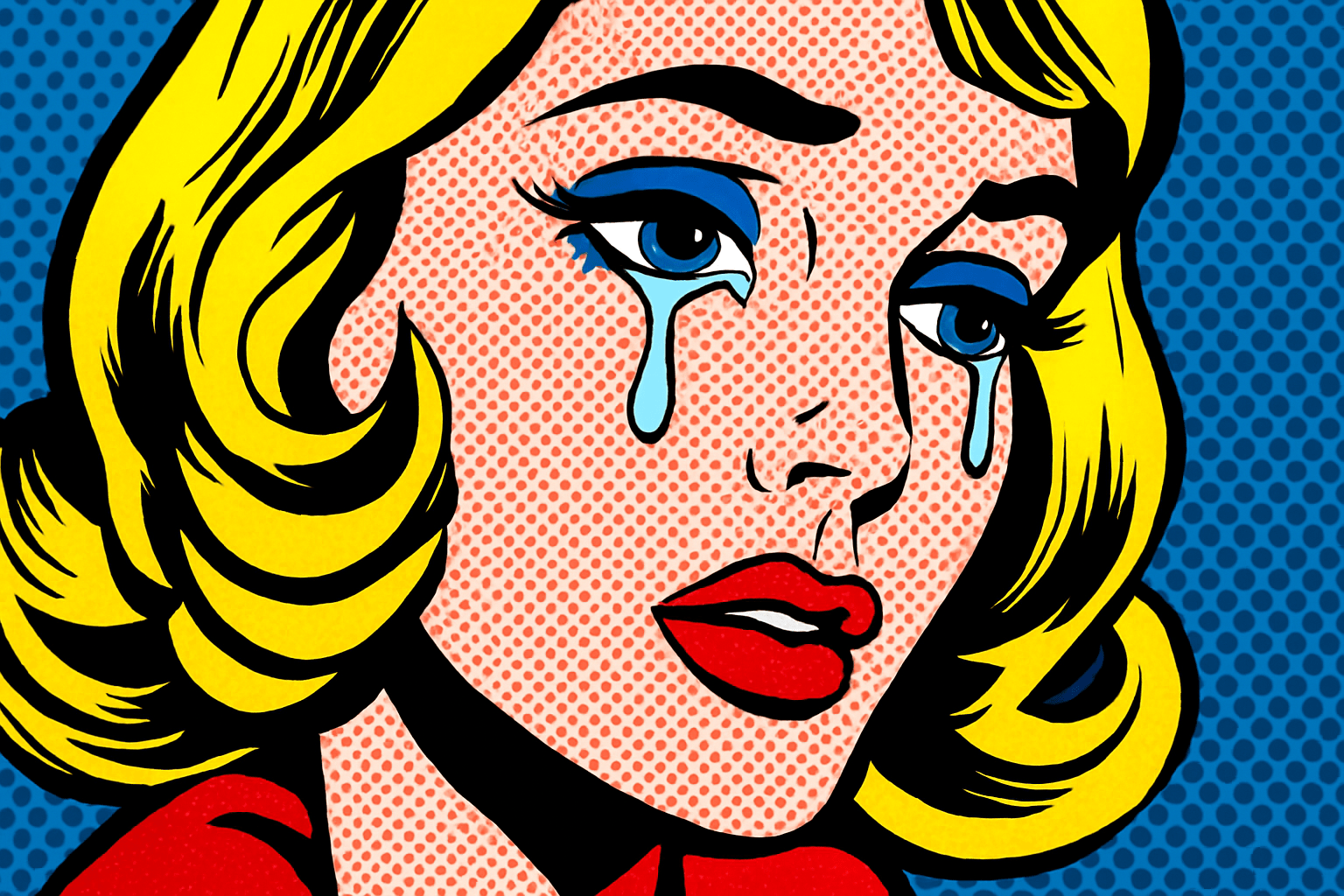
Op Art is a carnival of contrasting stripes and checks, an electric hum in static. Sharp lines bend and flow, creating dizzying illusions that challenge the eye's grasp on truth.
Thinking in the box: Abstract, Modernism
Might also call it: Optical Art, Optics Art
Optical Art No.607
Optical art is a type of art that uses optical illusions. Optical illusions are images that appear to be different from what they actually are. Optical art is often used to create three-dimensional (3D) images. Optical art can be created using a variety of different techniques, including mirrors, lenses, prisms, and light.

The visual appearance of Optical Art is often characterized by bold, geometric patterns and shapes that create the illusion of movement. The colors used in Optical Art are often bright and contrasting, which also contributes to the illusion of movement.
Thinking in the box: Impressionism, Modernism
Might also call it: Op Art, Optical Illusion Art, Visual Illusion Art
Optical Illusion No.608
ism Optical illusionism is a type of painting in which artists use optical illusions to create their work. This type of painting often uses geometric shapes and colors to create the illusion of movement or depth. Optical illusionism can be used to create an illusion of space, depth, or movement.
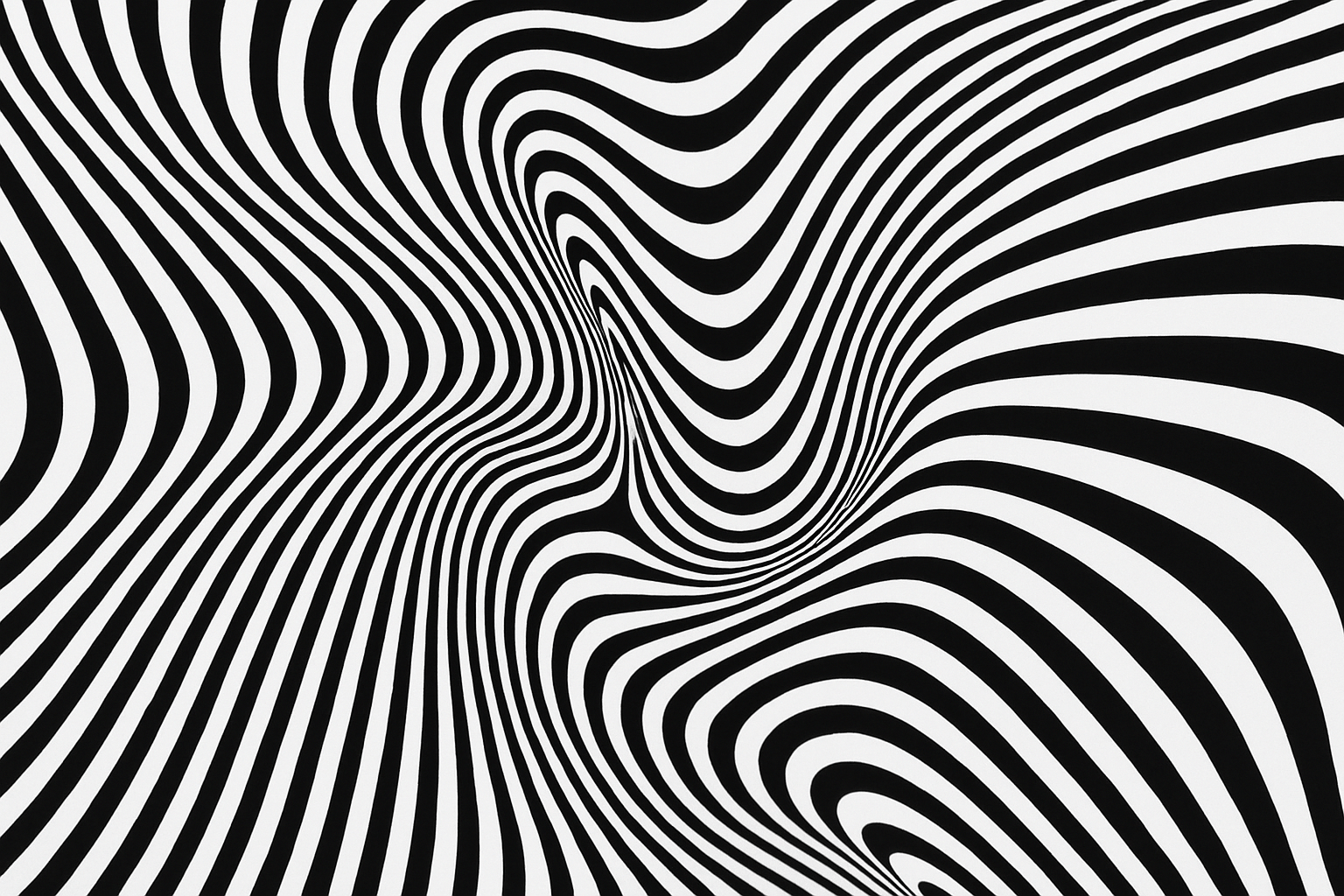
The art style of Optical Illusion is characterized by its use of geometric shapes and colors to create the illusion of movement. The shapes are often arranged in patterns that repeat or echo each other, creating a sense of rhythm and movement. The colors are usually bright and contrasting, which can create a feeling of energy or tension.
Thinking in the box: Impressionism, Modernism
Might also call it: Optical delusion, optical allusion, visual illusion, visual allusion.
Organic Abstraction No.609
A convergence of nature and abstraction, this style mimics organic forms, blending fluid shapes and earthy palettes to evoke a sense of natural harmony and movement.
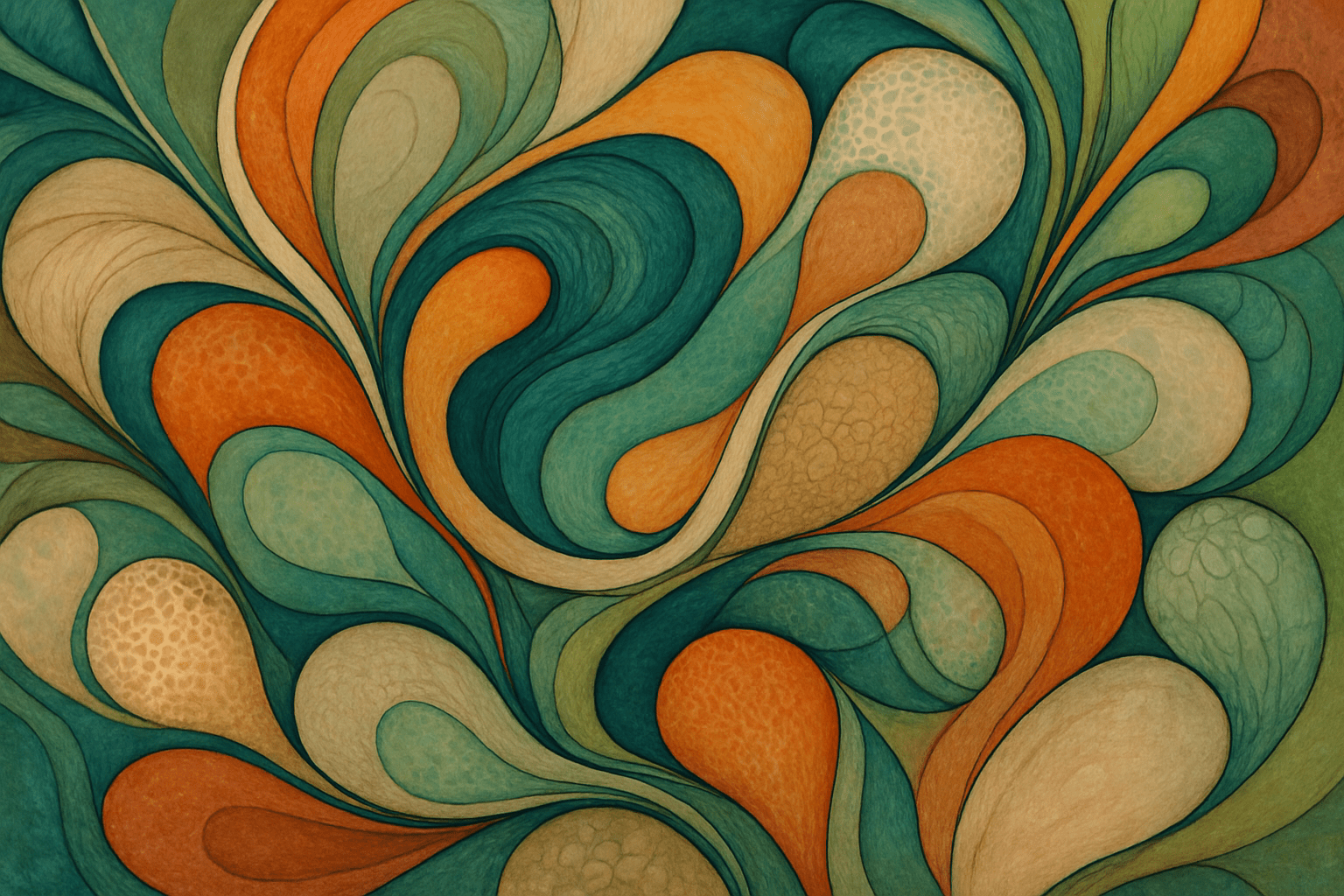
Swirling lines and biomorphic shapes create an illusion of motion, painted in tranquil shades. Each piece echoes the unpredictable rhythm of nature, gently guiding the eye through landscapes of ebbing curves and tangled vines.
Thinking in the box: Modernism, Abstraction
Might also call it: 1. Biomorphic Expressionism 2. Nature Abstractions 3. Organic Integration
Organicism No.610
Organicism is an art style that emphasizes the organic forms found in nature. It is characterized by curved, flowing lines and shapes that evoke a sense of movement and energy. The style is often associated with Art Nouveau and Art Deco, but it has its own unique characteristics. Organicism is often used to create a sense of harmony and unity in a composition, as well as to create a sense of balance and beauty. It is a popular style for both fine art and design, and can be seen in many different mediums, from painting and sculpture to architecture and interior design.
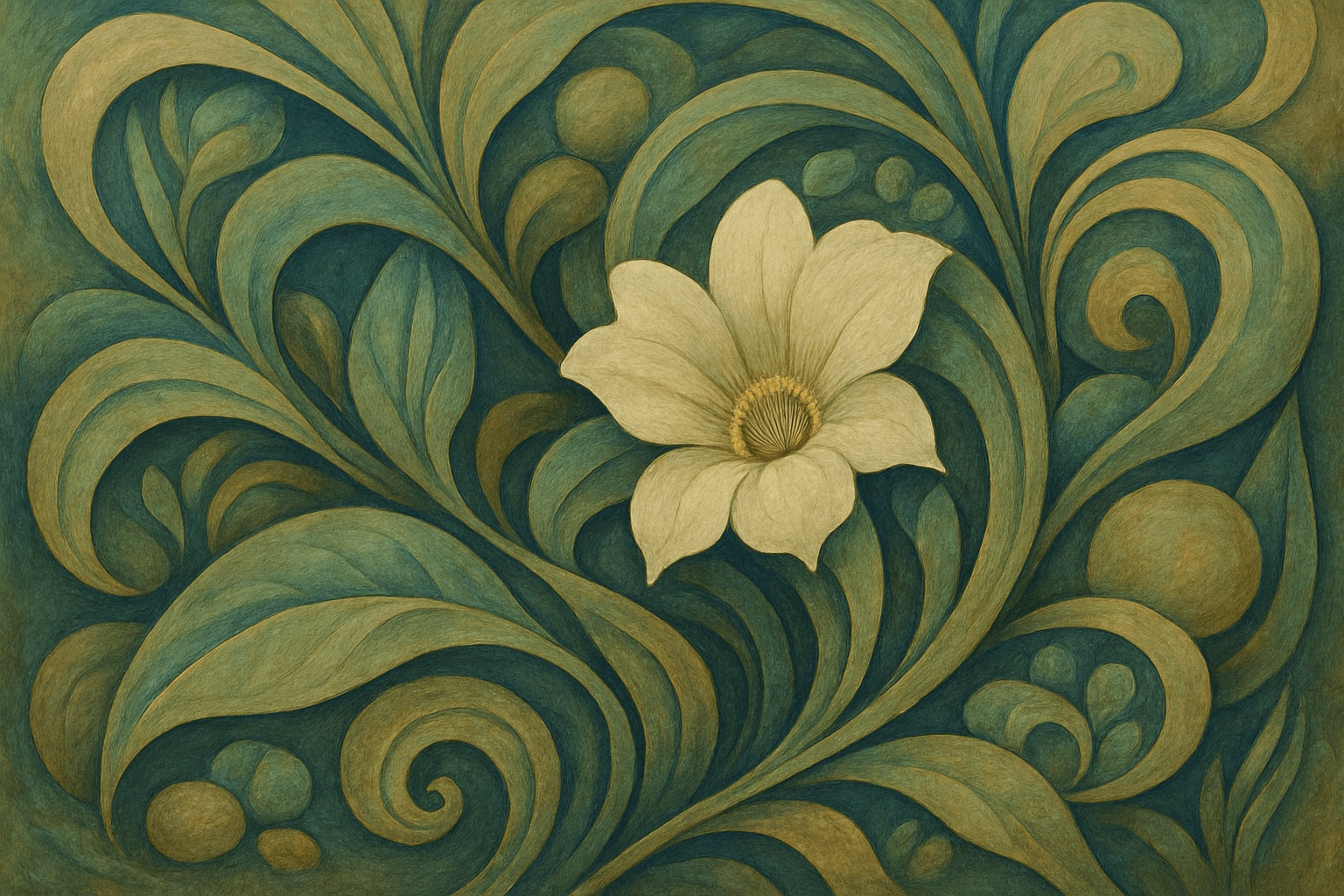
Organicism is an art style that emphasizes organic shapes and forms. It often features curved lines, flowing shapes, and naturalistic elements. The colors are usually muted and earthy, and the overall effect is one of harmony and balance. The art style is often used to evoke a sense of calm and tranquility. It is often used in abstract art, but can also be used in more representational works.
Thinking in the box: Impressionism, Modernism
Might also call it: 1. Holism 2. Systematism 3. Structuralism 4. Coherence 5. Unity 6. Integration 7. Interconnectedness 8. Interdependence 9. Interrelatedness 10. Interweaving
Orientalism No.611
Orientalism is a style of art that is characterized by its focus on the cultures of the East, particularly those of the Middle East. Orientalist artists often used exotic and romanticized images of the East in their work, which was often seen as a way to escape the confines of Western society.

The art style Orientalism is characterized by its use of bright colors and bold patterns. It often features scenes from the East, such as the Arabian desert or the Taj Mahal.
Thinking in the box: Impressionism, Modernism
Might also call it: Asiatic, Eastern
Orphism No.612
Orphism is a style of abstract art that emphasizes color over form. It is named after the Greek mythological figure Orpheus, who was known for his ability to charm and captivate audiences with his music. The style is characterized by bold, often clashing colors, and is often compared to Fauvism. Orphism was developed by a group of artists known as the Orphists, who included Robert Delaunay, Sonia Delaunay, and Fernand LÃÂéger.
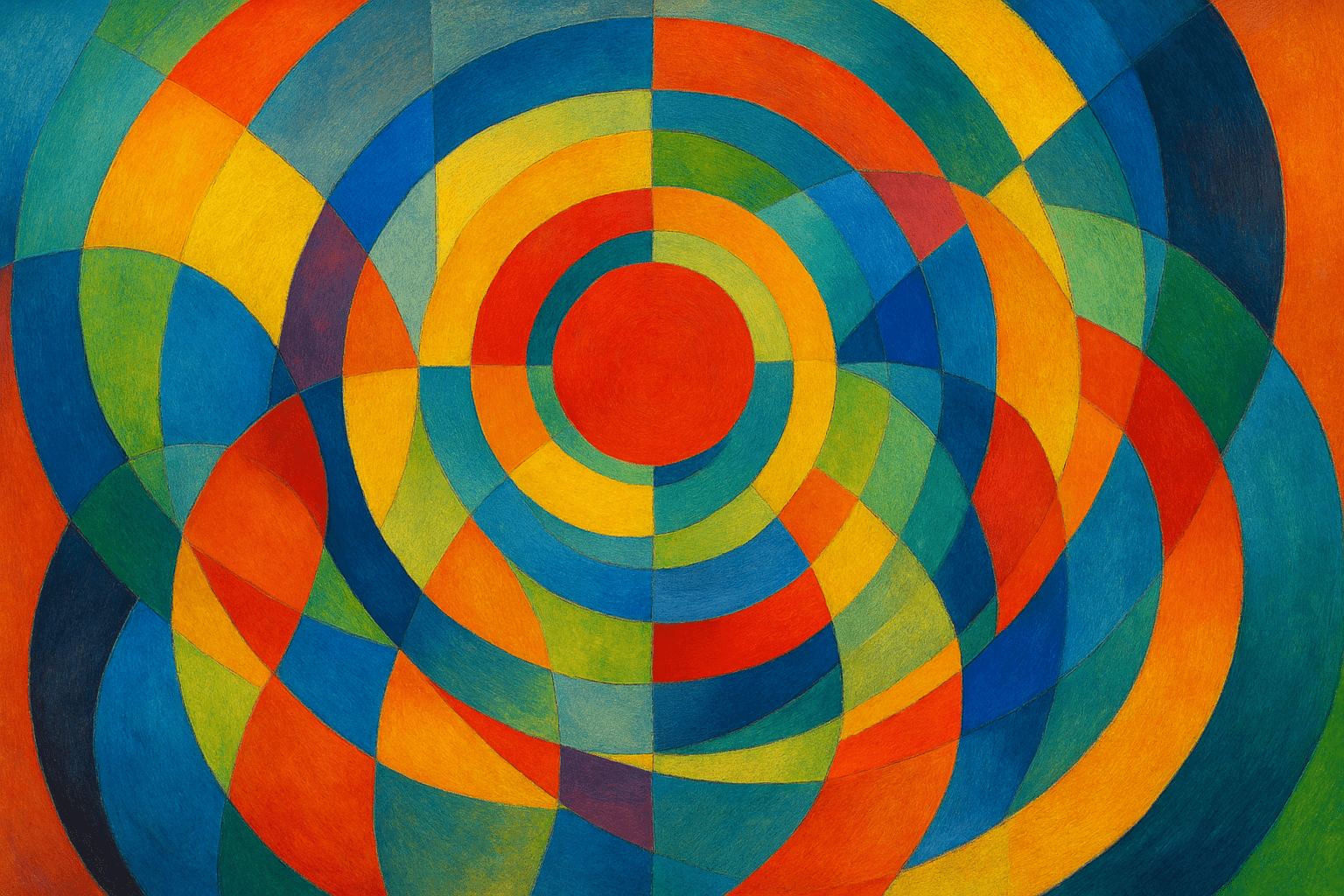
Orphism is characterized by its use of bright, often clashing colors and its abstract, sometimes geometric forms.
Thinking in the box: Impressionism, Modernism
Might also call it: A synonym for Orphism could be "mysticism."
Outivision No.613
Outivision is a contemporary art style that is characterized by the use of bold colors and geometric shapes. It is often used to create abstract or stylized images.

The art style of Outivision is very colorful and busy. There are a lot of different elements going on in each piece of art, and the overall effect is very eye-catching and vibrant.
Thinking in the box: Impressionism, Modernism
Might also call it: Outlook, foresight, view
Outrun No.614
Outrun is a subgenre of electronic music that is characterized by its fast tempo and synthesizer-heavy sound. It often has a futuristic or science fiction-themed aesthetic, and is often associated with the video game genre of the same name.
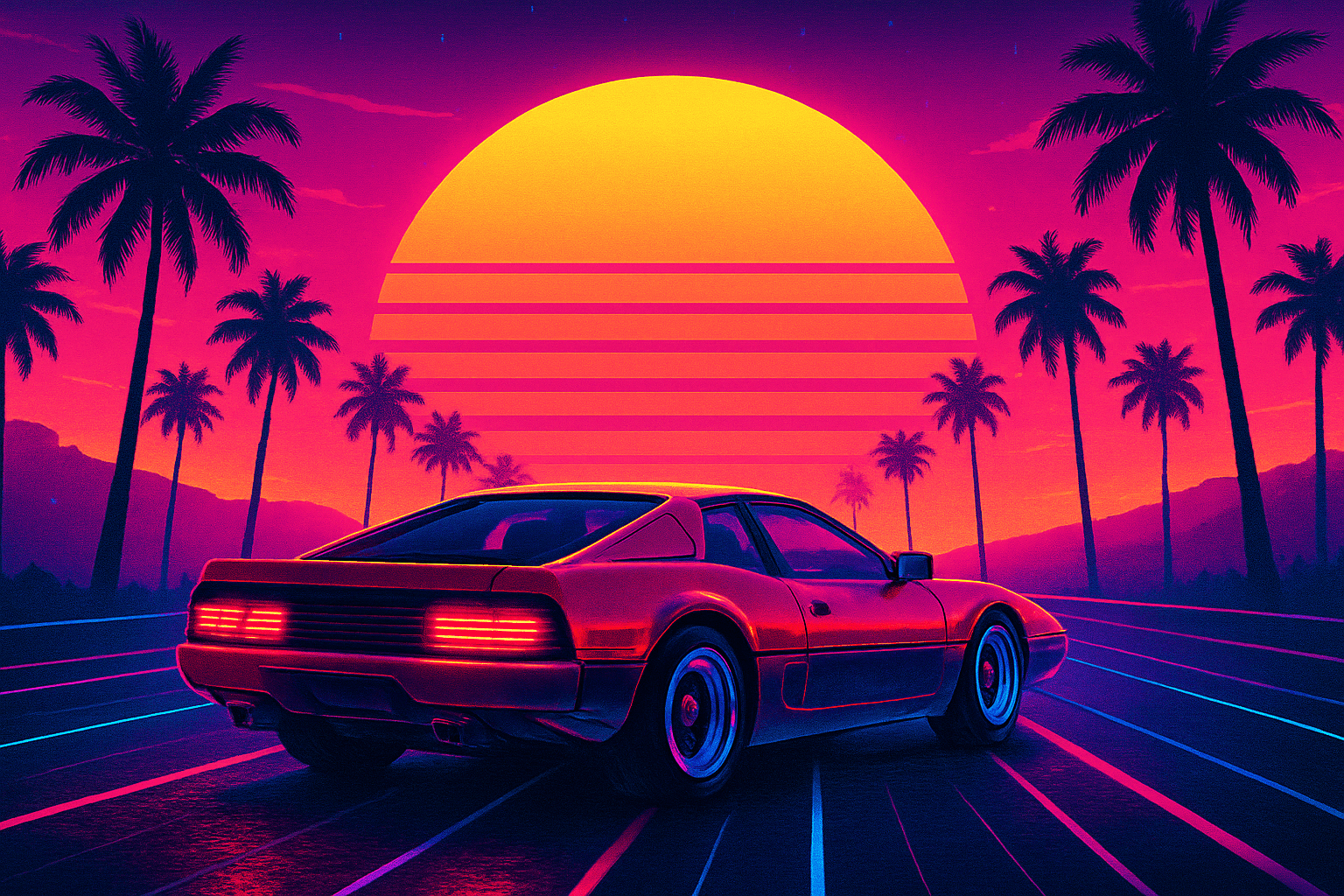
The art style of Outrun is very colorful and vibrant. The game uses a lot of bright, primary colors and has a very retro feel to it. The graphics are very simplistic, but this is part of the game's charm.
Thinking in the box: Impressionism, Modernism
Might also call it: Run away, flee, escape
Outsider Art No.615
A brief (short) description of the art style. Medium length (multiple lines)

A description of the visual appearance of the style. Medium length (multiple lines).
Thinking in the box: Impressionism, Modernism
Might also call it: Alternative names of the Art Style
Painterly No.616
Painterly is a term used to describe a style of painting that is loose and expressive, with an emphasis on the artist's individual brushstrokes and approach to the medium. This style is often associated with Impressionism, but can be seen in works by artists from many different eras and movements.
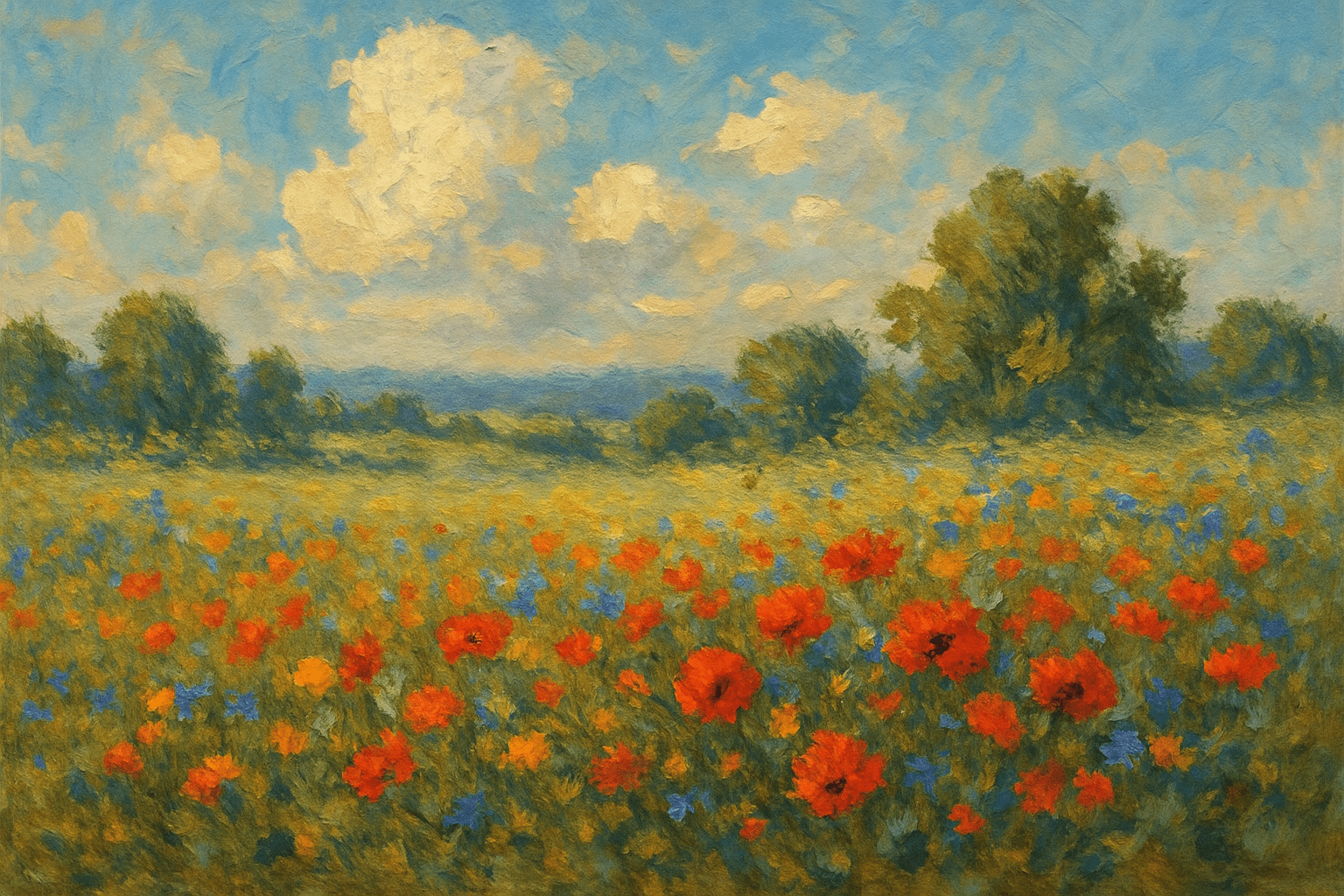
The visual appearance of the Painterly art style is characterized by its use of bold and bright colors, as well as its brushstrokes that are visible to the naked eye. This art style is often associated with the work of Vincent van Gogh and Pablo Picasso.
Thinking in the box: Impressionism, Modernism
Might also call it: Artistic, creative, expressive, imaginative, inventive, original.
Painting by Johannes Vermeer No.617
Johannes Vermeer's paintings are characterized by their use of light and color. His subjects are often everyday scenes, such as interiors and landscapes. Vermeer was a master of using light to create a sense of space and atmosphere in his paintings. He also had a great understanding of color, and his use of light and dark colors helped to create a sense of depth in his paintings.

The painting by Johannes Vermeer has a very realistic and detailed style. The colors are also very realistic and muted.
Thinking in the box: Impressionism, Modernism
Might also call it: Art, picture, canvas
The Cave's Whisper No.618
Paleolithic art emerges from shadowed caves, echoing the primordial whispers of humanity. Crafted with ochre hues and primal lines, it's a testament to our earliest stories carved into time's ancient stone canvas.
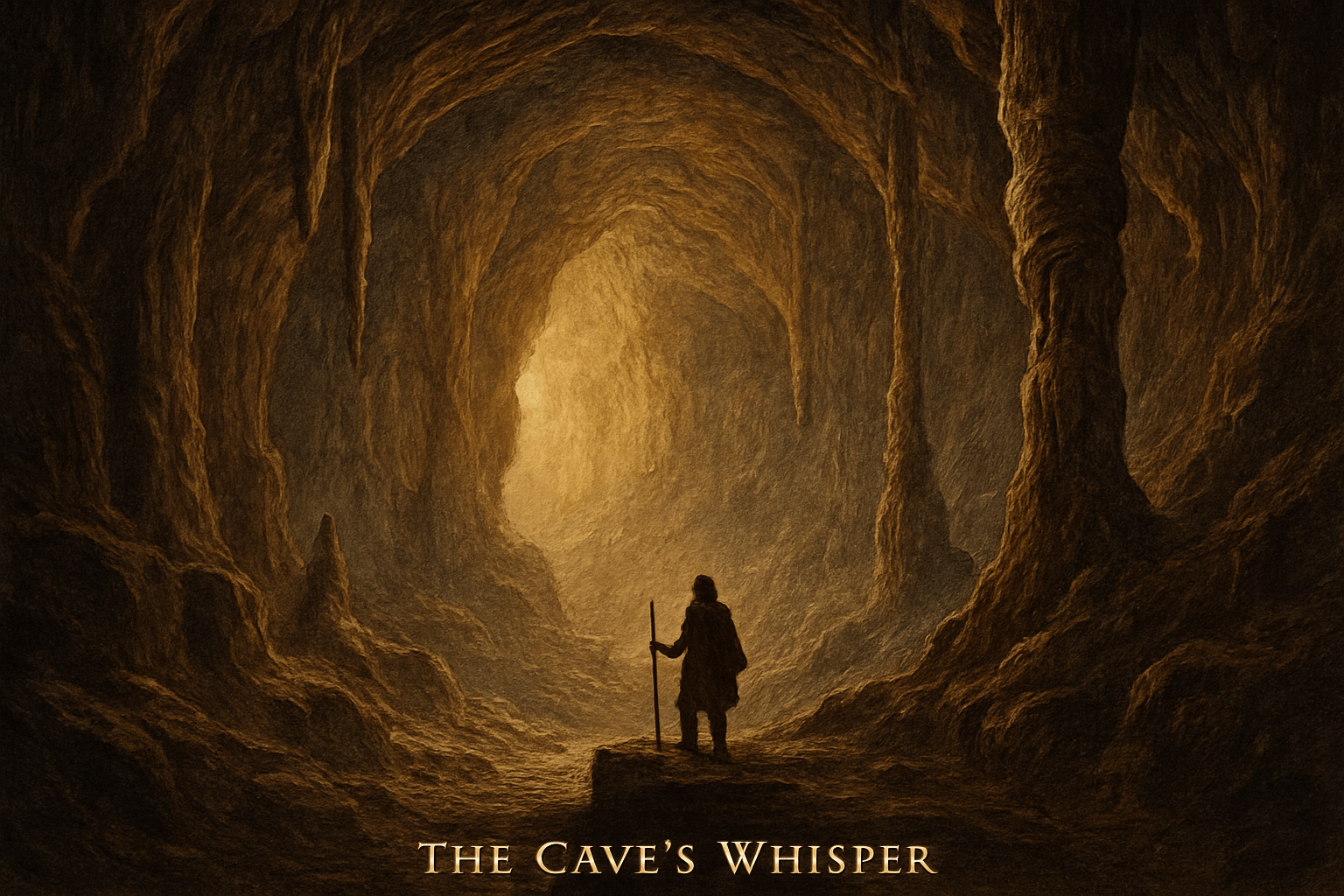
Flickering torchlight dances upon damp stone, revealing ochre-painted creatures in sinuous motion. Stalactites hang like silent sentinels, watching delicate lines depict bison, mammoths, and symbols, tracing humanity's earliest imprints on life's rocky tableau.
Thinking in the box: Prehistoric, Primitivism
Might also call it: Ice Age art, Stone Age imagery
Palestinians No.619
Palestinians have a unique art style that is a mix of traditional Islamic and Arabic influences with modern Western styles. Palestinian artists often use bright colors and geometric patterns in their work. Palestinian art is often used to tell stories or express political and social commentary.
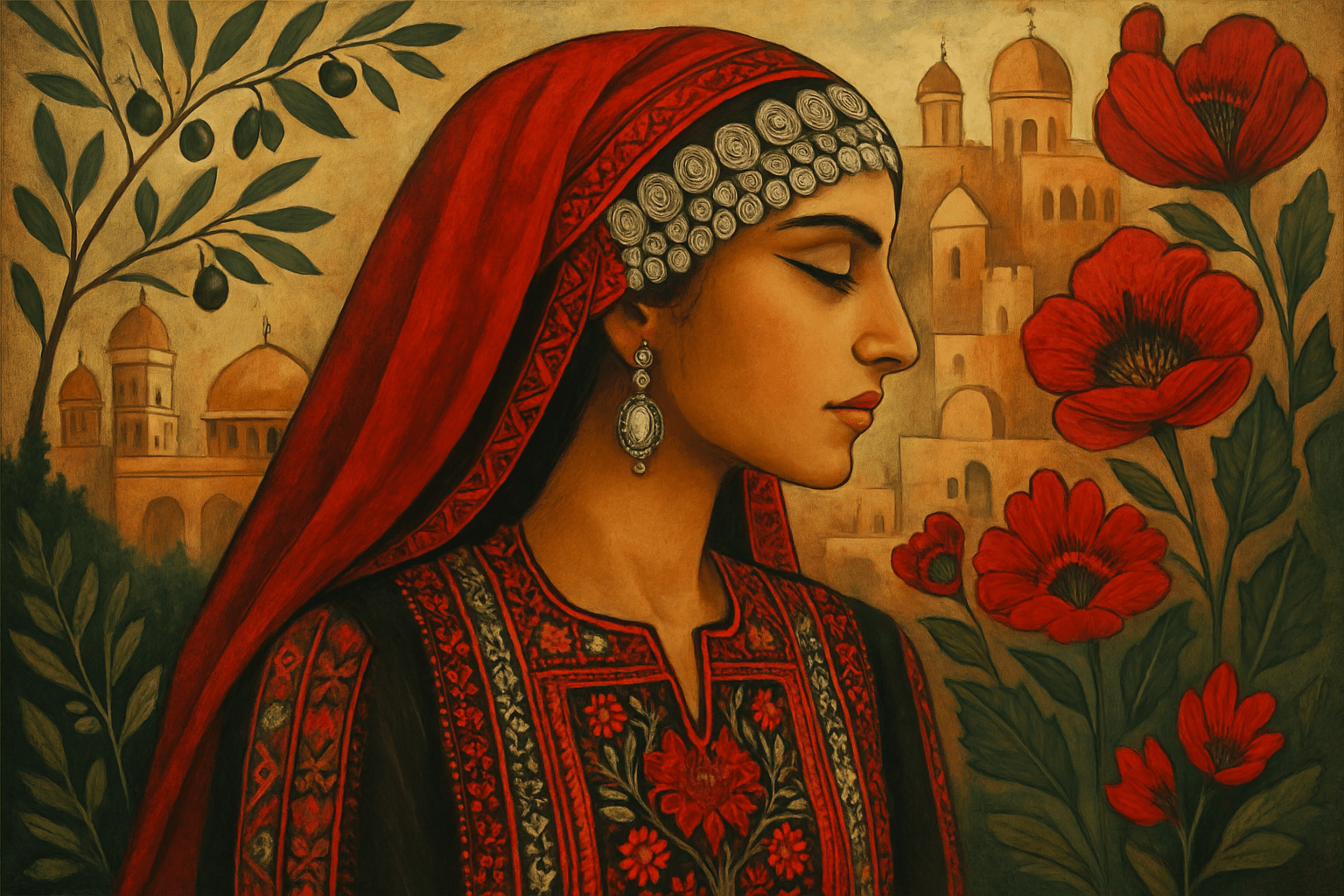
There is no one art style that can be described as "Palestinian." Palestinian artists may draw inspiration from their heritage and culture, but they also experiment with a variety of different styles and mediums. Some common themes in Palestinian art include the struggle for freedom and justice, the importance of family and community, and the beauty of the Palestinian landscape.
Thinking in the box: Impressionism, Modernism
Might also call it: Arabs, Muslim
Pan's Labyrinth No.620
The art style of Pan's Labyrinth is a mix of the traditional and the modern, with a focus on the natural world. It is a style that is both beautiful and eerie, and which creates a sense of wonder and dread.
The art style of Pan's Labyrinth is very dark and gothic. The colors are mostly dark and muted, and there is a lot of use of shadows. The overall effect is very eerie and foreboding.
Thinking in the box: Impressionism, Modernism
Might also call it: Faun's Labyrinth, Minotaur's Labyrinth
Panfuturism No.621
Panfuturism is a new art style that merges the traditional with the futuristic. It is characterized by bold colors, sharp lines, and geometric shapes. Panfuturism is influenced by the Art Deco movement and is often used to depict scenes of the future.

The art style of Panfuturism is characterized by its use of bright colors and geometric shapes. It is often described as being "futuristic" and "modern."
Thinking in the box: Impressionism, Modernism
Might also call it: Futurism, futurist, future
PanÃÂÃÂs Labyrinth No.622
Guillermo del ToroÃÂÃÂs 2006 film PanÃÂÃÂs Labyrinth is a dark, gothic fairytale set in 1944 Spain. The filmÃÂÃÂs art style is heavily influenced by del ToroÃÂÃÂs love of horror films and comics, as well as Spanish folklore. The result is a visually stunning and unique film that has garnered critical acclaim and a cult following.
The art style of PanÃÂÃÂs Labyrinth is very dark and eerie. The colors are mostly dark greens and blues, with occasional pops of red. The overall effect is very atmospheric and foreboding.
Thinking in the box: Impressionism, Modernism
Might also call it: FaunÃÂÃÂs Labyrinth, MinotaurÃÂÃÂs Labyrinth, Green ManÃÂÃÂs Labyrinth
Paris School No.623
The Paris School was a group of artists who came to prominence in the early 20th century. They were united by their rejection of traditional academic art, and instead sought to express their own individual styles. The school was based in Paris, and its members included such artists as Pablo Picasso, Henri Matisse, and Georges Braque. The school was influential in the development of Cubism, and its members were instrumental in the creation of such movements as Fauvism and Surrealism.

The Paris School was a group of artists who worked together in Paris from the early 1920s until the early 1950s. The artists associated with the Paris School were known for their use of light and shadow, their use of color, and their use of geometric forms.
Thinking in the box: Impressionism, Modernism
Might also call it: The Paris School is a group of artists who worked in Paris between 1900 and 1930.
Pastel Drawing No.624
Pastel drawing is a type of art where artists use pastels to create their work. Pastels are a type of chalk that come in a variety of colors. Artists can use them to create both dry and wet media art. Pastel drawings can be either monochromatic or multicolored.
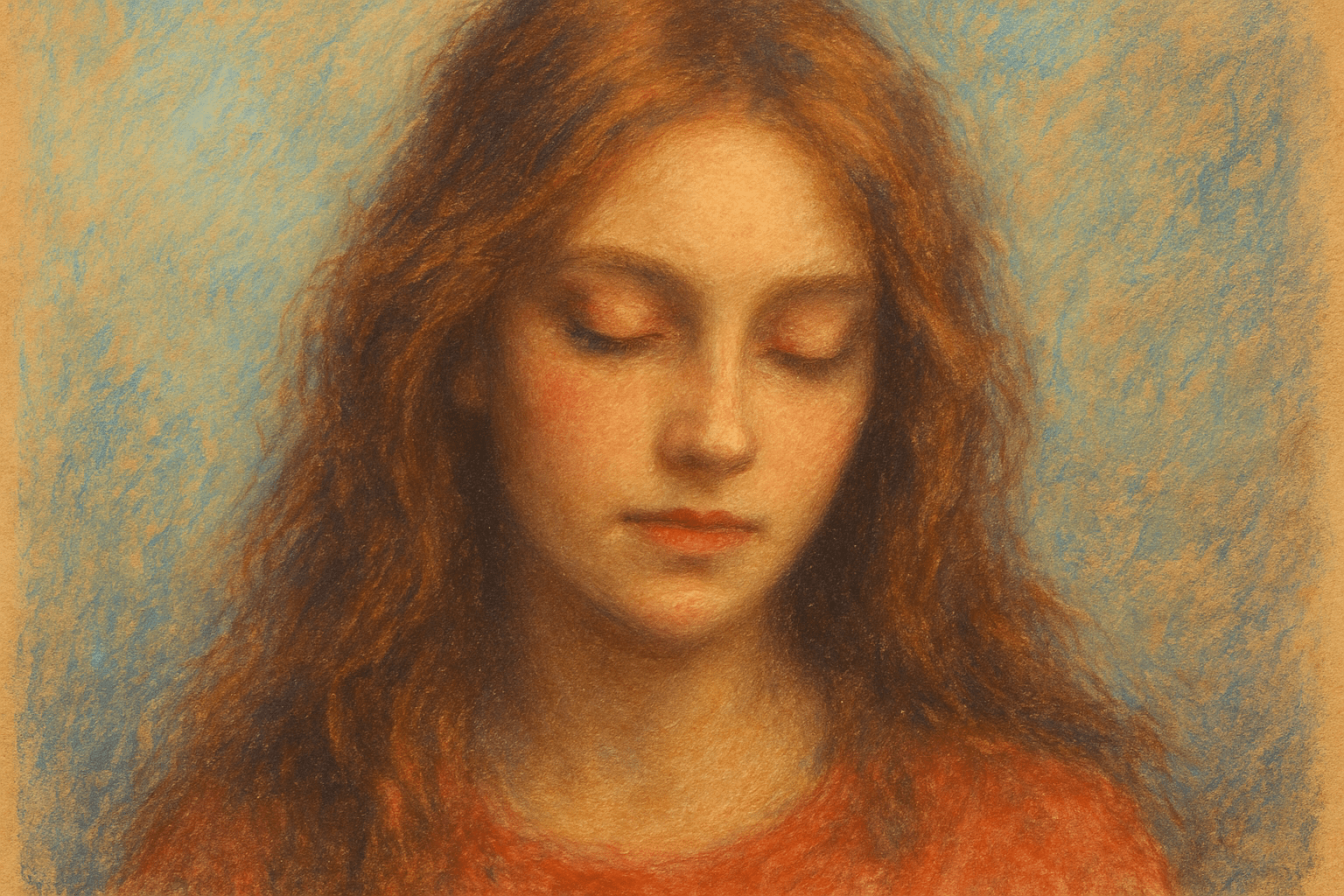
The art style of Pastel Drawing is soft and dreamy, with muted colors and gentle lines. The overall effect is one of calm and serenity.
Thinking in the box: Impressionism, Modernism
Might also call it: Sketch, doodle, charcoal drawing.
Pastorale No.625
The Pastorale is a type of painting that depicts bucolic or idyllic scenes of rural life. This type of painting became popular in the 17th century, and often featured shepherds and shepherdesses in bucolic settings.
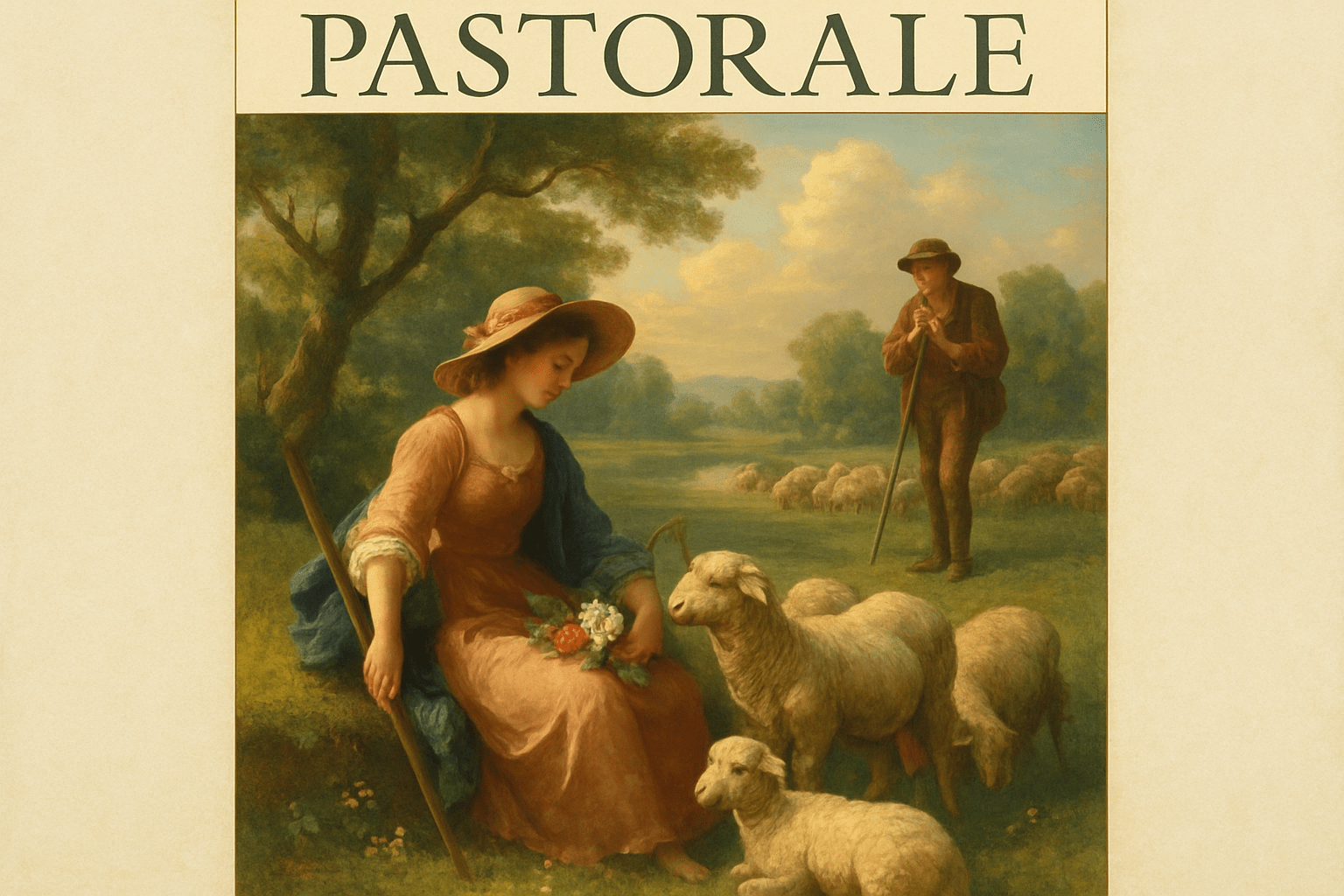
The art style of Pastorale is very light and airy. The colors are very soft and muted, and the overall feel is very tranquil and serene. There is a lot of negative space, and the composition is often very simple. The focus is on the beauty of the natural world, and the art style reflects that.
Thinking in the box: Impressionism, Modernism
Might also call it: rural, bucolic, pastoral, idyllic, country
Patterism No.626
Patterism is a form of art in which patterns are used to create a desired effect. This can be done through the use of color, line, shape, and texture. Patterism is often used to create a sense of movement or to add visual interest to a piece of art.

Patterism is a visual art style that is characterized by patterns. These patterns can be created using a variety of mediums, including paint, ink, pencil, and digital media. The patterns can be abstract or representational, and they can be created using a variety of shapes, sizes, and colors.
Thinking in the box: Impressionism, Modernism
Might also call it: Patterism is a form of wordplay in which words are repeated in a quick, rhythmic pattern. Patterism, patter play, wordplay.
Pen Drawing No.627
Pen drawing is a type of art where the artist uses a pen to create their work. This type of art can be very detailed and can often look like a painting. Pen drawing is a great way to add detail to your work and can be a very unique art form.

The art style of pen drawing is typically characterized by its use of line work to create images. This can result in a variety of different looks, depending on the artist's approach. Some pen drawings may look very detailed and realistic, while others may be more abstract or stylized.
Thinking in the box: Impressionism, Modernism
Might also call it: Sketching, doodling, drawing, art.
Pen and Ink No.628
Pen and ink is a type of drawing where a pen is used to apply ink to a surface. This can be done on paper, cloth, or even skin. Pen and ink drawings are usually done in black and white, but can also be done in color. They can be simple or complex, depending on the artist's style. Pen and ink drawings are often used to create detailed illustrations, such as in books or comics.

The art style pen and ink is usually a black and white drawing that is created with just a pen and ink. The lines are usually very thin and delicate, and the overall look is very clean and elegant.
Thinking in the box: Impressionism, Modernism
Might also call it: pen and ink, quill and ink, fountain pen and ink, ballpoint pen and ink
Pencil Drawing No.629
Pencil drawing is a type of drawing done with a pencil. Pencils are made of graphite, a type of carbon, and are encased in wood. Pencil drawing is one of the oldest forms of art. Pencils can be used to create a variety of different effects.

The art style of pencil drawing is characterized by its use of pencils to create images on paper. Pencil drawings can range from simple sketches to complex and detailed illustrations. The pencil is a versatile tool that can be used to create a variety of line widths, values, and textures. Pencil drawings are often used to capture the likeness of a subject, or to create an expressive or atmospheric scene.
Thinking in the box: Impressionism, Modernism
Might also call it: Sketching, doodling, drawing in pencil.
Pencil Illustration No.630
Pencil illustrations are a type of art where the artist uses pencils to create their work. This type of art is often used for illustrations in books or magazines. Pencil illustrations can be very detailed and often have a realistic style.
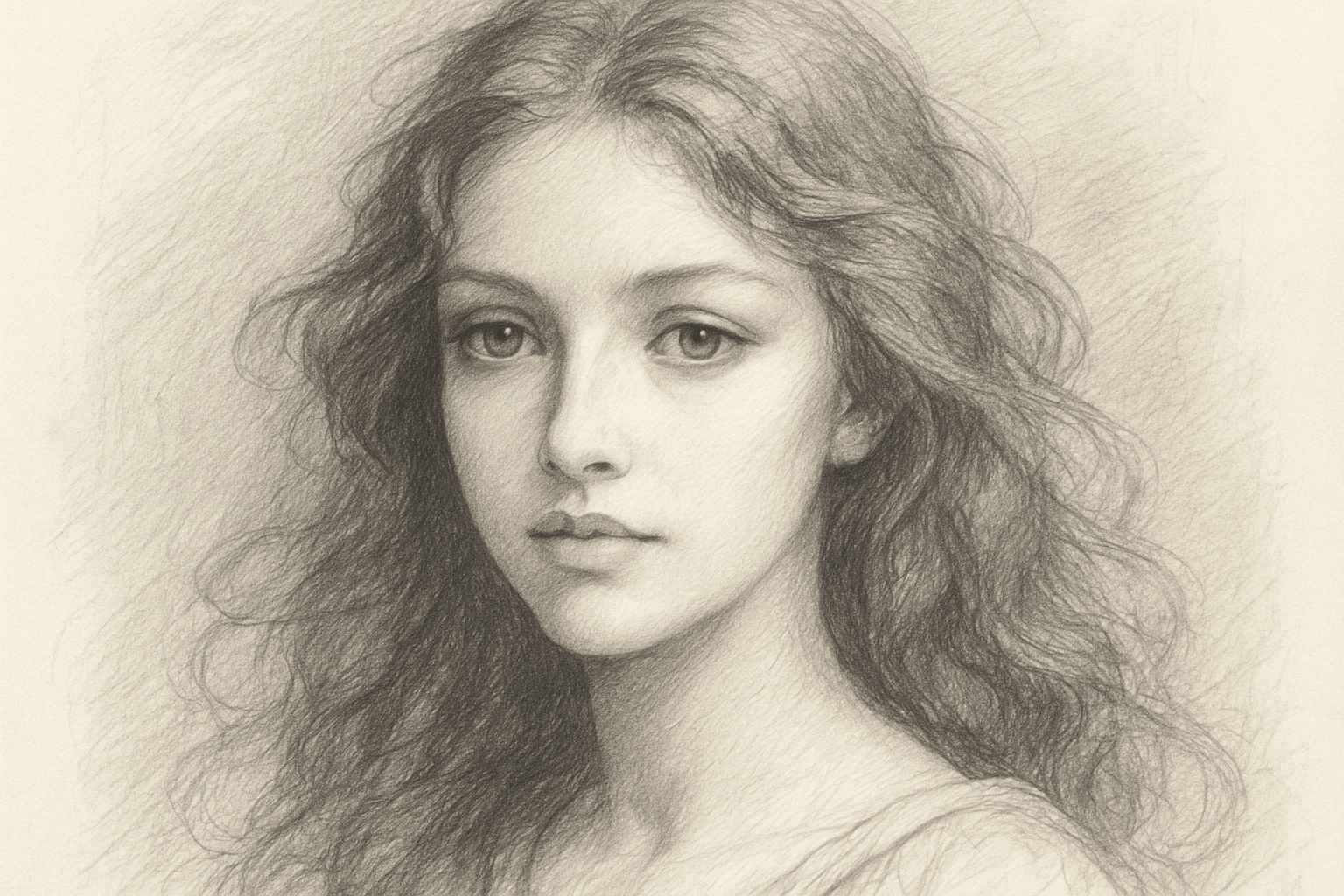
Pencil illustrations have a hand-drawn look and feel. They are usually created with pencil and paper, but can also be done digitally. Pencil illustrations can be simple or complex, depending on the artist's style.
Thinking in the box: Impressionism, Modernism
Might also call it: Sketch, drawing, doodle.
Pencil and Water Color Art No.631
Pencil and water color art is a beautiful and unique art style that combines the use of pencils and water colors to create stunning works of art. This art style is perfect for those who appreciate the beauty of nature and the delicate details that can be achieved with pencils and water colors.

The art style of pencil and water color art is characterized by its use of soft, muted colors and its focus on light and shadow. This style often uses a limited color palette, and the artist may use a variety of techniques to create the desired effect, such as blending, glazing, and stippling.
Thinking in the box: Impressionism, Modernism
Might also call it: Drawing, painting, sketching.
Pencil and watercolor No.632
The art style of pencil and watercolor is a beautiful and unique way to create art. This style is perfect for those who want to create detailed and intricate artwork. Pencil and watercolor art is created by first sketching out the image with a pencil, and then adding color with watercolors. This style is often used for landscapes and portraits, as it can create a very realistic and detailed look.

The art style pencil and watercolor is characterized by its soft and dreamy appearance. The colors are often muted and the lines are blurred, giving the impression of a hazy memory or a distant dream.
Thinking in the box: Impressionism, Modernism
Might also call it: Pencil and watercolor can be replaced with the words "drawing" and "painting."
Perfectionartism No.633
Perfectionartism is a style of art that is characterized by its precision and attention to detail. Perfectionartists strive to create perfectly realistic or perfectly abstract works of art, often spending hours or even days on a single piece. This style of art can be seen in the works of many famous artists, such as Leonardo da Vinci, Michelangelo, and Rembrandt.
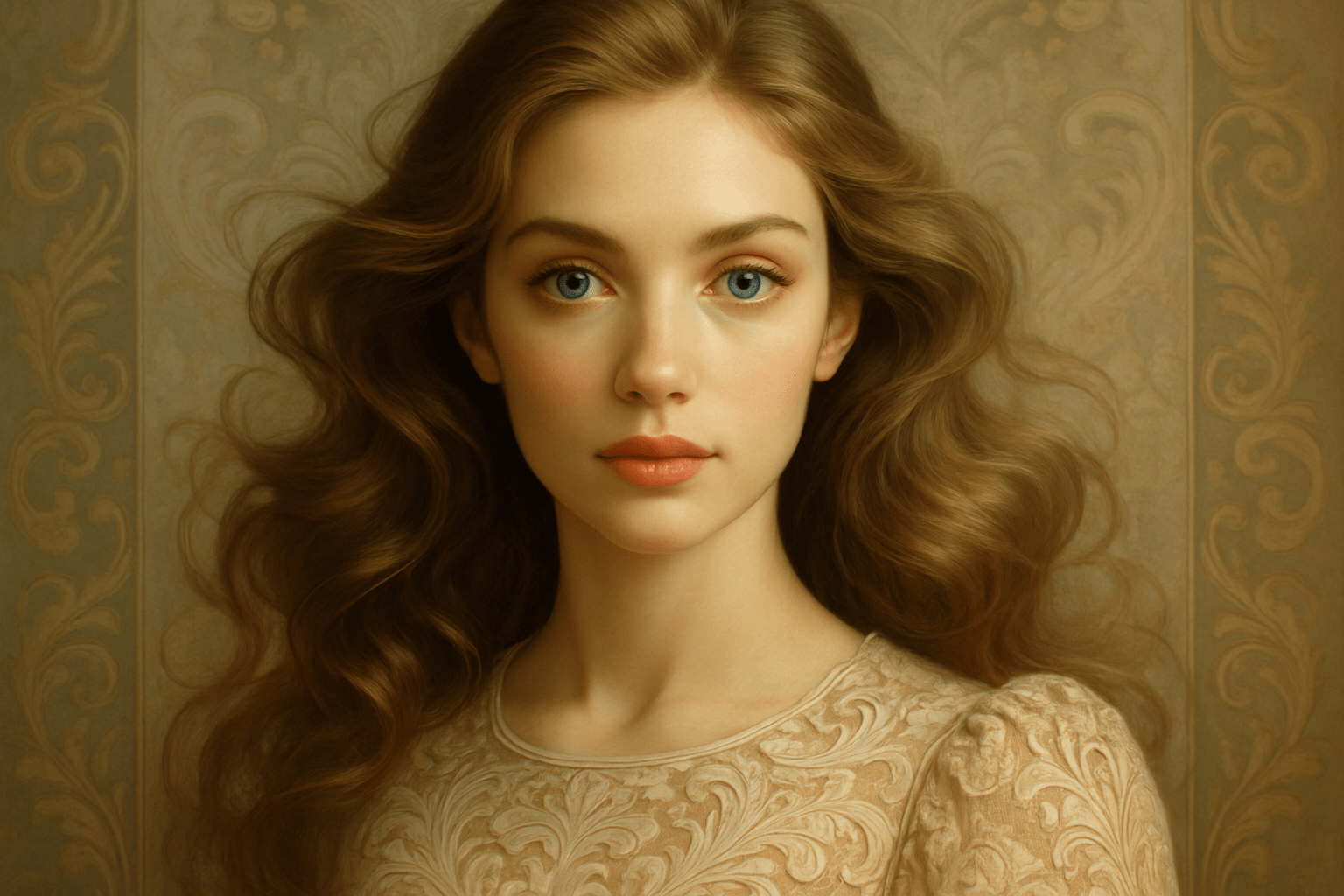
The art style Perfectionartism is characterized by its clean lines and precise details. The colors are usually muted and the overall effect is one of calm and serenity.
Thinking in the box: Impressionism, Modernism
Might also call it: Exactness, flawlessness, impeccability, precision.
Perfectionism No.634
Perfectionism is an art style that is characterized by clean, precise lines and a focus on detail. This style is often seen in architecture and design, and can be applied to any number of mediums. Perfectionism is all about creating a flawless finished product, and often takes a great deal of time and effort to achieve.
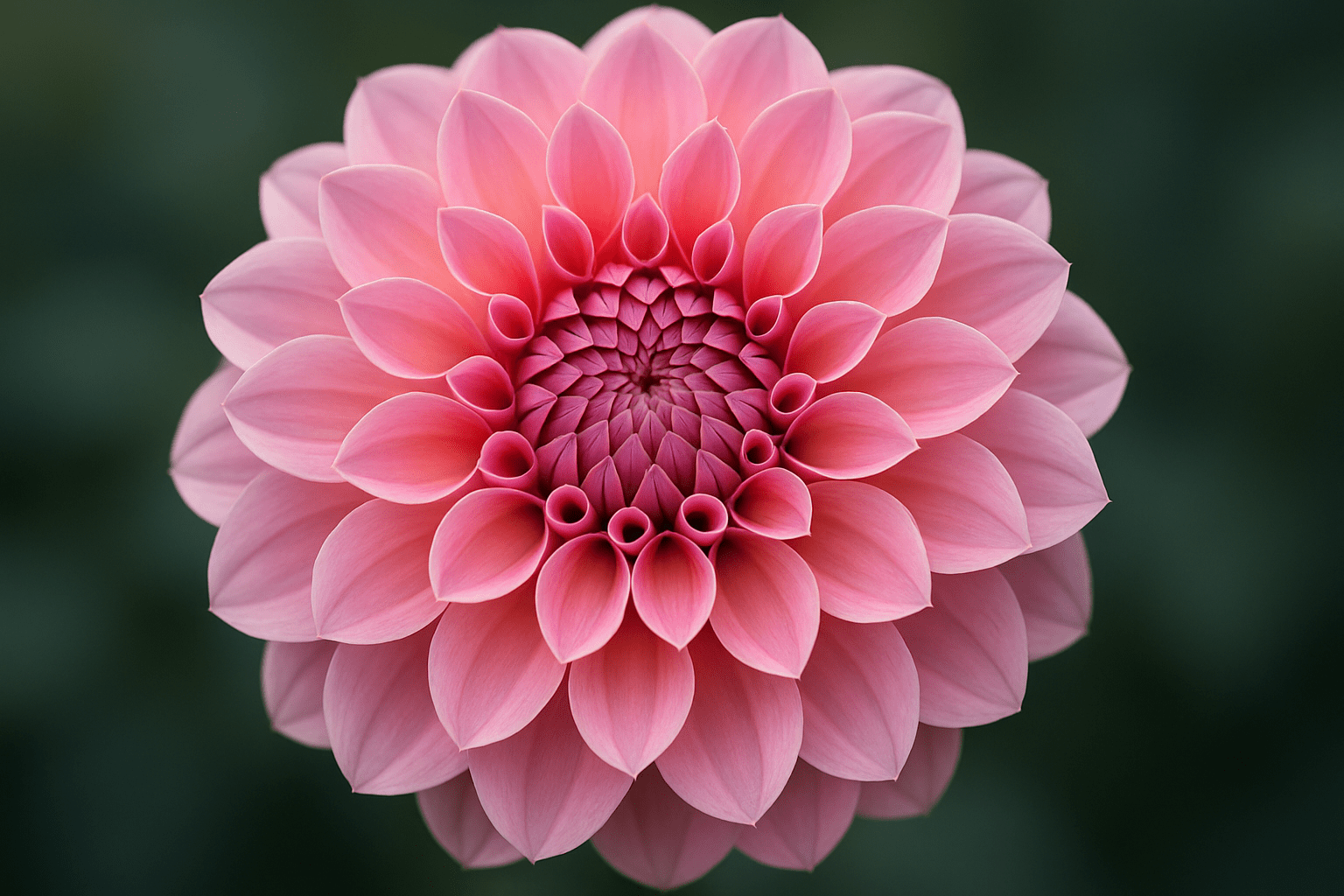
The art style of Perfectionism is characterized by its clean lines and precise details. Everything in a Perfectionist painting is in its rightful place and there is a sense of order and harmony. The colors are often muted and the overall effect is one of calm and serenity.
Thinking in the box: Impressionism, Modernism
Might also call it: Perfectionism: a disposition to regard anything short of perfection with disdain or disapproval. Synonyms: fastidiousness, finickiness, fussiness, pickiness.
Performance No.635
Art Performance art is a genre of art in which the artist typically performs for an audience, often as part of a live event. Performance art can be any number of things, from a simple one-person show to a complex multimedia production. It can be scripted or unscripted, spontaneous or carefully planned. Performance art is often seen as a challenge to traditional ideas about art and artists. Rather than creating a work of art that can be viewed in a gallery or museum, performance artists often create art that exists only in the moment that it is performed. This can make performance art difficult to document and preserve, but it also makes it a very powerful and immediate experience for both the artist and the audience.

Art There is no one answer to this question as performance art can take on many different visual appearances, depending on the artist's intention. Some performance artists may dress in outlandish or eye-catching costumes, while others may dress more conservatively. Some performance art may be very loud and chaotic, while others may be more subdued. Ultimately, the visual appearance of performance art will depend on the specific artist and performance.
Thinking in the box: Impressionism, Modernism
Might also call it: Show, Presentation, Recital, Concert, Act
Performance Art No.636
Performance Art is an art form in which the artist uses their body to create a work of art. This can be done through a variety of means, such as dance, theatre, and even spoken word. The aim of Performance Art is to engage the audience in a way that is different from traditional art forms. Performance Art is a relatively new art form, with its origins dating back to the early 20th century. The first Performance Art piece is believed to be Dadaist poet Hugo Ball's 1916 poem "Karawane." Since then, Performance Art has evolved and taken on many different forms. Today, Performance Art is a popular and growing art form. It is often used as a way to challenge traditional ideas about art and to engage audiences in a more interactive way.

There is no one art style that can be described as Performance Art. This type of art can be created in any style, and often incorporates elements of theater, dance, and music.
Thinking in the box: Impressionism, Modernism
Might also call it: Theatre, dance, music, opera, circus, performance art
Performancism No.637
Performancism is an art style that emphasizes the performance of the artist over the final product. This style is often seen in live art performances, where the focus is on the experience of the artist and the audience, rather than on the final product.
The art style of Performancism is characterized by its use of bright colors and bold patterns. It is often described as being "loud" and "in your face."
Thinking in the box: Impressionism, Modernism
Might also call it: Achievementism, productivism, workaholism.
Perspective Drawing No.638
Perspective drawing is a type of drawing that is used to create the illusion of depth on a two-dimensional surface. This is done by using a variety of techniques, such as converging lines, foreshortening, and atmospheric perspective.
The art style Perspective Drawing is characterized by its use of perspective to create the illusion of depth. This is done by drawing objects in a way that makes them appear smaller the further away they are from the viewer. This can be done by using a vanishing point, or by drawing objects at different sizes.
Thinking in the box: Impressionism, Modernism
Might also call it: One-point perspective, two-point perspective, three-point perspective, isometric projection, oblique projection
Peruvians No.639
Peruvian art is a reflection of the country's diverse cultures and traditions. Peruvian artists have been influenced by a variety of factors, including the country's indigenous people, Spanish colonialists, and Asian immigrants. As a result, Peruvian art is a unique blend of these various influences. Peruvian art is characterized by its use of bright colors and bold patterns. Peruvian artists often use a technique called mestizaje, which is a mix of different cultures and traditions. This technique is used to create a unique and distinctly Peruvian art style. Peruvian art is often used to tell stories about the country's history and culture. Peruvian artists use a variety of mediums to create their art, including painting, sculpture, pottery, and textiles. Peruvian art is an important part of the country's identity and is enjoyed by locals and tourists alike.
Peruvian art is characterized by its use of bold colors and geometric shapes. Peruvian artists often use a technique called mestizaje, which combines elements of both European and indigenous cultures. This can be seen in the use of traditional motifs alongside more modern elements.
Thinking in the box: Impressionism, Modernism
Might also call it: Inhabitants of Peru, people from Peru
Photo No.640
Realism Photo Realism is a genre of painting that combines high realism with the use of a camera. It is characterized by the use of a realistic technique, which includes the use of a grid system and the careful blending of colors. Photo Realism is often used to create paintings that look like photographs. This genre of painting can be used to create both representational and non-representational paintings.

Realism The visual appearance of Photo Realism is extremely realistic and detailed. Every element in the painting is carefully rendered to create an accurate representation of the subject. This style is often used to recreate scenes from everyday life, such as landscapes or portraits.
Thinking in the box: Impressionism, Modernism
Might also call it: Picture, image, snapshot.
Photography No.641
Photography is the art of capturing light and shadow on film or digital sensor to create an image. It can be used for artistic expression, to capture a moment, to tell a story, or to document reality.

The art style of photography is typically clean and sharp, with a focus on the subject matter. The colors are usually muted, and the overall look is often quite simple.
Thinking in the box: Impressionism, Modernism
Might also call it: Picture taking, image making, photo art
Photorealism No.642
Photorealism is a genre of painting that combines high-resolution images and advanced printing techniques to create incredibly lifelike artworks. Photorealistic paintings are often mistaken for photographs, but they are actually hand-painted or airbrushed works of art. This highly realistic style emerged in the late 1960s and early 1970s, and it continues to be popular among artists and collectors today.
The art style of Photorealism is characterized by its extremely realistic visual appearance. This is achieved through the use of high-resolution images and the careful use of light and shadow to create a realistic three-dimensional effect.
Thinking in the box: Impressionism, Modernism
Might also call it: Realism, naturalism, lifelike, true to life
Photo realistic Drawing No.643
Photo realistic drawing is a type of art where the artist draws a picture that looks like a photograph. The artist uses different techniques to make the drawing look like a photo, such as shading, lighting, and perspective.
The art style is photo realistic and the drawing is of a high quality. The colors are accurate and the lines are sharp.
Thinking in the box: Impressionism, Modernism
Might also call it: realistic drawing, lifelike drawing, true-to-life drawing, naturalistic drawing
Photo style No.644
Photo style is a type of art that is created by using photographs as the primary source material. This can be done by either manipulating existing photographs or by taking new photographs and then manipulating them. Photo style often incorporates elements of other art forms, such as painting, drawing, and sculpture.
The visual appearance of the art style Photo style is very clean and polished. The colors are very bright and vibrant, and the overall look is very professional and stylish.
Thinking in the box: Impressionism, Modernism
Might also call it: Picture style, image style
Pin-up No.645
The Pin-up art style is a popular and timeless way to show off feminine beauty. It is characterized by its playful and alluring nature, and often features women in suggestive poses or with their clothes undone. Pin-up art is often seen as cheeky and fun, and is a popular choice for both artists and collectors alike.
The art style of Pin-up is typically characterized by its use of bright colors, bold lines, and exaggerated features. The overall look is meant to be both attractive and playful.
Thinking in the box: Impressionism, Modernism
Might also call it: Seductive woman, sex symbol, bombshell
Pixar No.646
Pixar is a computer animation studio that has produced some of the most beloved animated films of all time. The studio is known for its cutting-edge technology, unique storytelling, and lovable characters. Pixar has won multiple Academy Awards and is beloved by audiences of all ages.
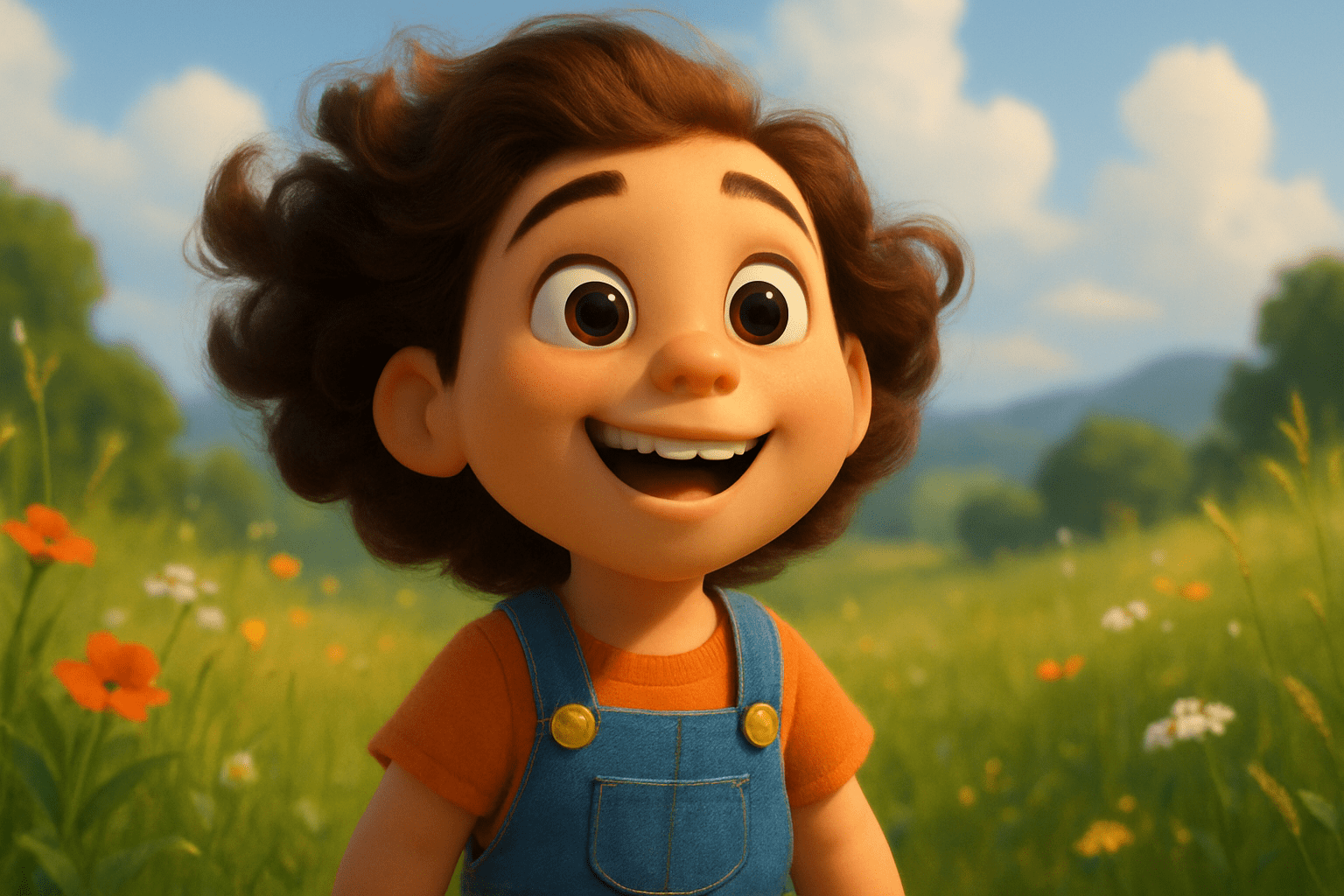
Pixar's art style is colorful and whimsical, with a focus on creating believable worlds and characters. The studio's films are known for their attention to detail, and their use of light and shadow to create a sense of depth.
Thinking in the box: Impressionism, Modernism
Might also call it: Disney, animation, studio, film, movies
Pixel Drawing No.647
Pixel drawing is a digital art form where images are created by manipulating individual pixels. This can be done by hand, or by using software. Pixel drawings often have a retro or 8-bit aesthetic, and can be used to create illustrations, logos, and icons.
The art style of pixel drawing is very blocky and basic. The images are made up of small squares, or pixels, that create the overall image. This style is often used in video games and other digital media.
Thinking in the box: Impressionism, Modernism
Might also call it: Raster graphics, bitmap
Pixel art No.648
Pixel art is a form of digital art, where images are created and edited on the pixel level. Pixel art is often used in video games and is characterized by its blocky, pixilated look.
Pixel art is a form of digital art, where images are created and edited on the pixel level. The art style is often characterized by its blocky, pixilated look.
Thinking in the box: Impressionism, Modernism
Might also call it: Sprite art, 8-bit art, bitmap art
In time's gentle hands, the plastic arts breathe. Here lies humanity's sculpted heart, bridging mortals and eternal dreamscapes. No.649
A symphony of tangible forms, handcrafted into being. These arts, like whispers in clay, epitomize the dance between human touch and raw material.

Sculptures echo the silent crescendo of stone warmed by afternoon sun. Terracotta figures stand poised, like ancient echoes whispering their stories through the ages.
Thinking in the box: Historicism, Modernism, Renaissance, Abstract Expressionism
Might also call it: Tactile Craft, Sculptural Art, Moulded Artistry
Plasticien No.650
Volants Plasticien Volants is a French art collective that creates large-scale, site-specific installations using inflatable plastic. The collective, which was founded in 2002, is made up of four artists: Laurent Mareschal, SÃÂébastien Preschoux, Olivier Goulet, and Thomas Blanchard. Plasticien Volants' installations are often brightly colored and take on organic forms. The collective has created installations for a variety of public spaces, including parks, squares, and museums.
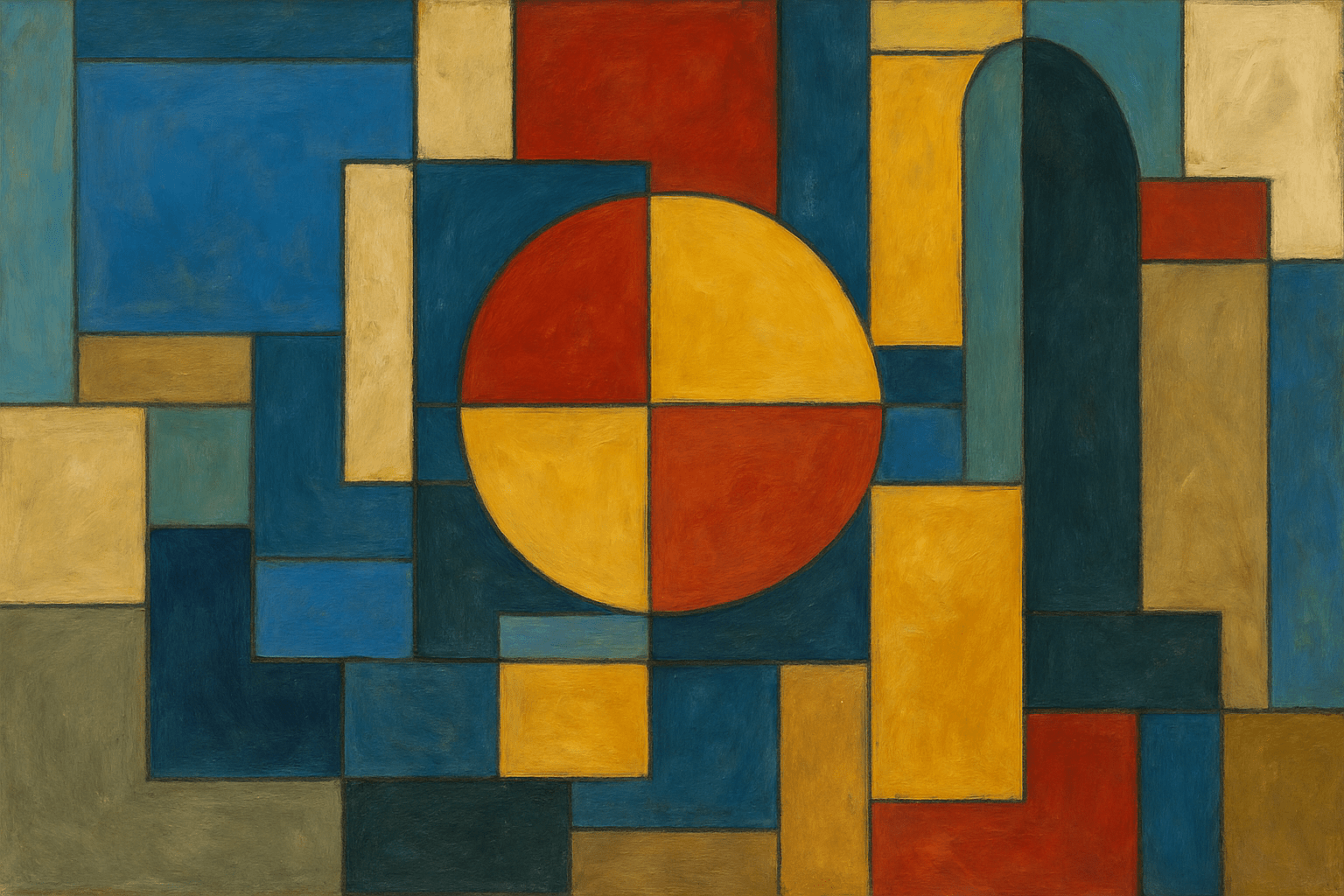
Volants The art style of Plasticien Volants is very colorful and playful. The artists often use bold colors and patterns in their work, and their style is very whimsical and fun.
Thinking in the box: Impressionism, Modernism
Might also call it: Plastician, Plasterer, Moldmaker
Playboy No.651
The Playboy art style is a mix of classic pin-up and modern day Playboy Bunny. The style is playful and sexy, with a touch of sophistication. Playboy Bunnies are known for their curves, and the Playboy art style celebrates these curves with a mix of sensual and playful poses. The art style is also known for its use of bright colors and bold patterns.

The art style of Playboy is very sleek and modern. The colors are very muted and the overall aesthetic is very clean and minimal.
Thinking in the box: Impressionism, Modernism
Might also call it: 1. Lothario 2. Casanova 3. Don Juan 4. Romeo 5. Womanizer
Playmobil No.652
Playmobil is a German toy company that produces toys for children of all ages. The company was founded in 1974 by Hans Beck and is headquartered in Zirndorf, Germany. Playmobil toys are known for their high quality and durability, as well as their unique, child-friendly designs. Playmobil's toys are designed to encourage imagination and creativity in children. The company's signature toy line is the Playmobil figure, which is a small, plastic figurine that can be customized and used in a variety of play scenarios. Playmobil also offers a wide range of accessories and playsets, which allow children to create their own unique Playmobil world. Playmobil's toys are enjoyed by children all over the world and have won numerous awards for their quality and design. The company's products are available in more than 100 countries and are sold in over 4,000 retail stores.

The art style of Playmobil is colorful and whimsical, with characters that are designed to look like toys. The style is similar to that of other toy brands, such as Lego and Barbie.
Thinking in the box: Impressionism, Modernism
Might also call it: Toys, dolls, action figures
Plein Air No.653
Plein Air is a style of painting that is done outdoors. The word "Plein" means "full" in French, and "Air" refers to the open air. This type of painting was popularized in the late 1800s by French Impressionist painters. The main goal of Plein Air painting is to capture the natural light and atmosphere of the outdoors. This can be done by painting quickly and using loose brushstrokes.
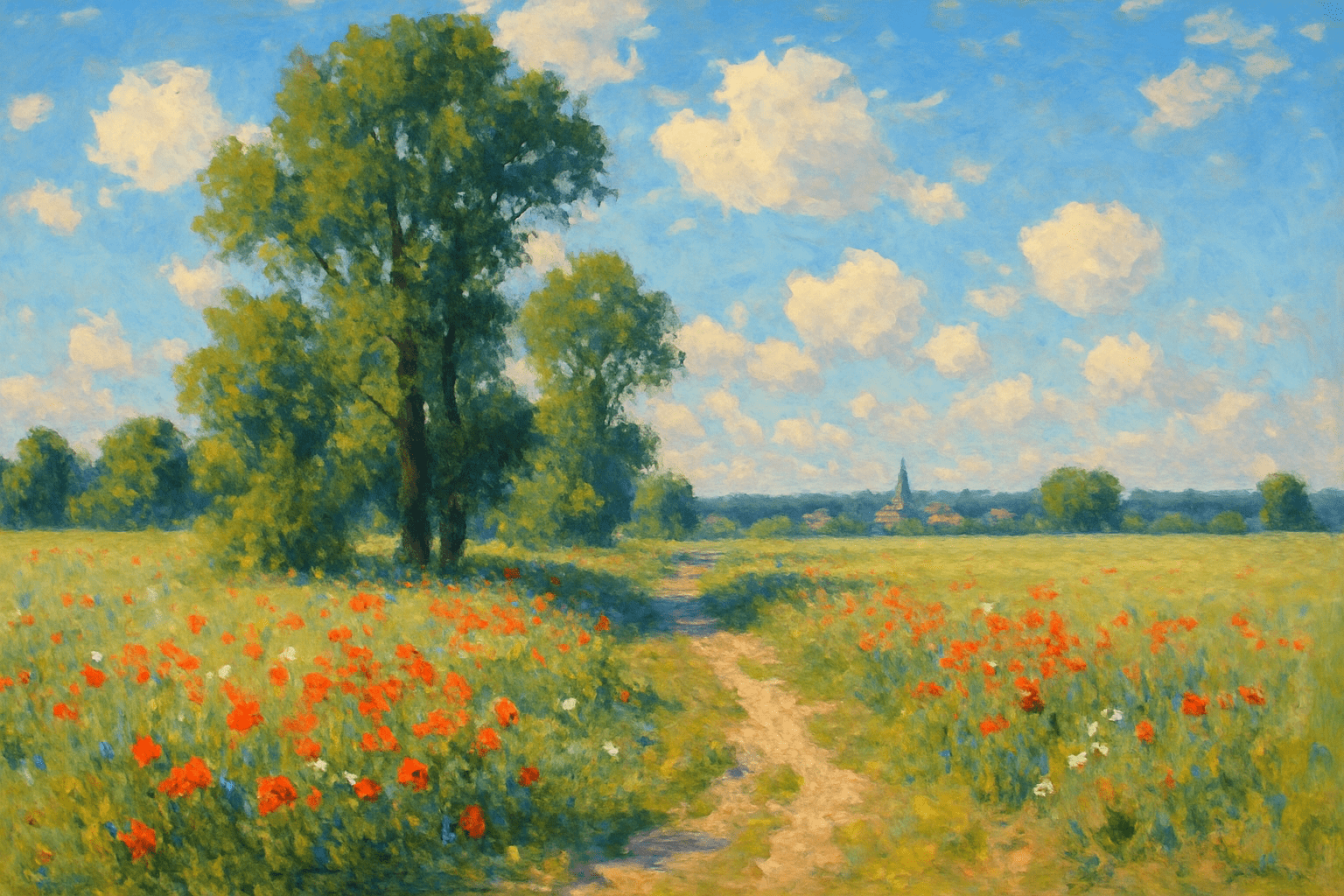
Plein air is a style of painting that is done outdoors. The word "plein" means "full" in French, and "air" means "air." This style of painting was popularized in the late 1800s by French impressionist painters. The main characteristic of plein air paintings is that they are done in natural light. This means that the colors in the painting will be affected by the time of day and the weather.
Thinking in the box: Impressionism, Modernism
Might also call it: Outdoor, alfresco, in the open air
Pleinairstyle No.654
In the shimmering dance of sunlight, Pleinairstyle captures nature's vibrant immediacy, where every brushstroke is an echo of the landscape, alive and unapologetically fleeting.

Like an unfurling dawn, Pleinairstyle teems with strokes that mimic the breath of wind. Light and shade converse in hushed whispers, unraveling scenes vivid yet transient.
Thinking in the box: Impressionism, Naturalism
Might also call it: Outdoor Realism, Open-Air Impressionism
Pointillism - Single Color No.655
Pointillism is a single color art style that uses small, distinct dots of color to create an image. This technique was popularized by French artist Georges Seurat in the late 19th century. Pointillism is often used to create a sense of movement or to add depth and dimension to an image.
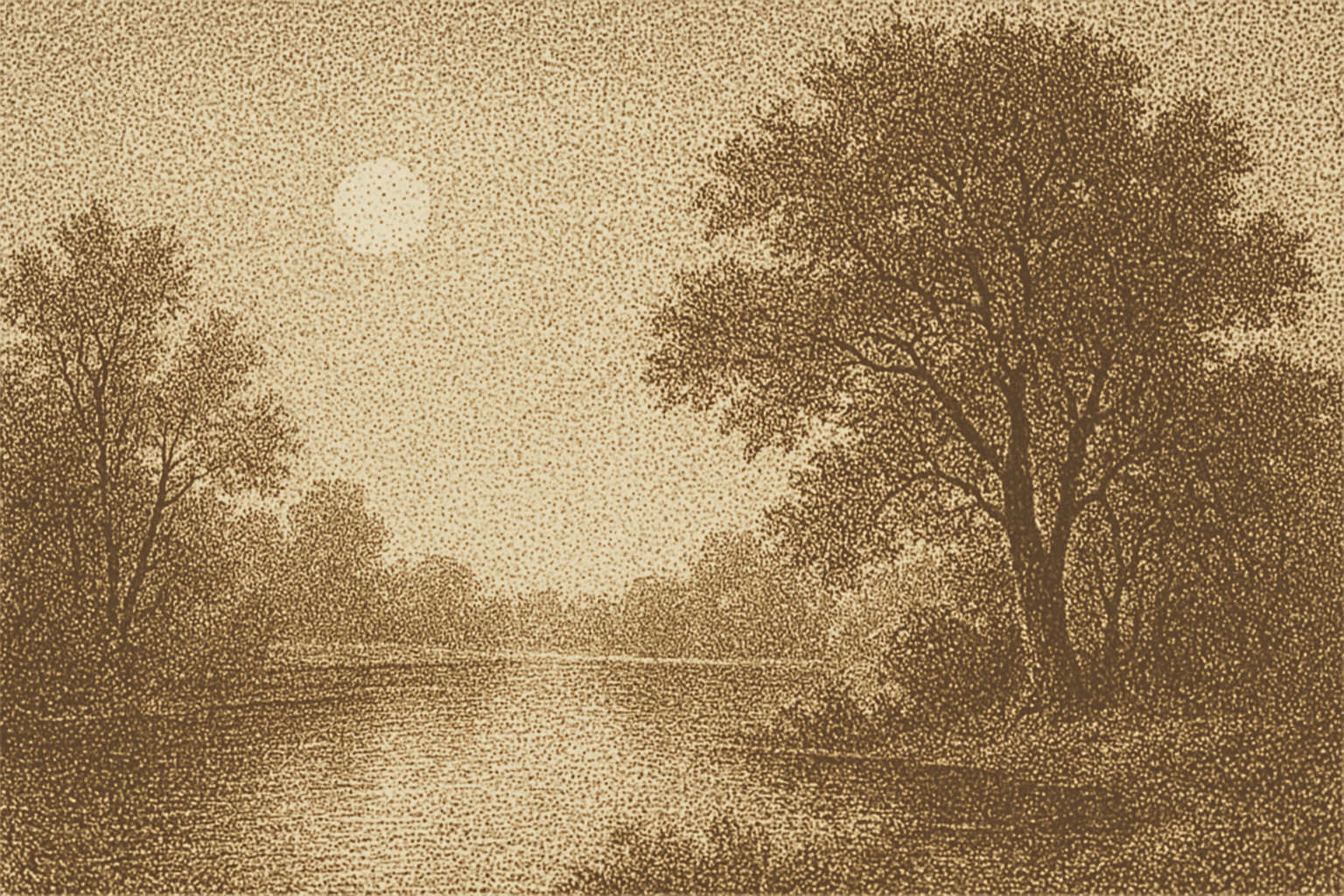
The art style of Pointillism is a single color, usually black, on a white background. The dots are evenly spaced and have a consistent size.
Thinking in the box: Impressionism, Modernism
Might also call it: Dot painting, Point painting, Pixel painting
Pointillism No.656
Pointillism is a technique of painting in which small, distinct dots of color are applied in patterns to form an image. The dots are usually applied with a brush or pen, and the resulting image is often very vibrant and colorful. Pointillism was first used in the late 1800s by French artist Georges Seurat, and it quickly became popular among other artists of the time. Today, pointillism is still used by some artists, though it is not as common as it once was.

The art style Pointillism is characterized by its use of small, distinct dots of color to create an image. This technique is often used to create a sense of movement or to add depth and dimension to a painting.
Thinking in the box: Impressionism, Modernism
Might also call it: 1. Pointillism: a style of painting in which small, distinct dots of color are applied in patterns to form an image. 2. Impressionism: a style of painting characterized by short brushstrokes and light colors. 3. Post-Impressionism: a style of painting that developed from Impressionism, characterized by bolder brushstrokes and more intense colors. 4. Neo-Impressionism: a style of painting that was influenced by Impressionism and Pointillism, characterized by even smaller dots of color. 5. Divisionism: a style of painting that was influenced by Pointillism, characterized by even smaller dots of color.
Pokemon No.657
The art style of PokÃÂémon is a mix of traditional Japanese anime and Western cartoon styles. The look is cute and colorful, with big eyes and simple designs. The world of PokÃÂémon is also filled with intricate detail, making it a rich and visually interesting place to explore.

The art style of Pokemon is colorful and cartoony. The characters are designed to look cute and appealing to children. The world is also designed to look like a real world, with different regions and locations.
Thinking in the box: Impressionism, Modernism
Might also call it: Pocket Monsters, PokÃÂémon
Polaroid No.658
Polaroid is a type of instant camera that was first introduced in the late 1940s. It uses self-developing film to produce instant photographs. The camera was invented by Edwin Land, who also founded the Polaroid Corporation. Polaroid cameras were once very popular, but they have since been replaced by digital cameras. However, the unique look of Polaroid photographs has made them popular among artists. Many artists use Polaroid cameras to create unique images that cannot be replicated with digital technology. Polaroid photographs have a distinctive look that is characterized by soft colors and blurred edges. The photographs often have a dreamlike quality, which has made them popular among artists who use them to create surreal images.
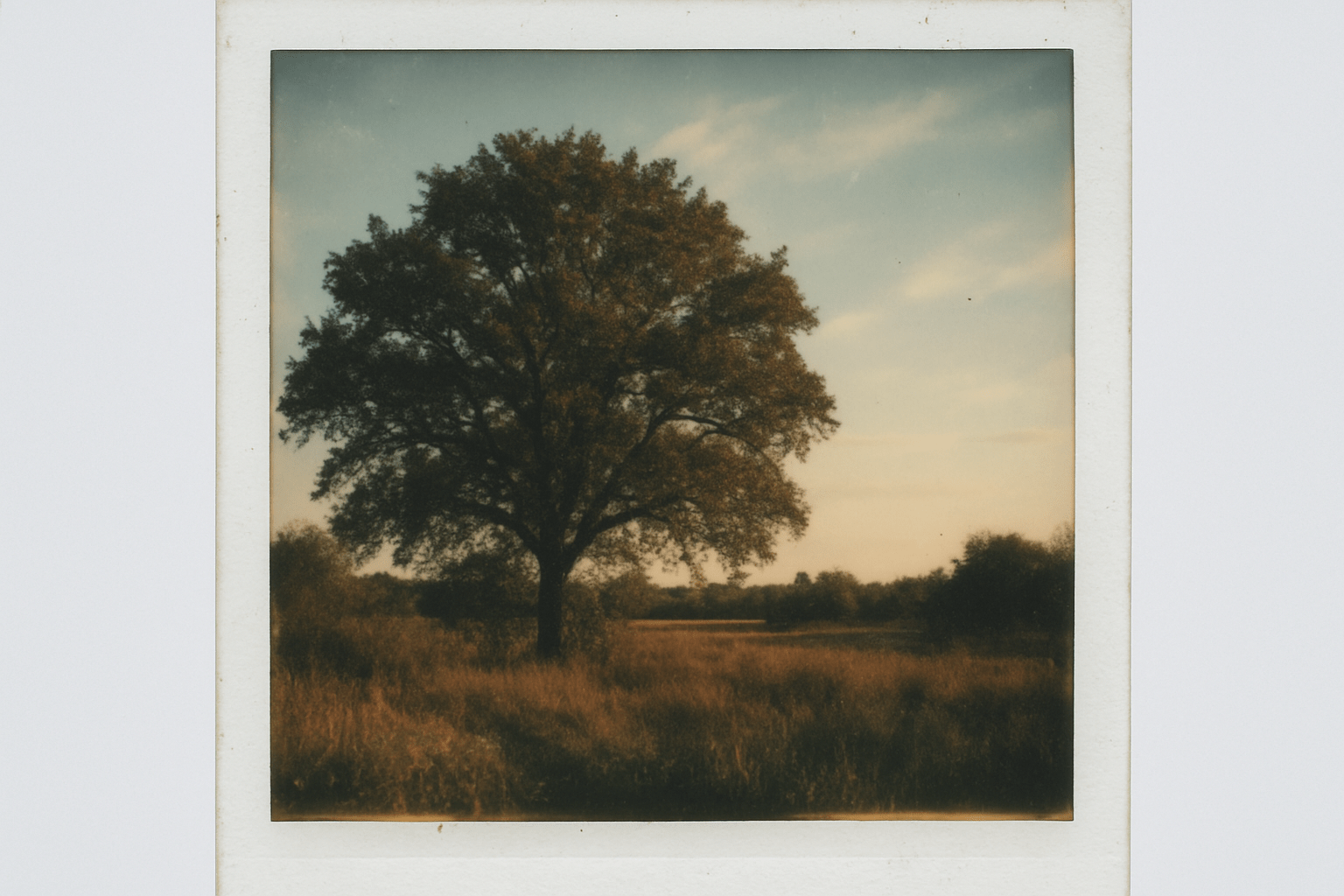
The art style of Polaroid is very colorful and vibrant. The colors are very bold and the shapes are very geometric. The overall look is very modern and stylish.
Thinking in the box: Impressionism, Modernism
Might also call it: instant camera, Polaroid camera
Polish No.659
Polish art is characterized by its strong national identity and traditional values. Polish artists have long been known for their skill in portraiture, religious painting, and landscape painting. In the 20th century, Polish art was strongly influenced by French and German art movements. Today, Polish artists continue to experiment with a variety of styles and media, while still maintaining their strong national identity.
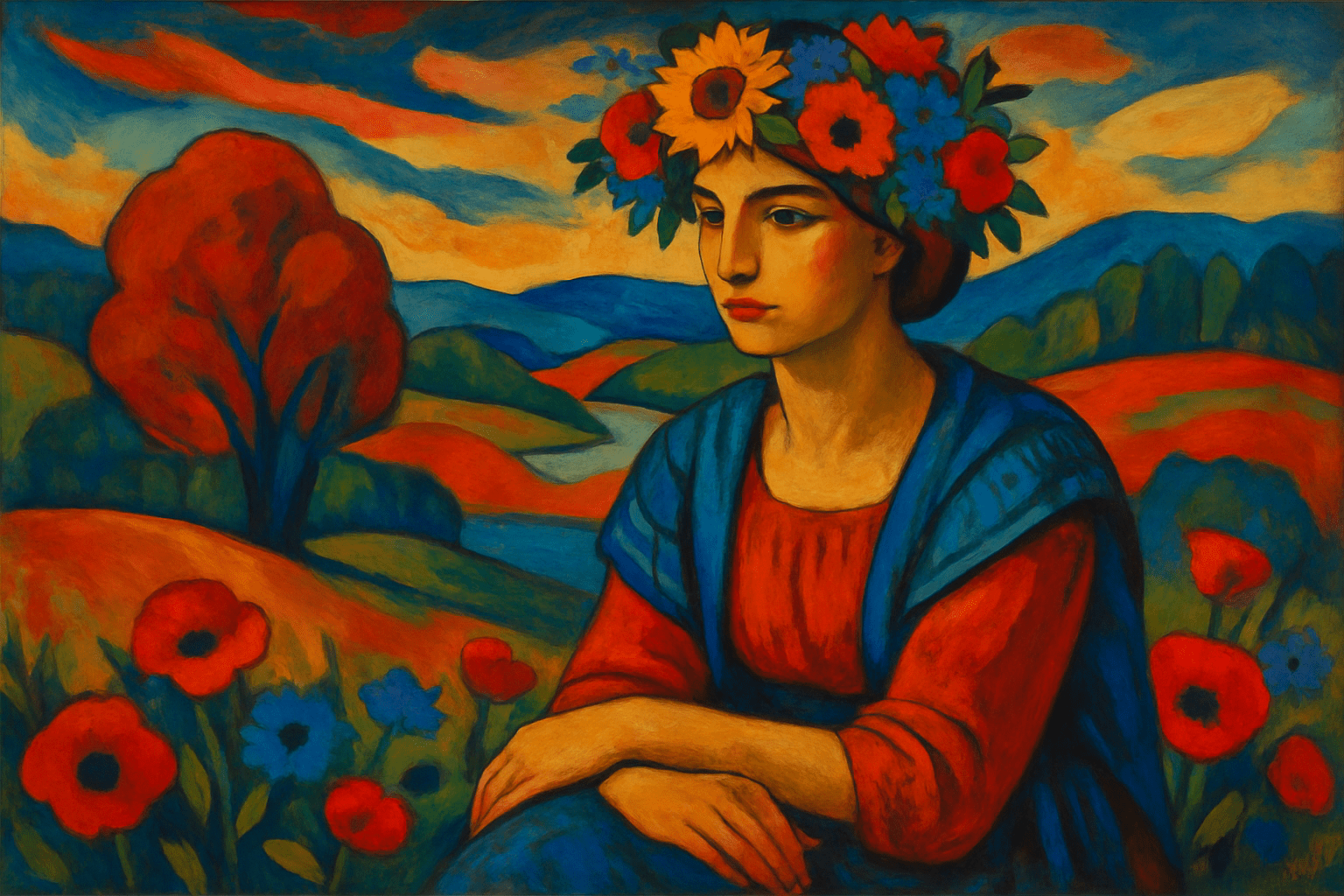
The art style Polish is characterized by its use of bright colors and bold patterns. Polish artists often use geometric shapes and patterns in their work, and they often incorporate traditional Polish folk art into their designs.
Thinking in the box: Impressionism, Modernism
Might also call it: clean, shine, buff, rub
Art of Dissent No.660
Political Art is a canvas stained with revolution, a mirror reflecting the tremors of society. Born from the tumult of human voices rising, it speaks where words sometimes fail, making the invisible, visible.
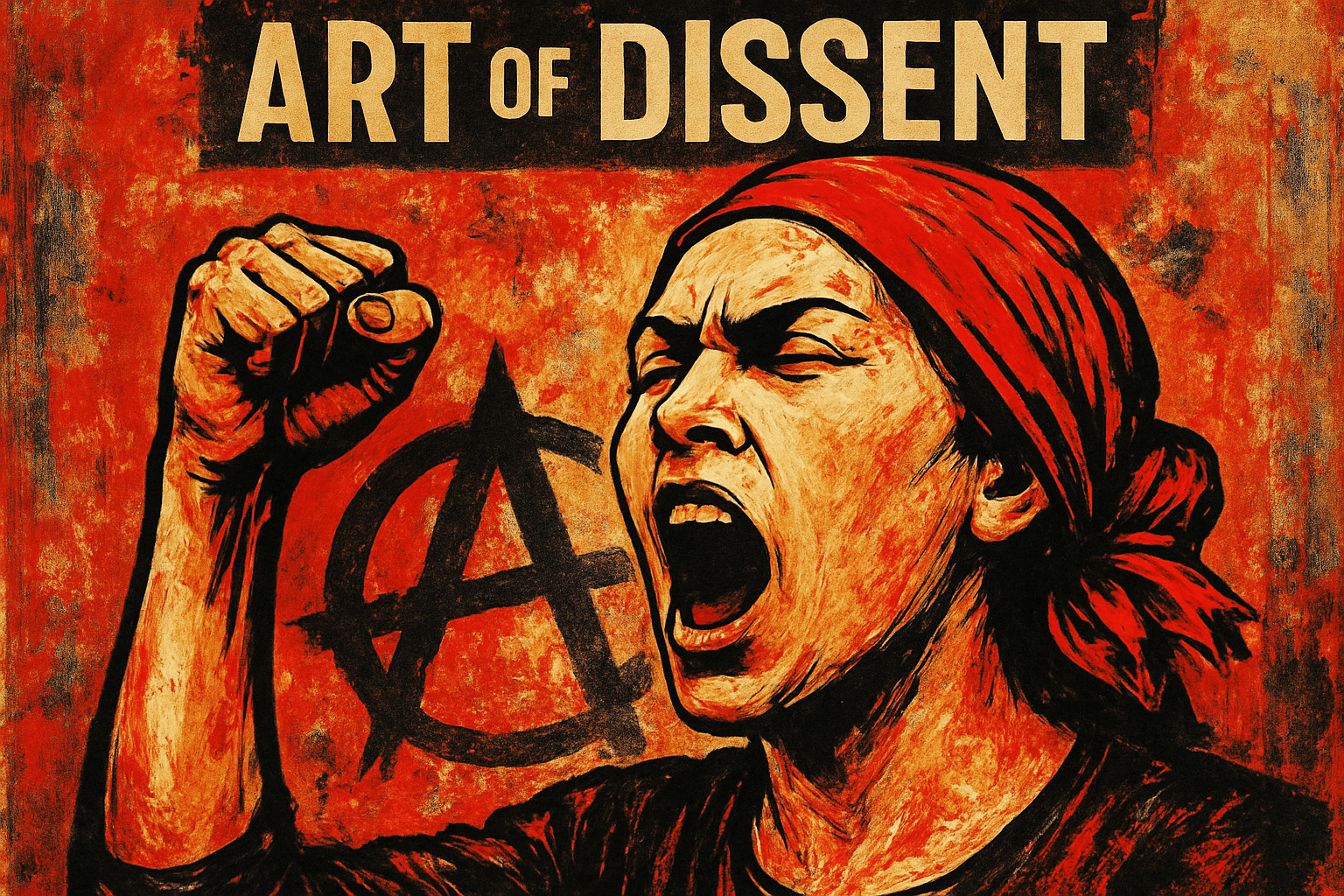
Bold colors clash against whispered shadows, imagery sharp as a blade. Elements of propaganda meet deconstructed icons, a vivid contrast of power and resistance, chaos swirling into poignant symmetry.
Thinking in the box: Modernism, Contemporary Art, Protest Art
Might also call it: Protest Art, Activist Art, Revolutionary Art, Social Critique Art
Pop Art No.661
Pop Art is a style of art that emerged in the mid-20th century and became popular in the 1960s. It is characterized by bold colors and simple, often commercial, subjects. Pop Art is often associated with artists such as Andy Warhol and Roy Lichtenstein.

Pop Art is a visual art style that emerged in the mid-20th century. It is characterized by the use of bold colors and simple shapes. Pop Art often features images of popular culture, such as celebrities, comic book characters, and advertising.
Thinking in the box: Impressionism, Modernism
Might also call it: Pop Art is a style of art that emerged in the mid-20th century and emphasizes popular culture and the mass production of consumer goods. Some synonyms for Pop Art are: -Commercial Art -Consumer Art -Popular Art
Pop Art Style No.662
Pop Art is a style of art that emerged in the mid-20th century and became popular in the 1960s. It is characterized by bold colors and simple, often repetitive, images. Pop Art often uses images from popular culture, such as advertisements, comic books, and Hollywood movies.

Pop Art Style is a visual art style that emerged in the mid-20th century. It is characterized by bold colors and simple, often repetitive, imagery.
Thinking in the box: Impressionism, Modernism
Might also call it: Pop Art Style can be synonymized with terms like commercial art, consumerism, mass media, etc.
Pop Surealism No.663
Pop Surrealism is a genre of art that combines elements of pop culture with surrealism. It is often characterized by bright colors, unusual subject matter, and a sense of humor.

Pop Surrealism is a visual art style that is characterized by its use of bright colors, bold patterns, and often bizarre imagery. This style is often associated with the art of Lowbrow, which is another name for this same style.
Thinking in the box: Impressionism, Modernism
Might also call it: 1. Dadaism 2. Surrealism 3. Cubism 4. Expressionism 5. Futurism
Pop Art No.664
Pop Art celebrates the banal and the everyday, transforming mass culture into iconic statements. It is rebellion with a smile, parody with purpose—a cultural mirror reflecting the ordinary in extraordinary ways.

Vibrant hues and bold lines dominate; familiar images provoke thought, turning soup cans into symbols and comic strips into sophisticated irony. The art leverages repetition and patterns, juxtaposing the mundane with the monumental.
Thinking in the box: Modernism, Neo-Dada
Might also call it: Neo-Dada, Consumer Art, Commercial Imagery Art
Portrait No.665
photography Portrait photography is a style of photography that focuses on capturing the likeness, personality, and even the mood of the subject. Portraits can be shot in a studio or on location, and can be either posed or candid.

of an Artist The visual appearance of the art style Portrait of an Artist is very realistic. The colors are very muted and the overall tone is very somber. The artist has used a lot of shadow and light to create a sense of depth and dimension.
Thinking in the box: Impressionism, Modernism
Might also call it: Picture, photograph, painting
Portrait Drawing No.666
Portrait drawing is a type of drawing that focuses on capturing the likeness of a person's face. This can be done through a variety of mediums, but pencil is the most common. Portrait drawings are often used as reference material for paintings or sculptures. They can also be hung on their own as works of art.

The art style Portrait Drawing is characterized by its use of line and shading to create a realistic image of the subject. The artist may use a variety of mediums to create the portrait, but the most common are pencil, charcoal, and pastel. The portrait may be of any size, but the most common are small to medium sized.
Thinking in the box: Impressionism, Modernism
Might also call it: Picture, drawing, sketch, image.
Portuguese No.667
Portuguese art is characterized by its strong religious influences, as well as its unique blend of Moorish and Gothic styles. Portuguese artists often incorporated intricate patterns and detailed designs into their work, which helped to create a distinctive Portuguese art style. Portuguese art also frequently featured bright colors and bold shapes, which helped to make it stand out from other European art styles.
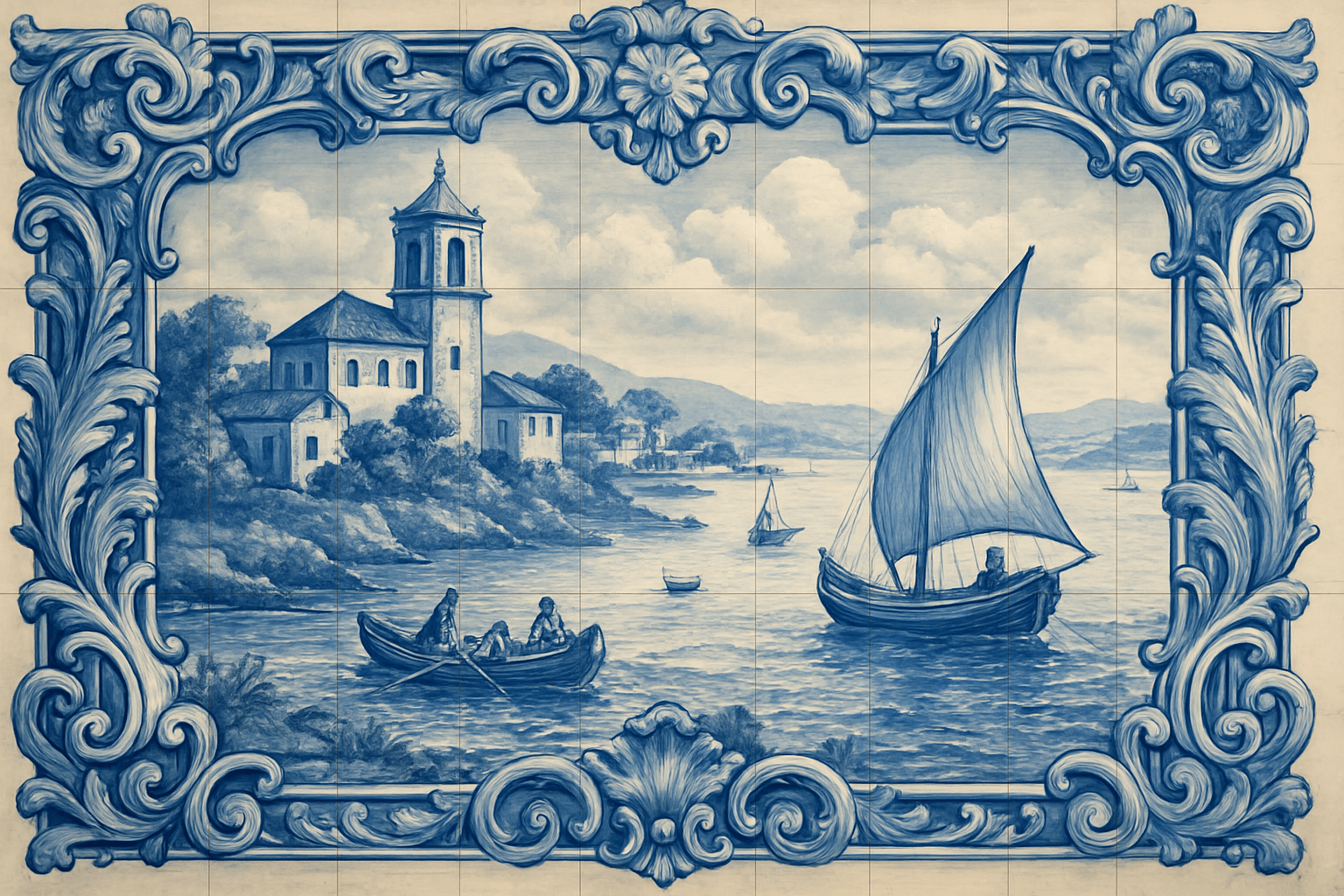
The Portuguese art style is characterized by its ornate and detailed design. Portuguese artists often use bright colors and patterns in their work. Portuguese art is often inspired by the country's natural landscape and its history.
Thinking in the box: Impressionism, Modernism
Might also call it: Iberian, Brazilian
Positivism No.668
Positivism is a style of art that emerged in the late 19th century in response to the Industrial Revolution. It is characterized by its use of geometric forms, bright colors, and clean lines. Positivism artists sought to create a new art that was more accessible to the masses and reflective of the modern world.
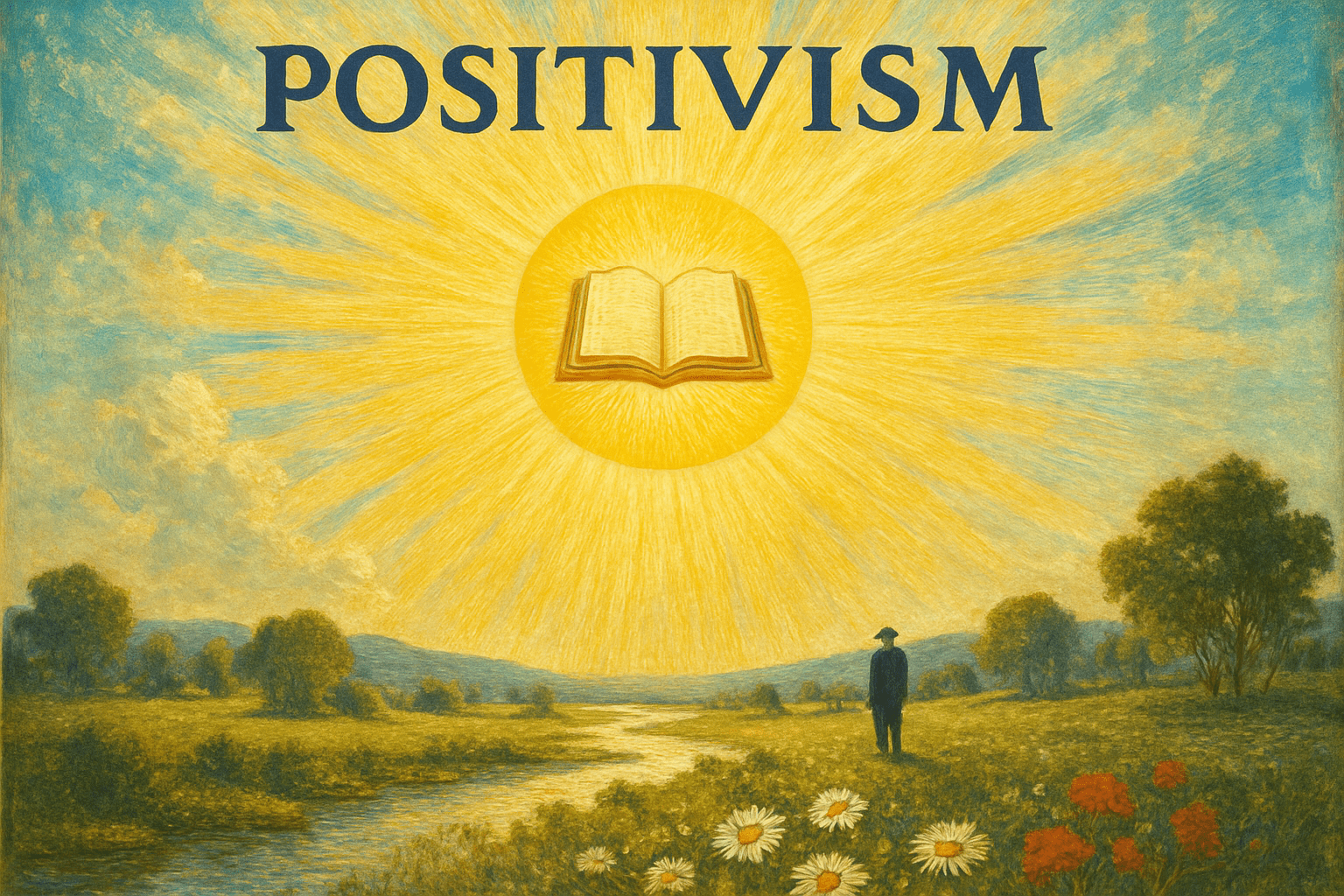
Positivism is a visual art style that is characterized by its use of bright colors and geometric shapes. This style is often associated with the art movements of the early 20th century, such as Cubism and Futurism.
Thinking in the box: Impressionism, Modernism
Might also call it: Positivism: the state or quality of being positive; optimism; confidence
Post-Minimalism No.669
Art strives to embrace the overlooked whispers in the abstract chorus, revealing complexity within simplicity. Where Minimalism stripped away, Post-Minimalism adds emotion, texture, and humanity to the blank slate.

Imagine a weathered silence punctuated by vibrant whispers. Visually raw, it embraces imperfection and breaks Minimalism's rigid molds, with organic forms and tactile surfaces inviting tactile reflection.
Thinking in the box: Modernism, Abstract Art
Might also call it: Post-Minimal Art, Anti-Minimalism
Post-impressionism No.670
Post-impressionism is a term used to describe the reaction of certain artists to the Impressionist movement. These artists, who included Paul CÃÂézanne, Georges Seurat, Vincent van Gogh, and Paul Gauguin, sought to express their own ideas through their art, rather than simply record their impressions of the world around them. As a result, they developed a range of techniques that were sometimes at odds with the ImpressionistsÃÂàemphasis on naturalism. Nevertheless, the work of these artists helped to shape the course of modern art.
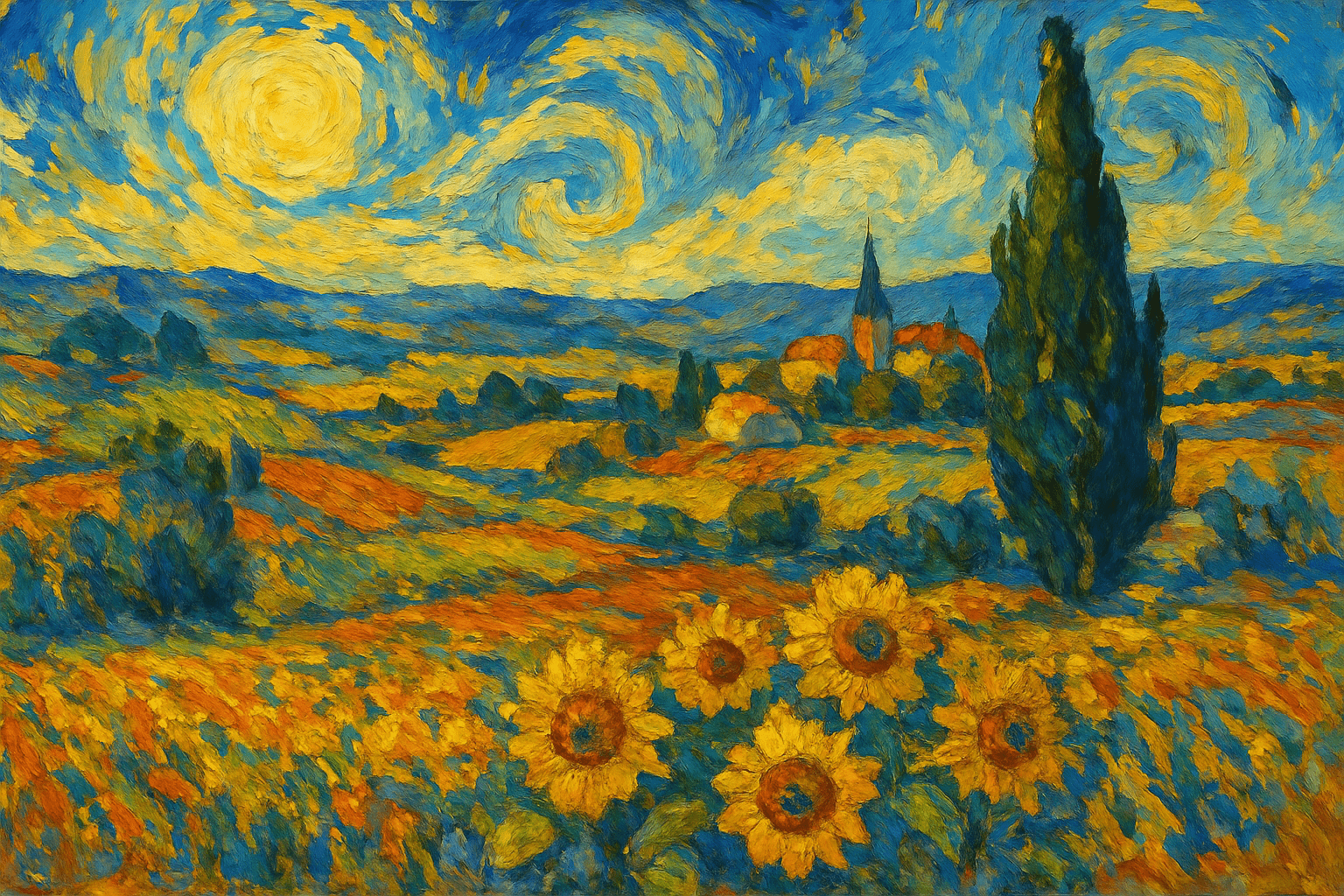
The visual appearance of the art style Post-impressionism is characterized by bold and expressive brushstrokes, often in bright and contrasting colors. The artists of this movement were interested in capturing the immediacy of their impressions, and so the paintings often have a feeling of spontaneity and movement.
Thinking in the box: Impressionism, Modernism
Might also call it: Post-Impressionism, Neo-Impressionism, Divisionism, Pointillism
Poster No.671
Art Poster art is a type of artwork that is designed to be printed and displayed on a wall or other large surface. Poster art is often used for advertising, announcements, or other promotional purposes. Poster art can be created using a variety of mediums, including painting, drawing, digital art, and photography.

The art style of the poster is very colorful and busy. There are a lot of different elements to look at, and the overall effect is very eye-catching. The poster seems to be trying to convey a sense of energy and excitement, and it definitely succeeds in doing so.
Thinking in the box: Impressionism, Modernism
Might also call it: Placard, sign, banner
Postminimalism No.672
Postminimalism is a late 20th-century art movement that was influenced by minimalism, but rejected its strict rules. Postminimalist artists often used simple materials, such as industrial materials, and focused on process and repetition.
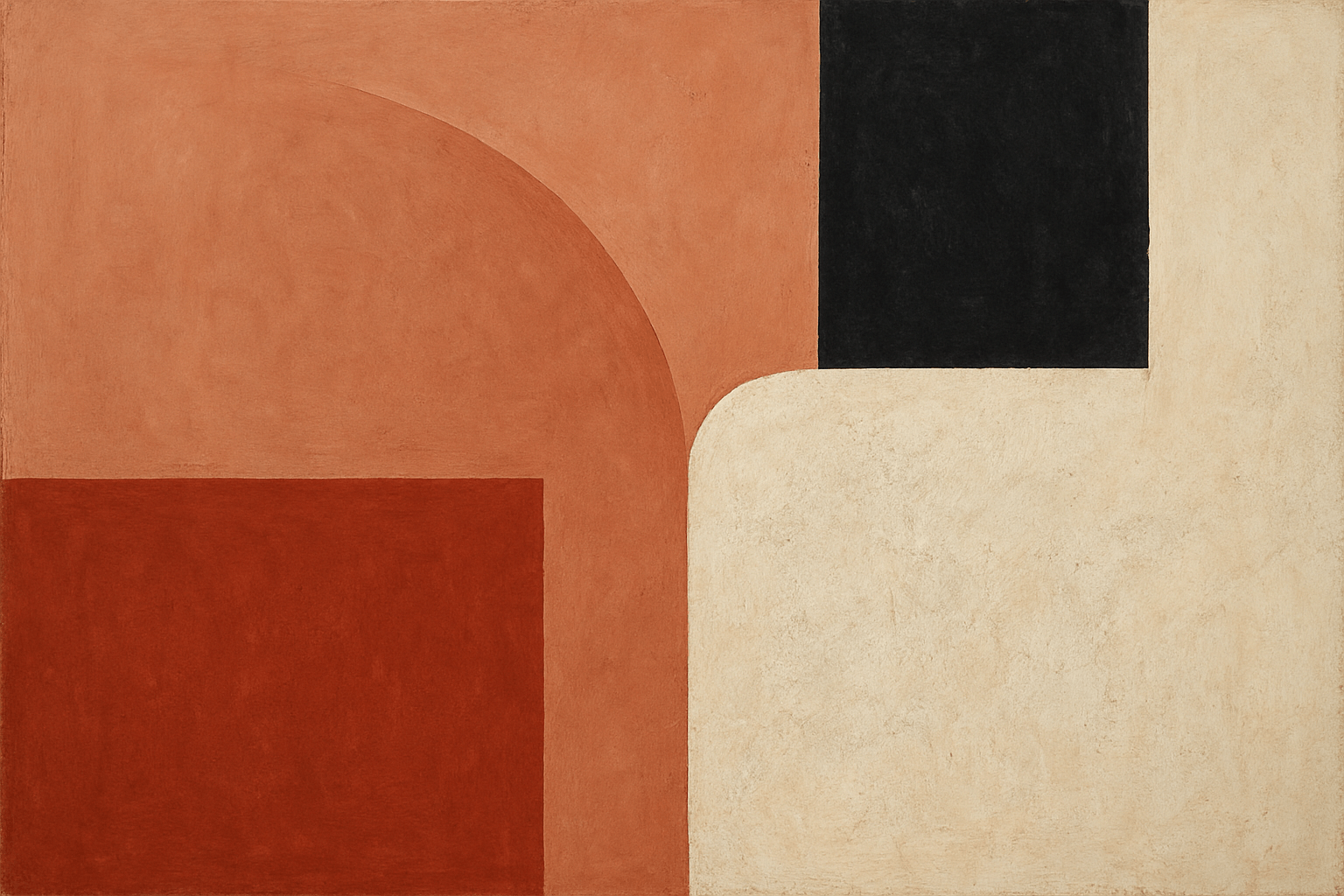
The visual appearance of postminimalism is characterized by simple, geometric forms and muted colors. There is often a focus on process and materials, and the work is often site-specific.
Thinking in the box: Impressionism, Modernism
Might also call it: Postminimalism is a movement in late 20th-century art characterized by minimal art's emphasis on simplicity of form and matter-of-factness, but extending it to include an interest in the mundane and the everyday. Neo-Dada, Pop Art, Fluxus, Conceptual Art, Performance Art, Land Art, Installation Art, Post-Painterly Abstraction
Postmodern Art No.673
Postmodern art is a style of art that is characterized by its use of techniques and styles that are associated with modern art, but which are used in a way that is different from the way they are used in traditional art.

The visual appearance of postmodern art can vary greatly, as there is no one specific style that can be identified as postmodern. However, many postmodern artists tend to experiment with different styles and techniques, often incorporating elements from multiple different styles into their work. This can create a visually chaotic or confusing appearance, as different elements clash against each other. Additionally, postmodern artists often use bright and bold colors, as well as unusual materials, in order to create a more eye-catching or shocking effect.
Thinking in the box: Impressionism, Modernism
Might also call it: Contemporary Art, Modern Art
Powerpuff Girls No.674
The Powerpuff Girls is an American animated television series created by animator Craig McCracken for Cartoon Network. The show follows Blossom, Bubbles, and Buttercup, three kindergarten-aged girls with superpowers, as they use their abilities and teamwork to save the world from villains and other threats. The series has a unique art style that combines elements of traditional animation with those of anime. The show's visuals are colorful and energetic, with fast-paced action scenes and exaggerated expressions. The Powerpuff Girls is a fun and action-packed show that is sure to please viewers of all ages.
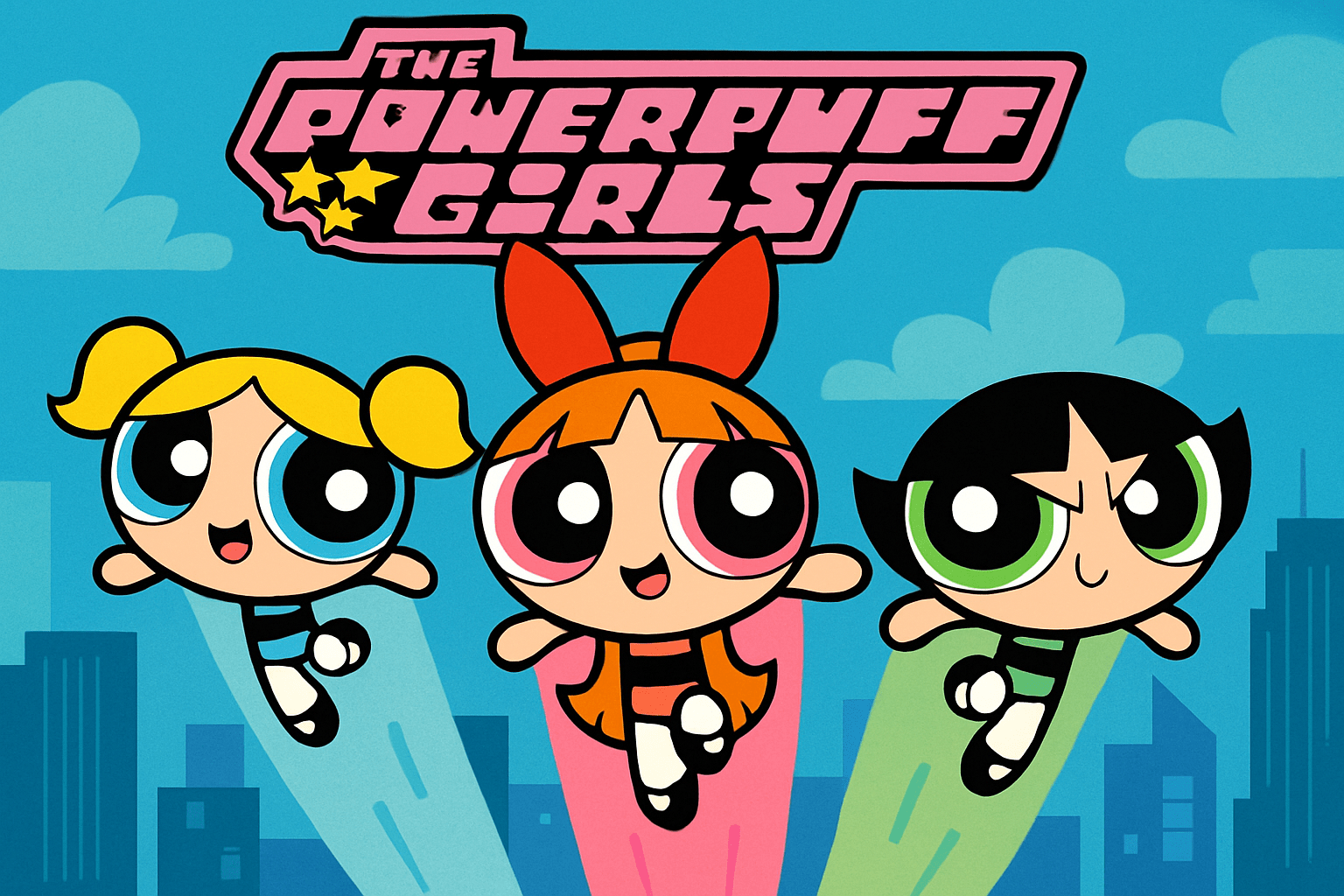
The art style of Powerpuff Girls is colorful and cartoony. The characters are big and round, with big eyes and big hair. They wear bright, primary colors, and the background is often very busy.
Thinking in the box: Impressionism, Modernism
Might also call it: Superheroes, crimefighters, vigilantes
Pre-Raphaelite Brotherhood No.675
Romanticized, intricate artworks embracing nature's opulence and medieval revival. Capturing beauty through allegory and vivid, jewel-like hues, the Pre-Raphaelites bridged a gap between the poetic and the pictorial.

Canvas bursts with luminous, gem-toned palettes. Rich details entwine figures among lush flora. Medieval motifs and exquisite craftsmanship evoke nostalgic elegance, an ode to beauty before Raphael's influence.
Thinking in the box: Romanticism, Symbolism
Might also call it: Pre-Raphs, PRB
Pre-Raphaelites No.676
Pre-Raphaelites were a group of English painters, poets, and critics, founded in 1848 by Dante Gabriel Rossetti, John Everett Millais, William Holman Hunt, and James Collinson. They were later joined by Edward Burne-Jones, William Morris, and others. The Pre-Raphaelites sought to return to the purity of art before the influence of Raphael, whom they considered to be the "corrupting" force of the Renaissance. They believed that the Renaissance had been a time of great artistic decline, and that art should instead emulate the simplicity and sincerity of the art of the Middle Ages. The Pre-Raphaelites were known for their detailed, often highly romanticized depictions of nature and their use of bright colors.
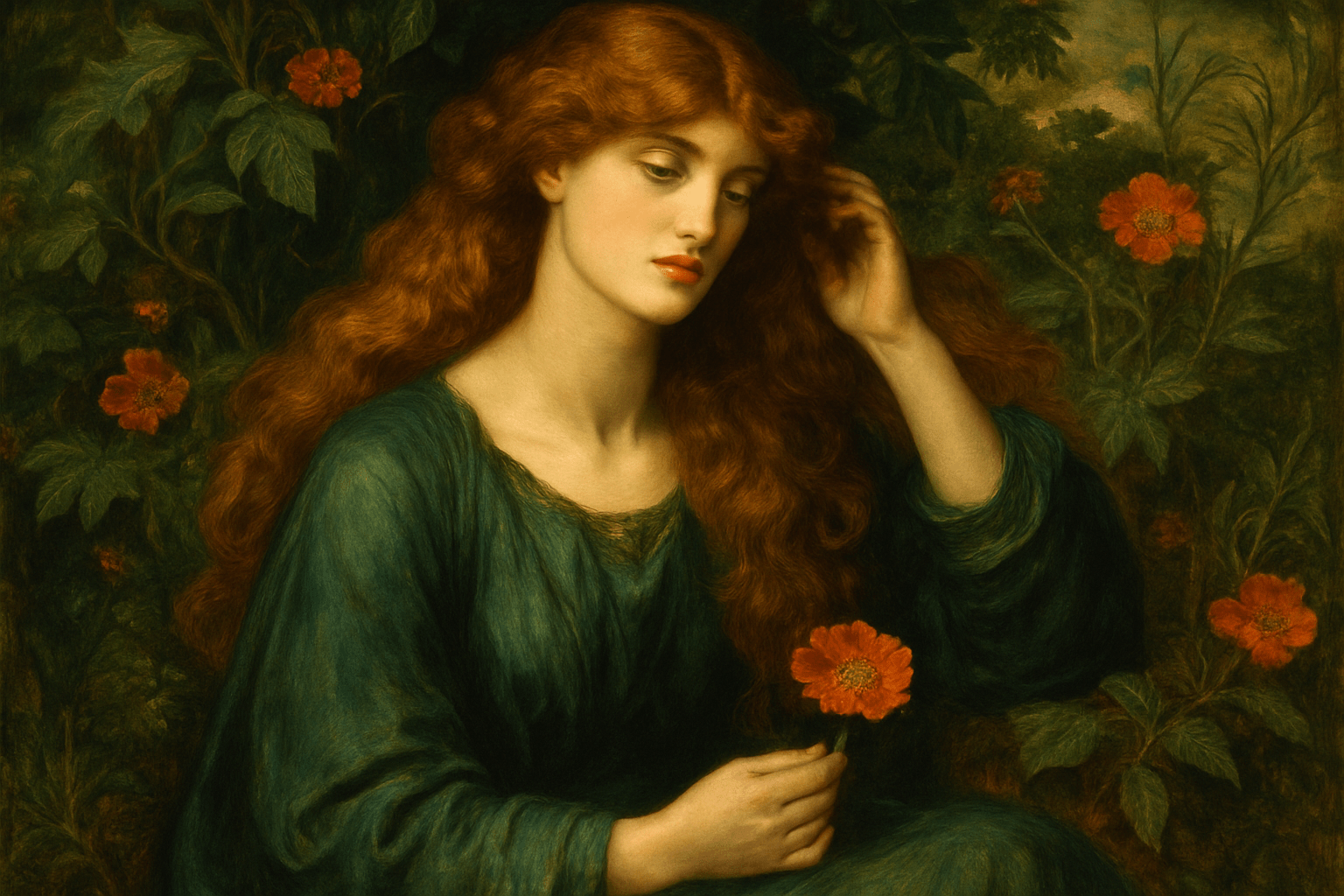
The Pre-Raphaelites were a group of English painters, poets, and critics, founded in 1848 by Dante Gabriel Rossetti, John Everett Millais, and William Holman Hunt. The group's intention was to reform art by rejecting what they considered the mechanistic approach first adopted by the Mannerist artists who succeeded Raphael and Michelangelo. They believed that the exaggerated sensuality of Raphael's later works represented an excess of materialism, and they sought to convey spiritual messages through honest and detailed depictions of nature. As a result, the Pre-Raphaelites focused on painting subjects from medieval, religious, and literary texts, often in a highly detailed style.
Thinking in the box: Impressionism, Modernism
Might also call it: Pre-Raphaelites, Pre-Raphaelitism
Pre-Raphaelitism No.677
Pre-Raphaelitism was a mid-19th century art movement that focused on realism and the accurate depiction of light and shadow. The Pre-Raphaelites sought to revive the techniques and style of the Italian Renaissance painter Raphael.
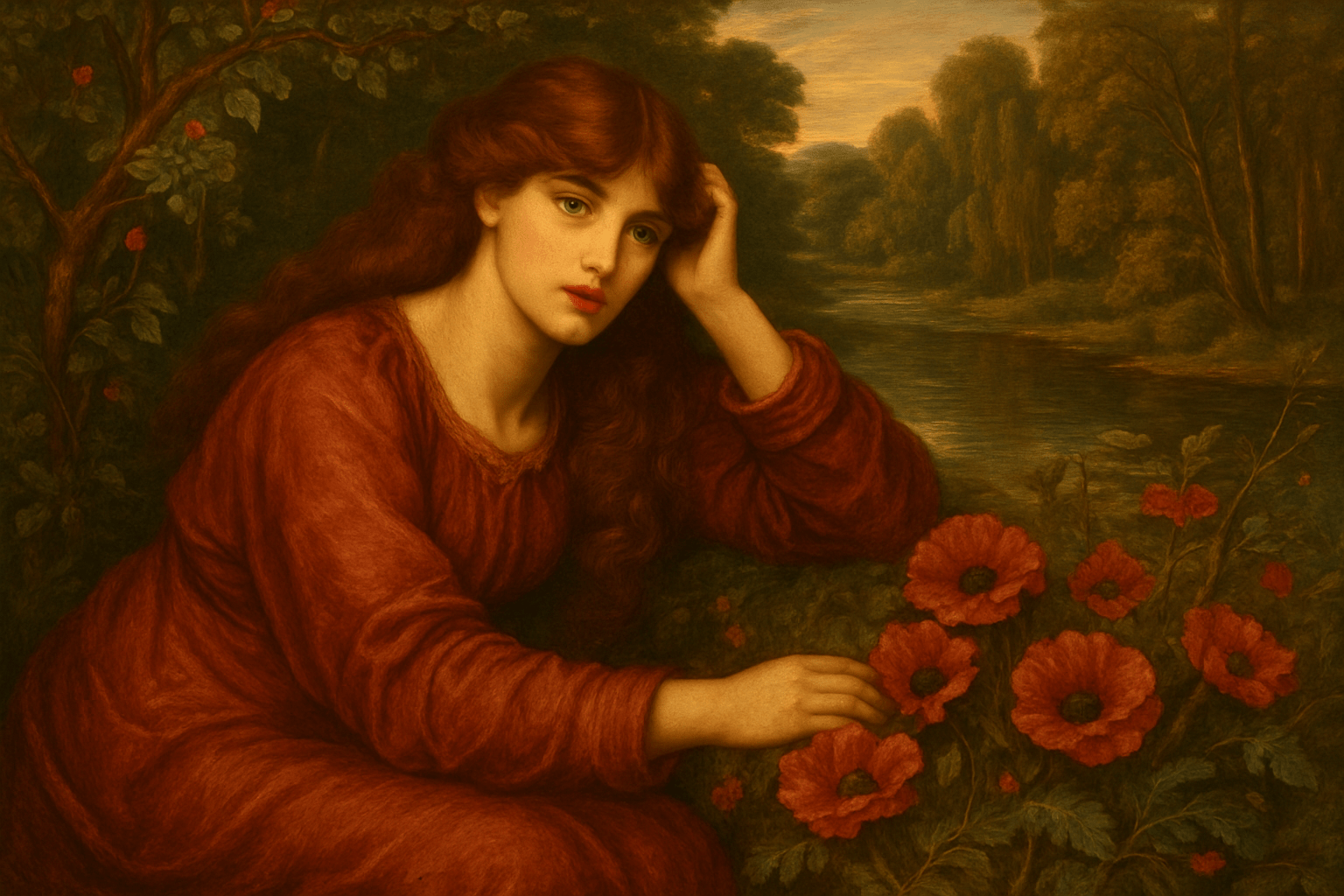
Pre-Raphaelitism is characterized by its vivid colors, intense emotions, and dramatic compositions. The style is often associated with the work of the English artist and poet, Dante Gabriel Rossetti.
Thinking in the box: Impressionism, Modernism
Might also call it: Pre-Raphaelitism can be synonymized with terms like "Pre-Raphaelite Brotherhood," "Pre-Raphaelite school of painting," and "Pre-Raphaelitismus."
Precisionism No.678
Precisionism was an art movement that emerged in the United States in the early 20th century. The style is characterized by clean lines, geometric forms, and a focus on industrial subjects. Precisionist artists sought to convey the precision and order of the modern world through their work.
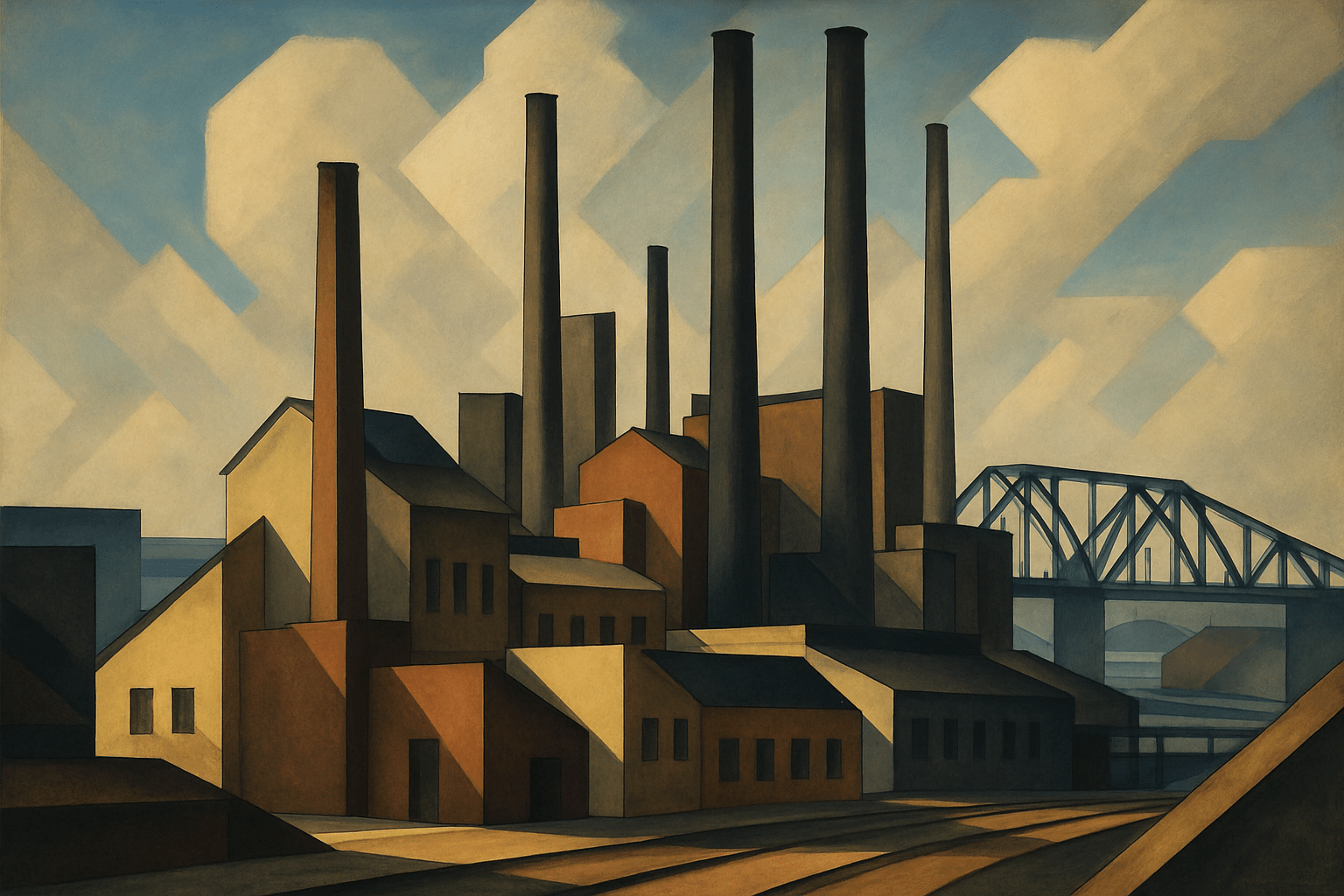
Precisionism was an art movement that began in the early 20th century in the United States. The style is characterized by clean lines, geometric shapes, and a focus on accuracy and precision. Precisionist artists sought to depict the modern world in a realistic and accurate way, often through the use of industrial and architectural subjects.
Thinking in the box: Impressionism, Modernism
Might also call it: Precisionism is a movement in art characterized by its clean lines, lack of ornamentation, and overall geometric feel. Other words that may be used to describe Precisionism include: Cubism, Futurism, Constructivism, and De Stijl.
Prehistoric Art No.679
Prehistoric art is a term used to describe the earliest known art created by humans. This art dates back to the Paleolithic period, which began around 40,000 years ago. The art from this period is characterized by its simple, yet expressive, style. Prehistoric artists often used natural materials, such as stone, bone, and wood, to create their art. Prehistoric art is significant because it is the earliest known form of human expression. This art provides insight into the lives and cultures of our earliest ancestors. Prehistoric art is also notable for its use of natural materials and its simple, yet expressive, style.
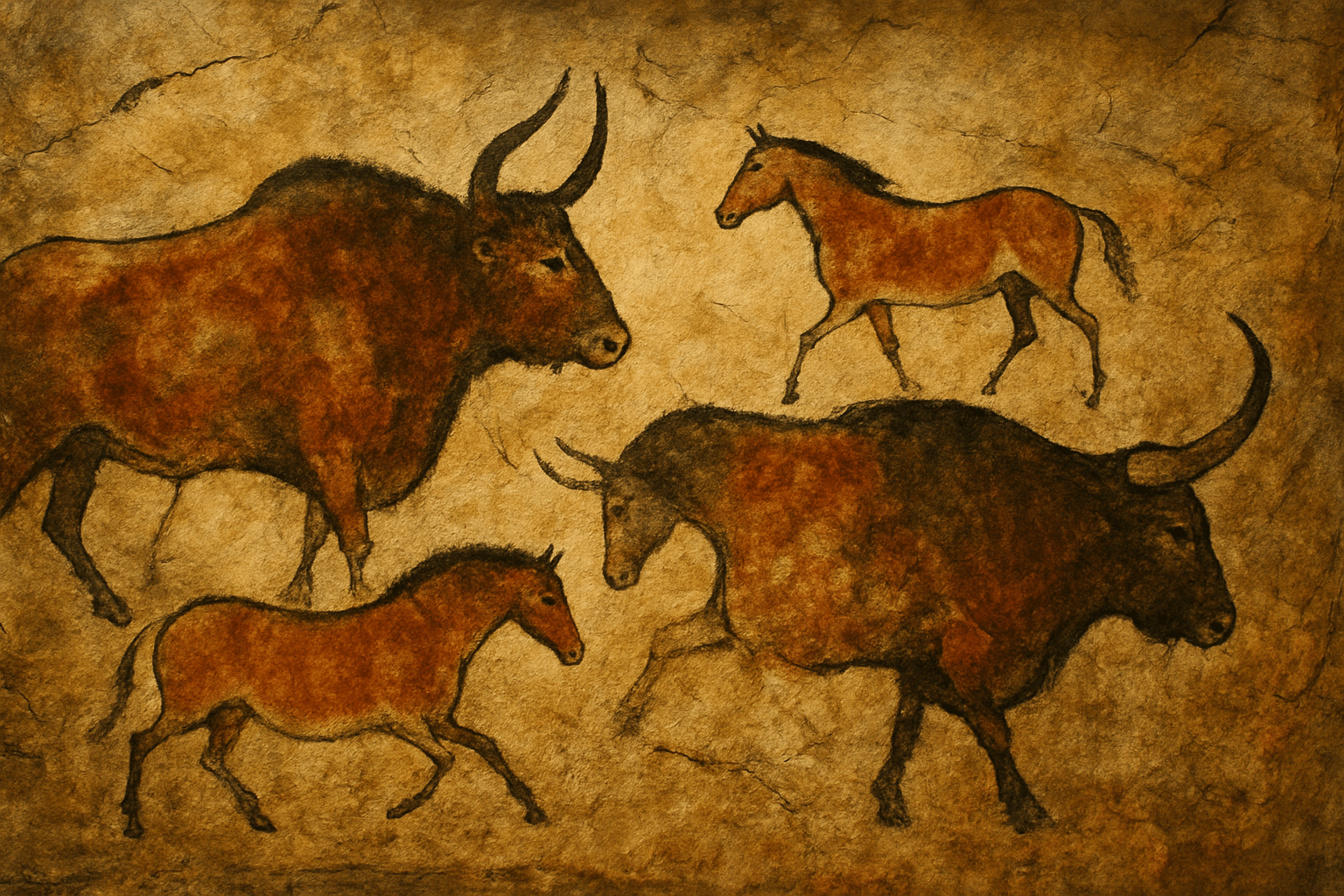
Prehistoric art is characterized by its use of simple geometric shapes and forms. The most common colors used in Prehistoric art are black, red, and white.
Thinking in the box: Impressionism, Modernism
Might also call it: Cave art, Stone Age art
Art of Essence No.680
Unfettered by realism, Primitive Art captures the raw pulse of human emotion, using visceral colors and abstract forms to distill our shared human narrative into visual storytelling.
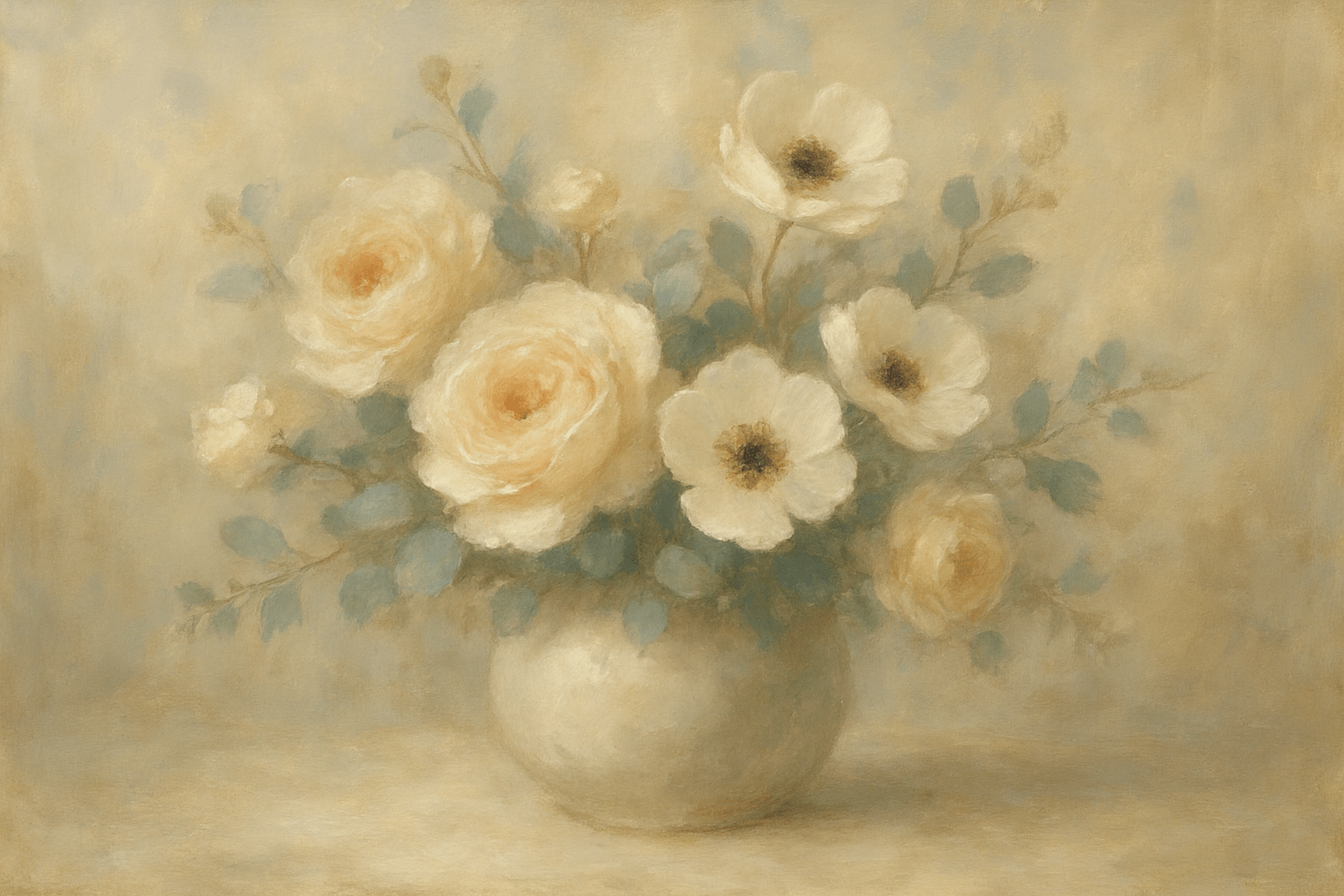
Splashes of vibrant pigments tethered by primal shapes; a canvas that vibrates with the authenticity and urgency of messages from a distant ancestor.
Thinking in the box: Primitivism, Abstract Expressionism, Outsider Art
Might also call it: Primal Art, Raw Expressionism, Archetypal Art
Primitivism No.681
Primitivism is a 20th century art movement that is characterized by its use of simple forms, bright colors, and childlike subject matter. The style is often associated with folk art and naive art, and is sometimes seen as a reaction against the sophistication of the modern world.

The art style of Primitivism is characterized by its use of simple shapes, colors, and forms. The artists associated with this style sought to return to a more natural and authentic way of creating art. This was in contrast to the more formal and academic styles that were popular at the time. Primitivism is often seen as the precursor to modernism.
Thinking in the box: Impressionism, Modernism
Might also call it: naivete, artlessness, ingenuousness, simplicity, naturalness
Private Press No.682
Private Press is an art style that is characterized by its use of traditional printing techniques and its focus on the individual artist. Private Press artists often use woodblock printing, letterpress, and other traditional printing techniques to create their art. They also often focus on creating art that is personal and unique to them, rather than mass-produced.
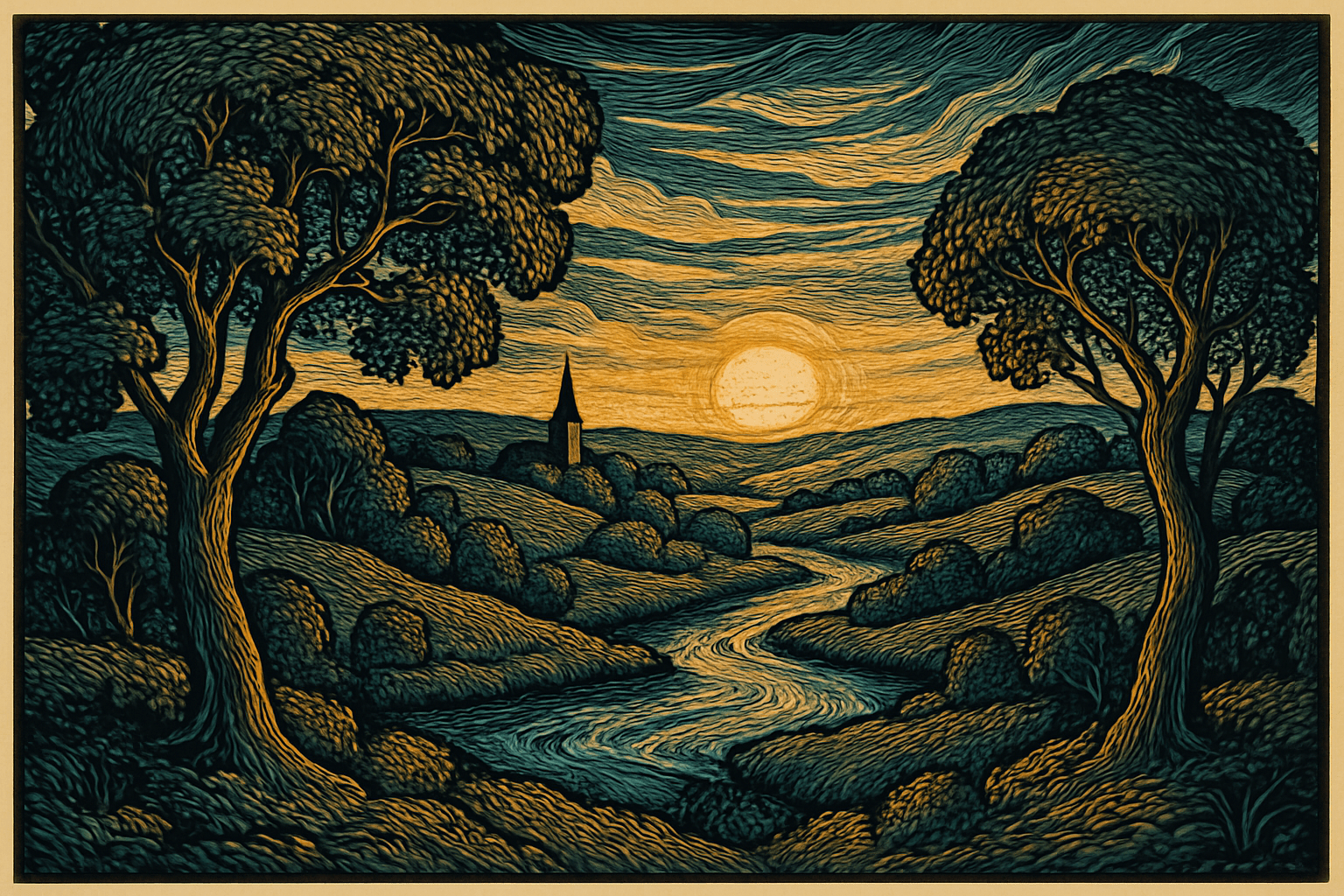
The Private Press art style is characterized by its clean, simple, and modern aesthetic. The style is often minimalistic, with a focus on clean lines and geometric shapes. Private Press artists often use a limited color palette, and their work is often highly stylized.
Thinking in the box: Impressionism, Modernism
Might also call it: Secret Press, Underground Press, Independent Press
Process art No.683
Process art is an artistic style in which the artist emphasizes the process of creating the work, rather than the final product. This type of art often involves using nontraditional materials and techniques, and is often collaborative. The focus on the process of creating art, rather than the final product, allows for a more open-ended and experimental approach.
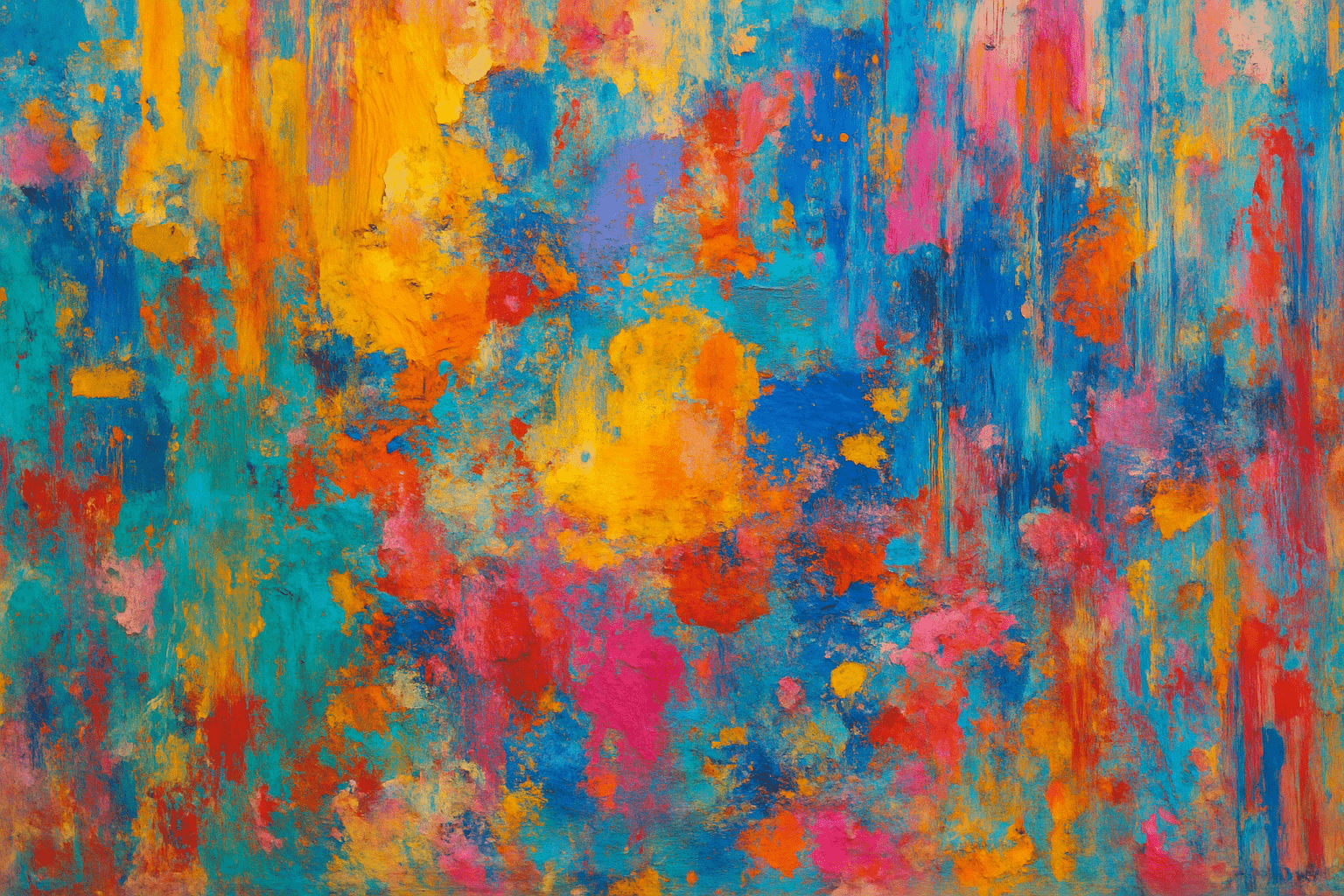
Process art is a type of art that is focused on the process of making the art, rather than the final product. This type of art is often experimental and can involve a variety of different mediums and techniques.
Thinking in the box: Impressionism, Modernism
Might also call it: 1. Kinetic art 2. Op art 3. Action painting 4. Process painting 5. Installation art 6. Performance art 7. Land art 8. Body art 9. Environmental art 10. Video art
Proto Renaissance No.684
The Proto Renaissance was a period of artistic development in the late medieval period, characterized by a return to naturalism and classical influences. This period saw the rise of artists such as Giotto and Masaccio, who were instrumental in the development of the Renaissance. The Proto Renaissance was a crucial period in the history of art, and laid the foundation for the great achievements of the Renaissance.
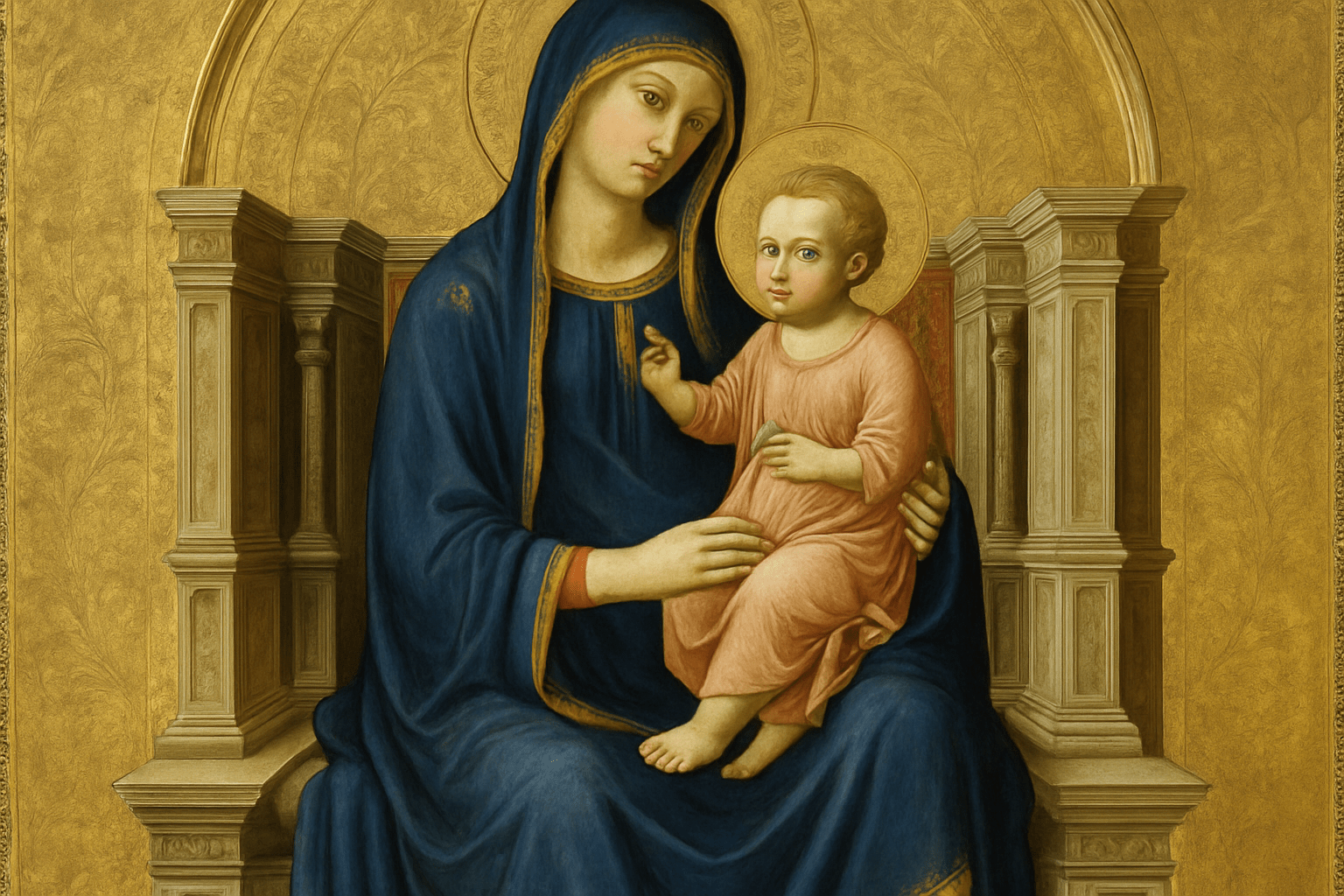
The Proto Renaissance art style is characterized by its use of geometric shapes and patterns, as well as its use of light and shadow to create a sense of depth. This style is also characterized by its use of perspective to create a sense of space.
Thinking in the box: Impressionism, Modernism
Might also call it: Early Renaissance, Pre-Renaissance
Psiwave Graphism No.685
Shimmering like sunlight on sequined seas, this art style intertwines digital futurism with organic forms, painting emotions in electric hues. Psiwave Graphism dances between dreams and algorithms.

A kaleidoscope of vibrant chaos, where neon tides wash over intricate patterns. It’s as if circuitry dreams in color, weaving sine waves of the surreal.
Thinking in the box: Futurism, Neo-Surrealism
Might also call it: Cyberwave Art, Digital Cascade, Electrosurrealism
Psychedelic art No.686
Psychedelic art is a style of art that is characterized by bright colors and bold patterns. This style of art is often associated with the hippie movement of the 1960s and 1970s. Psychedelic art often features themes of peace, love, and nature.
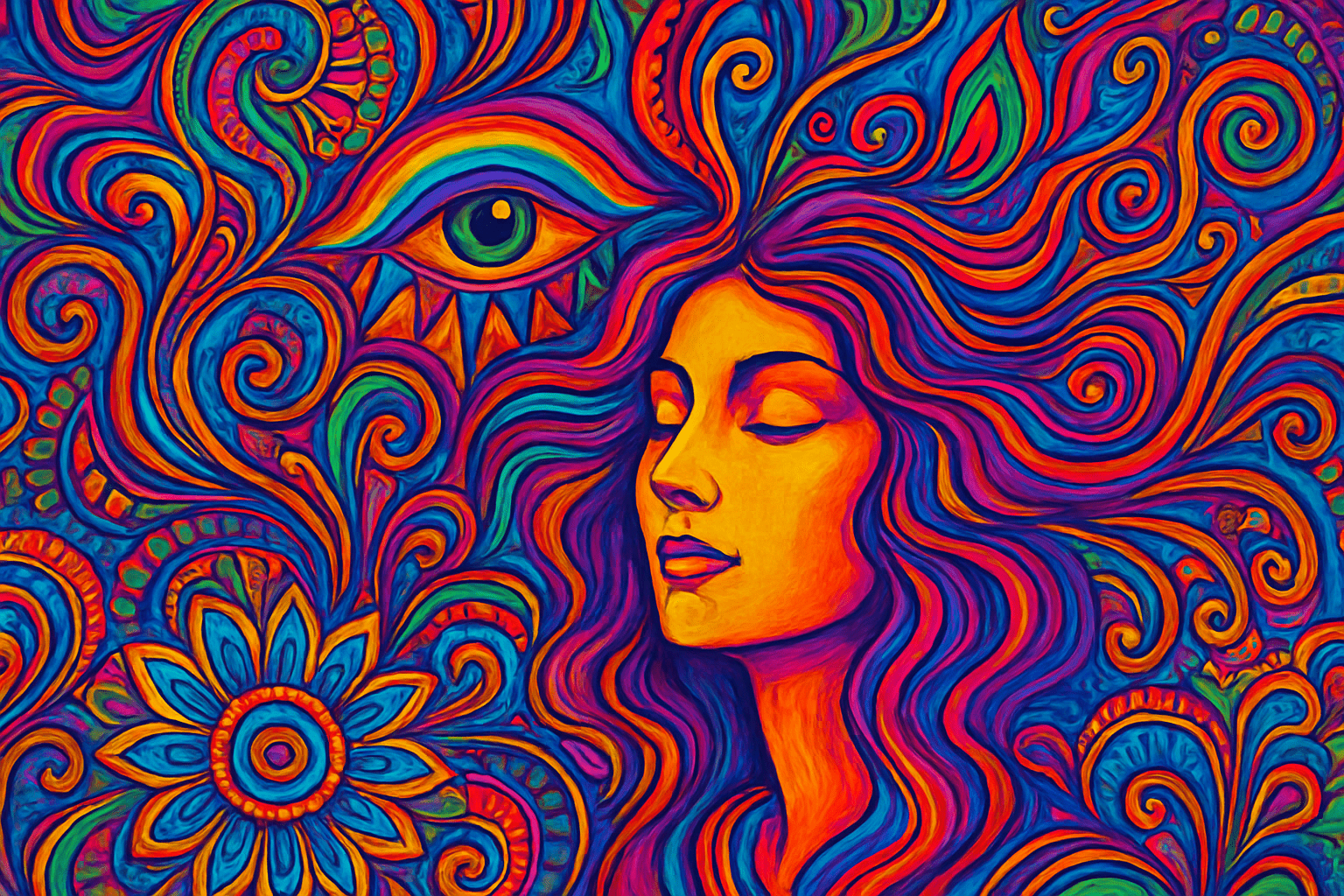
Psychedelic art is characterized by bright colors and bold patterns. The art style is often associated with the psychedelic music of the 1960s and 1970s.
Thinking in the box: Impressionism, Modernism
Might also call it: Fantasy art, visionary art, surreal art, abstract art
Puerto Ricans No.687
Puerto Rican art is a blend of European, African, and native TaÃÂÃÂno influences. Puerto Rican artists have developed a unique style that is characterized by bright colors and bold patterns. Puerto Rican art is often inspired by the island's natural beauty, as well as the island's rich history and culture.

Puerto Rican art is often colorful and lively, reflecting the island's culture and history. Common themes include nature, religion, and daily life. Puerto Rican artists often use a variety of mediums, including painting, sculpture, and photography.
Thinking in the box: Impressionism, Modernism
Might also call it: Boricuas, Puerto Rican people
Purism No.688
Purism is an art style characterized by clean lines and simple shapes. It is often associated with minimalism, but can also be found in more complex works. Purism began in the early 20th century, and has been used in a variety of mediums, including painting, sculpture, architecture, and design.
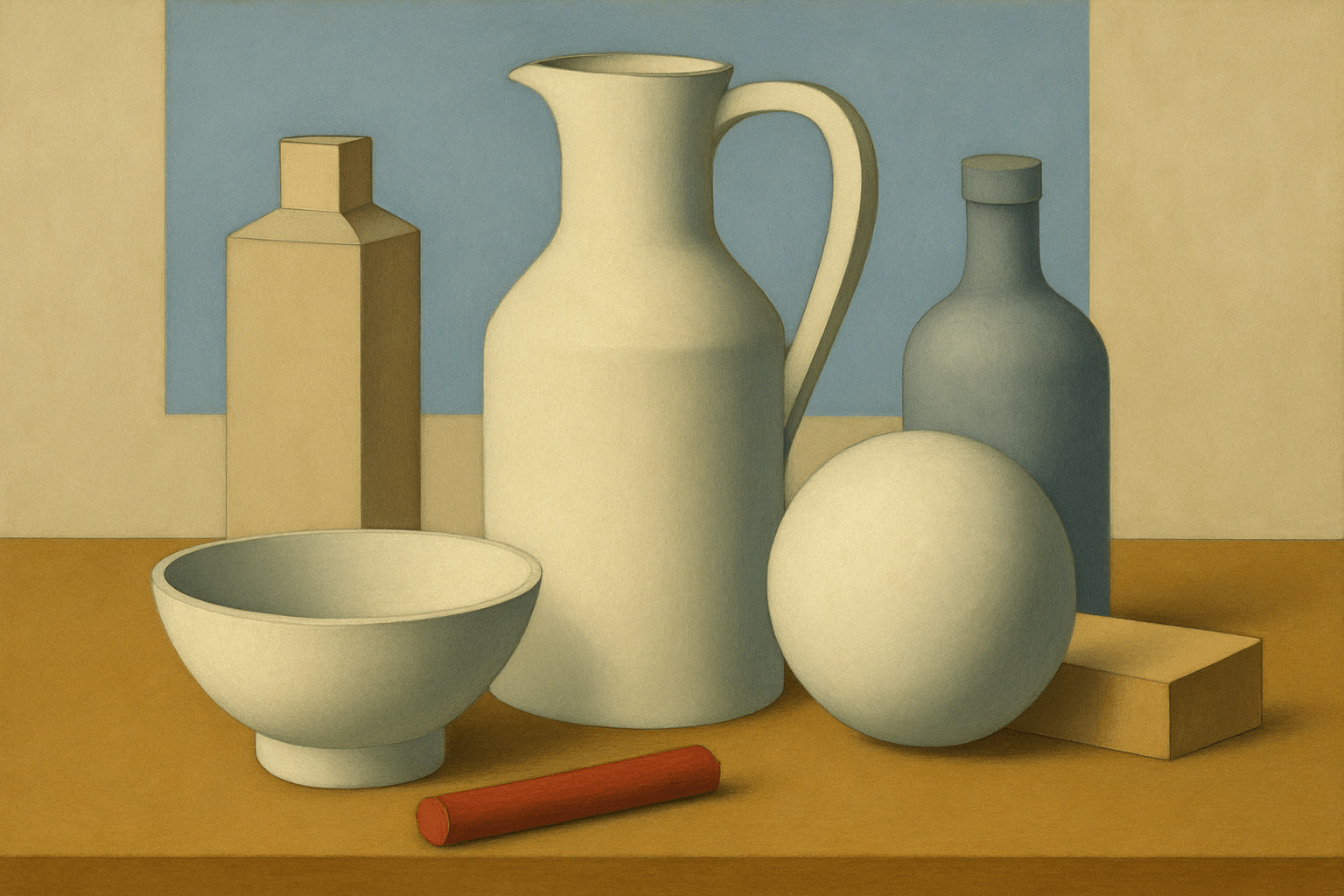
The visual appearance of Purism is characterized by its use of simple, clean lines and shapes. This art style is often associated with the Bauhaus movement, as it shares many of the same principles, such as a focus on functionality and a rejection of ornamentation.
Thinking in the box: Impressionism, Modernism
Might also call it: Purity, cleanliness, simplicity.
Qajar art No.689
Qajar art is a style of art that developed in Iran during the Qajar dynasty from 1785 to 1925. The Qajar dynasty was a period of great change in Iran, as the country began to modernize and westernize. This is reflected in the art of the period, which combines traditional Iranian motifs with Western influences. Qajar art is characterized by its use of bright colors, its ornate patterns, and its focus on nature and the human figure.
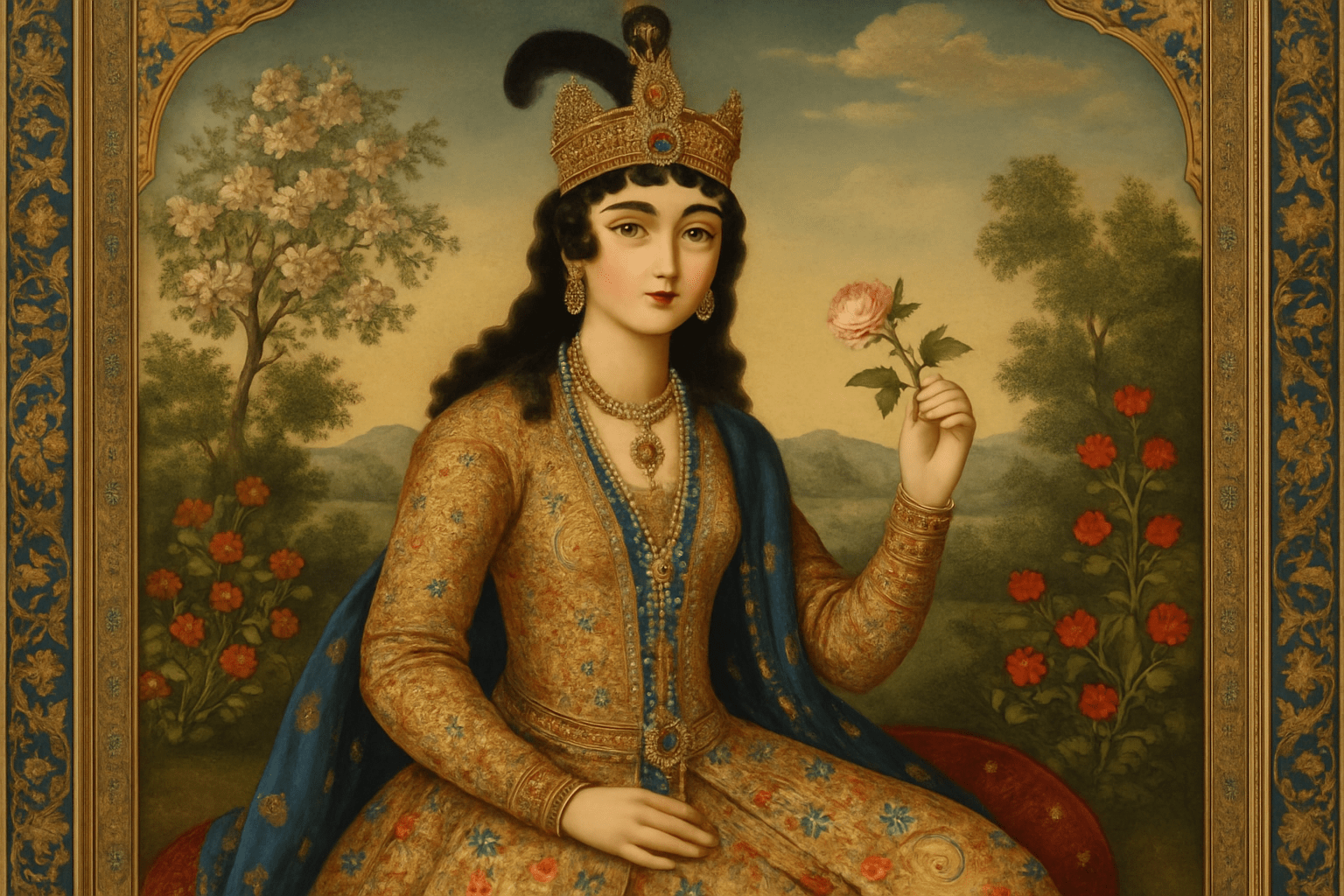
Qajar art is characterized by its use of bright colors and bold patterns. The art style is often described as being "exuberant" and "playful." Qajar artists often used a variety of techniques to create their art, including painting, sculpture, and calligraphy.
Thinking in the box: Impressionism, Modernism
Might also call it: Qajar art can be synonymized with Persian art, Iranian art, or Islamic art.
Qatari No.690
The Qatari art style is a traditional form of Islamic art that is characterized by its use of geometric patterns and calligraphy. This art style is often used in the decoration of mosques and other religious buildings.

The visual appearance of the art style Qatari is characterized by its use of bright colors and patterns. The art is often geometric in nature, and often features animals and plants.
Thinking in the box: Impressionism, Modernism
Might also call it: Gulf, Arab, Middle Eastern
Quadratura No.691
Quadratura is a type of painting that uses perspective to create an optical illusion of three-dimensional space on a two-dimensional surface. It was popularized in the Renaissance and Baroque periods, when artists began to experiment with ways to create the illusion of depth and space in their paintings. Quadratura paintings often feature architectural elements such as columns, arches, and staircases, which give the viewer the sense that they are looking at a real, three-dimensional space.

The art style Quadratura is characterized by its use of perspective to create the illusion of three-dimensional space on a two-dimensional surface. This technique was often used in the decoration of Italian Renaissance churches and palaces. The artist would paint a scene on a flat wall or ceiling using linear perspective to create the illusion of depth. This would give the viewer the impression that they were looking into a real space.
Thinking in the box: Impressionism, Modernism
Might also call it: Quadrature, square, rectangle, four-sided figure
Quantum Brushstroke No.692
Dancing between realms, Quantum Brushstroke intertwines time and space in a vivid tapestry. Expect vivid splashes that defy dimensions yet speak profoundly to the present.
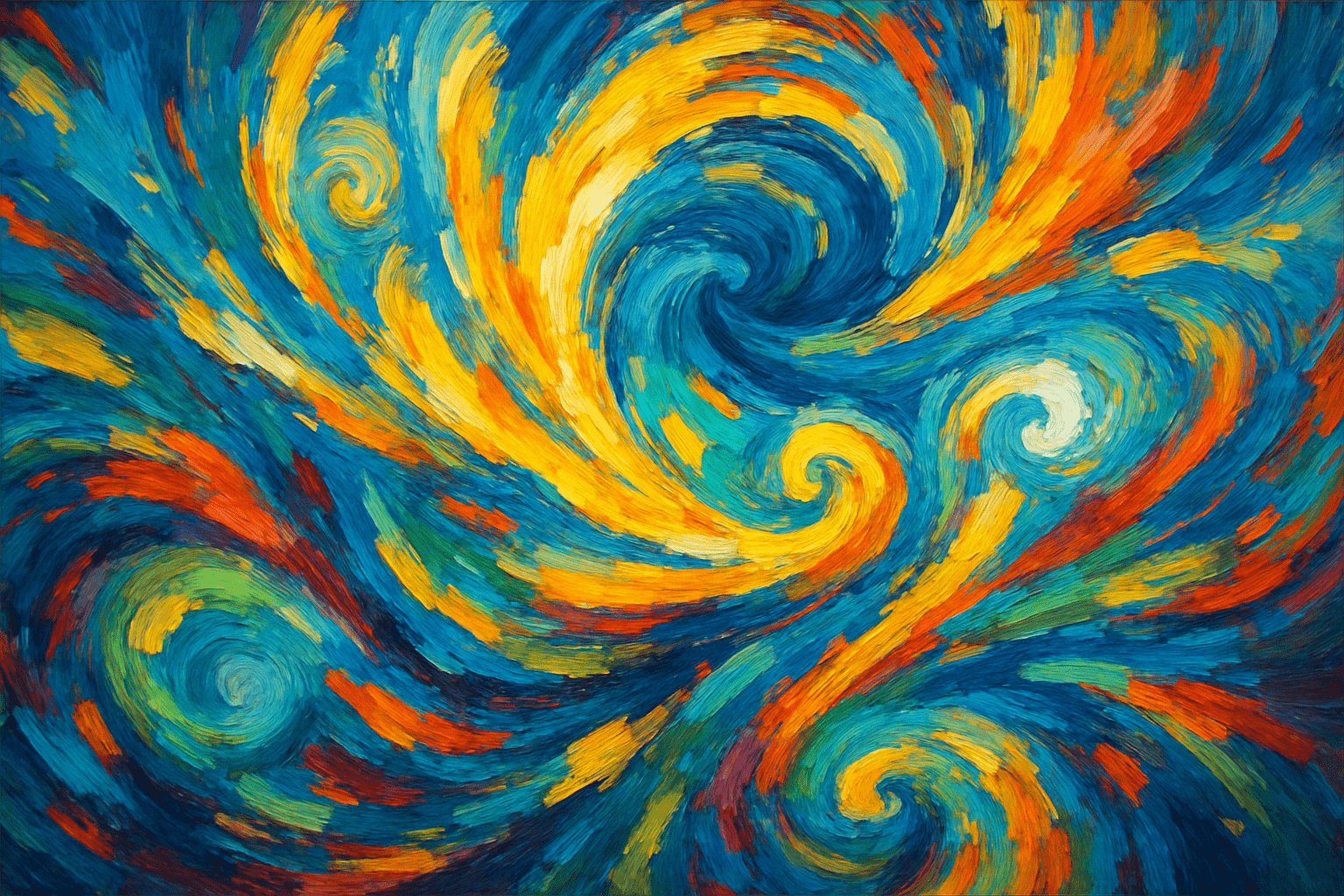
Swirling colors that challenge reality, fractal shapes flirting between the tangible and the ephemeral, a visual symphony echoing across space itself.
Thinking in the box: Surrealism, Neo-Expressionism
Might also call it: Multiverse Strokes, Hyperdimensional Paint
Quantum Doodle Stream No.693
A symphony of chaos and order, this style transcends linear thought, creating a dance of randomness and intention, conjuring images that ripple like stars across a night sky.

An electrifying tapestry of swirling colors and curious shapes, where every stroke feels like an exploration of the vast universe, inviting the viewer to experience infinity itself.
Thinking in the box: Neo-Surrealism, Digital Expressionism
Might also call it: Quantum Sketch Flow, Cosmic Stream Craft, Subatomic Scribble
Quito School No.694
The Quito School is a style of painting that developed in the 16th century in the city of Quito, Ecuador. The school is characterized by its use of bright colors and its depiction of religious subjects. The Quito School was founded by the Spanish artist Diego de Robles, who arrived in Quito in 1533. de Robles taught the local artists how to paint in the Spanish style, and the Quito School soon became known for its unique style of painting.
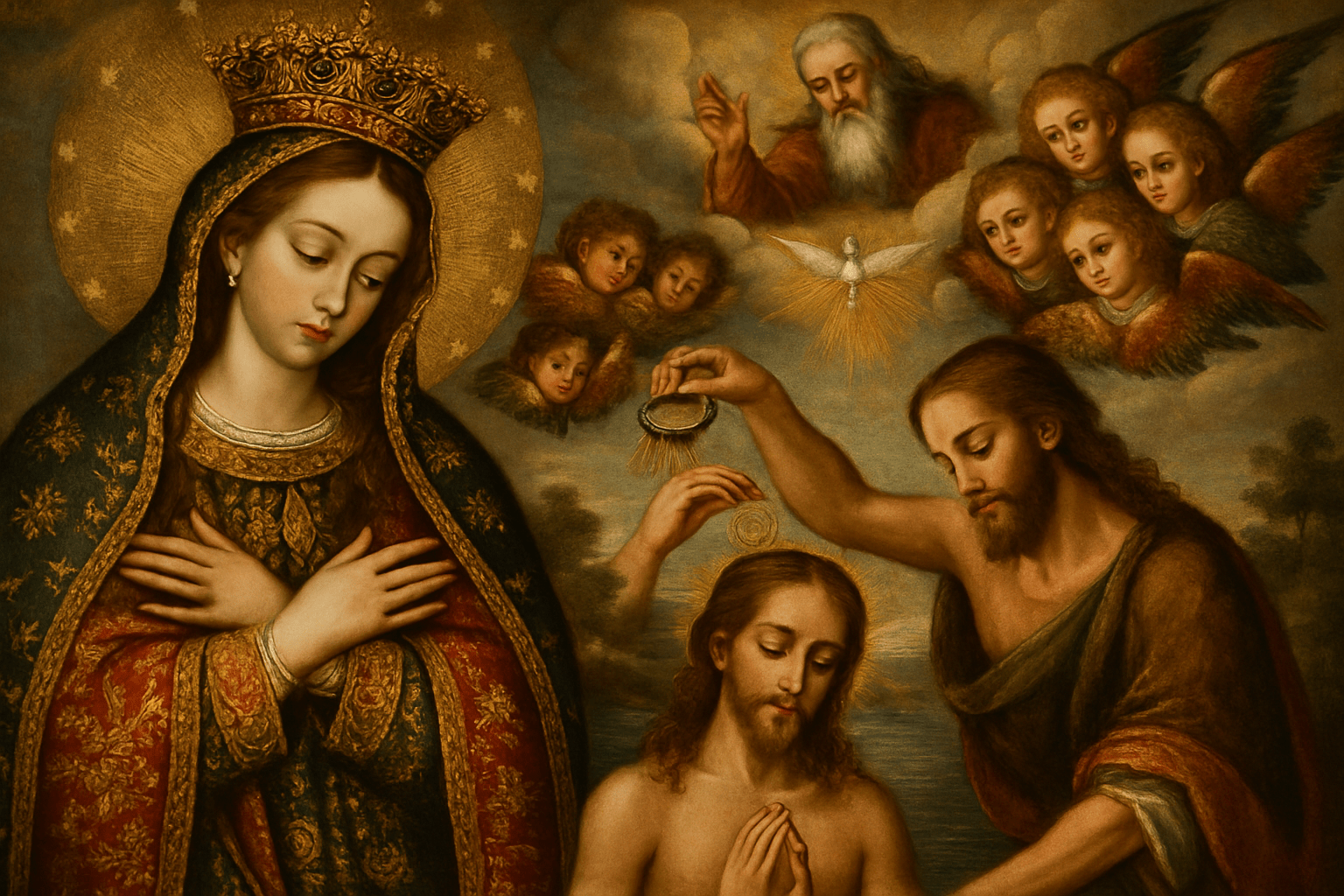
The Quito School is a type of painting that originated in the city of Quito, Ecuador. It is characterized by its use of bright colors and often depicts religious scenes.
Thinking in the box: Impressionism, Modernism
Might also call it: Inca, pre-Columbian, indigenous, South American
Rangoli Drawing No.695
Rangoli drawing is a type of Indian folk art that involves creating patterns and designs on the ground using colorful powders. The designs are usually geometric in nature and can be created freehand or using stencils. Rangoli drawing is traditionally done during festivals and special occasions as a way to decorate homes and public spaces.
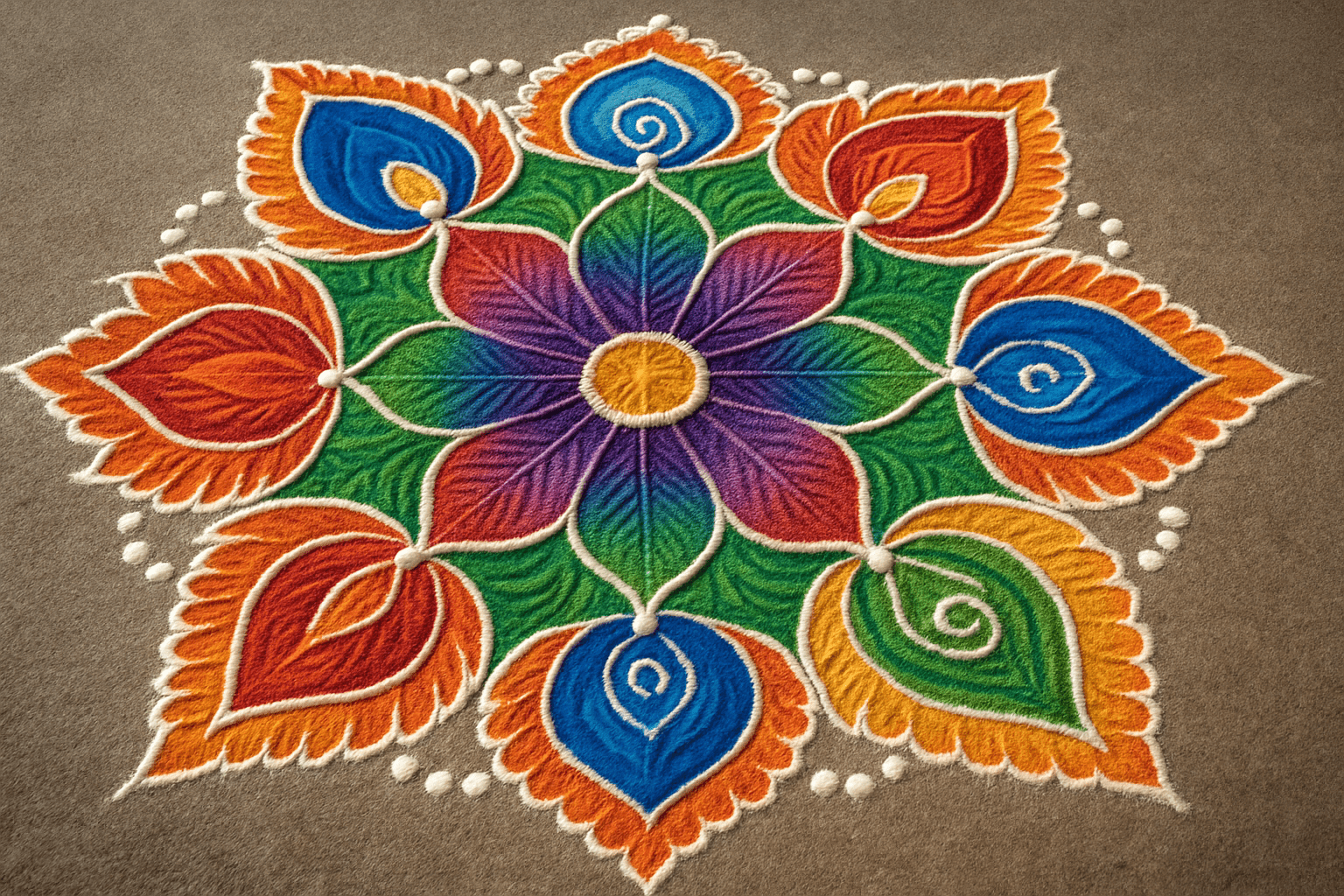
Rangoli drawings are usually brightly colored and intricate. They often feature geometric patterns and Hindu symbols.
Thinking in the box: Impressionism, Modernism
Might also call it: Kolam, Muggu, Chalk Art
Rasquache No.696
Rasquache is a term used to describe a DIY aesthetic in Chicano culture. It is often used in reference to lowrider cars and art, but can also be applied to other areas of life and culture. The term is derived from the Spanish word for "cheap" or "shabby", and is used to describe a style that is both creative and resourceful. Rasquache artists often use recycled materials to create their art, and the style is known for its bright colors and bold patterns.
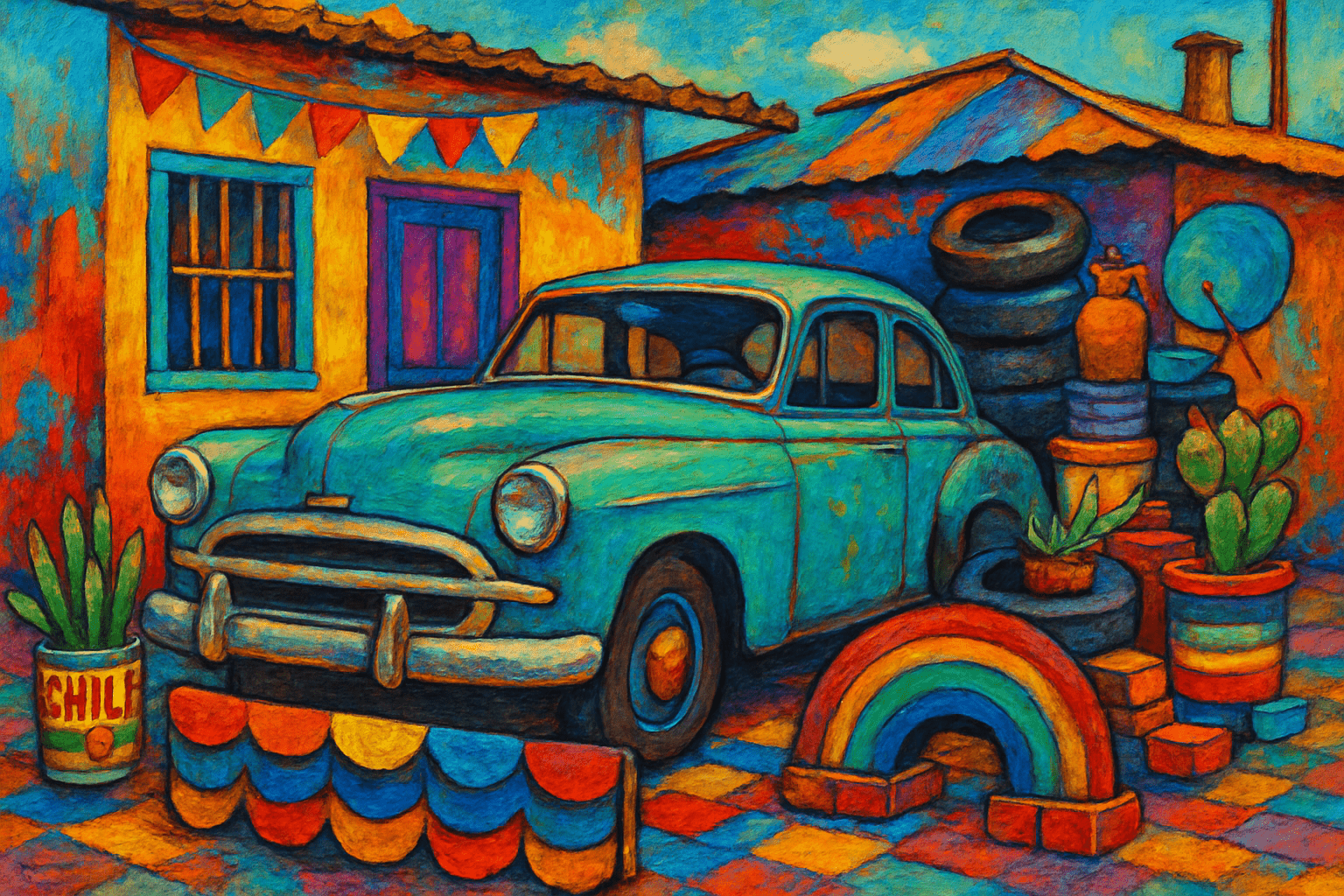
Rasquache is a visual art style that is characterized by its use of bright colors, bold patterns, and simple shapes. This style is often associated with Mexican culture and is often used to create folk art.
Thinking in the box: Impressionism, Modernism
Might also call it: Cheap, tawdry, gaudy, tacky, low-budget
Rayonism No.697
Rayonism is a style of painting developed by Russian artist Mikhail Larionov in 1911. The style is characterized by the use of vivid colors and geometric shapes to create the illusion of movement. Larionov named the style after the rays of sunlight that he believed inspired the paintings.
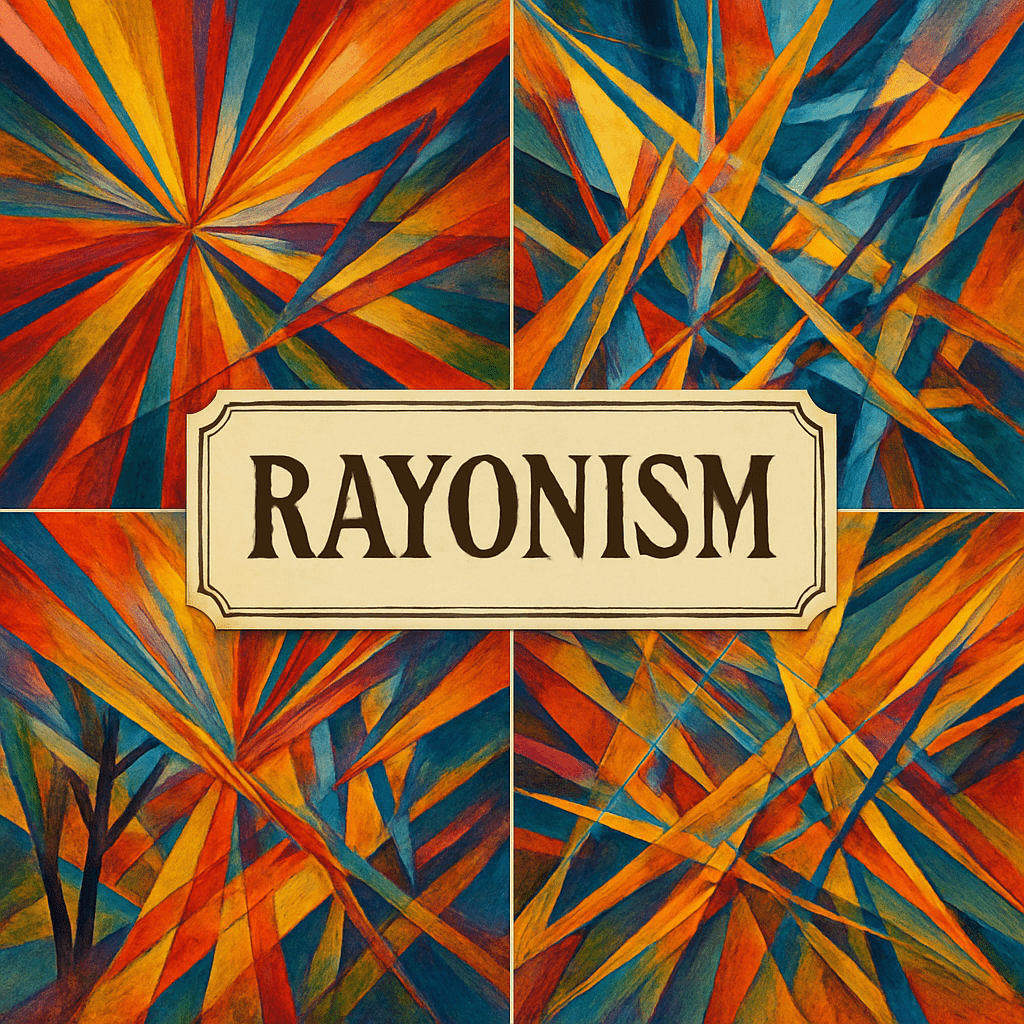
Rayonism is an art style that is characterized by its use of geometric shapes and bright colors. The shapes are often arranged in a way that creates a sense of movement, and the colors are often very bold and bright. This style is often seen as being very modern and stylish.
Thinking in the box: Impressionism, Modernism
Might also call it: Futurism, Cubism, Orphism, Vorticism, Suprematism
Realism No.698
Realism is a style of art that depicts subjects as they appear in everyday life. This style emerged in the mid-19th century in France and quickly spread throughout Europe and America. Realist artists sought to capture everyday scenes and people in a realistic and accurate manner. This style is still popular today, and many artists continue to create realistic works of art.

The art style of realism is characterized by its realistic and detailed depiction of subject matter. This style is often associated with the 19th century, and was a reaction against the previous art movements of romanticism and abstraction.
Thinking in the box: Impressionism, Modernism
Might also call it: Truthful, accurate, genuine, authentic
Realistic cyberpunk No.699
Realistic cyberpunk is a subgenre of science fiction that focuses on the realistic portrayal of a future society that is heavily reliant on technology. This genre often explores the social and political implications of such a society.
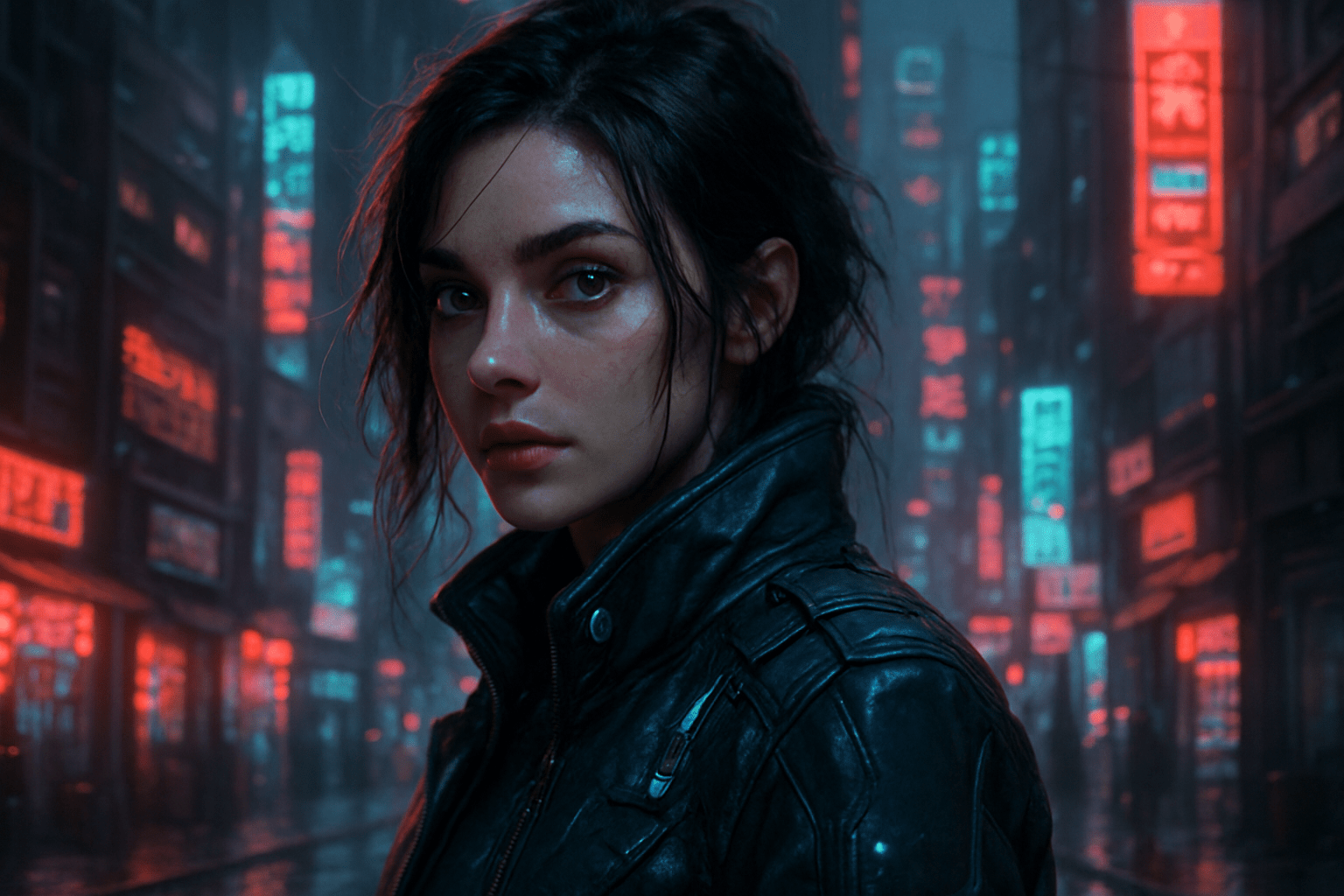
The art style is realistic and gritty, with a focus on the dark and seedy underbelly of the city. There is a lot of neon and bright lights, and the characters are often decked out in cybernetic implants and high-tech gear.
Thinking in the box: Impressionism, Modernism
Might also call it: 1. Cyberpunk that is based on reality 2. Cyberpunk that is believable 3. Cyberpunk that is true to life 4. Cyberpunk that is authentic
Name of the Art Style (this is given) No.700
A brief (short) description of the art style. Medium length (multiple lines)

A description of the visual appearance of the style. Medium length (multiple lines).
Thinking in the box: Impressionism, Modernism
Might also call it: Alternative names of the Art Style
Regionalism No.701
Regionalism is an art style that is inspired by the artist's surroundings and environment. It is often characterized by its use of local colors, subjects, and themes. Regionalism is a popular art style in America and is often used to depict the country's landscapes and people.

The art style Regionalism is characterized by its use of strong, bright colors. The style is also known for its use of geometric shapes and patterns.
Thinking in the box: Impressionism, Modernism
Might also call it: Localism, parochialism, chauvinism, provincialism, insularity
Religious Art No.702
A stream of colors and light reflecting ancient stories, this art style melds devotion and creativity. Religious art captures spirituality and humanity's longing for the divine, in strokes both bold and delicate, depicting otherworldly connections.

Saints grace canvases with serene countenances, heavenly light dances upon gold-leafed halos. Rich hues evoke reverence, while meticulous details capture the transcendental presence, blending the ethereal with earthly elegance in sacred artworks.
Thinking in the box: 1. Impressionism 2. Modernism 3. Baroque 4. Renaissance 5. Byzantine
Might also call it: 1. Ecclesiastical Art 2. Sacred Art 3. Liturgical Art 4. Theological Paintings 5. Pious Depictions
Religious painting No.703
Religious painting is a type of painting that focuses on religious subjects. These paintings can be of any religion, but are most commonly of the Christian faith. Religious paintings often depict scenes from the Bible, such as the Last Supper, or Jesus Christ on the cross. Other religious paintings may depict saints, angels, or other religious figures.

Religious painting is often characterized by its use of bright colors and simple, geometric shapes. The paintings often depict scenes from the Bible or other religious stories.
Thinking in the box: Impressionism, Modernism
Might also call it: 1. devotional painting; 2. sacred painting; 3. altar painting; 4. church painting; 5. icon
Remodernism No.704
Remodernism is an art movement that emerged in the early 21st century. It is characterized by a return to traditional values and techniques in art, while also incorporating modernist and postmodernist ideas. Remodernism has been described as a reaction against the perceived excesses of the postmodern art movement. It is also a response to the growing commercialization and commodification of the art world. The Remodernist movement is still in its early stages, but it has already begun to have a significant impact on the art world. A number of prominent artists have embraced the Remodernist aesthetic, and the movement has inspired a new wave of creativity and experimentation.

The visual appearance of Remodernism is characterized by its rejection of the traditional art styles that came before it. Remodernist artists instead embrace a more experimental and individualistic approach to their work. This can manifest in a variety of ways, but often includes the use of unconventional materials and techniques. As a result, the visual appearance of Remodernist art is often unique and highly individualized.
Thinking in the box: Impressionism, Modernism
Might also call it: Renewal, rebirth, revival, reformation, innovation
Renaissance No.705
Renaissance art is characterized by a return to naturalism and realism, as well as a greater focus on the individual. This period saw a renewed interest in the classical world, as well as a shift away from the religious art of the Middle Ages. Renaissance artists sought to capture the beauty of the world around them, and their work is characterized by a high level of technical skill.

The Renaissance was a period of rebirth in art, culture, and science. The art style of the Renaissance is characterized by a return to the naturalism of the classical world, as well as a focus on light and shadow. The colors of the Renaissance are often bright and bold, and the overall style is one of grandeur and elegance.
Thinking in the box: Impressionism, Modernism
Might also call it: rebirth, revival, reawakening, reform
Renaissance Art No.706
Renaissance art is characterized by a return to naturalism and realism, as well as a focus on light and shadow effects. This period saw a renewed interest in classical antiquity, and artists sought to imitate the styles of the great masters of the past. Renaissance art is often credited with ushering in the era of the modern artist, as it marked a break from the strictly religious and spiritual art of the Middle Ages.
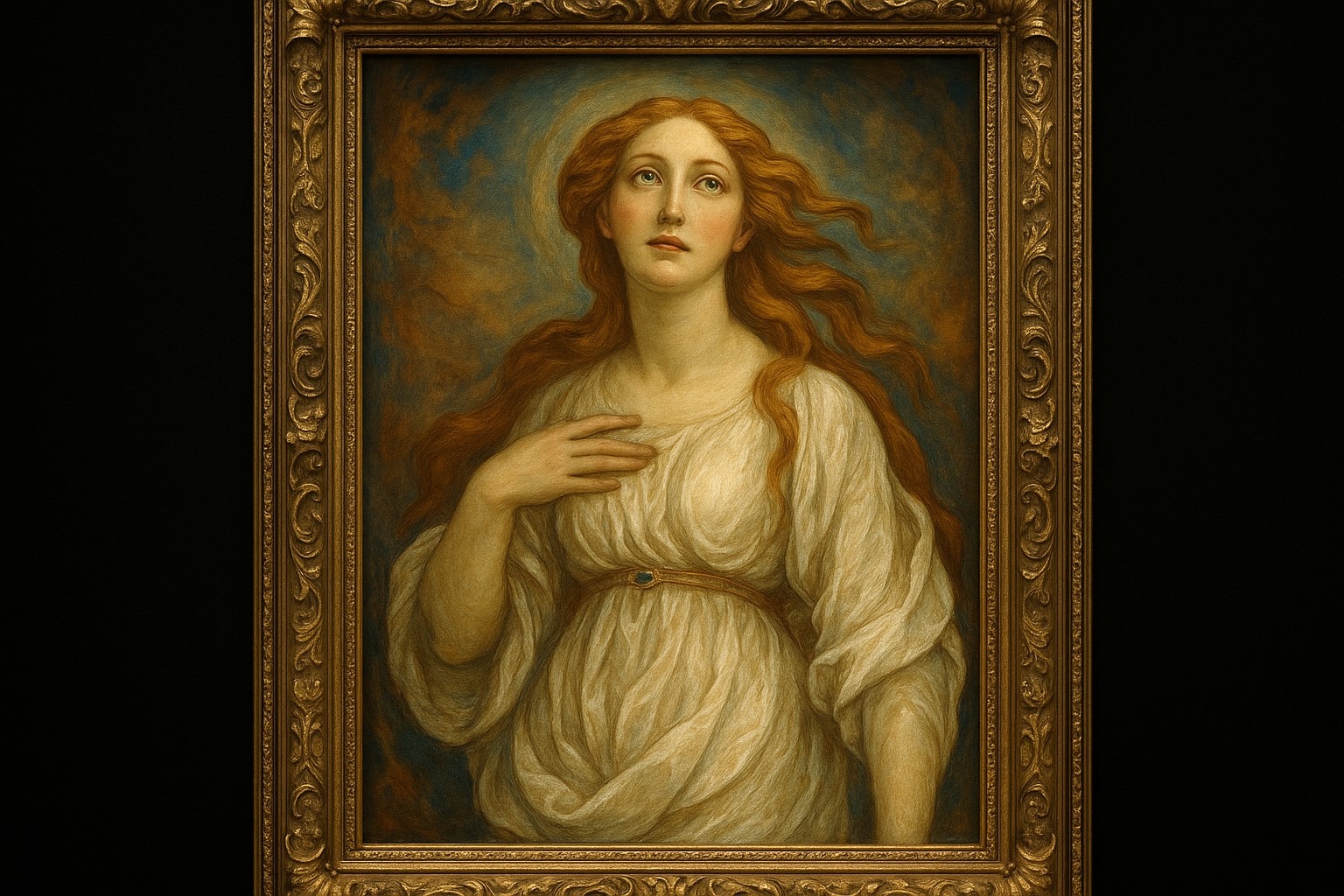
Renaissance art is characterized by its realistic portrayal of human figures and its use of light and shadow to create a sense of depth. The art style is also characterized by its use of perspective to create a sense of space.
Thinking in the box: Impressionism, Modernism
Might also call it: Revival Art, Reawakening Art
Ætheric Synapse Symphony No.707
Art Style weaving technology's pulse and nature's intricacy; vibrant colors permeate digital souls like whispers in an electric forest.
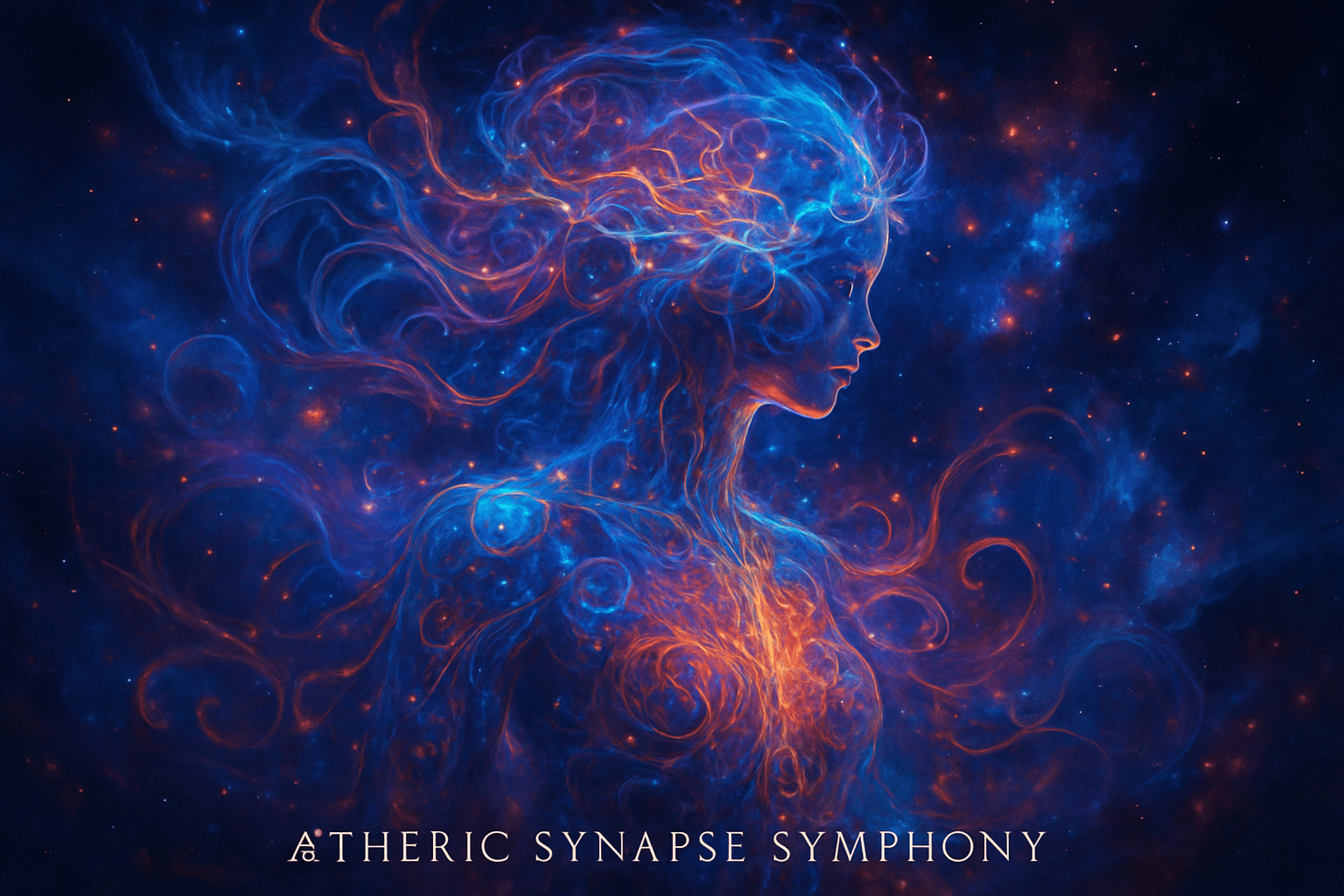
Bursting with kaleidoscopic hues and liquid-like flows, it resembles neon dreams meeting mossy rivers—glowing veins traced in digital skin.
Thinking in the box: Cyber-Organic Fusion, Digital Impressionism
Might also call it: Digital Echo Aesthetic, Bio-Tech Confluence
Retro Illustration No.708
Retro illustration is a style of art that is based on or imitates the art styles from the past. This can include art from the early 1900s up to the 1970s. The style is often used in advertising and design to give a nostalgic or vintage feel.

Retro illustrations are typically characterized by their use of bold colors and simple shapes. They often feature vintage-inspired imagery, such as retro cars or old-fashioned appliances. The overall effect is often playful and lighthearted.
Thinking in the box: Impressionism, Modernism
Might also call it: Vintage illustration, old-fashioned illustration, traditional illustration, antique illustration
Retrofuturism No.709
Retrofuturism is a style of art that combines elements of the past with elements of the future. It is often used to describe a vision of the future that is based on a past or present reality.
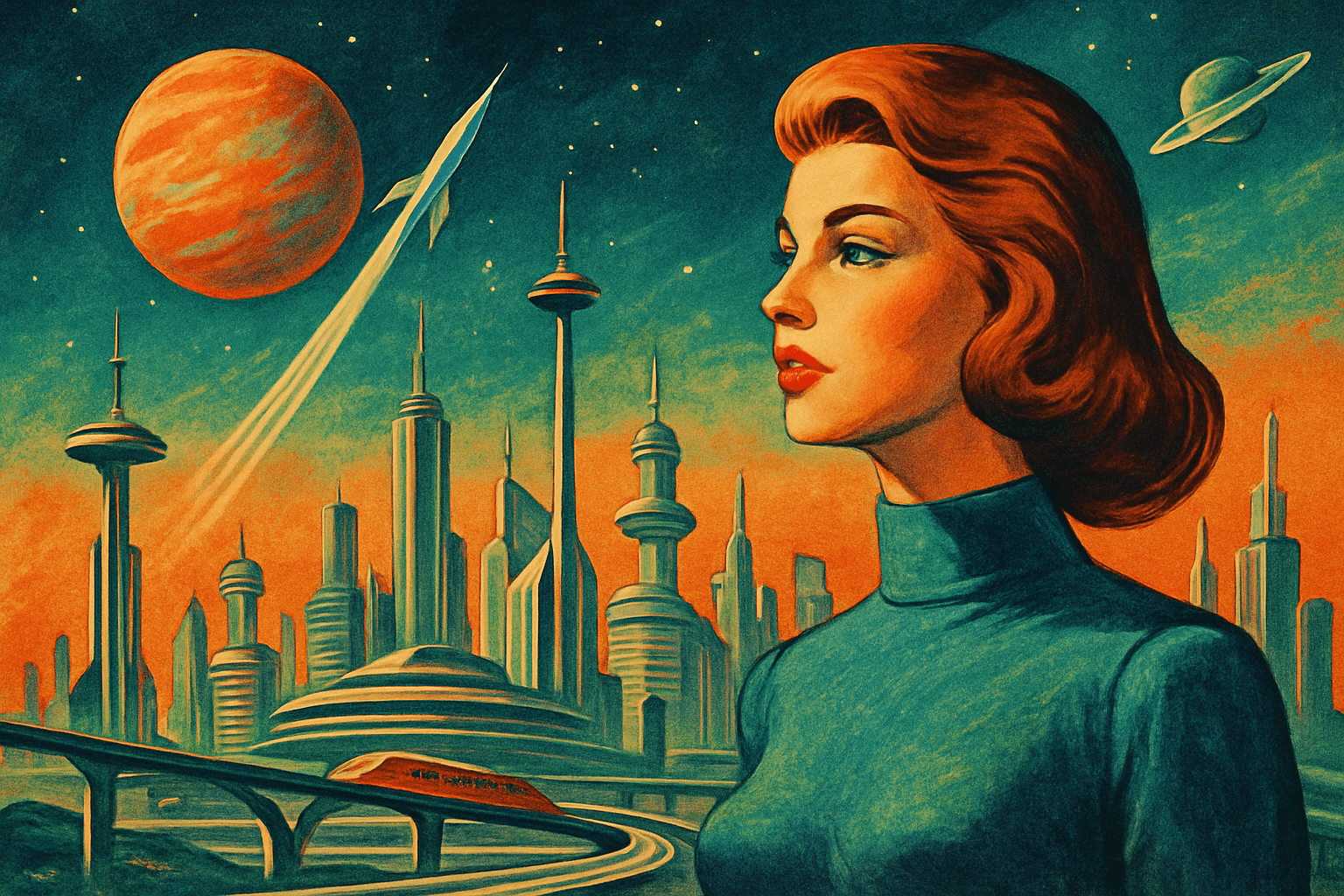
The art style of Retrofuturism is characterized by its use of bold colors, geometric shapes, and clean lines. It often features images of futuristic technology, such as robots and spacecraft, as well as elements of the past, such as vintage cars and buildings.
Thinking in the box: Impressionism, Modernism
Might also call it: Futurism, Retro, Steampunk
Retrowave No.710
Retrowave is a subgenre of synthwave that takes inspiration from 1980s and early 1990s video game music, movies, and pop culture. It typically features a heavy use of synthesizers and drum machines, with a focus on melody and atmosphere.
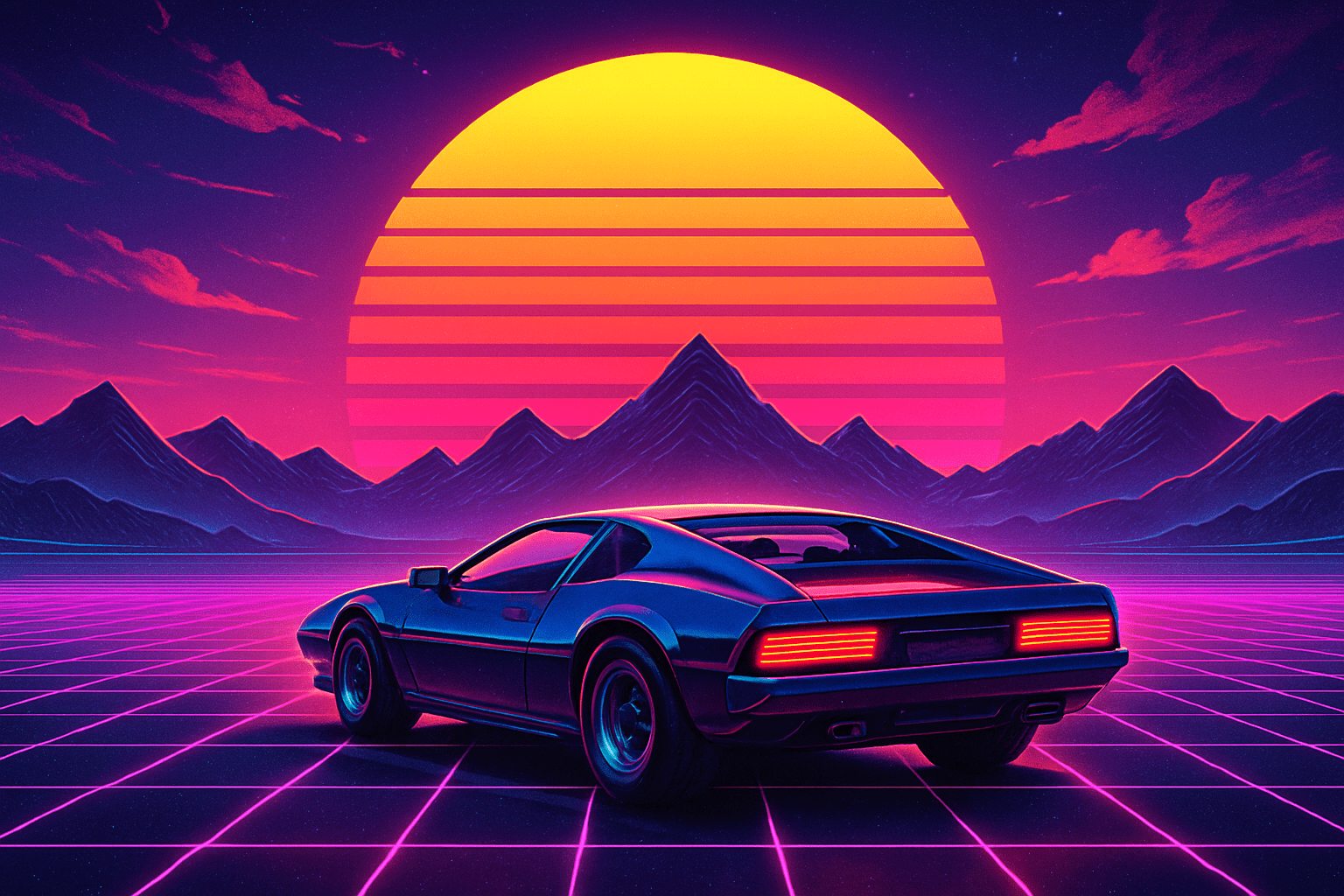
The art style Retrowave is characterized by its use of bold, bright colors and its clean, geometric shapes. This style is often used to create retro-futuristic images and designs.
Thinking in the box: Impressionism, Modernism
Might also call it: Nostalgia, 80s, 90s
Roboism No.711
Roboism is a digital art style that is characterized by its clean, geometric lines and shapes. This art style is often used for illustrations, logos, and icons.

The art style Roboism is characterized by its clean, geometric shapes and its muted colors. This style is often used for illustrations or graphic design that need to convey a modern or futuristic feel.
Thinking in the box: Impressionism, Modernism
Might also call it: Robotism, automation, mechanization.
Robotic art No.712
Robotic art is a type of art that is created using robots. This type of art can be created using various types of robots, including industrial robots, domestic robots, and even human-like robots. Robotic art can be created for various purposes, including to create art for display, to create art for sale, or to create art for educational purposes.

The art style Robotic art is characterized by its clean, precise lines and geometric shapes. This style is often associated with the industrial and technological aesthetics of the future.
Thinking in the box: Impressionism, Modernism
Might also call it: 1. Automated art 2. Machine-generated art 3. Computer-generated art
Rococo No.713
Rococo was a highly ornamental and theatrical style of art that originated in France in the late 17th century. It is characterized by its use of light colors, asymmetrical designs, and curving lines. Rococo artists favored themes that were lighthearted and playful, and often incorporated elements of nature into their work. The style was used extensively in interior design and architecture, as well as in painting, sculpture, and the decorative arts.
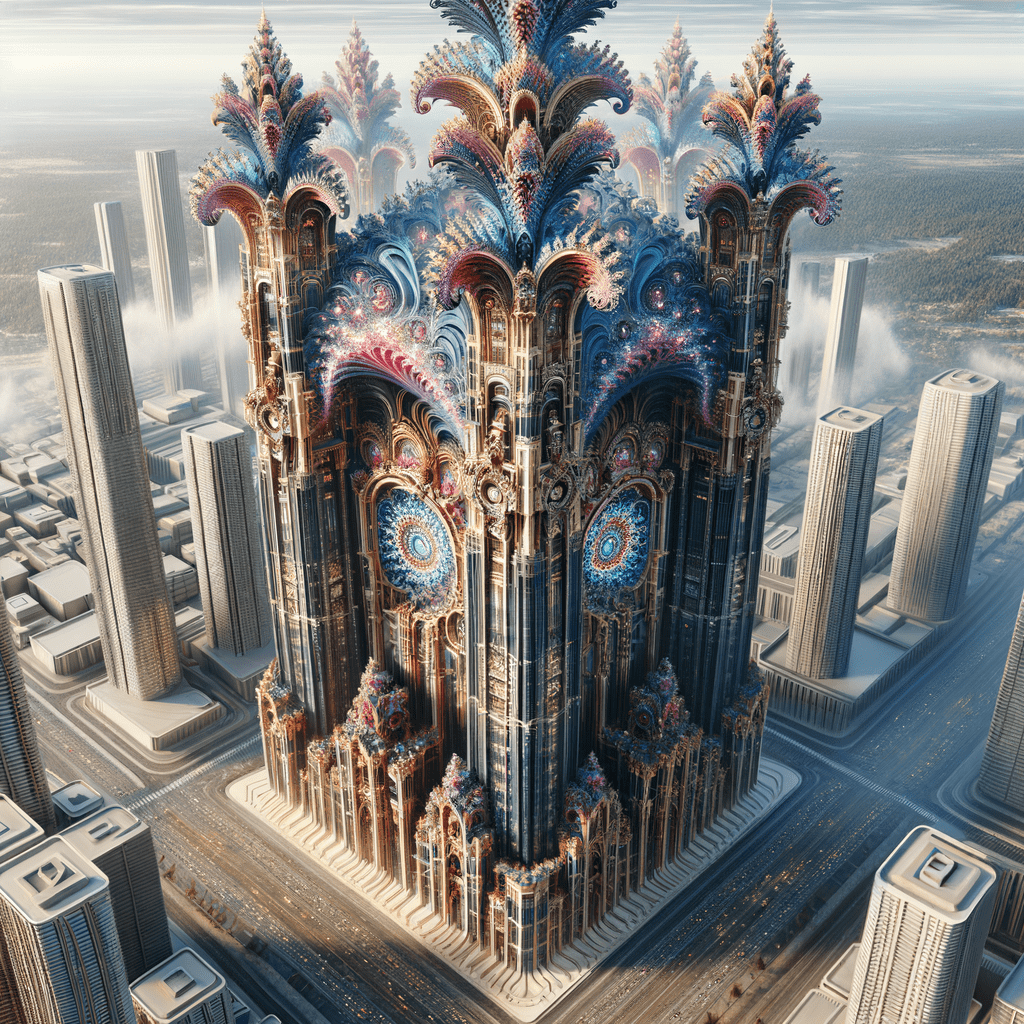
The Rococo art style is characterized by its light and airy feel, as well as its use of pastel colors. Rococo paintings often feature scenes of everyday life, and are known for their intricate details.
Thinking in the box: Impressionism, Modernism
Might also call it: Baroque, ornate, gaudy, flamboyant, over-the-top
Romanesque No.714
The Romanesque art style is characterized by its ornate and dramatic style. This period of art was popular in Europe from the 11th to the 13th centuries and is characterized by its use of the Romanesque architectural style. This style is characterized by its use of round arches, barrel vaults, and groin vaults. Romanesque art is often highly decorative, with intricate patterns and detailed carvings.
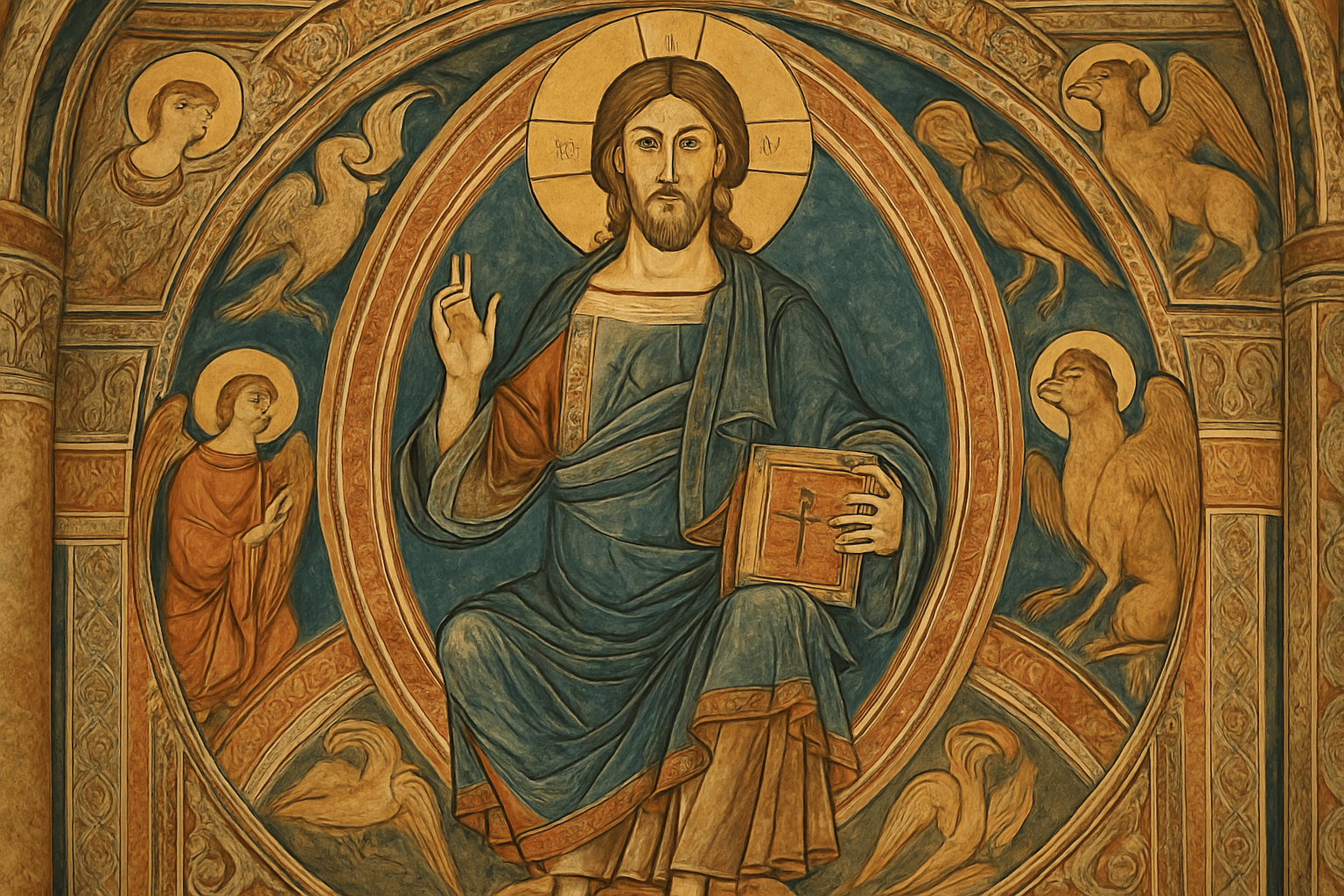
The Romanesque art style is characterized by its ornate, dramatic style. Romanesque art is often highly detailed and includes elements of both realism and fantasy. The overall effect is often one of grandeur and opulence.
Thinking in the box: Impressionism, Modernism
Might also call it: gothic, medieval, ancient, ornate, grand
Romanians No.715
Romanian art is characterized by its unique style, which is a mix of traditional and modern elements. Romanian artists often use bright colors and bold patterns in their work, which makes it stand out from other European art styles. Romanian art is also known for its use of folk motifs and symbols, which often have religious or spiritual meaning.
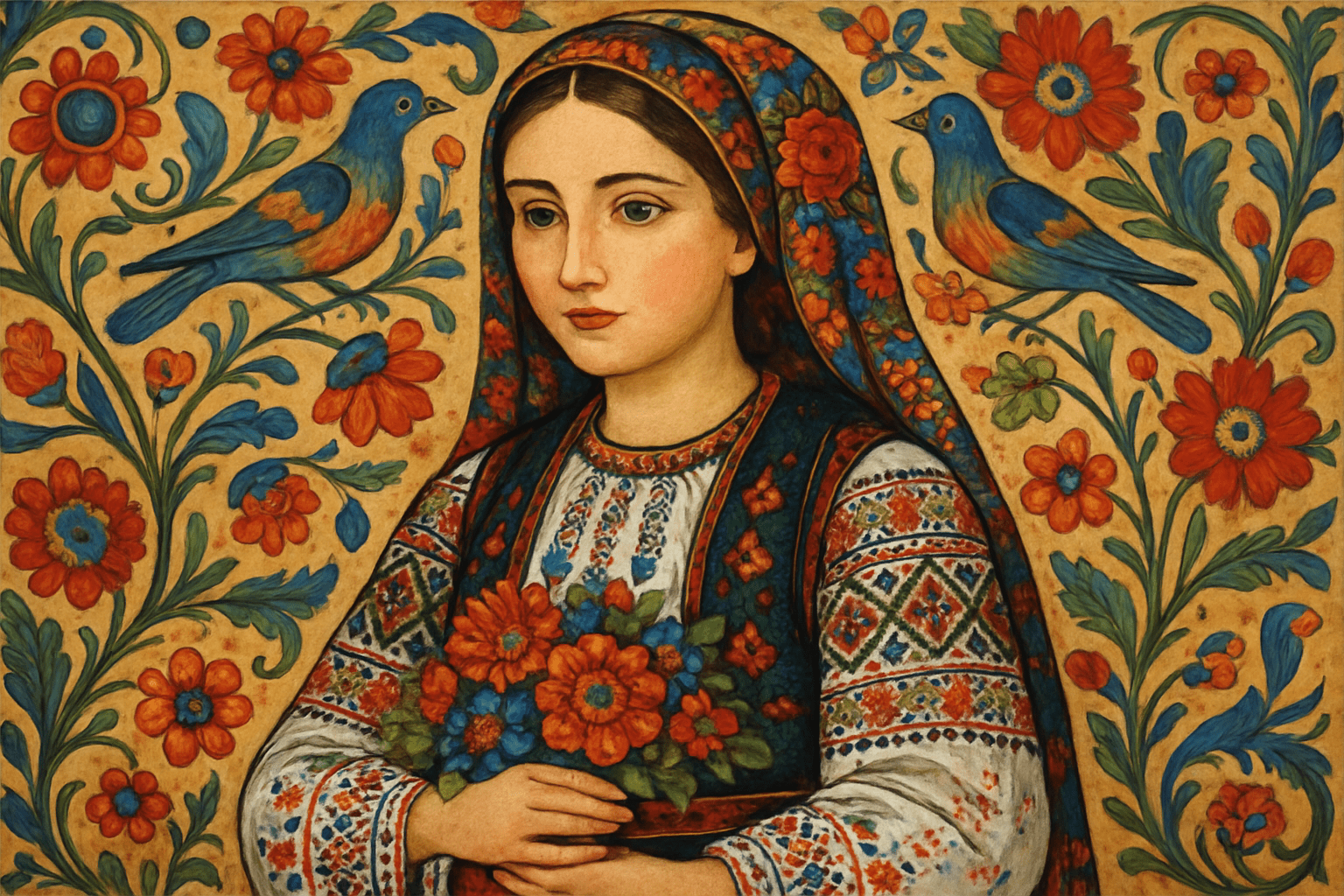
Romanian art is characterized by its ornate, dramatic style. Romanian artists often use bright colors and bold patterns to create an eye-catching effect. Their work often includes elements of folk art and religious iconography.
Thinking in the box: Impressionism, Modernism
Might also call it: Romanian people, Romanians in Romania
Romanticism No.716
Romanticism was an art style that emerged in the late 18th century and reached its peak in the 19th century. It was characterized by its emphasis on emotion and individualism, as well as its rejection of the conventions of the Enlightenment. Romantic artists sought to express the inner workings of the human soul, and often turned to nature and the supernatural for inspiration.

The art style of Romanticism is characterized by its use of bright colors, its focus on nature, and its overall emotional tone. Romanticism often features scenes of nature that are meant to evoke feelings of awe and wonder. Additionally, the art style often includes elements of the supernatural, such as ghosts or fairies.
Thinking in the box: Impressionism, Modernism
Might also call it: Idealism, Sentimentality, Emotionalism, Impressionism, Subjectivism
Rotten Majestic Extravaganza No.717
Rotten Majestic Extravaganza is an avant-garde art style characterized by its bold juxtaposition of decay and opulence. This style combines elements of grandeur and deterioration, creating a visual and thematic contrast that challenges traditional notions of beauty. Artists working within this style often use rich textures, vibrant colors, and intricate details alongside elements of erosion and disintegration. The result is a provocative commentary on the transient nature of luxury and the inevitable decline that accompanies excess. This art style frequently explores themes of impermanence, societal decay, and the paradox of beauty found in ruin, inviting viewers to reflect on the fleeting nature of material wealth and splendor.
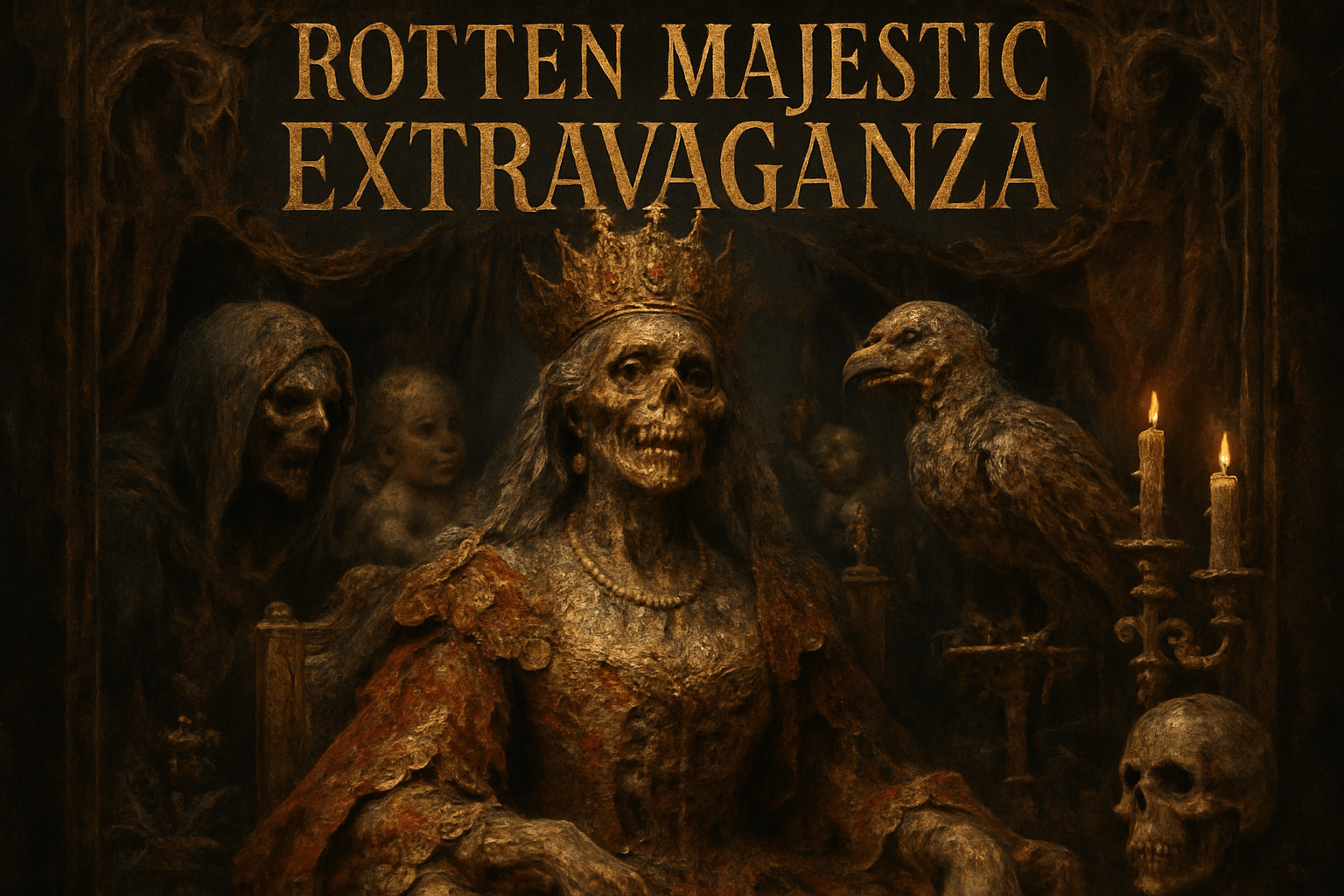
Rotten Majestic Extravaganza is an art style that combines elements of decay and opulence, creating a striking contrast between beauty and deterioration. Visually, it features a mix of luxurious and decayed elements, often incorporating rich, vibrant colors juxtaposed with muted, earthy tones. The style might include intricate details and ornate patterns, reminiscent of baroque or rococo art, but with a twist that incorporates signs of aging, such as cracks, peeling paint, or tarnished surfaces. The imagery often includes motifs of grandeur, such as lavish fabrics, gilded frames, and elaborate architectural details, all showing signs of neglect or wear. This creates a sense of faded glory, where the splendor of the past is evident but overshadowed by the passage of time. The art may also incorporate organic elements like overgrown plants or crumbling structures, emphasizing the theme of nature reclaiming man-made beauty. Overall, Rotten Majestic Extravaganza is a visually rich and textural style that evokes a sense of nostalgia and melancholy, celebrating the beauty found in imperfection and the inevitable cycle of decay and renewal.
Thinking in the box: Impressionism, Modernism
Might also call it: - Decayed Splendor - Corrupted Grandeur - Degraded Opulence - Deteriorated Magnificence - Lavish Decay - Splendid Rot - Grandiose Deterioration - Baroque Decay - Opulent Decomposition These suggestions capture the contrasting elements of decay and grandeur implied by the original art style name.
Rotten Wonderism No.718
Rotten Wonderism, a visual symphony of decay and fascination, marries the grotesque with the sublime. It reveals beauty in deterioration, echoing nature's relentless cycle. Through vibrant hues and haunting textures, it celebrates life's impermanence with a mischievous wink.

Rotten Wonderism unfurls like a decaying carnival; vibrant colors clash with muted decay, creating a paradox of beauty and ruin. It’s a kaleidoscope of nostalgia and entropy, where whimsy dances on the edge of oblivion.
Thinking in the box: Impressionism, Modernism
Might also call it: Decayed Enchantment, Corrupted Beauty, Decomposed Marvel, Deteriorated Splendor, Defiled Elegance, Eroded Wonder, Tarnished Delight, Ruined Grace, Weathered Allure, Entropic Charm.
Round No.719
Round is a professional and brief summary about the art style. It is characterized by its soft, round shapes and muted colors. It is often used in logo design and branding.

The art style Round is characterized by its soft, round shapes. The colors are usually muted and the overall effect is calming and relaxing.
Thinking in the box: Impressionism, Modernism
Might also call it: Circular, spherical, globular, cylindrical.
Russian Art No.720
Russian art is characterized by its focus on realism and the use of bright colors. It often features scenes from Russian history or folklore, as well as portraits of Russian people.

The visual appearance of Russian Art is characterized by its use of bright colors and bold patterns. Additionally, Russian Art often features scenes from everyday life, such as people working in fields or women doing laundry.
Thinking in the box: Impressionism, Modernism
Might also call it: Soviet Art, Socialist Realism
Russian Futurism No.721
Heralding from the cusp of revolution, Russian Futurism marries chaos with innovation, painting audacious dreams with industrial cadence. It blurs the lines between utopian aspiration and stark mechanical reality.

A cacophony of geometric forms striking against the canvas, colors clash like iron on iron. Whirring waves of cobalt and crimson, interrupted by interlocking shapes, reflect both industrial might and abstract dreams.
Thinking in the box: Avant-Garde, Modernism
Might also call it: Russian Avant-Garde, Soviet Futurism
Russian Iconography No.722
Gold halos glowing with an ethereal light, somber saints look on timelessly. Russian iconography marries spirituality and art, offering viewers meditative windows into an ancient, sacred world.
Faces of saints stare back, long and serene. Earthy tones juxtapose against flickers of golden halos. Layers of sacred narratives unfurling through intricate patterns and fluid lines.
Thinking in the box: Religious Art, Eastern Orthodox Art
Might also call it: Orthodox Christian Art, Byzantine Iconography
Russians No.723
The Russian art style is characterized by its use of bright colors and bold patterns. It is often said to be influenced by the country's folk art traditions. Russian artists often use traditional motifs in their work, such as flowers, animals, and geometric shapes.
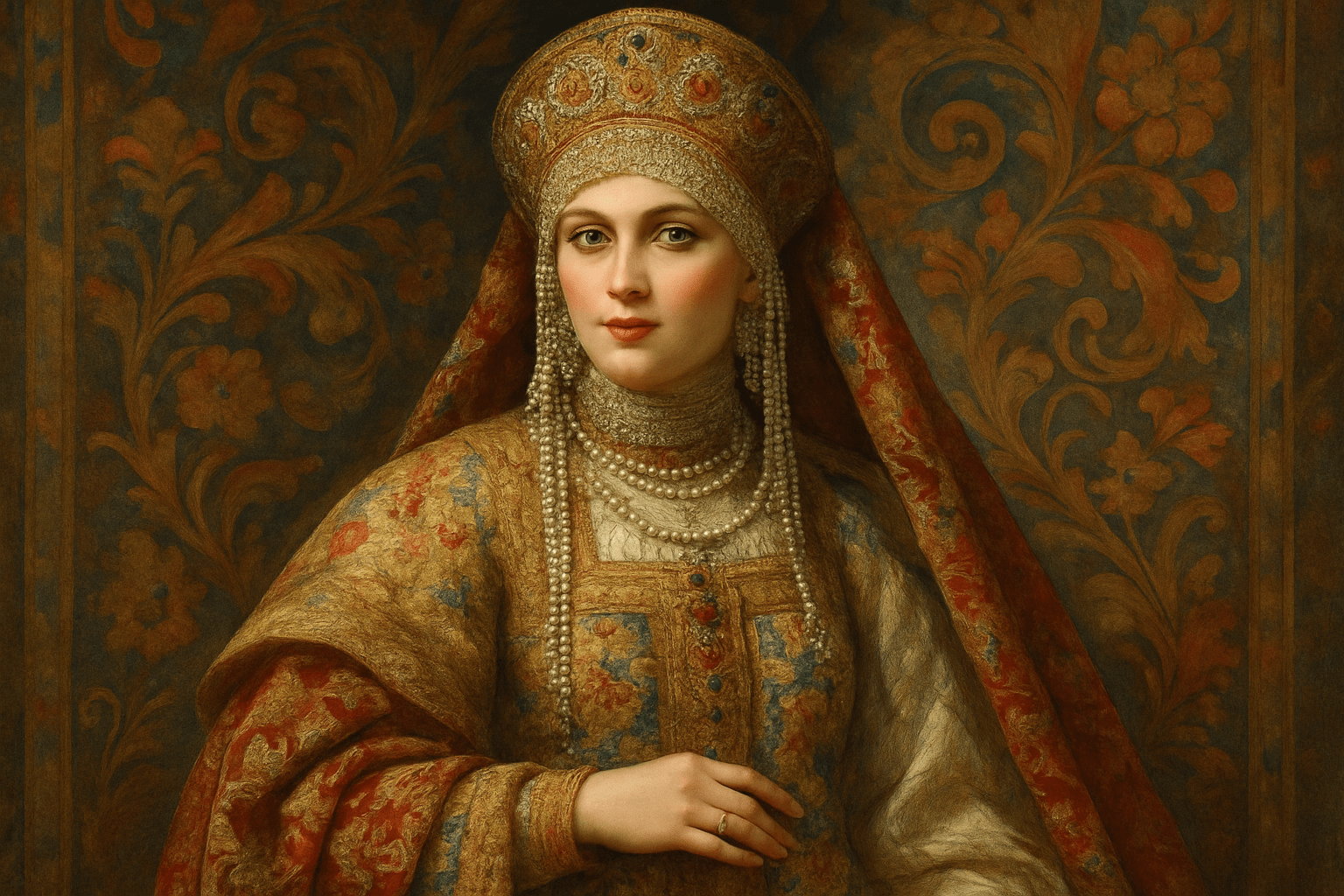
The art style of Russians is very colorful and detailed. They often use a lot of gold and silver in their paintings and sculptures. Their art is also very realistic and often includes scenes from nature.
Thinking in the box: Impressionism, Modernism
Might also call it: Soviets, Slavs, Red Army
Sabattier Effect No.724
The Sabattier Effect is a printing process that creates a deliberate, intentional blur or ÃÂÃÂfuzzinessÃÂÃÂ in the image. This effect is named after the French photographer ÃÂÃÂmile Sabatier, who invented the technique in the 1860s. The Sabattier Effect is created by printing an image twice, using different exposures. The first exposure is made with a very long shutter speed, which creates a very light image. The second exposure is made with a very short shutter speed, which creates a very dark image. When the two images are combined, the light areas of the first image are printed over the dark areas of the second image, and vice versa. This creates a deliberate blur or ÃÂÃÂfuzzinessÃÂÃÂ in the image. The Sabattier Effect can be used to create a variety of different effects, from a subtle softening of the image to a more extreme ÃÂÃÂfuzzyÃÂÃÂ look. It is often used in portrait photography to create a softer, more flattering look. It can also be used in landscape photography to create a dreamy, ethereal look.
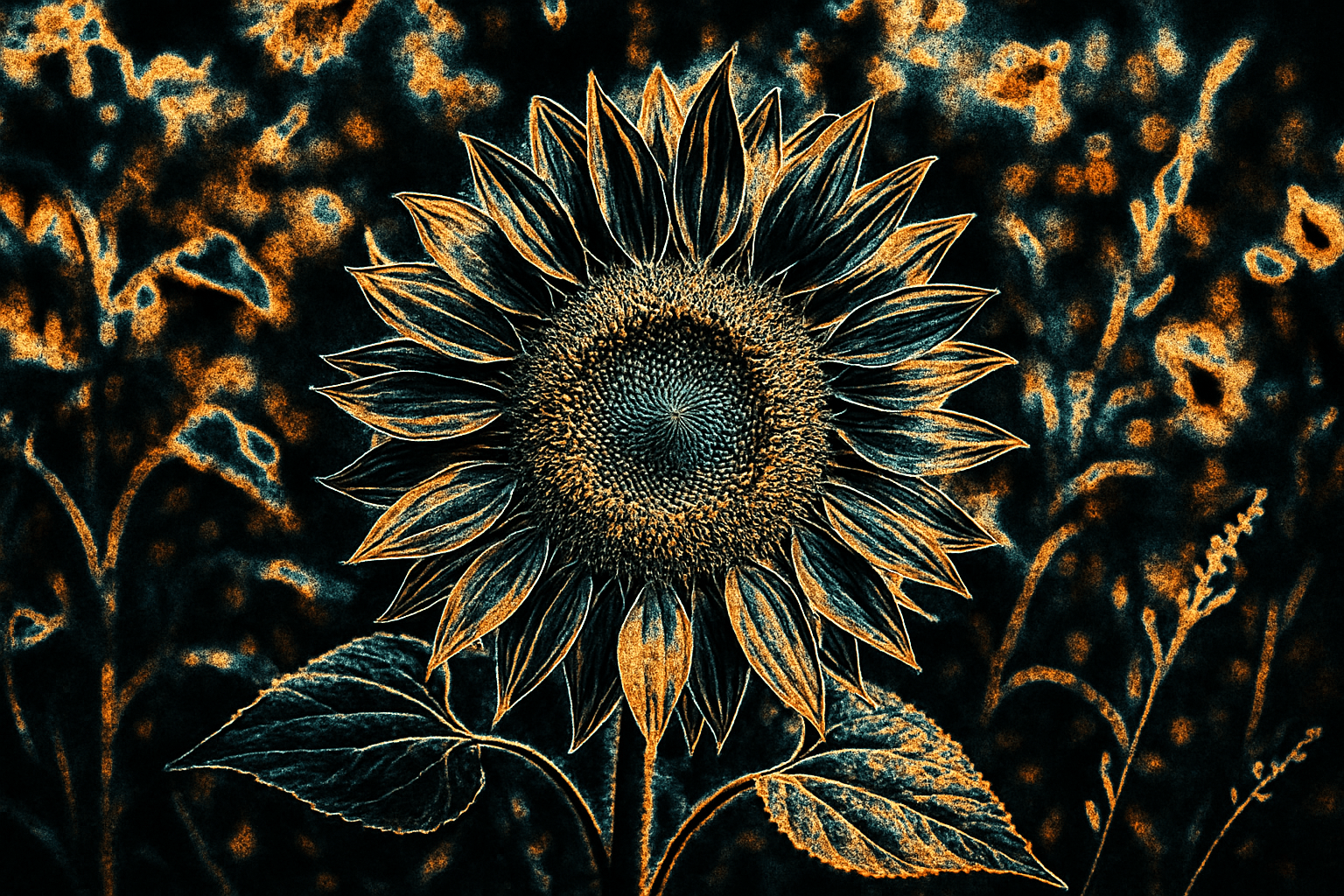
The Sabattier Effect is a printing technique that creates a deliberate, high-contrast image. The effect is named after its inventor, French photographer ÃÂÃÂmile Sabatier.
Thinking in the box: Impressionism, Modernism
Might also call it: Solarization, Sabatier process
Sabattier Filter No.725
The Sabattier Filter is a digital art style that combines the best features of traditional art with the modern day technology of digital art. This filter gives users the ability to create stunning works of art that are both unique and stylish. The filter is named after the French artist, Paul CÃÂézanne, who was known for his use of color and light. The Sabattier Filter is a great way to add a touch of class to your digital art.

The Sabattier Filter is a visual effect that is created by superimposing two images on top of each other. The top image is usually darker than the bottom image, and the two images are usually different colors. The effect is named after the French photographer, Henri Cartier-Bresson, who popularized the technique in the 1940s.
Thinking in the box: Impressionism, Modernism
Might also call it: This filter is also known as a solarization filter.
Sacred Geometry Art No.726
Whispers of the universe, imprinted with symmetry, rhythm, and hidden meanings, a dance between consciousness and form, casting a cosmic enchantment.
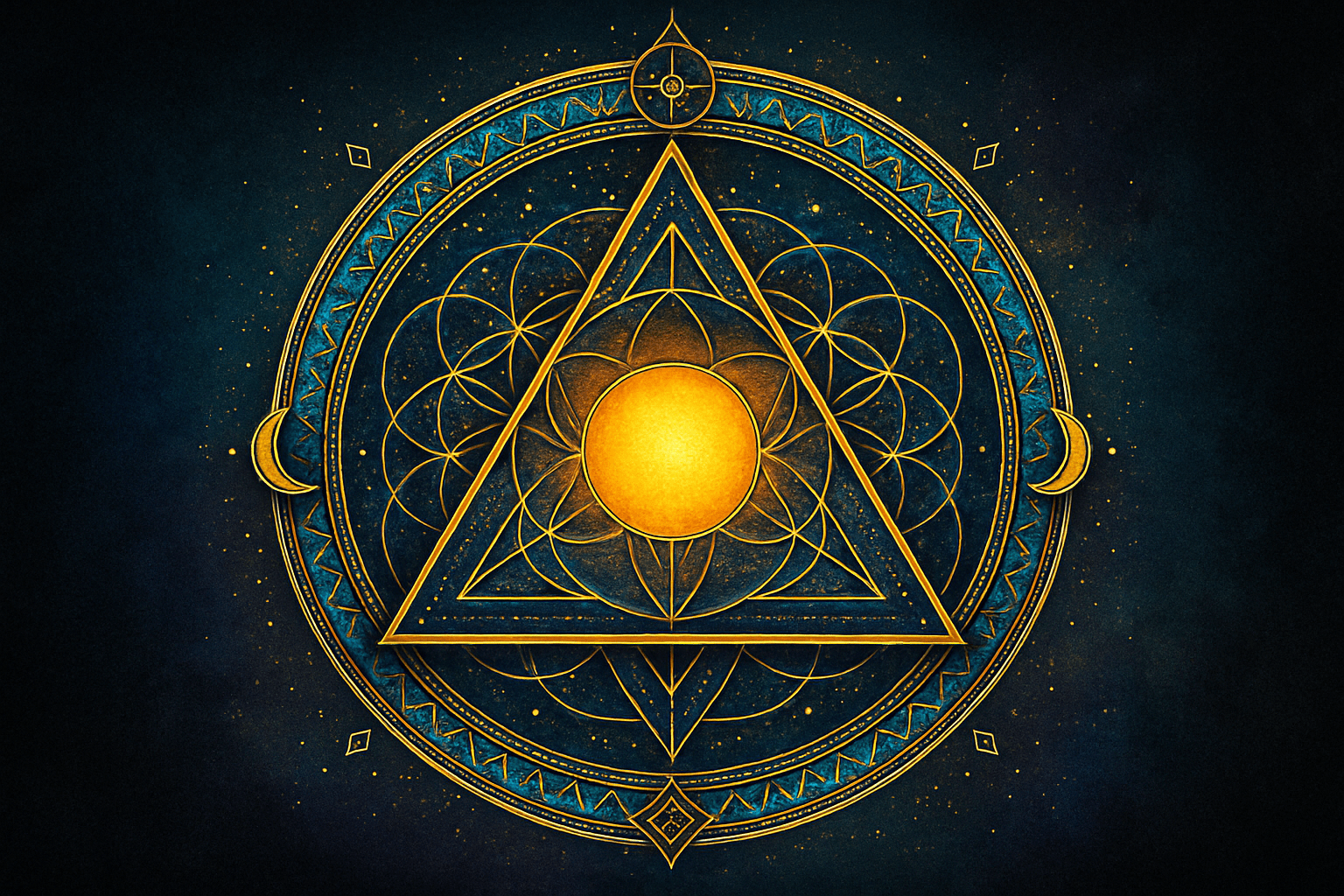
Intricate patterns spin a visual symphony, spirals like astrolabes, polygons like chalices, all woven with ethereal threads that whisper to the eye, exploring divine proportions that cradle the mind's eye.
Thinking in the box: Symbolism, Spiritual Art
Might also call it: Divine Proportions, Cosmic Symmetry, Celestial Geometry
Samikshavad No.727
ana Samikshavadana is a professional and brief summary about the art style of the same name. It is characterized by its use of bright colors and bold patterns, as well as its focus on geometric shapes. Samikshavadana is often used to create abstract or semi-abstract compositions.
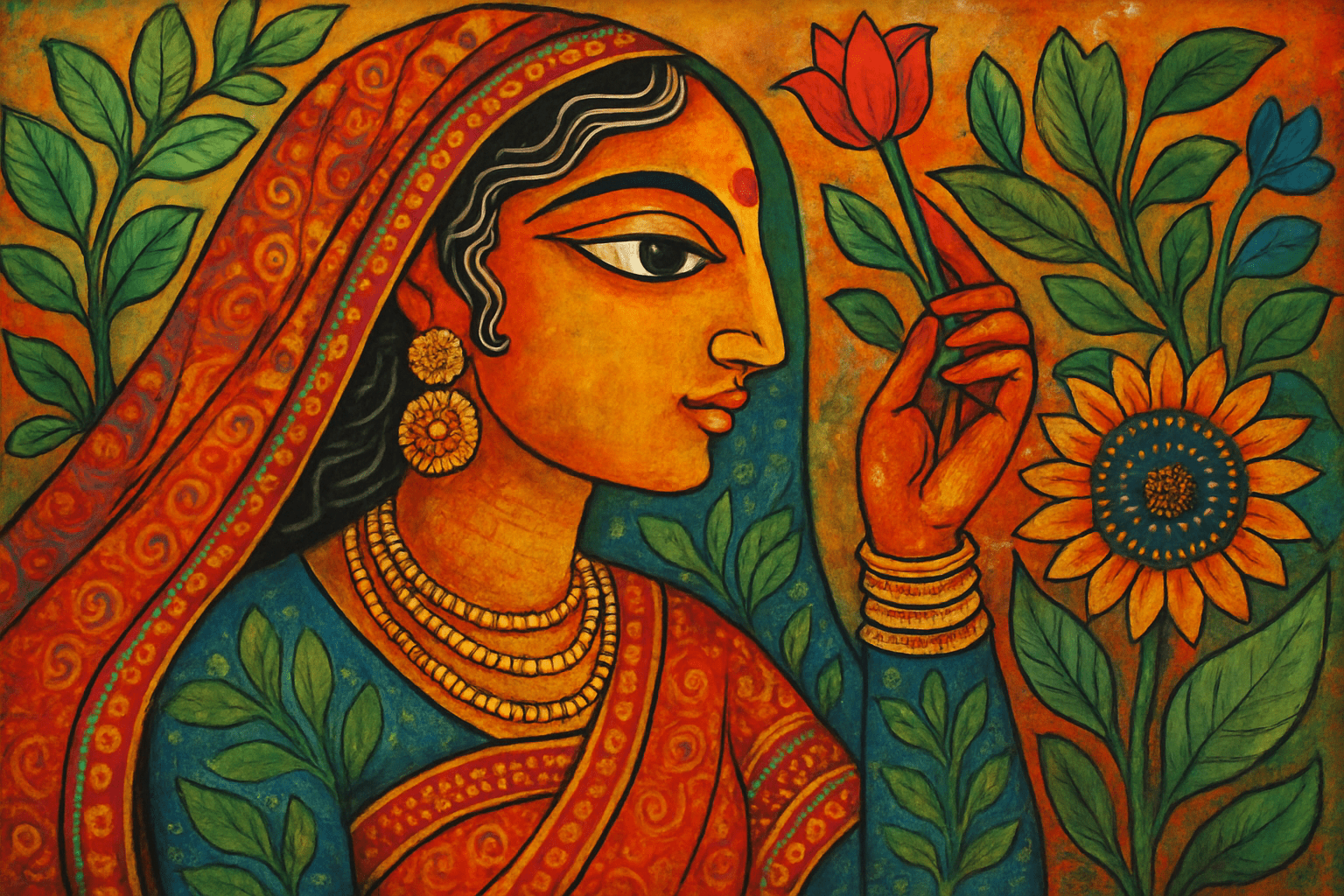
The art style Samikshavad is characterized by its use of bright colors and bold patterns. It is often described as being "loud" and "in your face." This style is often used to make a statement or to grab attention.
Thinking in the box: Impressionism, Modernism
Might also call it: Samikshavad can be synonymized with the words introspection, self-examination, and self-reflection.
Sand Drawing No.728
Sand drawing is a type of art where artists use sand to create images. This can be done by using their hands, tools, or other objects to create patterns in the sand. Sand drawing is a temporary art form, as the images will eventually be erased or blown away by the wind.
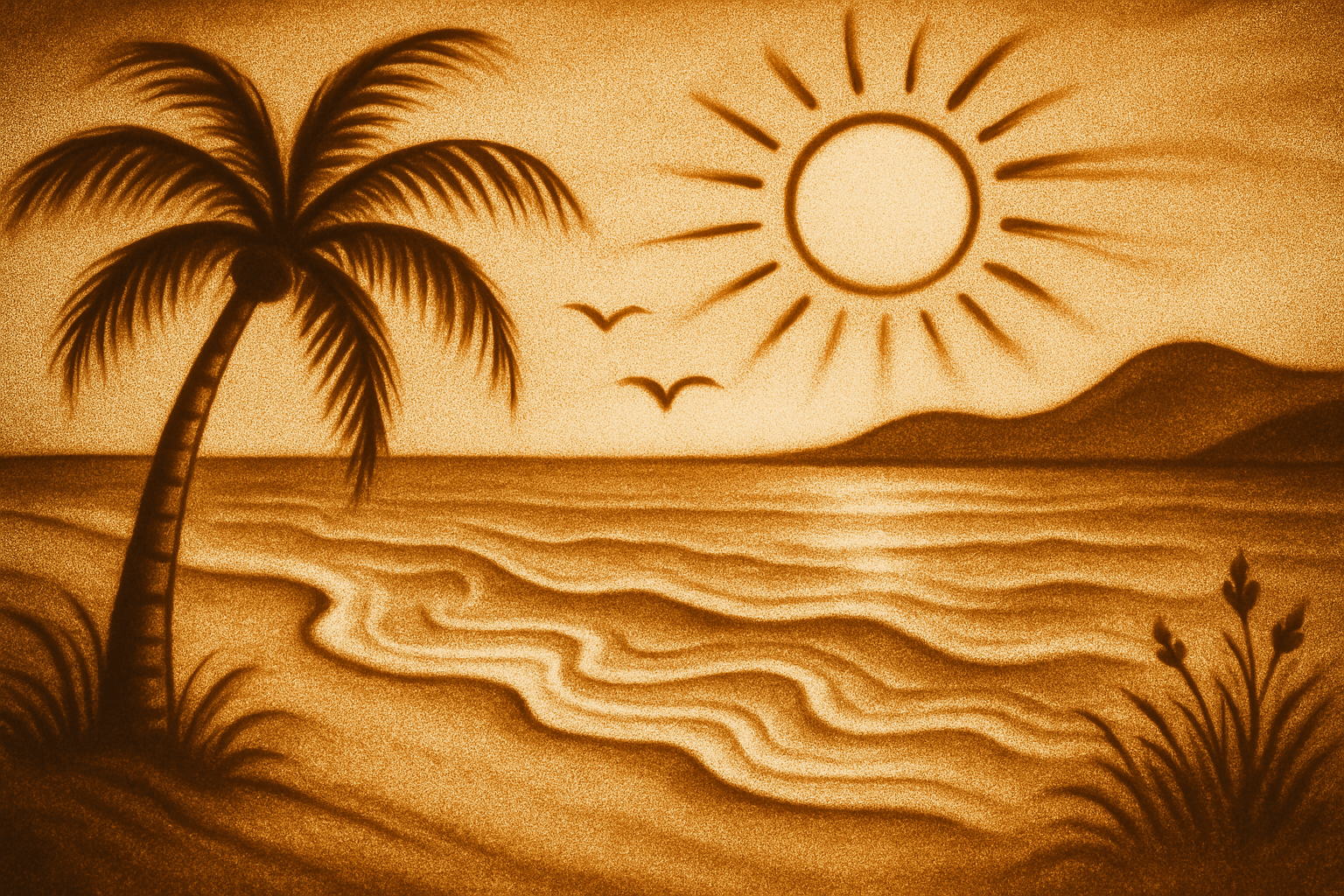
The art style Sand Drawing is characterized by its use of sand to create images. The sand is often used to create patterns or to fill in areas of color. The results are often very intricate and detailed.
Thinking in the box: Impressionism, Modernism
Might also call it: Sketch, doodle, drawing in the sand
Sasaku Hanga No.729
Sasaku hanga is a traditional Japanese woodblock printing technique that dates back to the 18th century. The word sasaku means "left-handed," and refers to the fact that the artist uses their left hand to carve the woodblock, while their right hand is used to apply the ink. This printing method is known for its clean lines and sharp details, as well as its ability to produce multi-colored prints. The artist first carves the desired image into the woodblock, then applies ink to the raised areas. Each color is applied separately, and the paper is pressed onto the inked block to transfer the image. Sasaku hanga is a beautiful and intricate printing method that is still used by many artists today.
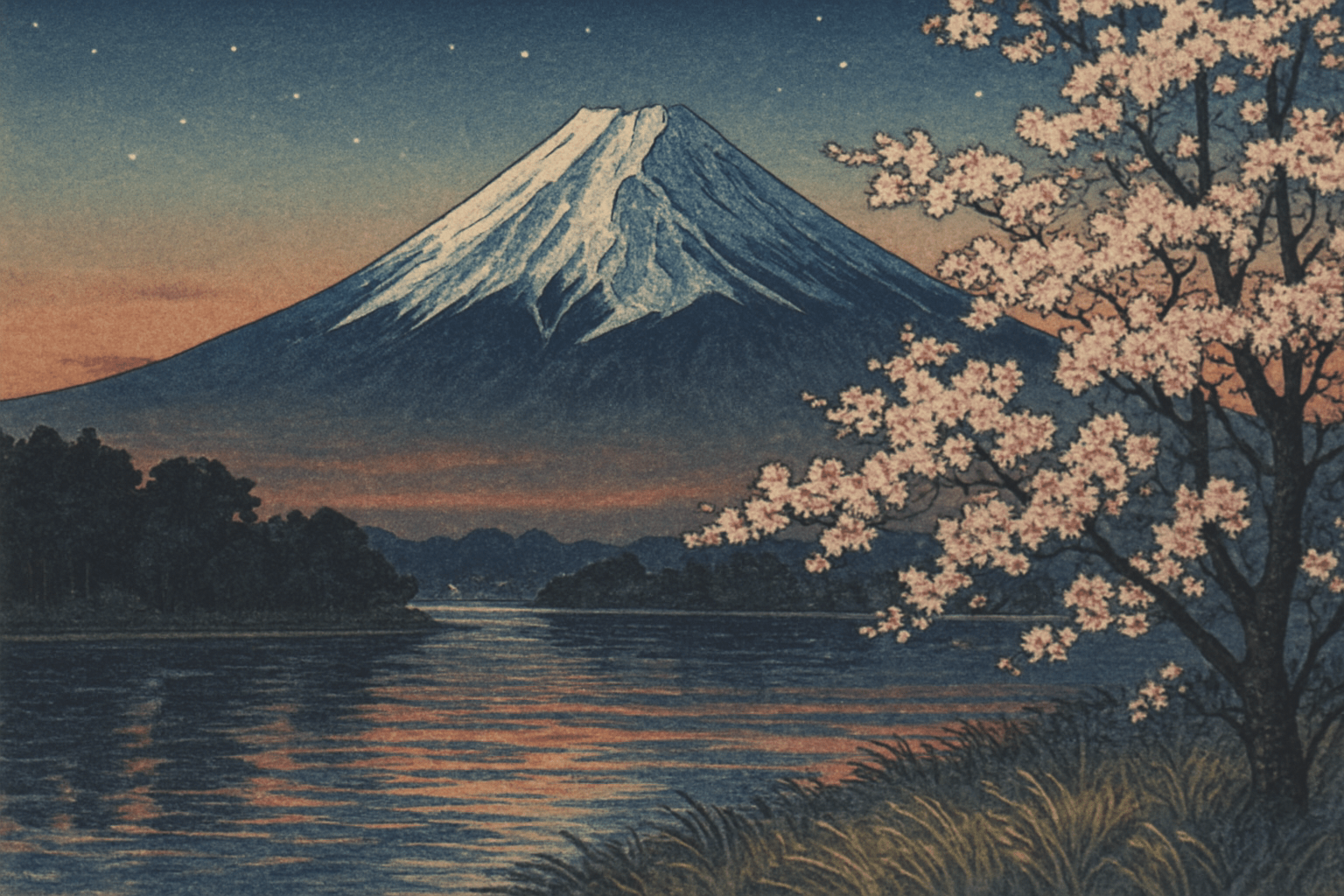
The Sasaku Hanga art style is characterized by its use of strong, dark lines and bold, bright colors. This style is often used to depict scenes of nature, such as mountains or forests, and is known for its dramatic and striking visual effects.
Thinking in the box: Impressionism, Modernism
Might also call it: Sasaku Hanga is a style of Japanese woodblock printing. Other names for this printing style include: Sosaku Hanga Creative Prints 20th-century woodblock prints
Satellite Image No.730
Art Satellite image art is a type of art that uses satellite images as the primary source material. The images are often manipulated and combined to create new images, or they may be used as-is to create a unique perspective. Satellite image art can be used to create a wide variety of images, from landscapes and cityscapes to abstractions and patterns. The possibilities are limited only by the artist's imagination. Satellite image art is a relatively new art form, but it is quickly gaining popularity due to its unique perspective and the wide range of possibilities it offers.

The art style of Satellite Image is very clean and precise. The lines are very straight and the colors are very muted. There is a lot of negative space and the overall effect is very calming.
Thinking in the box: Impressionism, Modernism
Might also call it: Remote sensing image, aerial photograph
Saudis No.731
Saudis is an art style that is characterized by its use of bright colors and bold patterns. It is often used to decorate walls and floors, and is also used in clothing and accessories. Saudis is a popular choice for those who want to add a touch of color to their home or wardrobe.
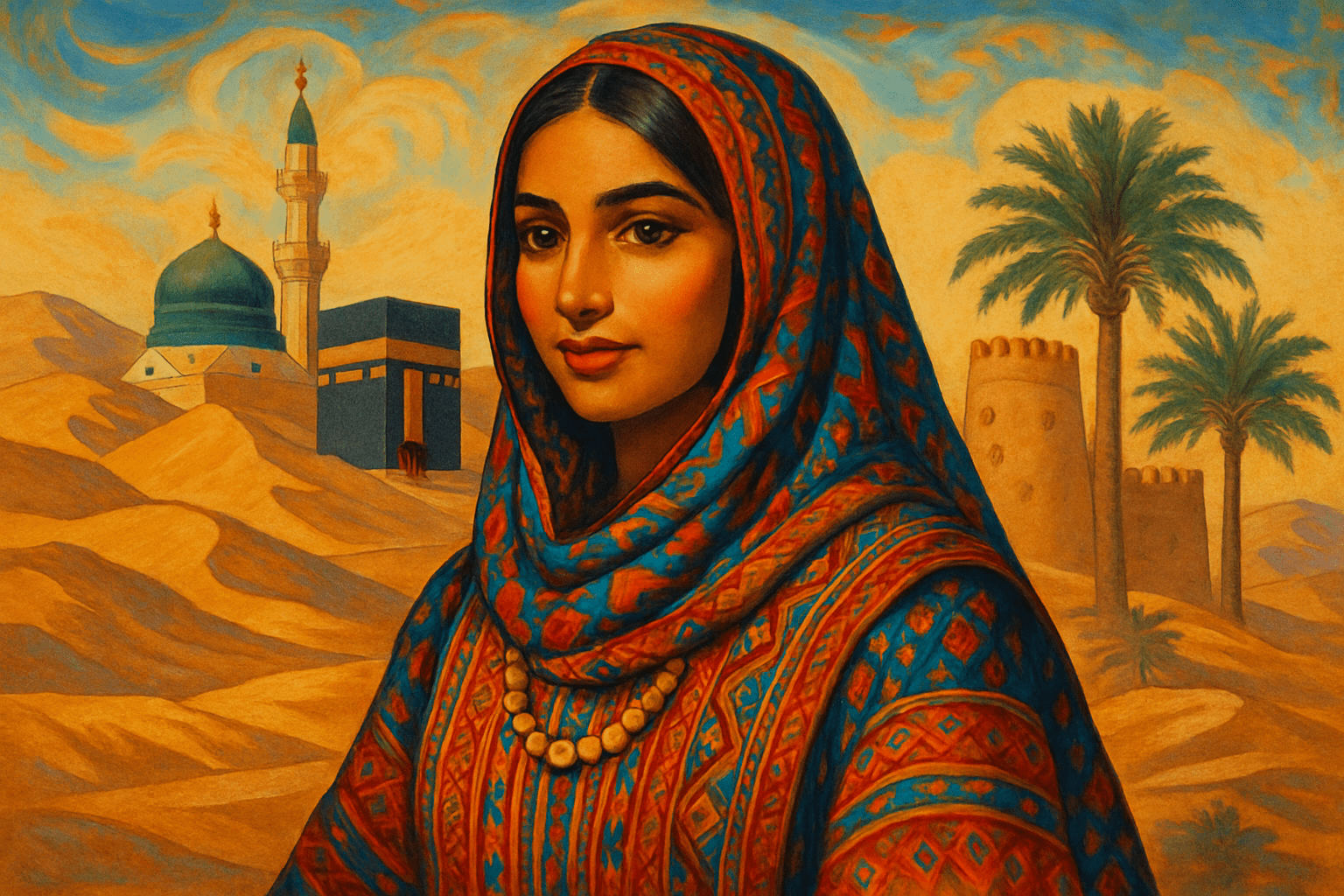
The art style of Saudis is characterized by its use of bright colors and geometric patterns.
Thinking in the box: Impressionism, Modernism
Might also call it: Arabs, Muslims, Middle Easterners
Scandinavian Design No.732
Born of simplicity and functionality, Scandinavian Design embraces minimalism with a warmth that resonates. It merges form and function with an unassuming elegance, like a whispered promise in a cold, crisp morning air.
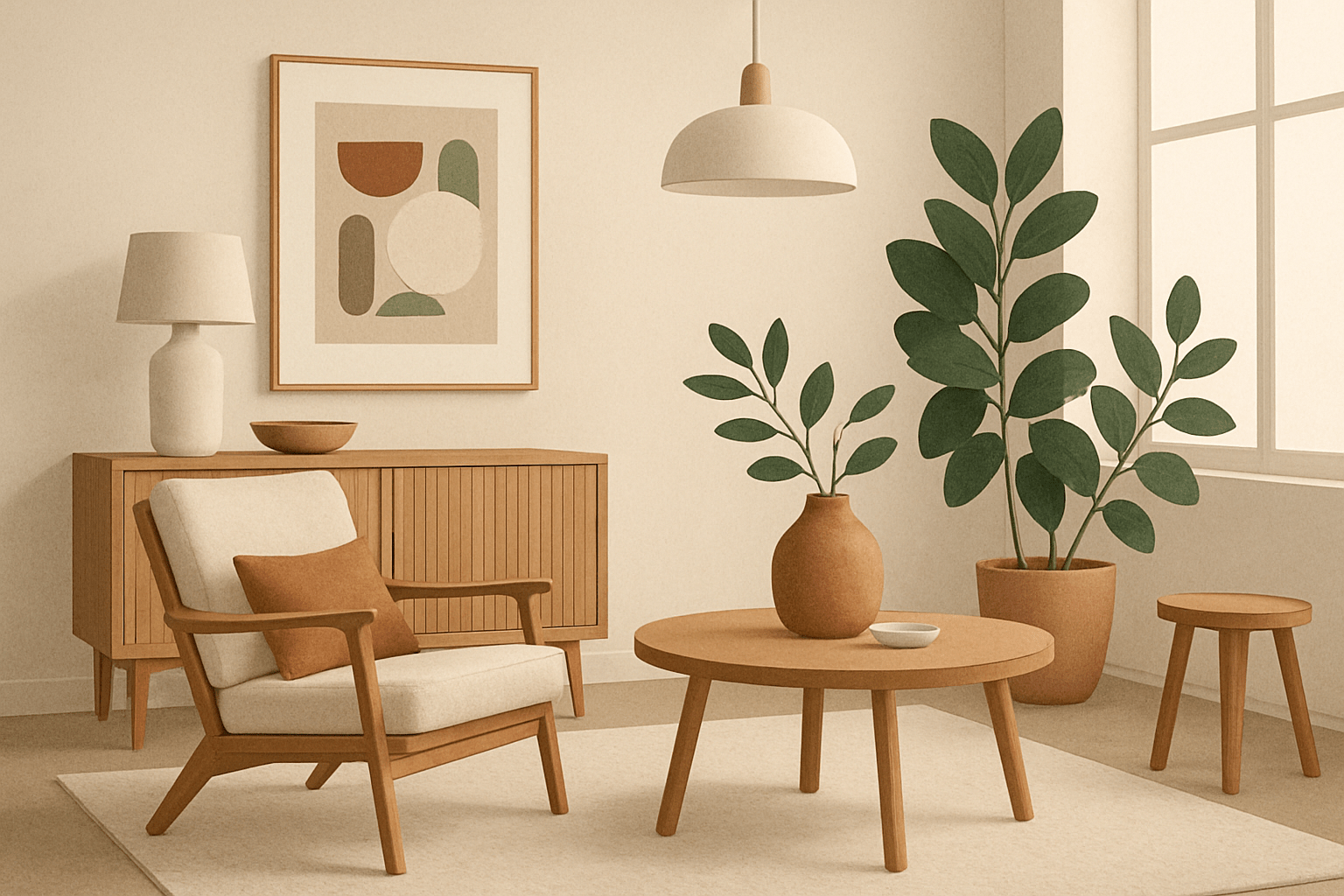
Whites and woods unite, creating clean lines and open spaces kissed by natural light. It's a hygge embrace—breathing room for the soul, where every piece tells a story of understated grace and effortlessness.
Thinking in the box: Modernism, Functionalism
Might also call it: Nordic Design, Scandi Style
Science Fiction and Fantasy Comics No.733
Science fiction and fantasy comics are stories that take place in imaginary worlds. These worlds may be based on real-life settings, but they are often completely different from our own world. In these stories, characters often have superpowers or abilities that are not possible in our world. Science fiction and fantasy comics are a great way to escape from the everyday world. They allow readers to explore new and different worlds, and to meet new and interesting characters. These stories can be exciting, funny, or even romantic. If you're looking for a good story to escape into, then science fiction and fantasy comics are the perfect choice.

The art style of Science Fiction and Fantasy Comics is usually very detailed and realistic, with bright colors and a lot of action.
Thinking in the box: Impressionism, Modernism
Might also call it: Science fiction and fantasy comics are genres of speculative fiction that deal with imaginative and fantastic concepts such as advanced science and technology, space exploration, time travel, parallel universes, etc. Science fiction comics, fantasy comics, science-fantasy comics, speculative fiction comics
Scottish No.734
The Scottish art style is characterized by its use of bright colors and bold patterns. This style is often seen in traditional Scottish clothing and in the decoration of Scottish homes.
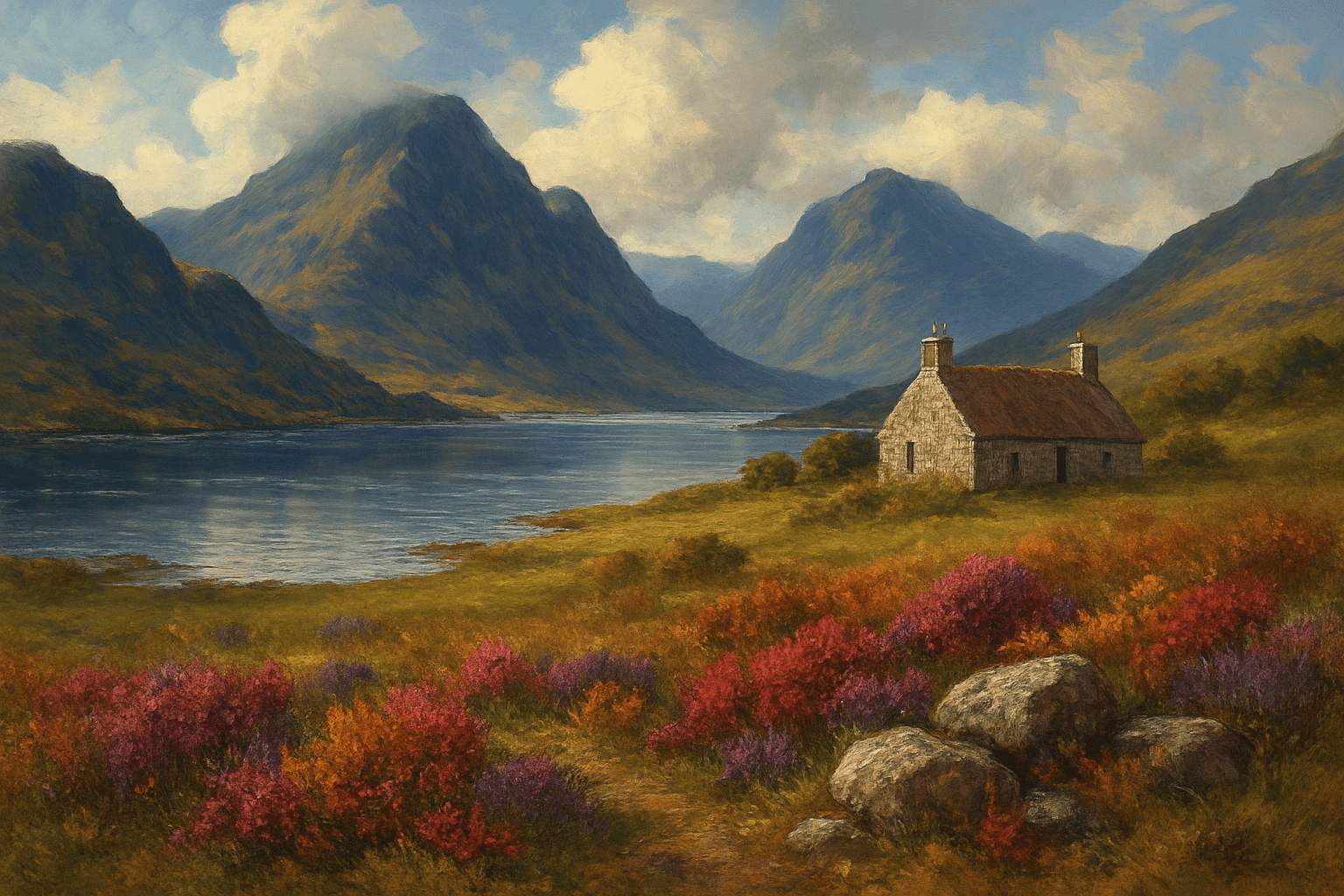
The art style Scottish is characterized by its bright colors and bold patterns. Often, Scottish art features scenes from nature, such as rolling hills and lochs. Scottish artists often use a technique called "caber tossing" to create their art, which involves throwing a log or other large object into the air and then painting it as it falls. This technique creates a sense of movement and energy in the artwork.
Thinking in the box: Impressionism, Modernism
Might also call it: Celtic, Gaelic
Screenprint-Style Art No.735
Screenprint-style art is a type of art that is created by using a screen to print an image onto a surface. This type of art is often used for creating posters, prints, and other types of artwork. Screenprint-style art is typically created by using a stencil to create an image on a screen, and then using a squeegee to push ink or paint through the screen onto a surface. This type of art can be used to create a variety of different images, and is often used by artists to create unique and original artwork.

Screenprint-style art is characterized by its bold, graphic images and limited color palette. This art style is often used for advertising and propaganda purposes, as it is able to communicate a message quickly and effectively.
Thinking in the box: Impressionism, Modernism
Might also call it: Screenprint-Style Art can be synonymized with Screen Art, Screen Printing, or Serigraphy.
Scribble Drawing No.736
Scribble drawing is a type of drawing where the artist uses quick, short strokes to create a drawing. This type of drawing is often used for sketches or for creating a rough draft of a drawing.

The visual appearance of Scribble Drawing is characterized by its simple and childlike drawings. The lines are often crooked and the colors are usually very bright.
Thinking in the box: Impressionism, Modernism
Might also call it: Doodle, sketch, line drawing.
Sculpture No.737
Sculpture is the branch of the visual arts that operates in three dimensions. It is one of the plastic arts. Durable sculptural processes originally used carving (the removal of material) and modelling (the addition of material, as clay), in stone, metal, ceramics, wood and other materials but, since Modernism, there has been an almost complete freedom of materials and process. A wide variety of materials may be worked by removal such as carving, assembled by welding or modelling, or molded or cast.

The art style of sculpture is three-dimensional and can be seen from all sides. It is often realistic, but can also be abstract.
Thinking in the box: Impressionism, Modernism
Might also call it: Carving, statue, bust, relief
Scumbling Drawing No.738
Scumbling drawing is a type of drawing where the artist uses a light touch to create a textured surface. This technique is often used to add depth and dimension to a drawing.

The visual appearance of the art style scumbling drawing is that it is a drawing that has been made by applying a series of small strokes of color to create a textured effect.
Thinking in the box: Impressionism, Modernism
Might also call it: 1. Blending 2. Smudging 3. Hatching 4. Crosshatching 5. Stippling
Scuola Metafisica No.739
Born in the shadowy corridors of early 20th-century Italy, Scuola Metafisica captures the uncanny; a realm where reality cracks open like the shell of a cosmic egg, and time stands eerily still.

Stark, deserted cityscapes with long shadows, still life laden with enigma, and classical statues invoking unanswered questions—a visual conundrum wrapped in silence and shadows.
Thinking in the box: Surrealism, Modernism
Might also call it: Metaphysical Art, Pittura Metafisica
Secessionist Art No.740
A brief (short) description of the art style. Medium length (multiple lines)
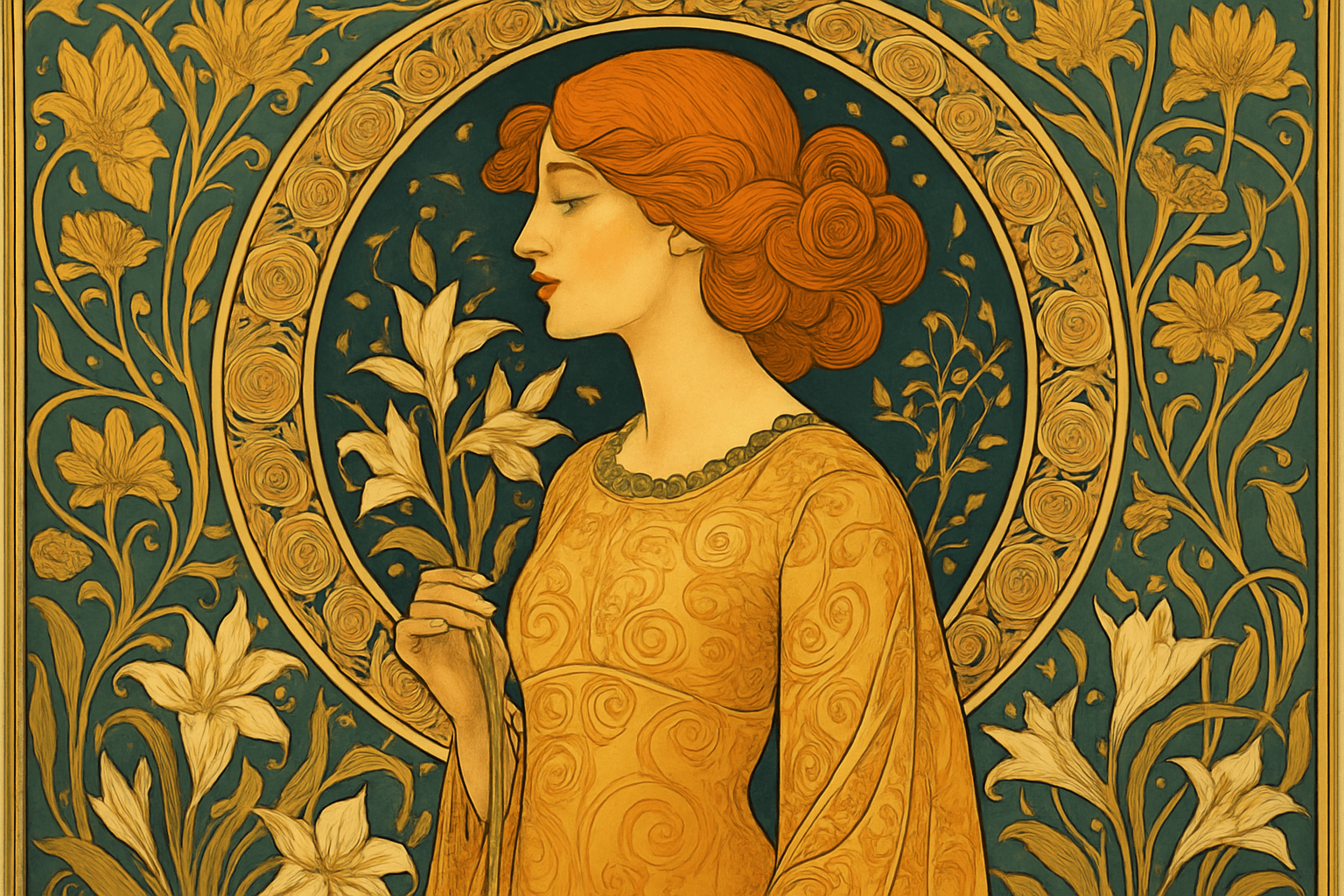
A description of the visual appearance of the style. Medium length (multiple lines).
Thinking in the box: Impressionism, Modernism
Might also call it: Alternative names of the Art Style
Self-portrait No.741
with Thorn Necklace and Hummingbird In this self-portrait, Frida Kahlo uses a thorn necklace and hummingbird to symbolize the pain she endured throughout her life. The thorn necklace represents the physical pain she suffered, while the hummingbird represents the emotional pain. Kahlo's use of bright colors and bold lines reflects her own vibrant personality.

with Thorn Necklace and Hummingbird The art style is characterized by its use of bright colors and bold lines. The artist's use of color creates a sense of vibrancy and energy, while the bold lines give the artwork a sense of movement and dynamism.
Thinking in the box: Impressionism, Modernism
Might also call it: Self-image, self-reflection, self-representation
Selfie No.742
The art style known as "selfie" is a type of portraiture that is typically taken with a smartphone or camera, and is characterized by a focus on the individual's face. This style of photography has become increasingly popular in recent years, as people have become more interested in capturing and sharing images of themselves. Selfies are often taken in front of mirrors, in order to get a good angle, and are often edited or filtered before being shared online.

The art style of Selfie is colorful and fun. The characters are drawn with big eyes and exaggerated features. The background is often busy and filled with patterns.
Thinking in the box: Impressionism, Modernism
Might also call it: Picture, photograph, image
Serbians No.743
The Serbian art style is characterized by its use of bright colors and bold patterns. Serbian artists often use traditional motifs in their work, which often includes scenes from daily life or folklore.
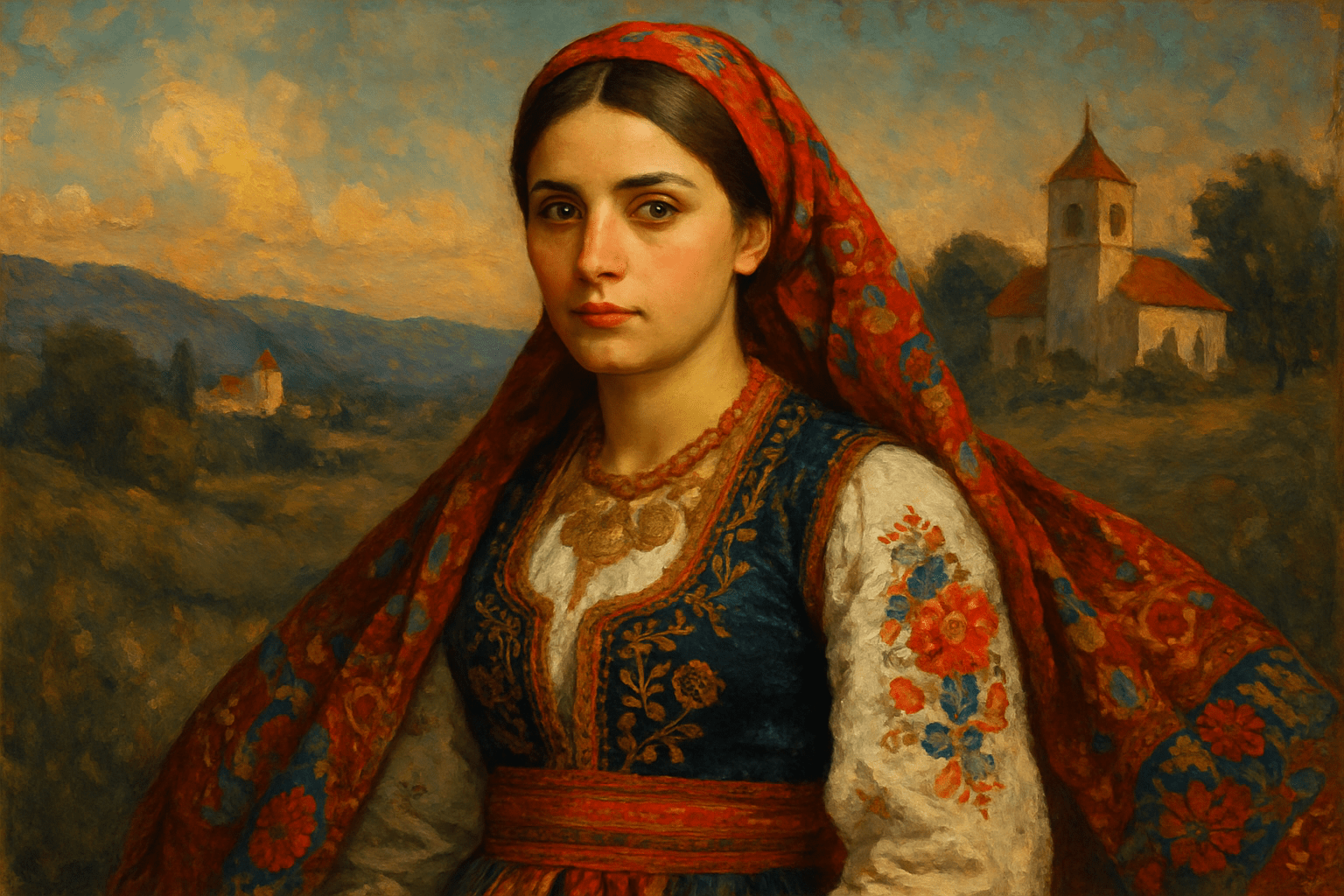
The Serbian art style is characterized by its use of bright colors and bold patterns. Serbian artists often use geometric shapes and symbols in their work, and their paintings often depict scenes from daily life.
Thinking in the box: Impressionism, Modernism
Might also call it: Balkan people, Slavs
Serial art No.744
Serial art is a type of art that is created in a series, or in parts. This type of art is often seen in public places, such as in subway stations or on building walls. Serial art is often created by artists who want to communicate a message to a large number of people.
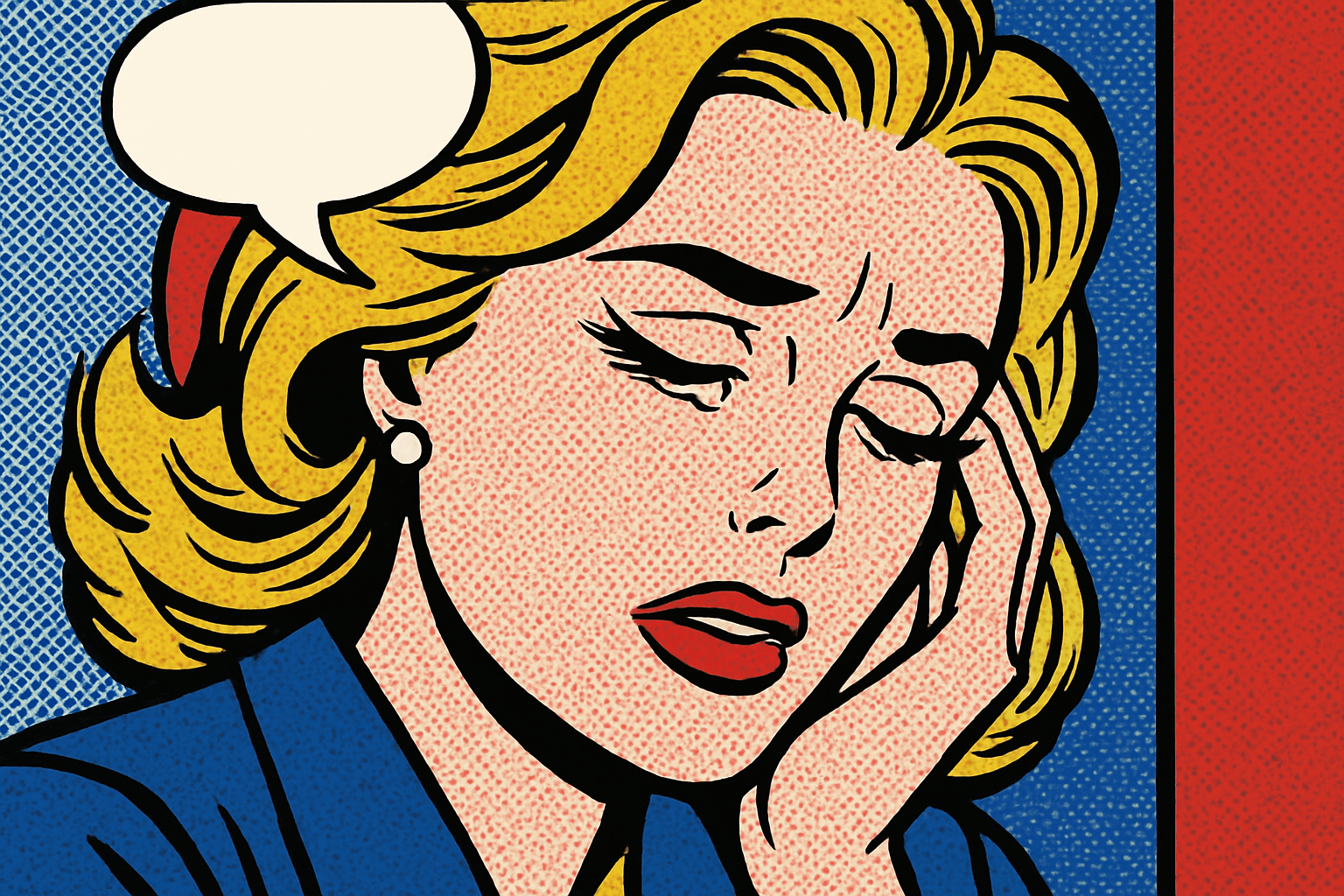
Serial art is a type of art where the artist creates a series of works that are related to each other. The works may be similar in subject matter, style, or technique.
Thinking in the box: Impressionism, Modernism
Might also call it: Sequential art, comics
Shadowlux No.745
Shadowlux is an innovative art style that emphasizes the interplay between light and shadow, creating a dynamic visual experience that explores the depth and subtlety of contrast. This style often features a monochromatic palette, where the gradations of light to dark are not just a matter of aesthetic preference but are integral to the narrative and emotional resonance of the artwork. Artists working in the Shadowlux style may utilize various media, including painting, digital art, and mixed media installations, to manipulate illumination and obscurity, crafting scenes that invite viewers to delve into the nuanced boundaries of perception and reality. The hallmark of Shadowlux is its ability to evoke a sense of mystery and contemplation, encouraging a deeper engagement with the artwork as the eye navigates the delicate balance between the seen and the unseen.
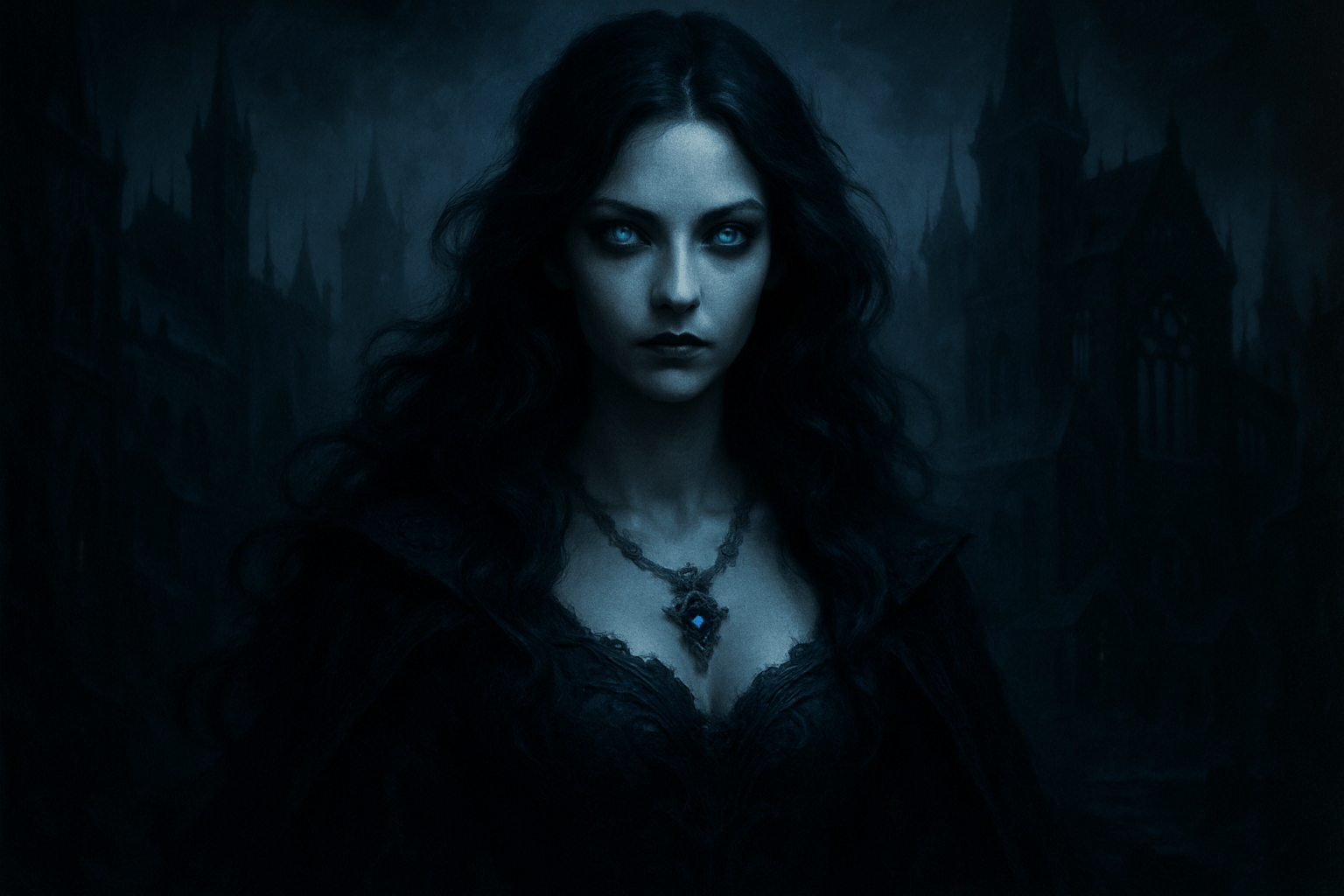
A description of the visual appearance of the style.
Thinking in the box: Impressionism, Modernism
Might also call it: I'm sorry, but "Shadowlux" doesn't seem to be a common or recognized English word, so I'm unable to provide synonyms for it. It appears to be a unique name, perhaps for a product, brand, or character in a game, book, or movie. If "Shadowlux" is supposed to refer to a specific concept, behavior, or thing, please provide some context so I can give you a more accurate assistance.
Shan Shui No.746
Shan Shui is a form of traditional Chinese painting that emphasizes the use of landscapes to depict scenes from nature. The style is known for its use of brushstrokes that are meant to resemble the flow of water, as well as its muted colors and simple compositions.
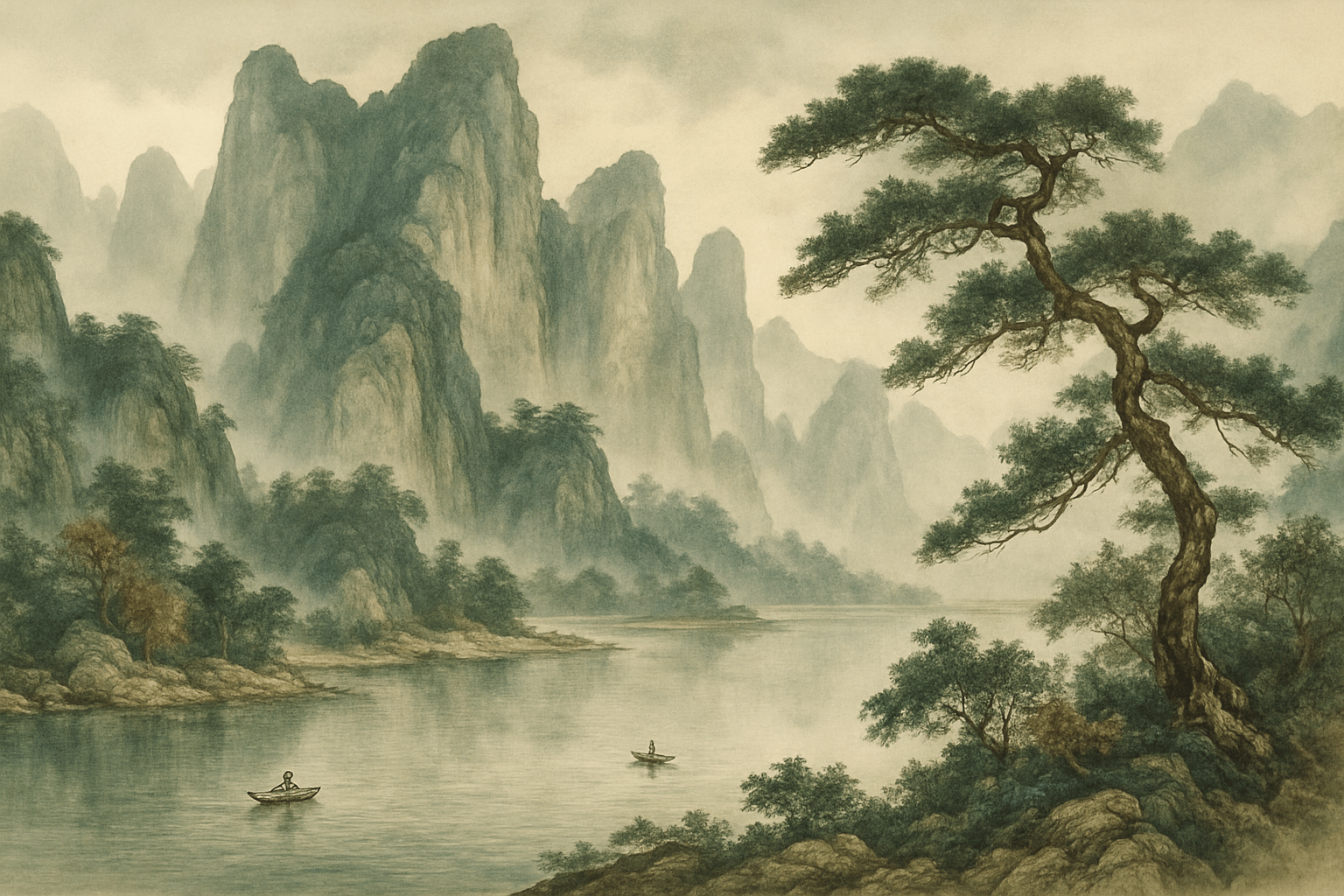
The Shan Shui art style is characterized by its use of soft, muted colors and its focus on nature scenes. Shan Shui paintings often depict mountains, rivers, and other natural landscapes. The style is known for its use of negative space and its minimalist approach.
Thinking in the box: Impressionism, Modernism
Might also call it: 1. scenery 2. view 3. landscape 4. seascape 5. nature 6. scenery of mountains and rivers
Shin hanga No.747
The Shin hanga art style emerged in Japan in the early 20th century, and is characterized by its use of traditional Japanese woodblock printing techniques in conjunction with Western-style composition and perspective. Shin hanga artists sought to revive the woodblock printing tradition while also modernizing it, and their work was widely popularized in the West in the early to mid-20th century.

The Shin hanga art style is characterized by its use of traditional Japanese woodblock printing techniques, as well as its focus on nature scenes and landscapes. The colors used in Shin hanga are typically very muted, and the overall aesthetic is one of simplicity and elegance.
Thinking in the box: Impressionism, Modernism
Might also call it: Japanese woodblock prints, woodcuts, woodblock printing
Shock art No.748
Shock art is a style of art that is designed to provoke an emotional reaction in the viewer. It is often controversial and can be offensive.
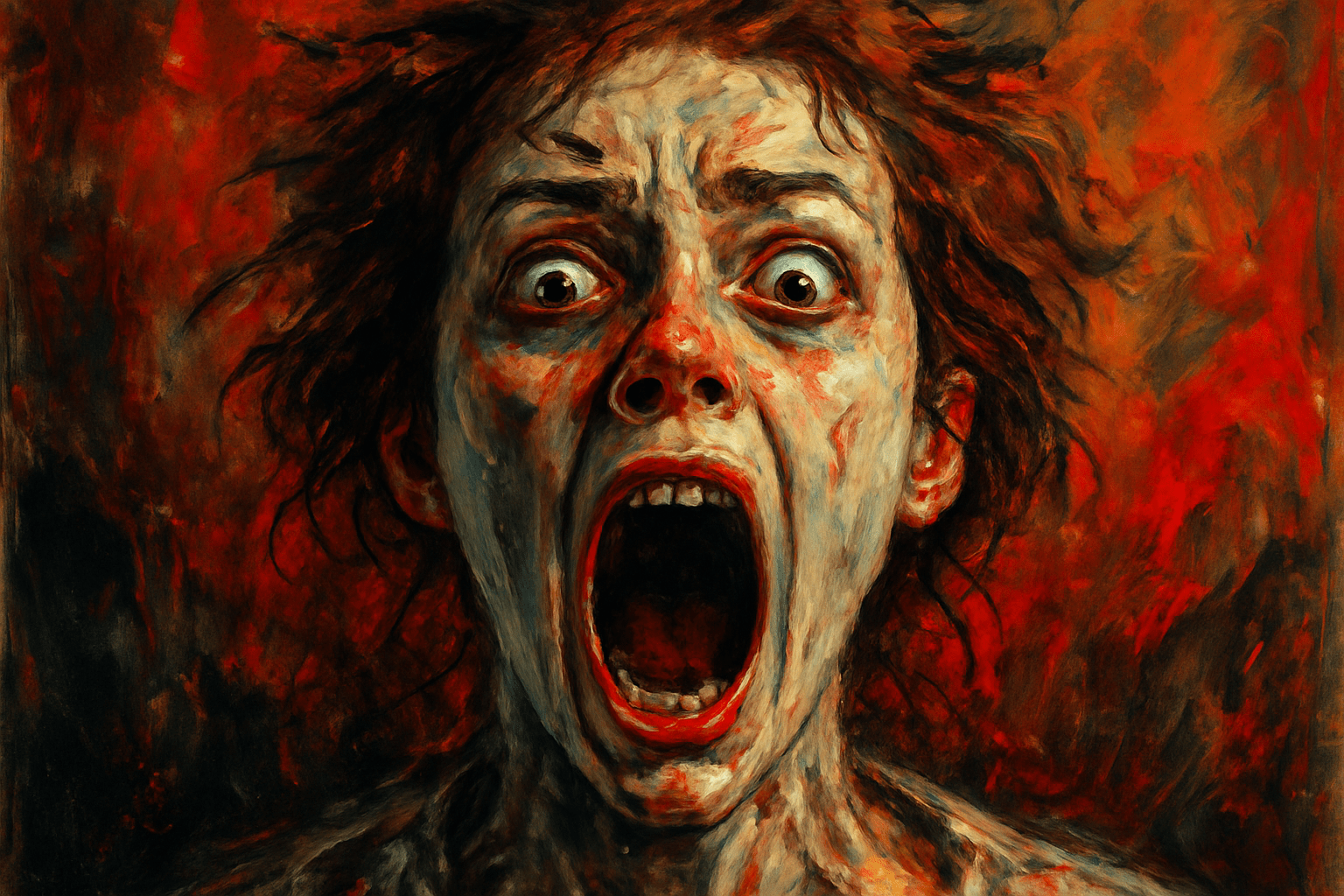
The art style of shock art is characterized by its use of bright colors and bold patterns. It is often considered to be a more modern and contemporary style of art.
Thinking in the box: Impressionism, Modernism
Might also call it: Aesthetic, avant-garde, conceptual, contemporary, experimental, installations, multimedia, new media, performance, site-specific, sound, video.
Shodo No.749
A dance of ink on rice paper, Shodo captures the spirit through strokes. It speaks of tranquility and discipline, shaping words into visual poetry.

Elegant brushstrokes on delicate paper, where boldness kisses grace. Each line breathes emotion, between the starkness of ink and emptiness of white.
Thinking in the box: Calligraphy, Traditional Art
Might also call it: Japanese Calligraphy, Way of Writing
Shrek No.750
Shrek is a 2001 American computer-animated comedy film loosely based on the 1990 fairytale picture book of the same name by William Steig. Directed by Andrew Adamson and Vicky Jenson in their directorial debuts, it stars Mike Myers, Eddie Murphy, Cameron Diaz, and John Lithgow as the voices of the lead characters. The film was nominated for the Academy Award for Best Animated Feature. Shrek is a large and friendly green ogre who lives alone in a faraway swamp. One day, he is visited by a talkative donkey named Donkey, who persuades him to go on a quest to rescue the beautiful Princess Fiona from a dragon-guarded castle. Along the way, Shrek and Donkey meet Fiona's parents, King Harold and Queen Lillian, who are not what they seem. The film was praised for its visuals, humor, voice acting, and heartwarming message. It won the first ever Academy Award for Best Animated Feature, and was also nominated for Best Original Song for "Accidentally in Love".
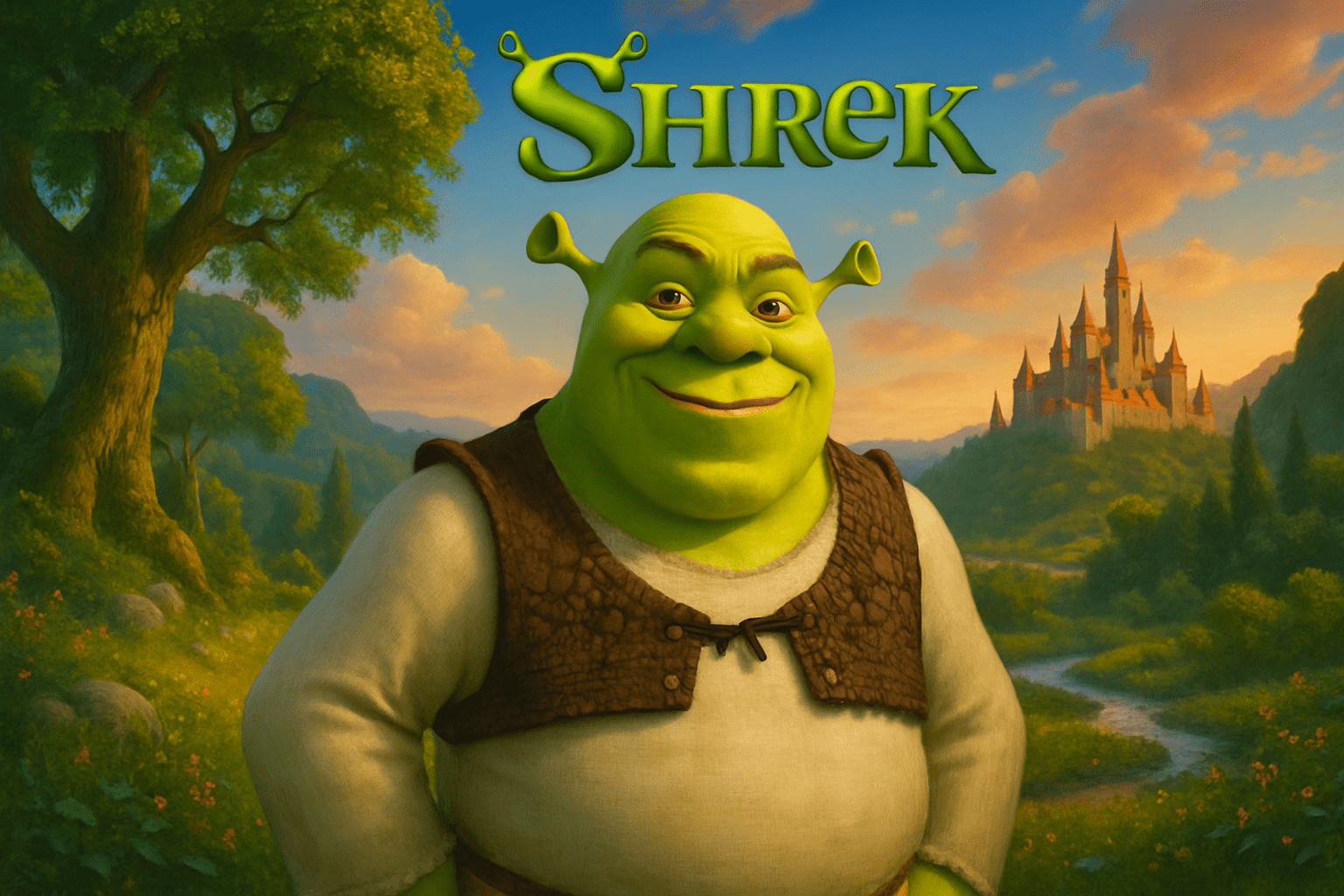
The art style of Shrek is very colorful and cartoony. The characters are all very exaggerated and have large features. The backgrounds are also very detailed and colorful.
Thinking in the box: Impressionism, Modernism
Might also call it: ogre, monster, beast, fiend, demon, devil, hellion, brute, animal
Simon StÃÂÃÂ¥lenhag No.751
Simon StÃÂÃÂ¥lenhag is a Swedish artist who is known for his paintings of futuristic landscapes. His work often features Swedish countryside and suburbs, with elements of science fiction.

The art style of Simon StÃÂÃÂ¥lenhag is characterized by its muted colors and its focus on depicting ordinary people in extraordinary situations. His paintings often feature Swedish landscapes and cityscapes, with an emphasis on depicting the everyday lives of people living in these environments.
Thinking in the box: Impressionism, Modernism
Might also call it: Simon StÃÂÃÂ¥lenhag can be replaced with the following words: artist, painter, illustrator, and author.
Simpsons No.752
The Simpsons is an American animated sitcom created by Matt Groening for the Fox Broadcasting Company. The series is a satirical depiction of working-class life, epitomized by the Simpson family, which consists of Homer, Marge, Bart, Lisa, and Maggie. The show is set in the fictional town of Springfield and parodies American culture, society, television, and many aspects of the human condition.

The Simpsons art style is characterized by its bright colors, simple shapes, and flat surfaces. The characters are often drawn with large eyes and small mouths, and the backgrounds are usually highly detailed.
Thinking in the box: Impressionism, Modernism
Might also call it: Futurama, American Dad, King of the Hill, The Critic, Family Guy
Simulacra Classicism No.753
A vibrant tapestry, Simulacra Classicism weds ancient forms with digital dreams. It weaves echoes of the past with whispers of the future.
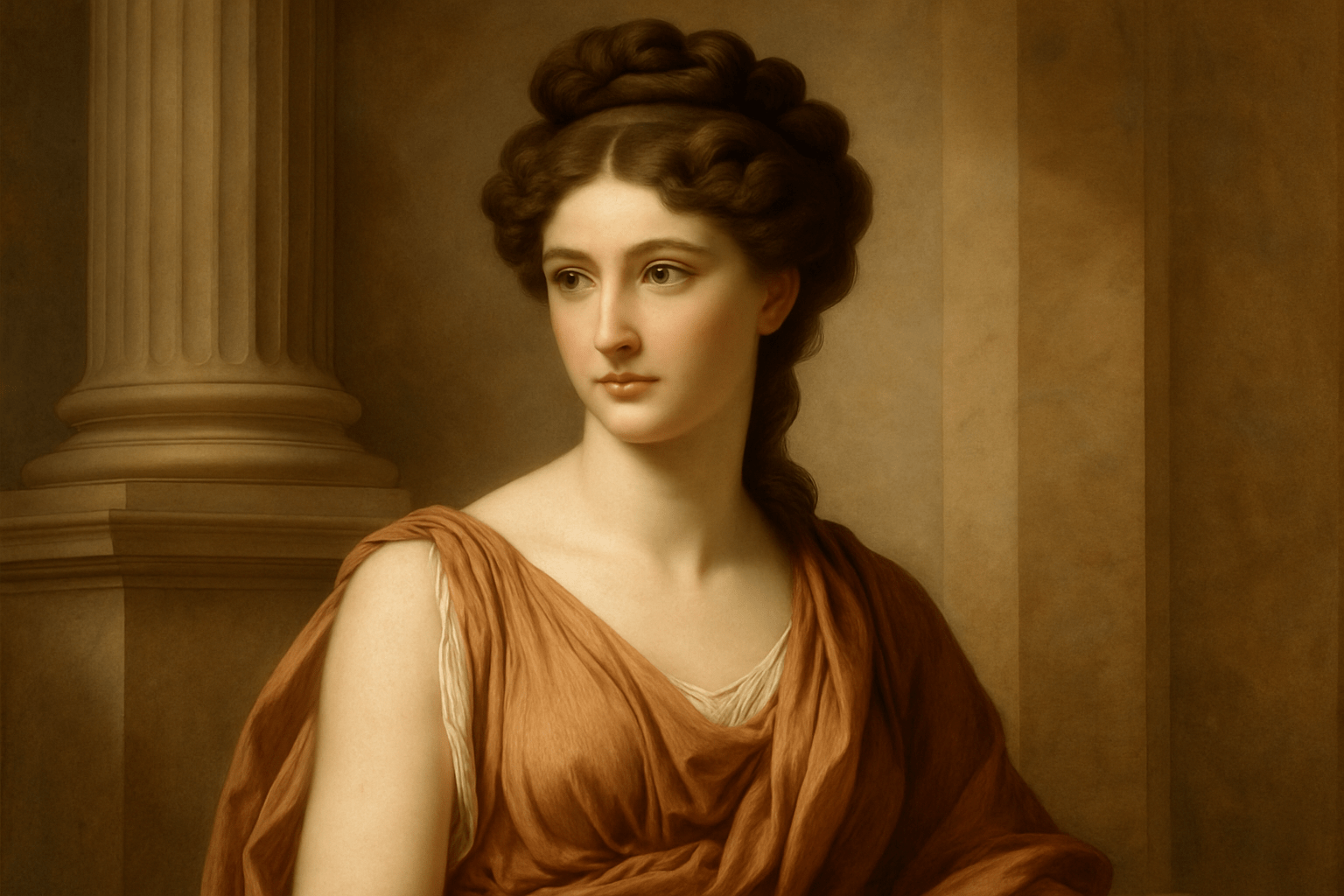
Shimmering illusions, lofty proportions, blending stone and code—a mosaic where history meets hologram. Shadows dance between marble and pixel.
Thinking in the box: Futurism, Digital Classicism
Might also call it: Cyber-Classics, Digital Antiquity
Simultanism No.754
Simultanism is an art style characterized by the depiction of multiple images in a single work of art. It was developed by the French artist Henri Matisse in the early 20th century. Matisse used the technique to capture the feeling of movement and to create a sense of rhythm in his paintings.
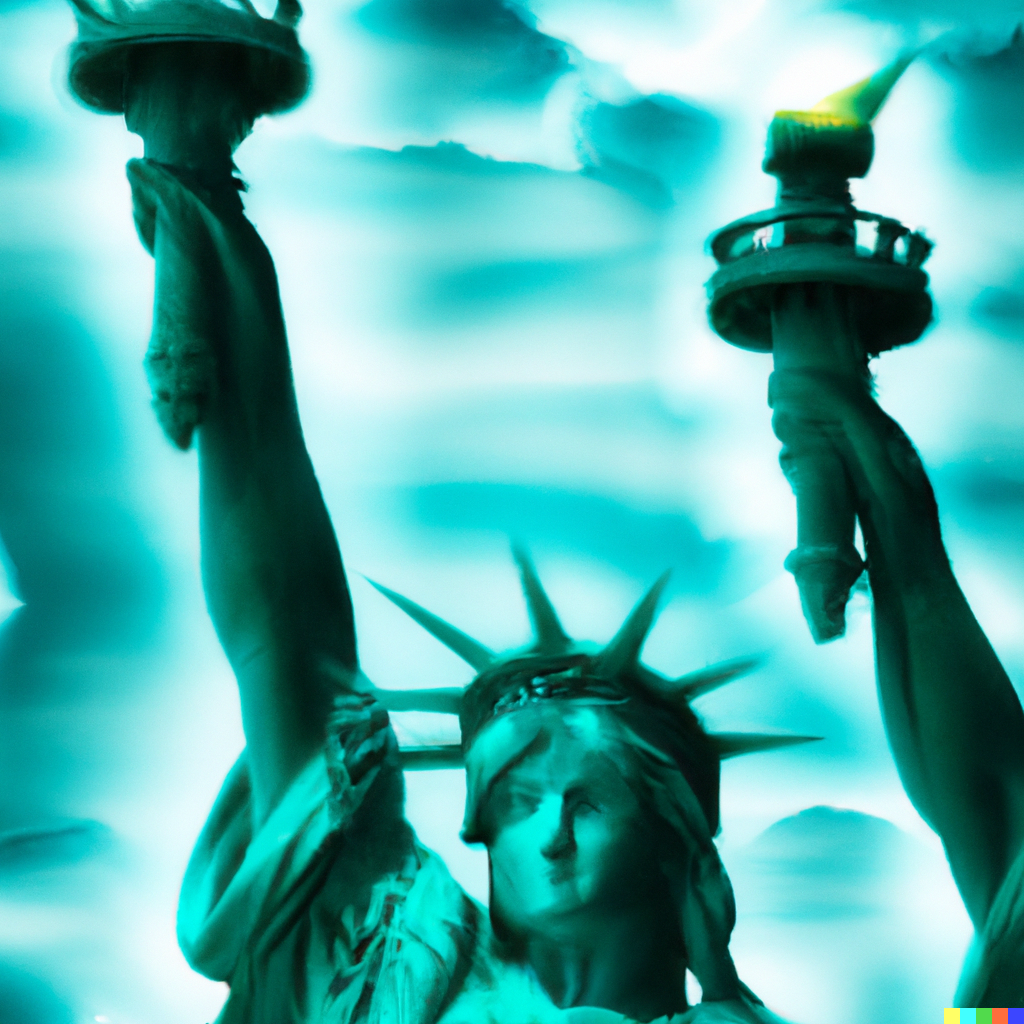
Simultanism is an art style characterized by its use of multiple colors and shapes in a single image. This style is often used to create a sense of movement or energy in an image.
Thinking in the box: Impressionism, Modernism
Might also call it: Simultanism can be defined as the theory that two events can occur simultaneously. Other words that may be used to describe simultanism include: concurrency, coexistence, and co-occurrence.
Sketch and Study No.755
Sketch and Study is a professional art style that is used to create quick sketches and studies. This style is perfect for those who want to create a quick and accurate representation of their subject matter.
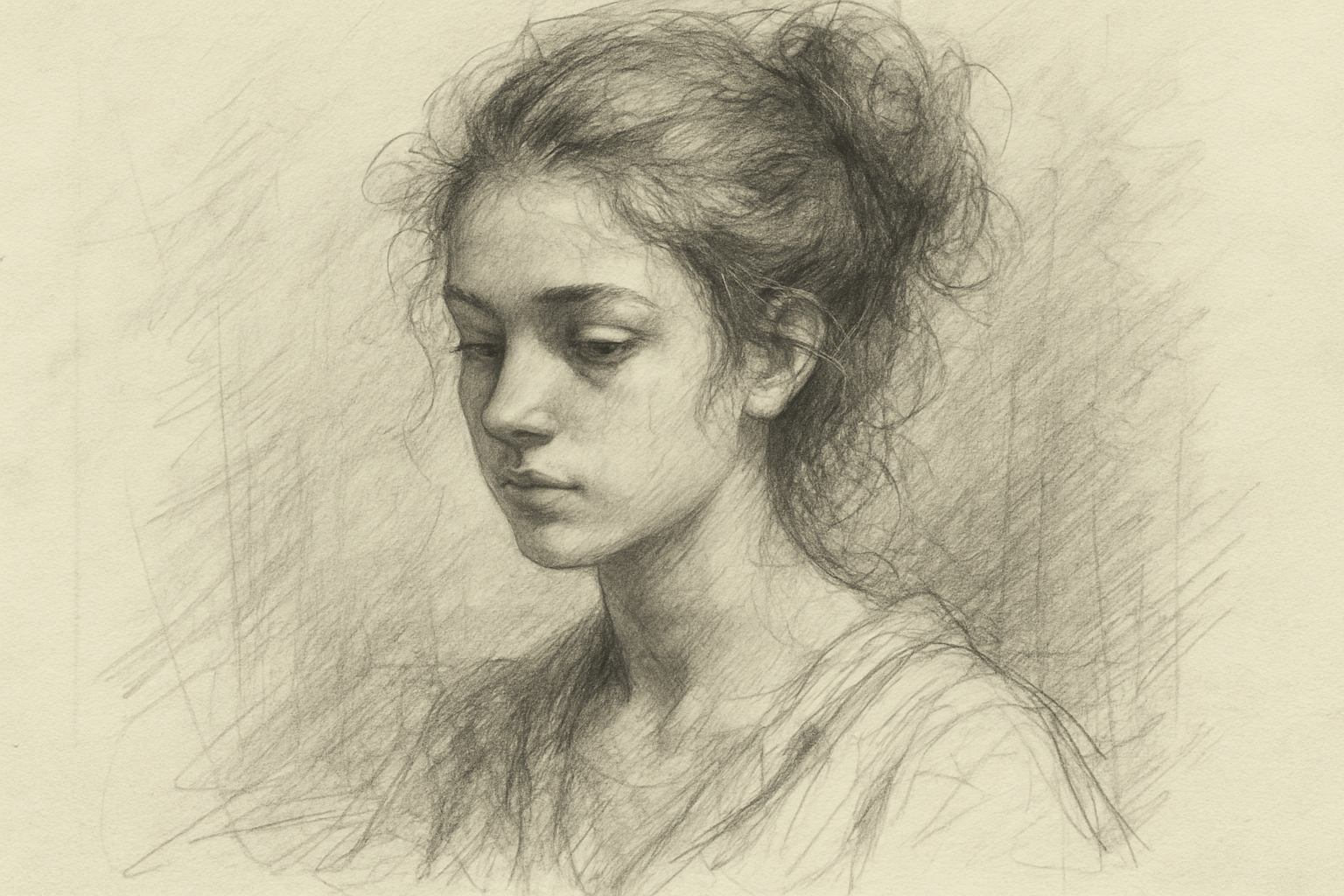
The art style Sketch and Study is characterized by its simple and clean lines. The overall look is very minimalistic, and the colors are usually muted or neutral. The focus is on the subject matter, rather than on the background or the overall composition. This style is often used for quick sketches or studies, as it is easy to achieve and doesn't require a lot of time or effort.
Thinking in the box: Impressionism, Modernism
Might also call it: Drawing, painting, picture, design, illustration, plan, blueprint, map
Sketchy Art No.756
Sketchy Art is a unique and fun art style that is perfect for those who want to add a bit of personality to their work. This style is all about creating bold and expressive lines, and often features bright and vibrant colors. Sketchy Art is perfect for those who want to add a bit of fun and personality to their work.
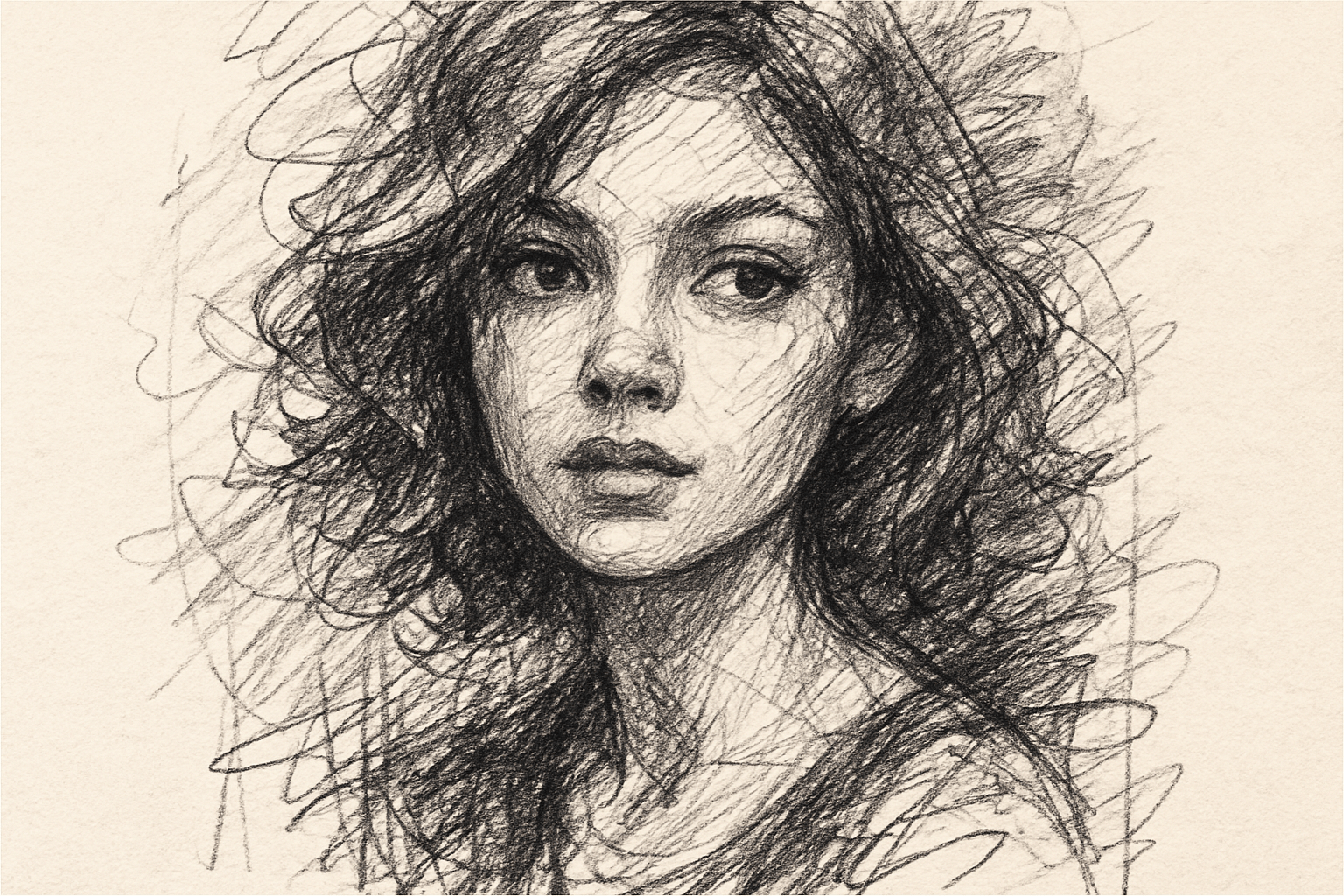
The art style Sketchy Art is characterized by its sketch-like appearance. The lines are often thin and irregular, and the overall look is unfinished. This style is often used for quick, rough sketches or for illustrations that have a whimsical or playful feel.
Thinking in the box: Impressionism, Modernism
Might also call it: 1. Art that is not well-defined or finished. 2. Art that is done quickly and not very carefully. 3. Art that is not very good.
Slovaks No.757
Slovak art is characterized by its strong use of color and light. Slovak artists often paint landscapes and cityscapes, as well as portraits and figure studies. They frequently use a variety of techniques, including impasto, pointillism, and stippling.
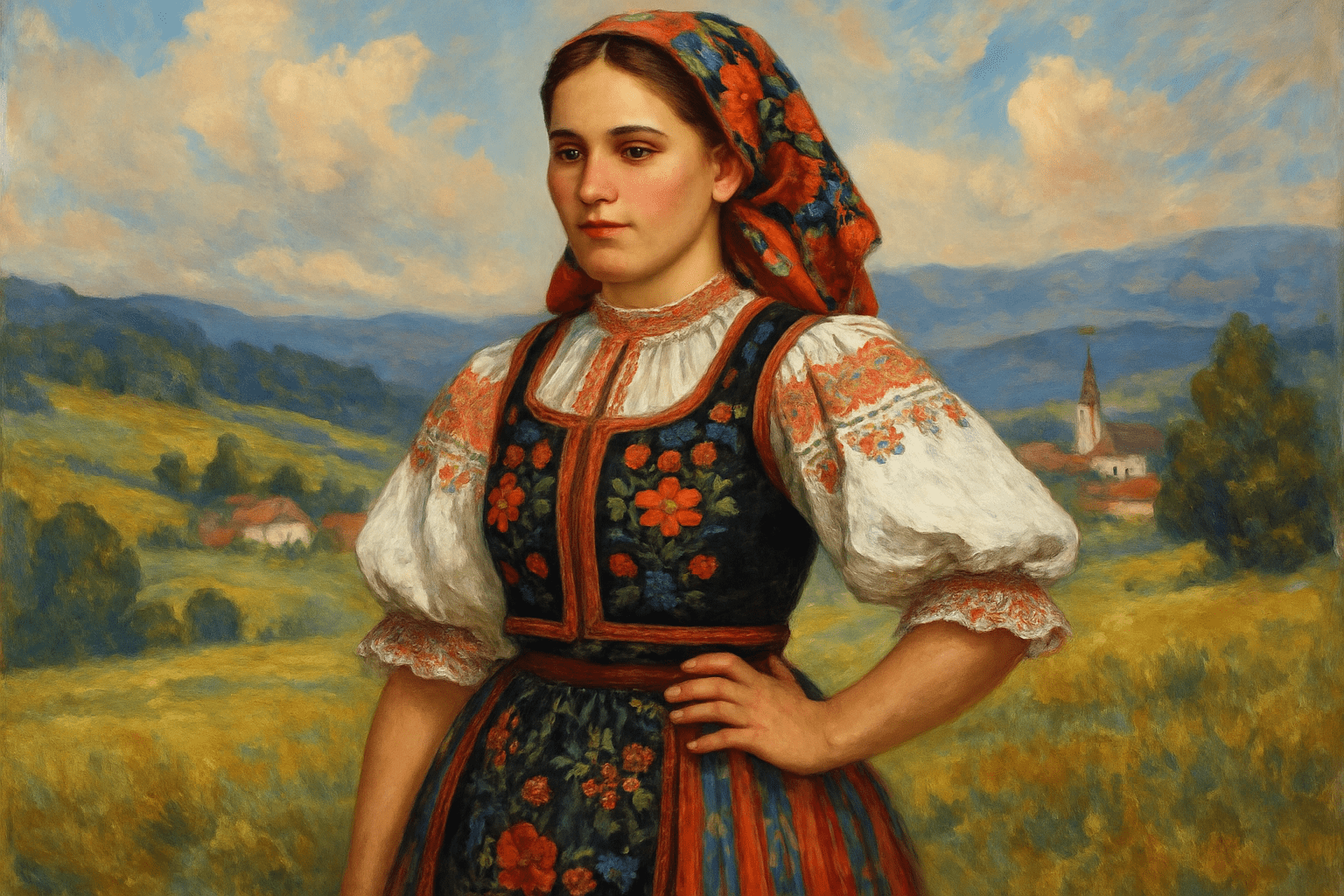
Slovaks typically have a very naturalistic and realistic art style. They often use bright colors and bold patterns, and their work is often characterized by a strong sense of movement and energy.
Thinking in the box: Impressionism, Modernism
Might also call it: Czechs, Moravians, Ruthenians, Silesians, Slavs
Slovenians No.758
Slovenian art is a reflection of the country's history and culture. Slovenian artists have been influenced by the country's geography, as well as by the art of other European countries. Slovenian art is characterized by a strong tradition of figurative painting and sculpture, as well as by a more recent tradition of abstract and conceptual art.
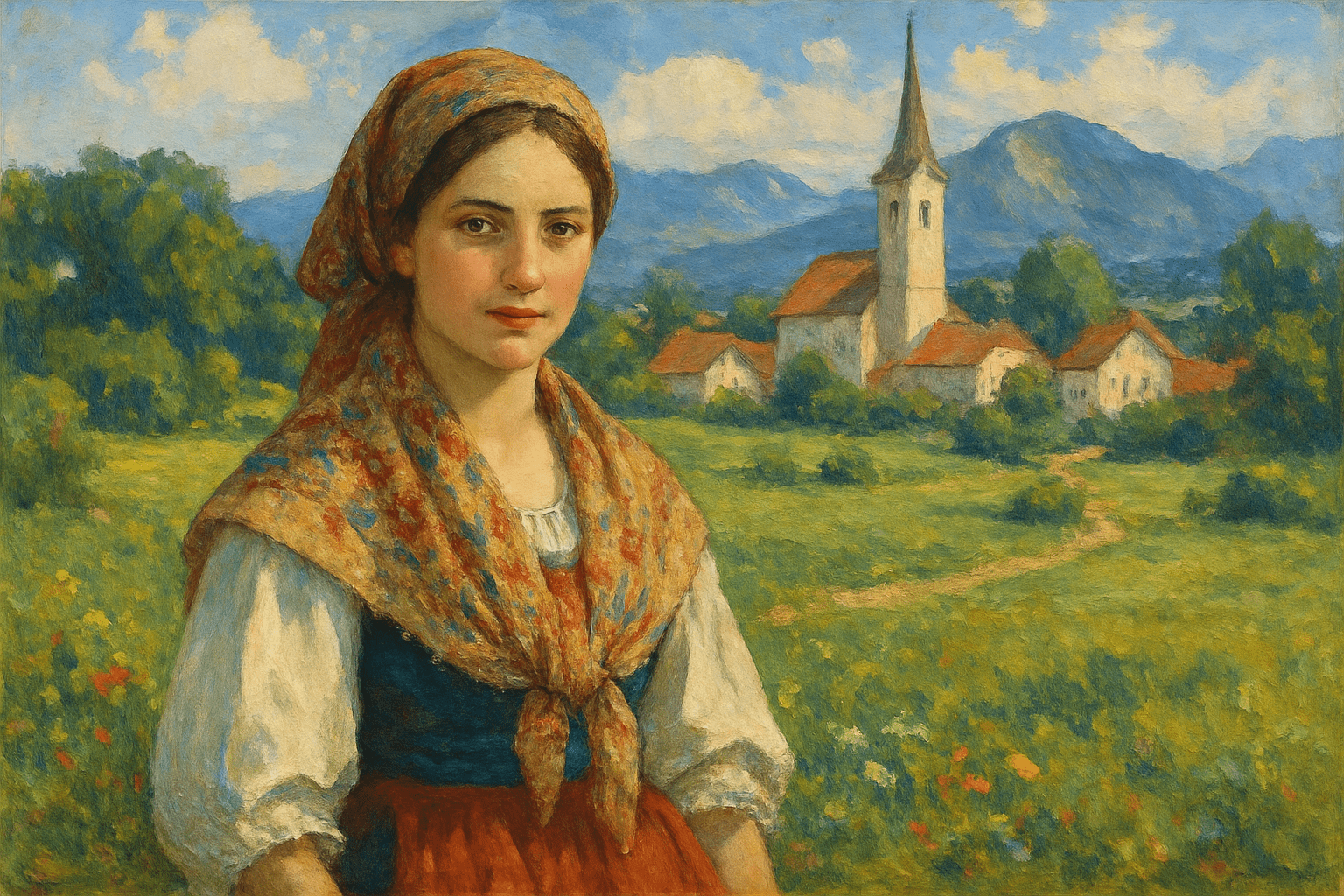
The art style of Slovenians is characterized by its use of bright colors and geometric shapes. Slovenian artists often use traditional motifs from their culture, such as folkloric animals and flowers.
Thinking in the box: Impressionism, Modernism
Might also call it: Slovaks, Czechs, Hungarians, Austrians, Germans, Poles, Ukrainians, Russians, Belarusians, and Moldovans.
Social Realism No.759
Social Realism is a 20th century art movement that depicts working class people and their everyday lives. The artists who developed this style sought to reflect society's ills and to promote social and political change.

The art style of Social Realism is characterized by its realistic and detailed portrayal of everyday life. It often includes scenes of people working or living in poverty, as well as scenes of social unrest or conflict.
Thinking in the box: Impressionism, Modernism
Might also call it: 1. Realism 2. Social realism 3. Naturalism 4. Verismo 5. Social naturalism
Socialist realism No.760
Socialist realism is a style of art that was developed in the Soviet Union in the 1920s. It is characterized by its use of realistic imagery to depict the everyday life of the working class.

The art style of socialist realism is characterized by its realistic and idealized depictions of workers, peasants, and other proletariat citizens. The style is often propagandistic, and its goal is to promote the socialist cause.
Thinking in the box: Impressionism, Modernism
Might also call it: Socialist realism is a style of art that depicts scenes from the everyday lives of workers and peasants, as well as promotes the ideals of the Communist Party.
Sosaku-hanga No.761
Sosaku-hanga is a Japanese art movement from the early 20th century, characterized by its creative and experimental approach to printmaking. Artists associated with the style sought to break away from the traditional methods of ukiyo-e, or woodblock printing, and instead experiment with new techniques and materials. The resulting prints were often more expressive and individualistic than those of the past, and helped to pave the way for the modernist art movements that followed in Japan.
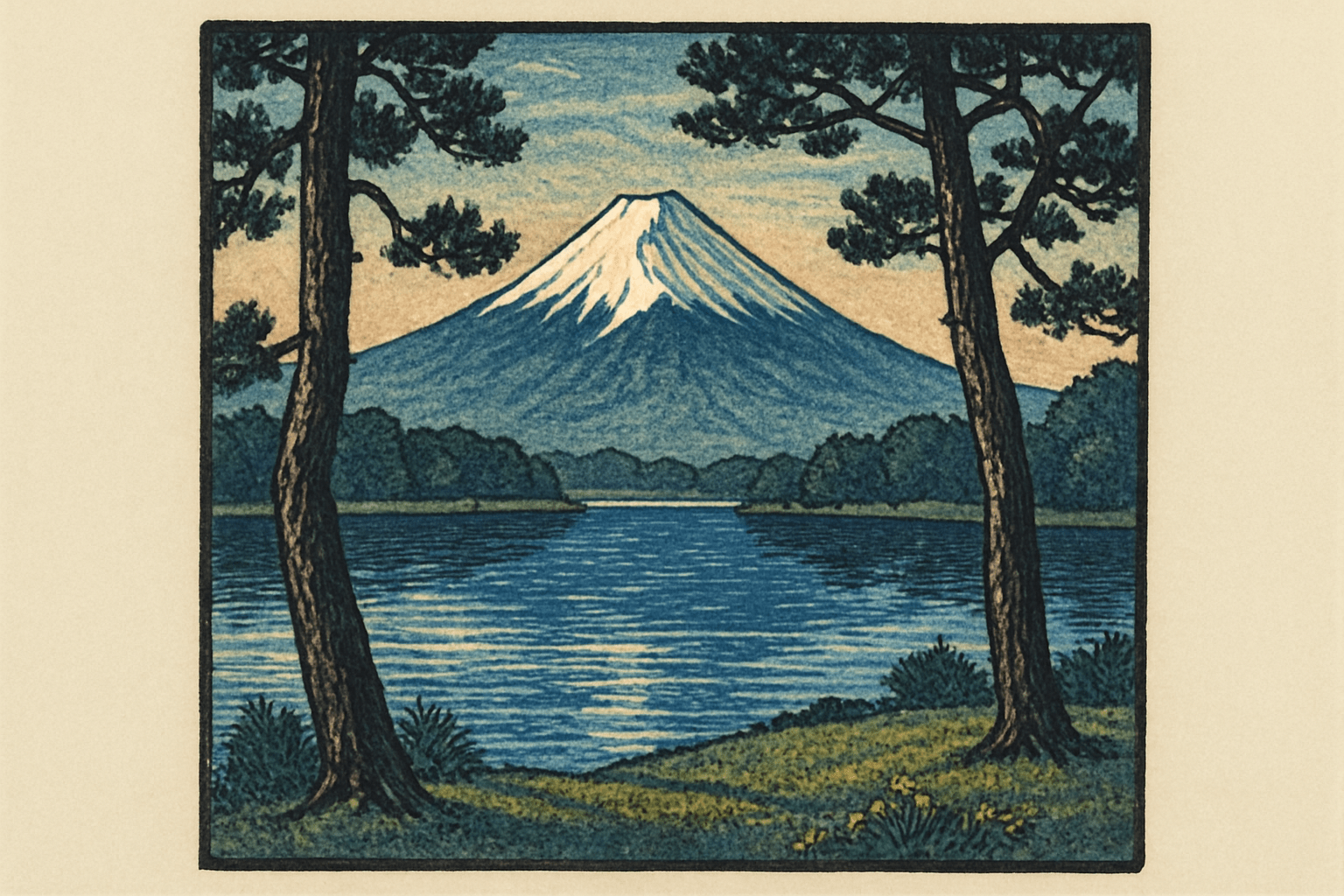
The Sosaku-hanga art style is characterized by its simple, clean lines and bold colors. The style is often compared to that of ukiyo-e, or Japanese woodblock prints.
Thinking in the box: Impressionism, Modernism
Might also call it: Sosaku-hanga is a Japanese art movement. Creative printmaking, Japanese printmaking, Japanese art movement.
Sosaku hanga No.762
Sosaku hanga is a Japanese art movement from the early 20th century, characterized by its creative and experimental approach to woodblock printing. Artists working in this style sought to express their own individual visions, often working outside the traditional constraints of the medium. Sosaku hanga prints are characterized by bold compositions, strong lines, and a focus on the artist's unique style.
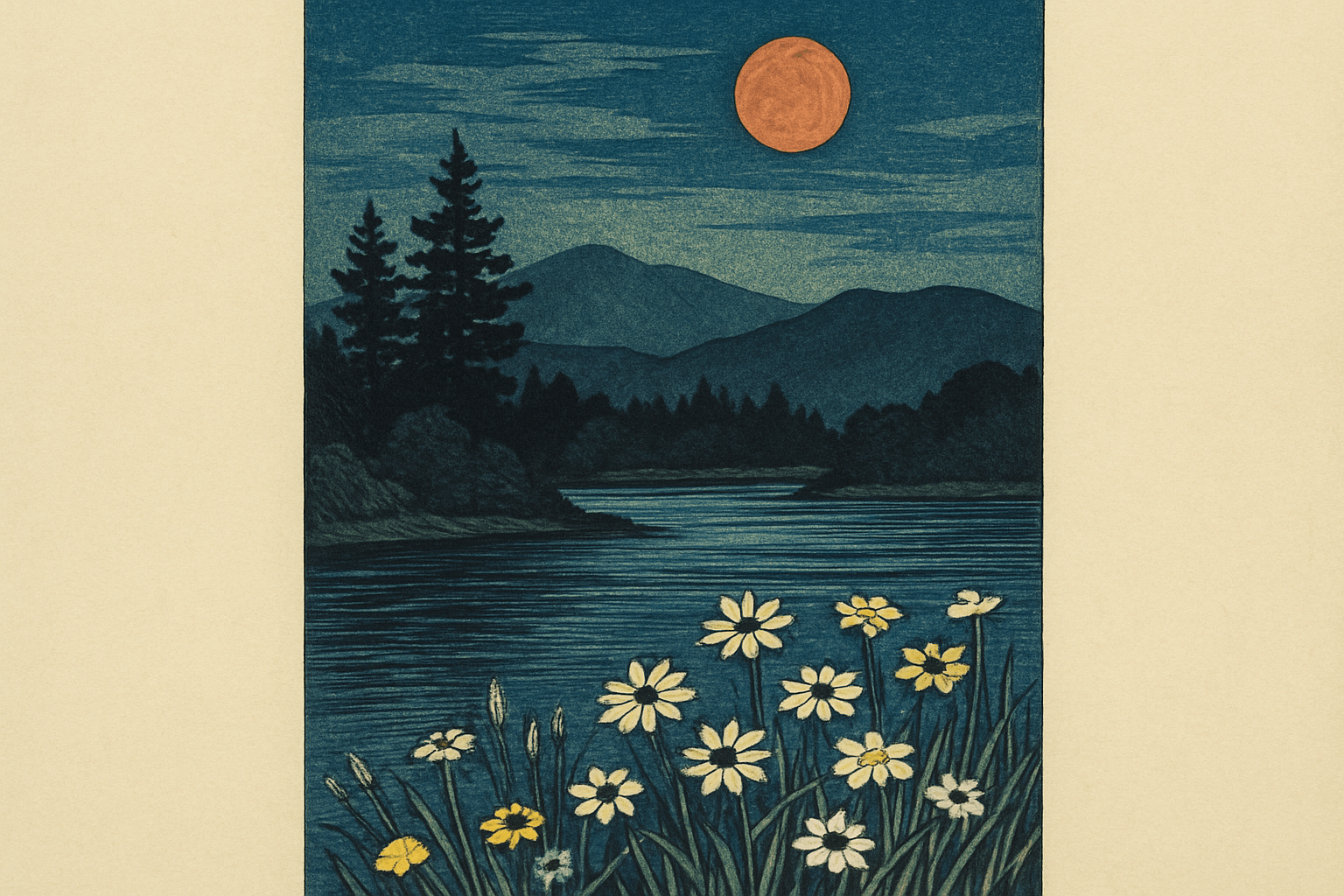
Sosaku hanga is a Japanese art style that is characterized by its simple and clean lines. The colors are usually muted, and the overall look is very minimalistic.
Thinking in the box: Impressionism, Modernism
Might also call it: Sosaku hanga is a type of Japanese woodblock printing. Other names for this printing style include creative printmaking, artist's printmaking, and handmade prints.
Sots art No.763
Sots art is a type of art that emerged in the Soviet Union in the early 1970s. It is characterized by its use of everyday objects and images, often in a satirical or ironic way.
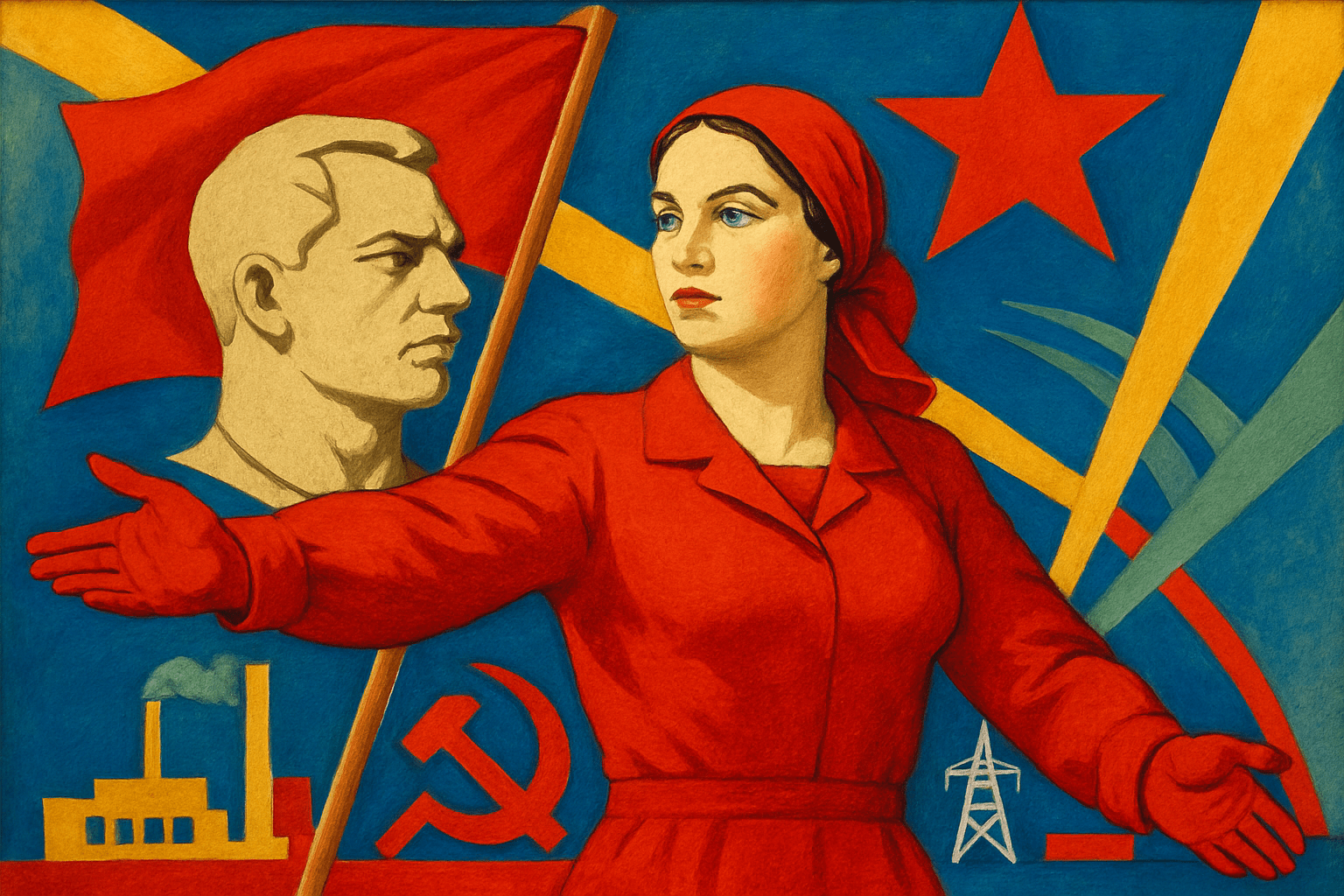
The art style of Sots art is characterized by its use of bright colors and bold patterns. It often features images of Soviet propaganda and socialist realism, as well as pop culture references.
Thinking in the box: Impressionism, Modernism
Might also call it: 1. Soviet art 2. Communist art 3. Socialist art 4. Proletarian art 5. Revolutionary art
Auditory Aesthetics No.764
The symphony of the abstract becomes tangible, like vibrant whispers across a vast soundscape. It captures the invisible canvas birthed from echoing spaces and the gentle caress of sonic brushes.
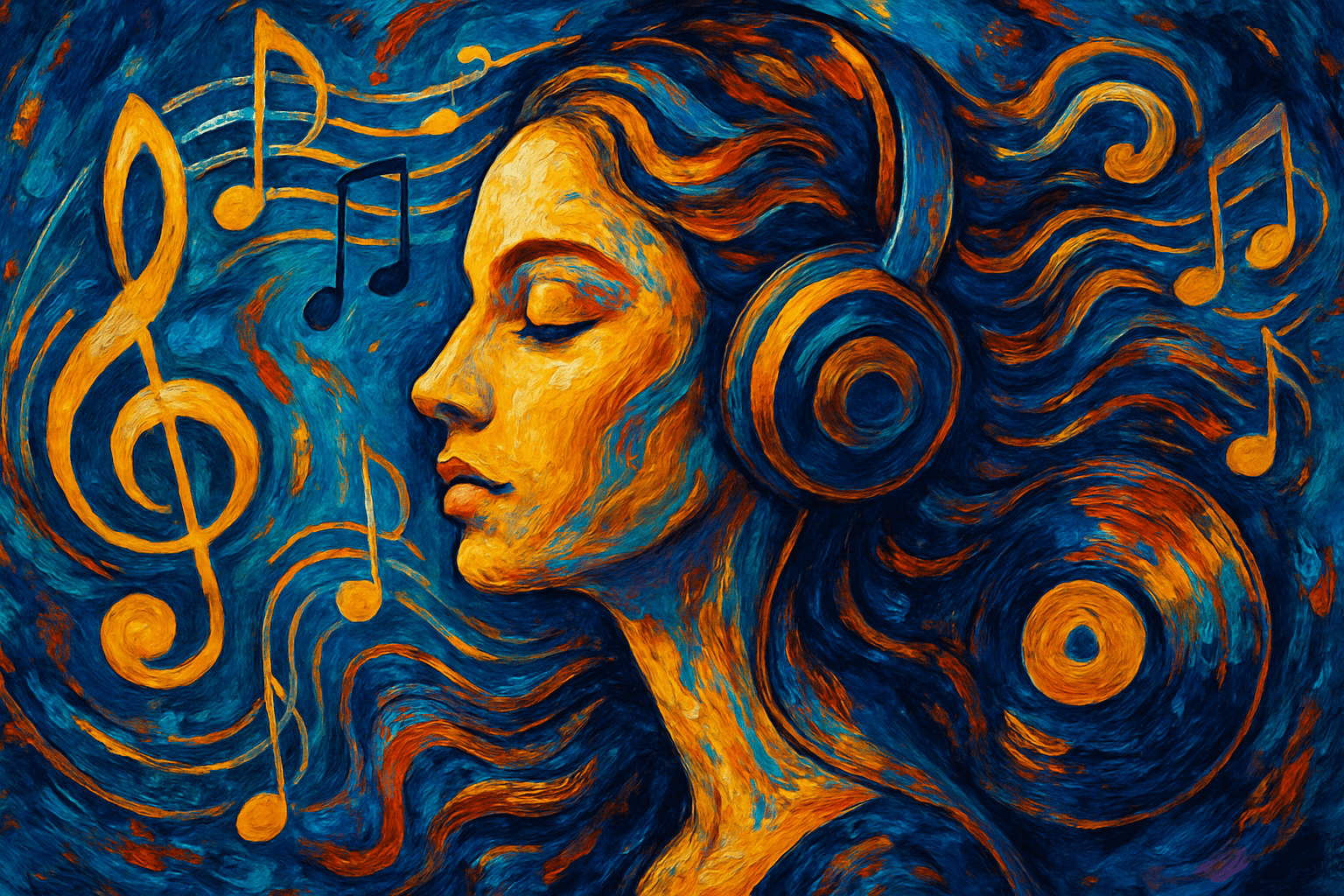
Though visual lines blur here, imagine undulating waves. Forms dance in your mind's eye, sculpted by silence and cacophony embracing in a harmonious waltz.
Thinking in the box: Experimental, Conceptual, Contemporary, Fluxus
Might also call it: Auditory Installation, Sonic Art, Acoustic Sculpture, Sound Sculpture
South Africans No.765
South African art is characterized by a unique blend of traditional African influences and Western influences. This can be seen in the use of bright colors, geometric shapes, and patterns. South African artists often use found objects and recycled materials in their work.
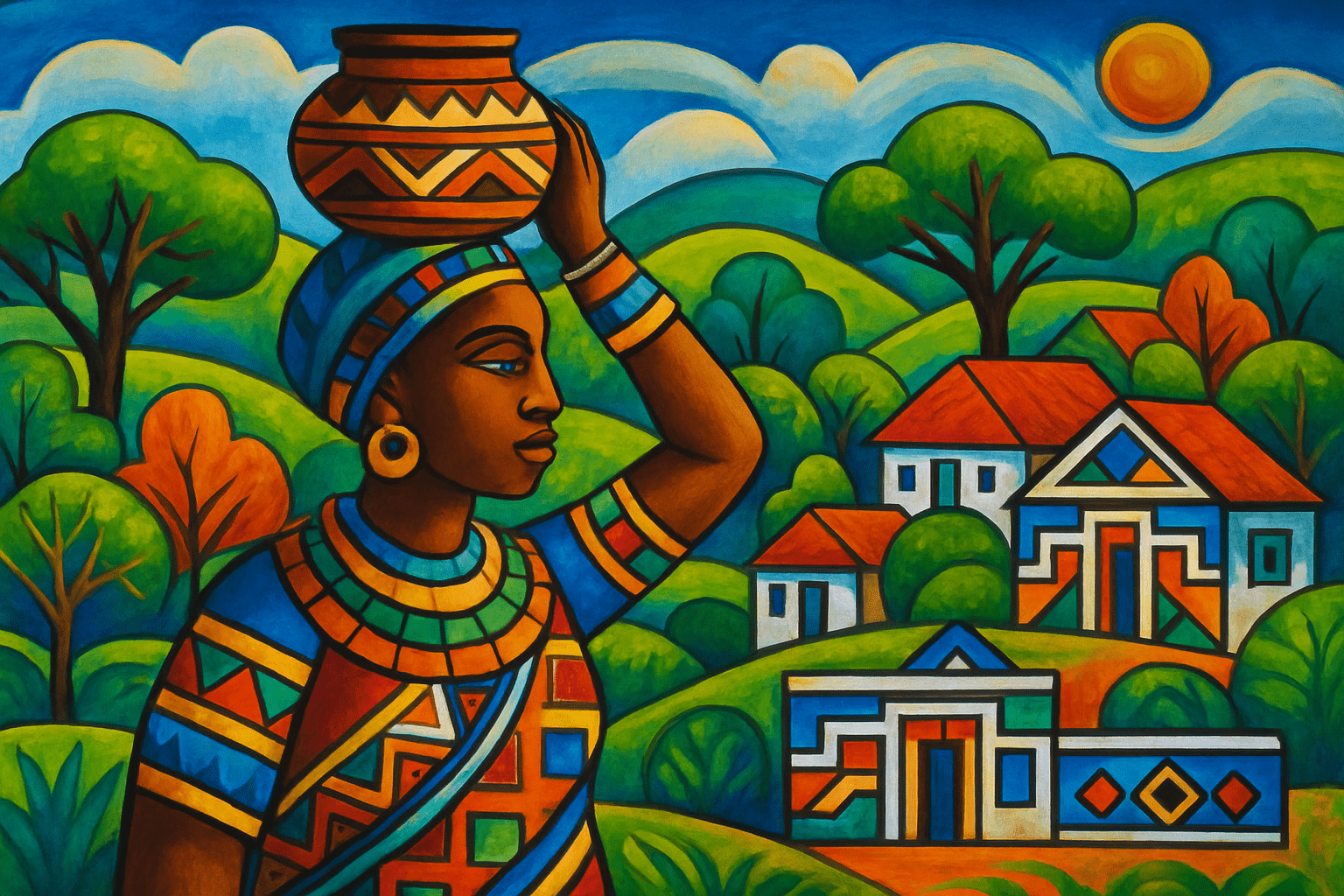
The art style of South Africans is very colorful and vibrant. The artists often use a lot of patterns and geometric shapes in their work.
Thinking in the box: Impressionism, Modernism
Might also call it: Africans
South Koreans No.766
South Korea has a unique and rich art history that is characterized by a wide variety of influences. From ancient pottery and sculpture to modern painting and architecture, South Korean artists have always been at the forefront of innovation. Today, the country is home to a vibrant contemporary art scene, with artists exploring a wide range of styles and mediums. Whether itÃÂÃÂs traditional calligraphy or cutting-edge installations, South Korean art is always exciting and fresh.
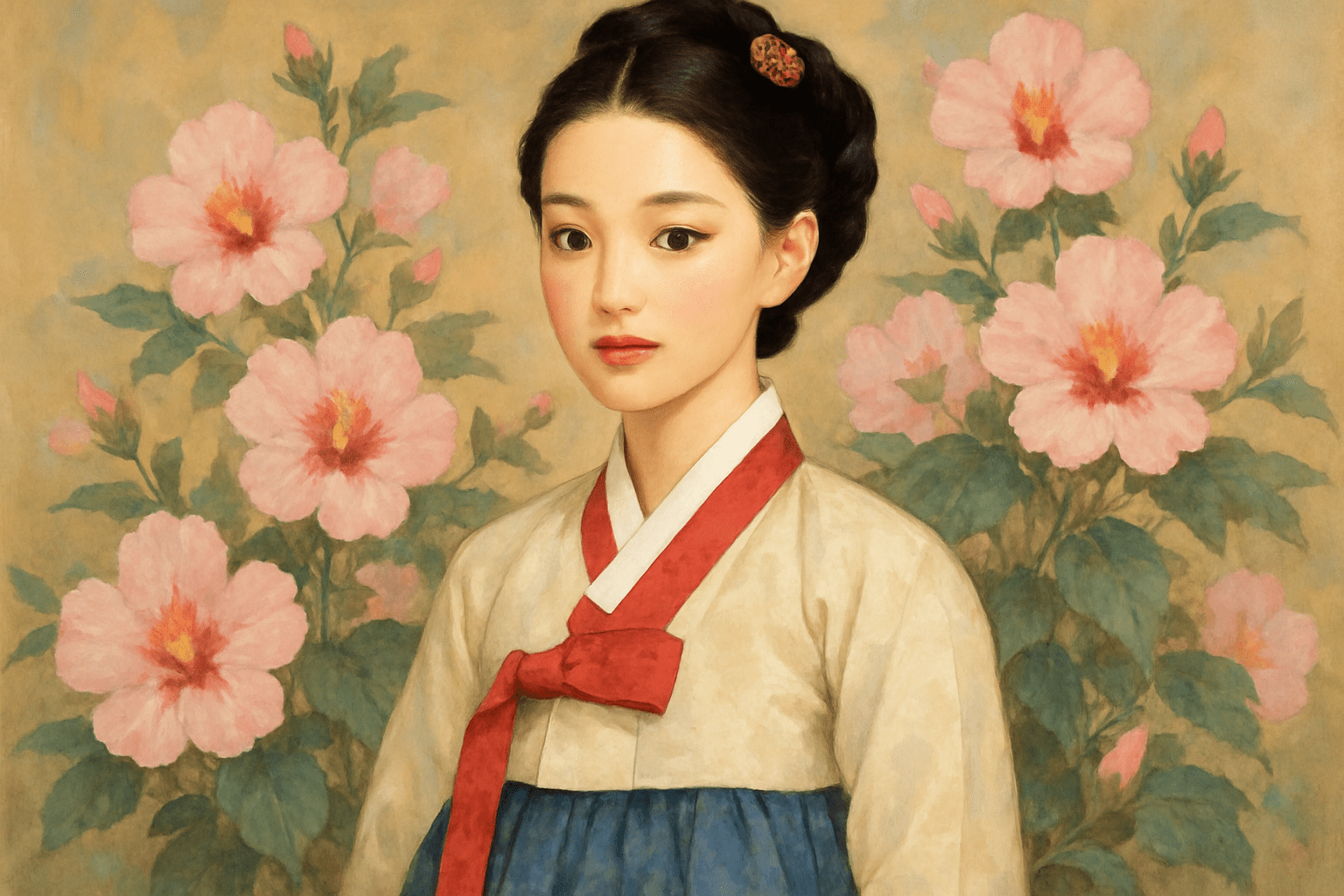
The art style of South Korea is very colorful and vibrant. The artists often use a lot of bright colors in their paintings and sculptures. They also tend to use a lot of patterns and geometric shapes in their work.
Thinking in the box: Impressionism, Modernism
Might also call it: ROK citizens, people of the Republic of Korea
Space art No.767
Space art is a genre of art that explores the vastness of space and the many objects within it. It often features bright colors and bold shapes, as well as a sense of scale and perspective. Space art can be representational or abstract, and it often has a dreamlike quality.

Space art is often colorful and includes images of planets, stars, and galaxies. It can be abstract or realistic.
Thinking in the box: Impressionism, Modernism
Might also call it: Space art can be referred to as astronomical art, space painting, or space illustration.
Spanish No.768
Spanish art is characterized by its strong religious influences as well as its unique regional characteristics. Spanish artists often used bright colors and bold designs in their work, which reflected the countryÃÂÃÂs vibrant culture. Many Spanish artists were also influenced by the countryÃÂÃÂs Moorish heritage, which is reflected in the intricate patterns and designs often found in Spanish art.

The art style Spanish is characterized by its use of bright colors and bold patterns. Spanish artists often use geometric shapes and patterns in their work, and they often incorporate elements of nature into their designs.
Thinking in the box: Impressionism, Modernism
Might also call it: Iberian, Castilian
Spatterism No.769
Spatterism is a form of painting that involves the use of a brush or other tool to splatter paint onto a surface. This technique can be used to create a variety of effects, from a textured background to a more abstract design.

Spatterism is a painting technique characterized by the use of paint that has been spattered or sprayed onto the canvas. This technique can create a variety of effects, from a delicate mist to a dense layer of color.
Thinking in the box: Impressionism, Modernism
Might also call it: 1. Abstract expressionism. 2. Action painting. 3. Art informel. 4. Automatism. 5. Chance operation. 6. Drip painting. 7. Expressionism. 8. Free association. 9. Free love. 10. Gestural painting. 11. Improvisation. 12. Intuition. 13. Letting go. 14. Manifesto of Spatterism. 15. Modernism. 16. Nonrepresentational art. 17. Open-endedness. 18. Performance art. 19. Process art. 20. Psychedelia. 21. Randomness. 22. Ritual. 23. Secularism. 24. Spontaneity. 25. Surrealism. 26. The unconscious. 27. Transcendentalism. 28. Zen Buddhism.
Spectral Prismatic Mesh No.770
A kaleidoscopic art form where color and light dance harmoniously across the canvas, creating a vibrant tapestry.
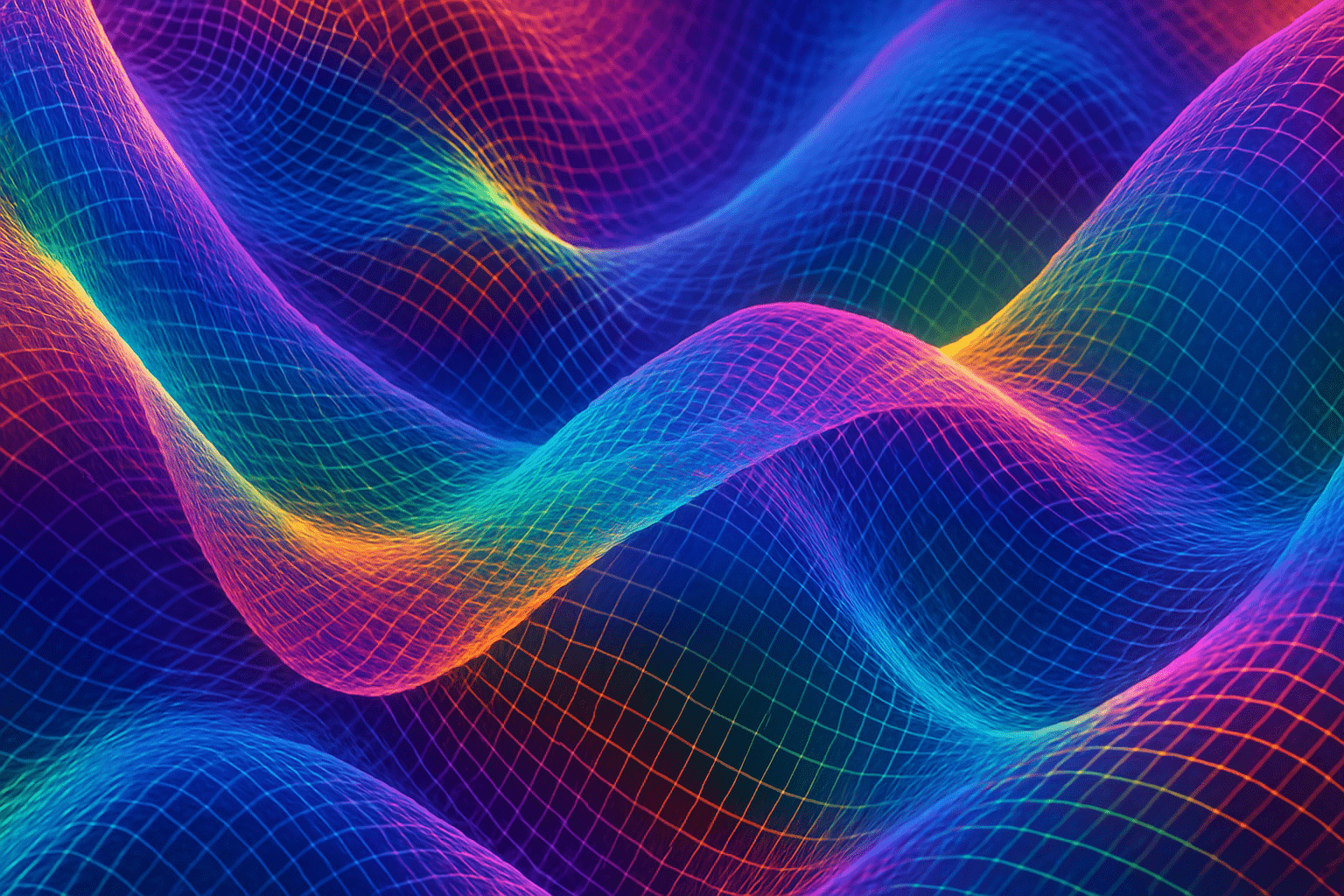
Cascading rainbows ripple through a plexus of intersecting lines, illuminating a canvas with shimmering hues that pulse with life.
Thinking in the box: Digital Art, Futurism
Might also call it: Luminous Geometric Spectrum, Colorwave Interference, Prismatic Illusion
Splatterism No.771
Splatterism is a form of abstract art in which paint is splattered or sprayed onto a surface. The resulting work is often characterized by bold colors and an energetic, chaotic feel. Splatterism can be traced back to the early 20th century, when artists like Jackson Pollock began experimenting with this technique. Today, splatterism is still popular among many contemporary artists who use it to create unique and eye-catching works of art.
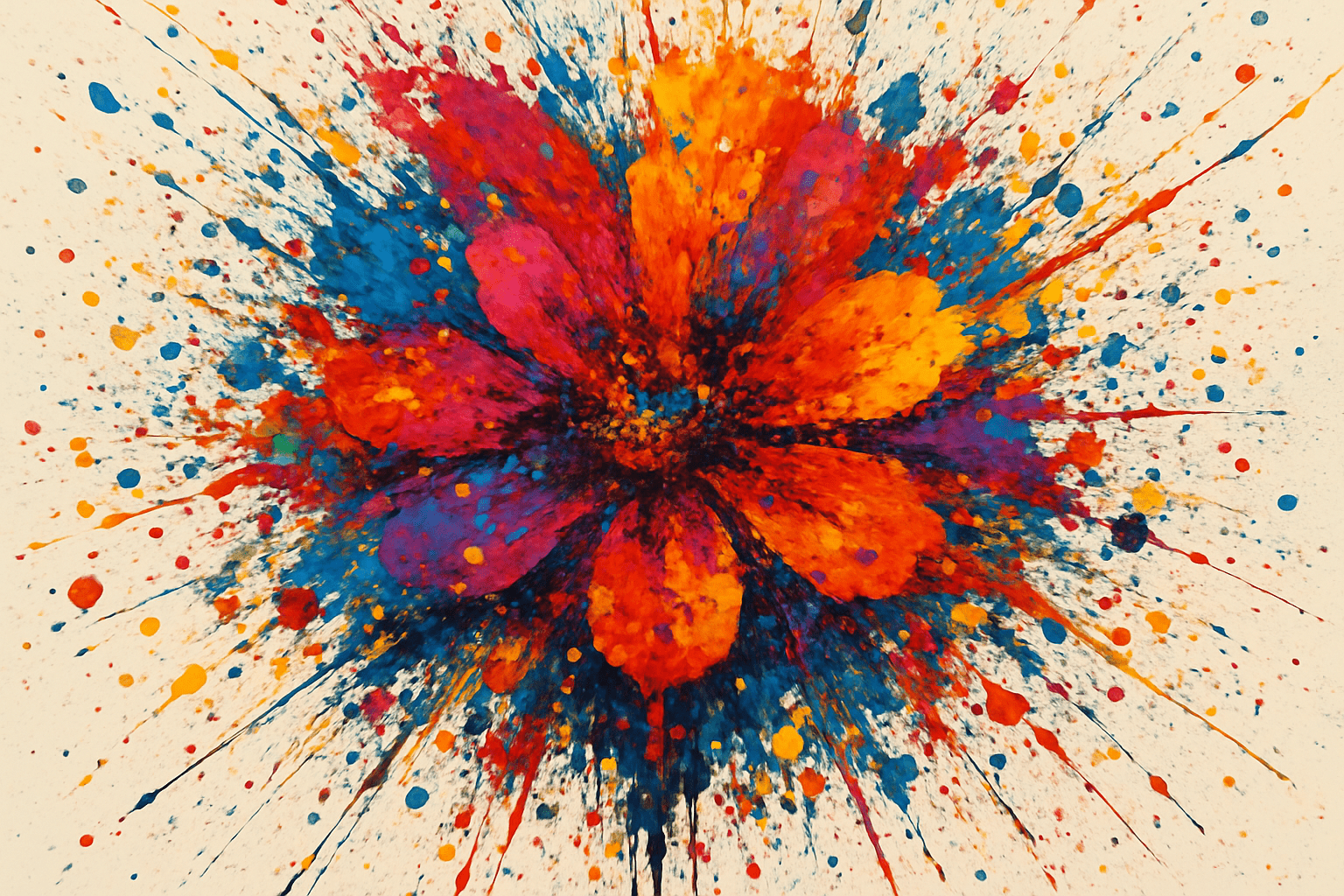
The art style Splatterism is characterized by the use of bright colors and bold patterns. The paintings are often abstract and have a chaotic feel to them.
Thinking in the box: Impressionism, Modernism
Might also call it: Drip painting, pour painting, action painting
Splatterismus No.772
Splatterismus is an art style that combines elements of abstract expressionism, surrealism, and pop art. It is characterized by bold, bright colors, distorted shapes, and a chaotic, energetic composition. The art style is often used to express emotions and ideas in a visually stimulating way. Splatterismus is a great way to make a statement and create a unique and eye-catching piece of art.

Splatterismus is an abstract art style that is characterized by the use of bold, vibrant colors and chaotic, energetic brush strokes. It often features a combination of abstract shapes, lines, and textures that are arranged in a seemingly random and chaotic manner. The overall effect is often one of energy and movement, with the colors and shapes blending together to create a unique and dynamic composition.
Thinking in the box: Impressionism, Modernism
Might also call it: 1. Spatterism 2. Splashism 3. Splurge 4. Spillage 5. Spritz 6. Spray 7. Splotch 8. Splodge 9. Splosh 10. Splatter
Spray Color Art No.773
Spray Color Art is an art style that uses spray paint to create vibrant and unique works of art. It is a popular form of street art that has been used to create murals, graffiti, and other art pieces. Spray Color Art is characterized by its bold colors and dynamic shapes, which can be used to create a wide range of artworks. The style is often used to create abstract and expressive pieces, as well as more traditional works. Spray Color Art is a great way to add a unique and eye-catching element to any space.

Spray Color Art is an art style that uses spray paint to create abstract, vibrant, and colorful compositions. The artworks often feature bold, bright colors and shapes that blend together to create a unique and eye-catching visual. The artworks often have a graffiti-like aesthetic, with drips and splatters of paint that add to the overall texture and movement of the piece. The artworks can range from simple and minimalistic to complex and detailed, depending on the artist's style.
Thinking in the box: Impressionism, Modernism
Might also call it: Spray Color Art, particularly in the context of AI art, might not have direct synonyms, but there are related terms and styles that capture similar concepts. These include: - Graffiti Art - Street Art - Urban Art - Aerosol Art - Spray Paint Art - Digital Graffiti - AI-Generated Art - Computational Art - Algorithmic Art - Generative Art These terms reflect the use of spray paint techniques, urban influences, and the involvement of AI or digital processes in creating art.
Stained Glass Art No.774
A shimmering dance of light and color,\\ where glass fragments craft luminous stories,\\ echoing through cathedrals and modern sanctuaries.

Kaleidoscopic panels capturing sunlight in prisms,\\ intricate patterns of jewel-toned brilliance,\\ sacred and secular alike, a canvas of light and shadow.
Thinking in the box: Medieval Art, Decorative Art, Gothic Art, Modern Art
Might also call it: Glass Art, Vitreous Art, Light Art
Stained glass church window No.775
Stained glass church windows are a type of artwork that is created by using stained glass. The stained glass is used to create a design that is then placed in a window. The stained glass church windows are a popular type of artwork because they are beautiful and they can be used to tell a story.

The art style of a stained glass church window is usually very colorful and bright. The colors are usually very bold and vibrant, and the overall appearance is very eye-catching.
Thinking in the box: Impressionism, Modernism
Might also call it: Church window made of stained glass
Stained glass god church window No.776
The Stained glass god church window is a beautiful and unique art style that is perfect for any church or religious setting. This style of window is created by using stained glass to create a scene or image that is religious in nature. The stained glass is often brightly colored and the overall effect is stunning.

The art style of a stained glass god church window is usually very colorful and detailed. The glass is often stained with different colors to create a beautiful design.
Thinking in the box: Impressionism, Modernism
Might also call it: Chapel, cathedral, oratory, tabernacle.
Stained glass window No.777
Stained glass windows are a type of window in which pieces of colored glass are held together by lead cames and placed in a frame. The glass is often stained with designs or patterns. Stained glass windows were popular in churches and other public buildings in the Middle Ages.

The art style of a stained glass window is usually very colorful and bright. The colors are usually very bold and vibrant, and the overall appearance is very eye-catching.
Thinking in the box: Impressionism, Modernism
Might also call it: Fancy window, pretty window, colorful window
Steam Punk No.778
Steam Punk is a subgenre of science fiction that typically features steam-powered machinery, especially in a setting inspired by industrialized Western civilization during the 19th century. Steam Punk generally has a pessimistic tone, and often features an anti-heroic or rebellious protagonist. The genre has been used as a backdrop for stories about social criticism, and has been known to incorporate elements of fantasy and horror.
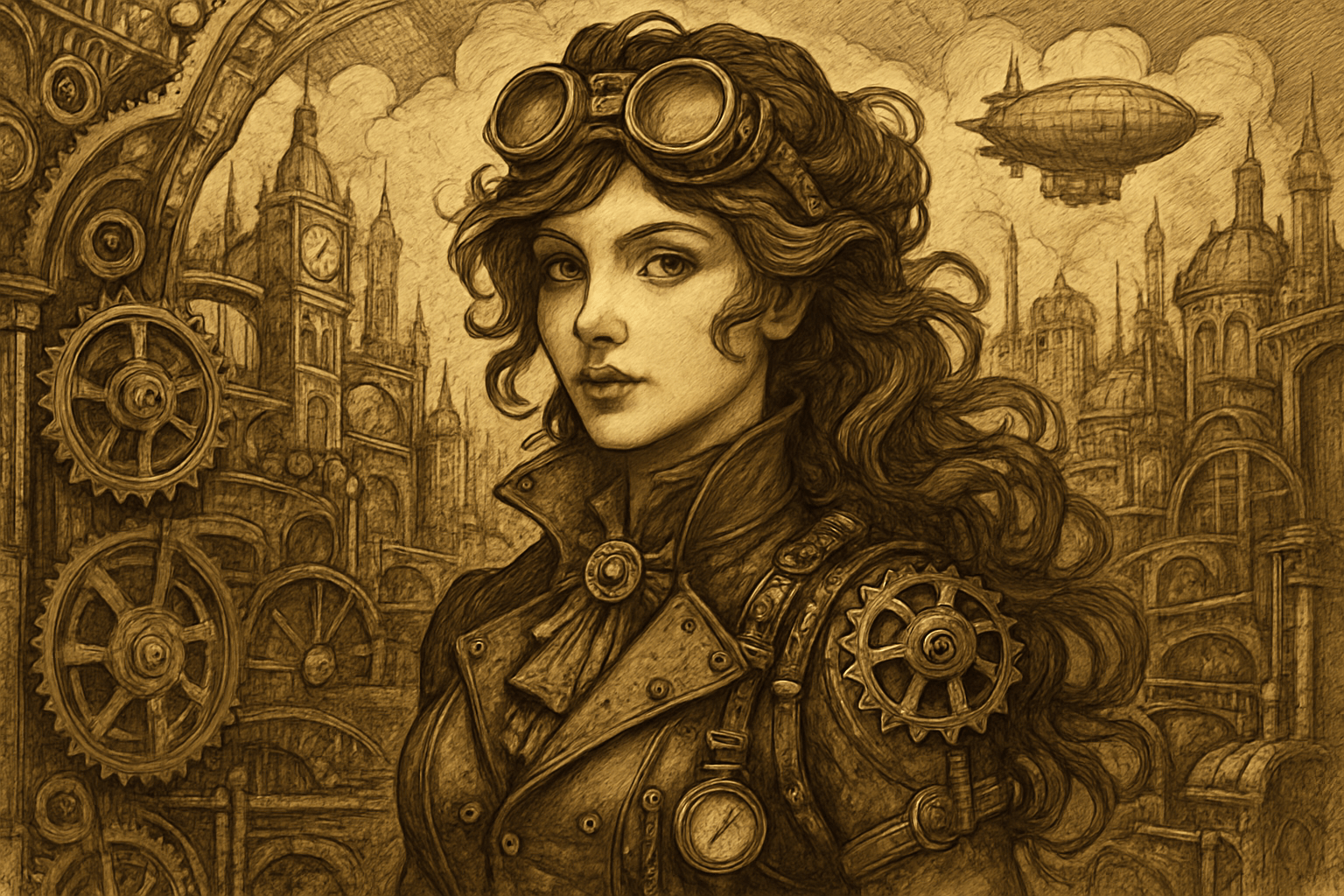
The art style of Steam Punk is usually characterized by its use of Victorian-era technology and aesthetics in a setting that is either anachronistic or futuristic. This can include such things as steam-powered machinery, dirigibles, and clockwork devices. The overall look is often dark and gritty, with a focus on industry and machinery.
Thinking in the box: Impressionism, Modernism
Might also call it: 1. Victorian science fiction 2. Steampunk literature 3. Neo-Victorianism 4. Retro-futurism 5. Dieselpunk
Steam Punk Drawing No.779
Steam Punk Drawing is an art style that combines the elements of steam-powered machinery and Victorian-era design. It is often used to create retro-futuristic illustrations, with a focus on intricate detail and bold colors.

The art style of Steam Punk Drawing is very detailed and has a lot of intricate line work. The overall look is dark and gritty, with a lot of dark colors and muted tones. There is a strong steampunk influence, with a lot of gears and cogs visible in the drawings.
Thinking in the box: Impressionism, Modernism
Might also call it: 1. Victorian-inspired drawing 2. Drawing with a steampunk aesthetic 3. Drawing that incorporates Victorian-era machinery 4. Drawing that features a mix of Victorian and modern elements 5. Drawing that is inspired by the steampunk genre
Steam Punk Oil painting No.780
This Steam Punk Oil Painting is a great example of the art style known as Steam Punk. This painting features a variety of different colors and textures that give it a unique look and feel. The painting is also very detailed, with a variety of different elements that all work together to create a cohesive image.

The art style of Steam Punk Oil painting is characterized by its use of bright colors and bold patterns. The paintings often feature intricate details and often have a vintage or antique feel to them.
Thinking in the box: Impressionism, Modernism
Might also call it: Oil painting, painting, art
Still life No.781
Still life is a genre of art that focuses on the depiction of inanimate objects, typically commonplace items such as flowers, fruits, or everyday objects. Still life paintings are often incredibly detailed and can be quite beautiful.
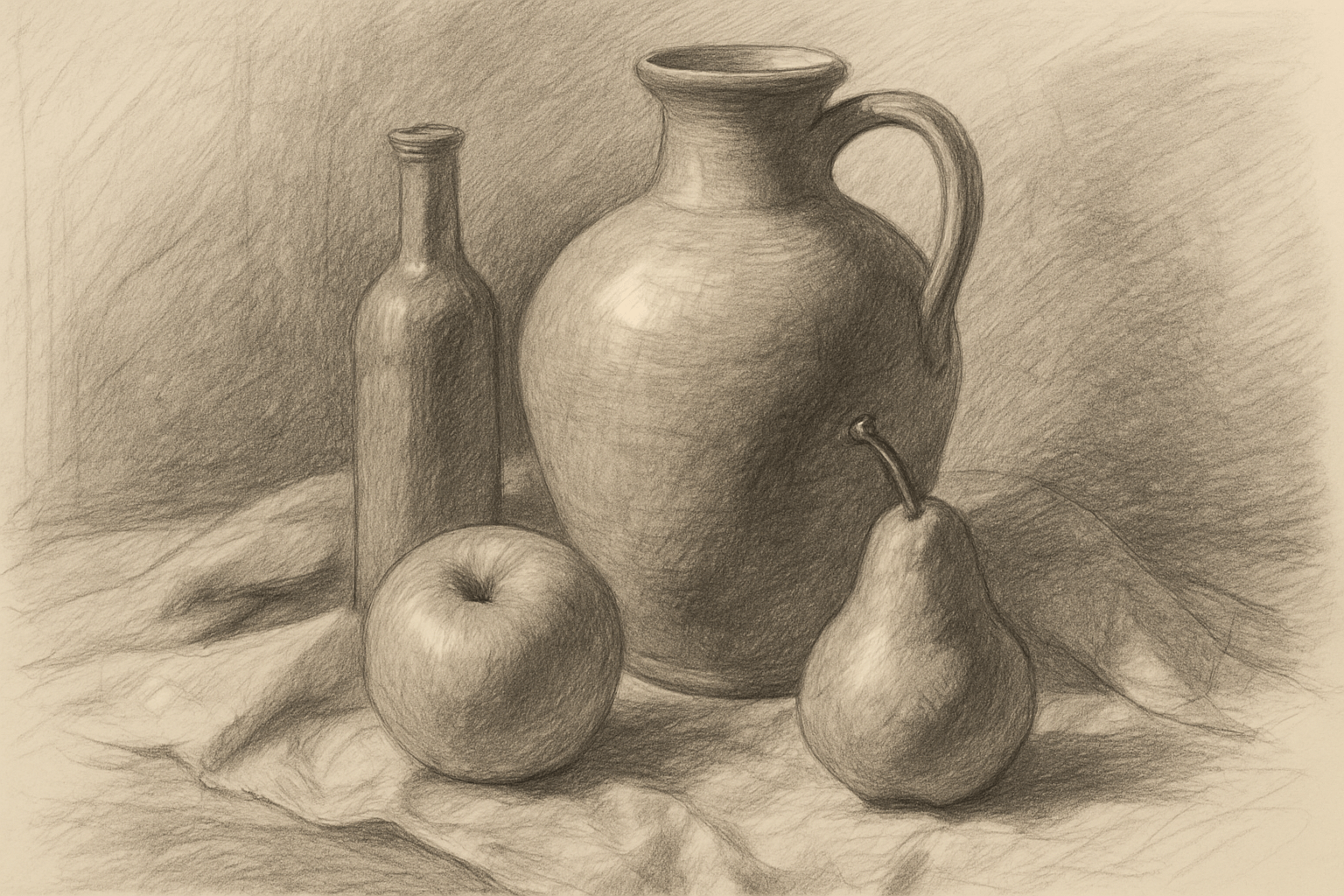
The art style of still life is characterized by its use of light and shadow to create a realistic three-dimensional effect. The style is often used to depict everyday objects, such as fruit, flowers, and tableware.
Thinking in the box: Impressionism, Modernism
Might also call it: 1. Motionless 2. Inert 3. Stationary 4. Lifeless 5. Unmoving
Still life Drawing No.782
Still life drawing is a type of drawing that focuses on capturing the beauty of everyday objects. This art form dates back to the Renaissance, when artists would often use these drawings to study the human form. Today, still life drawings are used to capture the beauty of nature, as well as the simplicity of everyday objects.

The art style of still life drawing is characterized by its use of simple, clean lines and shapes. The focus is on the objects being depicted, rather than on the background or surrounding environment. This style is often used to depict everyday objects in a realistic way.
Thinking in the box: Impressionism, Modernism
Might also call it: Still life drawing can also be called "inanimate object drawing" or "non-living things drawing."
Stippling No.783
Stippling is a form of drawing that uses dots to create a image. This technique can be used with any medium, but is most commonly seen in pen and ink drawings. Stippling is a very time-consuming process, but can create very detailed and realistic images.

Stippling is a form of pointillism in which dots are used to create a image.
Thinking in the box: Impressionism, Modernism
Might also call it: Dotting, speckling, spotting, spattering, flecking, mottling.
Stranger Things No.784
The Netflix original series Stranger Things is set in the 1980s and pays homage to the pop culture of that decade. The show's art style is heavily influenced by the work of Steven Spielberg, John Carpenter, and Stephen King. The series has a retro feel that is both nostalgic and creepy.

The art style of Stranger Things is very retro, with a lot of bright colors and geometric shapes. The overall aesthetic is very 1980s, which fits with the show's setting.
Thinking in the box: Impressionism, Modernism
Might also call it: Different Things, Unusual Things, Bizarre Things, Weird Things, Peculiar Things, Strange Things
Street Art No.785
Street art is a type of art that is created in public places. It is usually done without permission from the authorities and is often seen as vandalism. Street art can be anything from graffiti to stencils to stickers.

The visual appearance of street art is usually very colorful and eye-catching. It often features bold lines and shapes, and often incorporates elements of graffiti.
Thinking in the box: Impressionism, Modernism
Might also call it: Graffiti, murals, street art
Street Drawing No.786
Street drawing is a type of art that is created by drawing on public surfaces such as sidewalks, walls, and buildings. This type of art is often created without permission from the property owner and is considered to be vandalism. Street drawing can be used to communicate messages or to simply beautify an otherwise drab environment.
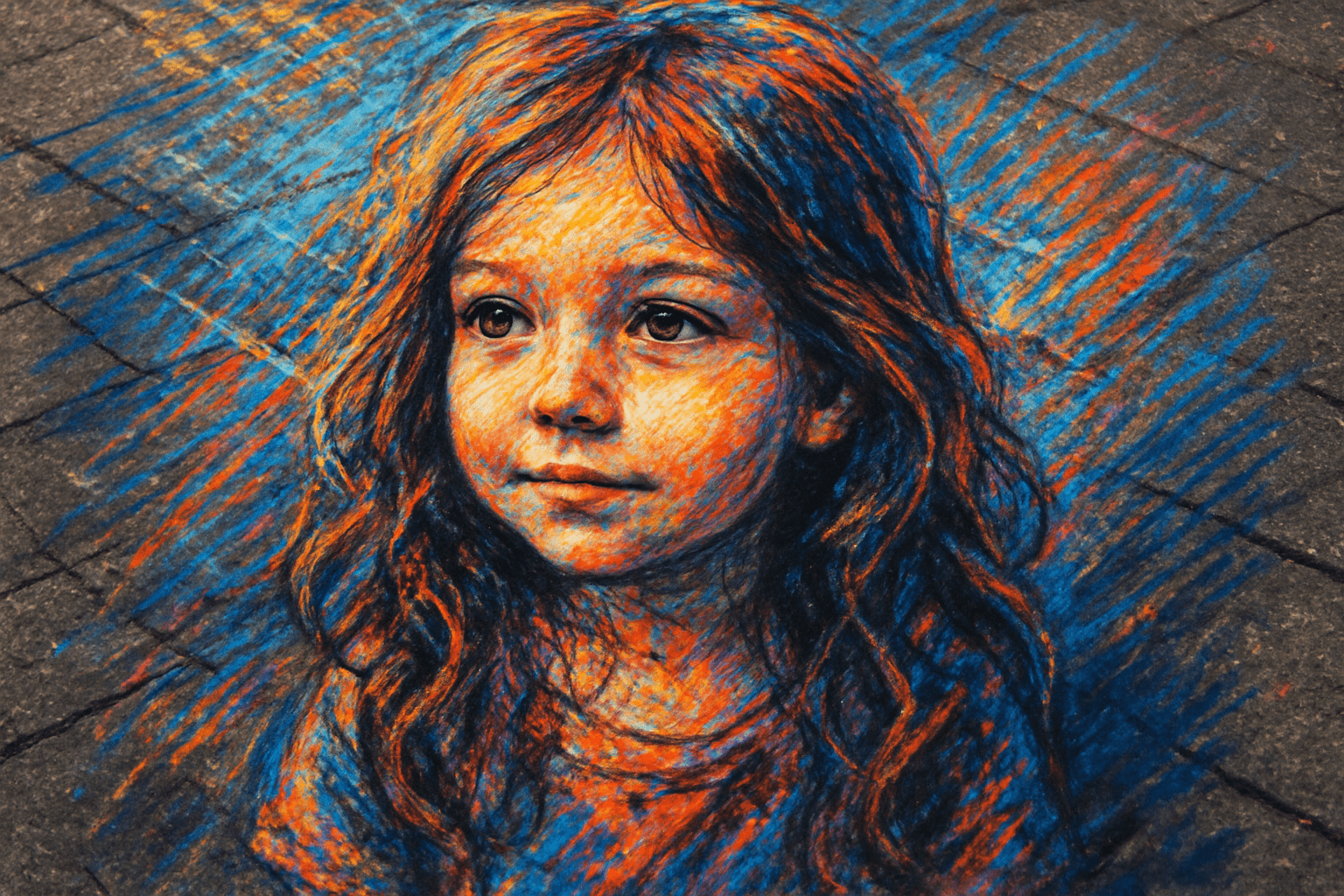
The art style of street drawing is typically characterized by its use of bold lines and bright colors. The overall look is often playful and energetic, with a focus on movement and rhythm.
Thinking in the box: Impressionism, Modernism
Might also call it: Sketching, doodling, drawing, painting
Stripeism No.787
Stripeism is a type of painting or drawing in which stripes are used to create a image or pattern. The stripes can be of any color, thickness, or length, and can be arranged in any order.

Stripeism is a visual art style characterized by bold, graphic stripes. The stripes are usually of different colors, and they are often arranged in a diagonal or zigzag pattern. The overall effect is one of movement and energy.
Thinking in the box: Impressionism, Modernism
Might also call it: Prejudice, bigotry, discrimination, intolerance.
Strongiziscoloart No.788
Strongiziscoloart is a unique and powerful art style that is characterized by its use of strong colors and bold lines. This art style is perfect for making a statement and grabbing attention.
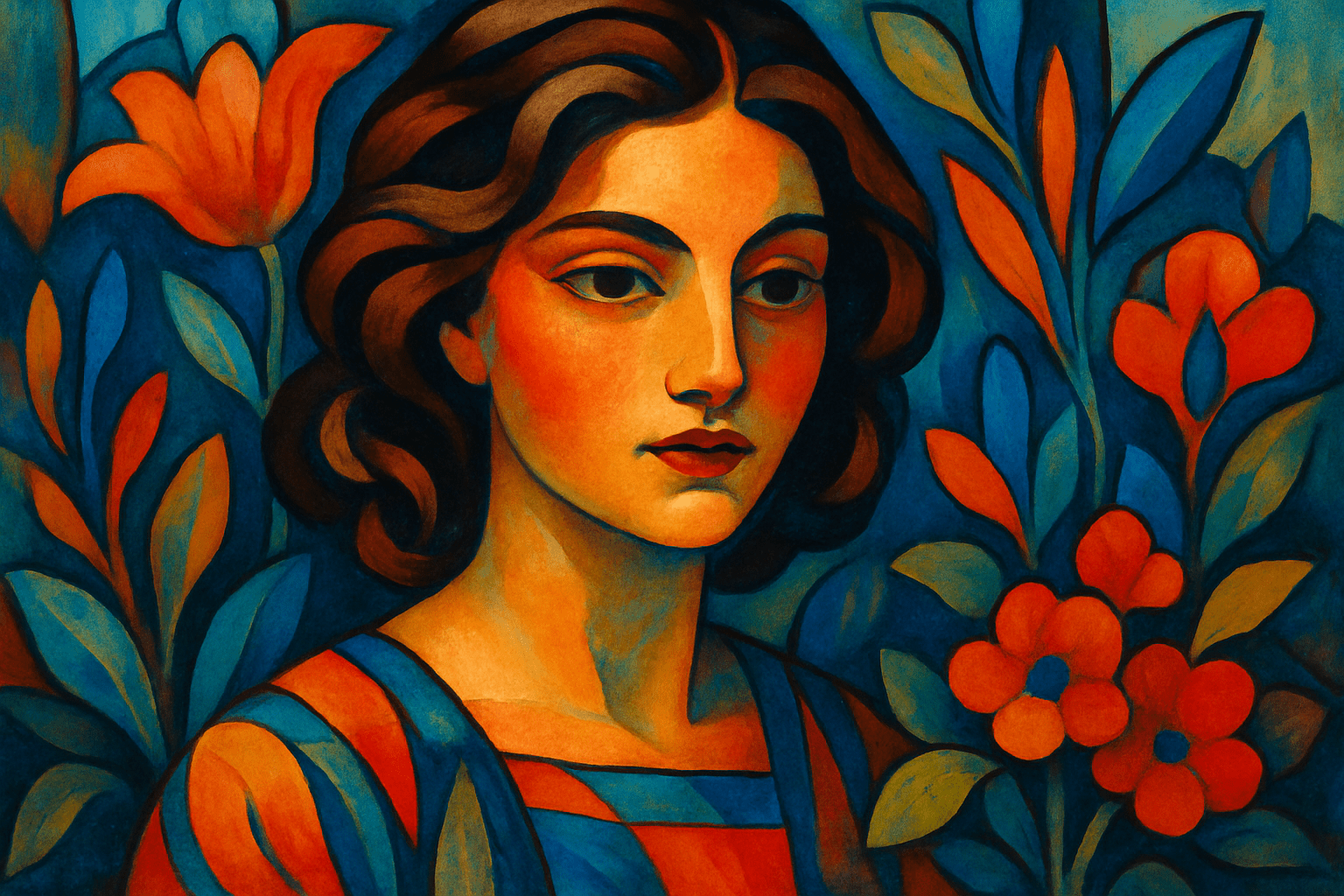
The art style is characterized by strong, bold lines and shapes. The colors are usually bright and vibrant. The overall effect is energetic and eye-catching.
Thinking in the box: Impressionism, Modernism
Might also call it: Powerful, muscular, brawny, burly, husky, strapping.
Artstyle Meticulousness No.789
A visual symphony of lines and forms, dissecting our world into geometric clarity. It thrives on the order hidden amidst chaos, echoing the rhythm of a mathematician's heart.

Clean lines dissect the canvas like a precise blade. Shapes intertwine, forming a complex dance, a kaleidoscope under the steady gaze of logic and continuity.
Thinking in the box: Modernism, Post-Modernism
Might also call it: Analytic Art, Geometric Precisionism, Orderism
Stucatism No.790
Stucatism, a digital renaissance, melds AI with human intuition. It crafts dreamlike landscapes where pixels dance like impressionist brushstrokes. This art style embodies a symphony of technology and emotion, capturing fleeting moments in a kaleidoscope of color and form.
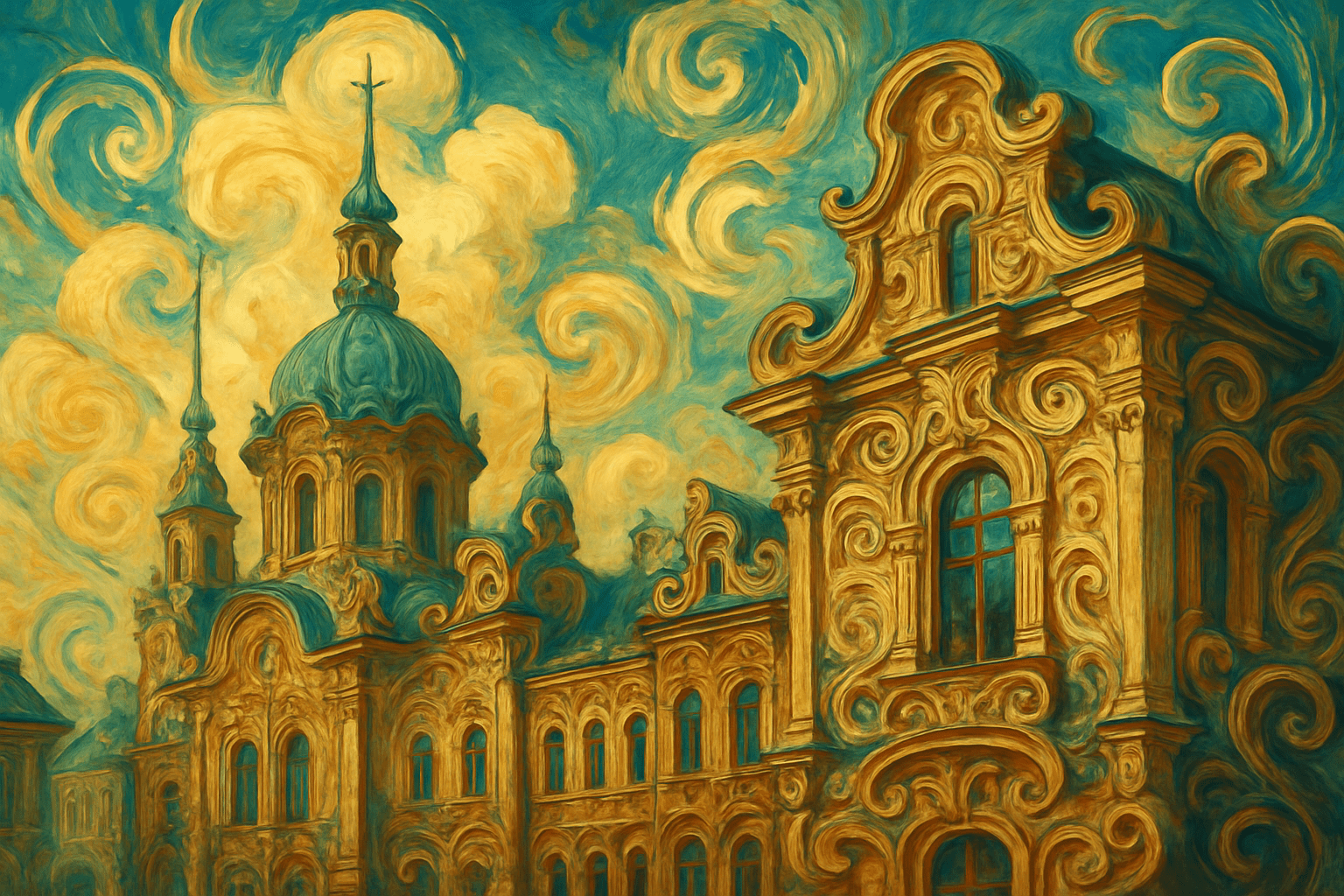
Stucatism swirls like a tempestuous sea, blending the precision of digital pixels with the organic chaos of brushstrokes. It’s a dance of vivid colors and stark lines, creating a symphony of controlled disorder that captivates the eye.
Thinking in the box: Impressionism, Modernism
Might also call it: Stucatism, as an AI art style, might not have direct synonyms, but related terms could include: - Algorithmic Art - Generative Art - Digital Expressionism - Machine Learning Aesthetic - Neural Network Art - Computational Creativity - Techno-Impressionism - Cybernetic Art These terms capture the essence of art created through computational processes and AI technologies.
Stuckism No.791
Stuckism is a contemporary art movement founded in 1999 by Billy Childish and Charles Thomson to promote figurative painting as opposed to conceptual art. The name "Stuckism" was coined by Childish in response to an insult by Tracey Emin. The group has grown to include over 60 international artists, including several women.
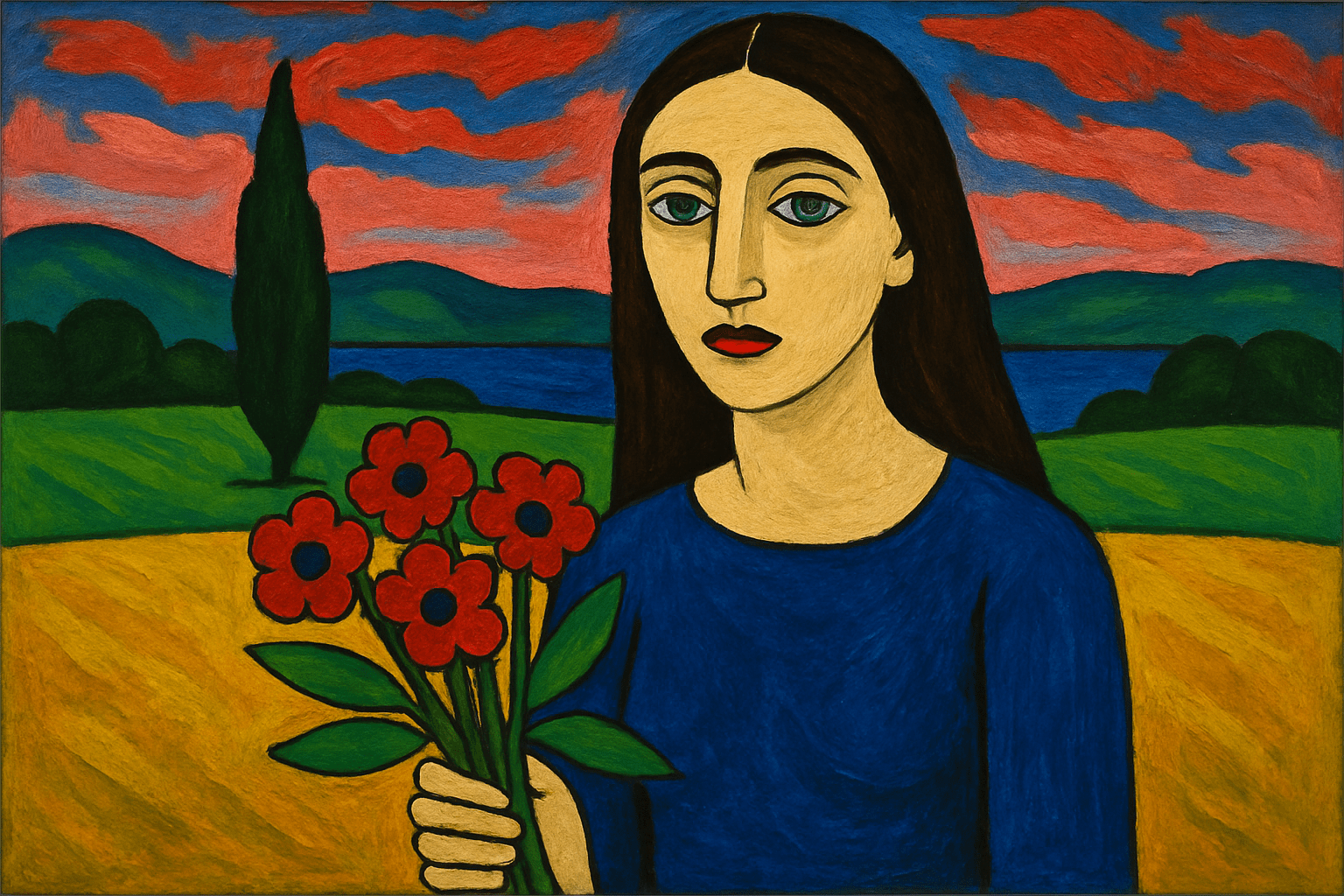
The art style of Stuckism is characterized by its use of bright colors and bold patterns. The style is often described as being "loud" or "in your face." Stuckism artists often use a variety of mediums to create their art, including painting, sculpture, and collage.
Thinking in the box: Impressionism, Modernism
Might also call it: Trapped, mired, bogged down, caught, ensnared
Studio Ghibli No.792
Ghibli's art is an enchanted waltz of color and emotion, bridging the magical with the mundane, an odyssey only limited by imagination.
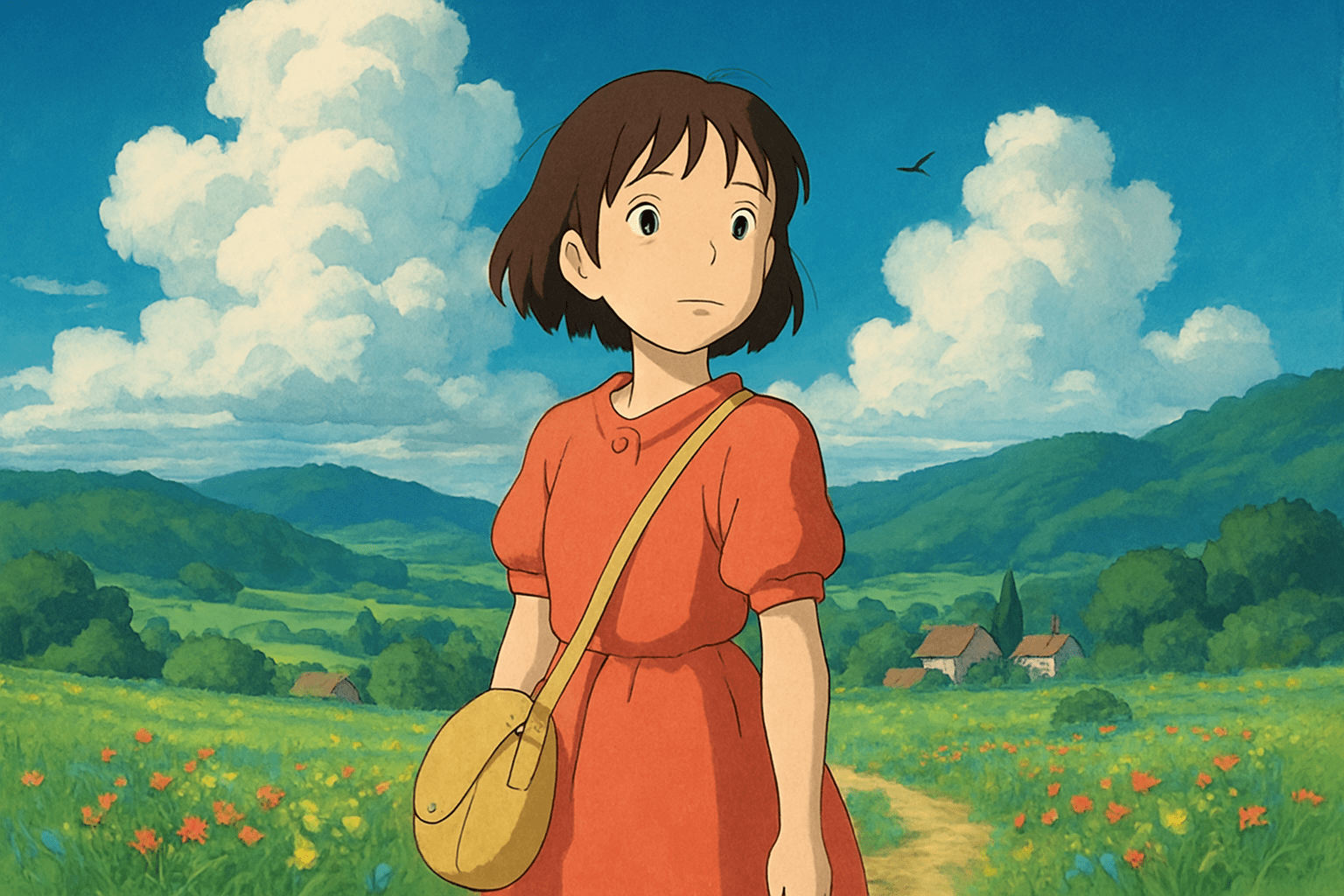
A vivid tapestry of dreamscape worlds where nature breathes deeply, characters with soulful eyes traverse lush forests, and skies stretch infinitely within pastel embraces.
Thinking in the box: Animation, Fantasy, Modernism
Might also call it: Ghibli Animation, Miyazaki's Worlds, Whispering Groves
Style of J. M. W. Turner No.793
The style of J. M. W. Turner can be described as Romanticism with a focus on light and color. He was known for his use of light and color to create mood and atmosphere in his paintings. His style was influenced by the British landscape and his own personal experiences.
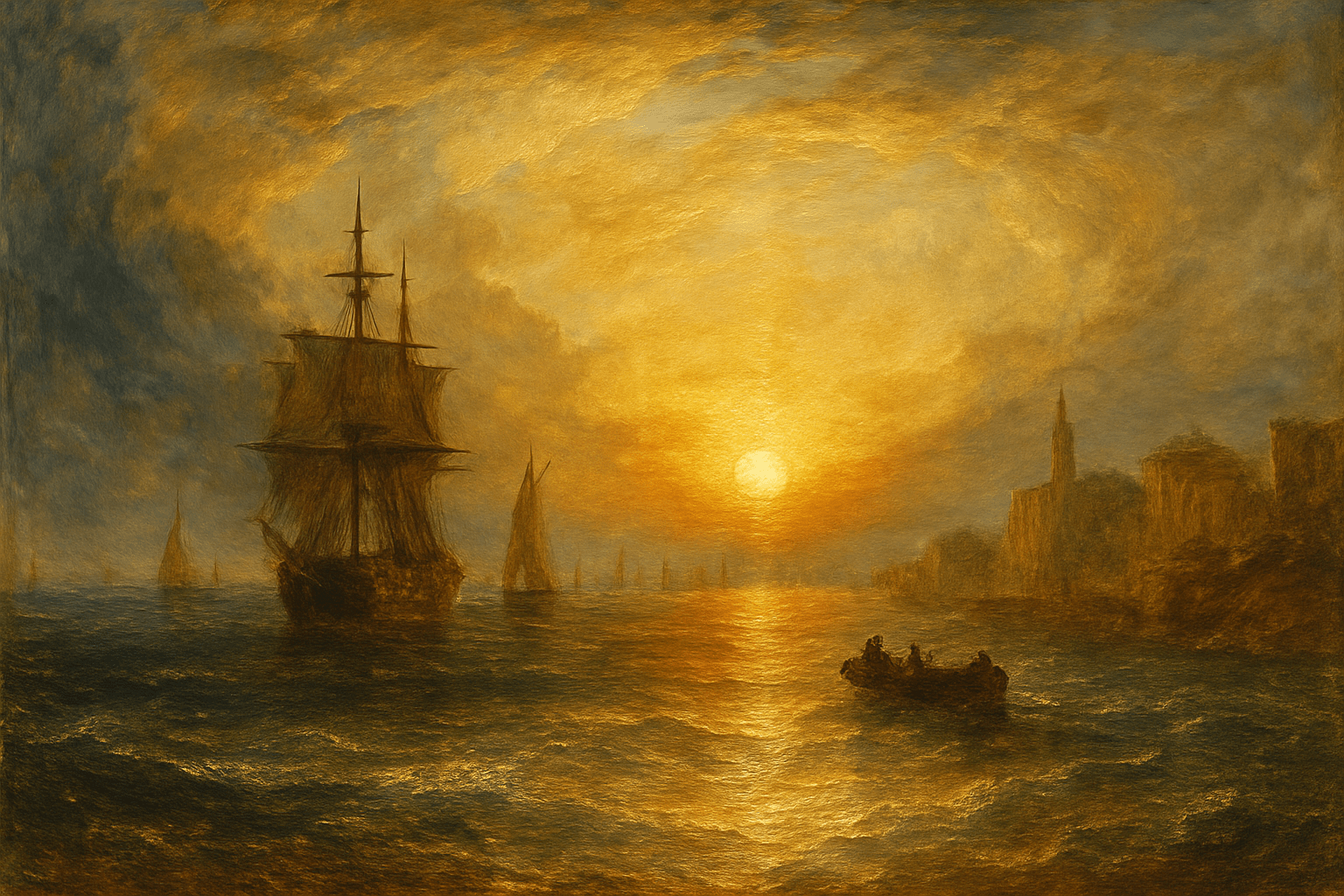
The visual appearance of the art style of J. M. W. Turner is characterized by its use of light and color. Turner's paintings often feature a bright, sun-drenched palette, with bold and vibrant colors. His brushwork is often loose and expressive, giving his paintings a sense of movement and energy.
Thinking in the box: Impressionism, Modernism
Might also call it: The Style of J. M. W. Turner can be described as Romantic, Impressionistic, or Luminist.
Subconscious Spectra No.794
A kaleidoscopic dance between dreams and reality, Subconscious Spectra melds vibrant colors and fluid forms, offering passages into worlds uncharted.
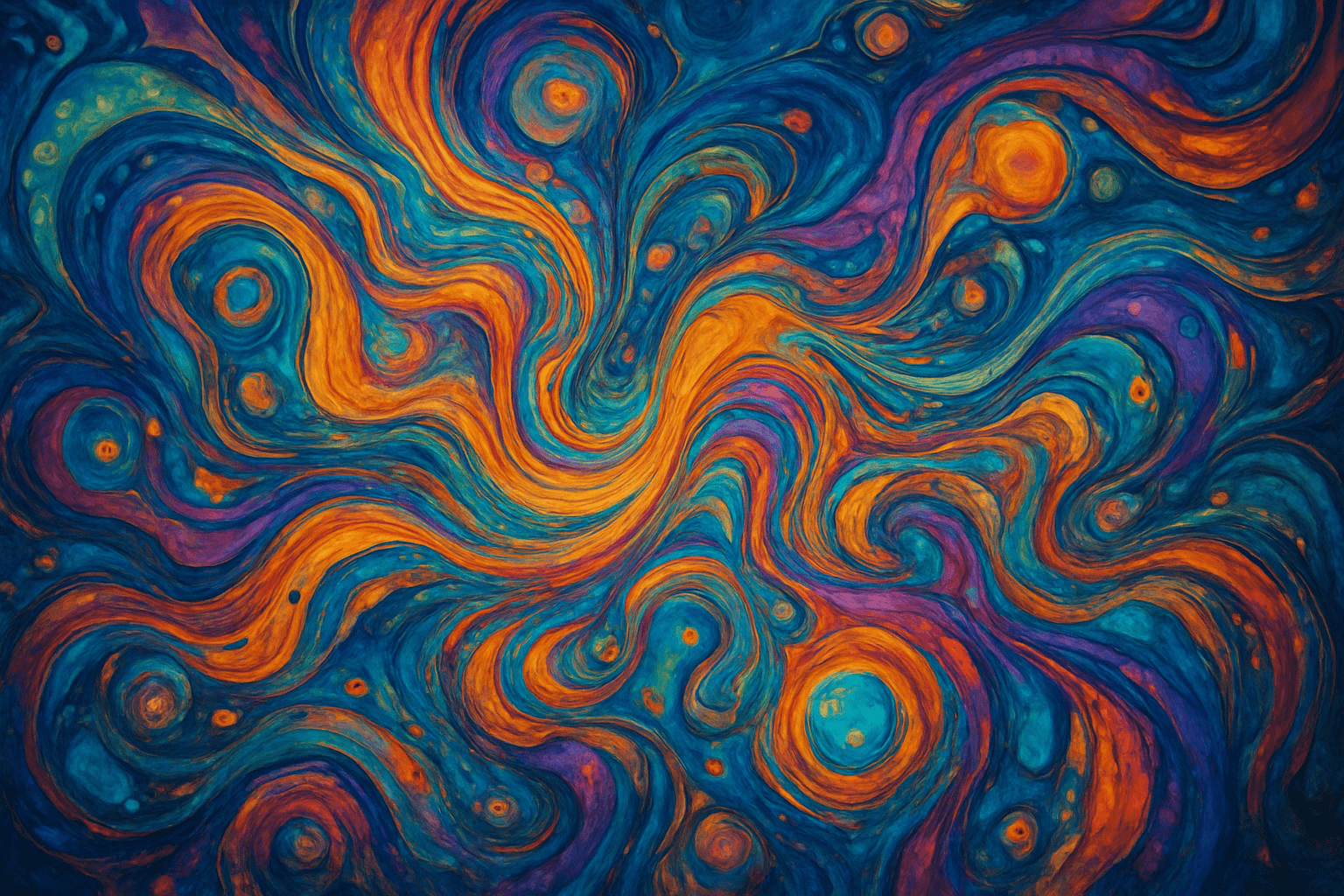
Imagine melting rainbows cascading skyward, swirling hues suspended in gravity’s gentle grasp, a tapestry of color-defying gravity’s embrace.
Thinking in the box: Surrealism, Neo-Expressionism
Might also call it: Dreamscapes, Prism Realism, Liminal Landscapes
Subpixel Lattice Art No.795
Imagine pixel whispers, where every dot articulates secrets of vibrant dreams, creating a mosaic of echoed realities laced with surreal elegance.
A kaleidoscope dance of pixels; interwoven patterns shimmer with rhythmic electricity, each frame a visual hymn to the digital ether.
Thinking in the box: Digitalism, Algorithmic Art
Might also call it: Pixel Weave, Digital Mosaic
Sudaneses No.796
The Sudanese art style is marked by its use of bright colors and geometric shapes. Sudanese artists often use a technique called "stippling" to create intricate patterns. This art style is often used to decorate Sudanese homes and public spaces.

The Sudanese art style is characterized by its use of bright colors and patterns. Sudanese artists often use a variety of colors and patterns in their work, which can create a visually striking effect. Sudanese art often features geometric shapes and patterns, as well as naturalistic images of animals and plants.
Thinking in the box: Impressionism, Modernism
Might also call it: Sudanese
Sumatraism No.797
Sumatraism is an art style that emerged in the early 20th century on the island of Sumatra in Indonesia. The style is characterized by its use of bright colors and bold patterns, as well as its focus on traditional Indonesian motifs and themes. Sumatraist artists often seek to capture the spirit of the island's people and culture in their work, and the style has been influential in the development of other Indonesian art movements.
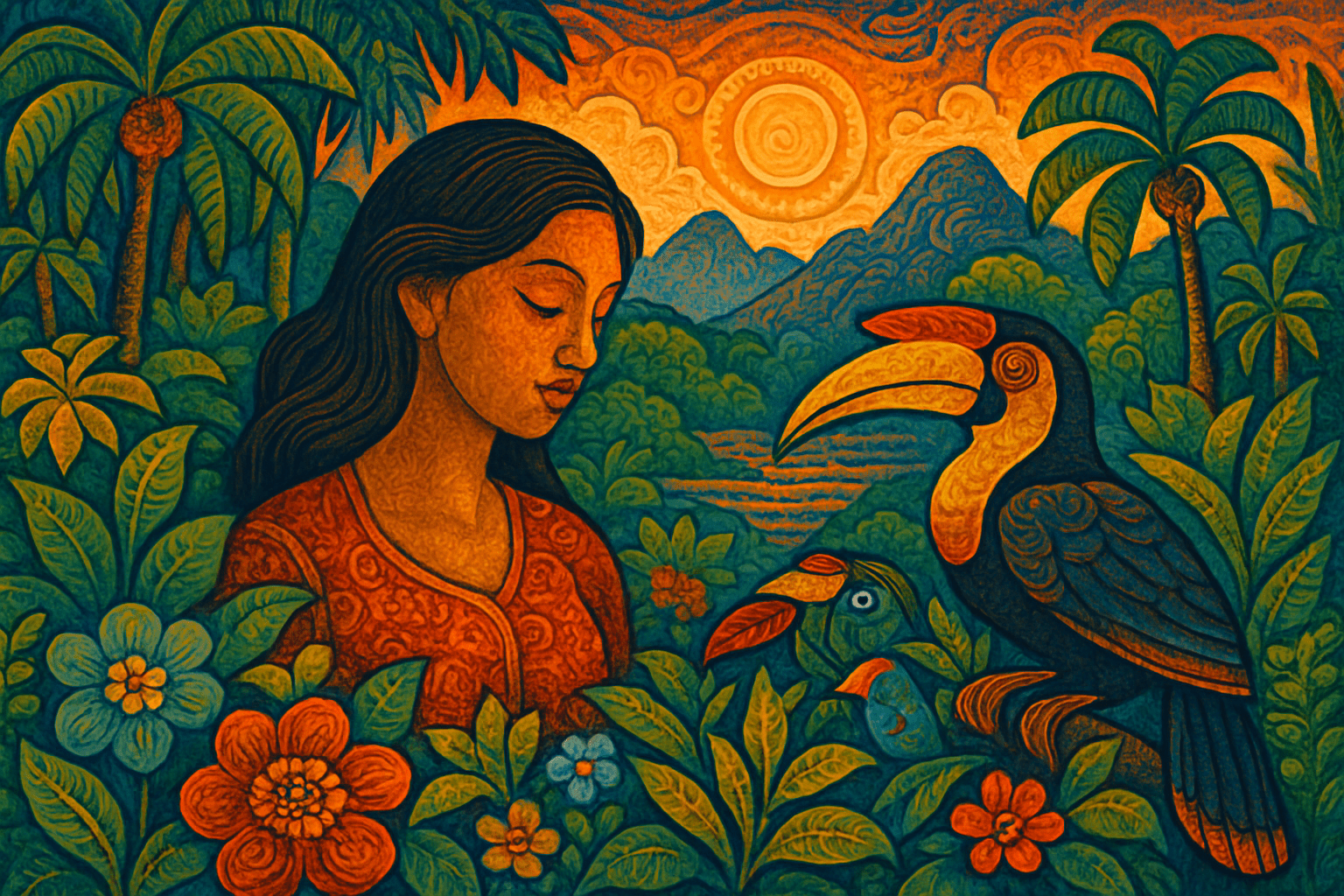
The art style Sumatraism is characterized by its use of bright colors and bold patterns. The style is often associated with the island of Sumatra, Indonesia, where it originated.
Thinking in the box: Impressionism, Modernism
Might also call it: Indonesianism, Malayism
Super Mario Bros. No.798
Super Mario Bros. is a 1985 platform video game developed by Nintendo, published for the Nintendo Entertainment System as a sequel to the 1983 game Mario Bros. It is the first of the Super Mario series of games. In Super Mario Bros., the titular protagonist, Mario, rescues Princess Toadstool (later renamed Princess Peach) of the Mushroom Kingdom from King Koopa (later renamed Bowser), the game's main antagonist. The gameplay focuses on Mario's conquest of the eight worlds of the Mushroom Kingdom by traversing them and defeating a boss character at the end of each. The game has been highly influential, popularizing the side-scrolling genre of video games and revitalizing the Nintendo Entertainment System. Super Mario Bros. is one of the best-selling video games of all time, with more than 40 million physical copies sold worldwide.
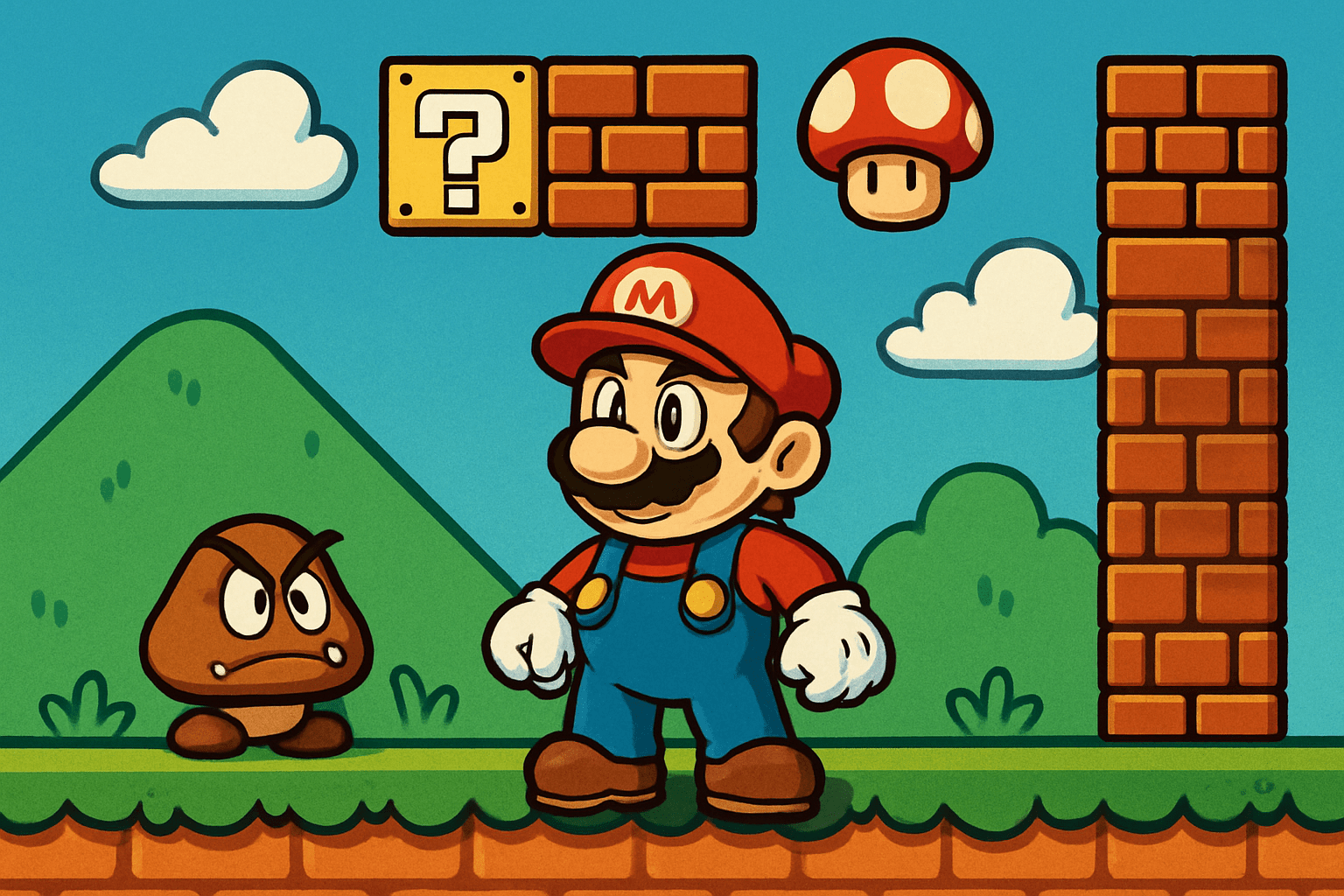
The art style of Super Mario Bros. is colorful and whimsical, with characters and environments that are designed to look like they are made out of paper and cardboard. The game has a 2D, side-scrolling perspective, and the graphics are designed to look like they are from a 1980s video game.
Thinking in the box: Impressionism, Modernism
Might also call it: Super Mario Brothers, Super Mario Bros.
Superflat No.799
Superflat is a postmodern art movement, founded by the artist Takashi Murakami, which is influenced by manga and anime. It is characterized by the use of flat, 2D-like surfaces and characters with large eyes.

Superflat is a visual art style that is characterized by its flatness. This flatness is achieved through the use of simple shapes, bright colors, and a lack of depth. The overall effect is one of simplicity and childlike innocence.
Thinking in the box: Impressionism, Modernism
Might also call it: Superficial, two-dimensional, lacking depth or substance.
Superminimalism No.800
Superminimalism is a type of art that is very simple and clean. It often uses basic shapes and colors, and has a very minimal amount of detail. This style of art is often used to create a calming or relaxing effect.
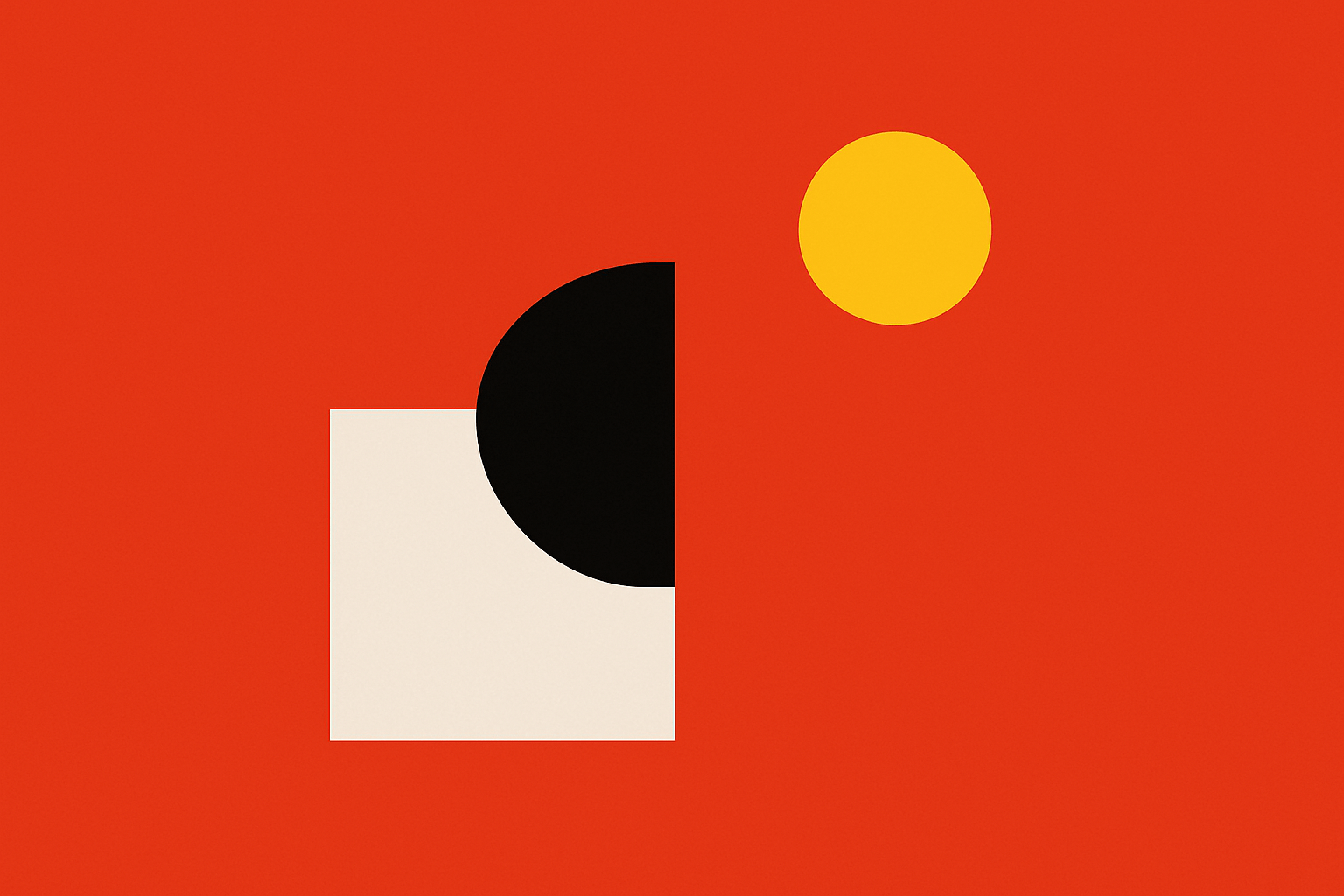
Superminimalism is a visual art style characterized by extremely simplified forms and a limited color palette. Superminimalist artworks are often composed of basic geometric shapes and utilize a limited number of colors. The goal of the superminimalist artist is to reduce the work to its essential elements, resulting in a highly simplified and elegant composition.
Thinking in the box: Impressionism, Modernism
Might also call it: Spartan, ascetic, austere, bare, basic, clean, essential, humble, minimal, modest, natural, plain, pure, simple, spare, stark, unadorned, uncluttered.
Suprematism No.801
Suprematism is an art style that emerged in Russia in the early 20th century. It is characterized by simple, geometric forms and a limited color palette. Suprematism is often seen as a precursor to Constructivism and Minimalism.

The art style of Suprematism is characterized by its use of simple geometric shapes and forms, often in a limited color palette. The shapes are often arranged in a way that creates a sense of movement or tension, and the overall effect is often one of abstraction.
Thinking in the box: Impressionism, Modernism
Might also call it: Exaltation, preeminence, primacy, ascendancy, dominance, control.
Surreal Drawing No.802
Surreal drawing is a type of art where drawings are made to look like they are from a dream or nightmare. This style is often used to create a sense of fear or unease in the viewer.
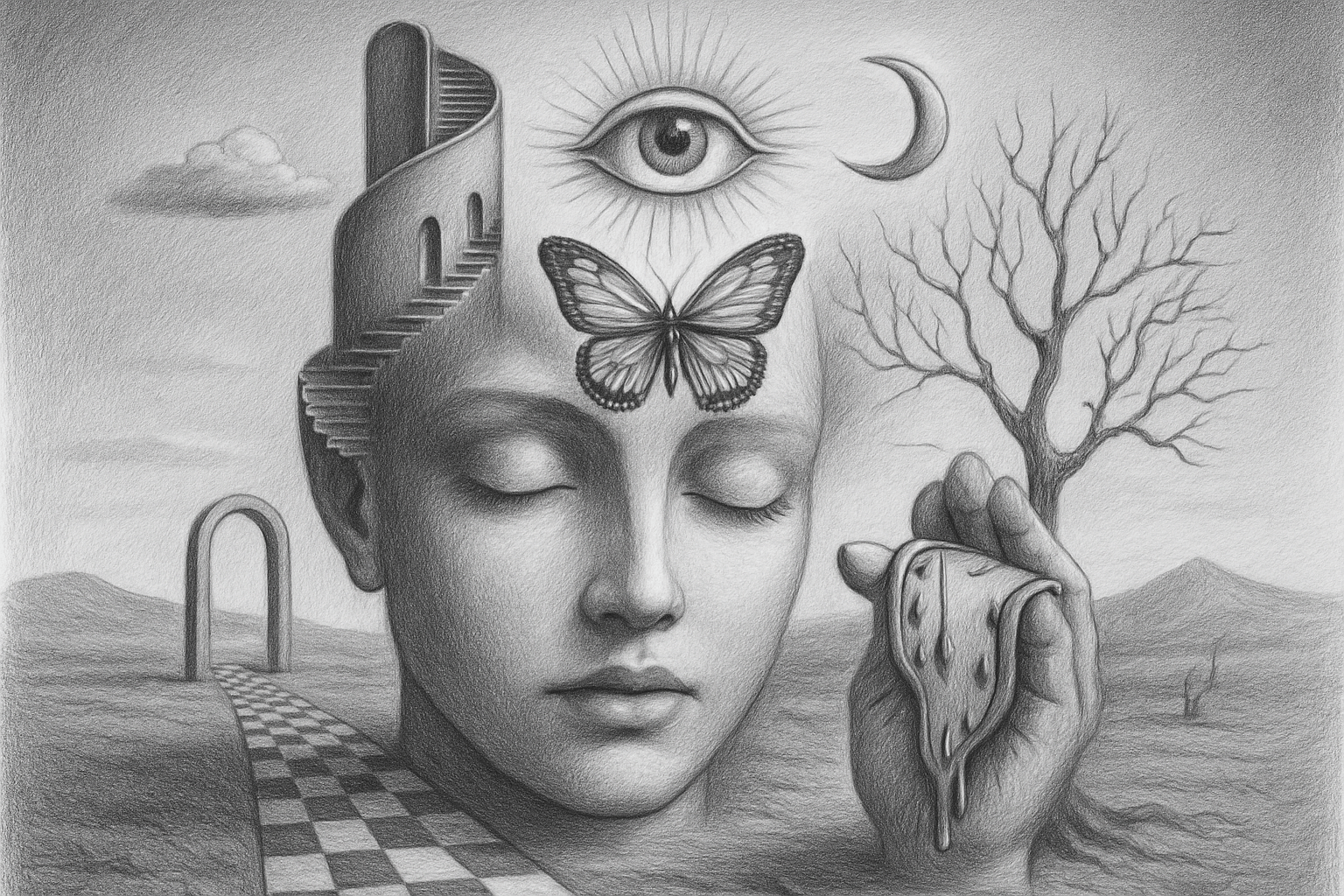
The art style Surreal Drawing is characterized by its dreamlike and often bizarre imagery. Surreal drawings often feature distorted or exaggerated perspectives, and they may include elements from both reality and the artist's imagination. The overall effect is often unsettling or even disturbing.
Thinking in the box: Impressionism, Modernism
Might also call it: 1. Unbelievable drawing 2. Bizarre drawing 3. Fantastic drawing 4. Incredible drawing 5. Strange drawing 6. Weird drawing 7. Dreamlike drawing 8. Visionary drawing 9. Abstract drawing
Surrealism No.803
Surrealism was a cultural movement that began in the early 1920s. It is best known for its visual artworks and writings. The aim of surrealism was to "resolve the previously contradictory conditions of dream and reality."

The art style of Surrealism is characterized by its use of unexpected and irrational imagery. This can be seen in the work of artists such as Salvador Dali and RenÃÂé Magritte, who often incorporated bizarre and dreamlike elements into their paintings. Surrealist art is often unsettling and enigmatic, leaving viewers with a sense of unease.
Thinking in the box: Impressionism, Modernism
Might also call it: Fantasy, Illusion, Dream, Hallucination
Swedish No.804
Swedish art is characterized by its use of light colors and simple forms. It is often inspired by nature, and its artists are known for their use of light and shadow to create a sense of depth. Swedish art is often associated with the work of Carl Larsson, who popularized the use of light colors and simple forms in Swedish painting.
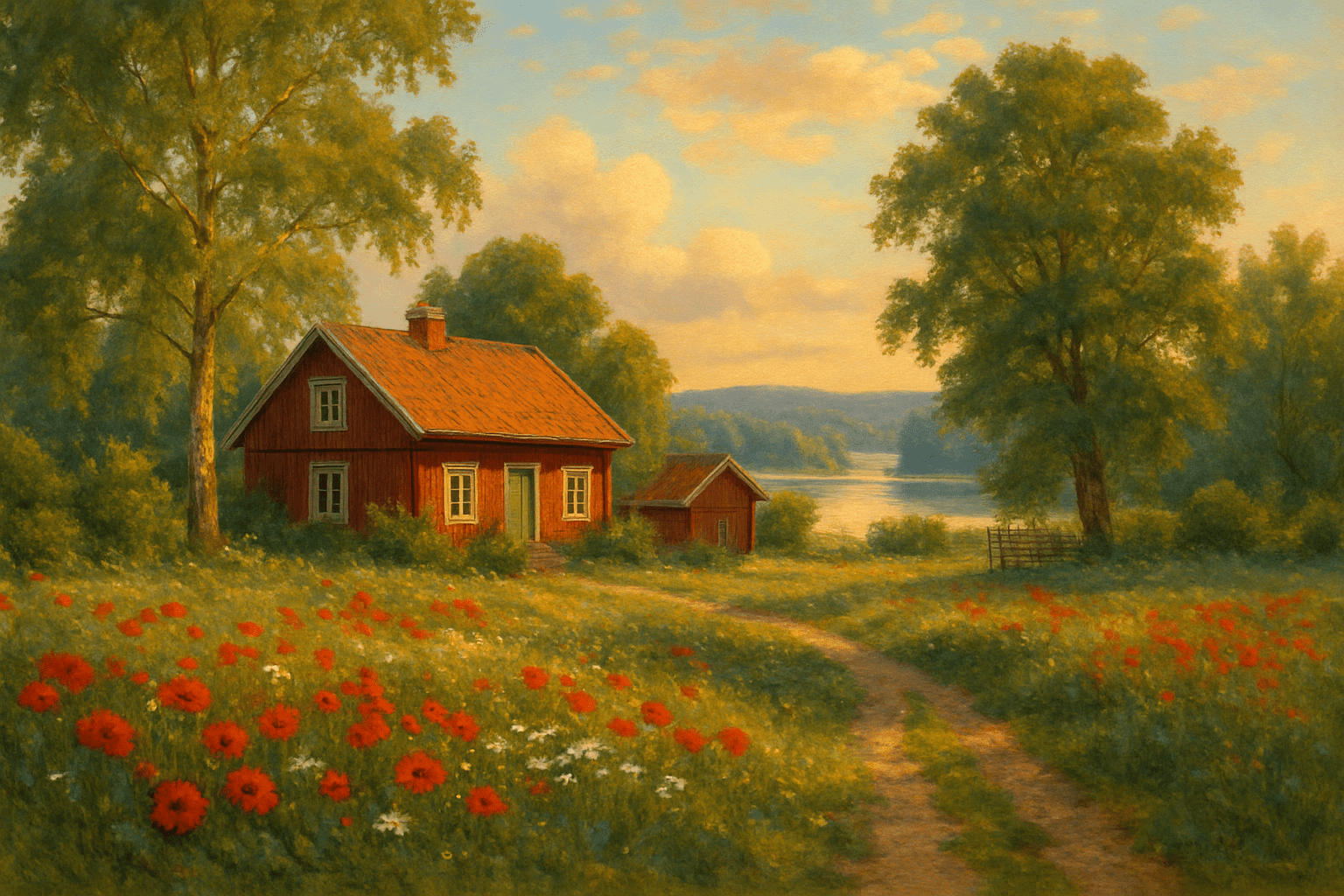
The art style Swedish is characterized by its simplicity and functionality. The colors are often muted and the overall aesthetic is clean and uncluttered.
Thinking in the box: Impressionism, Modernism
Might also call it: Nordic, Scandinavian
Swirlism No.805
Swirlism is a form of abstract art that is characterized by its swirl-like patterns. These patterns are created by the artist using a variety of techniques, including painting, drawing, and printmaking. Swirlism is often used to create a sense of movement or energy in the artwork, and it can also be used to create a sense of harmony and balance.
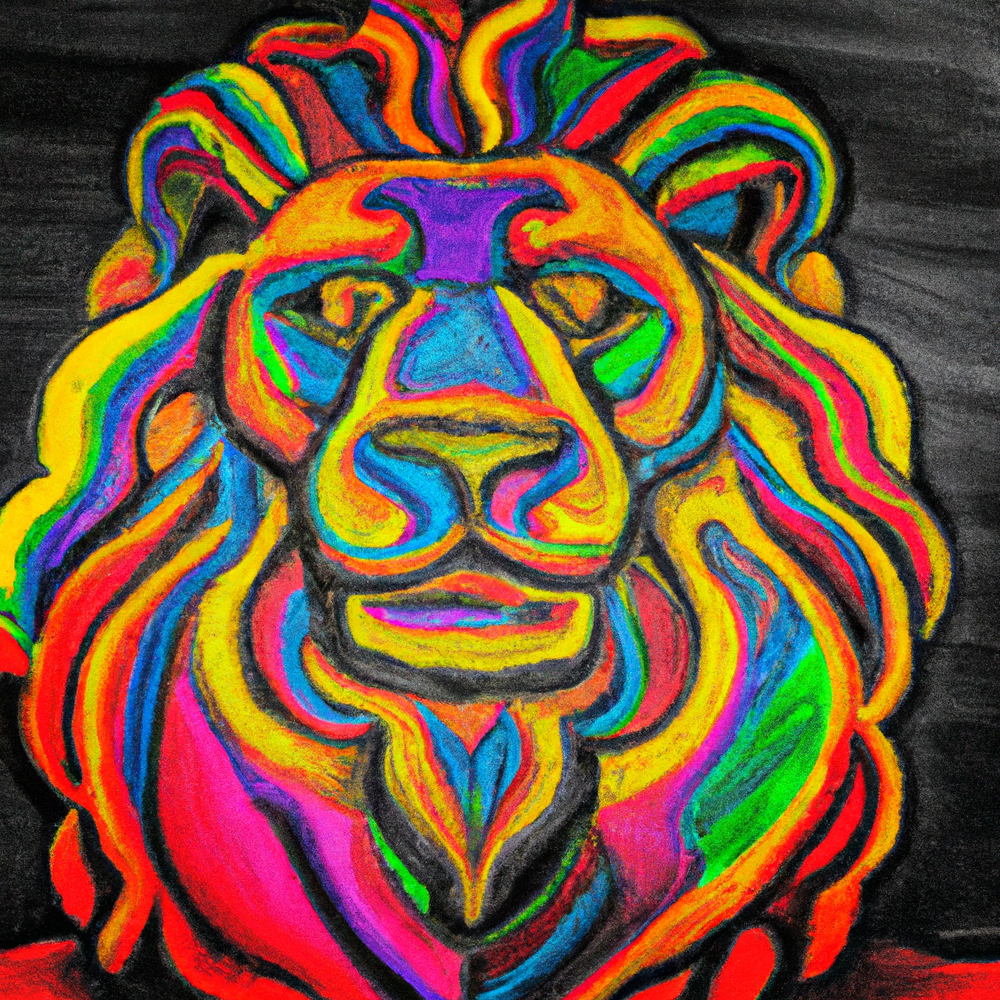
The art style Swirlism is characterized by its use of swirls and curves. The swirls are often used to create a sense of movement, and the curves add a sense of softness and elegance. This style is often used in abstract art, and it can be used to create a variety of different effects.
Thinking in the box: Impressionism, Modernism
Might also call it: Whirlpoolism, eddyism, gyreism
Swiss No.806
The Swiss art style is a clean and minimalistic approach that is often associated with the country of Switzerland. This art style is known for its use of simple shapes, clean lines, and a focus on functionality. Swiss artists often use a limited color palette, which can create a calming and serene feeling.
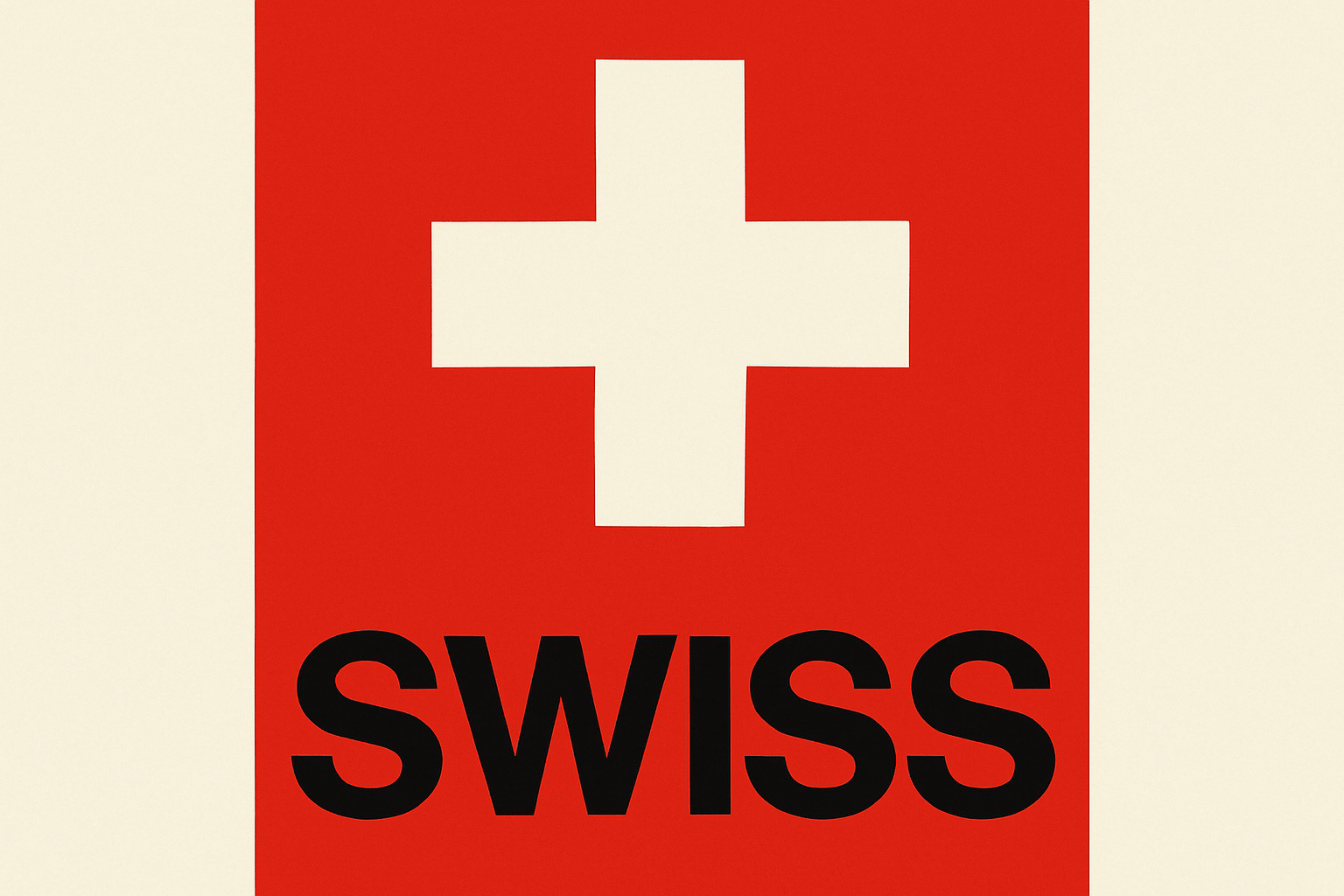
The Swiss art style is characterized by its clean lines, simple shapes, and muted colors. This aesthetic is often seen in Swiss graphic design and architecture.
Thinking in the box: Impressionism, Modernism
Might also call it: Swiss: neutral, impartial, objective, fair, just
Symbolic Realism No.807
In Symbolic Realism, the ordinary becomes sacred. Everyday scenes are transformed, suffused with deeper meaning. A delicate dance between the tangible and ethereal, where each brushstroke conveys symbolic undertones.
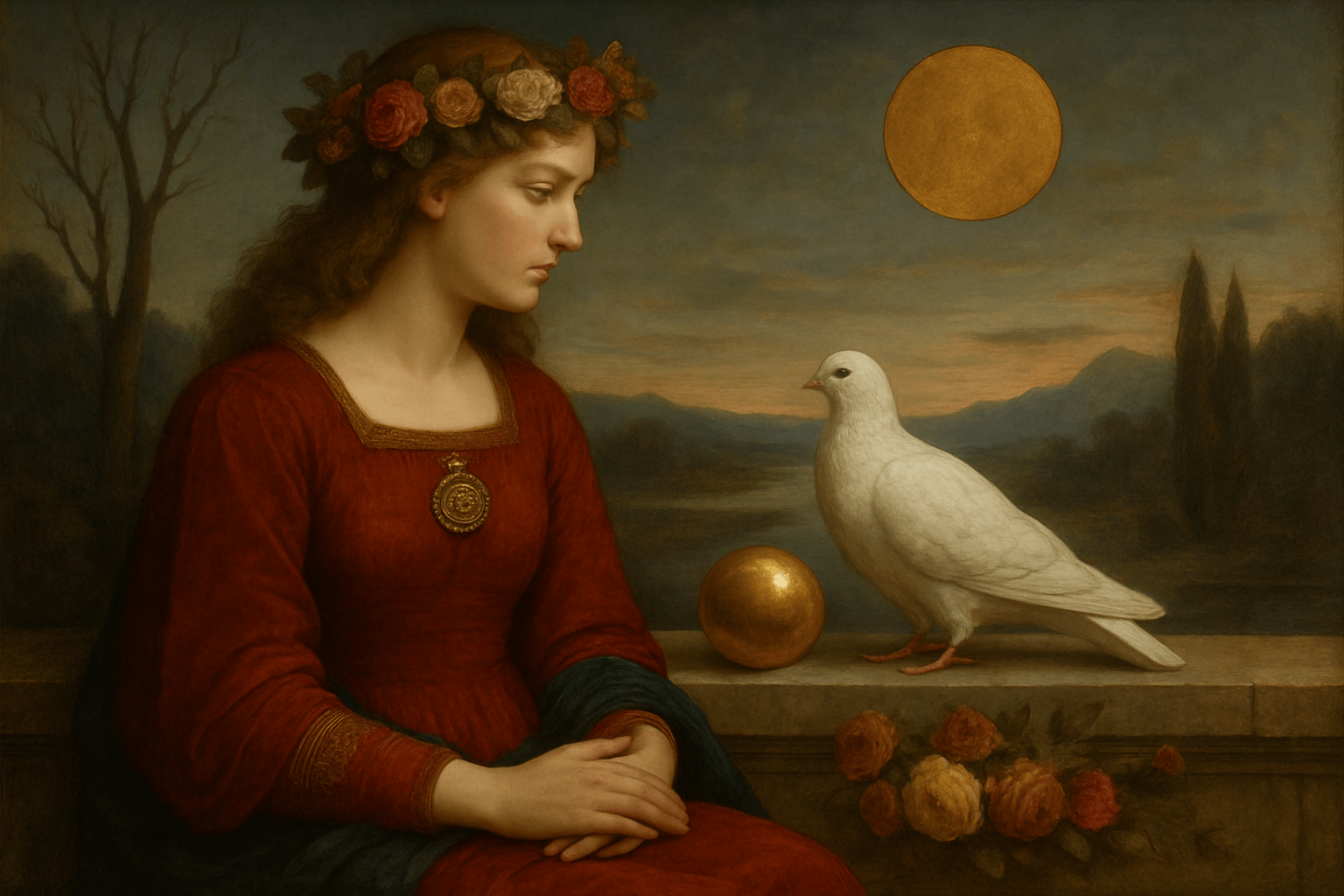
Visually, Symbolic Realism is a delicate tapestry of meticulous detail and metaphorical resonance. Colors breathe sincerity into the mundane, infusing everyday visuals with luminous poignance. Imagery lingers with a reverent vibrancy.
Thinking in the box: Realism, Symbolism, Modernism
Might also call it: Poetic Realism, Metaphoric Realism
Symbolic painting No.808
Symbolic painting is a type of painting that uses symbols to represent ideas or concepts. The symbols used can be anything from everyday objects to more abstract concepts. Symbolic paintings often have a hidden meaning or message that the artist is trying to communicate.
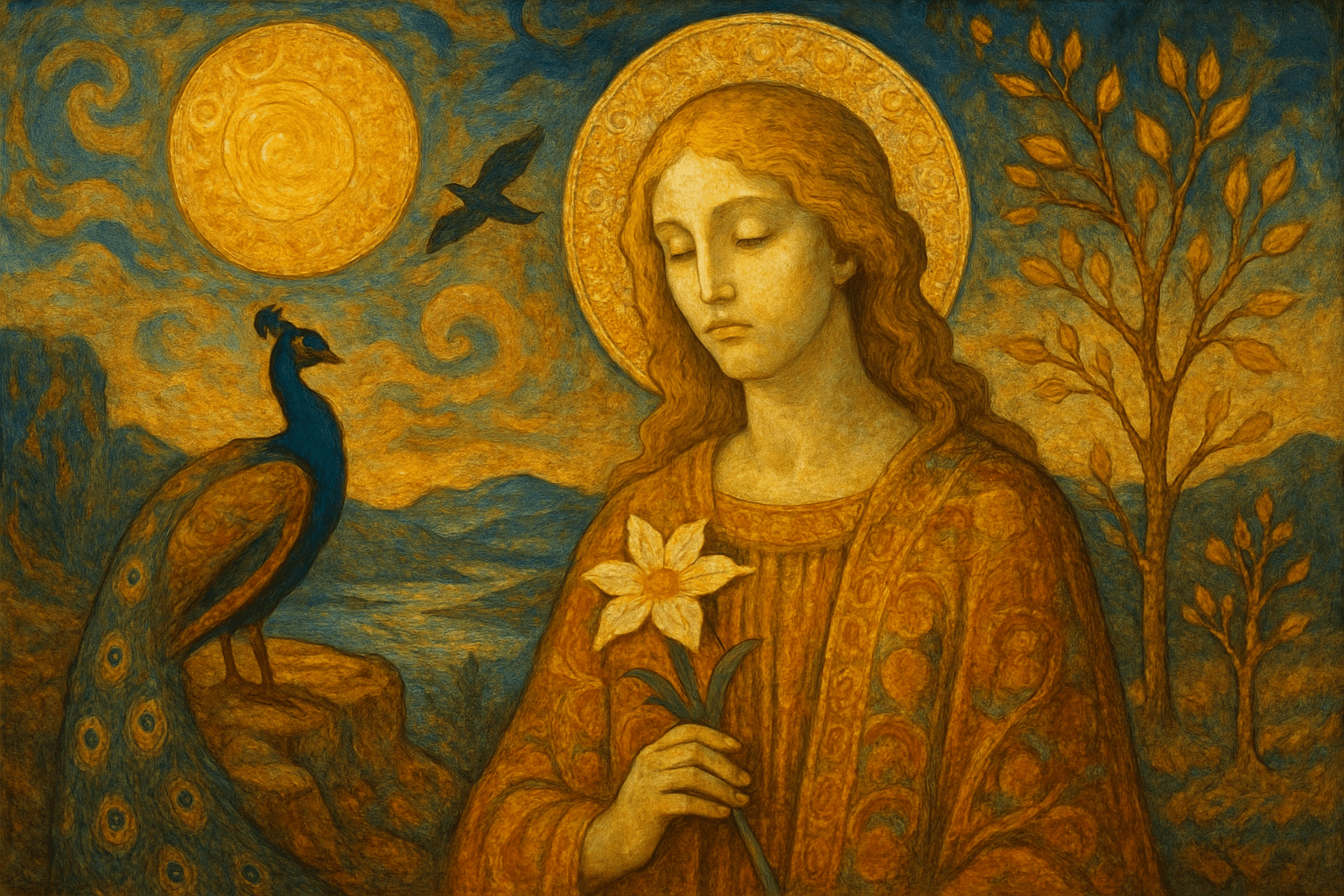
Symbolic painting is a type of painting that uses symbols to represent ideas or concepts. The symbols in a symbolic painting can be anything from objects to colors to shapes. Symbolic paintings are often used to communicate ideas that are difficult to express in words.
Thinking in the box: Impressionism, Modernism
Might also call it: Figurative painting, representational painting, painting that uses symbols.
Symbolism No.809
Symbolism was a late nineteenth-century art movement of French, Russian and Belgian origin in poetry and other arts. In literature, the style originates with the 1857 publication of Charles Baudelaire's Les Fleurs du mal. The works of Edgar Allan Poe, which Baudelaire admired greatly and translated into French, were a significant influence and the source of many stock tropes and images. The aesthetic was developed by a group of poets, critics and artists associated with Les Vingt, in Brussels and Paris.
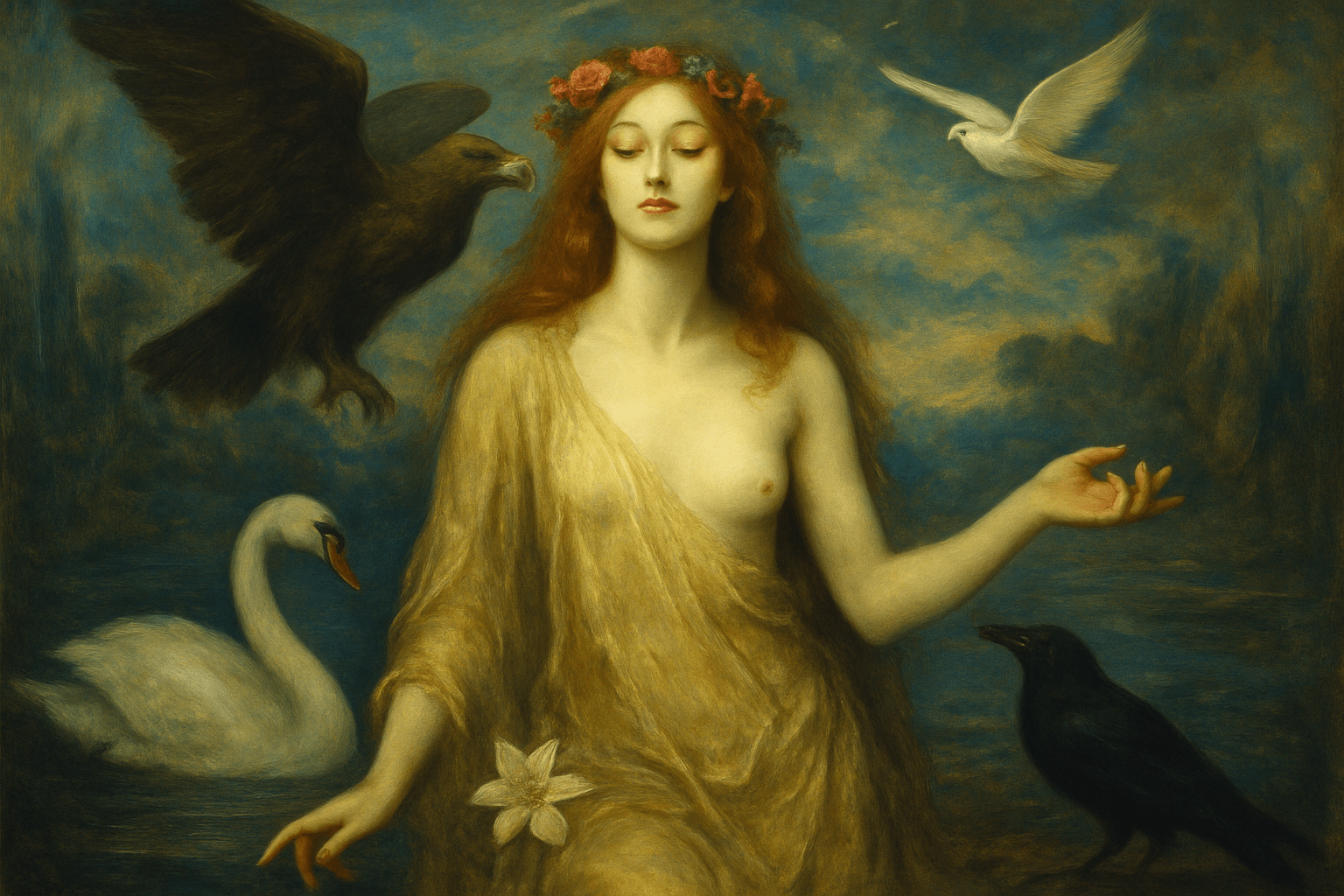
The art style Symbolism is characterized by its use of symbols to represent ideas or concepts. These symbols can be literal or figurative, and are often used to convey a message or feeling. Symbolist art is often dark or mysterious, and often has a dreamlike quality.
Thinking in the box: Impressionism, Modernism
Might also call it: Metaphor, simile, allegory, emblem, sign
Synchromism No.810
Synchromism was an art movement founded in 1912 by American painters Stanton Macdonald-Wright and Morgan Russell. Synchromism was an attempt to synchronize color and form in a greater harmony. The name Synchromism was first used in an article by Macdonald-Wright in 1913.
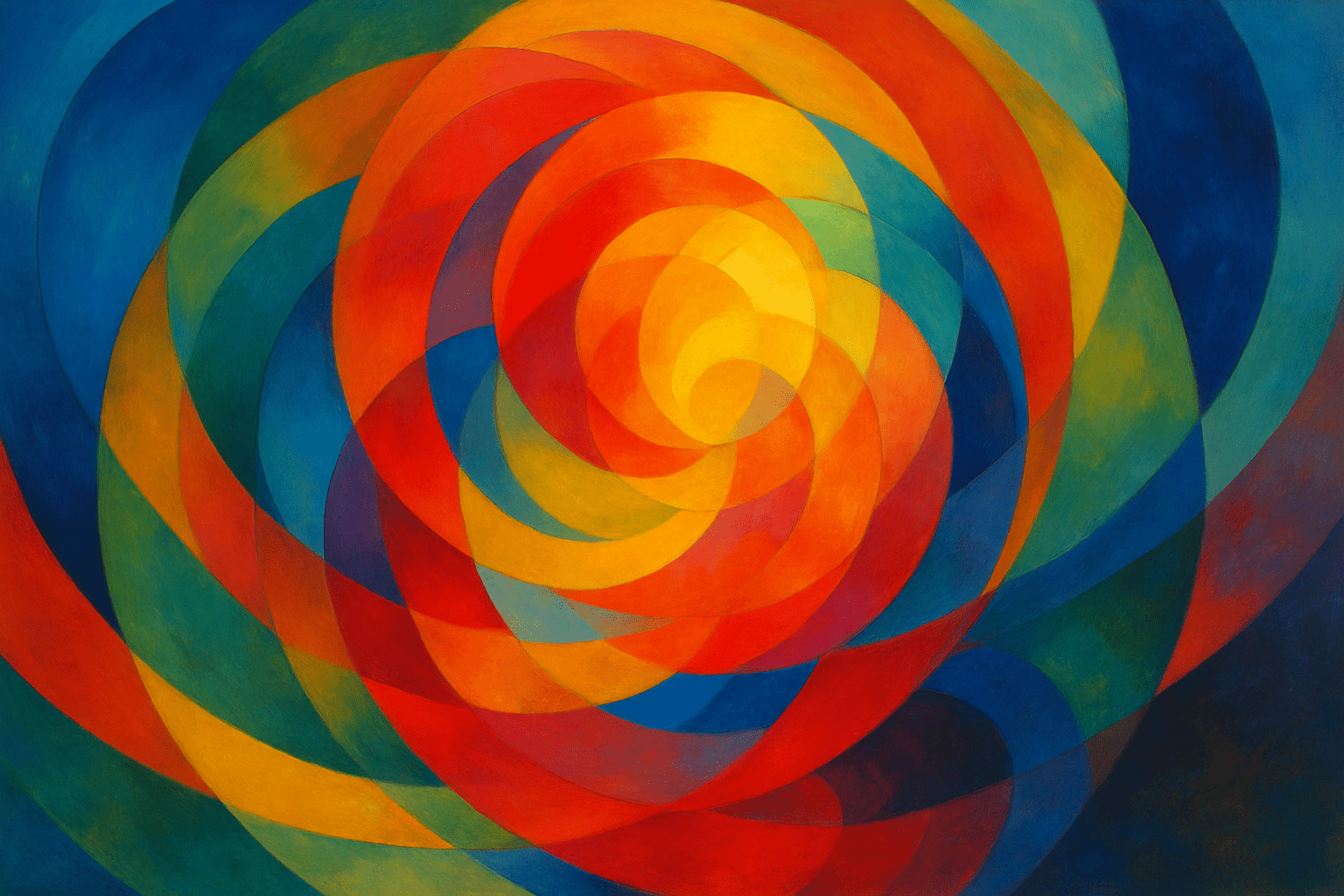
The art style Synchromism is characterized by its use of bold colors and geometric shapes. The style is often compared to Cubism, but Synchromism is more concerned with the relationship between colors and their ability to create harmony.
Thinking in the box: Impressionism, Modernism
Might also call it: Harmony, agreement, concord, unison, compatibility
Synthetic Cubism No.811
Synthetic Cubism is a style of art that emerged in the early 20th century. It is characterized by its use of geometric shapes and bold colors. Synthetic Cubism is a reaction to the earlier style of Cubism, which focused on the use of organic shapes and muted colors.

The art style Synthetic Cubism is characterized by its use of geometric shapes and bright colors. The style is often compared to that of a collage, as it often incorporates elements from different sources.
Thinking in the box: Impressionism, Modernism
Might also call it: Abstract art, Non-representational art
Synthetic Aetherism No.812
Like neon dreams through a pixelated ether, Synthetic Aetherism blurs the boundary between reality and imagination with each glowing stroke.
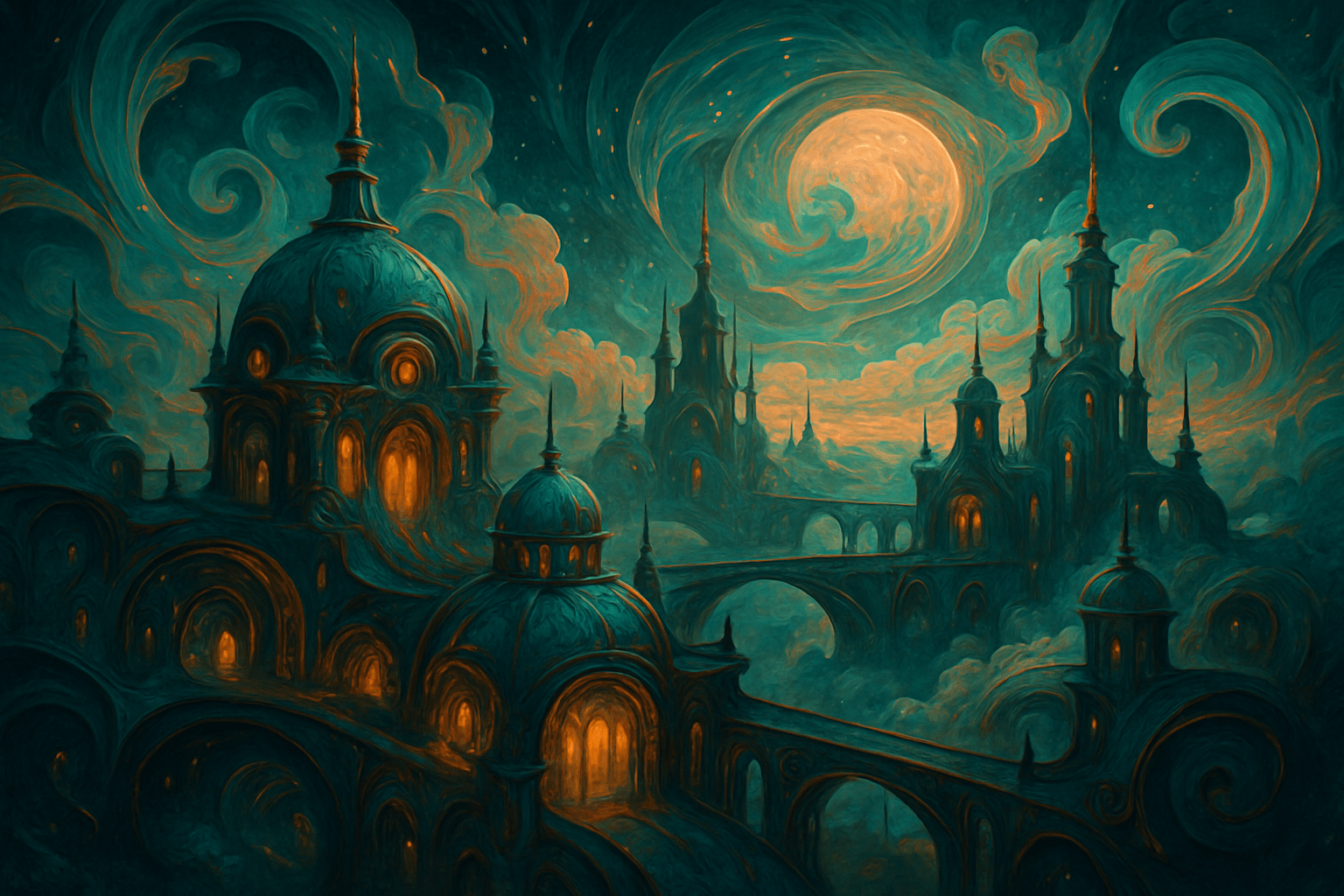
Electric colors ripple like auroras, fractals whisper across synthetic canvases. Geometries float, caught between a digital cosmos and dreams.
Thinking in the box: Immaterialism, Digital Surrealism
Might also call it: Techno-aurora art, Digital Ethereality
Name of the Art Style (this is given) No.813
A brief (short) description of the art style. Medium length (multiple lines)
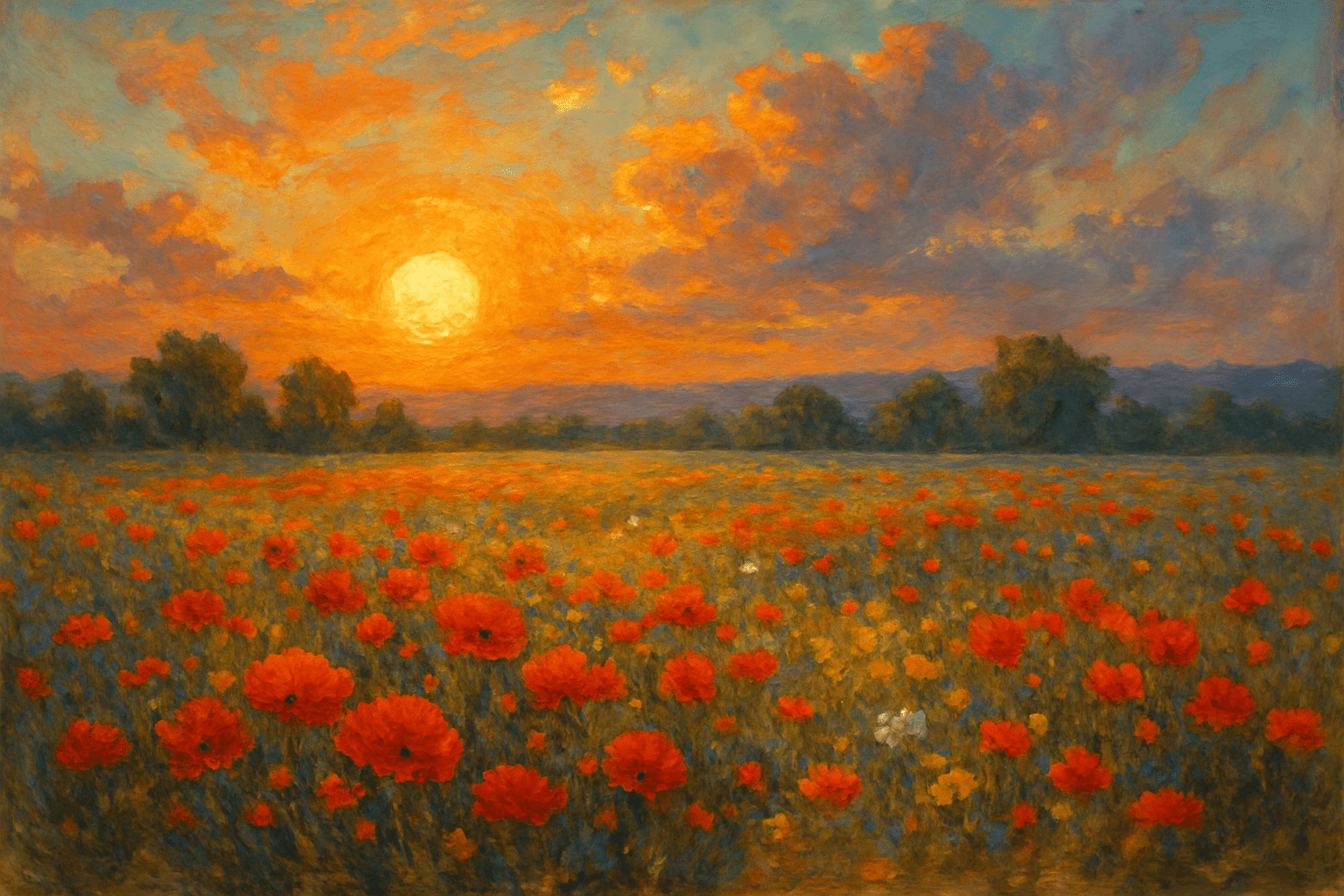
A description of the visual appearance of the style. Medium length (multiple lines).
Thinking in the box: Impressionism, Modernism
Might also call it: Alternative names of the Art Style
Synthetide Canvas No.814
This art style blurs the line between digital creation and organic forms, channeling technological dreams through strokes of vivid color. Algorithms and intuition dance gracefully on this ever-evolving canvas.
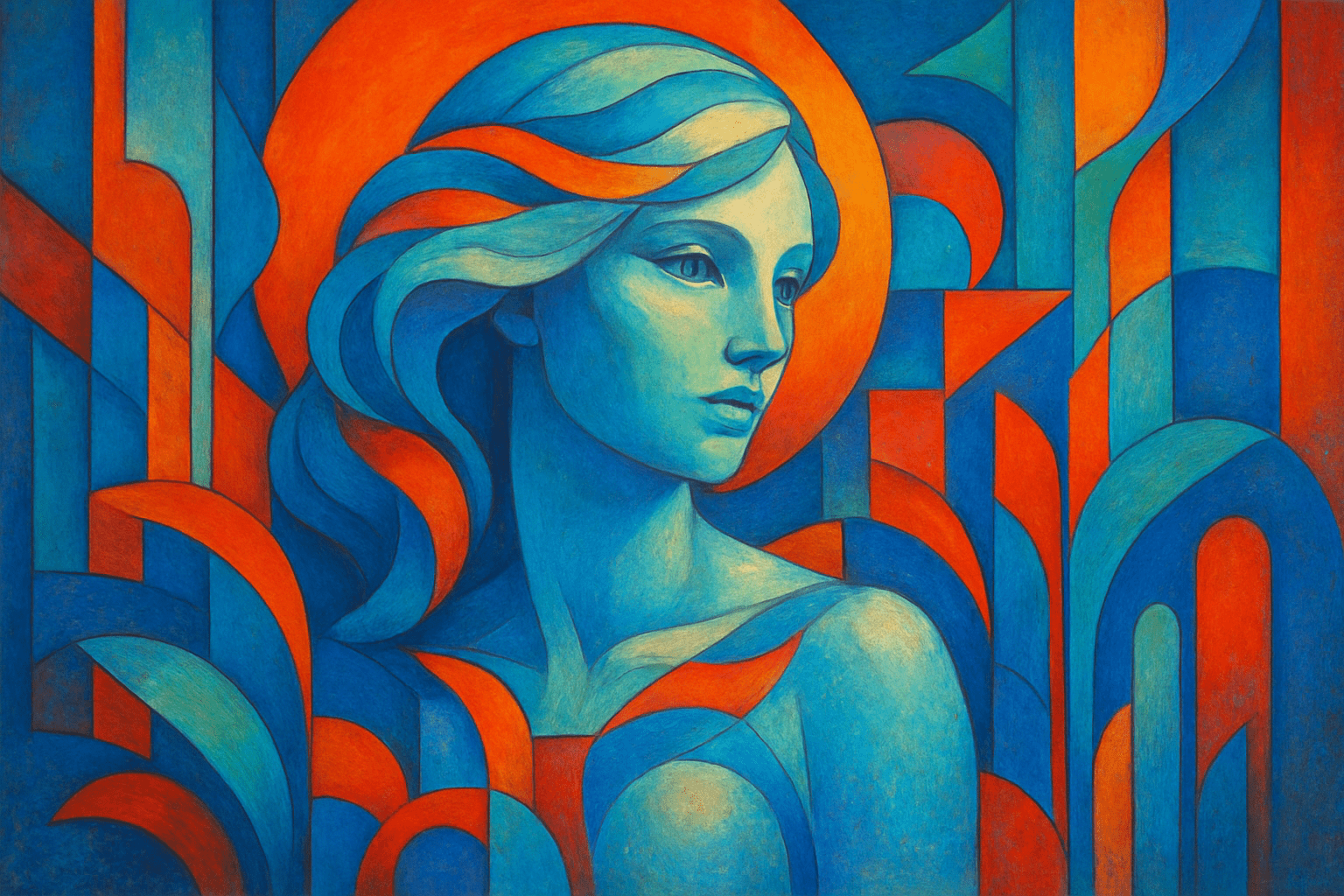
The Synthetide Canvas radiates with complex patterns and organic sequences. Holographic hues melt into one another, while geometric lines hint at a machine's touch, producing an alien yet familiar beauty.
Thinking in the box: Impressionism, Modernism
Might also call it: Techno-Organic Art, Digi-Nature Fusion, Algorithmic Brushwork
Synthetism No.815
Synthetism is an art style that emerged in the late 19th century, characterized by its use of bold, simplified forms and vivid colors. Synthetist artists sought to synthesize (hence the name) different artistic styles, often borrowing from Impressionism, Neo-Impressionism, and Pointillism. The style was most prominently used in painting, but was also applied to sculpture, graphic design, and other media.
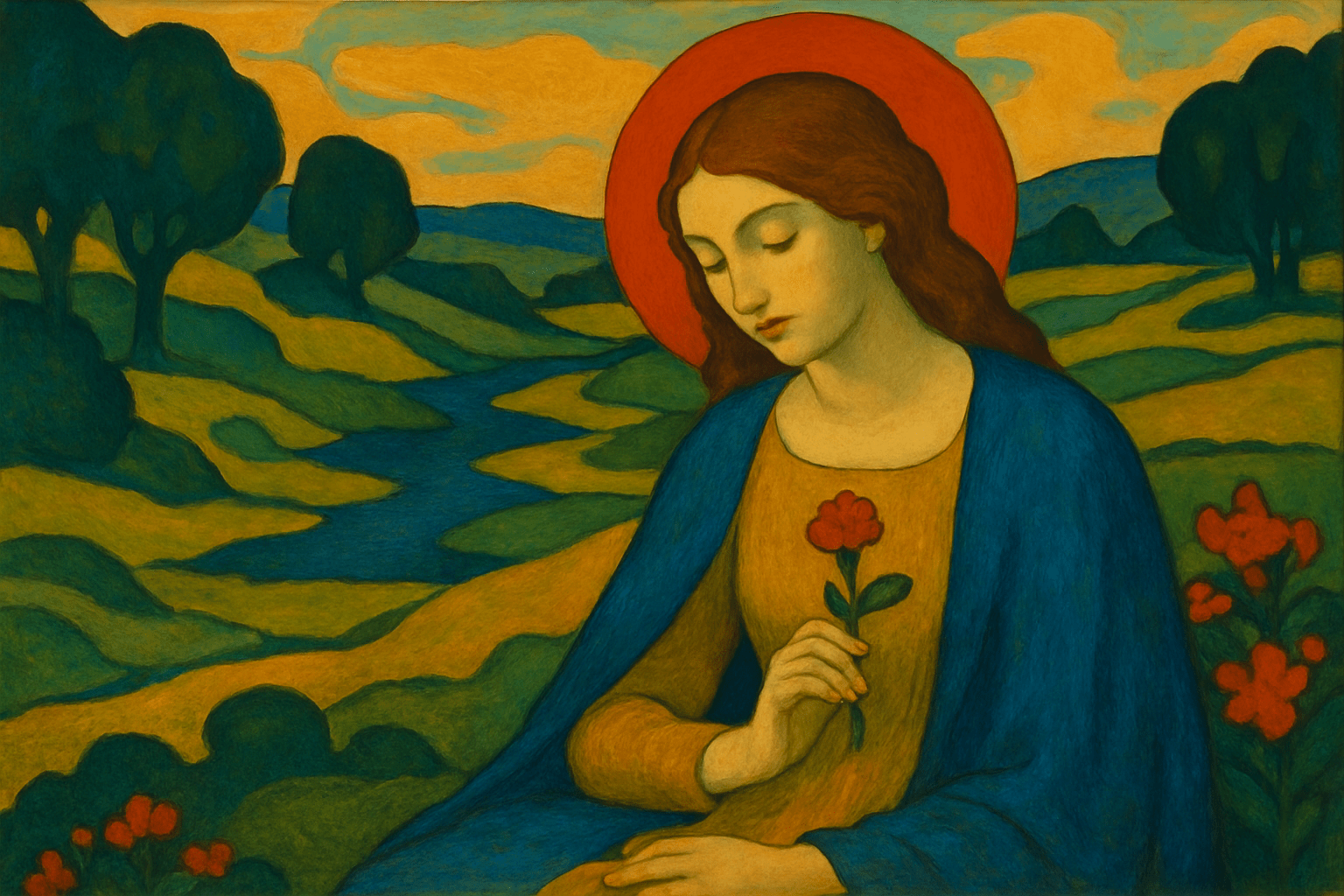
The art style of Synthetism is characterized by its use of bold colors and simplified forms. The style is often compared to that of Post-Impressionism, but with a more abstracted approach. Synthetist artists often used geometric shapes and patterns to create a sense of rhythm and movement in their work.
Thinking in the box: Impressionism, Modernism
Might also call it: Artificiality, ersatz, fake, falseness, inauthenticity, inorganic, plastic
Synthglyph Mirage No.816
<Synthglyph Mirage is a digital fresco where ancient hieroglyphs dance with neon dreams. It melds the mystique of forgotten symbols with the electric pulse of modernity, creating a visual symphony that feels both timeless and futuristic.>
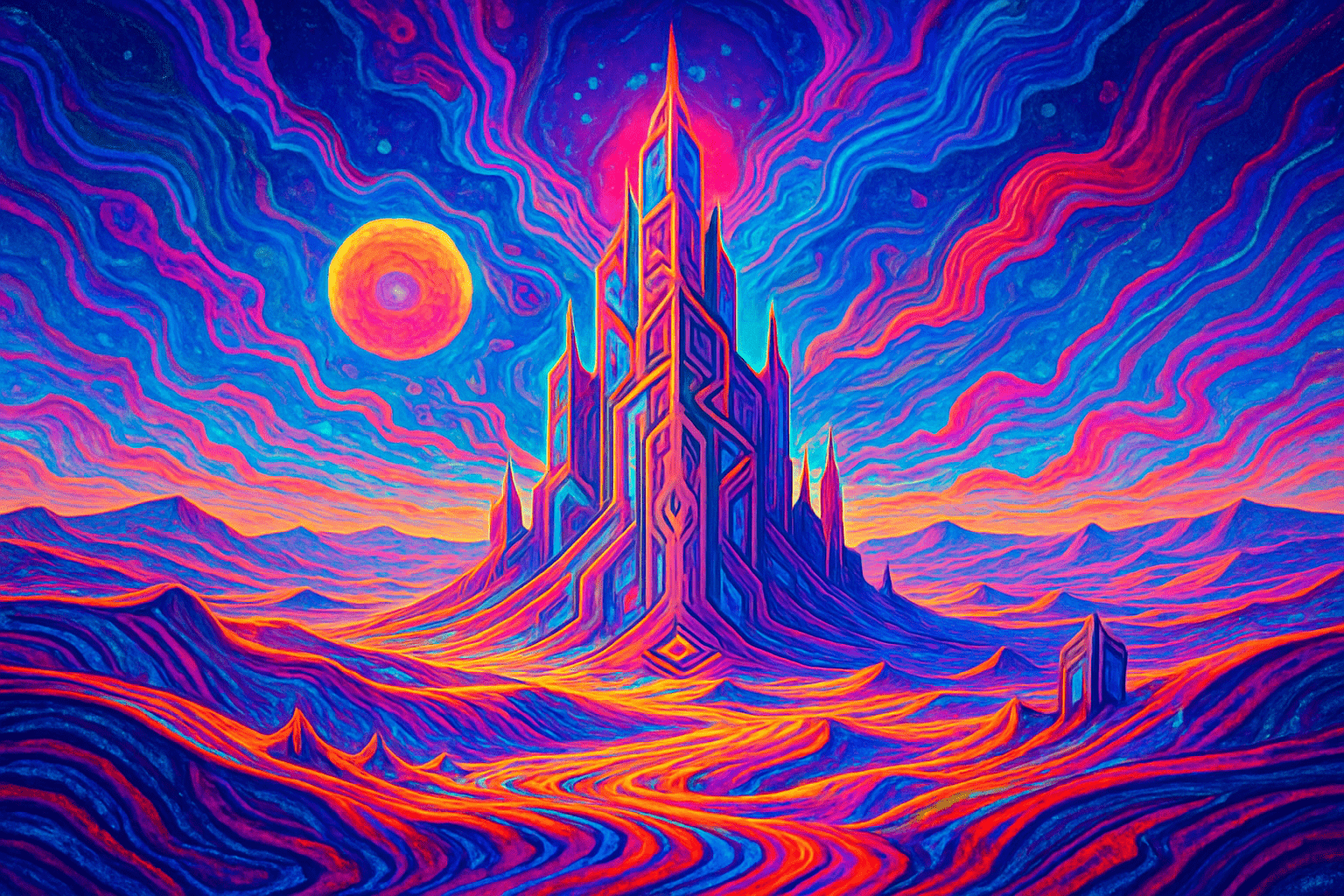
<Synthglyph Mirage> emerges like a digital mirage, where neon hieroglyphs float in a pixelated desert. Colors shimmer like oil on water, and shapes twist like smoke signals from a future past, whispering secrets of forgotten civilizations.
Thinking in the box: Impressionism, Modernism
Might also call it: Synthglyph Mirage is a unique AI art style with no direct synonyms. However, related terms might include: 1. **Digital Surrealism** 2. **Neon Dreamscapes** 3. **Virtual Illusion** 4. **Algorithmic Enigma** 5. **Cybernetic Abstraction** 6. **Techno-Chimera** 7. **Futuristic Glyphs** 8. **AI Phantasm** 9. **Synthetic Vision** 10. **Digital Mirage**
Synthwave No.817
Synthwave is a style of electronic music that draws heavily from 1980s film soundtracks and video game music. It typically features synthesizers and drum machines, and often incorporates elements of pop and new wave.

The art style of synthwave is characterized by its use of bright, neon colors and its retrofuturistic aesthetic. This aesthetic is often inspired by the aesthetics of 1980s pop culture, including movies, video games, and music.
Thinking in the box: Impressionism, Modernism
Might also call it: New Wave, Electronic, Dance
Syrians No.818
The Syrian art style is characterized by its use of vivid colors and intricate patterns. Syrian artists often use a variety of techniques to create their art, including painting, sculpture, and mosaics. Syrian art often depicts scenes from the country's rich history and culture, as well as religious and mythological subjects.
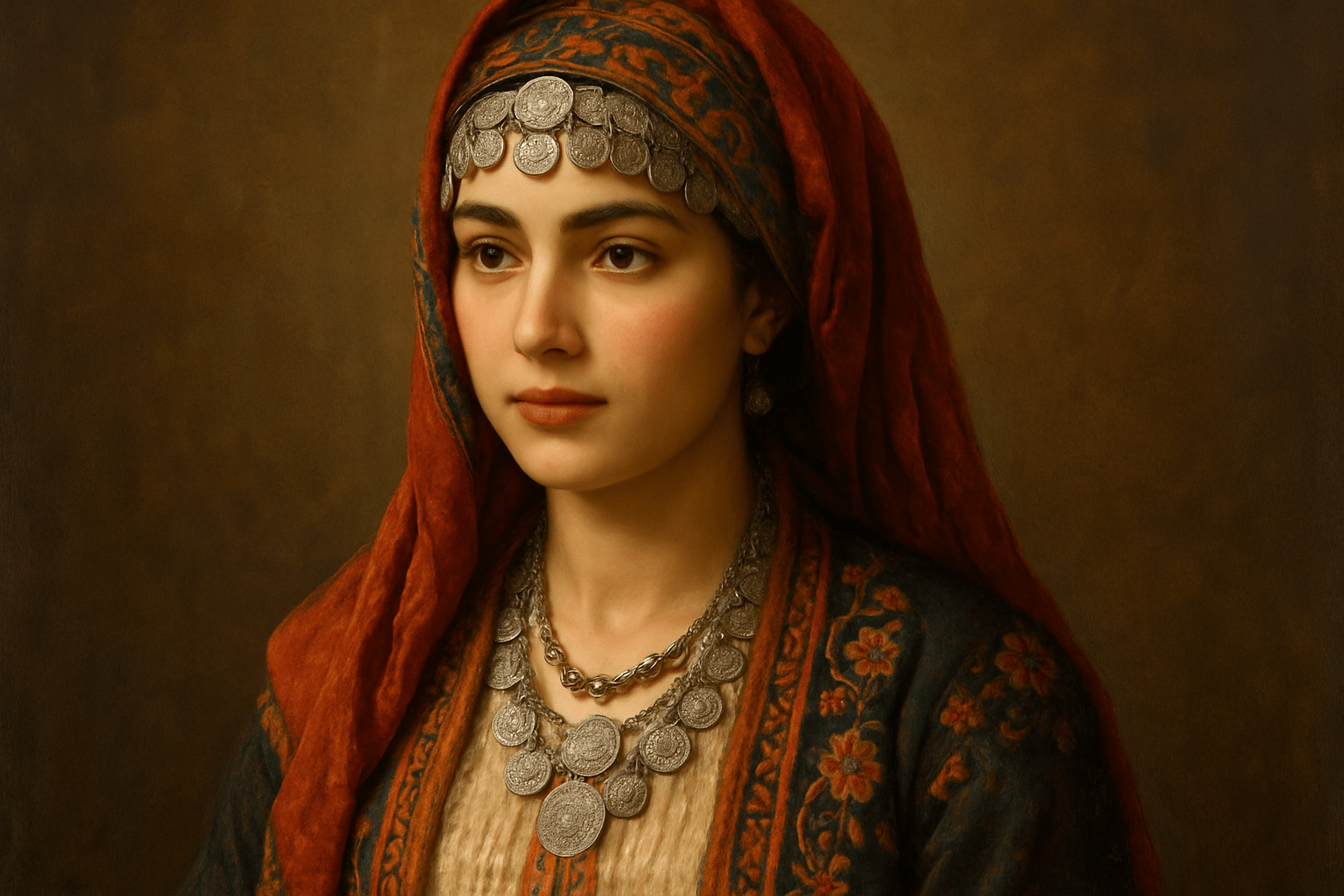
The art style of Syrians is characterized by its use of bright colors and patterns. Syrian artists often use a variety of colors in their paintings to create a sense of movement and energy. They also use patterns to create a sense of depth and dimension in their work.
Thinking in the box: Impressionism, Modernism
Might also call it: Arabs, Middle Easterners
T-Shirt Print No.819
T-shirt printing is a process of applying an image, design, or text to a t-shirt. This can be done using a variety of methods, including screen printing, direct to garment (DTG) printing, and heat transfer. Screen printing is the most common method of t-shirt printing and involves creating a stencil of the image or design and then using a screen to apply the ink to the t-shirt. DTG printing is a newer method that uses inkjet technology to print the image or design directly onto the t-shirt. Heat transfer is another method of t-shirt printing that involves transferring an image or design onto the t-shirt using heat and pressure.

The art style T-Shirt Print is a printing technique that involves printing a design or image onto a T-shirt using a stencil. The result is a T-shirt with a printed design or image that is usually bold and colorful.
Thinking in the box: Impressionism, Modernism
Might also call it: T-shirt design, T-shirt graphic, T-shirt artwork.
Tachisme No.820
Tachisme is a form of abstract art that is characterized by spontaneous and intuitive brushstrokes. The term was coined by French artist Jean Dubuffet in the 1940s, and the style is often associated with the Art Brut movement. Tachisme artists typically eschew traditional techniques and compositional rules in favor of a more expressive and immediate approach to painting.

Tachisme is a form of abstract art that is characterized by spontaneous and rapid brushstrokes. This art style is often associated with the French art movement of the same name.
Thinking in the box: Impressionism, Modernism
Might also call it: Tachism, Abstract Expressionism, Action Painting
Tantric Art No.821
Mystical, symbolic, and meditational, Tantric Art unveils inner landscapes, intertwining vibrant geometry with serene anthropomorphic forms. It serves as both a spiritual tool and a visual meditation on the transcendental dance of the cosmos.
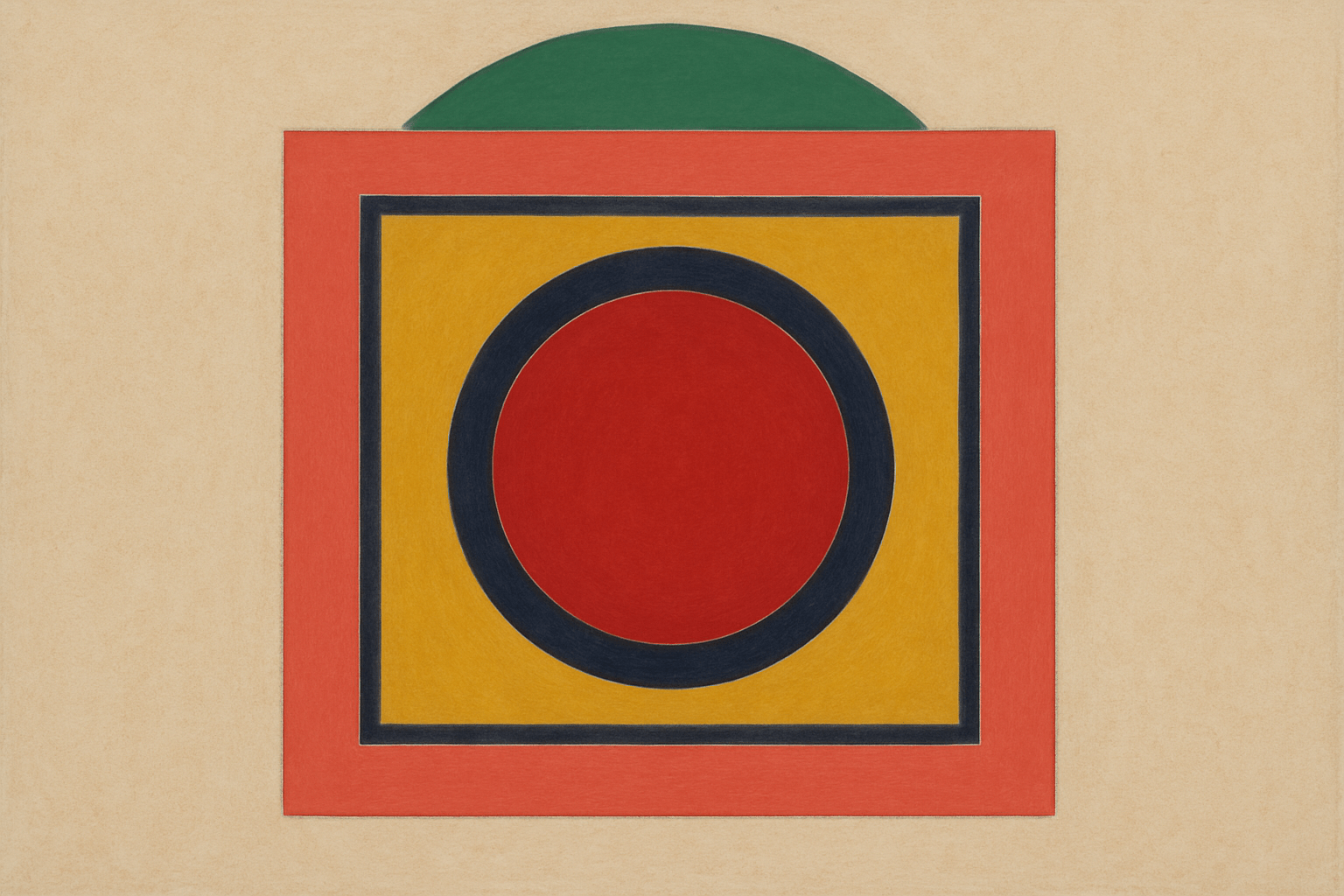
A tapestry of vivid mandalas, swirling energies and mystical symbols; it echoes the universe's throb. Figures blend into abstract whirlpools, saturated with reds, blues, and golds, inviting inner reflection and cosmic harmony.
Thinking in the box: Mysticism, Abstract Art, Spiritual Art
Might also call it: Mystical Art, Spiritual Abstraction, Sacred Geometry
Tapestry No.822
Tapestry is a form of textile art, traditionally woven by hand on a loom. Tapestries have been used for centuries as wall hangings and floor coverings, and are now produced in a wide variety of techniques, styles and materials. Tapestry is often associated with rich and luxurious fabrics, but can be made from a wide range of materials, including wool, cotton, linen, silk, and even synthetic fibers. The most common tapestry weave is the plain weave, in which the warp and weft threads are interlaced in a simple over-under pattern. Tapestries can be created in a wide variety of styles, from the highly detailed and realistic to the abstract and geometric. Traditional tapestries often feature complex patterns and images, while modern tapestries may be more minimalist in design. Tapestry is a versatile and durable art form that can be used to add color, texture and interest to any space. Whether youÃÂÃÂre looking for a traditional or contemporary tapestry, thereÃÂÃÂs sure to be a style that suits your taste.
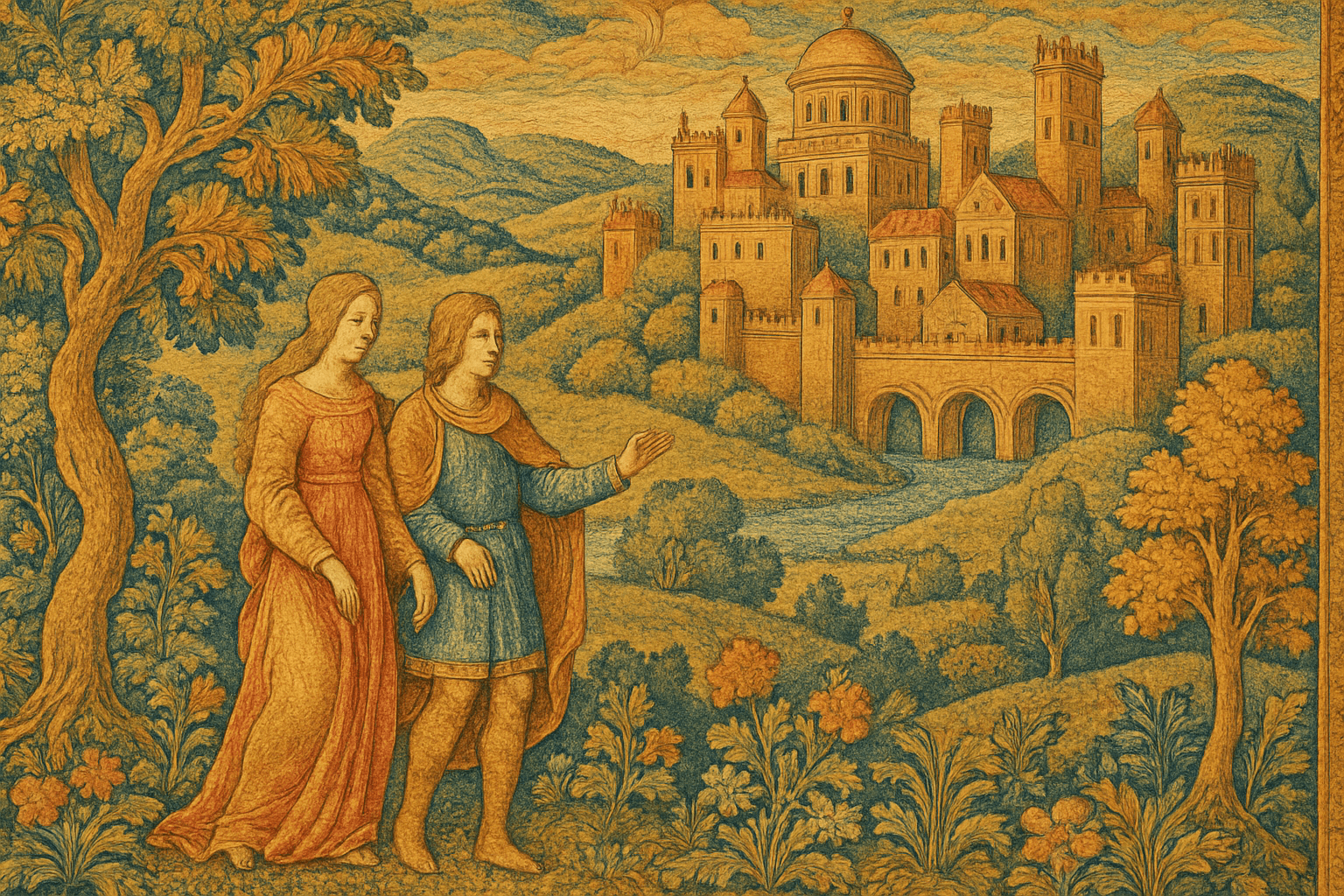
The art style of Tapestry is colorful and intricate, with a focus on patterns and texture. The overall effect is eye-catching and detailed, with a richness that can be appreciated up close.
Thinking in the box: Impressionism, Modernism
Might also call it: Rug, Carpet, Mat
Tattoo Art No.823
Inked into skin, tattoo art conveys stories both ancient and modern: a dance of needles, a symphony of color, an enduring testament to the human desire for self-expression.
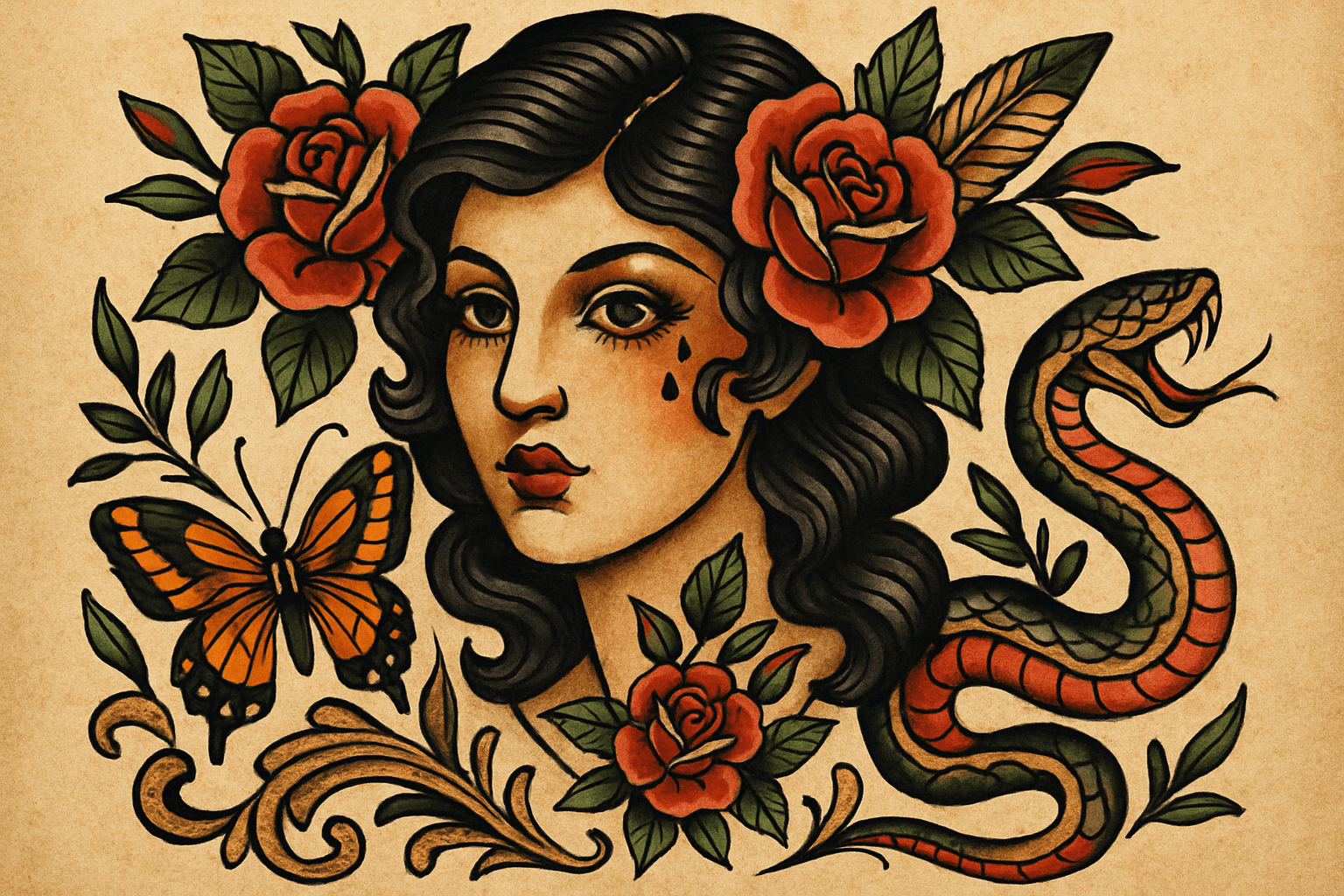
Tattoo art boasts bold lines and intricate patterns, often adorned with vibrant colors or monochrome grace. From tribal symmetries to watercolor waves, each piece is a story sketched in permanence.
Thinking in the box: Contemporary, Traditional, Blackwork, Realism
Might also call it: Body art, Ink art, Skin illustration
Tattoo Drawing No.824
Tattoo drawing is a unique and popular art style that is used to create beautiful and intricate designs on the skin. Tattoo artists use a variety of techniques to create their designs, including line work, shading, and color. Tattoo drawings can be small and simple, or large and complex. No matter the size or complexity, tattoo drawings are always stunning and eye-catching.
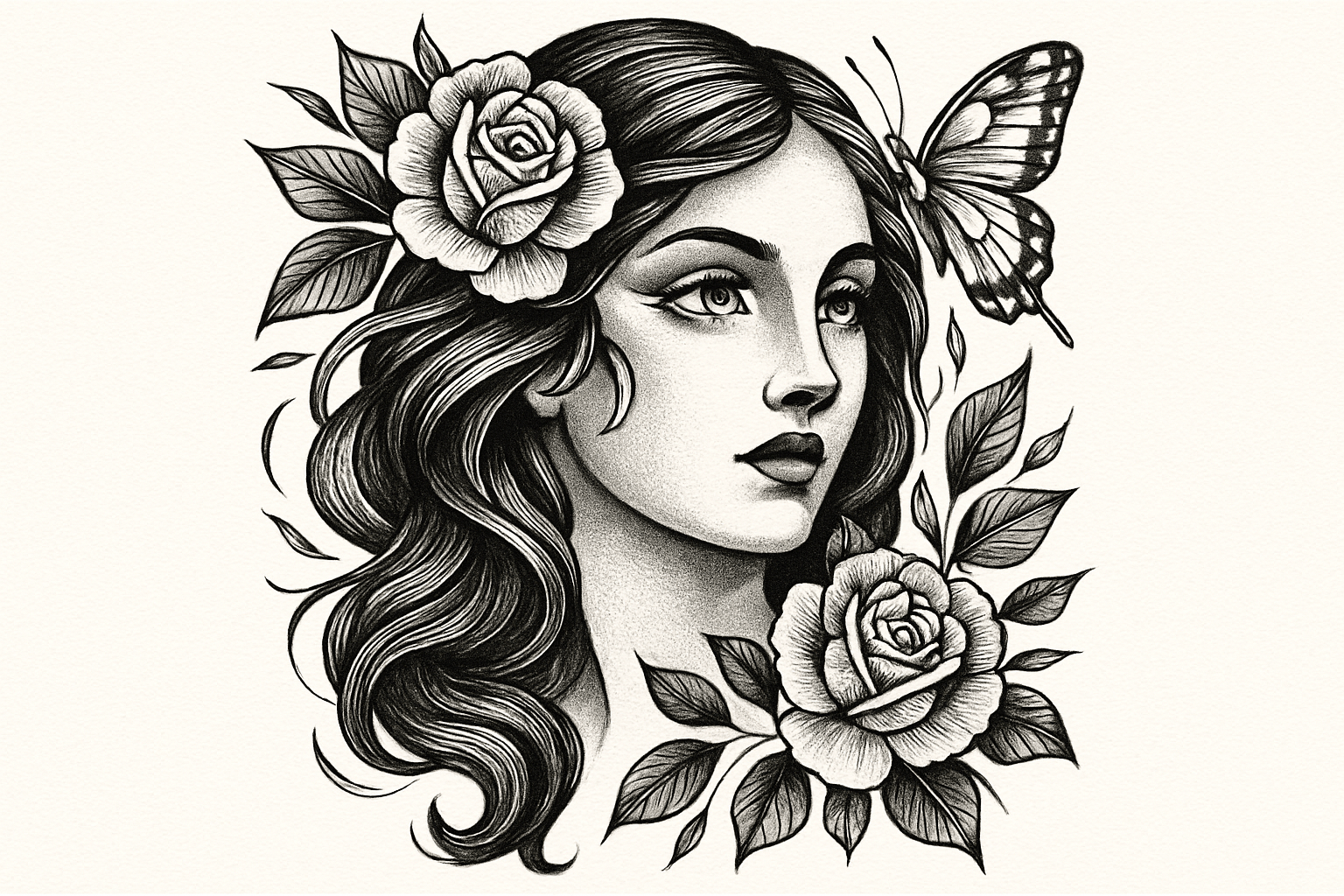
The art style of Tattoo Drawing is usually very detailed and realistic. The colors are usually very bold and vibrant.
Thinking in the box: Impressionism, Modernism
Might also call it: Ink, art, design, sketch
Technical drawing No.825
Technical drawing is a form of communication that conveys information about an object through the use of line, shading, and other graphical elements. Technical drawings are often used in the design and construction of products, as well as in the planning and execution of engineering and architectural projects.

Technical drawing is a type of visual communication that shows how something is made or how it works. It is usually created using specialized software. Technical drawings are often used in engineering, architecture, and manufacturing.
Thinking in the box: Impressionism, Modernism
Might also call it: Blueprint, plans, drawing, sketch, illustration
Technocubism No.826
Technocubism was an art movement that emerged in the early 20th century. It was characterized by its use of geometric shapes and bold colors. The movement was short-lived, but its influence can still be seen in some contemporary art.

Technocubism is a visual art style that combines elements of both Cubism and Futurism. It is characterized by its use of geometric shapes and bright colors.
Thinking in the box: Impressionism, Modernism
Might also call it: Futurism, Cubism, Constructivism, Dadaism
Telephoto Lens No.827
Telephoto lenses are long focal length lenses that allow the photographer to capture images at a distance without having to physically move closer to the subject. This type of lens is often used in sports and wildlife photography, as it allows the photographer to capture images of fast-moving subjects from a distance. Telephoto lenses typically have a large maximum aperture, which allows for a shallow depth of field and a narrow field of view. This makes them ideal for isolating a subject from its surroundings.
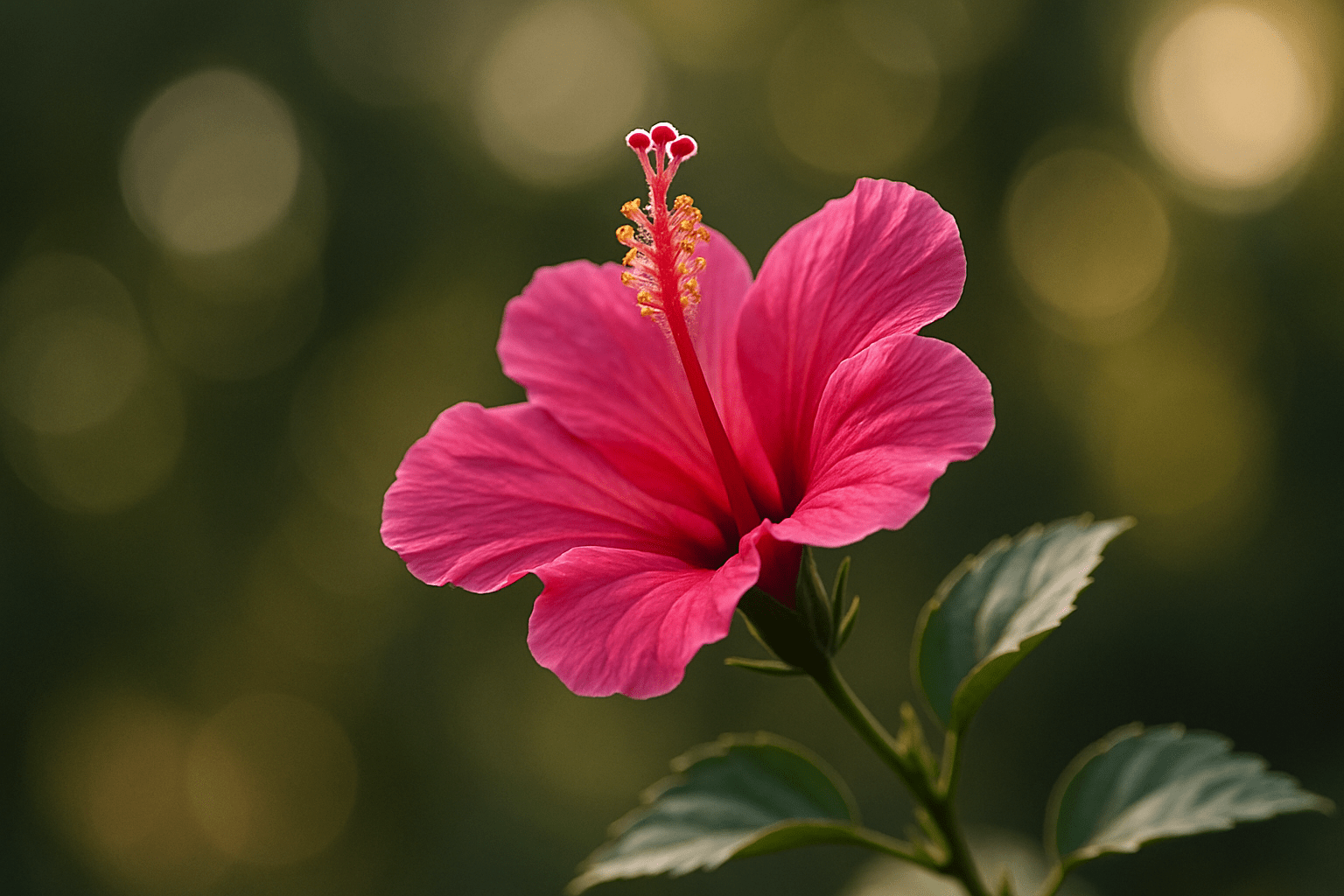
The art style Telephoto Lens is characterized by its use of long, narrow shots that compress space and create a sense of intimacy between the viewer and the subject. This style is often used in documentary filmmaking, as it allows the viewer to feel as if they are a part of the story.
Thinking in the box: Impressionism, Modernism
Might also call it: Long Lens, Zoom Lens, Optical Lens
Egg Yolk Symphony No.828
Crafted with the precision of a watchmaker, Tempera binds pigments with the gleam of egg yolk, creating surfaces vibrant, detailed, yet utterly enduring.
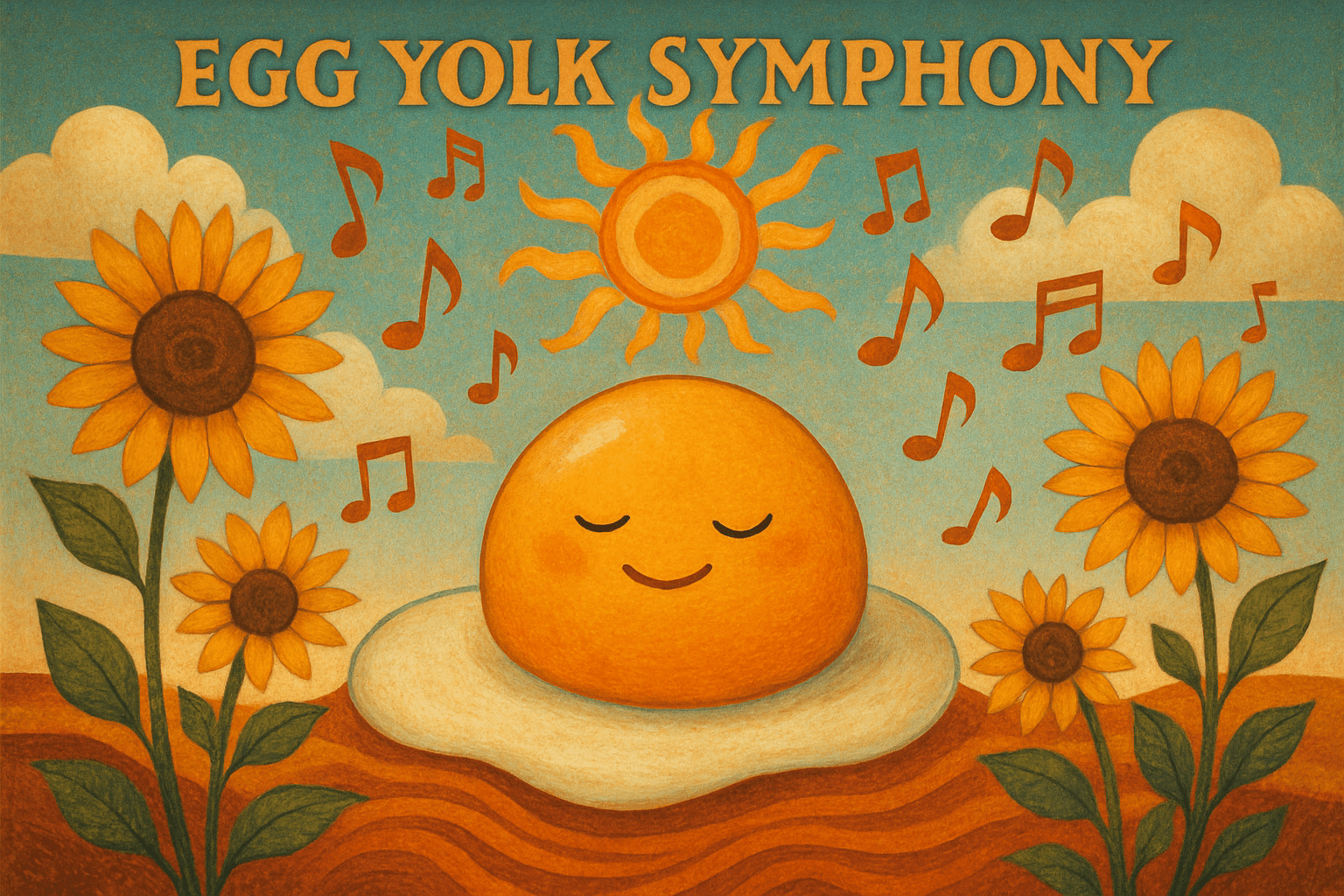
Tempera unveils a tapestry of lush hues, akin to sunlight streaming through jeweled glass. It captures life's fine lace in radiant permanence, each brushstroke rarefied.
Thinking in the box: Renaissance, Iconography
Might also call it: Egg Tempera, Egg-Based Painting
Temporary art No.829
Temporary art is a type of art that is designed to be temporary or short-lived. It can be made from a variety of materials, including paper, cardboard, cloth, plastic, metal, and wood. Temporary art is often used in public spaces, such as parks, plazas, and sidewalks. It is also often used in advertising and marketing campaigns. Temporary art can be created by anyone, including professional artists, amateurs, and children.

The art style is characterized by its use of bright colors and bold patterns. The art is often made using temporary materials such as cardboard, paper, or fabric. The style is often associated with street art and graffiti.
Thinking in the box: Impressionism, Modernism
Might also call it: ephemeral, transitory, fleeting, impermanent, short-lived
Tenebrism No.830
Tenebrism is a style of painting characterized by the use of strong chiaroscuro, or the contrast of light and dark. It was popularized by the Italian artist Caravaggio in the early 17th century, and used to dramatic effect in works such as The Calling of Saint Matthew and The Martyrdom of Saint Matthew. The style was later taken up by other artists, such as the Spanish painter Jusepe de Ribera.
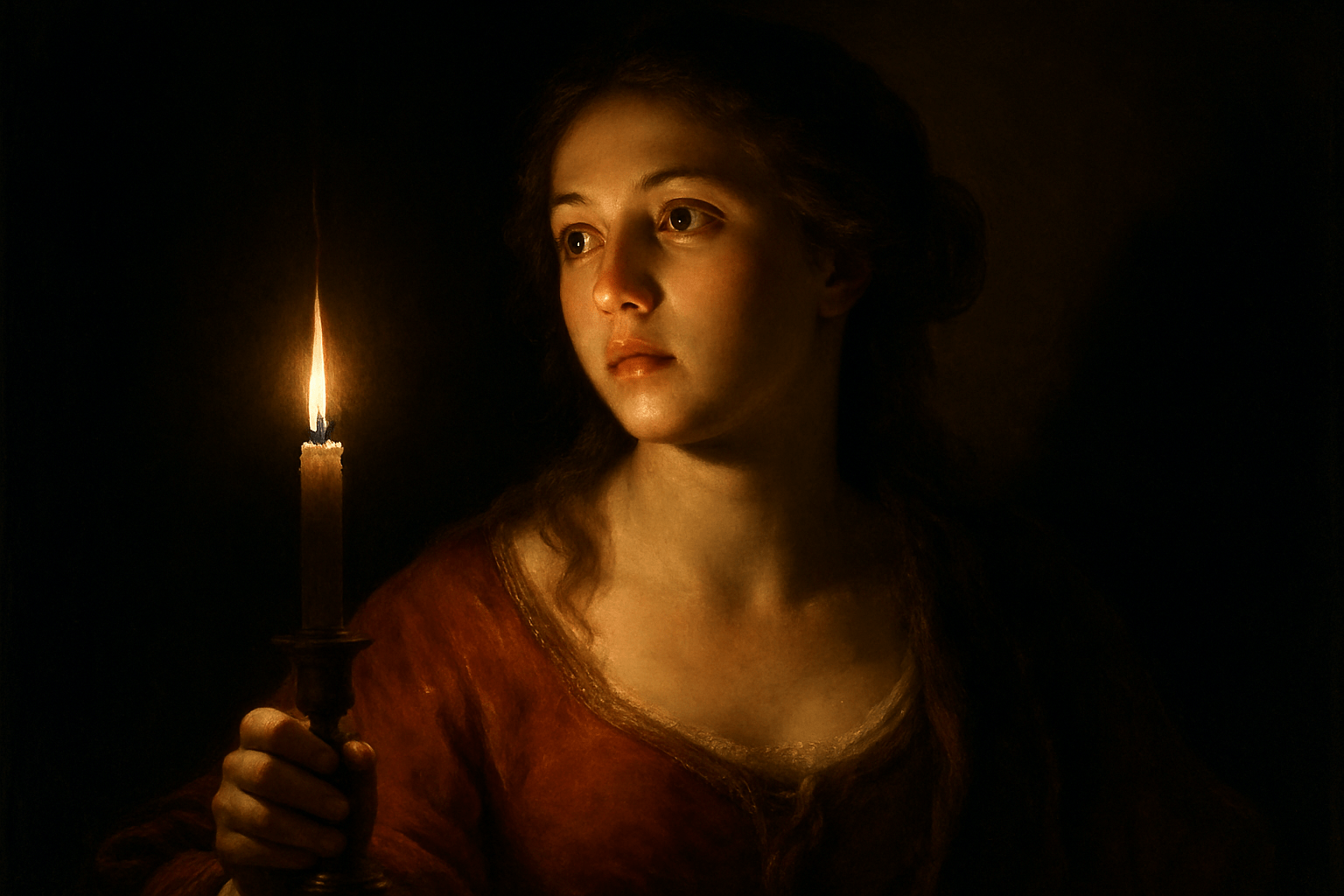
Tenebrism is a style of painting in which shadows and darkness are used to create a sense of drama. The word "tenebro" means "darkness" in Italian, and the style is also sometimes called "dramatic illumination." Tenebrism was popularized by the Italian artist Caravaggio in the early 1600s, and it was used by many other artists in the Baroque period. The style is characterized by strong contrasts between light and dark, and by the use of deep shadows to create a sense of mystery or suspense.
Thinking in the box: Impressionism, Modernism
Might also call it: Tenebrism is a style of painting characterized by the use of strong chiaroscuro, where there are very dark shadows and very bright highlights. It is also called dramatic illumination.
Tensor Bloom No.831
A surreal dance of algorithms and brushstrokes, evoking the blossoming of neural pathways in vivid bursts of color and texture.
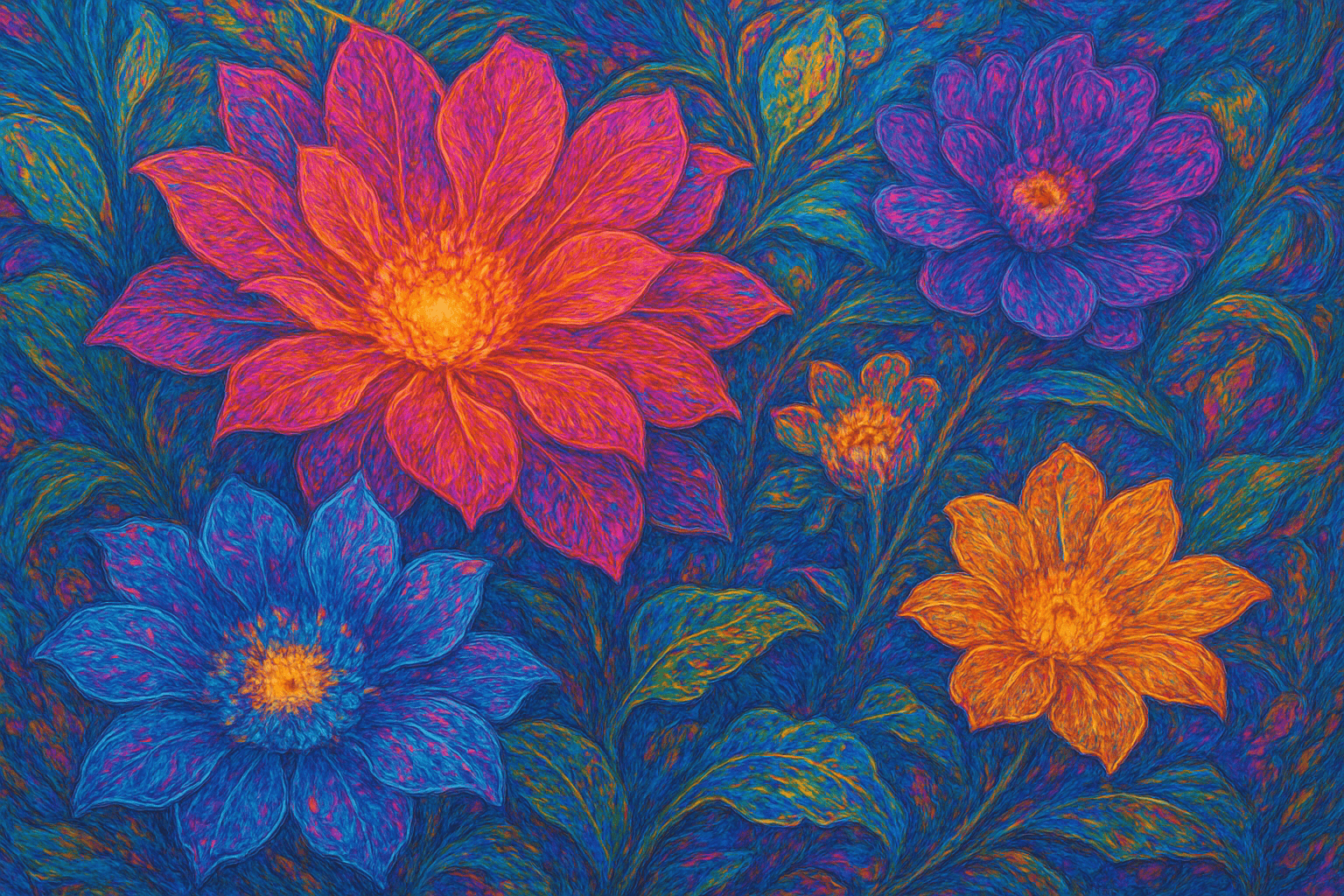
Envision the intricate choreography of pixels replicating Impressionist dreams—ecstatic hues swirling in digital ether, capturing the fleeting beauty of cybernetic nature.
Thinking in the box: Impressionism, Modernism
Might also call it: Neural Impression, Algorithmic Blossom
Tessellation No.832
Tessellation is a type of art where shapes are repeated to create a pattern. This can be done with any type of shape, but is often seen with geometric shapes. Tessellations can be found in a variety of places, including architecture, nature, and even on the surface of a soccer ball.
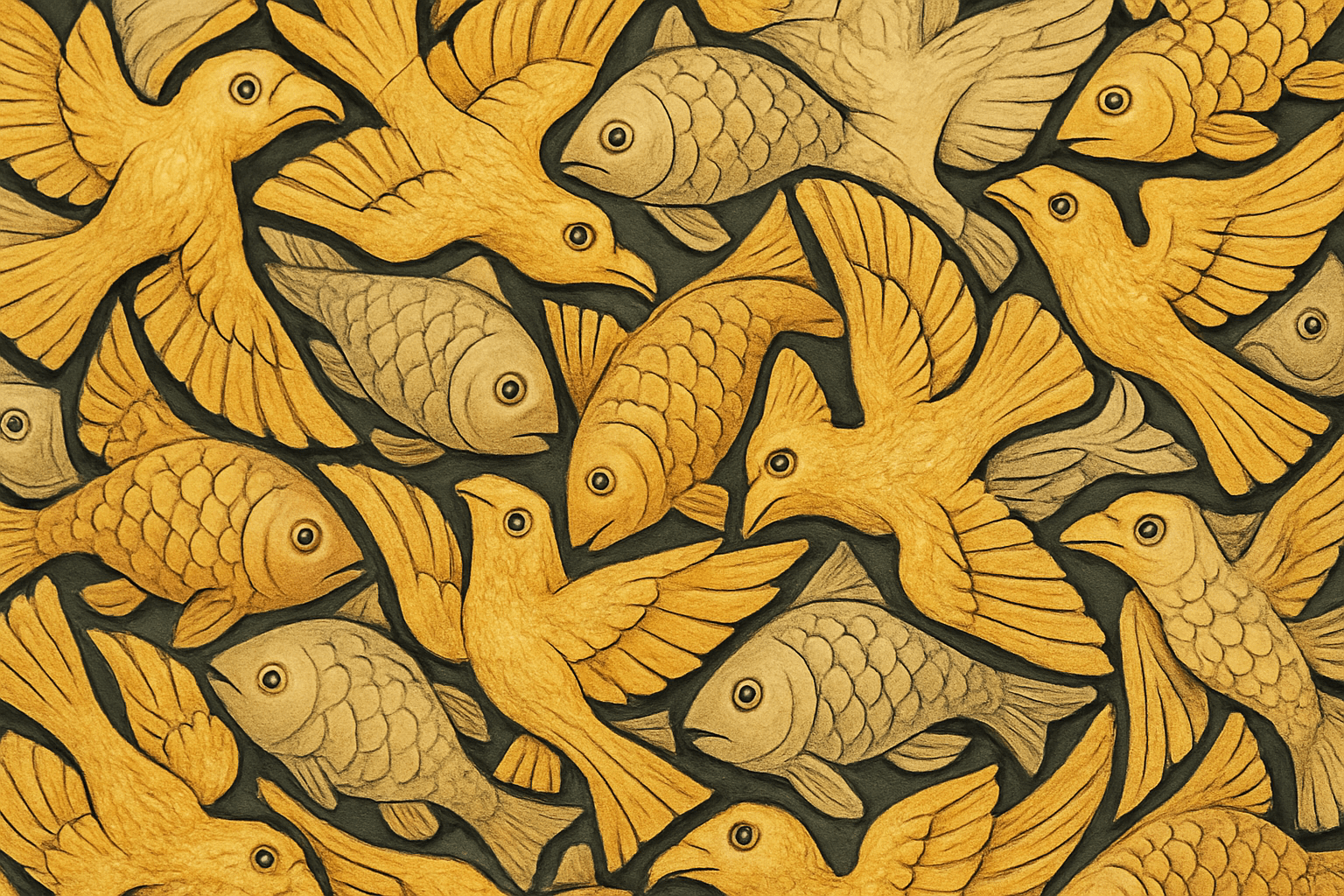
The art style of tessellation is usually a repeating pattern of geometric shapes. The shapes are often interlocking, and the overall effect is often quite pleasing to the eye.
Thinking in the box: Impressionism, Modernism
Might also call it: Tiling, mosaic, pattern, design, decoration
Tetraeder-fabricism No.833
Tetraeder-fabricism is a style of art that is characterized by its use of geometric shapes. Tetraeder-fabricism is often used to create abstract or non-representational art. This style of art often uses a limited color palette and emphasizes simplicity and clean lines.
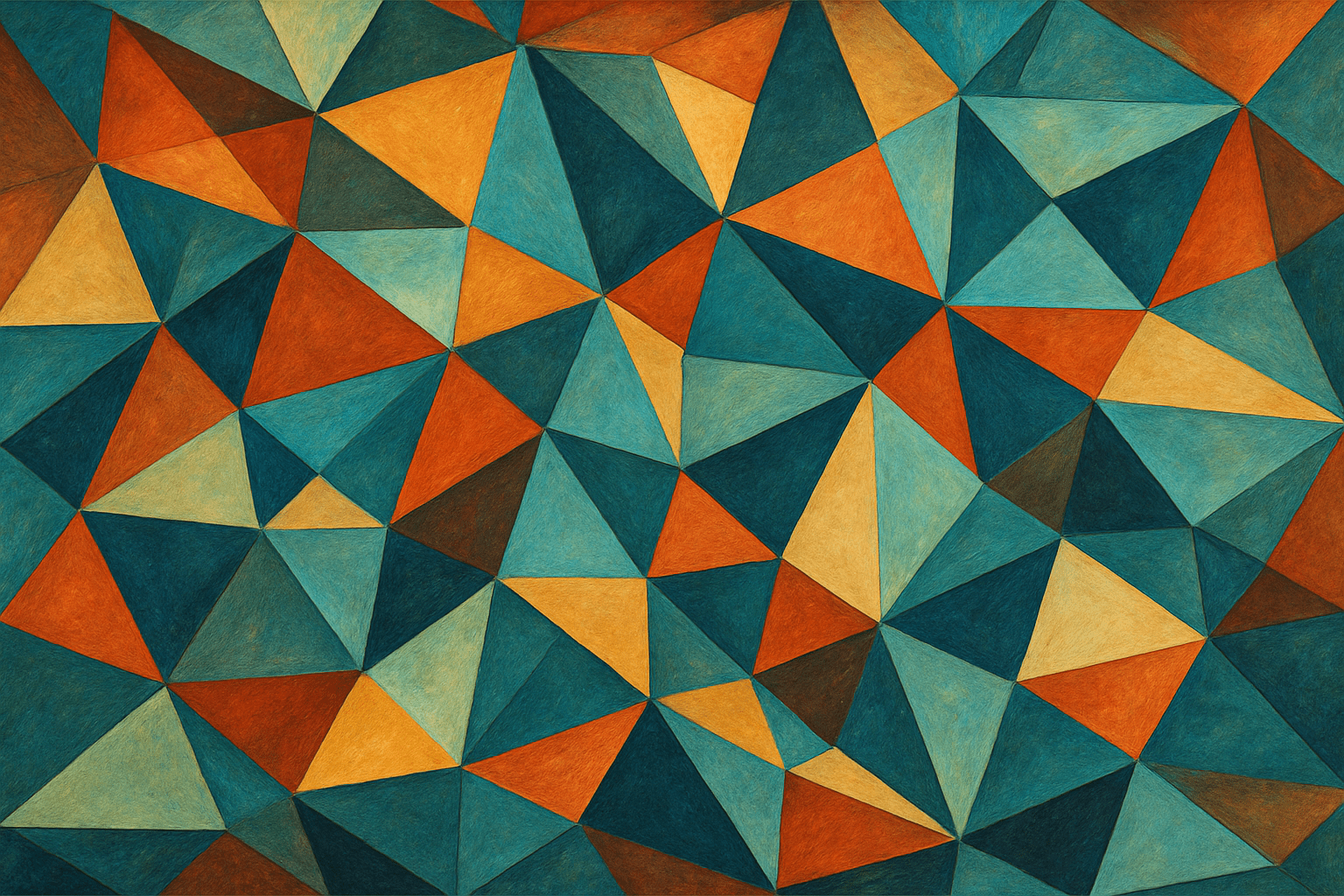
Tetraeder-fabricism is a style of art that is characterized by its use of geometric shapes, specifically the tetrahedron. This style is often used to create abstract or minimalist artworks.
Thinking in the box: Impressionism, Modernism
Might also call it: Tetraeder-fabricism: a system of beliefs that places emphasis on the importance of the tetrahedron.
Textile Art No.834
A brief (short) description of the art style. Medium length (multiple lines)
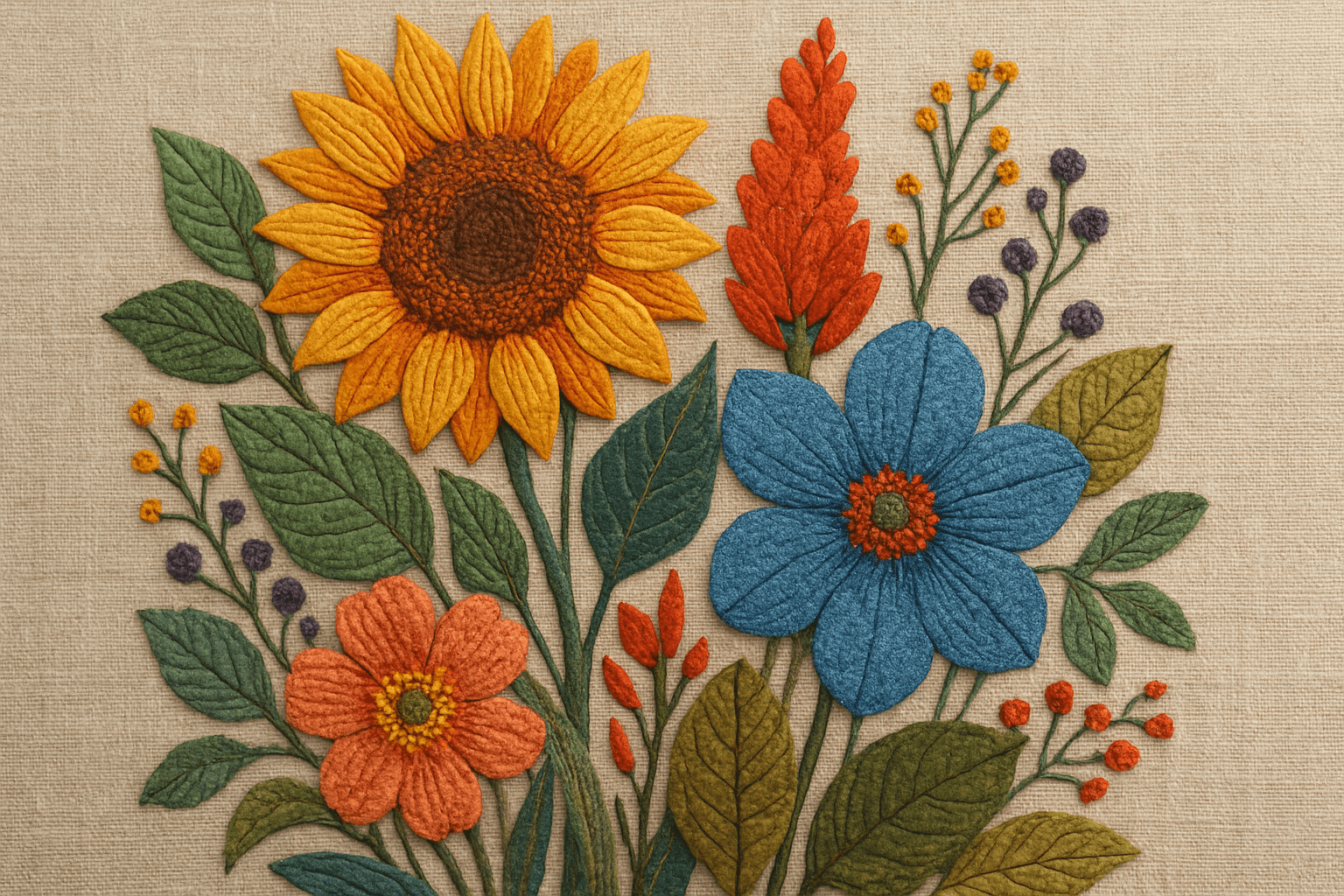
A description of the visual appearance of the style. Medium length (multiple lines).
Thinking in the box: Impressionism, Modernism
Might also call it: Alternative names of the Art Style
Thai No.835
Thai art is characterized by its strong religious influences, as well as its unique blend of traditional and modern influences. Thai artists often use Buddhist iconography and imagery, as well as traditional Thai motifs and patterns. Thai art is also known for its use of bright colors and bold patterns.
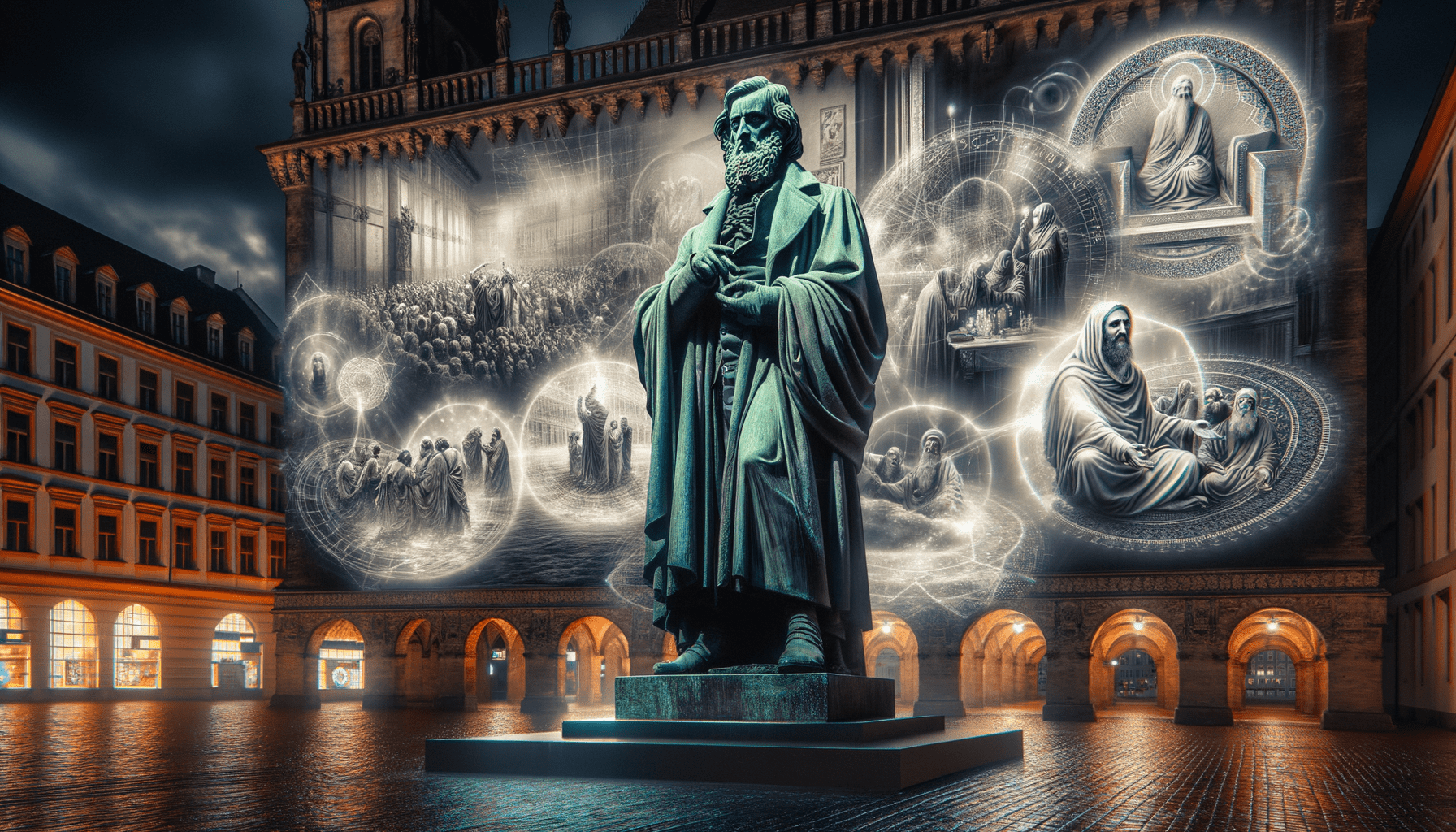
The art style Thai is characterized by its use of bright colors and patterns. Thai artists often use a variety of colors to create a sense of movement and energy in their paintings. Thai paintings often depict scenes from nature, such as mountains, rivers, and trees. Thai artists also frequently use geometric shapes and patterns in their work.
Thinking in the box: Impressionism, Modernism
Might also call it: Siam, Lao, Tai, Cambodian
The Eight (Ashcan School) No.836
Amidst bustling cityscapes and gritty alleys, The Eight captured the pulse of urban life with raw, visceral strokes that protest the polished veneers of their epoch.

Canvases burst with earthy tones, depicting crowded streets and intimate interiors. There's a palpable energy in each brushstroke, a chaotic dance of light and shadow that unveils the soul of city life.
Thinking in the box: Realism, Urban Impressionism
Might also call it: The Ashcan School, New Urban Realism
The Situationist International No.837
The Situationist International was a group of artists, intellectuals, and political activists founded in 1957. The group was active until 1972 and had a profound influence on the development of post-war art, architecture, and urbanism. The Situationists advocated for an experimental approach to art making that was based on the principles of psychogeography and dÃÂétournement. They believed that art should be used as a tool for social change and that the everyday environment could be transformed into a site of creative activity. The groupÃÂÃÂs ideas were influential in the development of the May 1968 uprising in France.
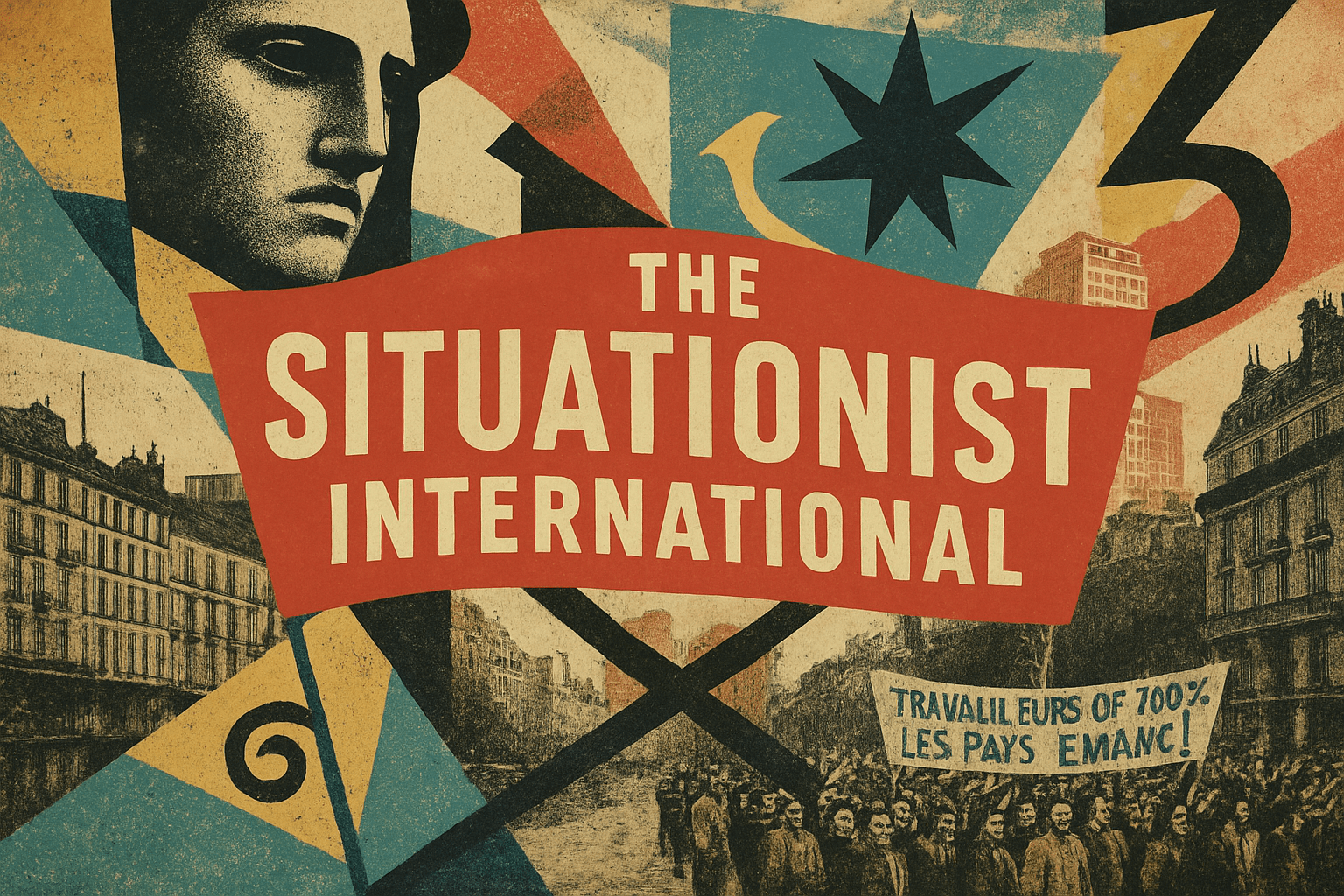
The art style of the Situationist International is characterized by its use of bold, bright colors and its focus on geometric shapes. Additionally, the style often incorporates elements of pop art and collage.
Thinking in the box: Impressionism, Modernism
Might also call it: The Situationist International was a group of artists, intellectuals, and political activists founded in 1957.
The movie Tron No.838
Tron is a 1982 American science fiction film written and directed by Steven Lisberger, based on a story by Lisberger and Bonnie MacBird and produced by Walt Disney Productions. The film stars Jeff Bridges as a computer programmer who is transported inside the software world of a mainframe computer where he interacts with programs in his attempt to escape. Tron was one of the first films to use computer-generated imagery (CGI) extensively for its visuals. The film features innovative visuals, action sequences, and a compelling story. It was a critical and commercial success, grossing over $33 million in the United States and becoming the highest-grossing film of 1982.

has a very distinct visual appearance. It is set in a computer world and everything is very geometric. The colors are very bright and the action is very fast paced.
Thinking in the box: Impressionism, Modernism
Might also call it: was The movie Tron was a film about a computer programmer who is transported inside the computer and has to fight for his life.
The muppet show No.839
The Muppet Show is a variety show that features a cast of Muppets, created by Jim Henson. The show is known for its mix of humor, music, and celebrity guest stars.
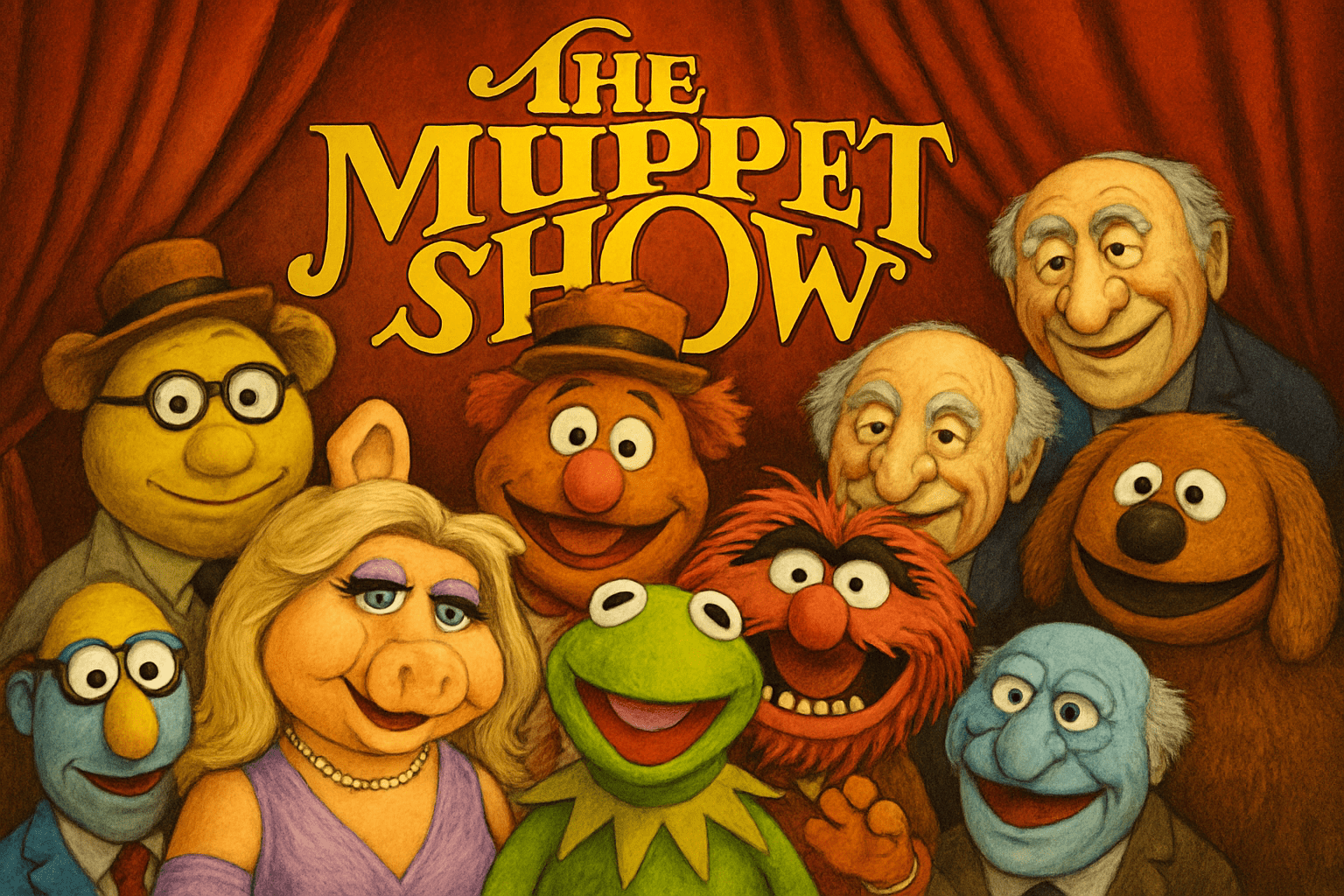
The muppet show is a colorful and whimsical show that features puppets of all shapes and sizes. The sets and costumes are also very colorful and often outrageous.
Thinking in the box: Impressionism, Modernism
Might also call it: The muppet show: a children's television program featuring puppets that was created by Jim Henson and first aired in 1976.
Thomas Hart Benton No.840
Thomas Hart Benton was an American painter and muralist. His art style is characterized by its Regionalism and naturalism, as well as its bold use of color and brushwork. Benton was a major force in the American art scene in the first half of the twentieth century, and his work continues to be highly influential.
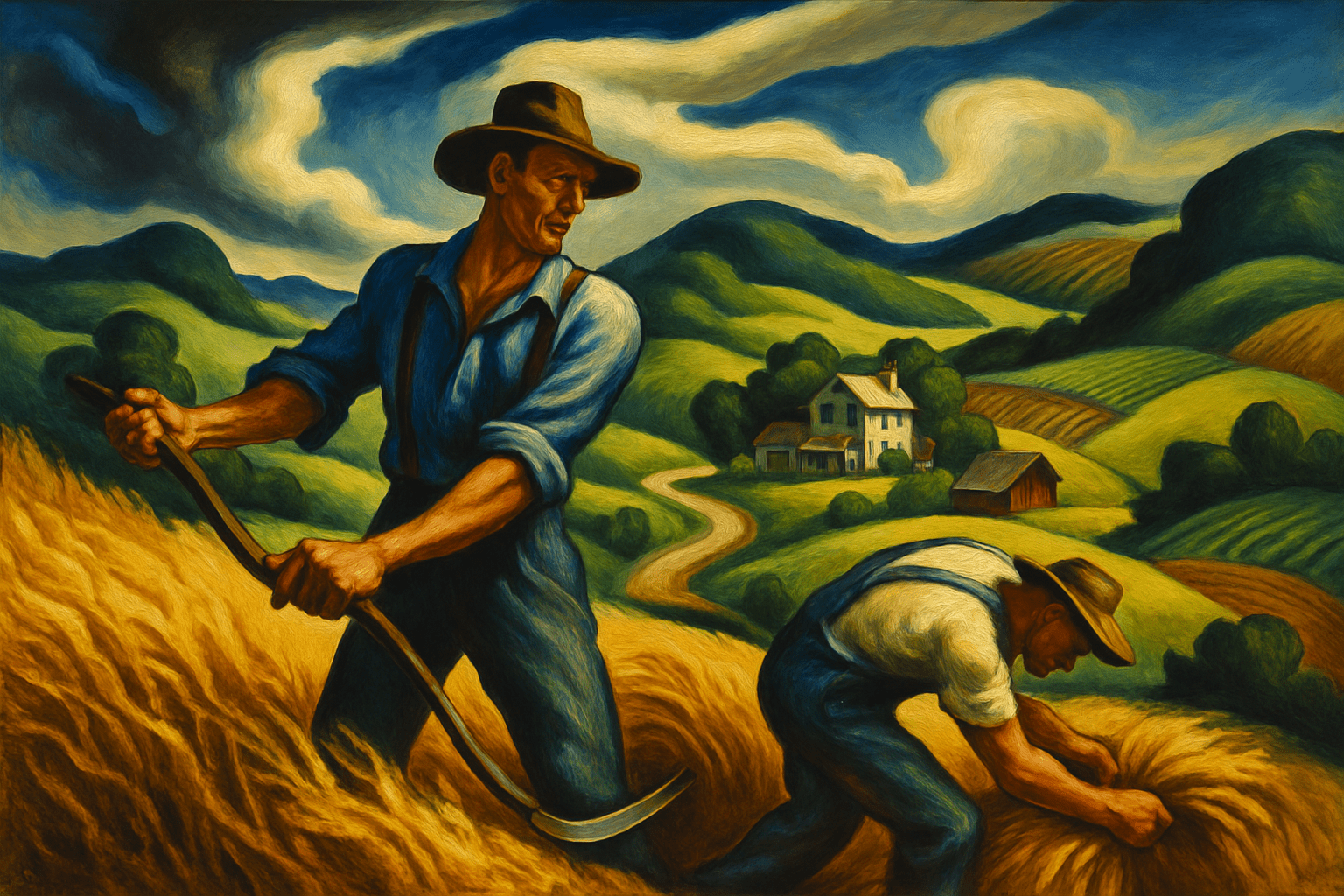
The art style of Thomas Hart Benton is characterized by its use of strong lines and bold colors. His paintings often depict scenes of everyday life, and he is known for his use of perspective to create a sense of depth.
Thinking in the box: Impressionism, Modernism
Might also call it: Benton, Hart, Thomas
Tilt-shift Photography No.841
Tilt-shift photography is a type of photography that involves the use of a camera with a special lens that allows the photographer to control the plane of focus in the image. This type of photography is often used to create the illusion of a miniature world, and it can be used to create some very interesting and unique effects.

Tilt-shift photography is a type of photography that uses a special camera lens to create the illusion of a miniature scene. The technique is often used to make cityscapes and landscapes appear as if they are models.
Thinking in the box: Impressionism, Modernism
Might also call it: Miniature faking, fake tilt-shift, miniature photography, toy camera effect.
Tonalism No.842
Tonalism was an art movement that emerged in the late 1800s and early 1900s. It was characterized by its use of soft, muted colors and its focus on light and shadow. Tonalist paintings often had a dreamlike or atmospheric quality to them, and they were often inspired by nature.

Tonalism is a style of painting that emphasizes light and dark tones to create a sense of depth. The colors are usually muted, and the overall effect is one of calm and serenity.
Thinking in the box: Impressionism, Modernism
Might also call it: Tonalism, in art, refers to the use of light and dark tones to create an overall tone or feeling. This can be achieved through the use of color, shading, and texture.
Tonalisme No.843
A moody, atmospheric art style capturing the nuances of dusk and dawn; blending soft hues with shadowy whispers, often resembling an elegy painted in twilight.

Atmospheric veils of muted colors; brushstrokes that evoke the gentle touch of dawn's first kiss or the fading whispers of twilight. Shadows dance as gentle whispers against a rich, dark tapestry.
Thinking in the box: Impressionism, Modernism
Might also call it: Twilight Impressionism, Mood Painting
Toonami No.844
Toonami is an art style that is characterized by its use of bright colors and exaggerated features. This style is often used in cartoons and video games, and is known for its playful and whimsical aesthetic.

The visual appearance of Toonami is very colorful and vibrant. The art style is very cartoony and exaggerated, with big eyes and exaggerated features. The overall look is very energetic and lively.
Thinking in the box: Impressionism, Modernism
Might also call it: Anime, manga, Japanese animation
Toroidism No.845
Toroidism is an art style characterized by its use of concentric circles and spirals. It is often used to create abstract or geometric designs, and can be used in both two and three dimensional artworks. Toroidism is often used to create a sense of movement or flow in an artwork, and can be used to create both positive and negative space.
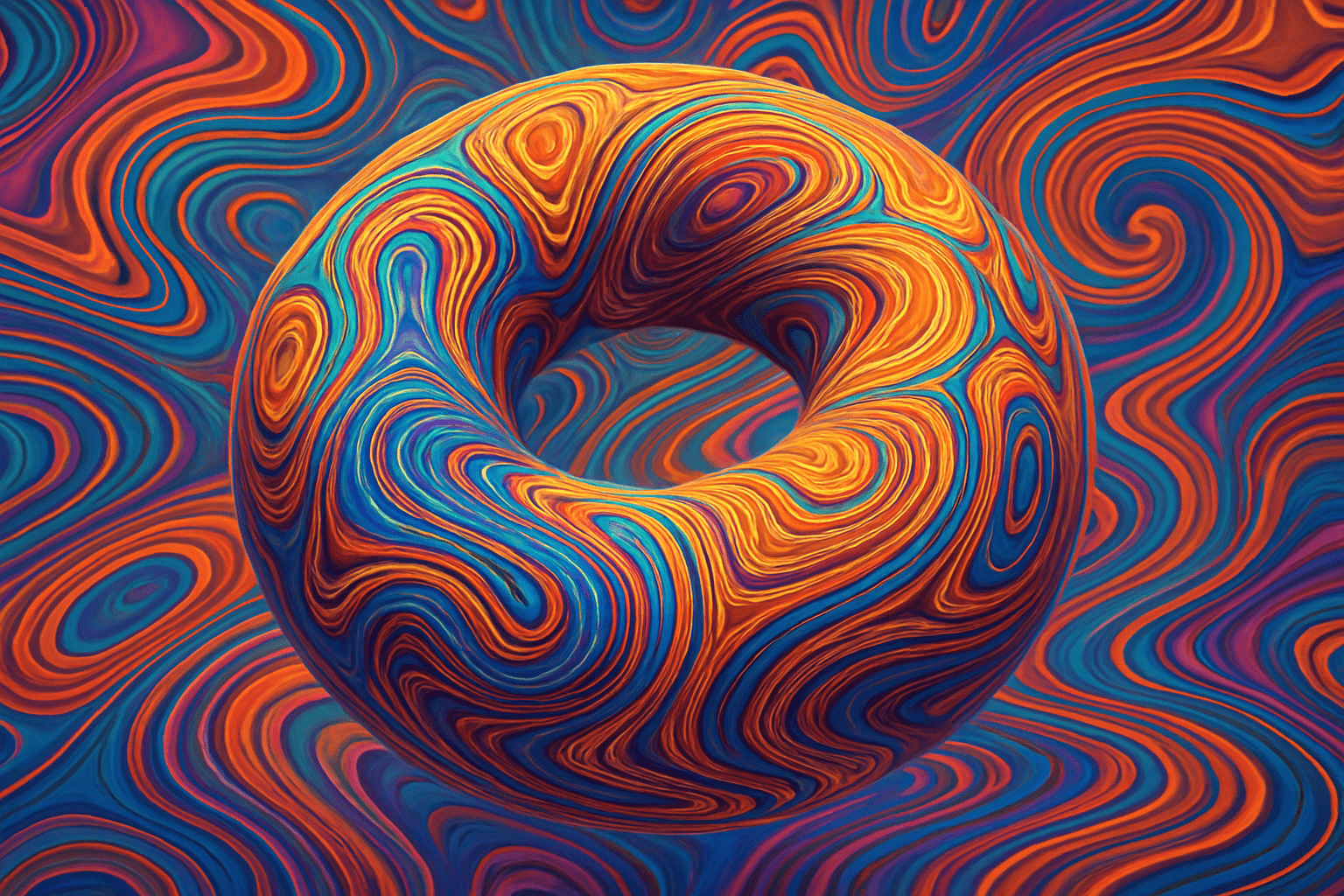
The art style Toroidism is characterized by its use of bright colors and geometric shapes. The shapes are often arranged in patterns, and the overall effect is one of movement and energy.
Thinking in the box: Impressionism, Modernism
Might also call it: Toroidism: the state or quality of being toroidal; the property of a body that causes it to assume a toroidal shape.
Toyism No.846
Toyism is a Dutch art movement founded in 1991 by a group of artists known as the "Toyists". The Toyists paint in a style that is inspired by toys, cartoons, and other objects from pop culture. The goal of the Toyists is to create art that is fun and accessible to everyone. The Toyist movement began in the city of Enschede in the Netherlands. A group of artists, including Dick van Hoff, Wim van der Linden, and Jan van der Ploeg, started painting in a style that was inspired by toys, cartoons, and other objects from pop culture. The Toyists wanted to create art that was fun and accessible to everyone. The group quickly gained popularity, and their work has been featured in galleries and museums around the world. Today, the Toyists are a global community of artists who continue to create art that is fun and accessible to everyone.

The art style Toyism is characterized by its use of bright colors and childlike imagery. Toyism artists often use bold lines and patterns in their work, and their paintings often have a whimsical or playful feel to them.
Thinking in the box: Impressionism, Modernism
Might also call it: Art movement, style, school
Traditional Chinese Painting No.847
Ancient art marrying fluid brushwork and ethereal landscapes, fusing nature's secrets with human emotion.
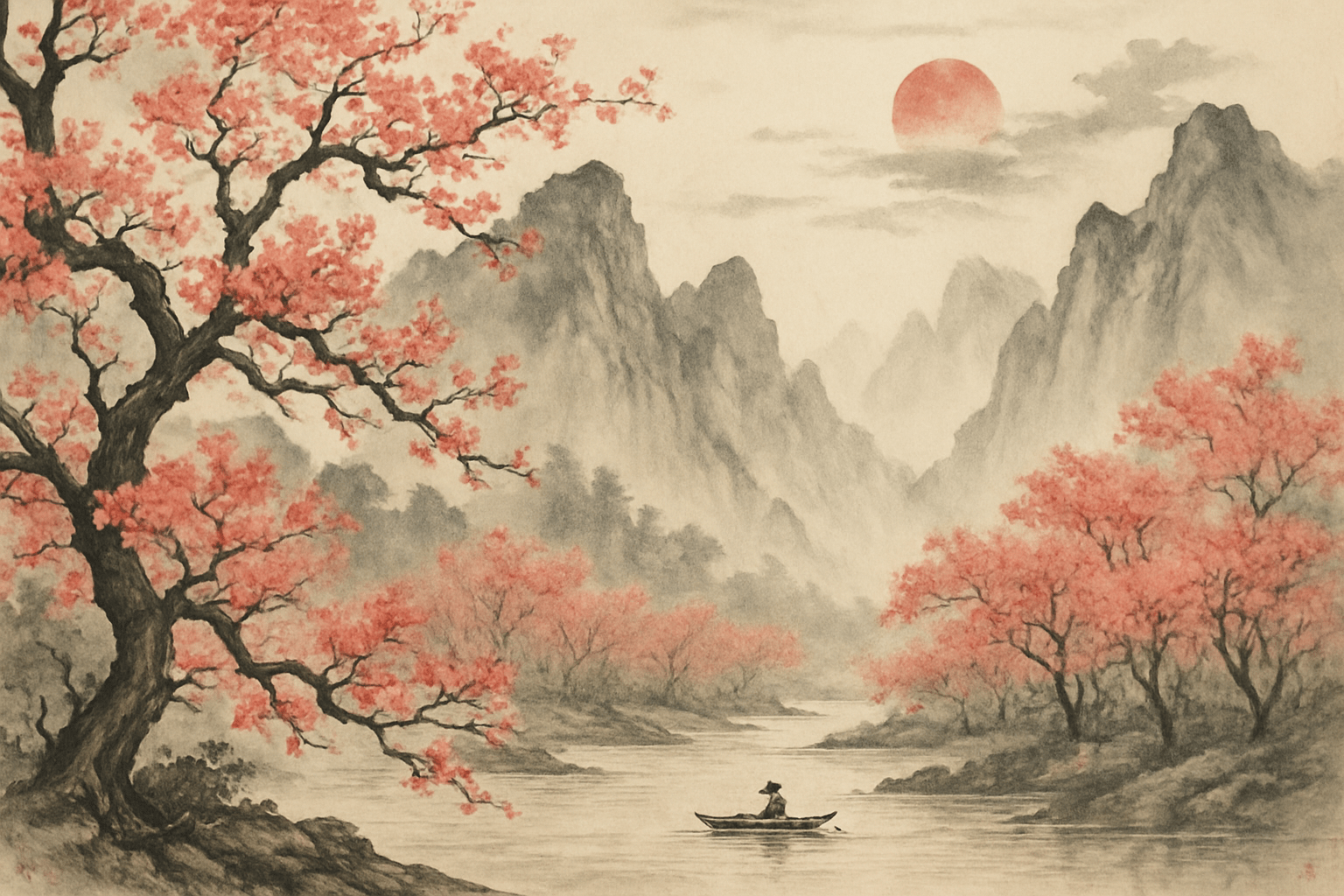
Delicate, flowing strokes painting mountains shrouded in mist, rivers winding like a calligrapher’s ink trail, vivid yet serene hues resplendent with tranquil balance.
Thinking in the box: Traditional, Calligraphic
Might also call it: Guohua, Ink Wash Painting, Shan Shui
Transavantgarde No.848
A brief (short) description of the art style. Medium length (multiple lines)
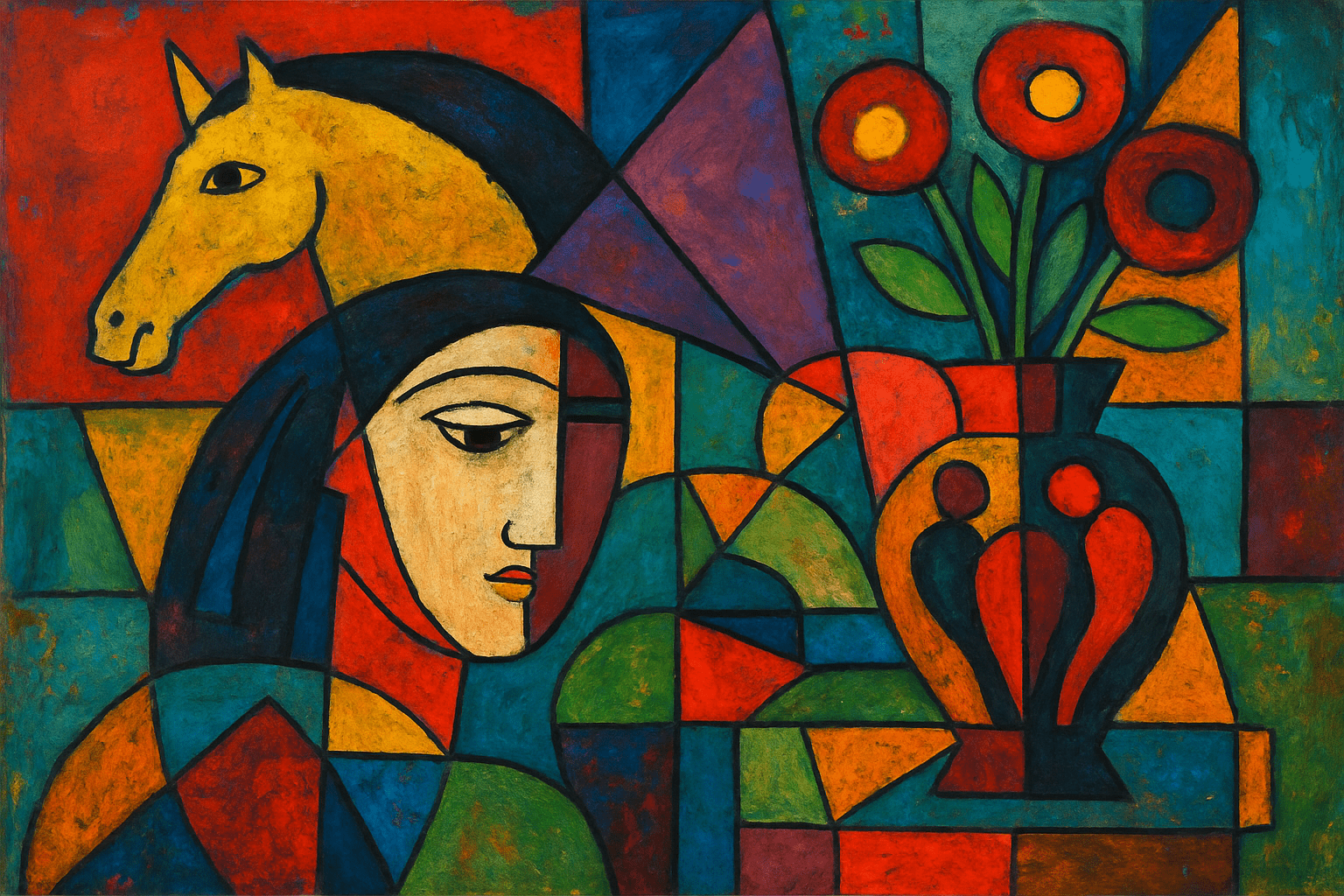
A description of the visual appearance of the style. Medium length (multiple lines).
Thinking in the box: Impressionism, Modernism
Might also call it: Alternative names of the Art Style
Transgressive art No.849
Transgressive art is a type of art that is designed to push the boundaries of what is considered acceptable in society. It is often shocking or offensive in nature, and is intended to provoke a reaction from its viewers. Transgressive art can be found in all mediums, including painting, sculpture, film, and music.
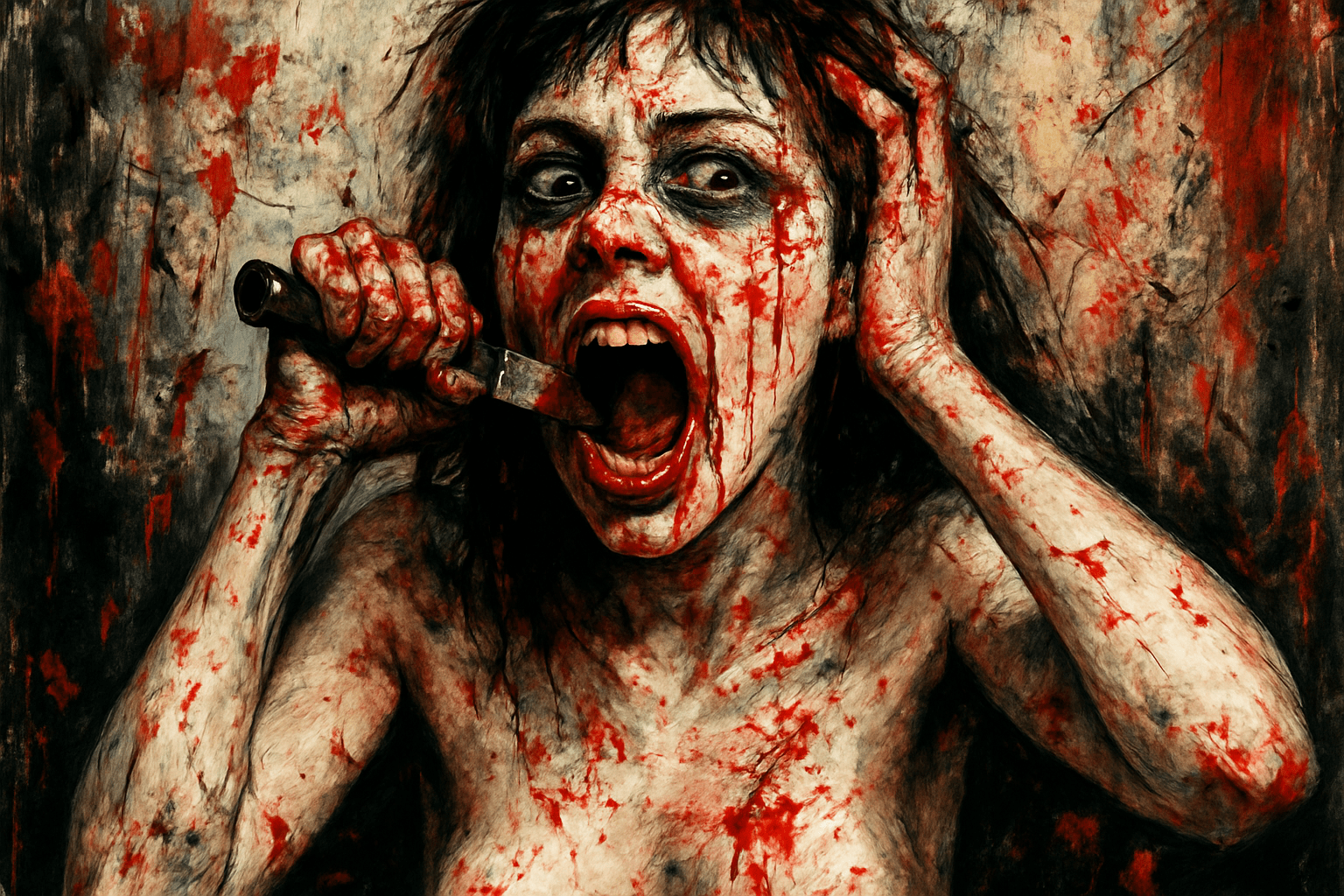
There is no one answer to this question as transgressive art can take on many different visual appearances. Some common themes and elements in transgressive art include taboo subjects, explicit imagery, and a general sense of anarchy or chaos. This type of art is often shocking or offensive, and is designed to push boundaries and challenge social norms.
Thinking in the box: Impressionism, Modernism
Might also call it: Non-conformist art, Avant-garde art, Experimental art
Trending on art station No.850
The art style that is currently trending on Art Station is a mix of traditional and digital art. This style is characterized by its use of bright colors and bold lines. Additionally, this style often incorporates elements of pop culture into the artwork.

The visual appearance of the art style Trending on art station is characterized by its use of bright colors and bold patterns. This style is often used to create abstract or stylized images.
Thinking in the box: Impressionism, Modernism
Might also call it: Popular, in style, up and coming, current
Triangulation drawing No.851
Triangulation drawing is a type of drawing that uses a system of triangles to create an image. This system is used to create a variety of images, including landscapes, portraits, and still lifes. Triangulation drawing can be used to create both realistic and abstract images.
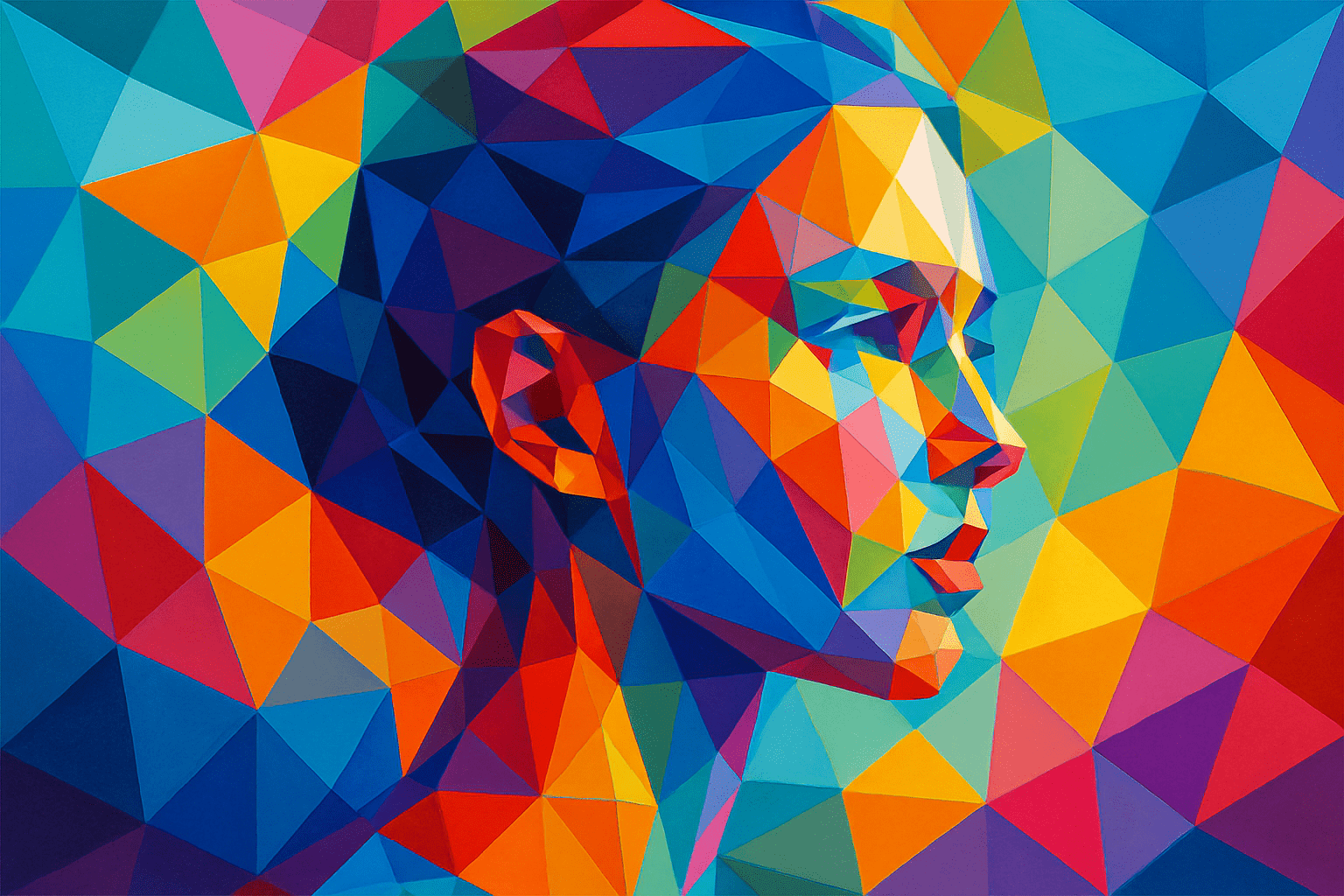
Triangulation drawing is a type of art where the artist creates a drawing by using a series of triangles. The triangles can be of any size and shape, and the artist can use any type of medium to create the drawing.
Thinking in the box: Impressionism, Modernism
Might also call it: Triangulation drawing can also be referred to as a three-dimensional drawing, a three-point perspective drawing, or a three-sided drawing.
Tribal Art No.852
Deeply rooted in spiritual realms, Tribal Art speaks through its raw textures and mythical imagery, often crafted from natural elements. This art breathes life into the mystical world of indigenous cultures.

Emblematic forms and earthly colors dominate, each stroke echoing the heartbeat of ancestral tales. Patterns repeat, like nature's rhythms, conveying a profound connection between humanity and the unseen realms.
Thinking in the box: Primitivism, Cultural Art
Might also call it: Indigenous Art, Ethnic Art, Primal Art
Trilayerism No.853
Trilayerism is a painting technique that involves applying three layers of color to a surface. The first layer is a base color, the second layer is a contrasting color, and the third layer is a highlight color. This technique can be used to create a variety of effects, depending on the colors used and how they are applied.
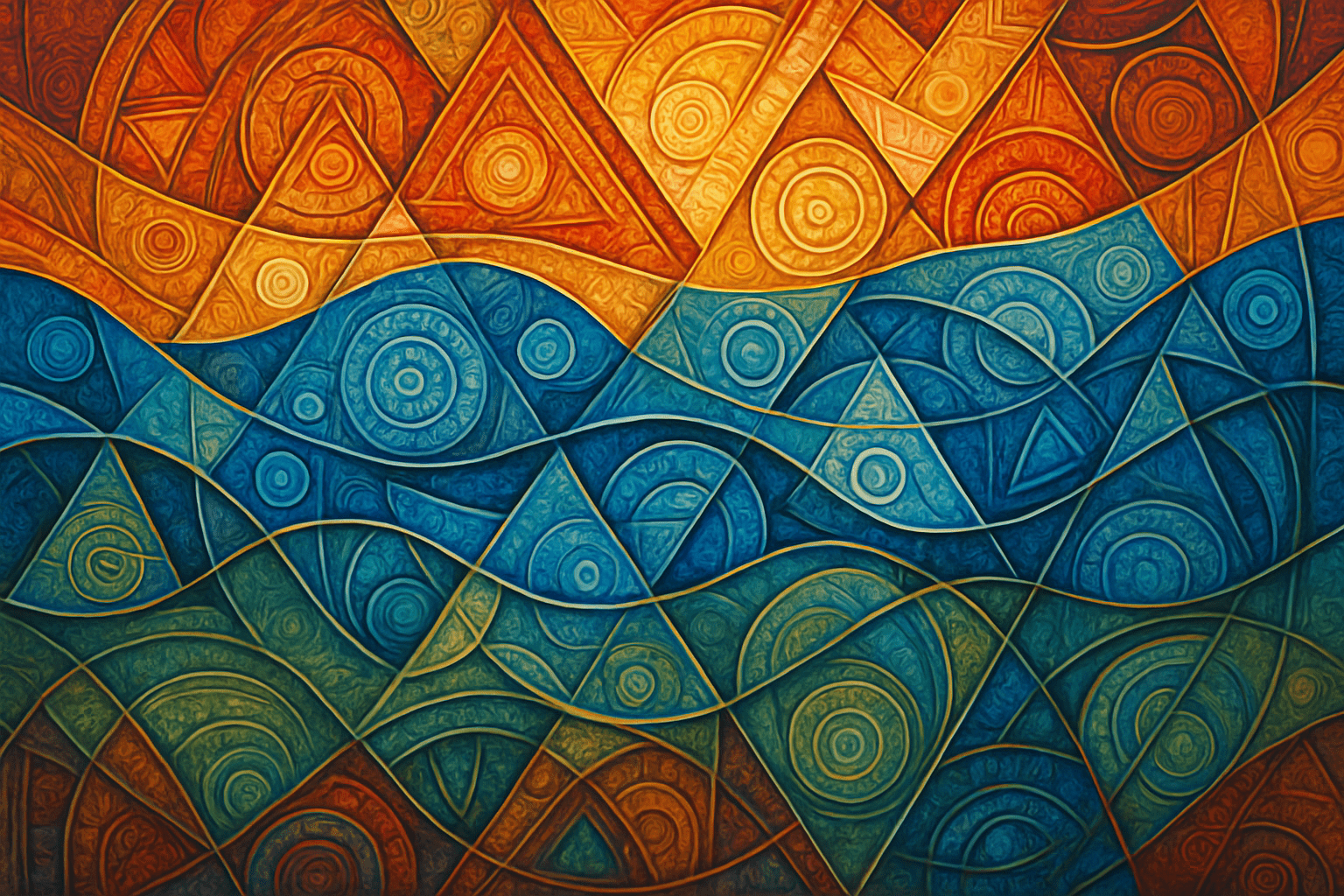
Trilayerism is a type of art style that uses three layers to create a image. The first layer is the background, the second layer is the middle ground, and the third layer is the foreground. This type of art style is often used in comics and video games.
Thinking in the box: Impressionism, Modernism
Might also call it: Multilayerism, three-layerism
Trompe-l'œil No.854
Illusionistic art playing tricks with perception, beguiling the eye with clever mimicry and deft artistry, challenging the boundary between reality and illusion.

Paintings appear to leap from their canvases, masterfully imitating textures and forms with acute precision, a testament to the artist's ability to weave visual trickery.
Thinking in the box: Baroque, Neo-Classical
Might also call it: Trick of the eye, Optical illusion painting
Tronie No.855
Tronie is a professional art style that is brief and to the point. It is perfect for those who want to get their message across without any distractions.

A tronie is a type of portrait in which the artist depicts the subject in an exaggerated or distorted manner. The term was coined in the 17th century and was used to refer to portraits that were not intended to be realistic.
Thinking in the box: Impressionism, Modernism
Might also call it: portrait, likeness, head, visage
Tubism No.856
Tubism is an art style that emerged in the early 20th century, primarily associated with the French artist Fernand Léger. It is characterized by the use of cylindrical shapes and forms, which resemble tubes, to depict subjects. This style is a subset of Cubism, focusing on simplifying objects into basic geometric forms while maintaining a sense of volume and three-dimensionality. Tubism emphasizes bold colors and dynamic compositions, often reflecting the industrial and mechanical influences of the modern age. Léger's work in Tubism sought to capture the essence of movement and the vitality of urban life, contributing to the broader modernist movement in art.
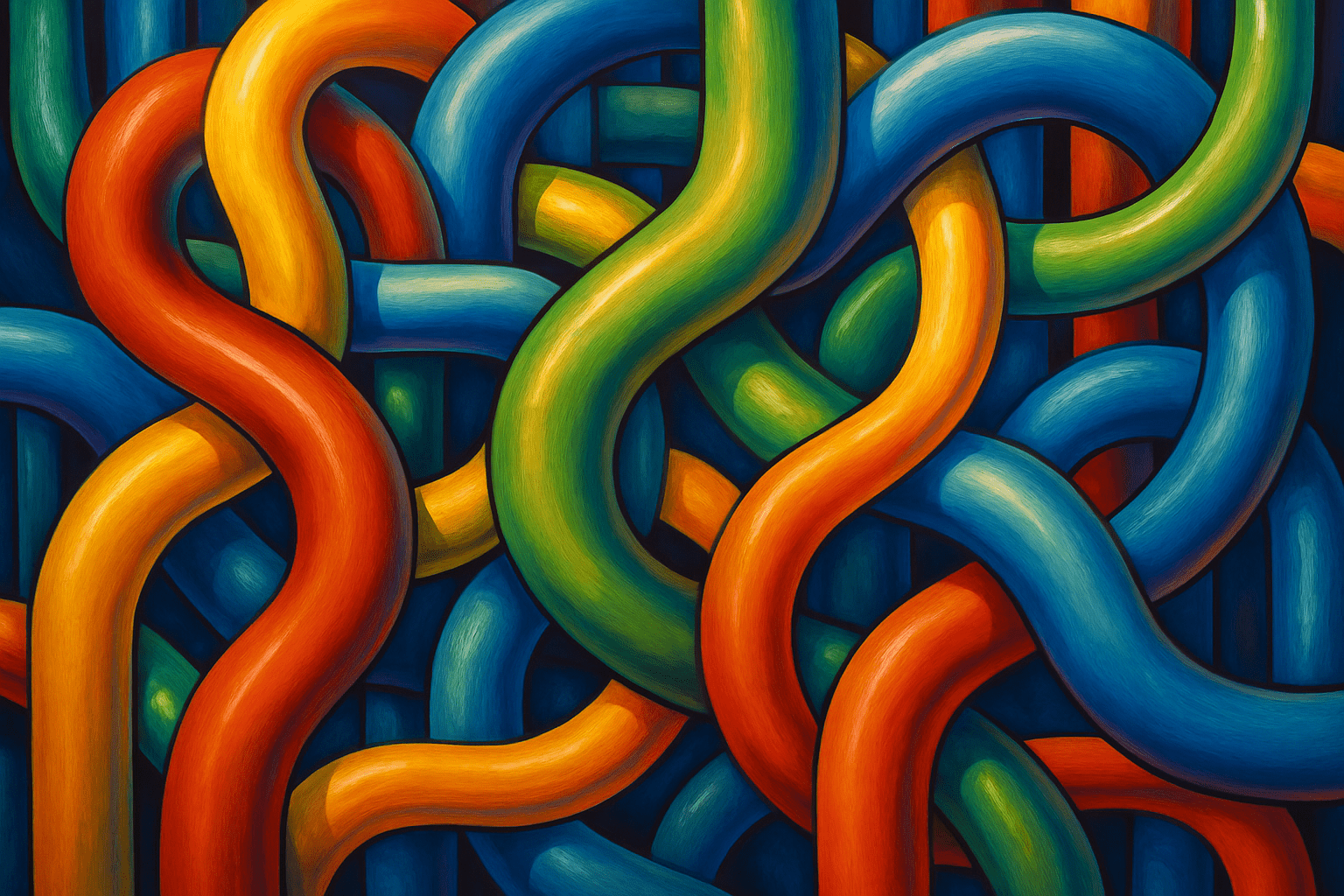
Tubism is an art style characterized by its use of cylindrical shapes and forms, which are reminiscent of tubes. This style often involves the simplification and abstraction of subjects into basic geometric forms, primarily focusing on rounded, tubular shapes. The visual appearance of Tubism can be described as having a sense of volume and three-dimensionality, with an emphasis on smooth, flowing lines and curves. The color palette in Tubism can vary, but it often includes bold, vibrant colors that enhance the sense of depth and form. The overall effect is a dynamic and somewhat playful representation of subjects, where the emphasis is on the structural and volumetric aspects rather than realistic detail.
Thinking in the box: Impressionism, Modernism
Might also call it: Tubism, as an AI art style, doesn't have direct synonyms since it's a specific term. However, we can consider related concepts and styles that might share similarities or influences. Tubism could be related to or inspired by Cubism, given the similarity in name and potential geometric abstraction. Therefore, related synonyms might include: - Cubism: An art movement characterized by fragmented and abstracted forms. - Geometric Abstraction: Art that uses geometric forms, often in a non-representational way. - Abstract Art: Art that does not attempt to represent external reality, focusing instead on shapes, colors, and forms. - Futurism: An art movement that emphasized speed, technology, and dynamic movement, sometimes using geometric forms. - Constructivism: An art movement focused on abstract, geometric forms and often associated with industrial materials. These related styles and movements might share conceptual or visual similarities with Tubism, especially if it involves geometric abstraction or a modern, digital interpretation of form.
Tumulus Culture Art No.857
Emerging from ancient burial mounds, Tumulus Culture Art whispers secrets of prehistoric mystique, where earth-bound forms echo transcendence in muted earth tones. It’s archaeological poetry carved with the essence of ancestral rituals.
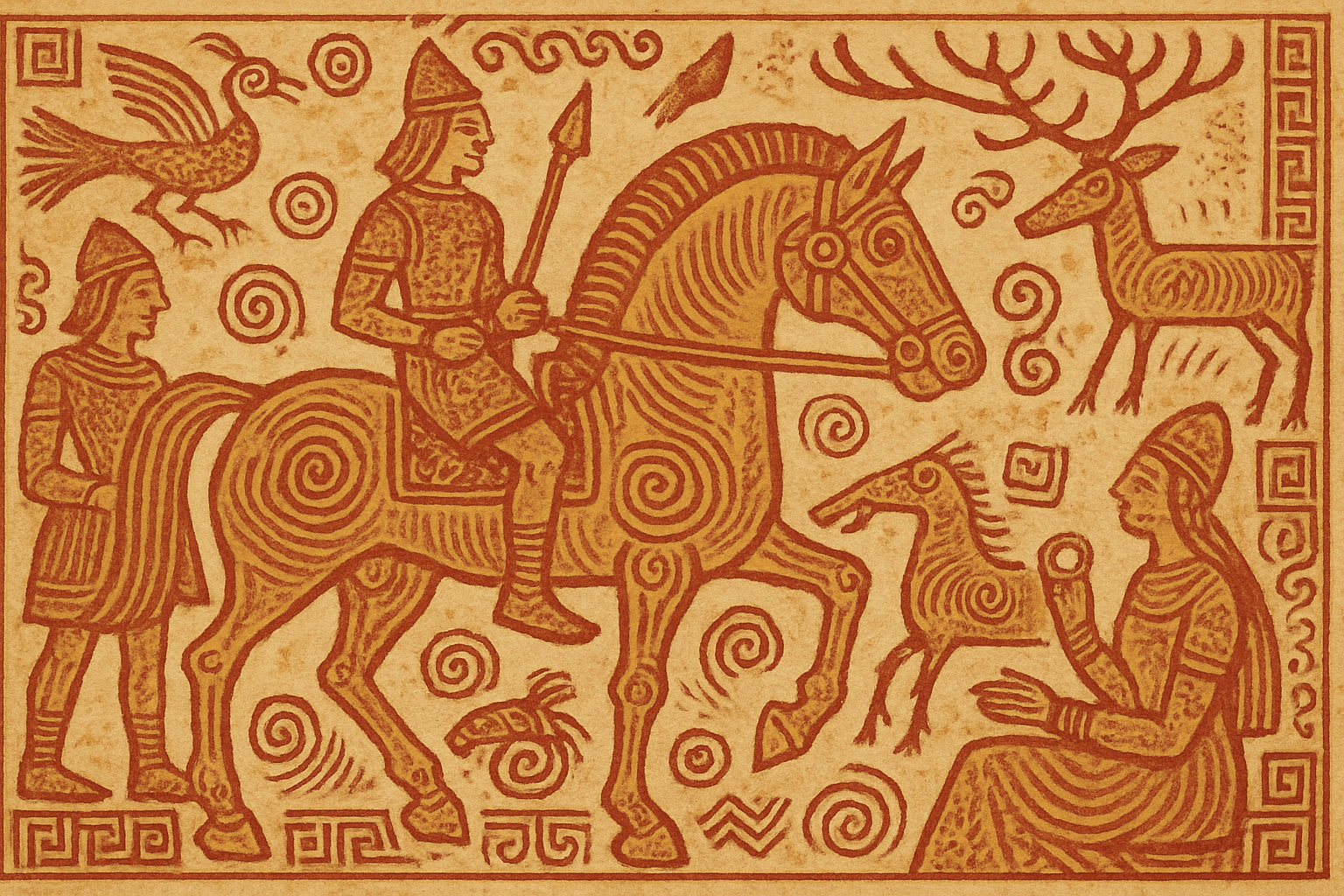
Sculpted impressions channel primordial echoes; muted ochres and deep siennas reflect nature's palette. Abstract symbols intertwine with sacred geometry, invoking a transcendent reverie. Tactile textures envelop, hinting at whispered legacies buried deep beneath layers of time.
Thinking in the box: Archaeological Art, Primitive Art
Might also call it: Burial Mound Art, Tumulus Aesthetic, Mound Culture Art
Tunisians No.858
Tunisian art is a blend of Arab, Turkish, Italian, and French influences. The art is characterized by its use of bright colors and intricate patterns. Tunisian artists often use geometric shapes and Arabic calligraphy in their work.
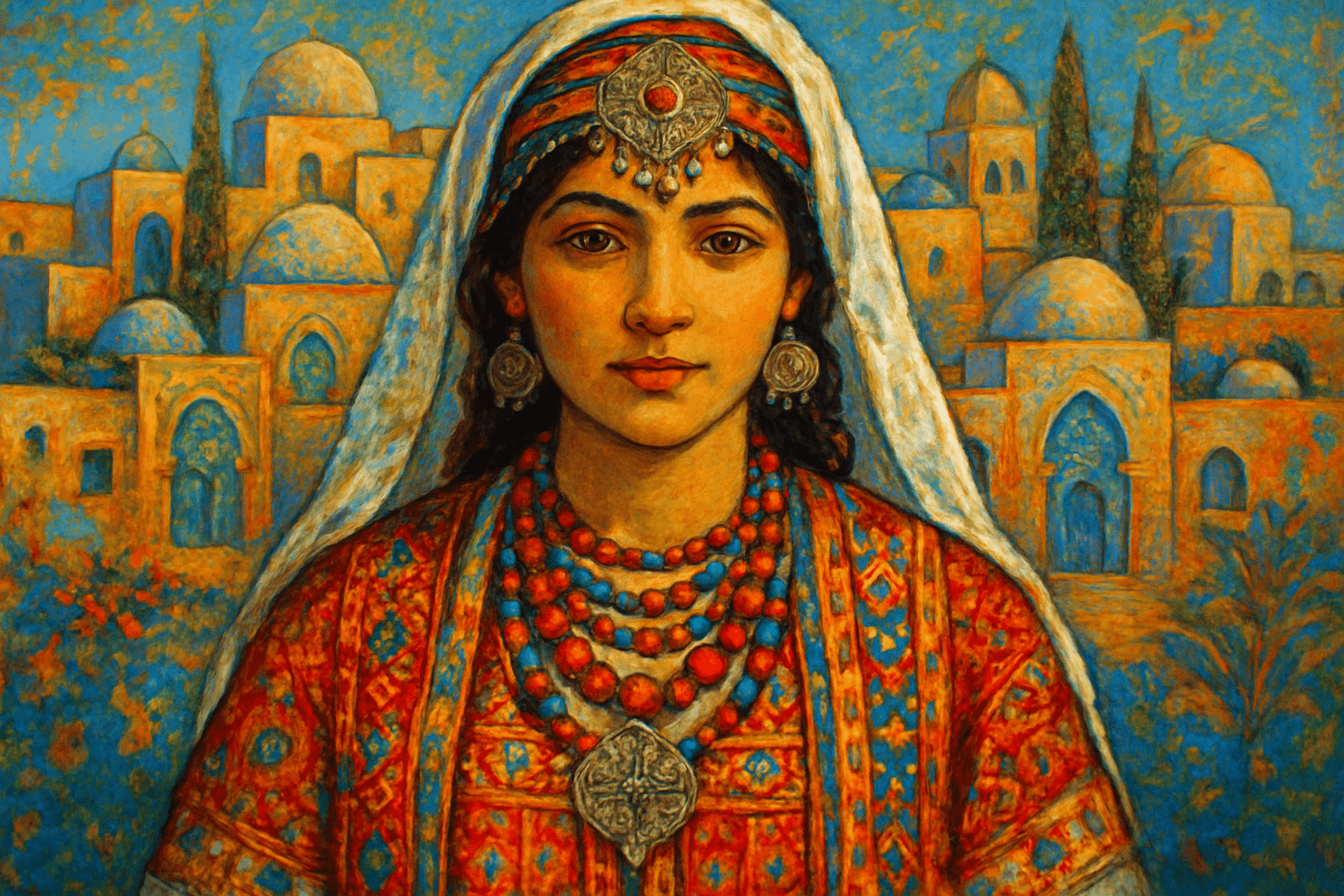
The art style of Tunisians is very colorful and intricate. Patterns are often geometric and symmetrical, and there is a lot of detail. Bright colors are used extensively.
Thinking in the box: Impressionism, Modernism
Might also call it: Tunisians can also be referred to as Tunisian people or Tunisian citizens.
Turkish No.859
Turkish art is a combination of the artistic traditions of the Turkic peoples of Central Asia and the Middle East. Turkish art is characterized by its use of geometric patterns and bright colors.
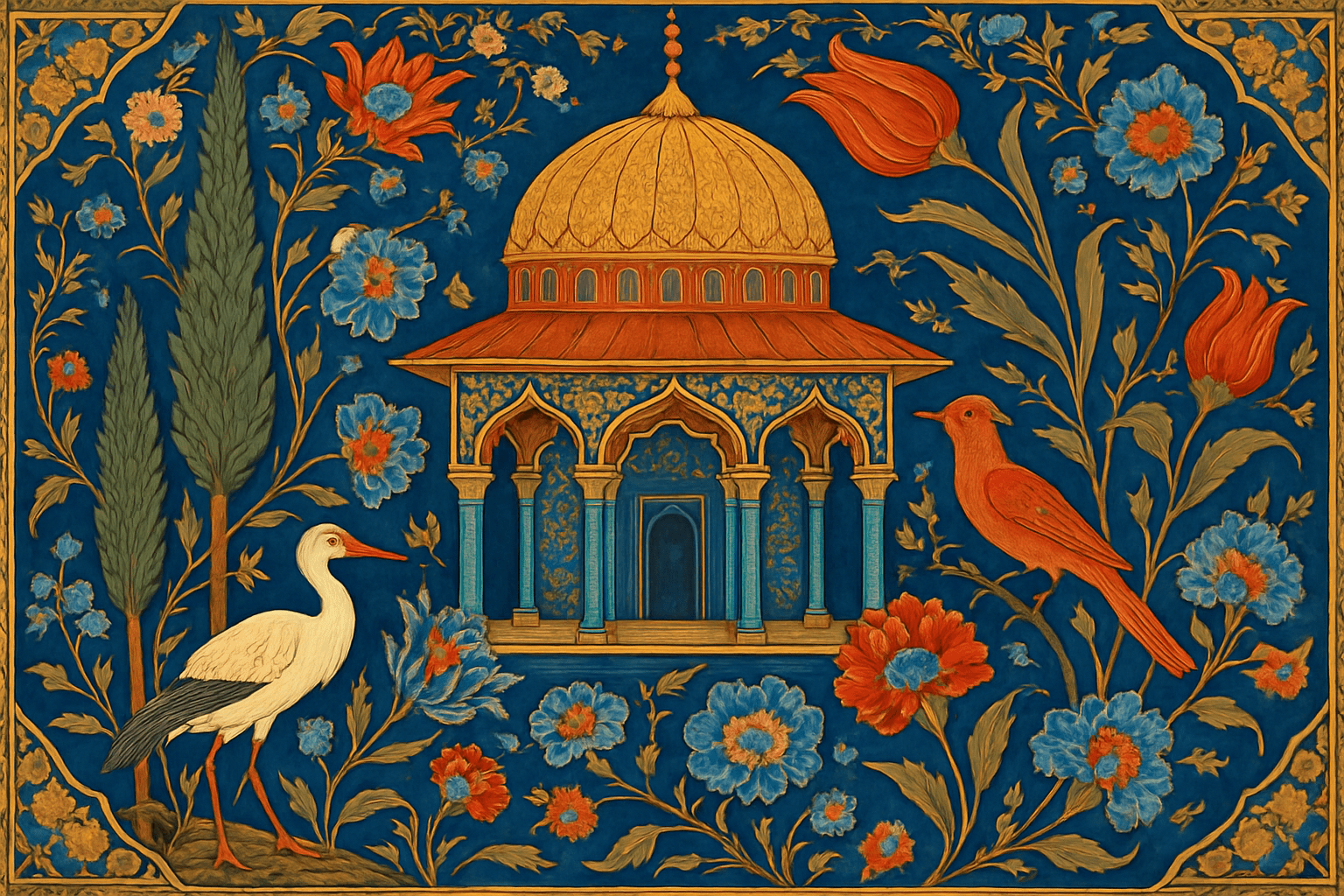
The Turkish art style is characterized by its use of bright colors and patterns. Turkish artists often use geometric shapes and patterns in their work, and they often incorporate elements of nature into their designs. Turkish art is often very ornate and detailed, and it often features intricate patterns and designs.
Thinking in the box: Impressionism, Modernism
Might also call it: Ottoman, Turkic
Tut ench amun No.860
Tutankhamun's art style is characterized by its use of bright colors and ornate details. It is a highly stylized form of art that often uses symbolism to communicate its message. Tutankhamun's art is often associated with the Egyptian god Horus, and it is believed that Tutankhamun's art style was inspired by the art of the Amarna period.
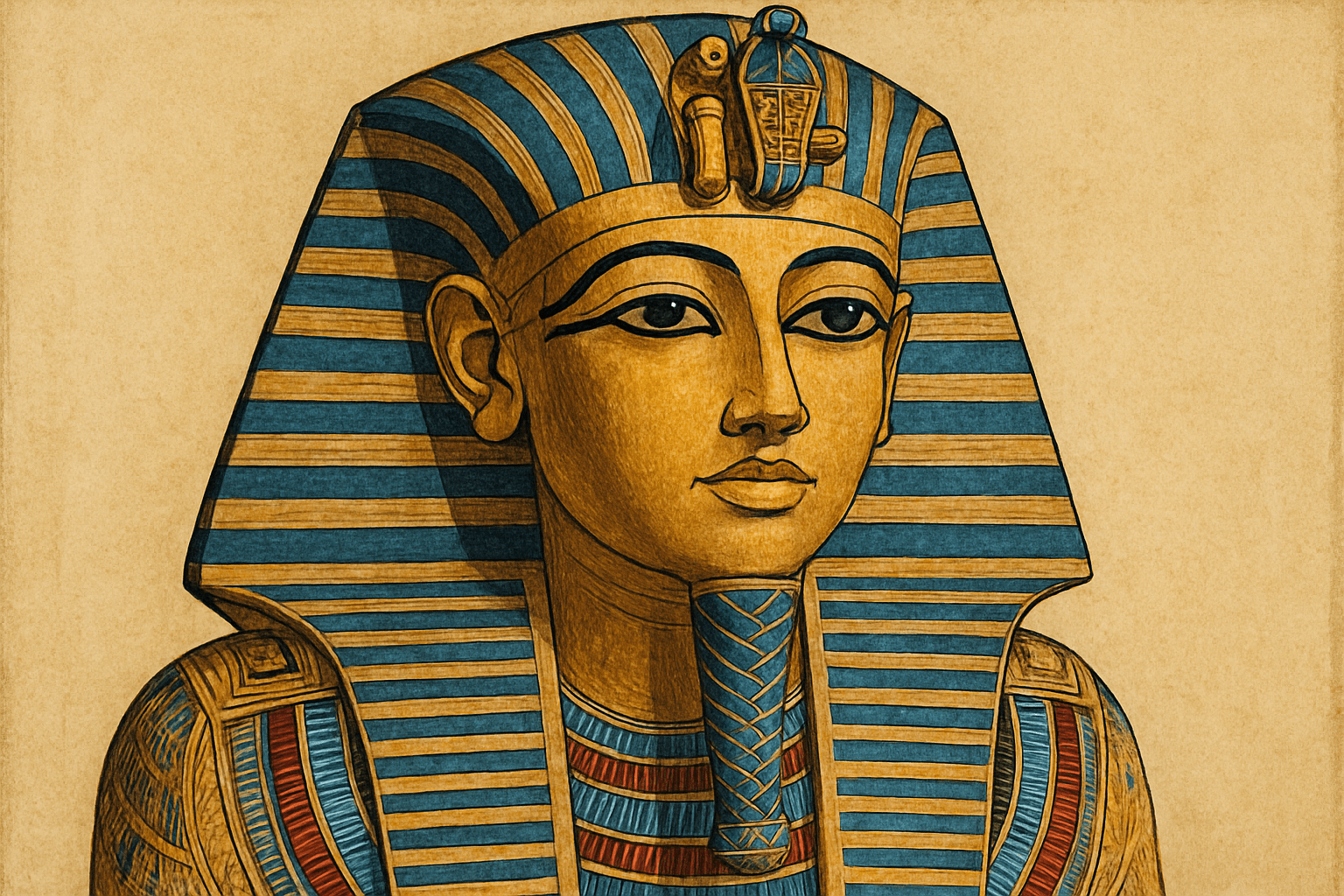
The art style of Tutankhamun is characterized by its use of bright colors and bold patterns. The art is often geometric in nature, and often features animals and gods.
Thinking in the box: Impressionism, Modernism
Might also call it: King Tut, Tutankhamun
Tut ench amun drawing No.861
Tut ench amun drawing is a type of Egyptian art that was popular during the reign of Tutankhamun. It is characterized by its use of bold lines and bright colors. This art style was used to depict scenes from the king's life and death.

The art style of Tut ench amun drawing is characterized by its use of bold lines and bright colors. The drawings are often stylized and have a flat, two-dimensional appearance.
Thinking in the box: Impressionism, Modernism
Might also call it: Sketch, drawing, picture
Typographic Art No.862
The art of words transformed into shapes, where letters become brushstrokes, and sentences flow like water, merging readability with creativity.

Imagine alphabet soup tangled with modern graffiti, forming a dance of letters. Smart curves and sharp edges create stories without whispering a word. The canvas becomes a page; ink splashes are the melodies in an unsung language.
Thinking in the box: Contemporary Art, Graphic Design
Might also call it: Letter Art, Textual Design, Word Sculpture
Typography Drawing No.863
Typography drawing is a type of art where the artist uses different fonts and typefaces to create a piece of art. This type of art is often used for advertising and marketing purposes.
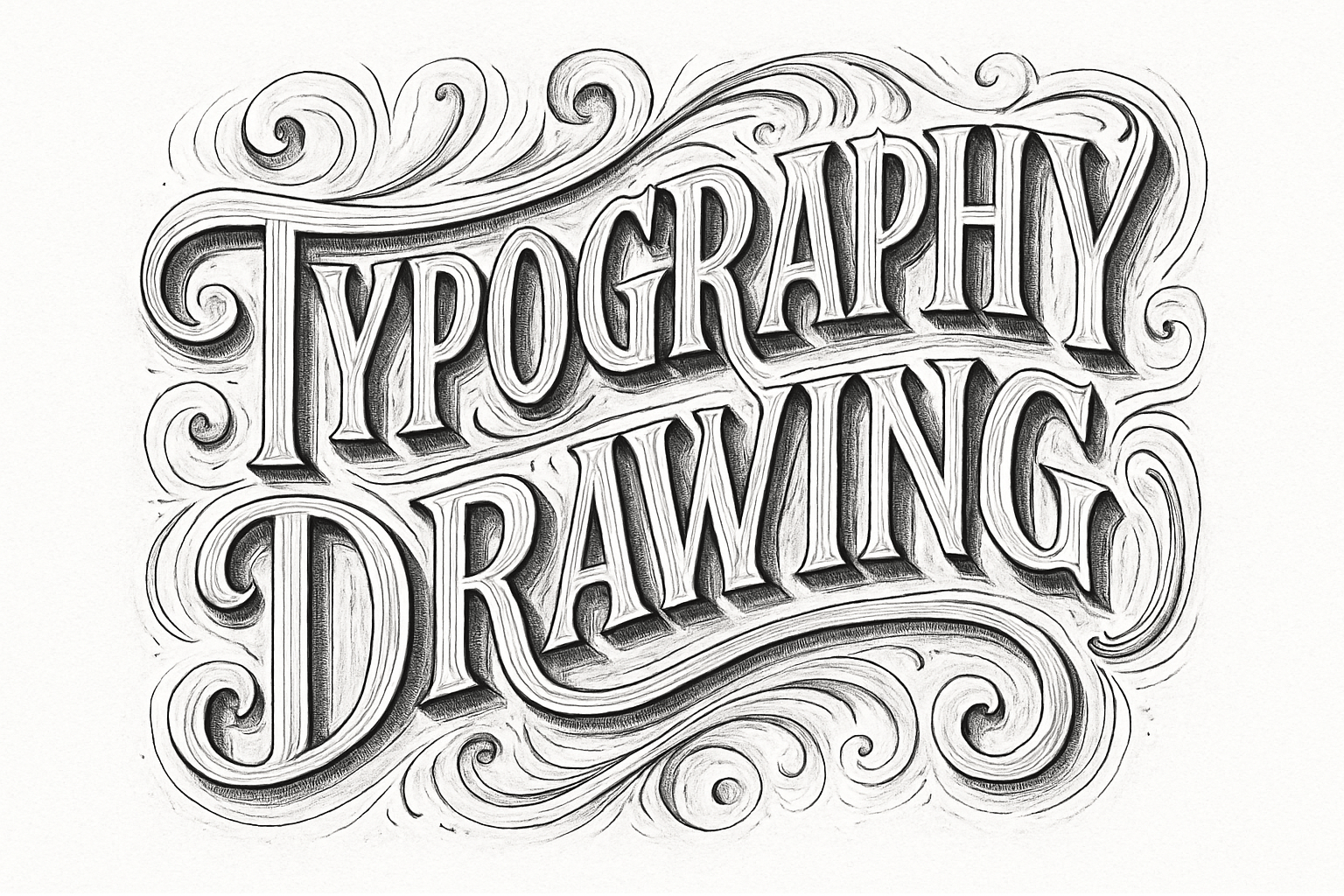
The art style of typography drawing is characterized by its use of bold and often decorative fonts to create a visually striking effect. The overall look is often playful and energetic, making it a popular choice for advertising and graphic design.
Thinking in the box: Impressionism, Modernism
Might also call it: Graphic design, art direction, layout, calligraphy, lettering
UHD 8k No.864
The UHD 8k art style is a professional and brief summary of the art style of the 8k resolution. It is a high resolution that is used for professional purposes.
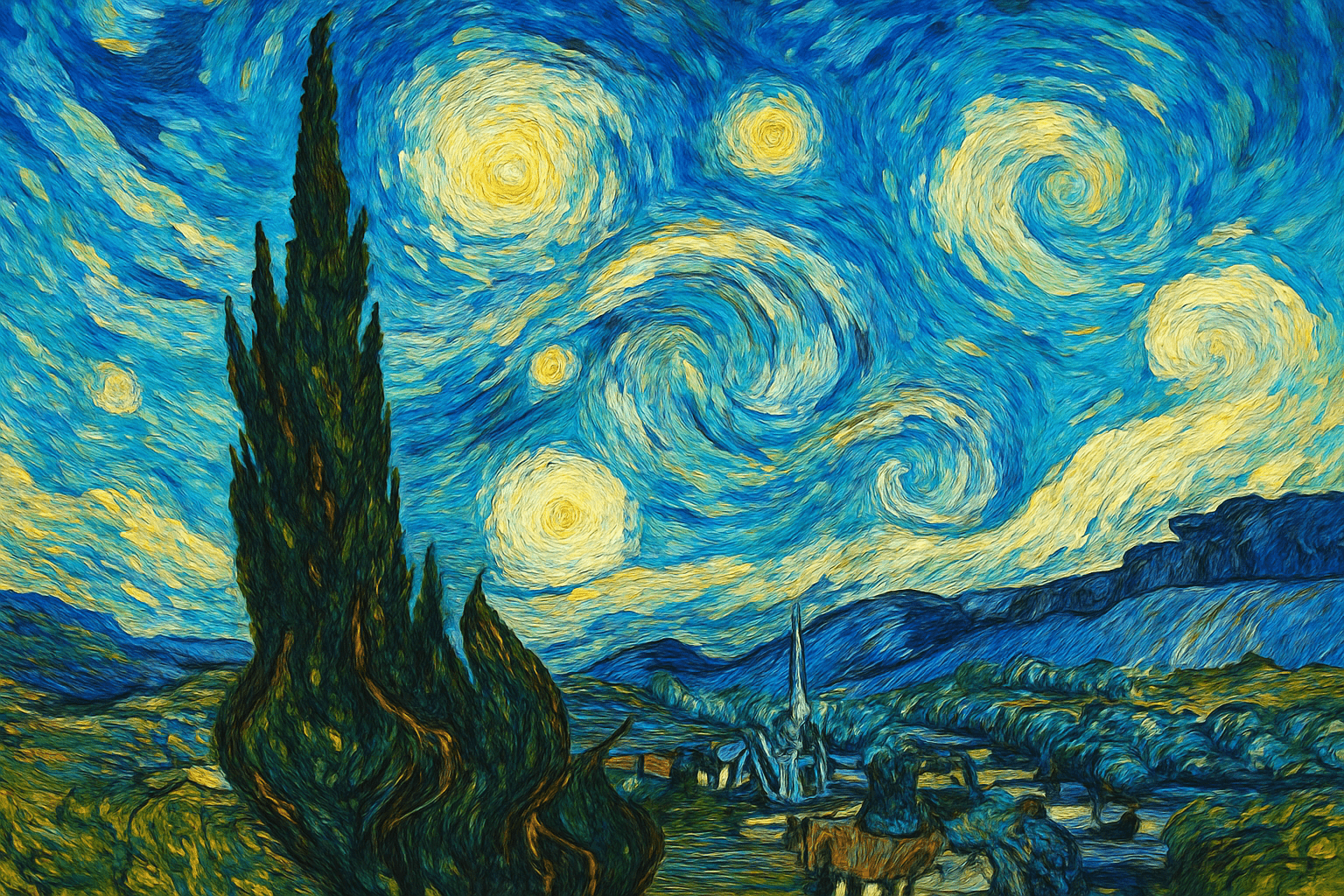
The art style of UHD 8k is very sharp and clear, with a high level of detail. The colors are also very vibrant and saturated.
Thinking in the box: Impressionism, Modernism
Might also call it: 8k UHD, Ultra HD 8k, UHDTV2
Ukiyo-e No.865
Ukiyo-e is a Japanese art style that emerged in the late 1600s. It is characterized by its woodblock prints and paintings of everyday life, often with an element of humor or satire. Ukiyo-e reached the height of its popularity in the 1800s, and its influence can still be seen in modern Japanese art and culture.
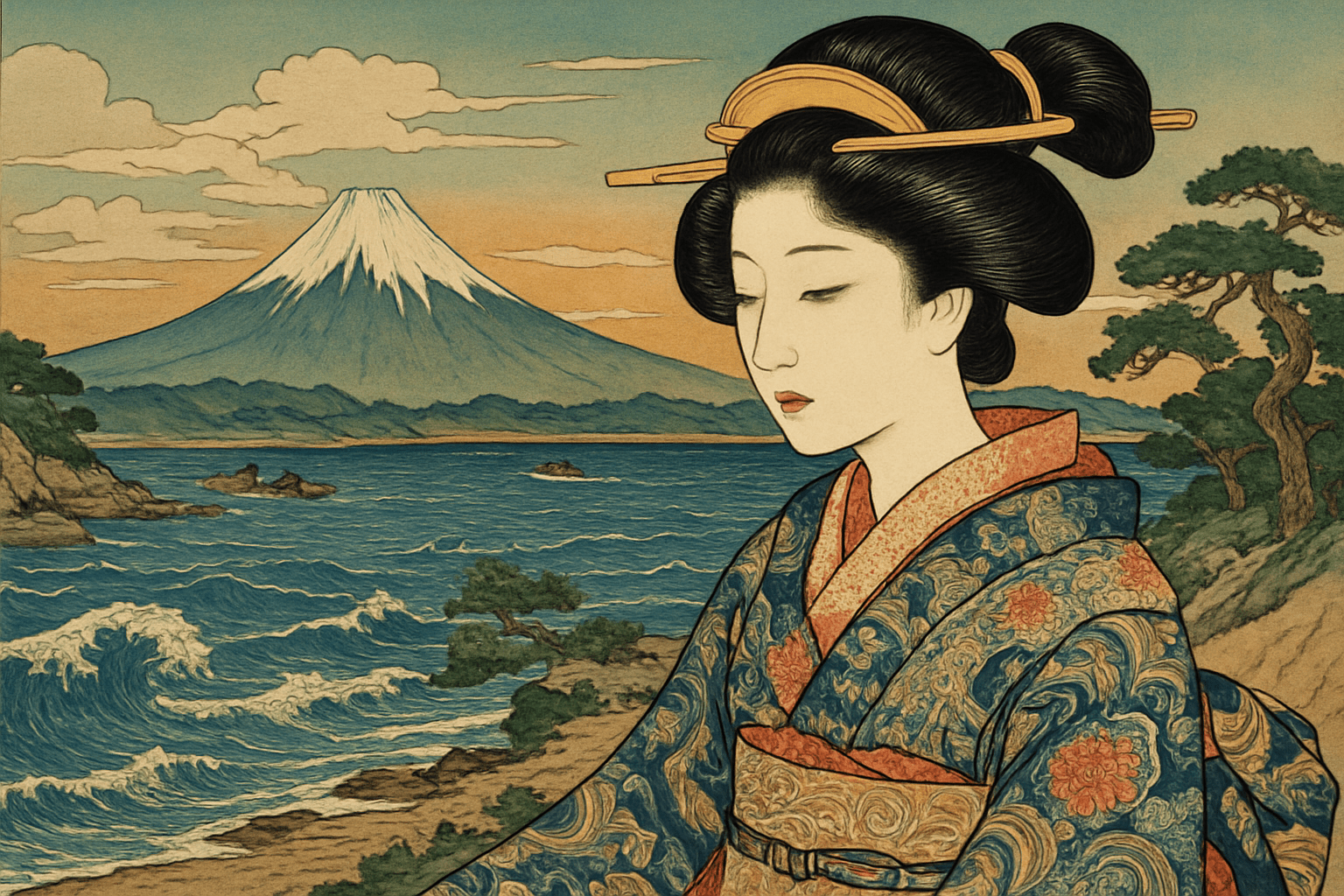
Ukiyo-e is a Japanese art style that is characterized by its woodblock prints. The prints typically depict scenes from everyday life, such as landscapes, portraits, and scenes from literature. The colors are typically very bright and the lines are very clean.
Thinking in the box: Impressionism, Modernism
Might also call it: Japanese woodblock prints
Ukrainians No.866
The art style of Ukrainians is characterized by its ornate and colorful designs. Traditional Ukrainian art is often inspired by the country's folk art and by the ornate designs of its churches and cathedrals. Ukrainian artists often use bright colors and intricate patterns to create their works.

The art style of Ukrainians is characterized by bright colors, intricate patterns, and a focus on nature and folk traditions. Ukrainian artists often use traditional motifs in their work, such as flowers, birds, and folkloric creatures. Their work is often whimsical and playful, with a strong sense of humor.
Thinking in the box: Impressionism, Modernism
Might also call it: Banderites, Cossacks, Galicians, Lemkos, Podolians, Ruthenians, Transcarpathians, Volhynians
Underground-Partyism No.867
Underground-Partyism is a term used to describe the art style that emerged from the underground party scene in the late 1980s and early 1990s. The style is characterized by its use of bright colors, bold patterns, and often sexual or political themes.

The art style Underground-Partyism is characterized by its dark and gritty aesthetic. The colors are usually muted and the overall tone is one of despair and hopelessness. The subjects of the paintings are often scenes of urban decay or violence, and the overall effect is one of a city that is teeming with crime and poverty.
Thinking in the box: Impressionism, Modernism
Might also call it: 1. Subterranean partyism 2. Undercover partyism 3. Secret partyism 4. Hidden partyism 5. Covert partyism
Underground comix No.868
Underground comix are a type of comic book that arose in the late 1960s and early 1970s in the United States. They are known for their explicit content, which often dealt with topics that were taboo at the time, such as drug use, sexuality, and violence. While underground comix are no longer as popular as they once were, they continue to be influential, particularly in the independent comics scene. Many underground comix artists have gone on to find success in the mainstream comics world, and the style of underground comix has been adopted by many younger artists.
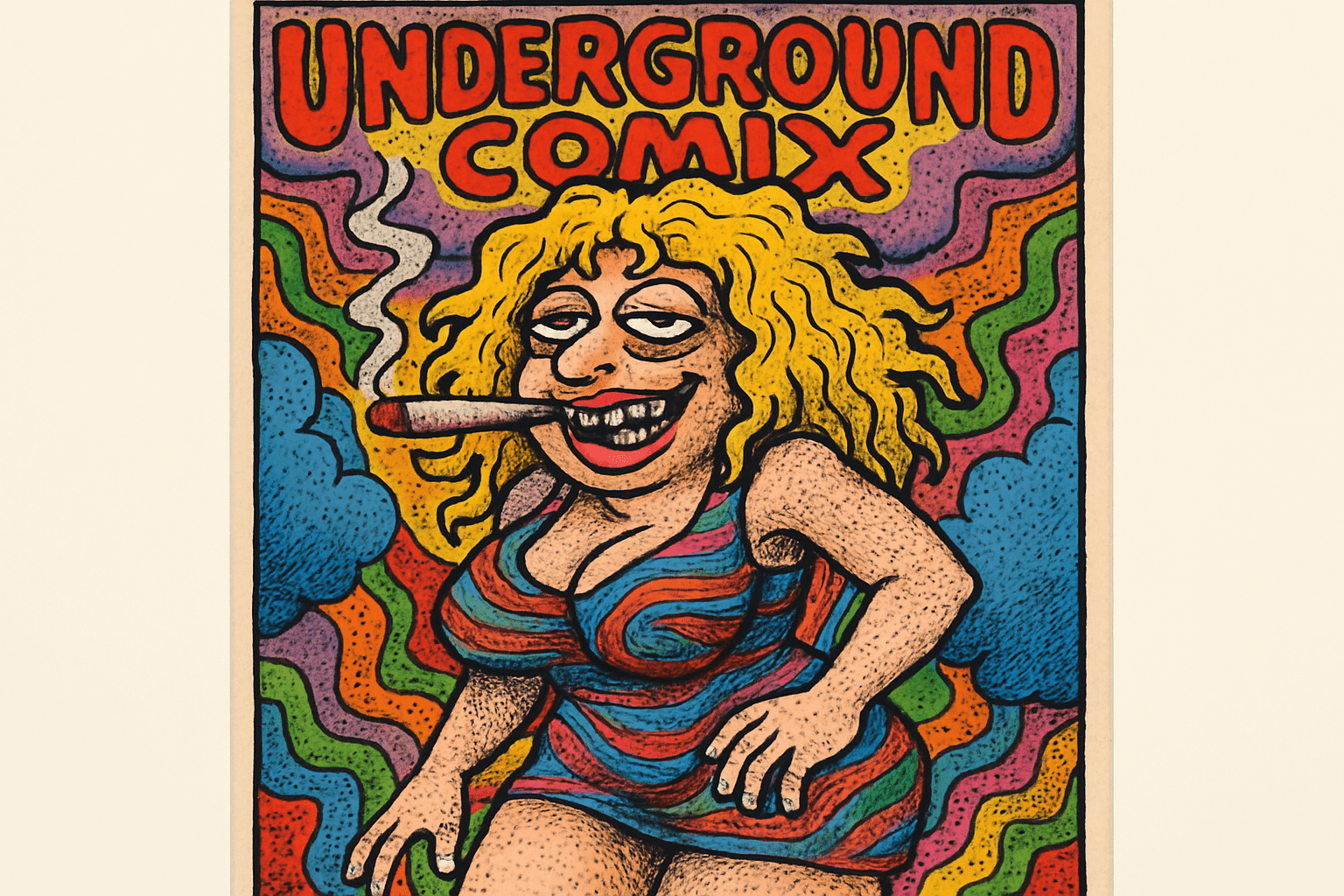
The art style of underground comix is characterized by its use of bright colors, its focus on the absurd, and its often satirical or political subject matter. The style is often compared to that of pop art, and is sometimes referred to as "funk art."
Thinking in the box: Impressionism, Modernism
Might also call it: Indie comics, small press comics, alternative comics, underground comics
Unilalianism No.869
Unilalianism is a contemporary art movement that is characterized by its use of bright colors and bold patterns. The movement is named after its founder, Italian artist Paolozzi, who was known for his use of these elements in his work. Unilalianism has been described as a "fusion of Pop Art and Italian Futurism."

The art style of Unilalianism is characterized by its use of bright colors and simple shapes. The style is often described as being "childlike" or "naive."
Thinking in the box: Impressionism, Modernism
Might also call it: Unilalianism: chauvinism, jingoism, nationalism, parochialism, provincialism, xenophobia
Uniquesim No.870
Uniquesim is an art style that is characterized by its unique and individualized approach to design. This style is often seen as being more personal and expressive than other styles, and is often used to communicate a specific message or feeling. Uniquesim is often used in advertising, branding, and web design.

The art style Uniquesim is characterized by its use of bright colors and simple shapes. The style is often used for illustrations and is known for its playful and childlike aesthetic.
Thinking in the box: Impressionism, Modernism
Might also call it: Different, one-of-a-kind, rare, special.
Urban Art No.871
Born from the heartbeat of cities, Urban Art captures the restless pulse of pavements, evoking tales with aerosol whispers and vibrant murals. It protests, celebrates, and invigorates urban spirits.
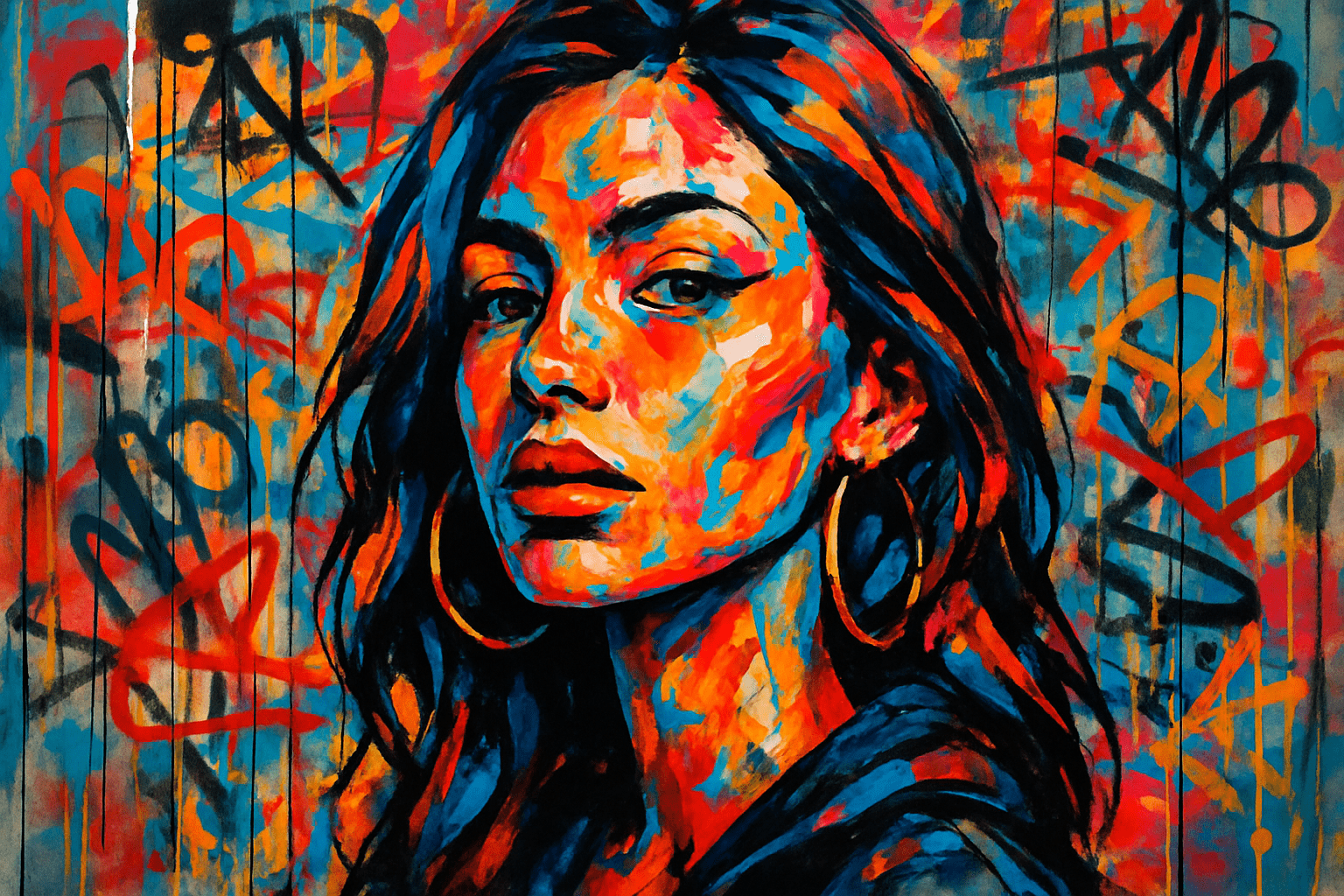
Bold colors explode from gritty backdrops, vibrant neon clashes with somber shadows, while haphazard patterns tell stories in graffiti script and stencil silhouettes.
Thinking in the box: Street Art, Graffiti Art, Muralism
Might also call it: Street Art, Graffiti Art, Mural Art
Uruguayans No.872
Uruguayans have a unique art style that is a mix of European and native influences. Their art is characterized by its use of bright colors and bold patterns. Uruguayan artists often use traditional motifs in their work, which often has a whimsical or folkloric feel to it.
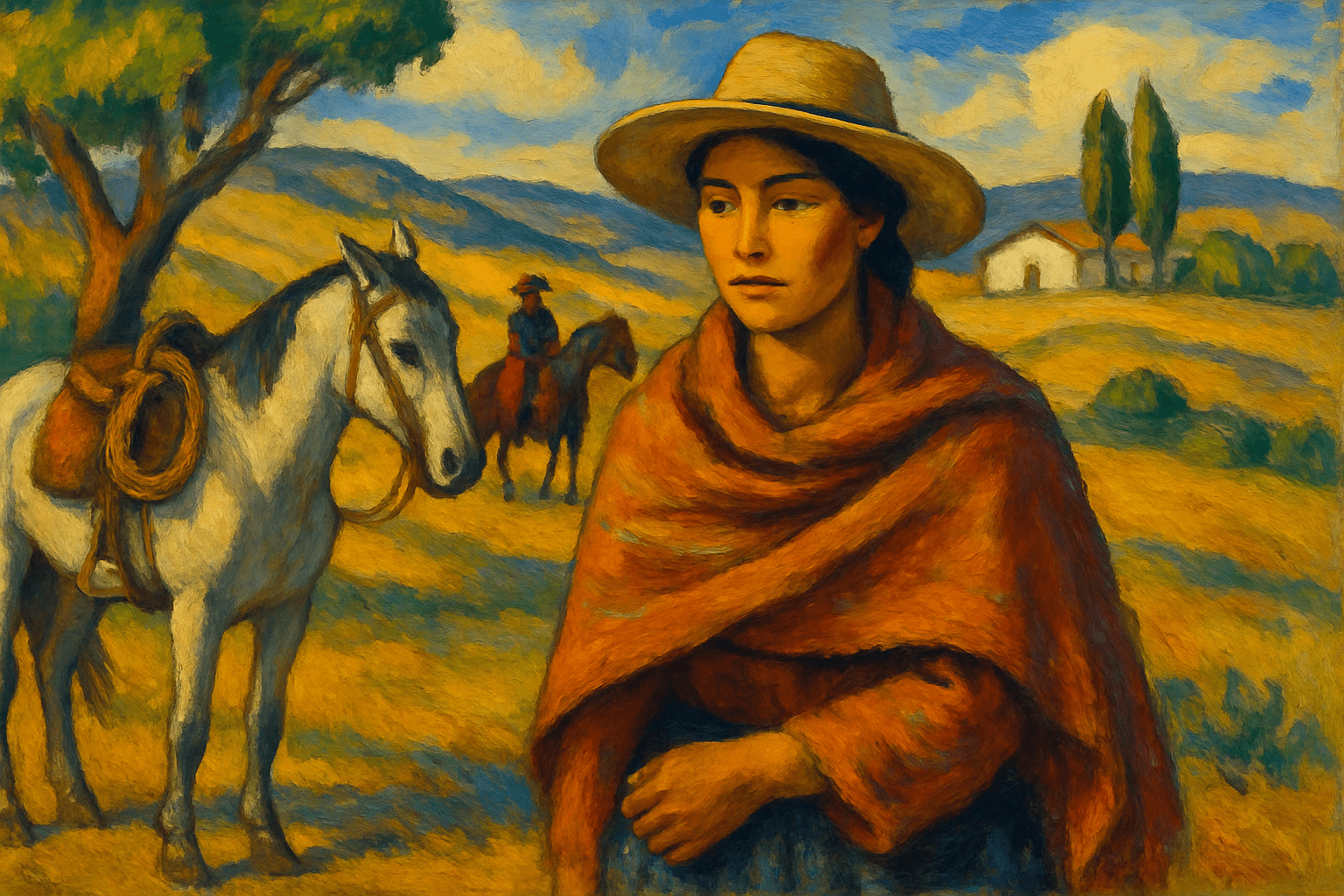
The art style of Uruguayans is very colorful and vibrant. They often use a lot of bright colors in their paintings and sculptures. Their art is also very expressive and often has a lot of movement.
Thinking in the box: Impressionism, Modernism
Might also call it: Uruguayans can also be referred to as Uruguayans.
Urushi-e No.873
Urushi-e is a type of Japanese lacquerware that dates back to the 8th century. It is characterized by its use of lacquer, which is derived from the sap of the lacquer tree. Urushi-e is often decorated with gold, silver, and other precious metals, as well as mother-of-pearl and other natural materials. The technique of Urushi-e is complex and time-consuming, and it is considered to be one of the highest forms of Japanese craftsmanship.

Urushi-e is a Japanese art style that uses lacquer to create images. The lacquer is applied in layers and then polished to create a smooth, glossy surface. The images are often brightly colored and can be either realistic or abstract.
Thinking in the box: Impressionism, Modernism
Might also call it: Japanese lacquer painting
Utensil No.874
The art style Utensil is a professional and brief summary of the art style of the artist. The artist has a unique and interesting approach to art, and their work is both professional and creative. The artist is able to create beautiful and intricate pieces of art, and their work is both original and stylish. The artist is a highly skilled and talented individual, and their work is both unique and impressive.
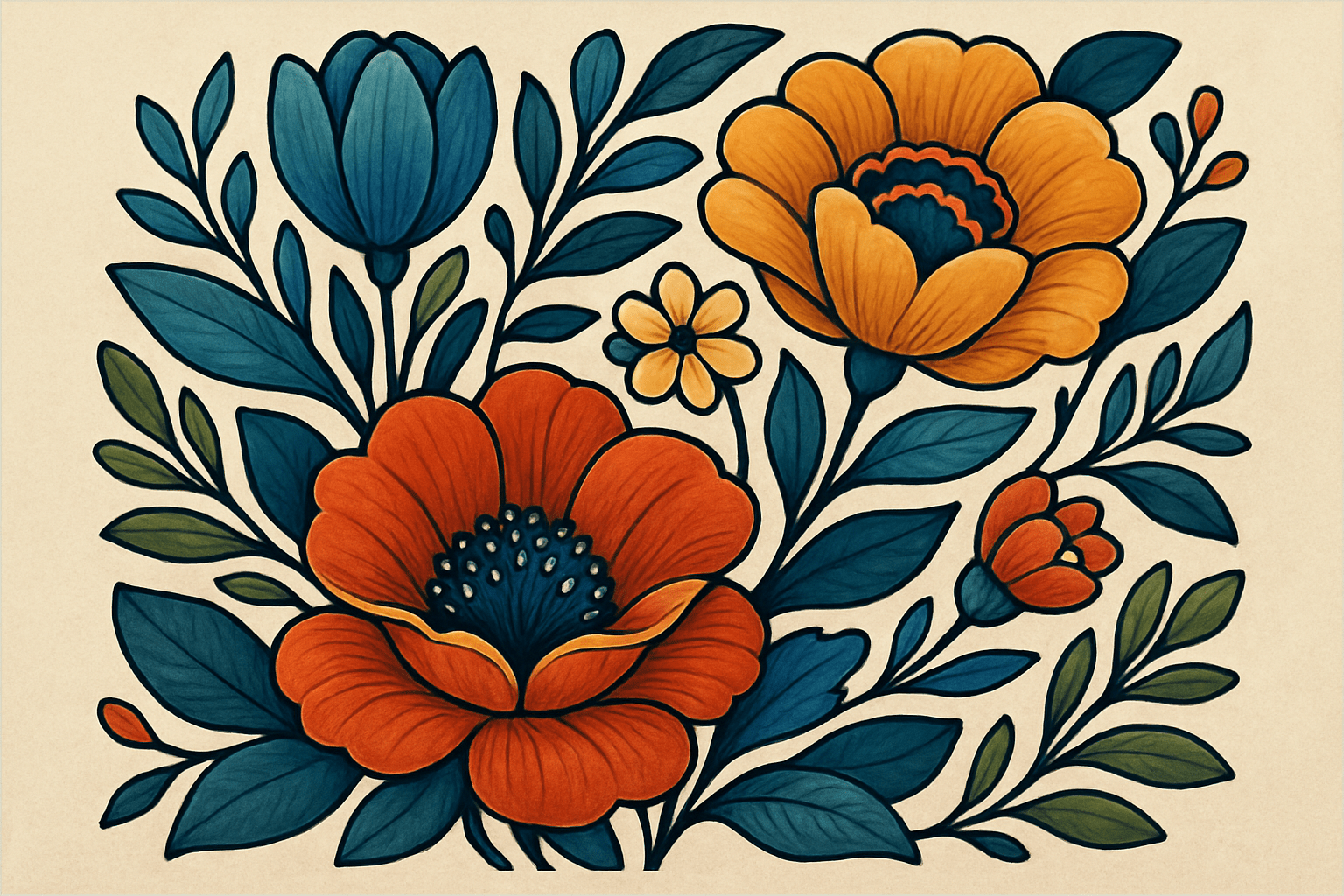
The art style Utensil is characterized by its use of bright colors and simple shapes. The style is often used for decorative purposes, and is often seen in the form of paintings or sculptures.
Thinking in the box: Impressionism, Modernism
Might also call it: tool, implement, device, article, object
Vancouver School No.875
The Vancouver School is a group of artists who worked in Vancouver, British Columbia, Canada, during the first half of the 20th century. Their work was characterized by a rejection of traditional Western art forms, and an embrace of modernism. The Vancouver School is most associated with the paintings of Emily Carr, but also includes the work of other artists such as Frederick Varley, Lawren Harris, and Arthur Lismer.
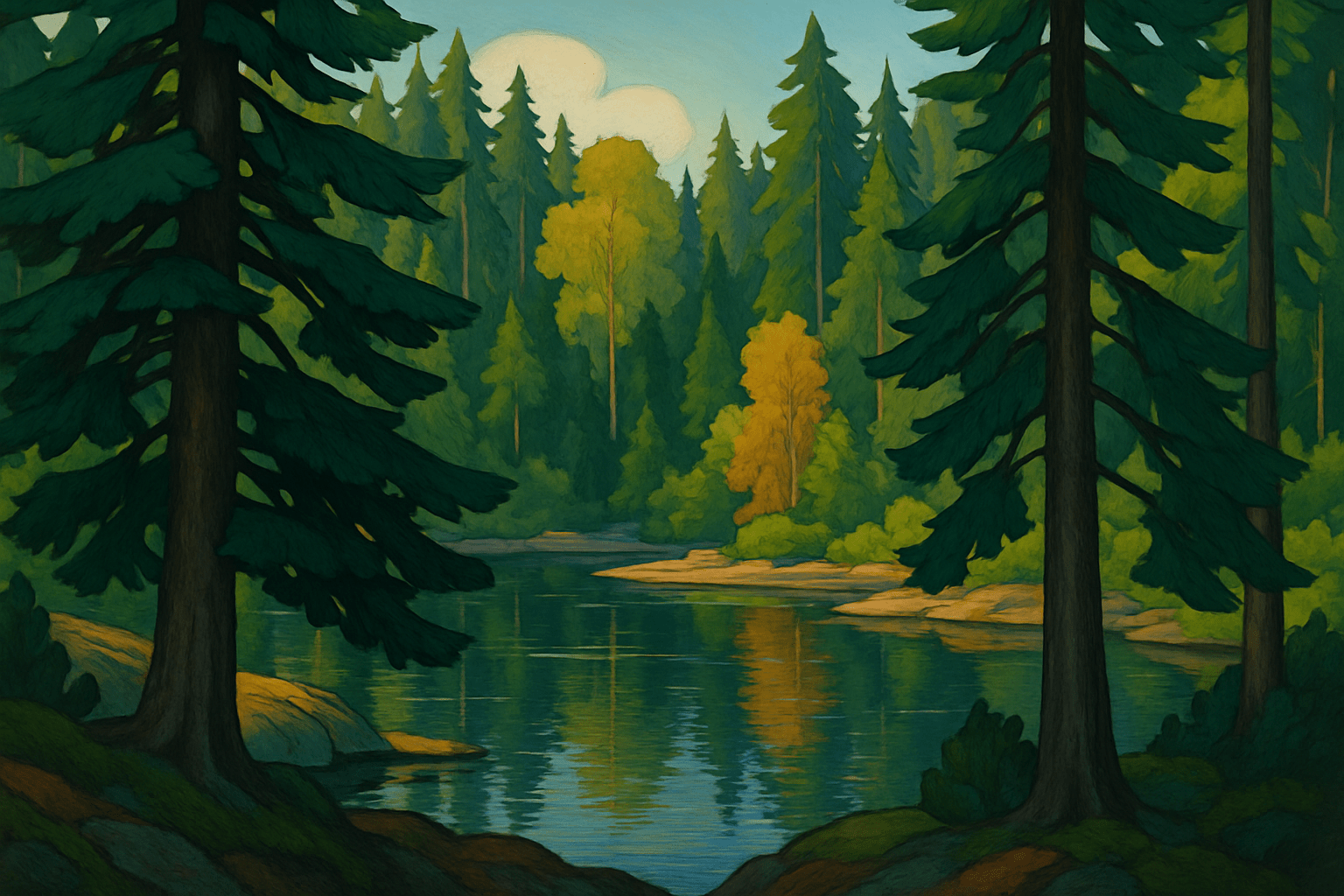
The Vancouver School is characterized by its clean lines, muted colors, and simple compositions. The artists associated with this movement were influenced by European modernism, and their work often reflects this influence. The Vancouver School is known for its focus on the environment and the natural world, and its artists often depict scenes from British Columbia.
Thinking in the box: Impressionism, Modernism
Might also call it: The Vancouver School is a group of Canadian painters, associated with the city of Vancouver, British Columbia, and the Emily Carr Institute of Art and Design.
Vanitas No.876
Vanitas is a style of painting that emerged in the 16th century, characterized by its focus on the transience of life and the inevitability of death. The style often features symbols of death, such as skulls and bones, as well as other reminders of the brevity of life, such as wilting flowers. Vanitas paintings were often used as moralizing reminders of the need to live a virtuous life.

The art style Vanitas is characterized by its use of light and dark colors to create a sense of depth. The style often uses contrasting colors to create a sense of movement, and the overall effect is often one of elegance and sophistication.
Thinking in the box: Impressionism, Modernism
Might also call it: Vanity, emptiness, futility, insignificance
Vaporcubism No.877
Vaporcubism is a style of art characterized by its use of geometric shapes and bright colors. It is often used to create abstract or surrealist images.

Vaporcubism is a visual art style that is characterized by its use of geometric shapes and bright colors. This style is often used to create abstract or surreal images.
Thinking in the box: Impressionism, Modernism
Might also call it: Futurism, Cubism, Vorticism
Vaporism No.878
Vaporism is a digital art style that is characterized by its use of bright colors and geometric shapes. It is often used to create abstract or surreal images.
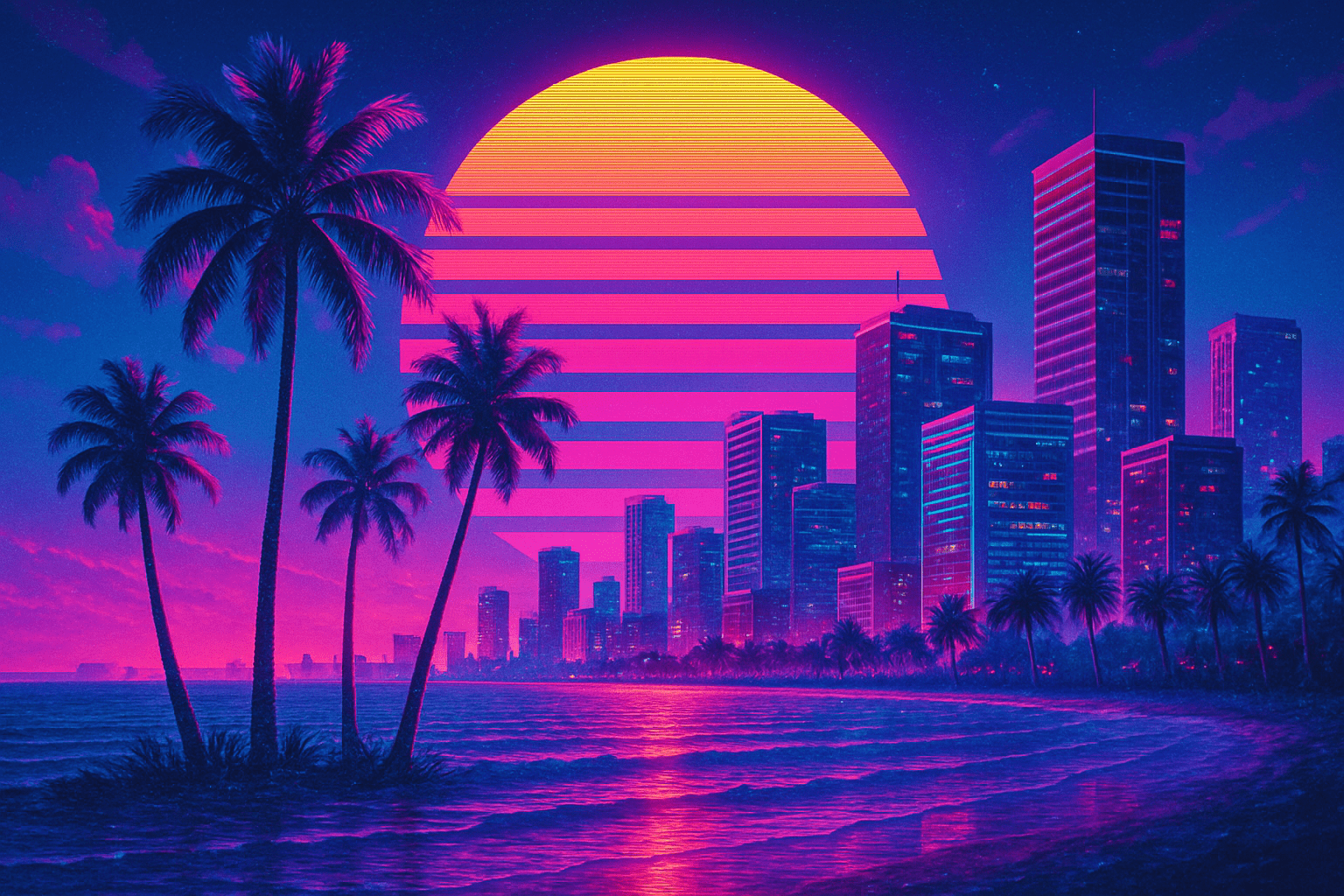
The art style of Vaporism is characterized by its use of bright colors and geometric shapes. It is often described as being "futuristic" or "retro."
Thinking in the box: Impressionism, Modernism
Might also call it: Euphoria, intoxication, delirium, mania, frenzy, frenzy
Vaporwave No.879
Vaporwave is a music genre and art style that emerged in the early 2010s. It is characterized by a nostalgic aesthetic that draws on 1980s and 1990s pop culture, often with a critical or ironic edge. Vaporwave music is often based on samples of retro video game music, adult contemporary music, and elevator music. The visual style of vaporwave is highly influenced by Japanese culture, particularly anime and video games. It often features glitchy, distorted images and bright, neon colors.
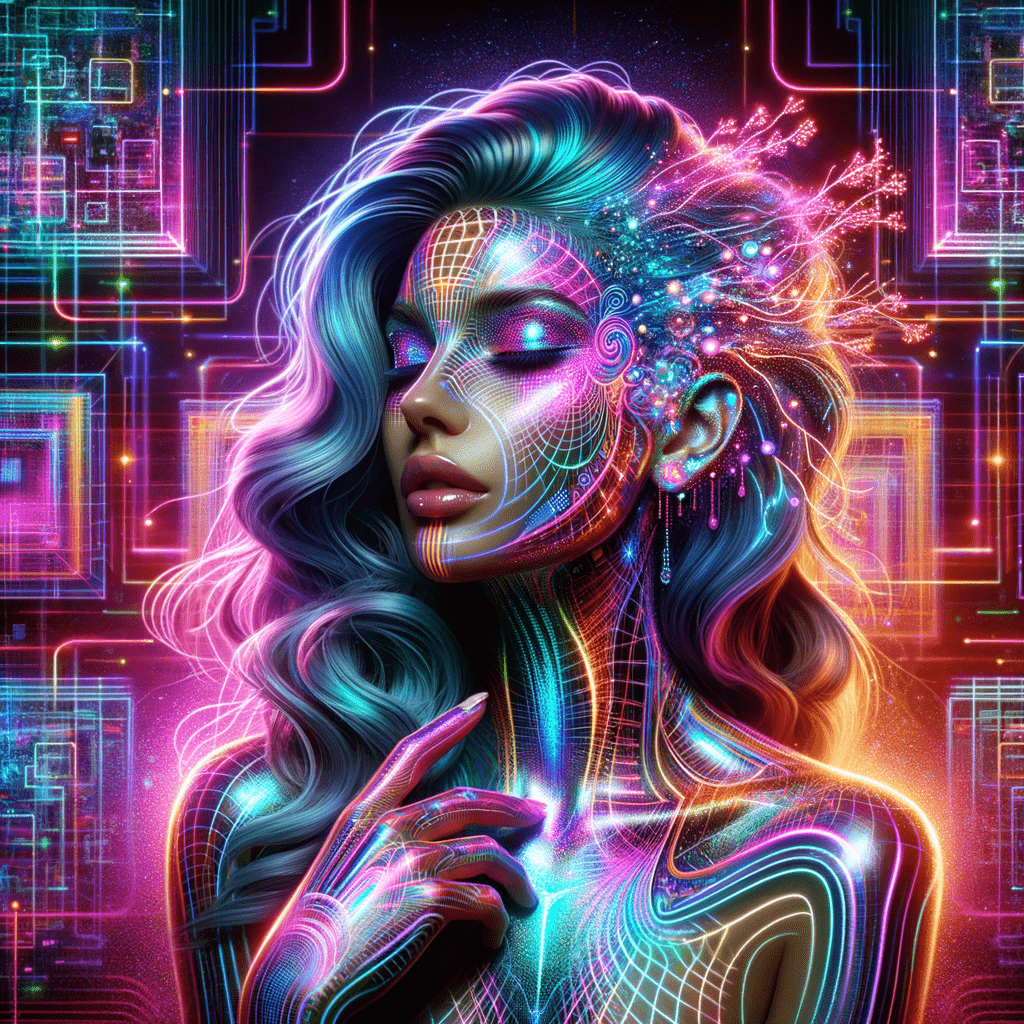
The visual appearance of the art style Vaporwave is characterized by its use of bright, neon colors and its retro, 1980s aesthetic. Vaporwave often features images of Japanese pop culture, as well as American pop culture icons from the same era.
Thinking in the box: Impressionism, Modernism
Might also call it: 1. Haze 2. Mist 3. Fog 4. Smog 5. Steam
Vector Art No.880
Born from pixels, Vector Art crafts smooth, sculpted worlds, painting pure geometry with divine mathematics. Precision becomes the palette, crafting imagery that hums with digital harmony.

Crisp lines brush against smooth colors in a dance. Geometry reigns supreme. Imagine playful shards of stained glass, each piece vivid and singing. It's art that feels almost touchable.
Thinking in the box: Digital Art, Modernism
Might also call it: Geometric Art, Digital Line Art
Veduta No.881
The Veduta is a type of painting that originated in the 17th century in the Venetian school of painting. It is a highly detailed, usually large-scale painting or drawing of a cityscape or other vista.

The visual appearance of the art style Veduta is characterized by its use of bright colors and bold lines. This style is often used to depict landscapes or cityscapes.
Thinking in the box: Impressionism, Modernism
Might also call it: View, scene, prospect, panorama, vista
Venezuelans No.882
Venezuelan art is a colorful and vibrant expression of the country's culture and history. Venezuelan artists are known for their use of bright colors and bold patterns, as well as their ability to capture the energy and spirit of their homeland. Venezuelan art is often inspired by the country's natural beauty, as well as its people and their traditions.
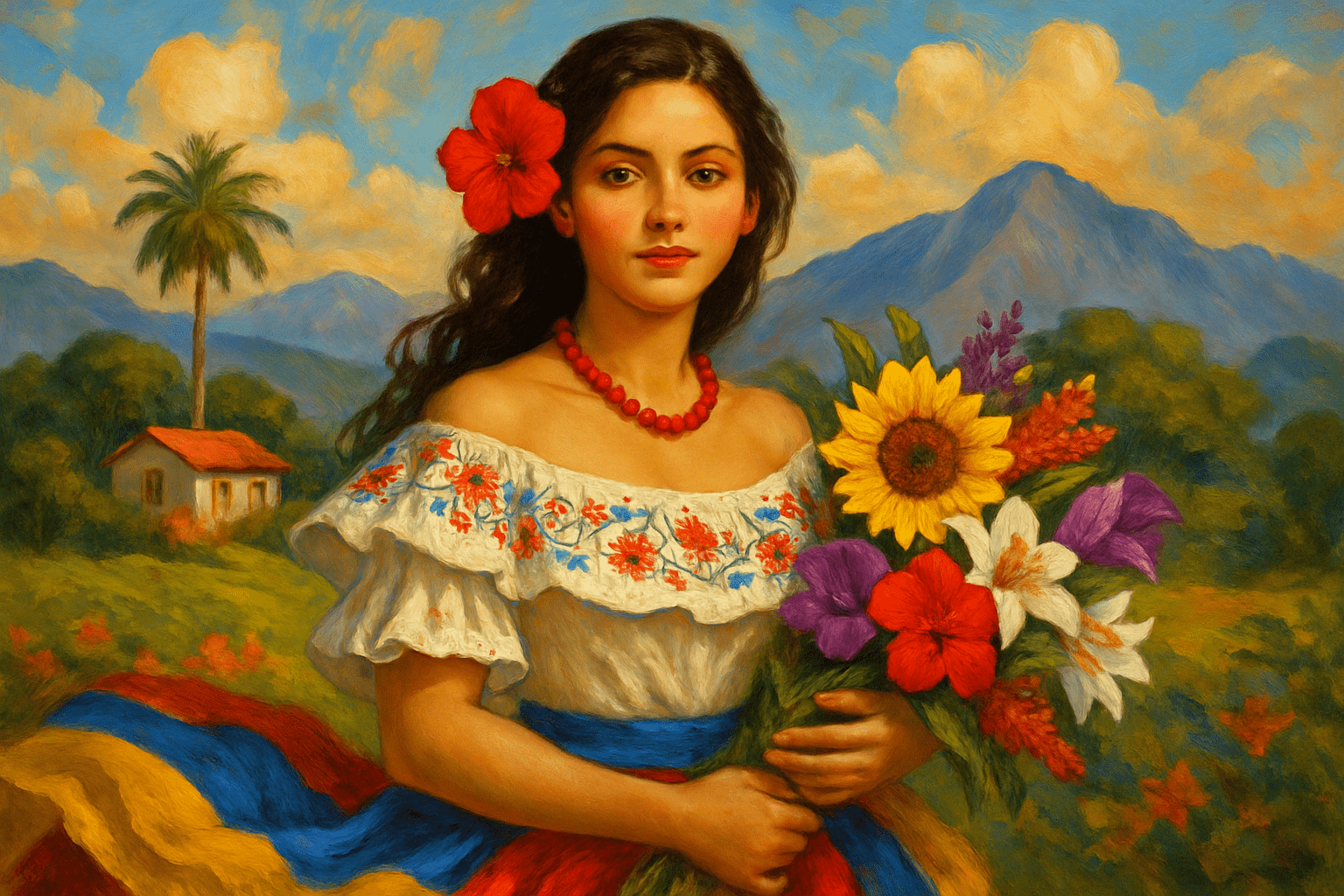
Venezuelan art is often colorful and includes a lot of patterns and shapes.
Thinking in the box: Impressionism, Modernism
Might also call it: South Americans, Latinos, Hispanics
Verdadism No.883
Verdadism is a type of art that is based on the principle of truth. This means that the artist must paint or sculpt what they see, without any embellishments or distortions. The goal of Verdadism is to create art that is realistic and accurate, in order to show the world as it really is. This type of art can be used to document current events or to capture the beauty of the natural world.

The art style Verdadism is characterized by its use of bright colors and bold lines. The style is often compared to that of graffiti, as it often uses similar techniques and materials. Verdadism is also known for its use of social and political commentary, often using humor and satire to make its point.
Thinking in the box: Impressionism, Modernism
Might also call it: Truthism, sincerity, honesty, candor.
Verism No.884
Verism is an art style that emerged in the late 19th century, characterized by its realistic and detailed depiction of everyday life. It is often seen as a reaction against the idealized and stylized art of the time. Verism has been used in a variety of different media, including painting, sculpture, and photography.
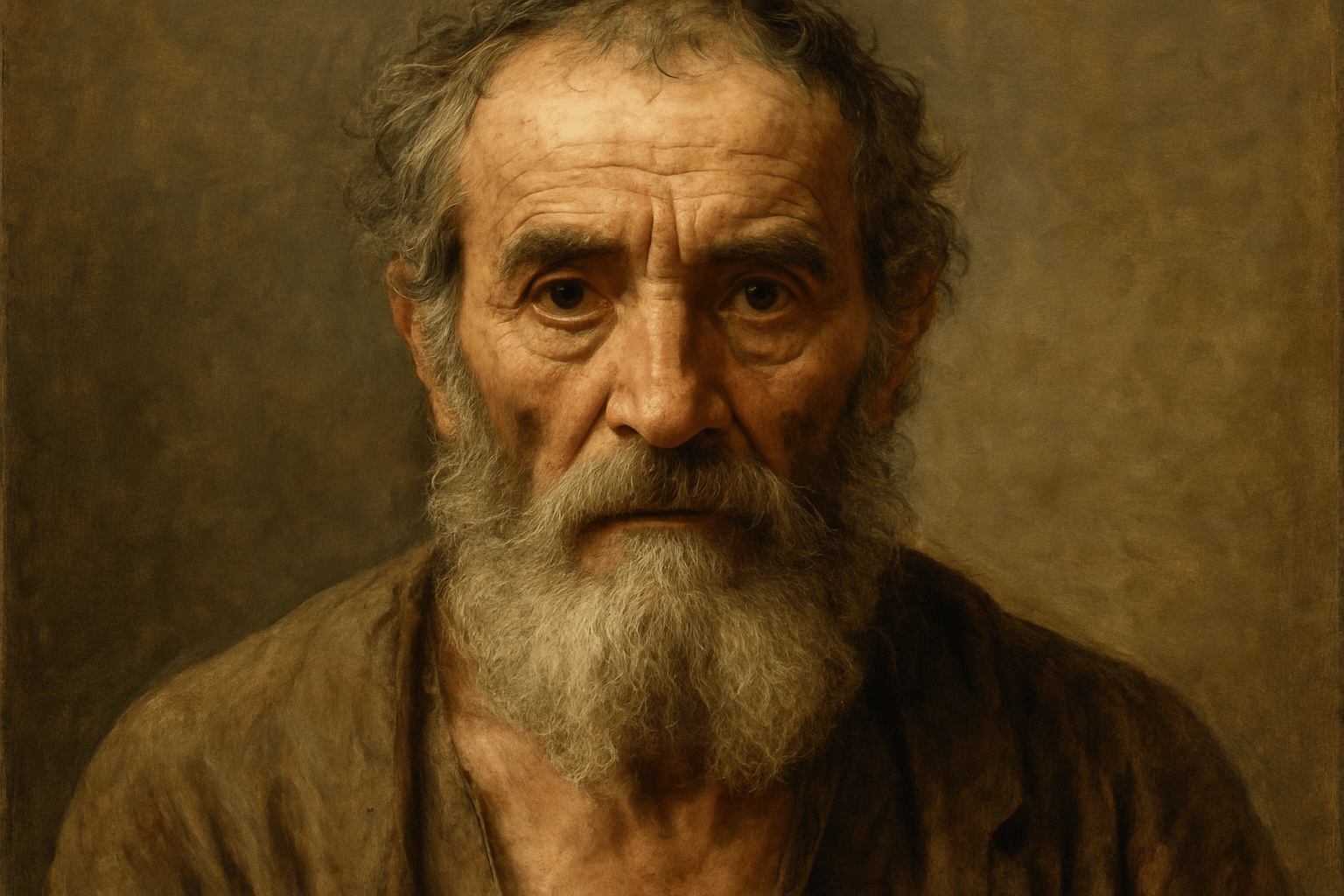
Verism is a style of art that is characterized by its realistic and detailed portrayal of its subjects. This style of art is often associated with the works of the Italian artist, Giuseppe Verdi.
Thinking in the box: Impressionism, Modernism
Might also call it: Truthful, accurate, realistic
Very expressive oil painting No.885
This oil painting is very expressive, with bold brushstrokes and a bright color palette. The artist has captured a moment of intense emotion, which is conveyed through the painting's dynamic composition and energetic brushwork. This is a powerful and moving work of art that is sure to resonate with viewers.
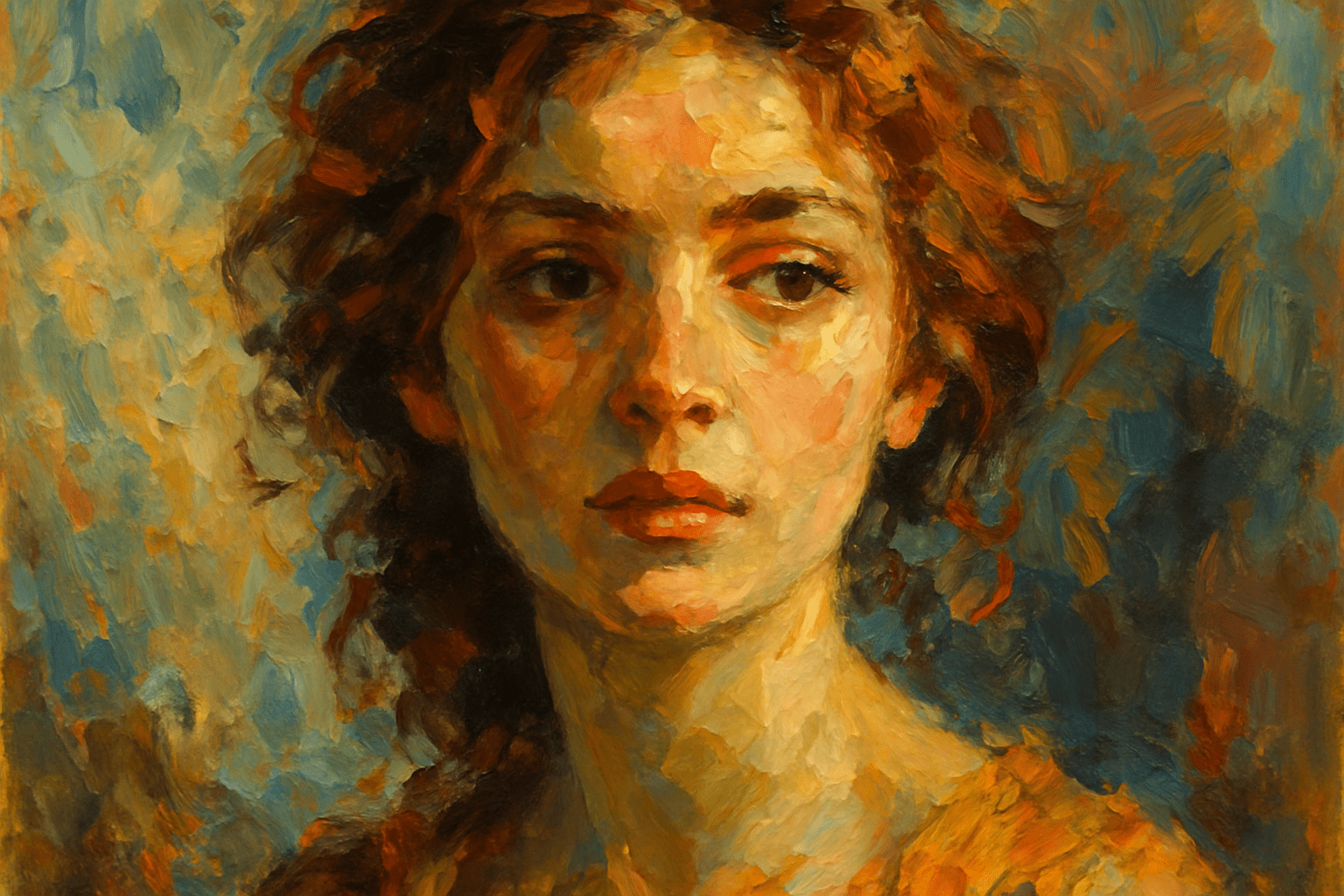
The art style is very expressive and the colors are very bold. The brushstrokes are very thick and the overall effect is very dramatic.
Thinking in the box: Impressionism, Modernism
Might also call it: Very expressive oil painting could be replaced with the phrase "oil painting that is very expressive."
Video No.886
Video game art style typically refers to the visual appearance and aesthetics of the game and its characters. It is often influenced by the art style of the game's developer or publisher. The art style of a video game can be realistic, cartoon-like, or somewhere in between. It can also be influenced by the game's genre, setting, or story.
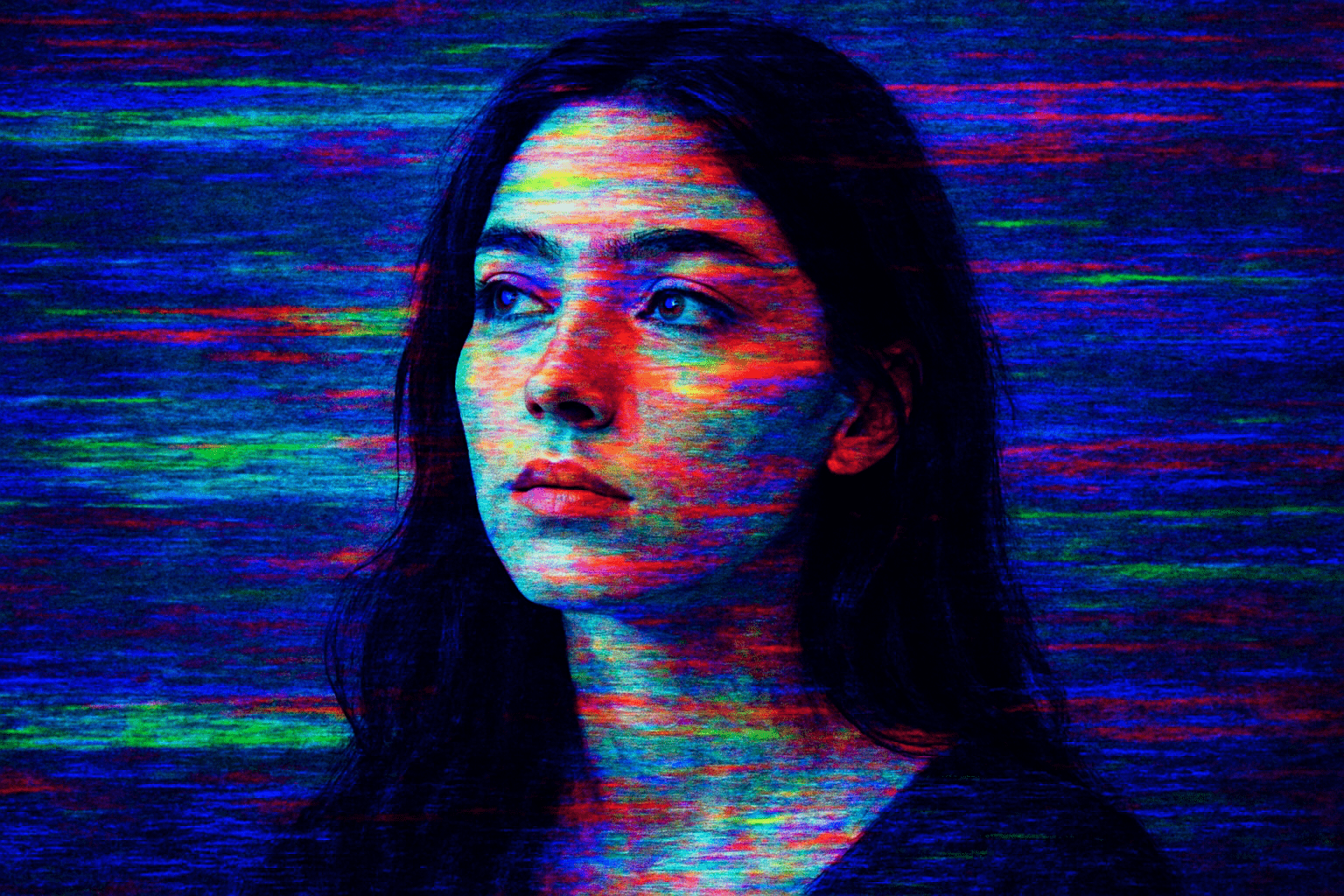
The art style of Video is very colorful and vibrant. The characters are all very expressive and the backgrounds are often very detailed. The overall look is very polished and professional.
Thinking in the box: Impressionism, Modernism
Might also call it: Movie, film, recording, footage.
Video art No.887
Video art is a type of art that is created using video technology. It can be either an experimental form of art or a more traditional form of art that uses video as its medium. Video art can be found in a variety of places, including art galleries, museums, and online.

Video art is a type of art that is created by using video technology. It can be either an original piece of art or a video that has been modified in some way.
Thinking in the box: Impressionism, Modernism
Might also call it: Video installation, video sculpture, video performance
Viennese Actionism No.888
Viennese Actionism was an Austrian avant-garde movement that combined elements of Performance art, Body art, and Neo-Dada. The group was active from 1960 to 1971, and their work often shock audiences with its graphic and sometimes violent nature. The artists associated with Viennese Actionism sought to create art that was immediate and had an impact on viewers, often using their own bodies as a canvas. The group's work was influential on subsequent generations of artists, and their legacy continues to be felt in the art world today.
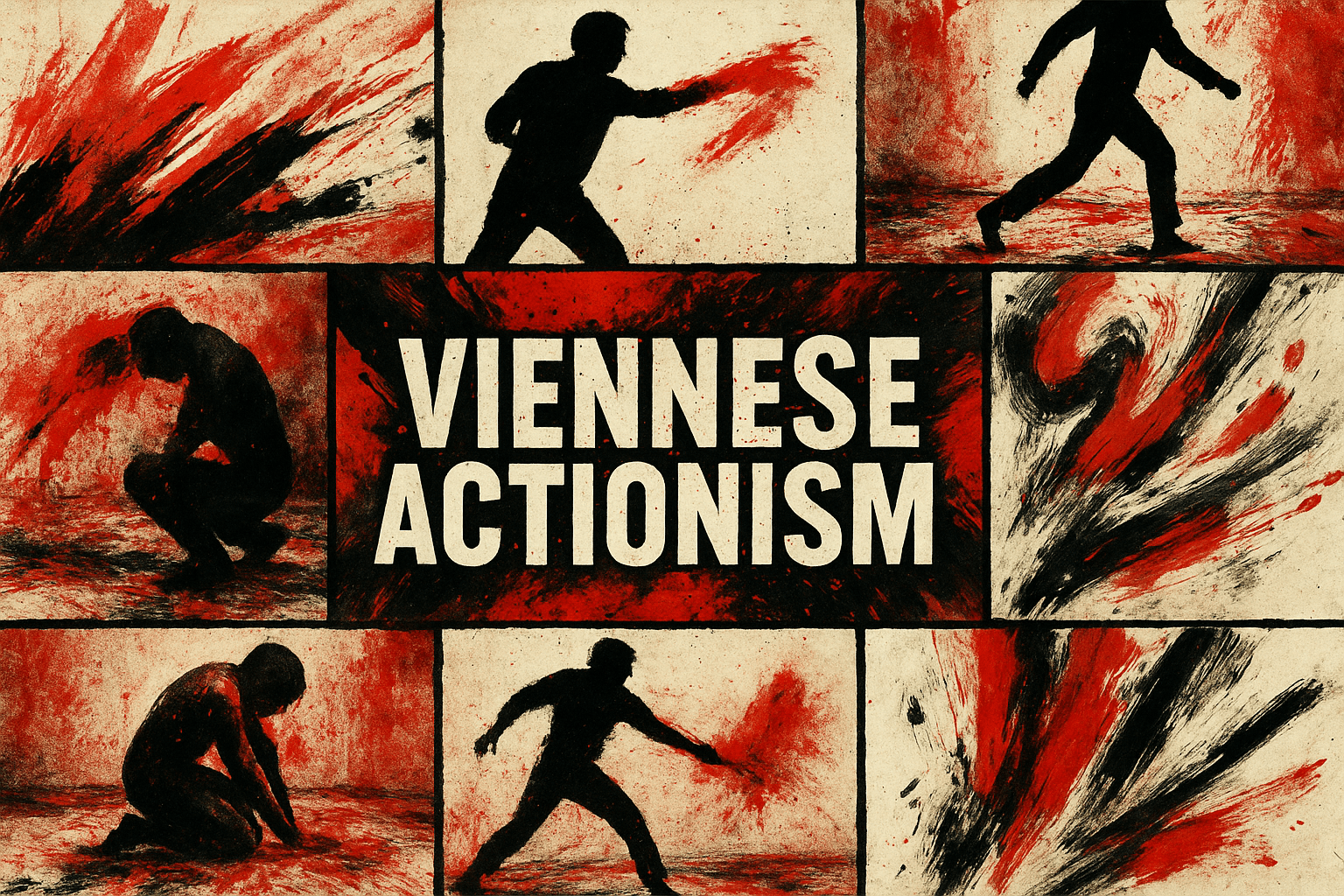
The art style Viennese Actionism is characterized by its use of gestural and often violent brushstrokes, as well as its bold and bright colors. This style is often associated with the work of the Austrian artist, Franz West.
Thinking in the box: Impressionism, Modernism
Might also call it: Provide synonyms for the word Viennese Actionism 1. Austrian Actionism. 2. Actionism in Vienna. 3. The Viennese Actionists.
Vietnamese No.889
Vietnamese art is deeply rooted in the country's history and culture. Traditional Vietnamese art includes lacquerware, ceramics, metalwork, woodcarvings, and textiles. The art is often characterized by its bright colors, intricate patterns, and graceful lines.
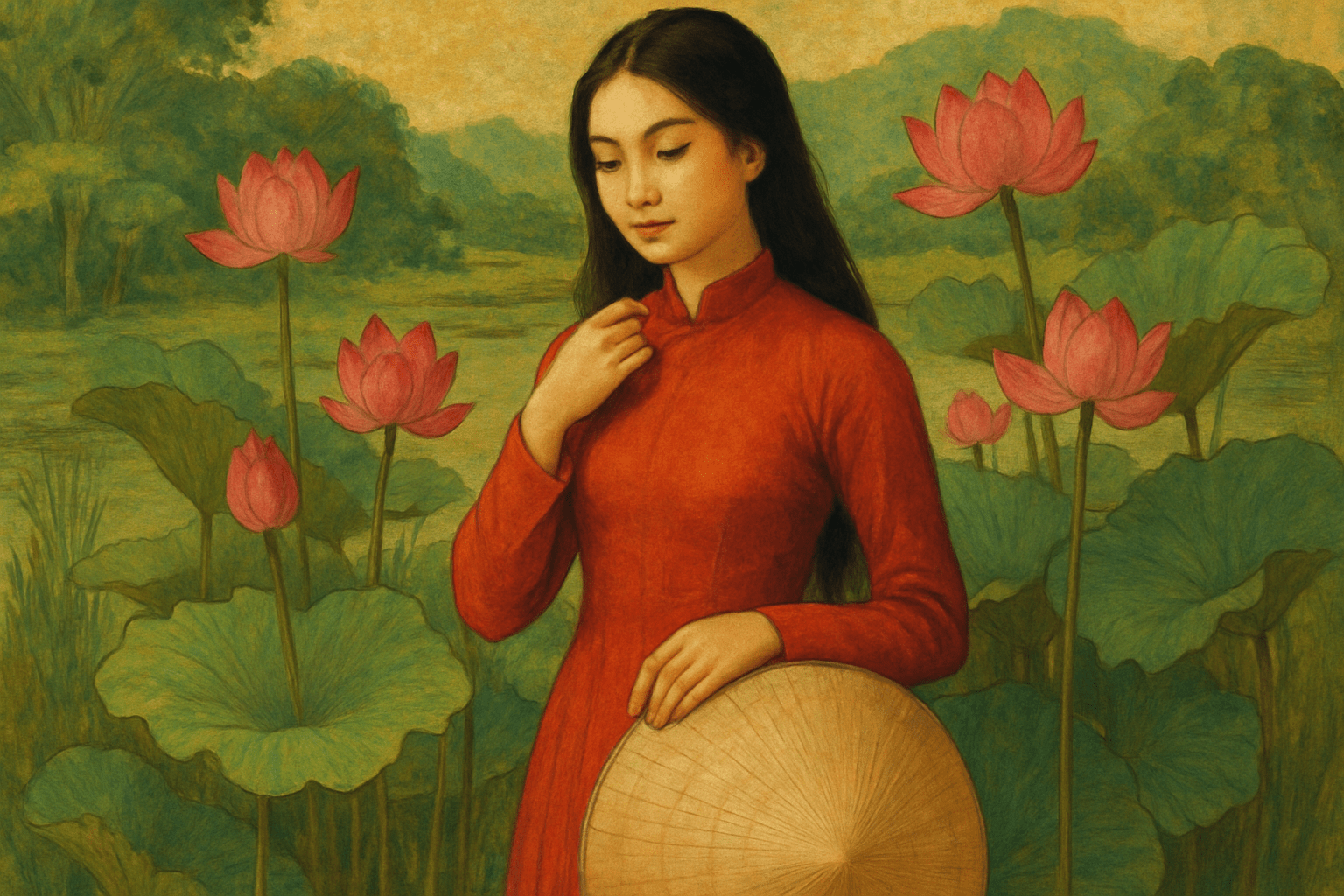
The visual appearance of the art style Vietnamese is characterized by its bright colors, bold patterns, and simple shapes. The style is often described as being playful and cheerful.
Thinking in the box: Impressionism, Modernism
Might also call it: Cambodian, Laotian, Thai
Visionary Art No.890
Visionary Art channels the unseen and the unknown, opening portals to the beyond; an art form where dreams fuse with reality in vibrant, surreal symphonies.
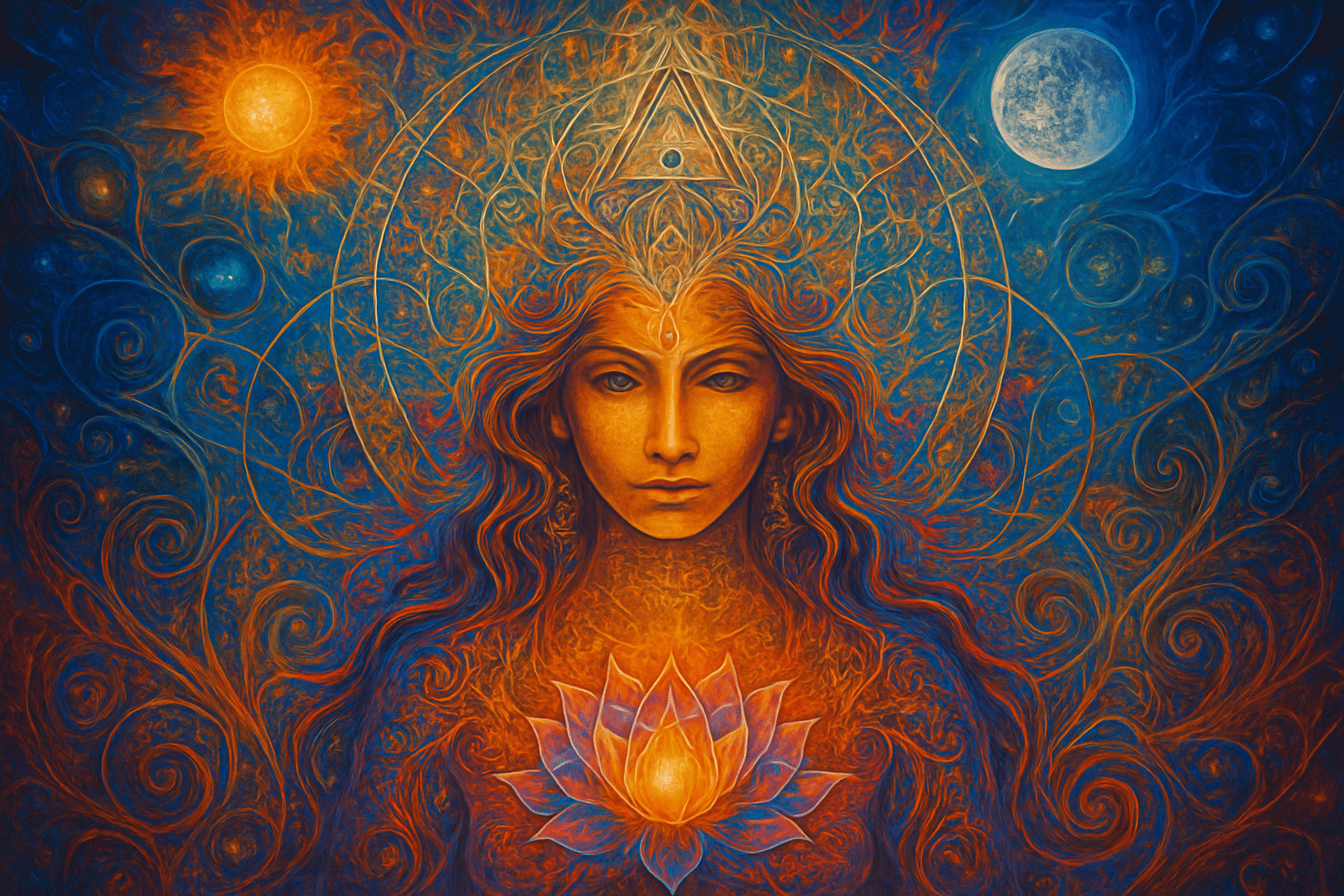
A kaleidoscope of colors and forms that dance on the canvas, merging surreal landscapes, mystic symbols, and ethereal figures in a spellbinding tapestry.
Thinking in the box: Surrealism, Spiritualism, Psychedelia
Might also call it: Mystical Art, Spiritual Art, Psychedelic Art
Visual Art No.891
Visual Art is a form of art that is created through the use of visual elements. This can include anything from paintings and sculptures, to photography and architecture. Visual Art is often used to communicate ideas or tell stories, and can be found in both public and private settings.
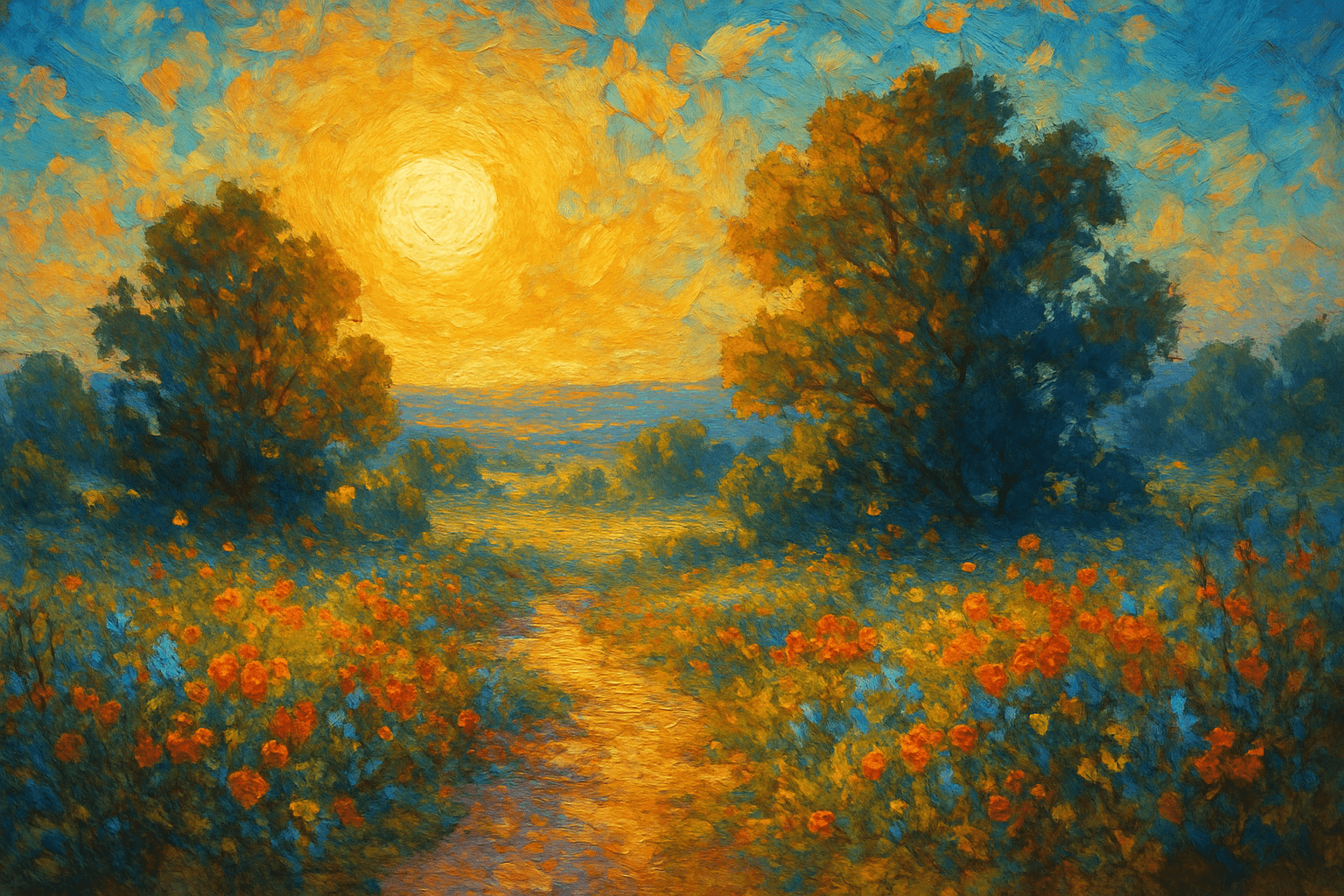
The visual art style is characterized by its use of bright colors and bold patterns. The style is often associated with the art of the 1960s and 1970s, but it can be found in art from earlier periods as well.
Thinking in the box: Impressionism, Modernism
Might also call it: Art, painting, sculpture, drawing, photography, printmaking, collage, assemblage.
Visual Music No.892
A symphonic fusion where color, form, and flow create an orchestra on canvas, mirroring the cadence of melodies. It's a vibrant dance of hues transformed into ethereal soundscapes.

Kaleidoscopic harmonies painted in bold strokes, intertwining vibrant colors with rhythmic patterns. Each composition moves like notes on a concert staff, seamlessly blending visual elements with musical ebbs and flows.
Thinking in the box: Abstract, Modernism, Multimedia Art
Might also call it: Audio-visual Fusion, Chromatic Symphony, Sonic Canvas
Visual Poetry No.893
Where text dances with image, merging literature's rhythm with an artist's canvas. Emotions ripple through lines and colors telling stories beyond words alone.

Words spill and swirl, merging with hues of evocative imagery—each letter a brushstroke painting emotions. Calligraphy embraces surreal landscapes, while sentences shimmer like stars on an inky, poetic night.
Thinking in the box: Expressionism, Abstract Art
Might also call it: Textual Art, Typographic Imagery, Word Art
Vivid Toxic Devastation No.894
Vivid Toxic Devastation is an art style characterized by its bold use of vibrant colors combined with themes of environmental decay and urban dystopia. This style often juxtaposes bright, eye-catching hues with imagery that reflects pollution, industrial waste, and the consequences of human impact on nature. Artists working within this style aim to provoke thought and raise awareness about ecological issues by contrasting the beauty of vivid colors with the stark reality of environmental degradation. The resulting artwork is both visually striking and thematically poignant, encouraging viewers to reflect on the balance between human progress and environmental preservation.
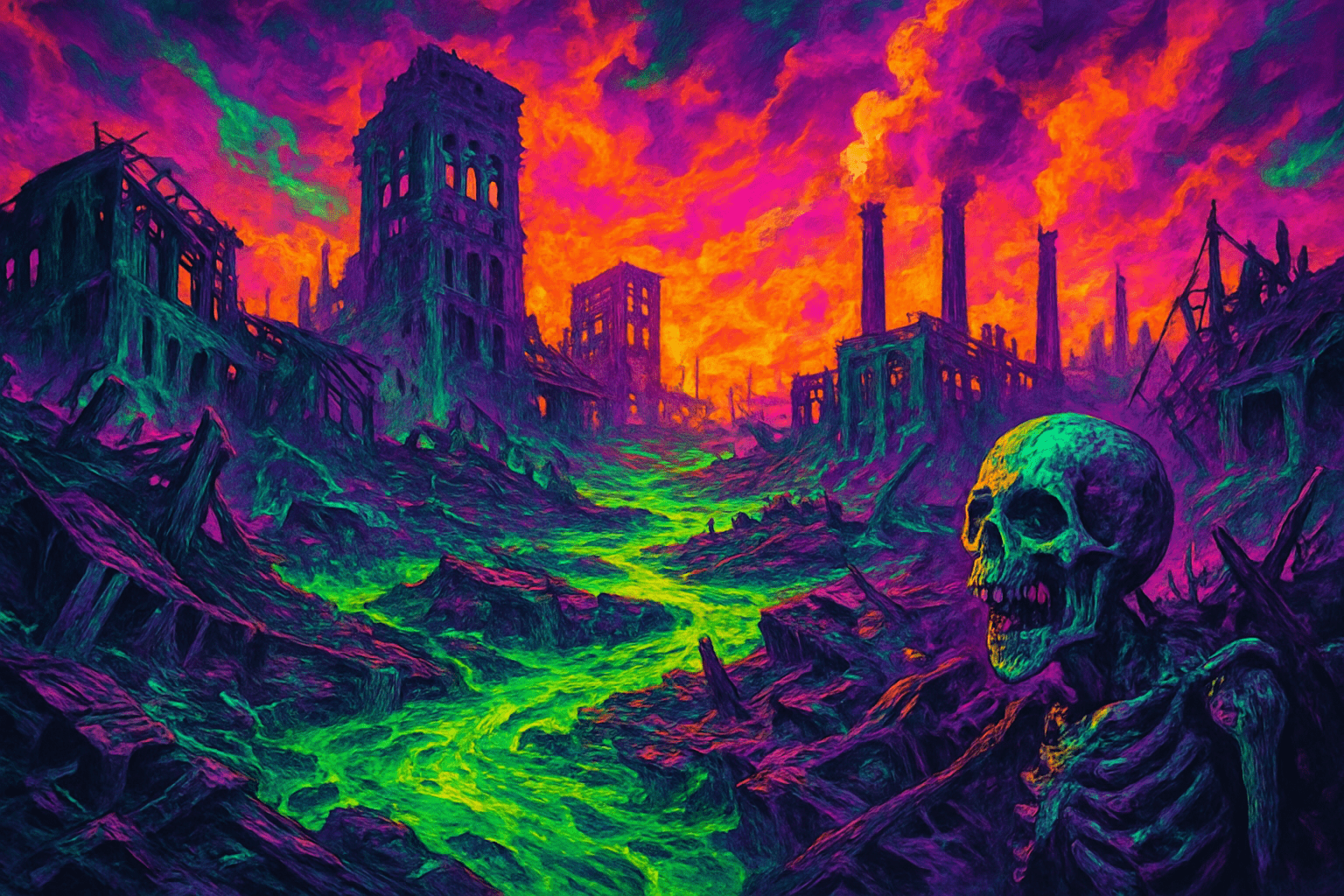
The art style "Vivid Toxic Devastation" is characterized by its intense and striking visual elements. It typically features a vibrant color palette dominated by neon hues such as electric greens, bright pinks, and shocking yellows, creating a sense of artificiality and otherworldliness. The imagery often portrays scenes of urban decay and environmental destruction, where nature and technology collide in chaotic yet captivating ways. This style is marked by a high level of contrast, with sharp lines and bold shapes that give it a graphic, almost comic book-like quality. Textures may include corroded metals, cracked surfaces, and glitch-like digital distortions, enhancing the theme of degradation. Overall, the style evokes a sense of dystopian futurism, where beauty is found amidst the ruins of a toxic, yet vividly alive, world.
Thinking in the box: Impressionism, Modernism
Might also call it: The art style "Vivid Toxic Devastation" seems to be a creative and possibly niche term, especially within the context of AI-generated art. While there may not be direct synonyms for this specific style, we can speculate on related concepts and themes based on the name. "Vivid" suggests bright, intense colors and striking visuals. Synonyms or related terms could include "vibrant," "luminous," "brilliant," or "saturated." "Toxic" implies a sense of danger, pollution, or unnatural elements. Related terms might include "noxious," "poisonous," "corrosive," or "contaminated." "Devastation" refers to destruction or ruin. Synonyms or related terms could be "destruction," "ruin," "wreckage," or "catastrophe." Combining these elements, related art styles or themes could include "Post-Apocalyptic," "Cyberpunk," "Dystopian," "Surreal," or "Psychedelic." These styles often incorporate vivid colors and themes of destruction or transformation.
Vorticism No.895
Vorticism was a short-lived but influential British avant-garde movement in the early 20th century. It was founded in 1914 by the artist Wyndham Lewis and the critic T.E. Hulme, and was the first British avant-garde movement to be directly influenced by Italian Futurism. Vorticism combined an interest in machine-age technology and modernity with a rejection of traditional values and conventions. The movement was named after a type of whirlpool, and its artists sought to capture the dynamism and energy of modern life. Vorticism had a strong visual component, and its artists created bold, often abstract images that were intended to shock and provoke. The movement was short-lived, lasting only until 1918, but it had a significant impact on the development of British art in the 20th century.
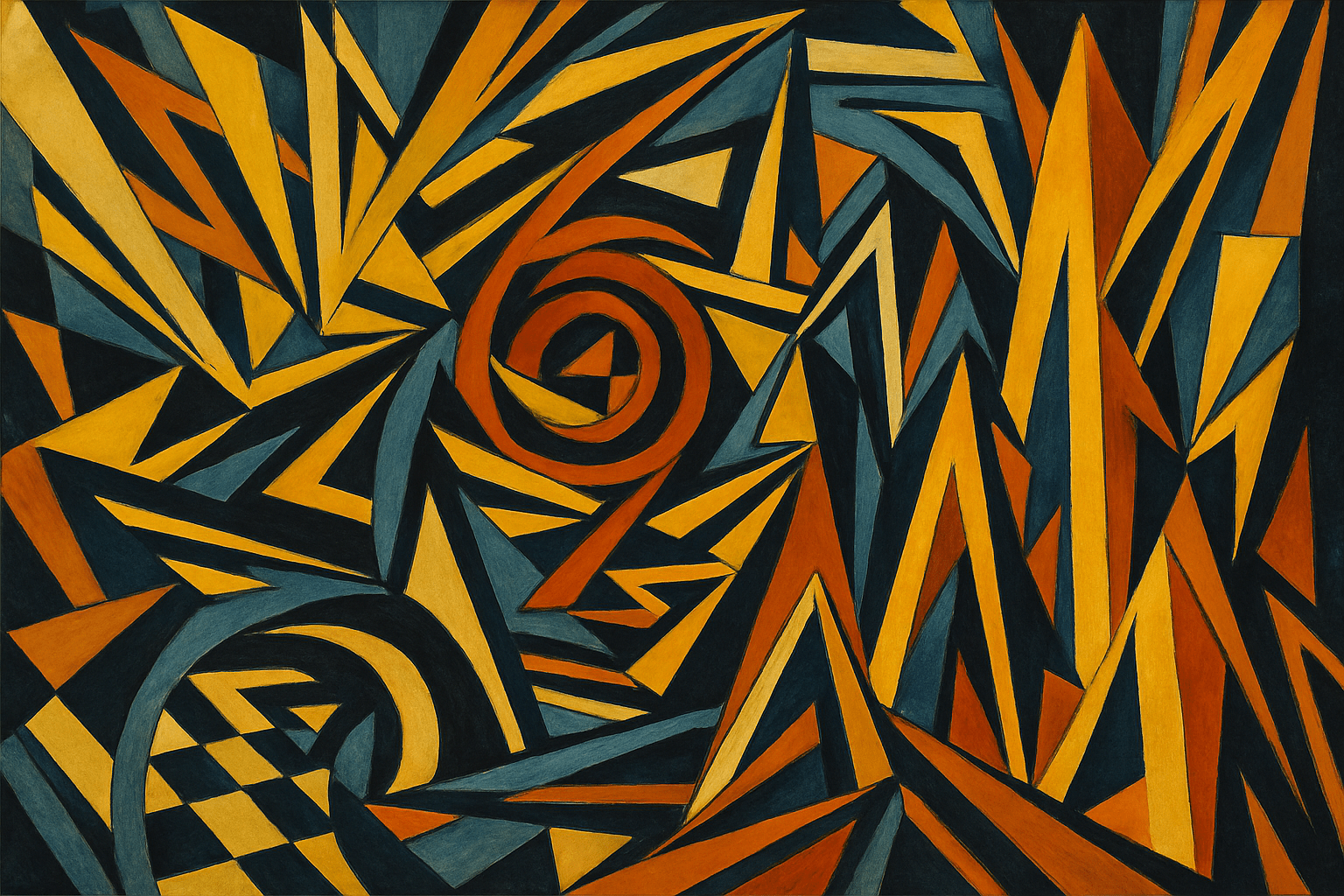
Vorticism was a short-lived but influential art movement in early 20th-century Britain. It was founded in 1914 by the artist Wyndham Lewis and the critic T. E. Hulme, and was the first British avant-garde art movement to be directly influenced by Italian Futurism. Vorticist art is characterized by its dynamic, often angular compositions; its use of bold, primary colors; and its incorporation of machine-like imagery and forms. Vorticism sought to capture the energy and movement of the modern world, and its artists often used photography and collage to create their works.
Thinking in the box: Impressionism, Modernism
Might also call it: Futurism, Cubism, Dadaism, Surrealism, Abstract Expressionism
Voxel Mirage Realism No.896
Voxel Mirage Realism is a dance between pixels and paint. It conjures landscapes that shimmer like an elusive oasis. The viewer finds a digital mirage, inviting yet ephemeral.
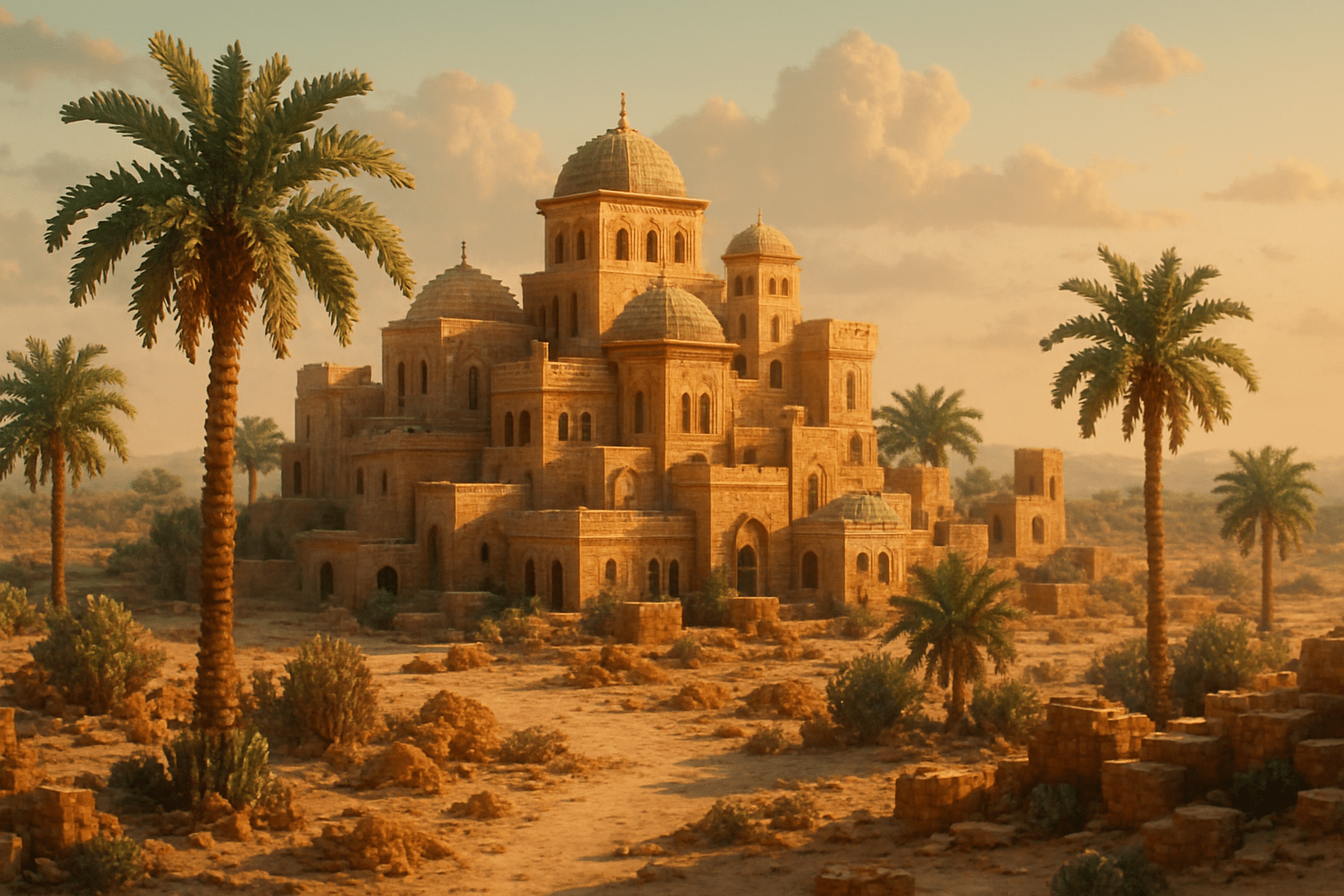
Each scene resembles a dream assembled from colorful cubes. Light bends and breaks on sharp edges, crafting illusions. There's a tangible solidity, yet it feels as though it might vanish.
Thinking in the box: Impressionism, Modernism
Might also call it: Pixel Phantomism, Cubic Illusionism, Digital Landscape Realism
Vubism No.897
Vubism is an art style that emerged in the early 20th century. It is characterized by its use of geometric shapes and colors. Vubism artists sought to create a new visual language that would be more expressive and accessible to the viewer. The style was short-lived, but its influence can be seen in the work of later artists such as Piet Mondrian and Kazimir Malevich.

Vubism is a visual art style that is characterized by its use of geometric shapes and vivid colors. It is often described as being " Cubist-inspired" due to its similarities to the Cubist art movement.
Thinking in the box: Impressionism, Modernism
Might also call it: - Cubism - Geometric abstraction - Orphism - Synthetic Cubism
Wall Mural Drawing No.898
The Wall Mural Drawing art style is a type of drawing where the artist creates a mural on a wall. This can be done with any type of medium, but is often done with paint or chalk. The artist usually starts with a blank wall and then creates a design that is either symmetrical or asymmetrical. Sometimes the artist will use a grid to help create the design, but this is not always necessary.

The art style Wall Mural Drawing is characterized by its use of bright colors and bold lines. The overall effect is one of vibrancy and energy.
Thinking in the box: Impressionism, Modernism
Might also call it: 1. Wall painting 2. Wall art 3. Decorative painting 4. Fresco 5. Mural
"Watercolor Painting" No.899
Watercolor painting is a delicate dance of pigment and water, where lightness and fluidity conjure moments of ephemeral beauty, capturing life's subtleties in transparent layers of color that whisper the artist's gentle intentions.

Watercolor introduces a translucent world, where soft edges and blooming pigments mimic natural light's play. Pastel washes and vivid bursts reveal a universe where water and pigment merge, creating both ethereal and intense impressions.
Thinking in the box: Impressionism, Romanticism, Modernism
Might also call it: Aquarelle, Watercolour, Transparent Washes
Whirlism No.900
Whirlism is a type of art that is characterized by its use of spirals. This style of art is often used to create a sense of movement, as well as to add a sense of interest and intrigue. Whirlism often makes use of bright colors and bold patterns, which can add to the overall effect of the piece.
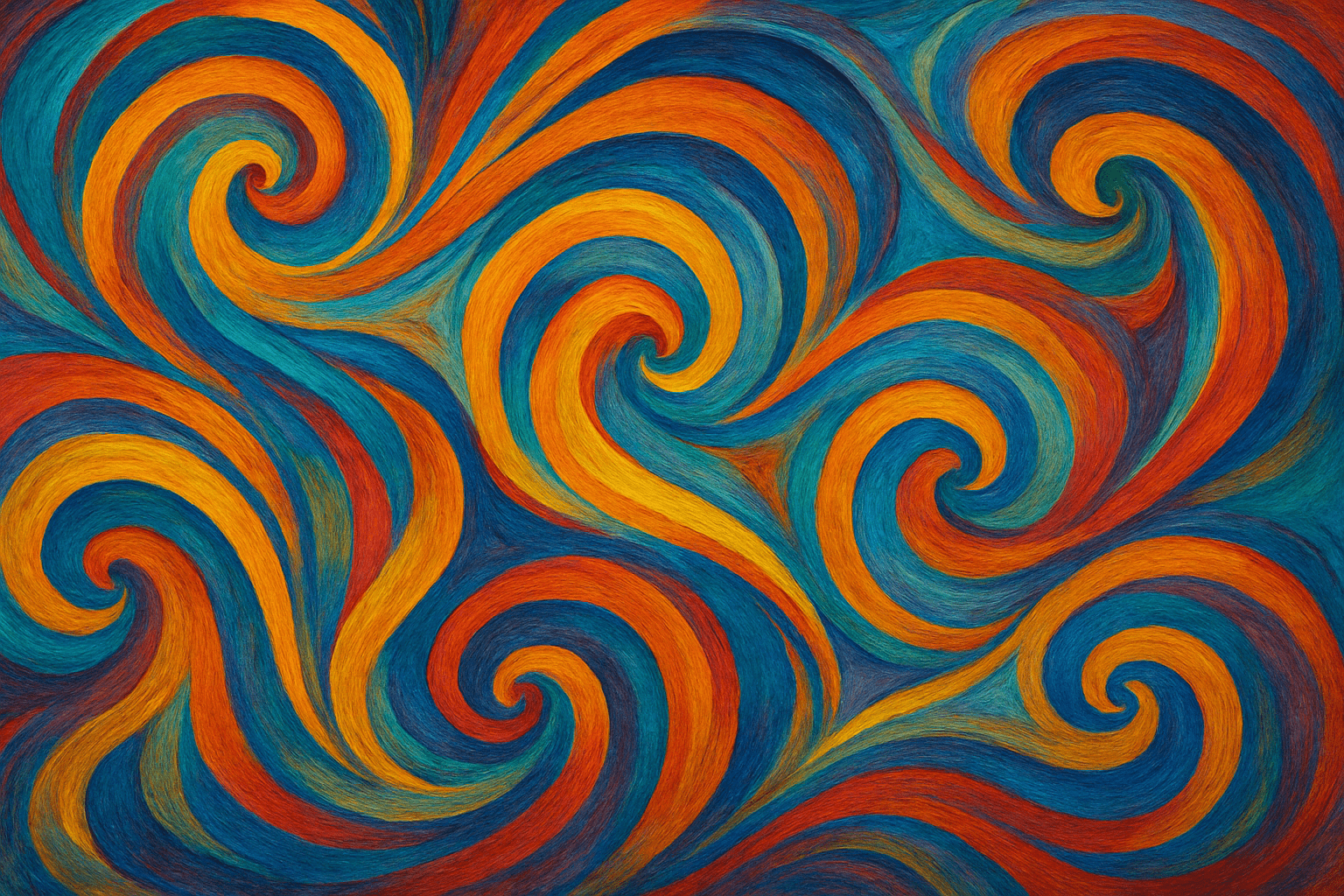
Whirlism is an art style that is characterized by its use of spirals and swirls. This style is often used to create a sense of movement or energy, and can be used in a variety of different mediums.
Thinking in the box: Impressionism, Modernism
Might also call it: Whirlism: a state of constant change or activity. Flux, motion, activity, agitation, commotion, tumult, turbulence.
White album art cover No.901
The White Album art cover is a professional and brief summary about the art style of the album cover. The album cover is white with a black and white photo of the Beatles. The album cover is simple and elegant.
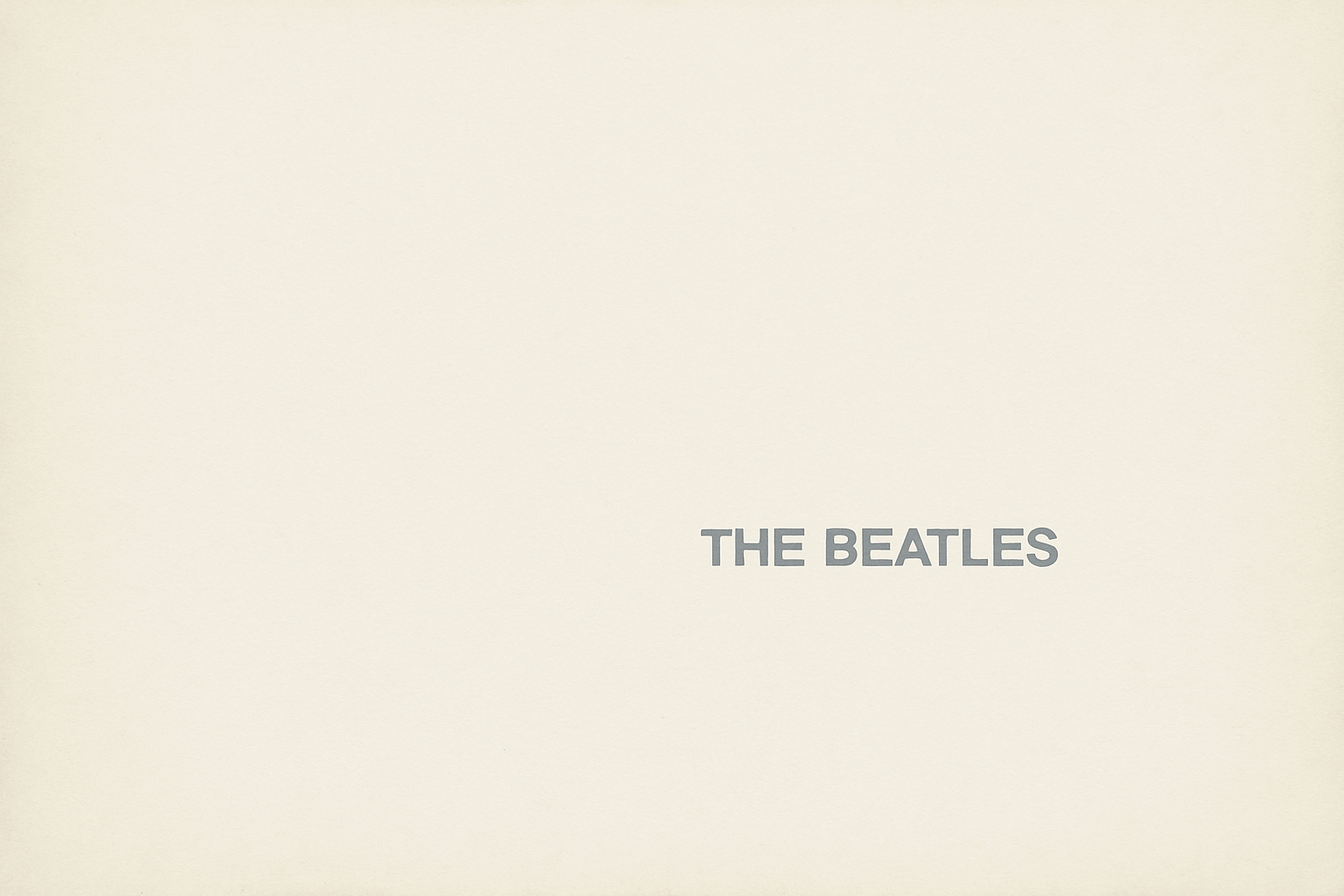
The visual appearance of the art style White album art cover is very clean and minimalistic. The album cover is usually just a white background with the artist's name and the album title in simple black text. Sometimes there may be a small image or logo in the center of the album cover, but generally the design is very simple and elegant.
Thinking in the box: Impressionism, Modernism
Might also call it: Album art, album cover, cover art
Wide Angle Lens No.902
Wide angle lenses are typically used in landscape photography, as they allow for a wider field of view than a standard lens. This can be helpful when trying to capture a large scene, or when you want to get closer to your subject while still including the background. Wide angle lenses can also be used for creative effects, such as making objects appear larger or smaller than they actually are.

The art style of Wide Angle Lens is very colorful and detailed. The artist uses a lot of different colors to create a very vibrant and unique look. The style is also very geometric, with a lot of sharp lines and shapes.
Thinking in the box: Impressionism, Modernism
Might also call it: Fisheye lens, ultra-wide angle lens, super-wide angle lens
Wildlife painting No.903
Wildlife painting is a genre of art that depicts animals in their natural habitats. The paintings are usually done in oil or watercolor and often include landscapes as well. Wildlife artists seek to capture the beauty and majesty of the animals they paint, as well as the unique characteristics of each species. Many wildlife painters also strive to convey the importance of conservation through their art.
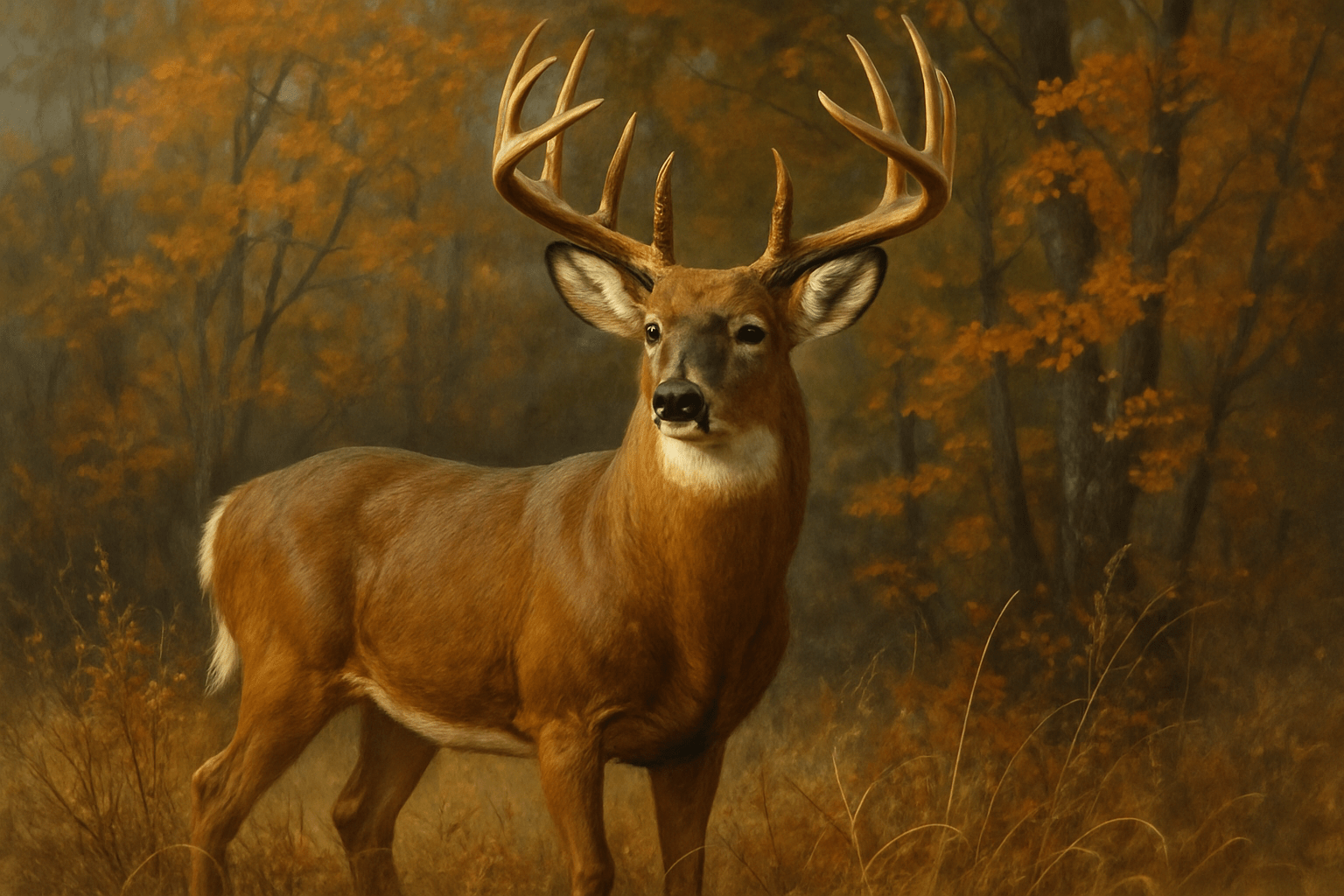
Wildlife painting is characterized by its realistic portrayal of animals in their natural habitats. The style is often detailed and precise, with an emphasis on the accurate representation of the animal's form and color.
Thinking in the box: Impressionism, Modernism
Might also call it: Animal painting, nature painting, landscape painting.
Winslow Homer No.904
Winslow Homer was an American painter who was best known for his marine paintings. He was born in Boston in 1836 and died in 1910. Homer was a self-taught artist who began his career as a commercial illustrator. He is considered one of the foremost American painters of the 19th century.

Winslow Homer's art style is characterized by its use of light and dark colors, as well as its focus on realism. His paintings often depict scenes from everyday life, such as people fishing or swimming.
Thinking in the box: Impressionism, Modernism
Might also call it: Homer, Winslow
Woodcut: A Celebration in Grain and Grooves No.905
Woodcut art captures images through meticulous carving. Each stroke tells a tale in stark contrast, revealing intricate textures in the simplicity of monochrome expressions.
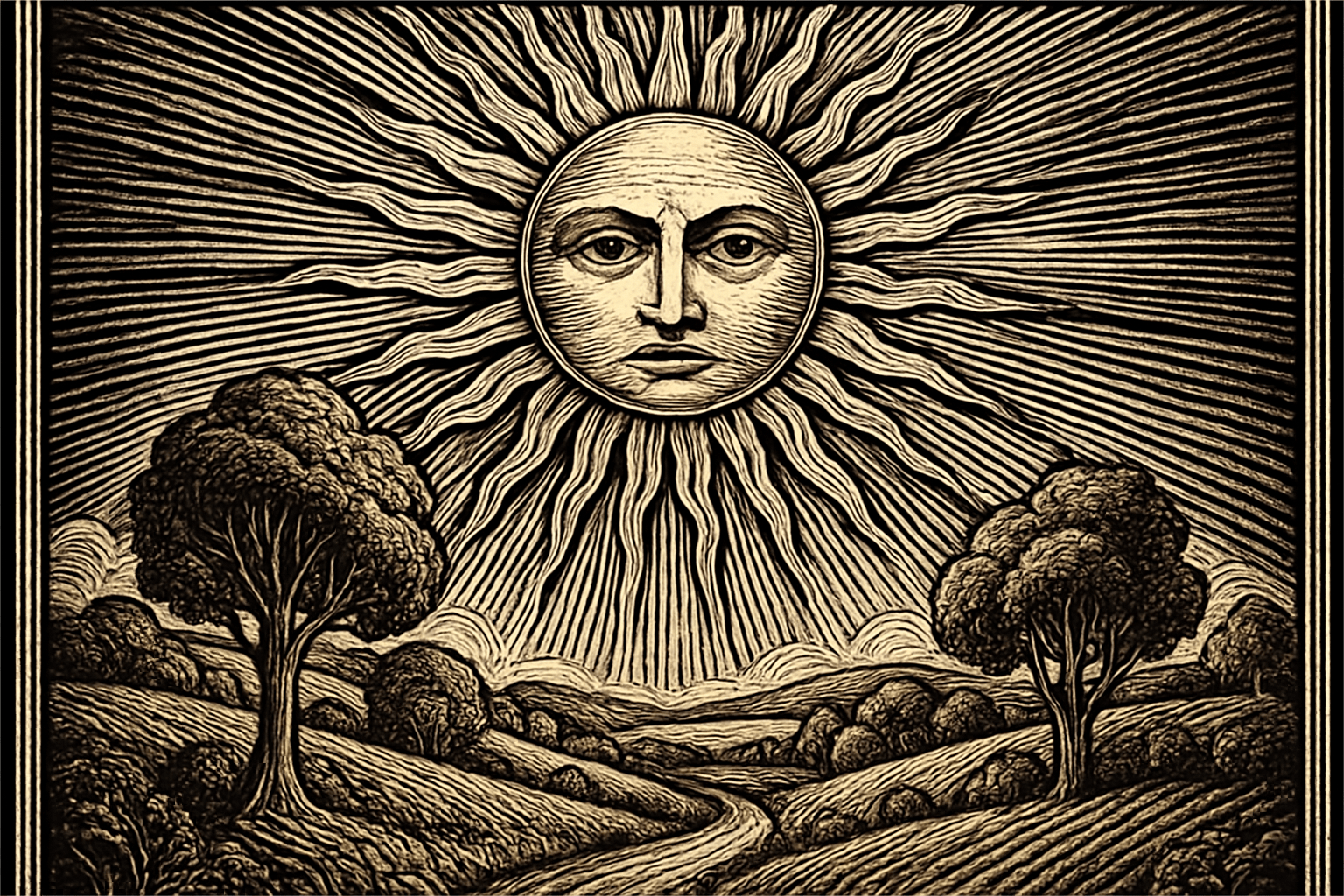
Its visuals stand bold, often stark— carved lines create contrasts with shadow and light. The grain of the wood dances through images, ensuring no two pieces are ever truly the same.
Thinking in the box: Printmaking, Relief Work
Might also call it: Relief Print, Cut Impressions
Woodcut Art No.906
Woodcut art is a type of relief printing that involves carving an image into a block of wood, which is then inked and pressed onto paper. This type of art dates back to the 15th century, and was popularized in Europe during the Renaissance. Woodcut art is often characterized by its bold lines and stark contrast between light and dark areas.

Woodcut art is a type of relief printing that involves carving an image into a block of wood, inking the block, and then pressing it onto paper. The resulting image is usually bold and graphic, with a lot of contrast between the dark and light areas.
Thinking in the box: Impressionism, Modernism
Might also call it: Woodblock printing, relief printing, linocut, wood engraving.
Wordtoons No.907
Wordtoons is a professional and brief summary about the art style of the same name. It is characterized by its use of words and phrases in a cartoon-like manner, often with humorous or satirical intent.
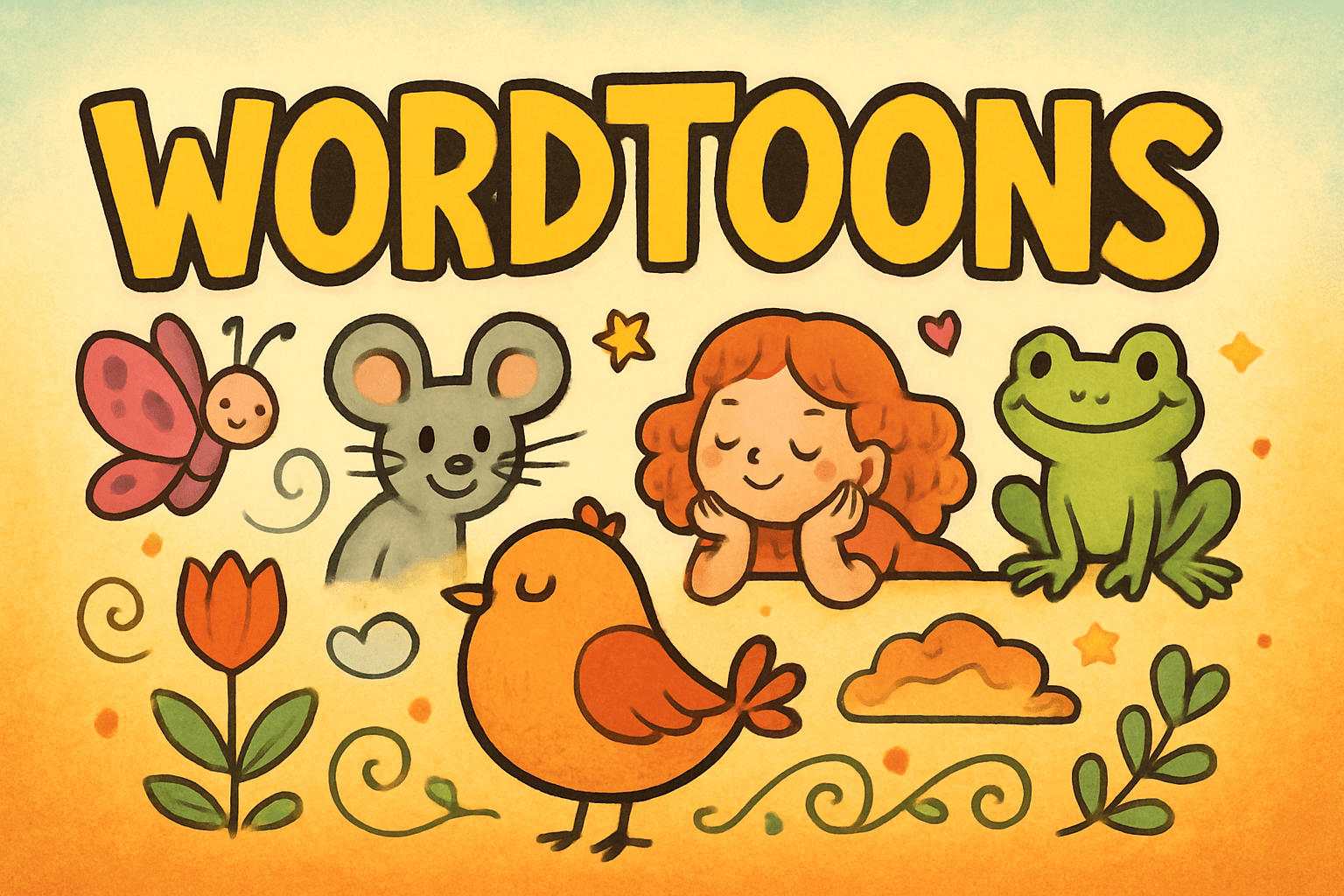
The art style of Wordtoons is colorful and cartoony. The characters are simple and exaggerated, and the backgrounds are often busy and detailed.
Thinking in the box: Impressionism, Modernism
Might also call it: toons, animations, cartoons
Echoes of War No.908
A visual testament from the trenches, capturing struggle and resilience. A narrative framed with stark, haunting imagery that bleeds reality. It mirrors the chaos and ephemeral beauty born from conflict and despair.

Sepia-toned scenes and ash-coated skies; bleak landscapes where light feebly touches the soul. Figures emerge shrouded in shadow, maps of grief etched on weary faces, where silence screams louder than words.
Thinking in the box: Expressionism, Realism
Might also call it: Trench Art, Great War Art
Conflict Canvas No.909
A cacophony of chaos, shedding light on shadows; Art as history, baring scars in bold strokes.
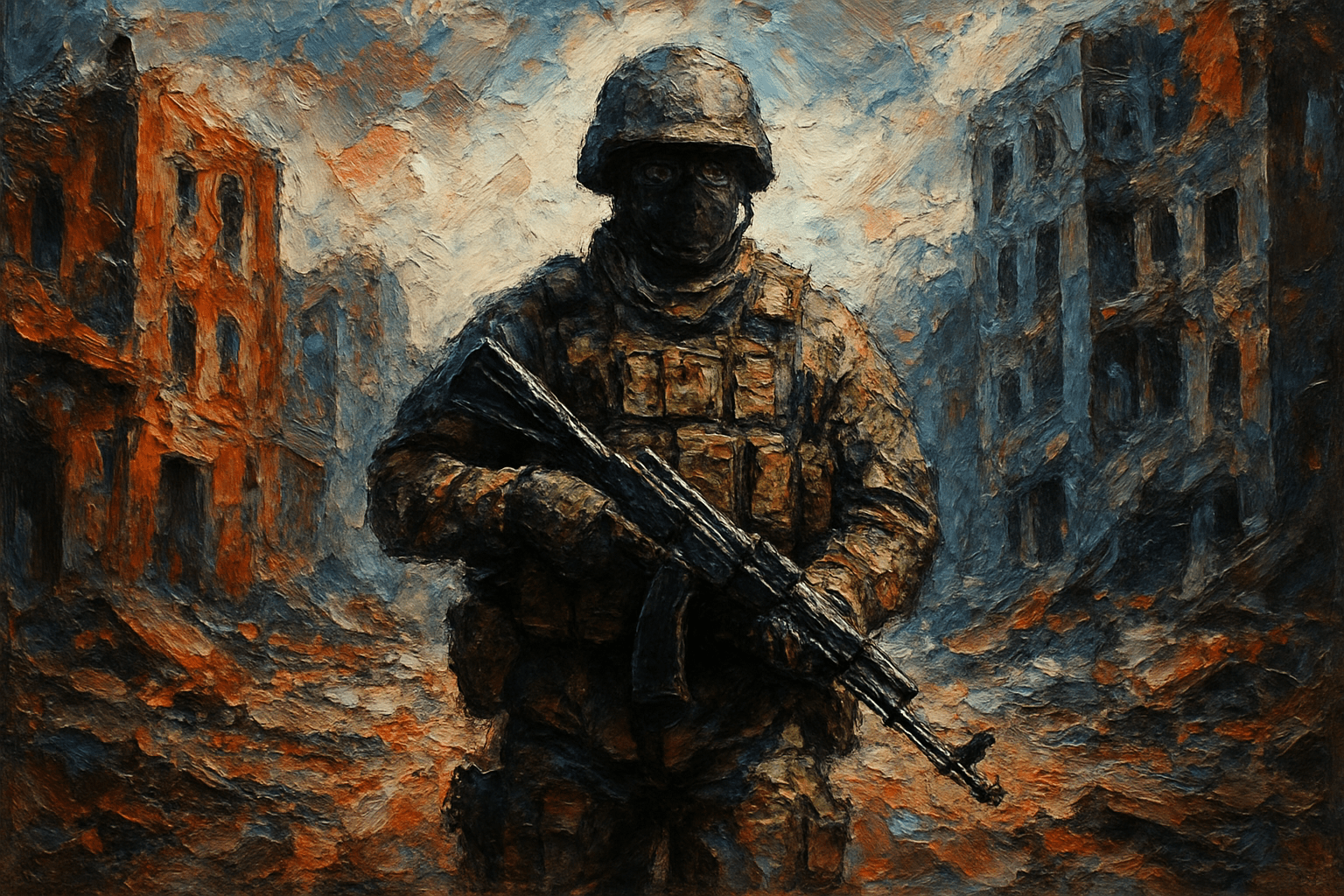
Stark contrasts, muted hues seep with memories; Figures emerge from darkness, haunting the viewer's gaze.
Thinking in the box: Realism, Surrealism
Might also call it: War Chronicles, Conflict Art
Xylography No.910
Born from a dance of grain and chisel's kiss, Xylography emerges as an art of layered impressions, where tales unfold upon each carved line. A time-honored craft meeting contemporary innovation, mingling texture and thought.

Each piece unveils story-laden timber, where shadows and light weave perception. Carved wood offers intricate, yet stark contrasts, speaking in a language of ancient elegance, with warmth and honesty dissolving linear confines.
Thinking in the box: Traditional, Printmaking
Might also call it: Woodcut, Woodblock Printing, Wood Engraving
Yakusha-e No.911
Yakusha-e is a type of Japanese woodblock print that was popular in the late Edo period. The prints typically depict kabuki actors in various roles and scenes. Yakusha-e were produced in large numbers and were affordable for the general public. The prints were often used as advertisements for kabuki plays.
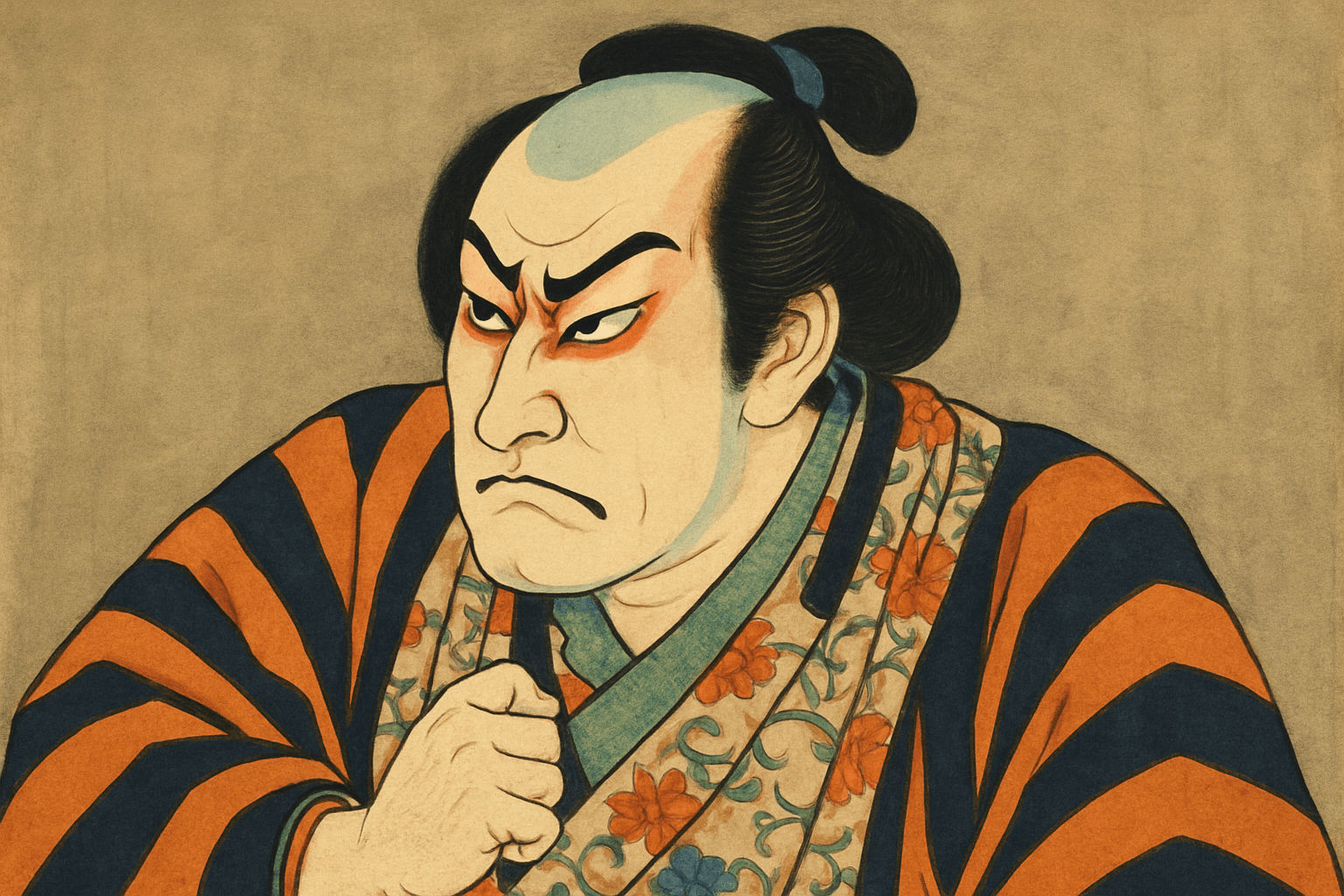
Yakusha-e are Japanese woodblock prints that typically depict kabuki actors. The prints are characterized by their bright colors, bold lines, and flat perspective.
Thinking in the box: Impressionism, Modernism
Might also call it: Kabuki, Noh, Bunraku
Yakuzaism No.912
Yakuzaism blends the gritty allure of Japanese tattoo artistry with the elegance of ukiyo-e prints. It captures the tension between tradition and rebellion, using vivid colors and bold lines to echo the drama of a noir film.
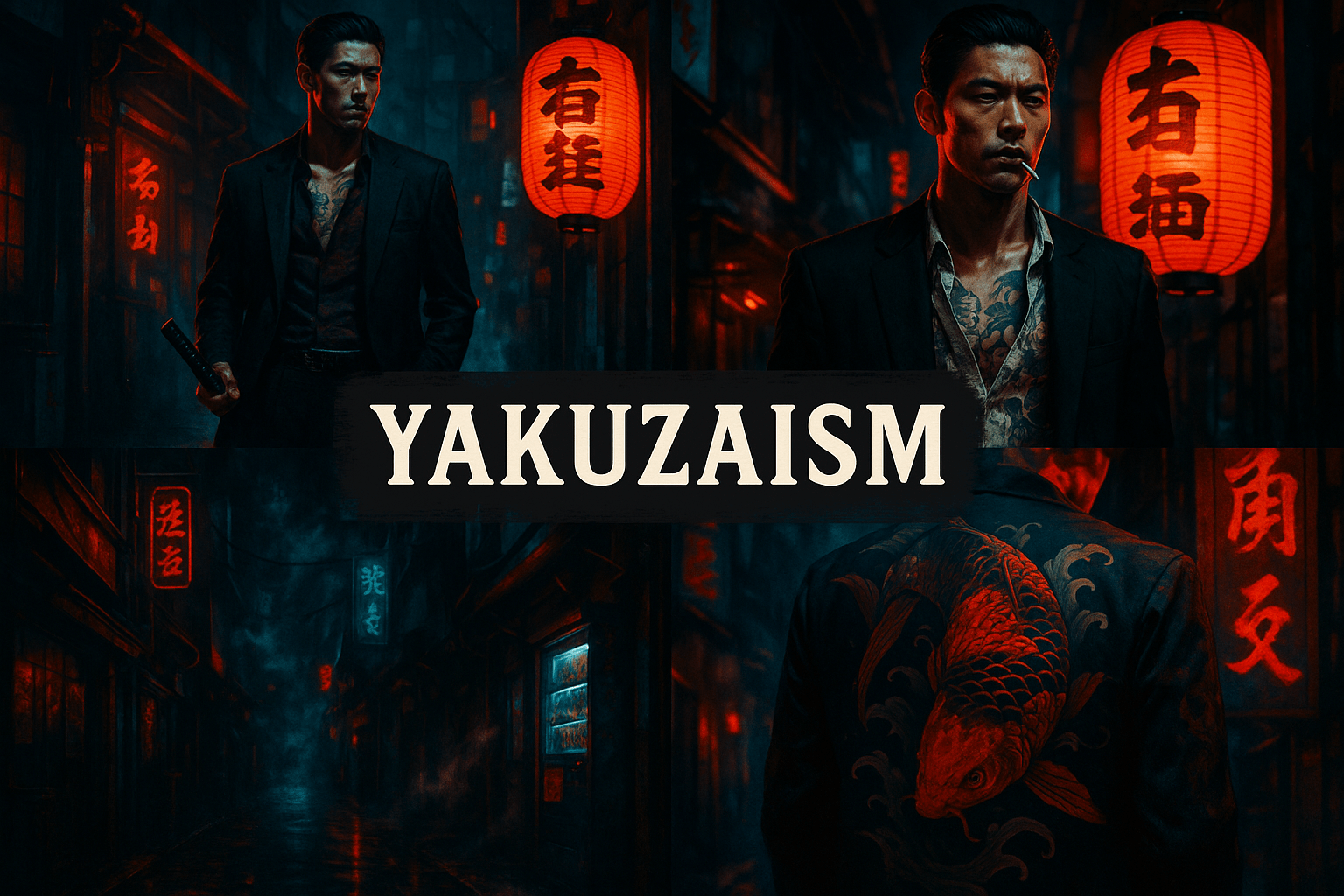
Yakuzaism is an electric storm of ink and skin, where traditional Japanese motifs tango with the rebellious spirit of tattoos. Dragons coil with cherry blossoms, each line a whispered secret, every color a defiant shout.
Thinking in the box: Impressionism, Modernism
Might also call it: Yakuzaism, an AI art style, doesn't have direct synonyms, but related terms could include cyberpunk, neo-noir, and futurism. It evokes gritty elegance, digital mystique, and urban rebellion, mingling the underworld's allure with technological intrigue.
Yemenis No.913
The art style of Yemen is characterized by its use of geometric patterns and shapes. These patterns and shapes are often used to decorate the walls and ceilings of homes and public spaces. Yemeni artists often use bright colors in their work, which can add to the overall decorative effect.

The art style of Yemenis is characterized by its use of bright colors and geometric patterns. Yemeni artists often use a technique called "taswir" to create their artworks, which involves the use of stencils to create intricate patterns.
Thinking in the box: Impressionism, Modernism
Might also call it: Yemenites
Yoruba Art No.914
Rooted in spirituality and tradition, Yoruba art merges intricate forms with vibrant expression. It's a storytelling dance of wood, brass, and earth, where aesthetics serve the sacred.
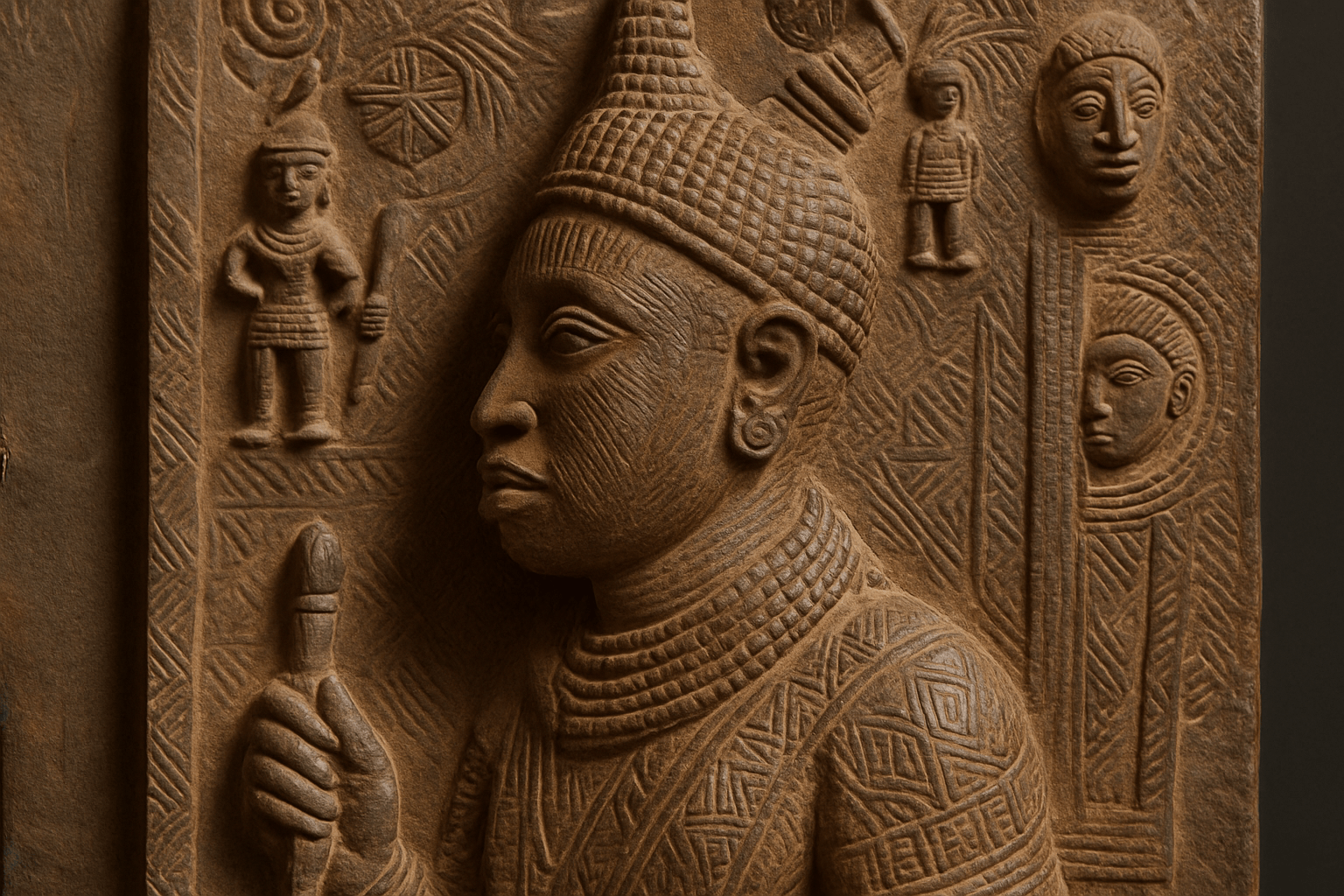
Imagine a symphony of fluid lines carving stories into wood, while bold hues whisper secrets across fabric. Each piece, a mosaic of tradition, speaks in textures as rich as a harvest.
Thinking in the box: Traditional, African, Ethnic, Spiritual
Might also call it: Ife Art, Orisha Sculpture, Yoruba Sculpture
Yves Tanguy and De Chiroco No.915
Yves Tanguy and De Chirico are both artists who are associated with the Surrealist movement. Tanguy is known for his paintings which often feature biomorphic shapes, while De Chirico is known for his paintings which often feature metaphysical themes.
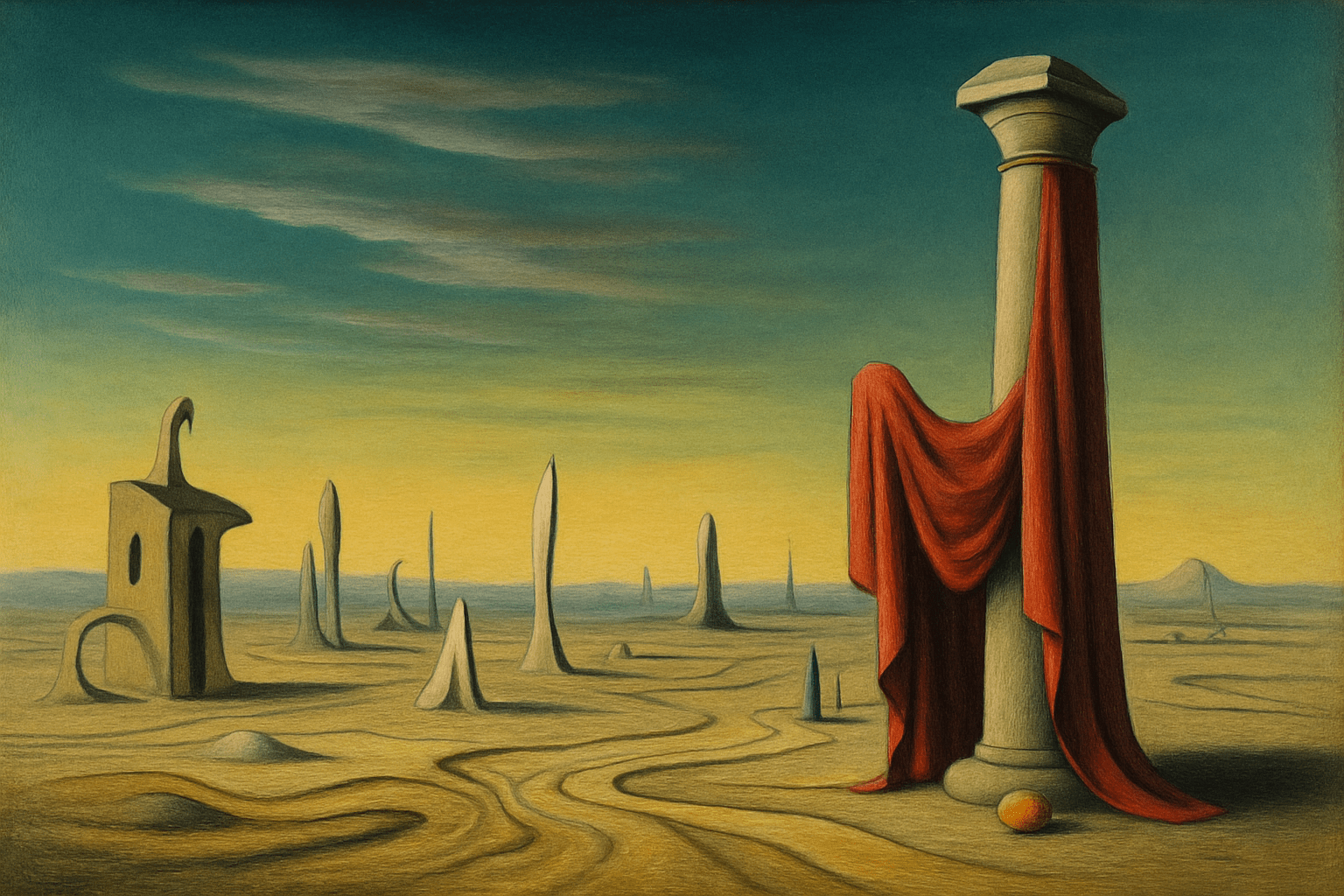
The art style of Yves Tanguy and De Chiroco is characterized by its use of bold colors and abstract forms. The artists often use geometric shapes and patterns in their work, which gives it a unique look.
Thinking in the box: Impressionism, Modernism
Might also call it: Other names for Yves Tanguy include: Eugene Jules Yves Tanguy Tanguy De Chiroco Other names for De Chiroco include: Chiroco Tanguy
Zen Ink Painting No.916
Minimalist whispers of ink, a meditation upon the void. Each stroke an ephemeral glimpse, capturing nature's fleeting moments with serenity and stillness echoing Taoist simplicity.

Sweeping strokes of black, dancing across rice paper like a silent breeze. Intimate landscapes unfold, where empty spaces are as eloquent as the ink, evoking a tranquil spirit.
Thinking in the box: Minimalism, Traditional, Eastern Philosophy
Might also call it: Sumi-e, Ink Wash Painting, Japanese Ink Art
Zero Layer Minimalism No.917
Art stripped of embellishment, revealing the raw skeleton of creativity. A dance of absence and presence, where each line whispers.
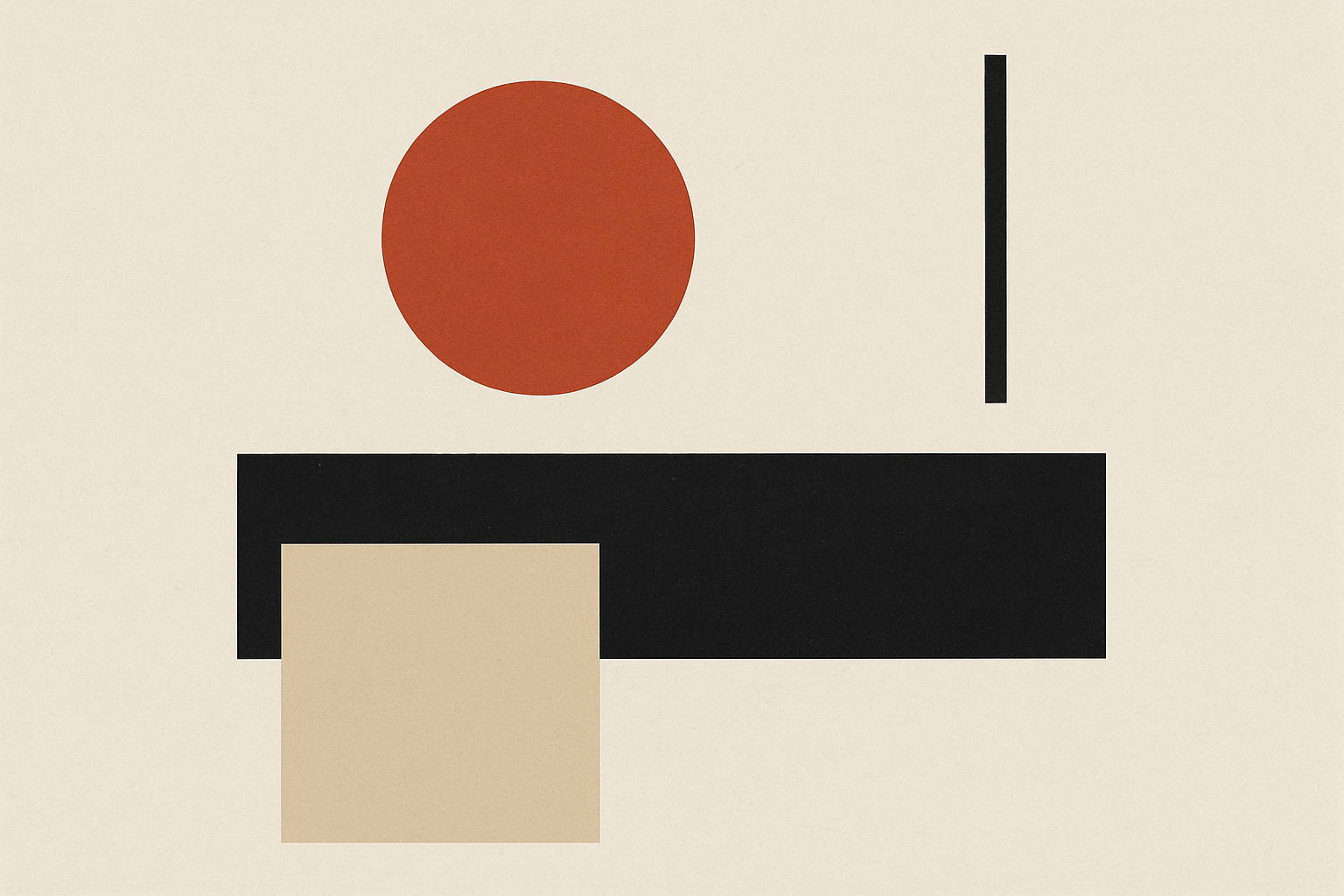
Imagine a canvas as bare as bones, each stroke deliberate, space breathing around every deliberate mark. A world distilled to essentials.
Thinking in the box: Modernism, Minimalism
Might also call it: Pure Minimalism, Essence Art
Ziggurat Art No.918
Ziggurat Art draws on the grandeur of ancient Mesopotamian architecture. It distills stepped forms and powerful lines into a kaleidoscope of optical illusion, creating a hypnotic dance of light and shadow.

Imagine tiered pyramids unfolding on a canvas, their shadows playing like dancers across the surface. Vivid, bold colors are contained within precise, geometric boundaries echoing the silence of vast stone structures.
Thinking in the box: Modernism, Minimalism
Might also call it: Stepped Pyramid Art, Mesopotamian Constructs
Zine Art No.919
A lush, chaotic melee of individual stories and handmade aesthetics.\n Born in the counterculture, Zine Art mirrors rebellion with its\n raw, collage-like compositions—an ardent scream in the world\n of polished galleries and manicured modernity.
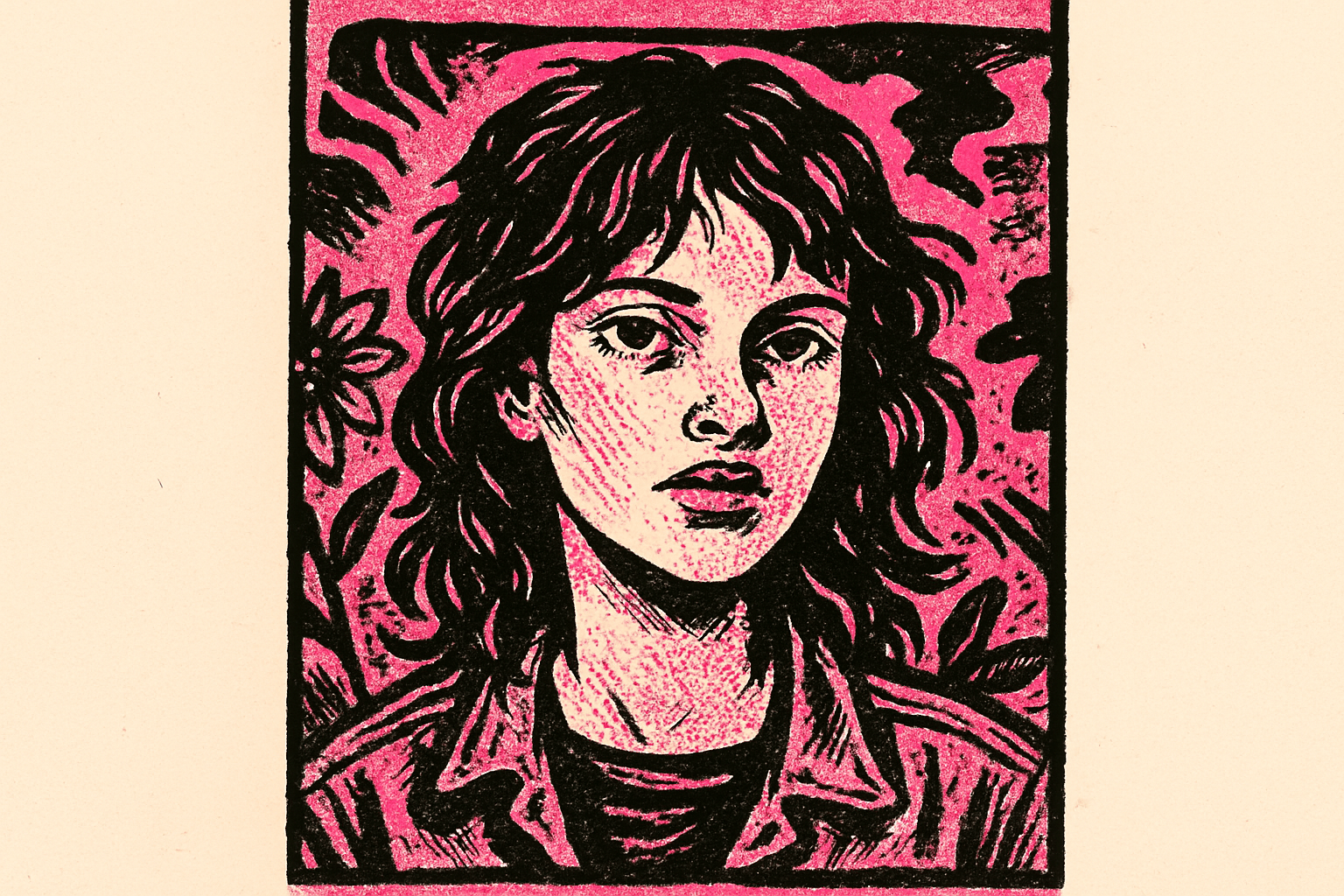
Zine Art ignites with vivid collages,\n chaotic ink splashes, and jagged typefaces.\n An anarchy of color and form, mirroring the\n raw edge of underground culture\n mixed with the earnest intimacy of the personal touch.
Thinking in the box: Punk, DIY Culture, Graphic Novels, Small Press
Might also call it: Underground Press, DIY Art, Alternative Comics, Small Press
Zoomorphic Art (Zoomorphic Imagery) No.920
Seamlessly blending animal forms with the human, Zoomorphic Art envisions imaginative hybrids. It teeters on the edge of dreams, where the primal meets the fantastical, crafting a dance of coexistence.
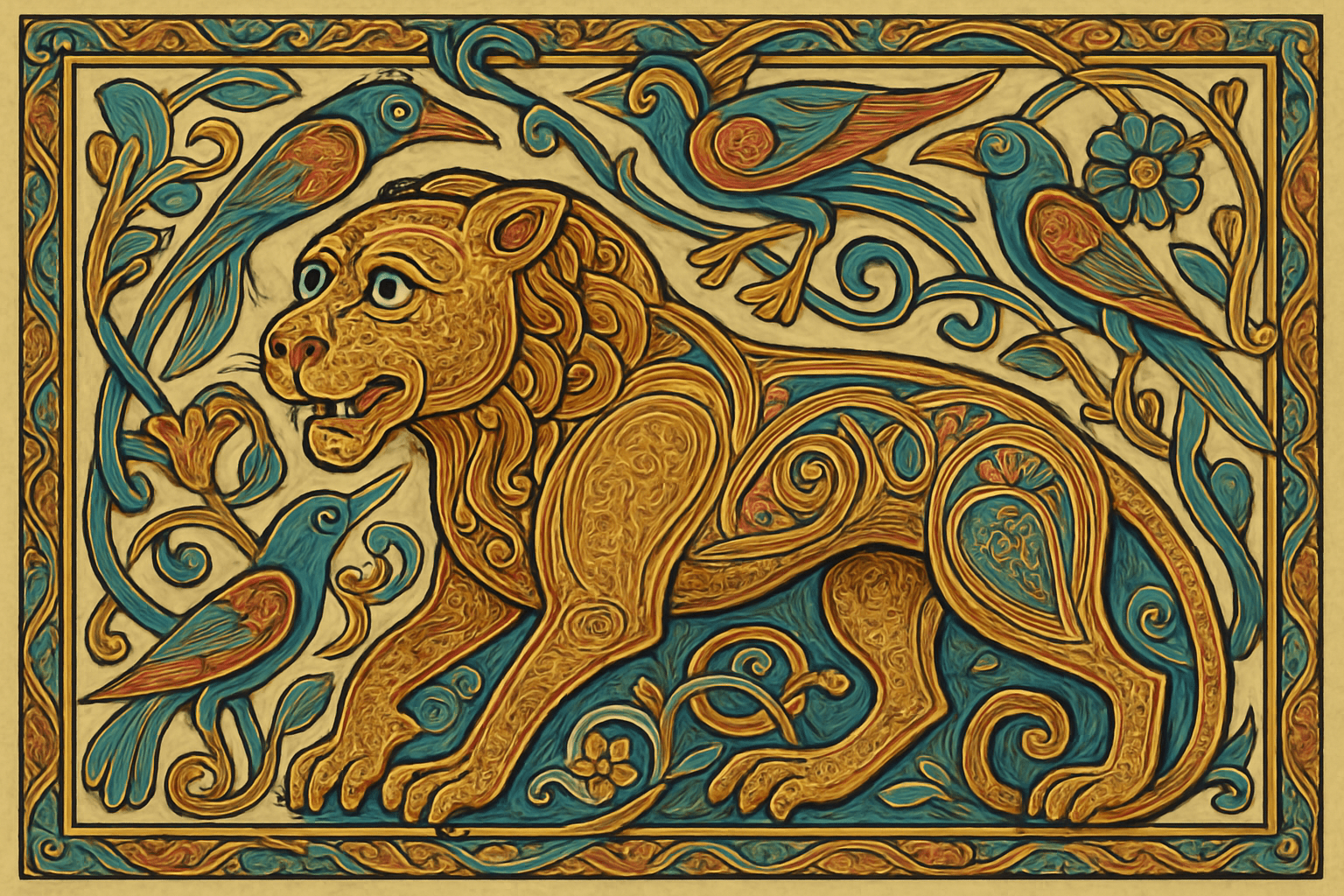
Creatures with surreal morphologies, woven in whimsical tapestries. Their bodies stretch, twist, and meld with human elements. An otherworldly kaleidoscope flutters between abstraction and realism.
Thinking in the box: Surrealism, Visionary Art
Might also call it: Animalistic Art, Creature Imagery, Anthropomorphic Art
mcity1984 No.921
Mcity1984's art style is a high-octane fusion of urban landscapes and dystopian dreams. It paints cities as labyrinthine creatures, where towering structures pulse with mechanical life. Each piece is a visual symphony of geometry and shadow.

Mcity1984's art style is an intricate urban tapestry, where cityscapes unfurl like labyrinthine dreams. Stark monochrome lines weave through imagined metropolises, creating a dense, pulsating rhythm reminiscent of a jazz improvisation in architectural form.
Thinking in the box: Impressionism, Modernism
Might also call it: Urban dystopia, cyber-metropolis, digital noir, futuristic decay, neon grunge, mechanized cityscape, pixelated urbanism, tech noir, synthetic sprawl, AI urbanism.